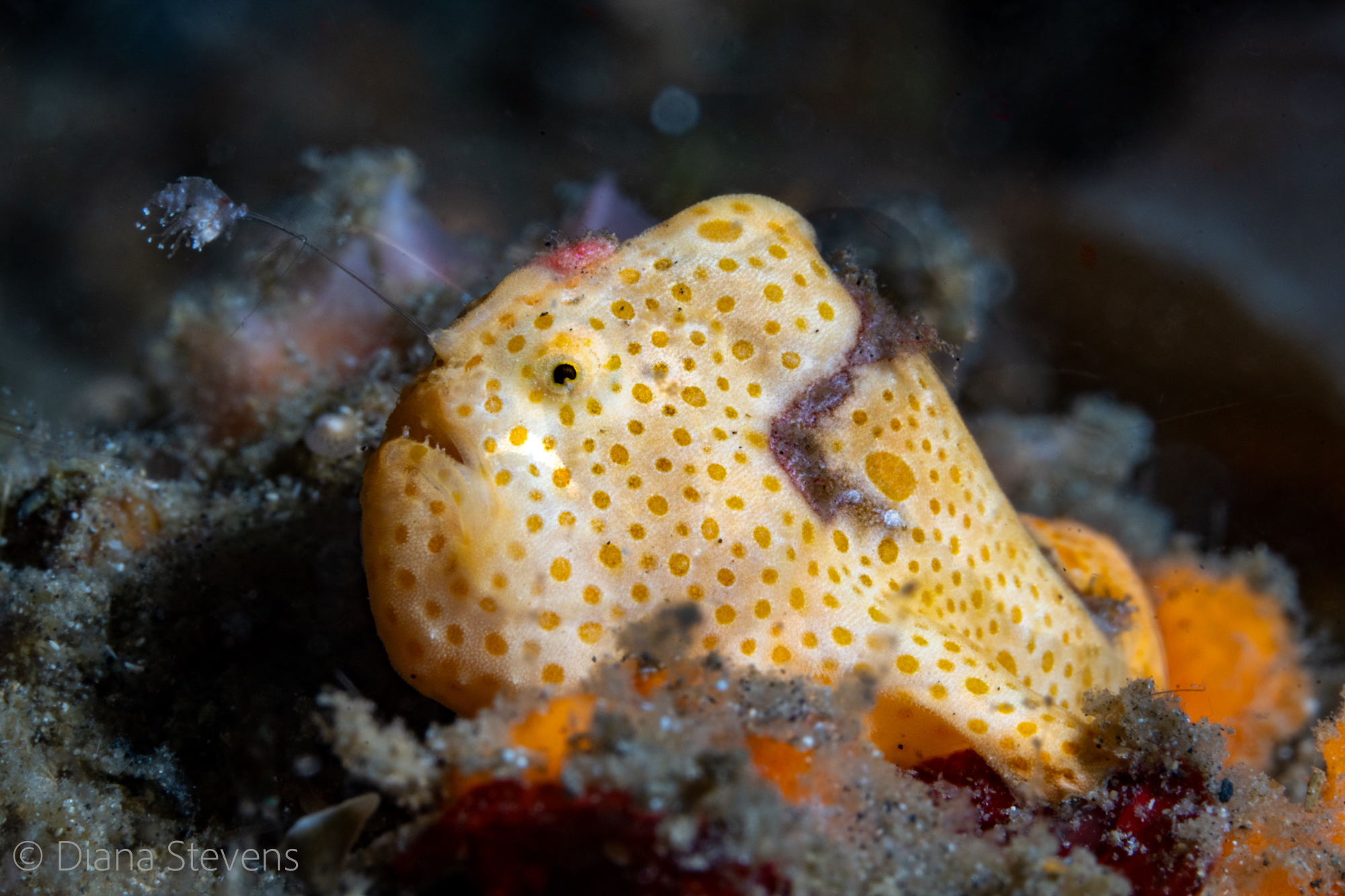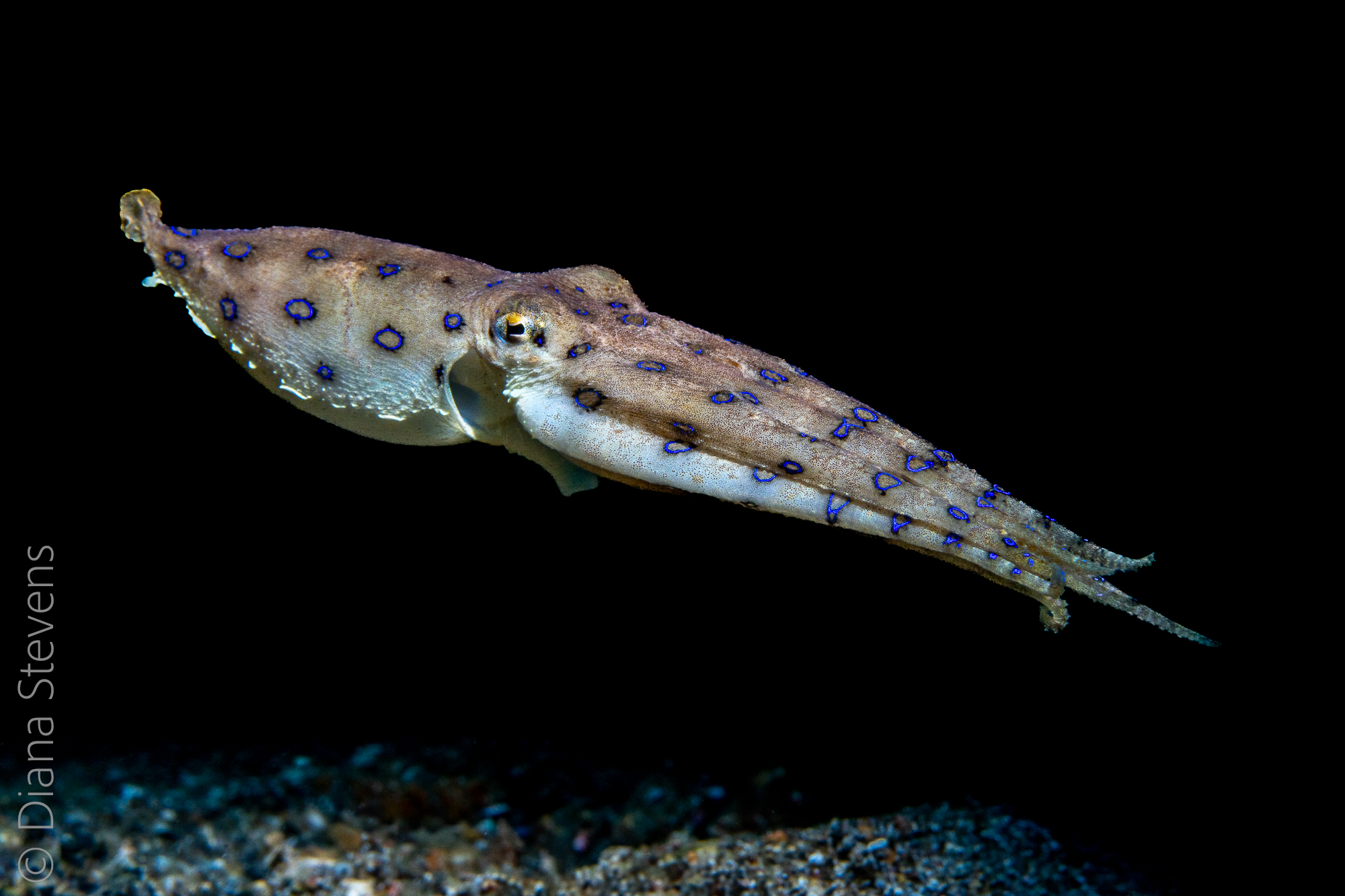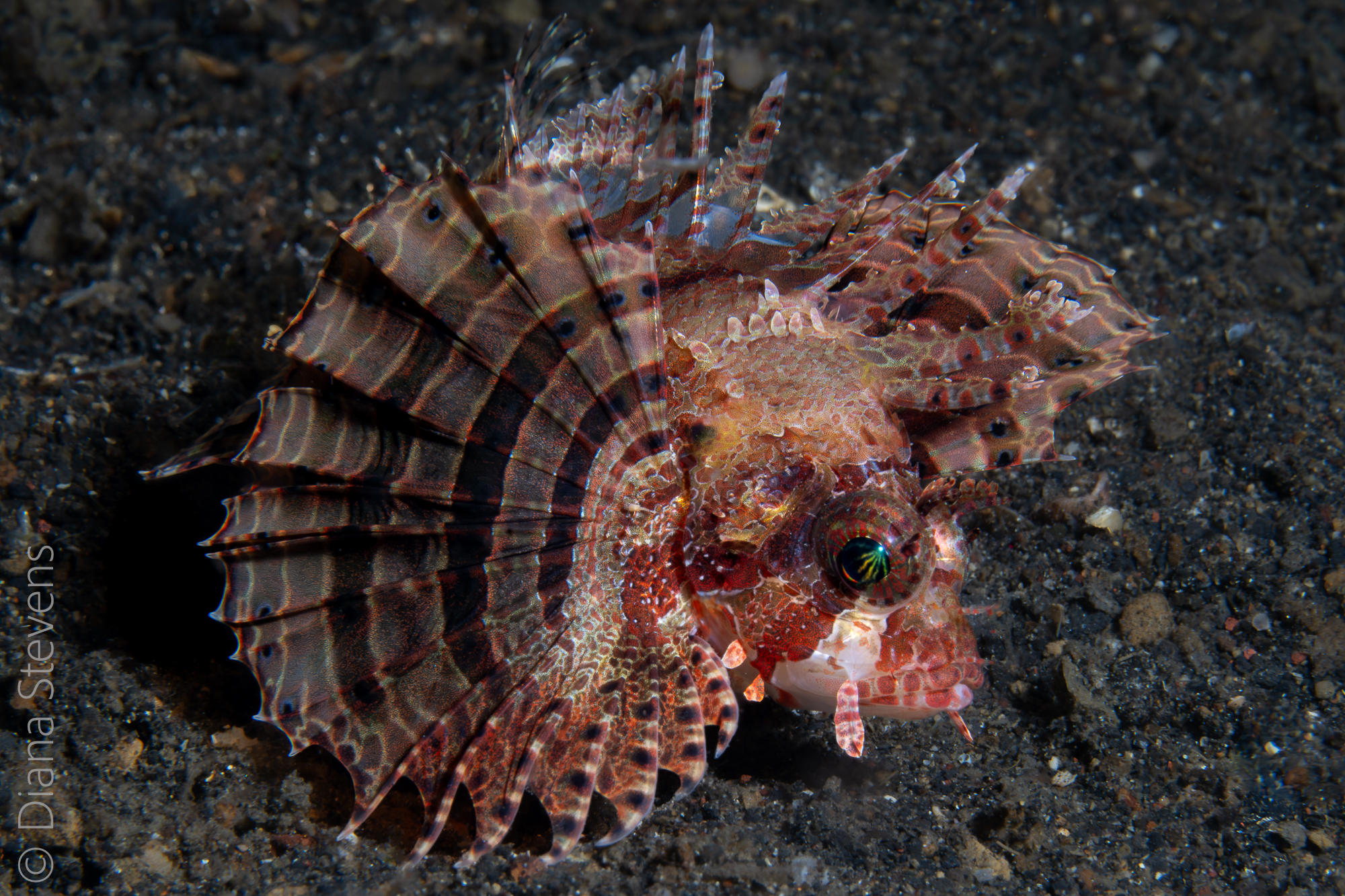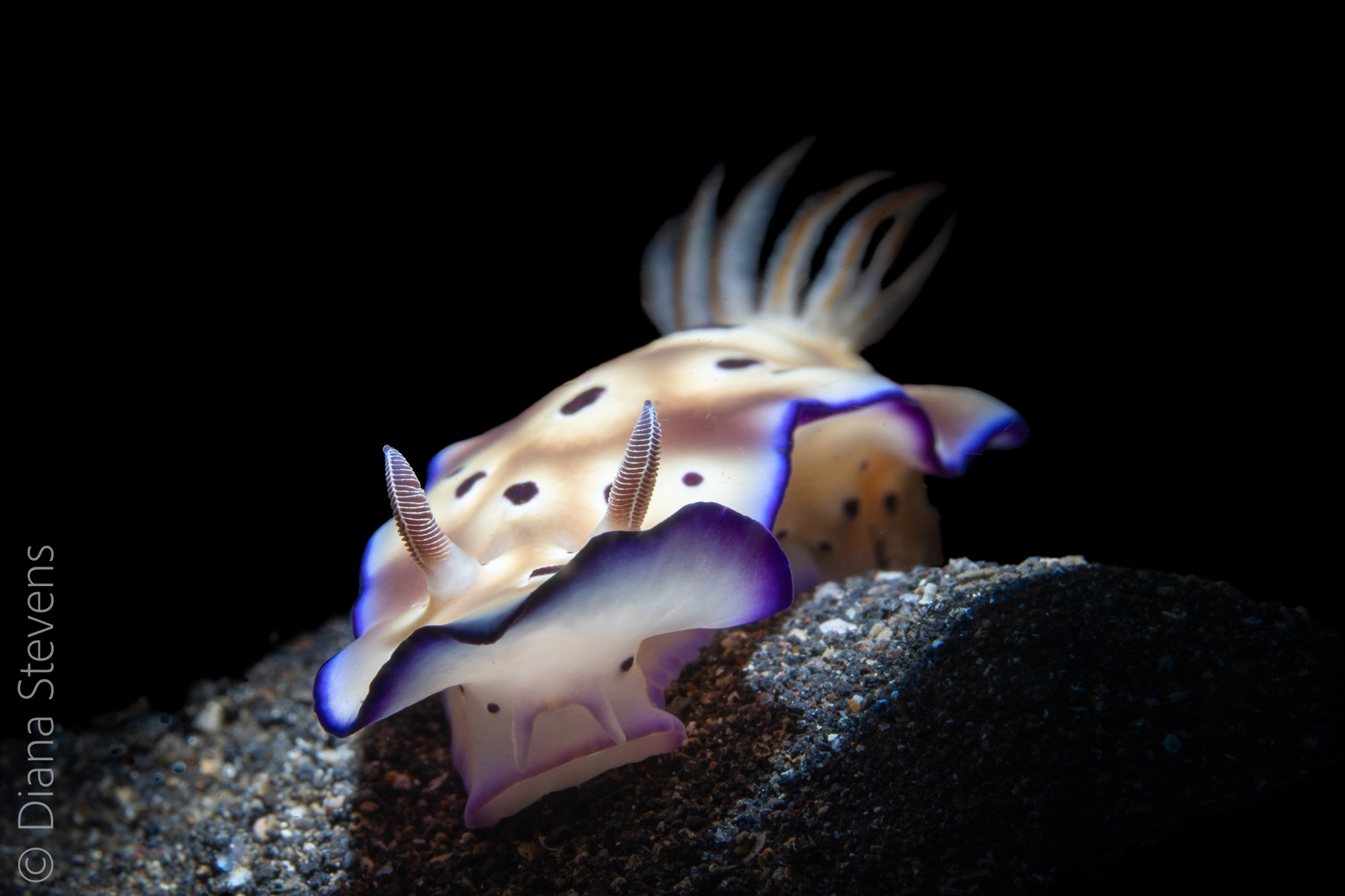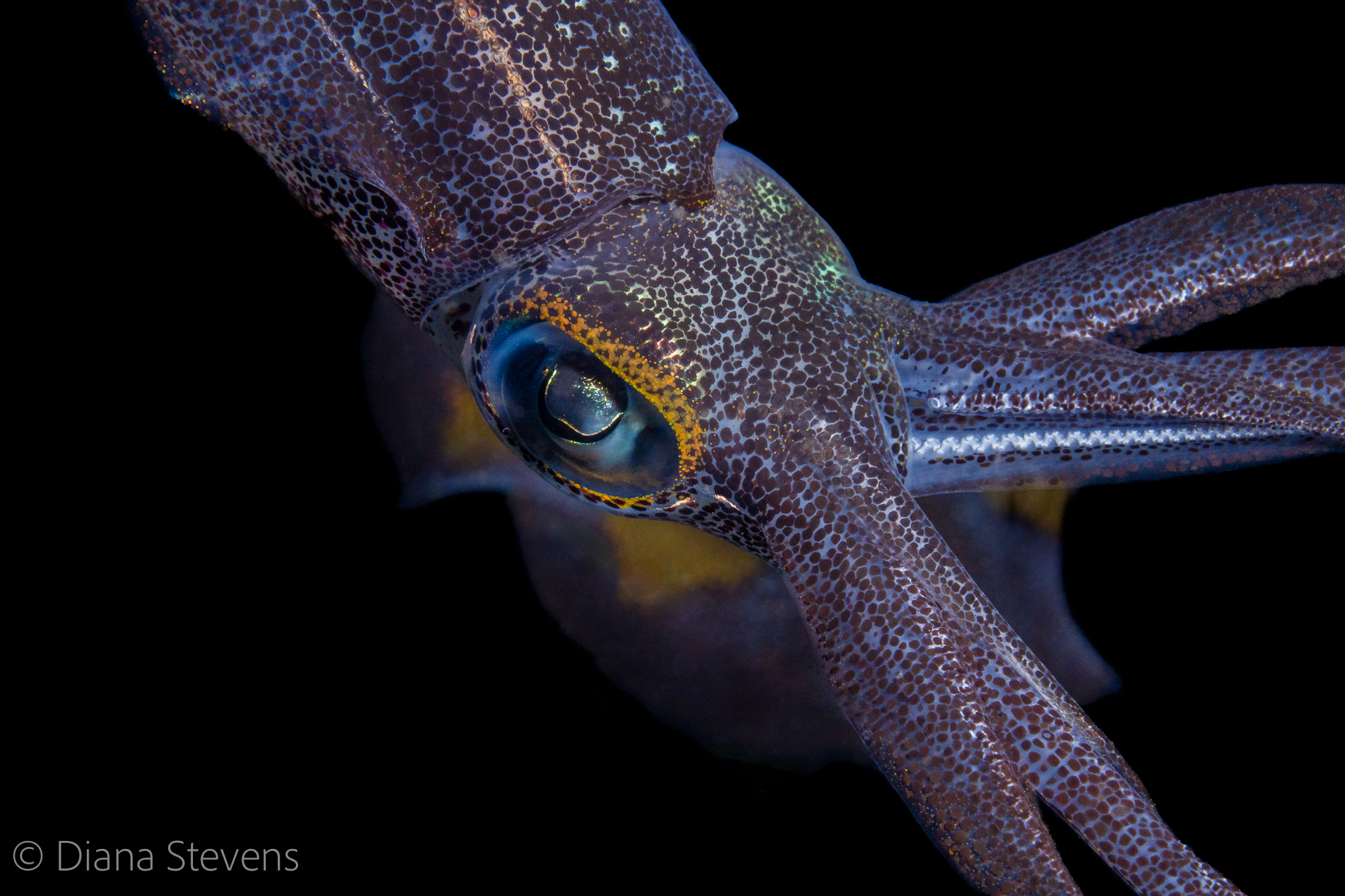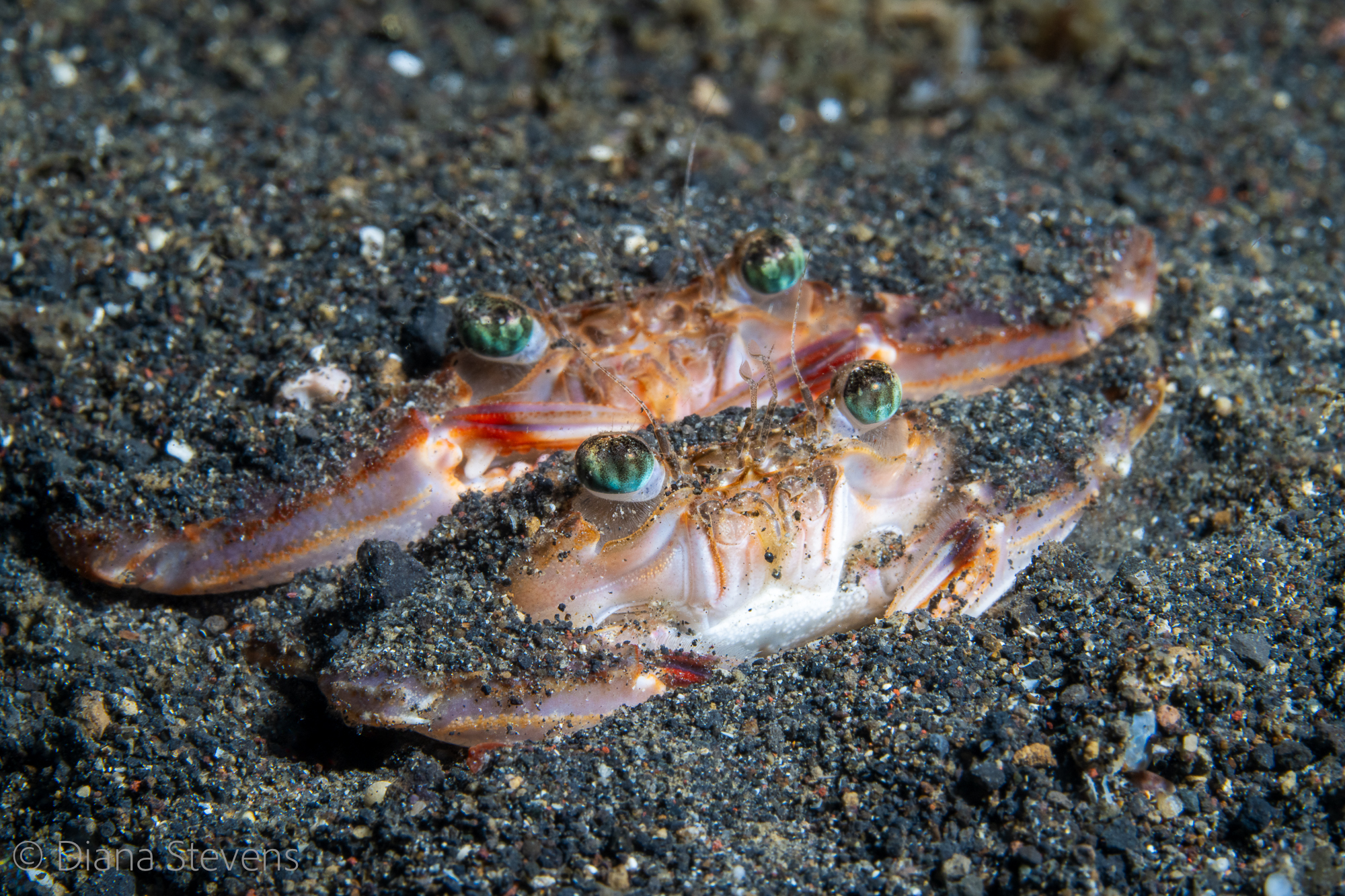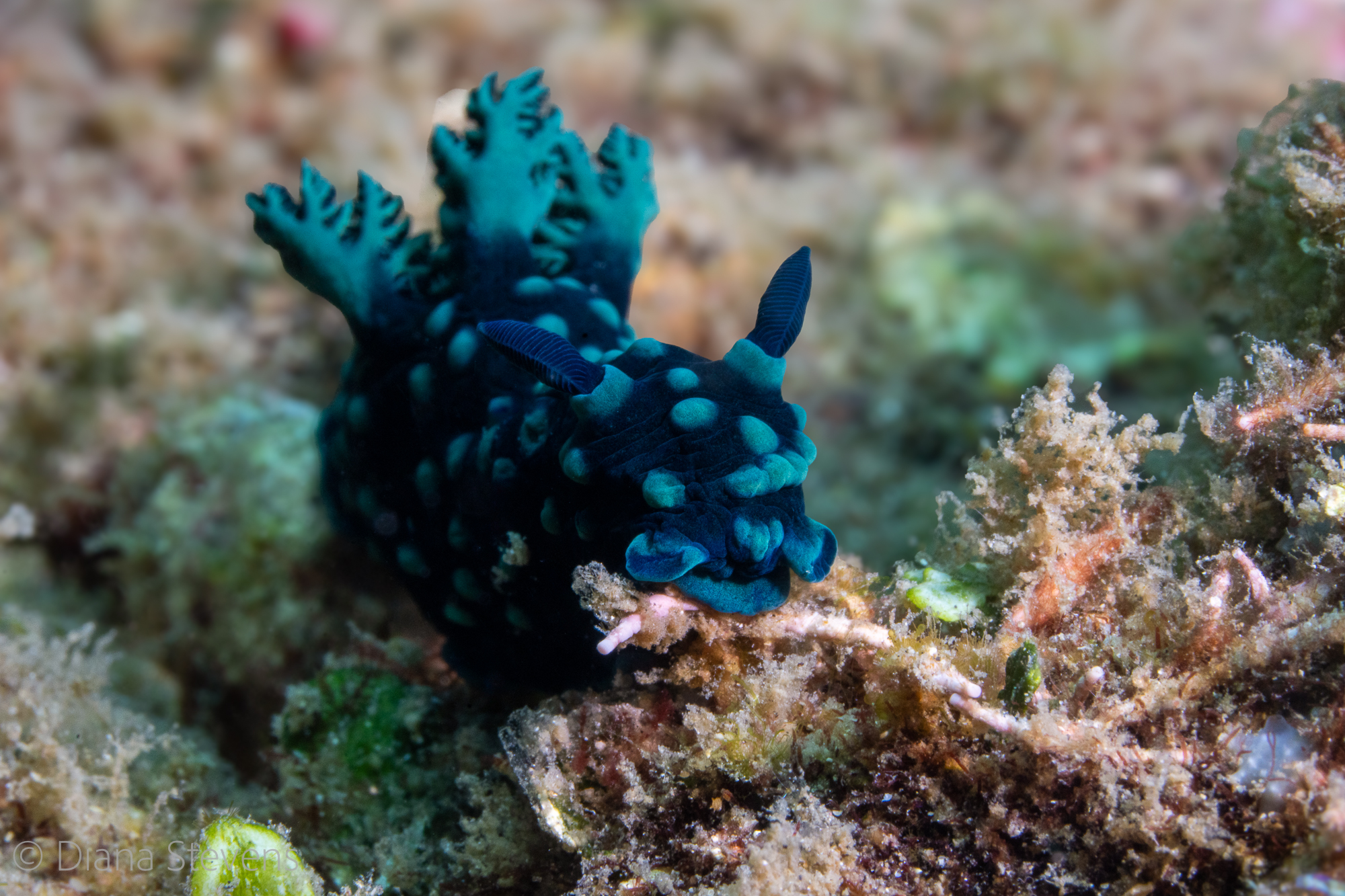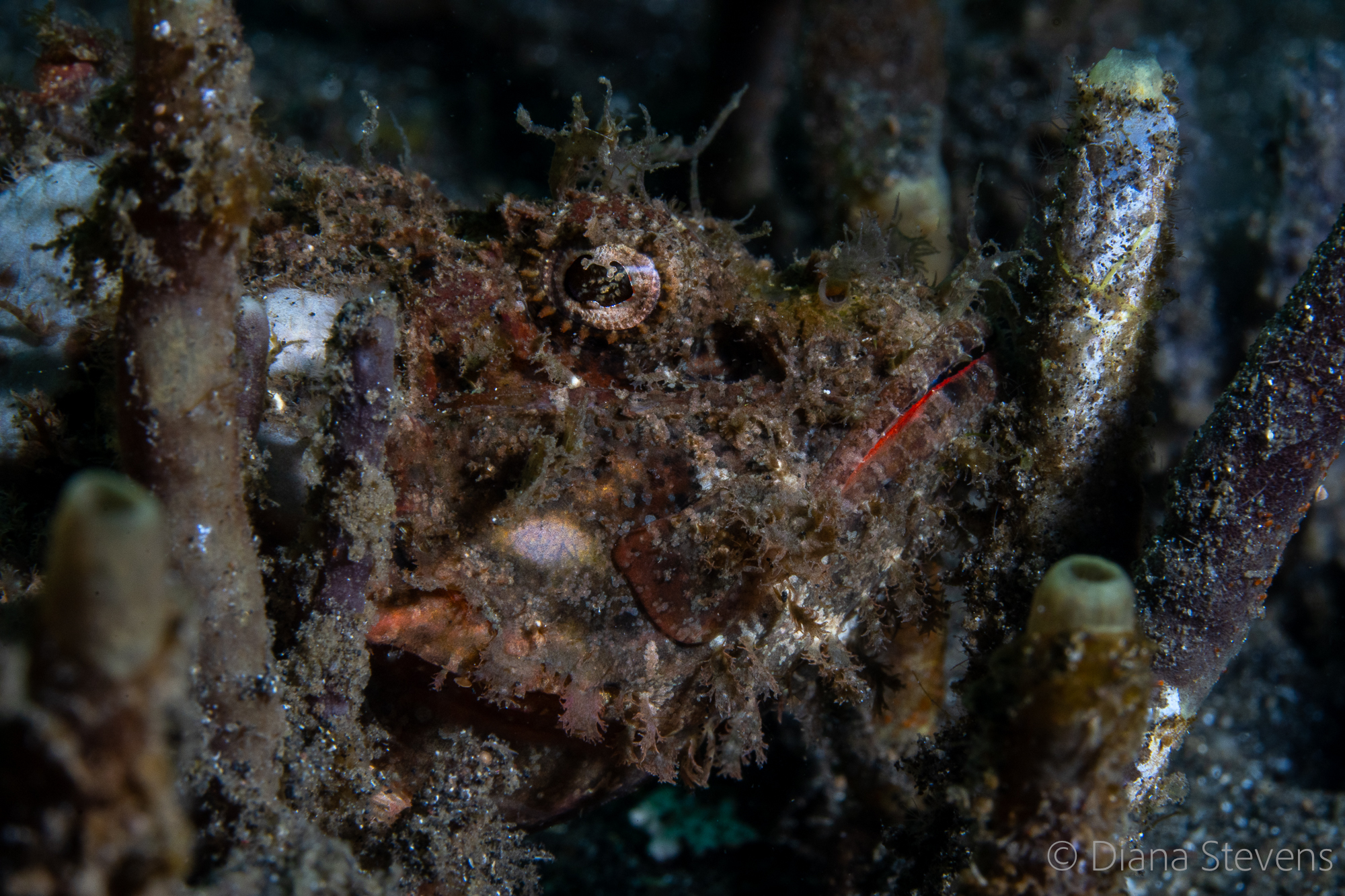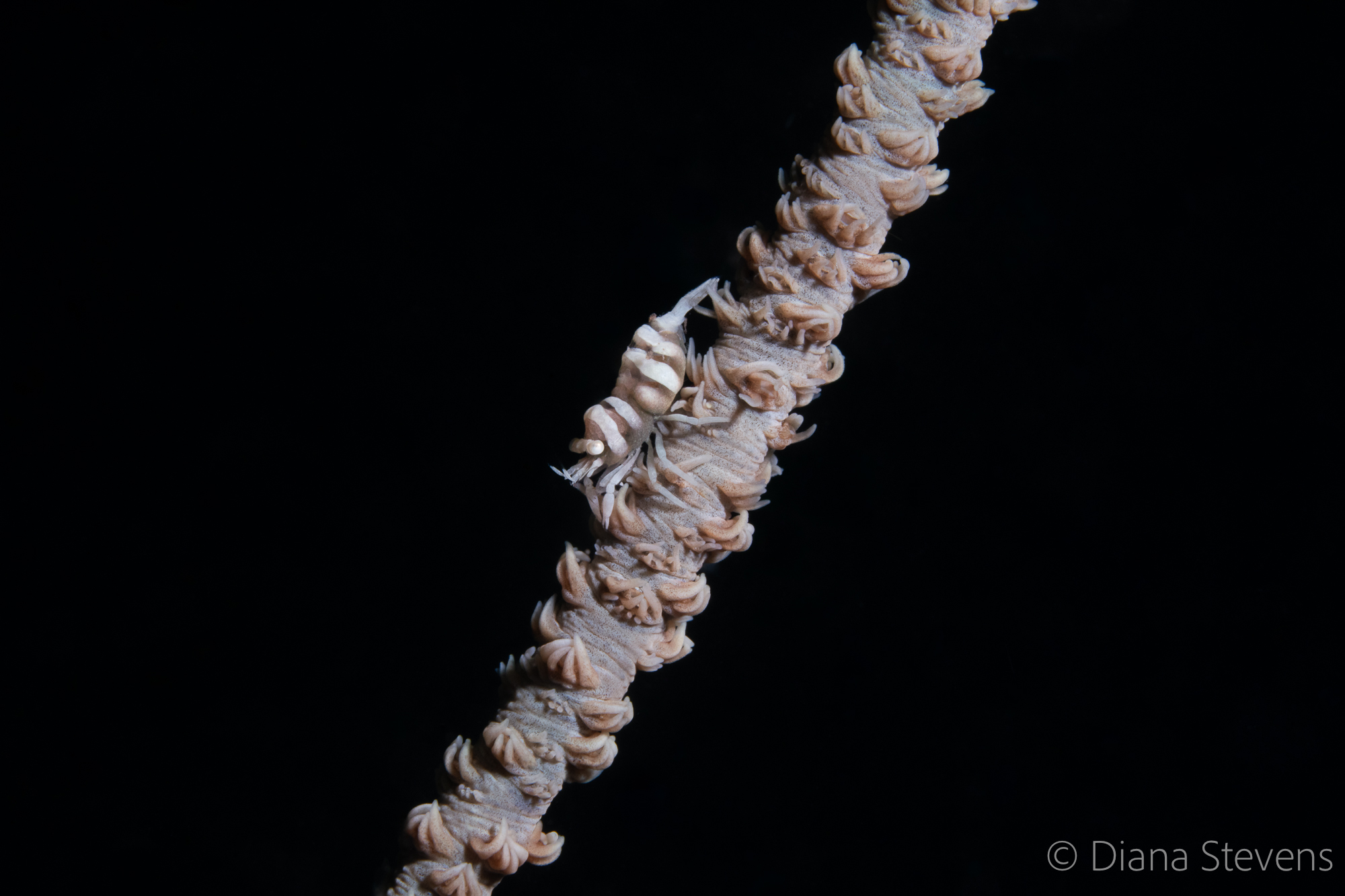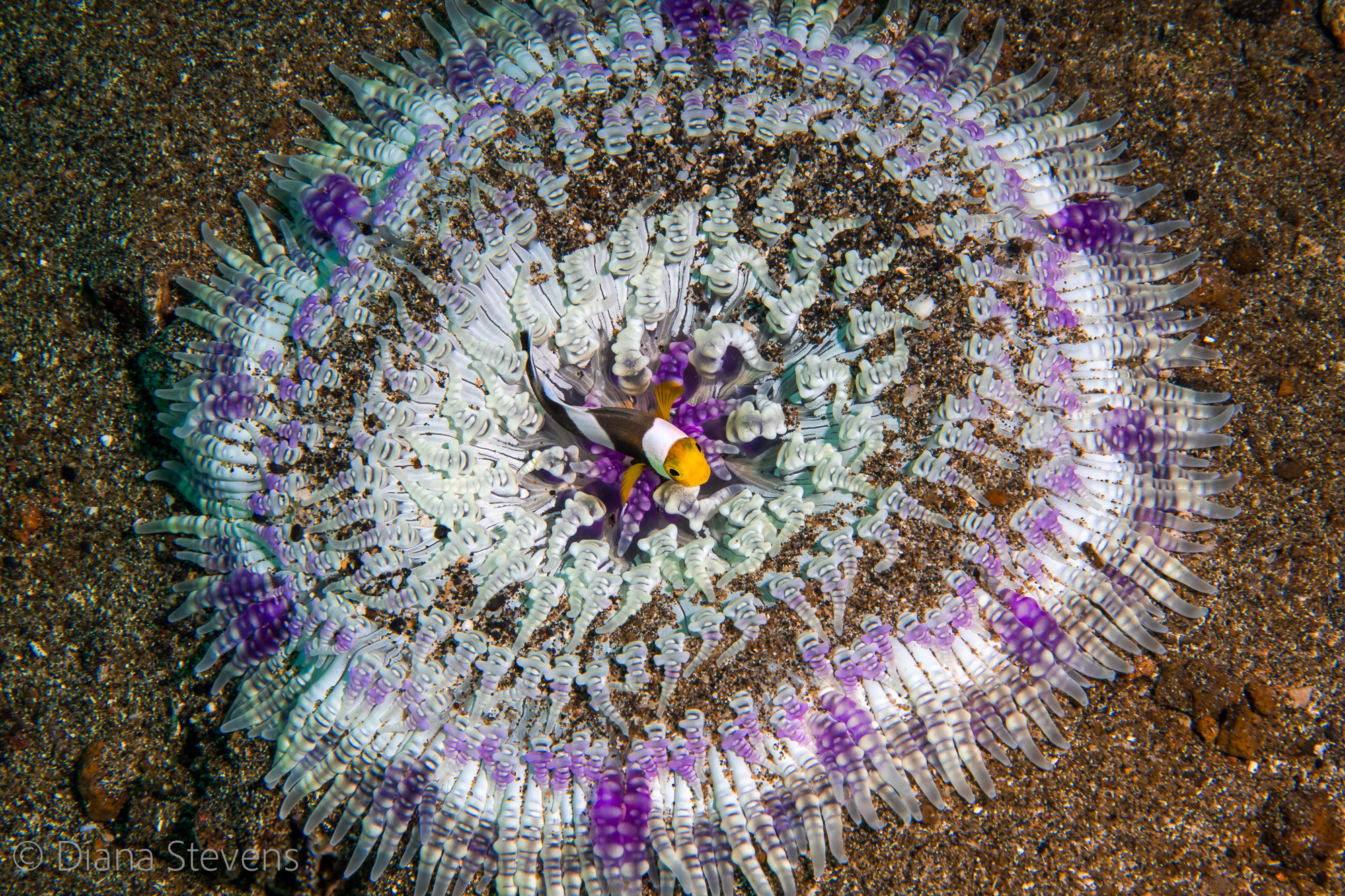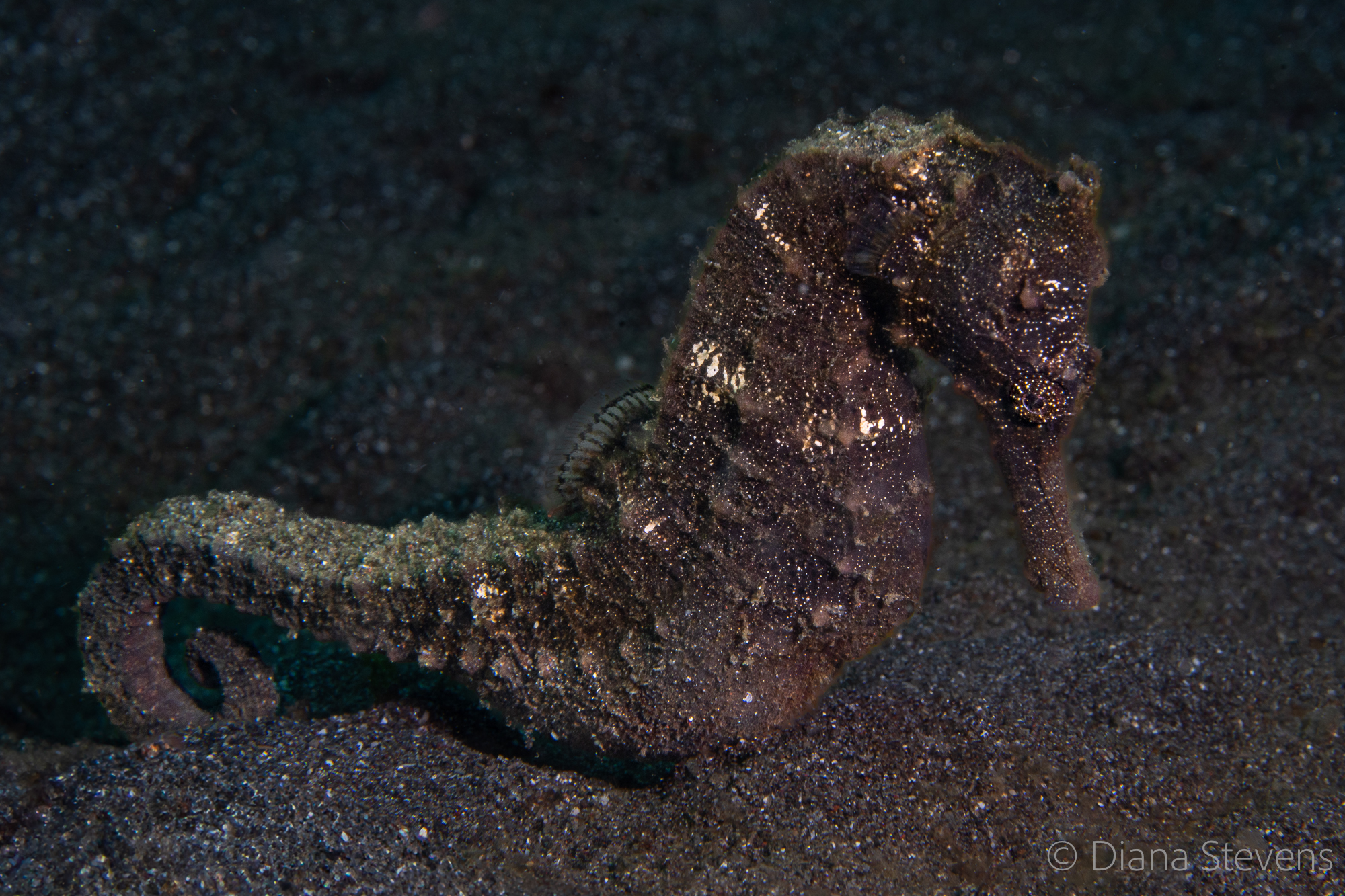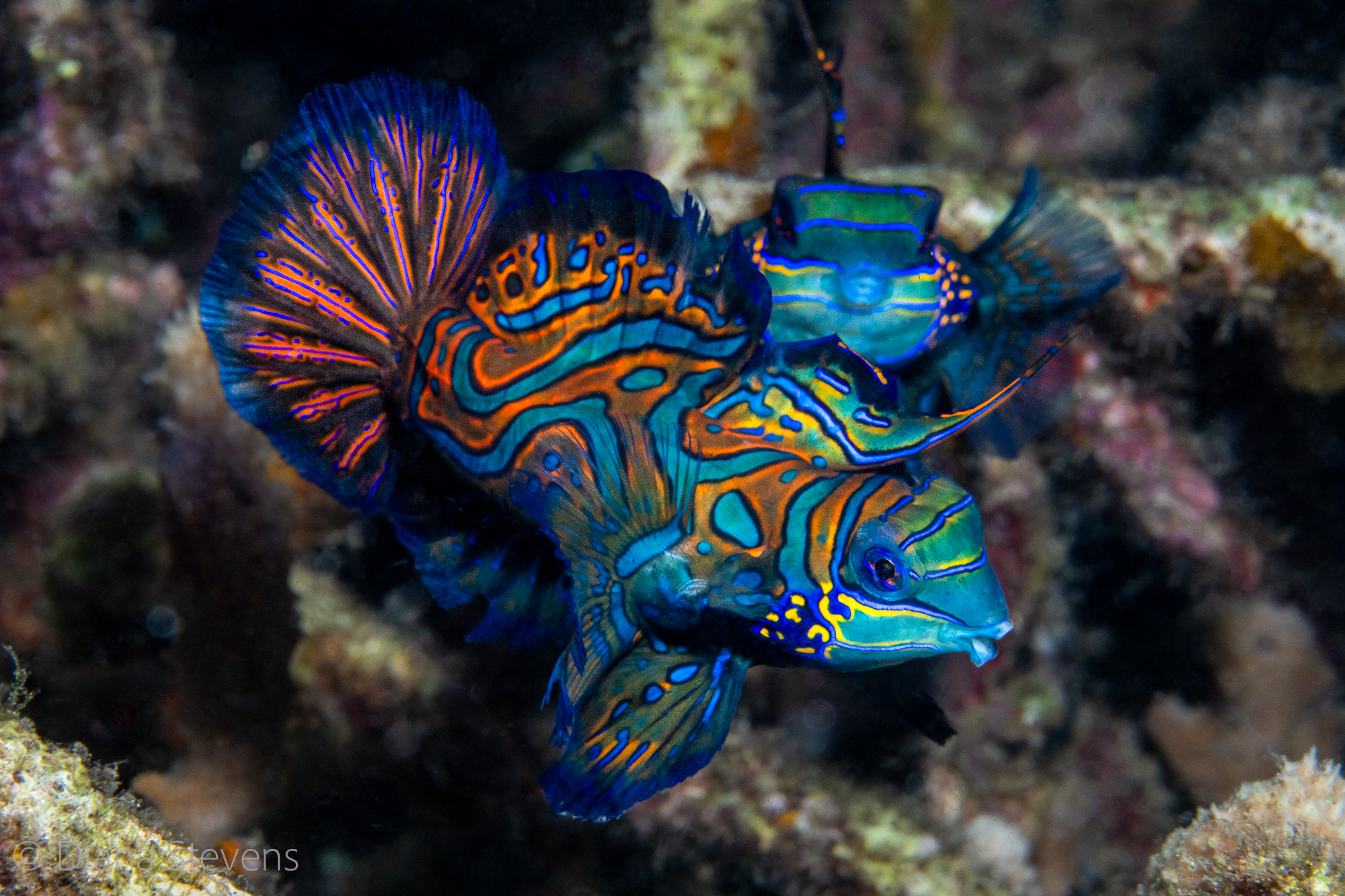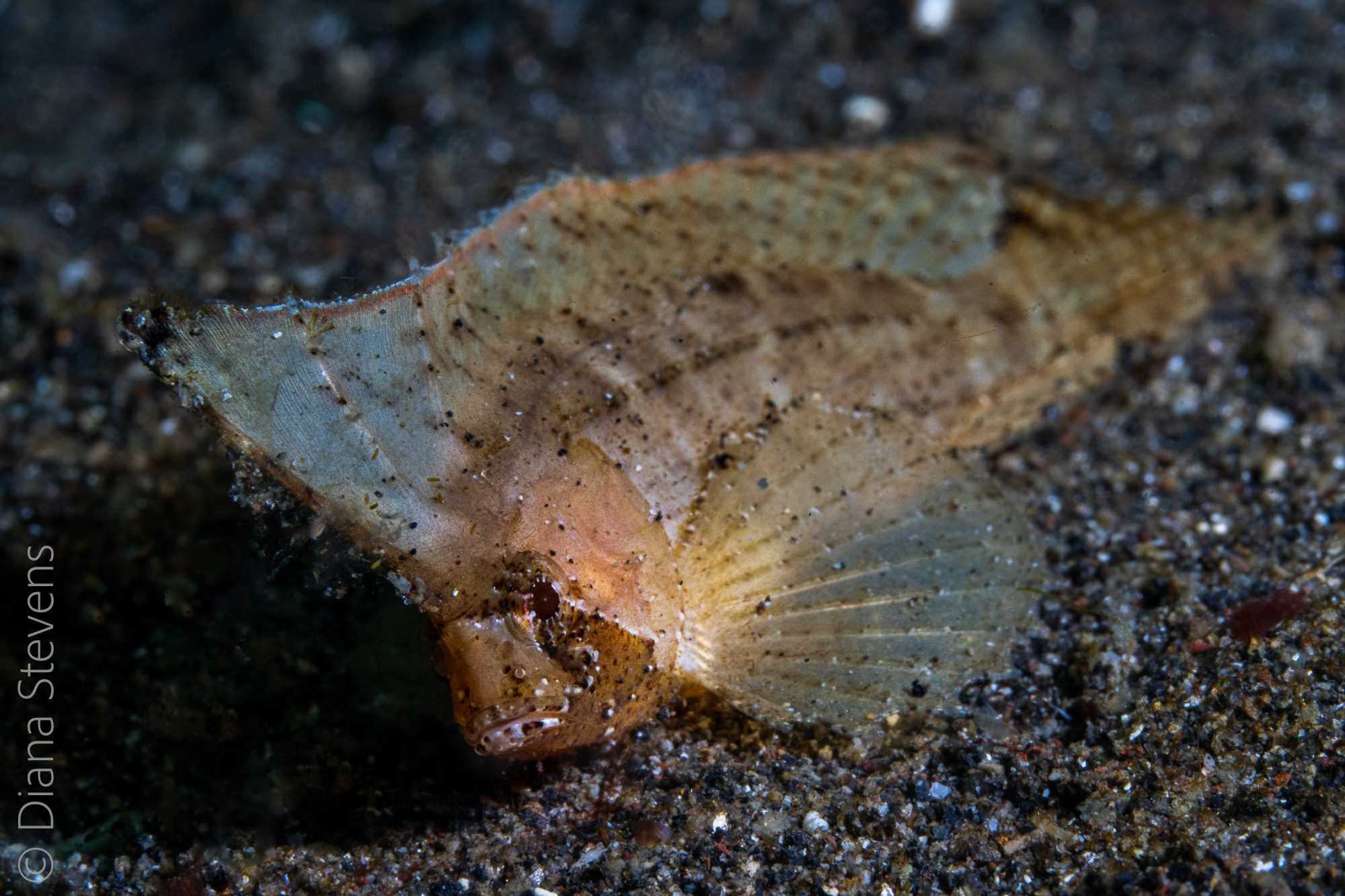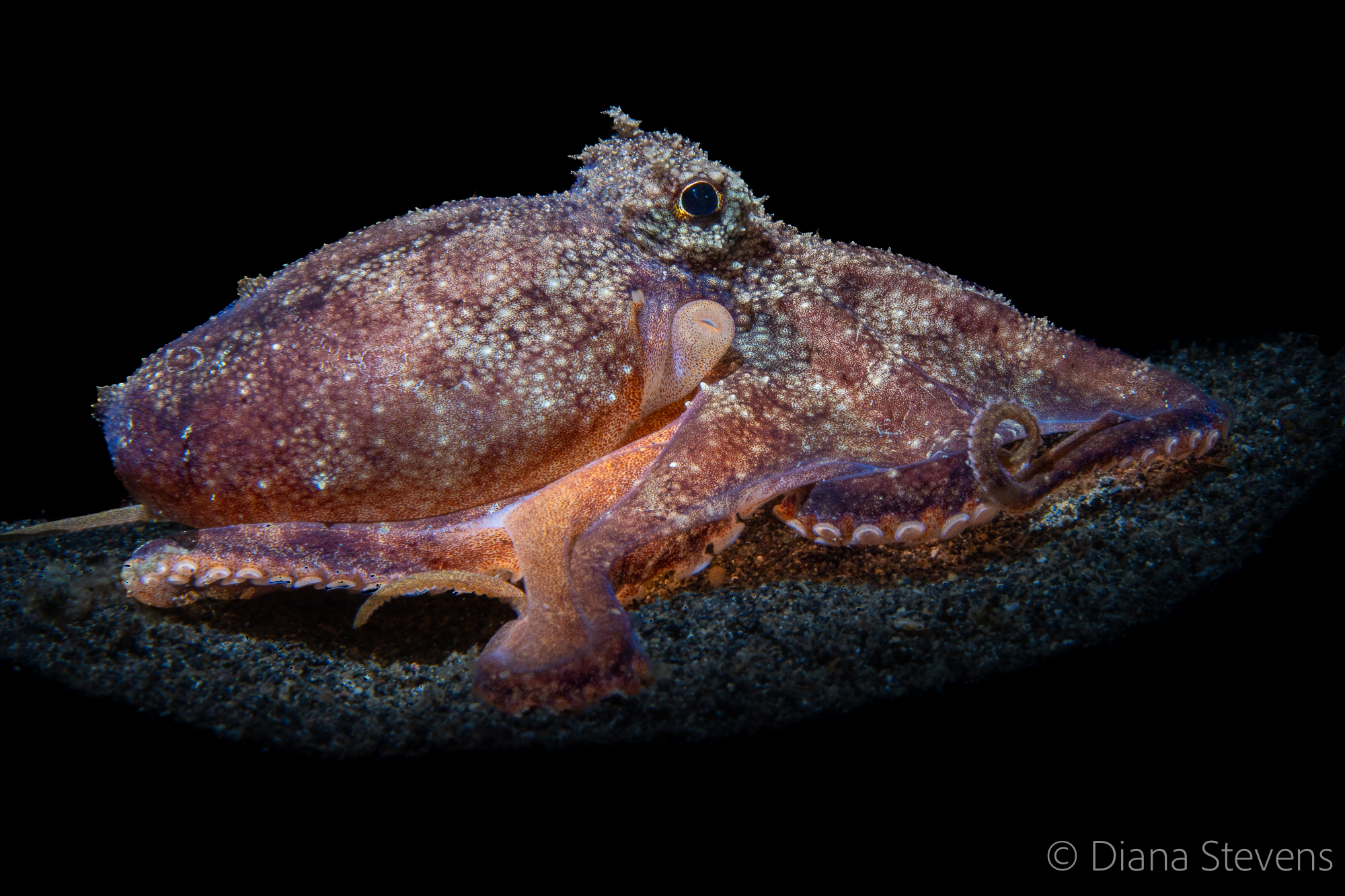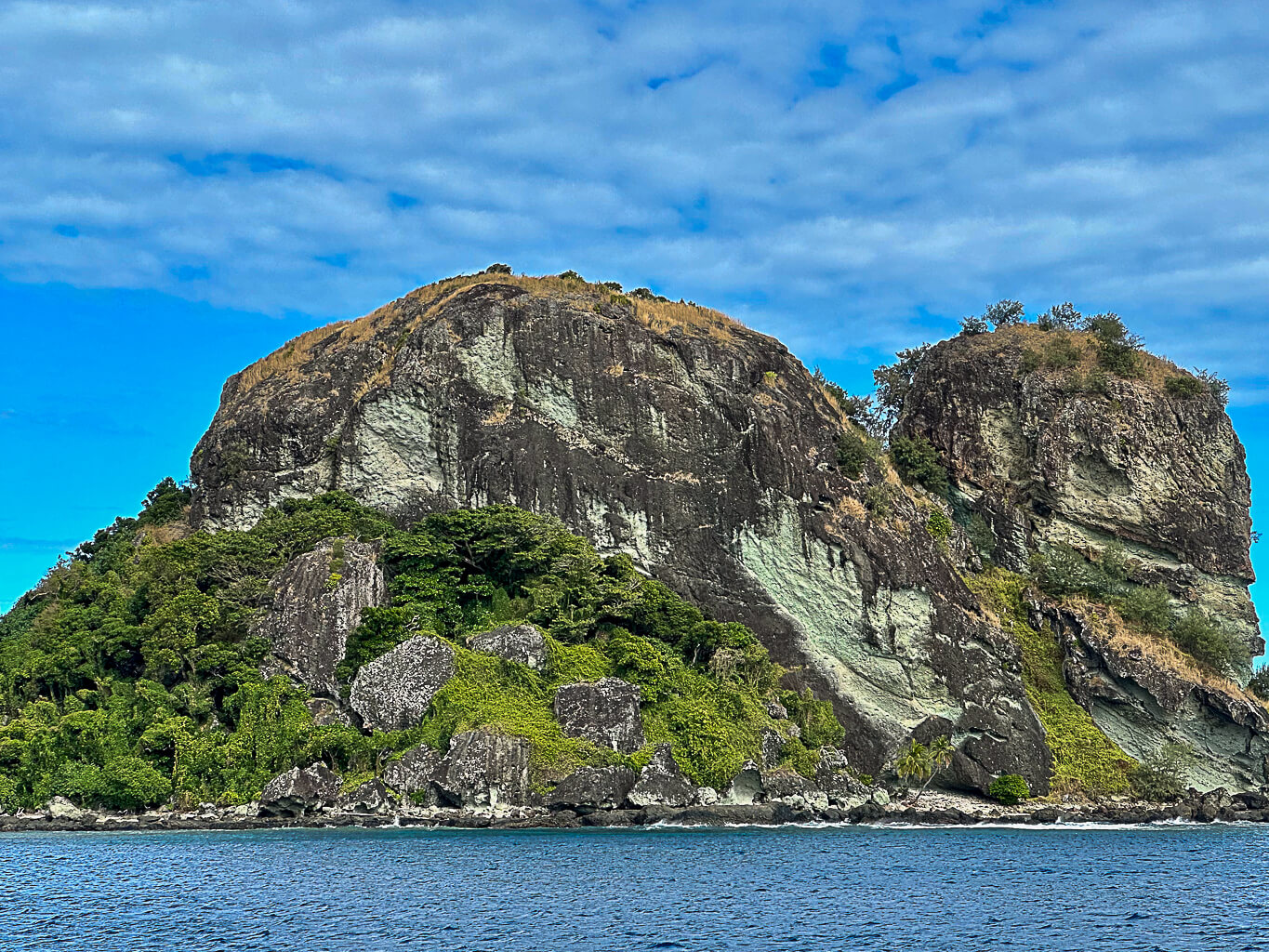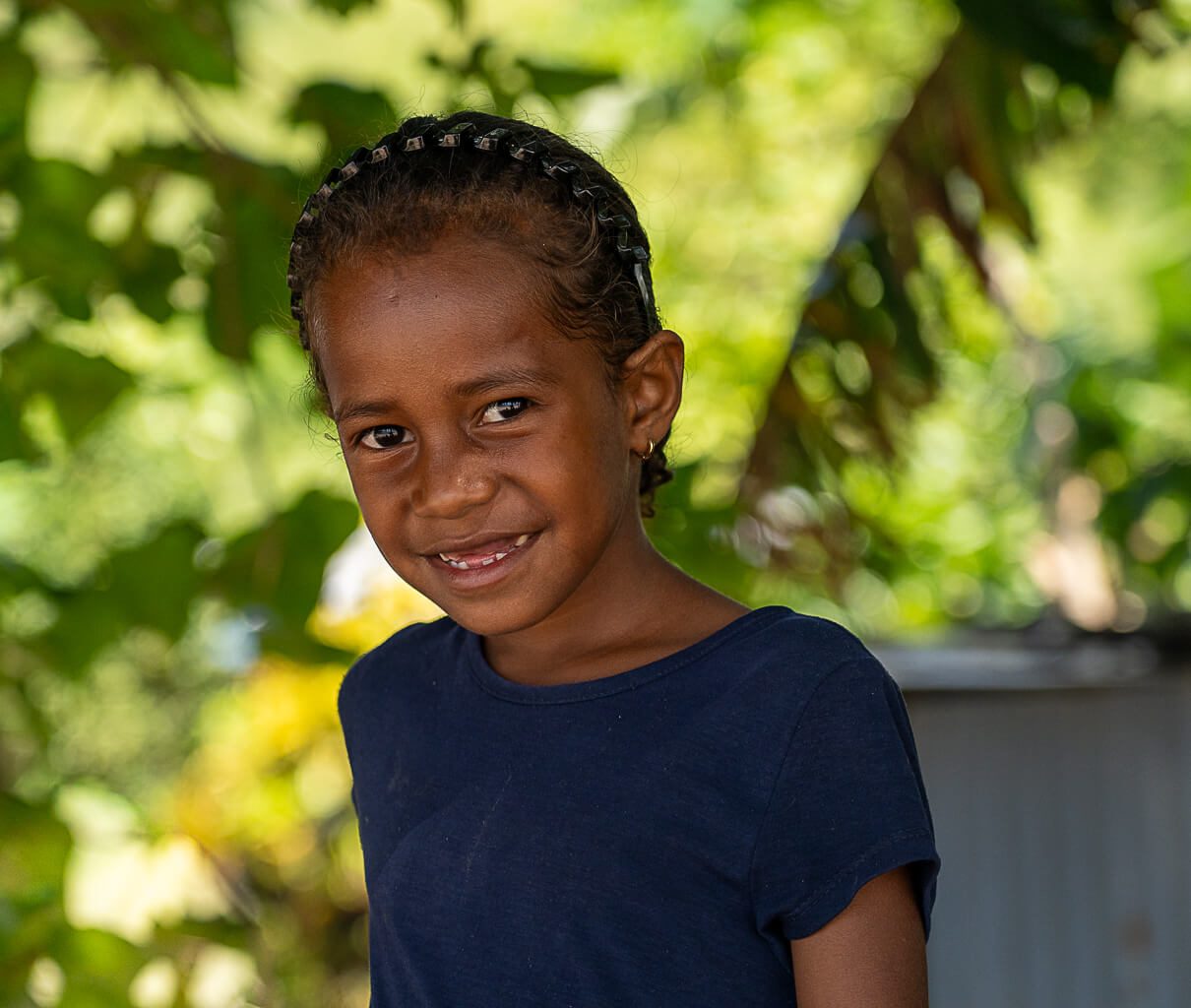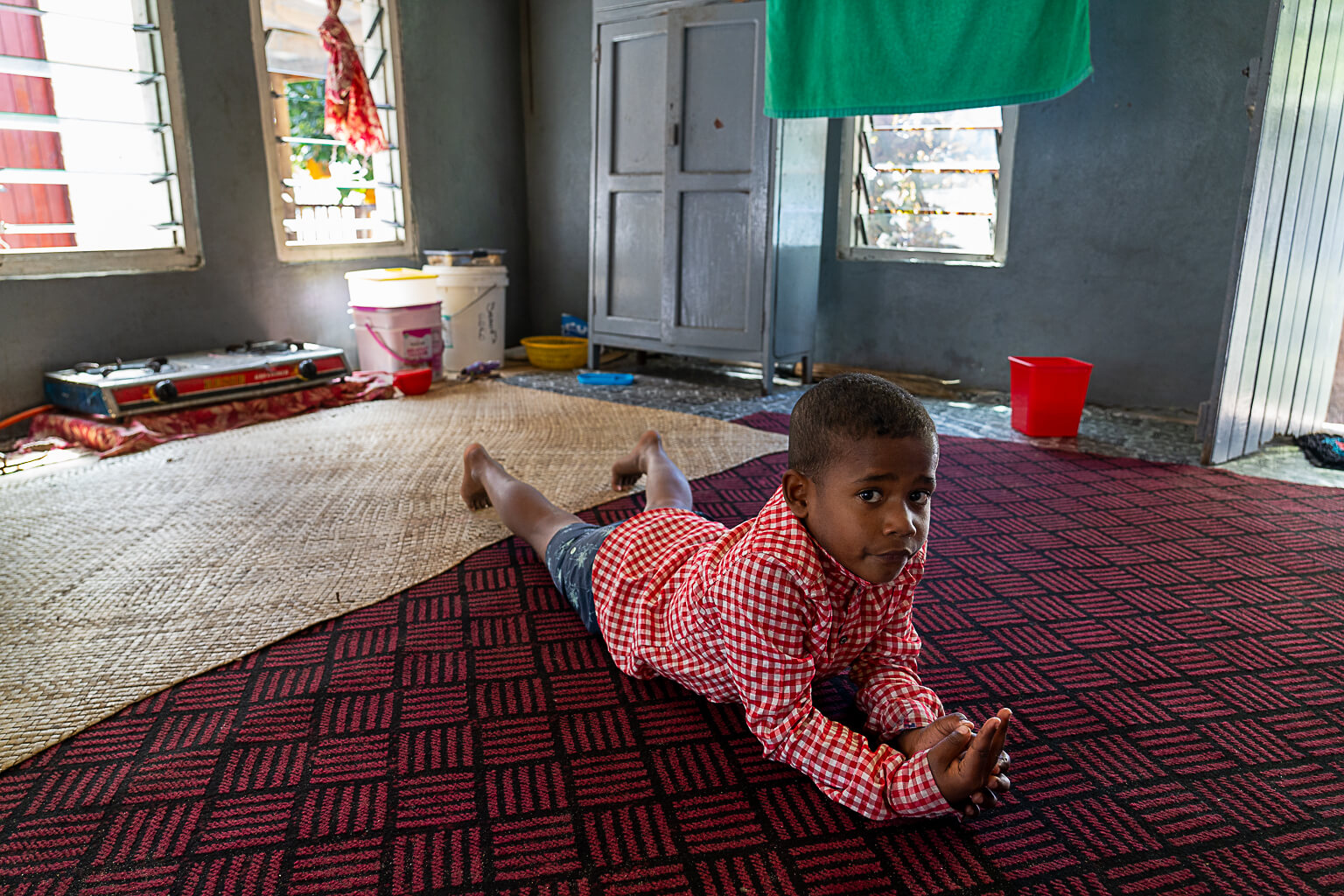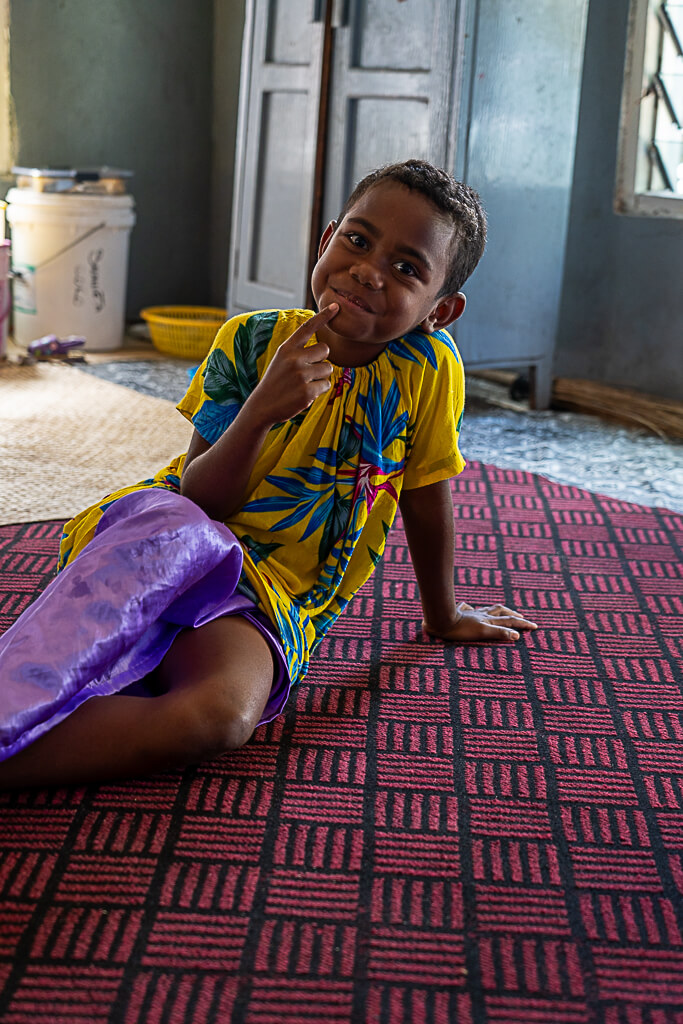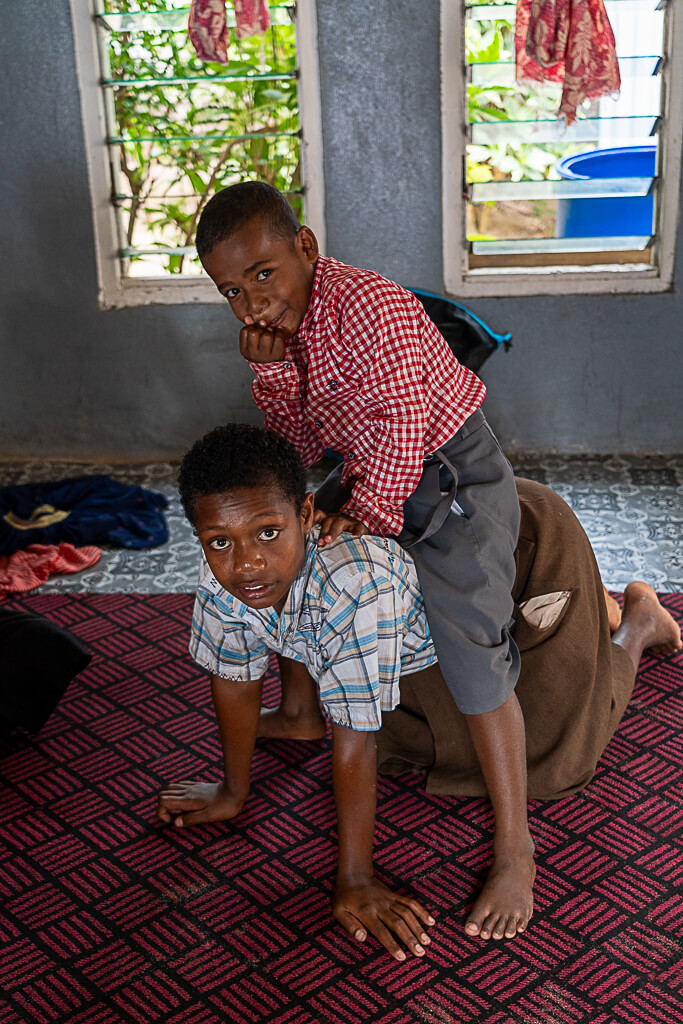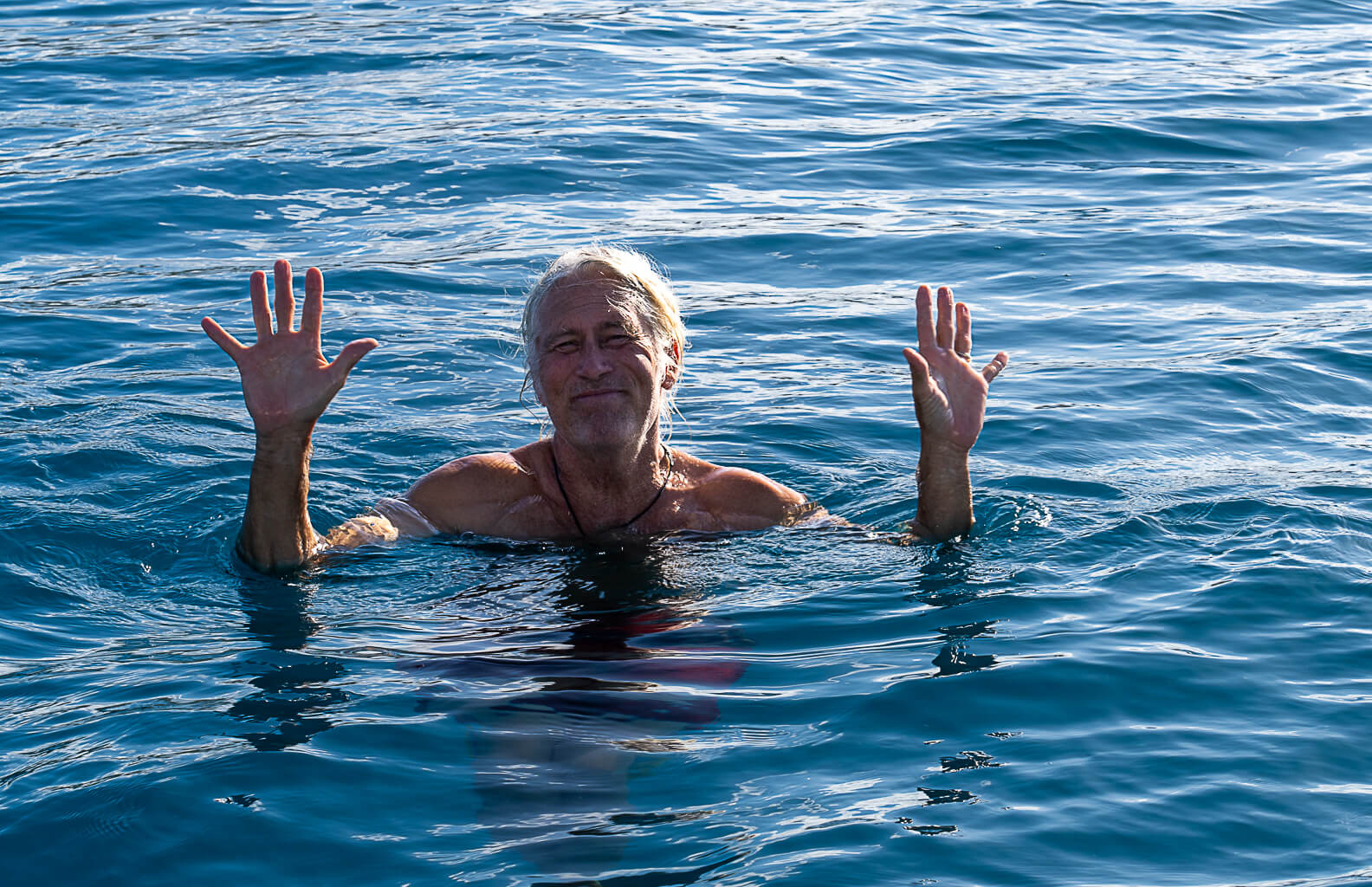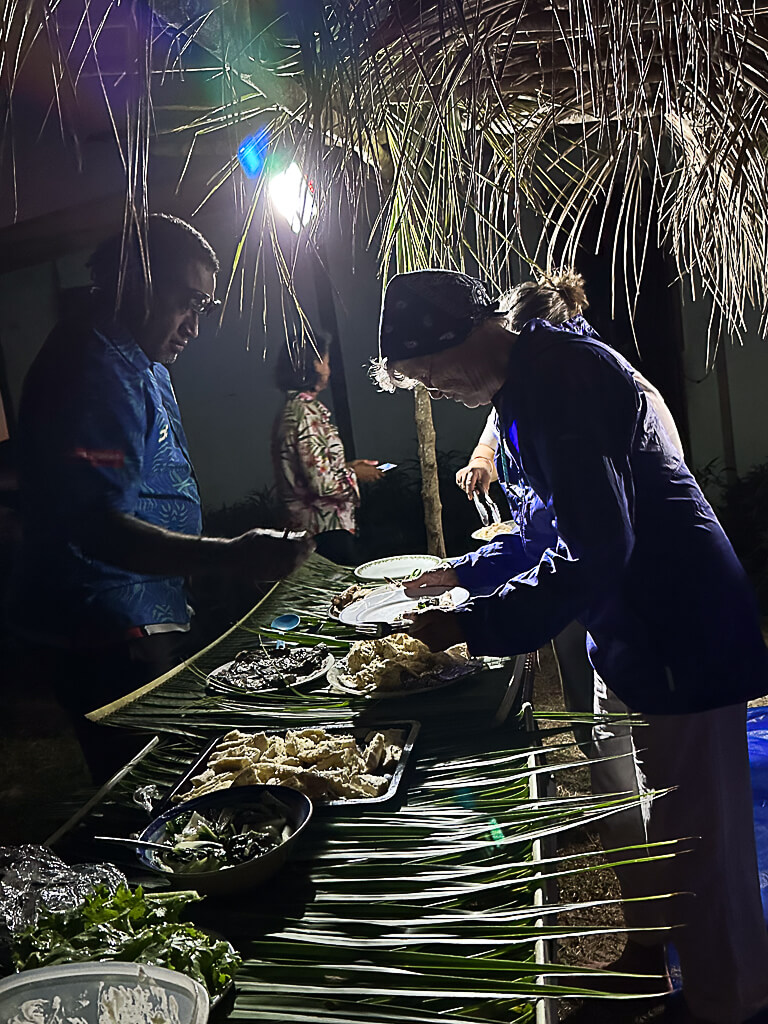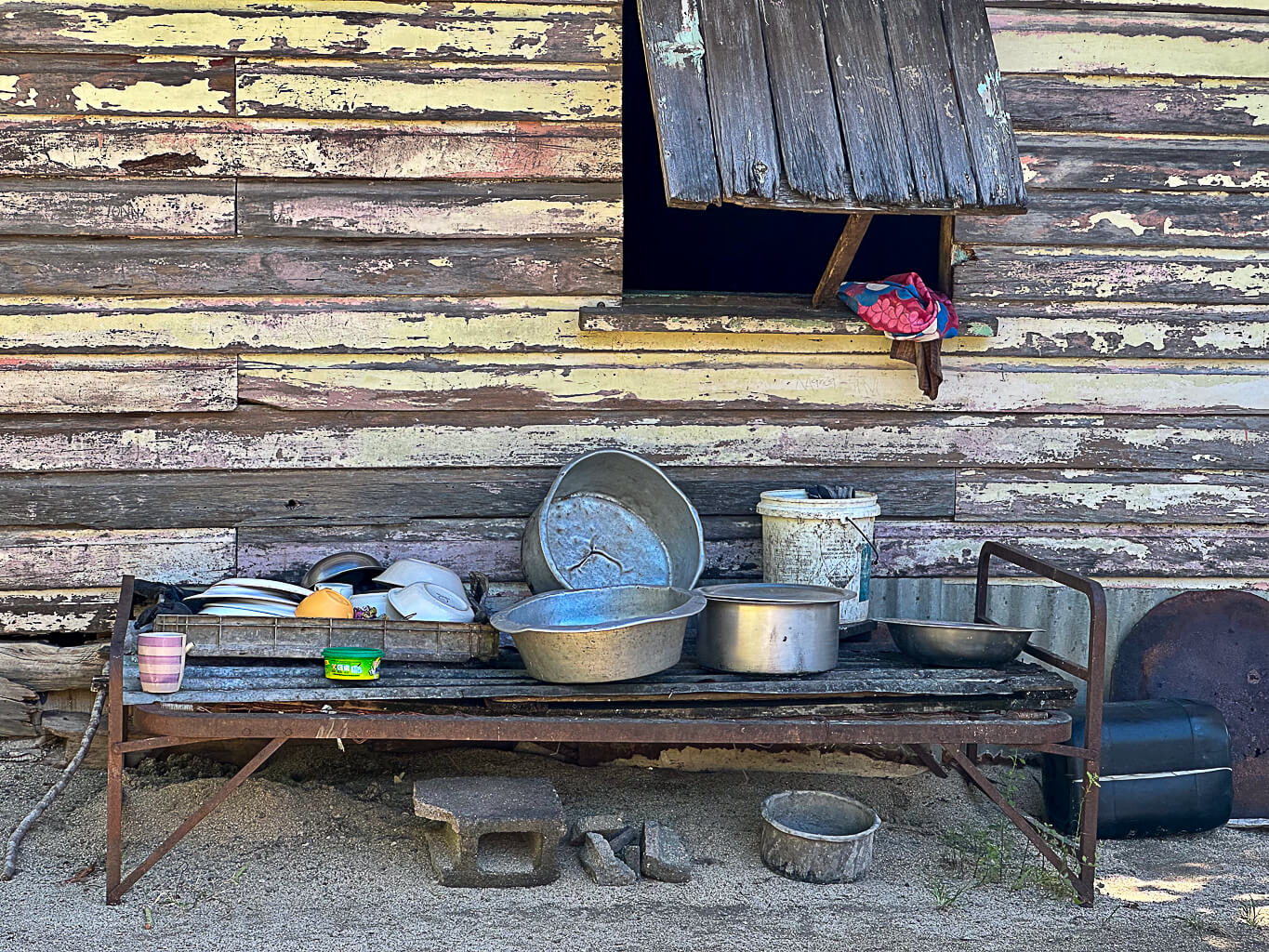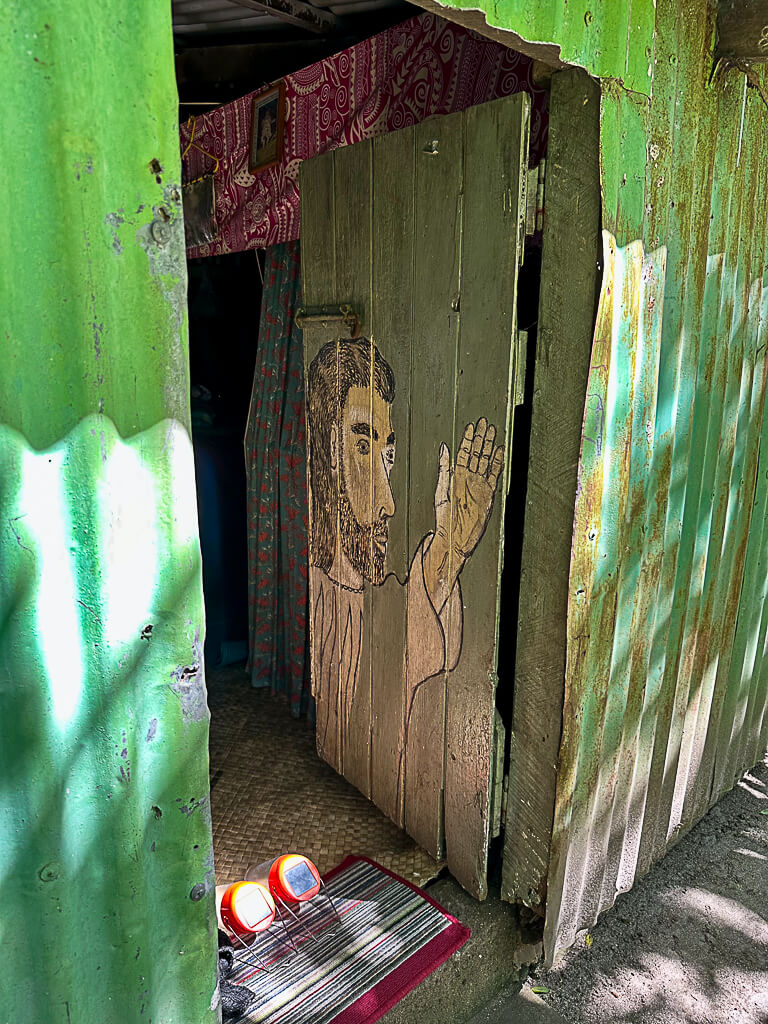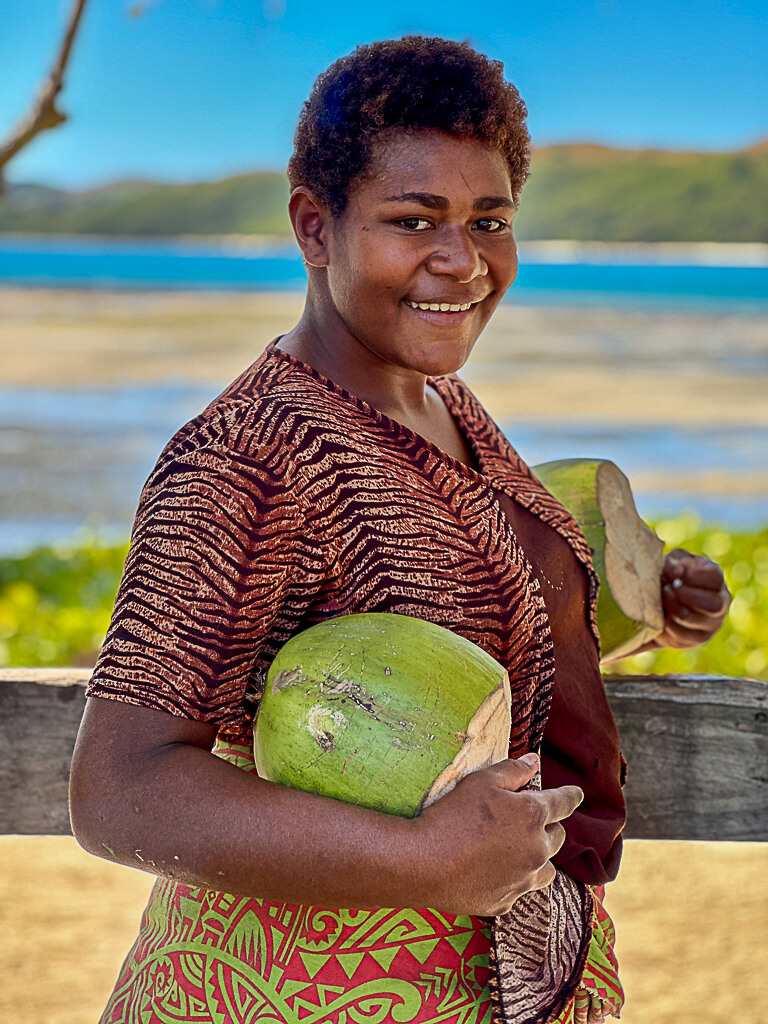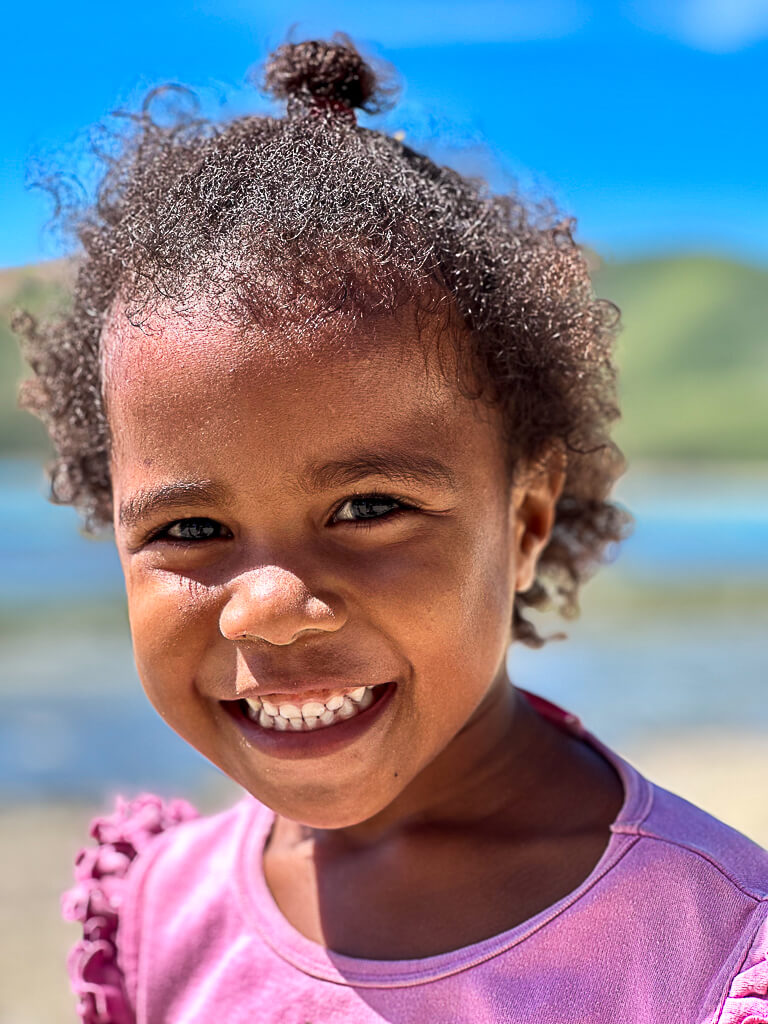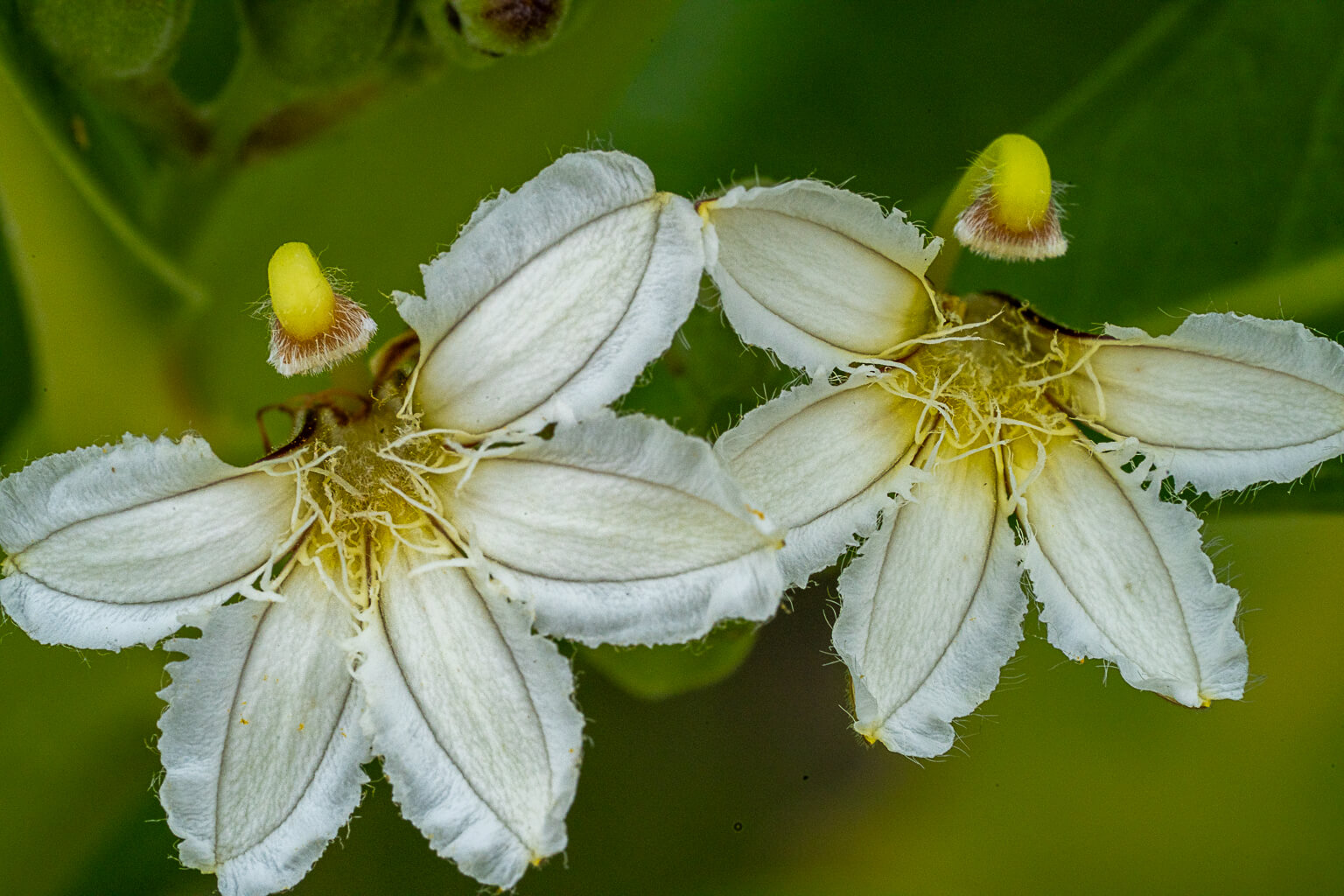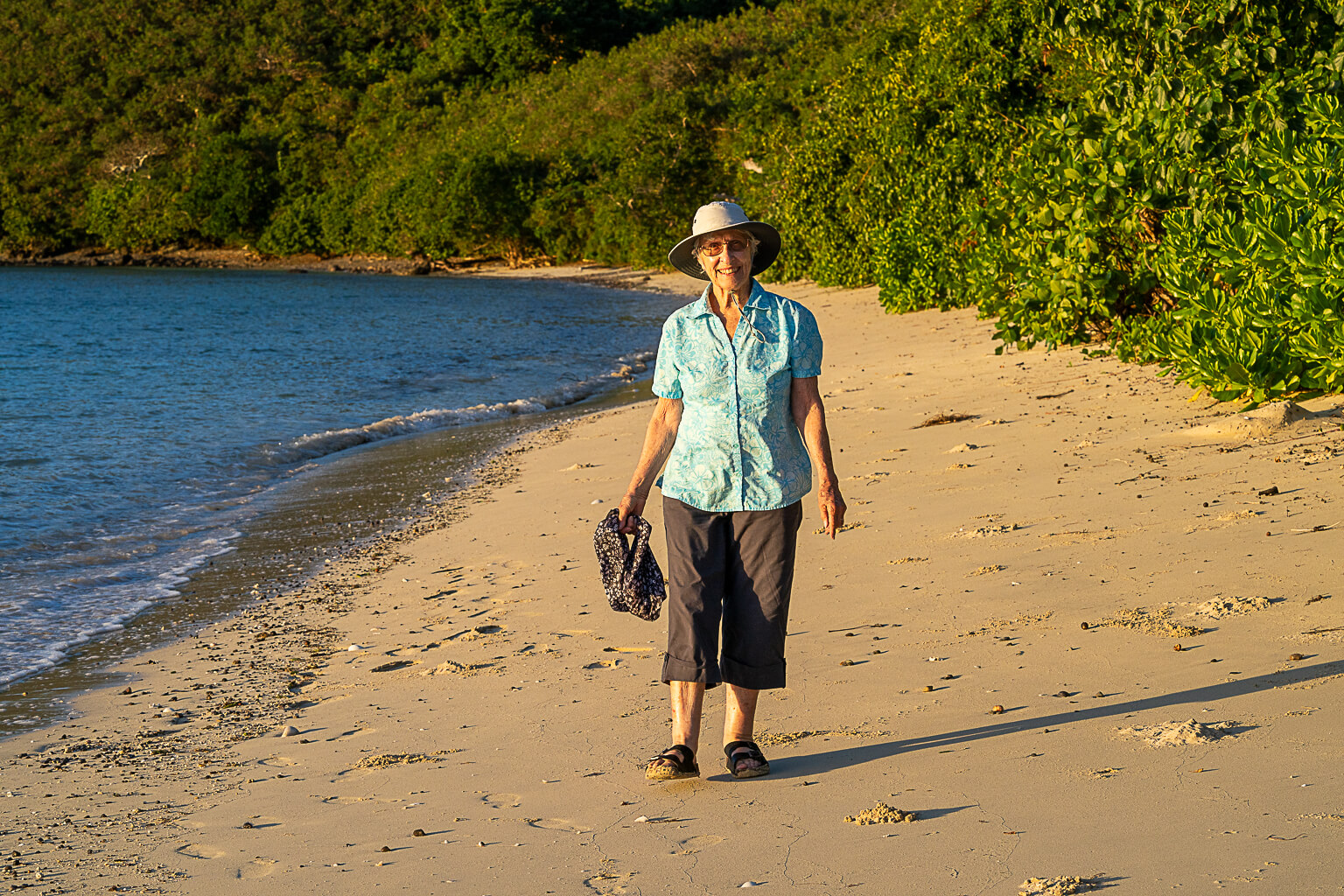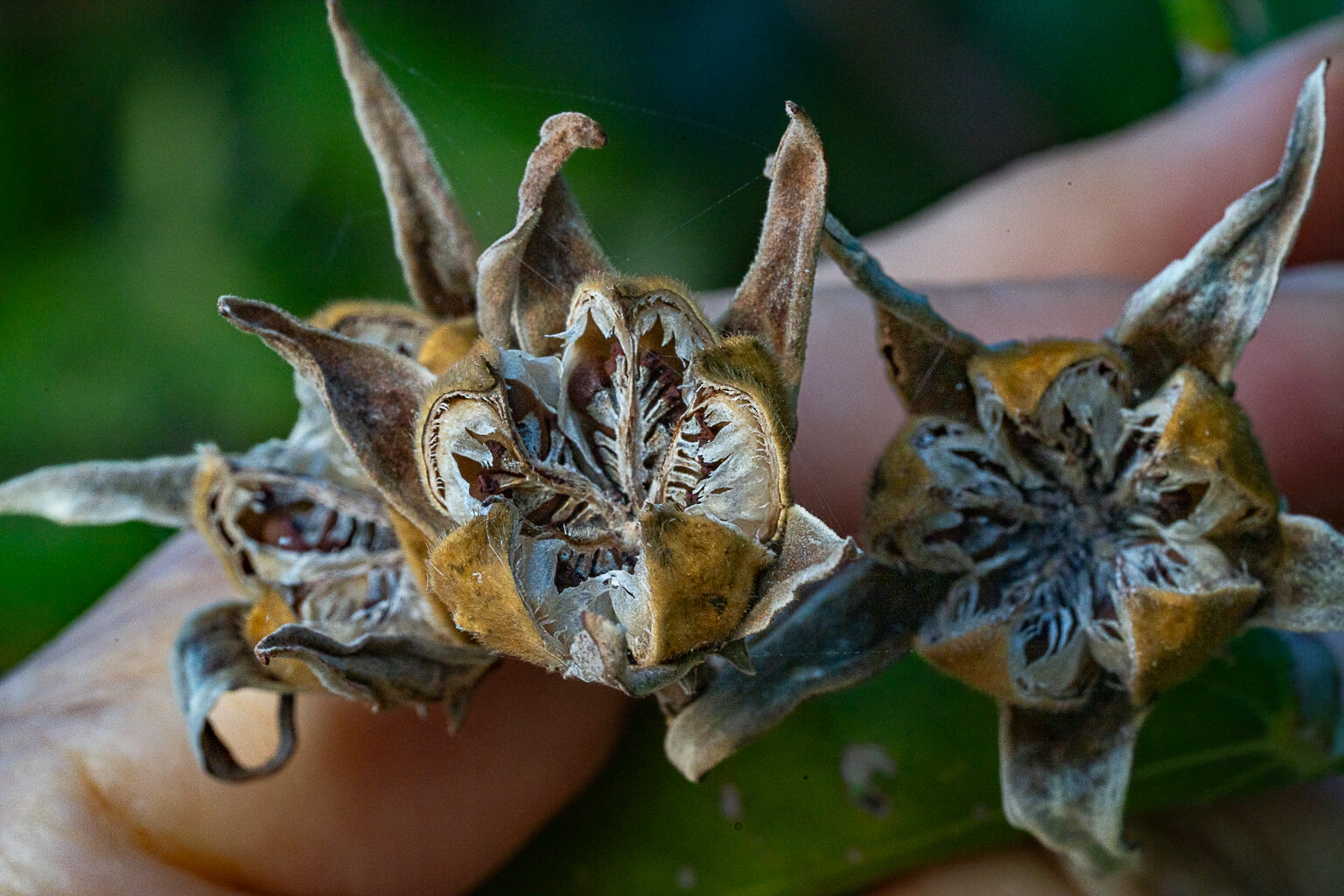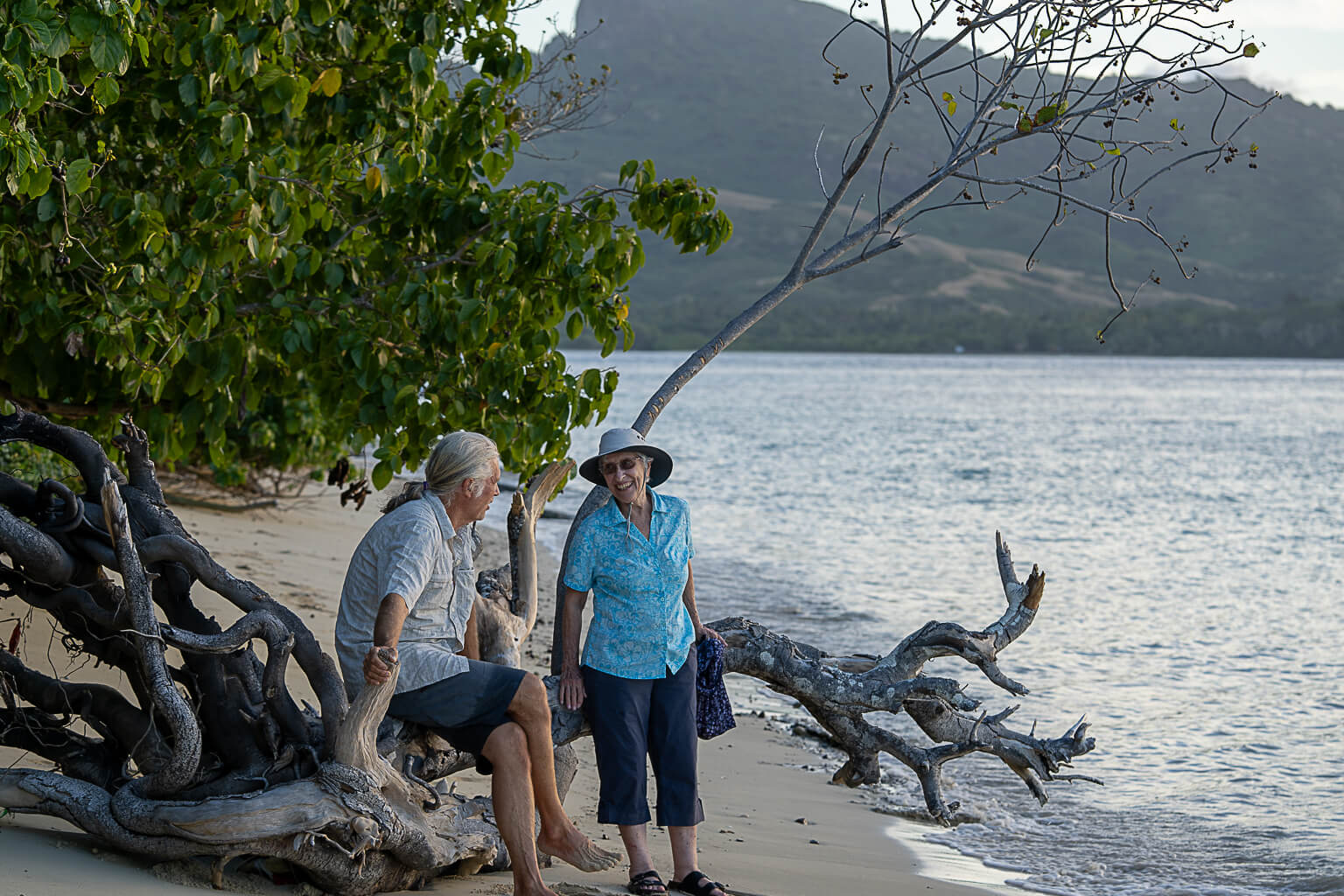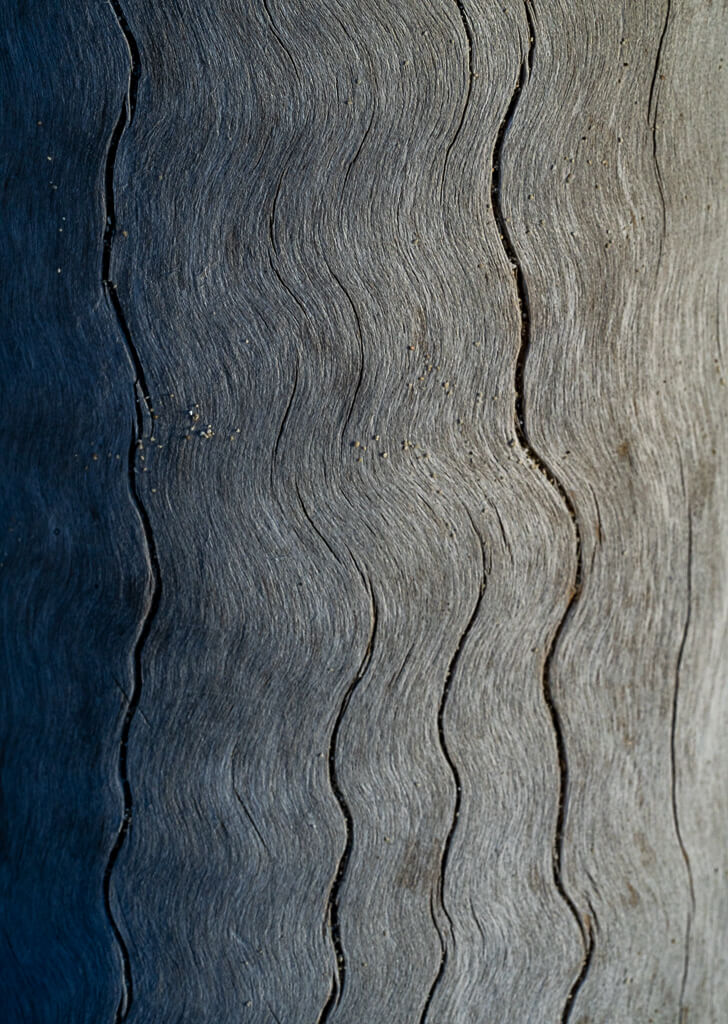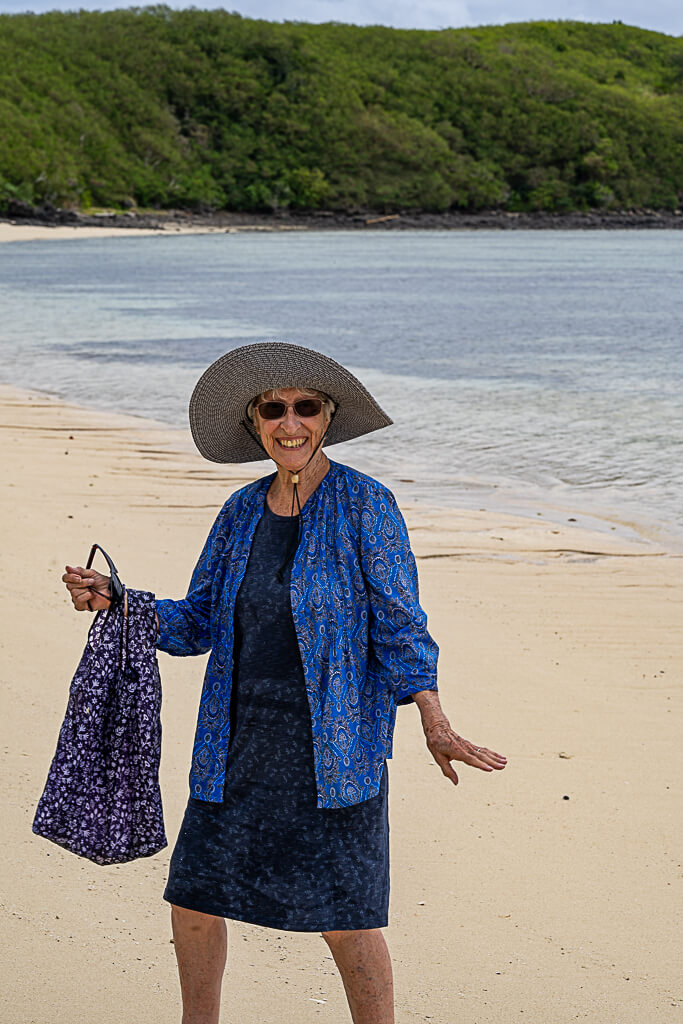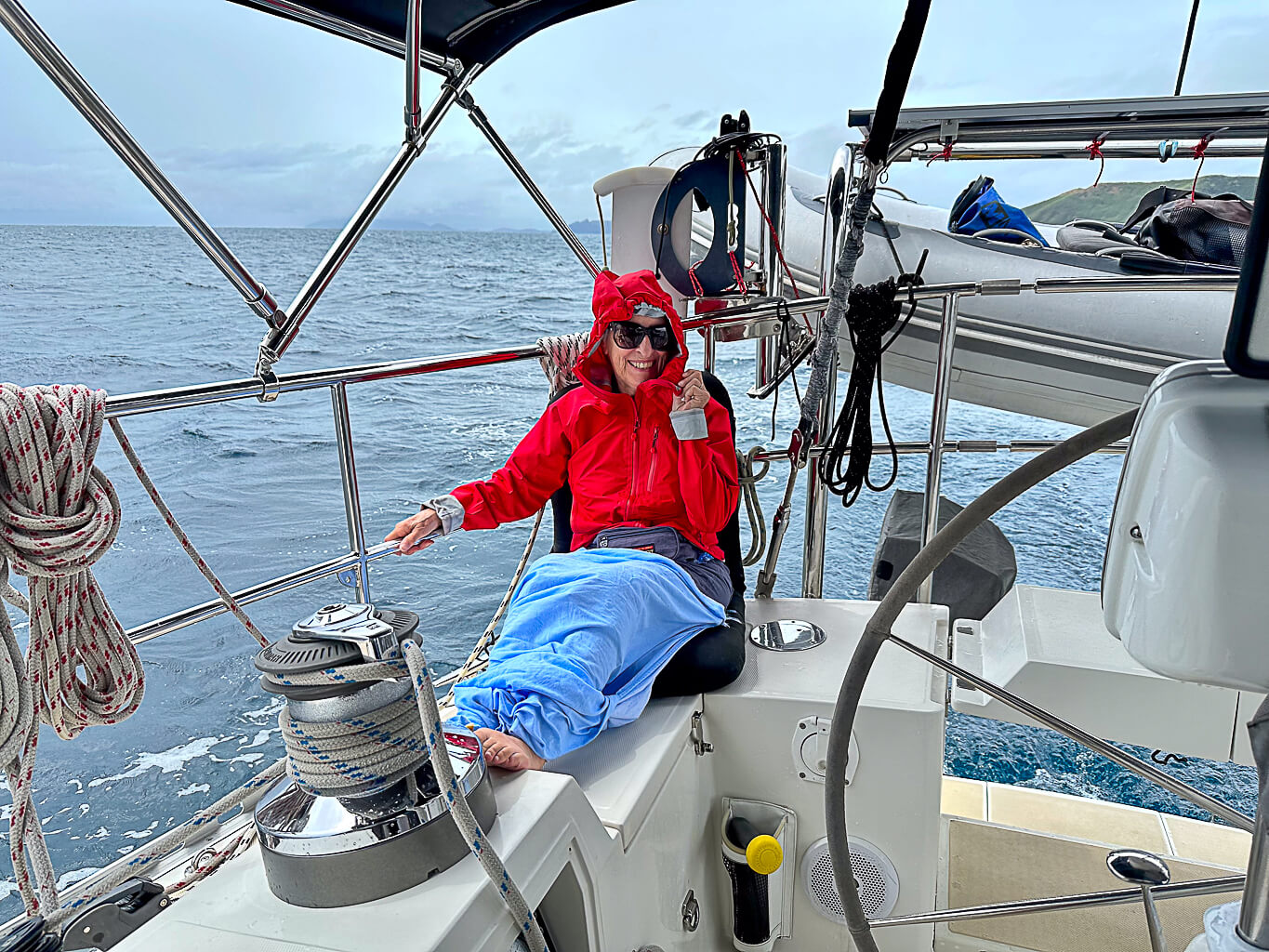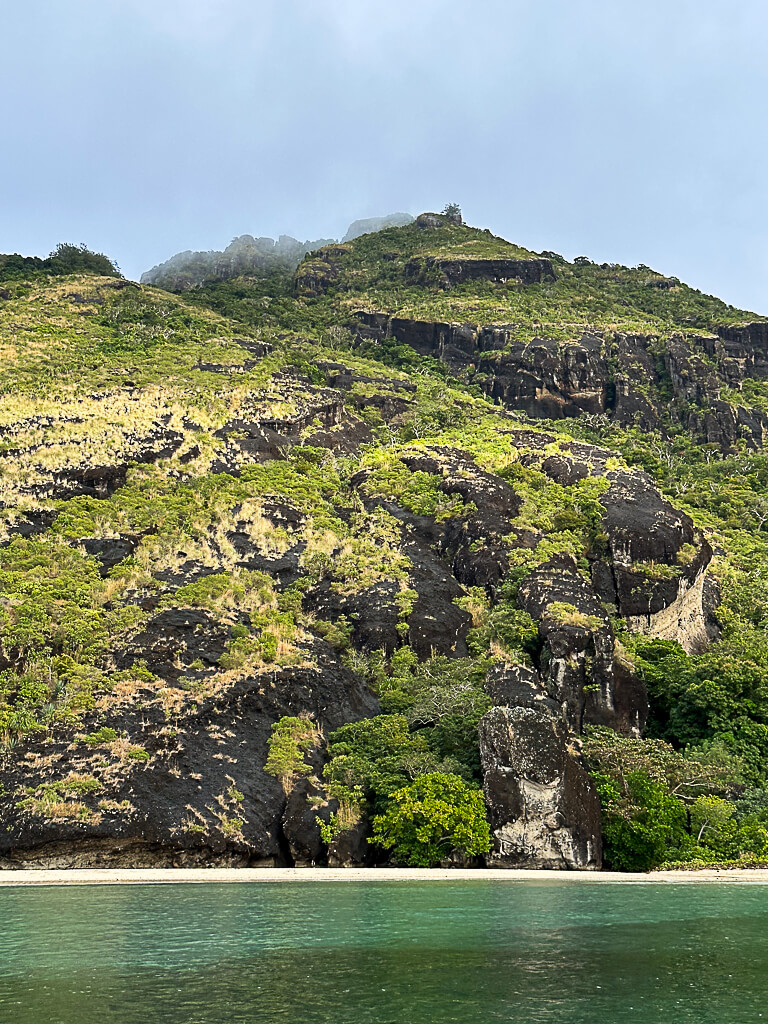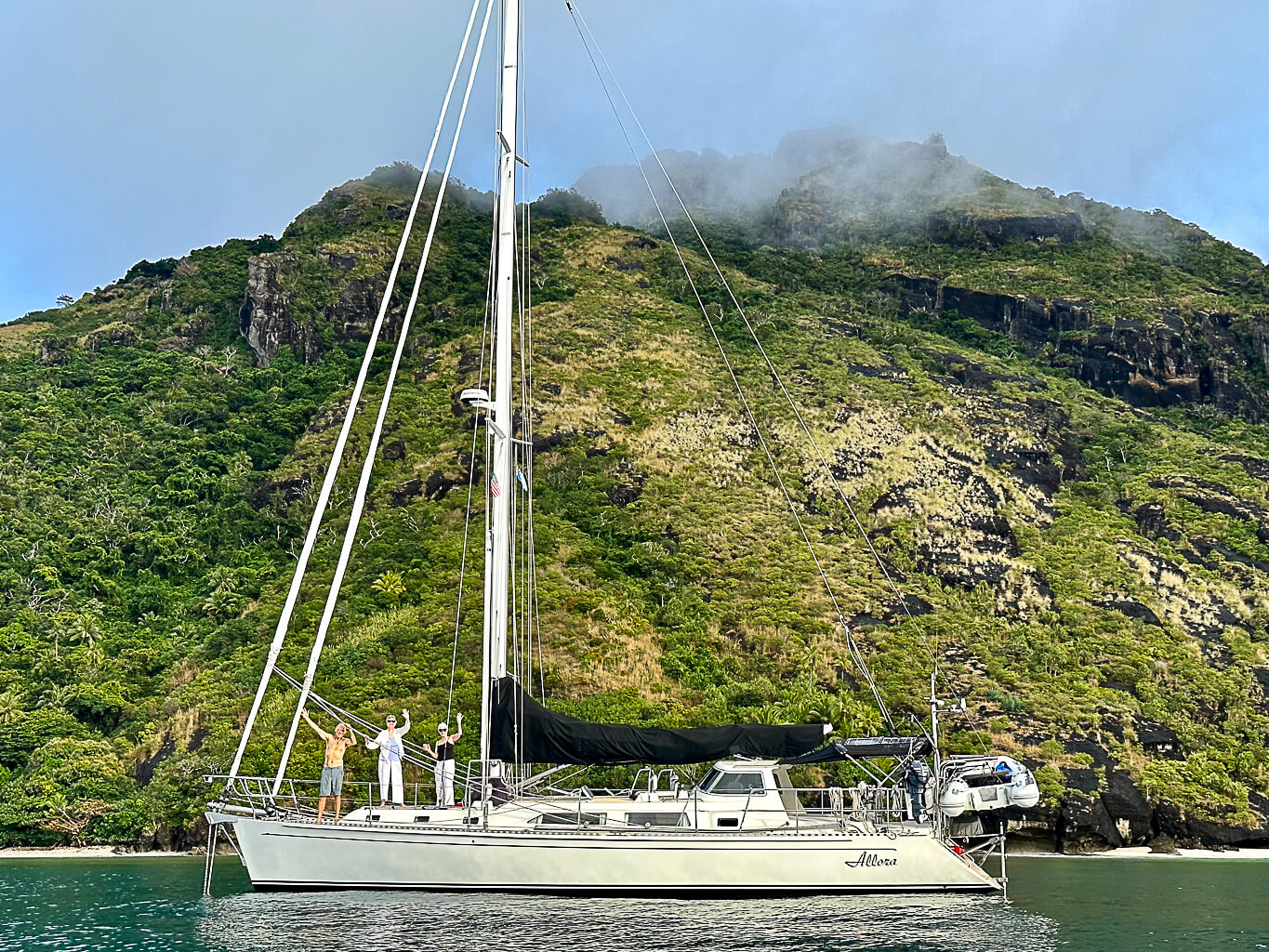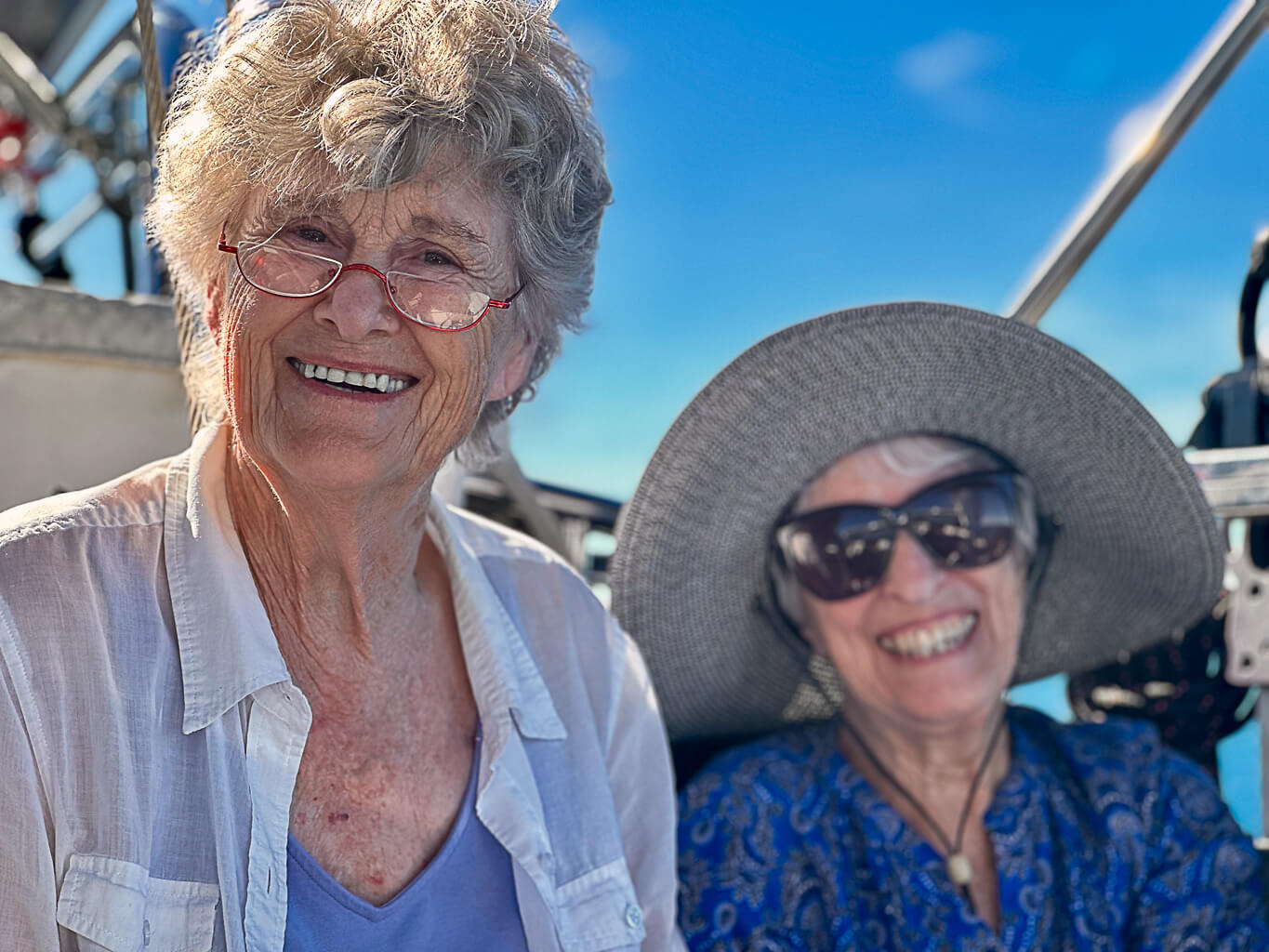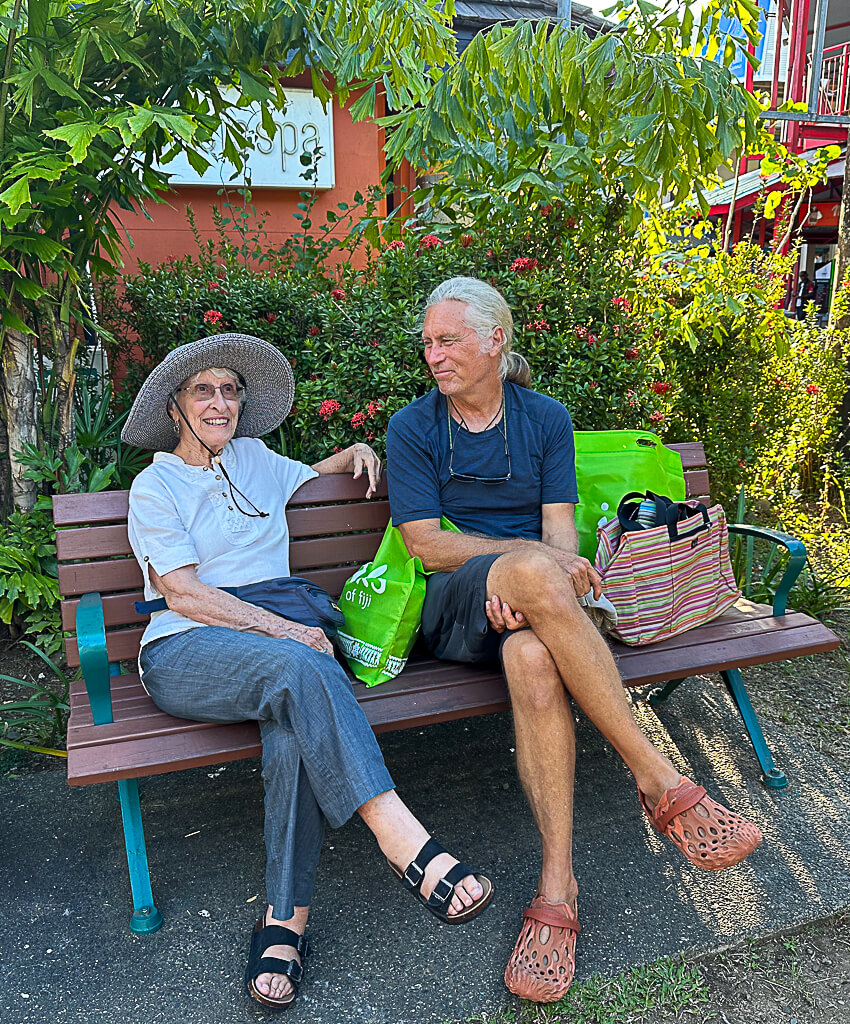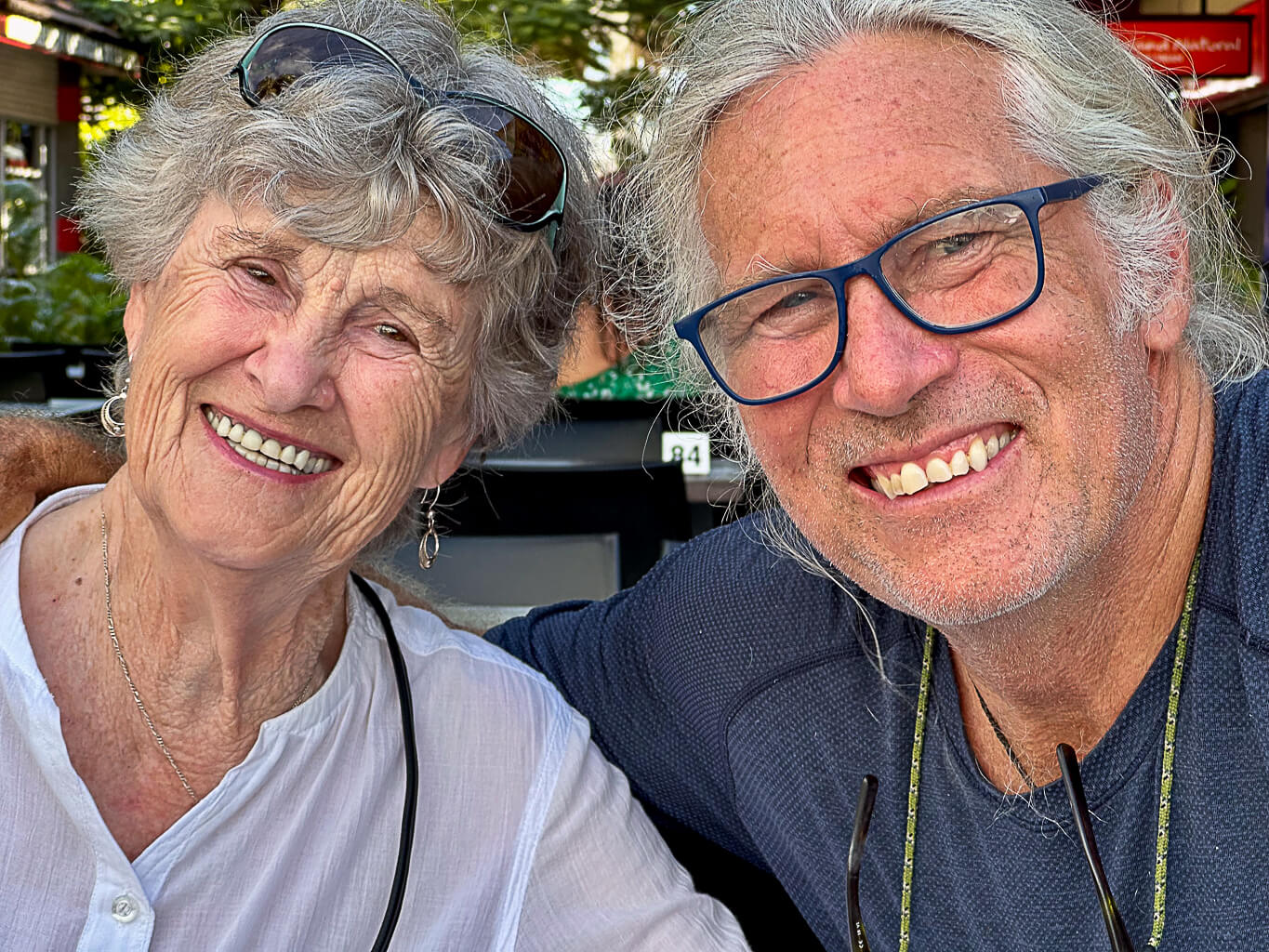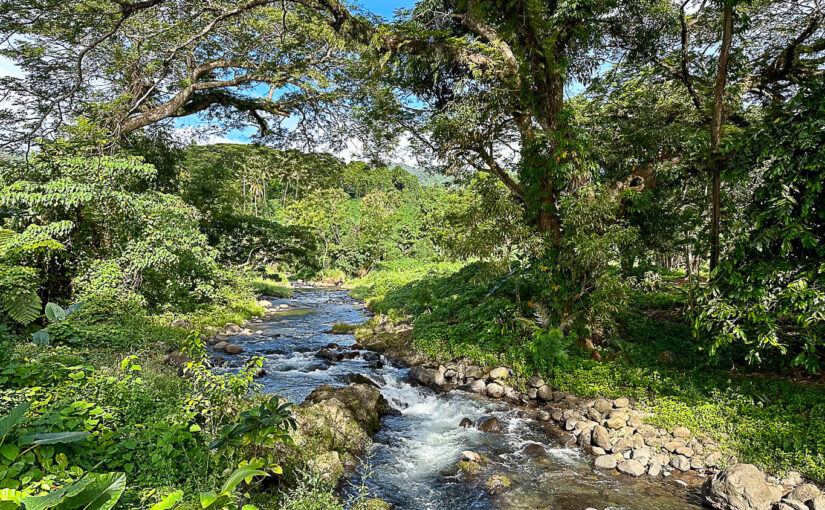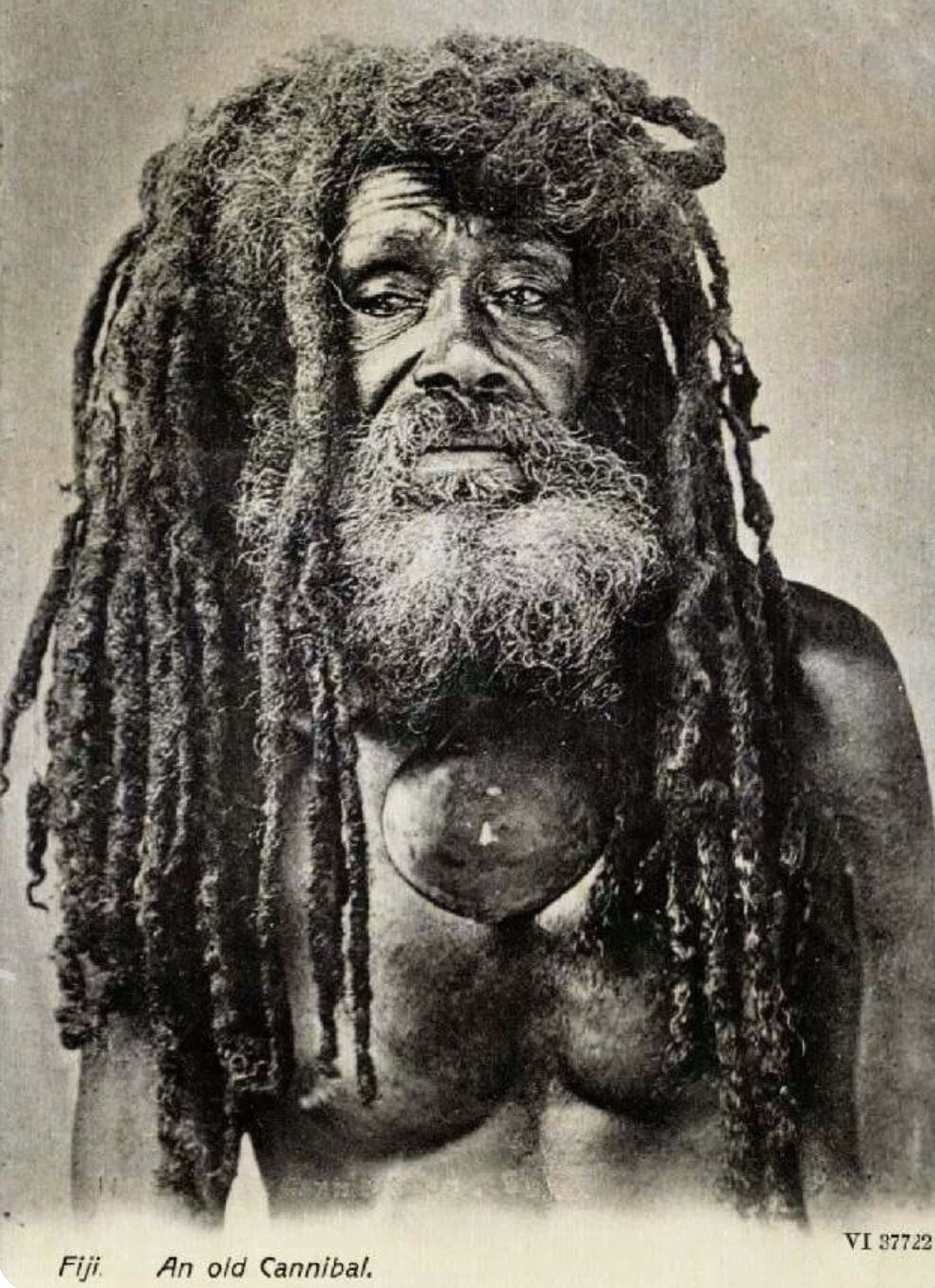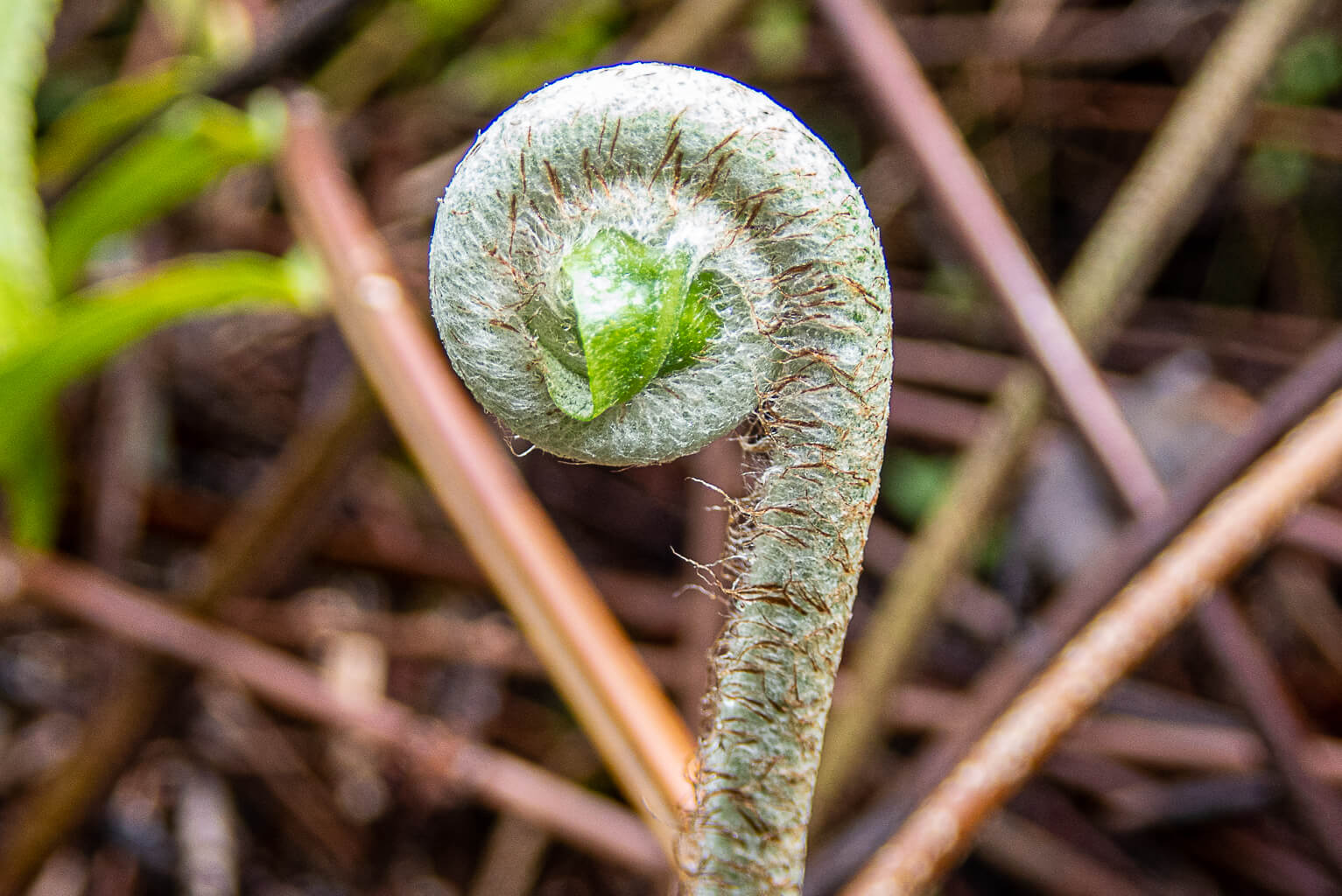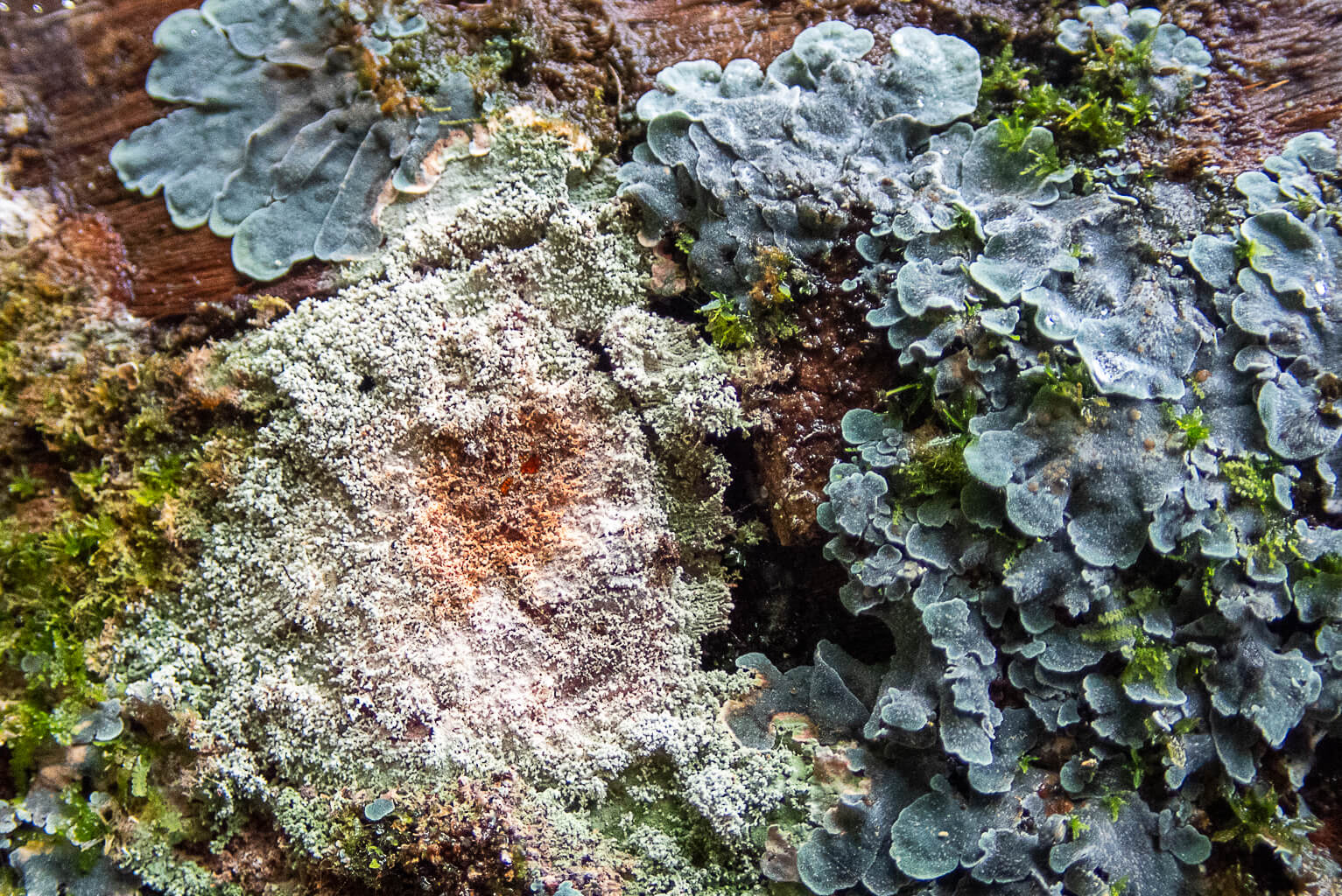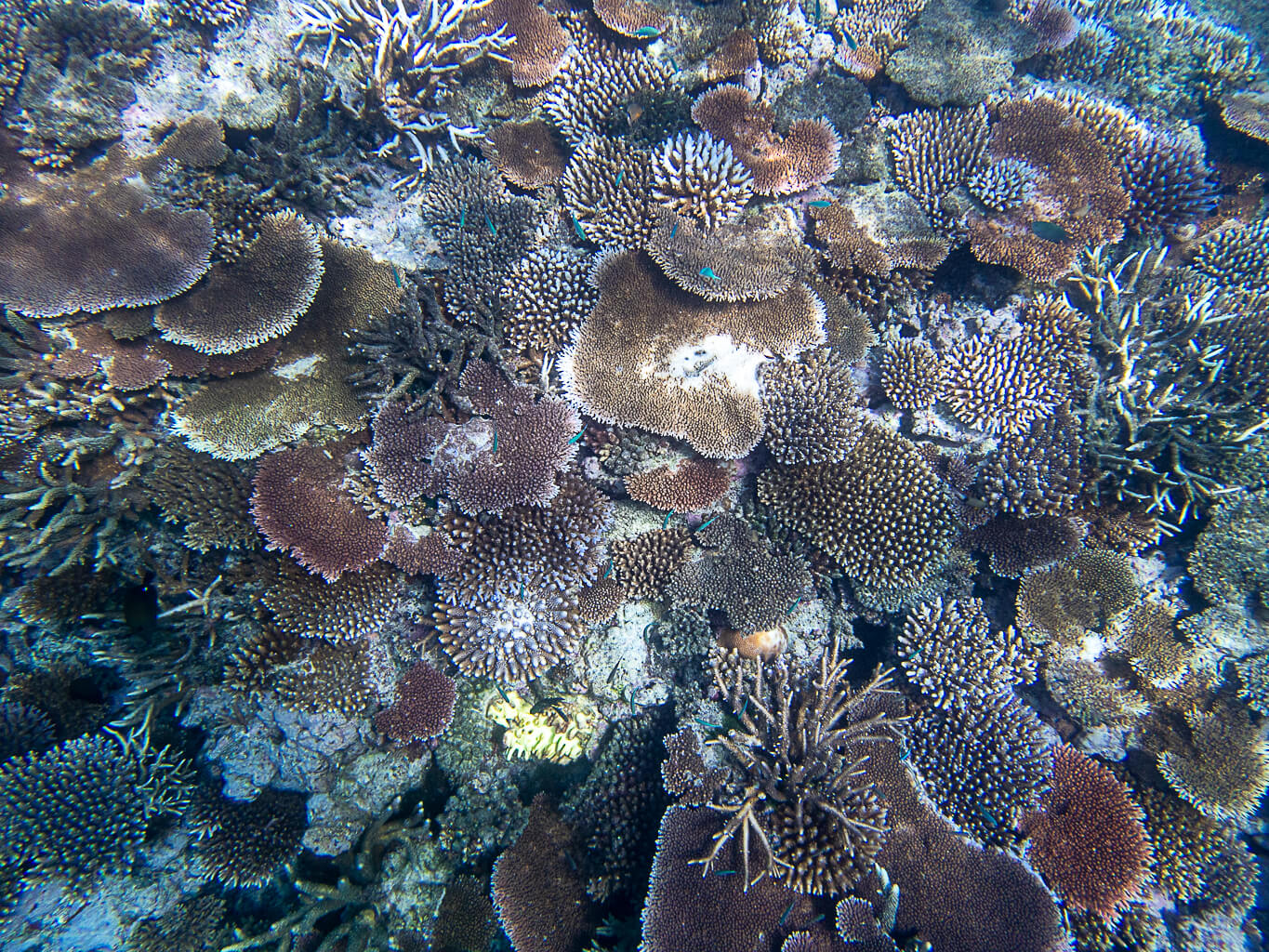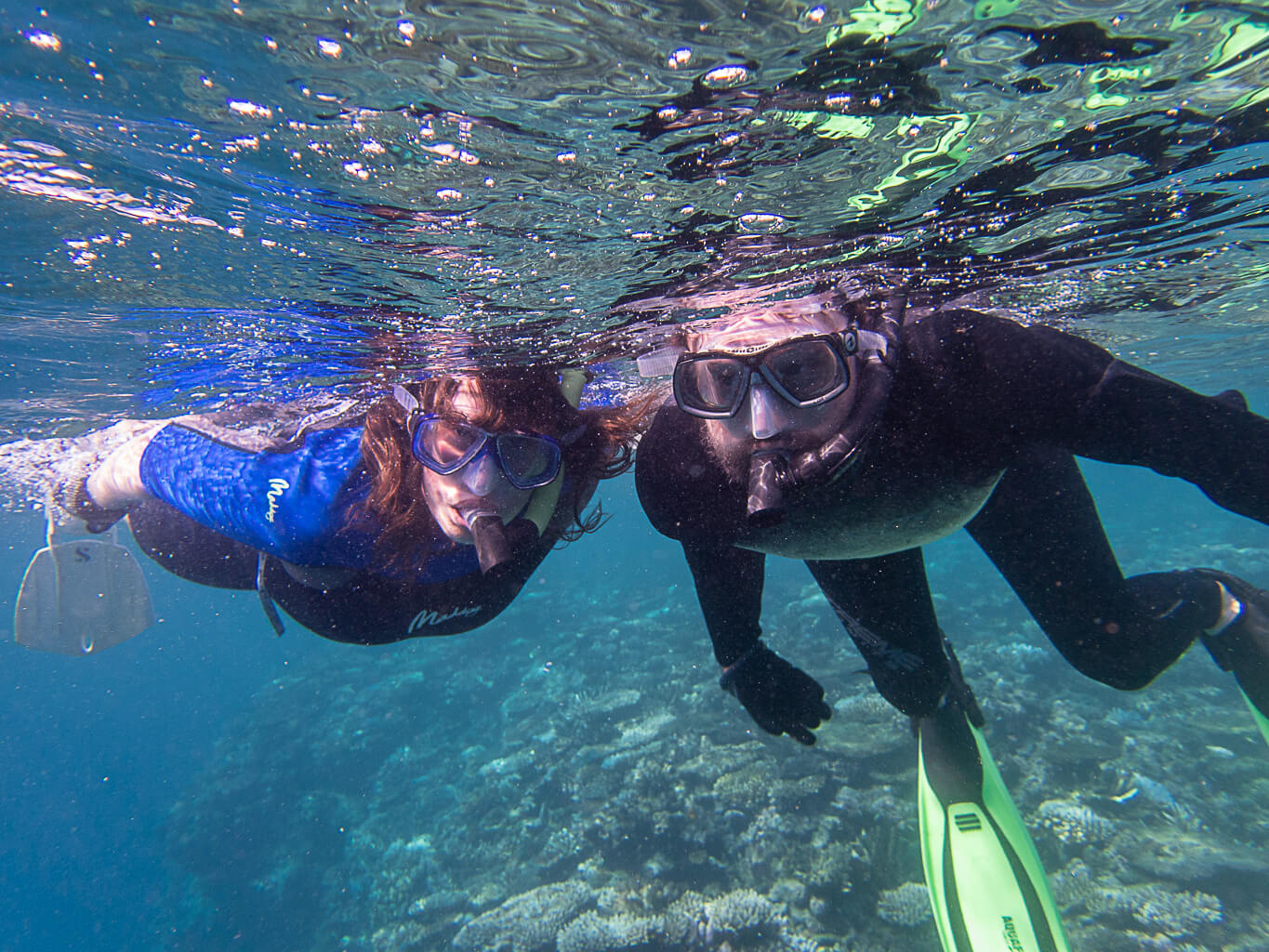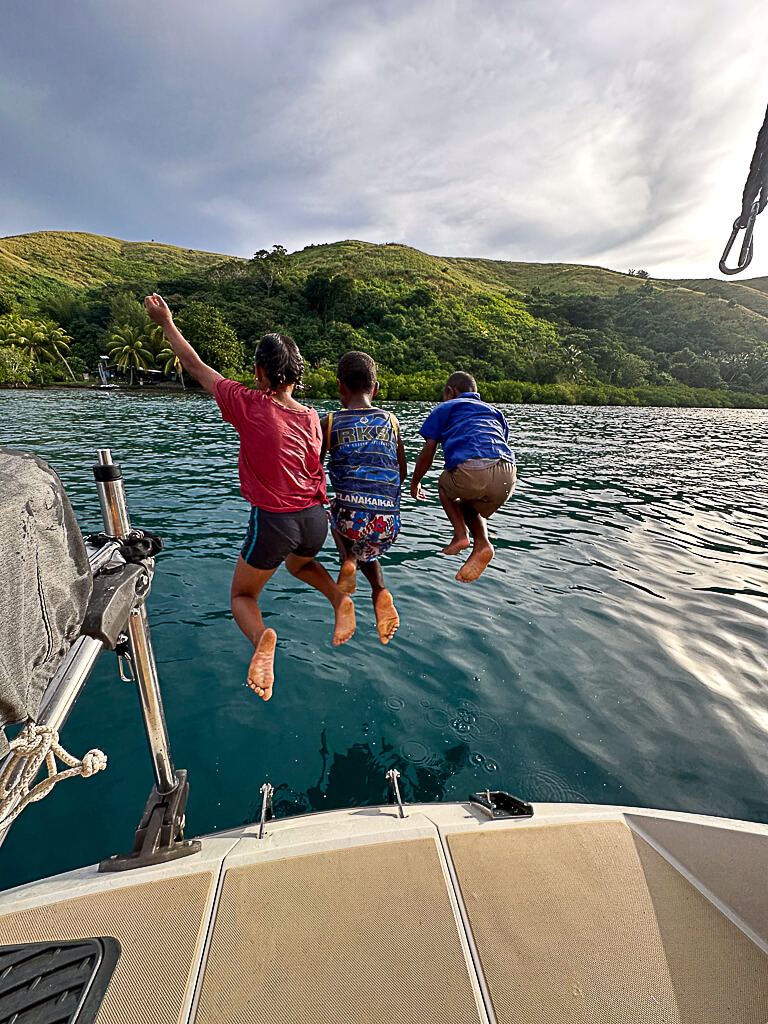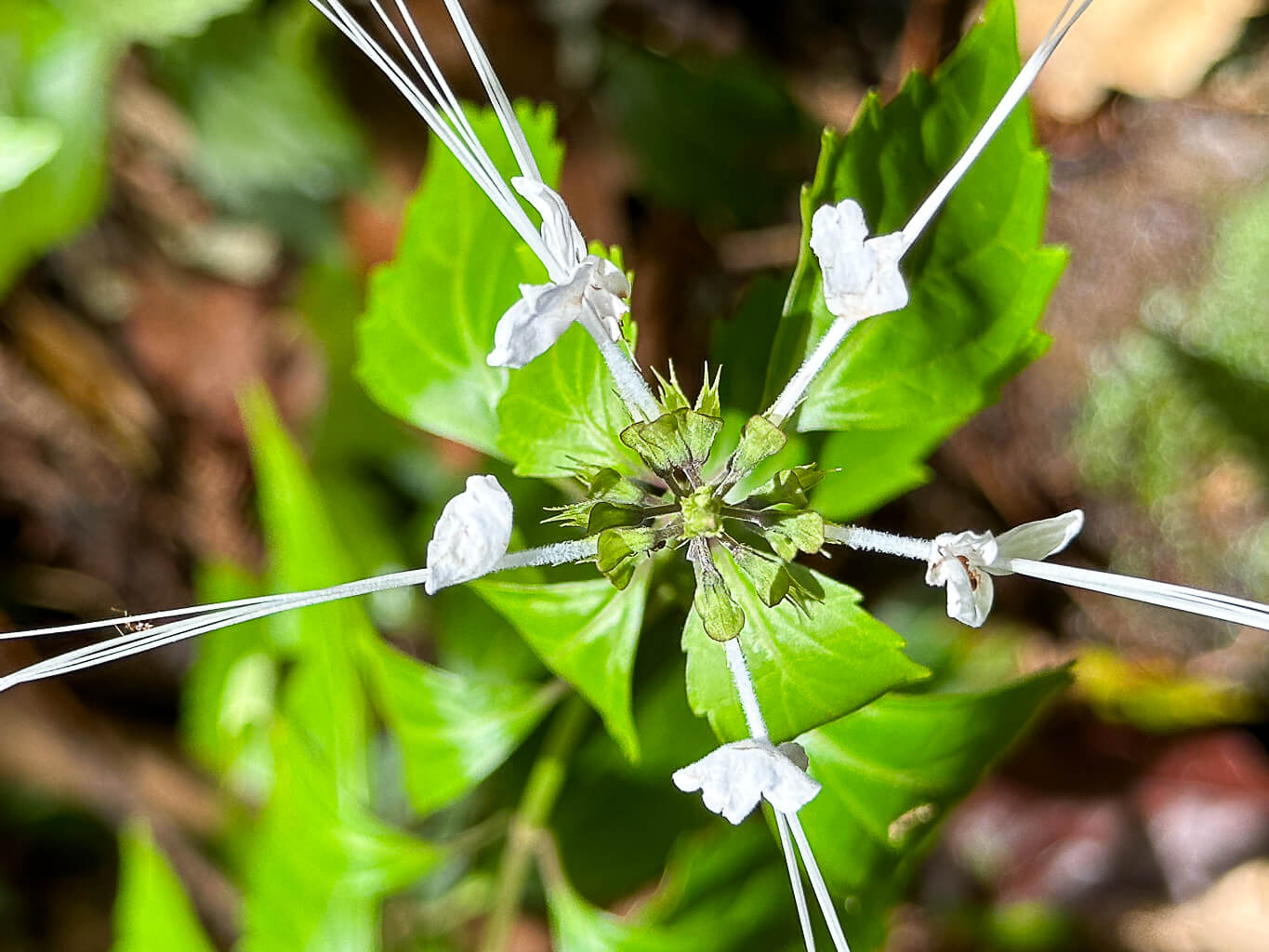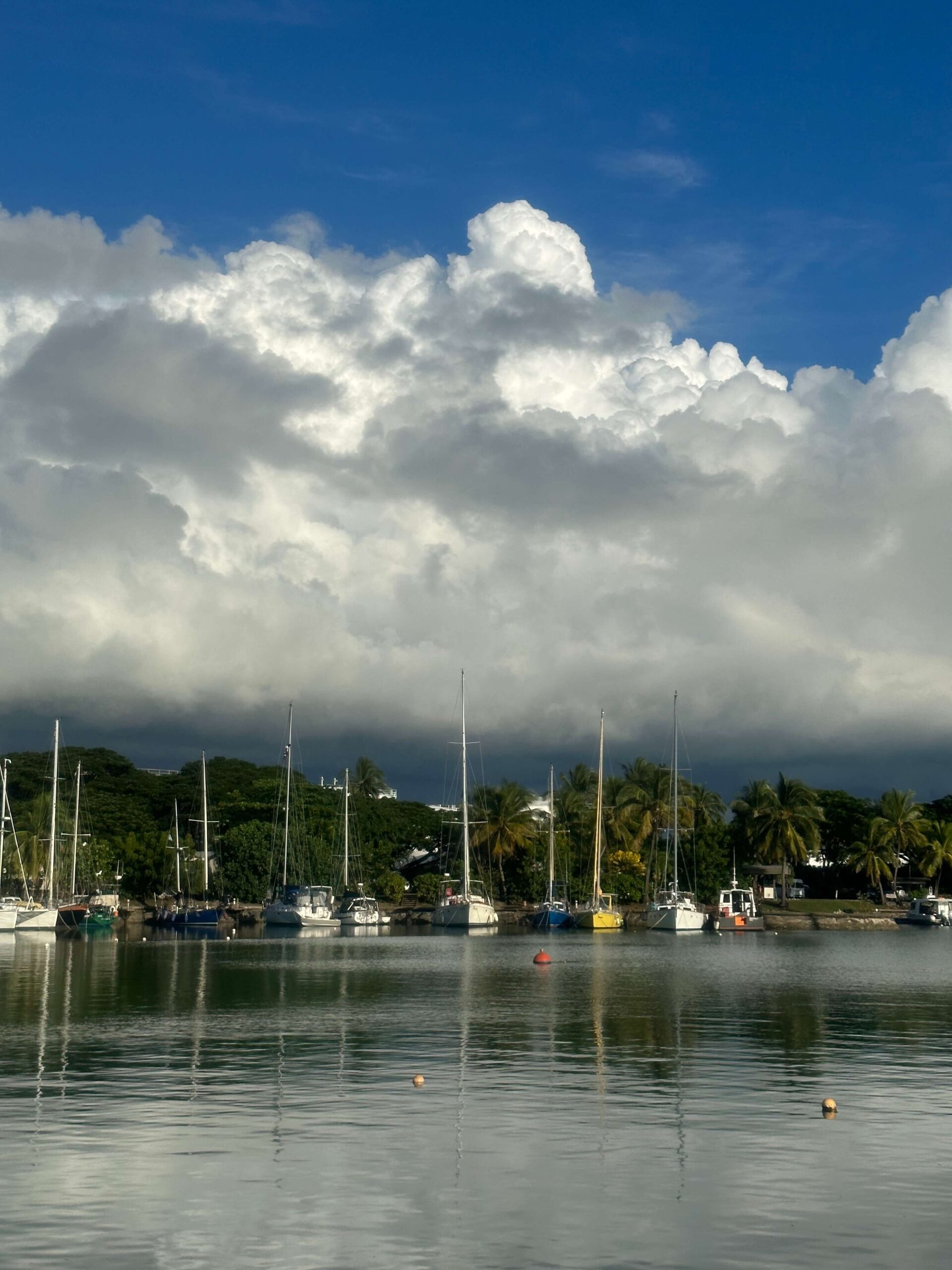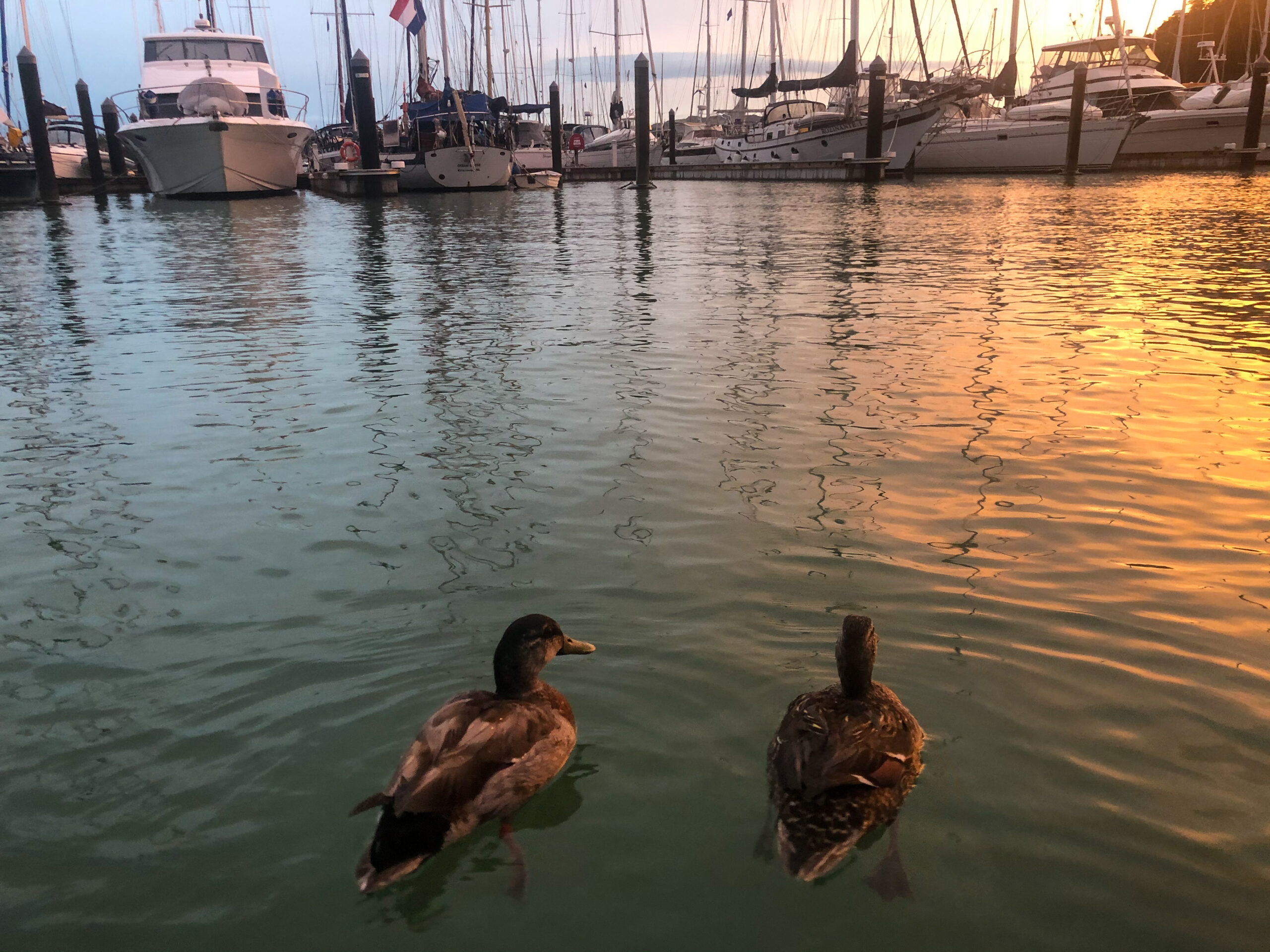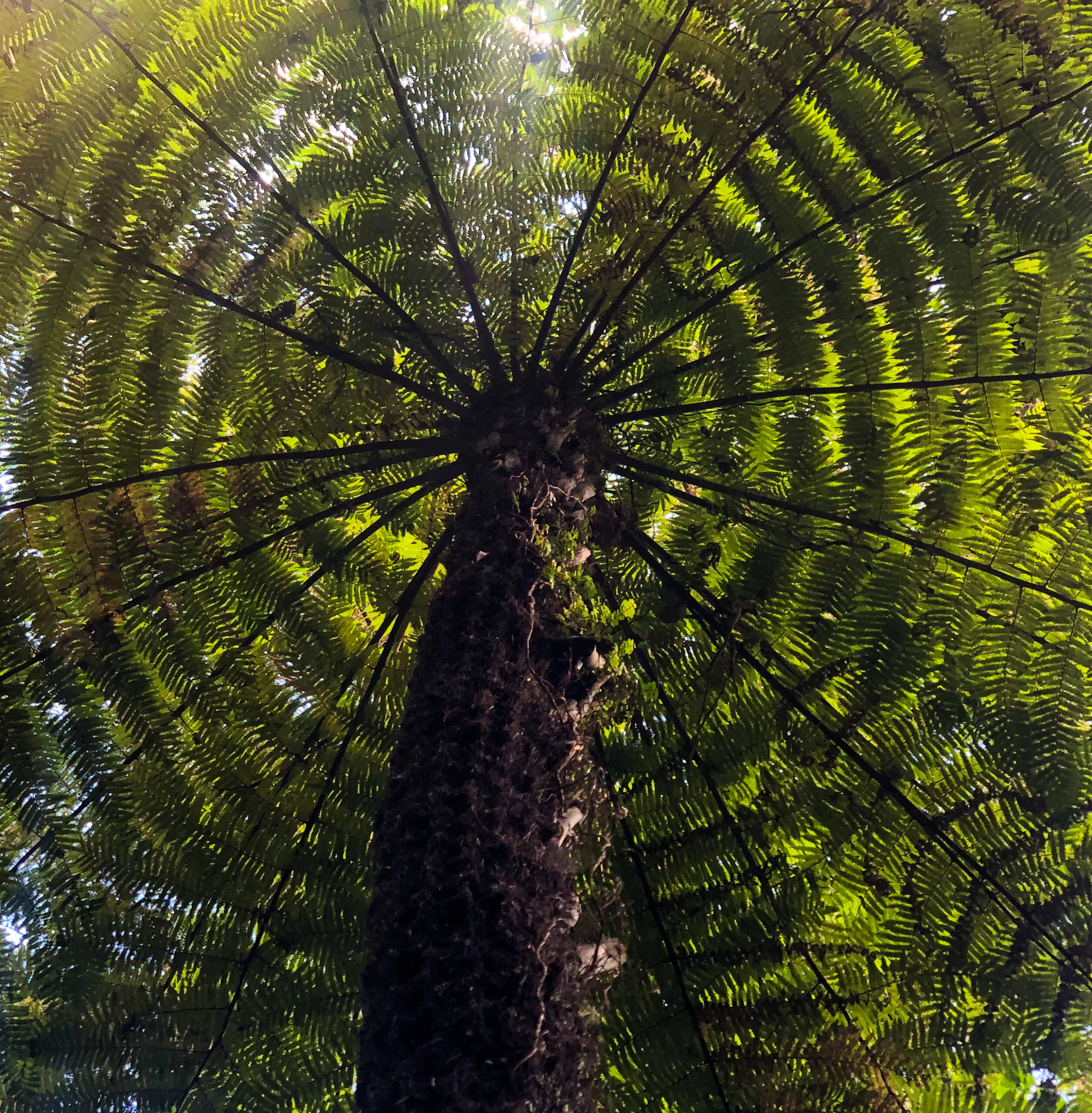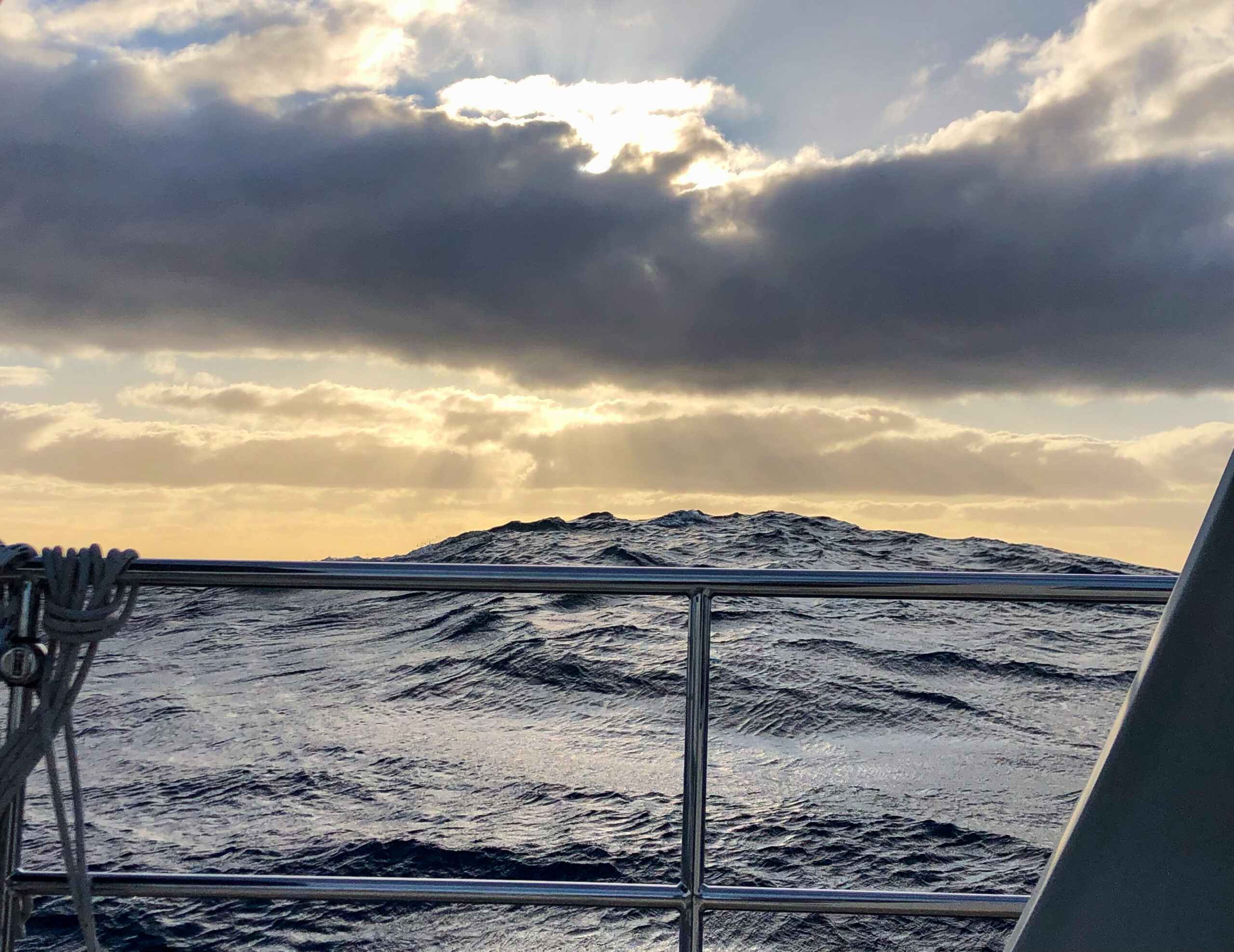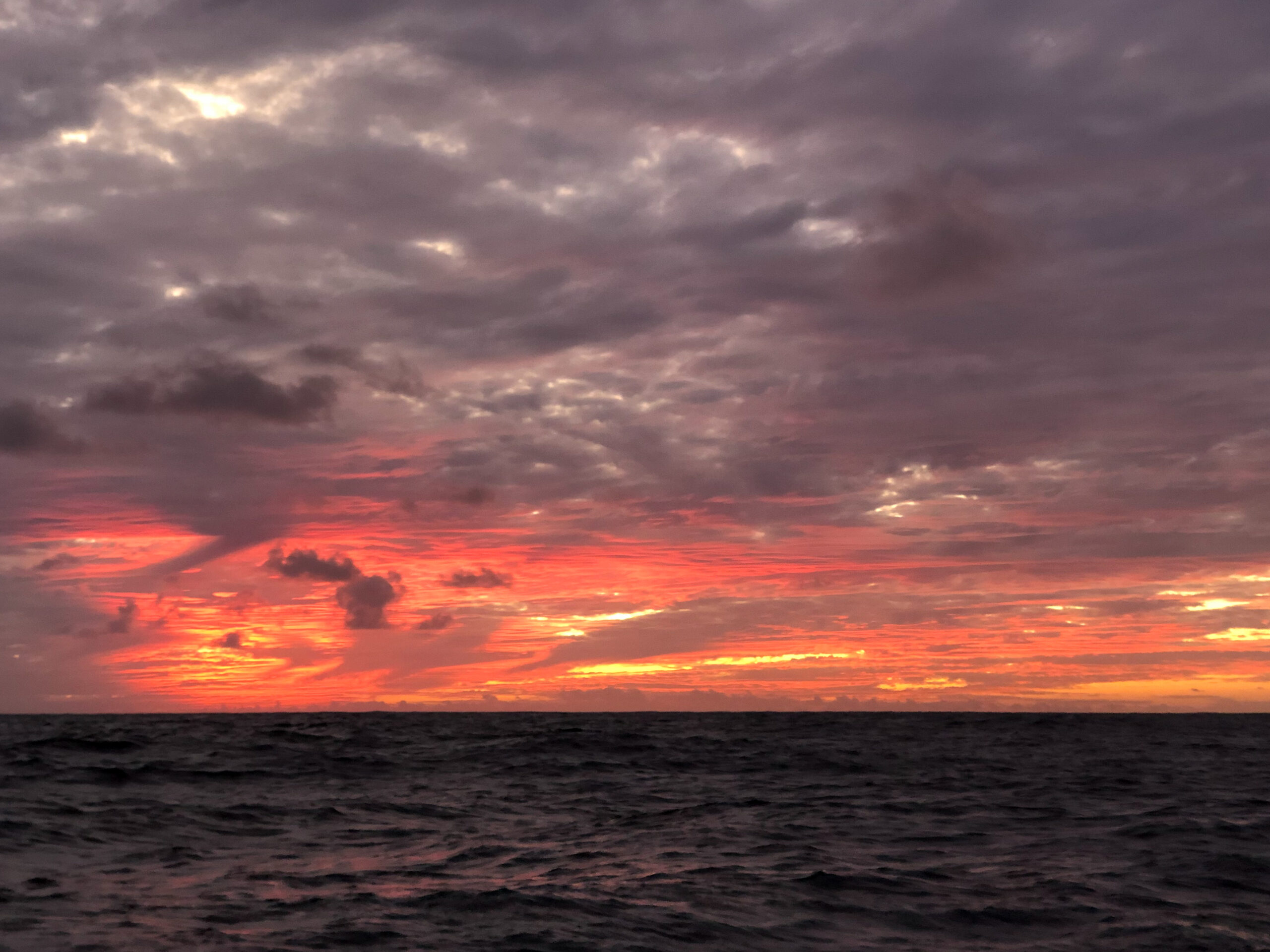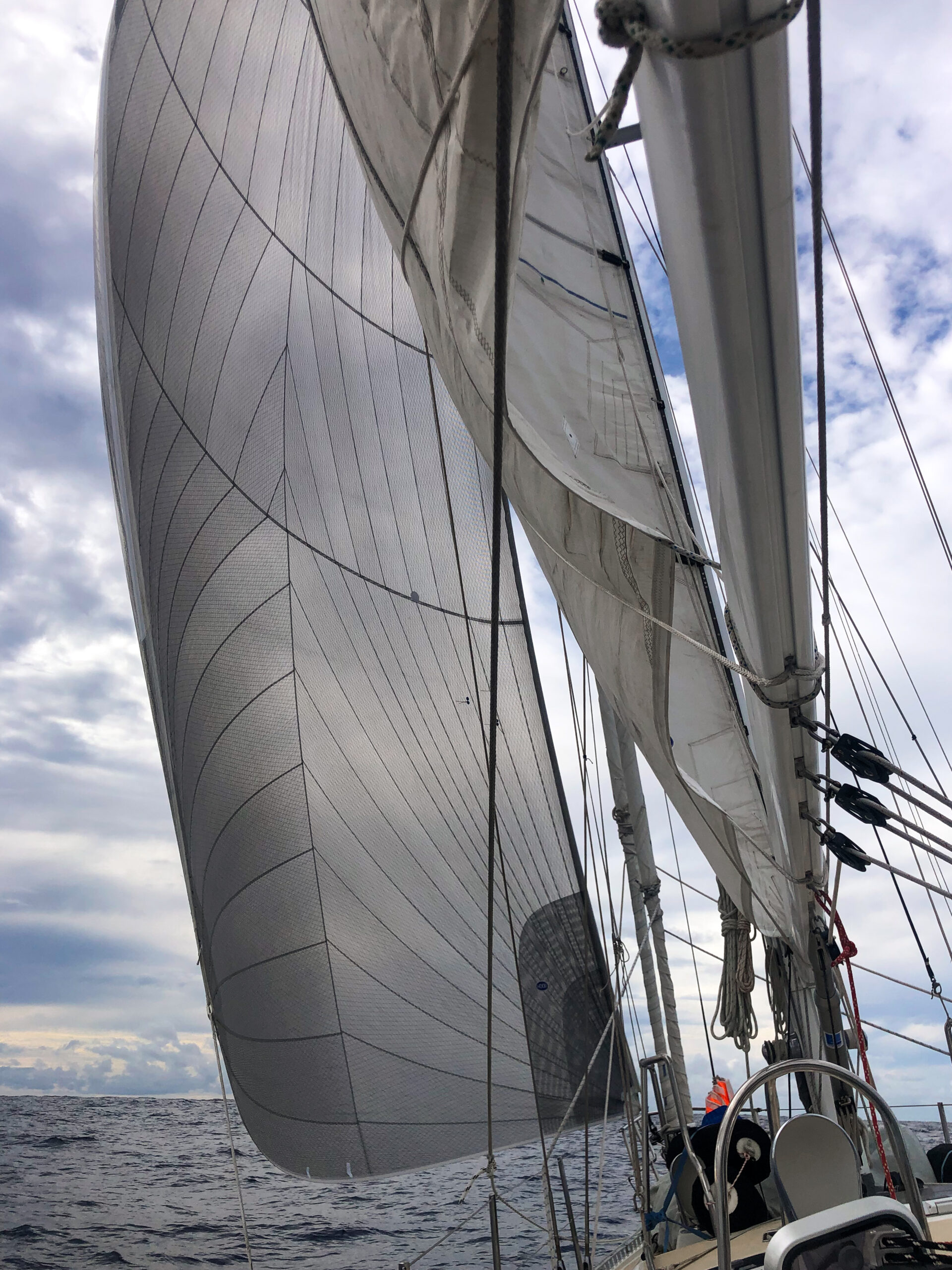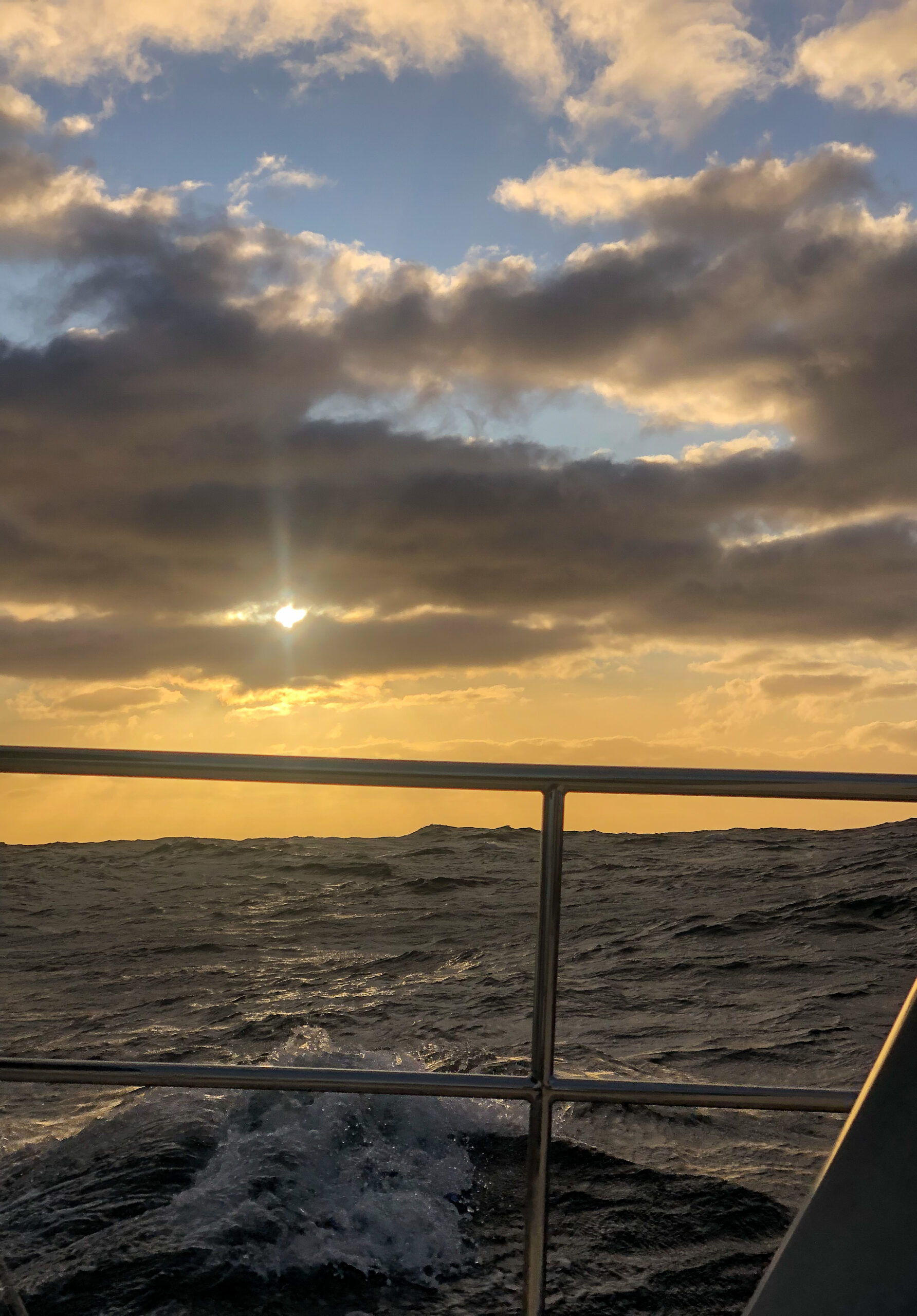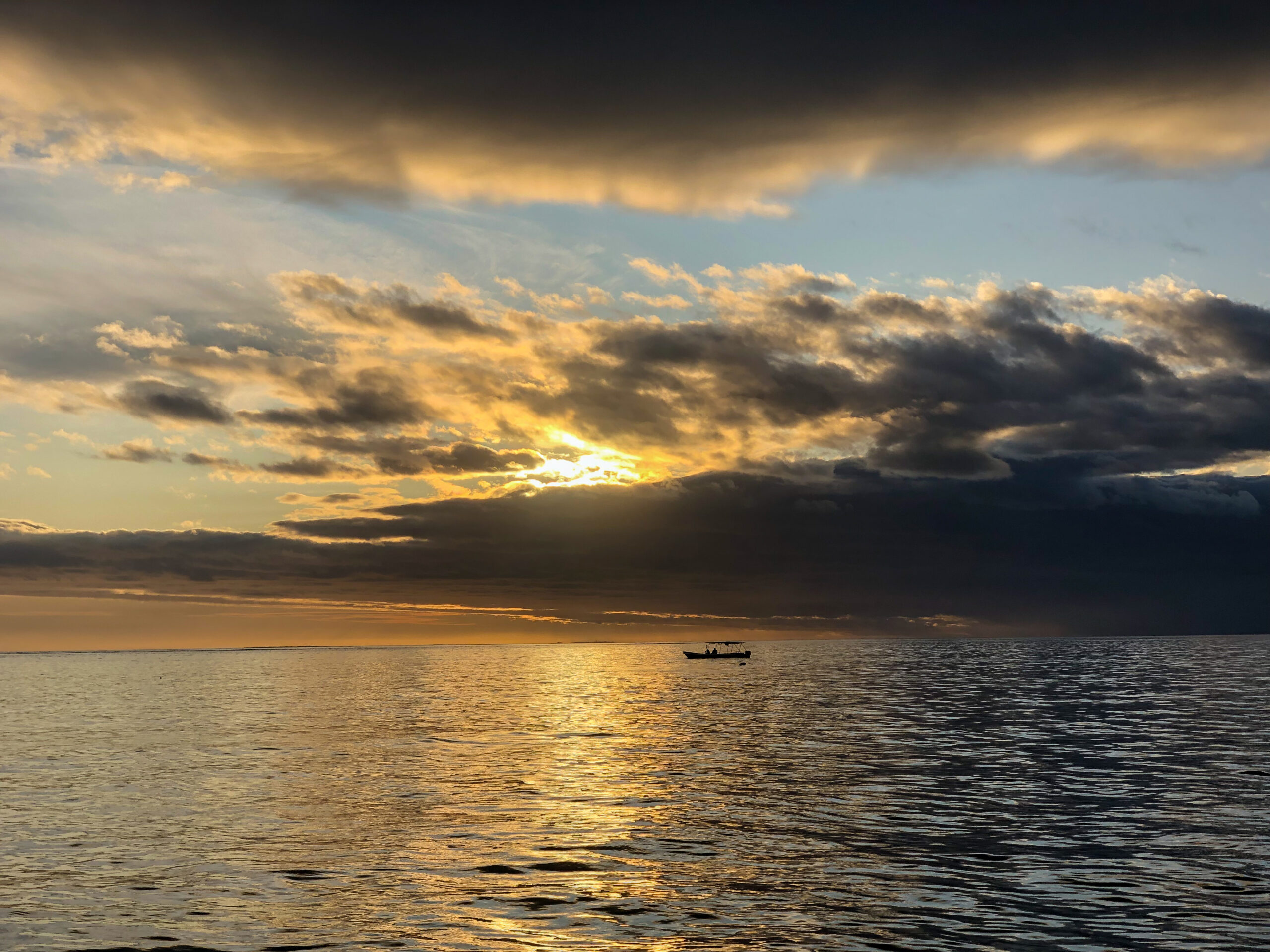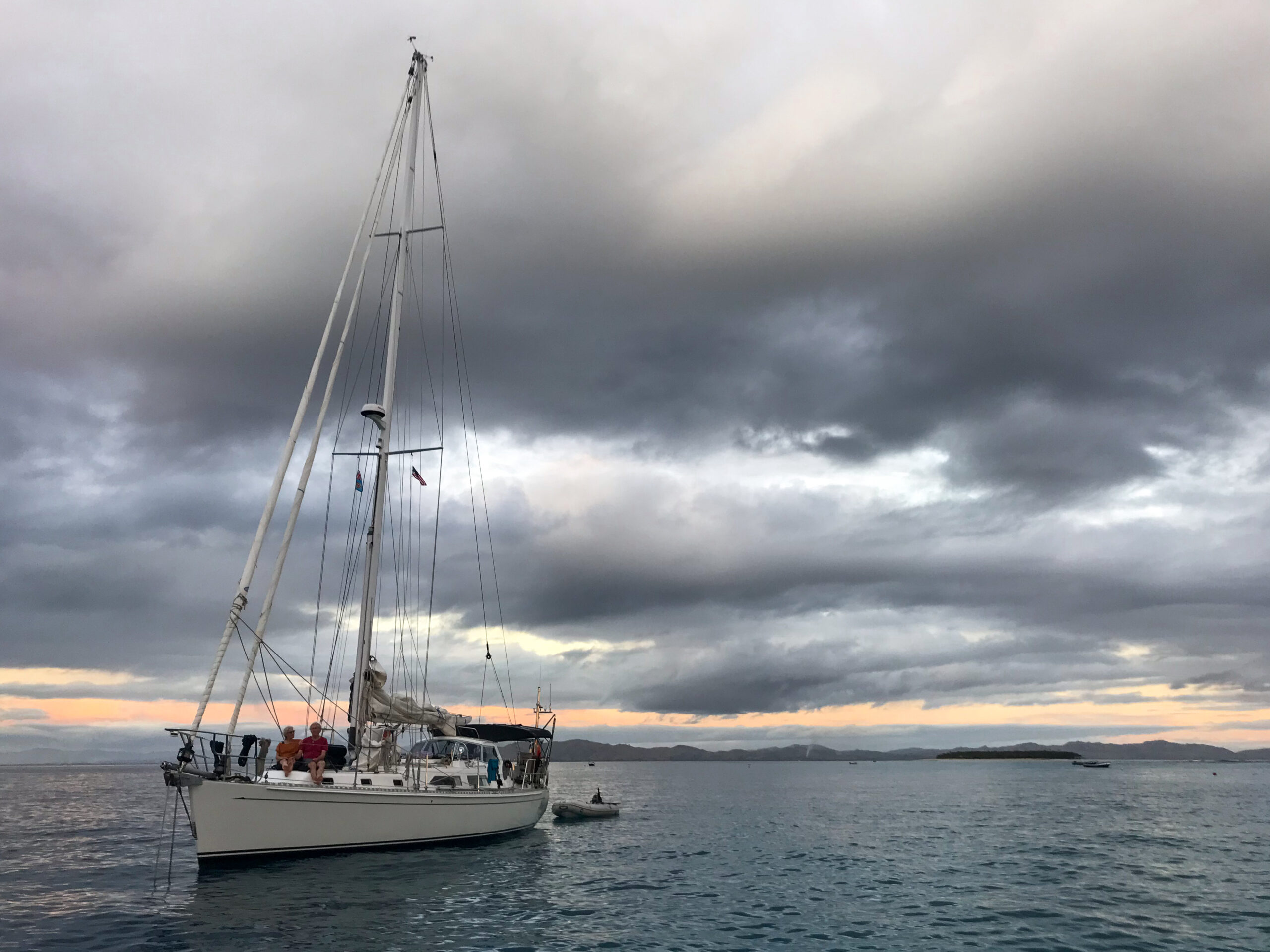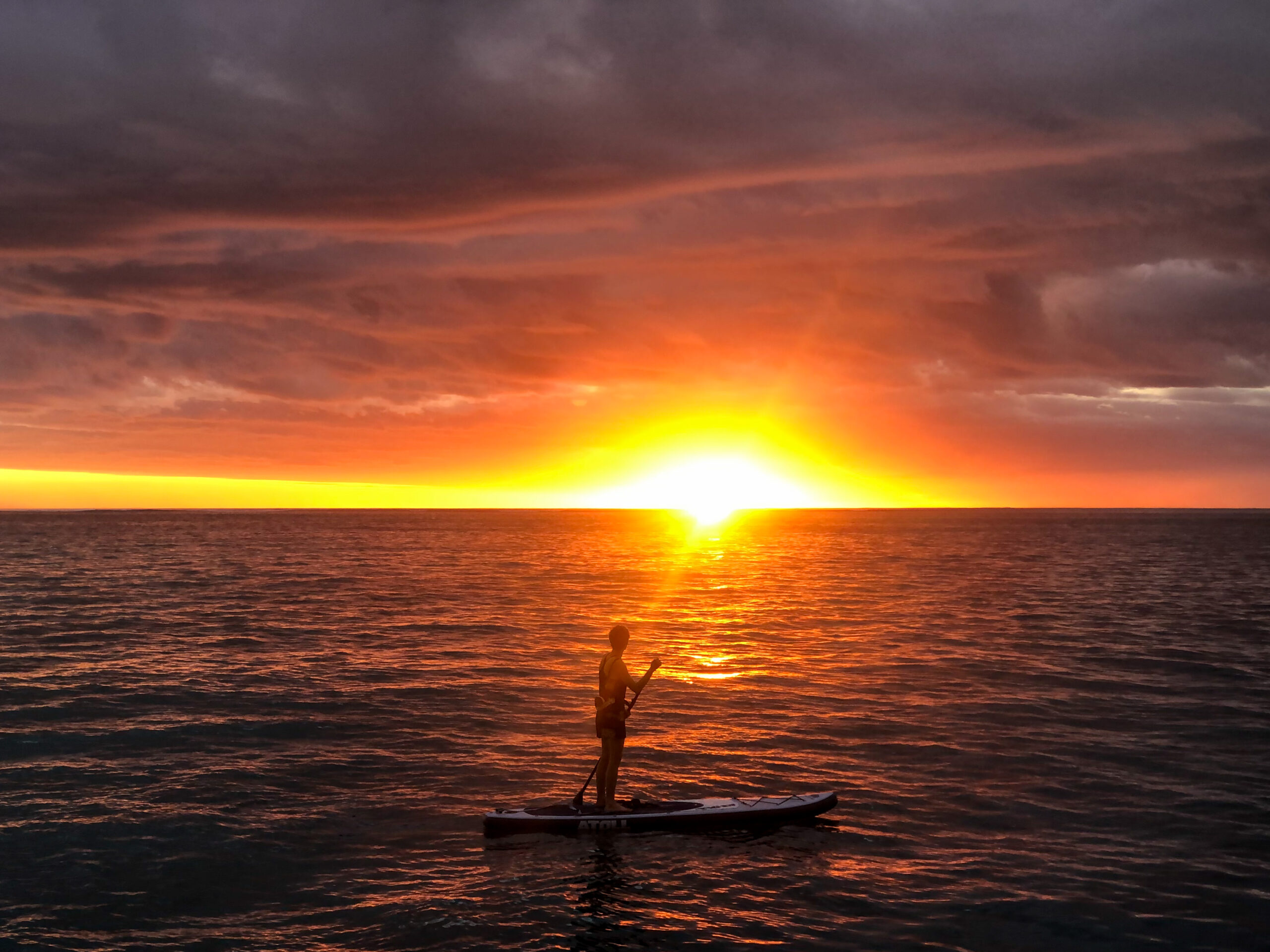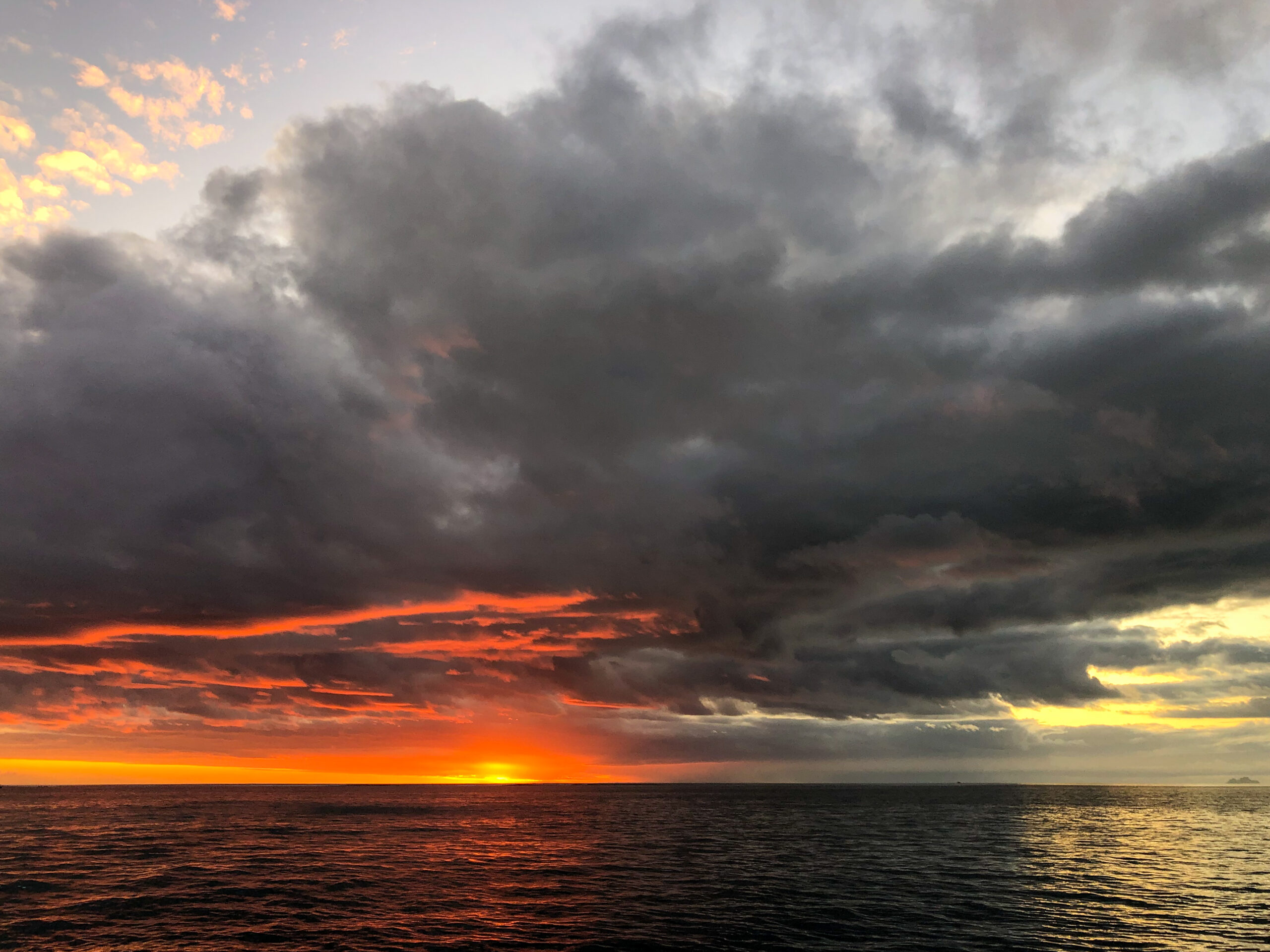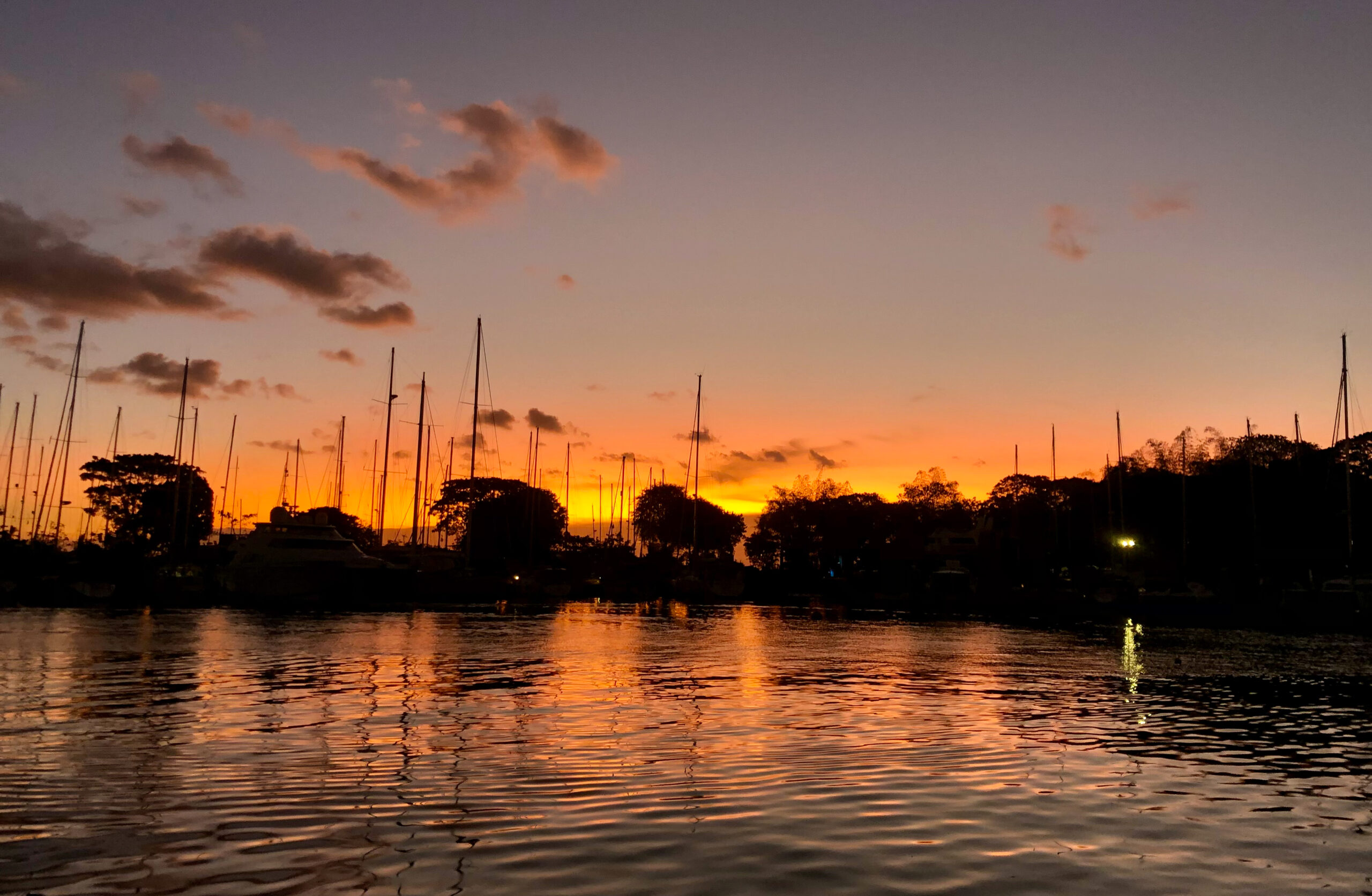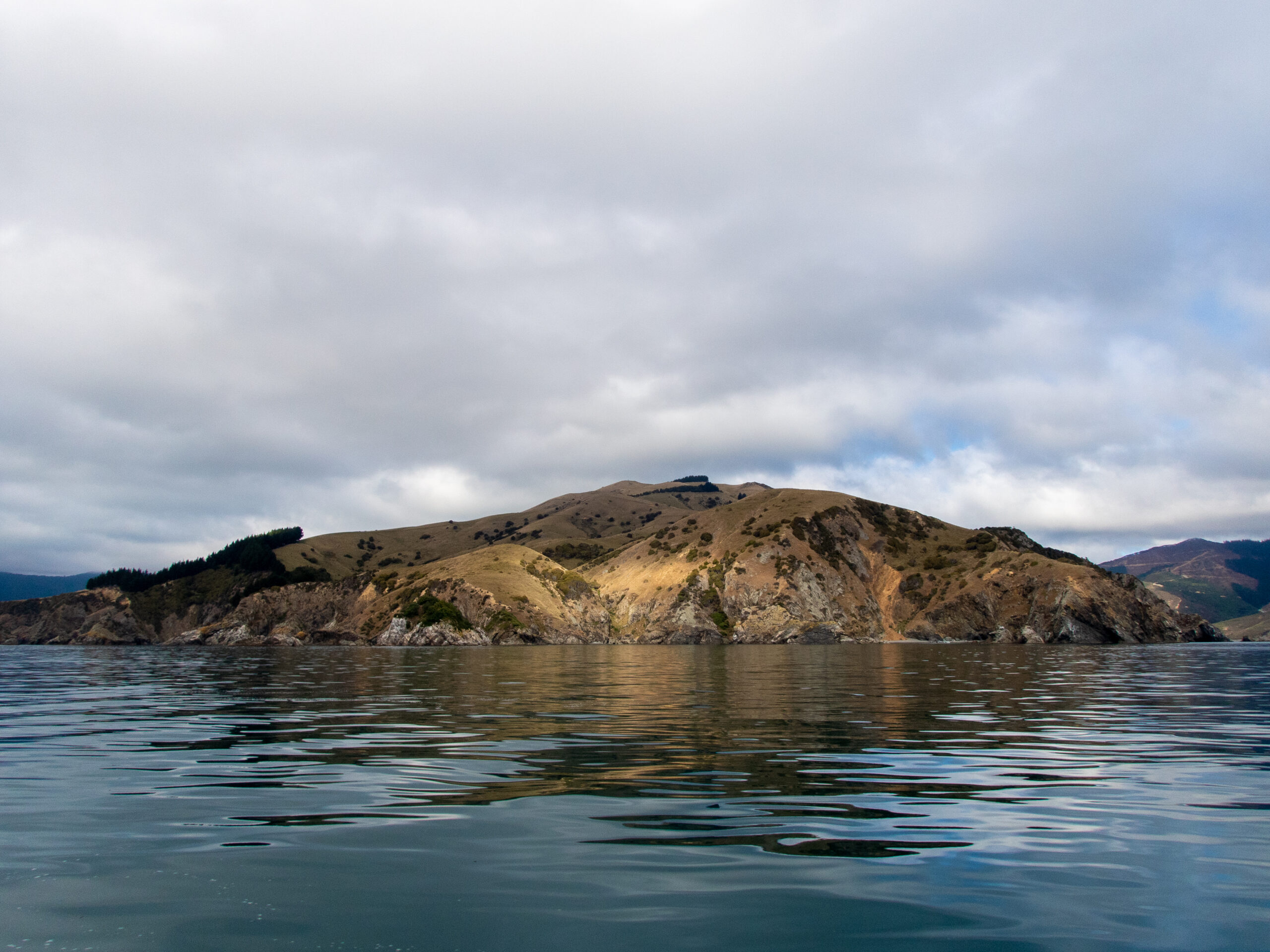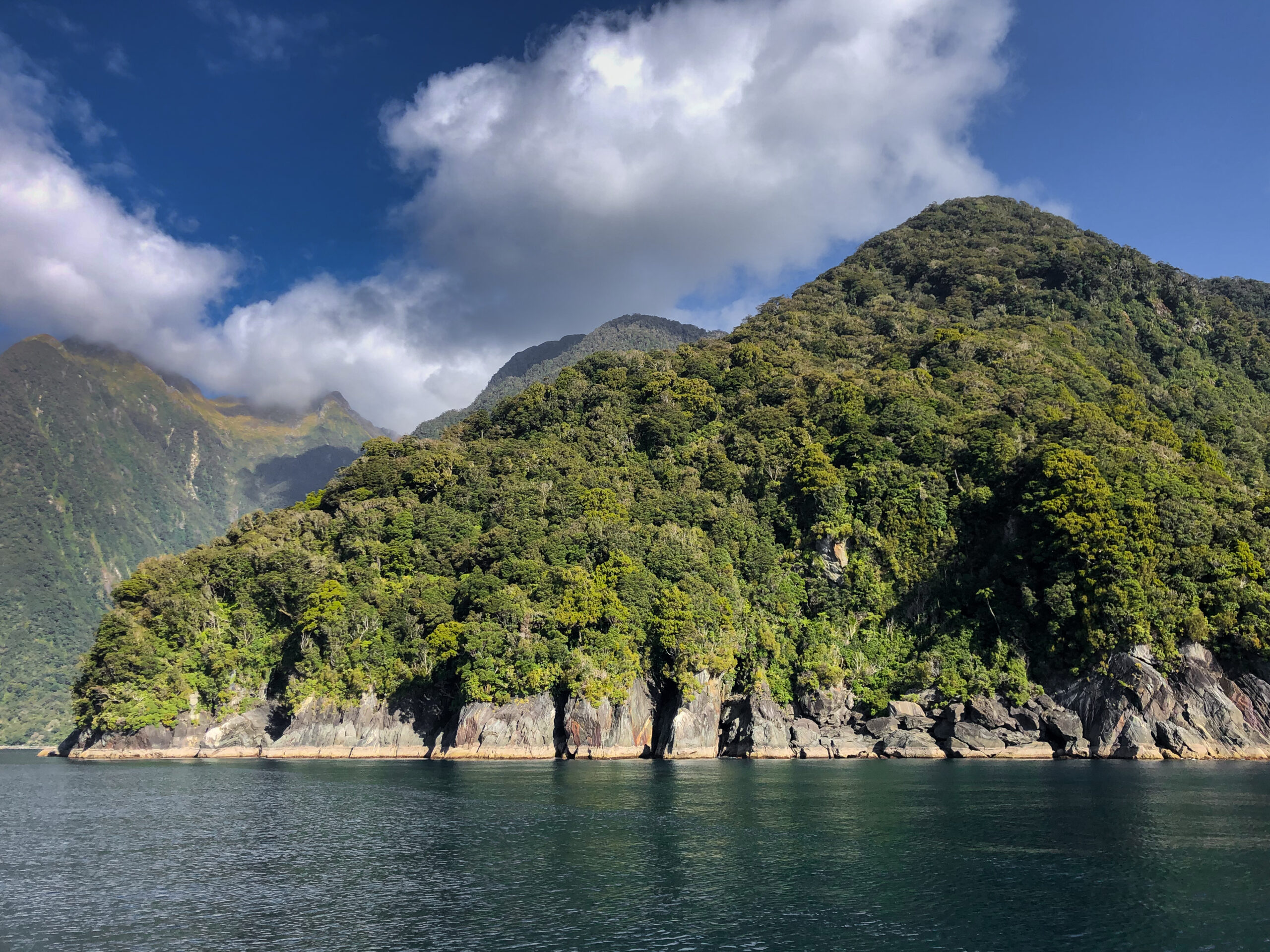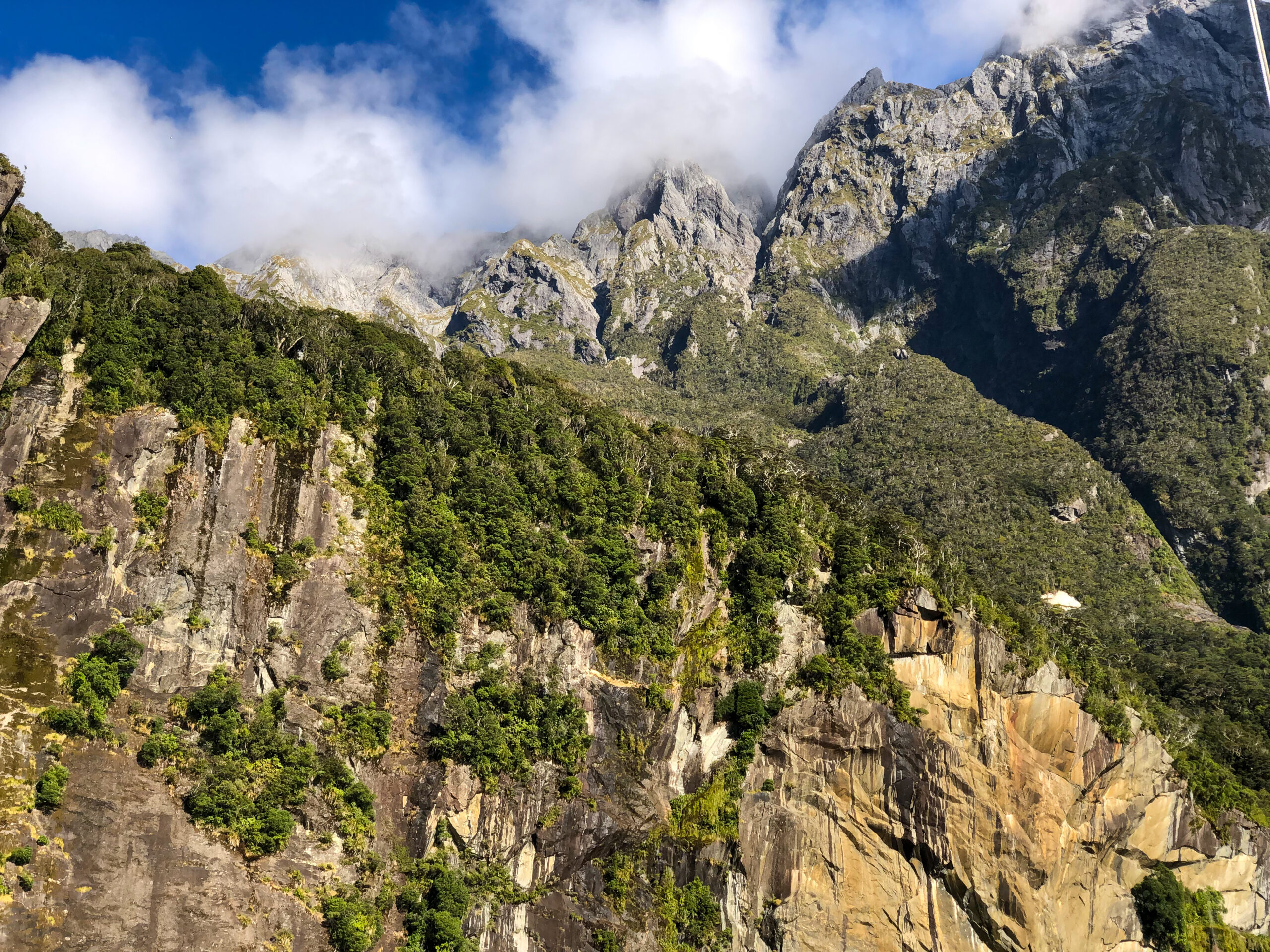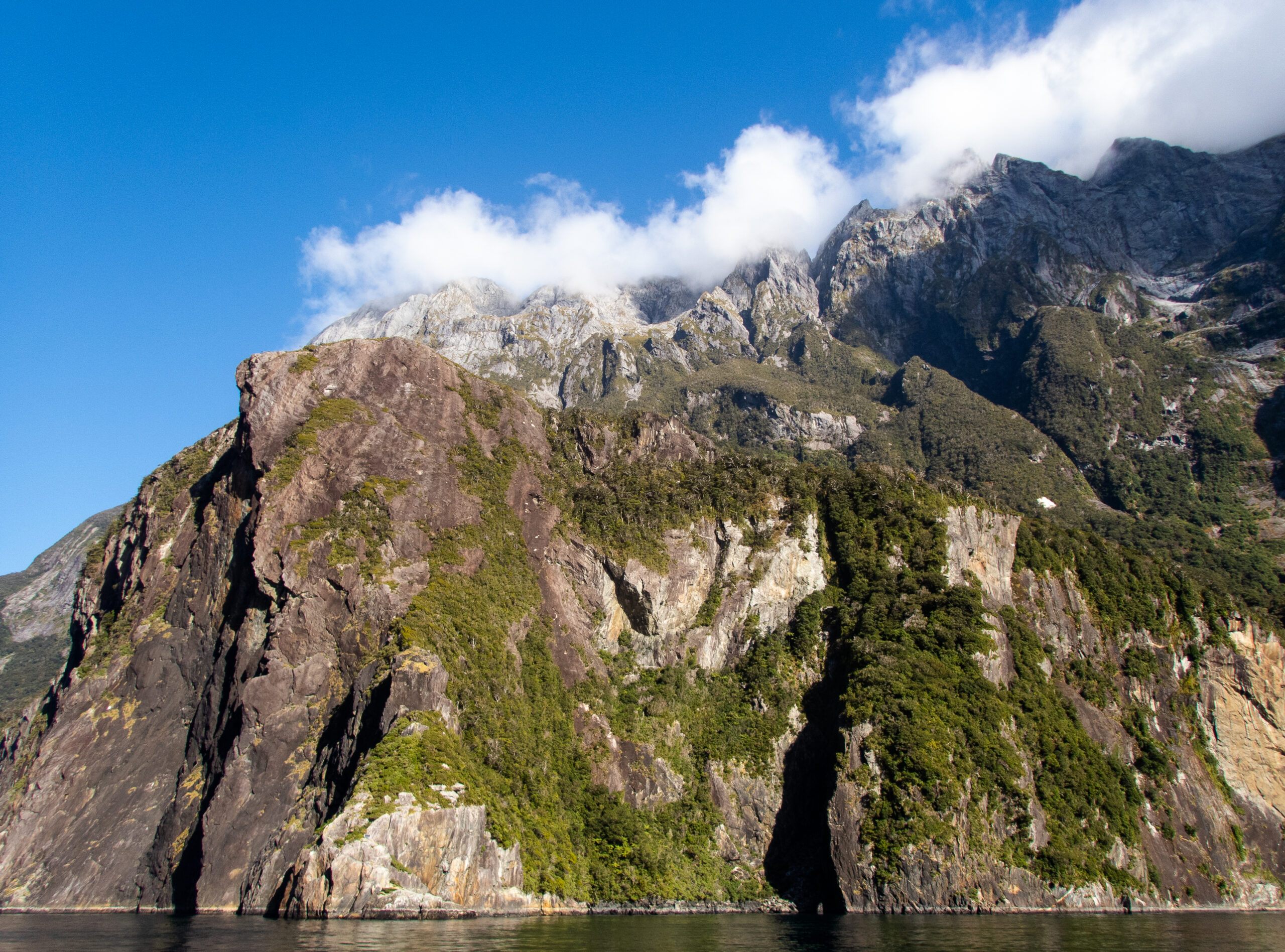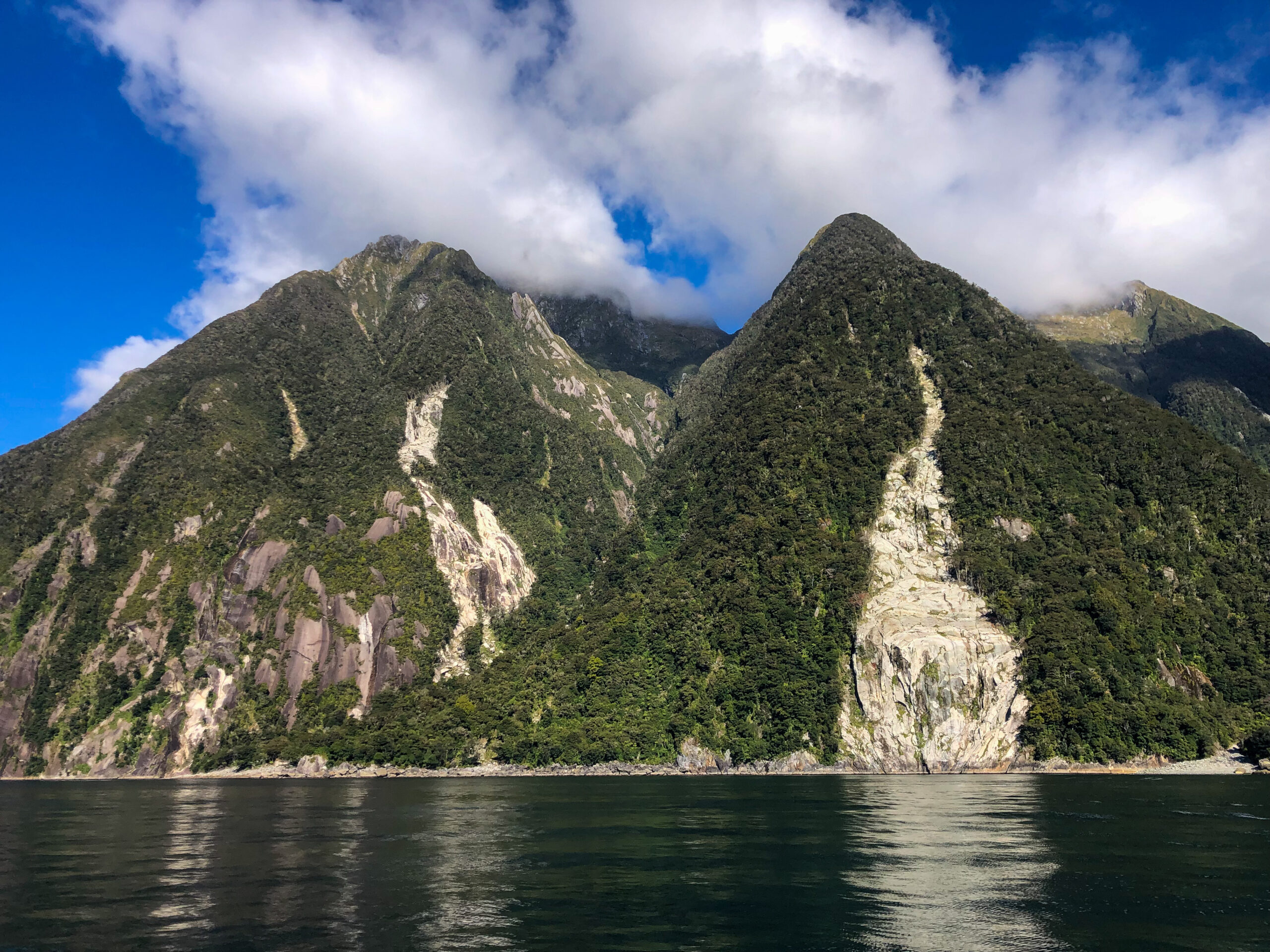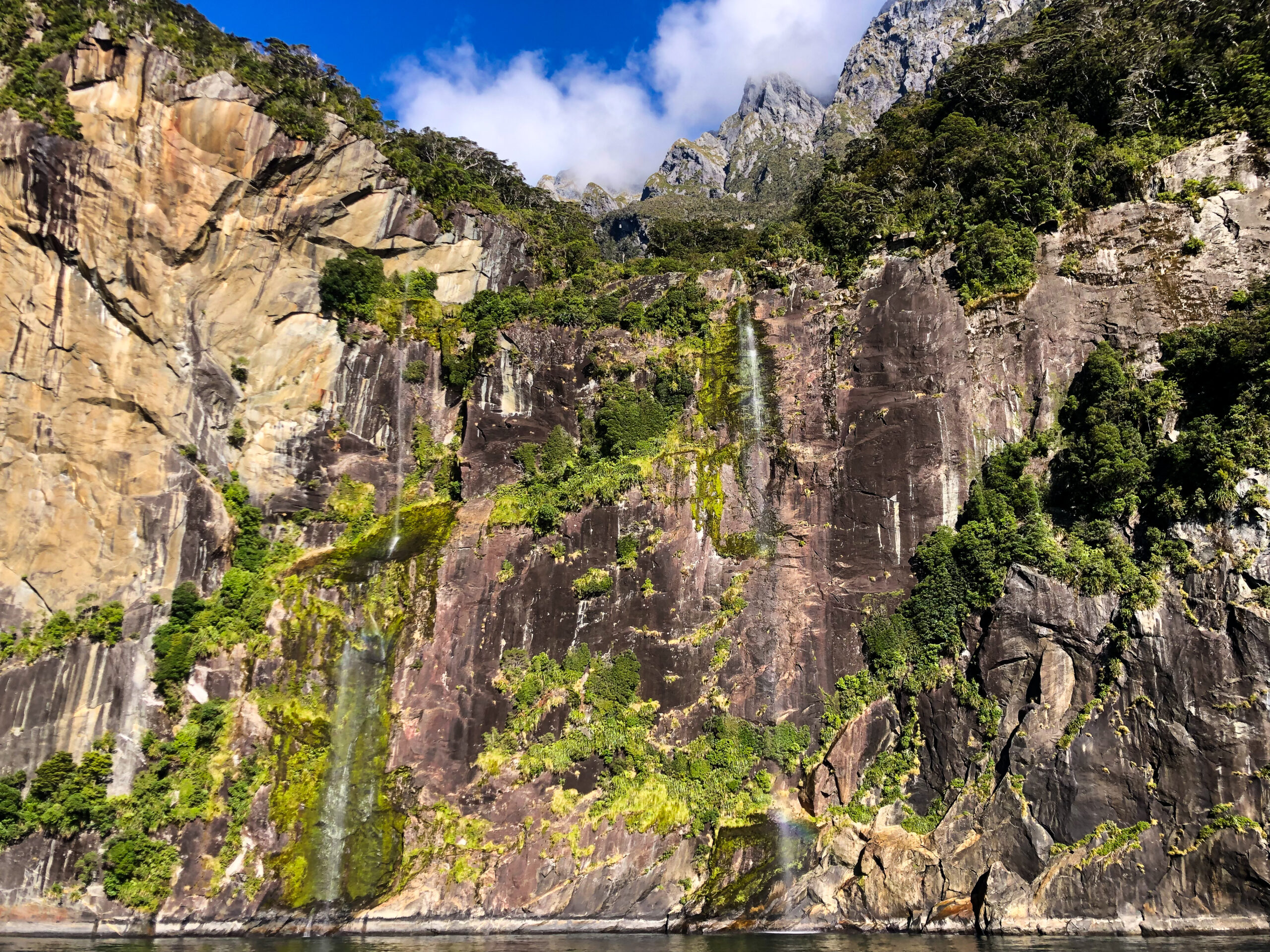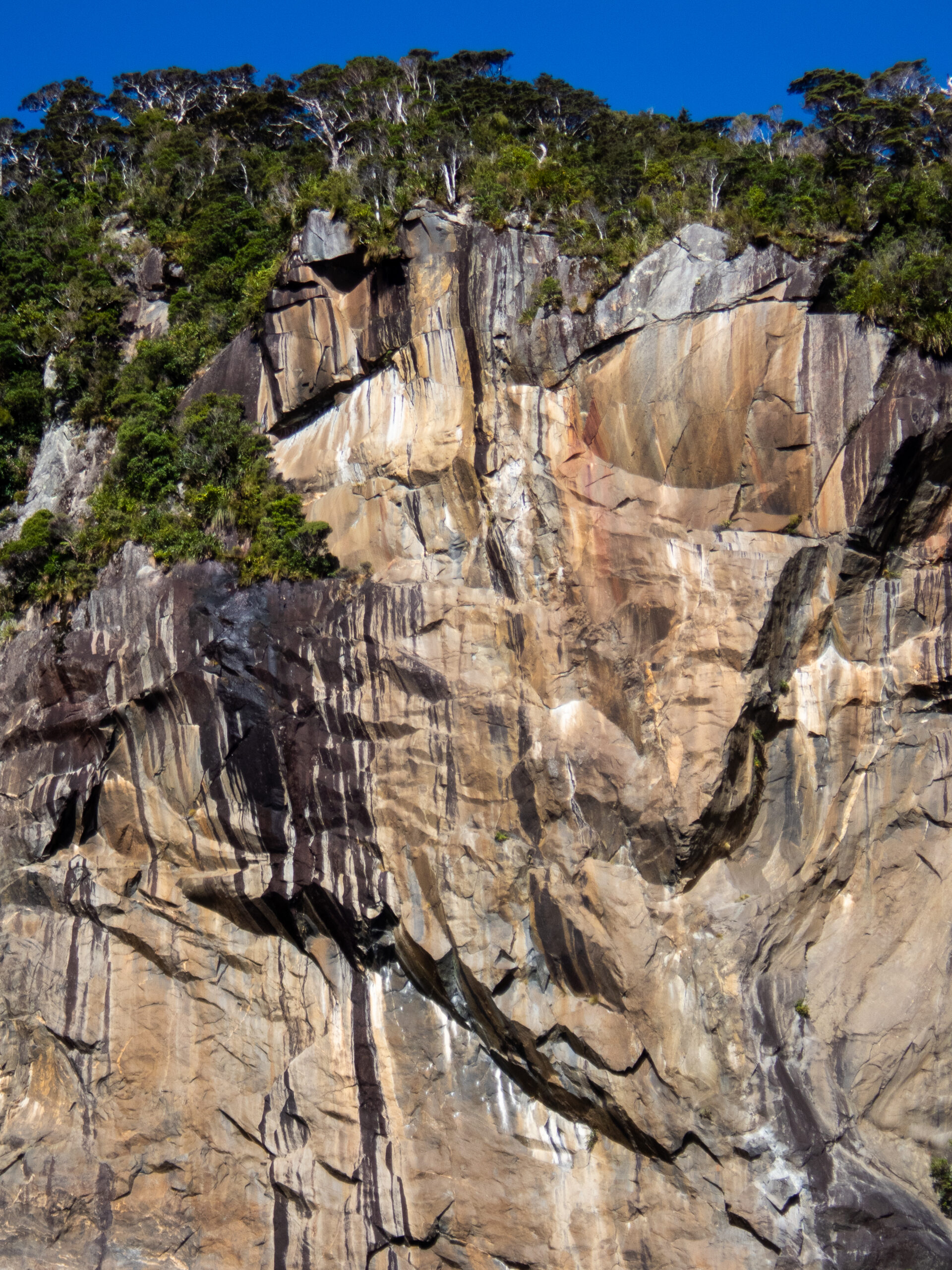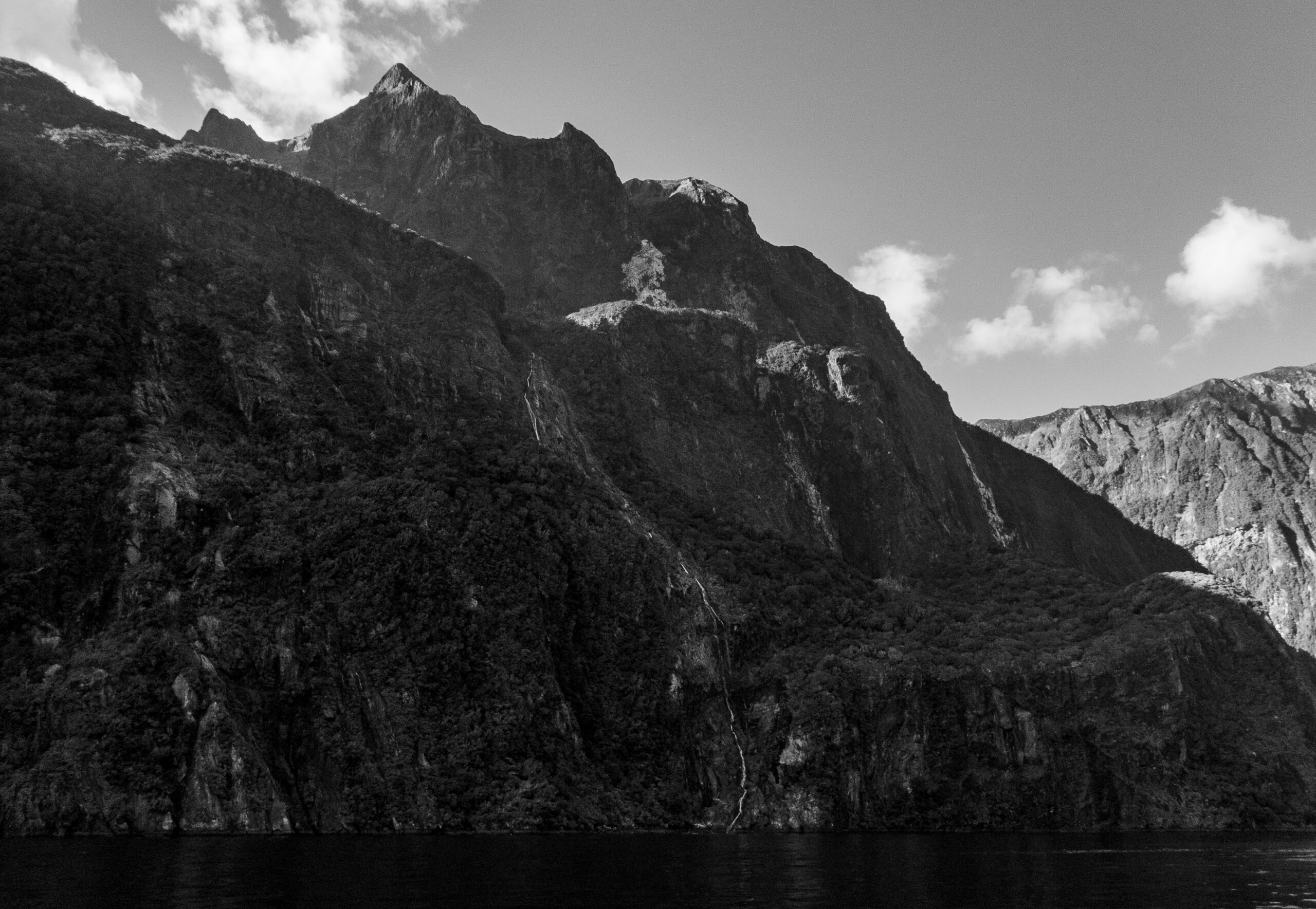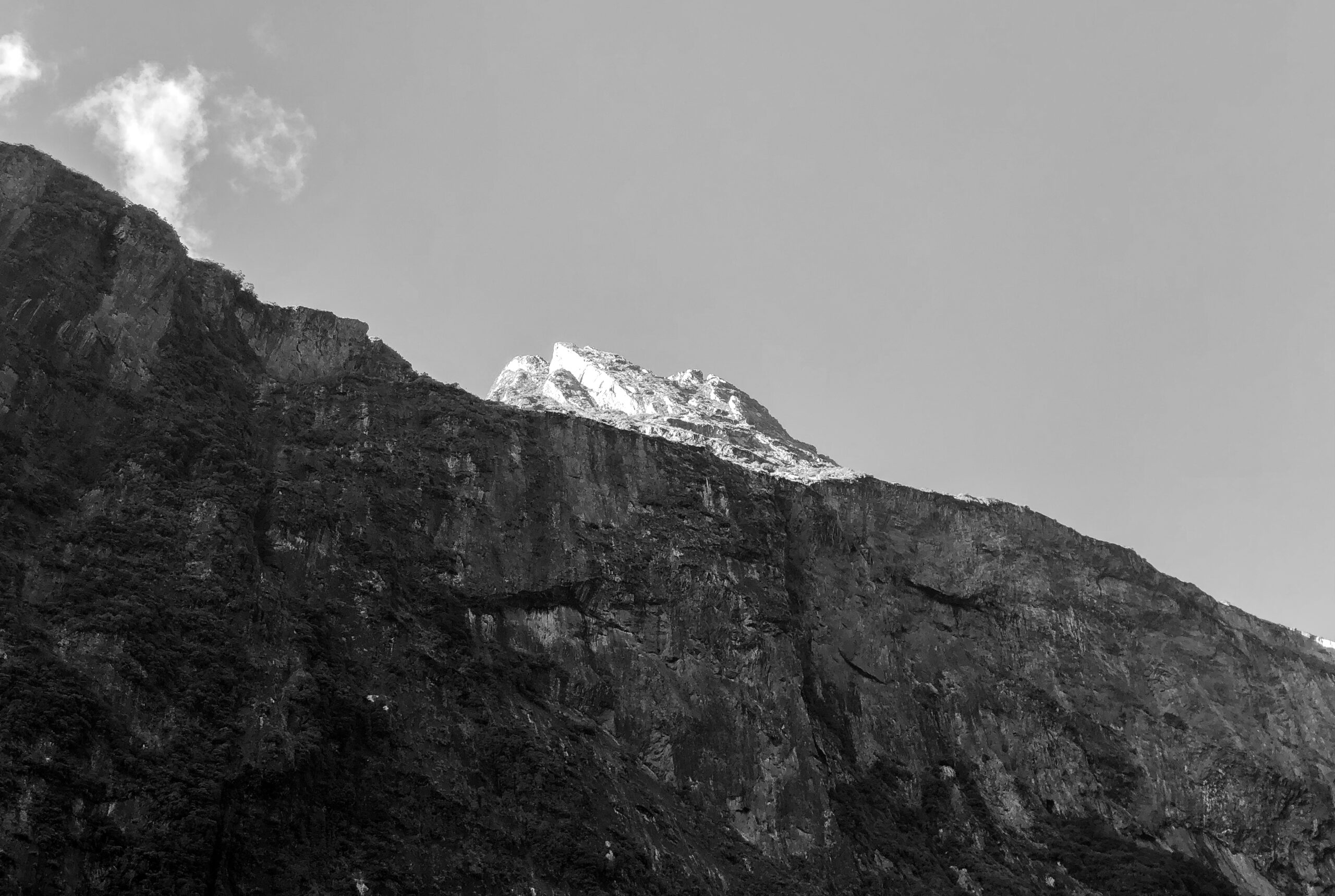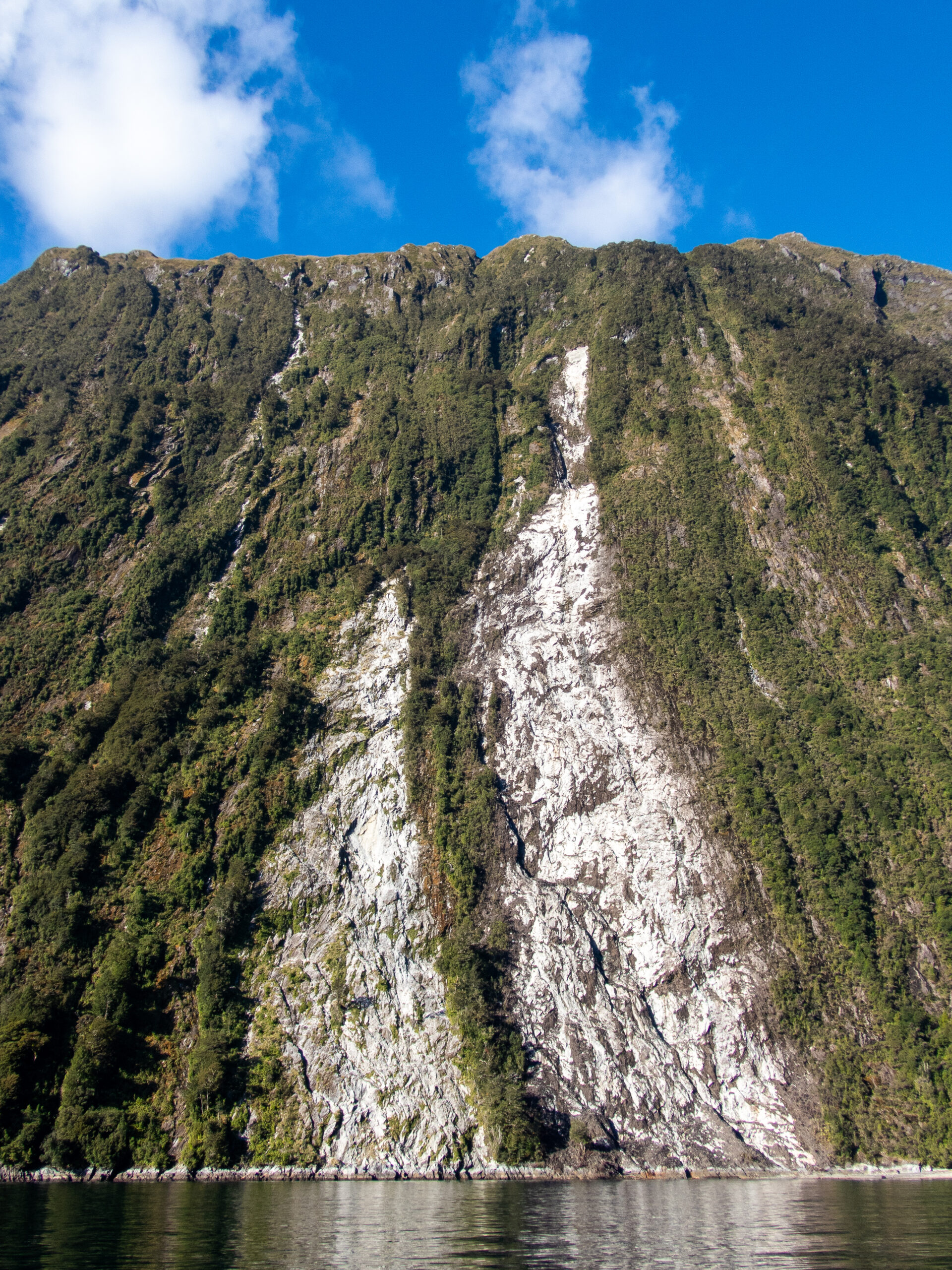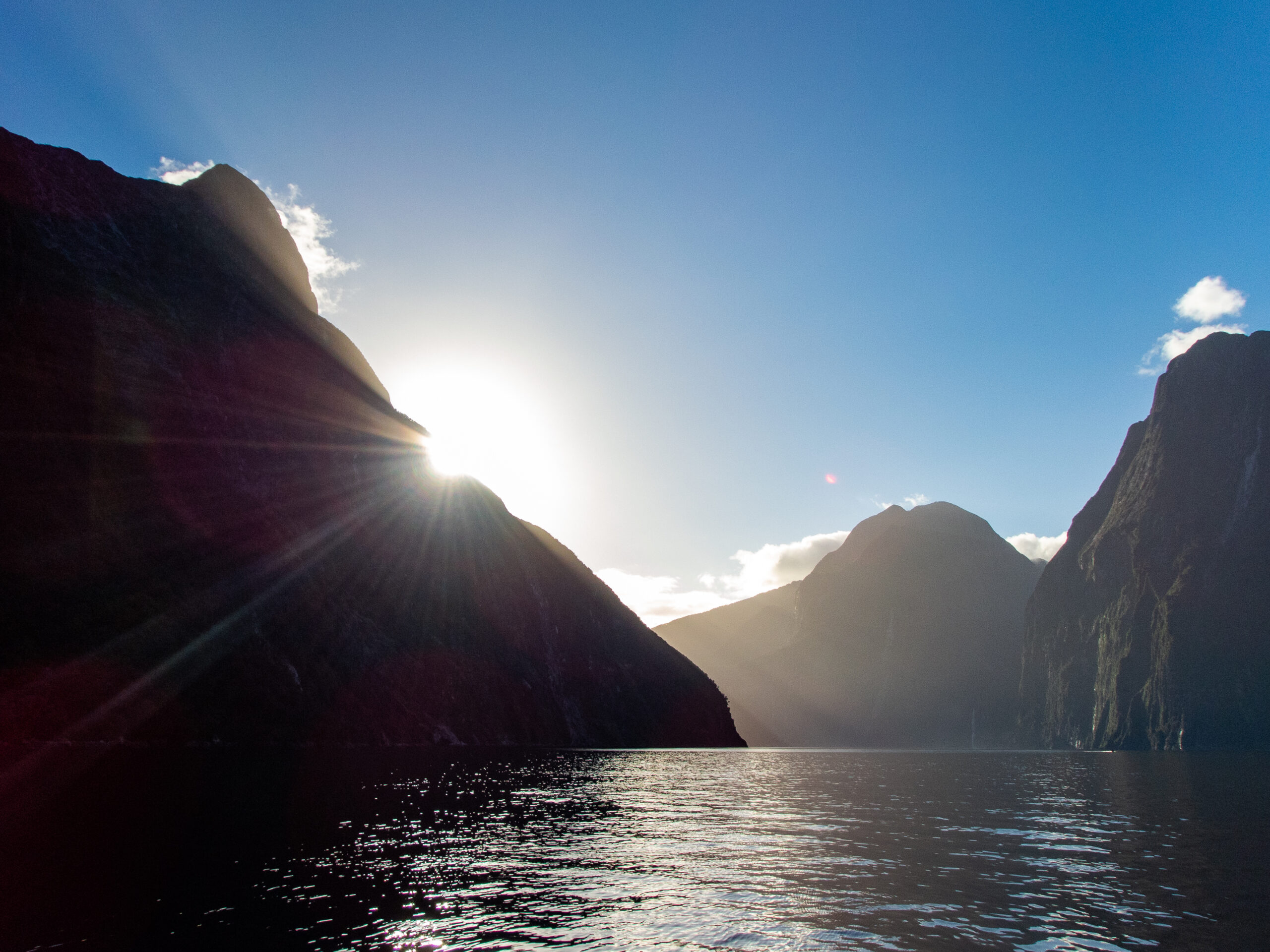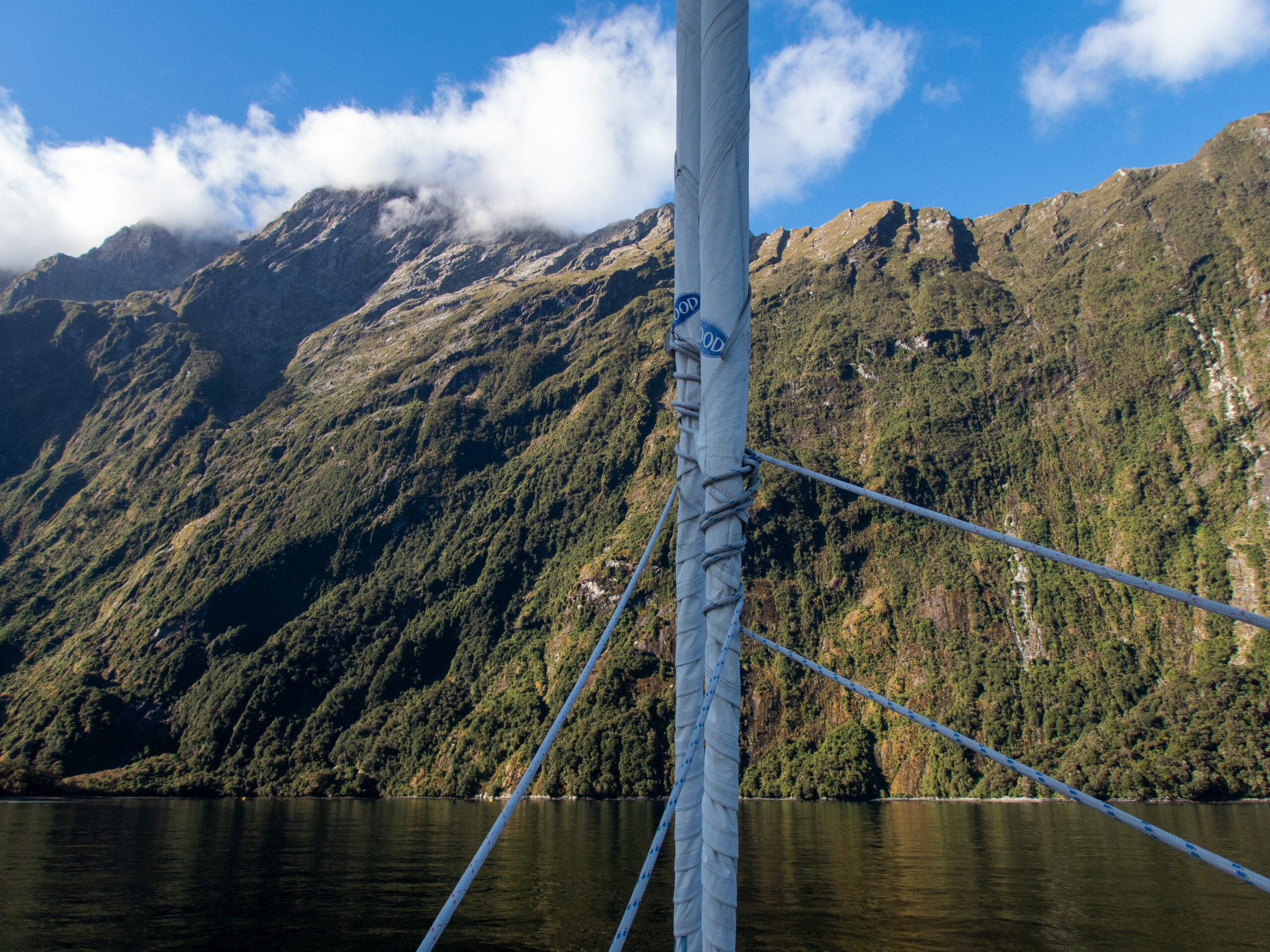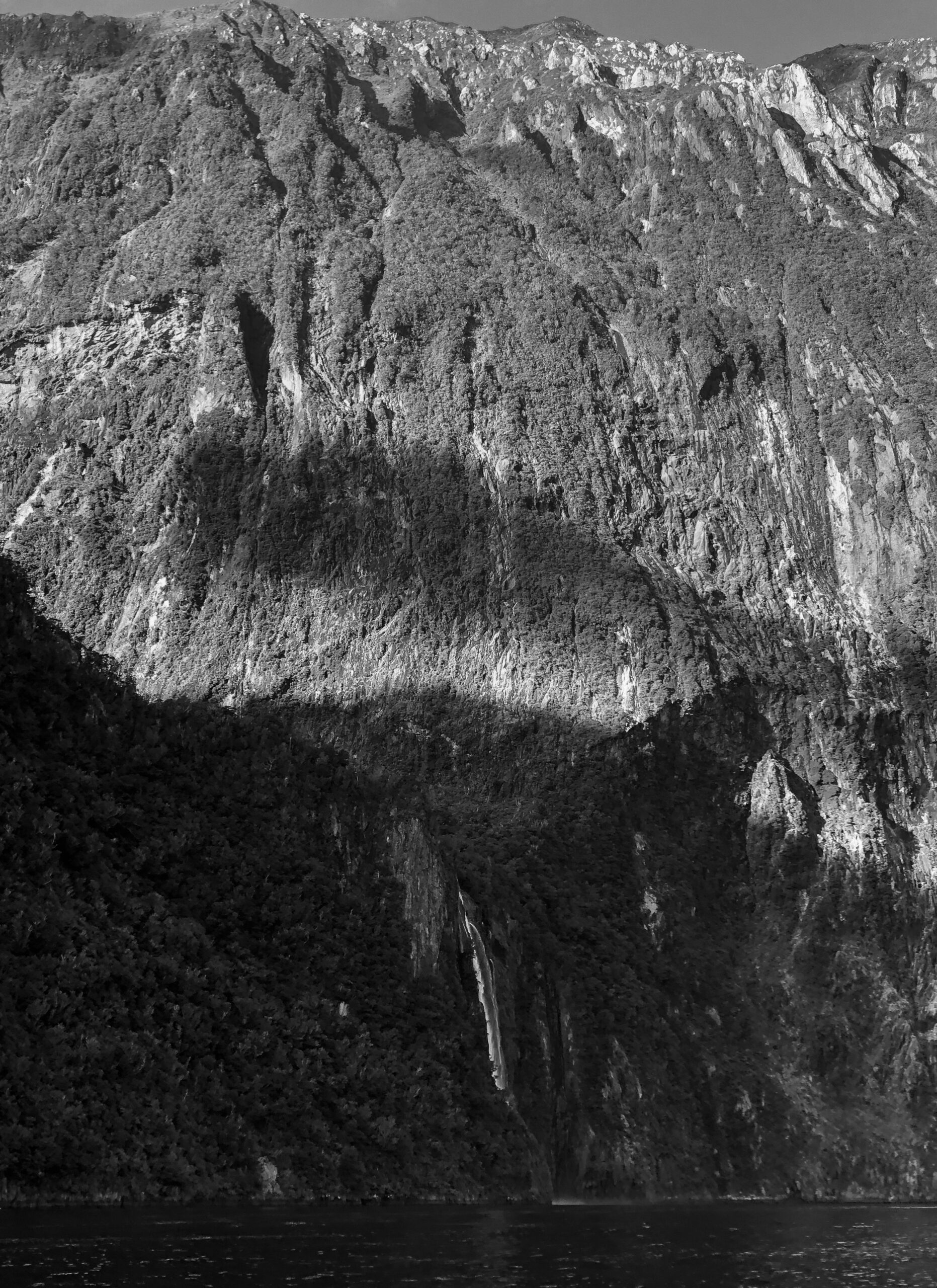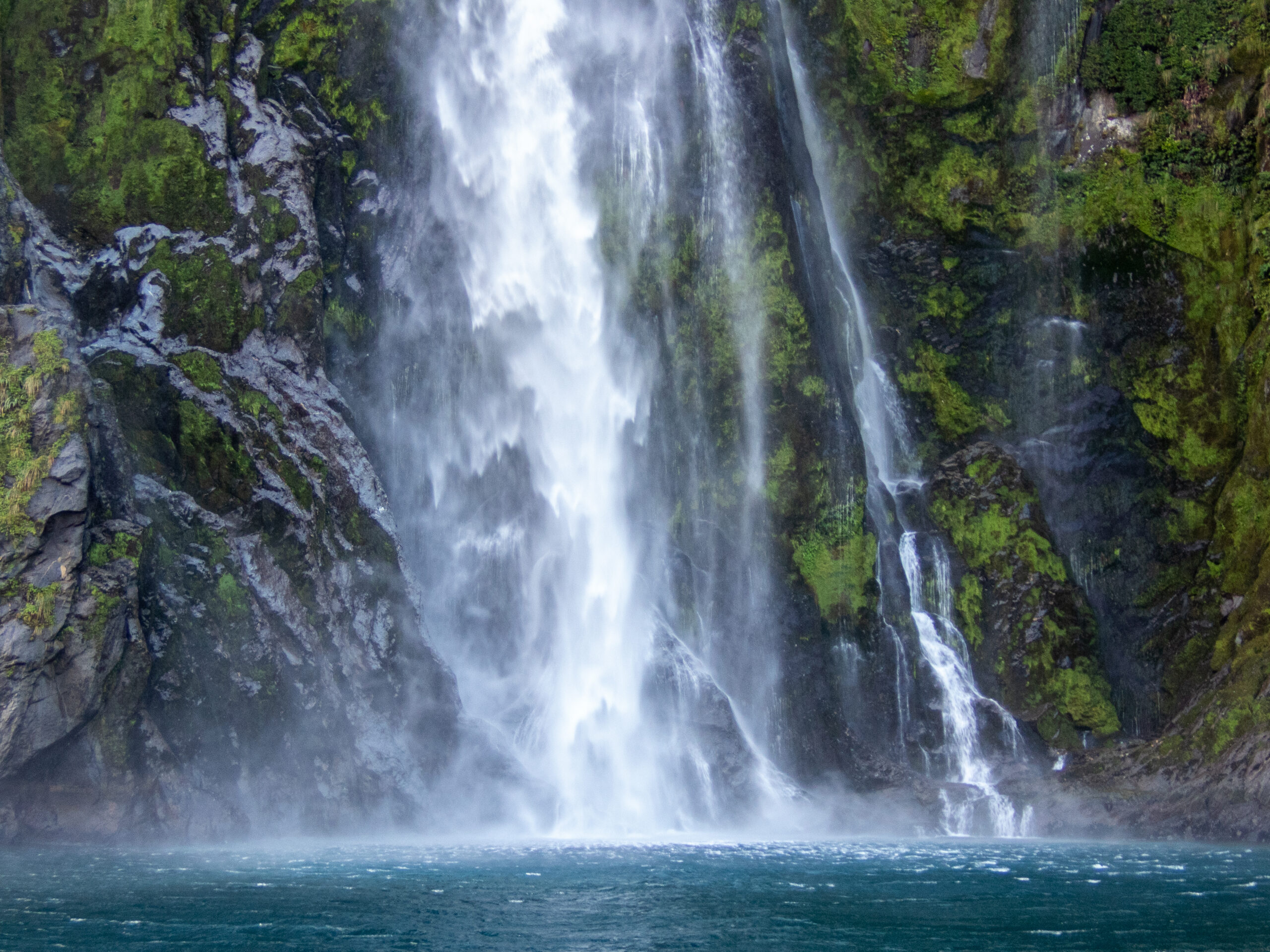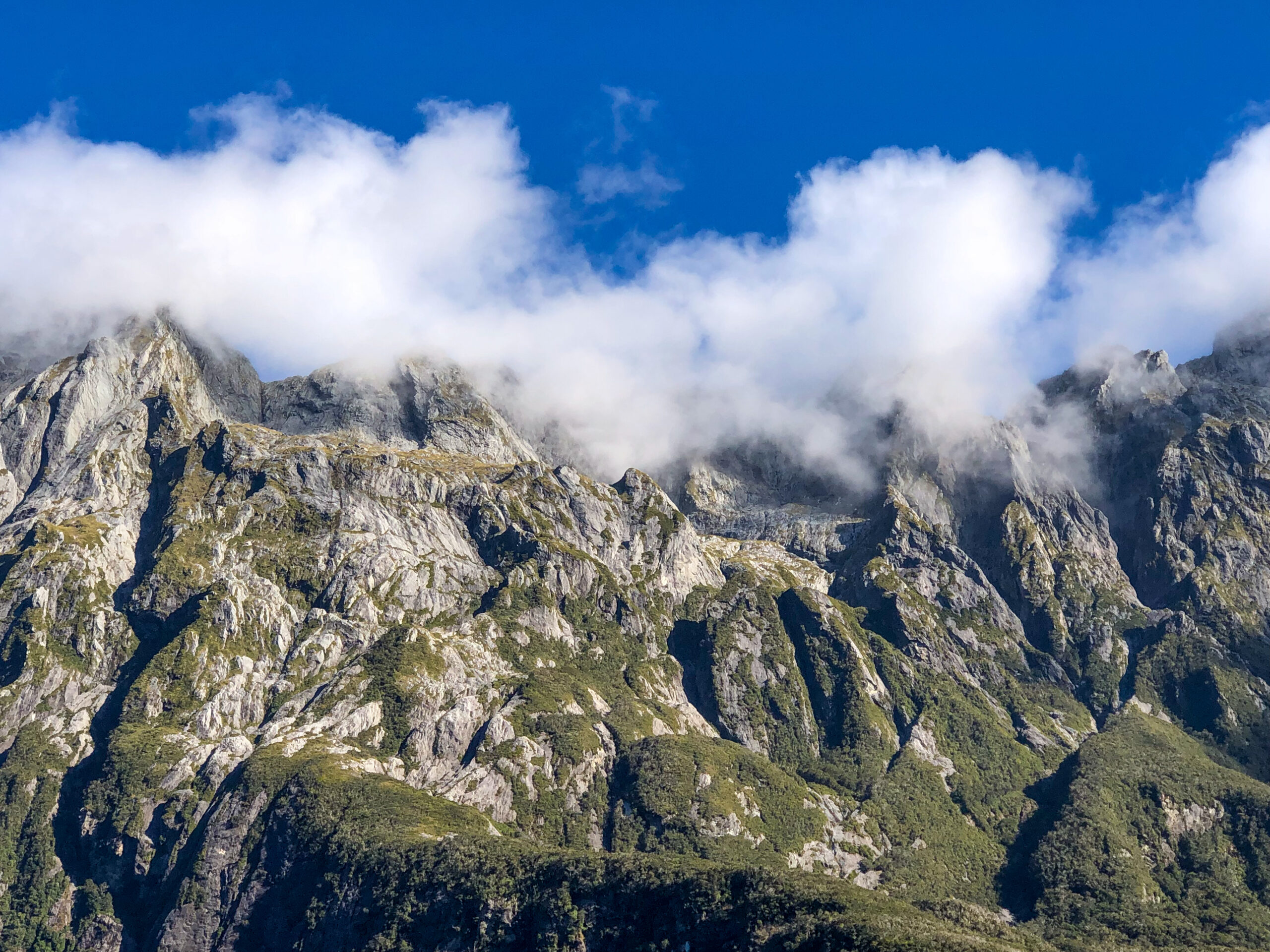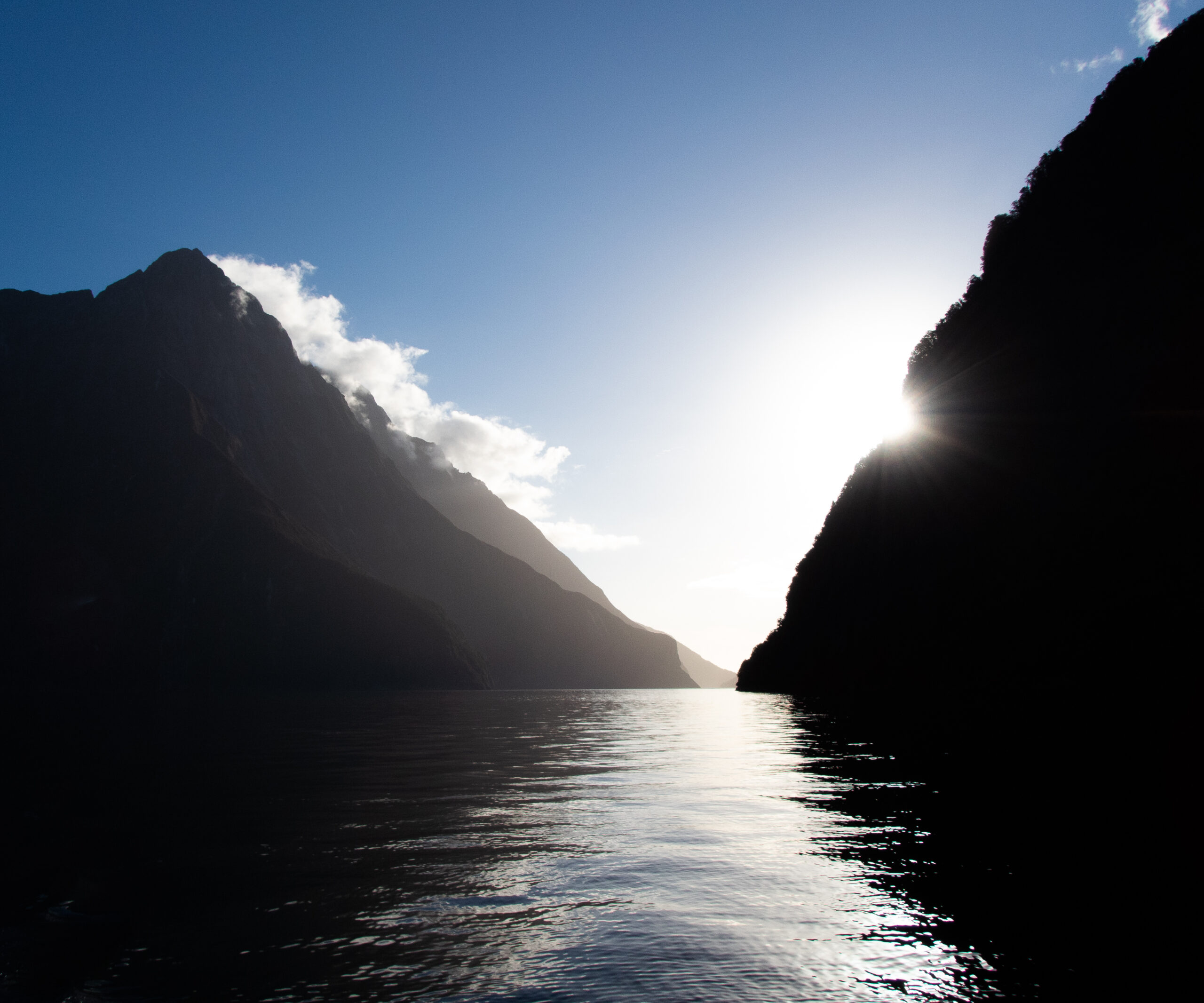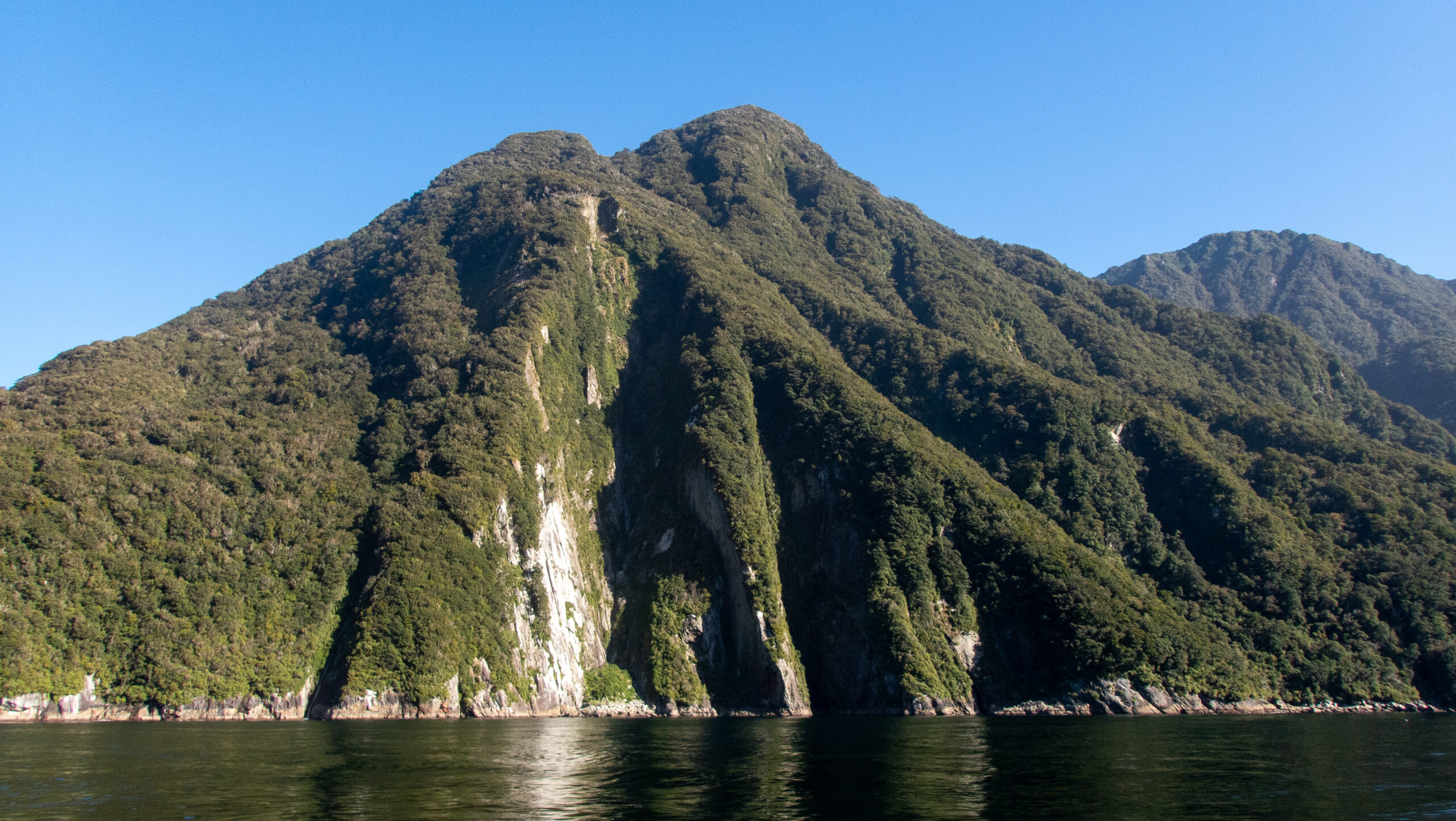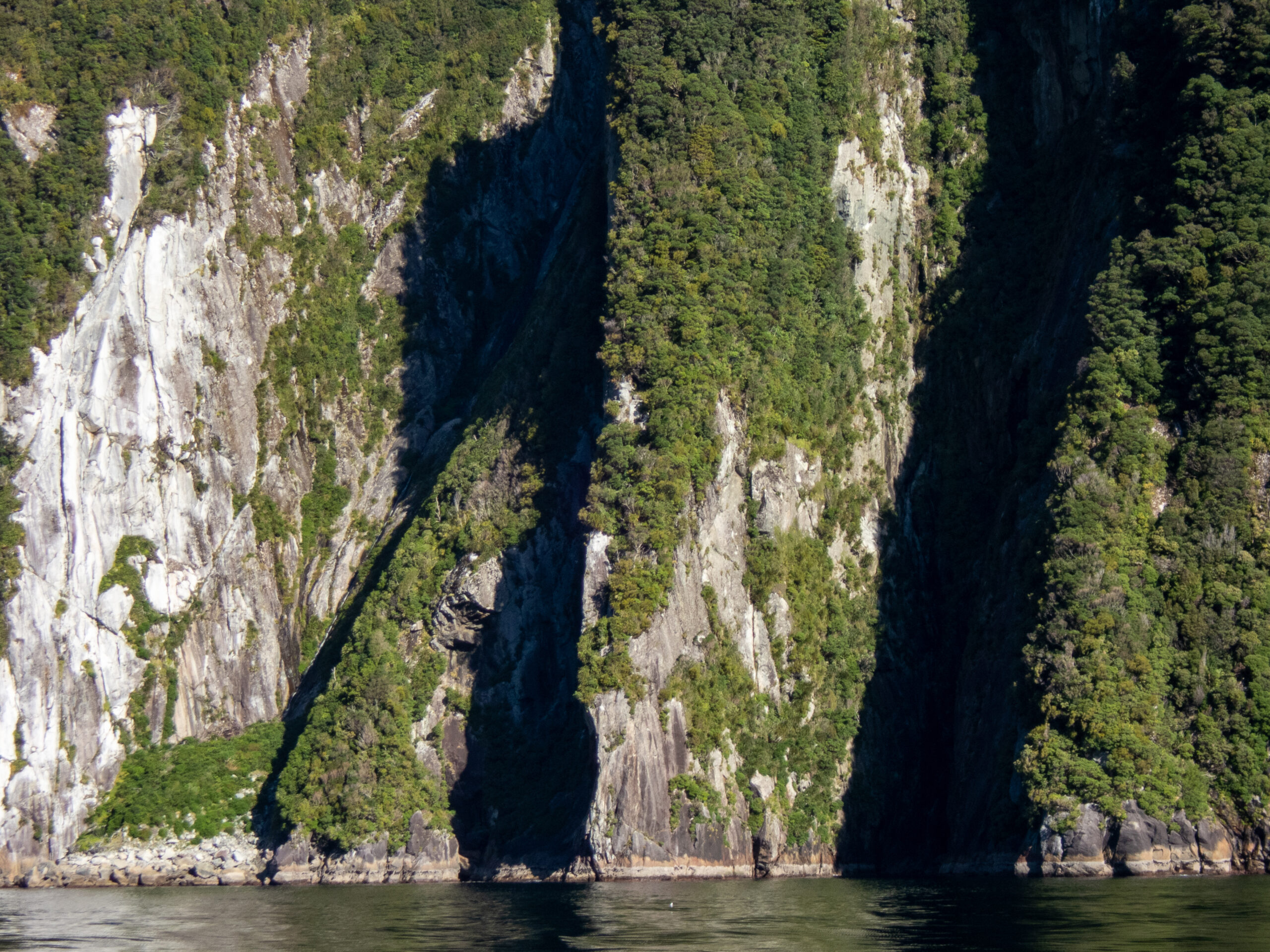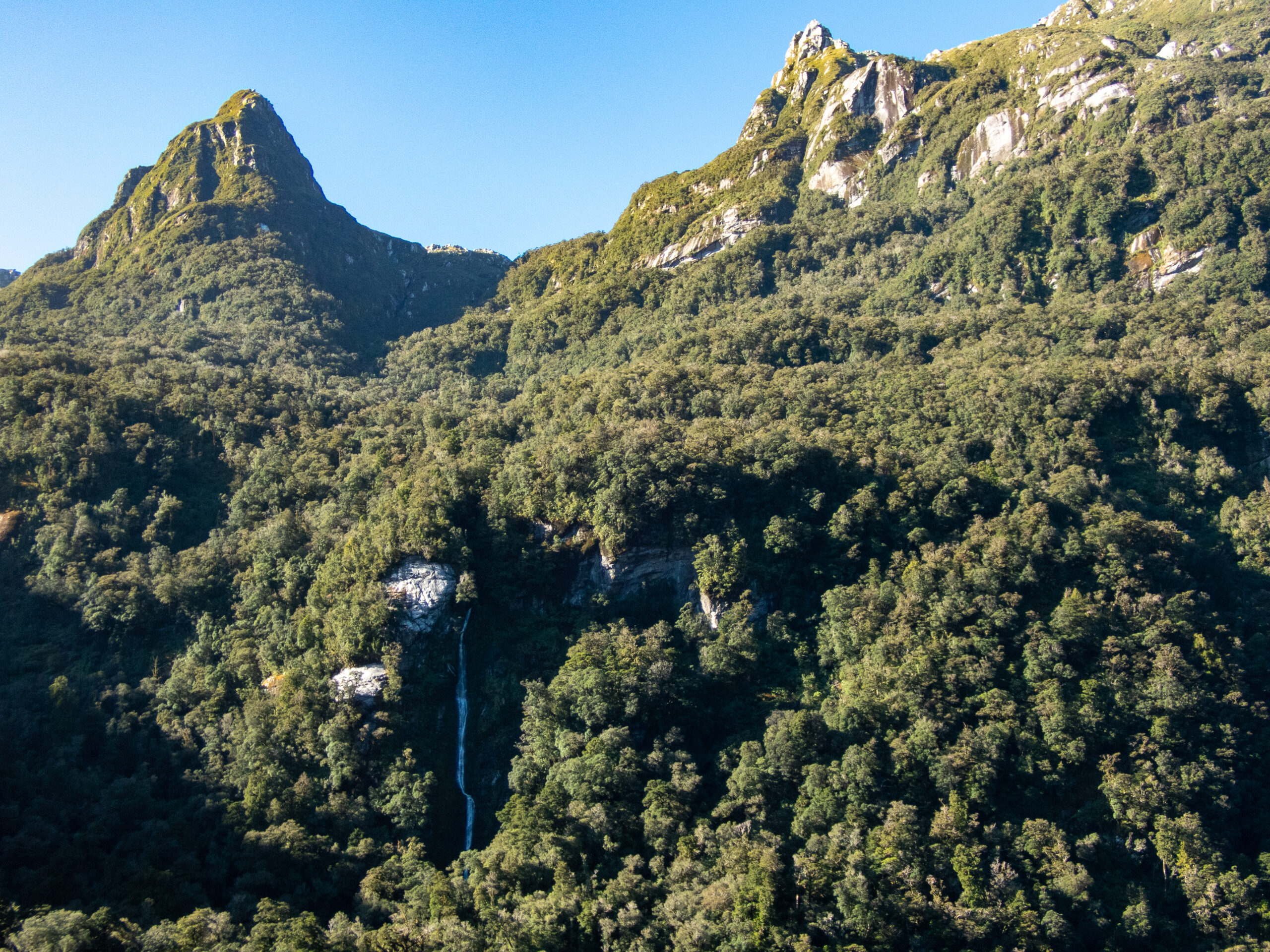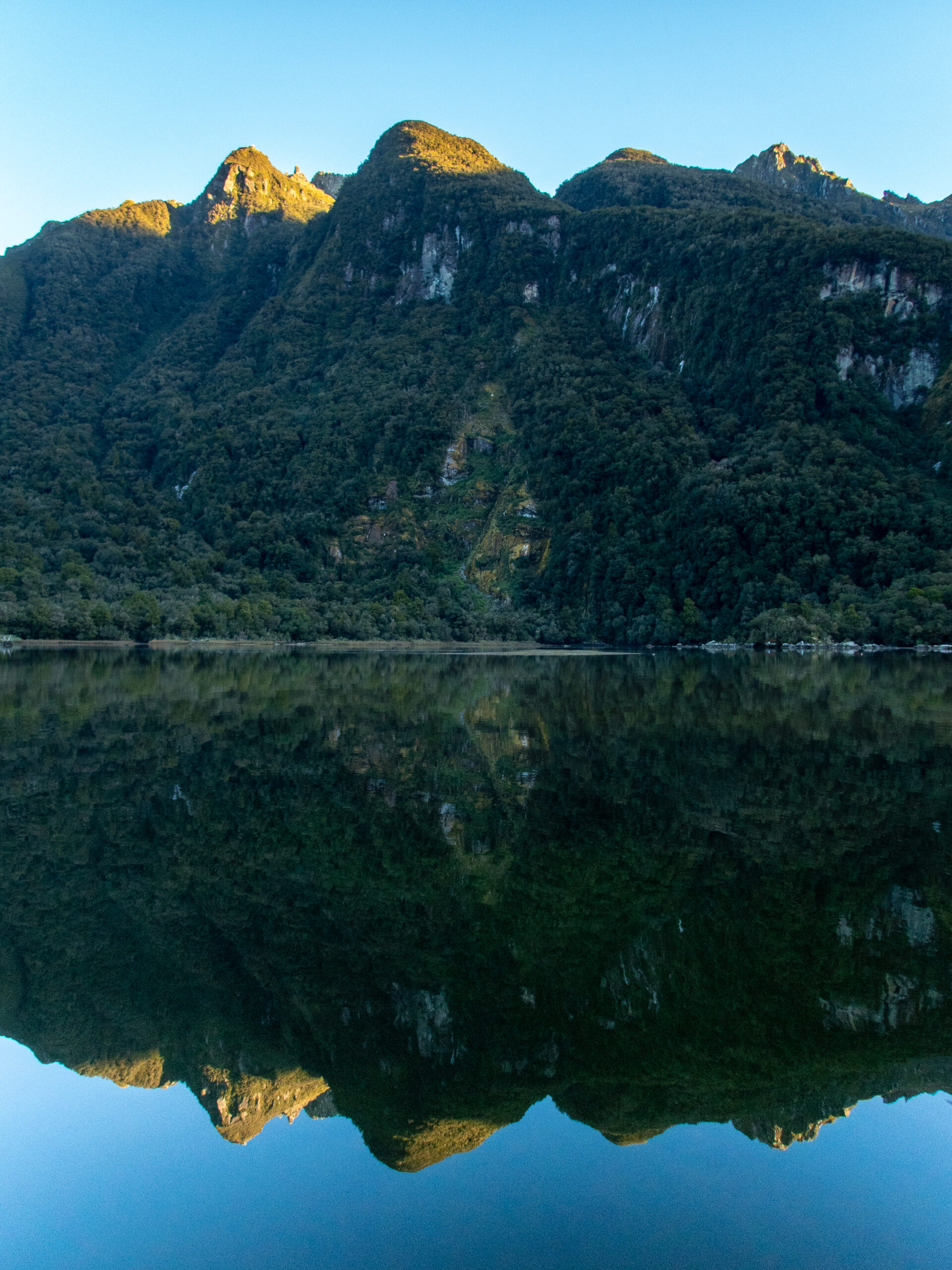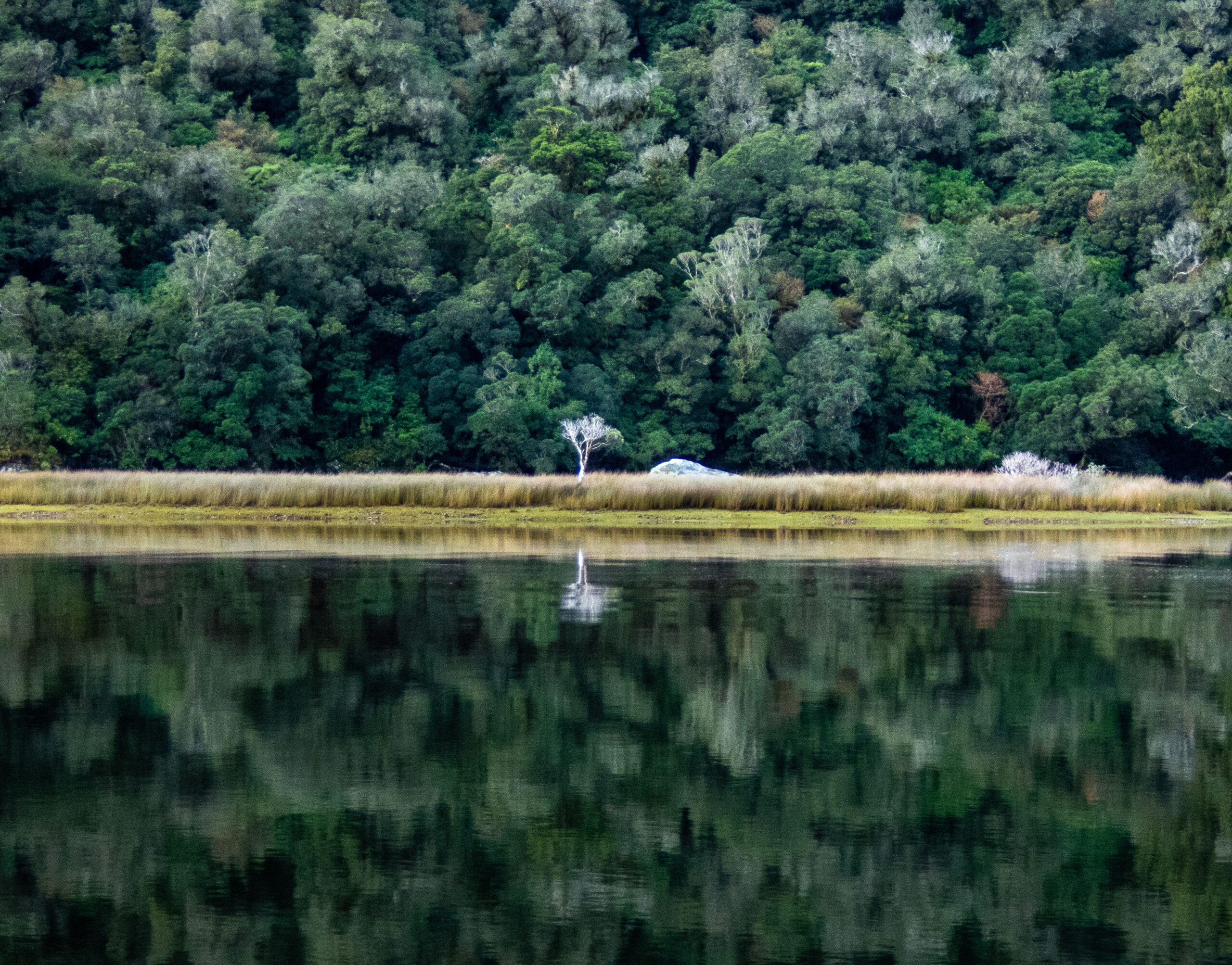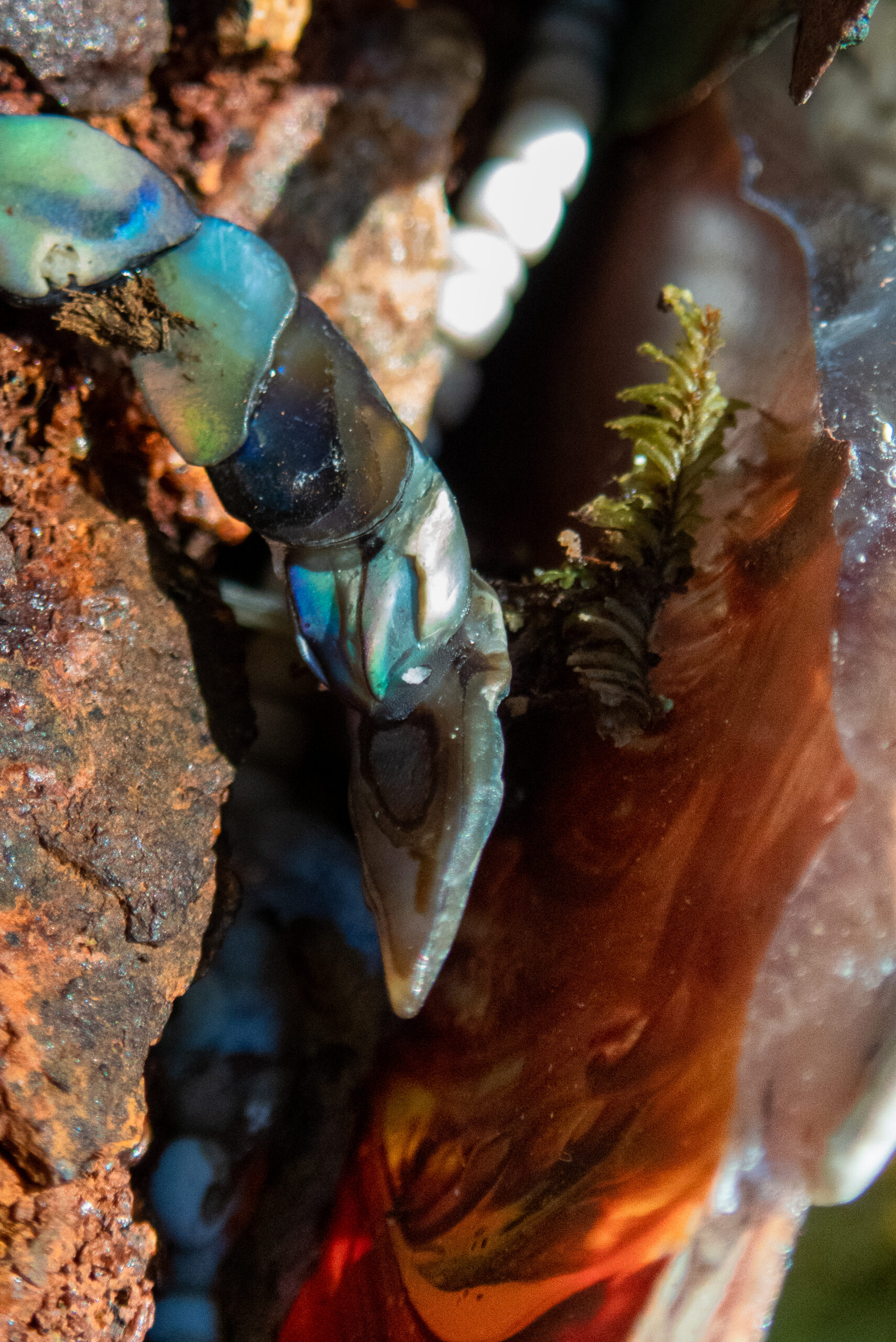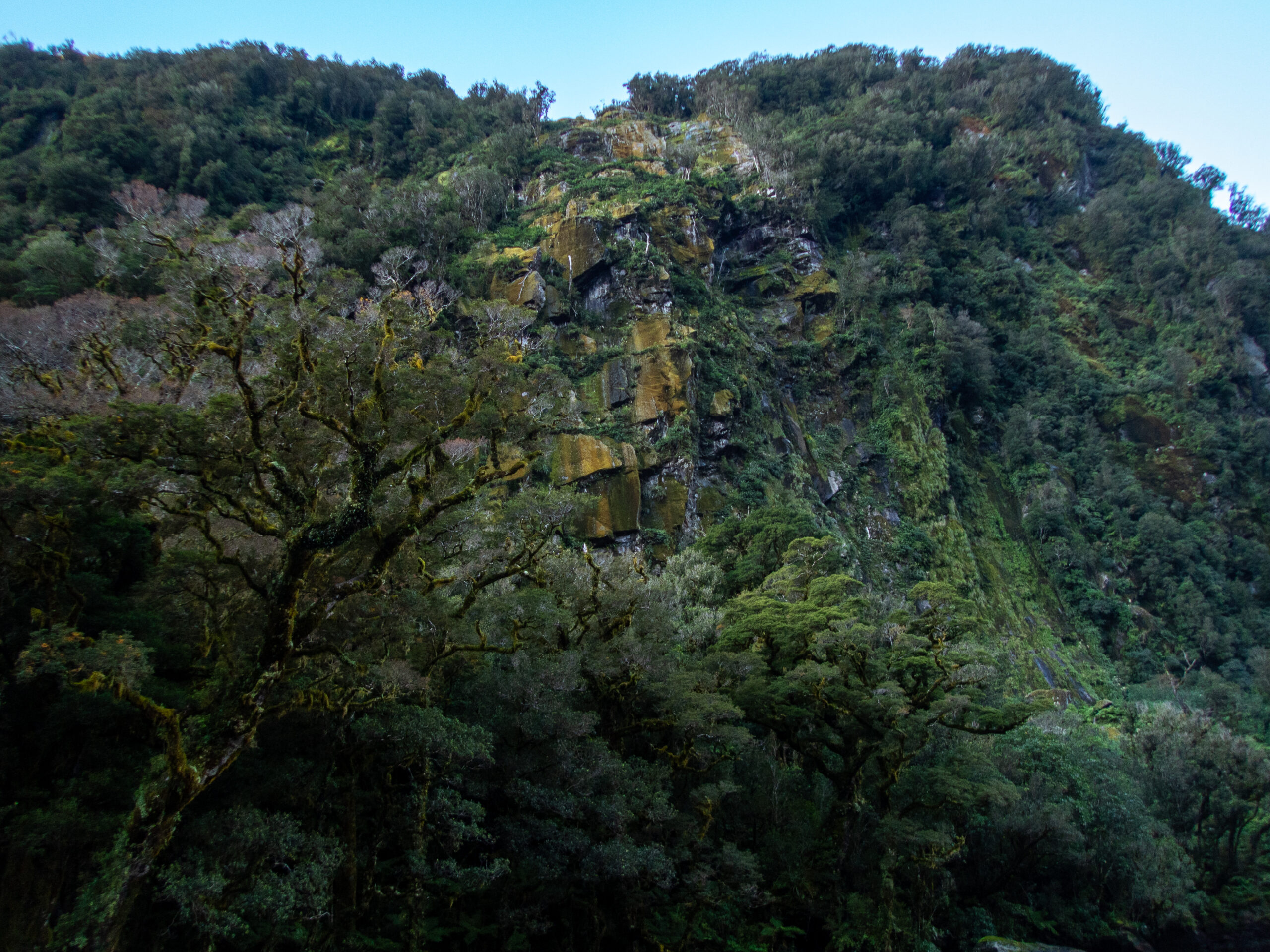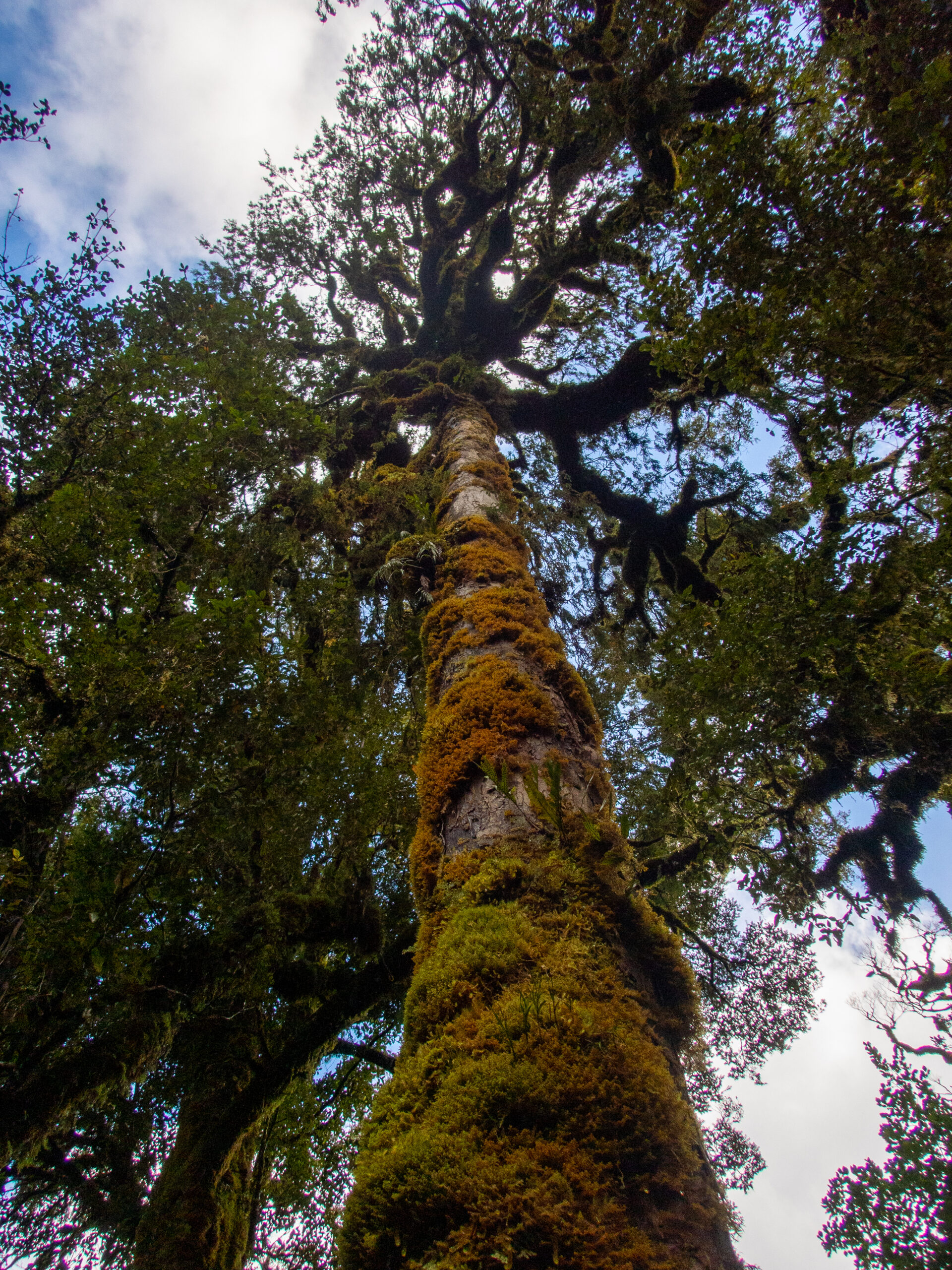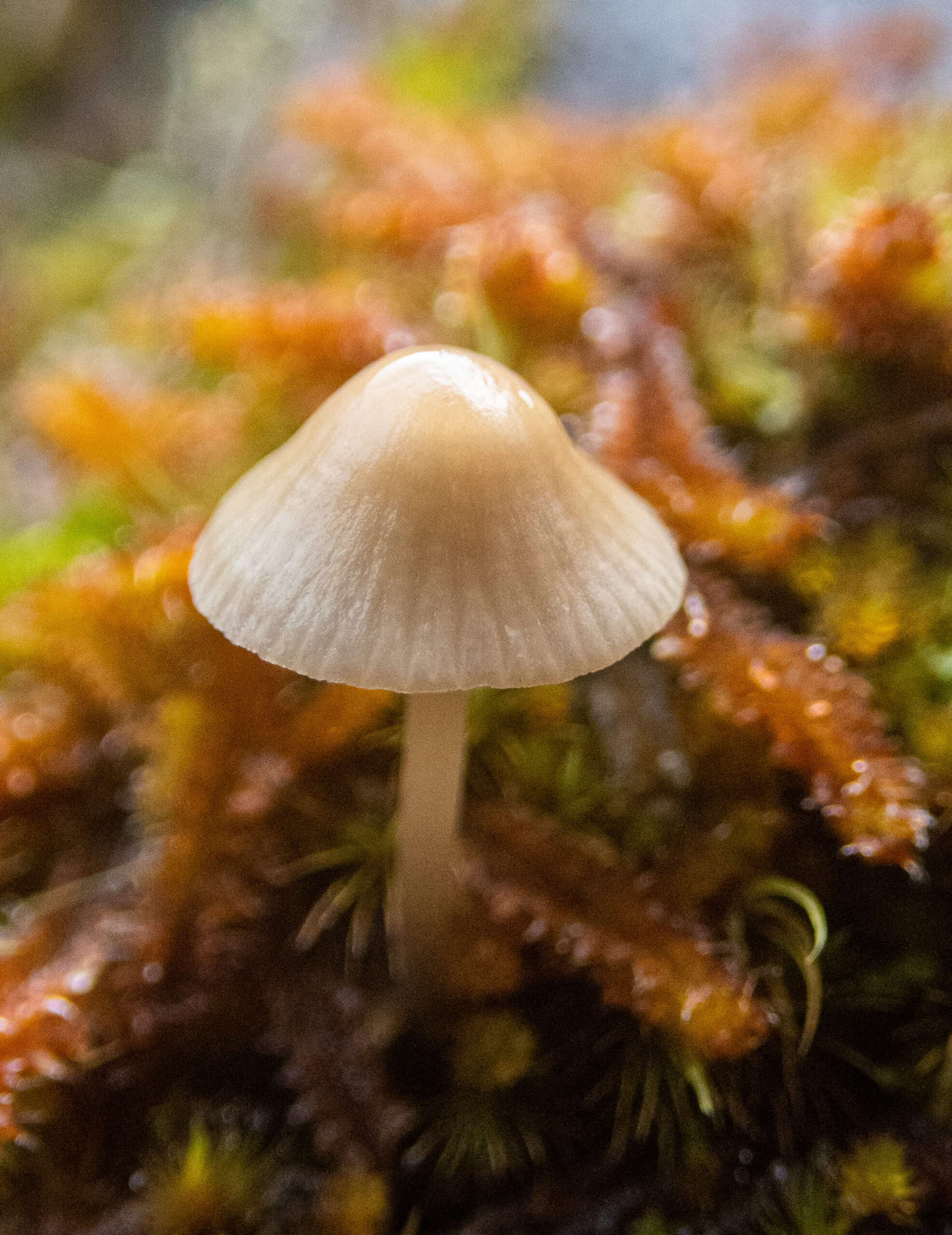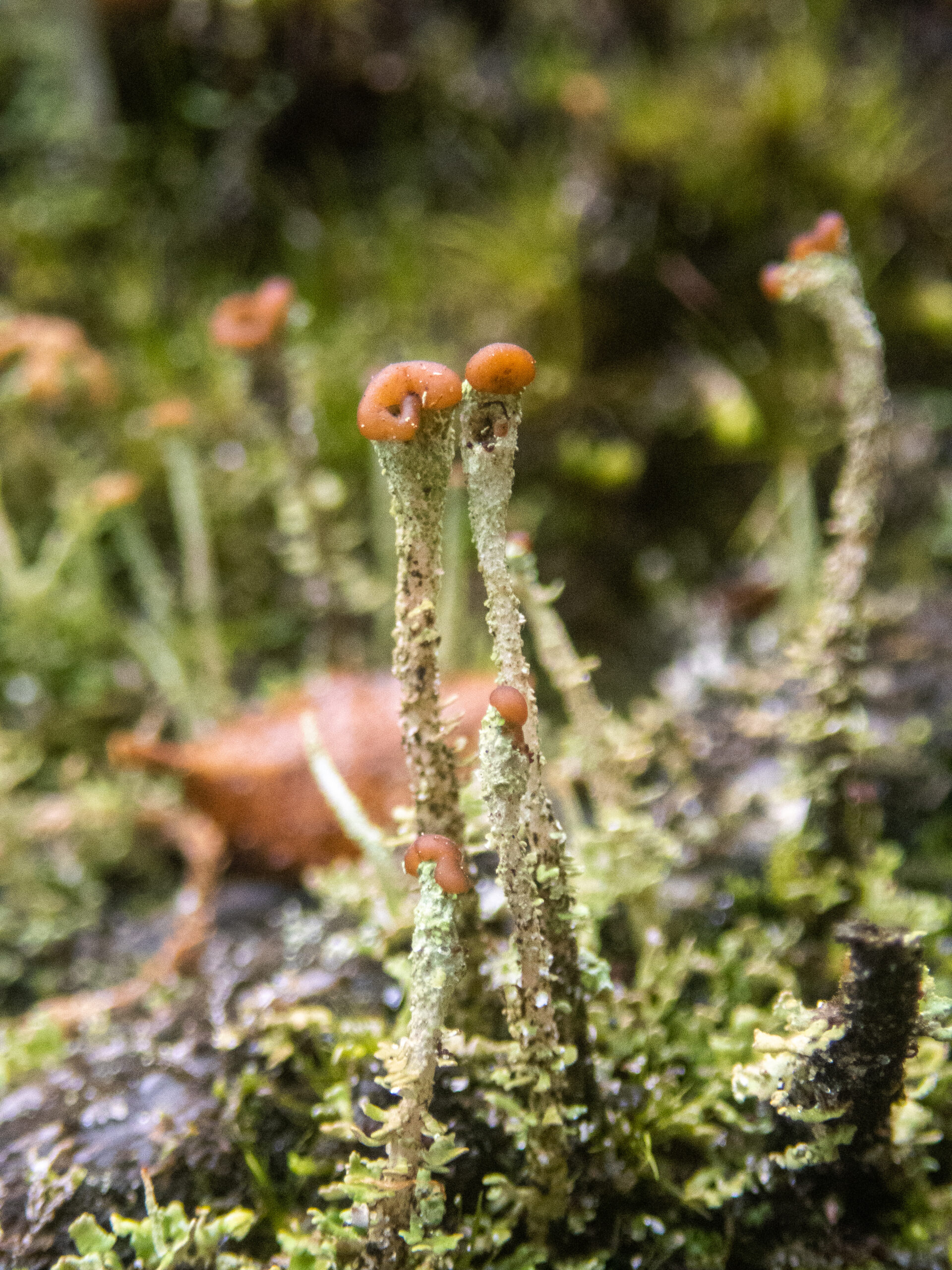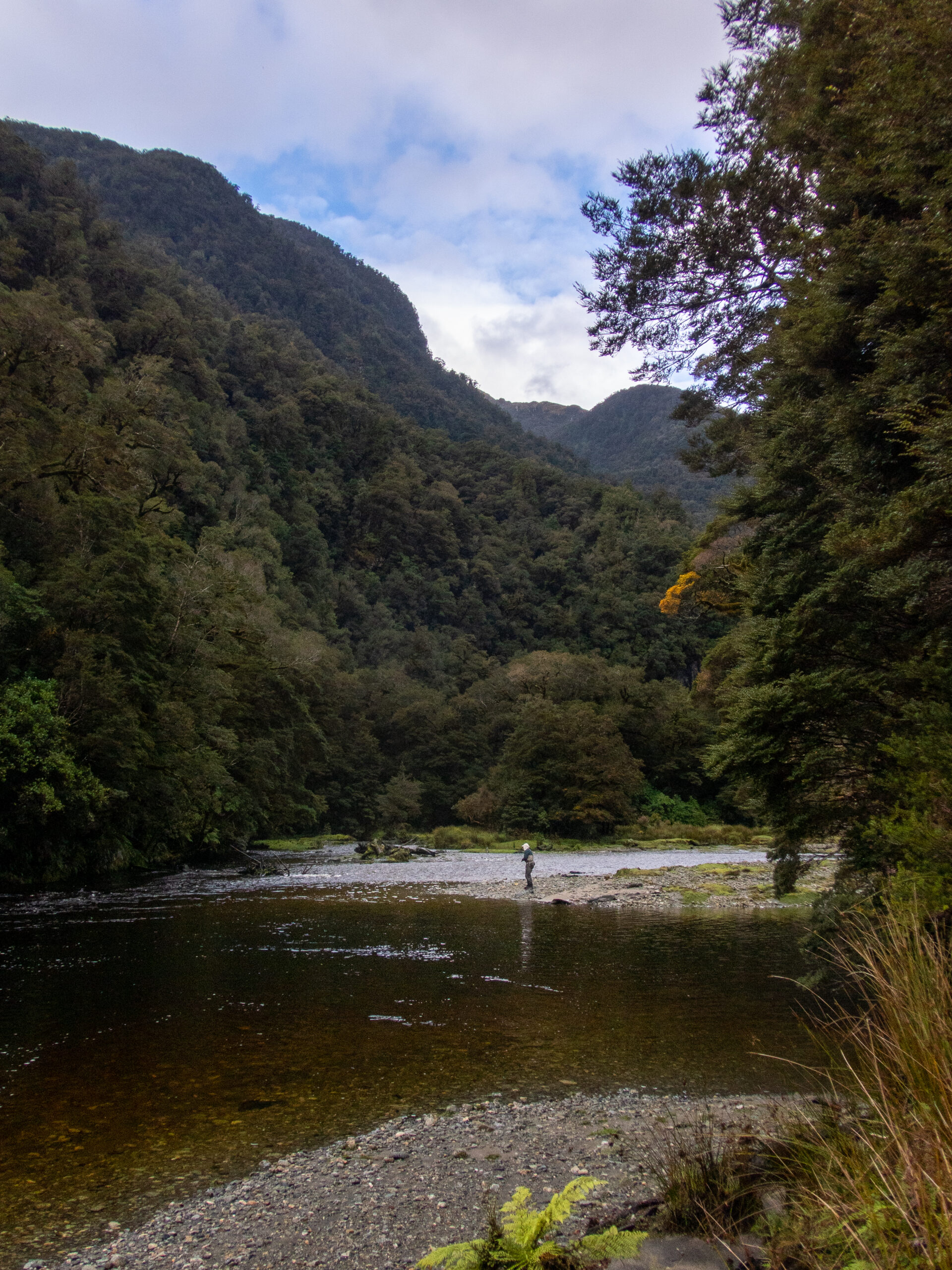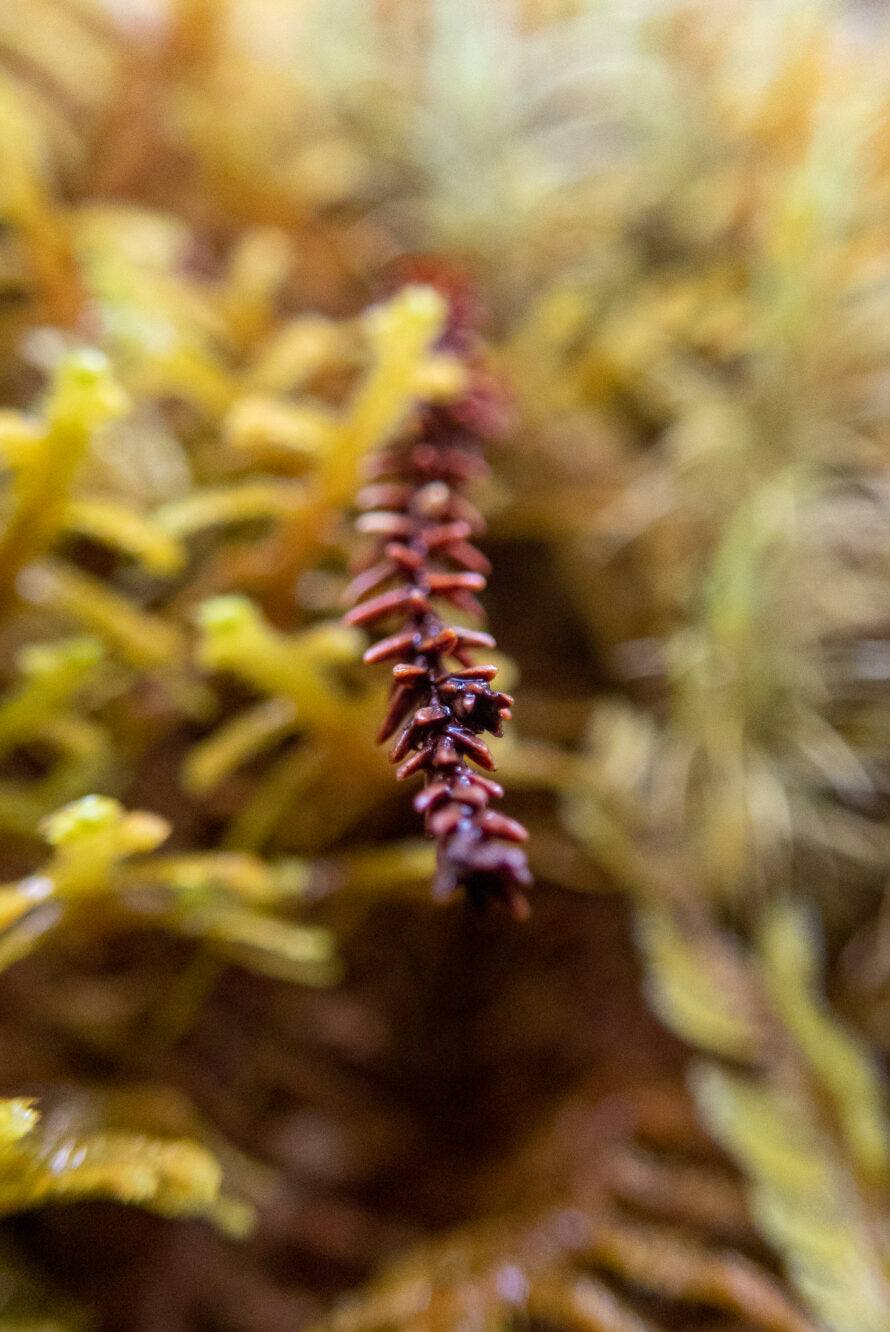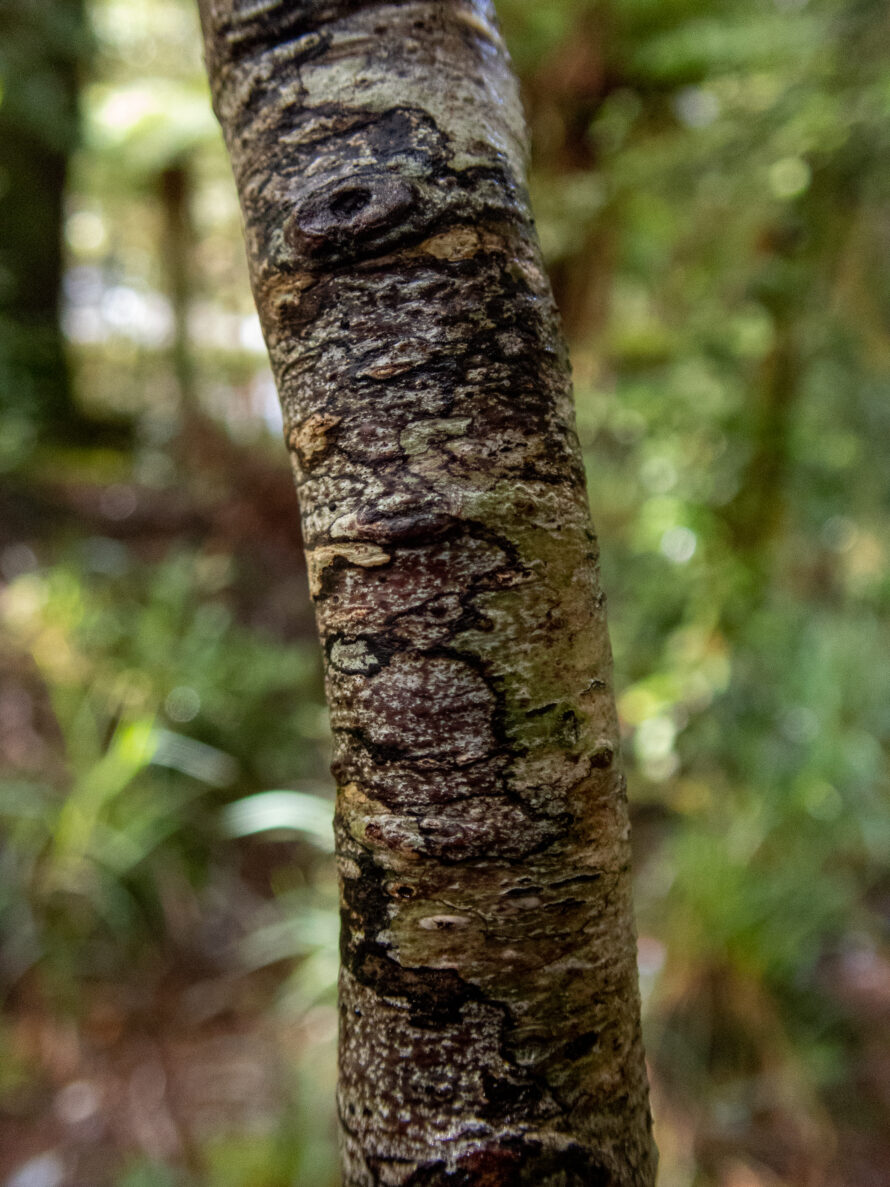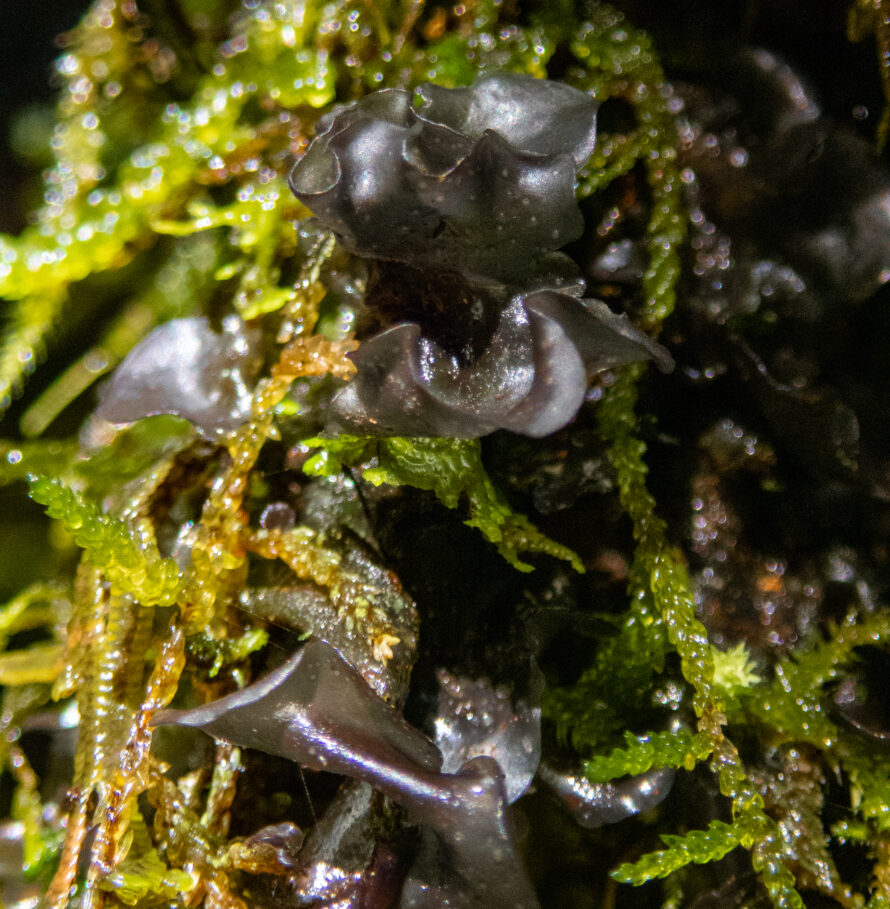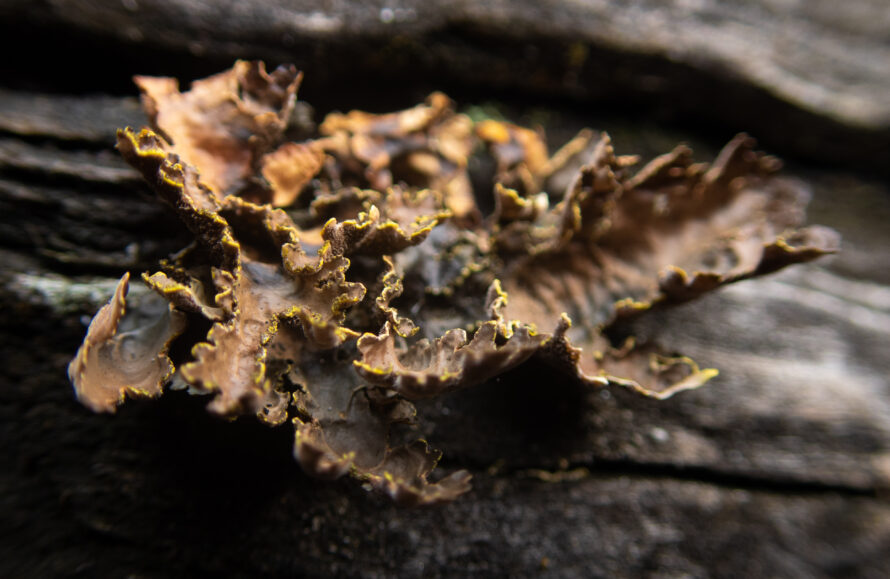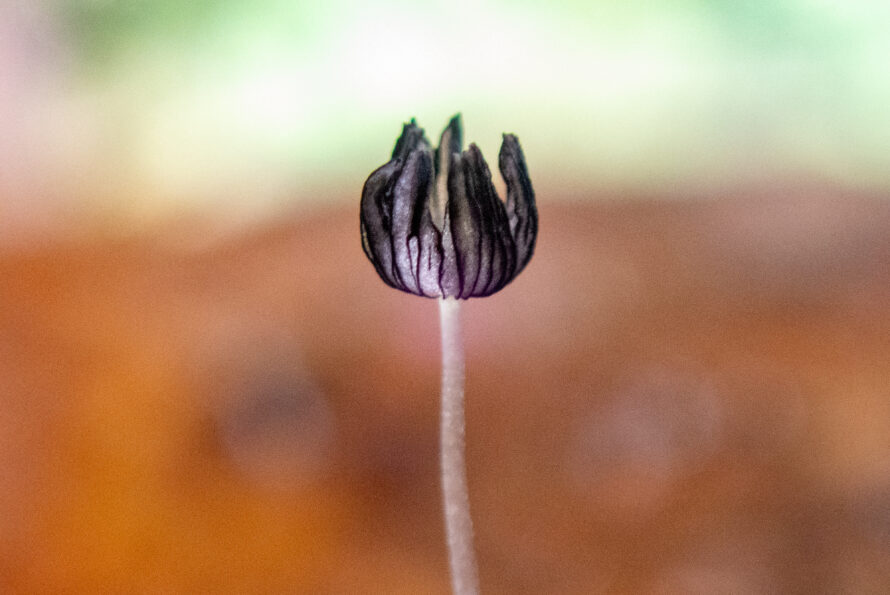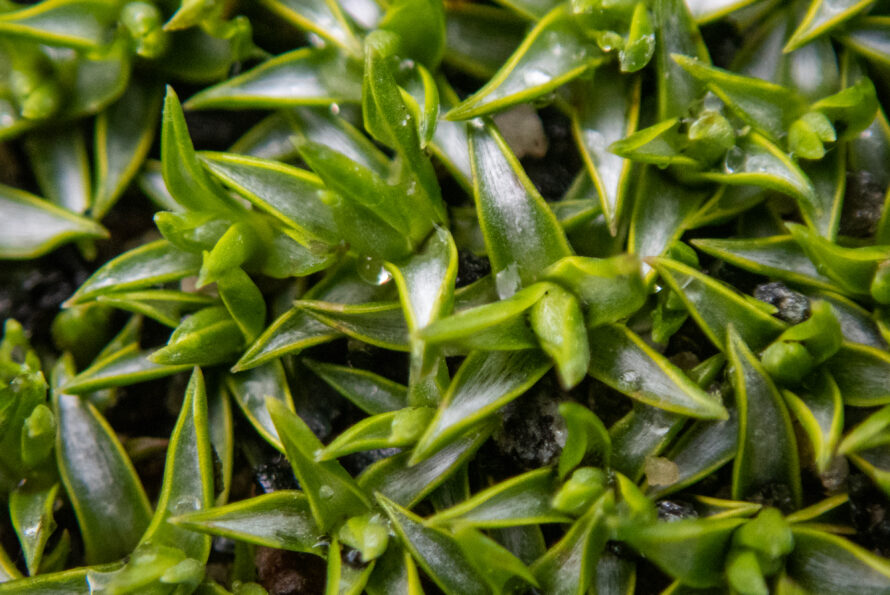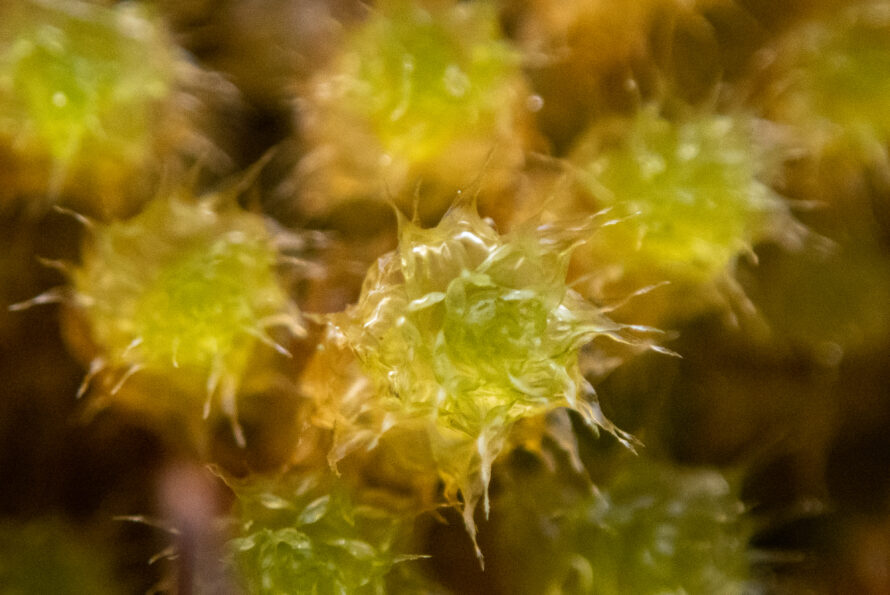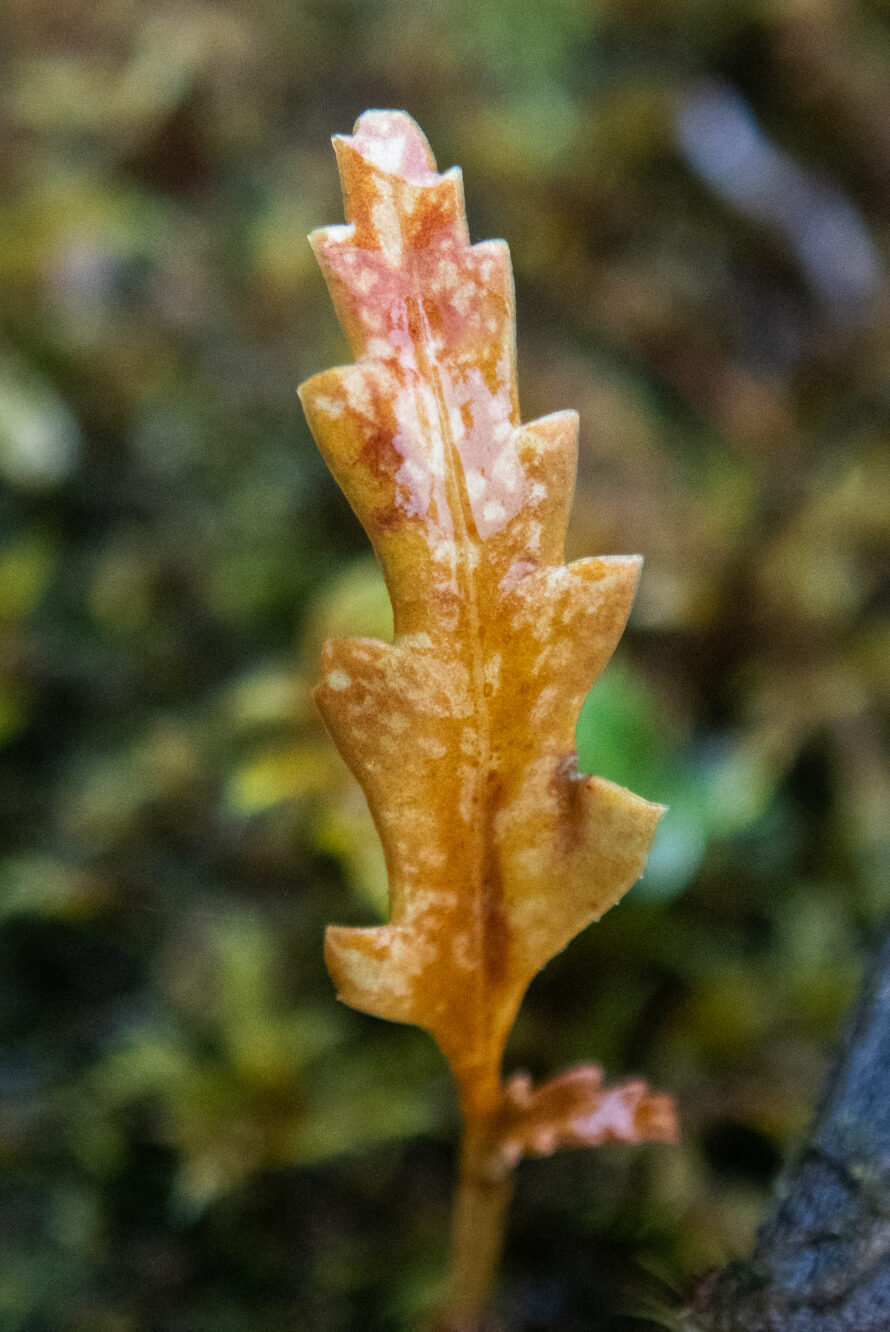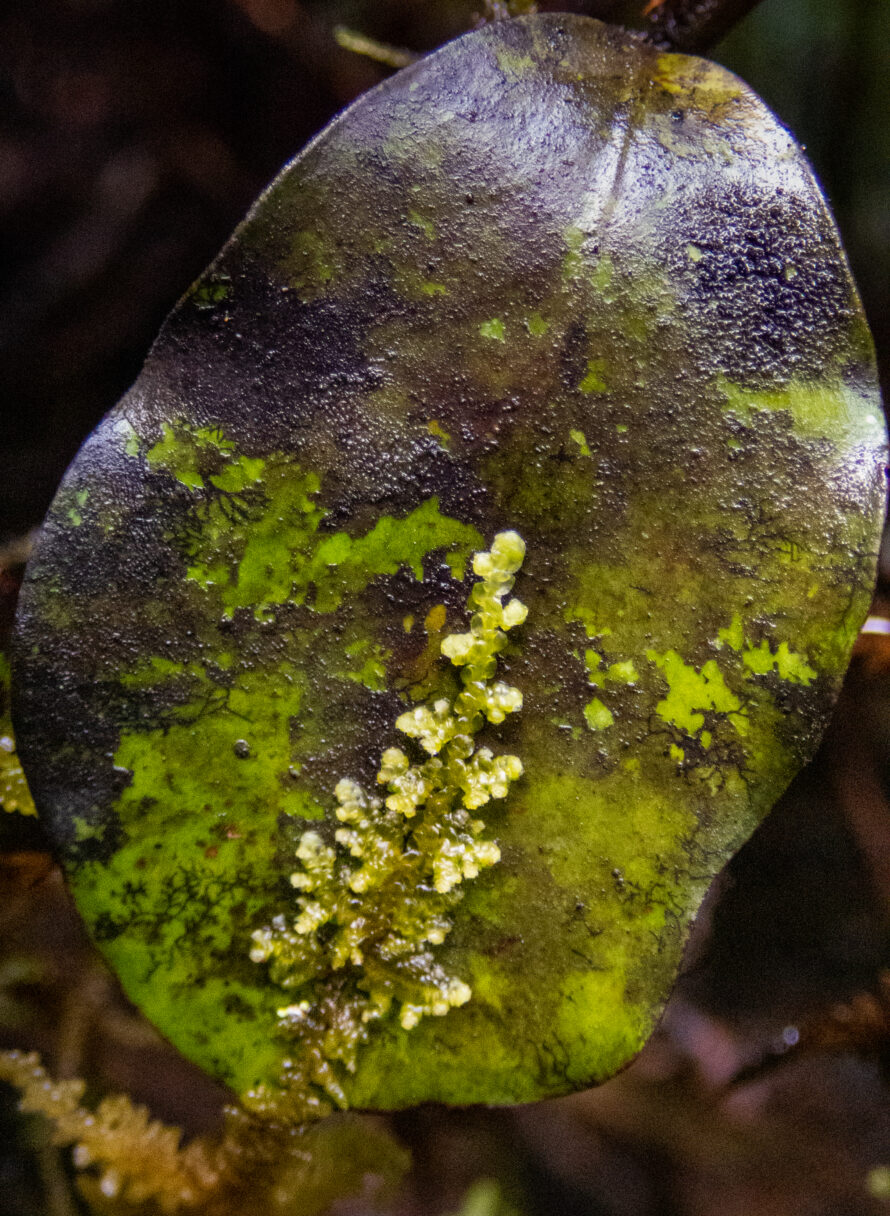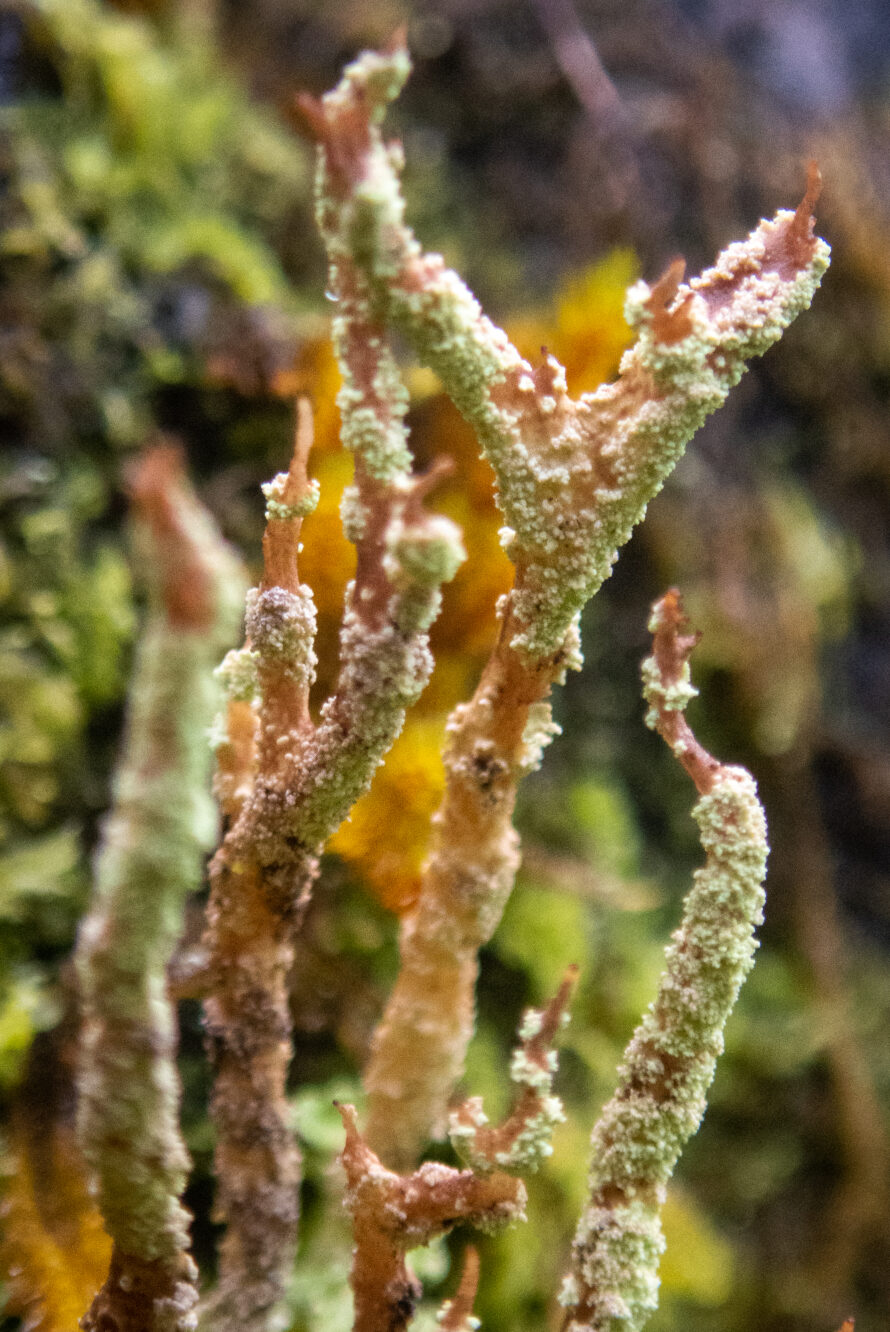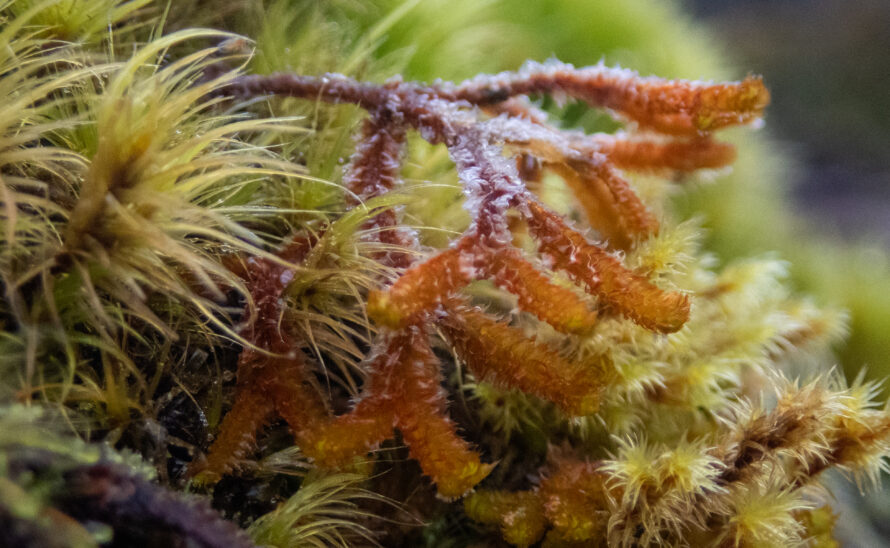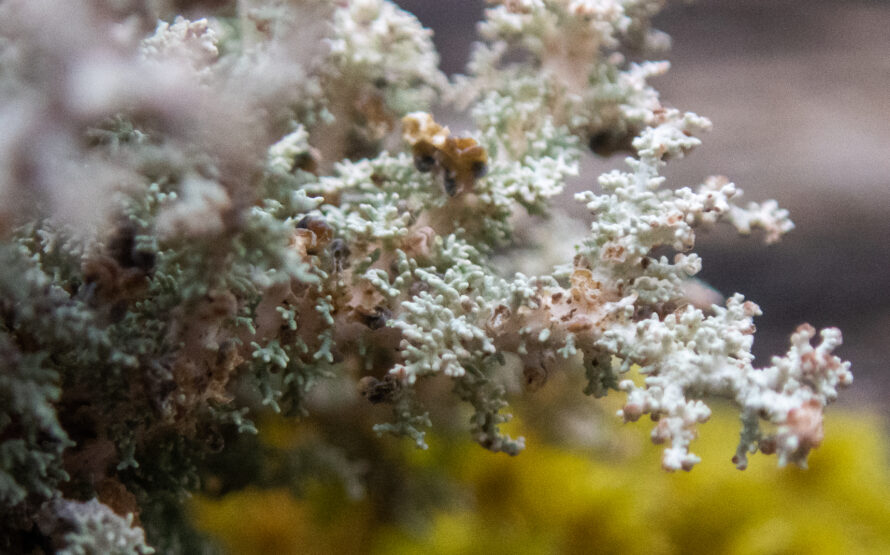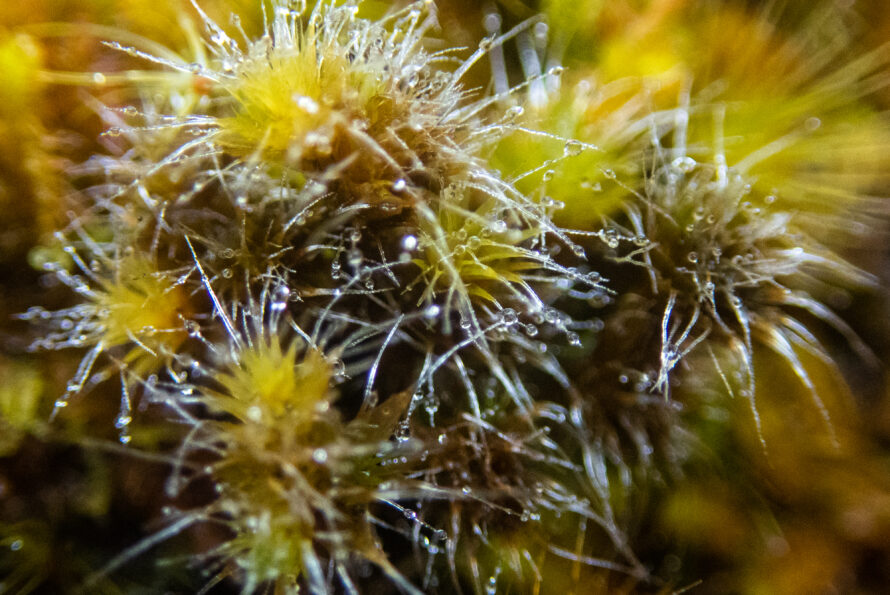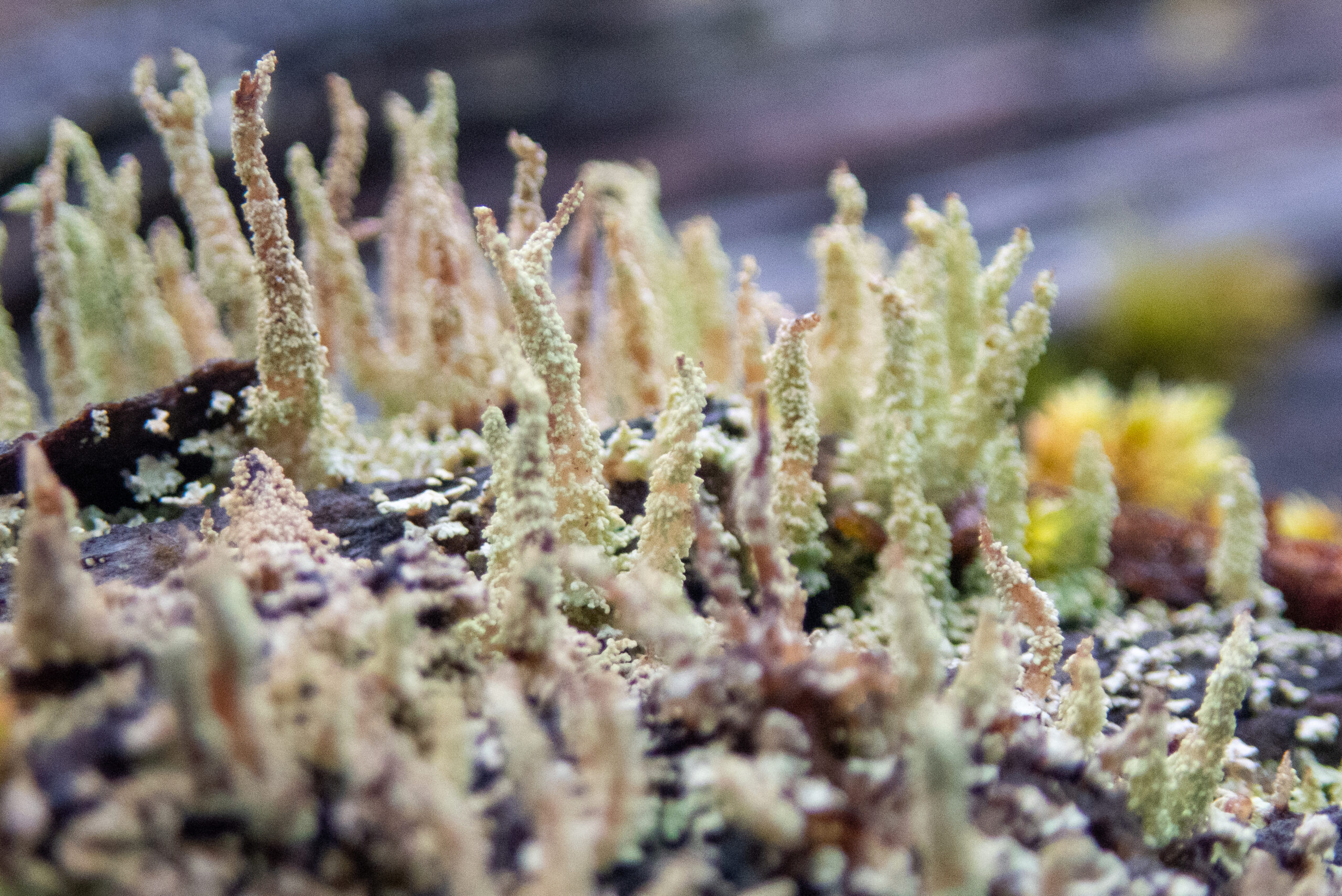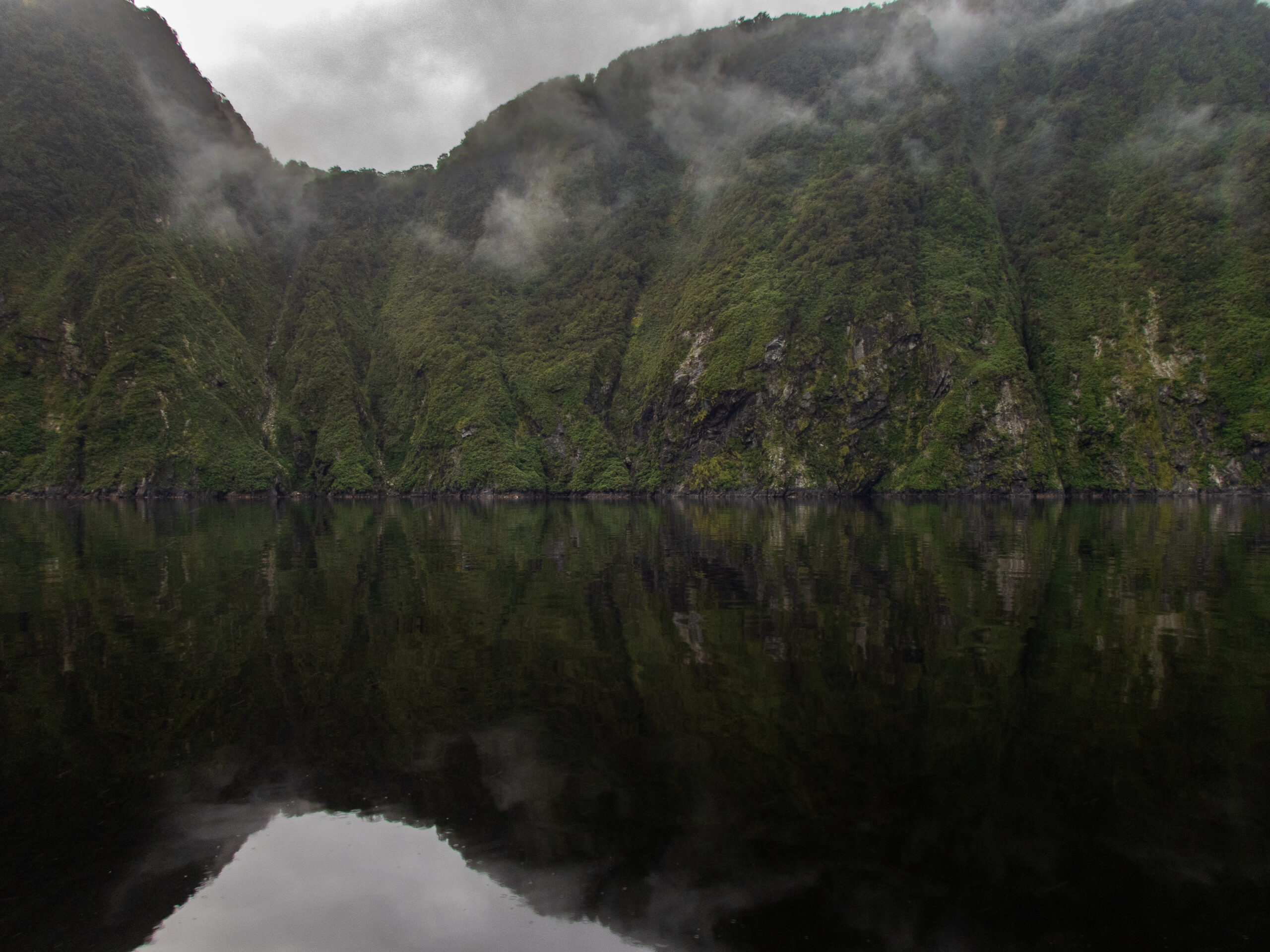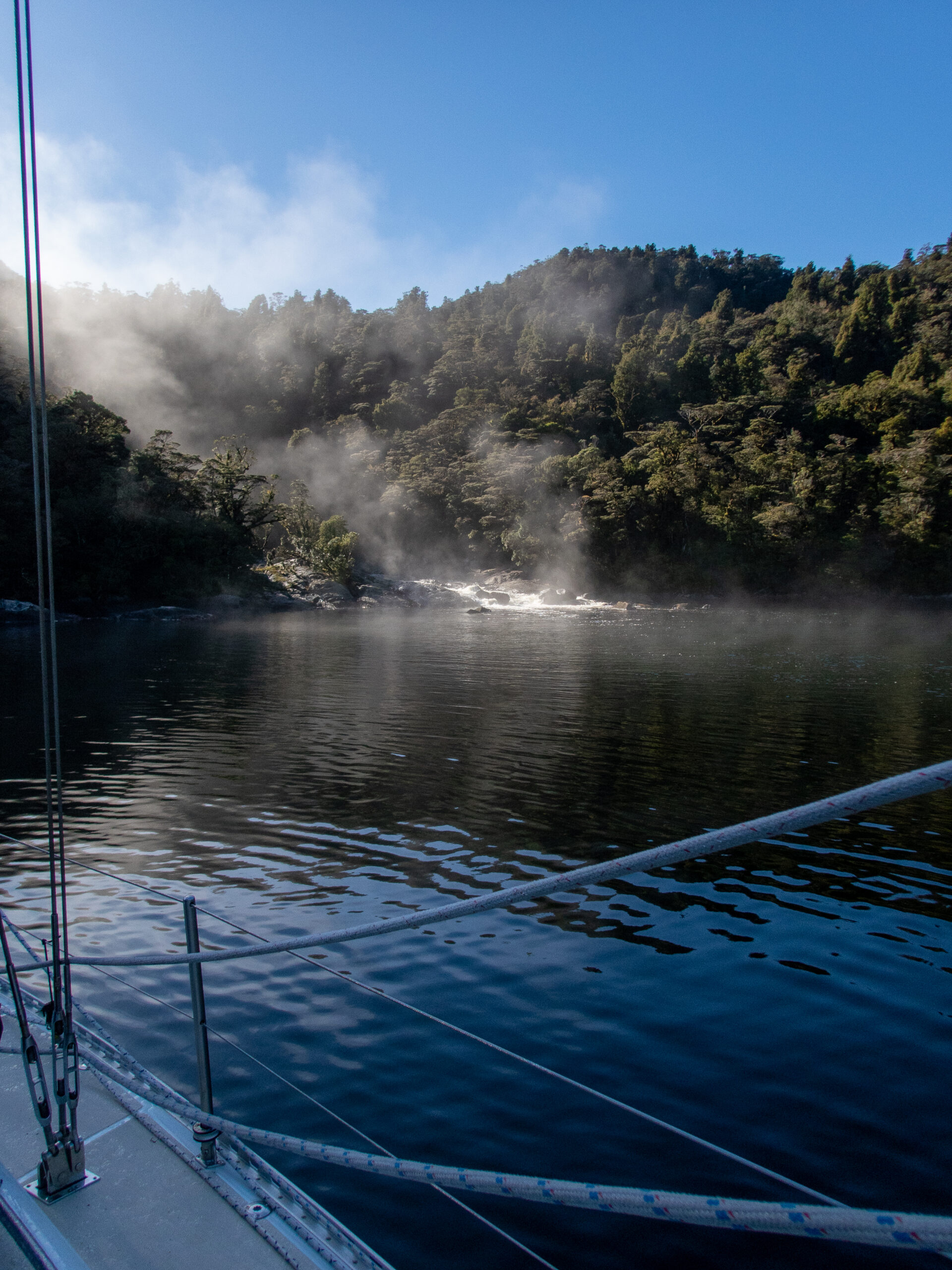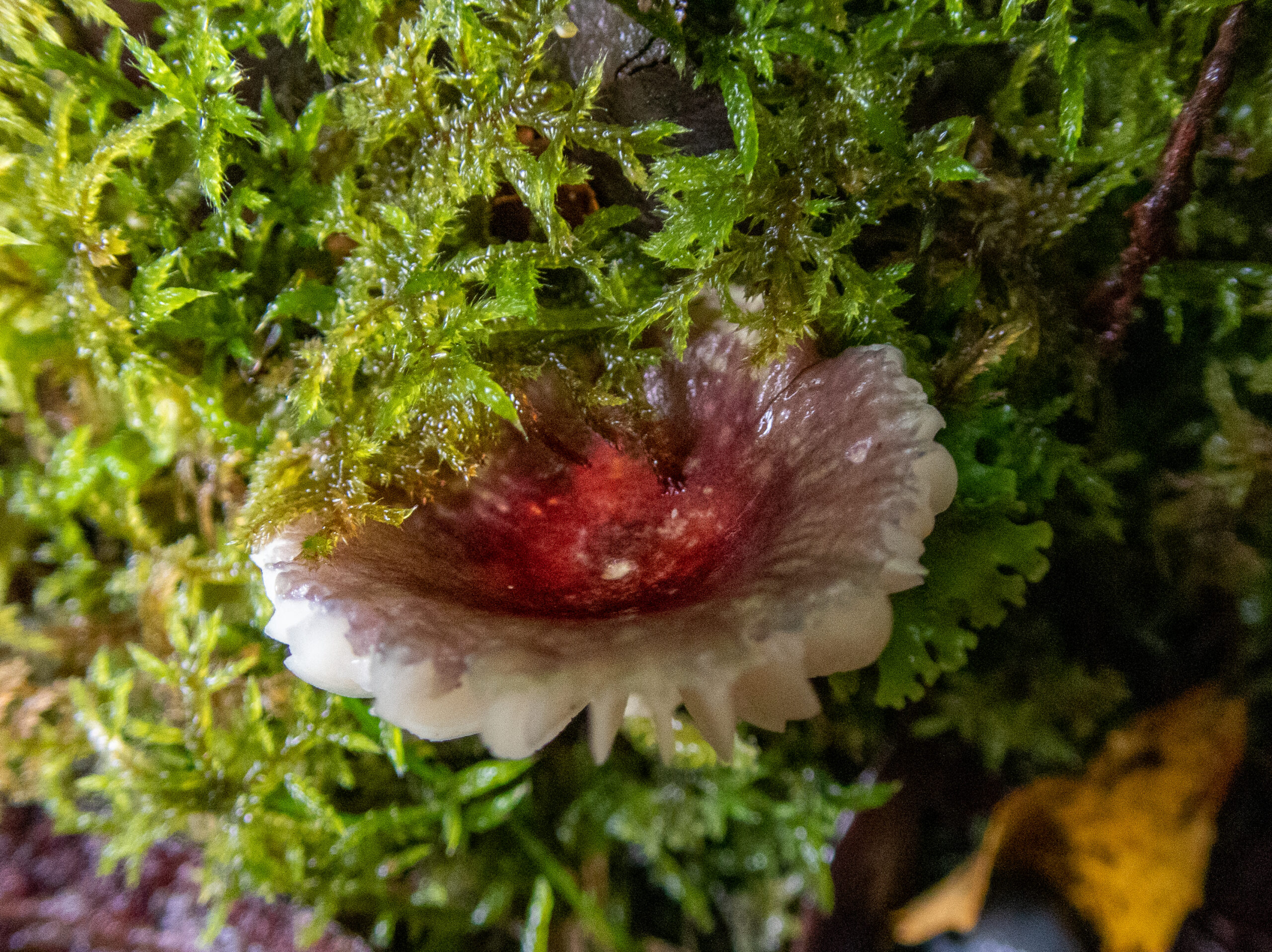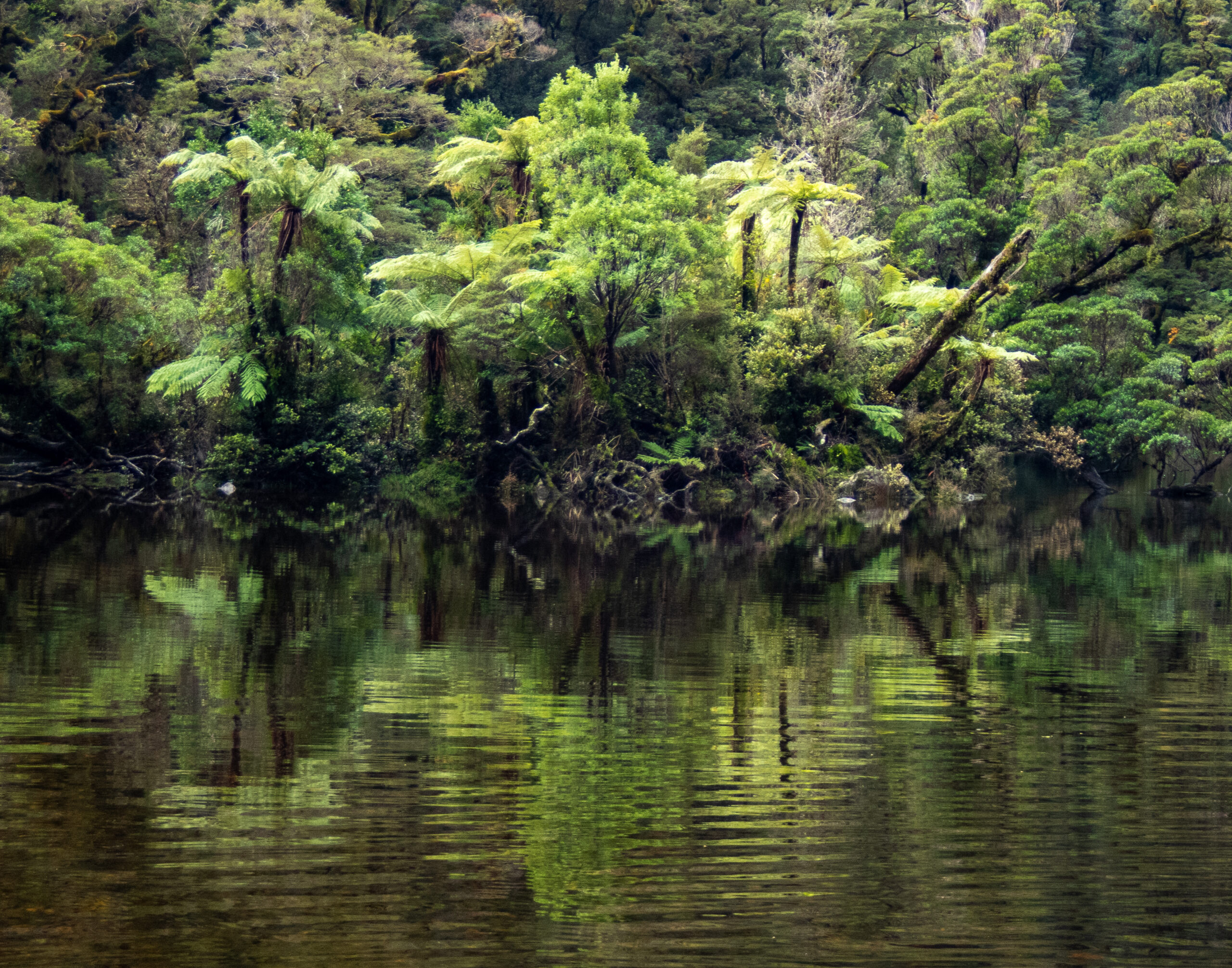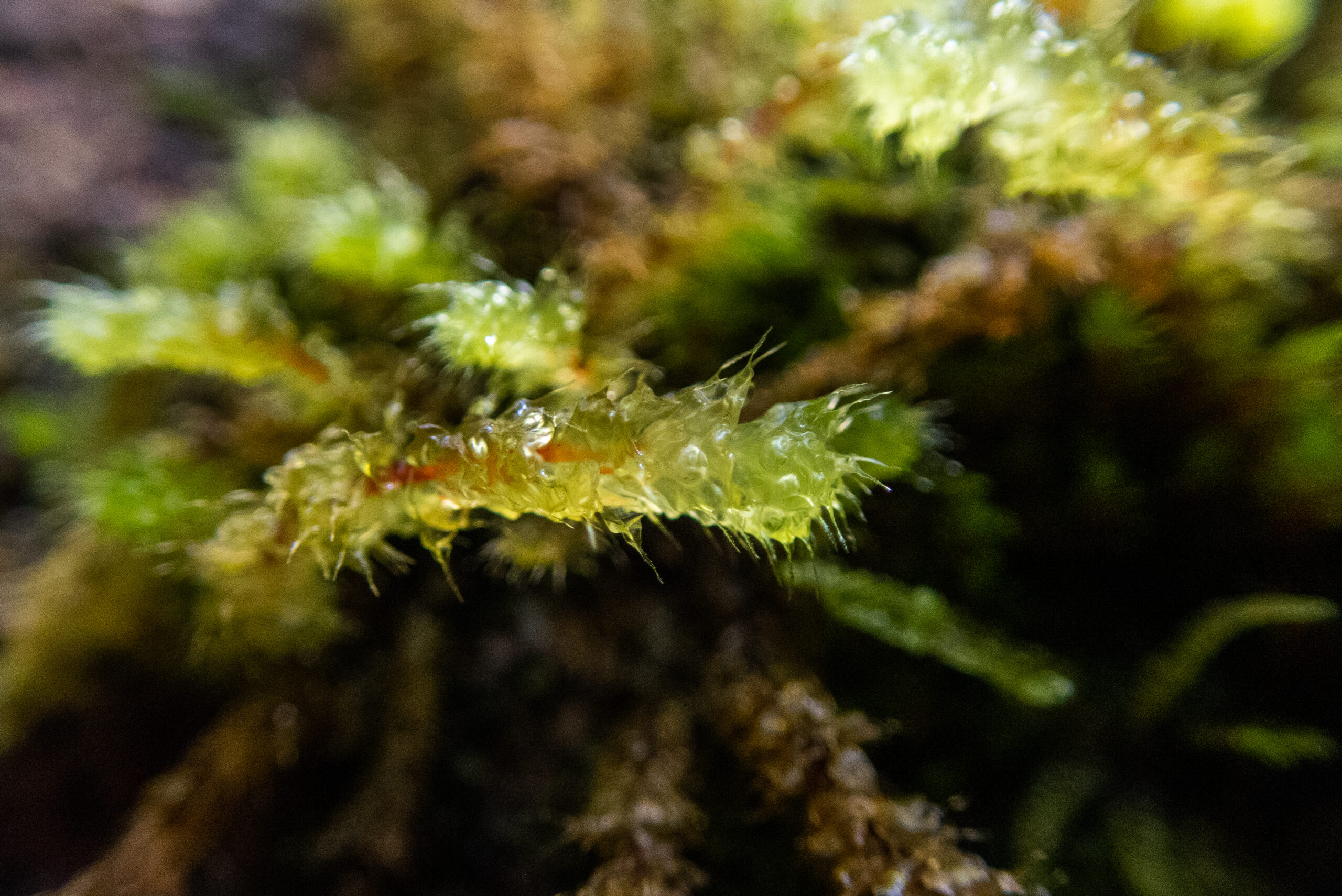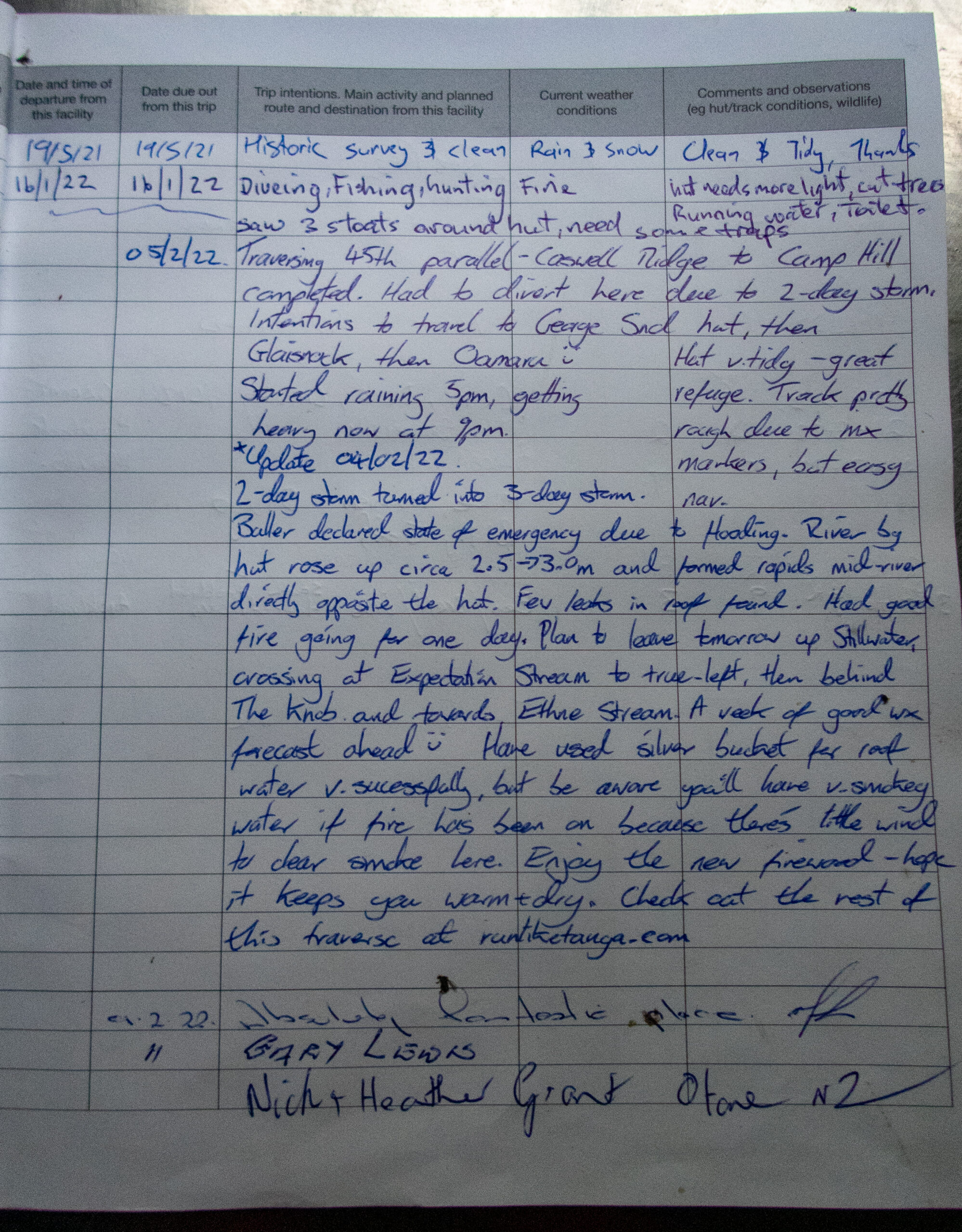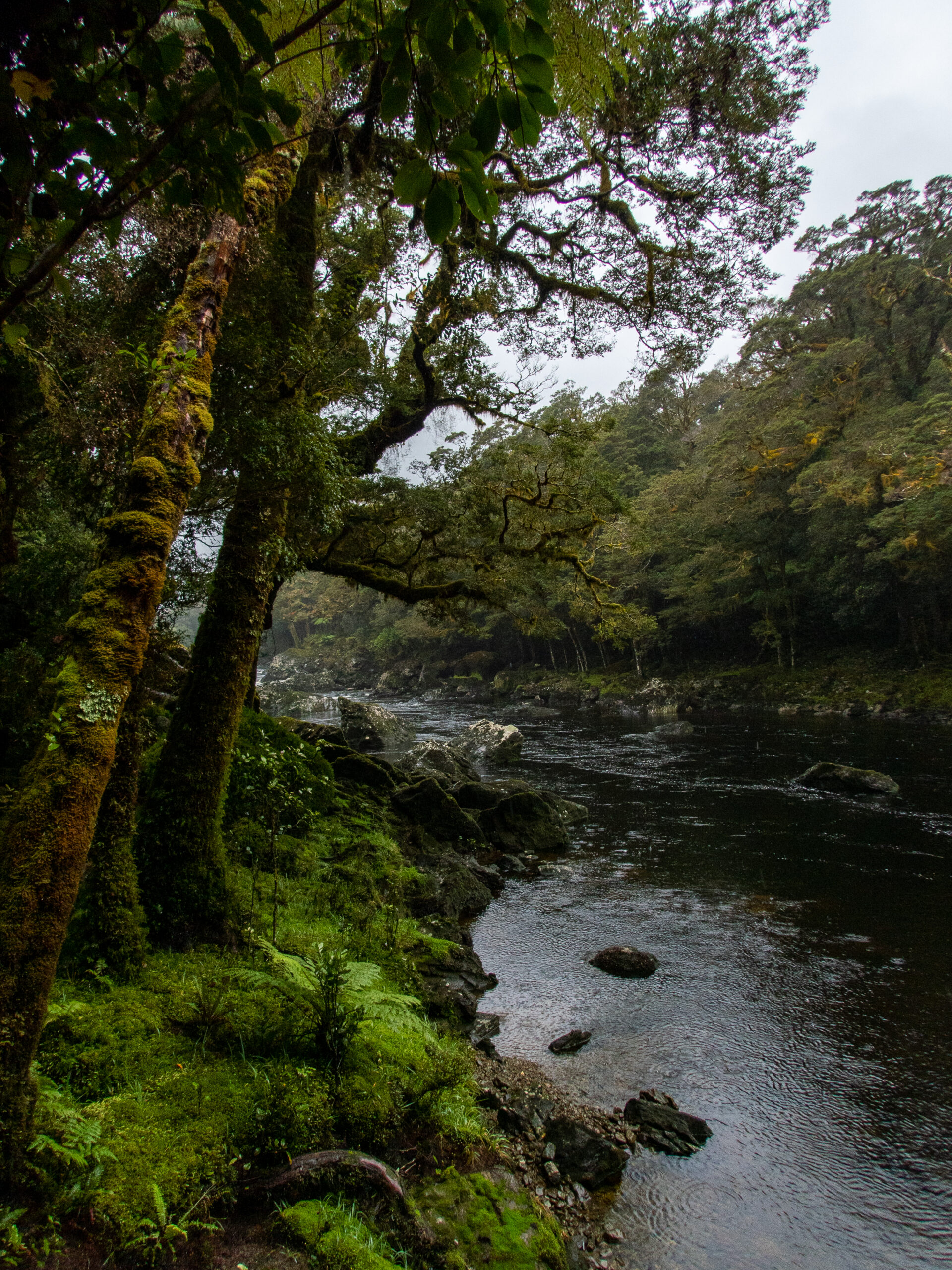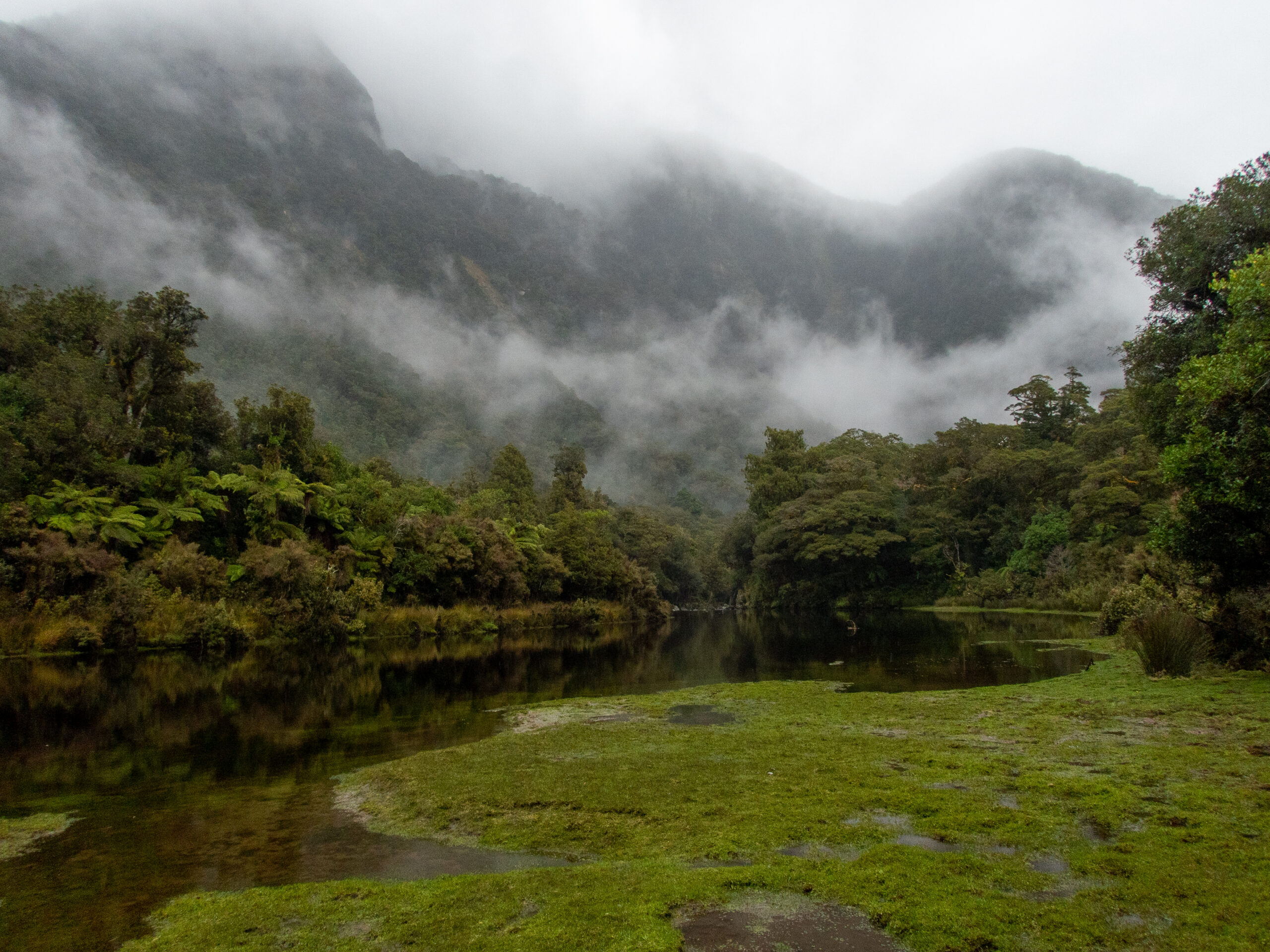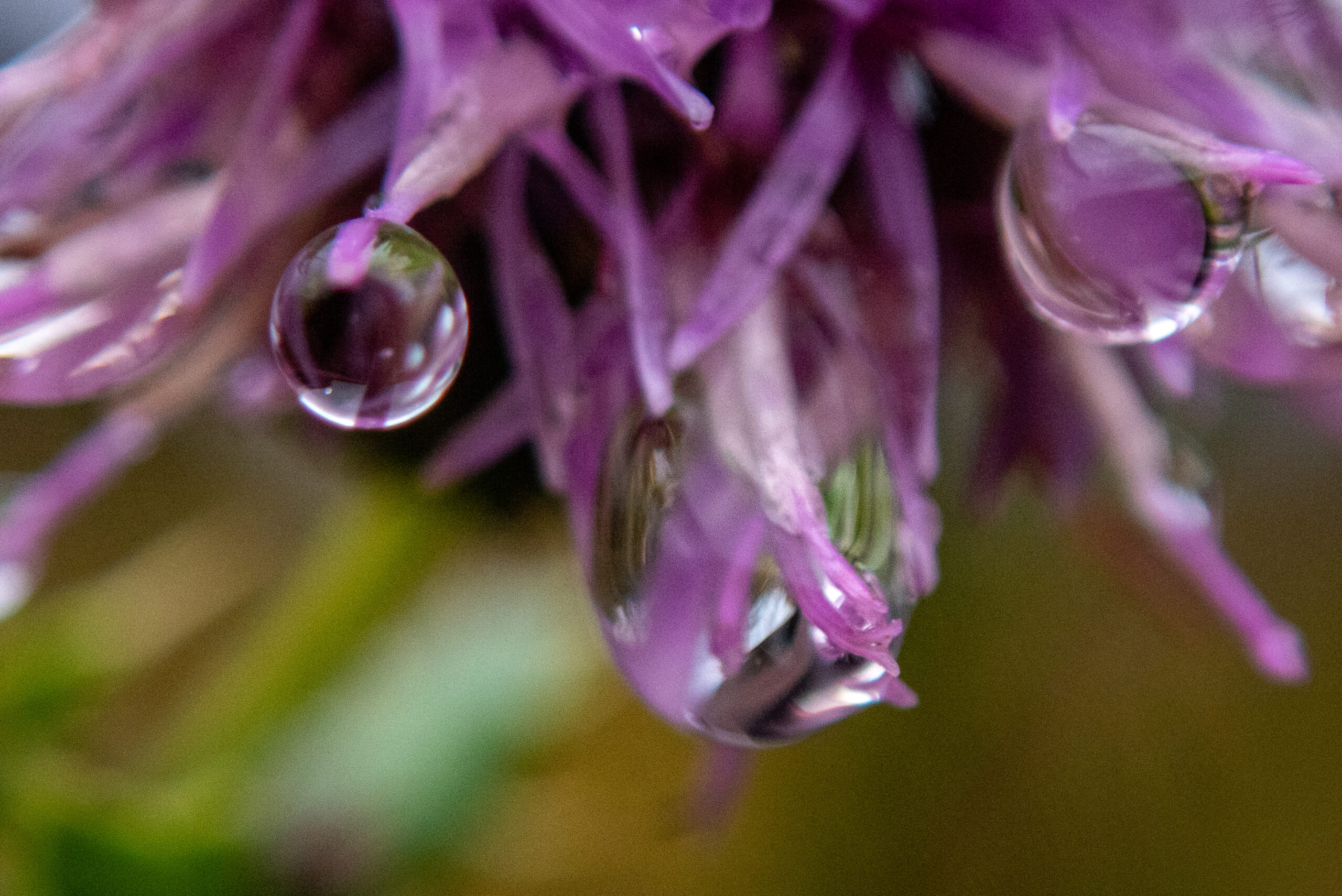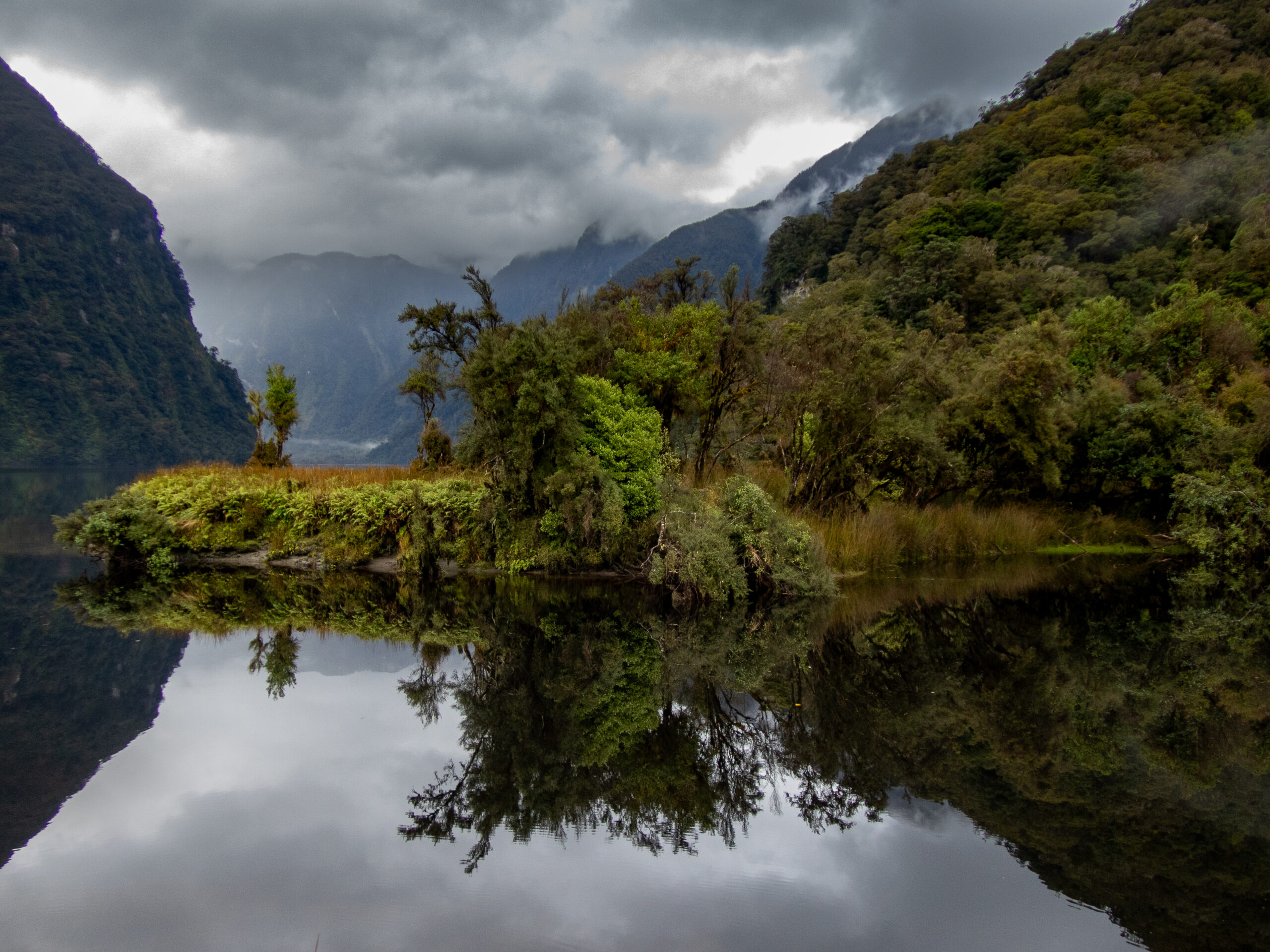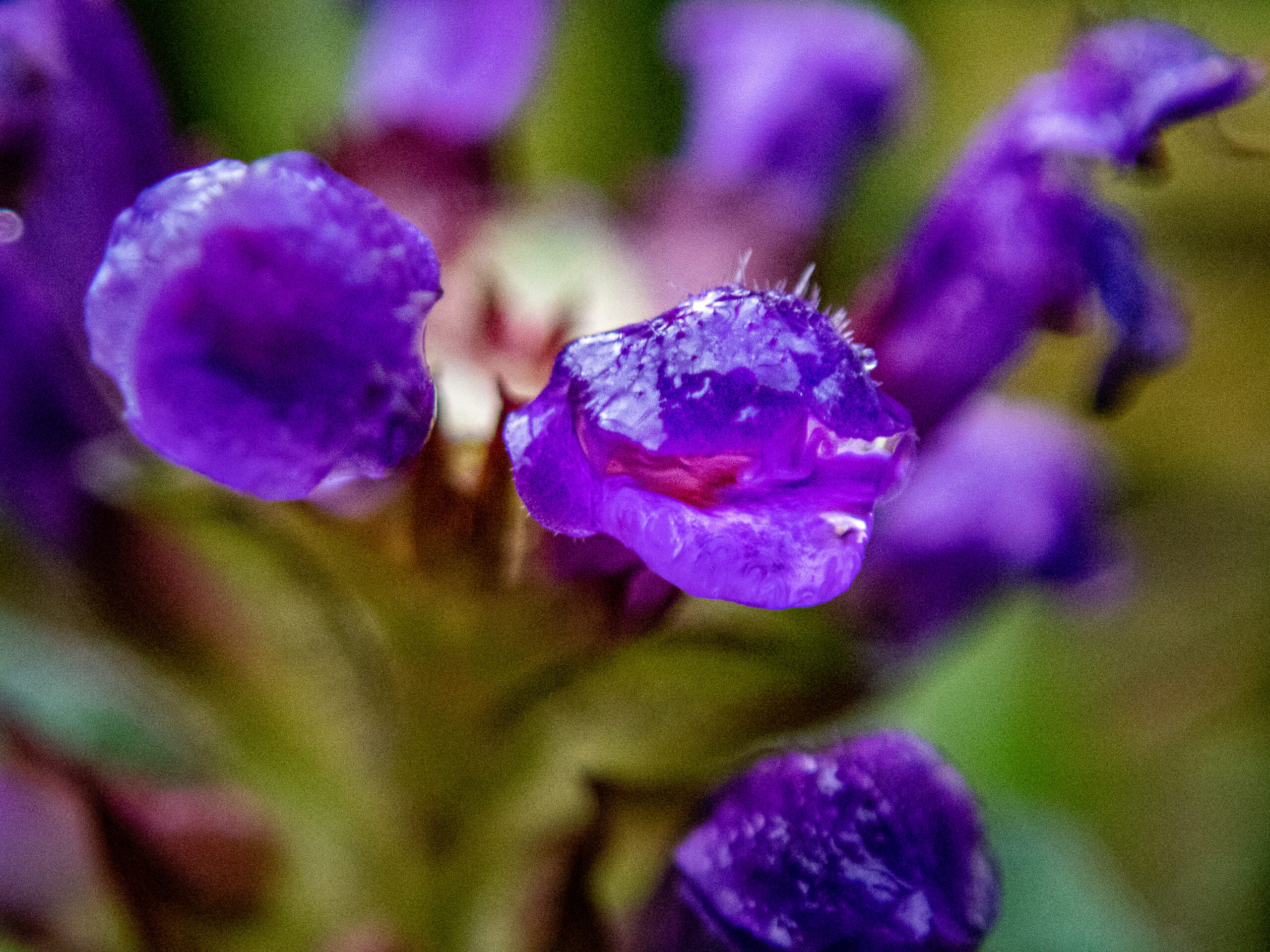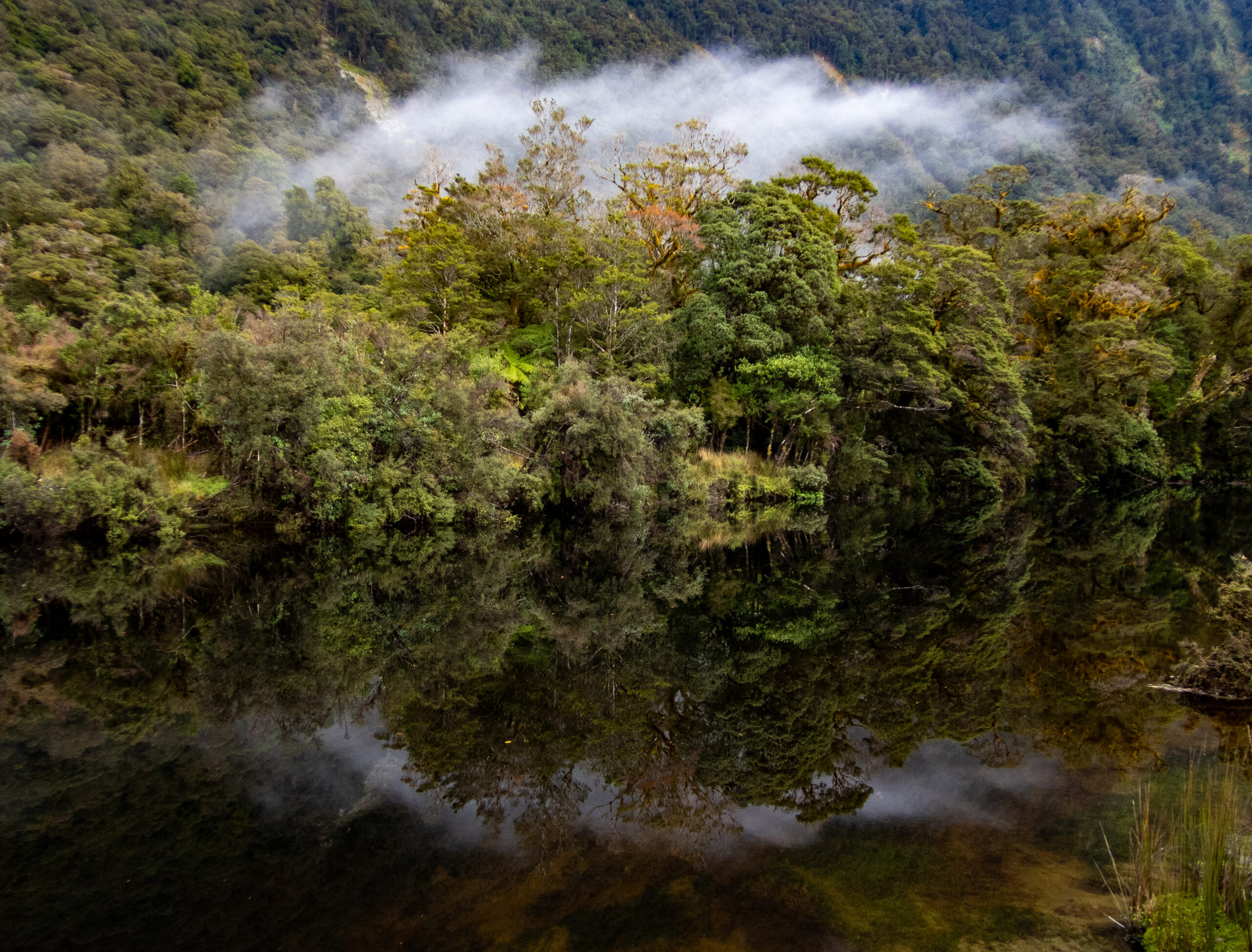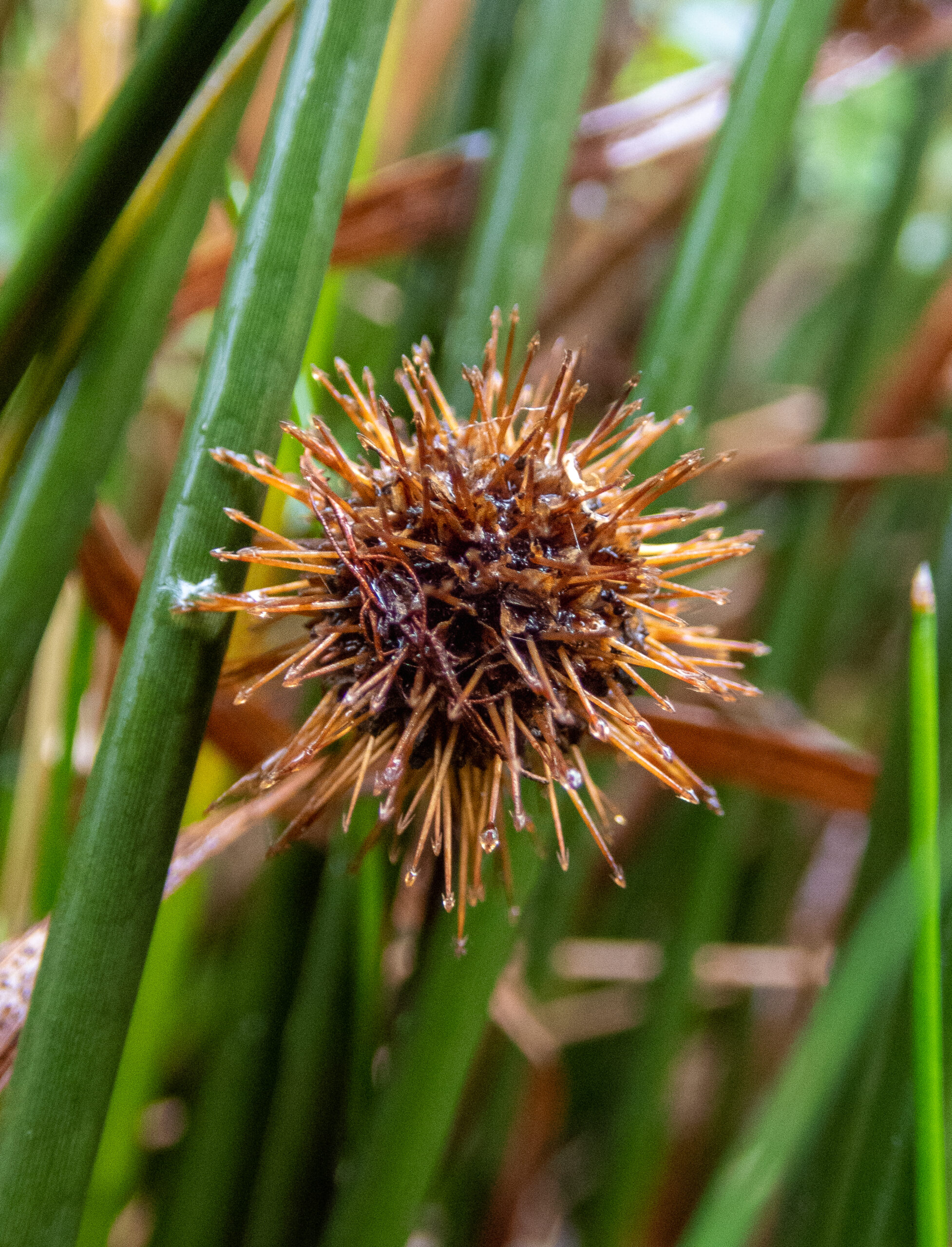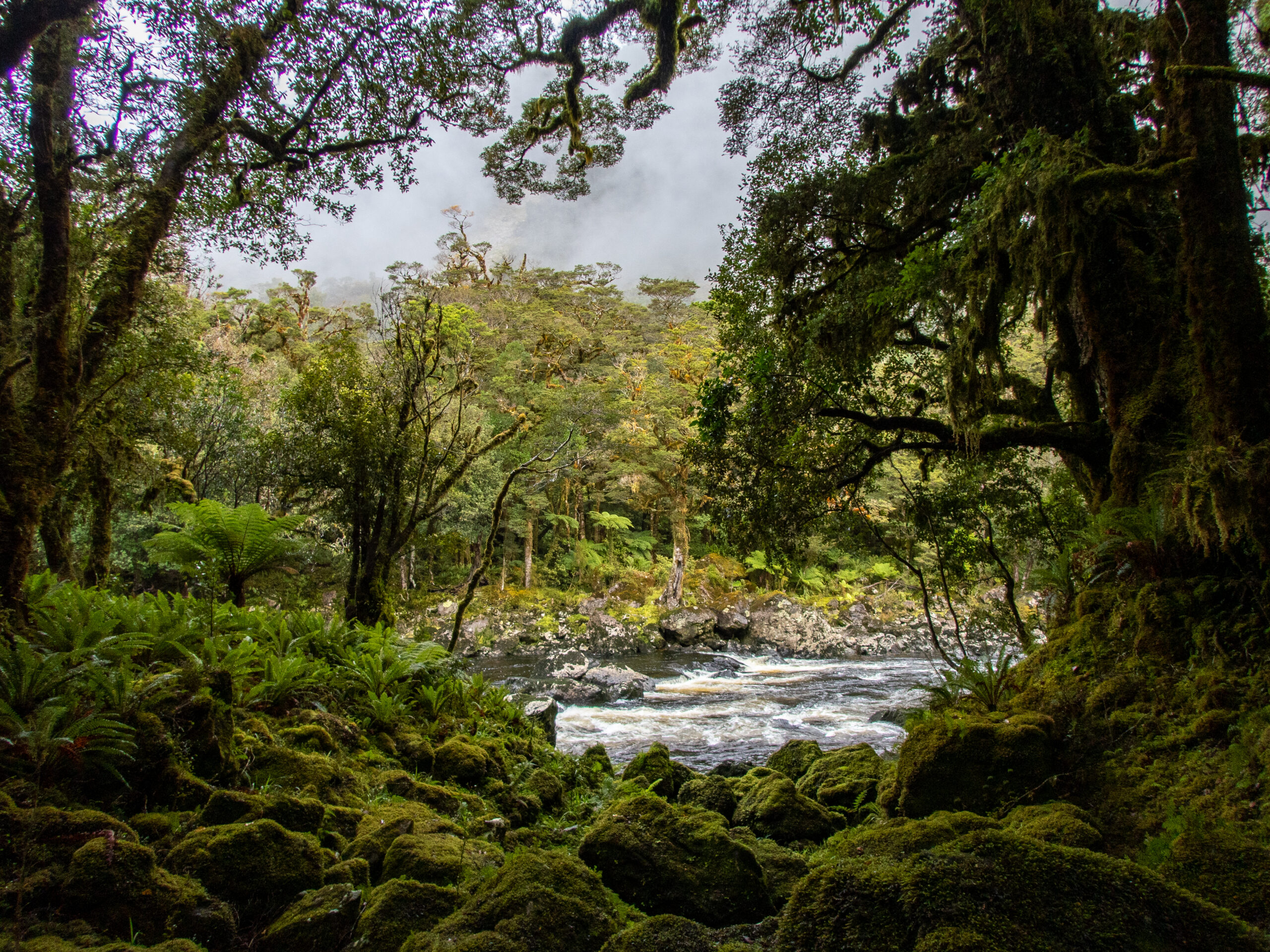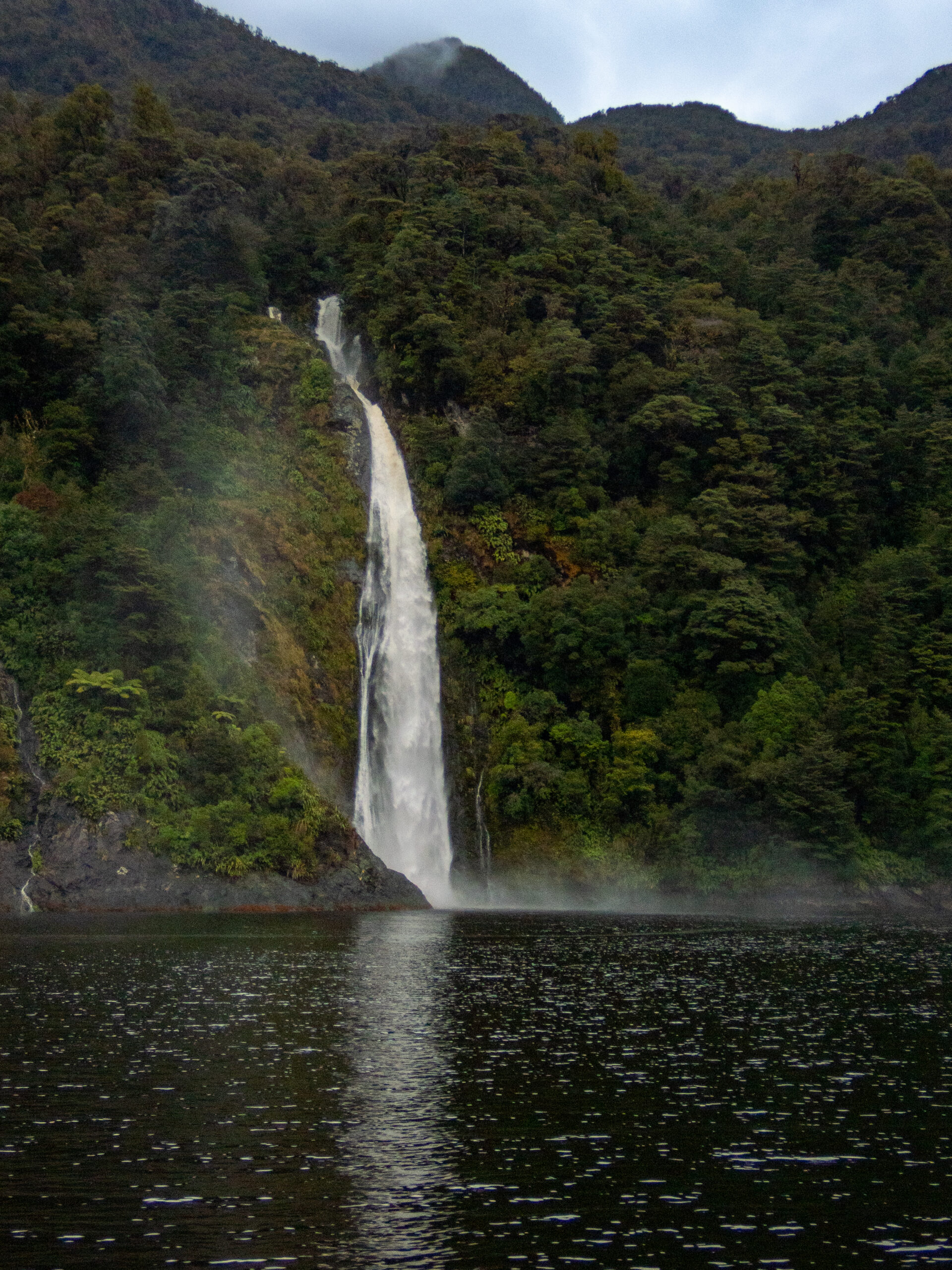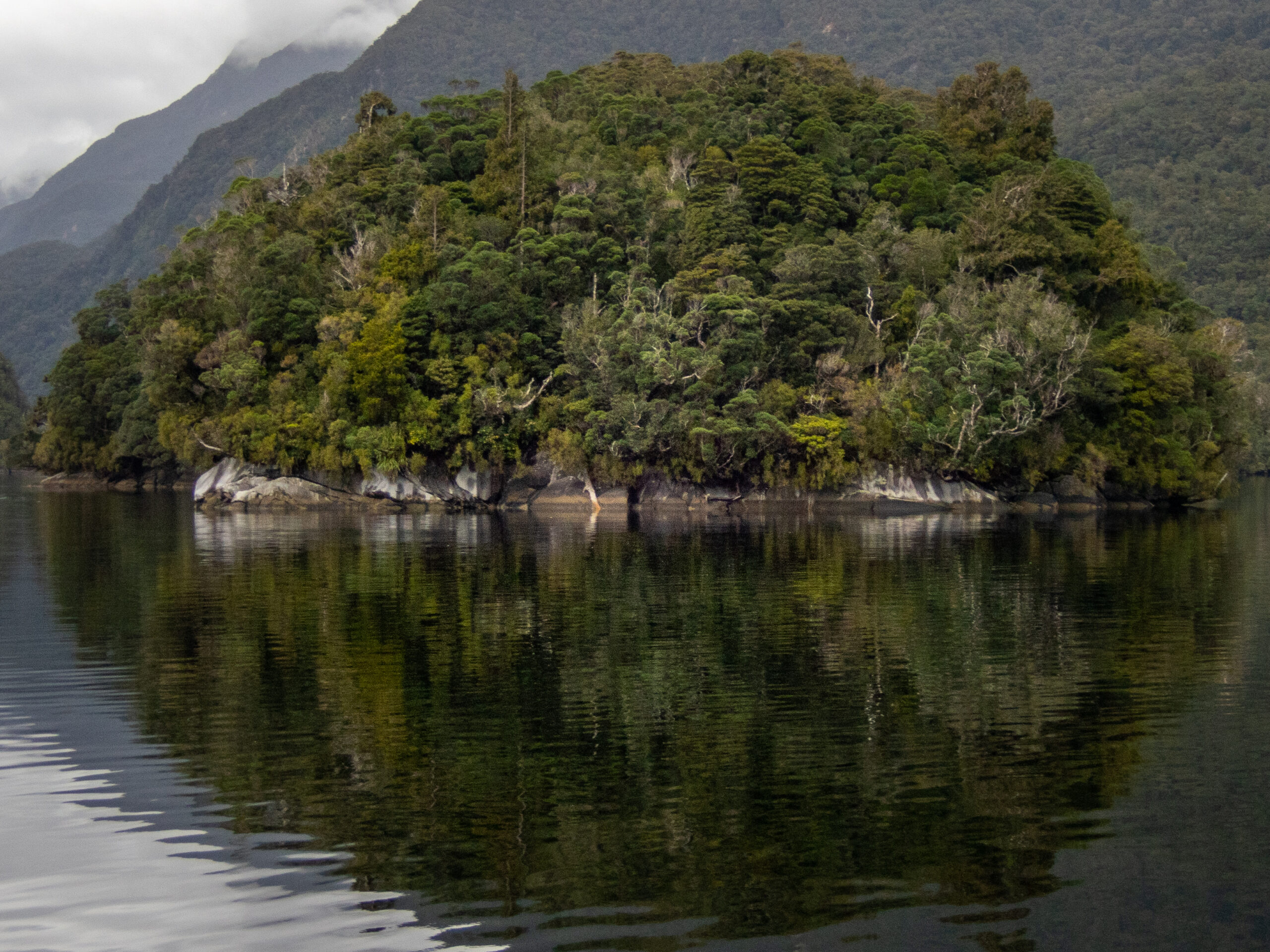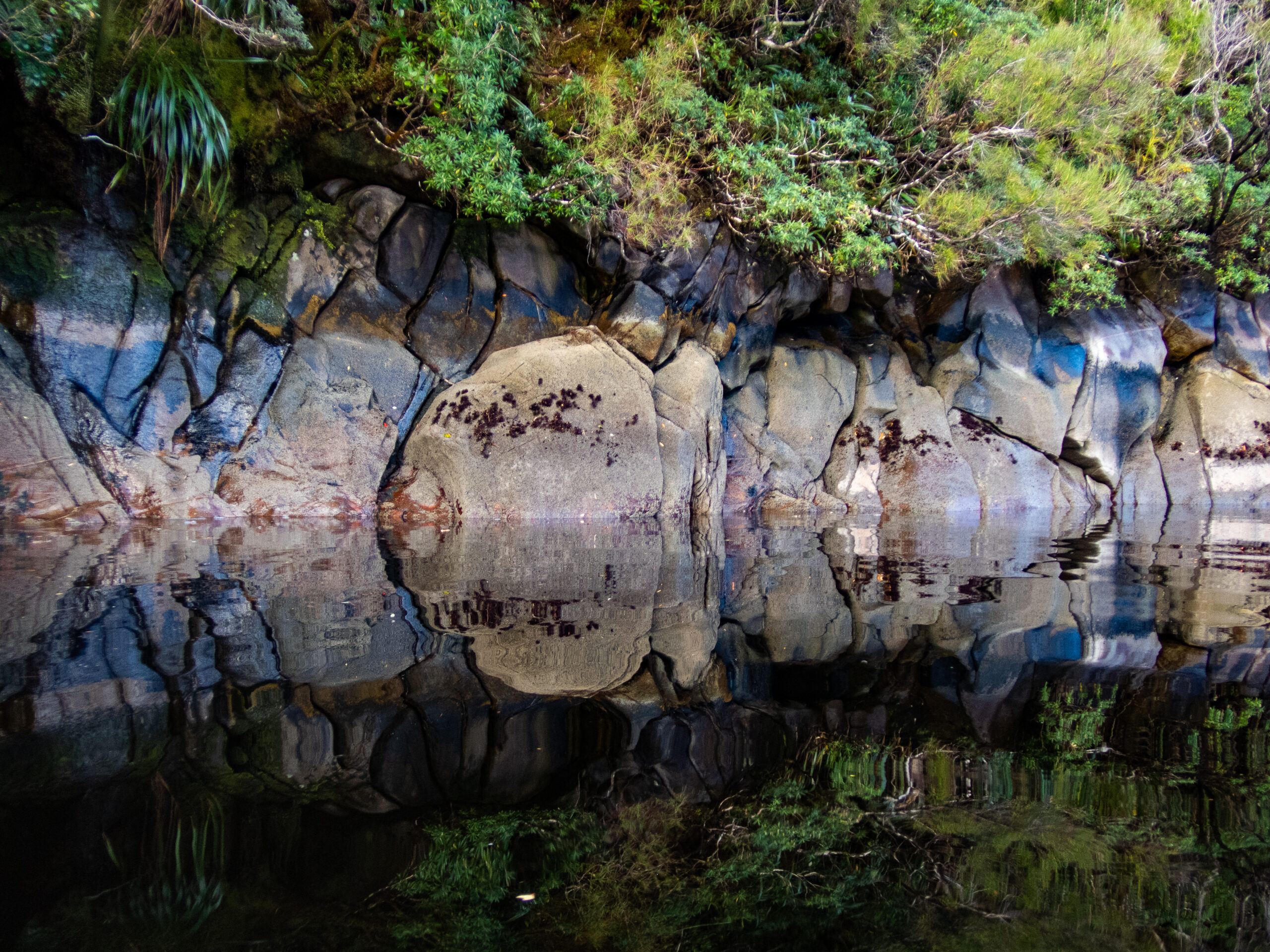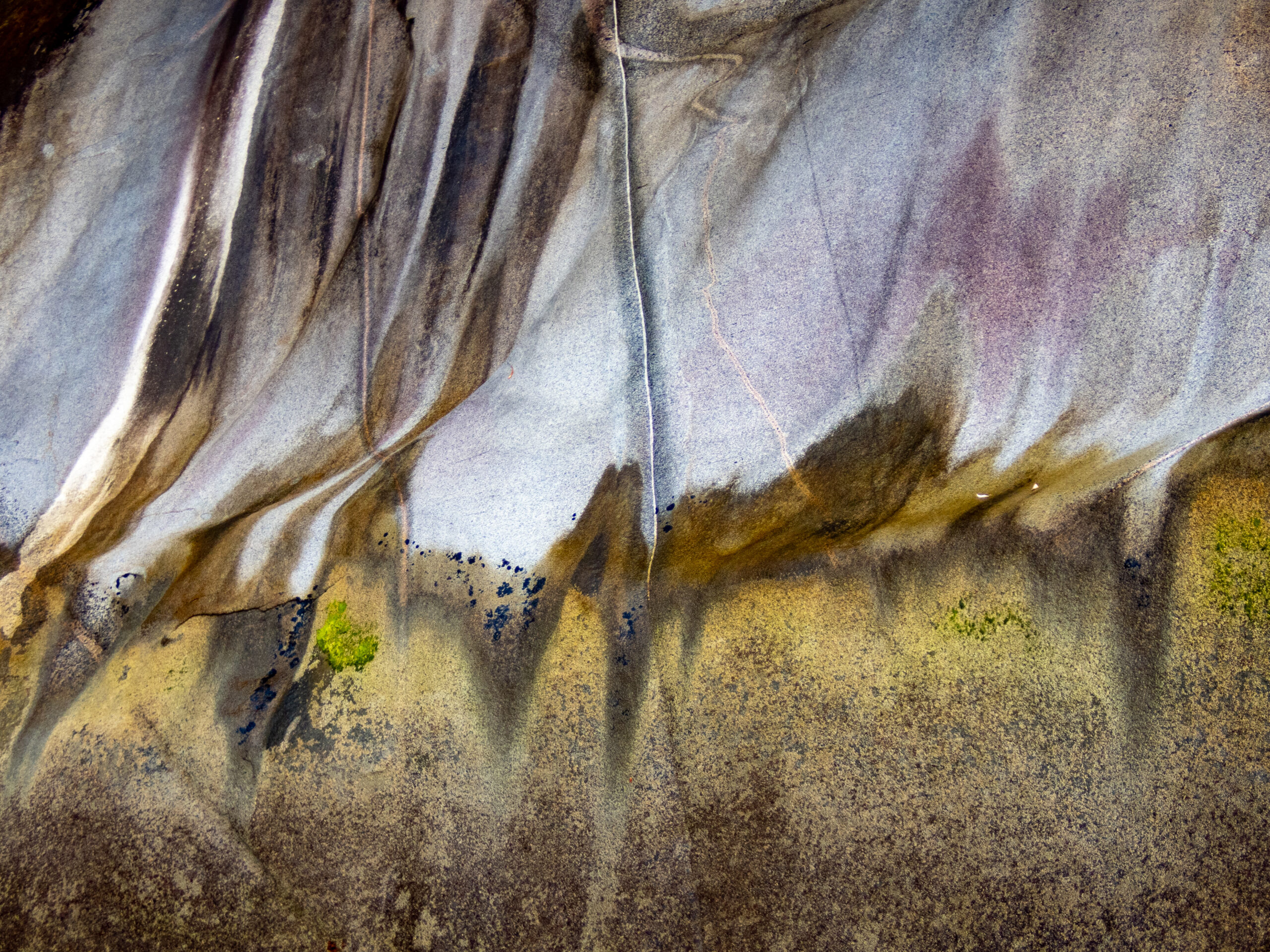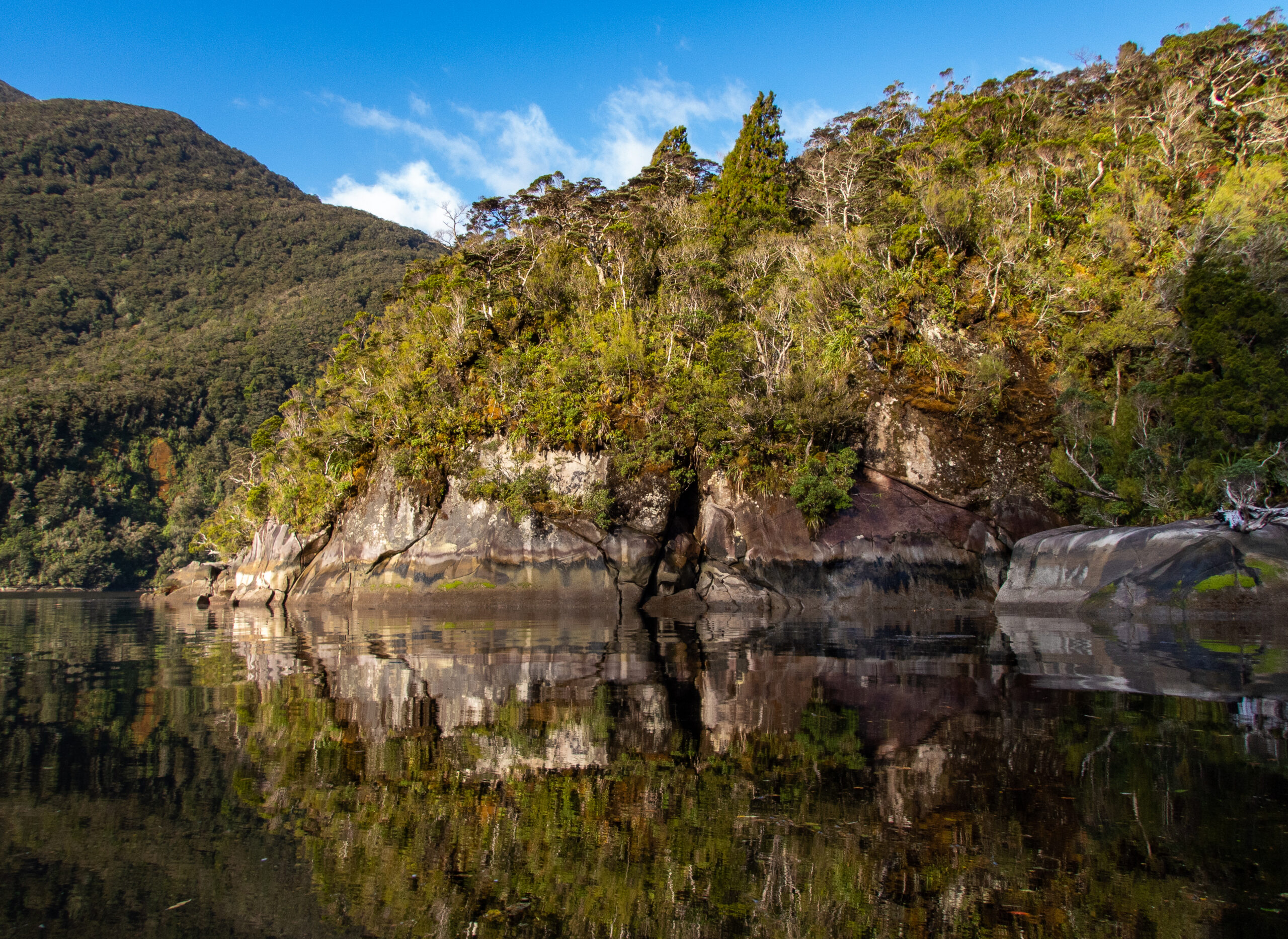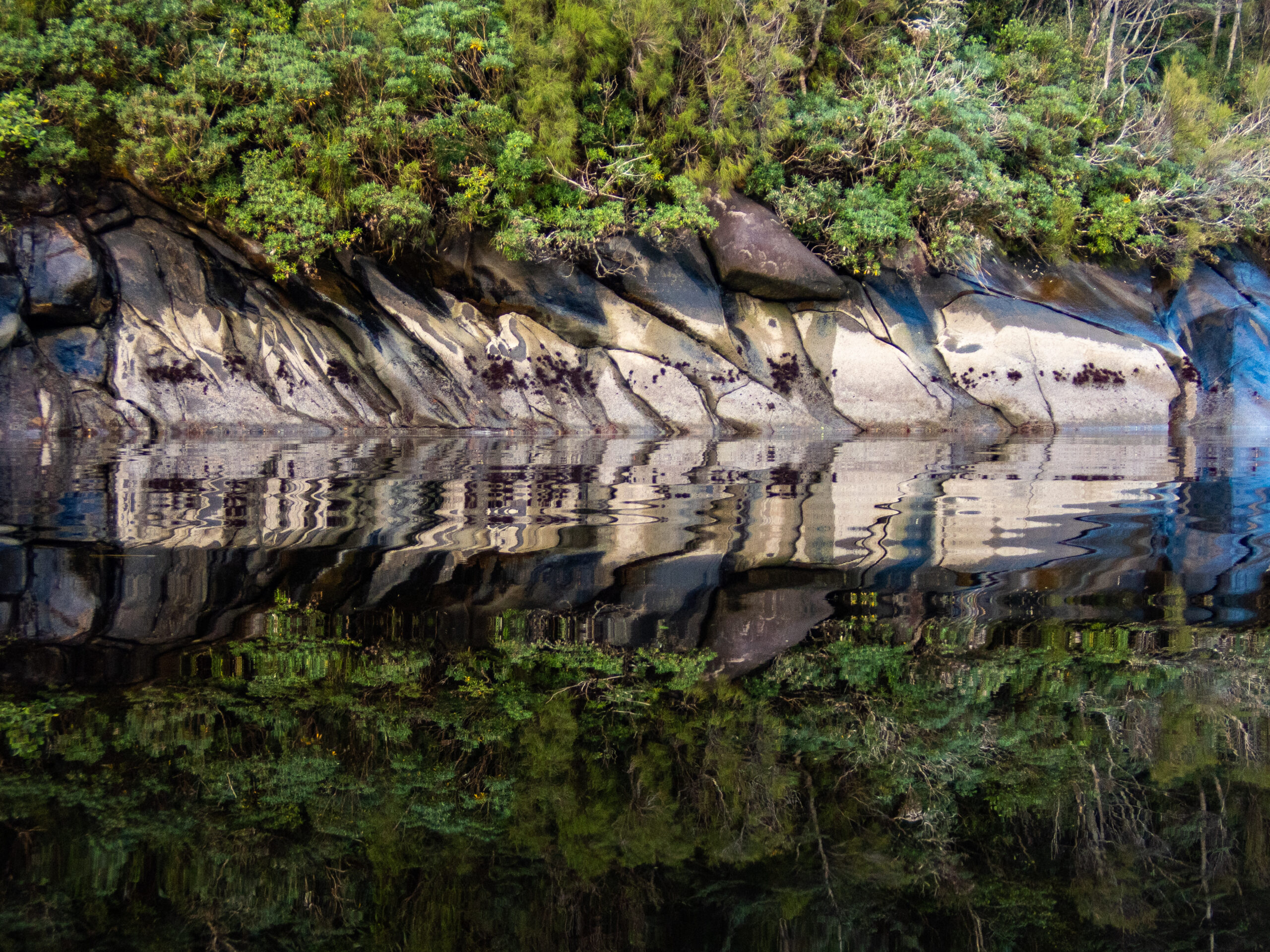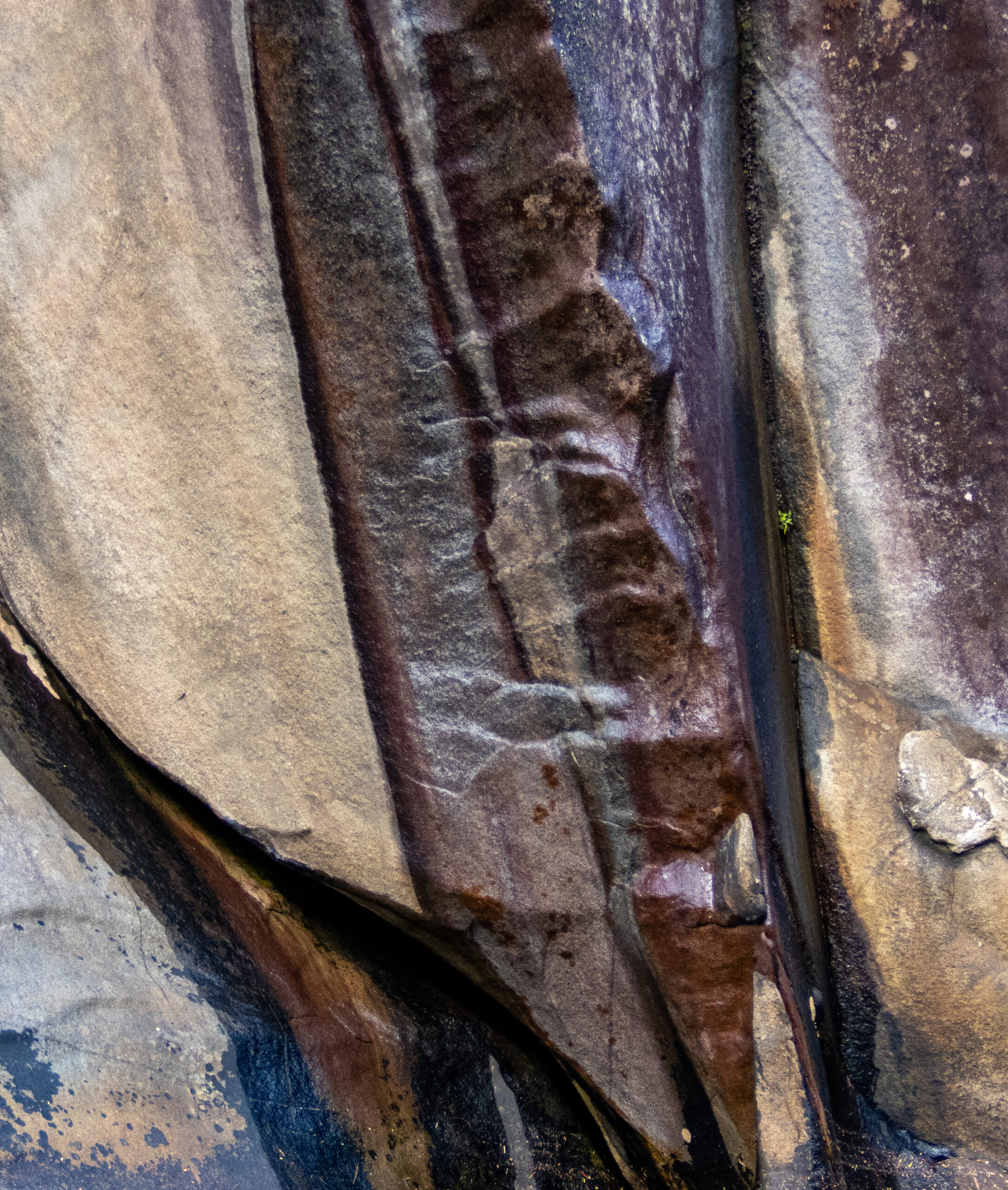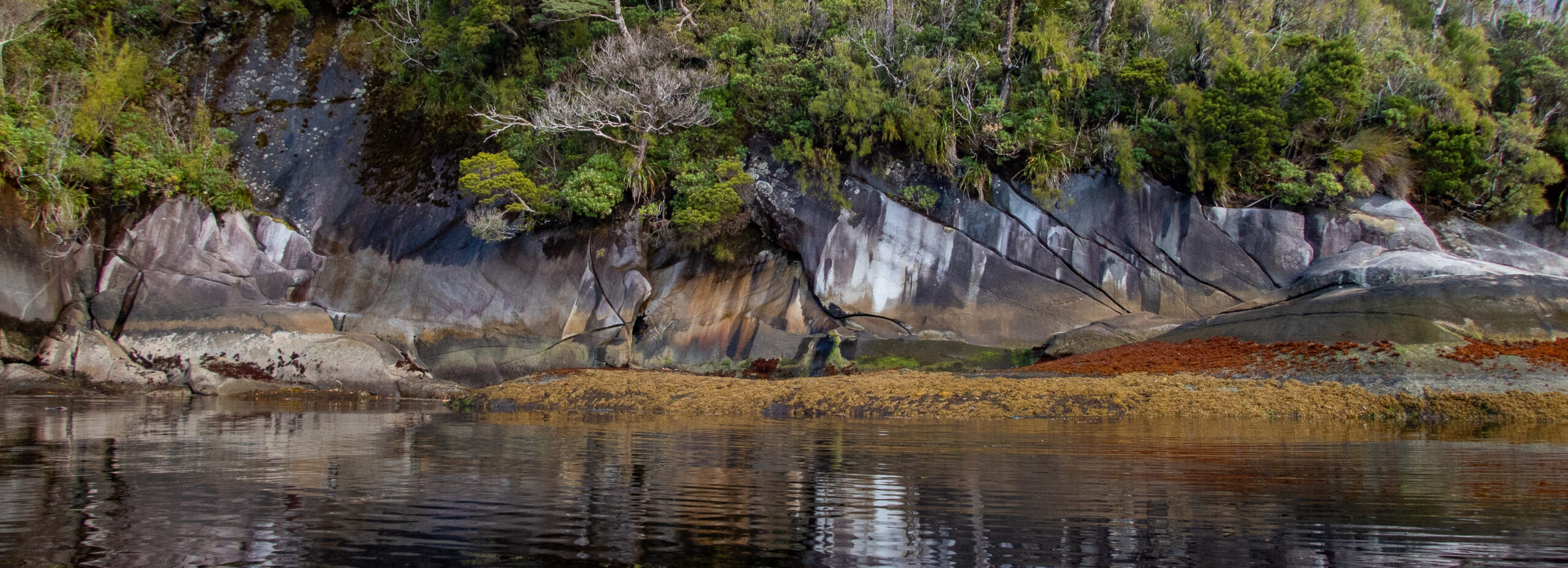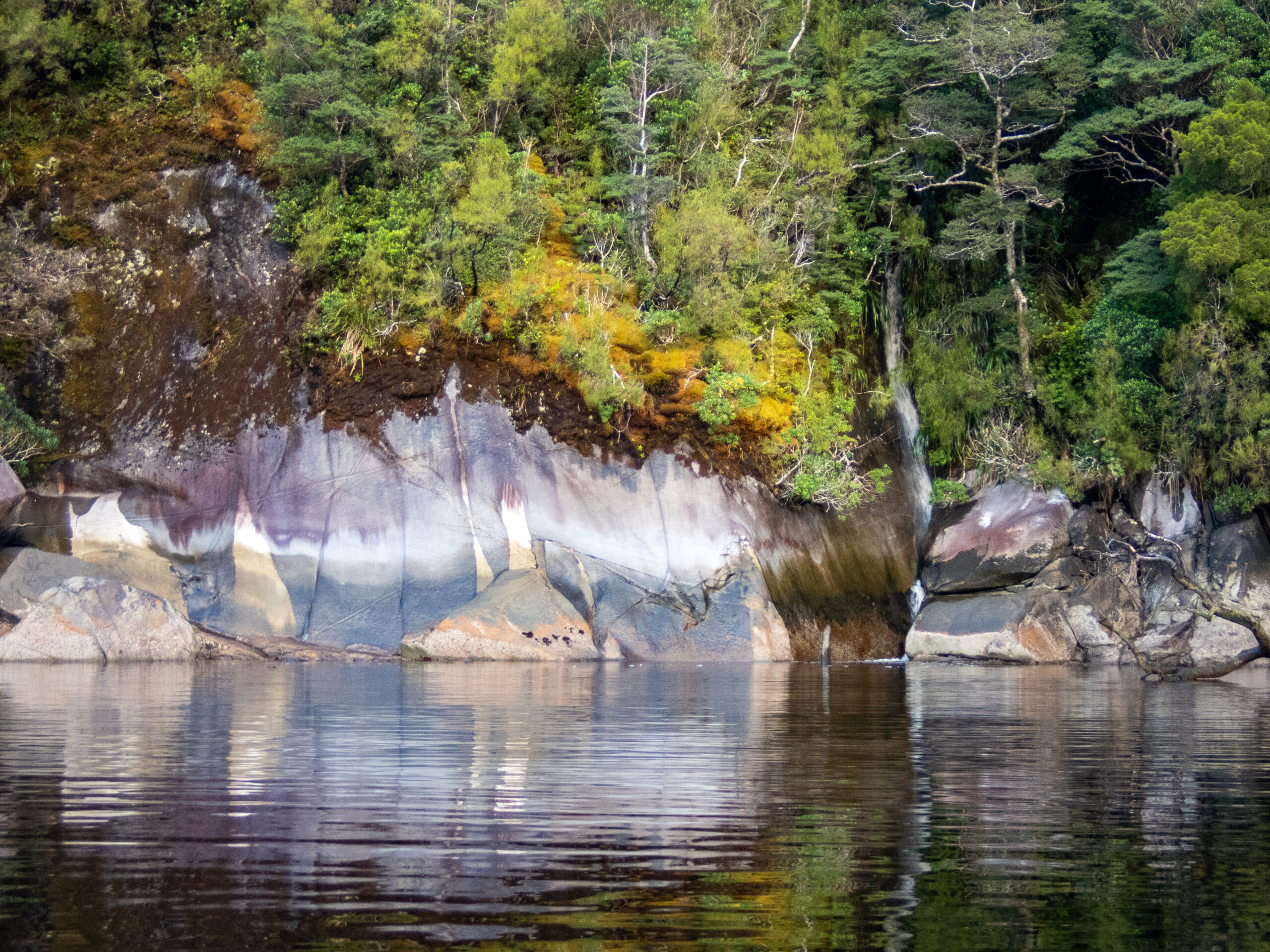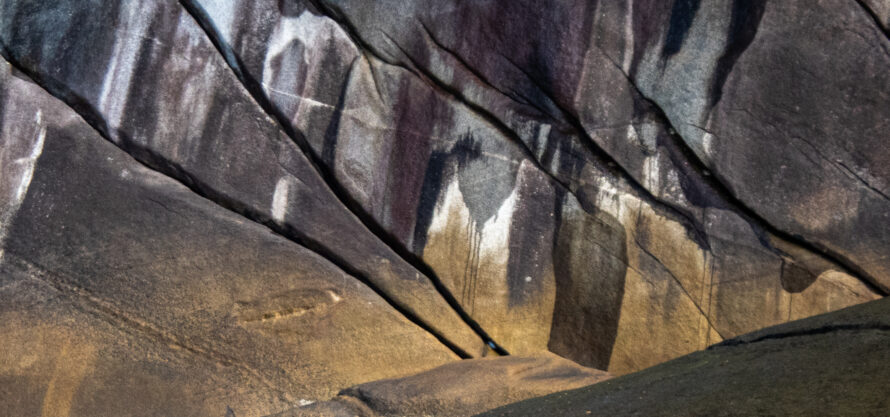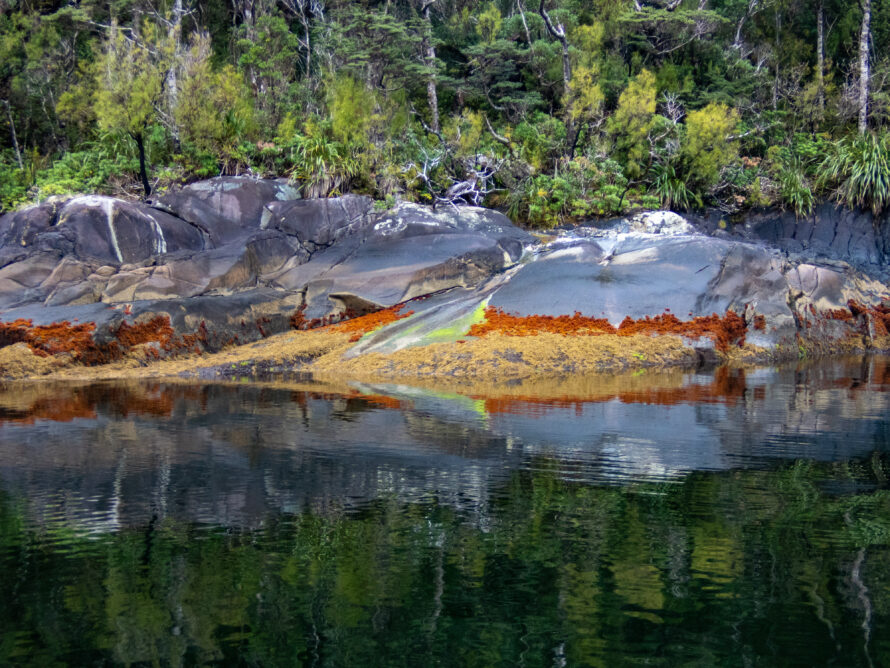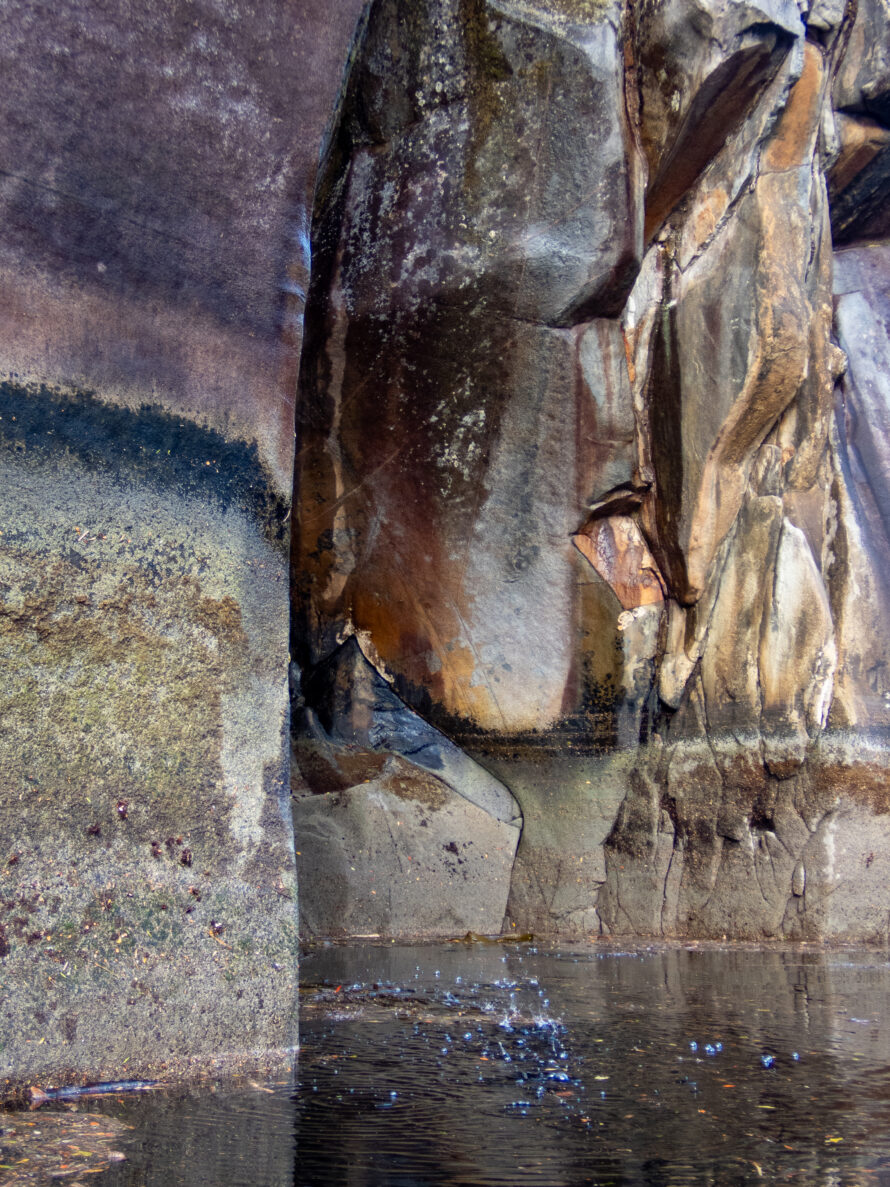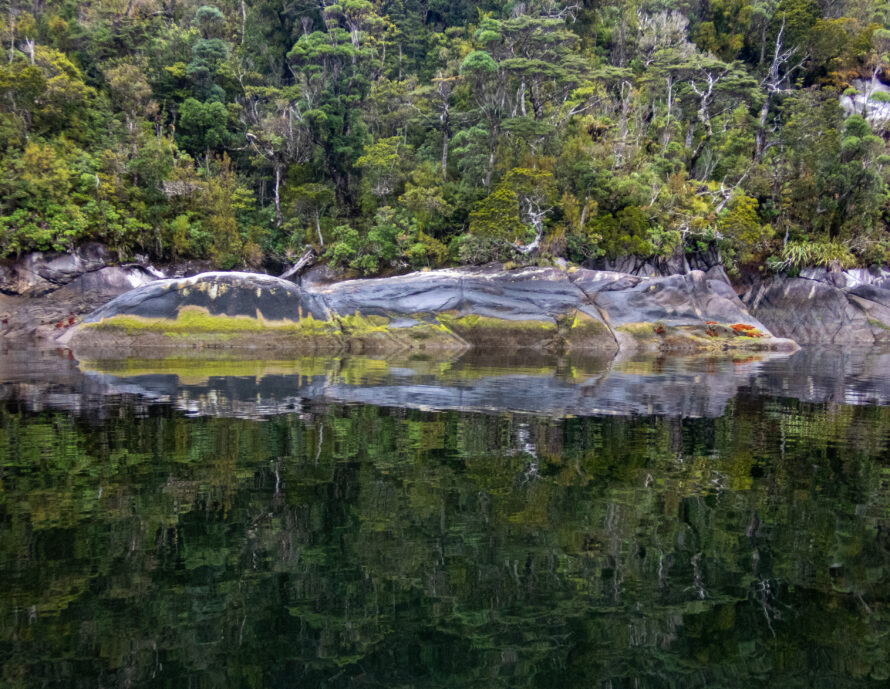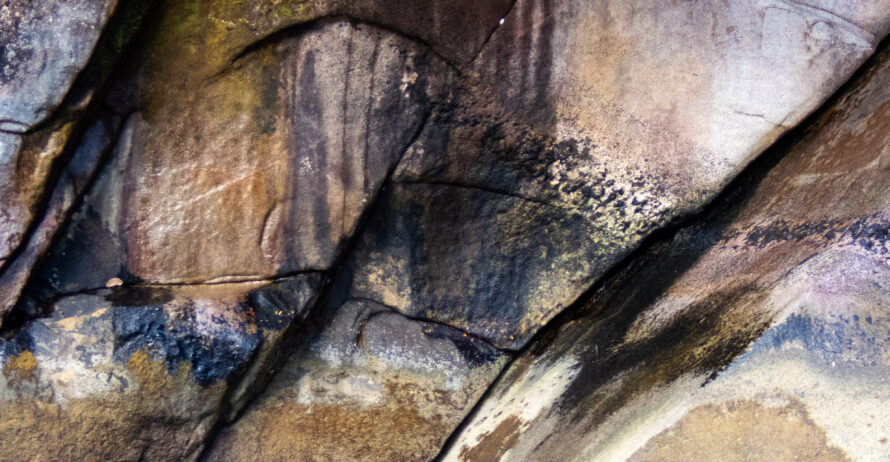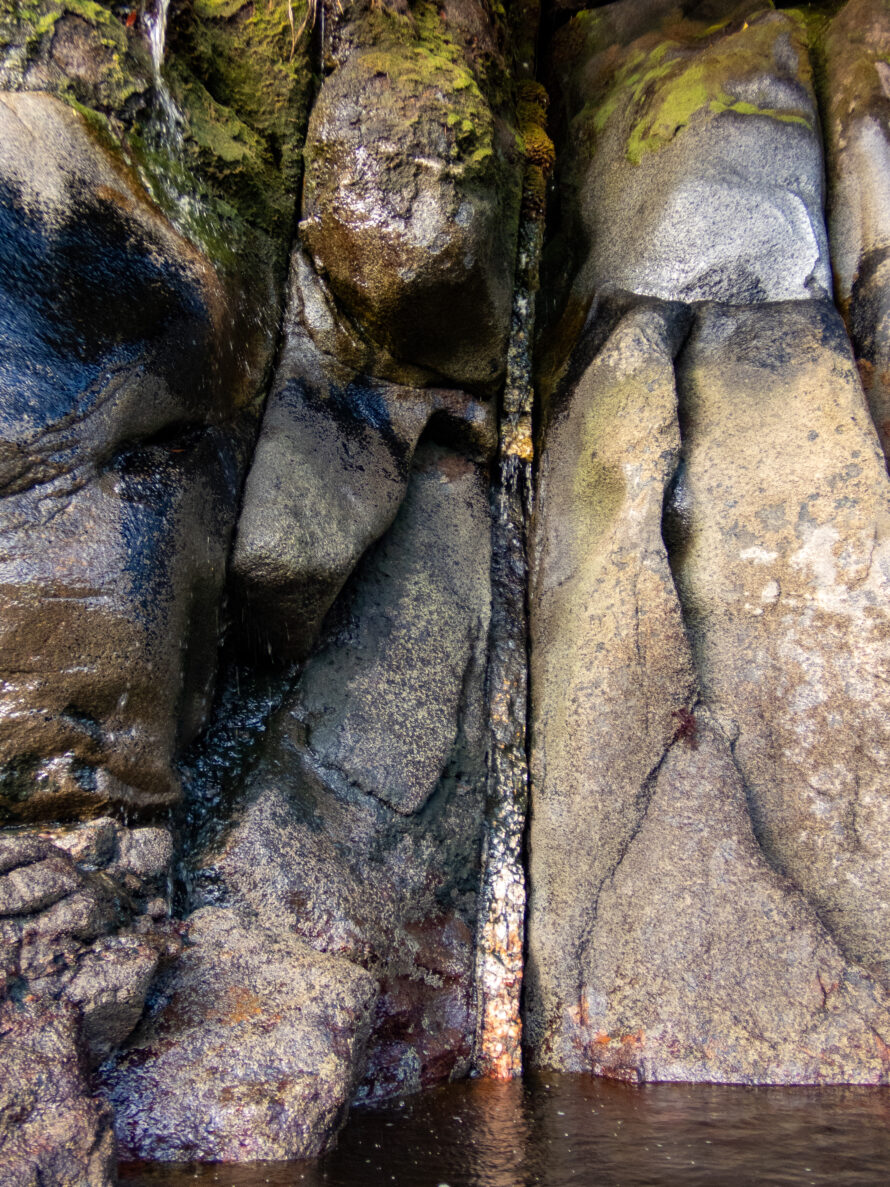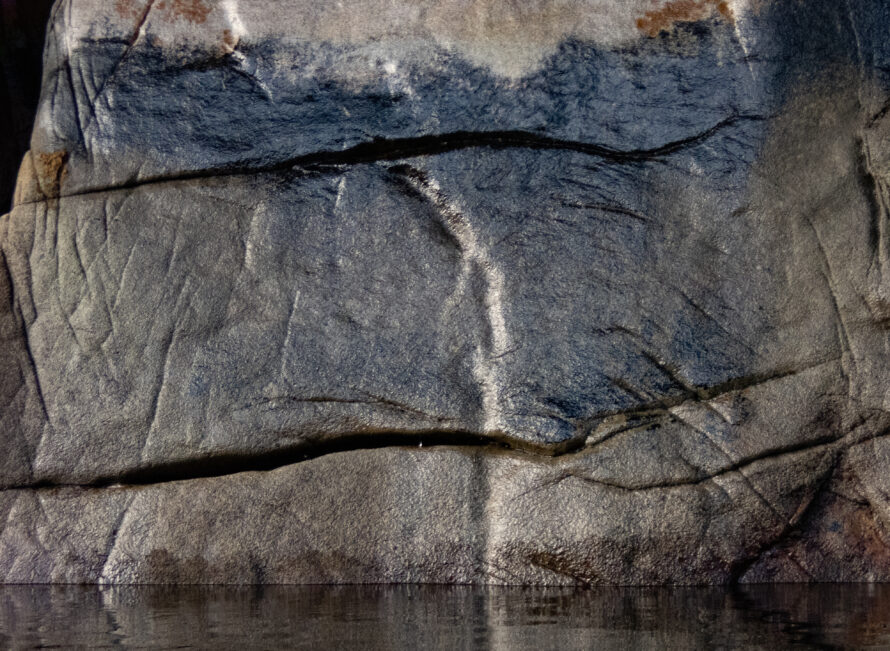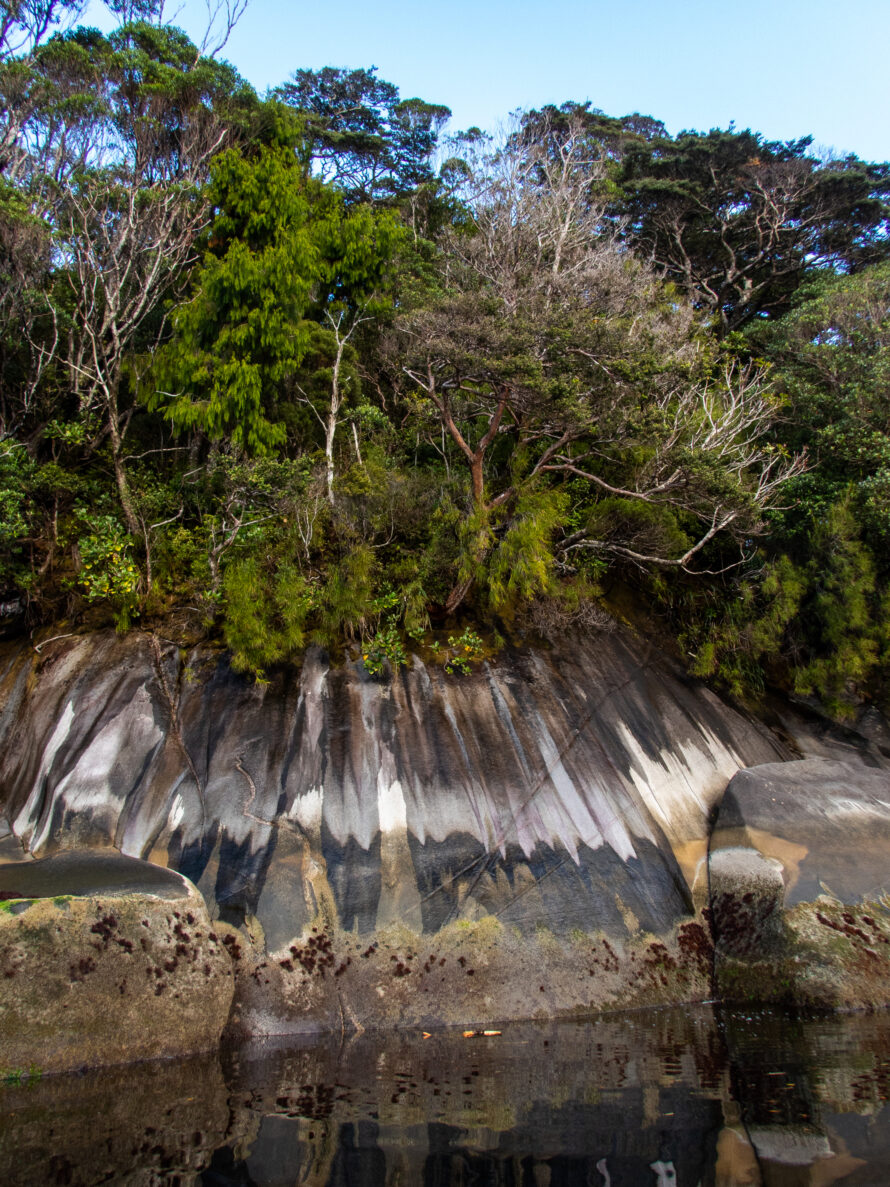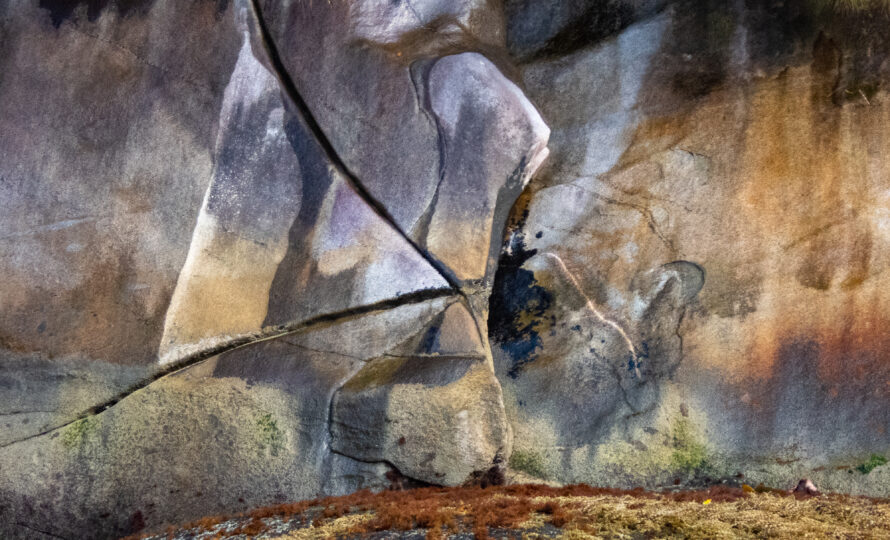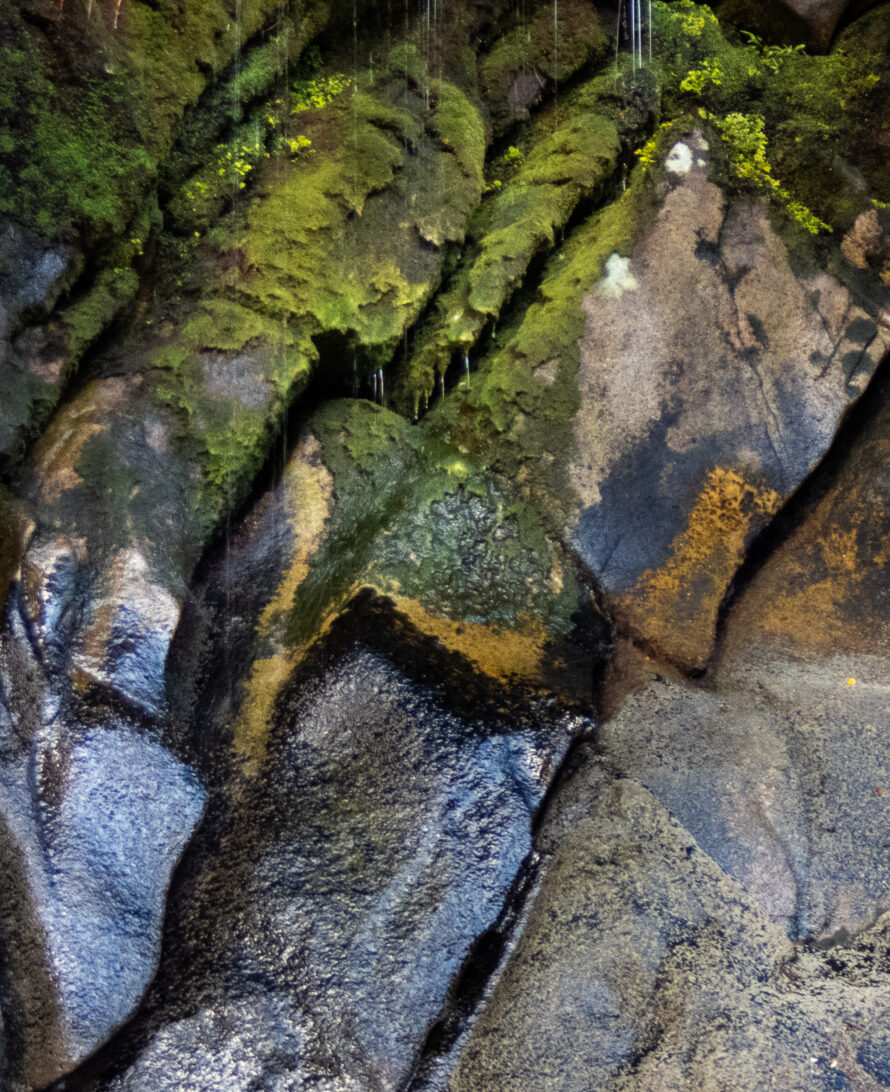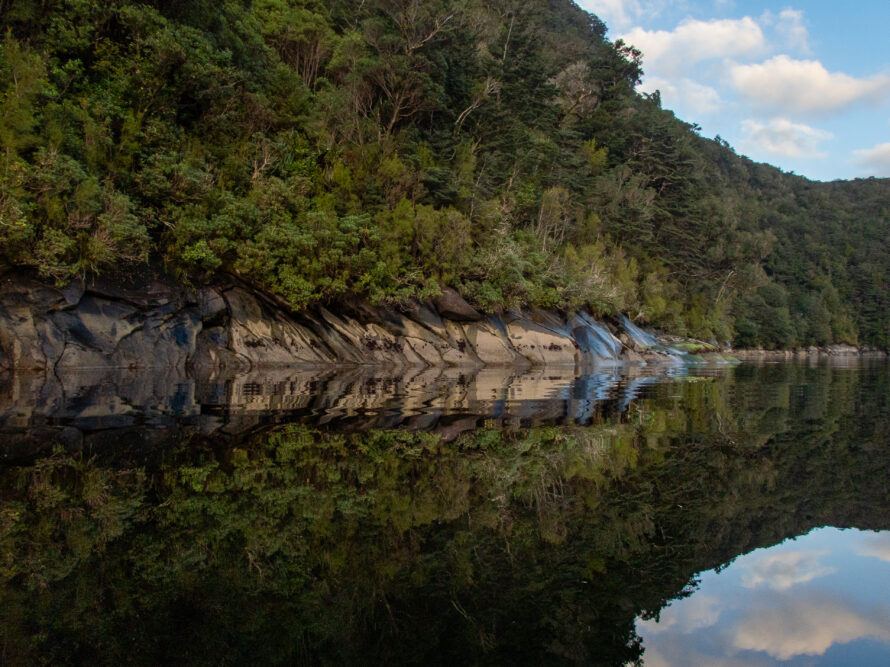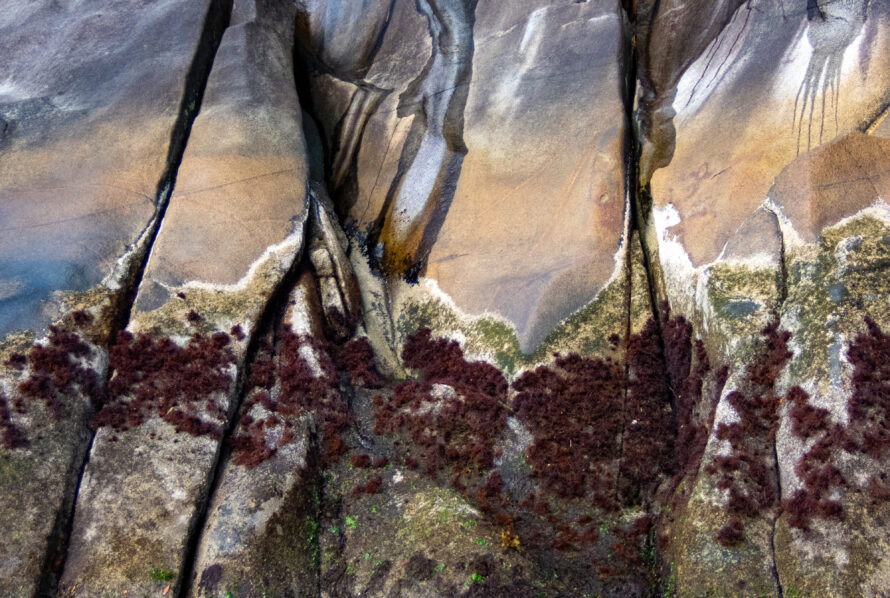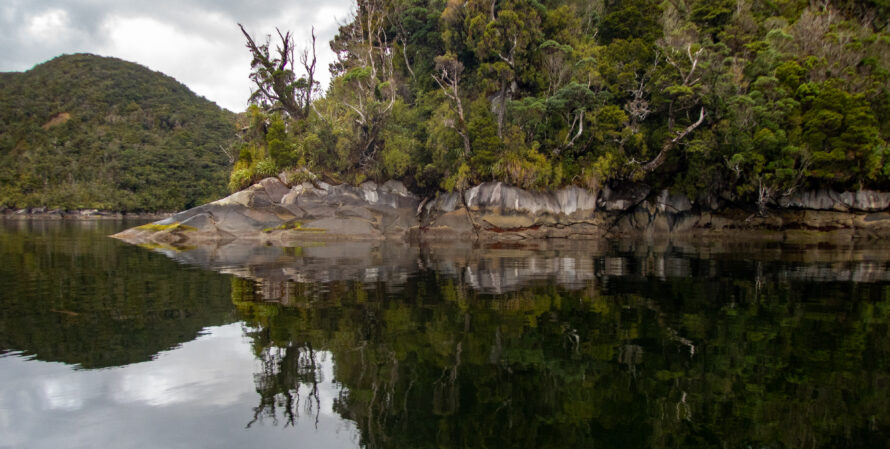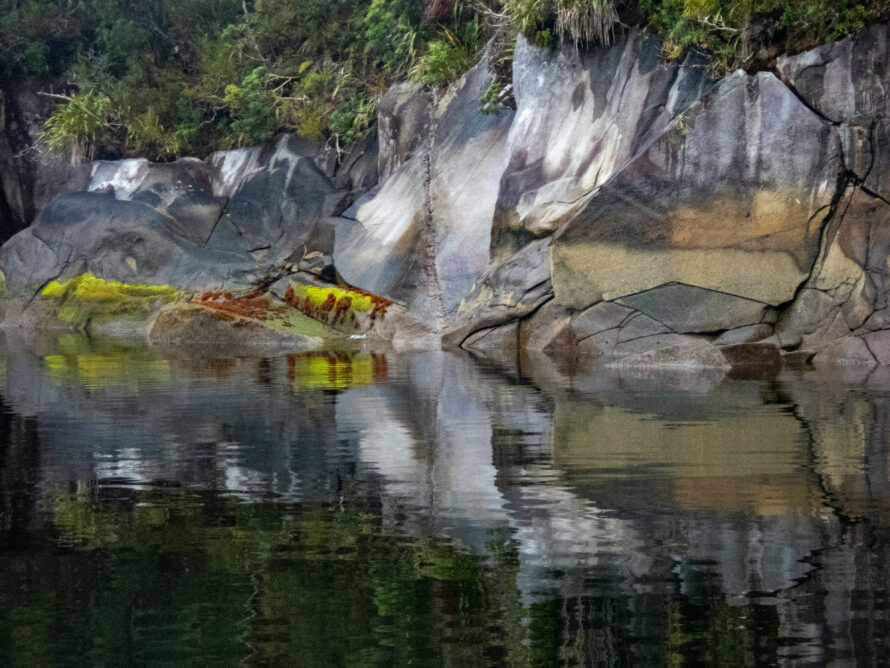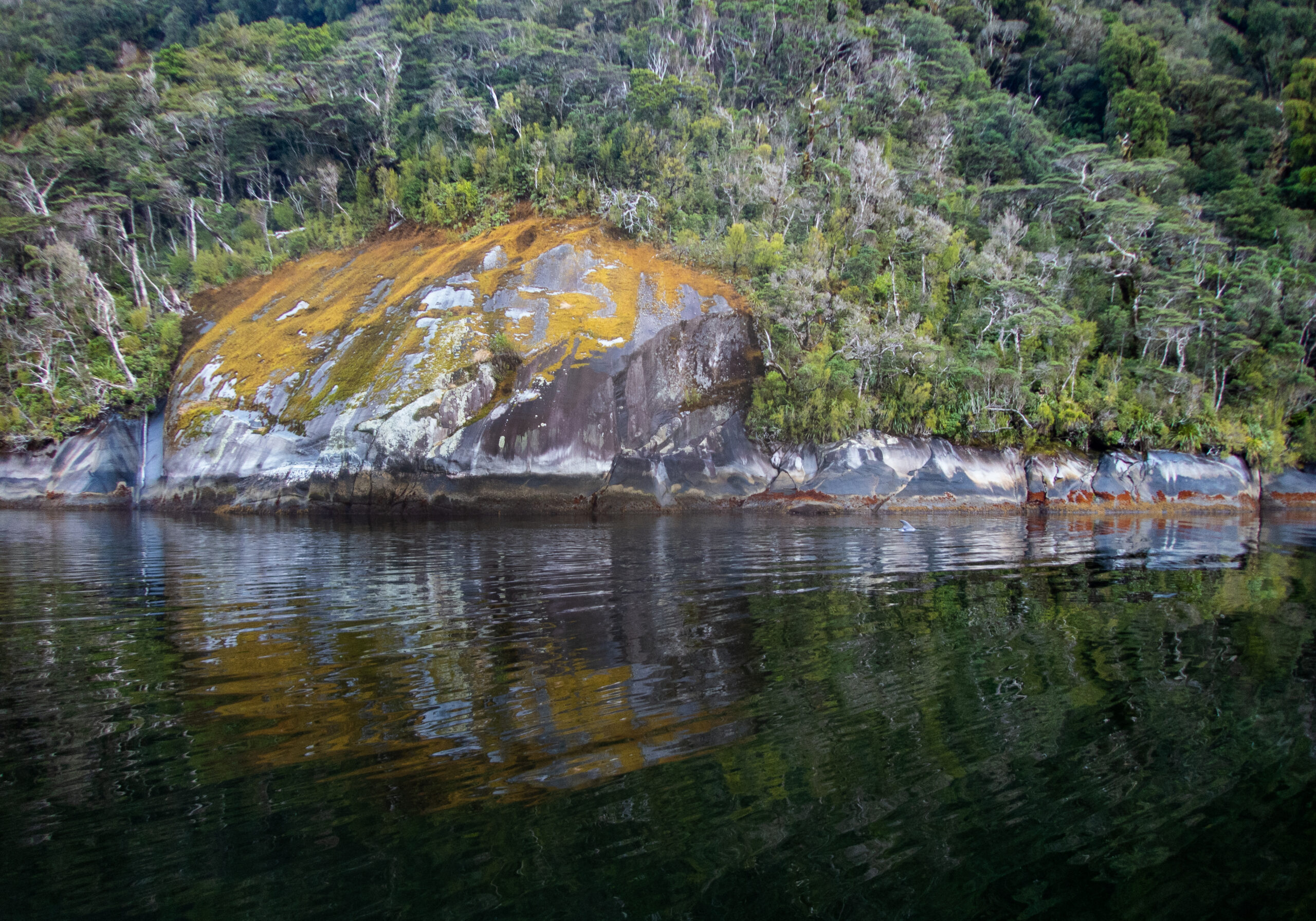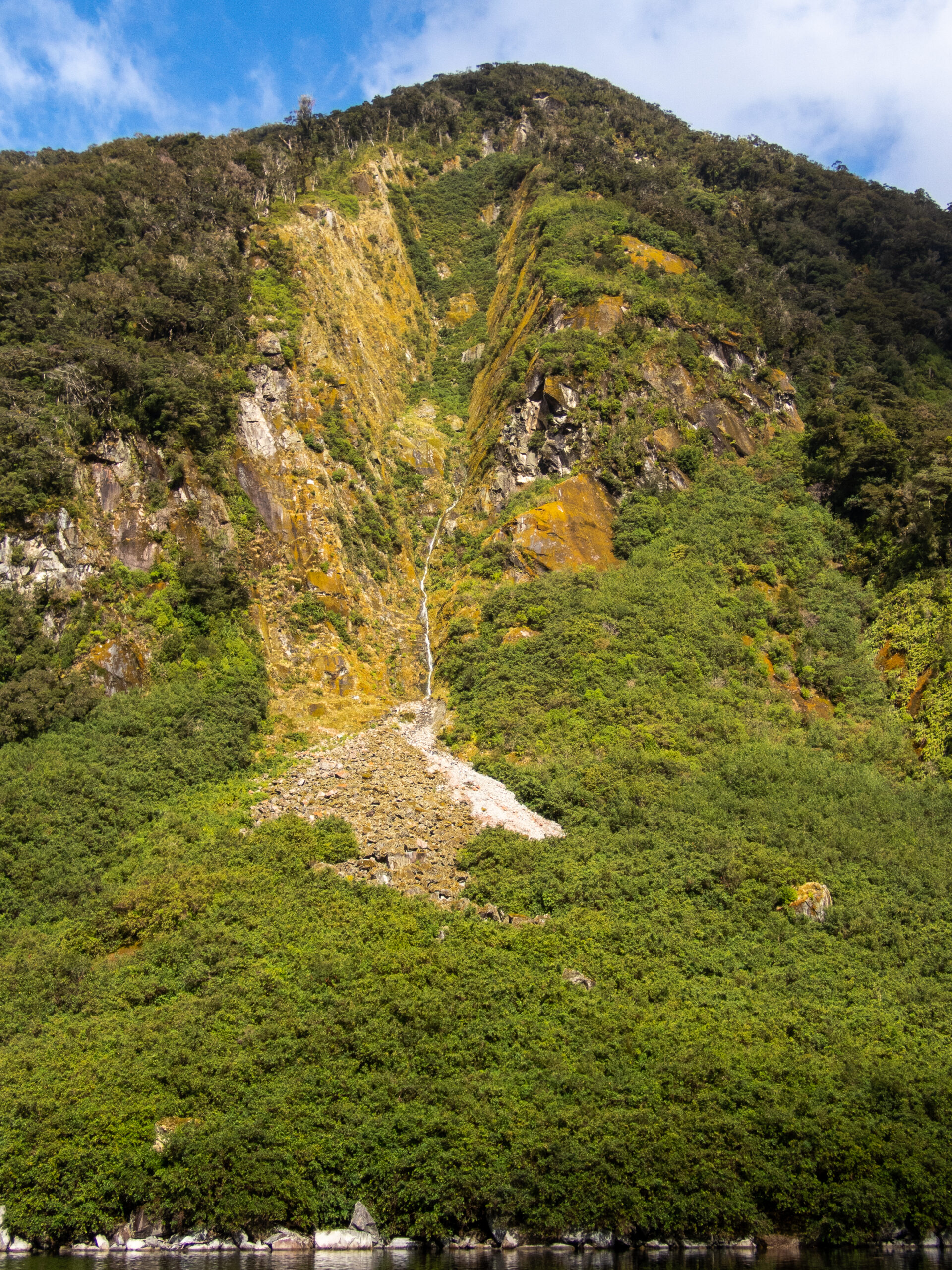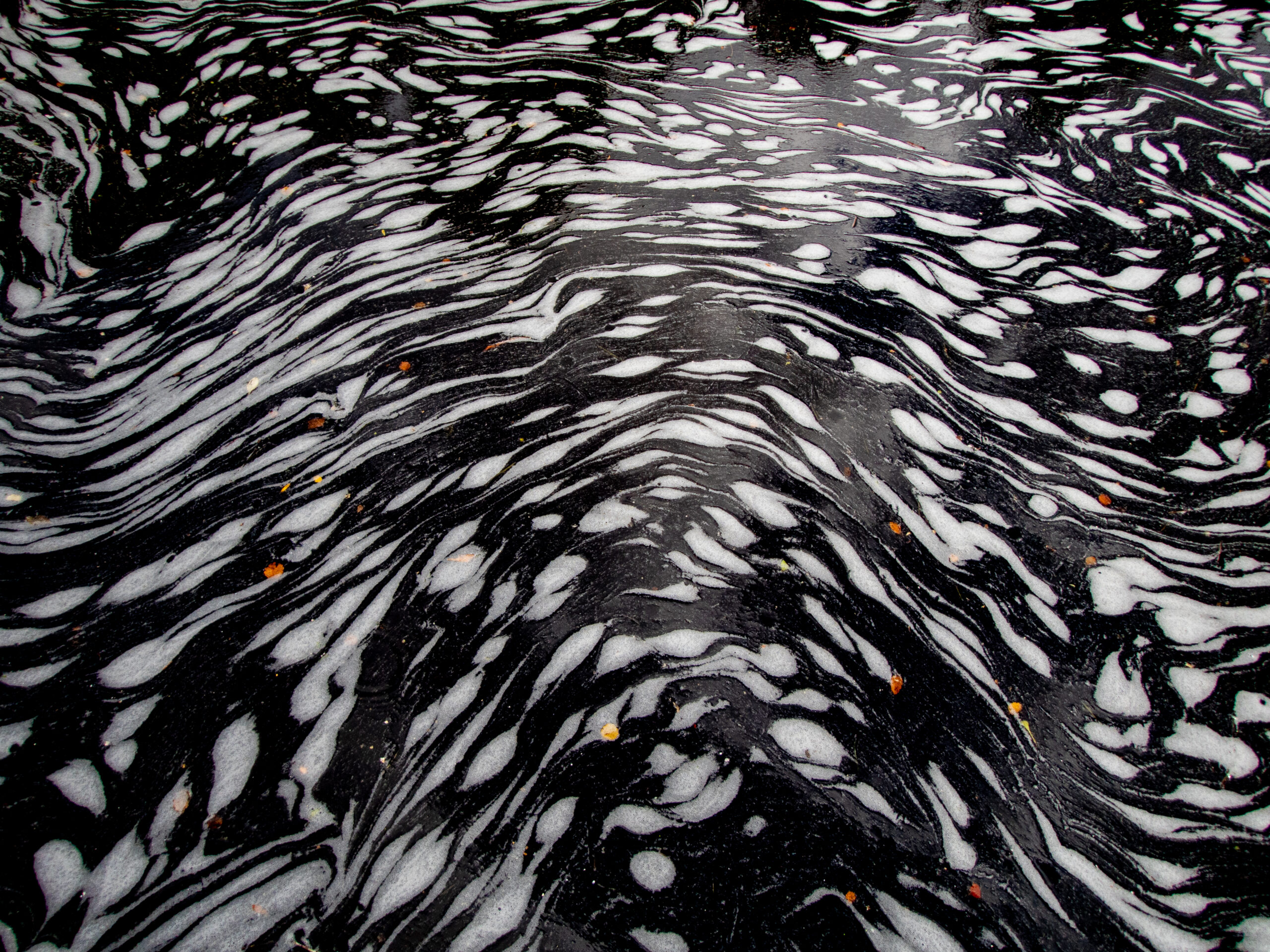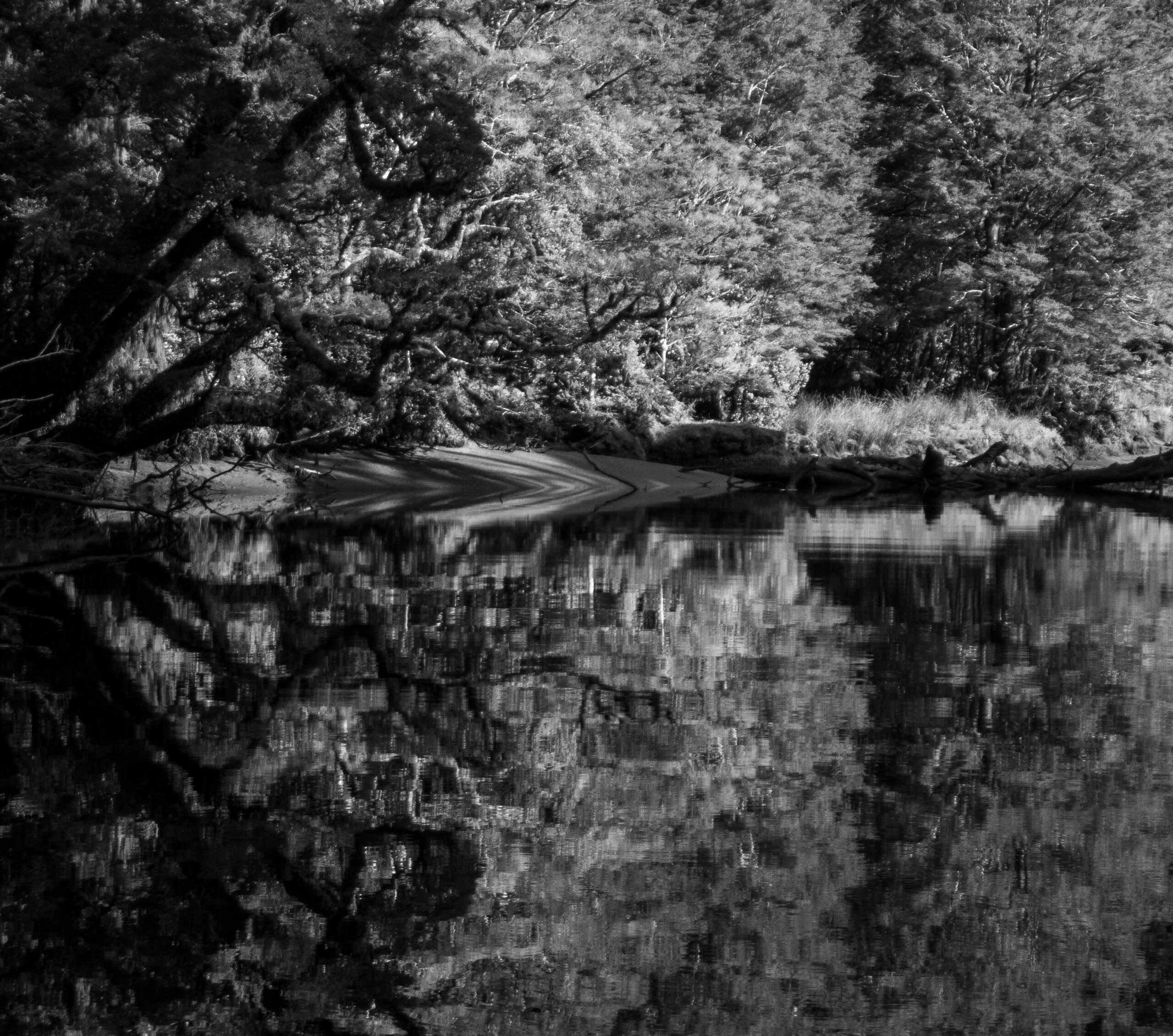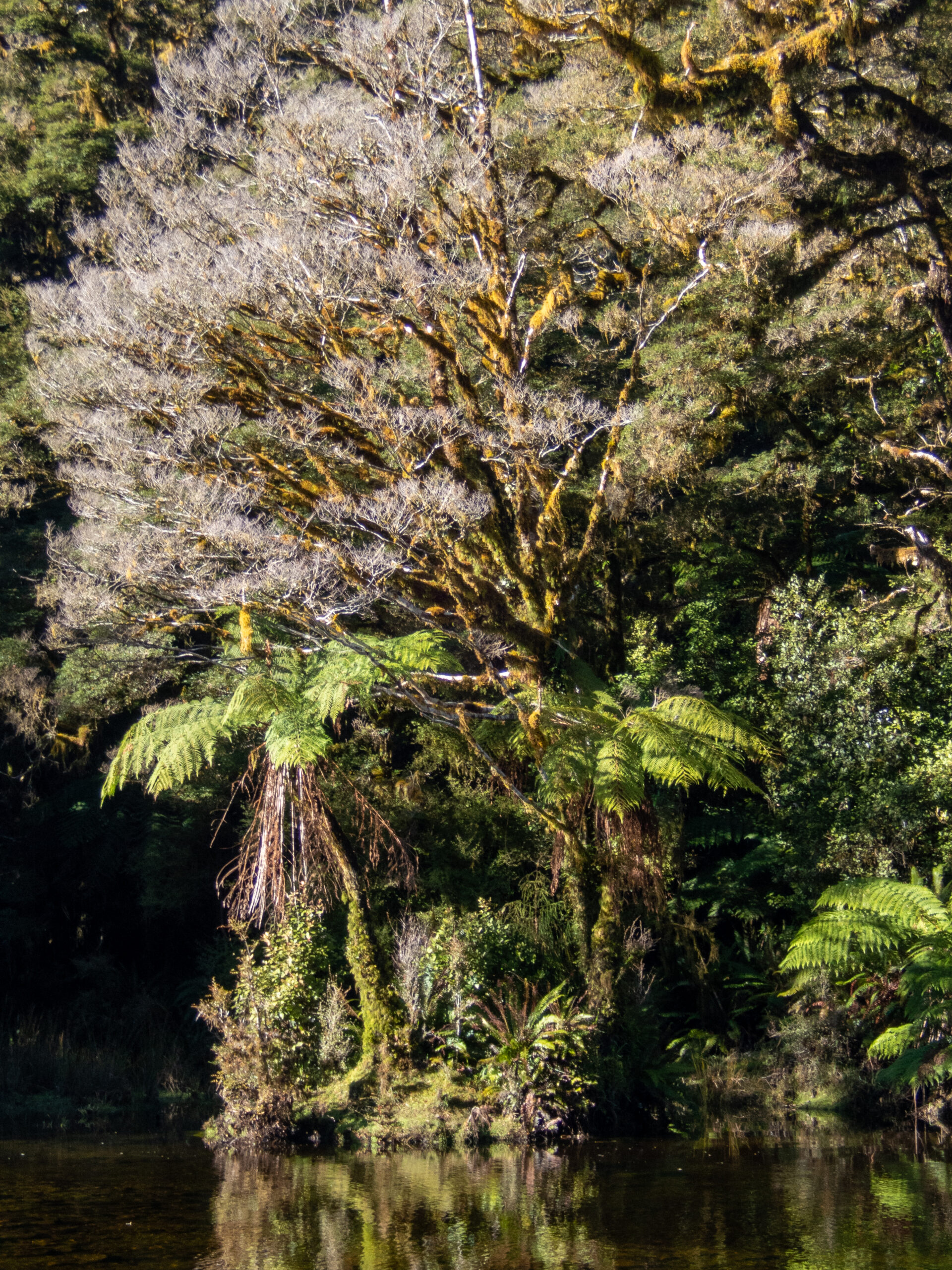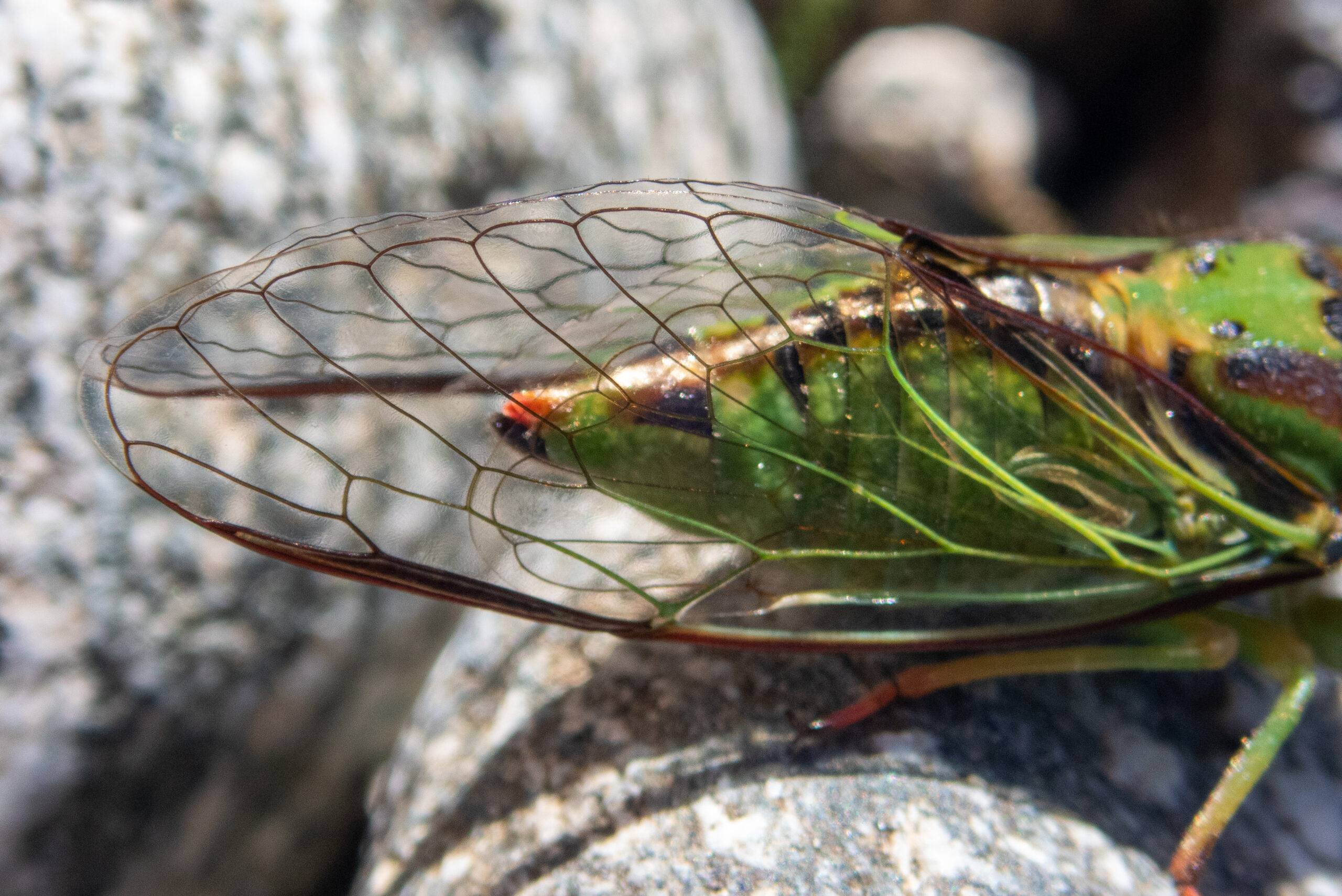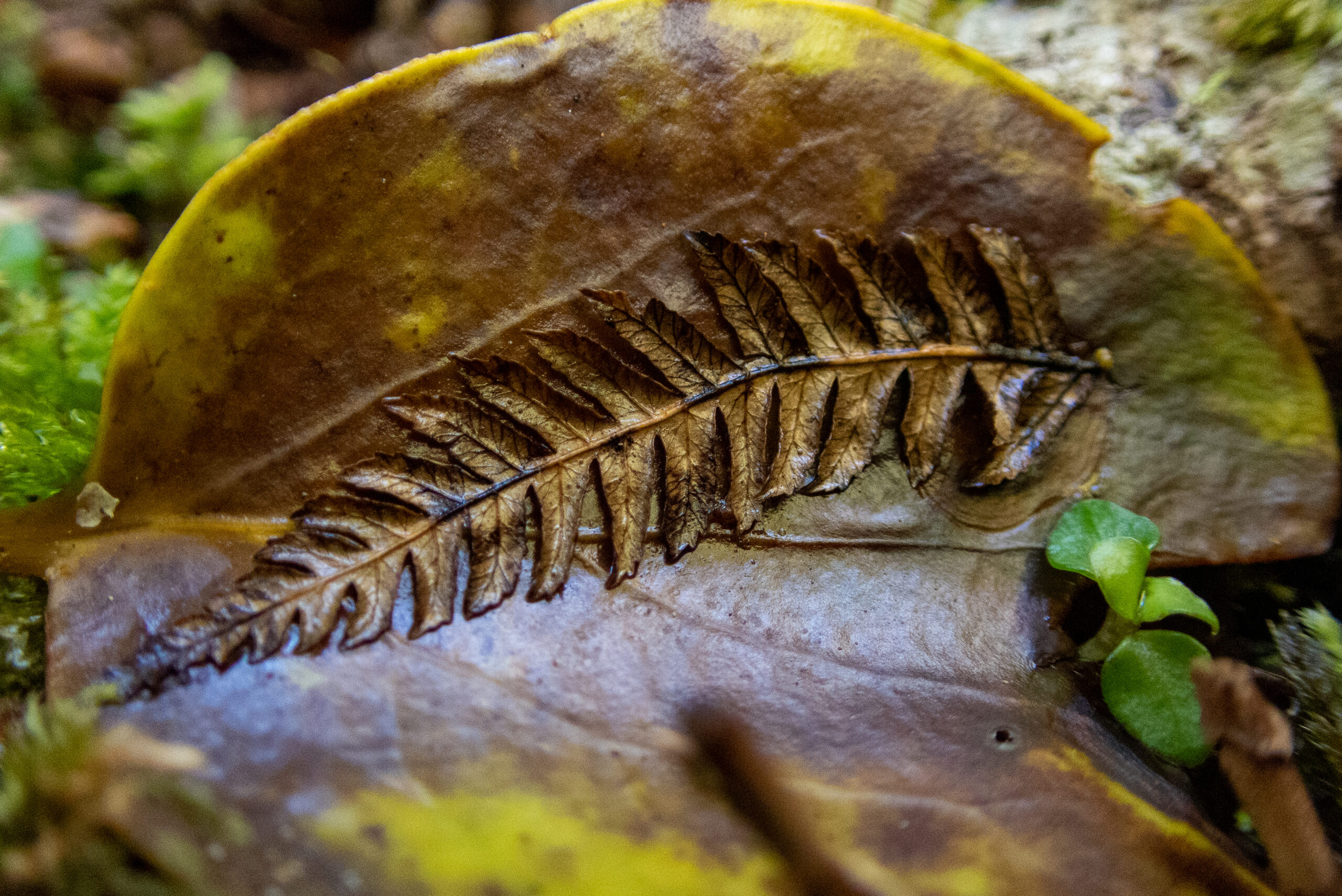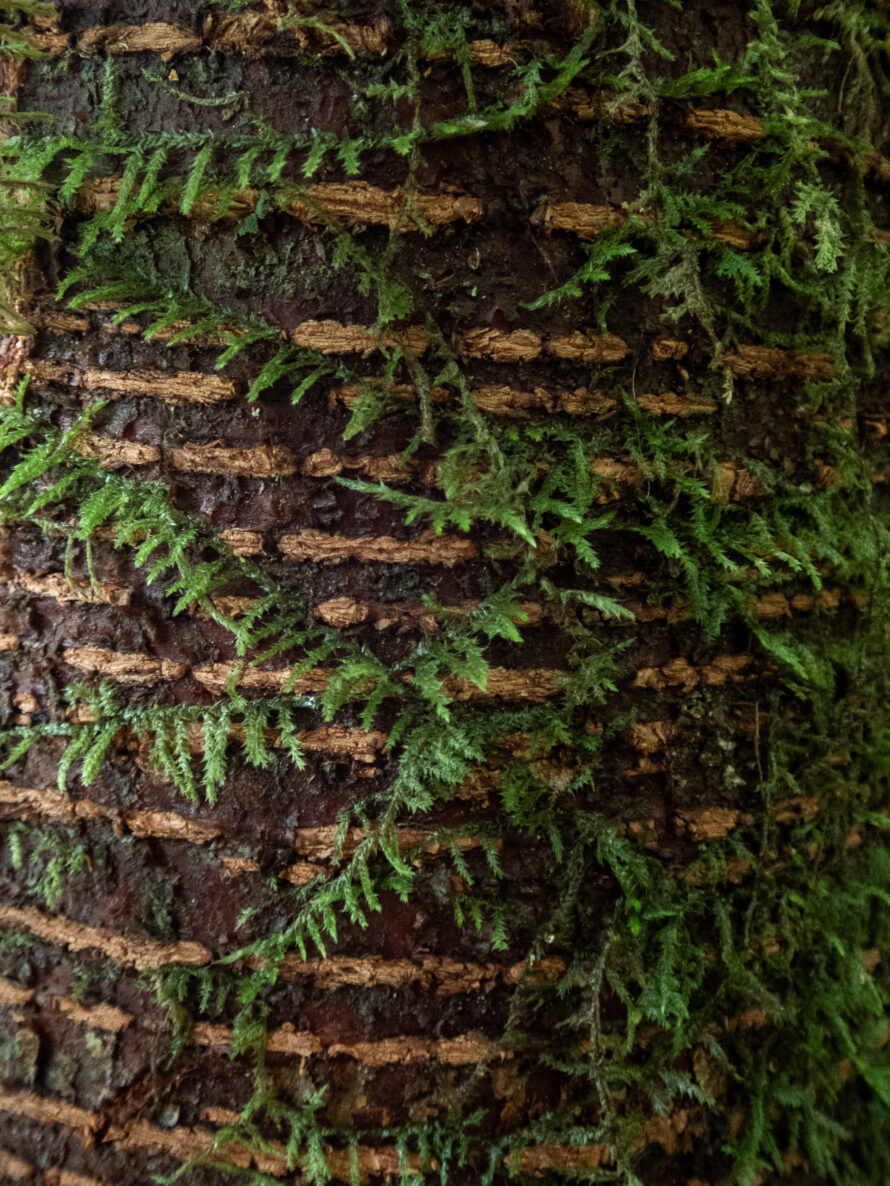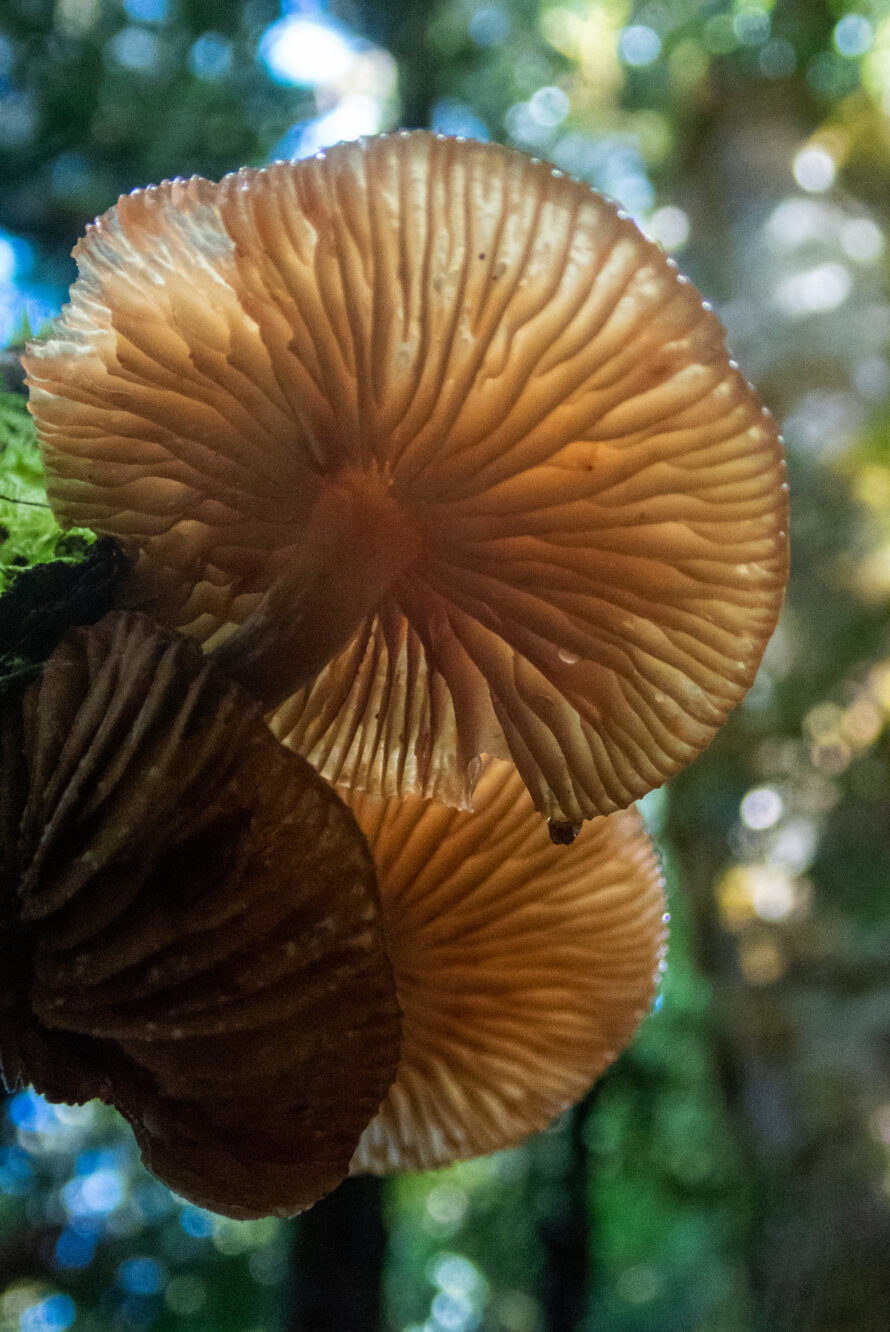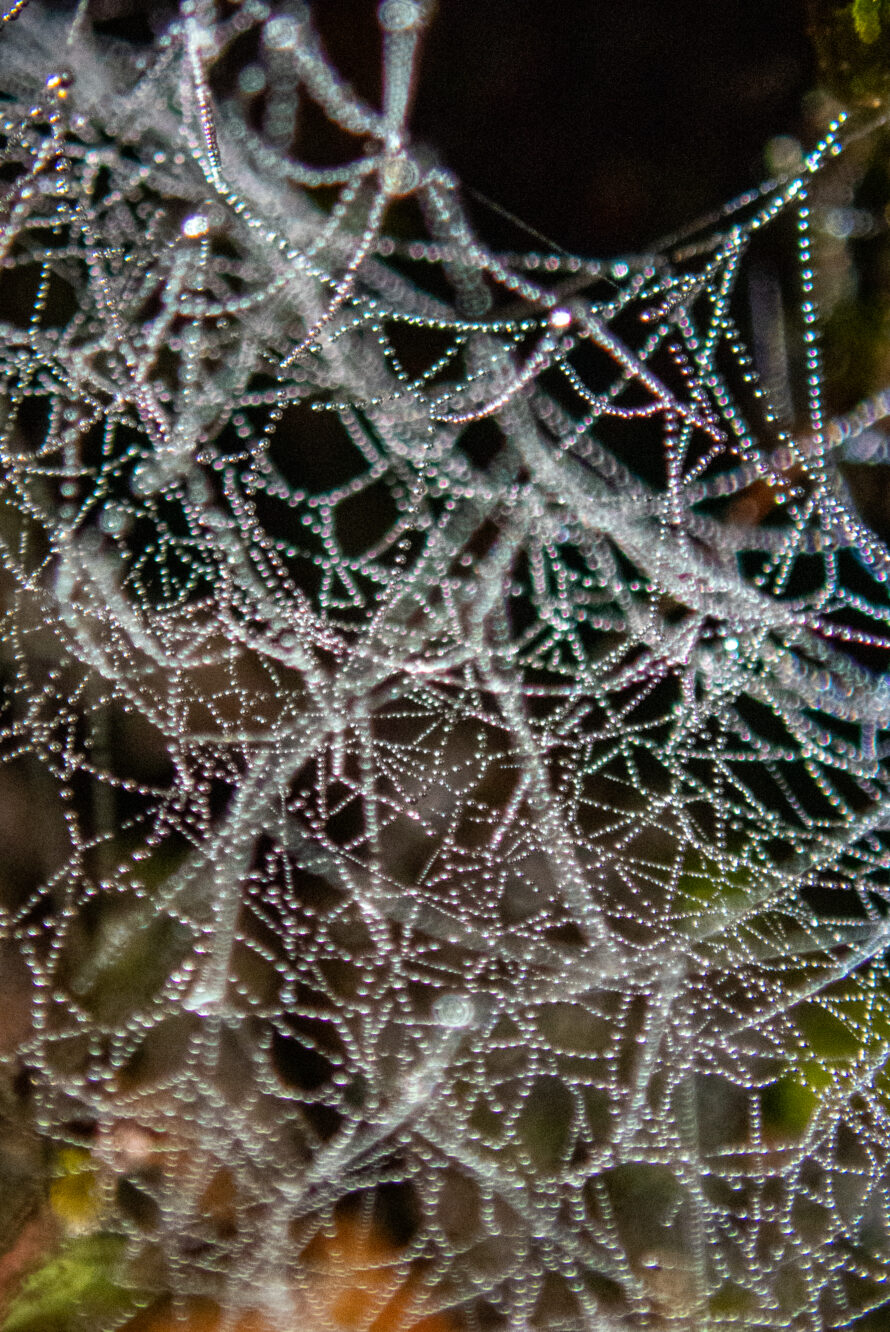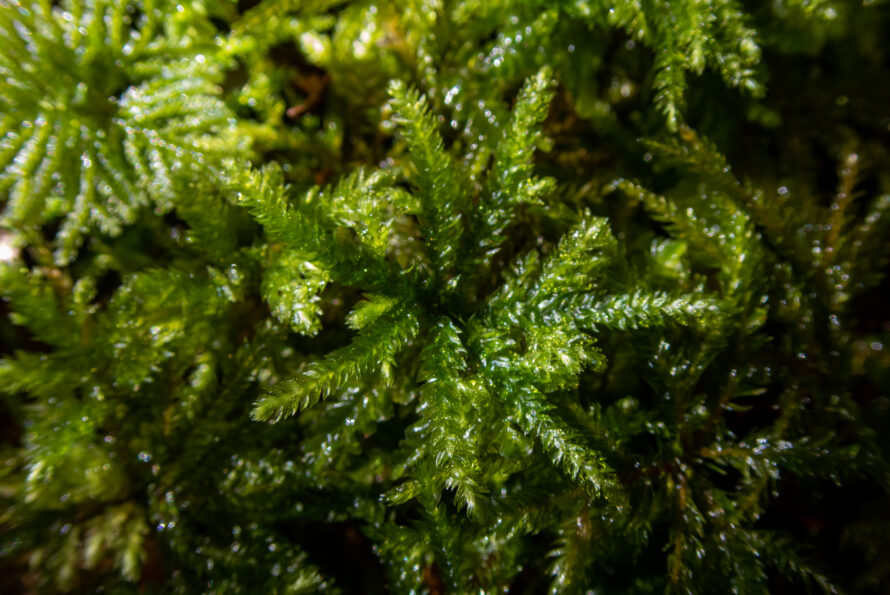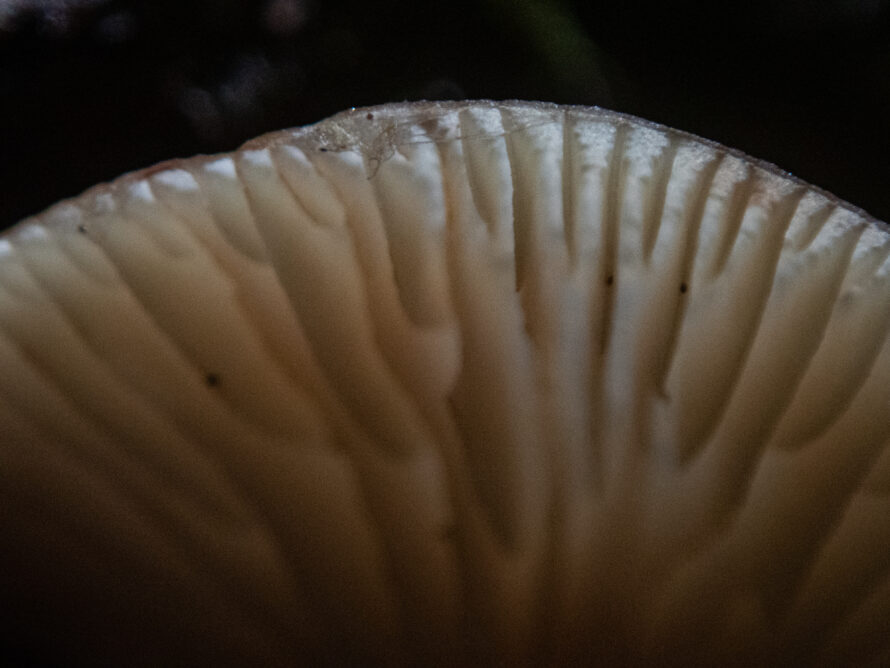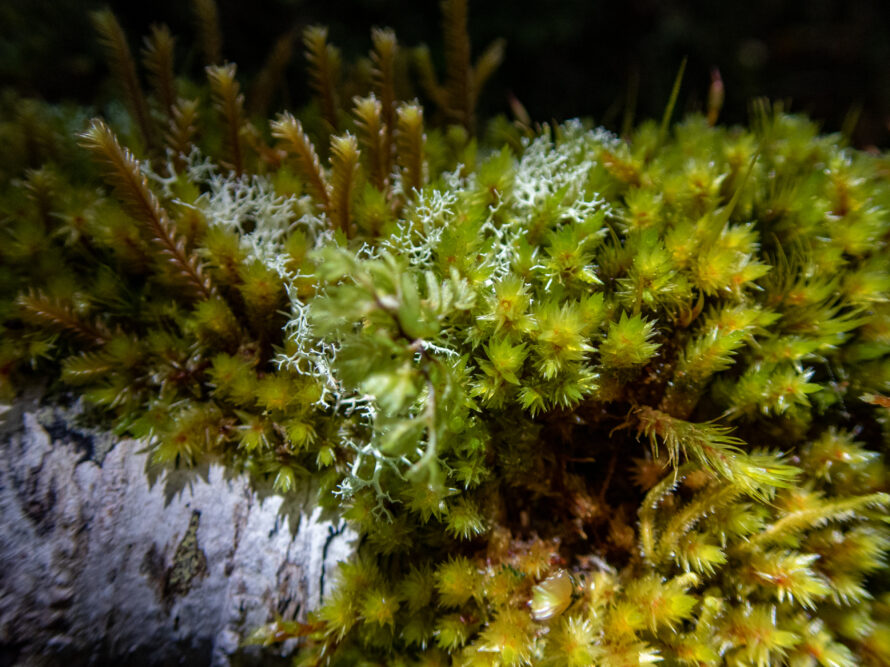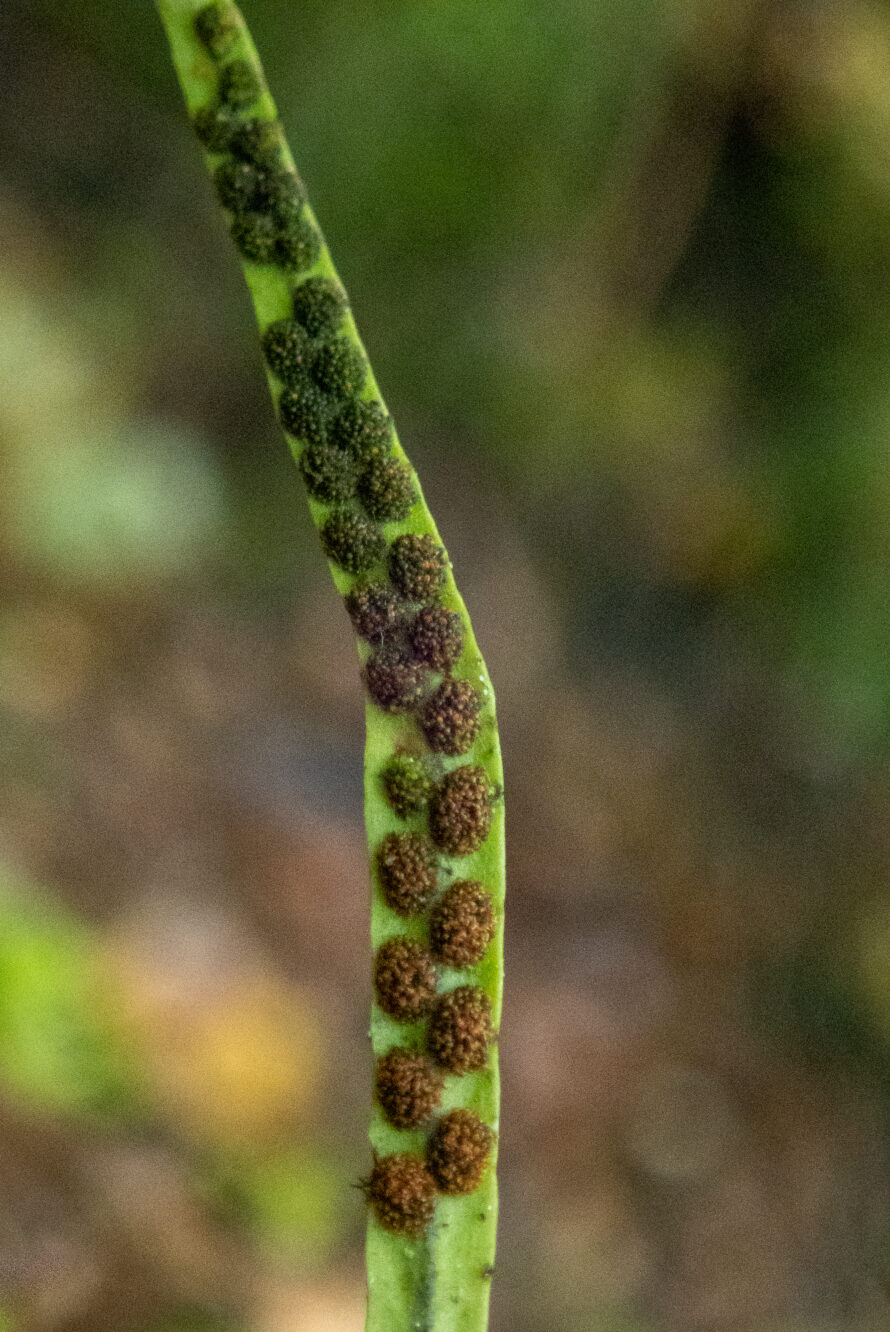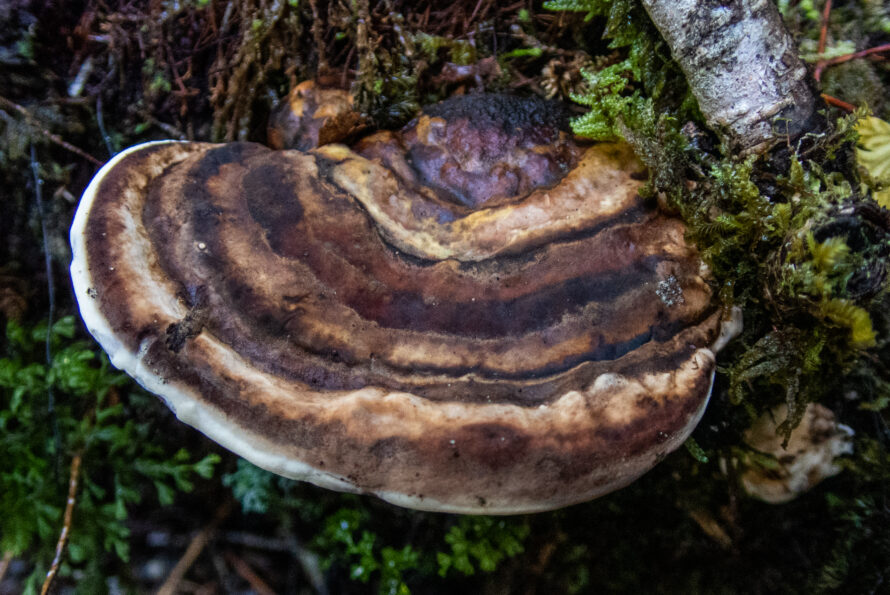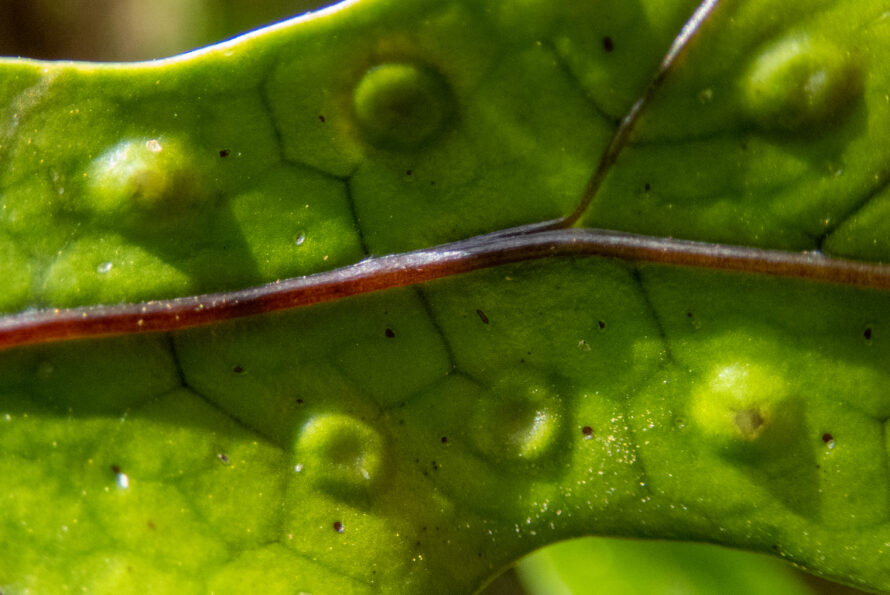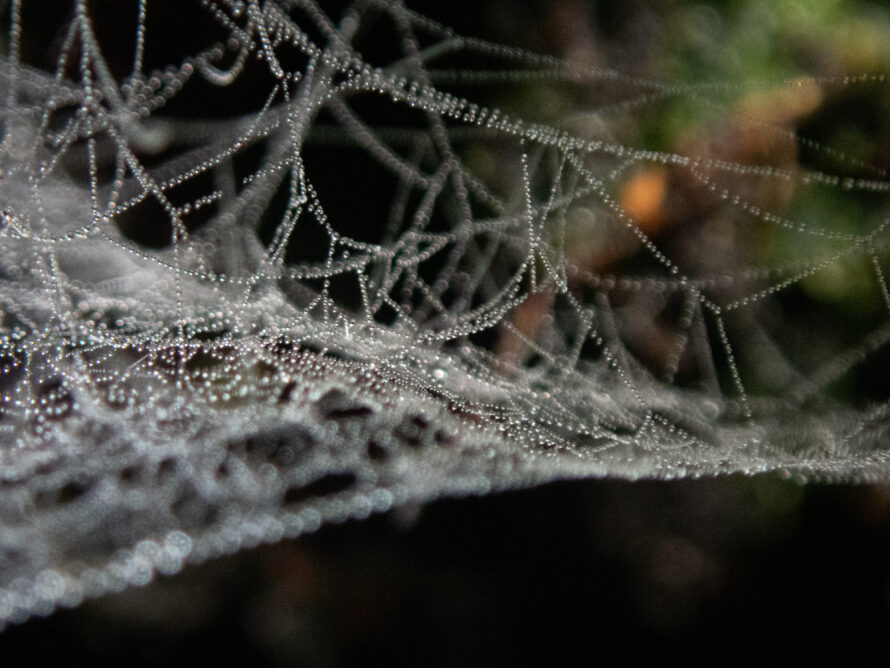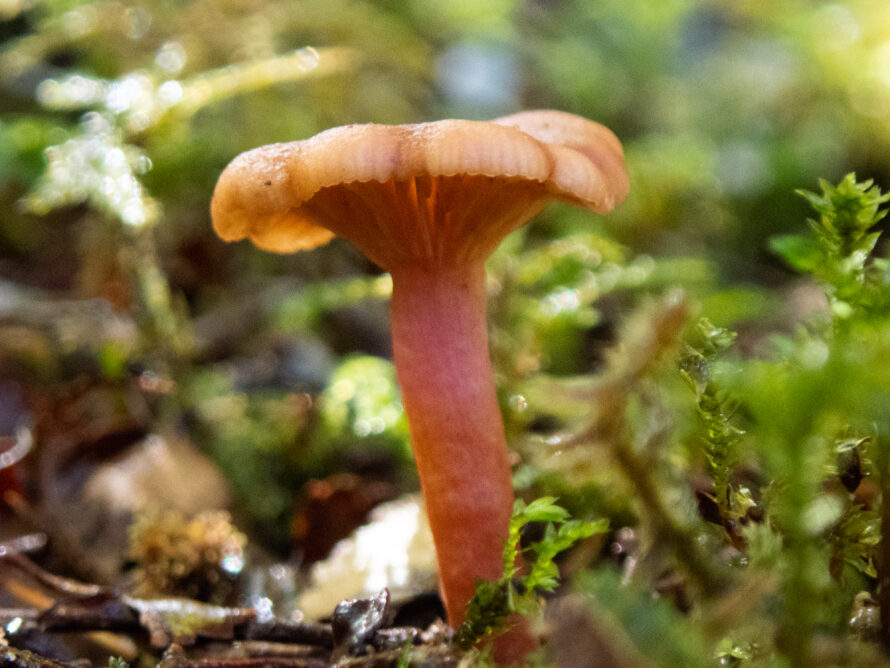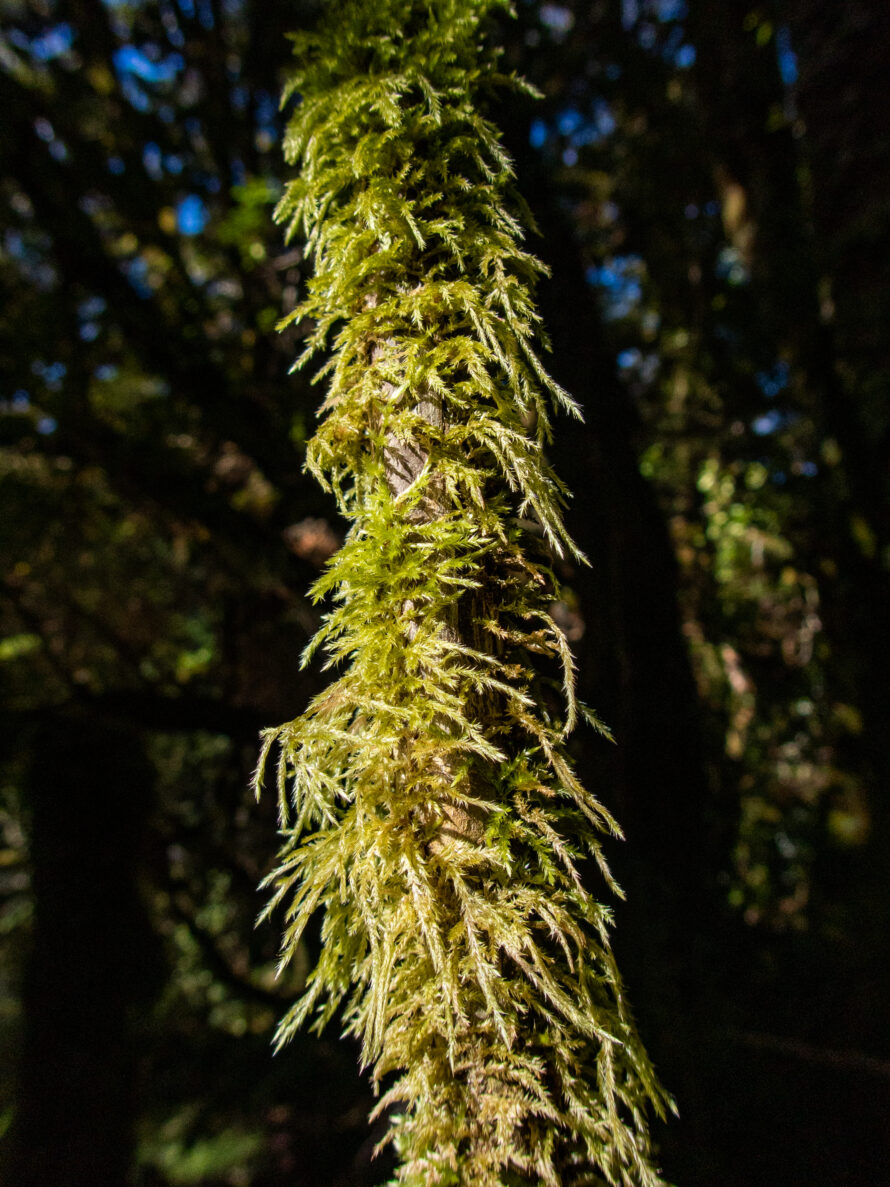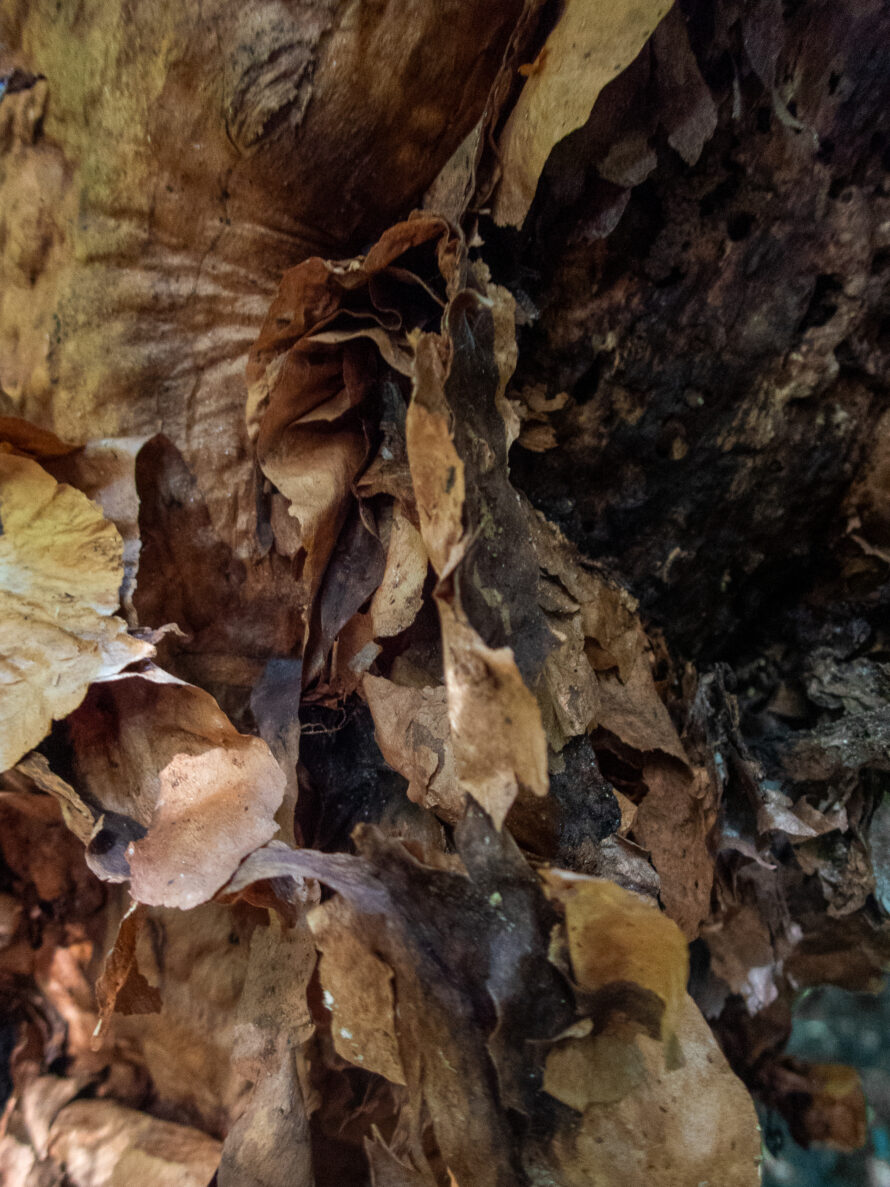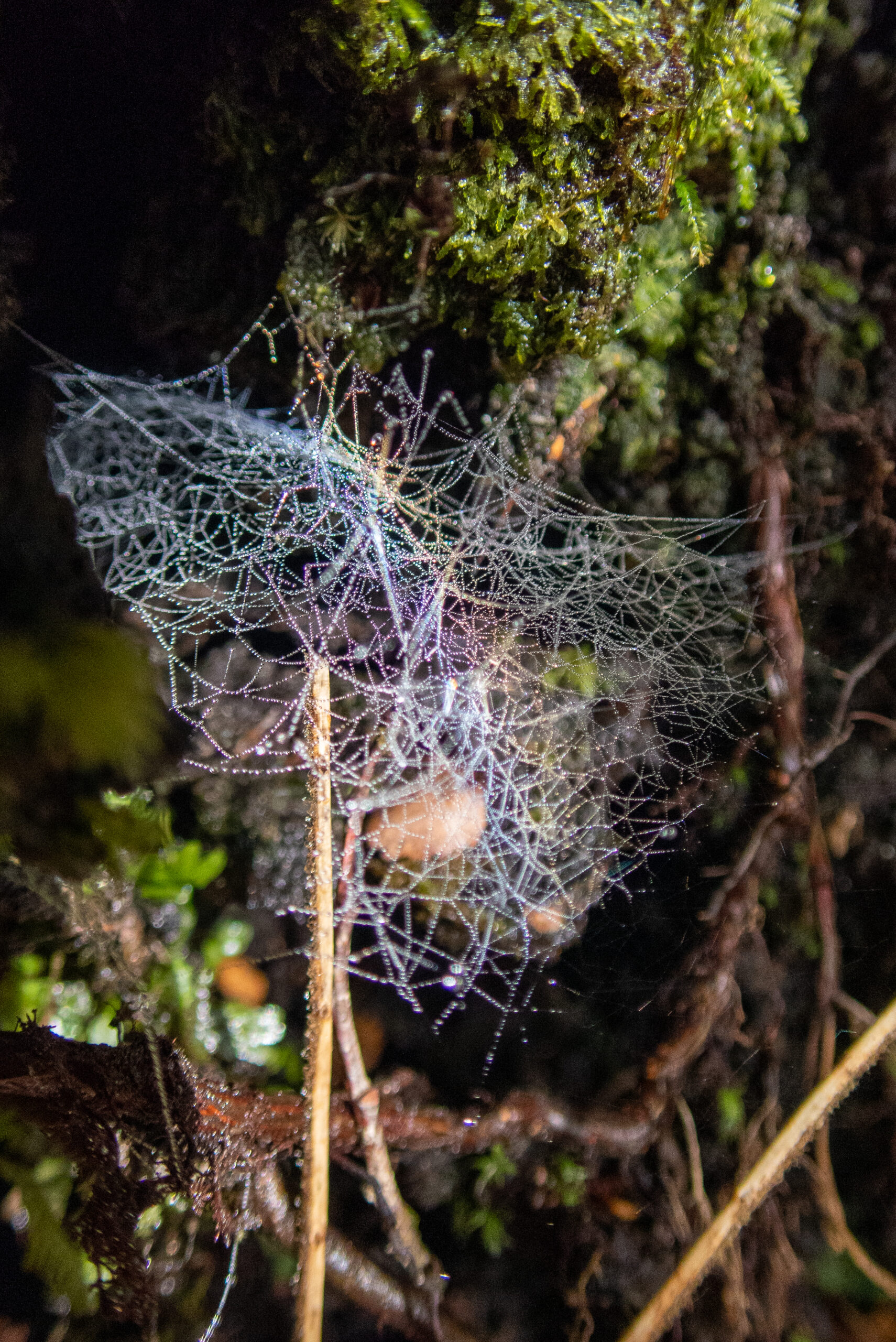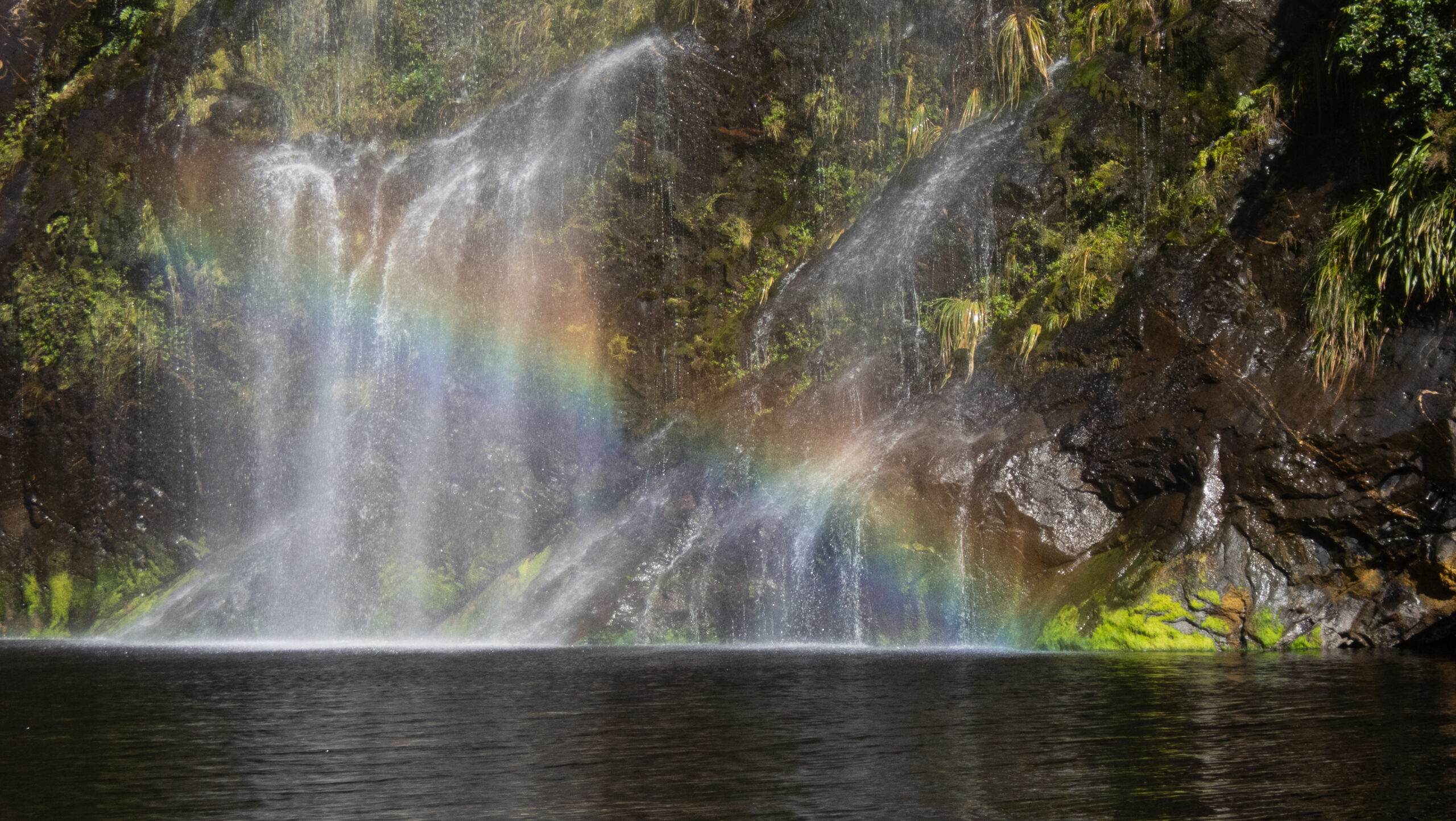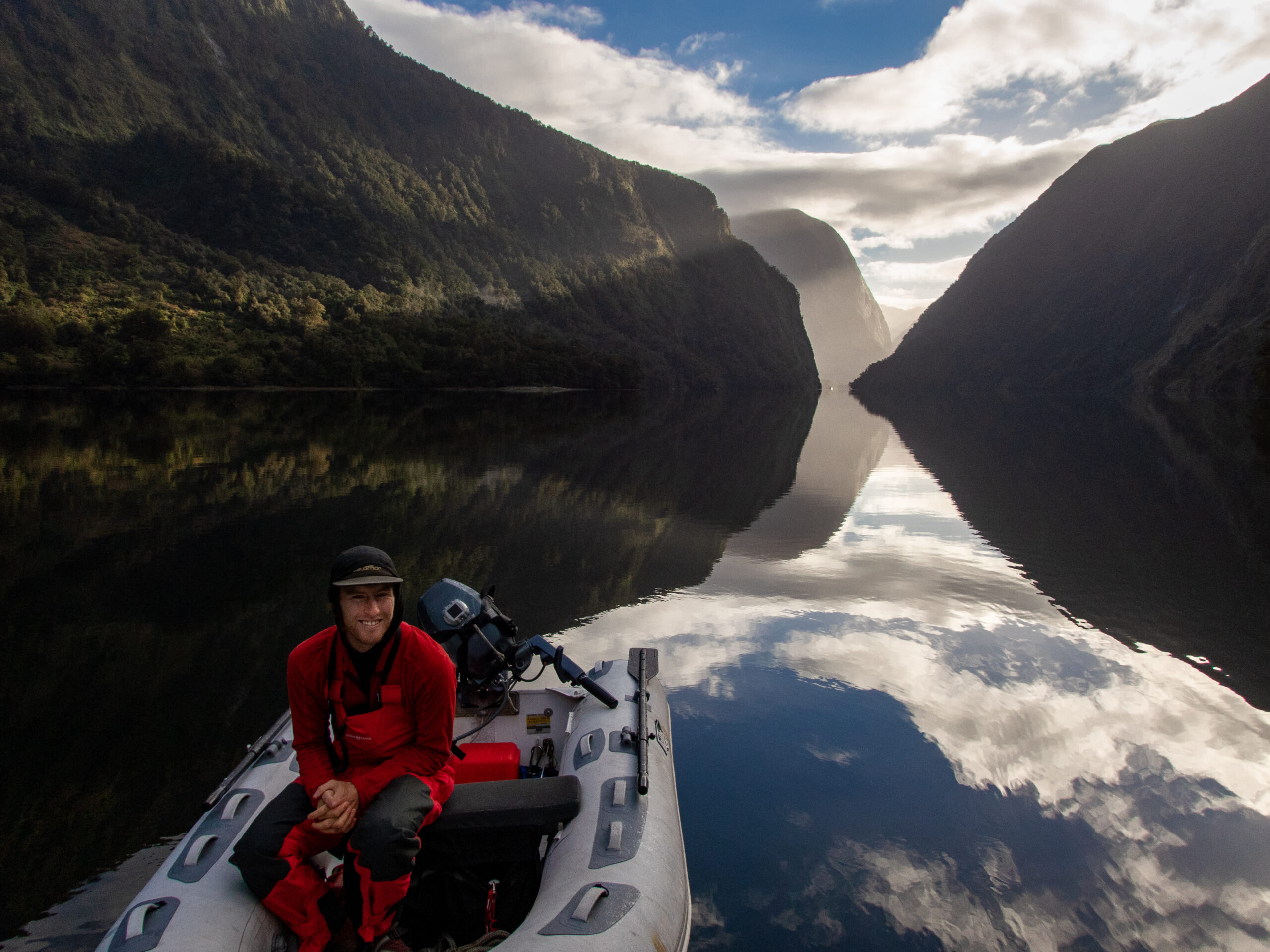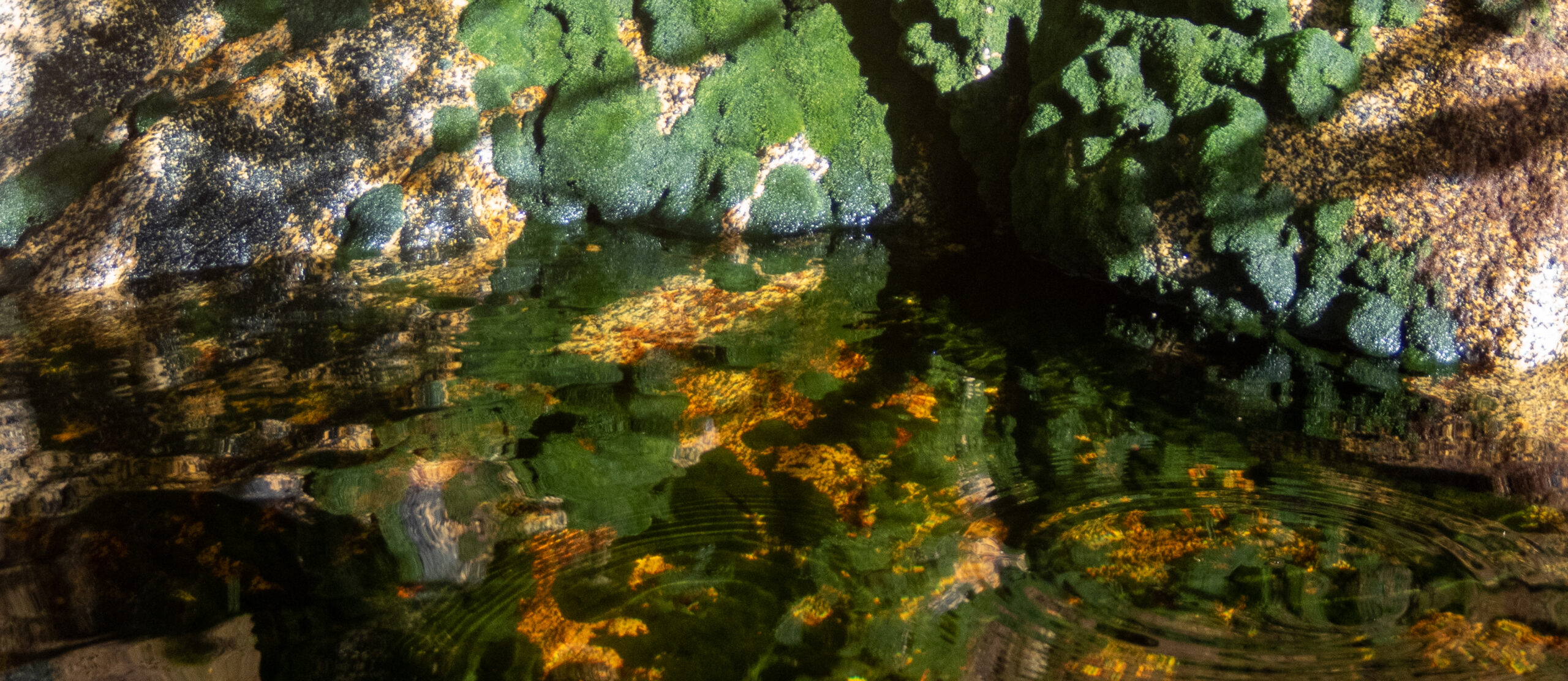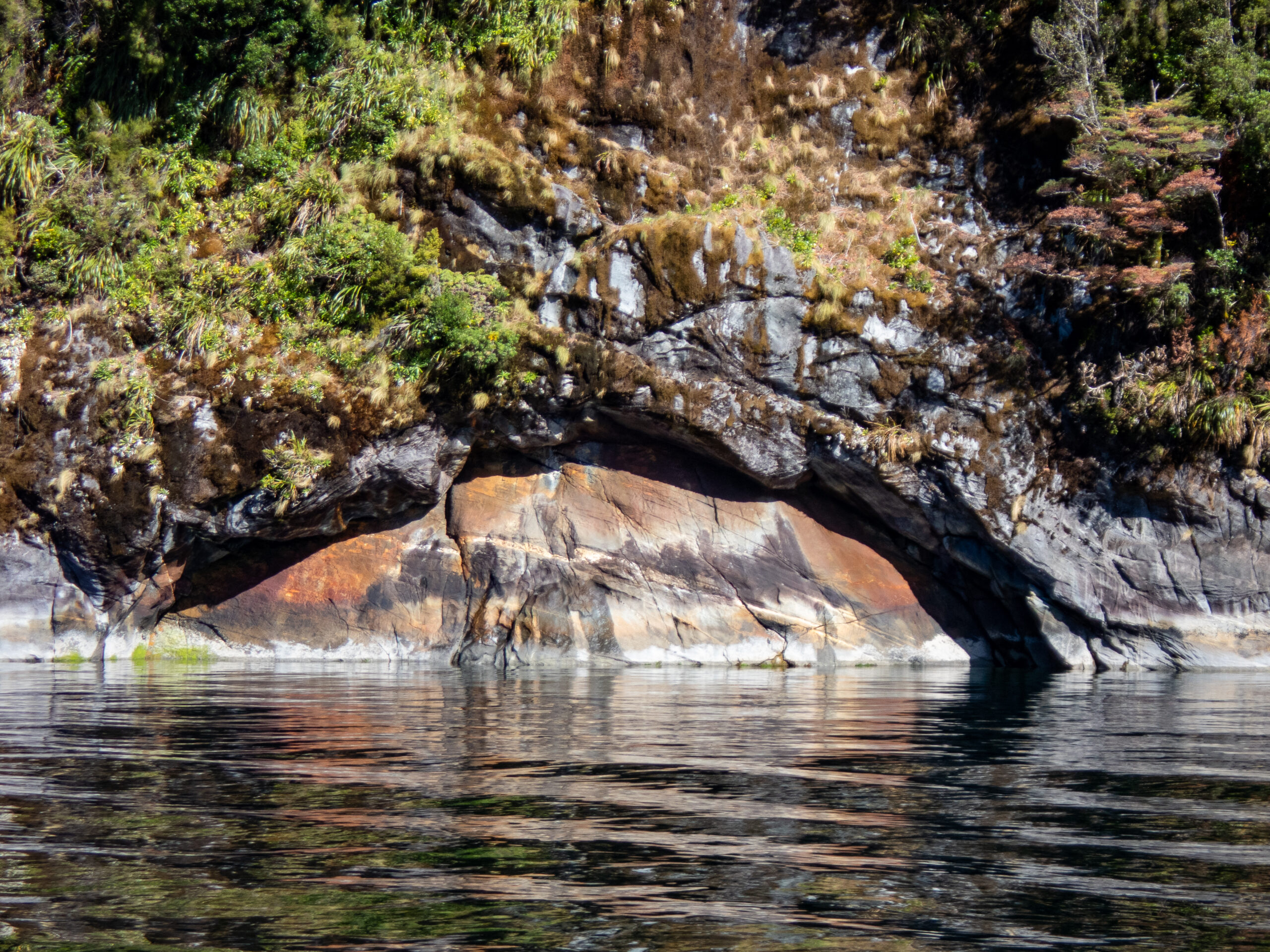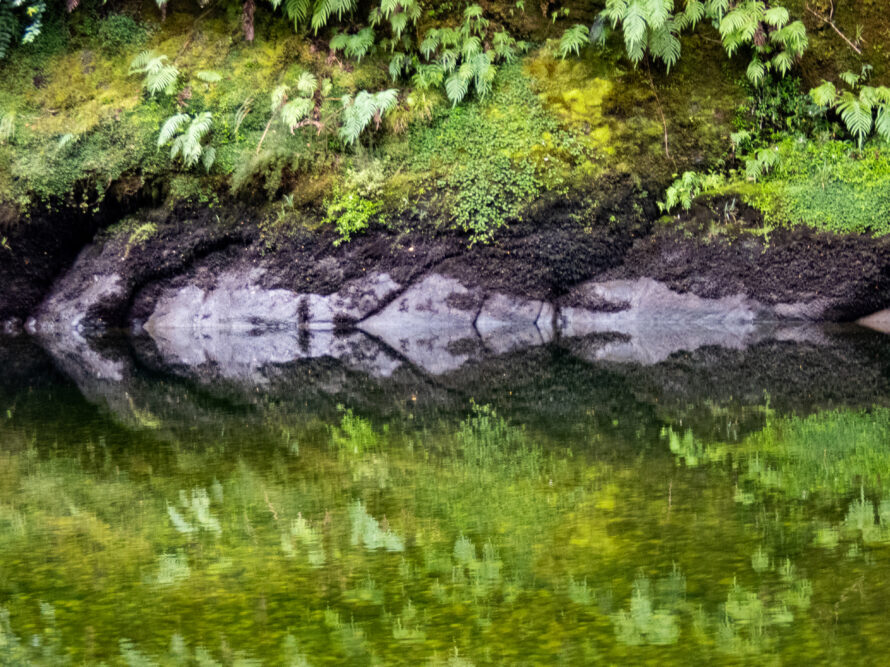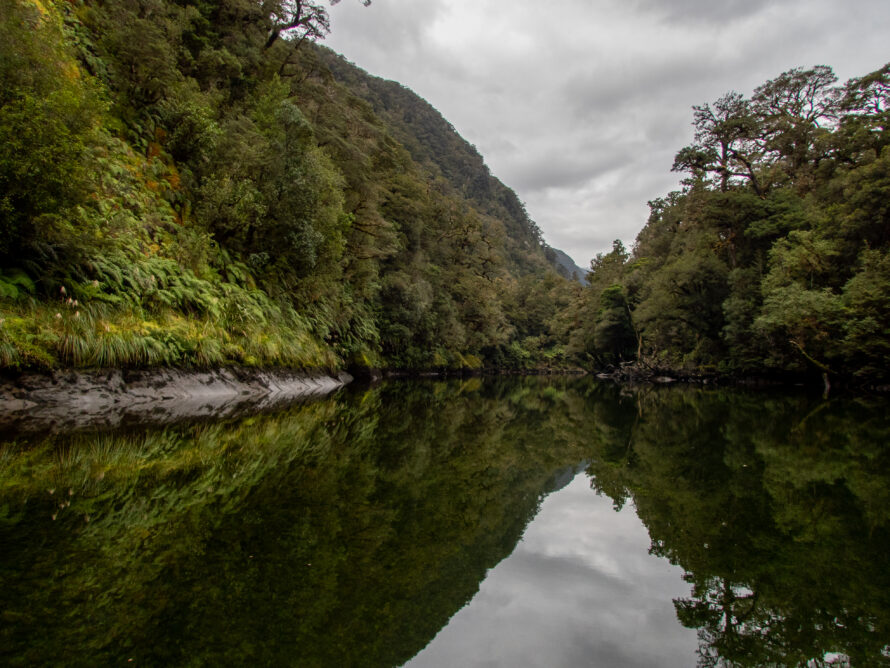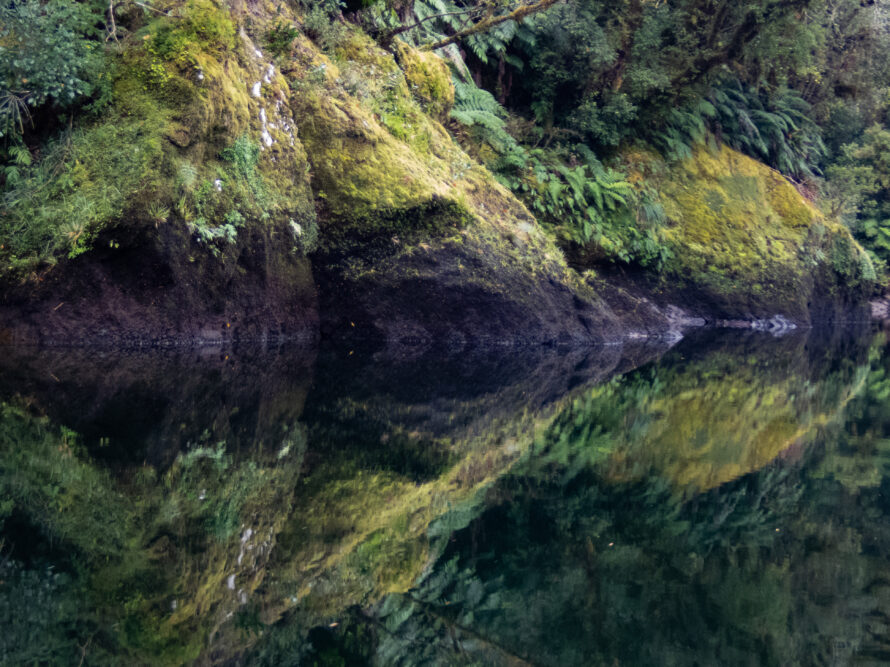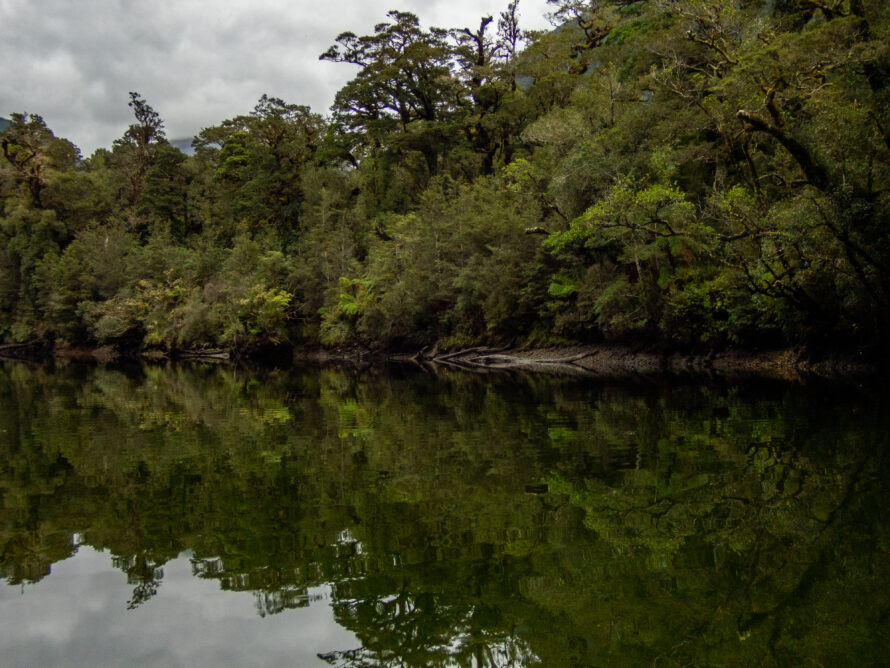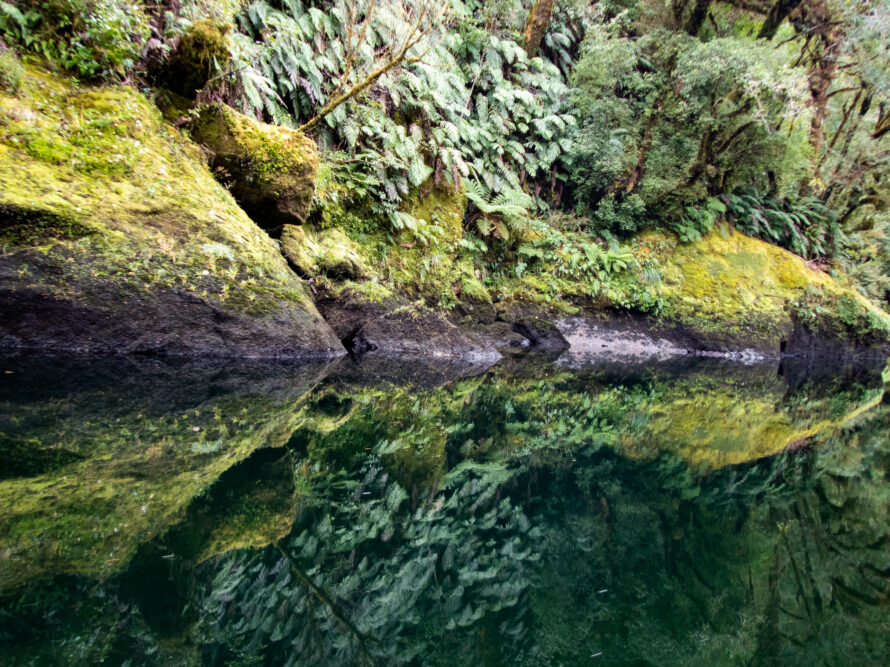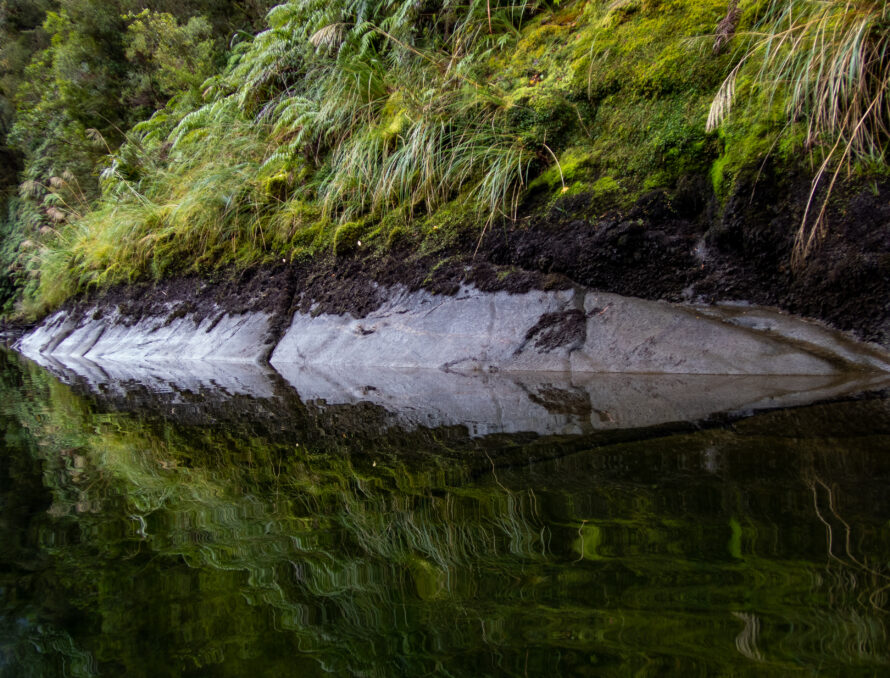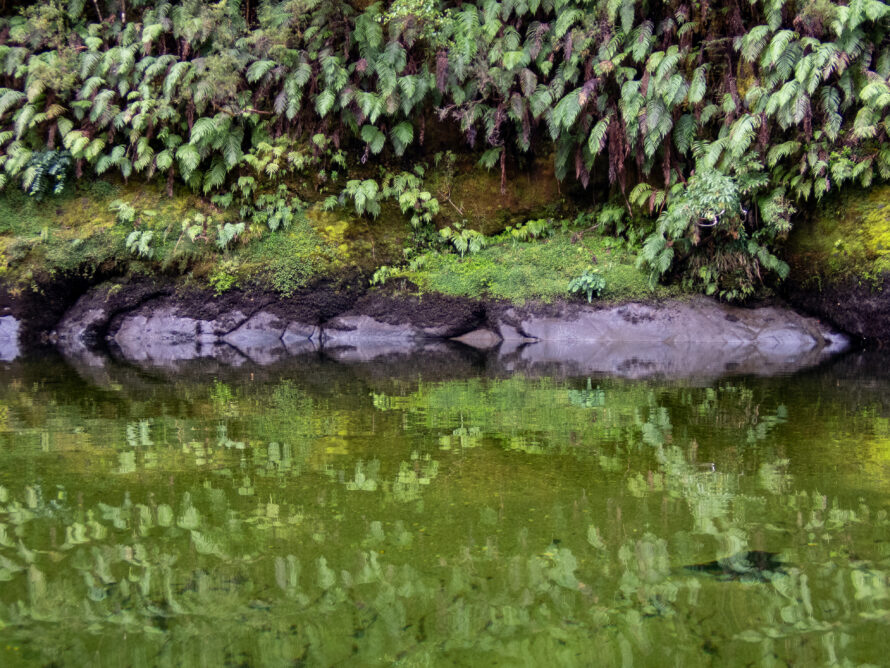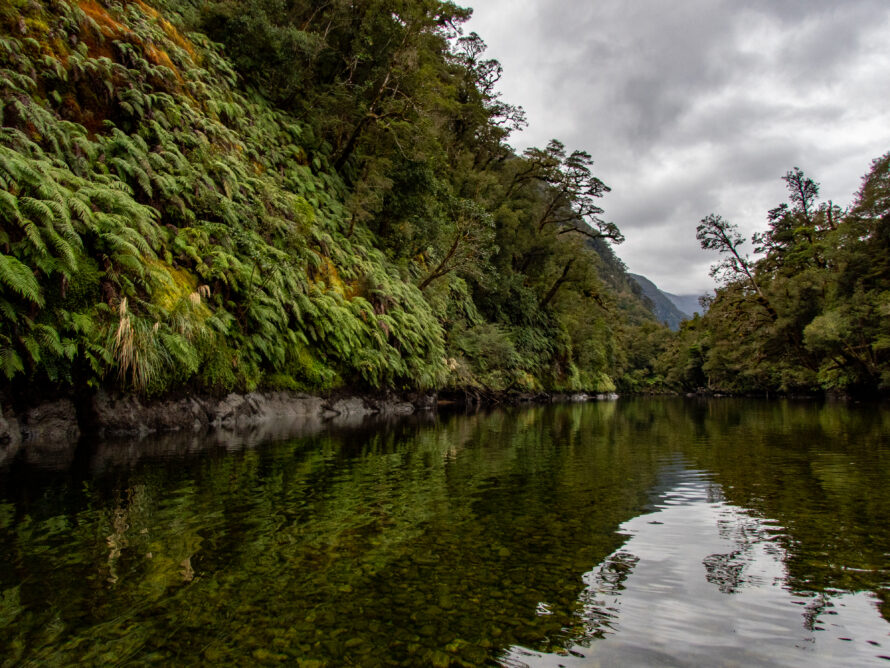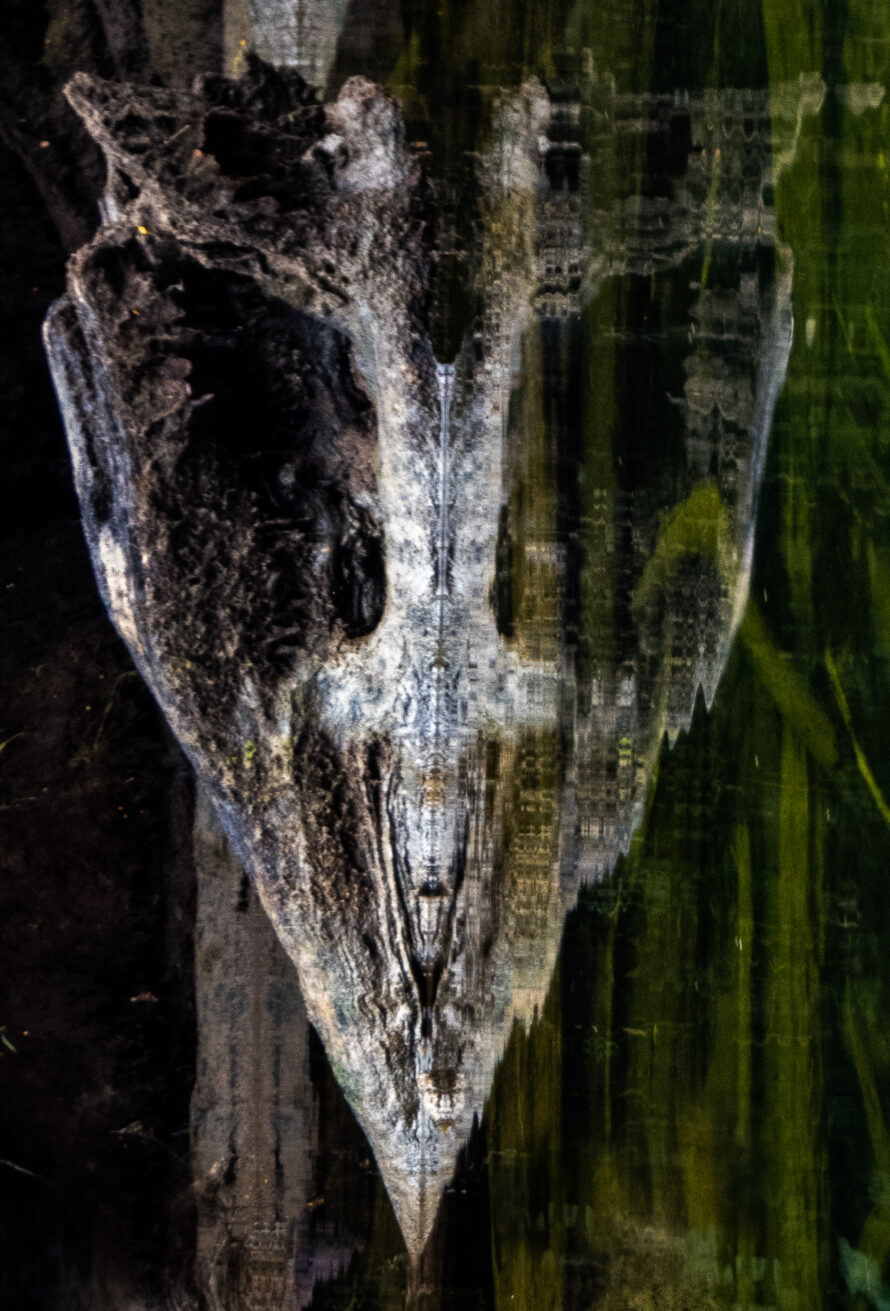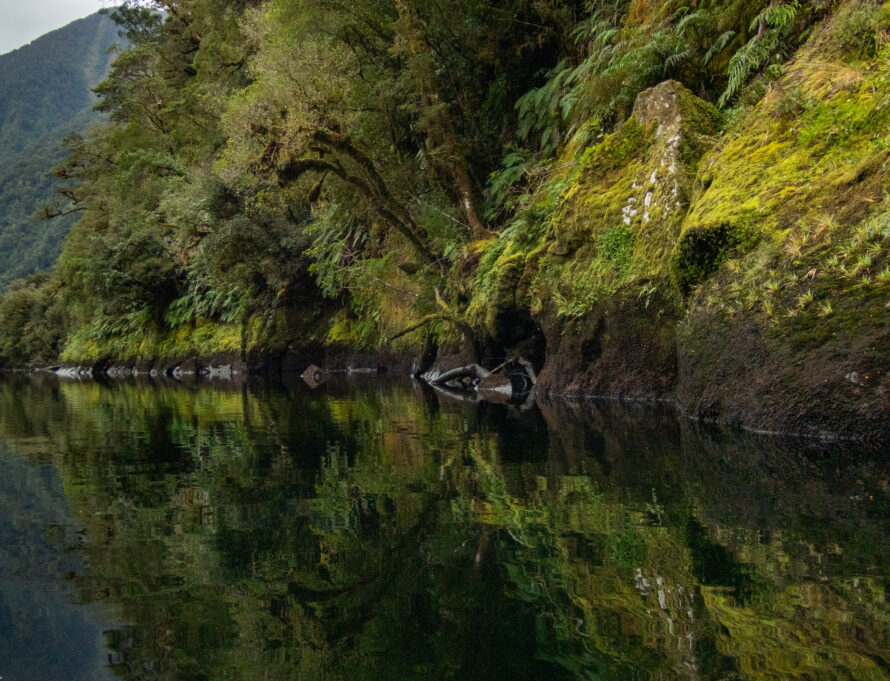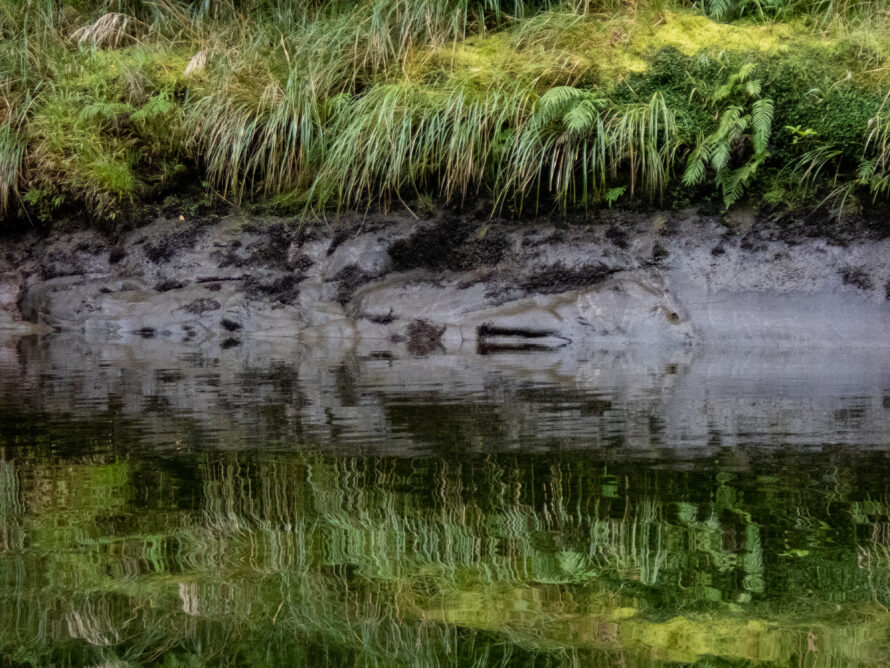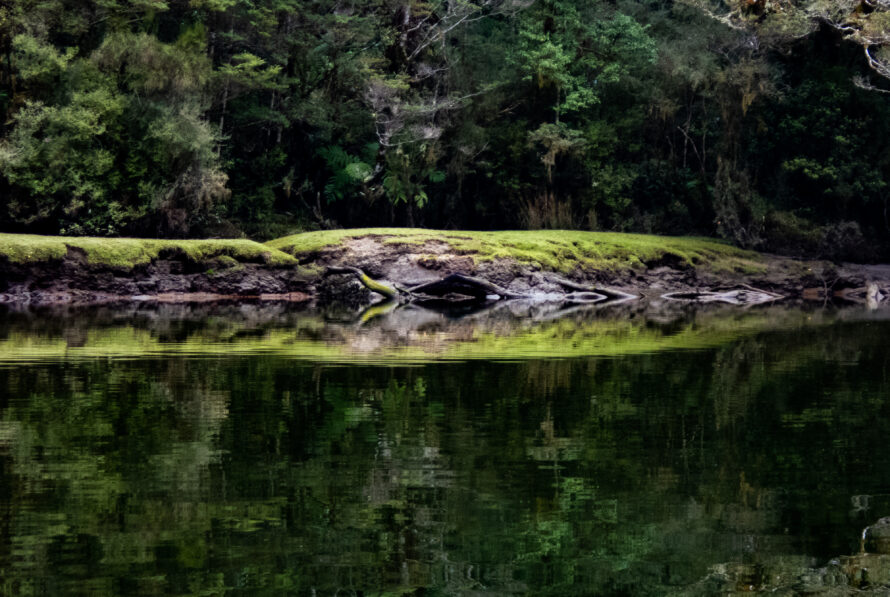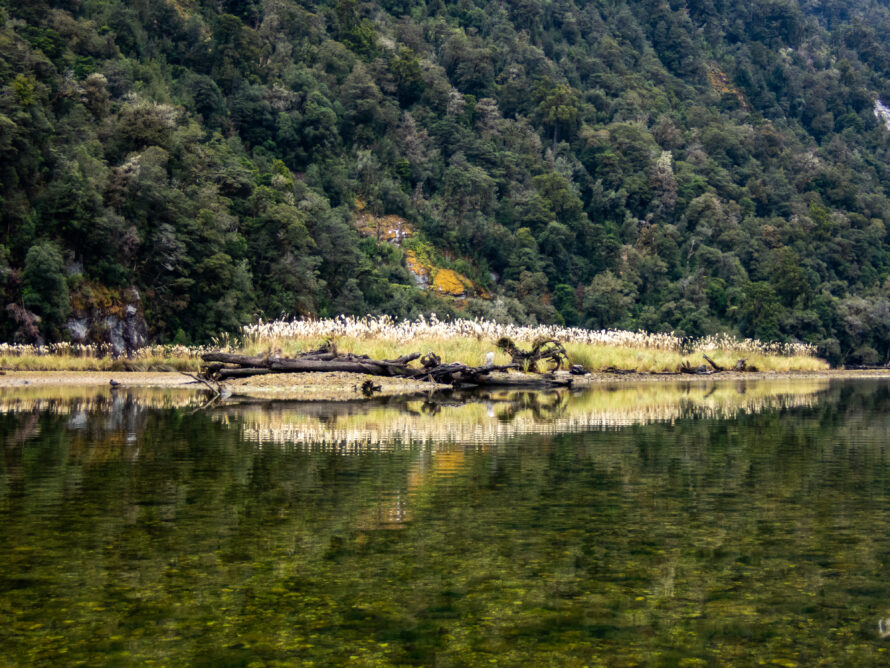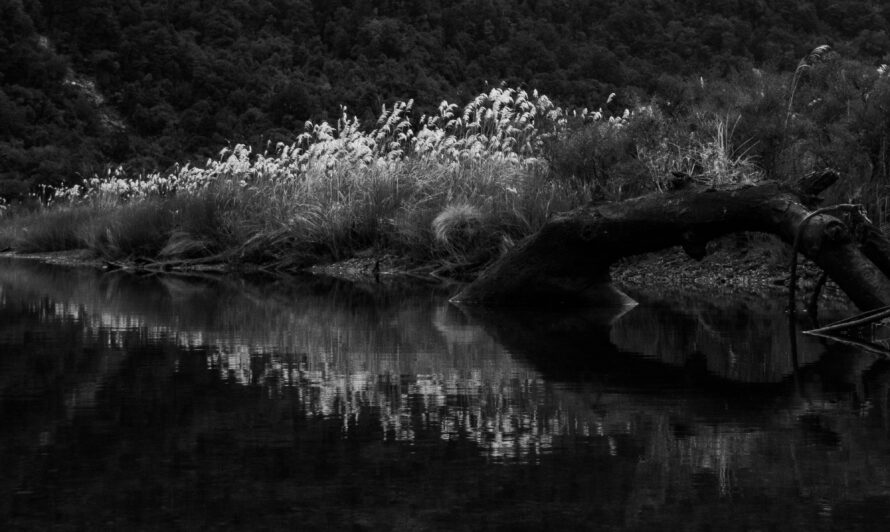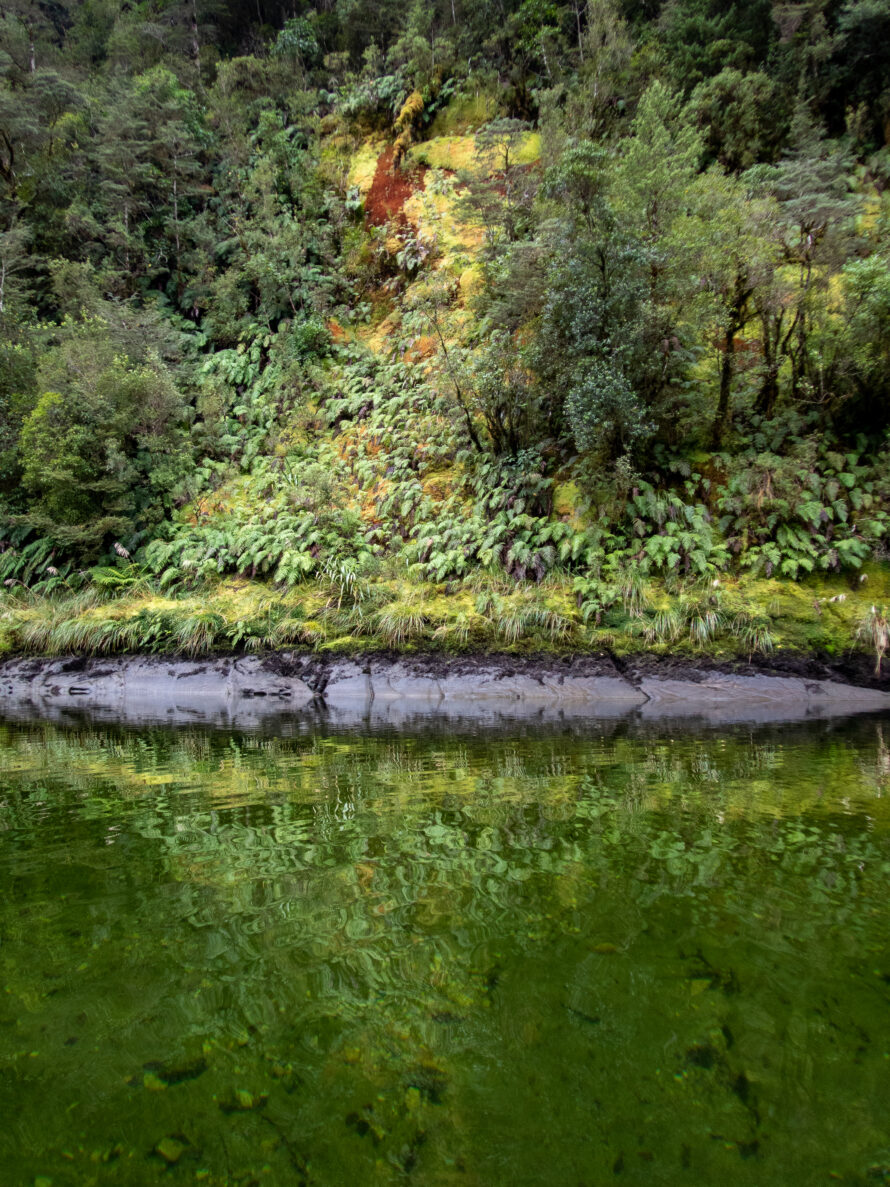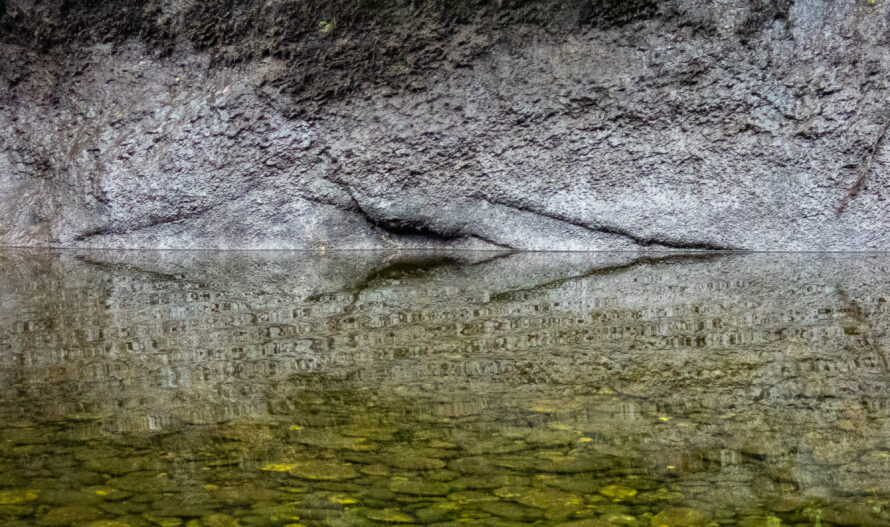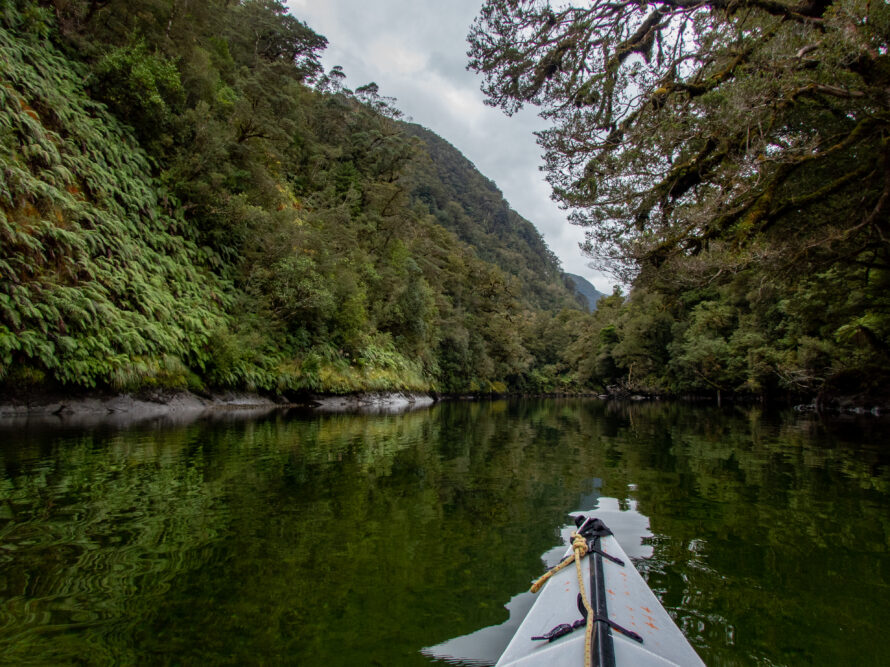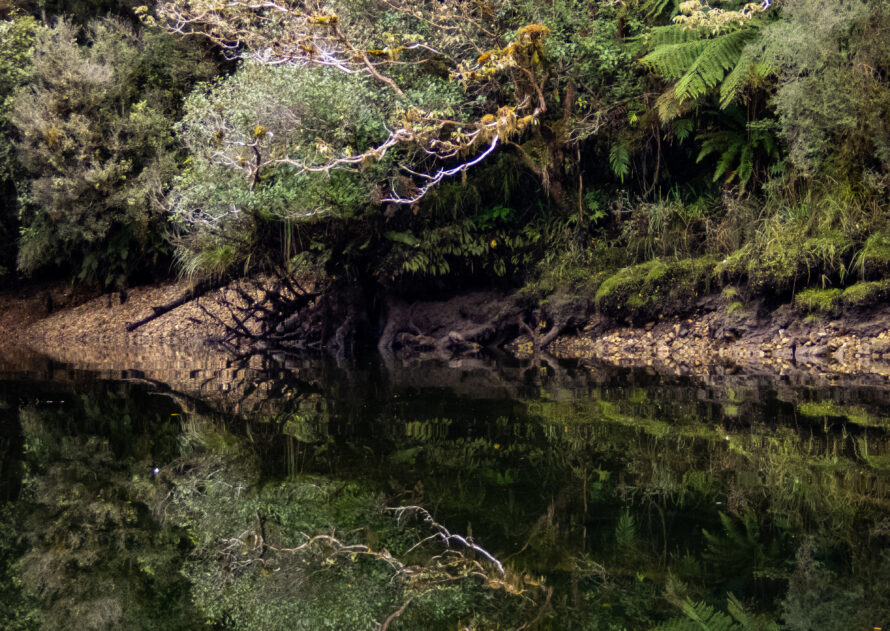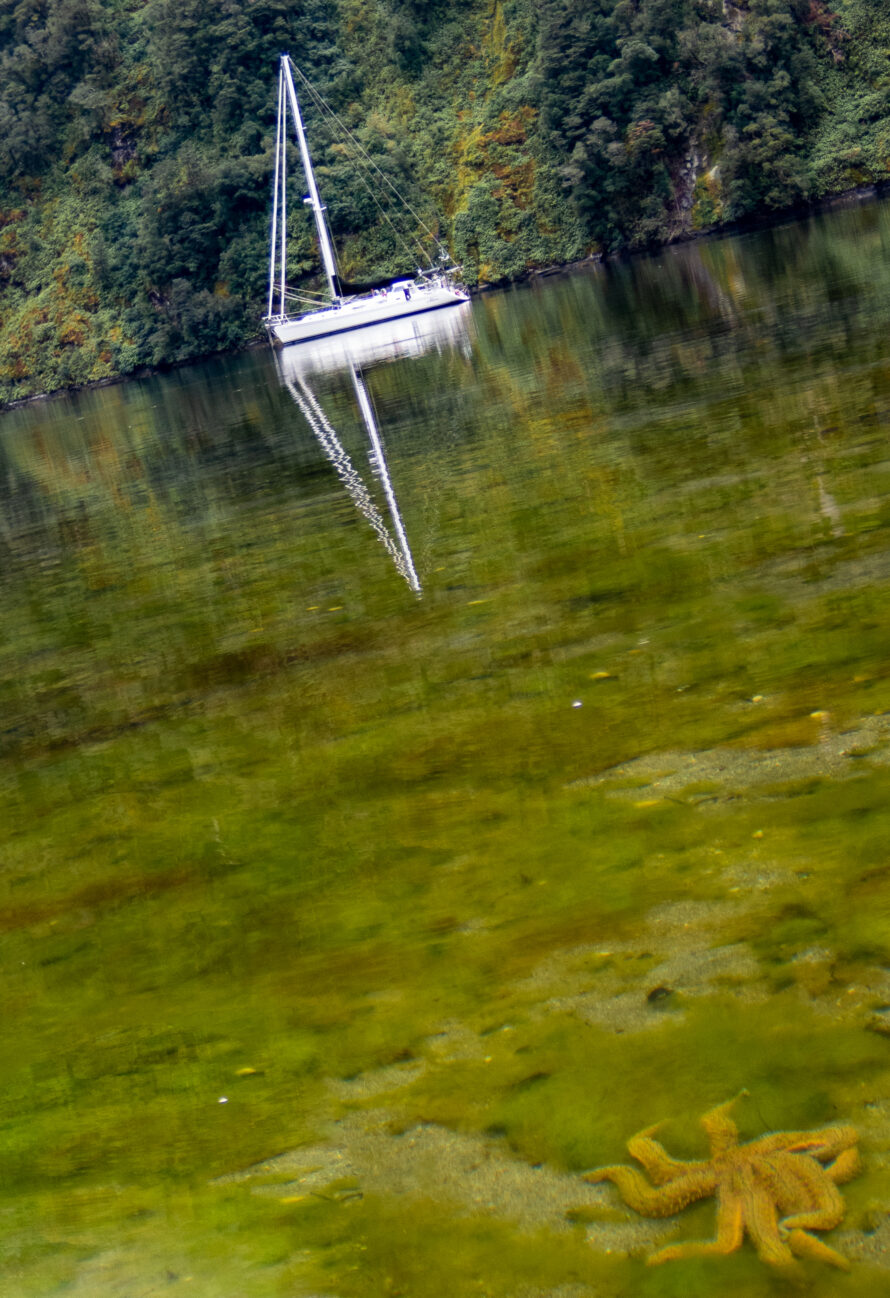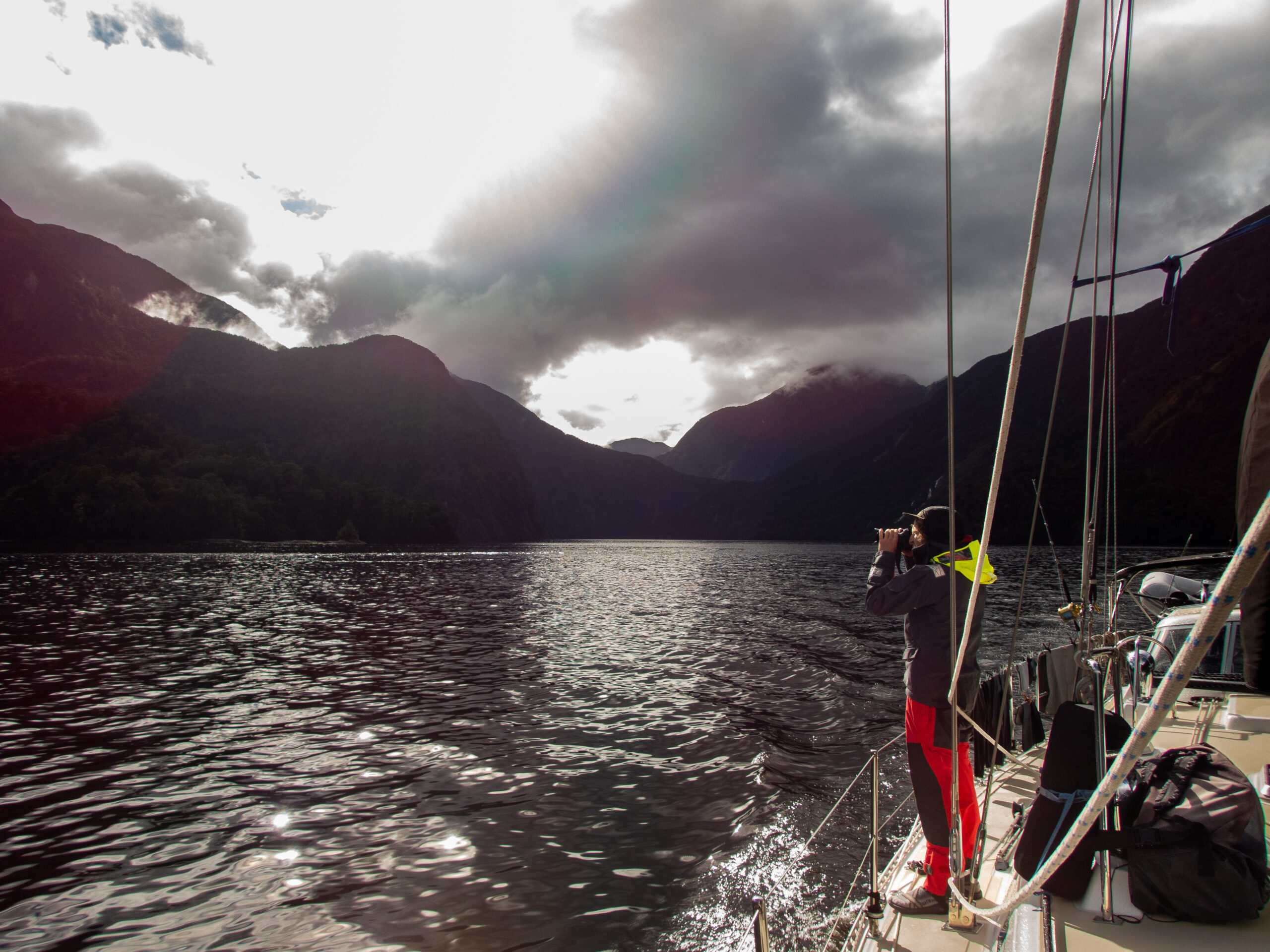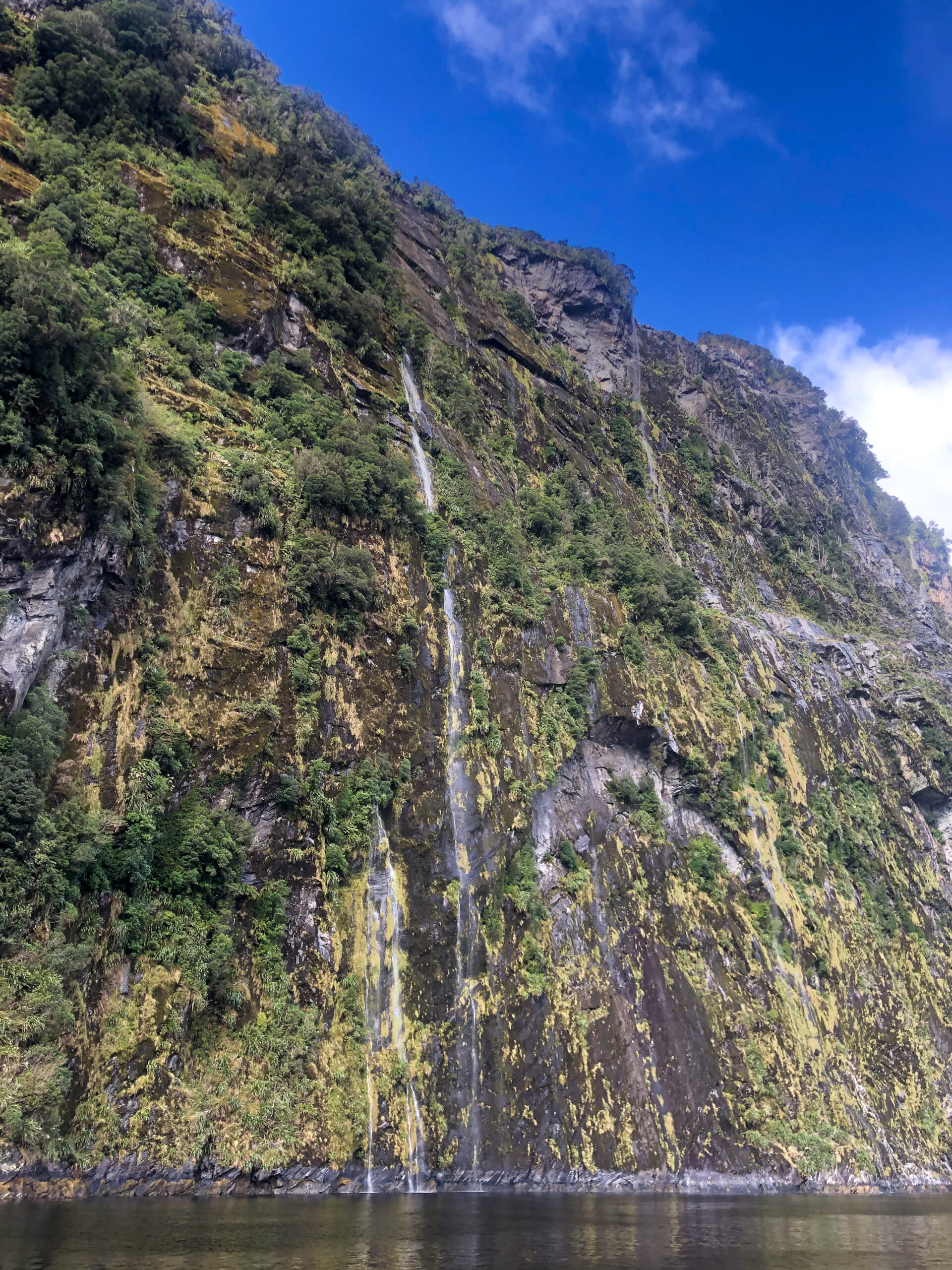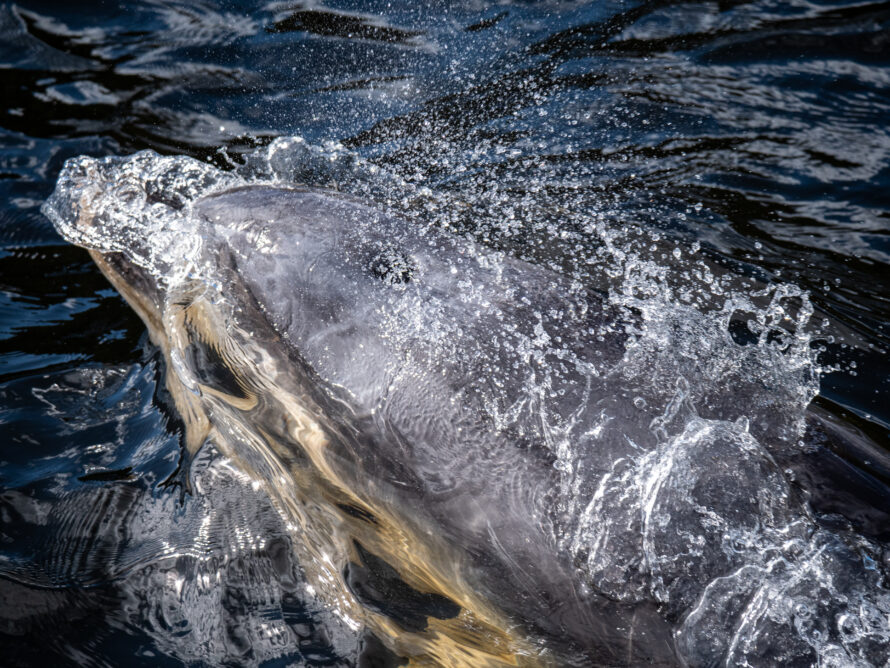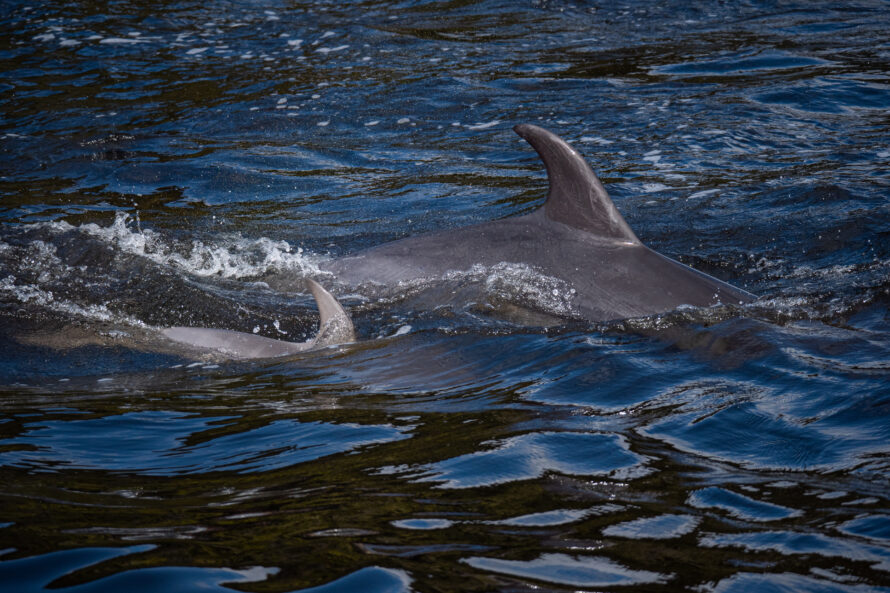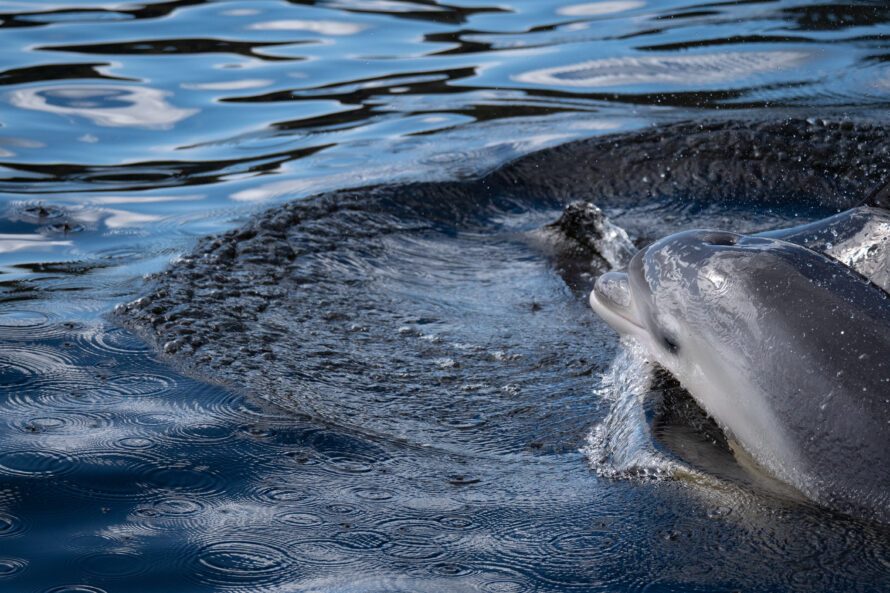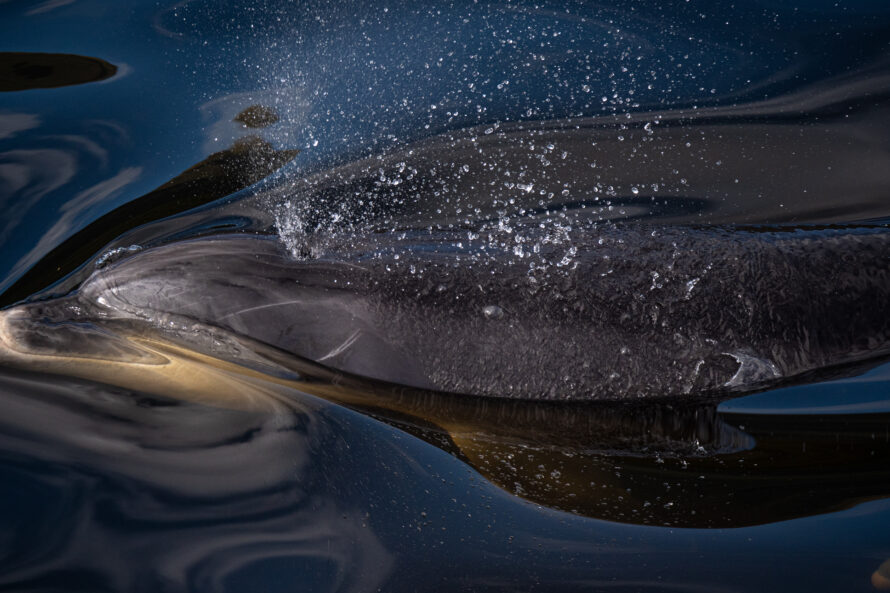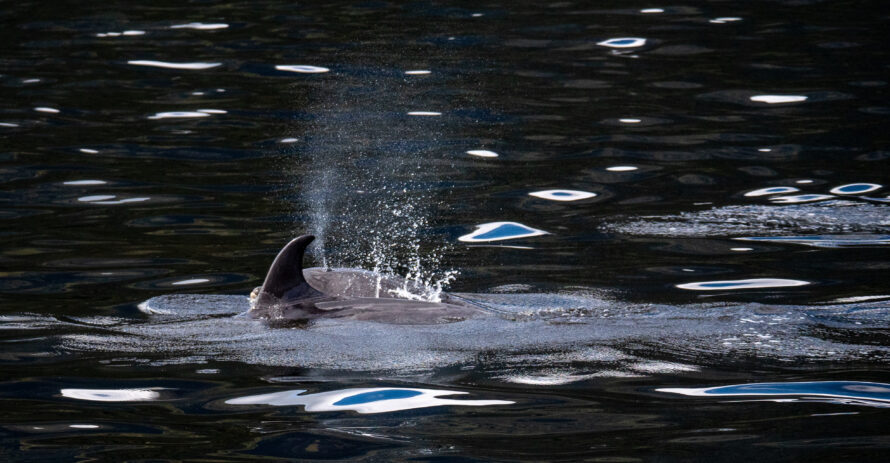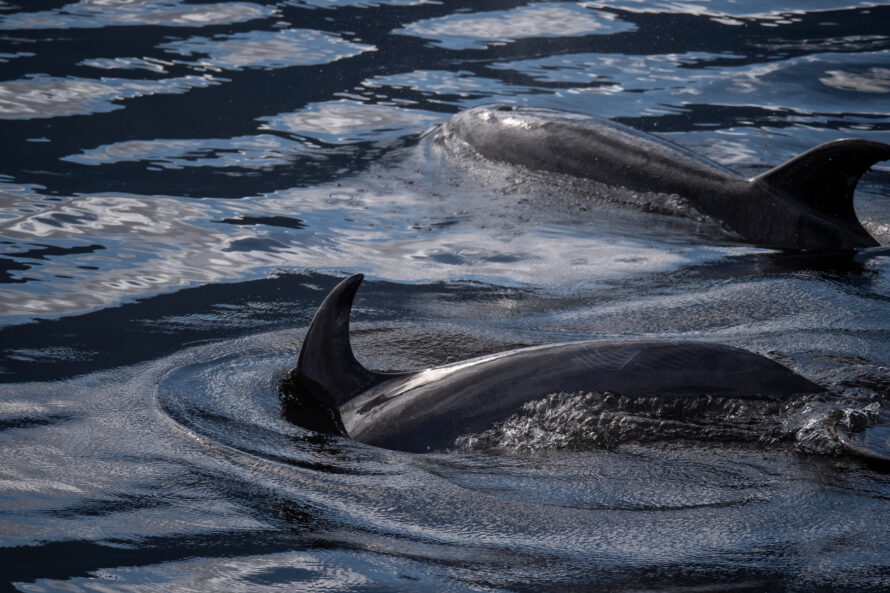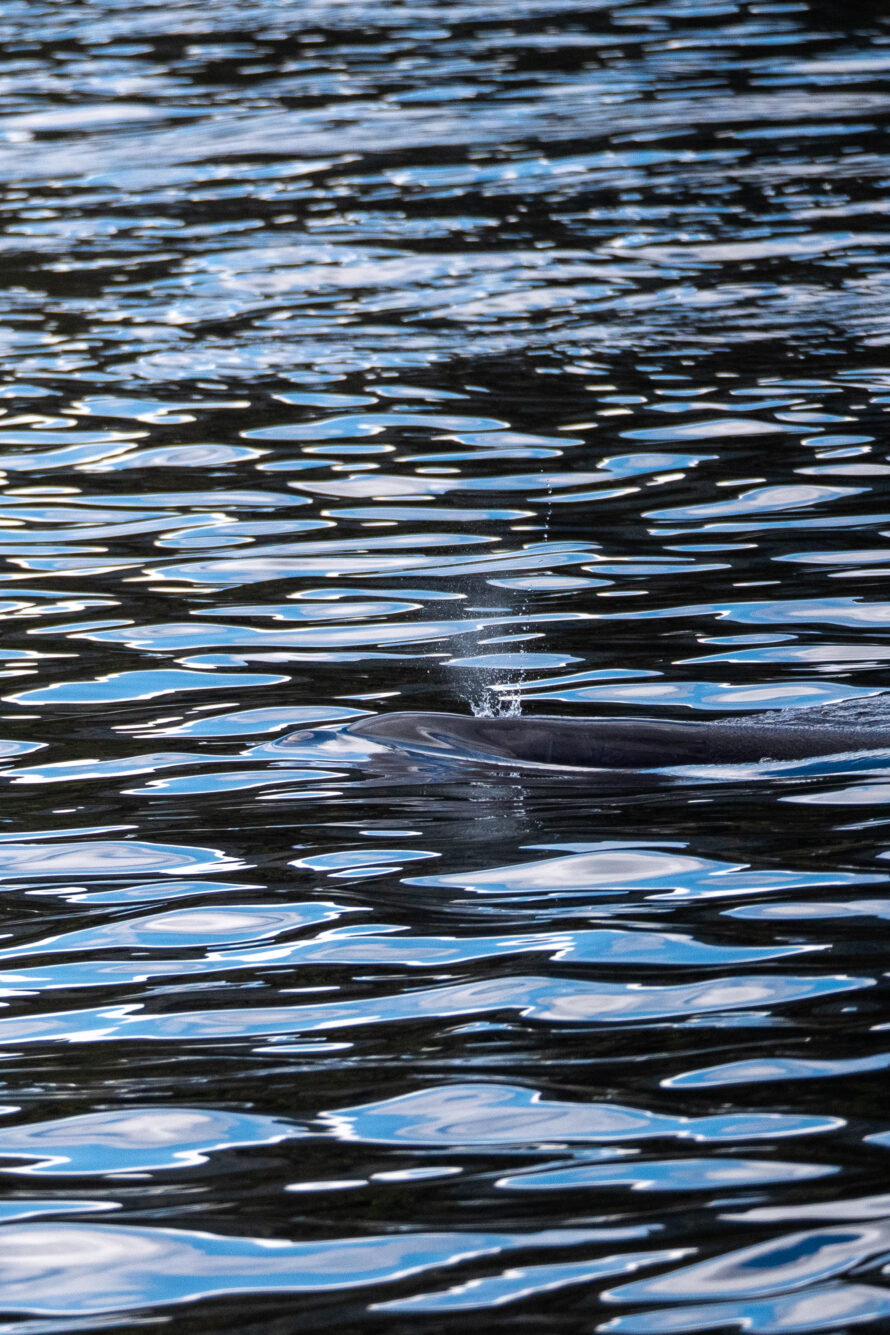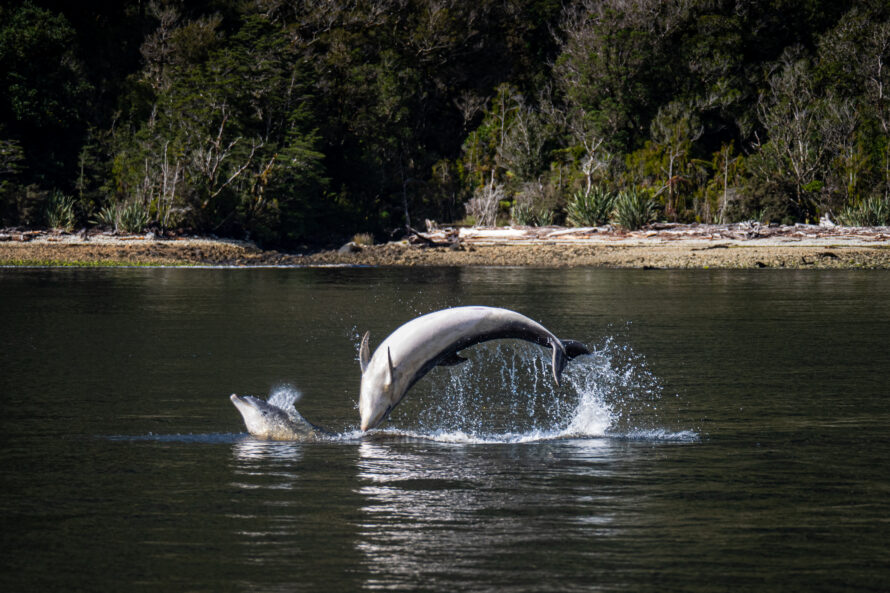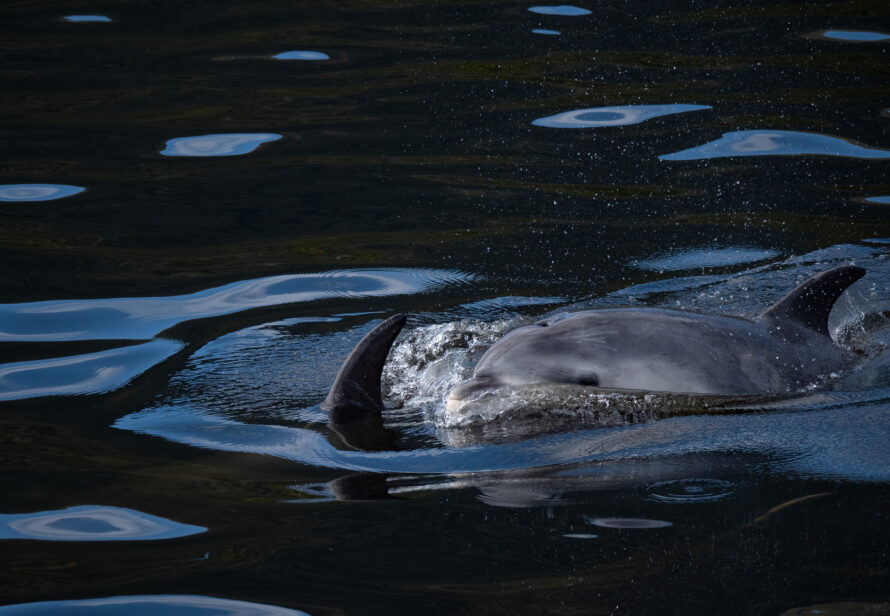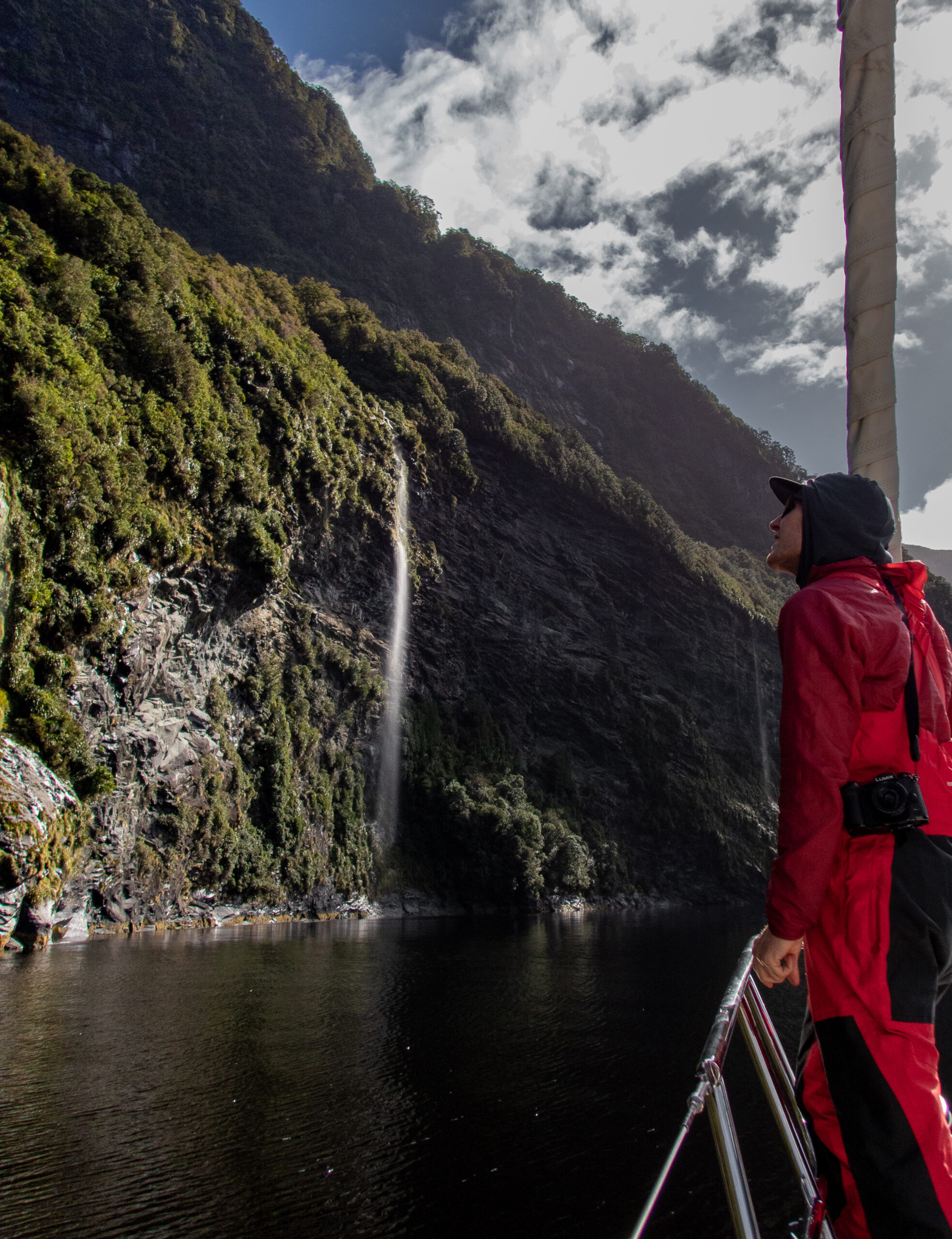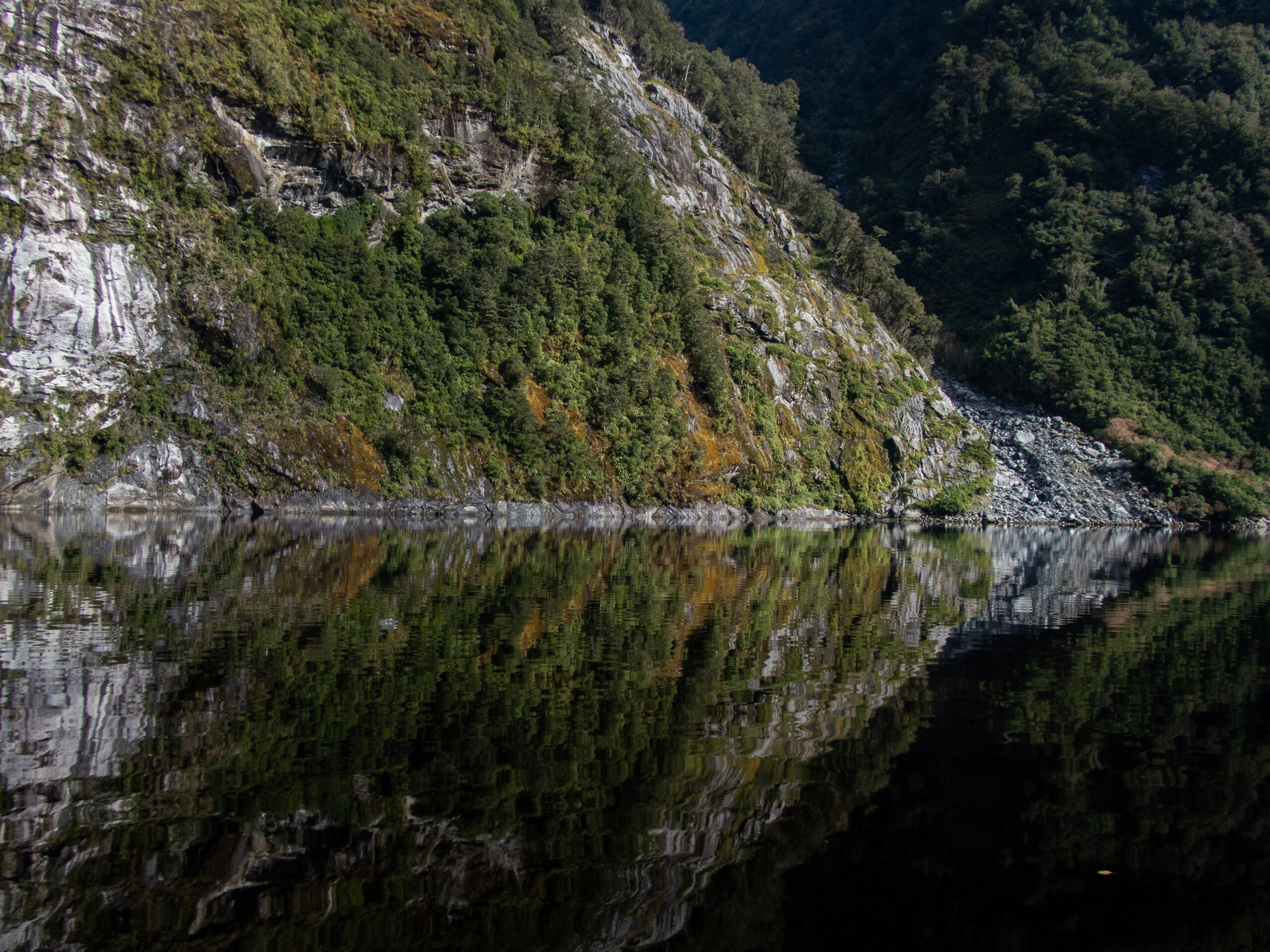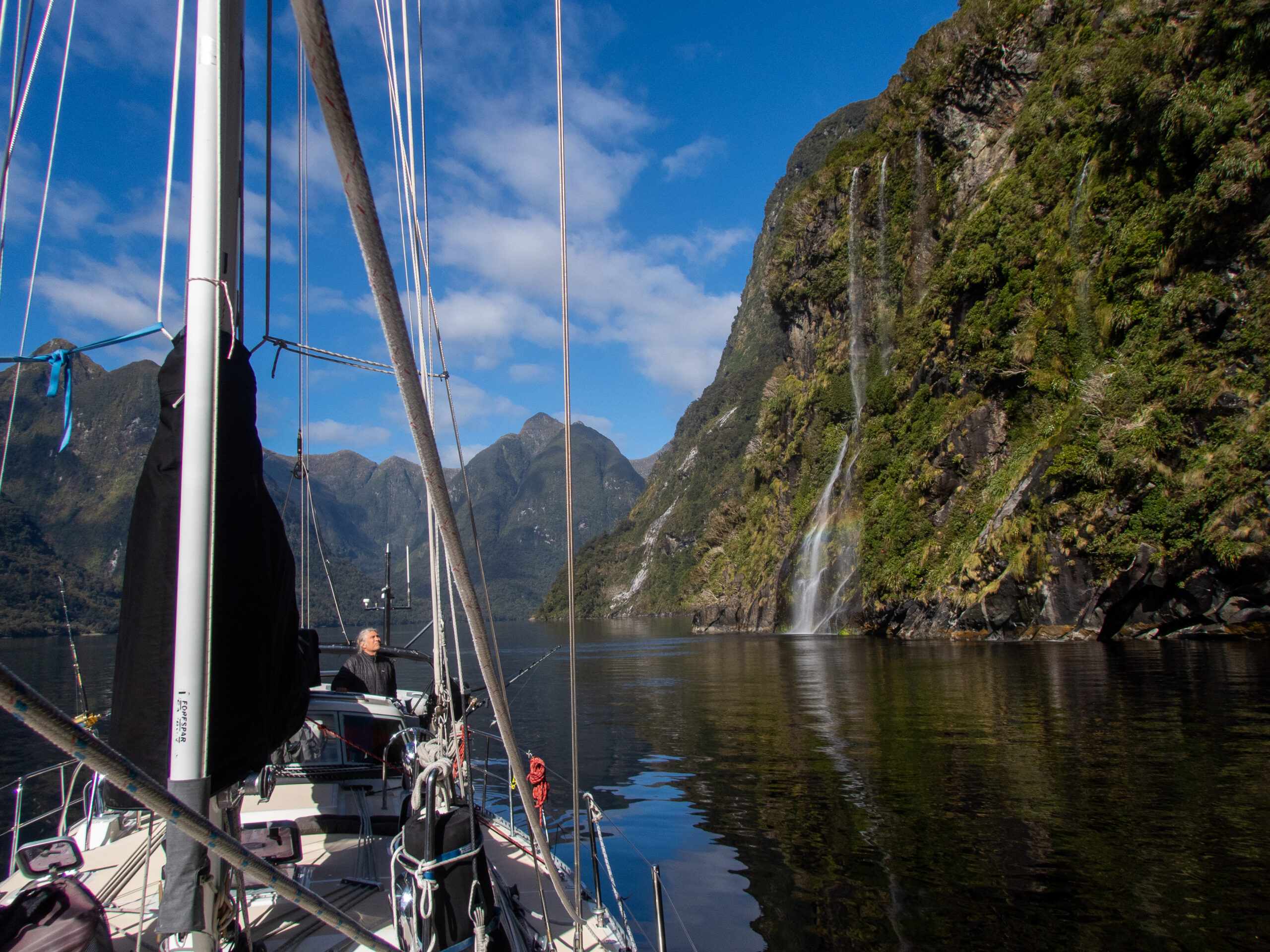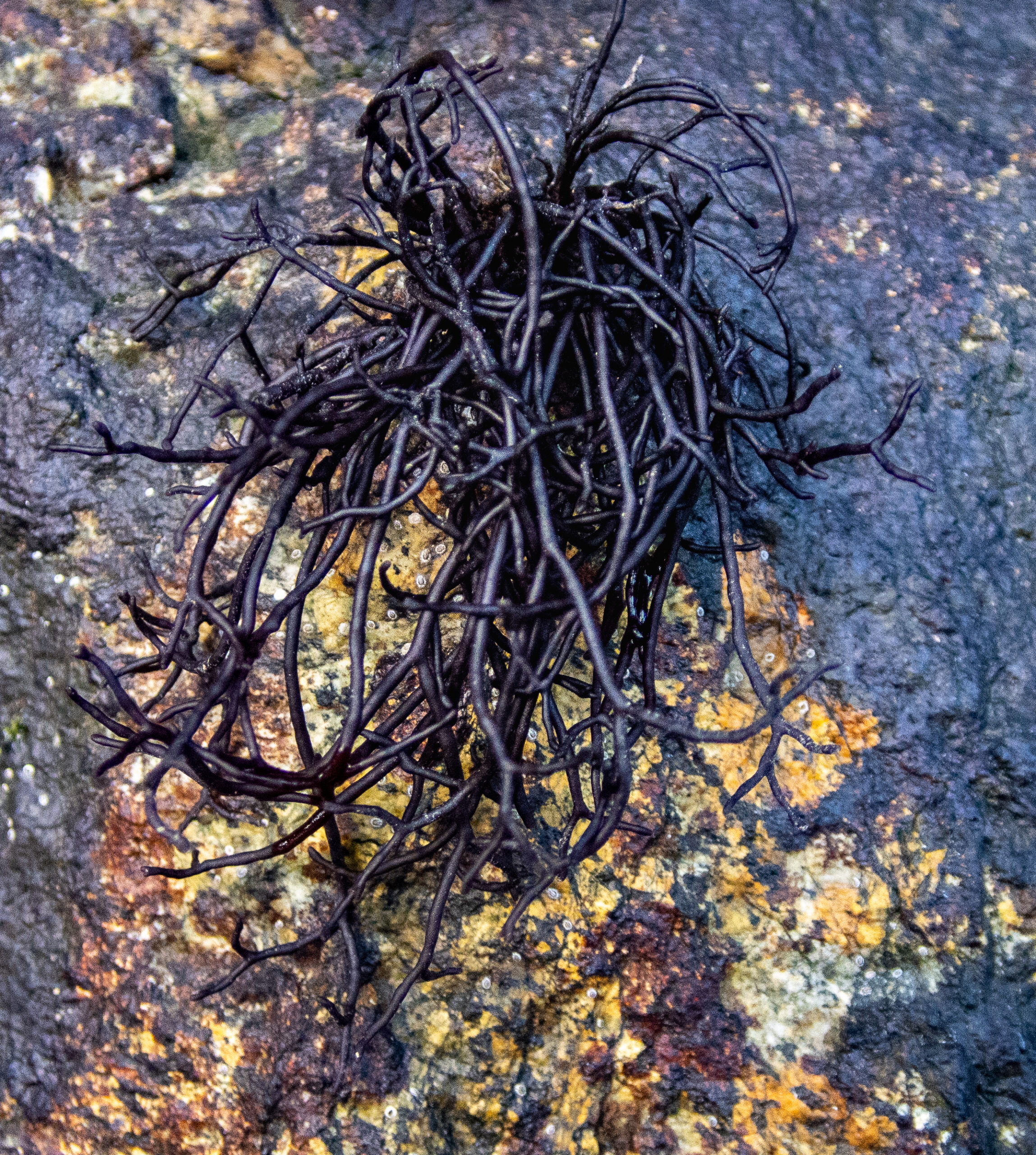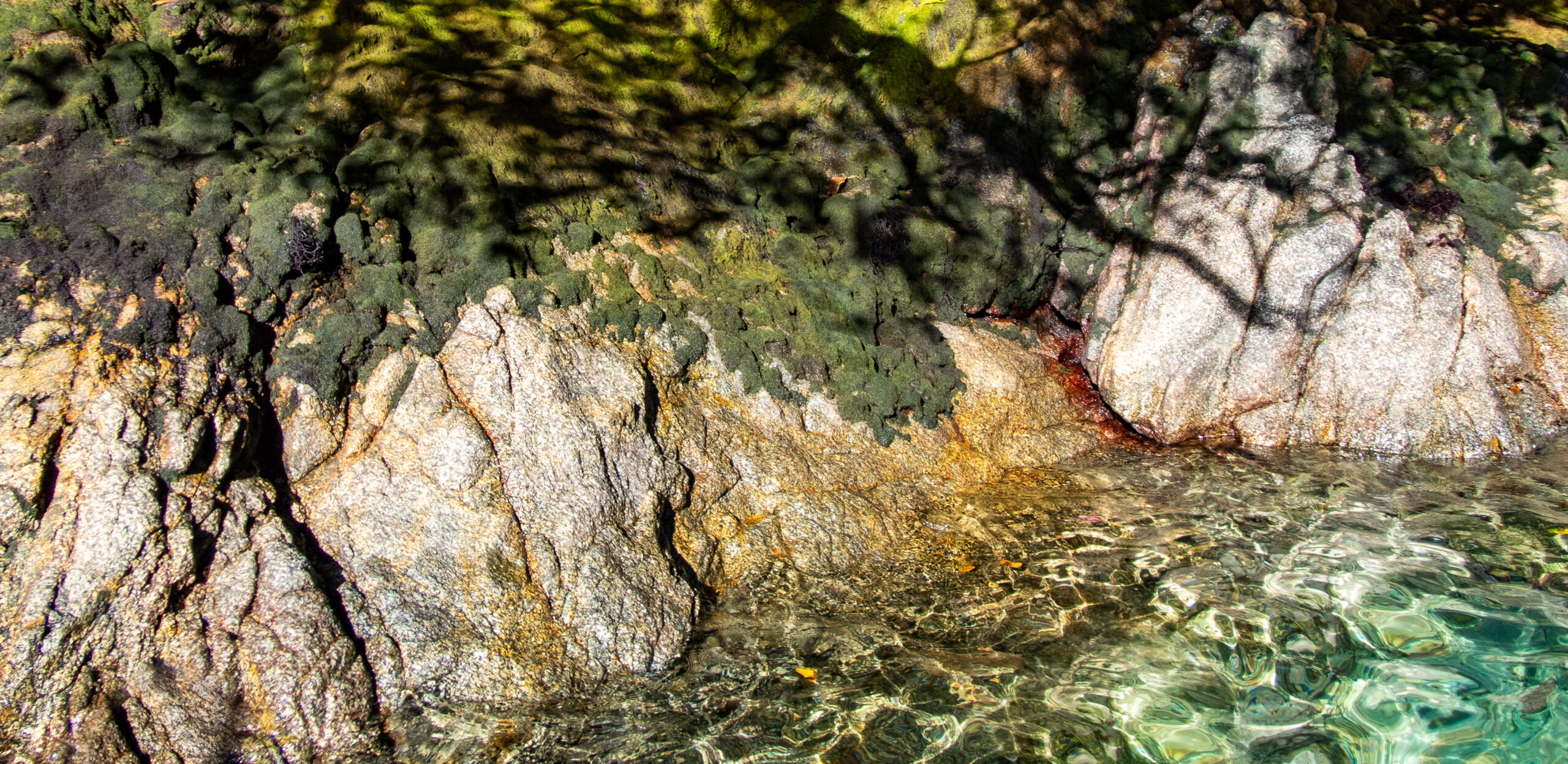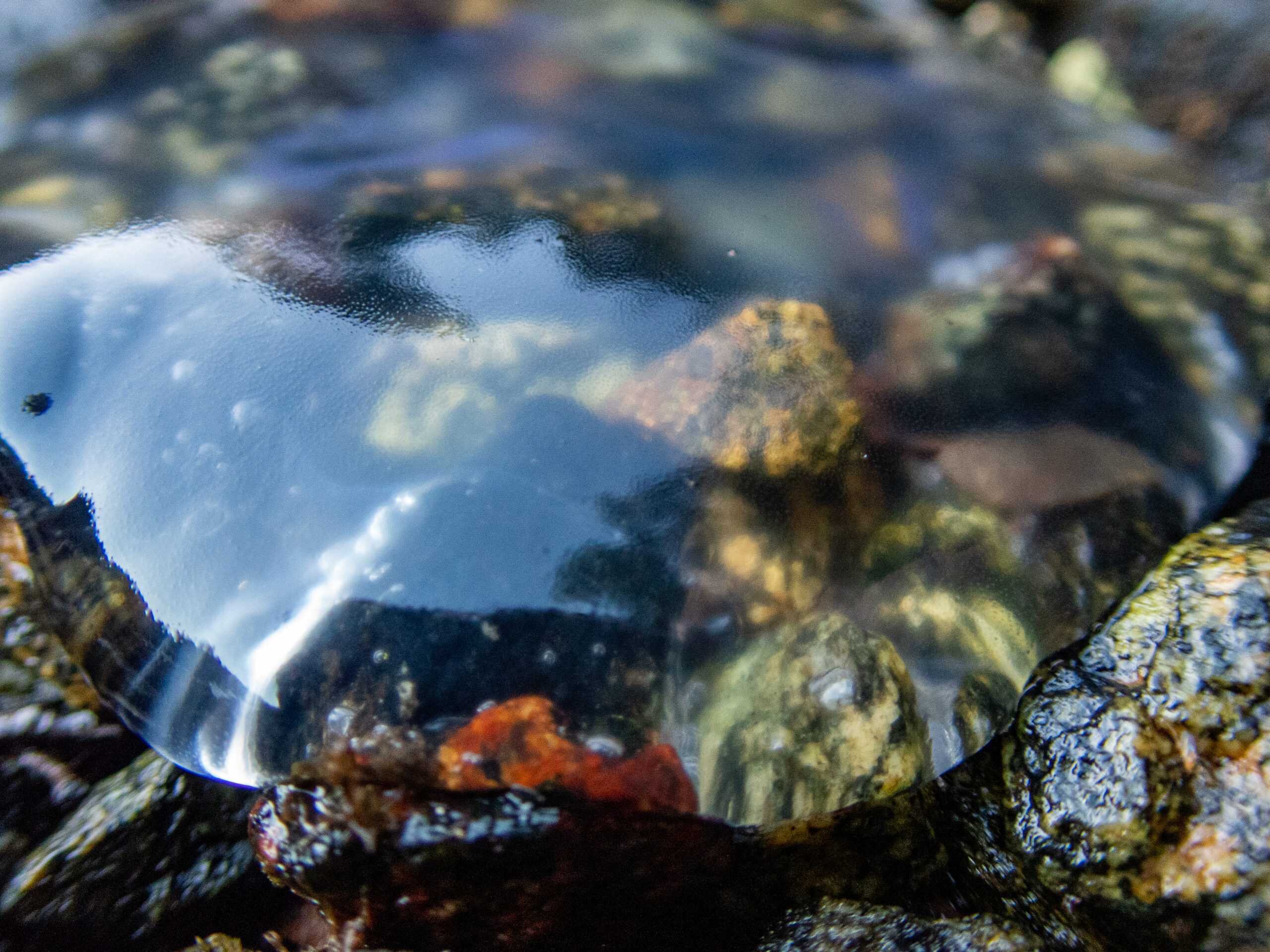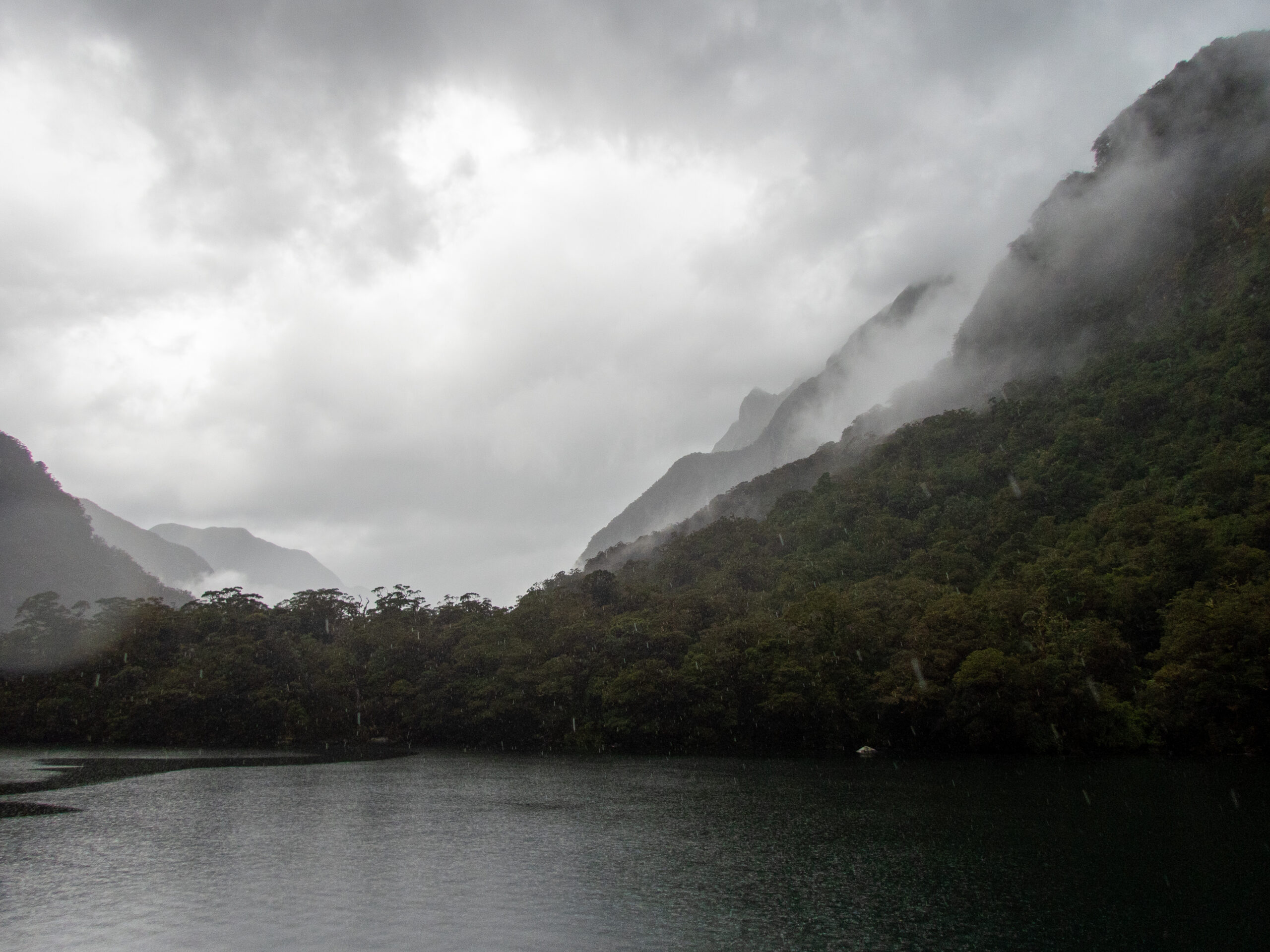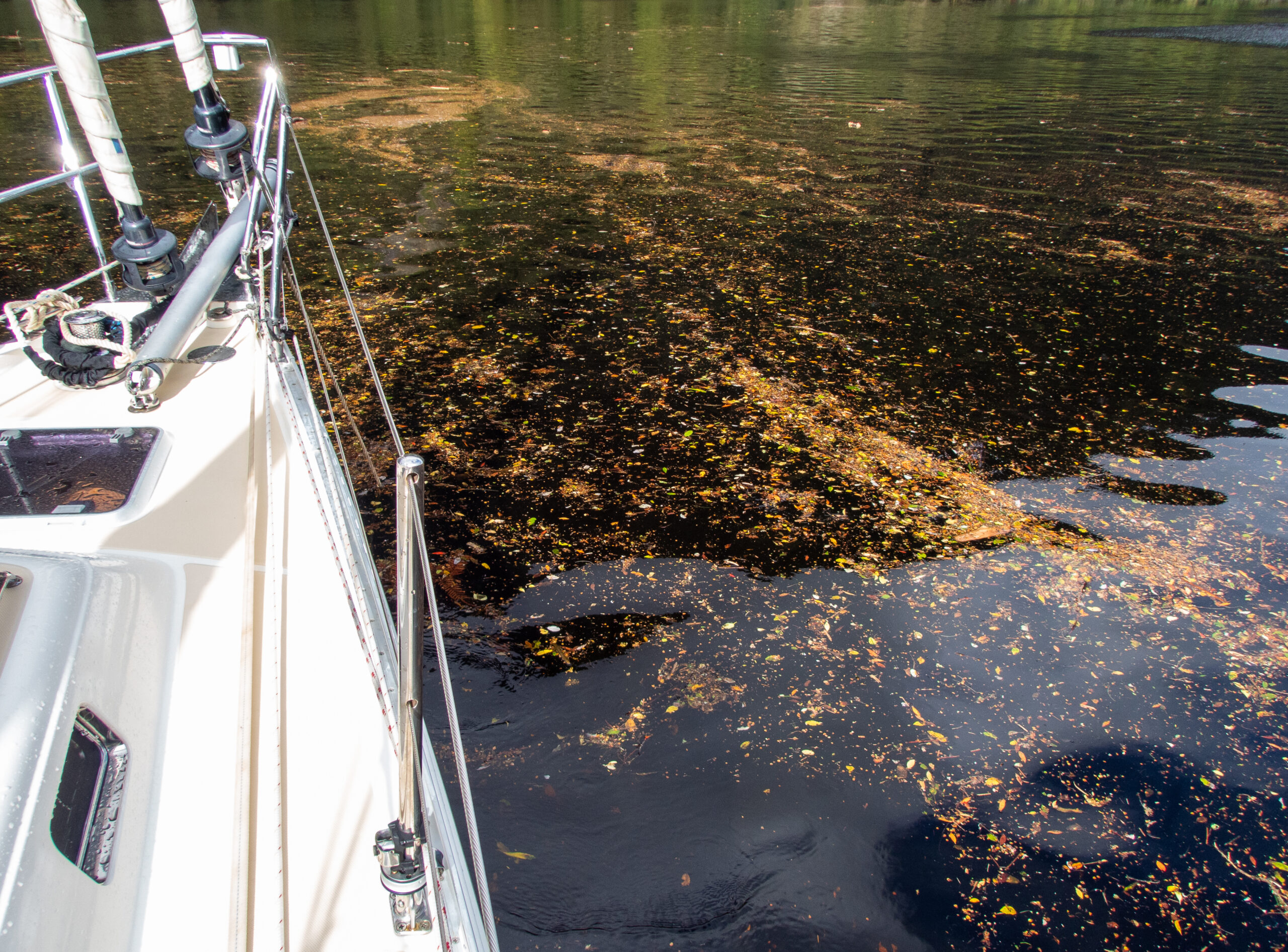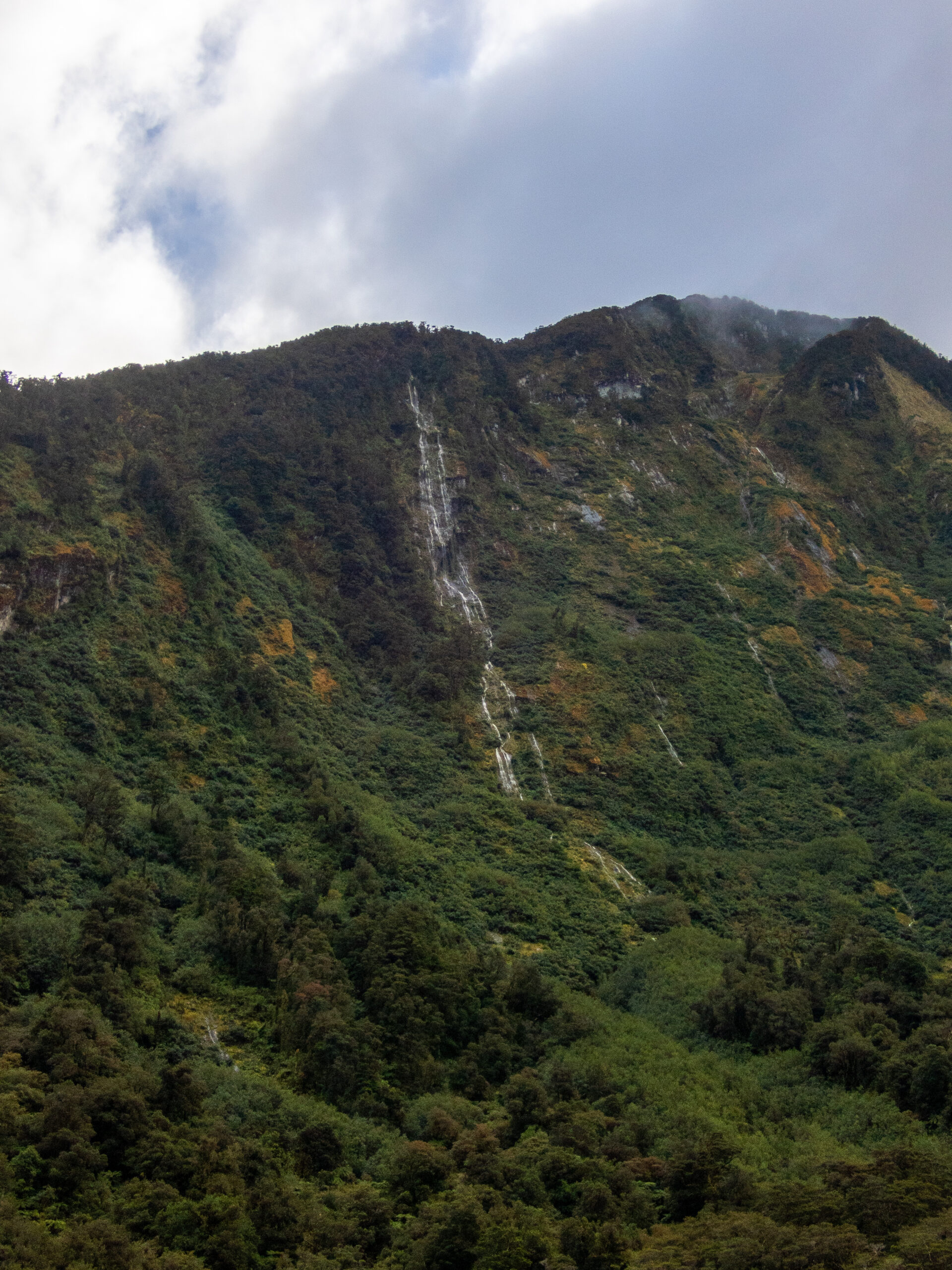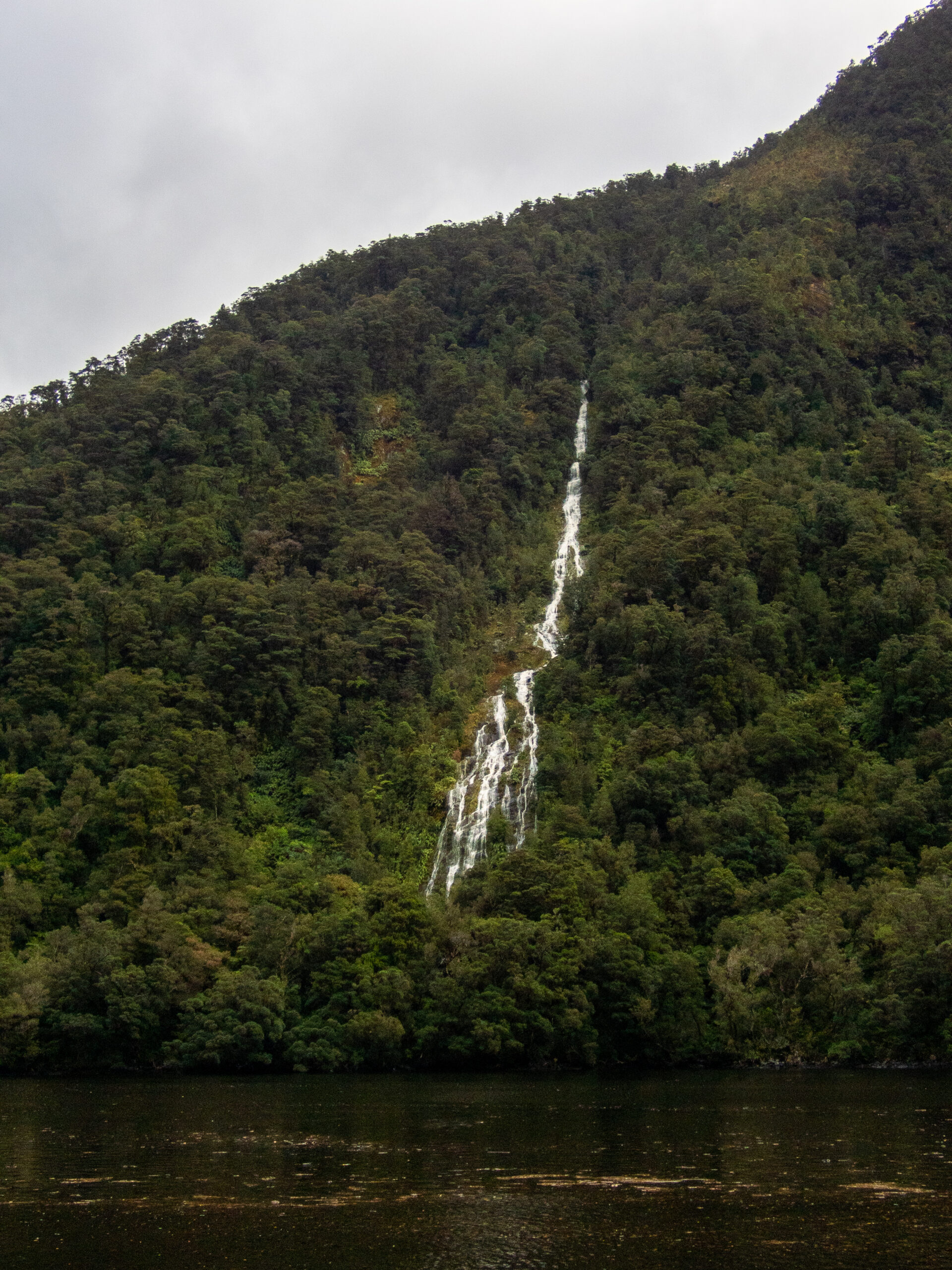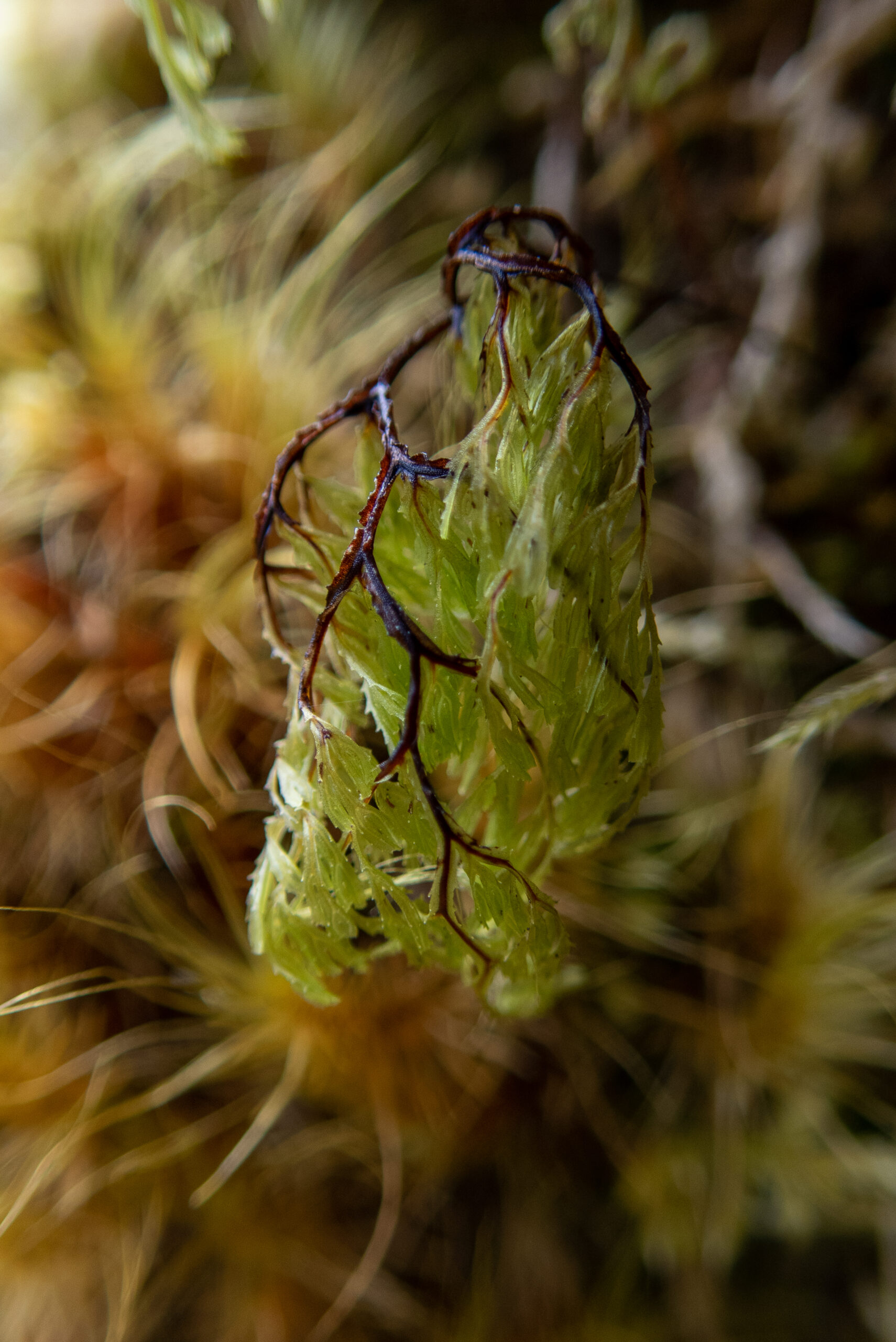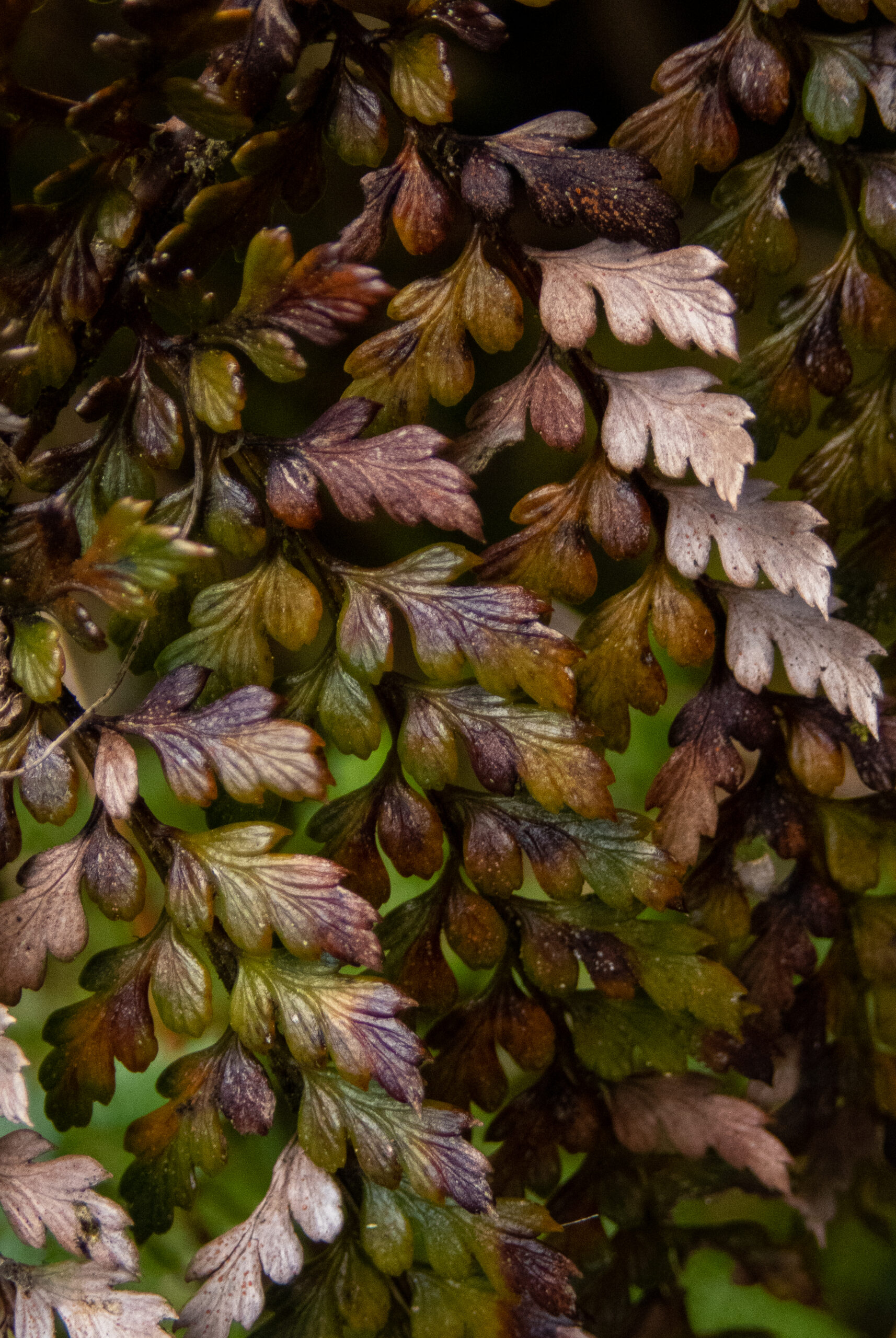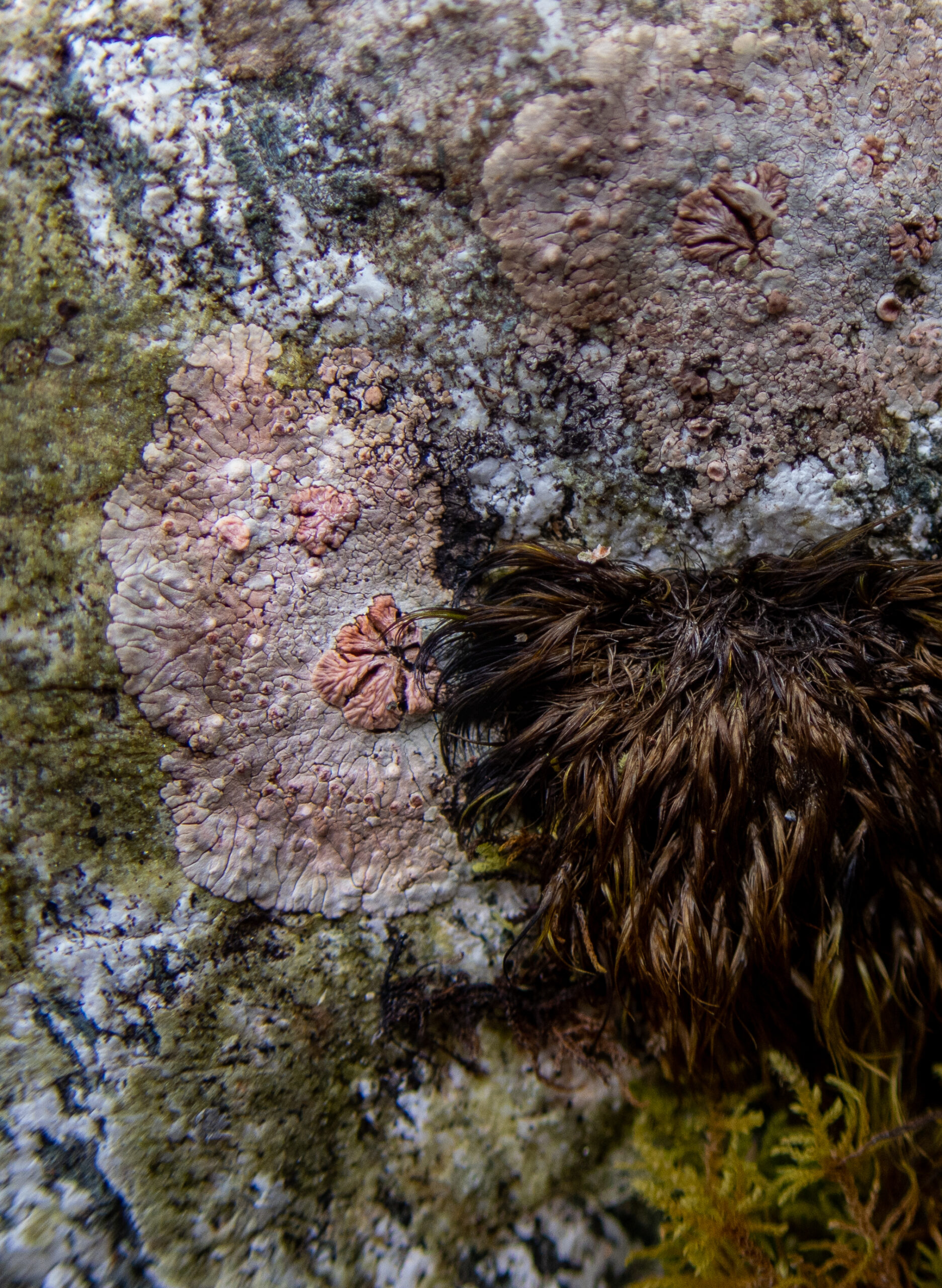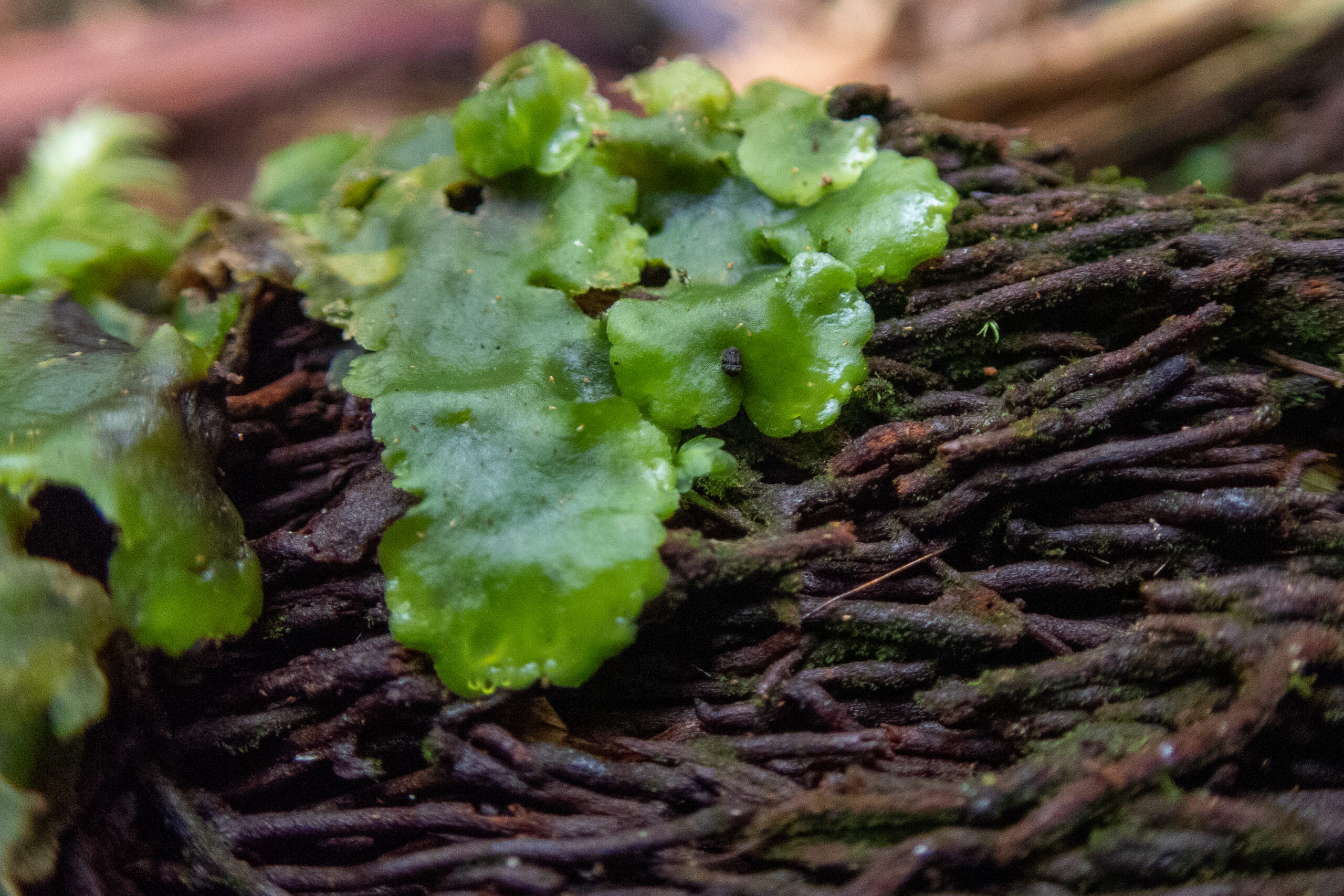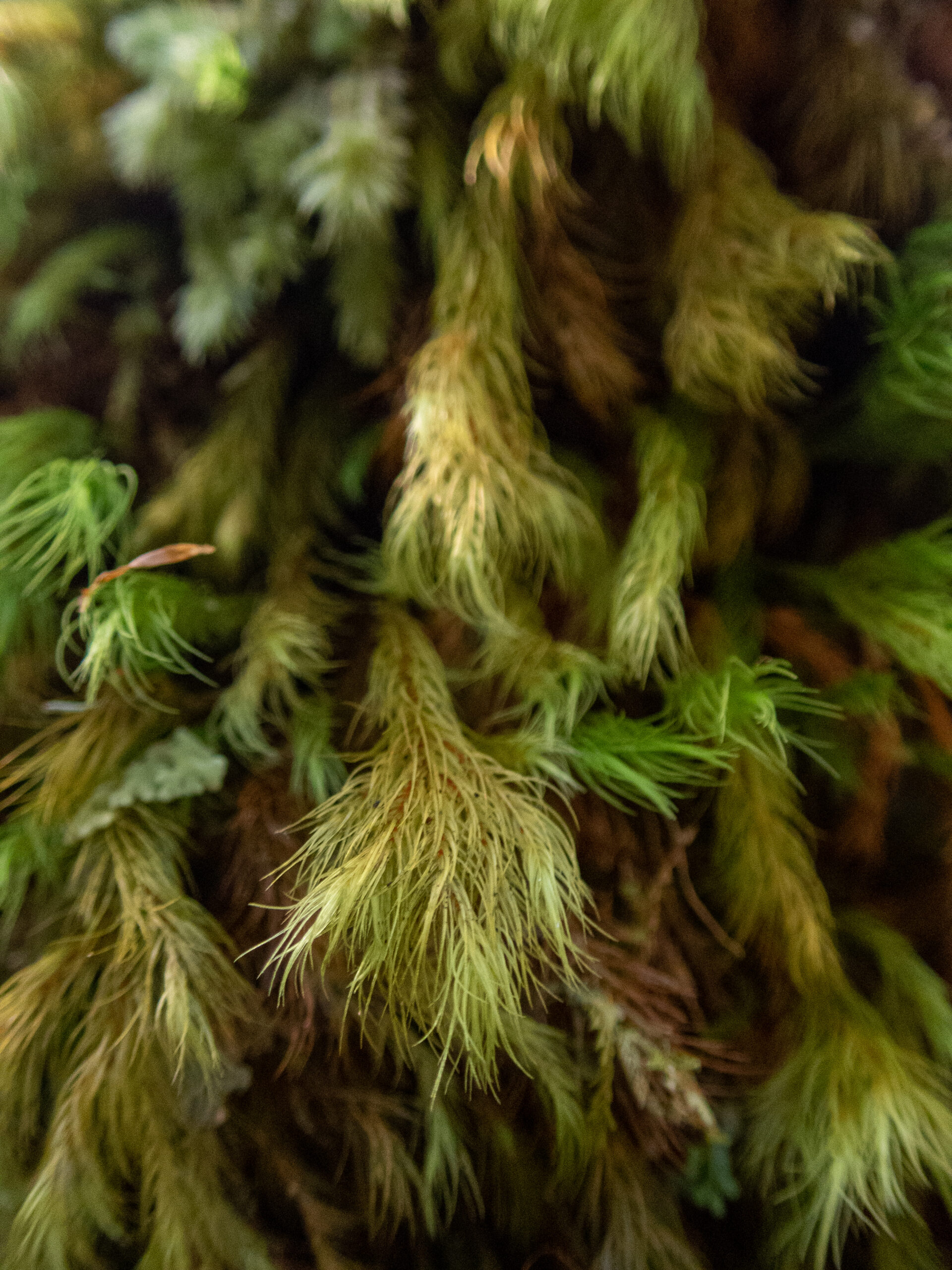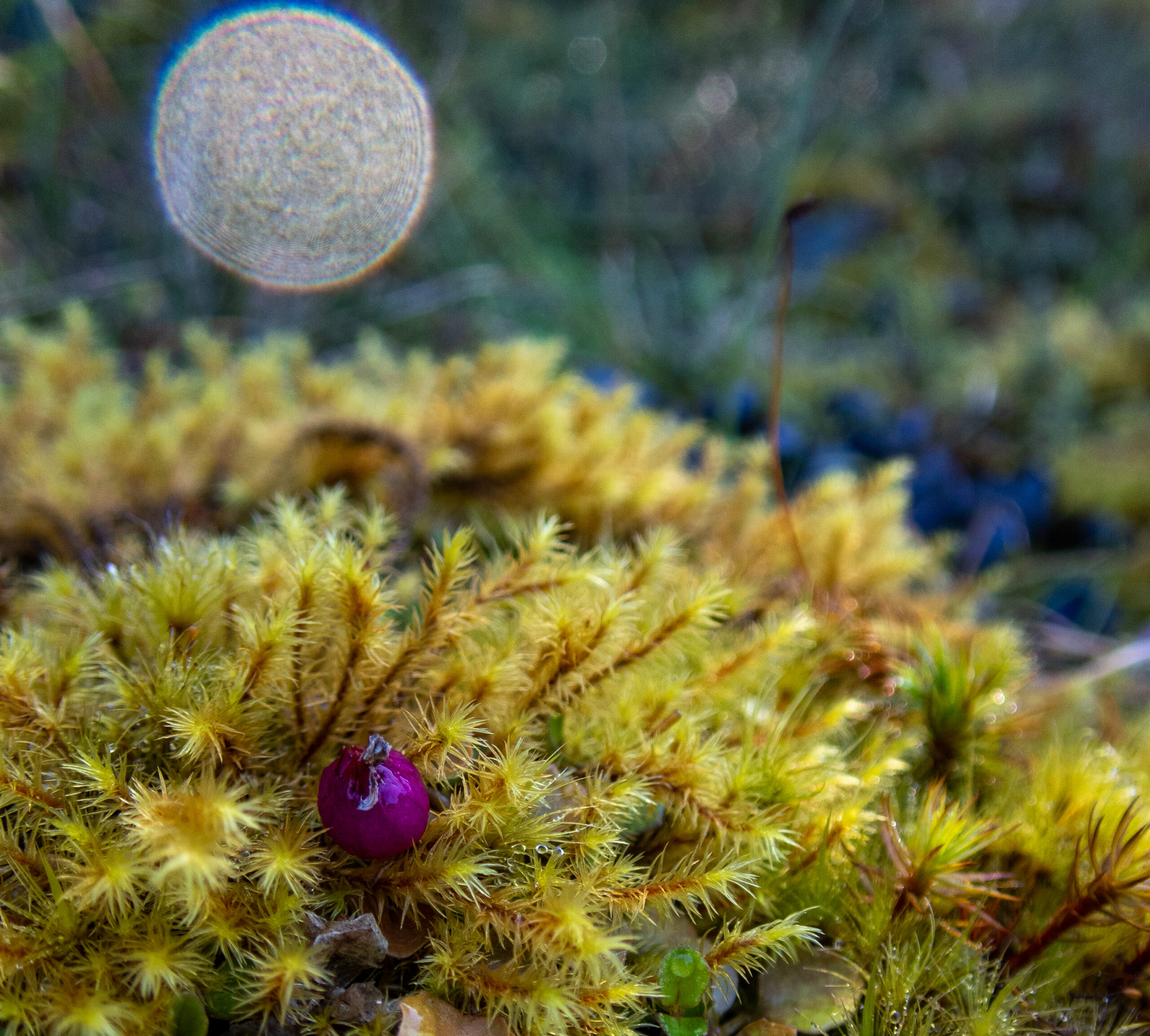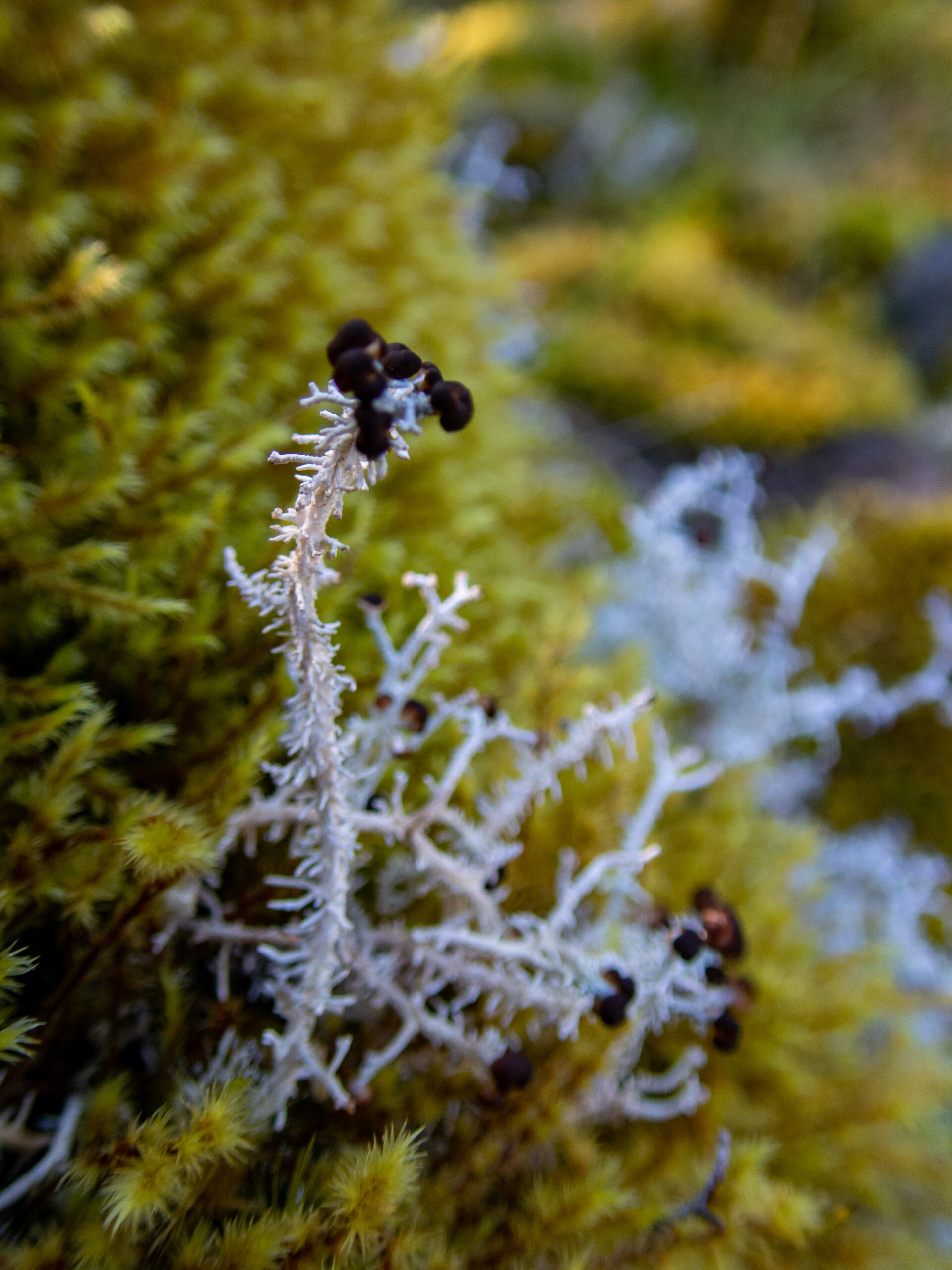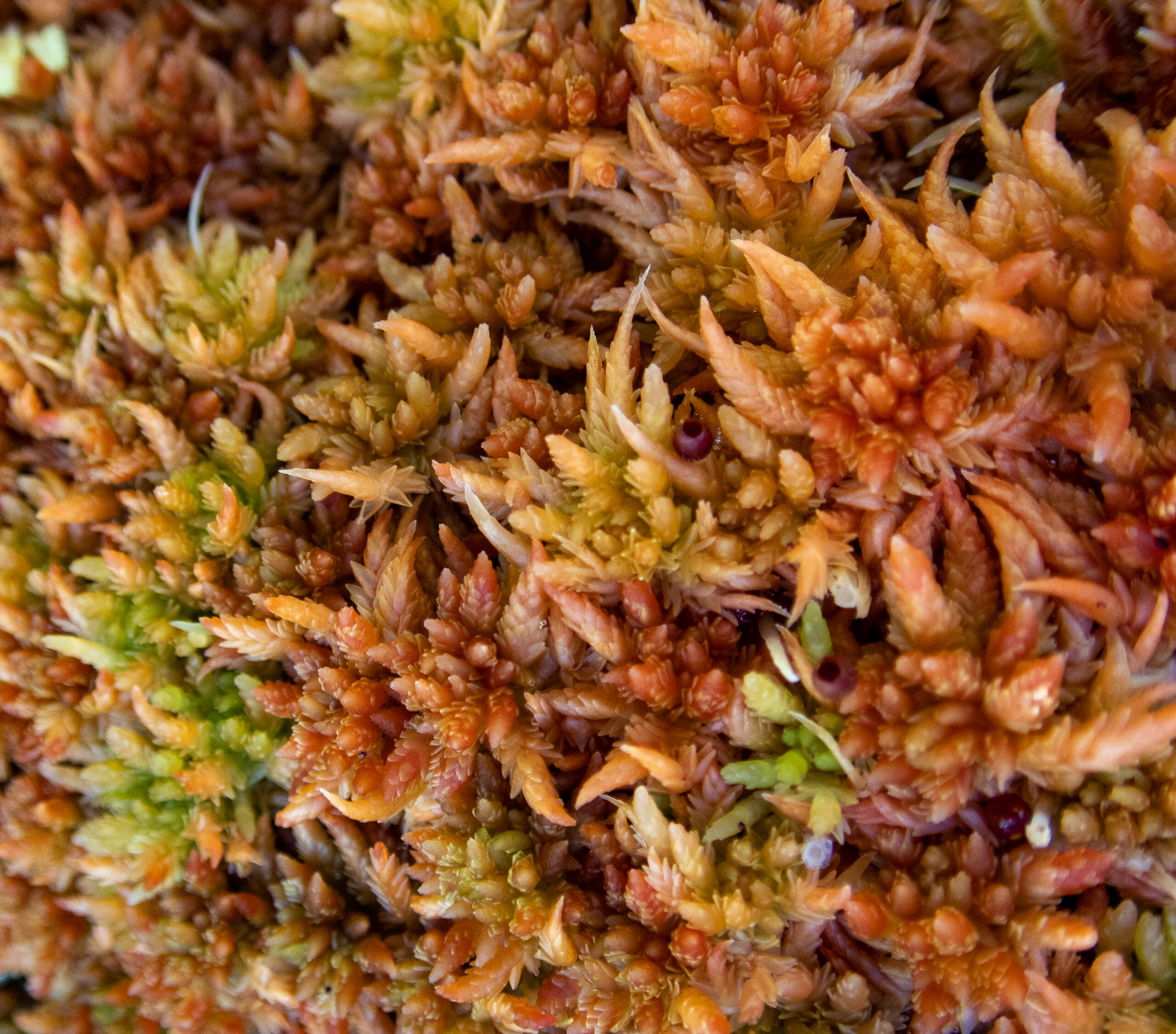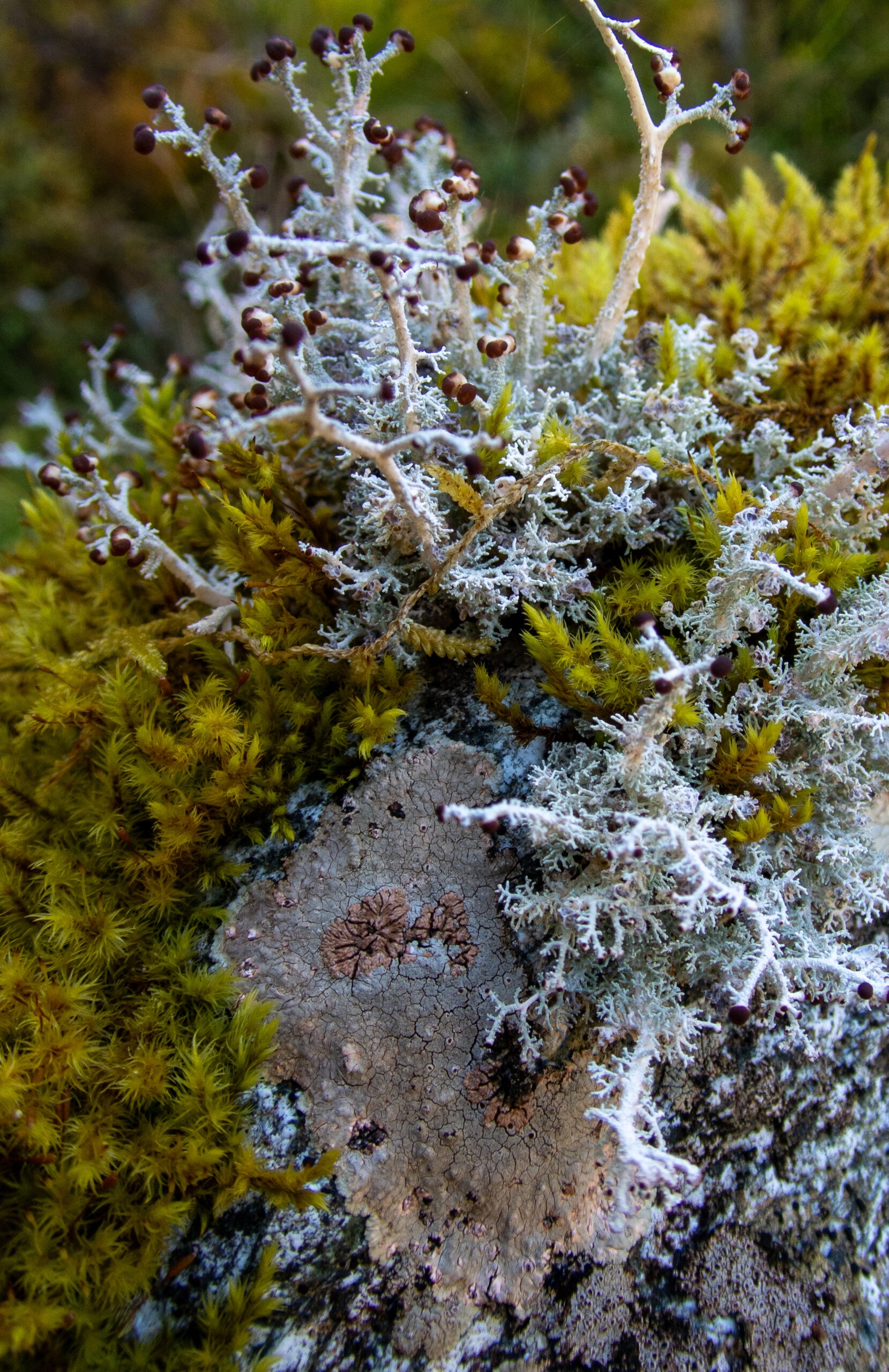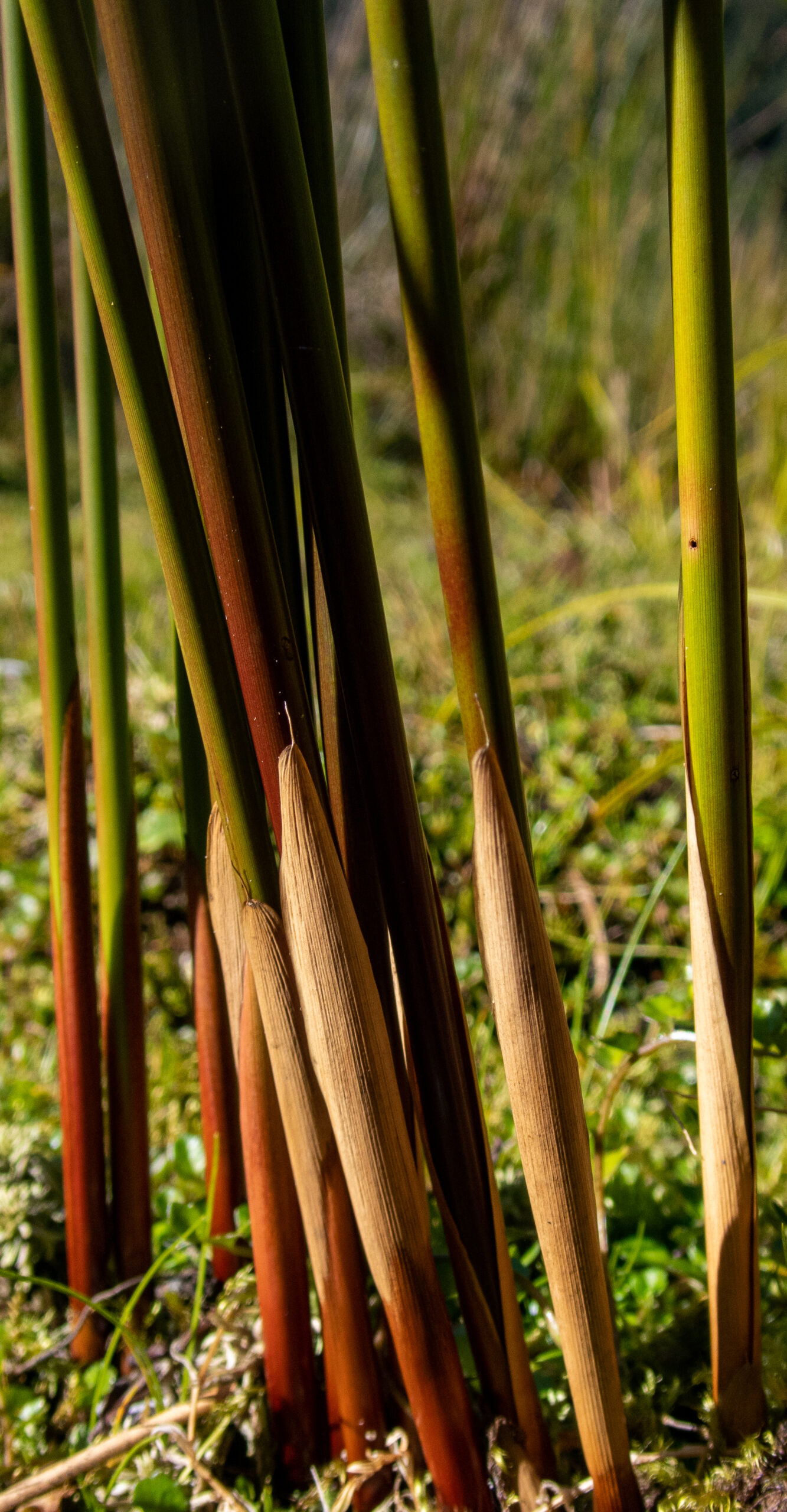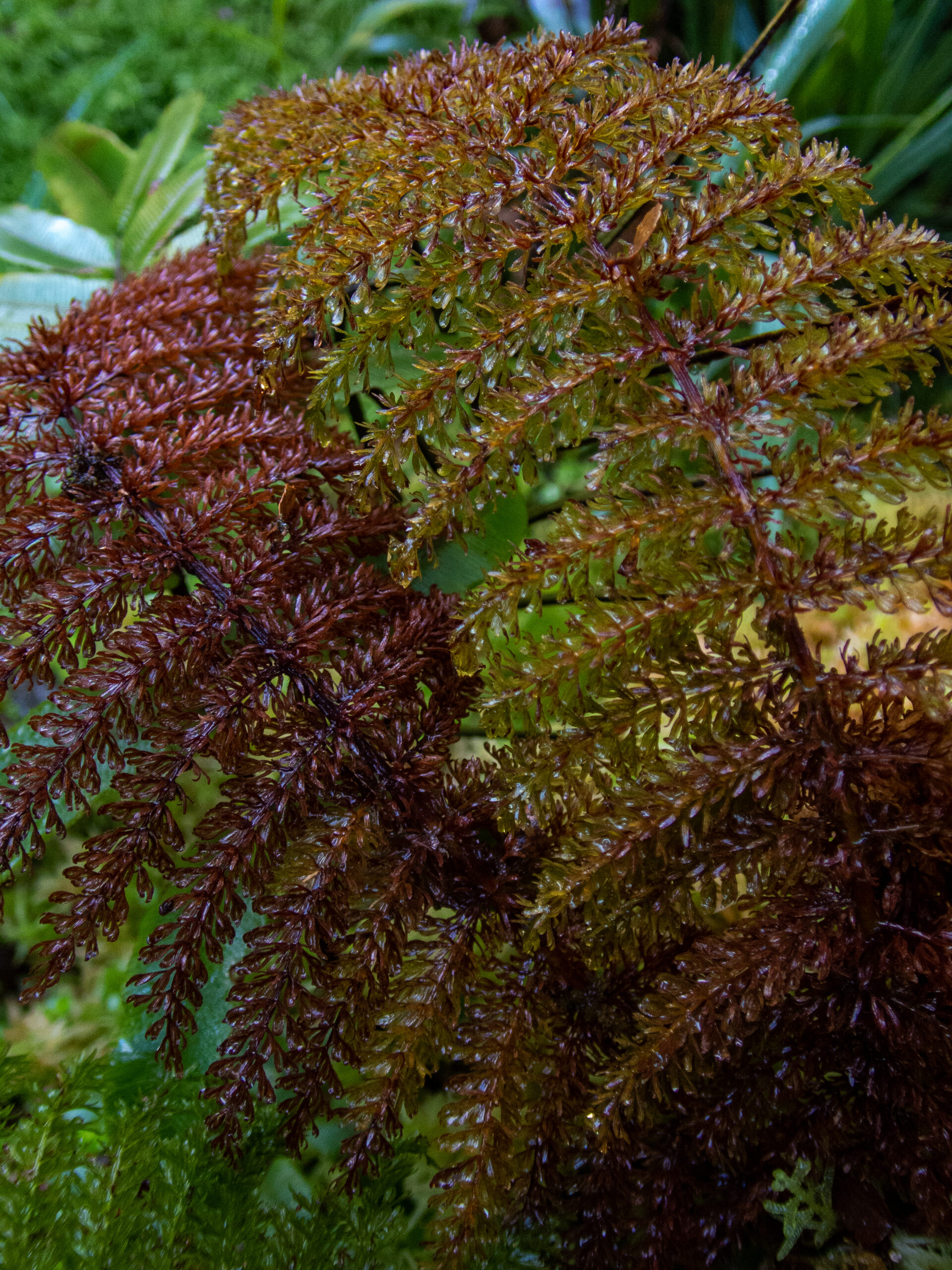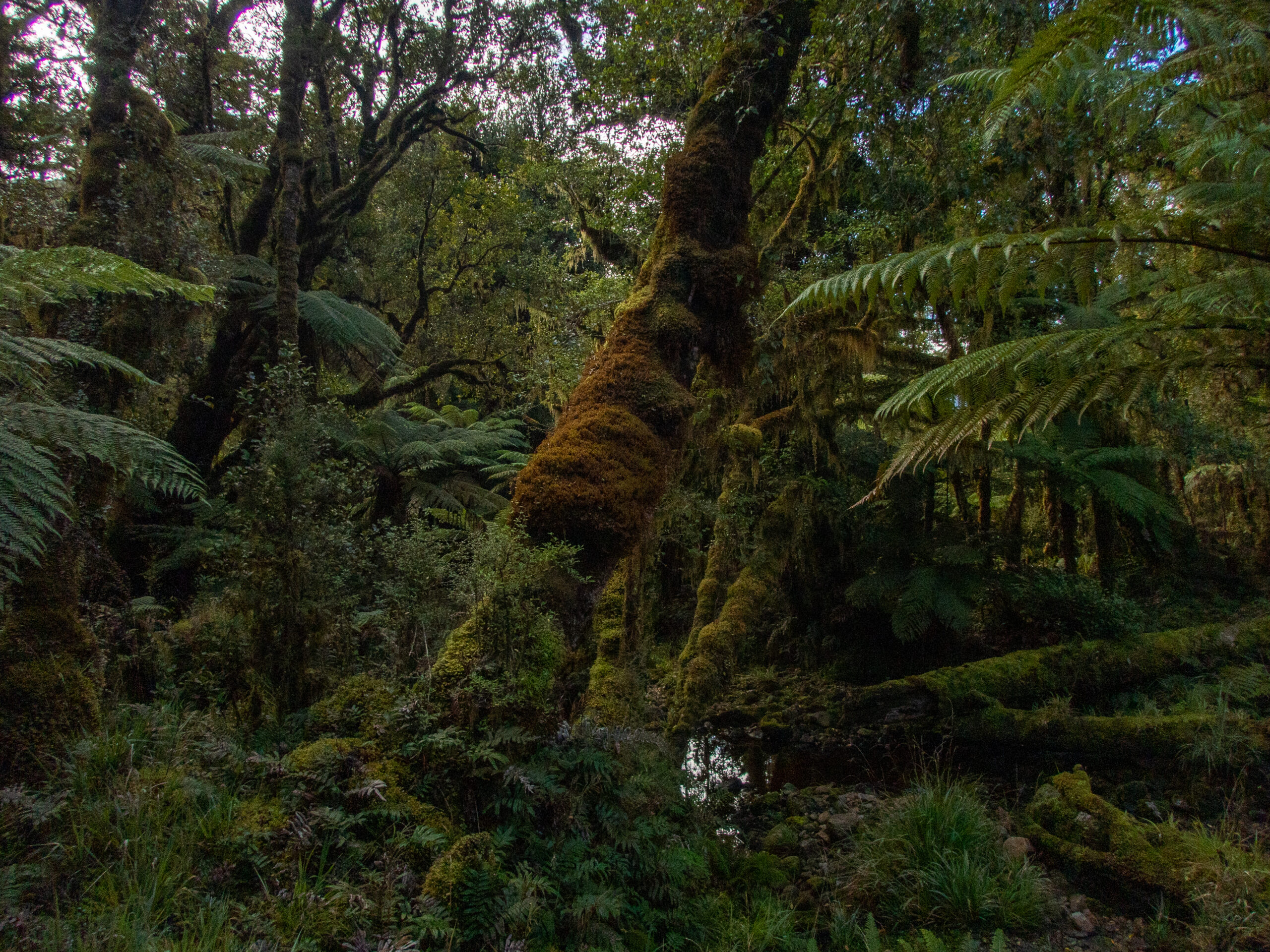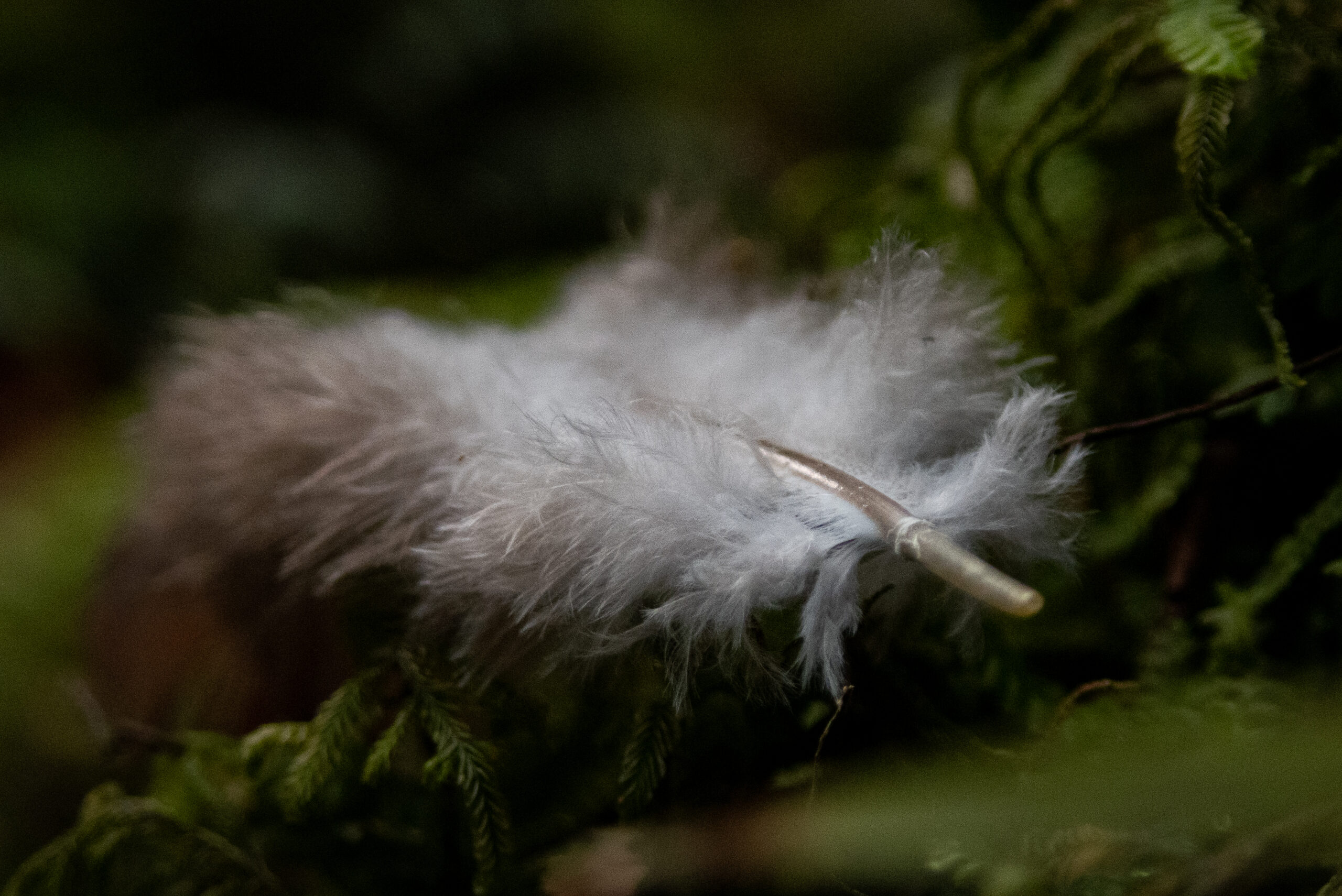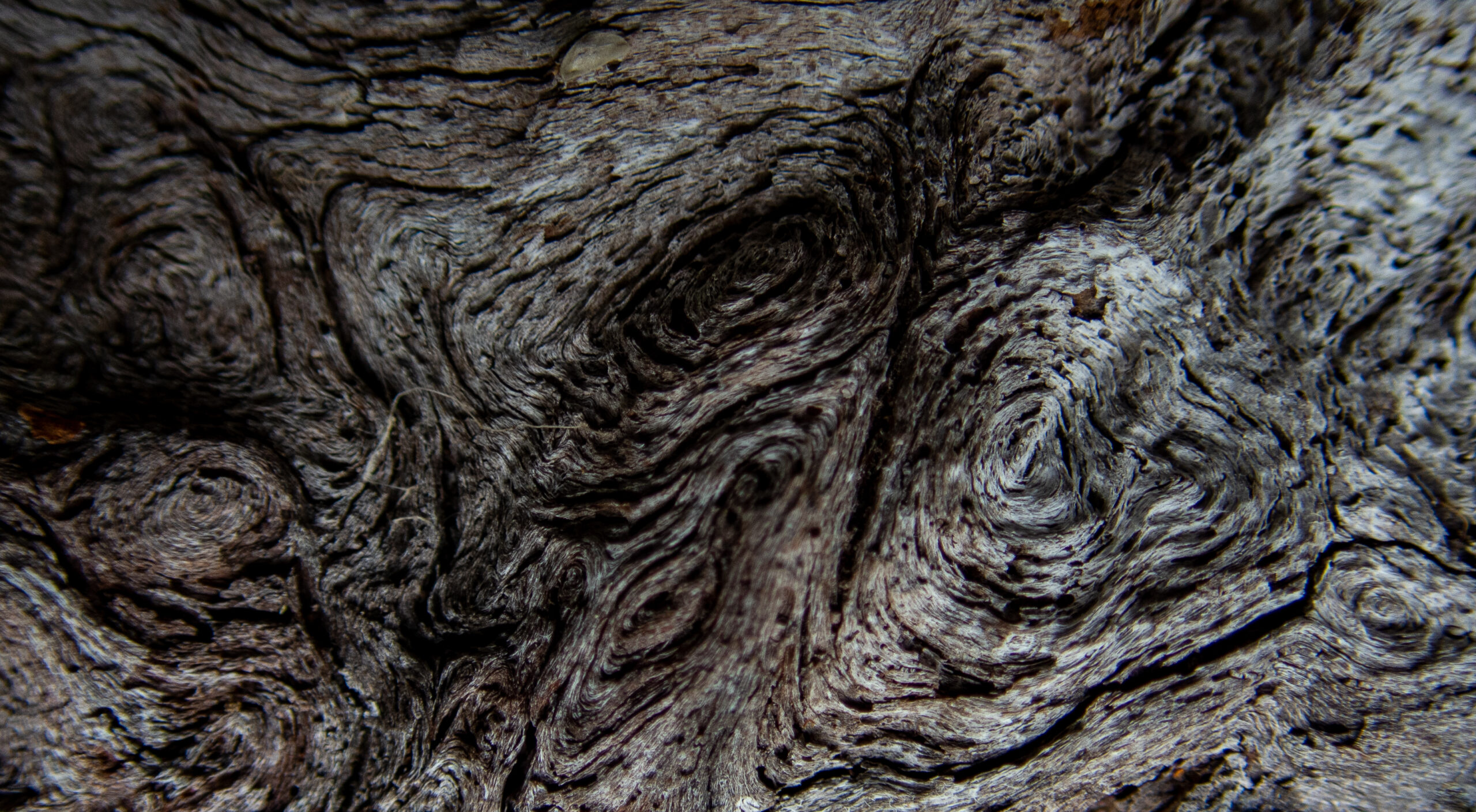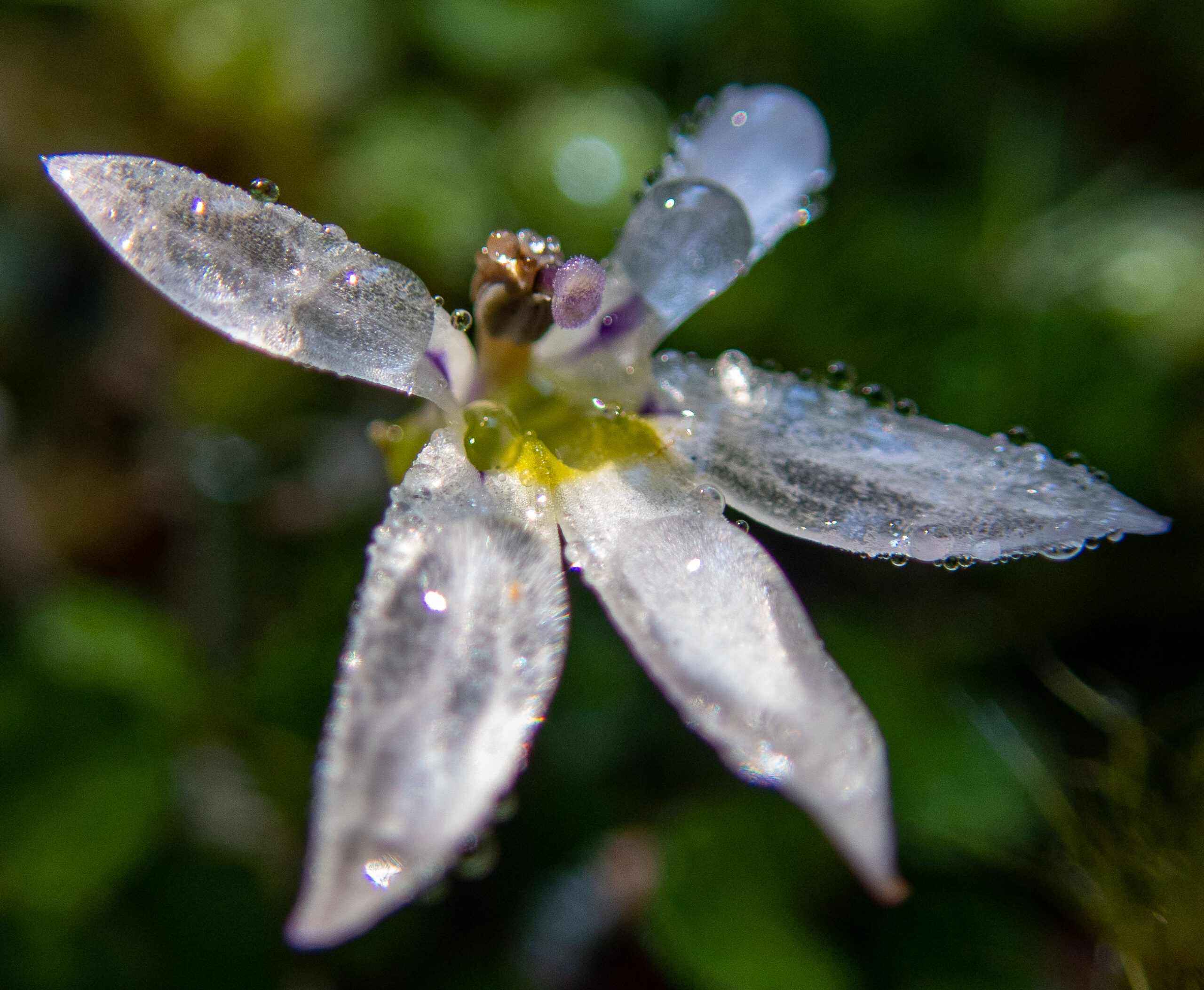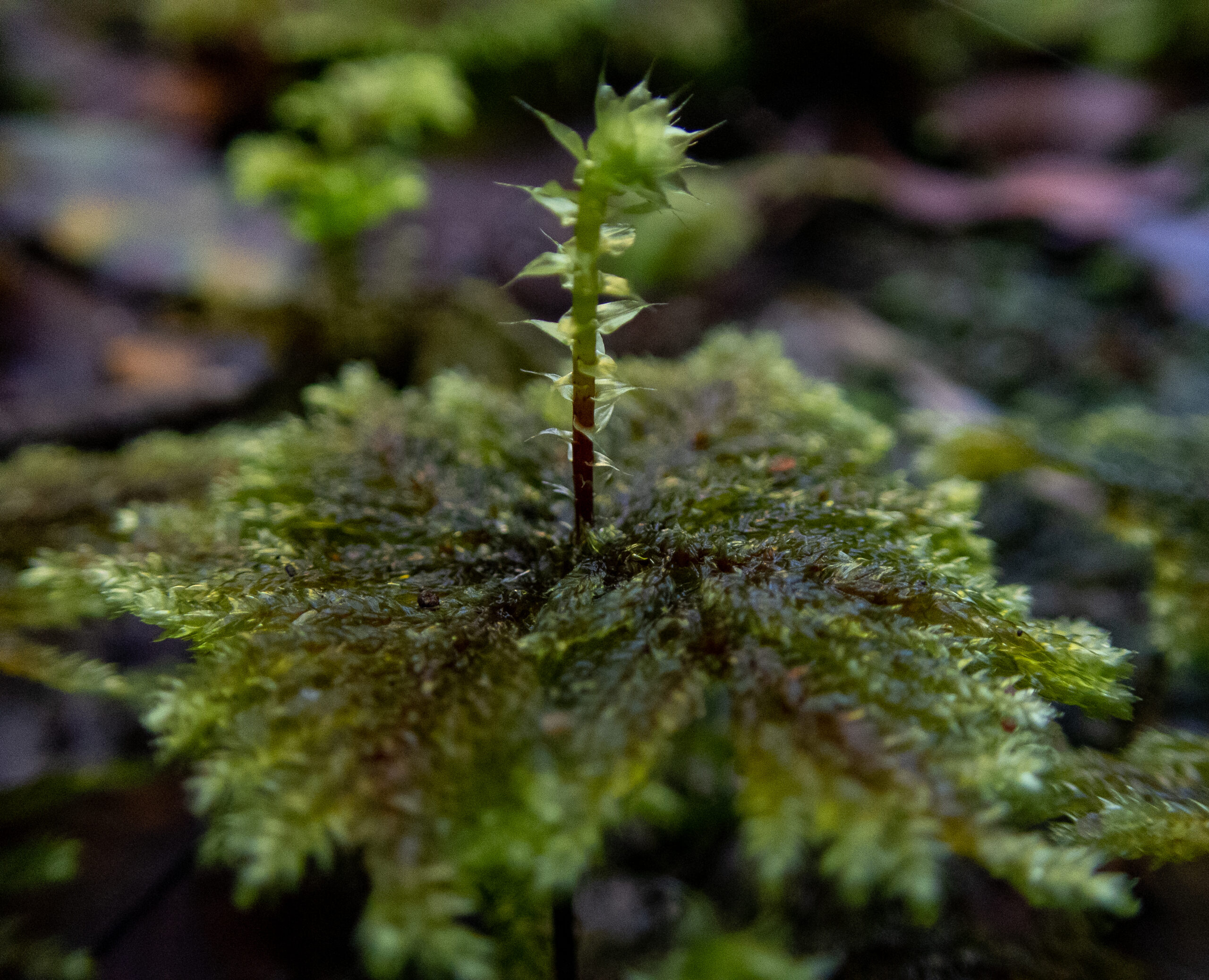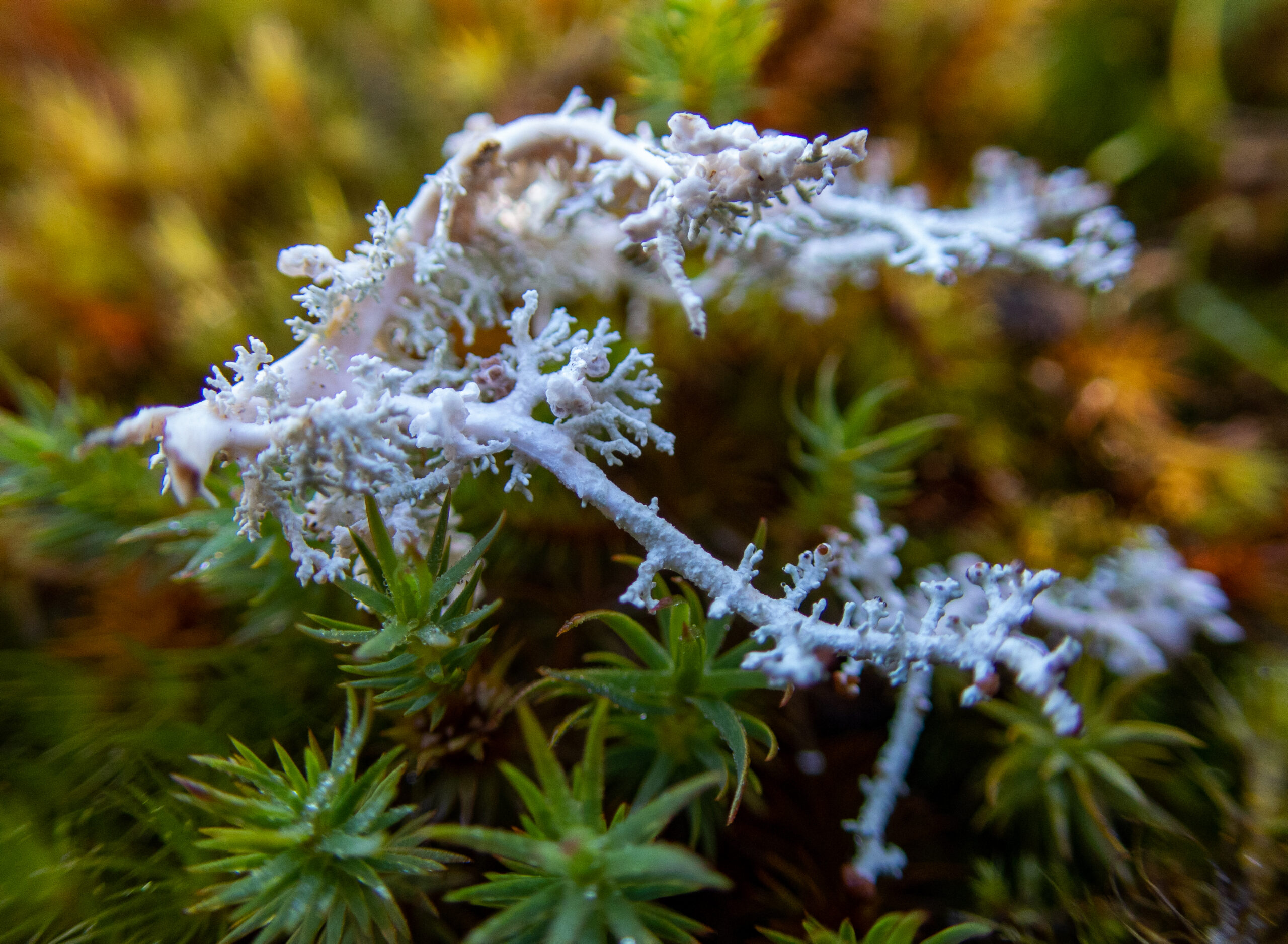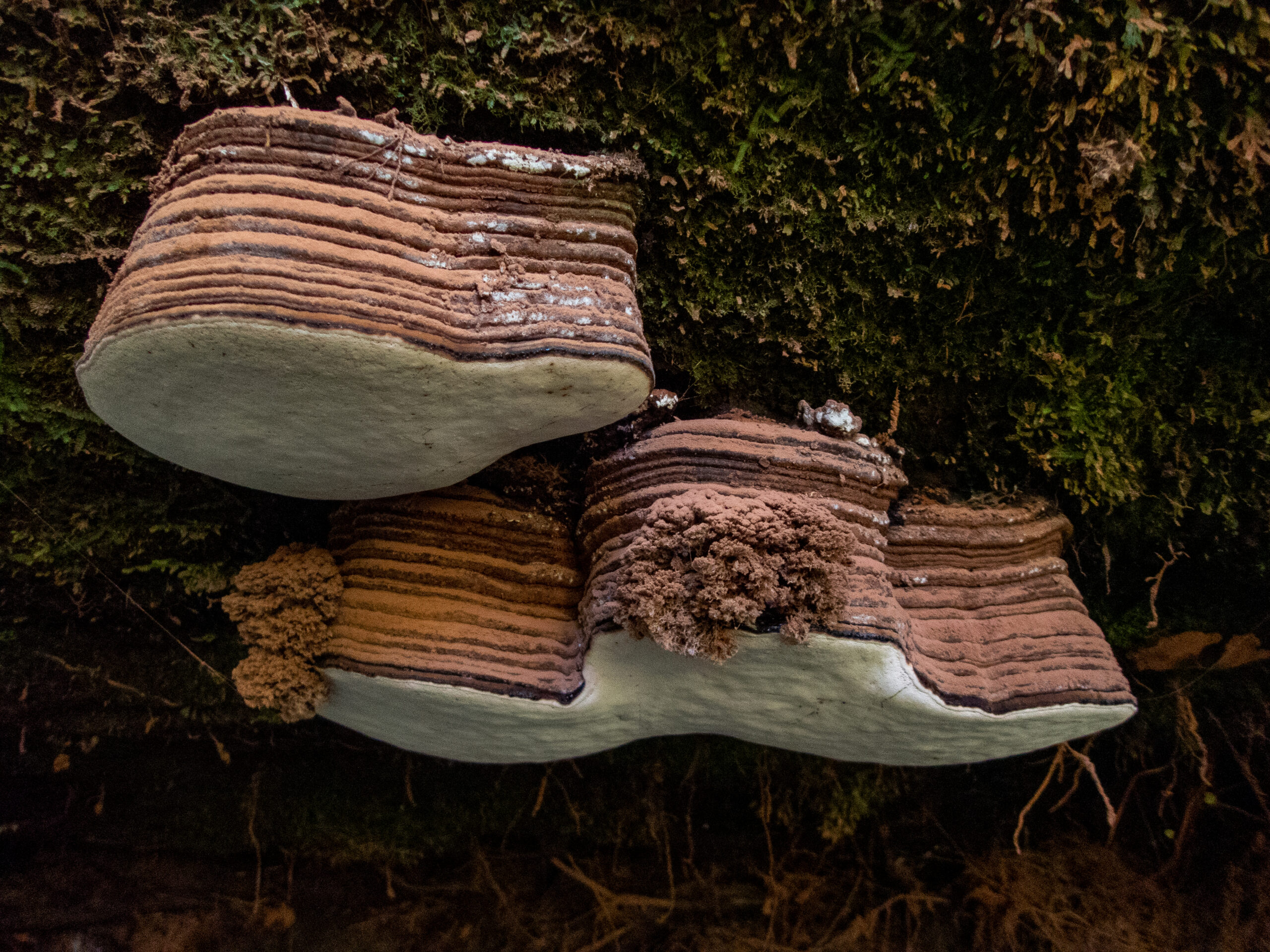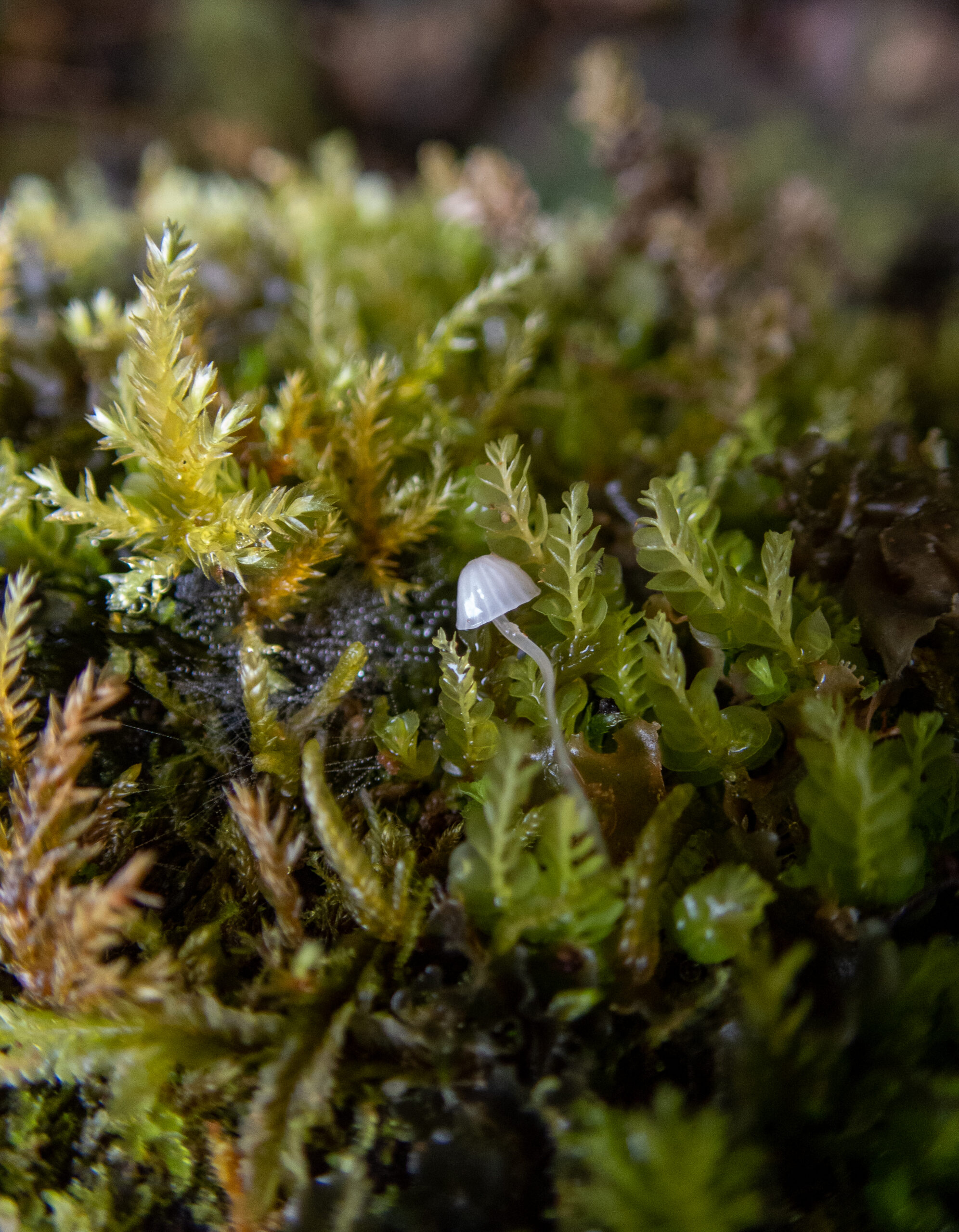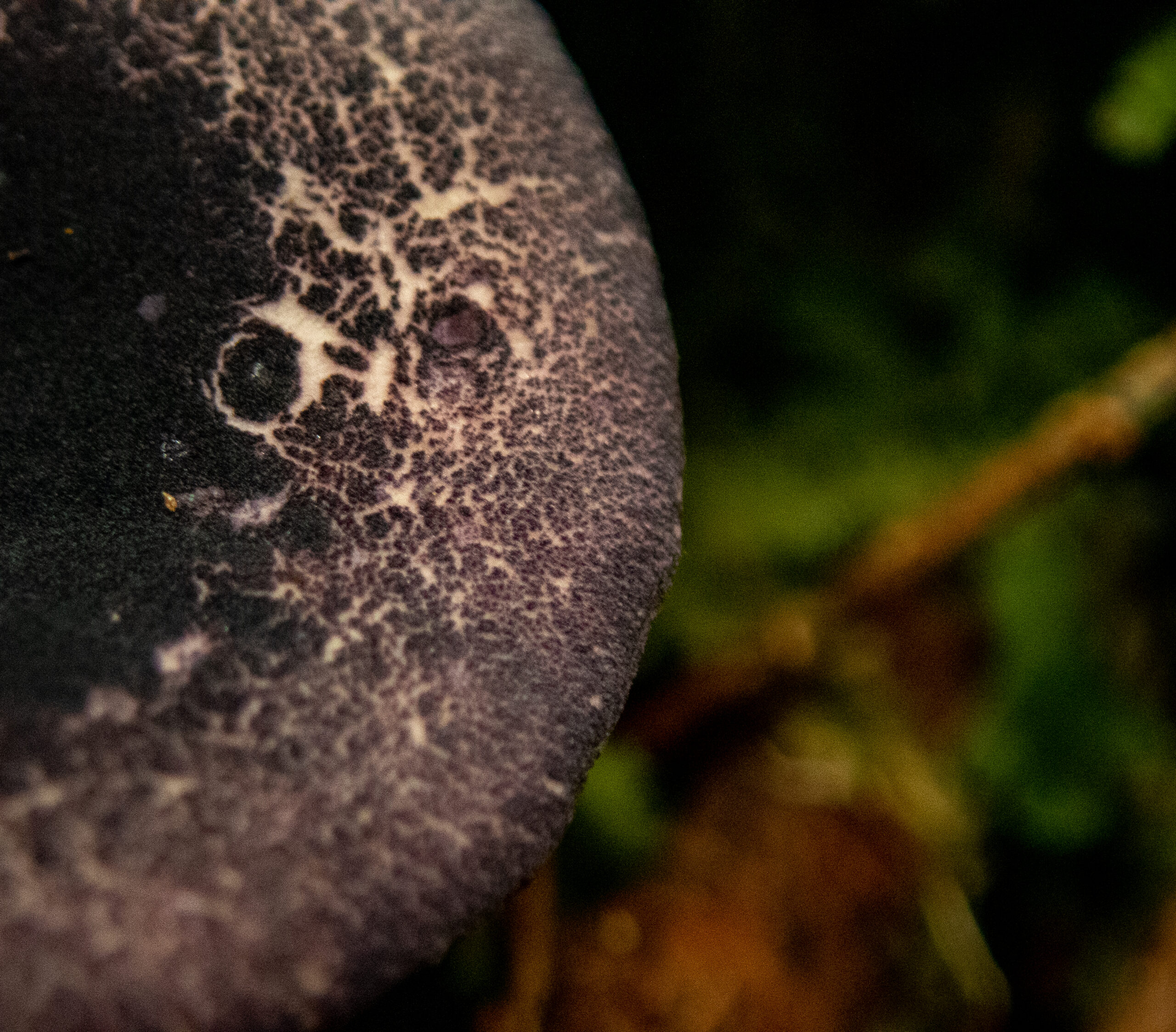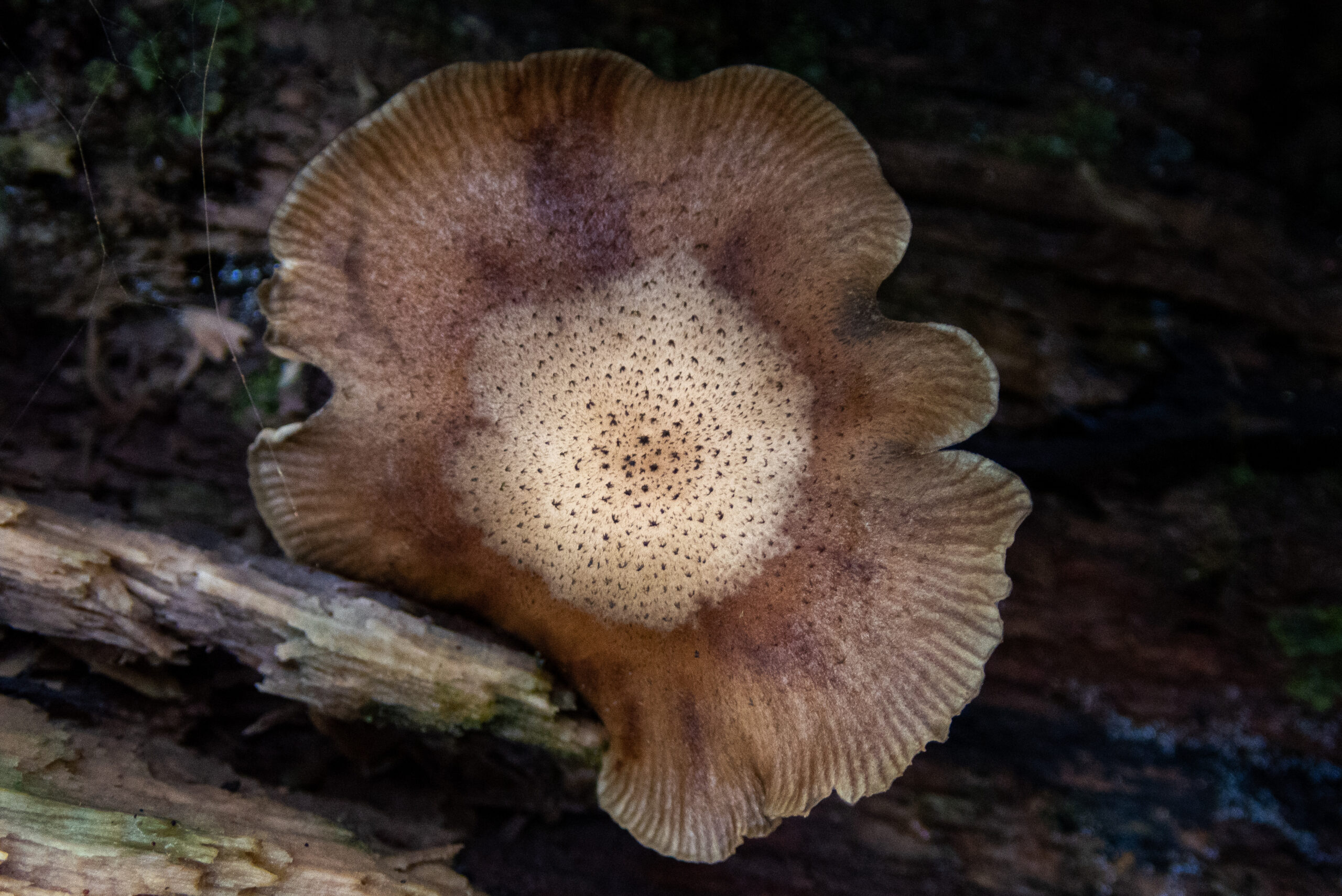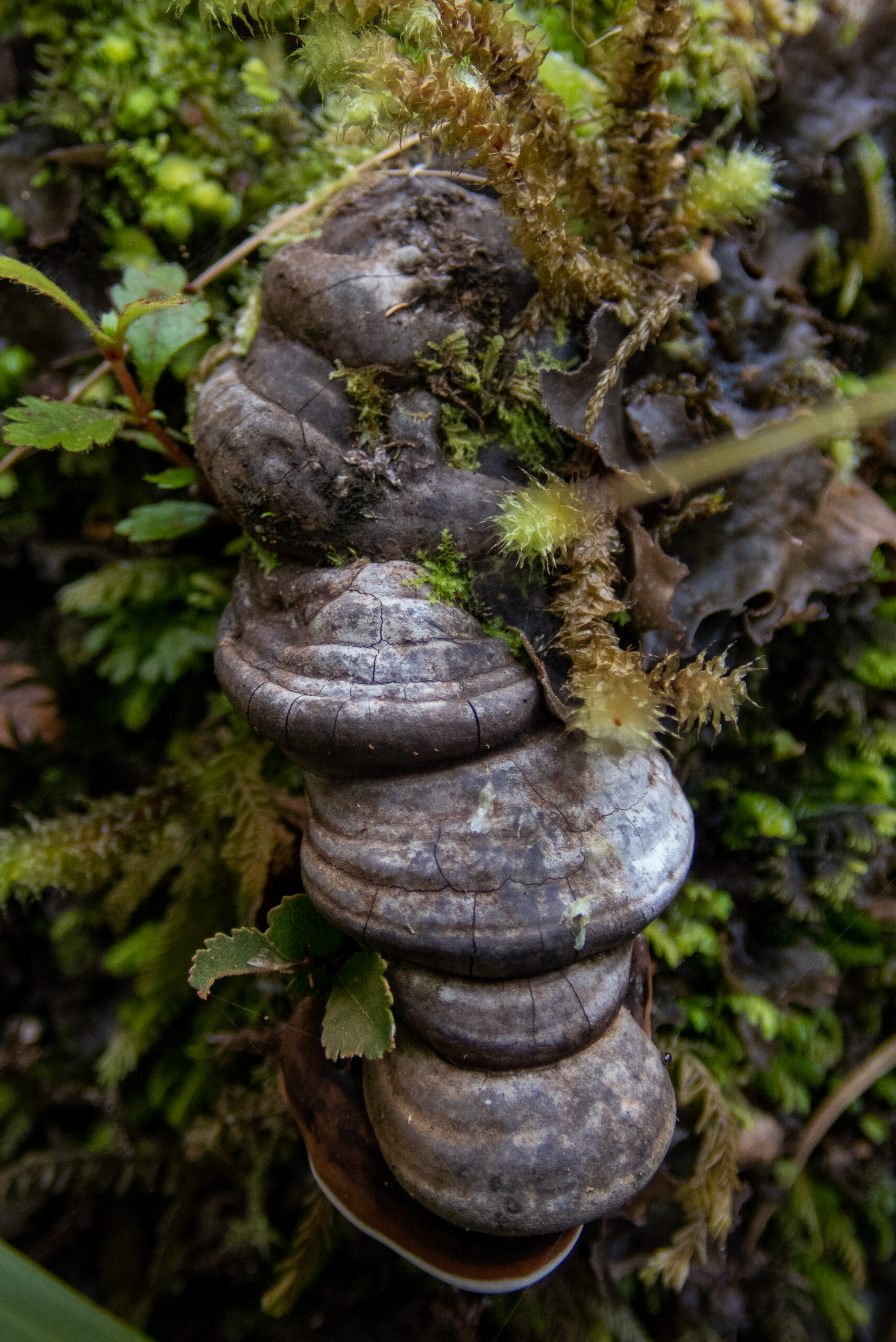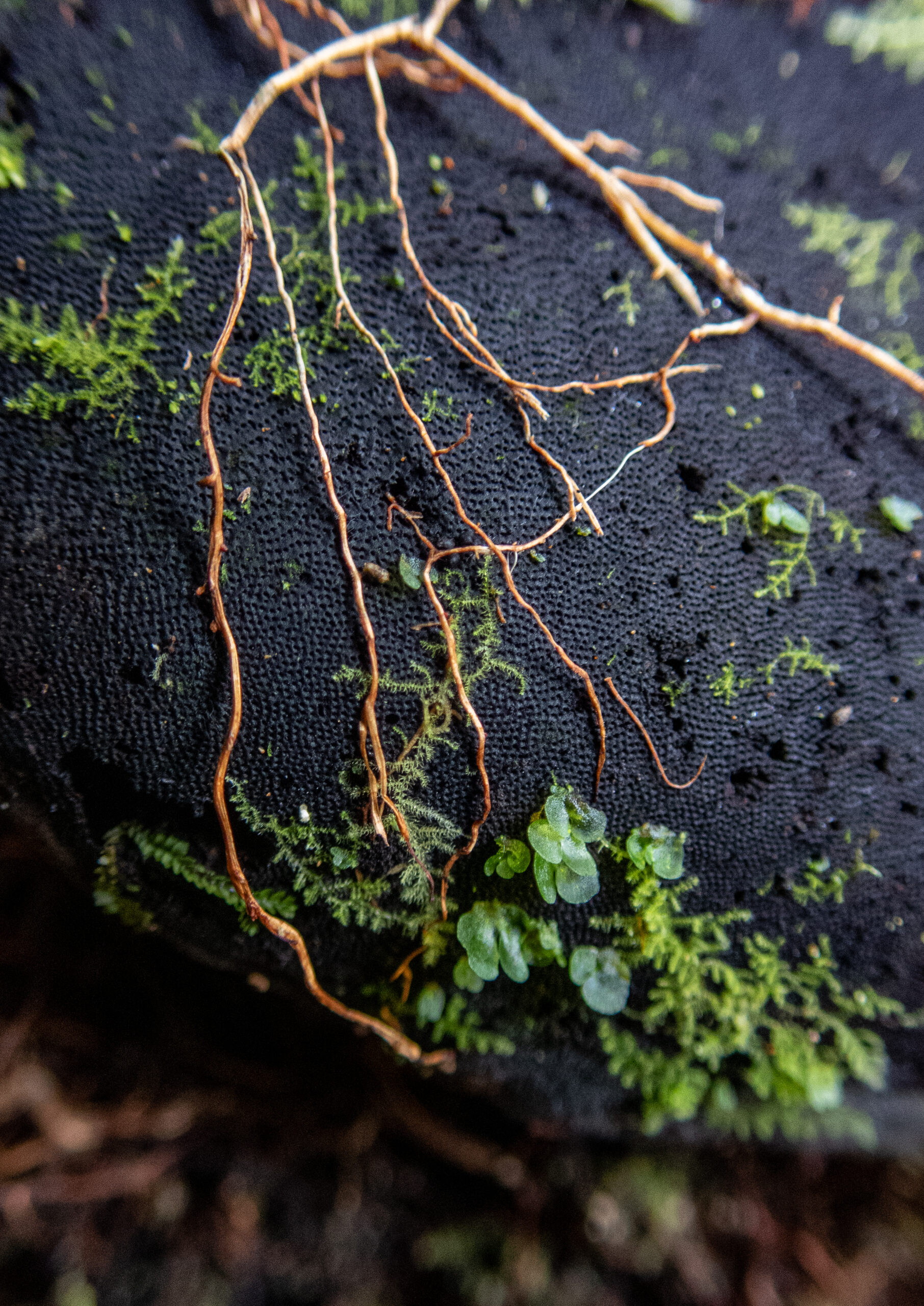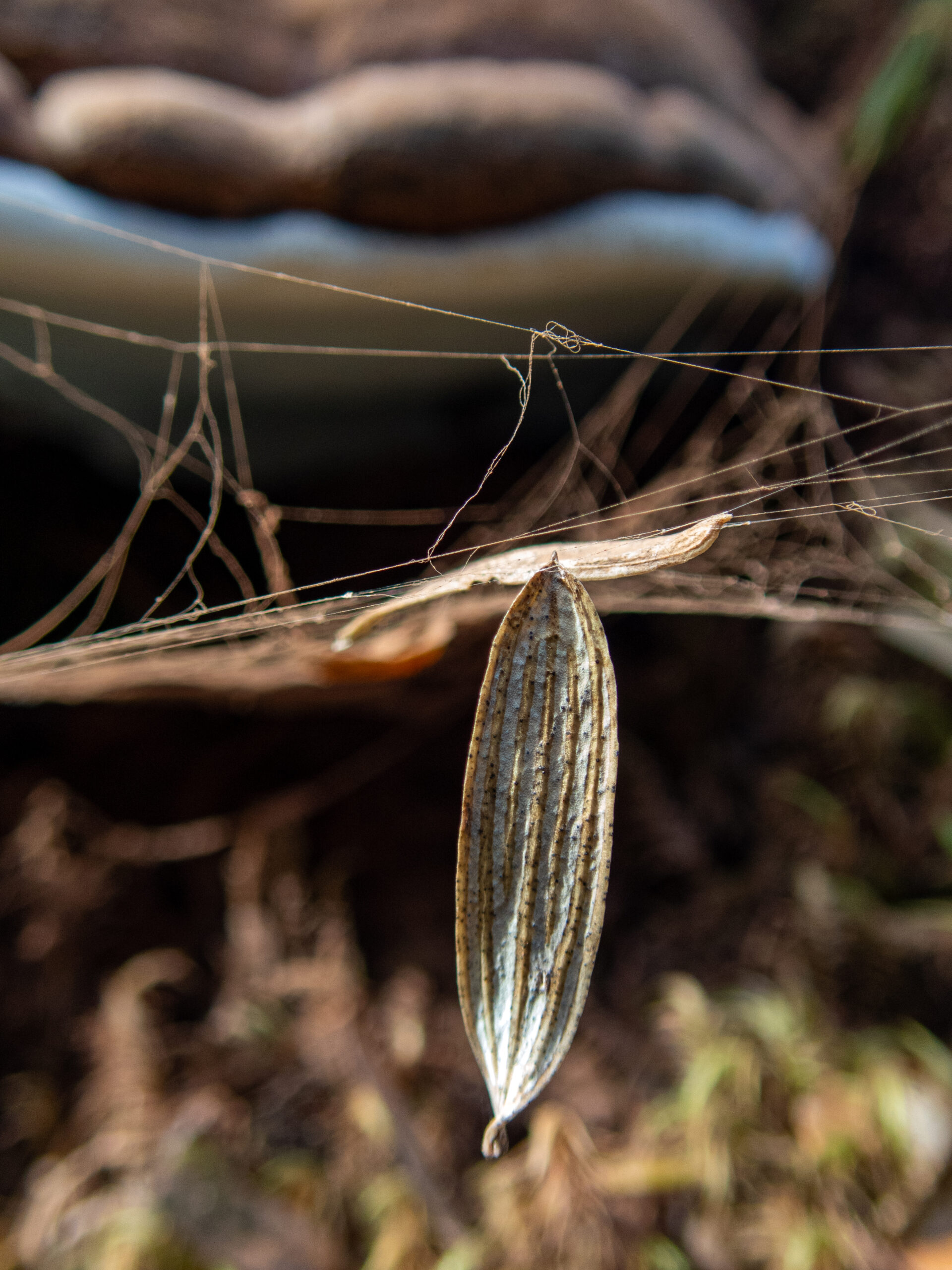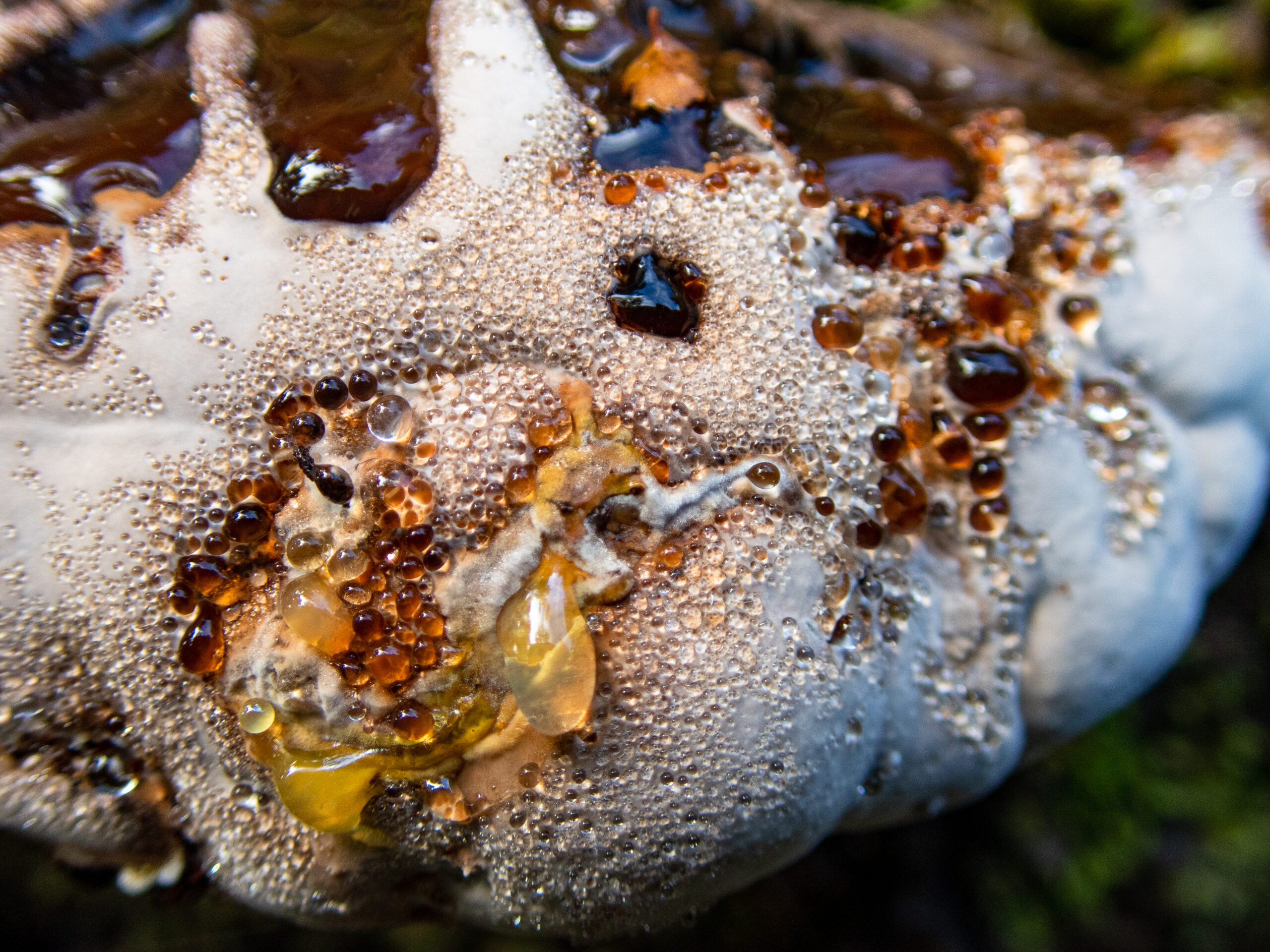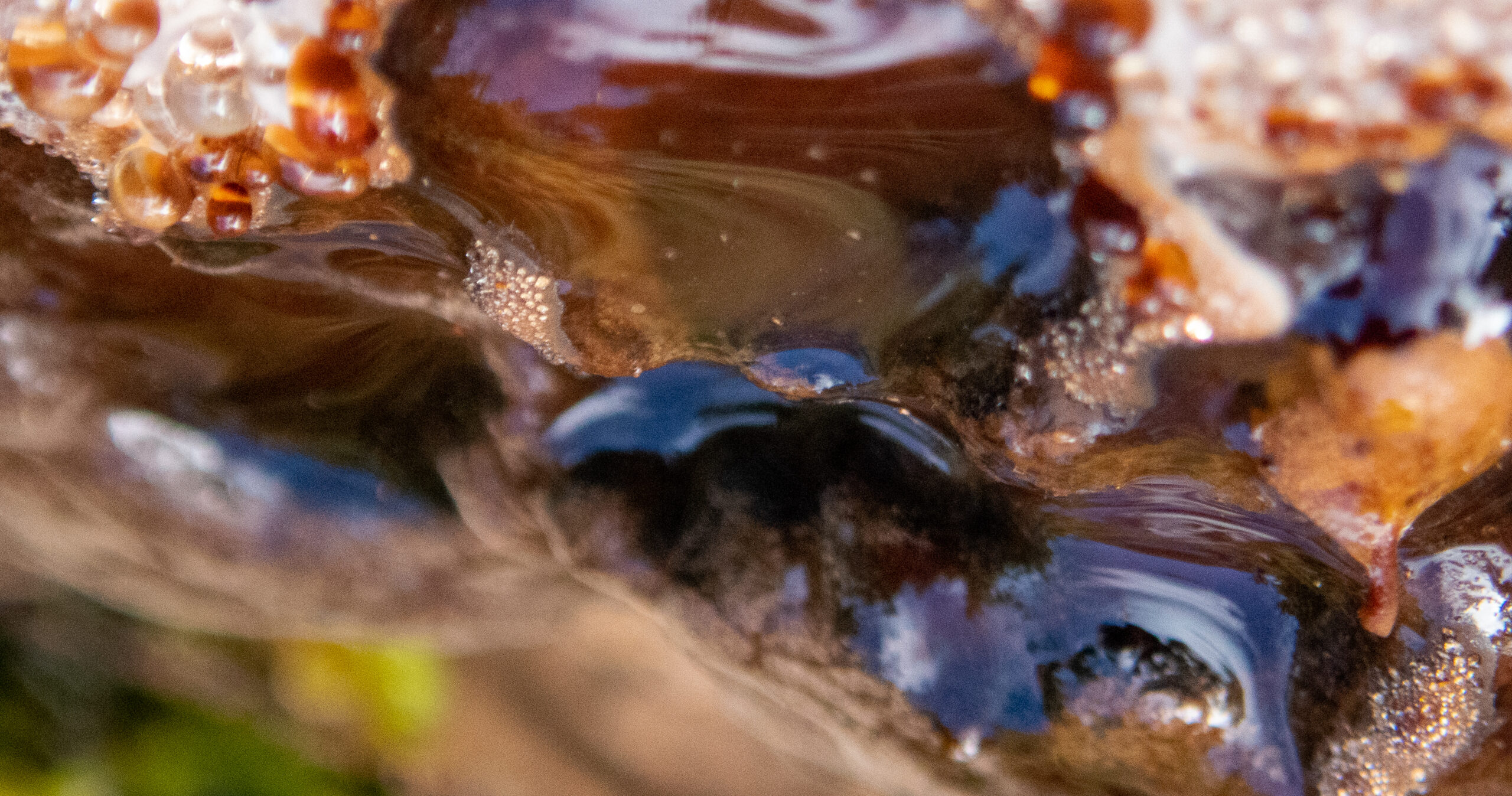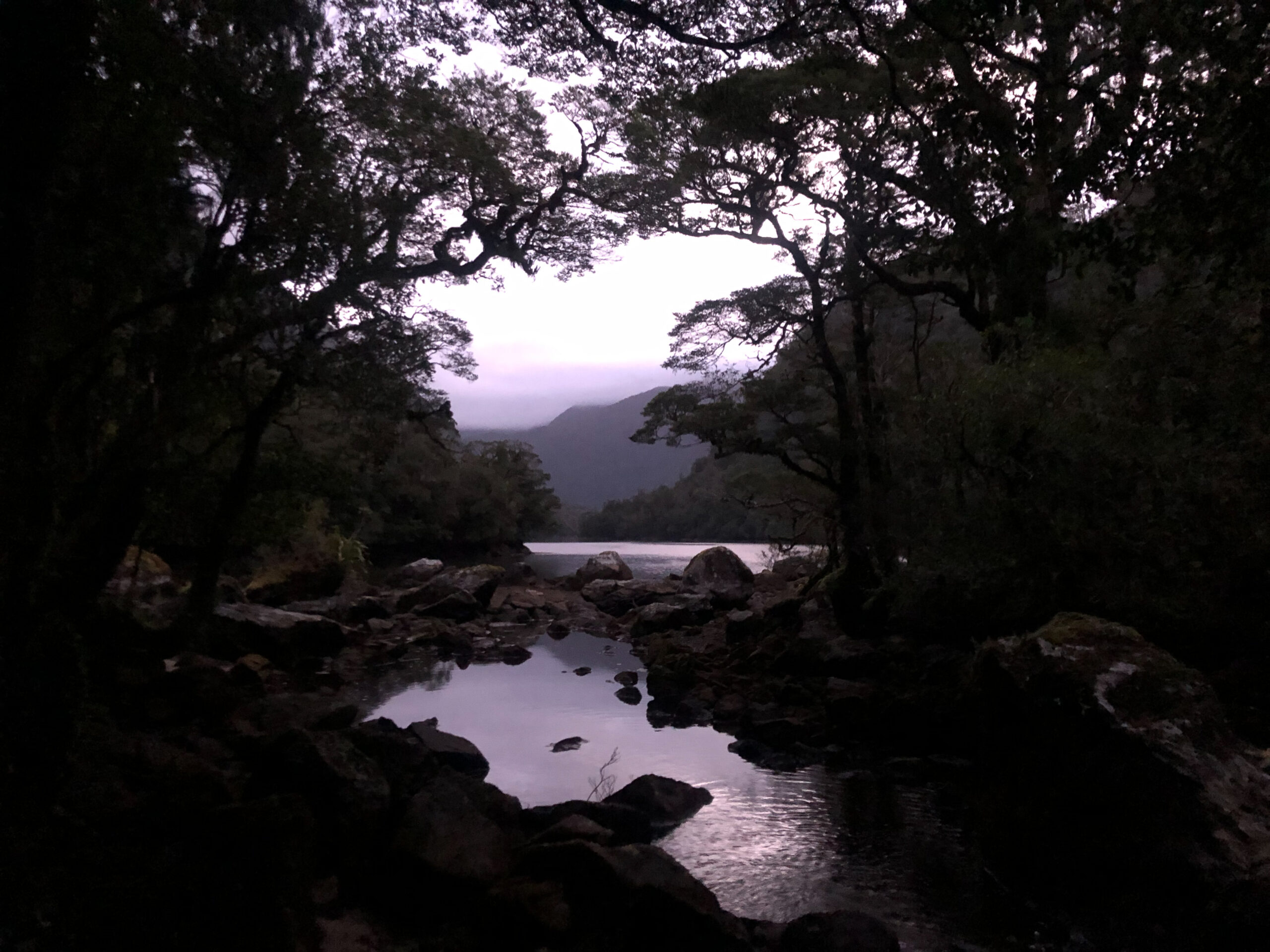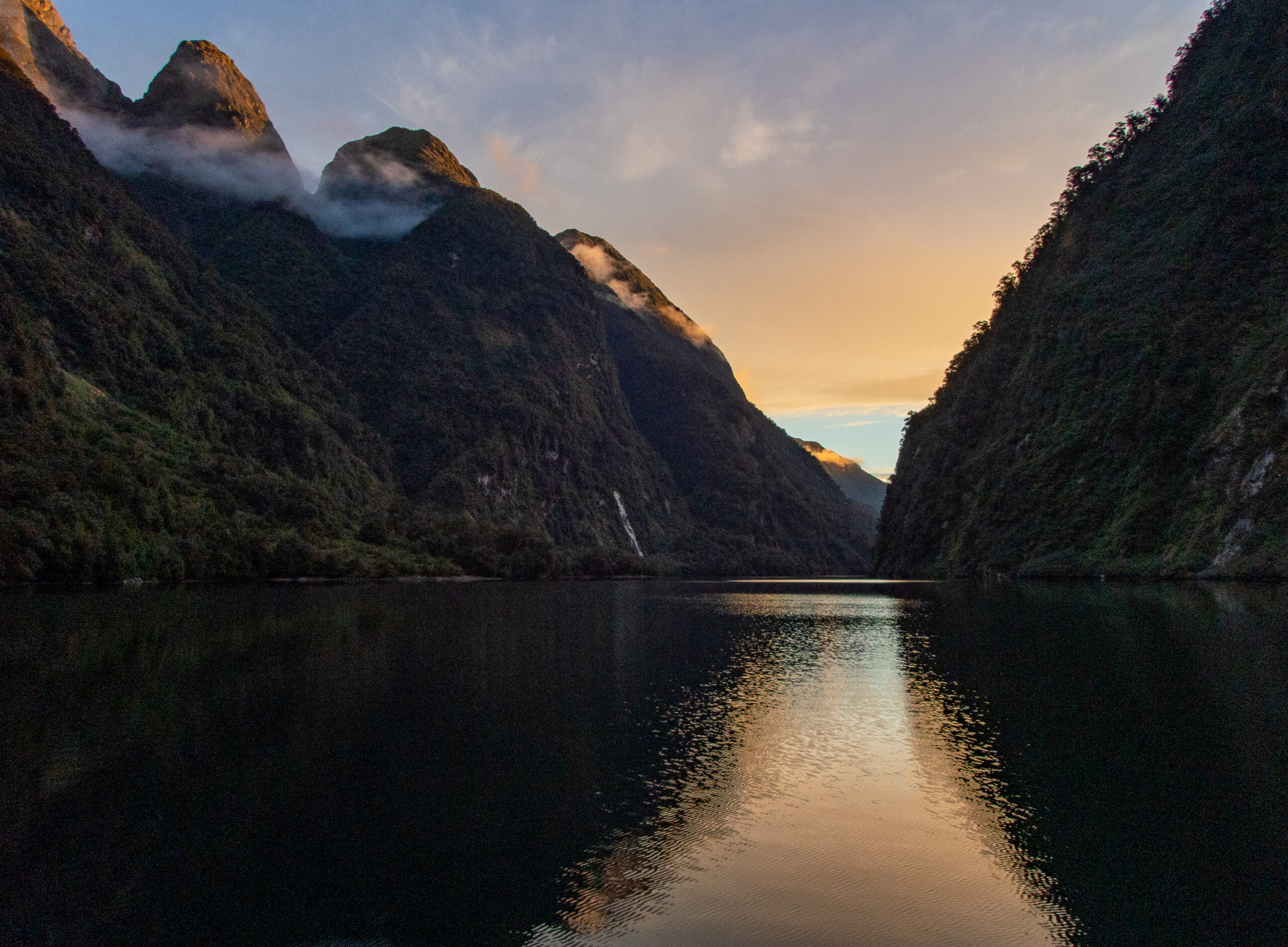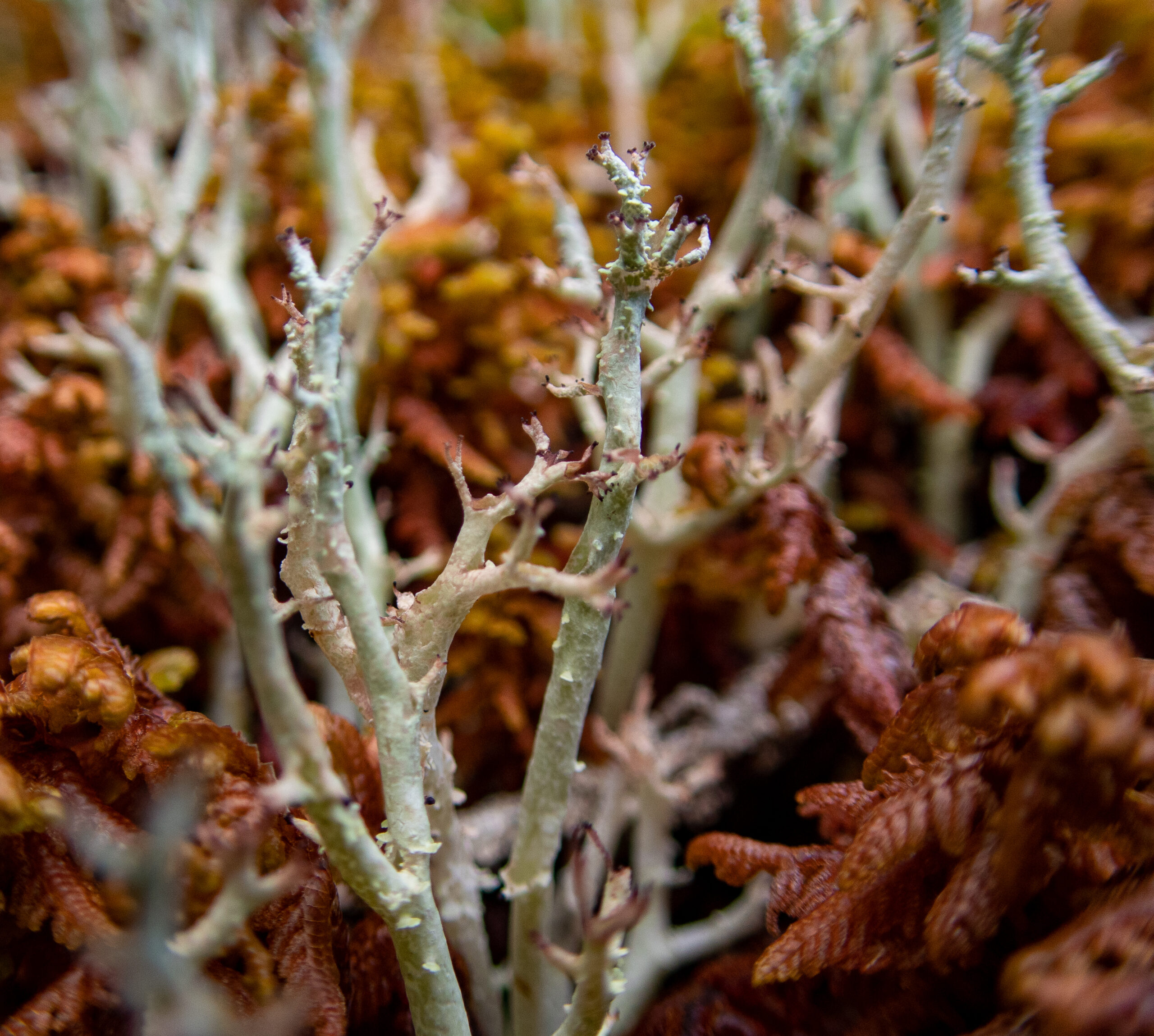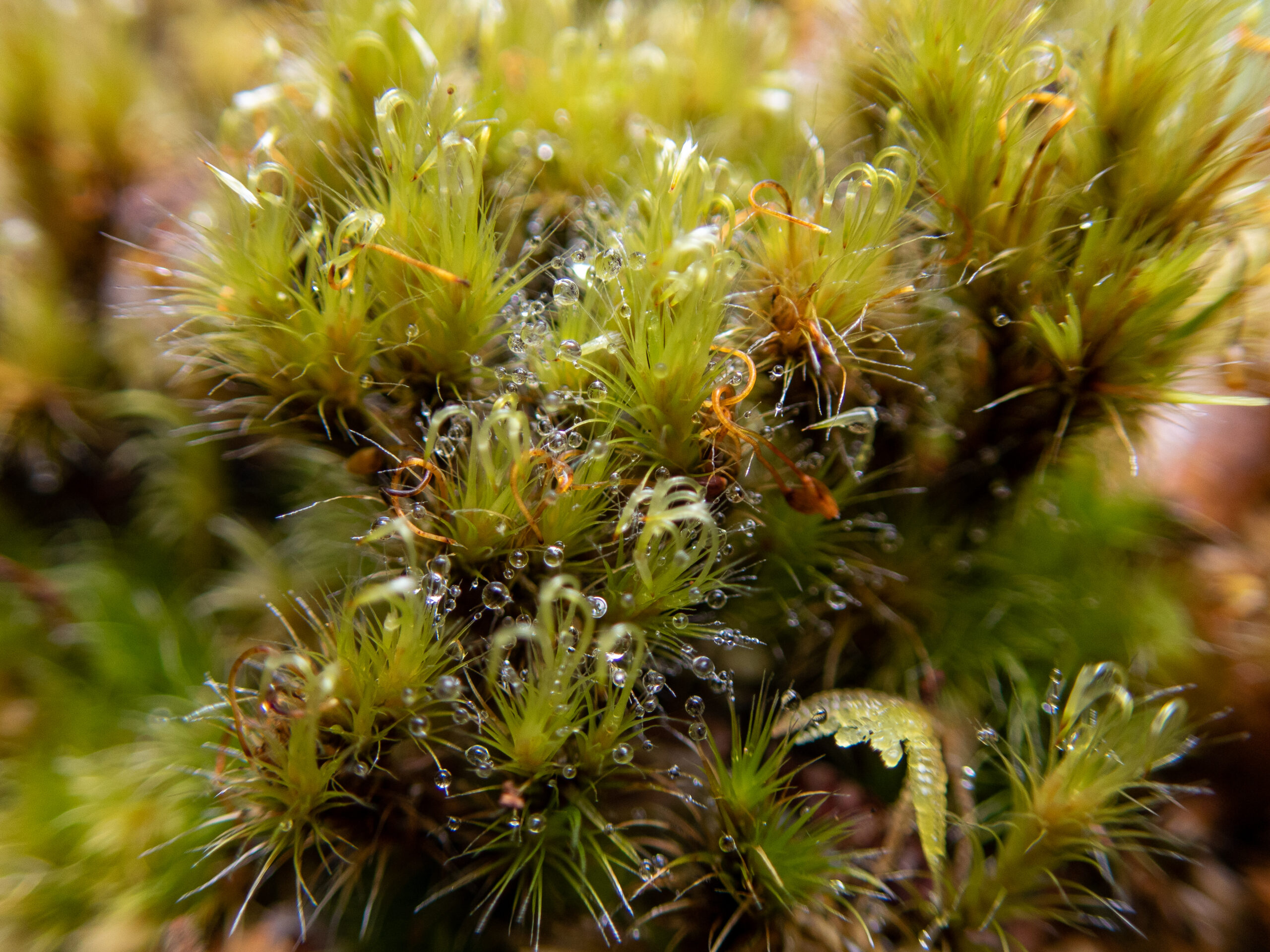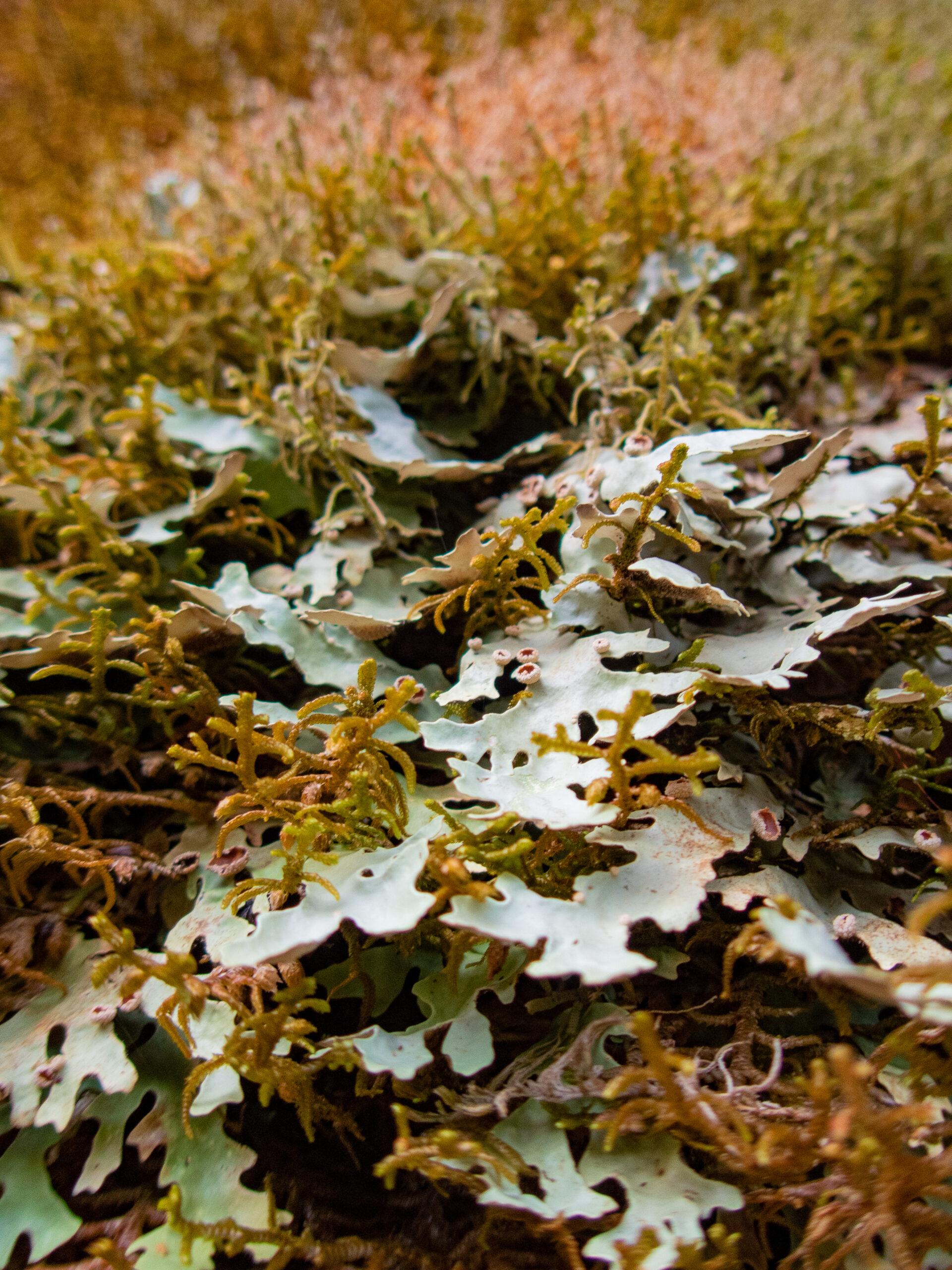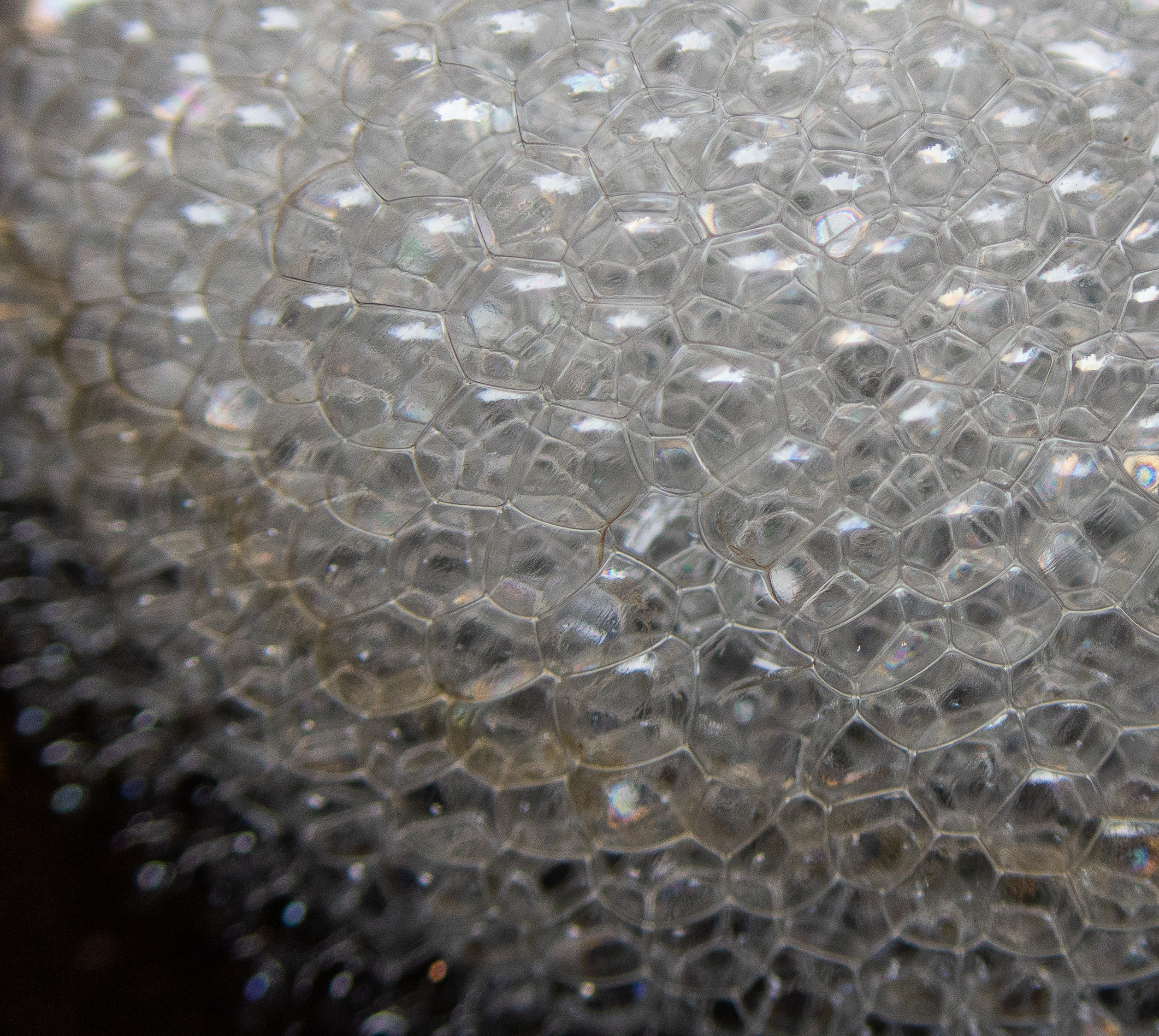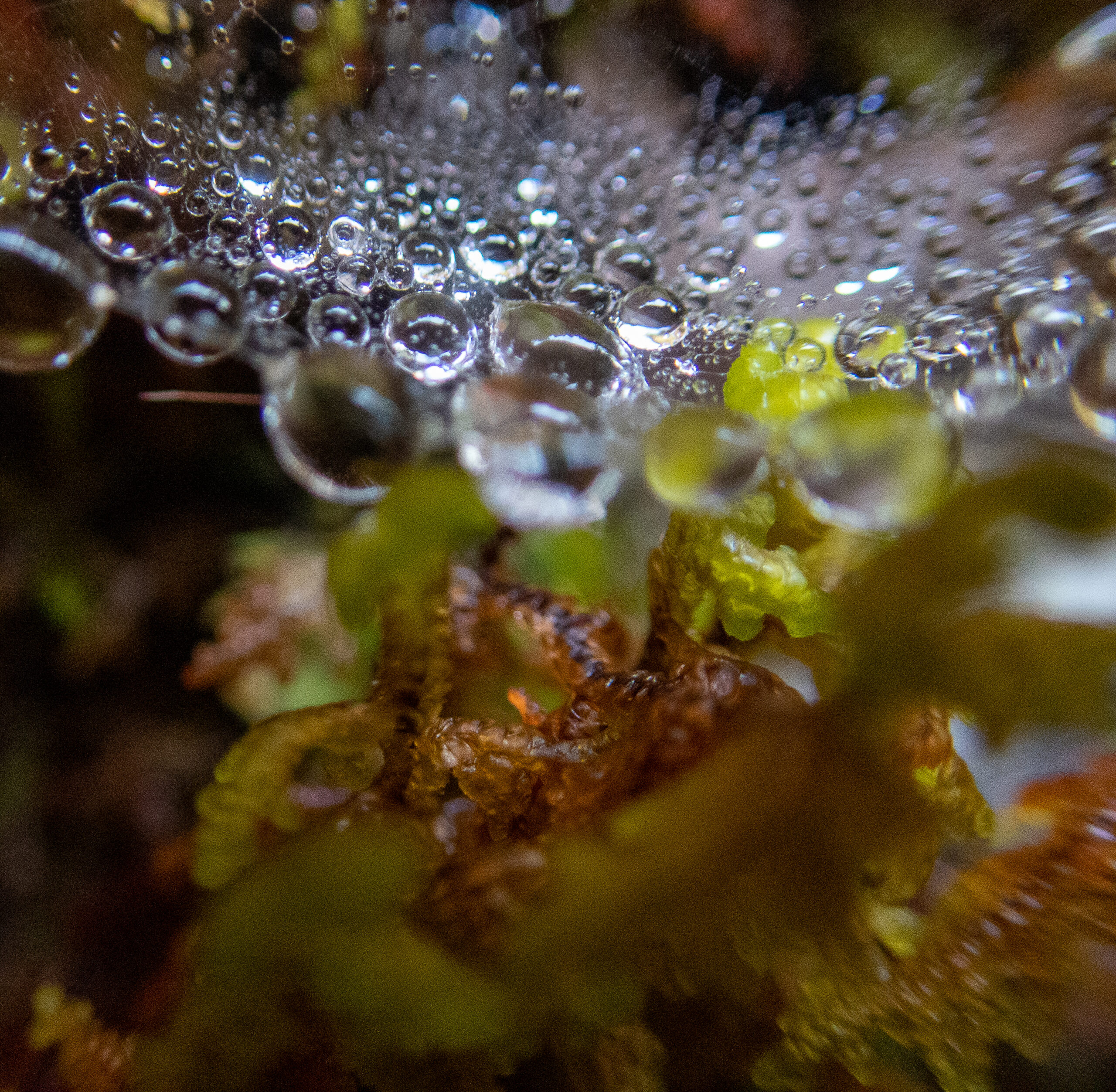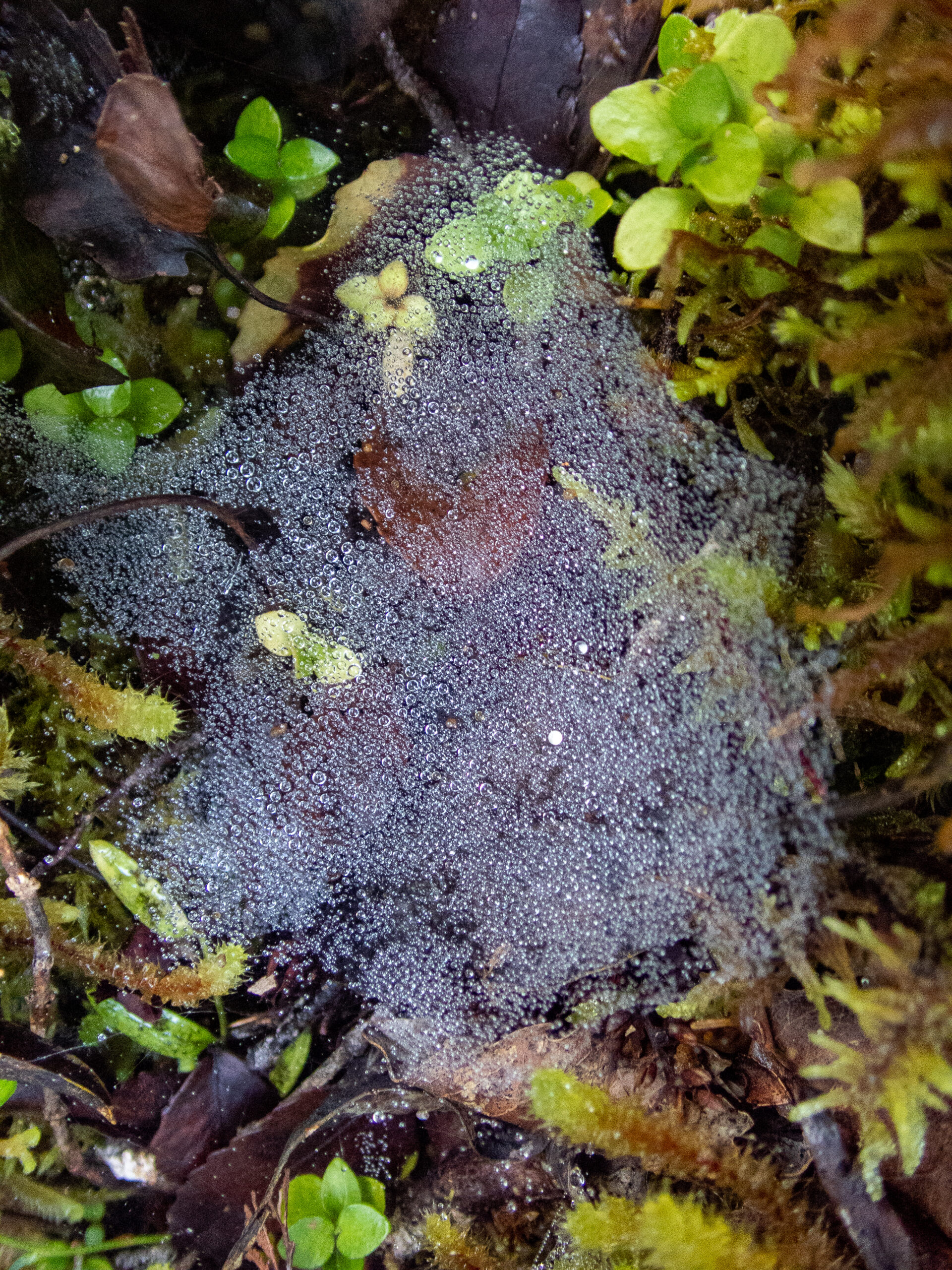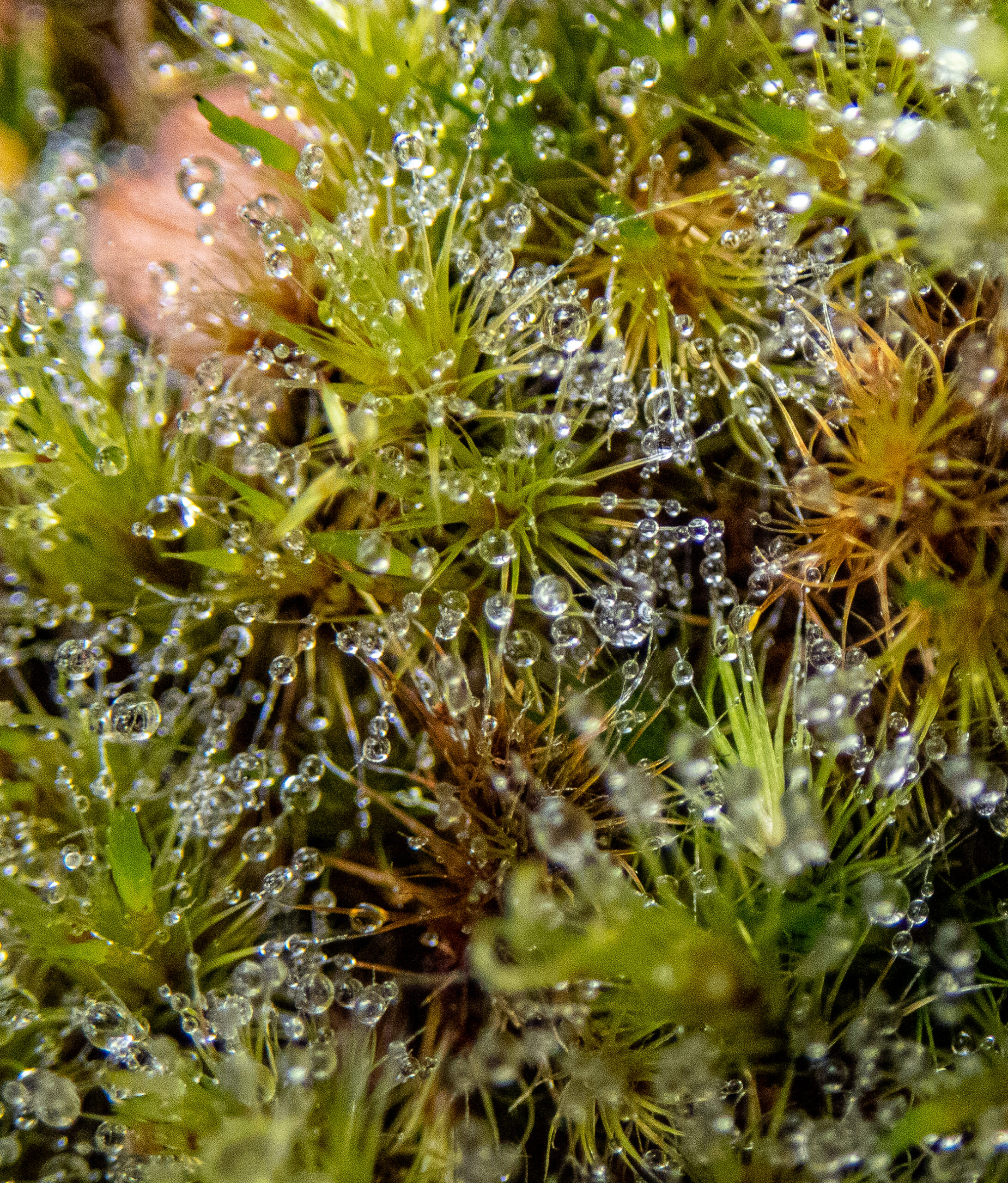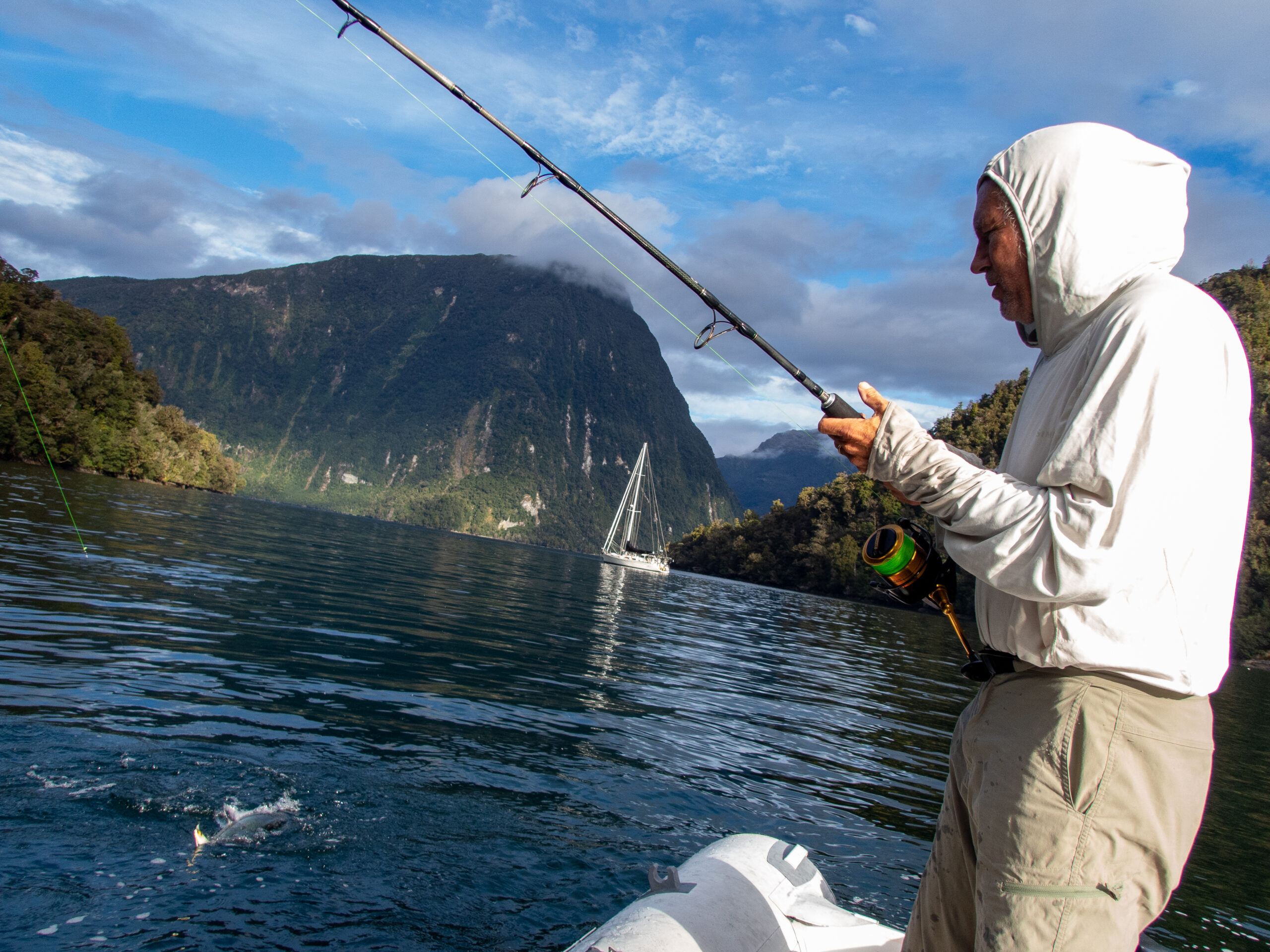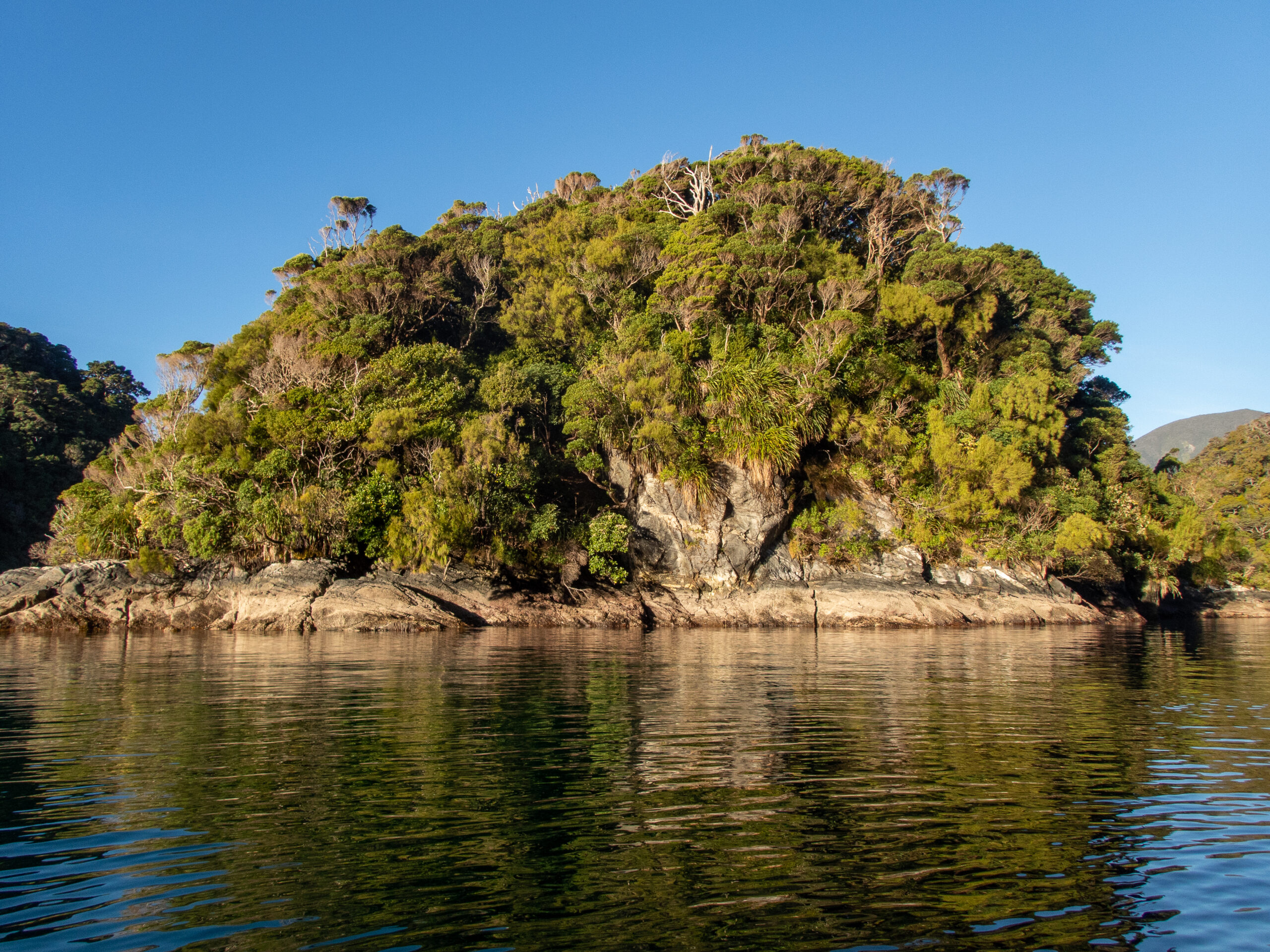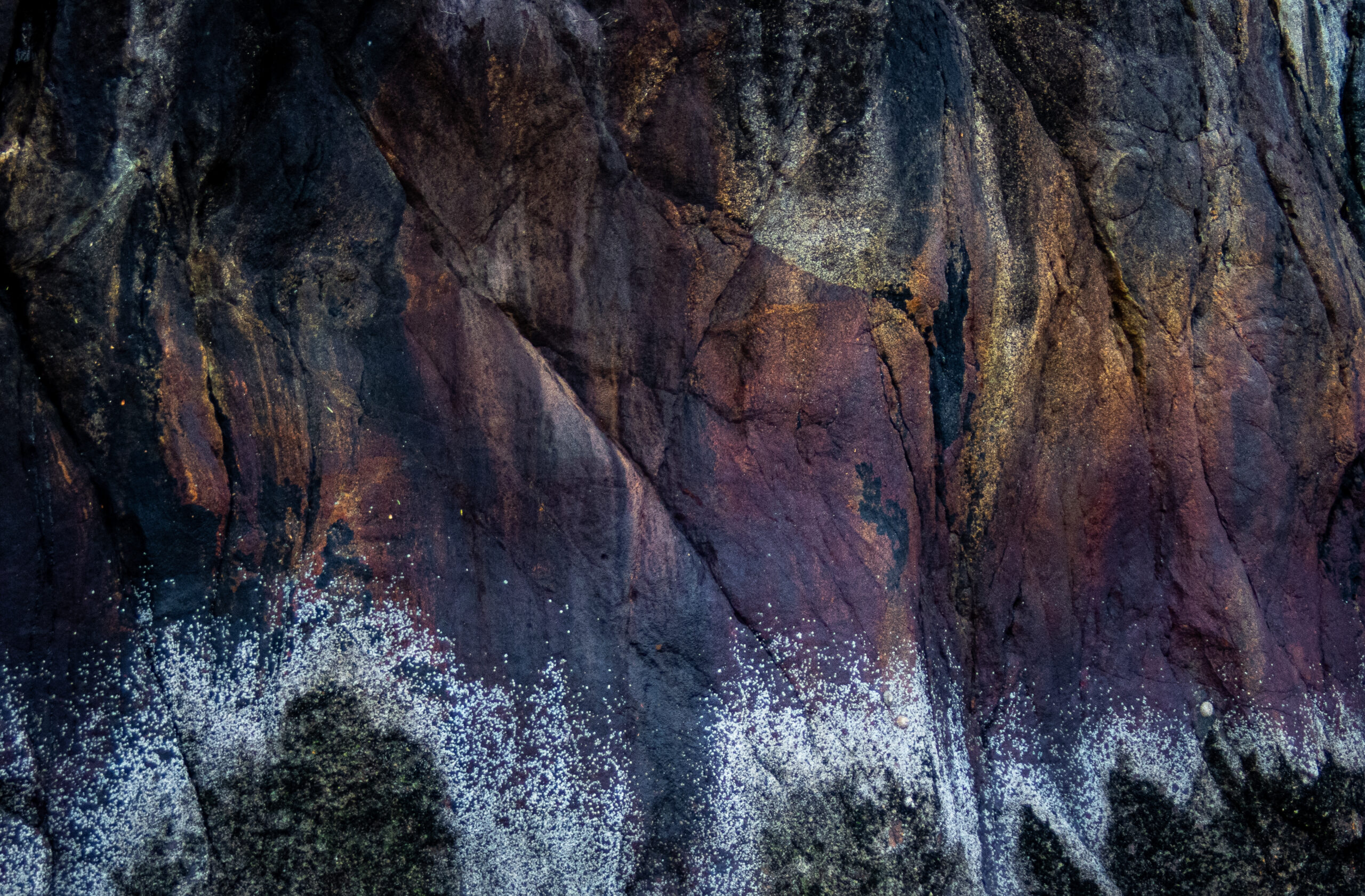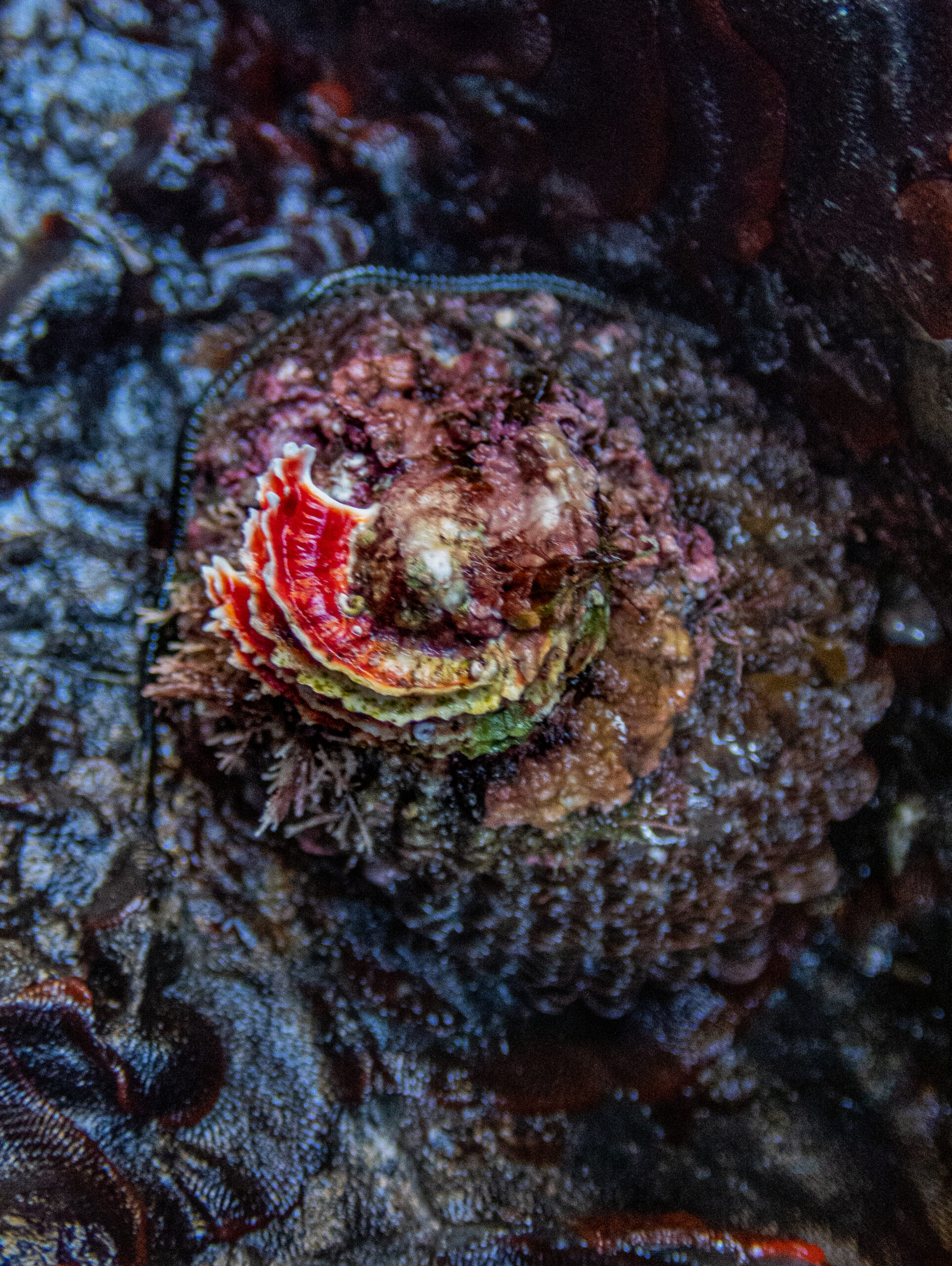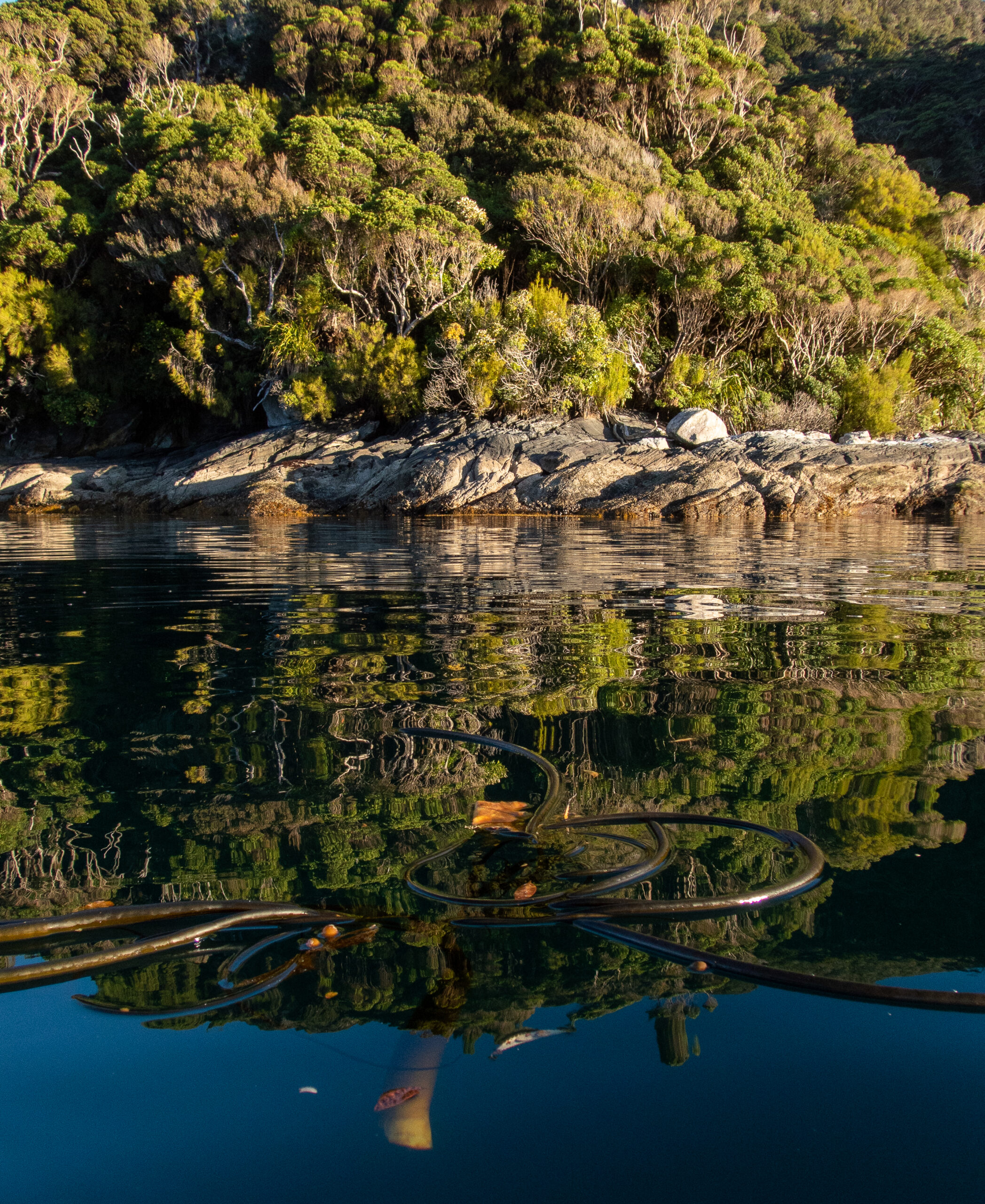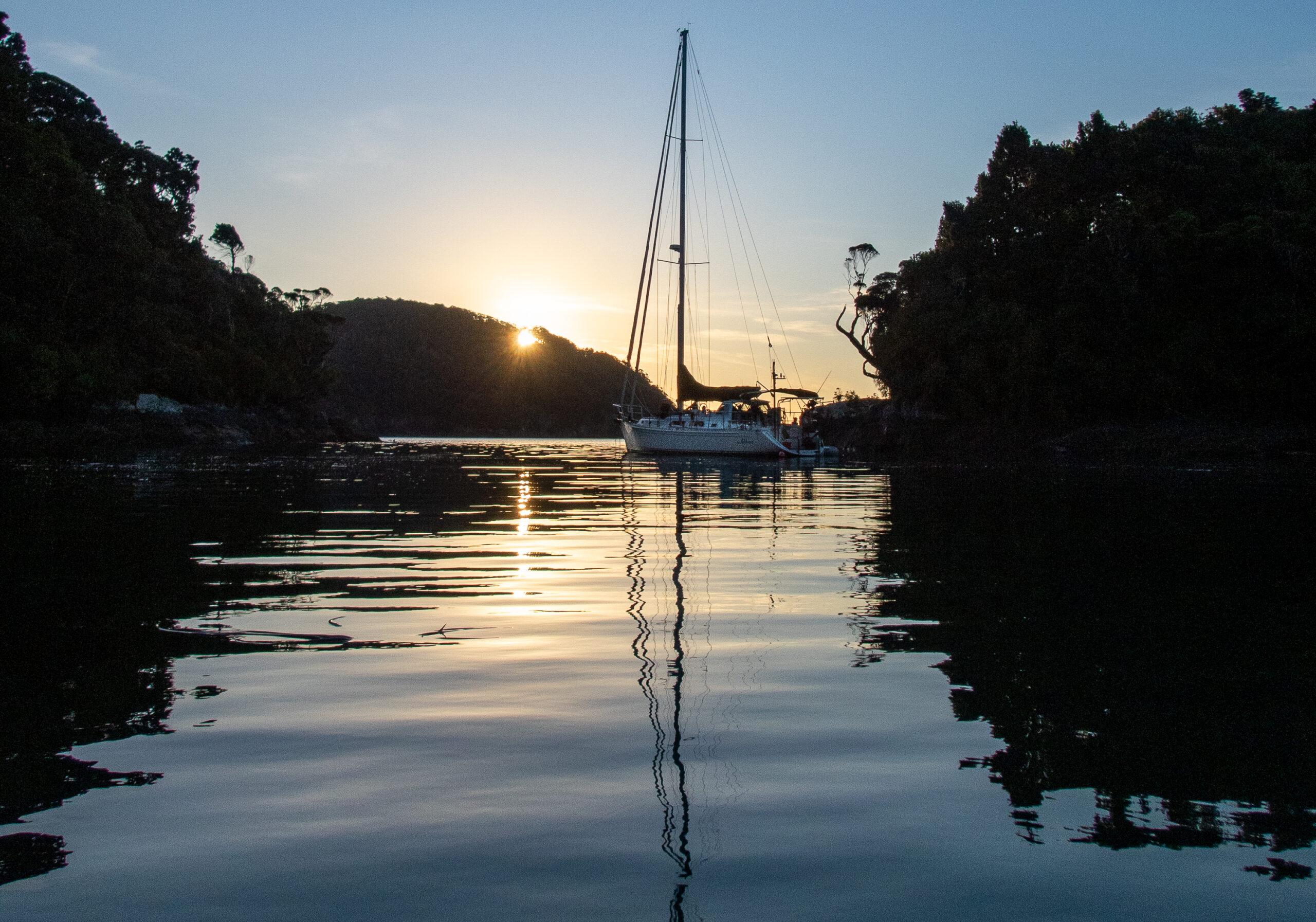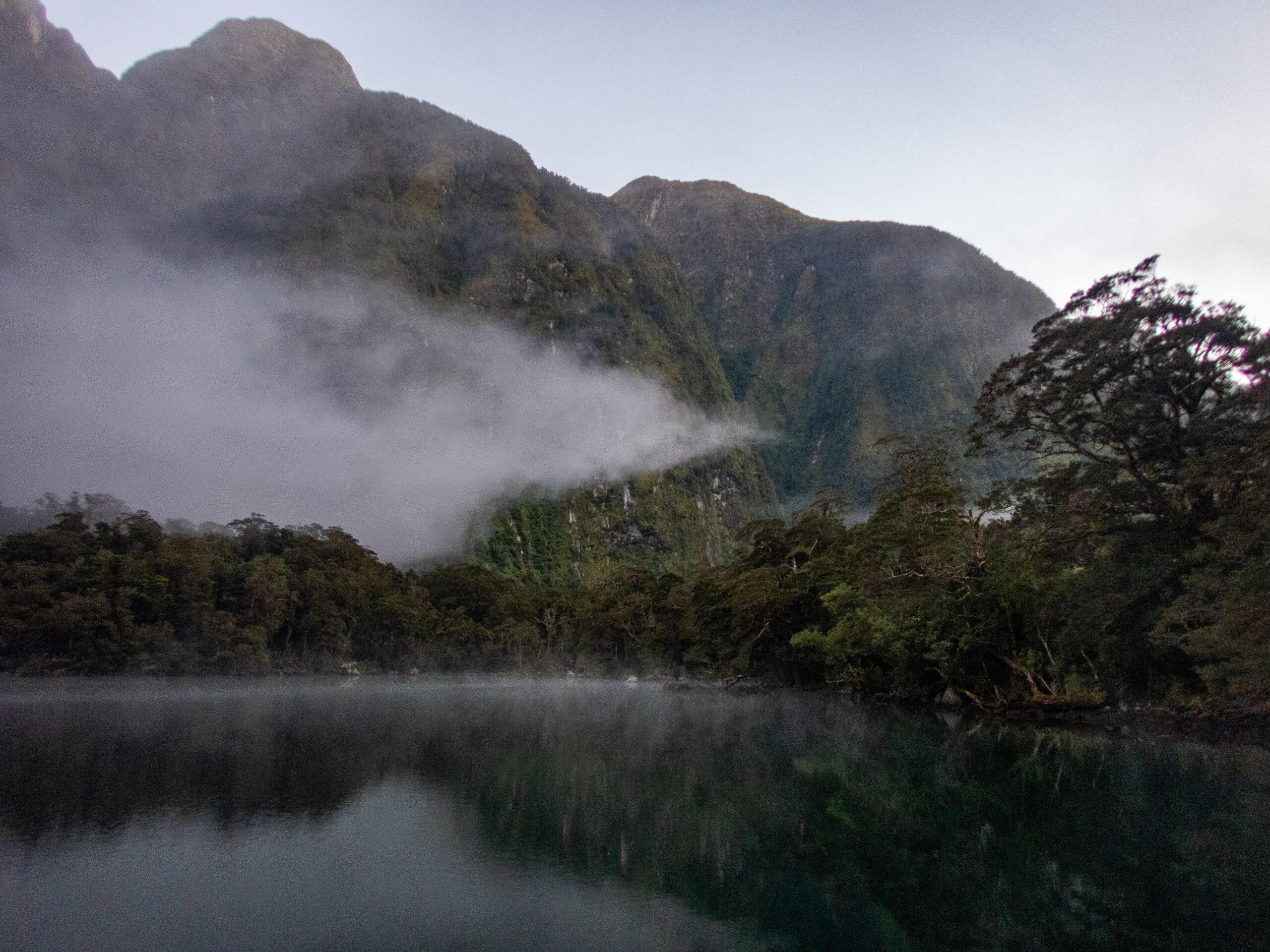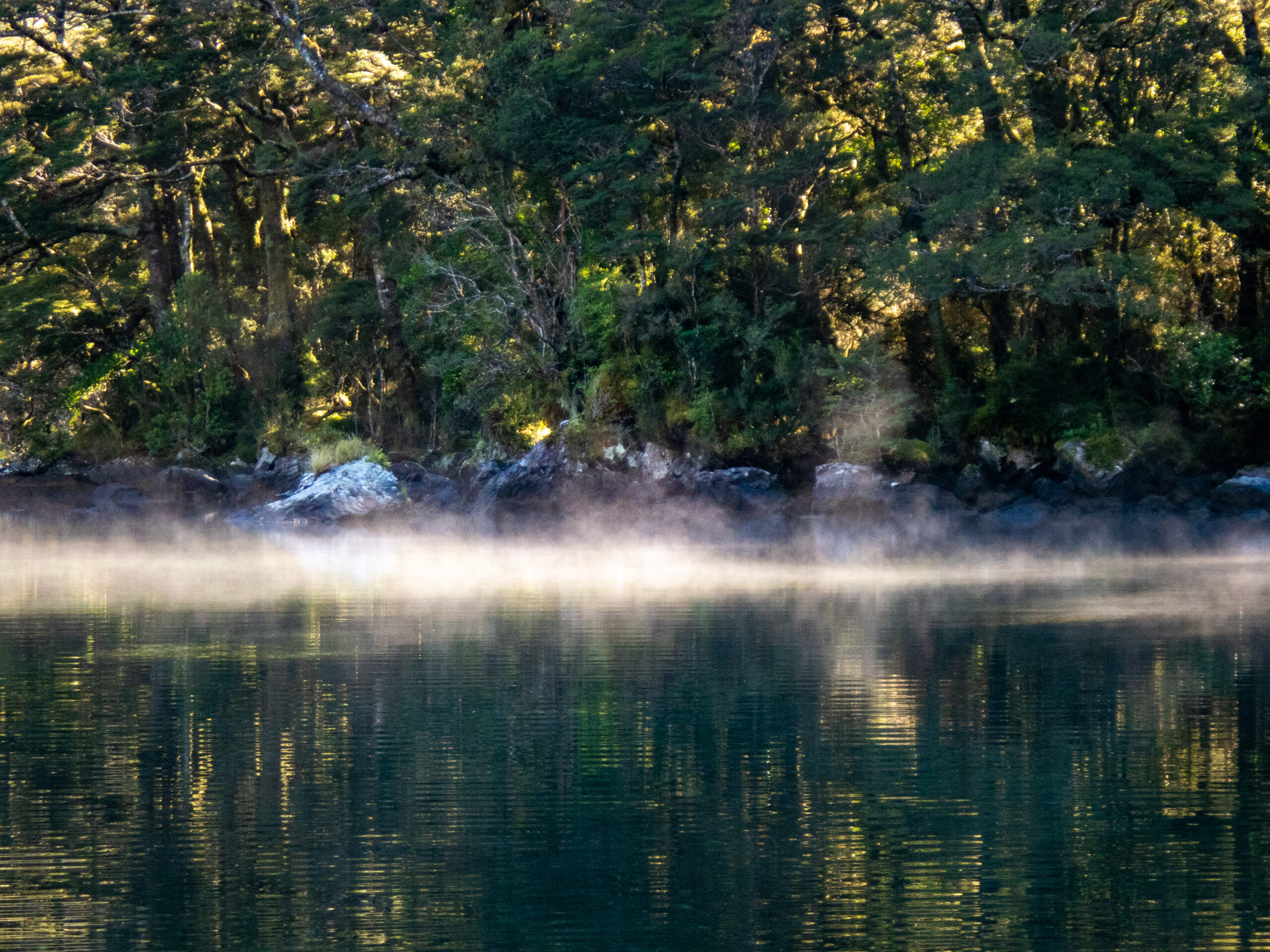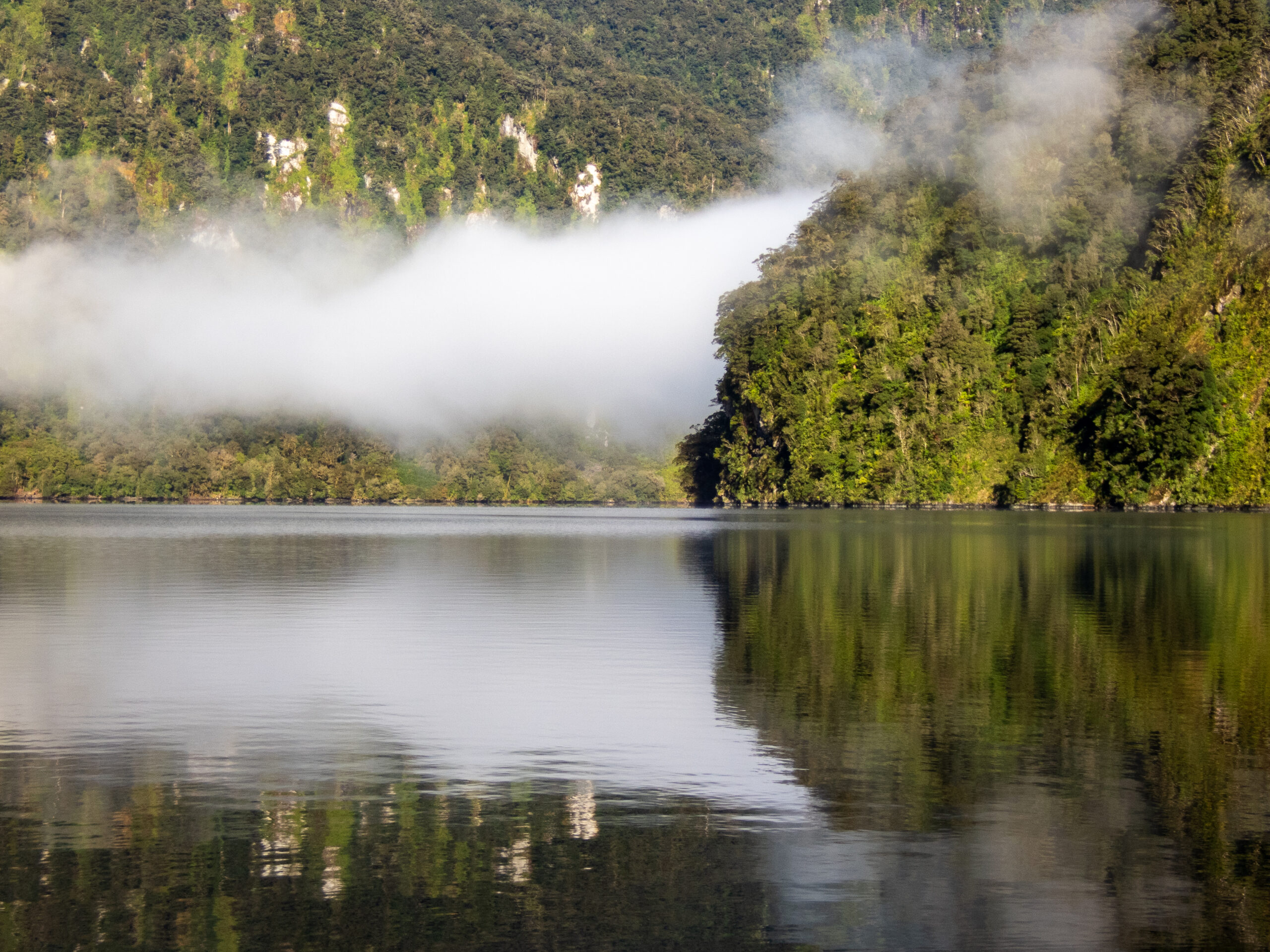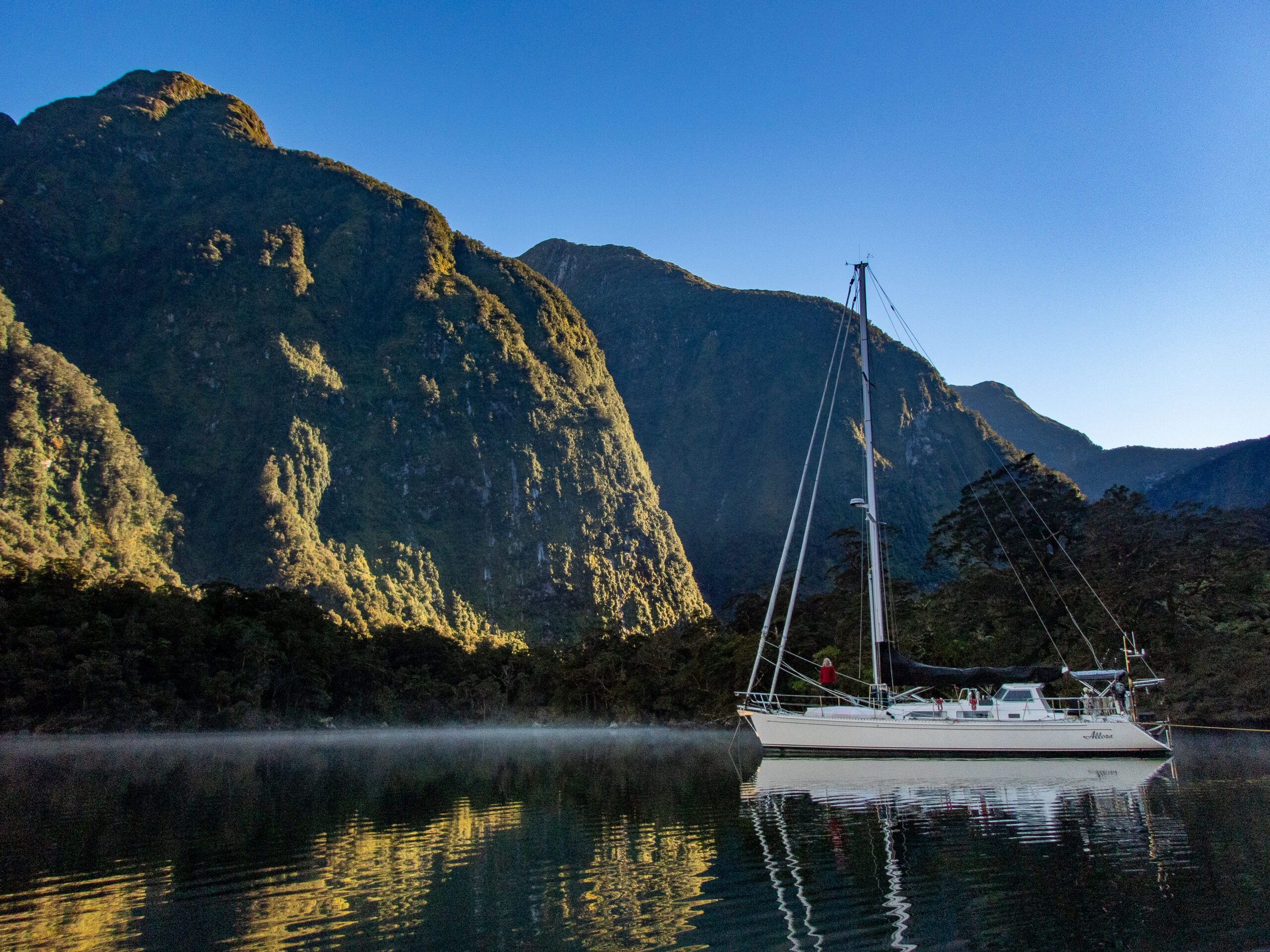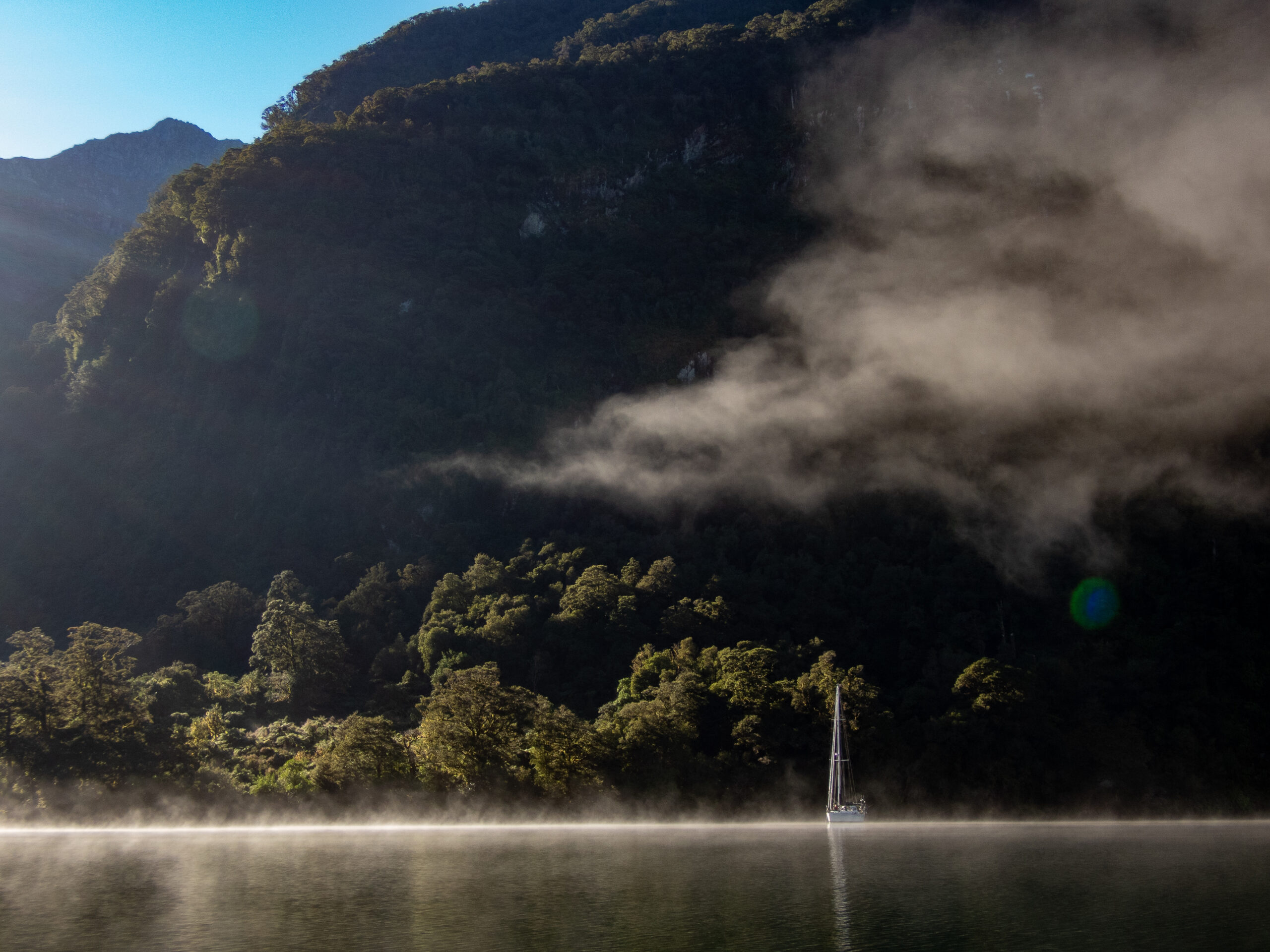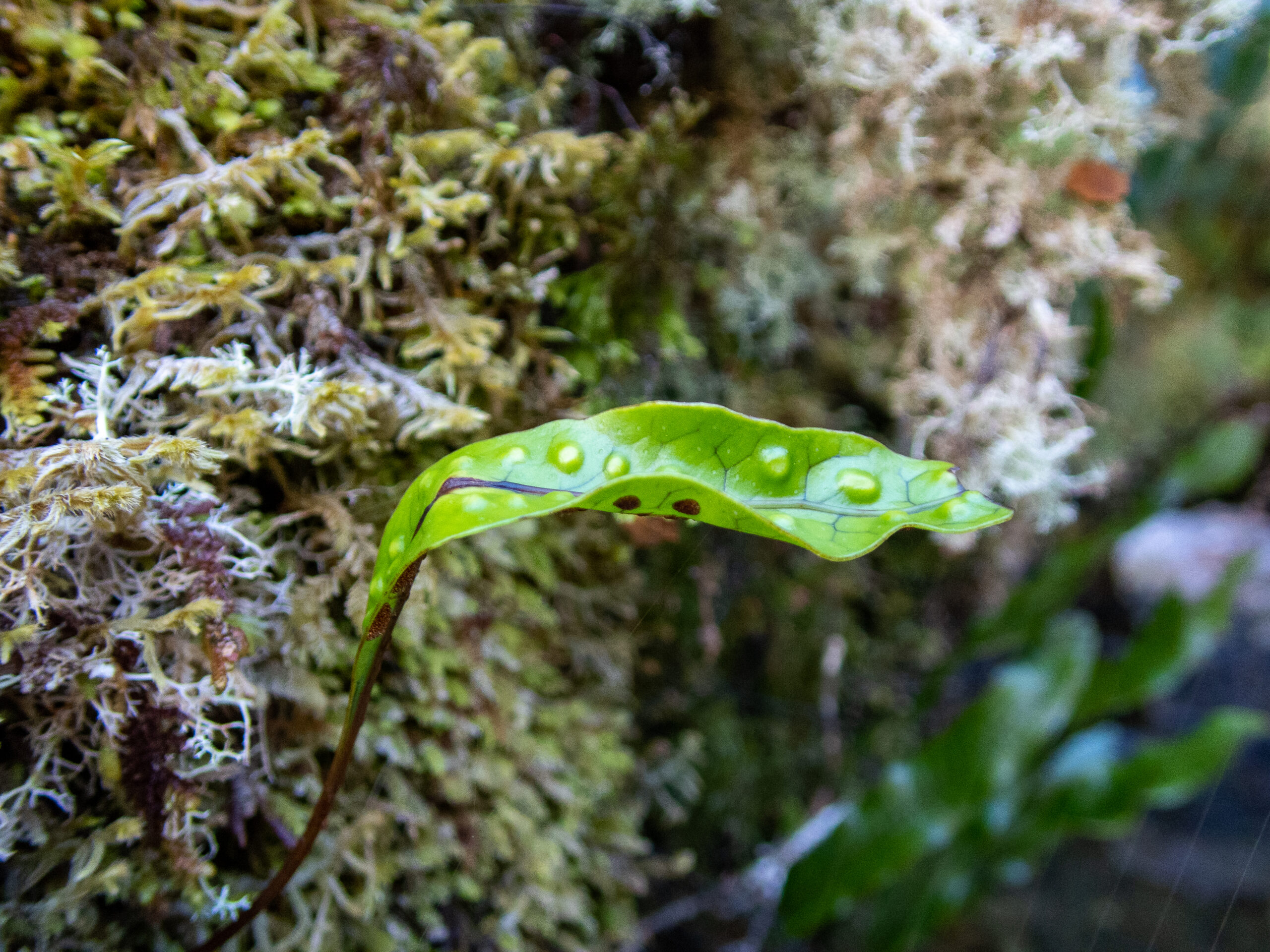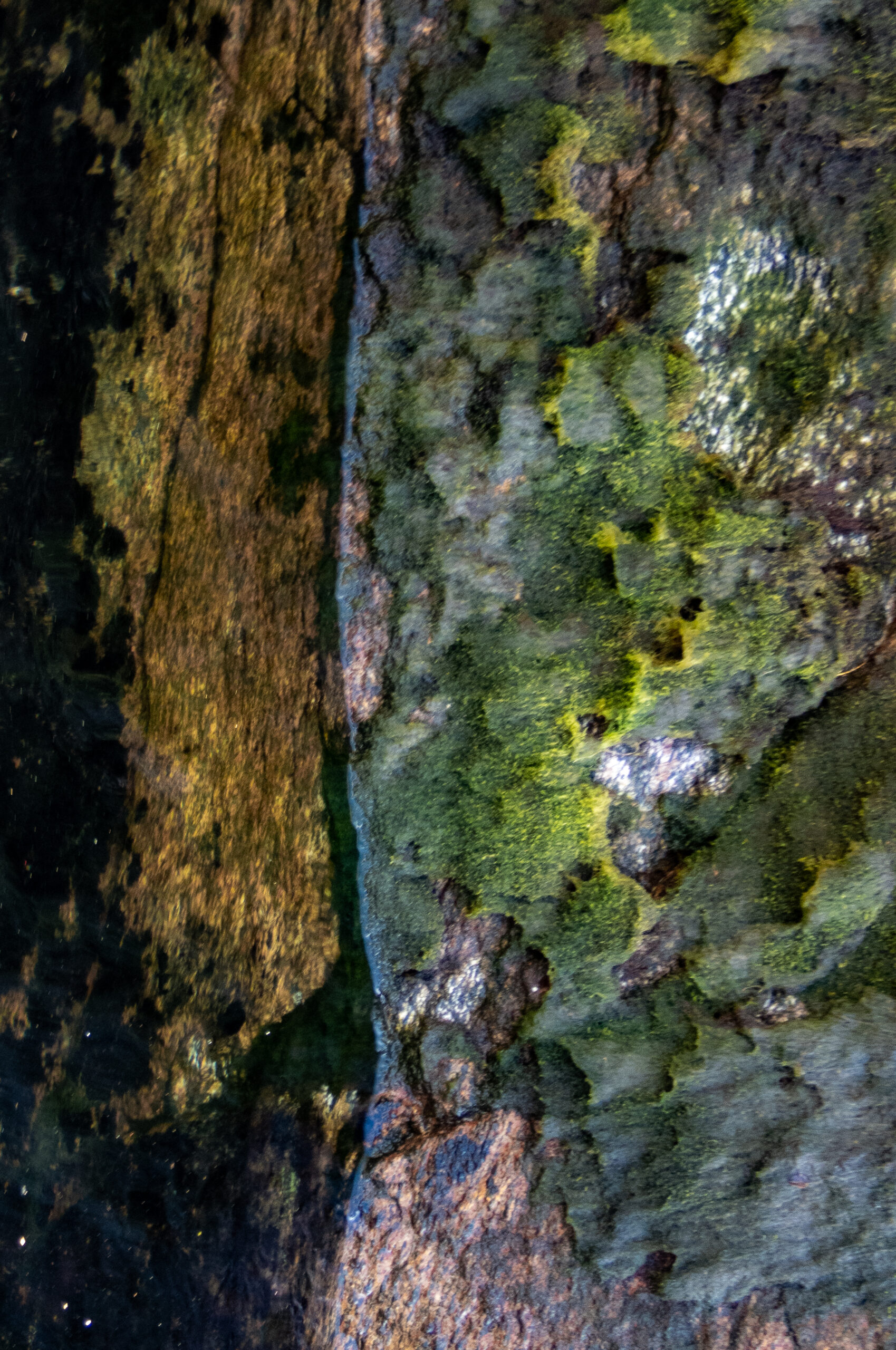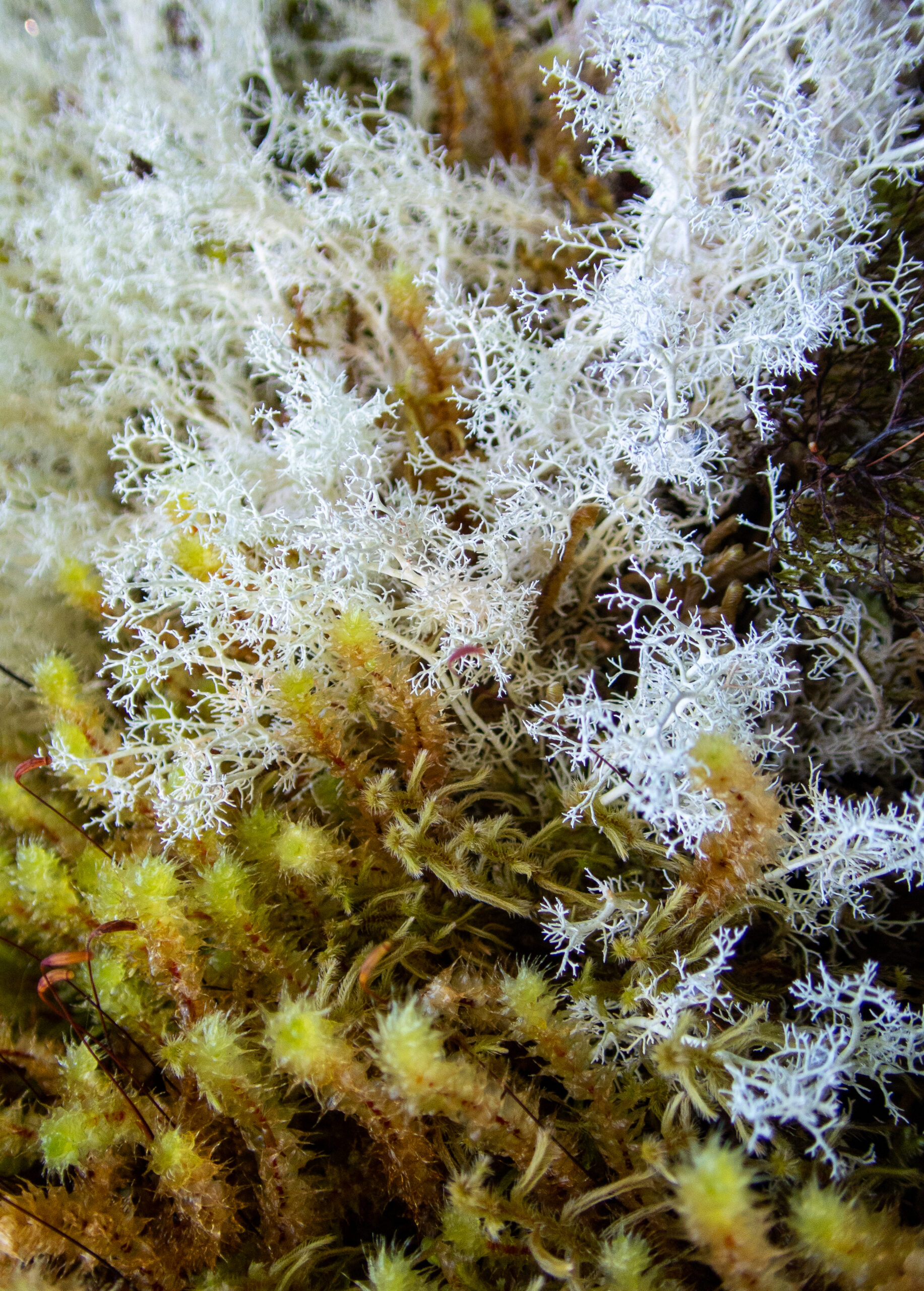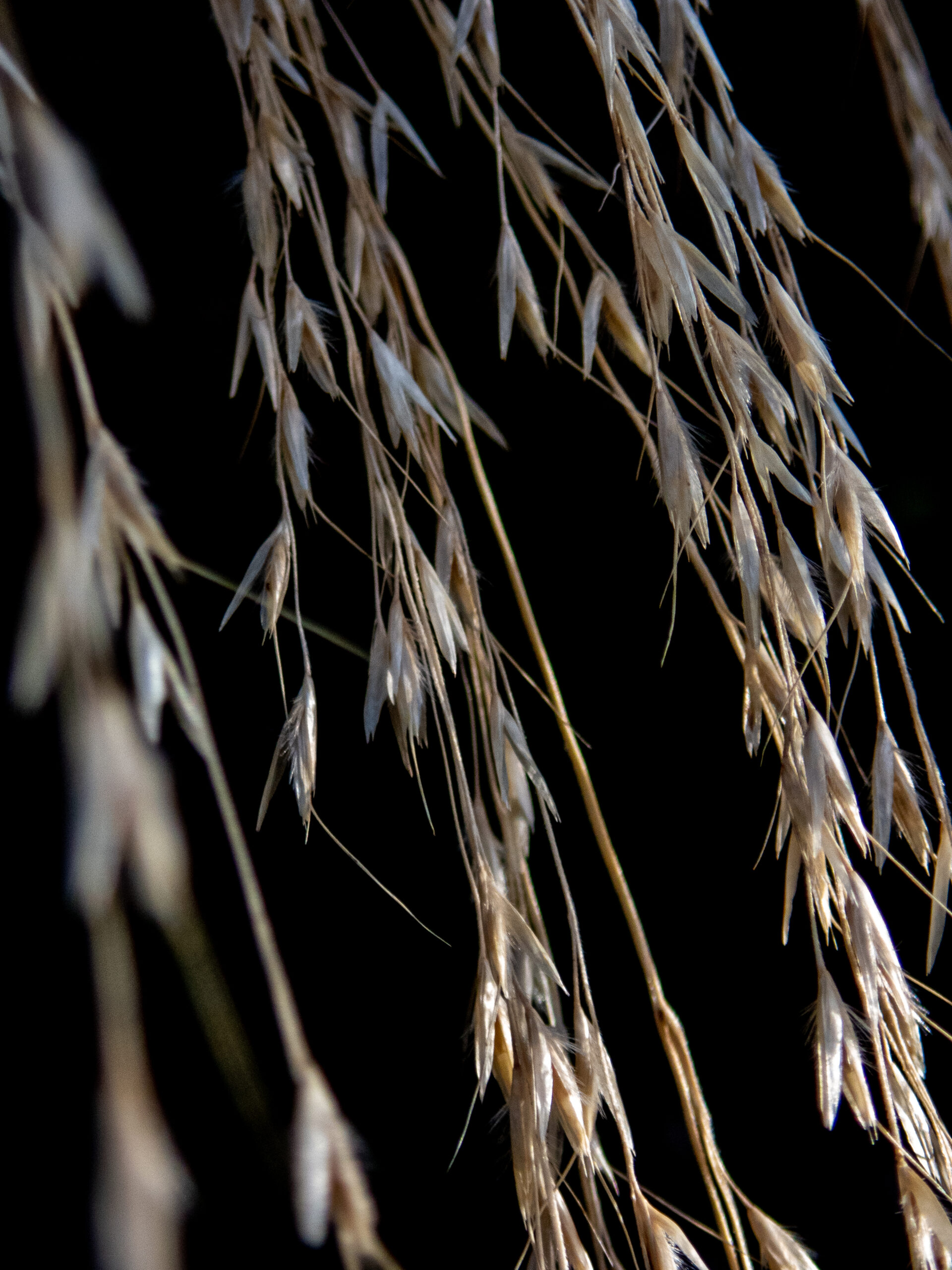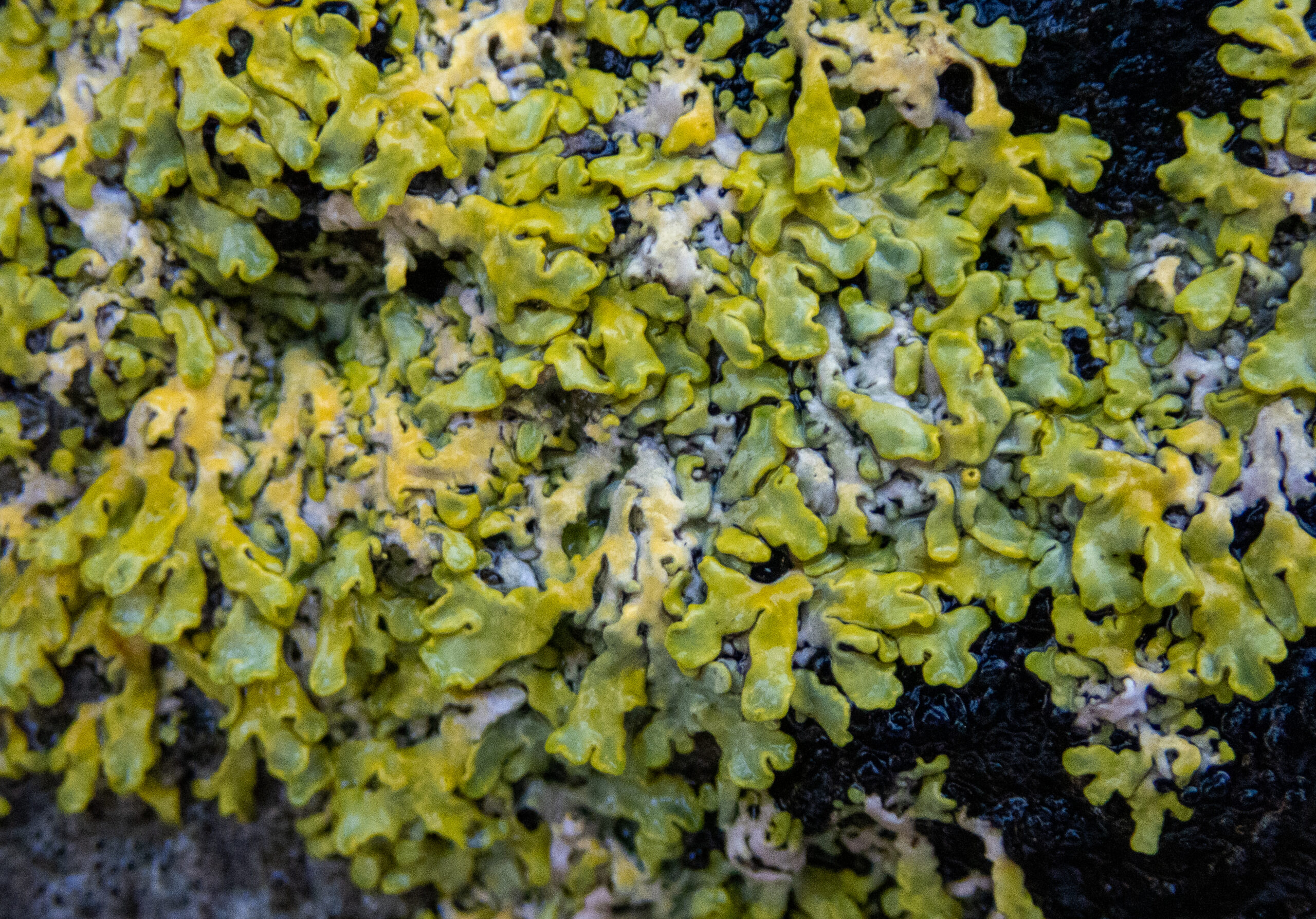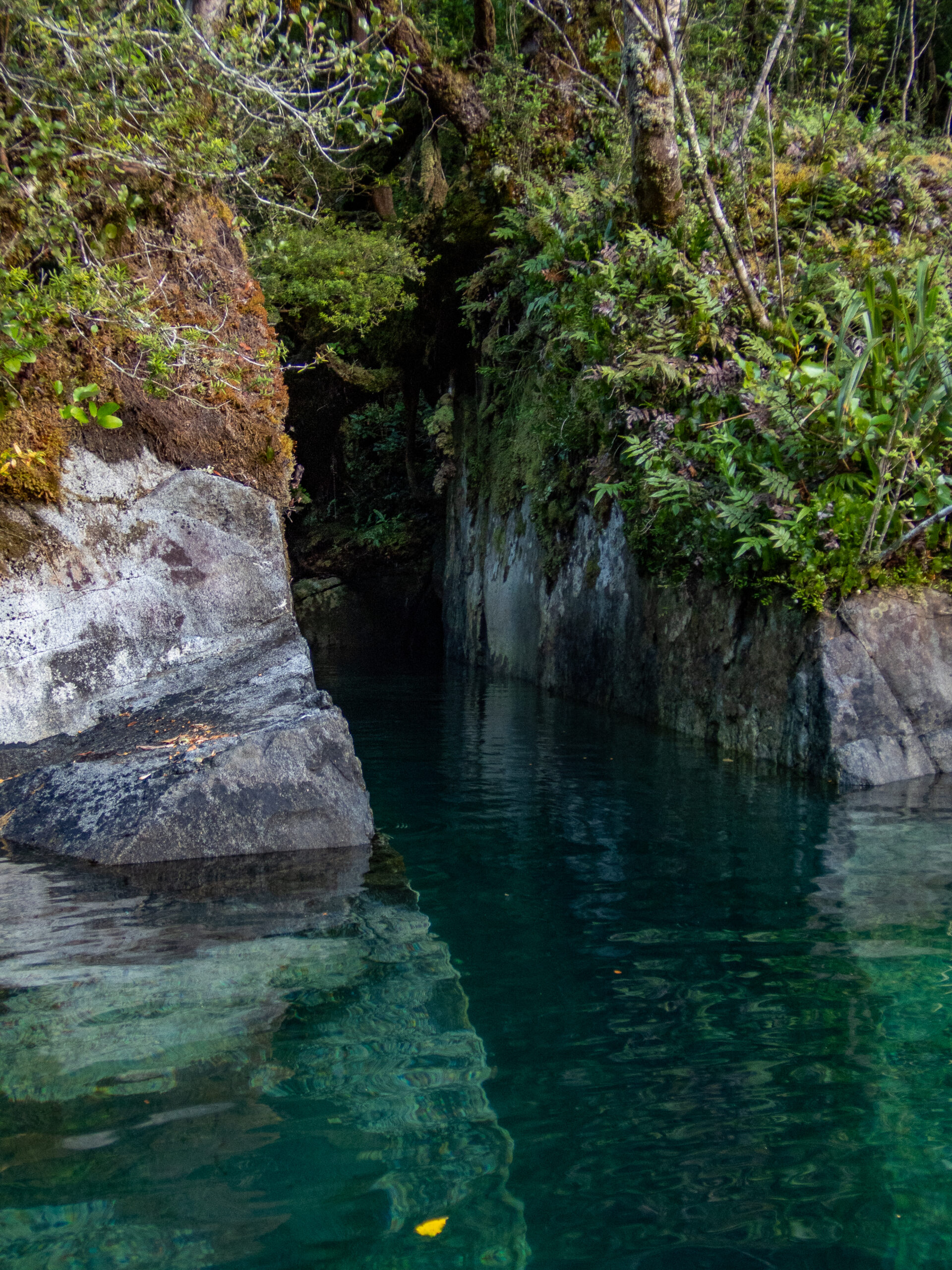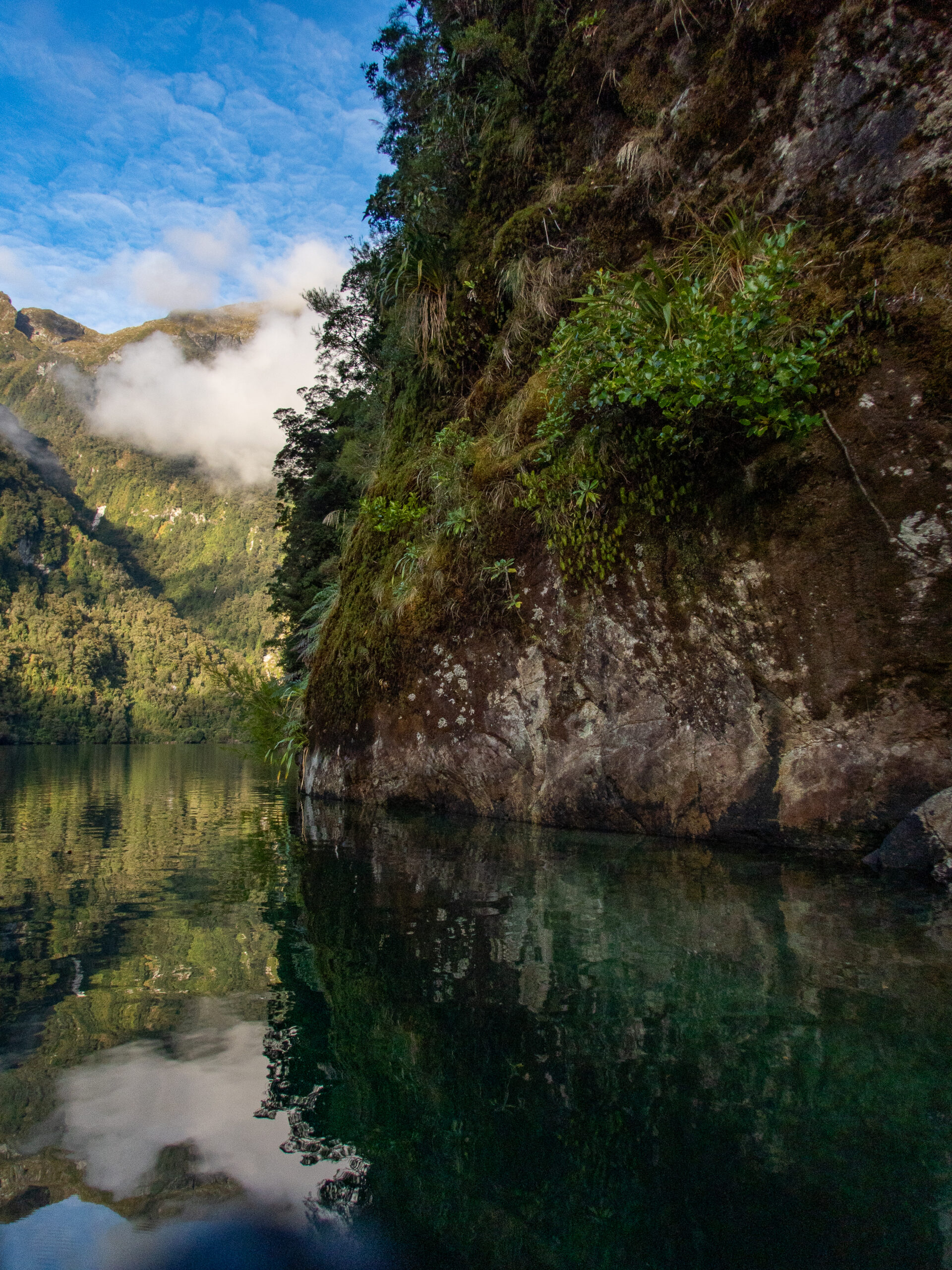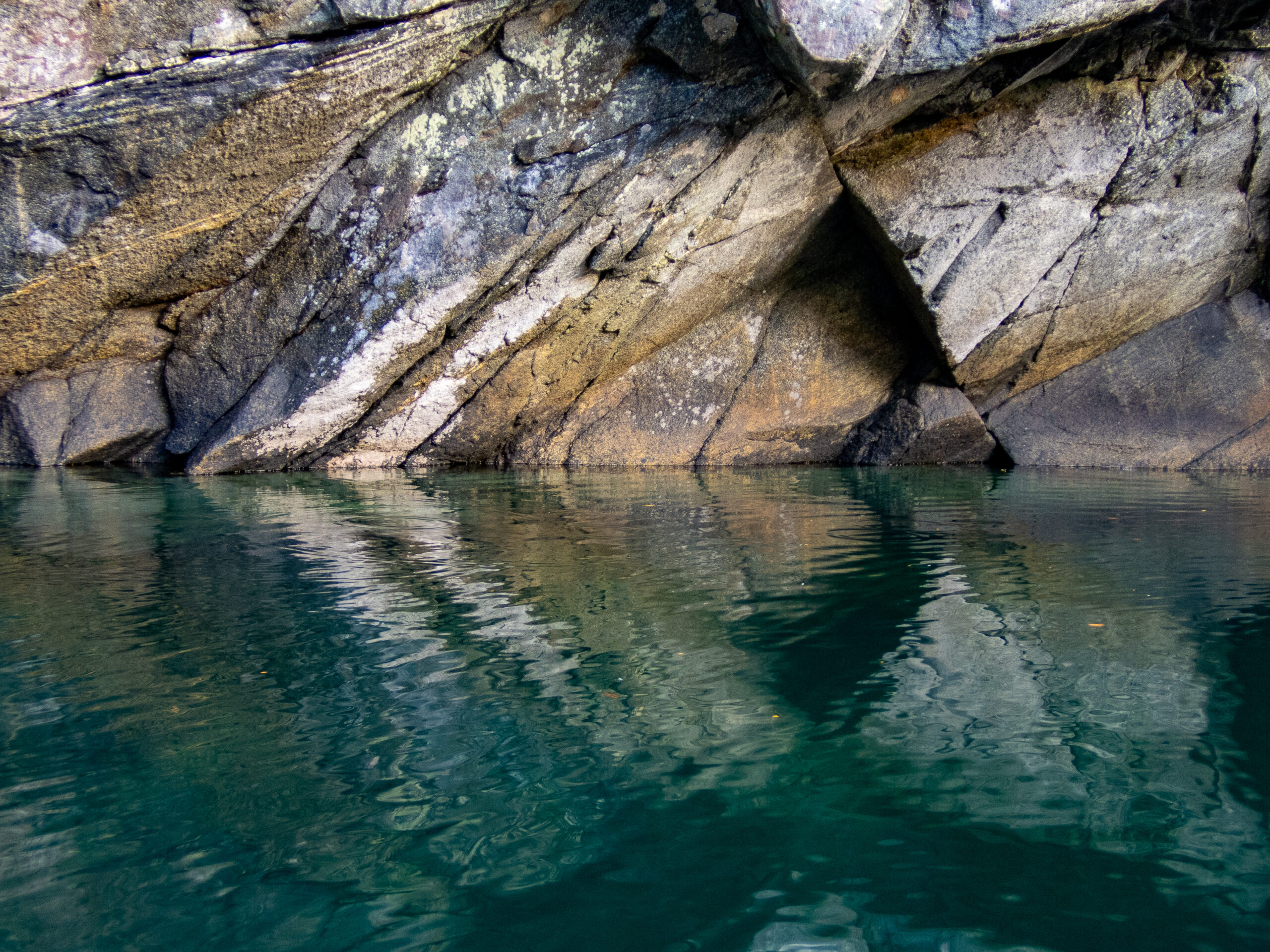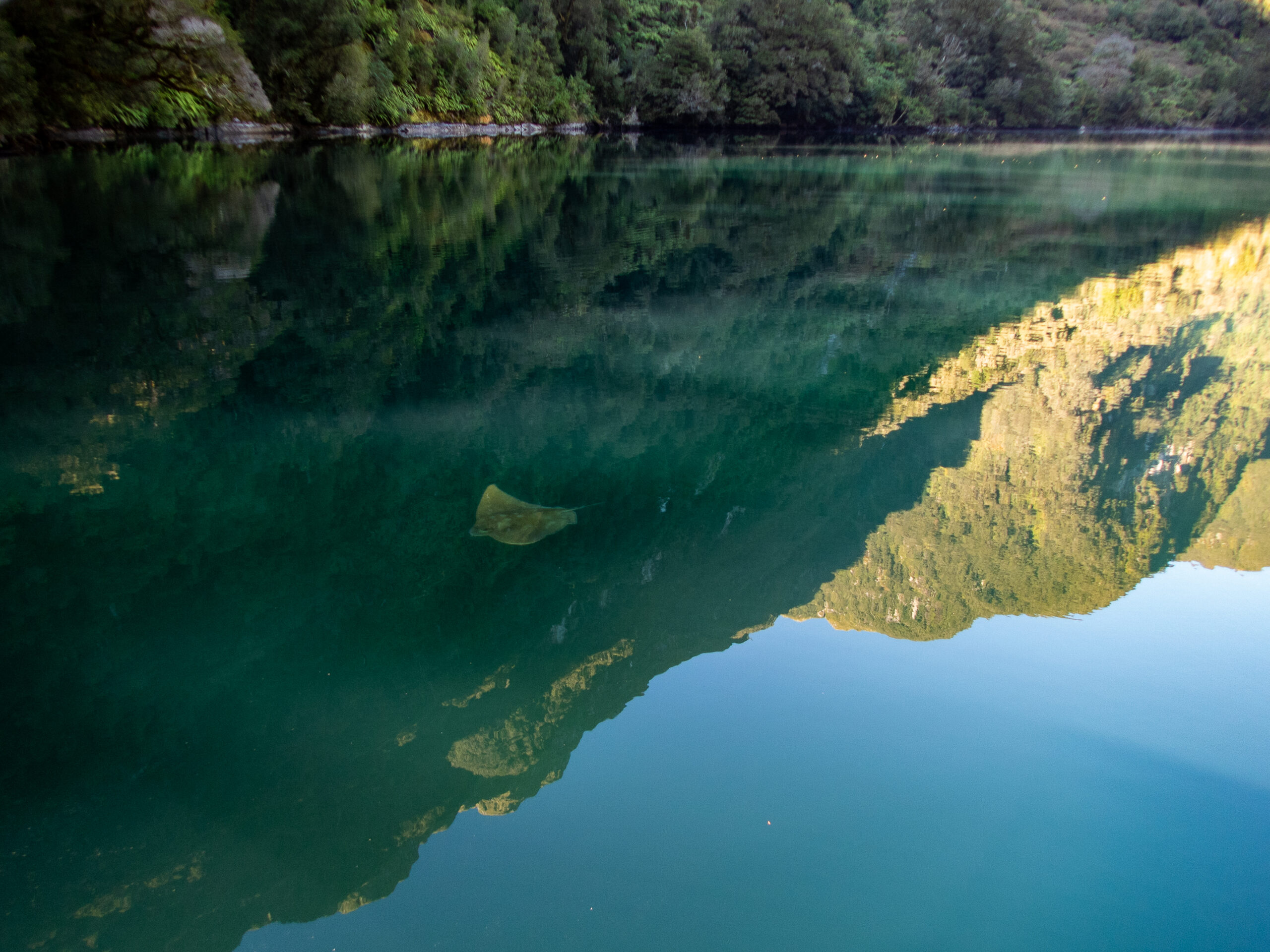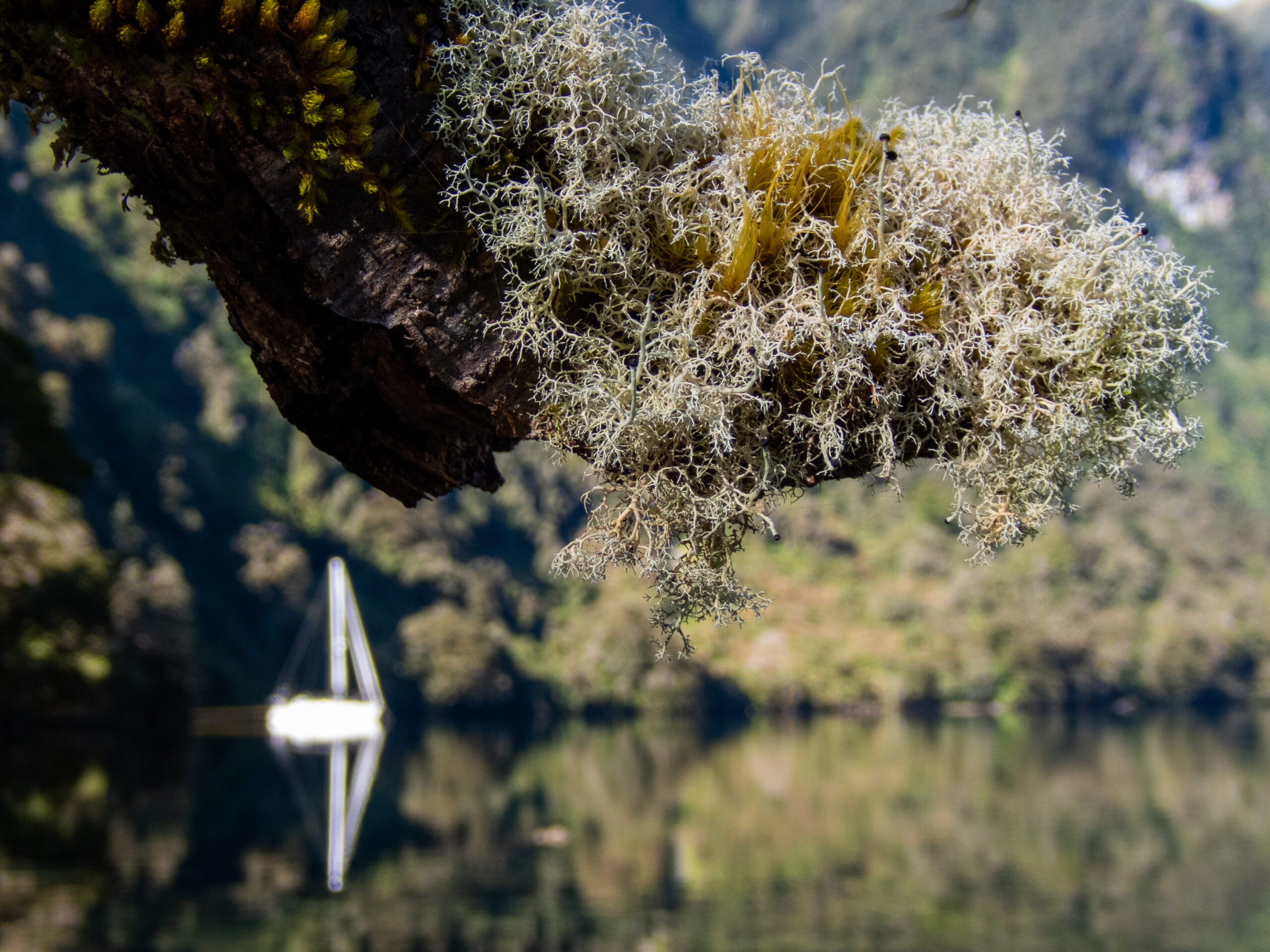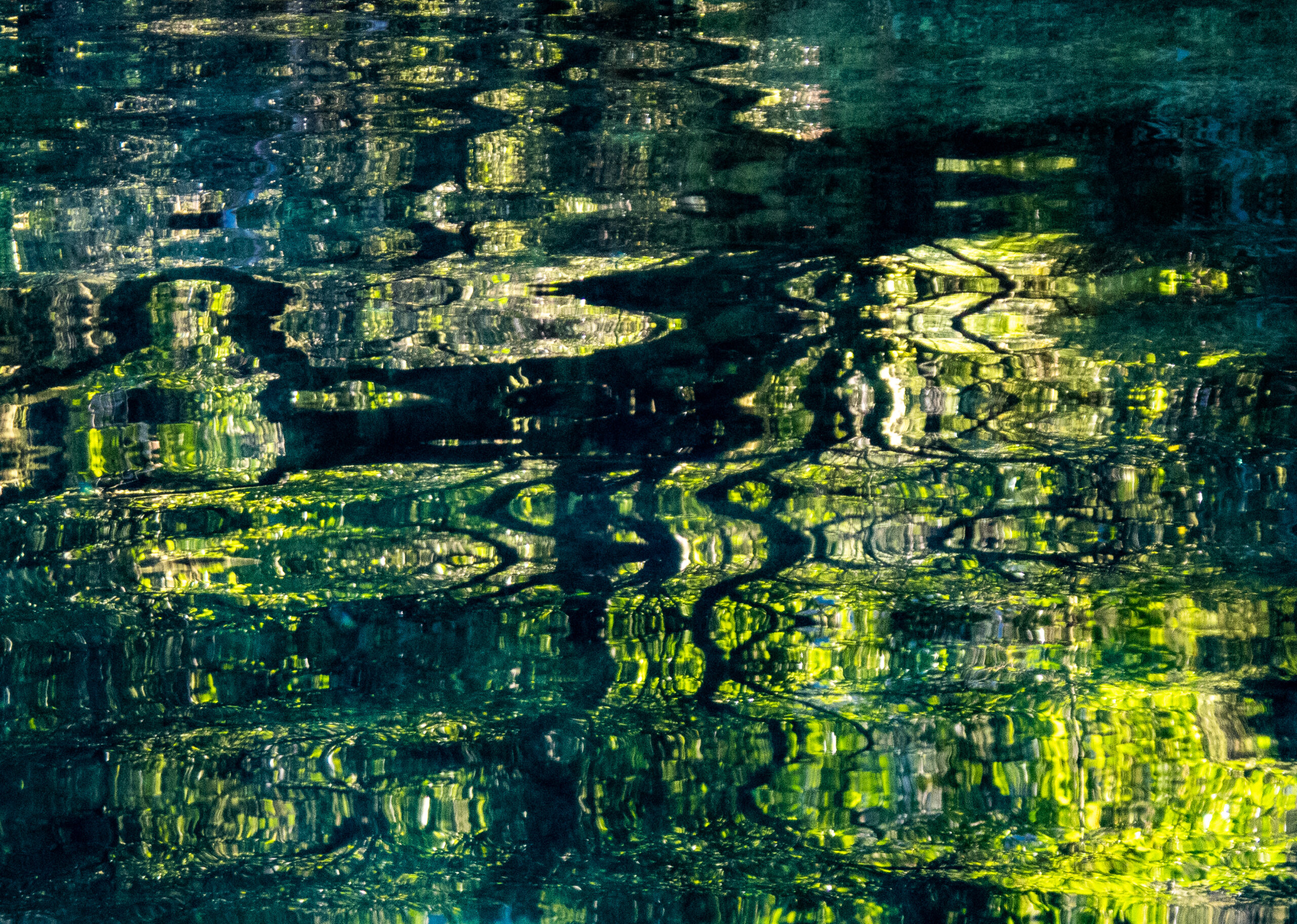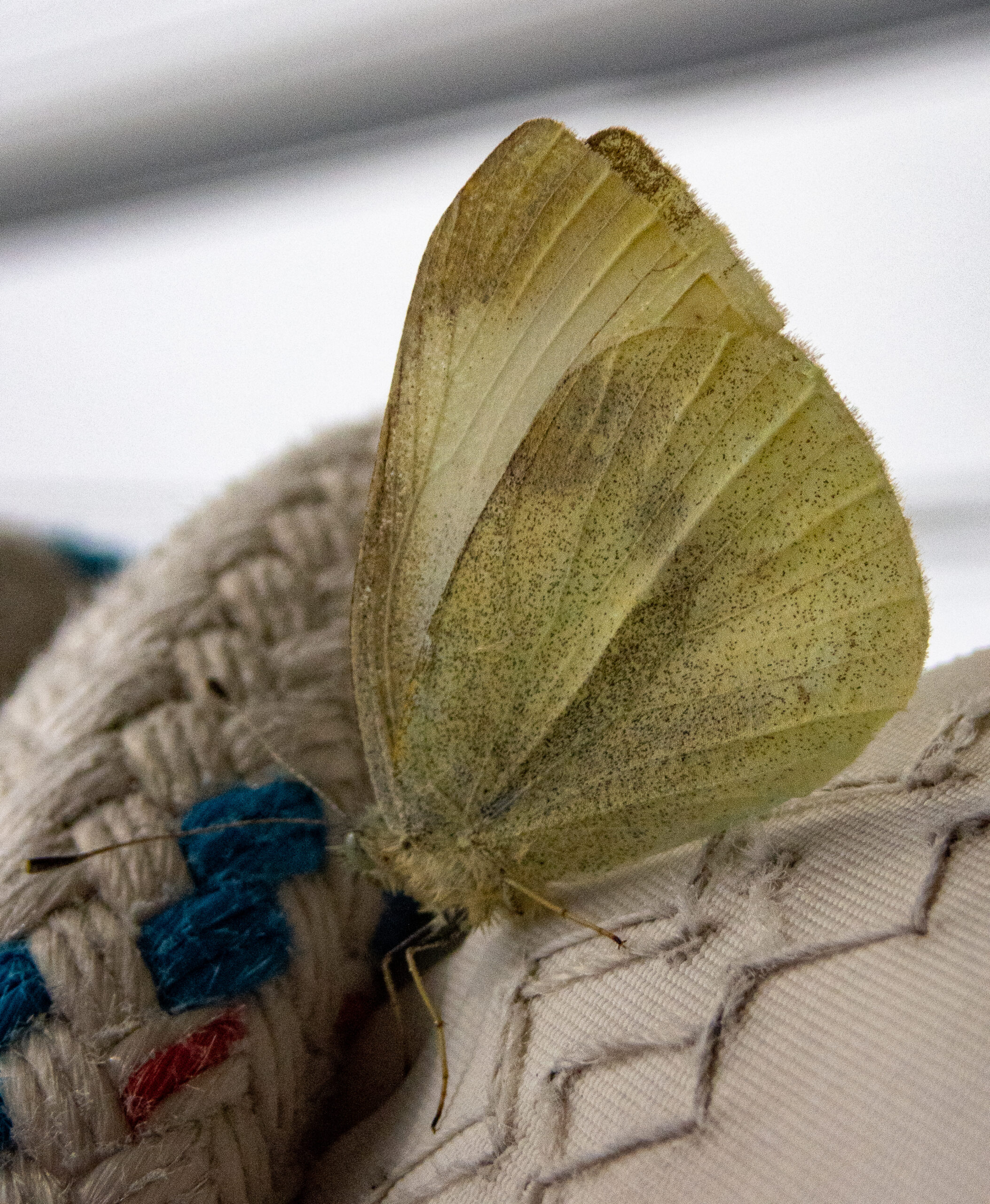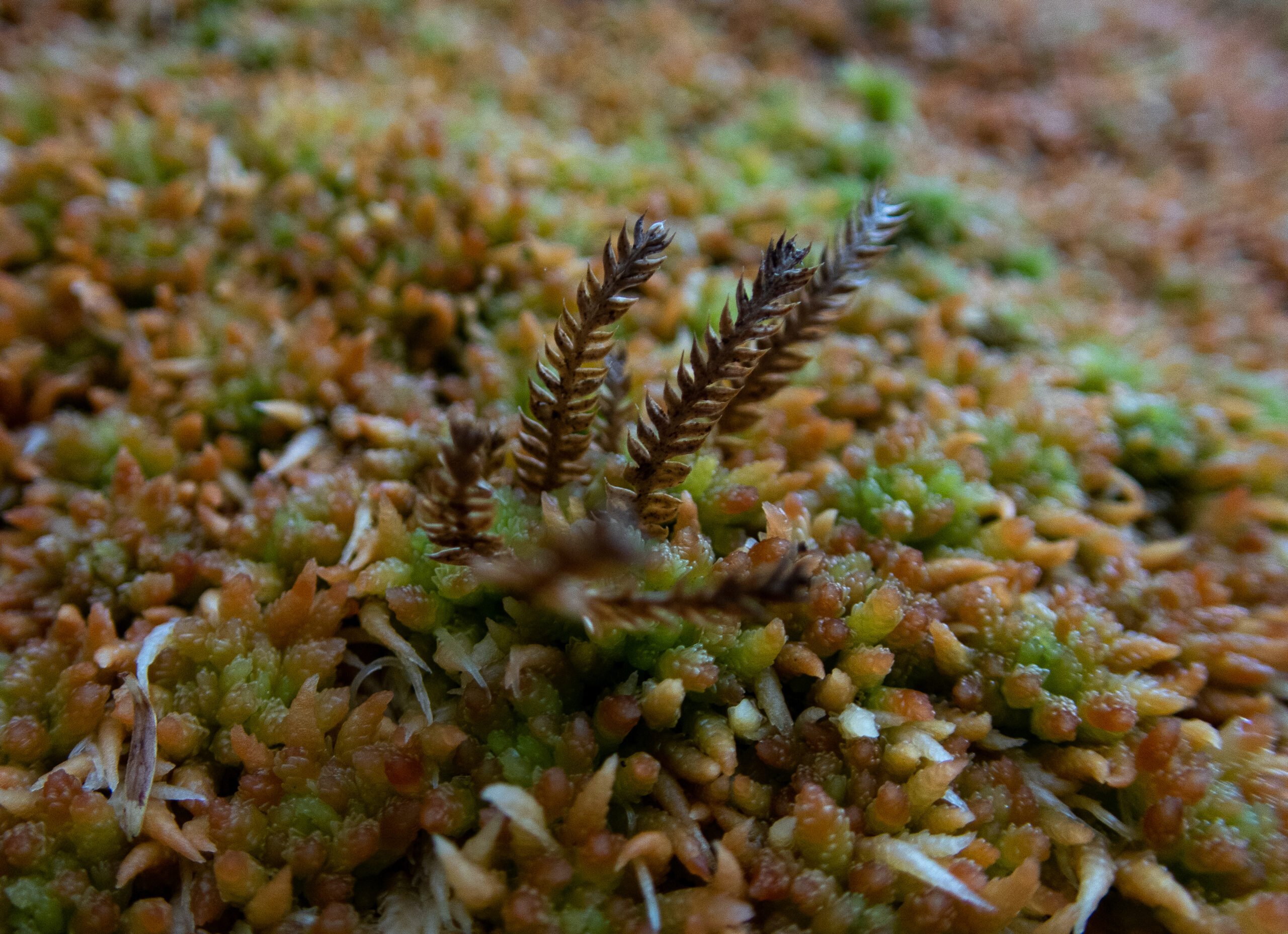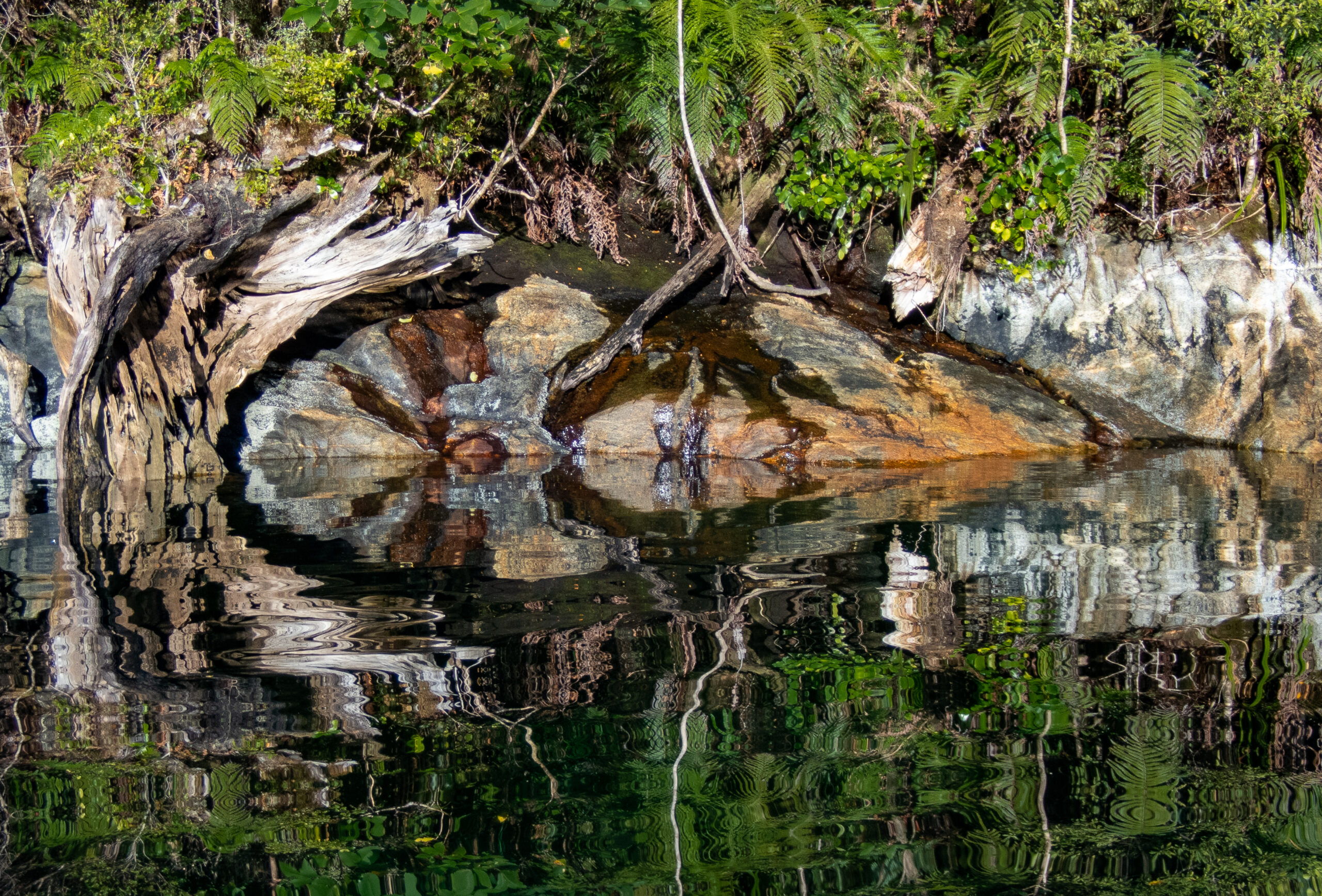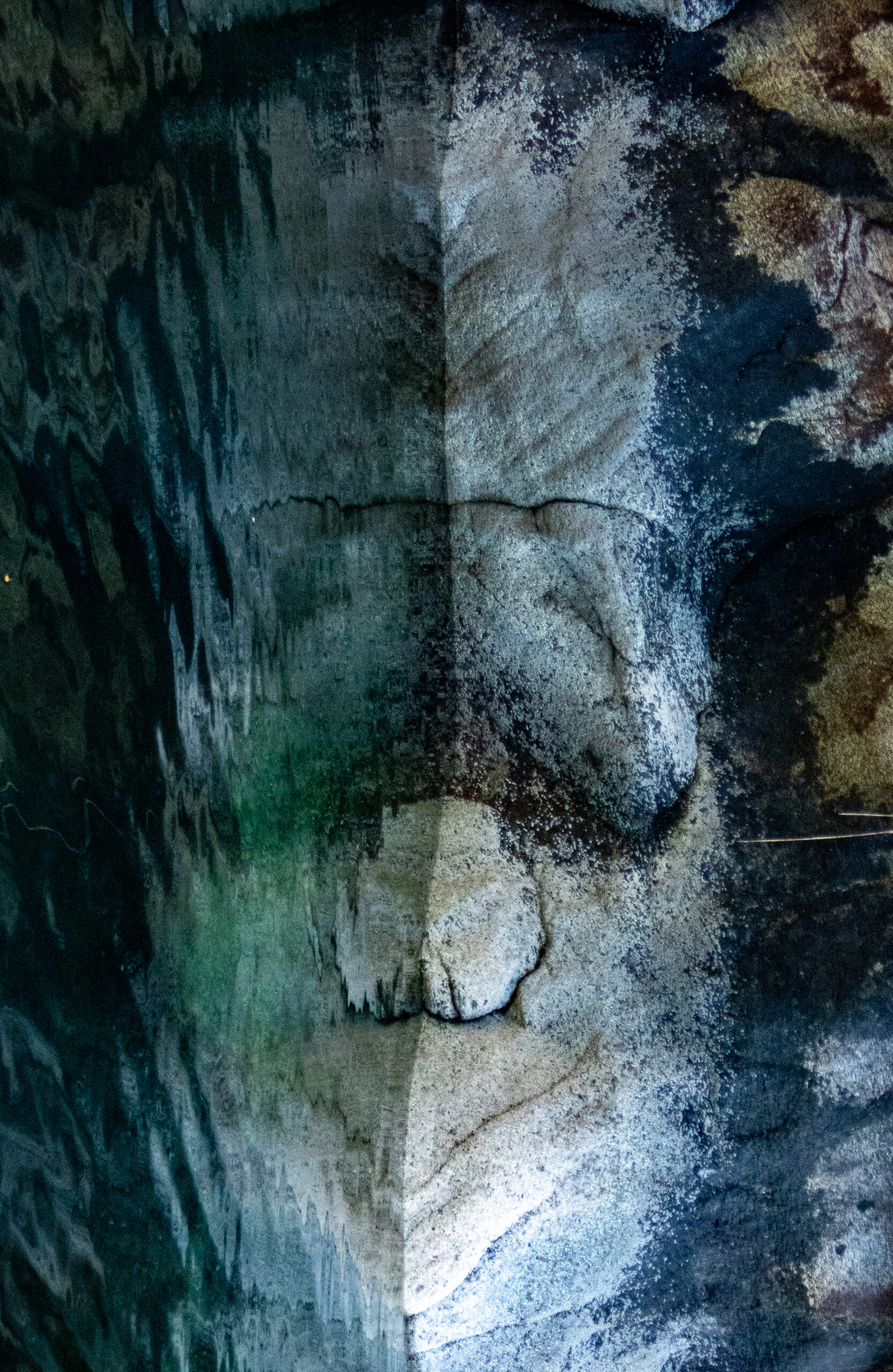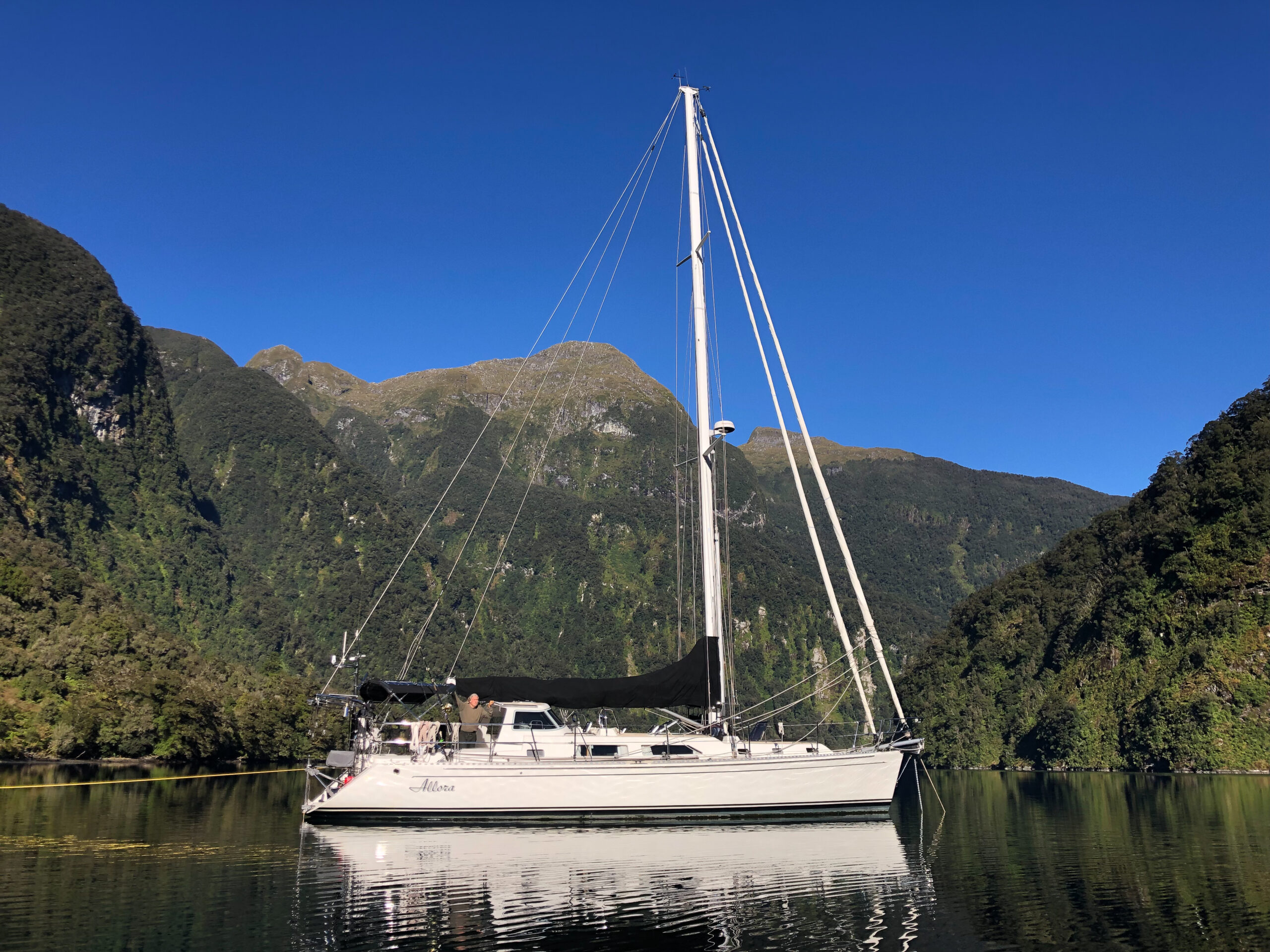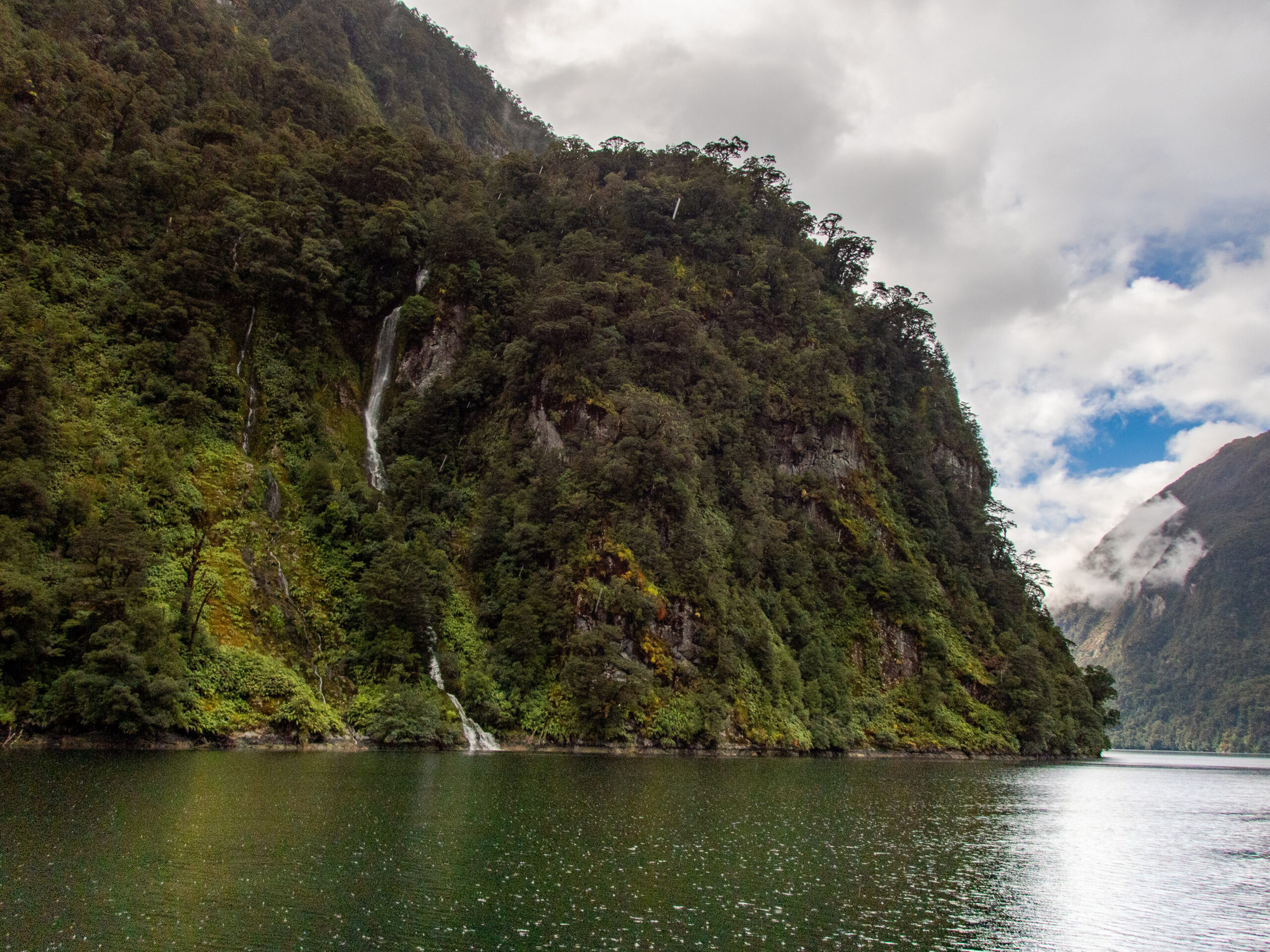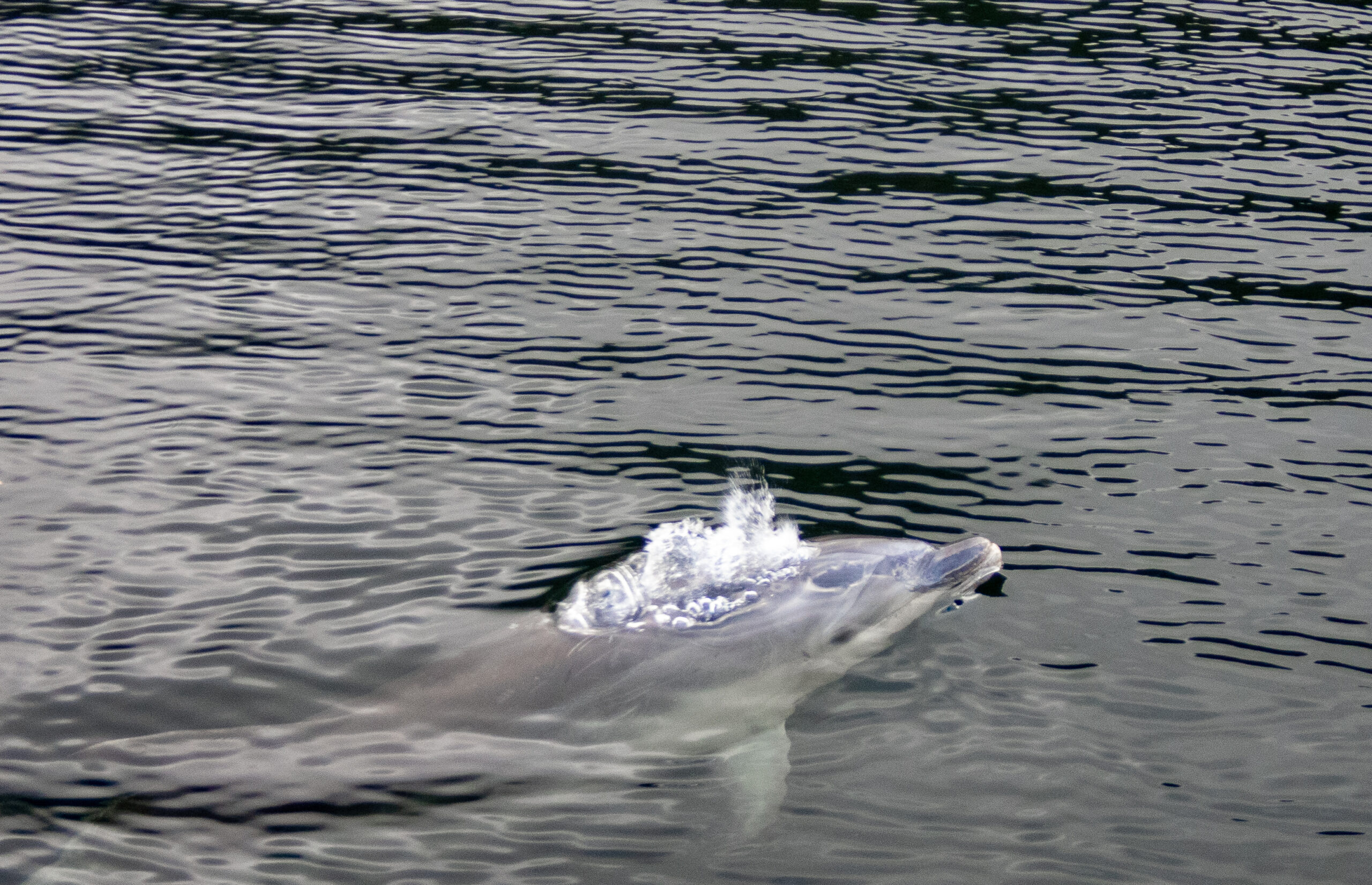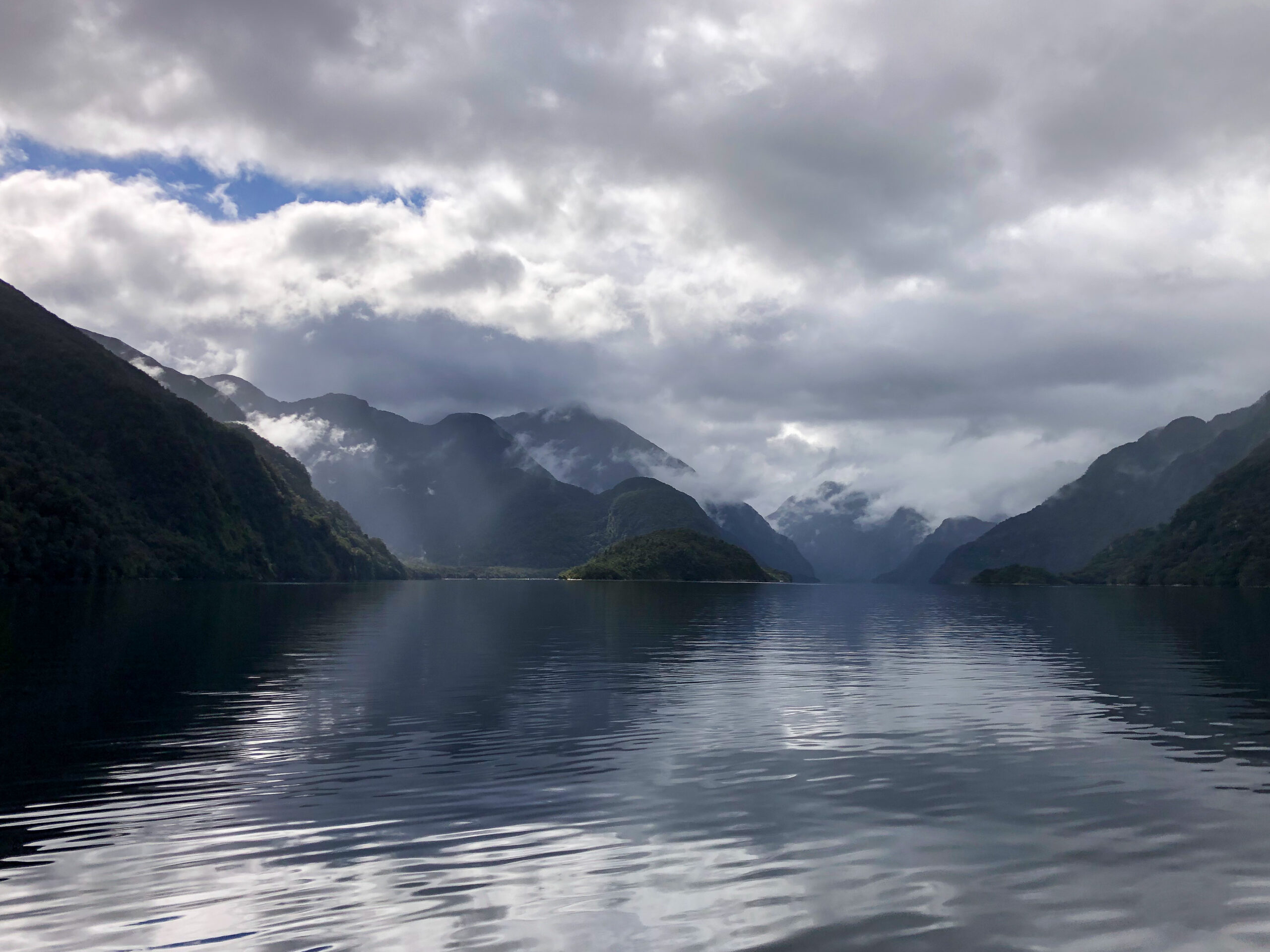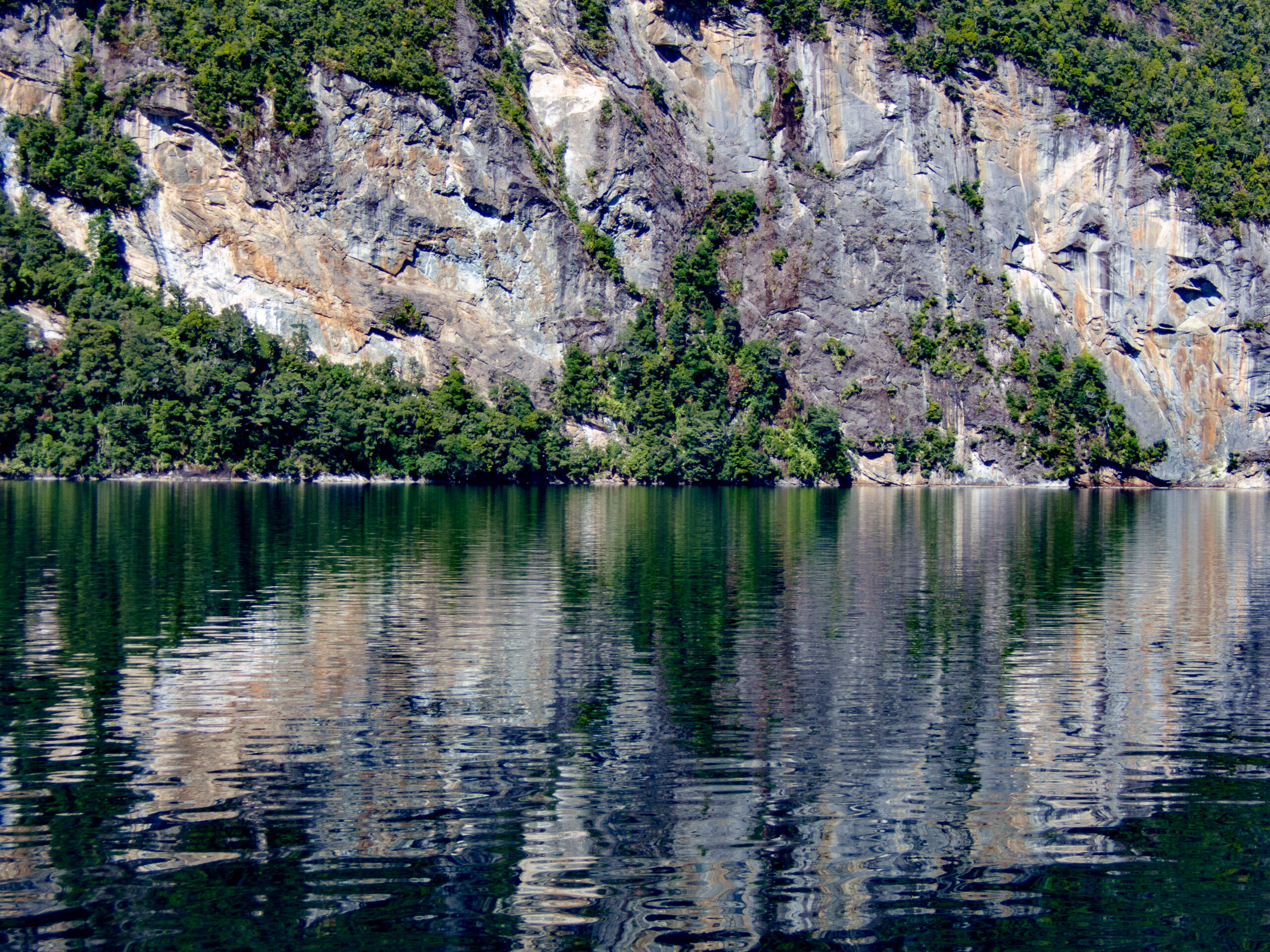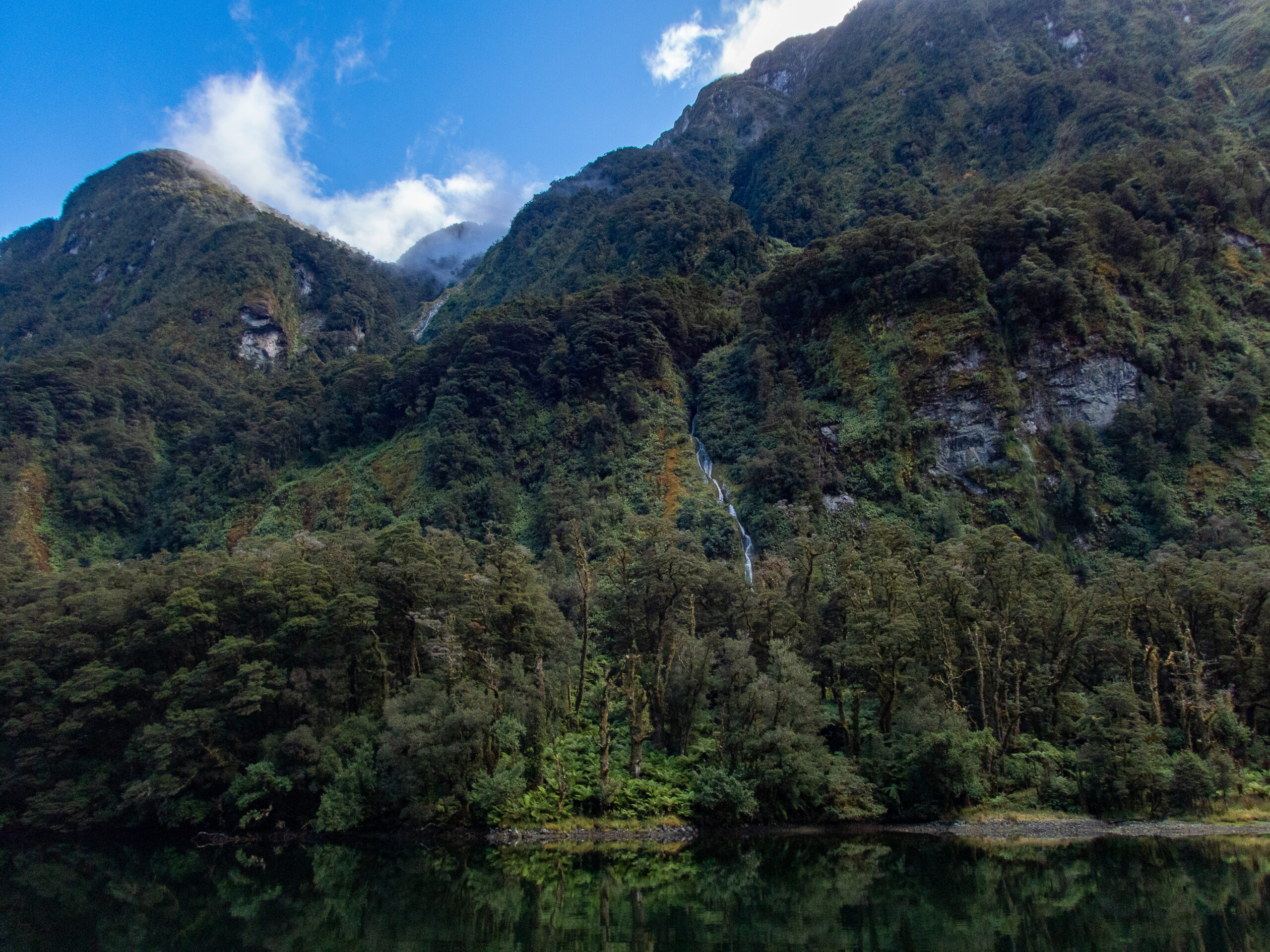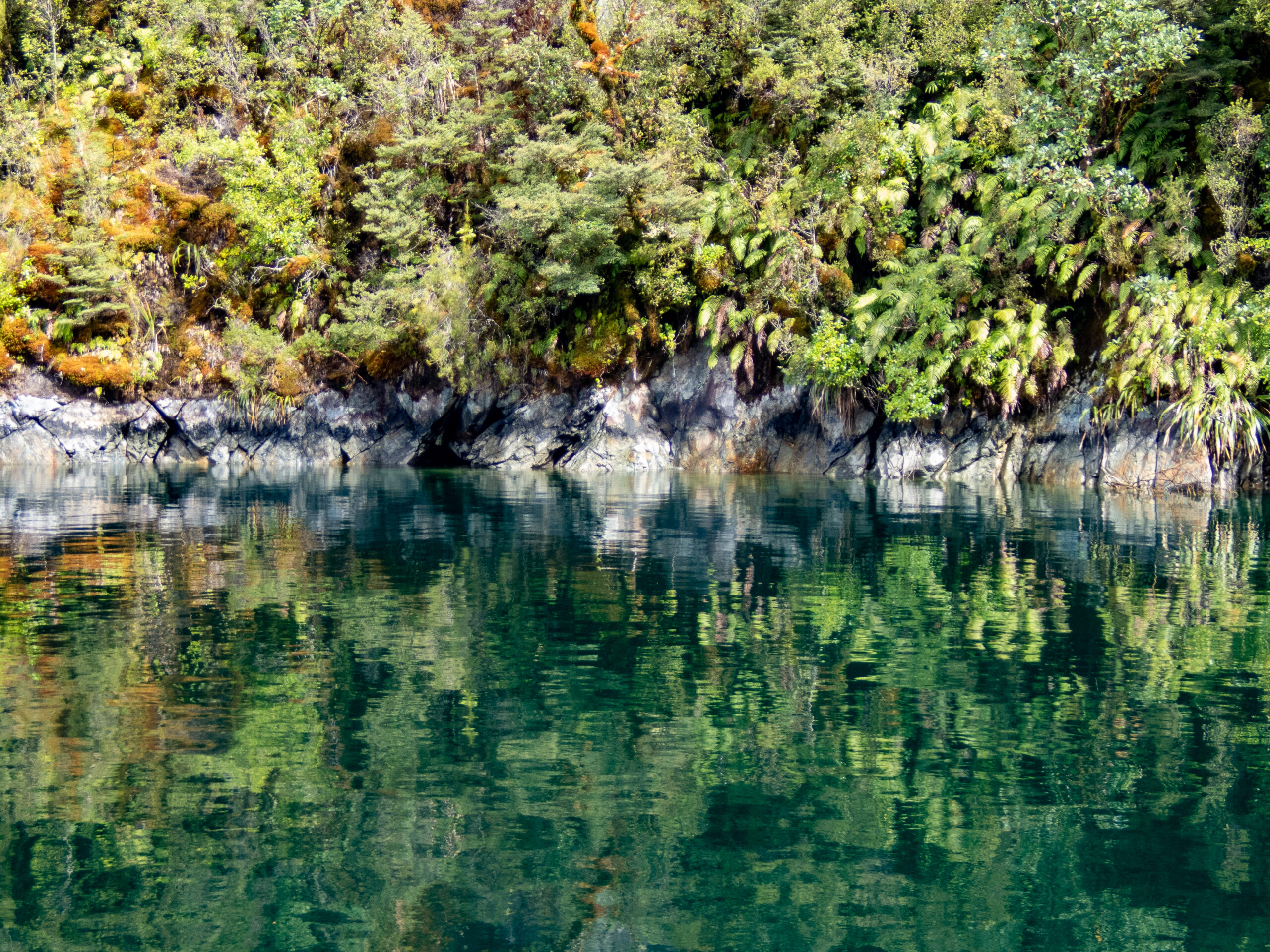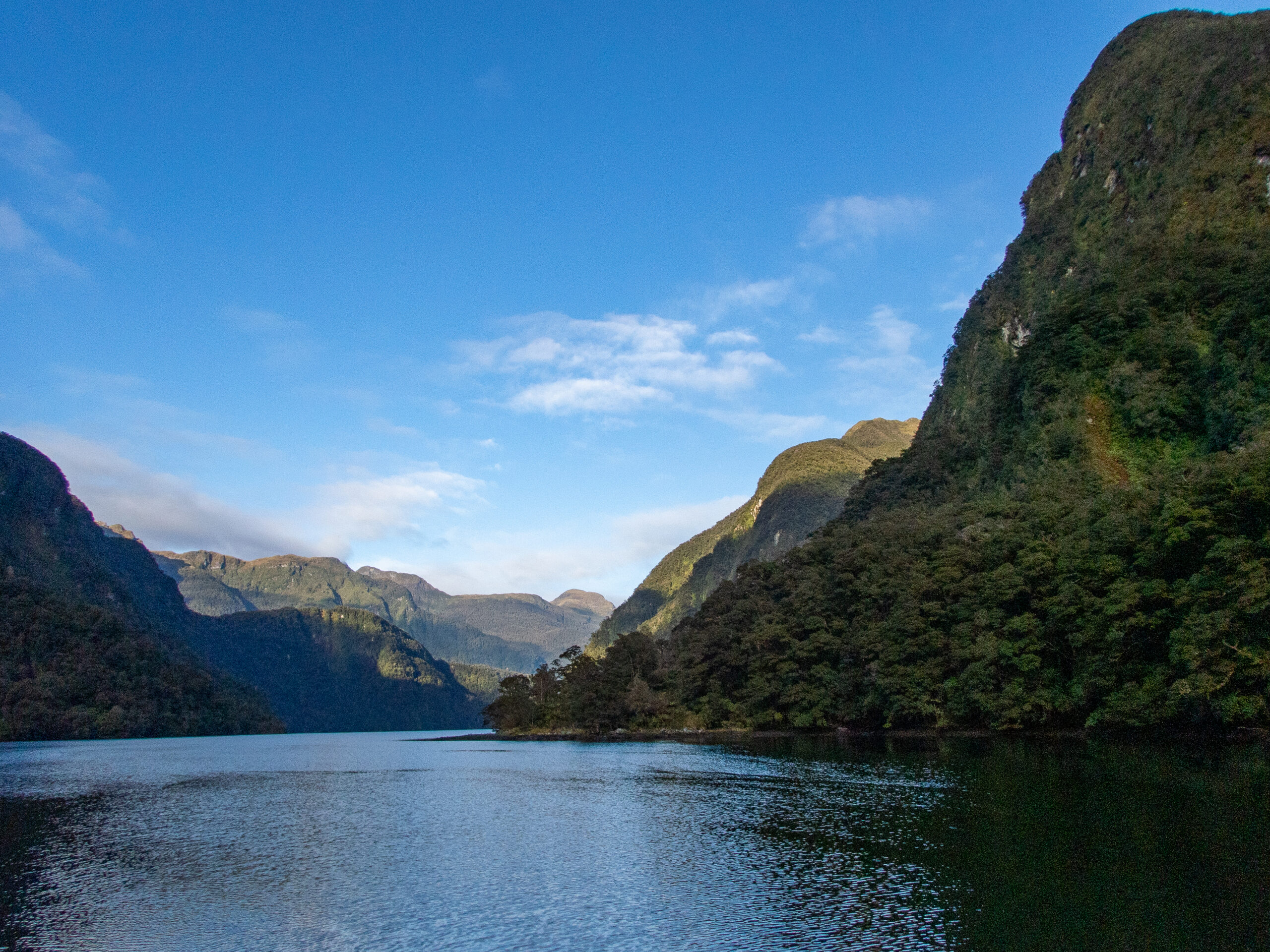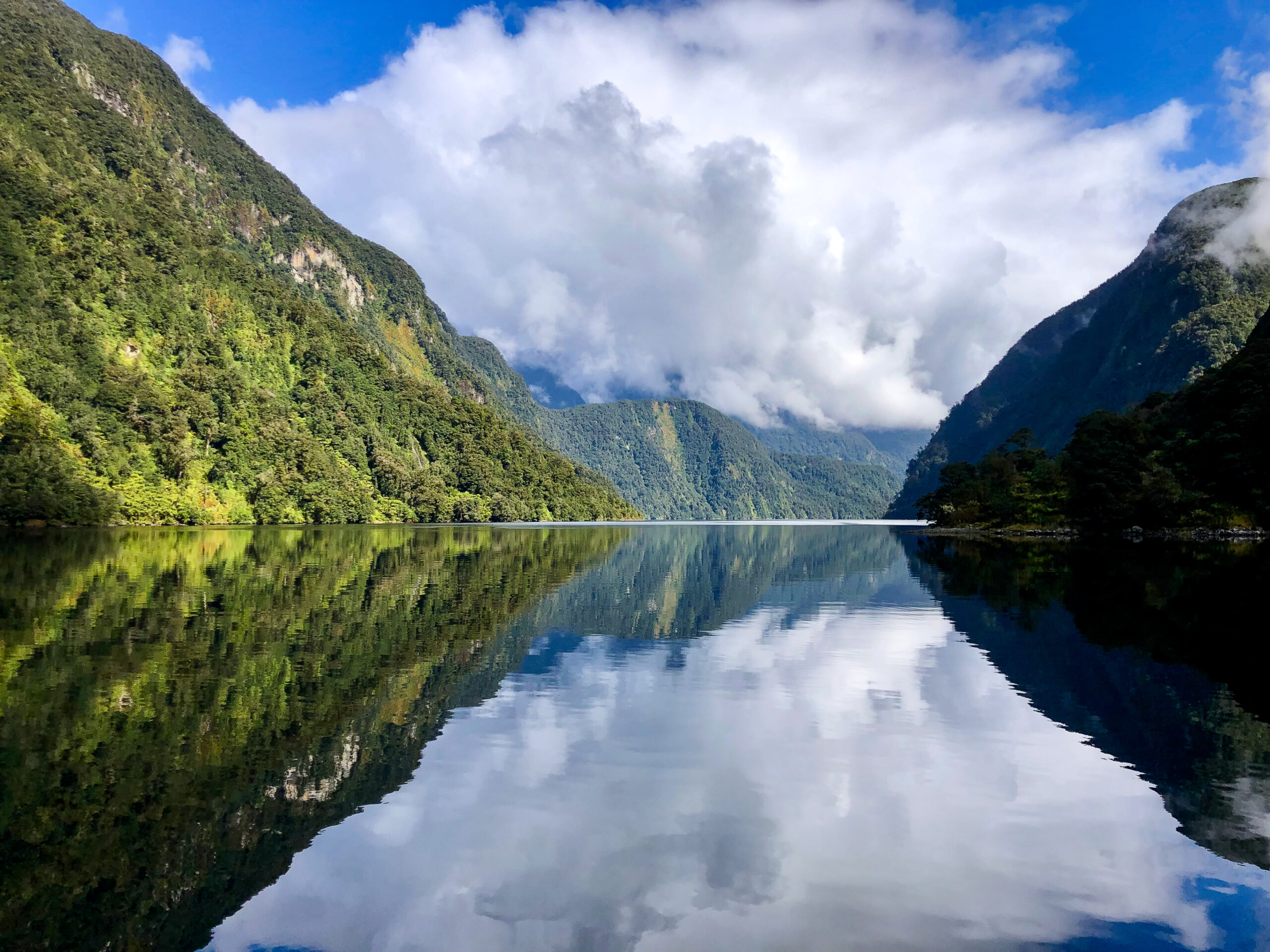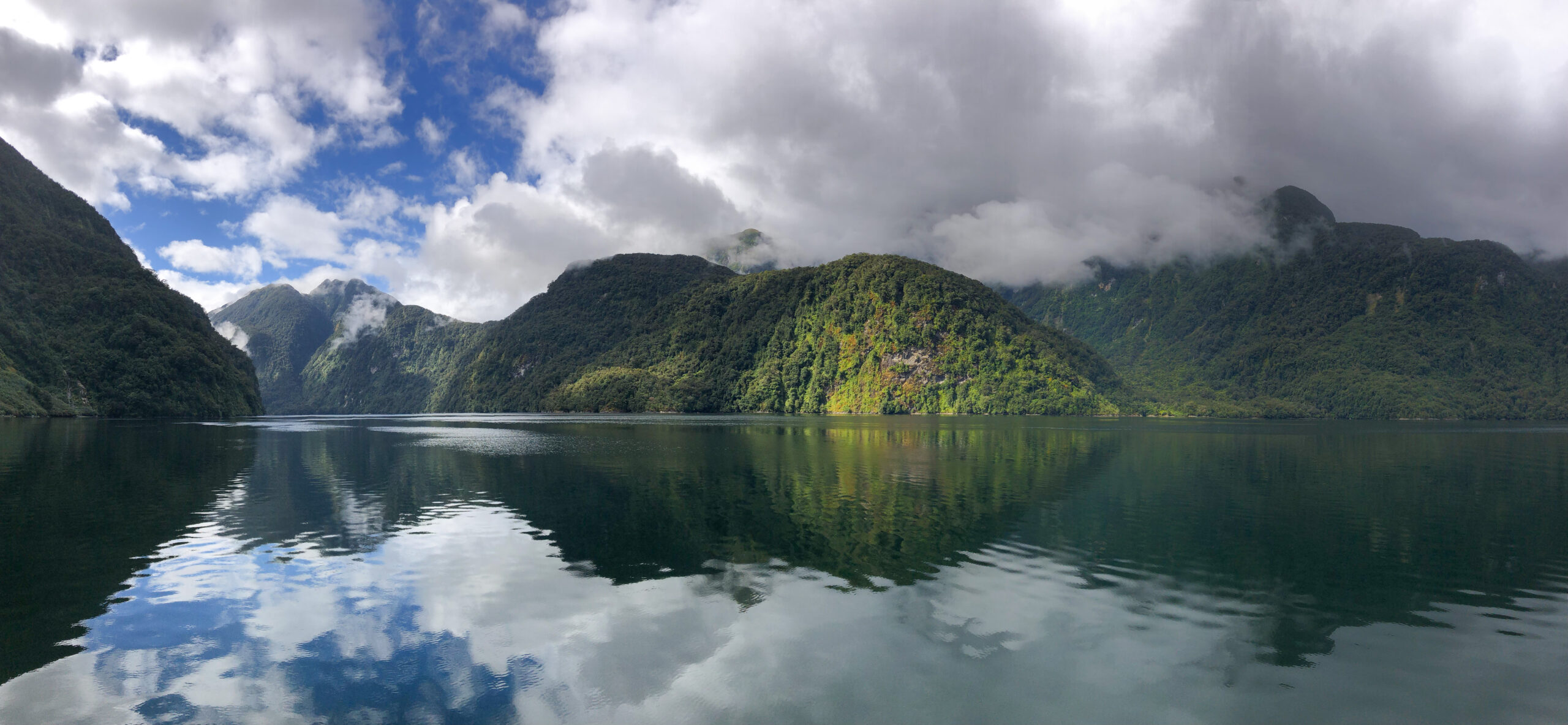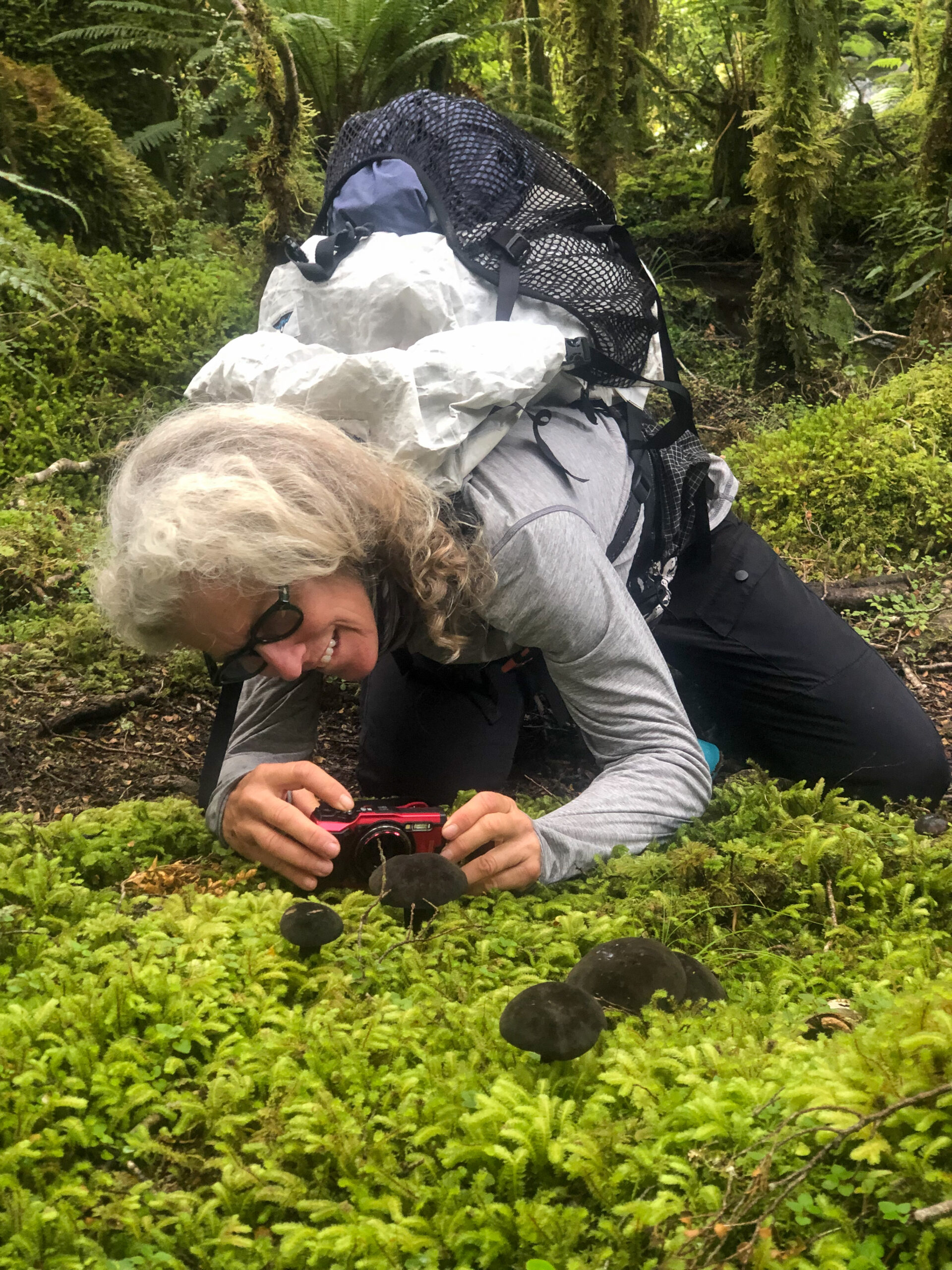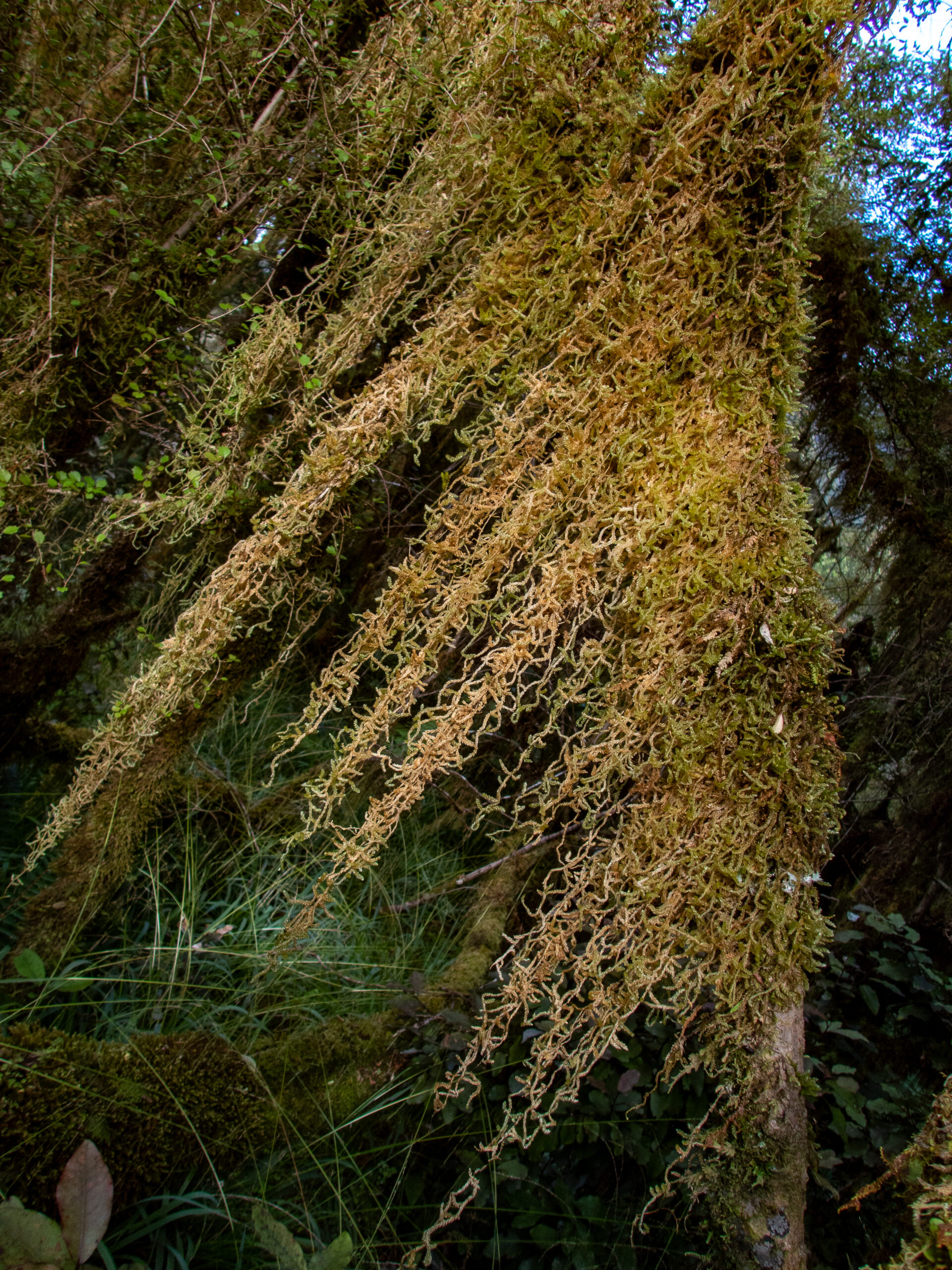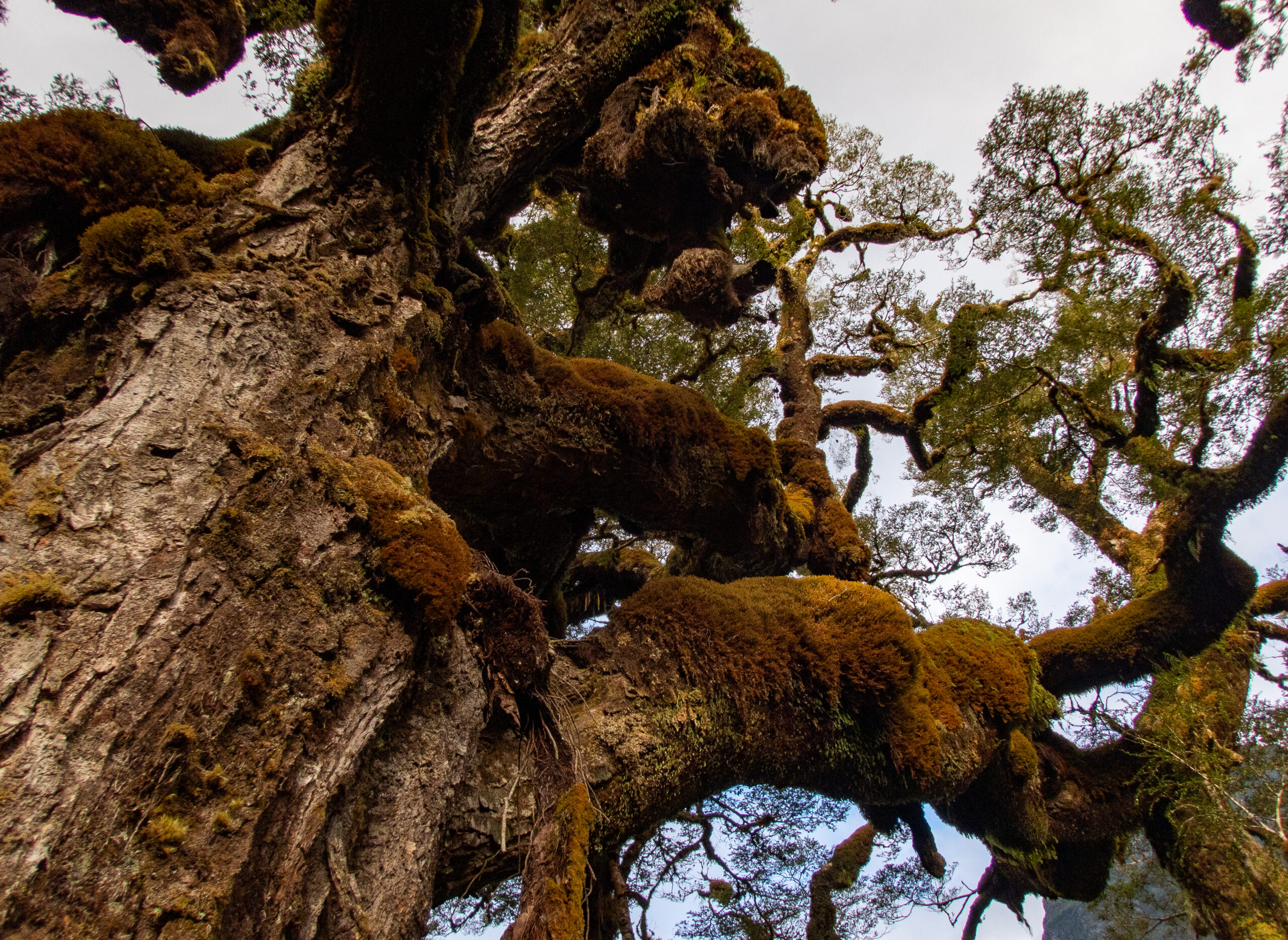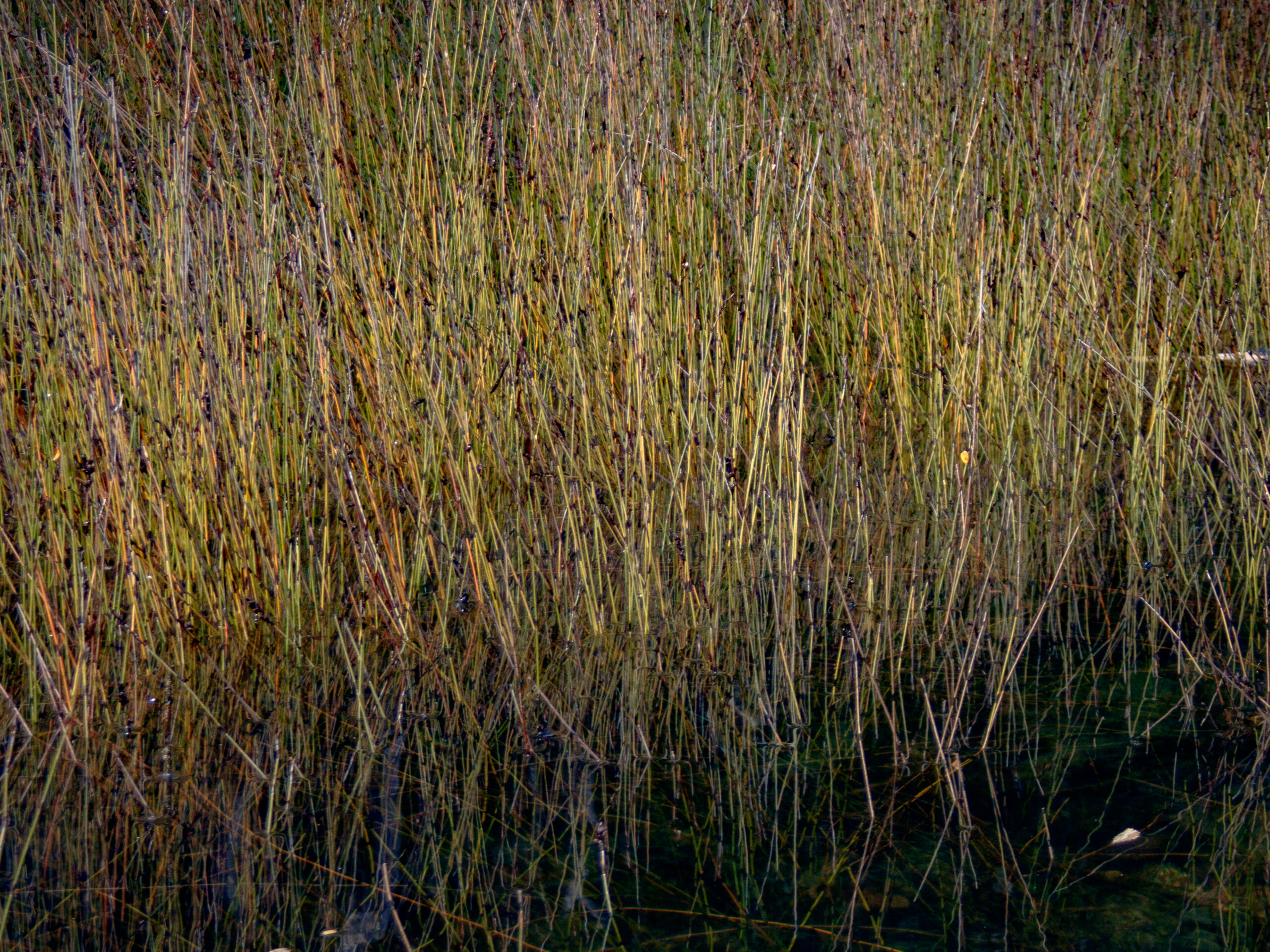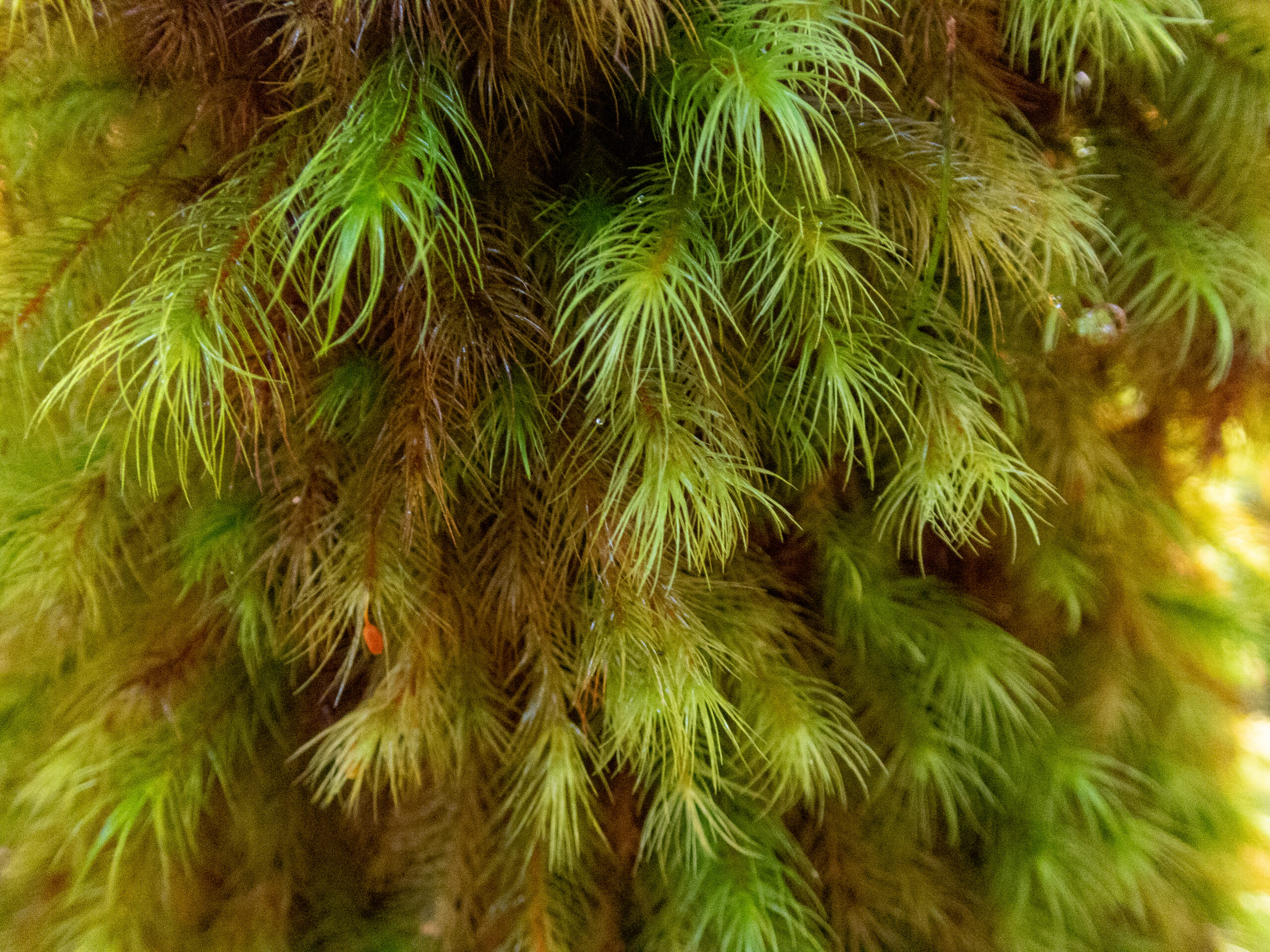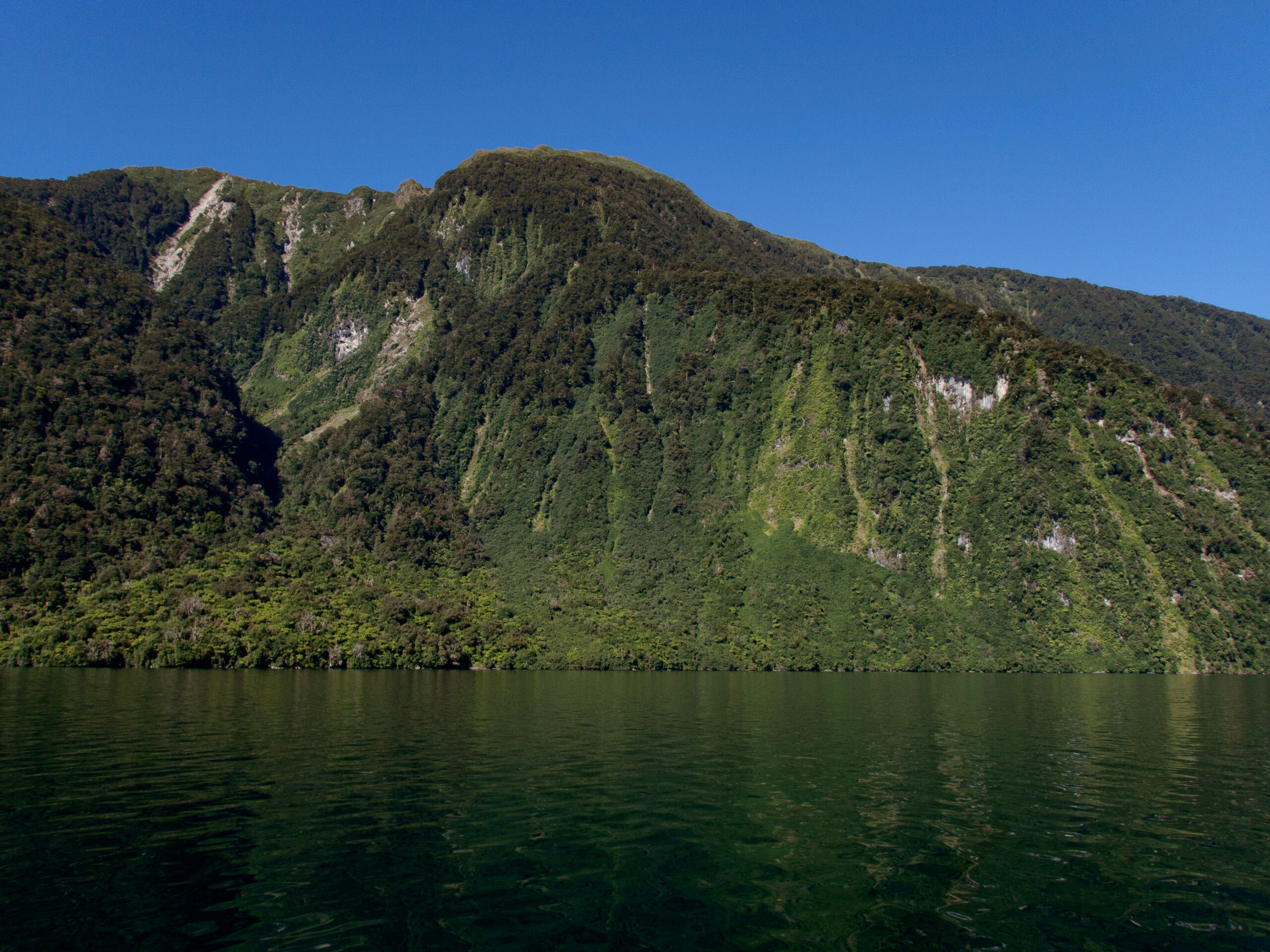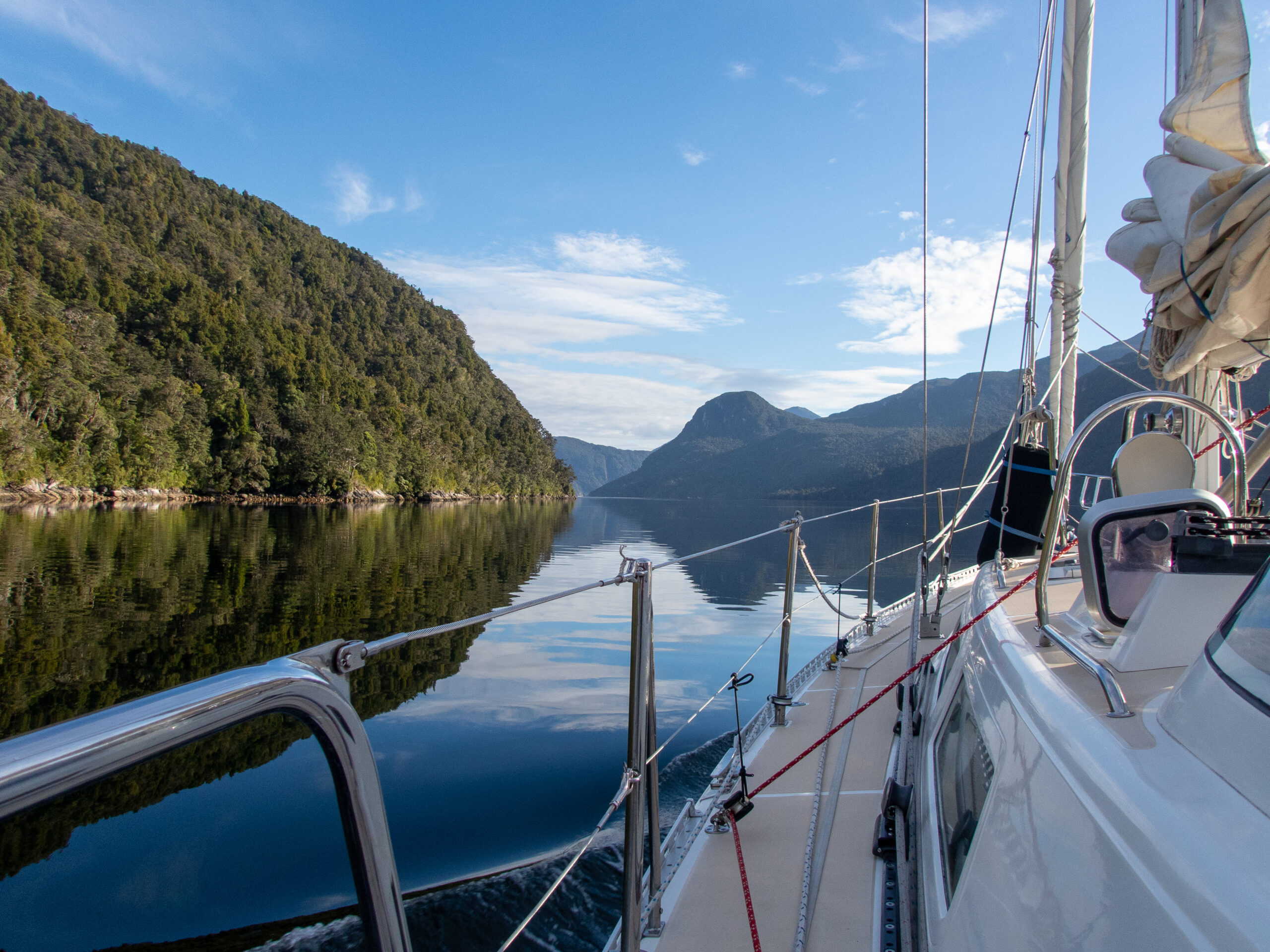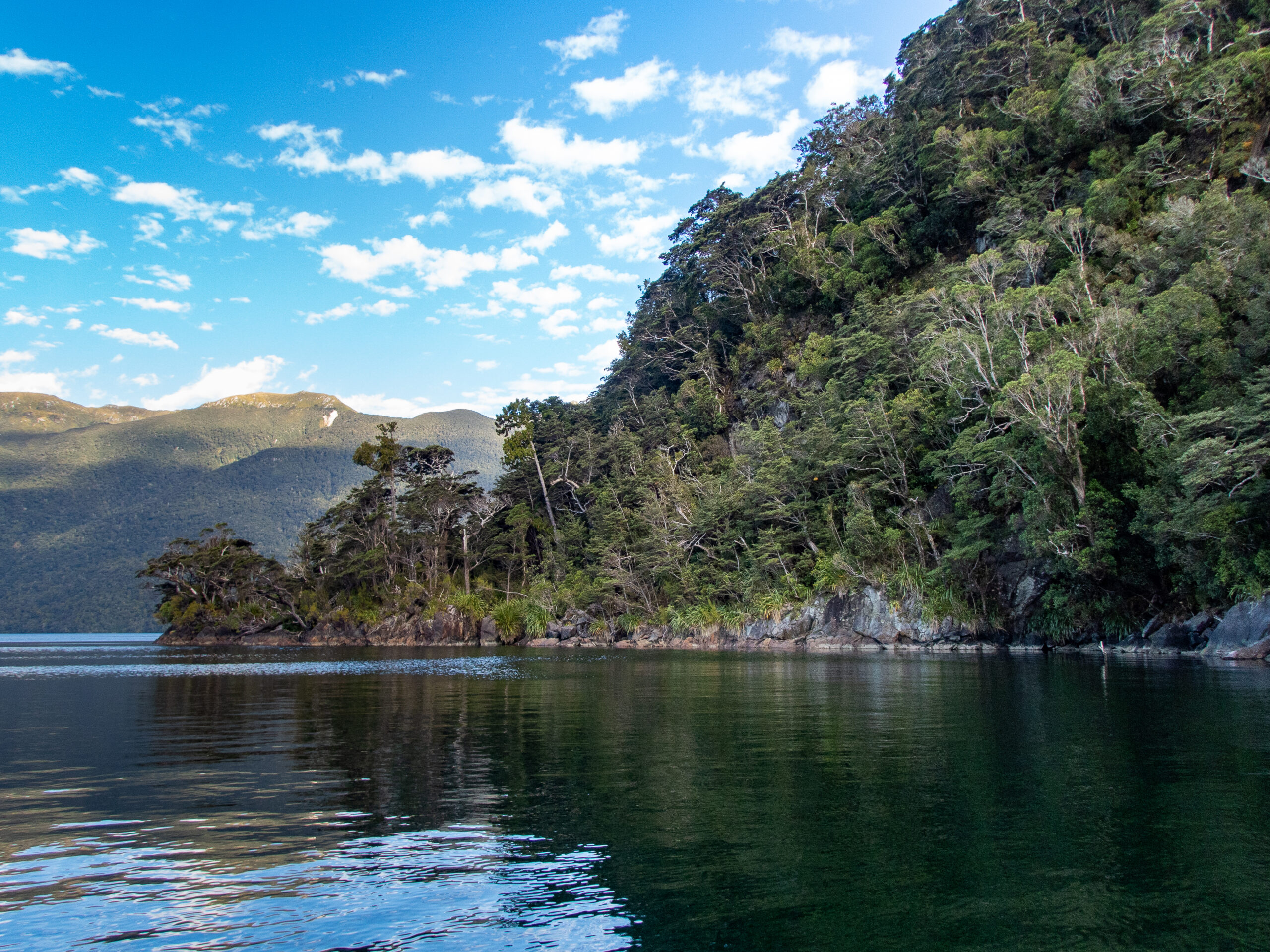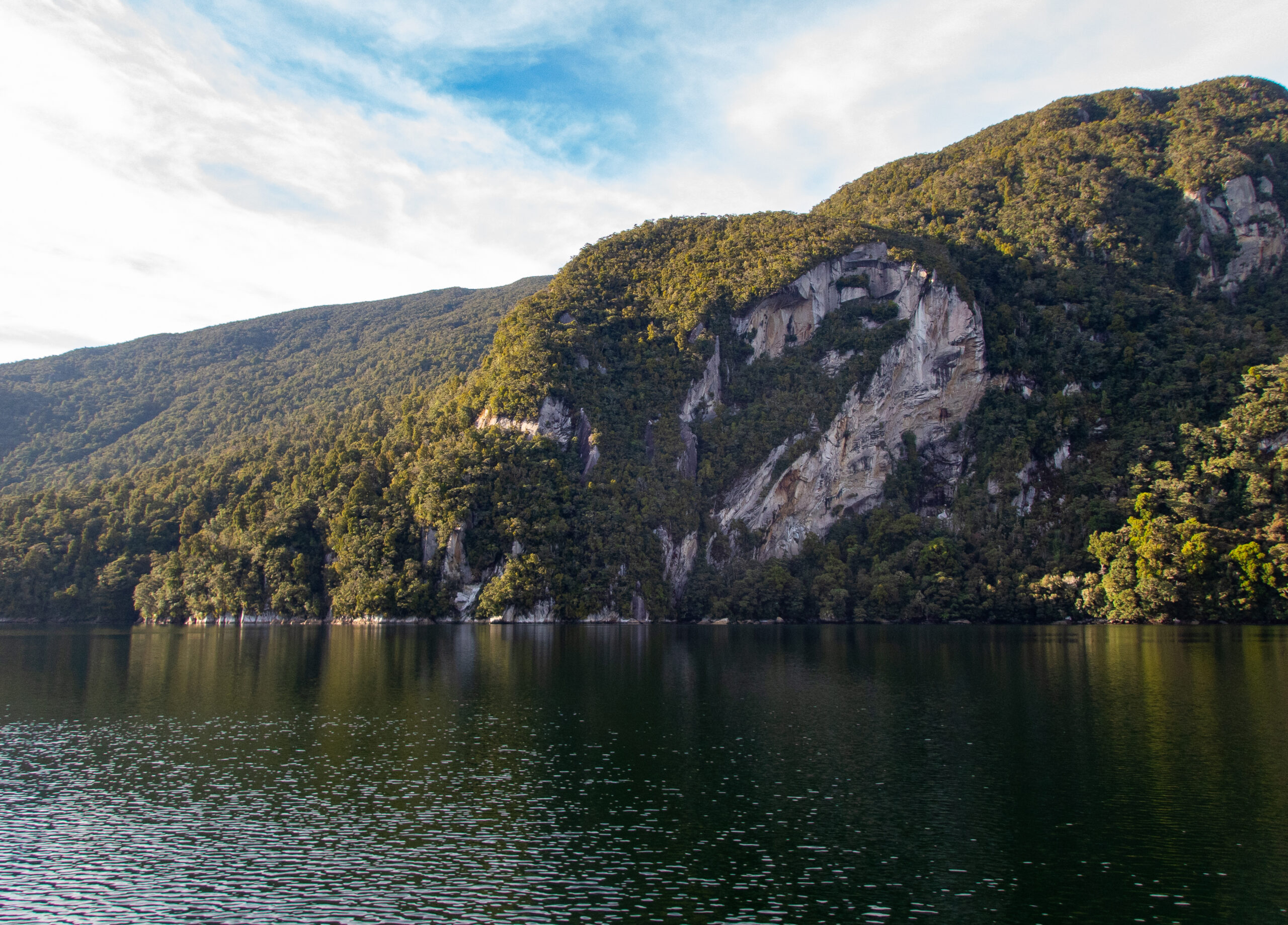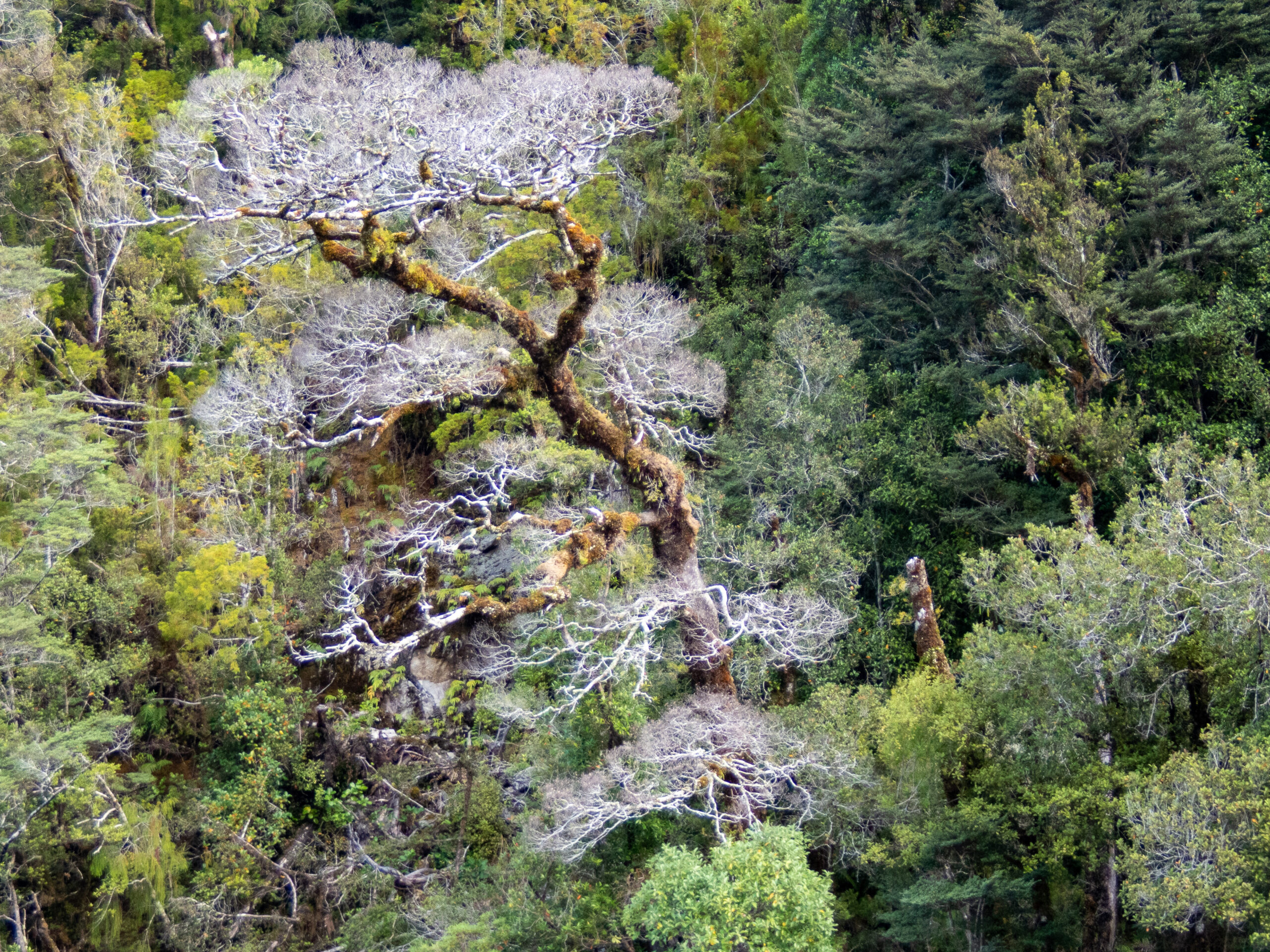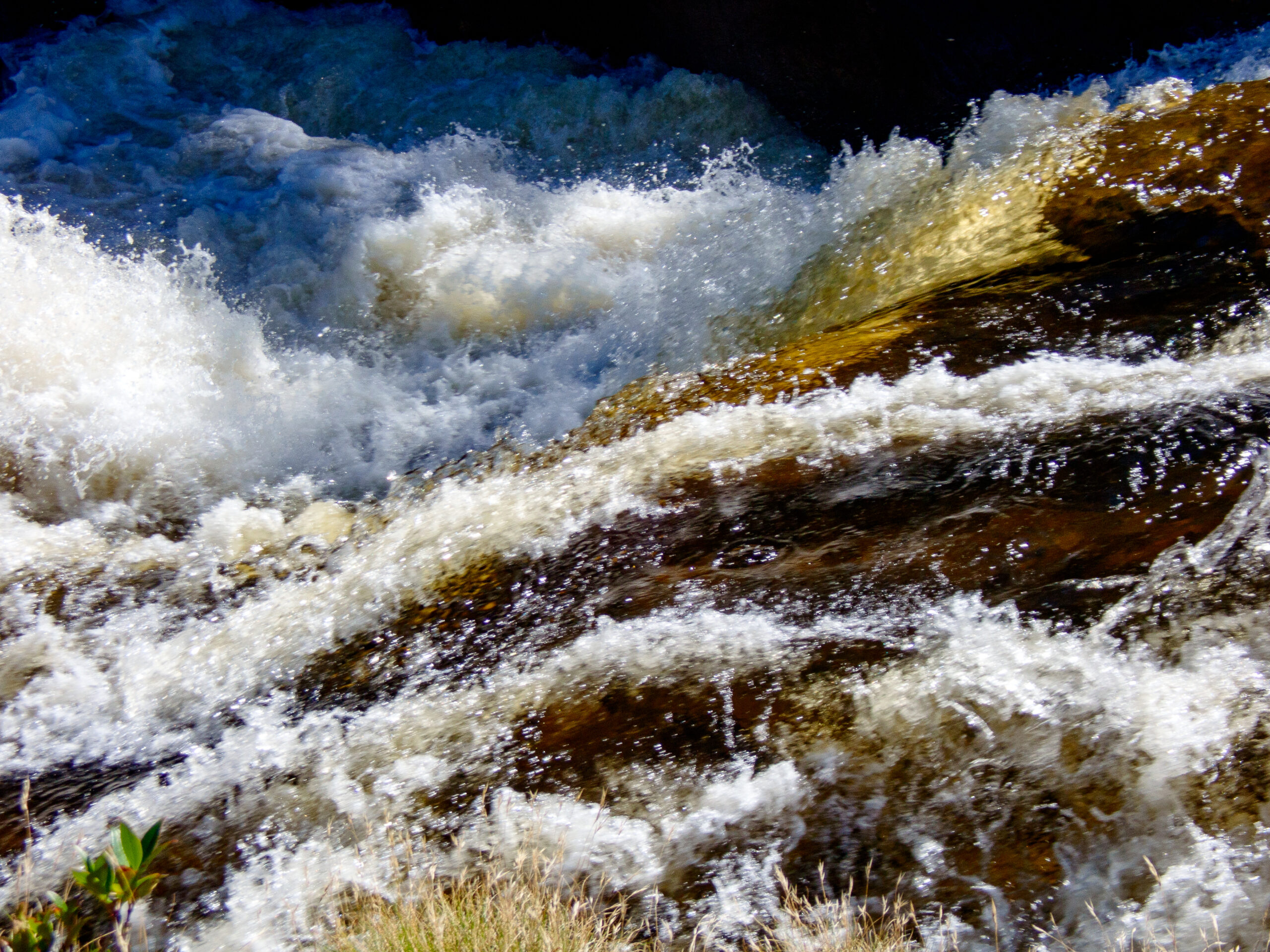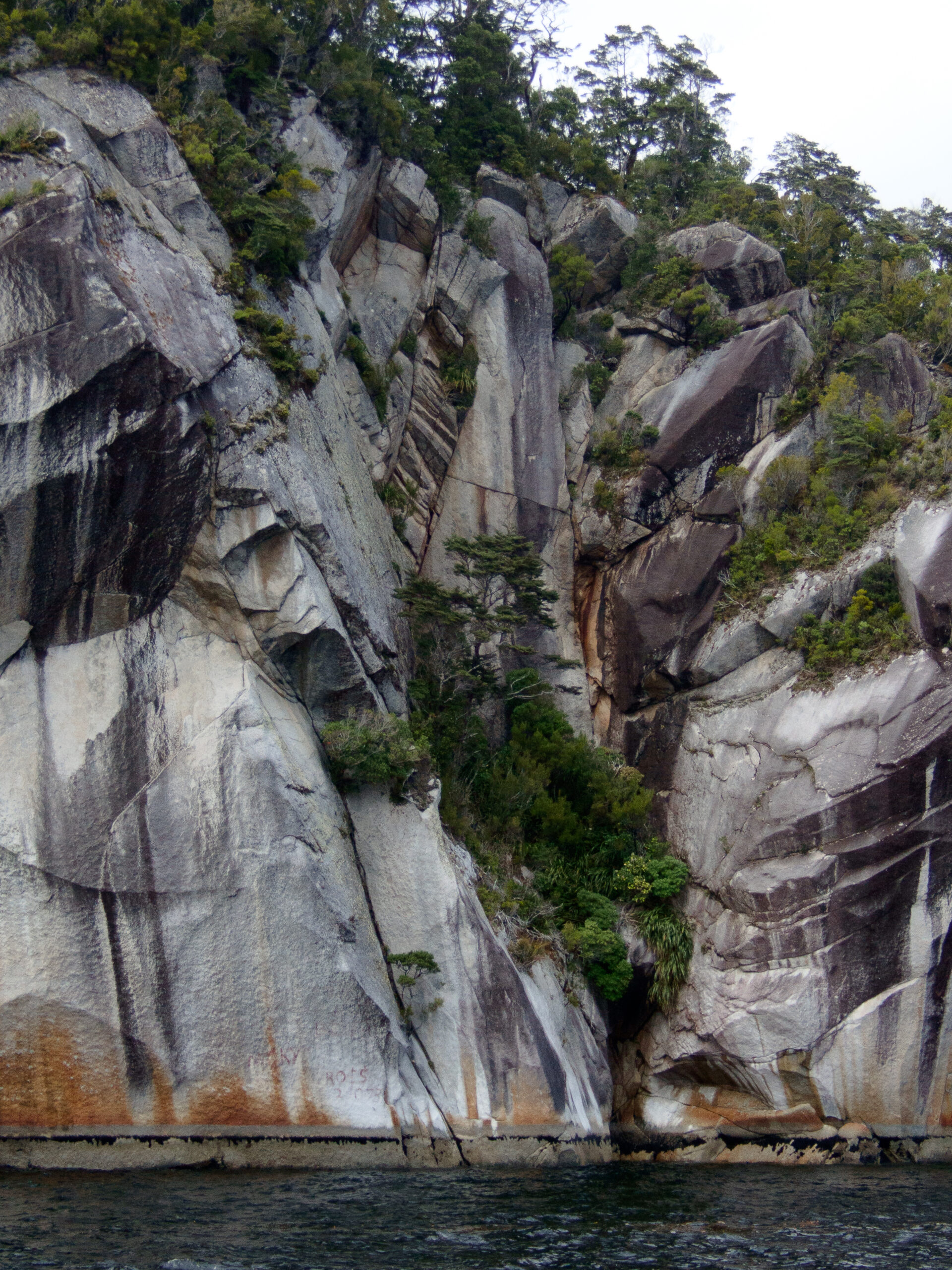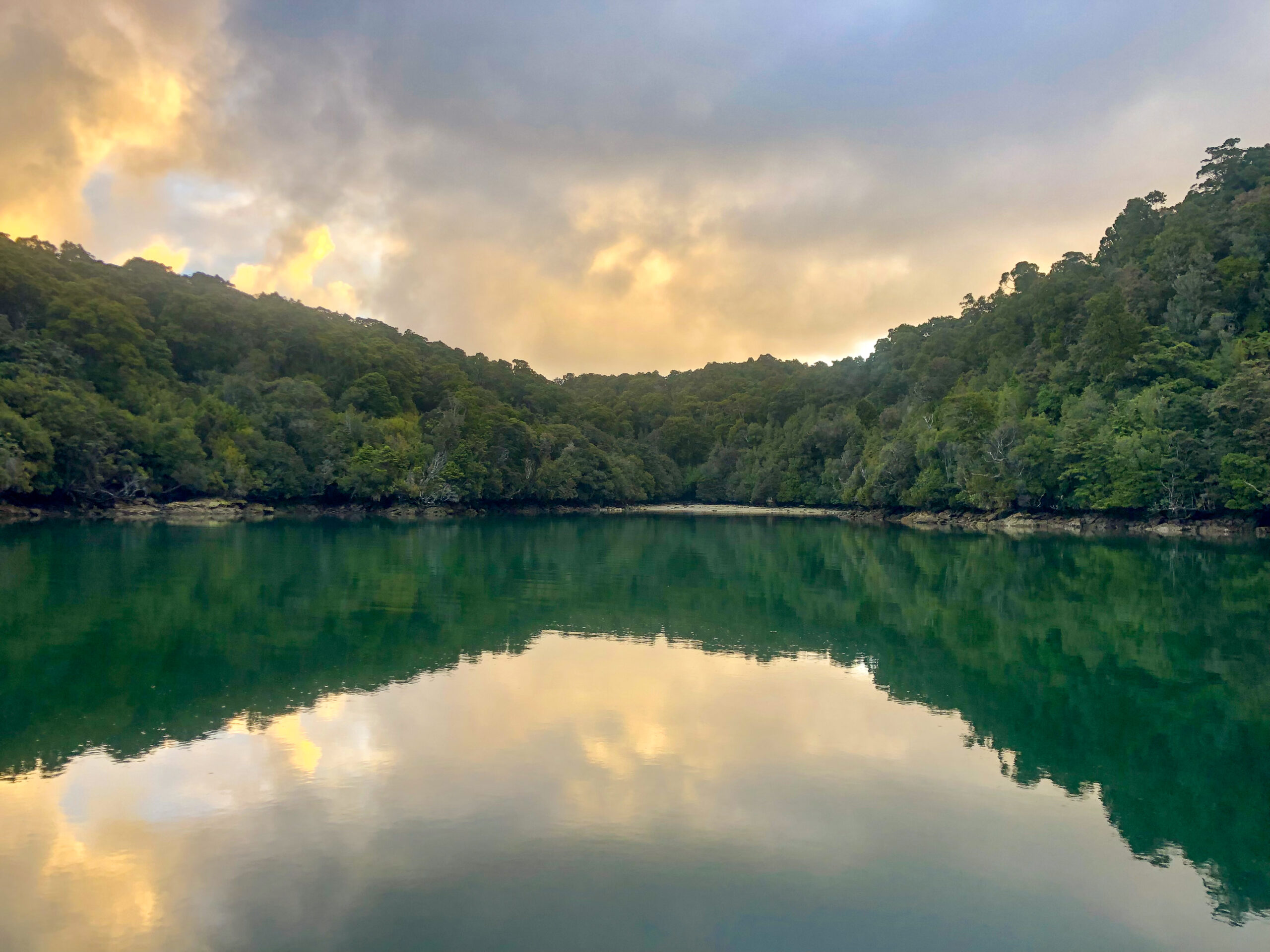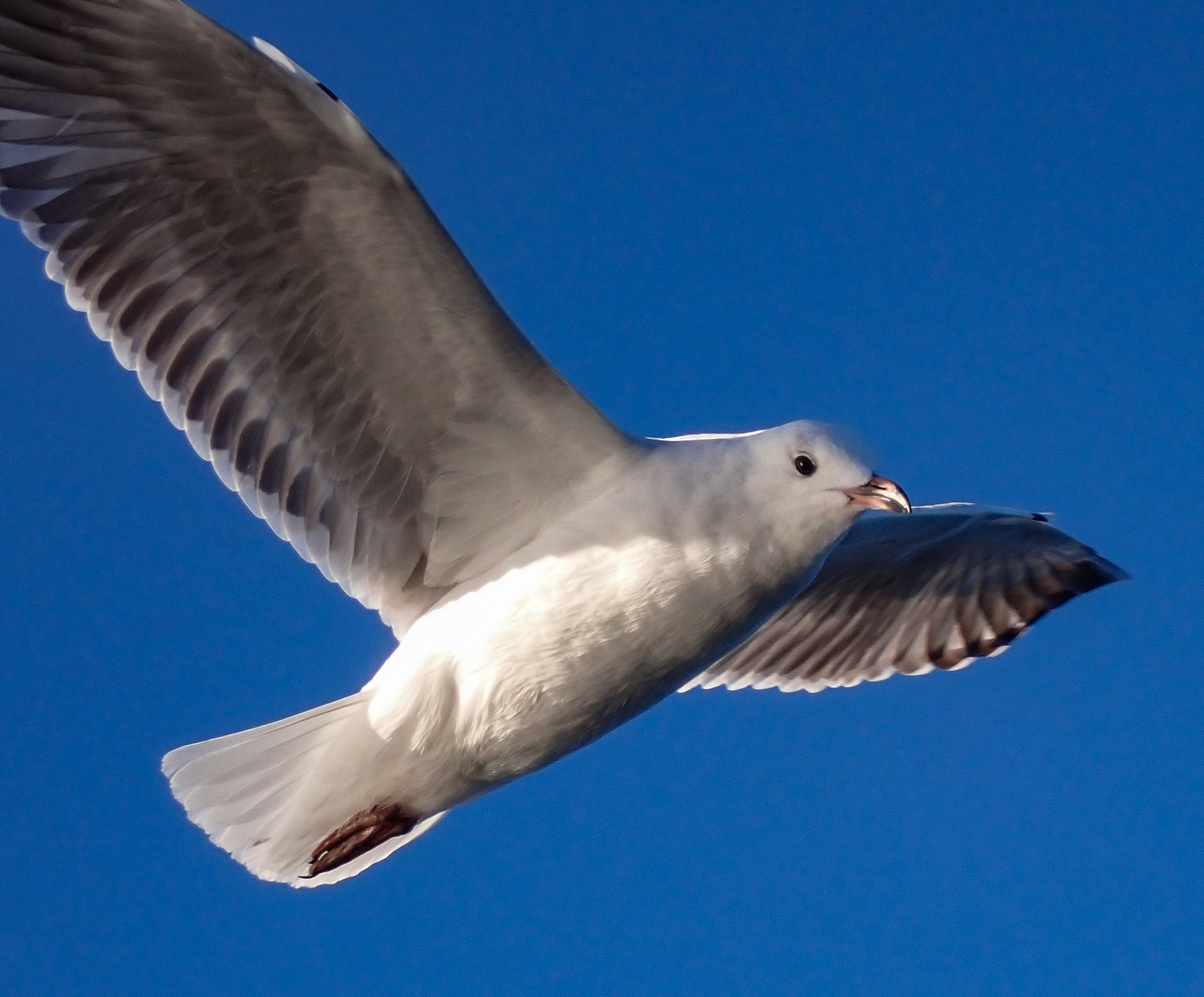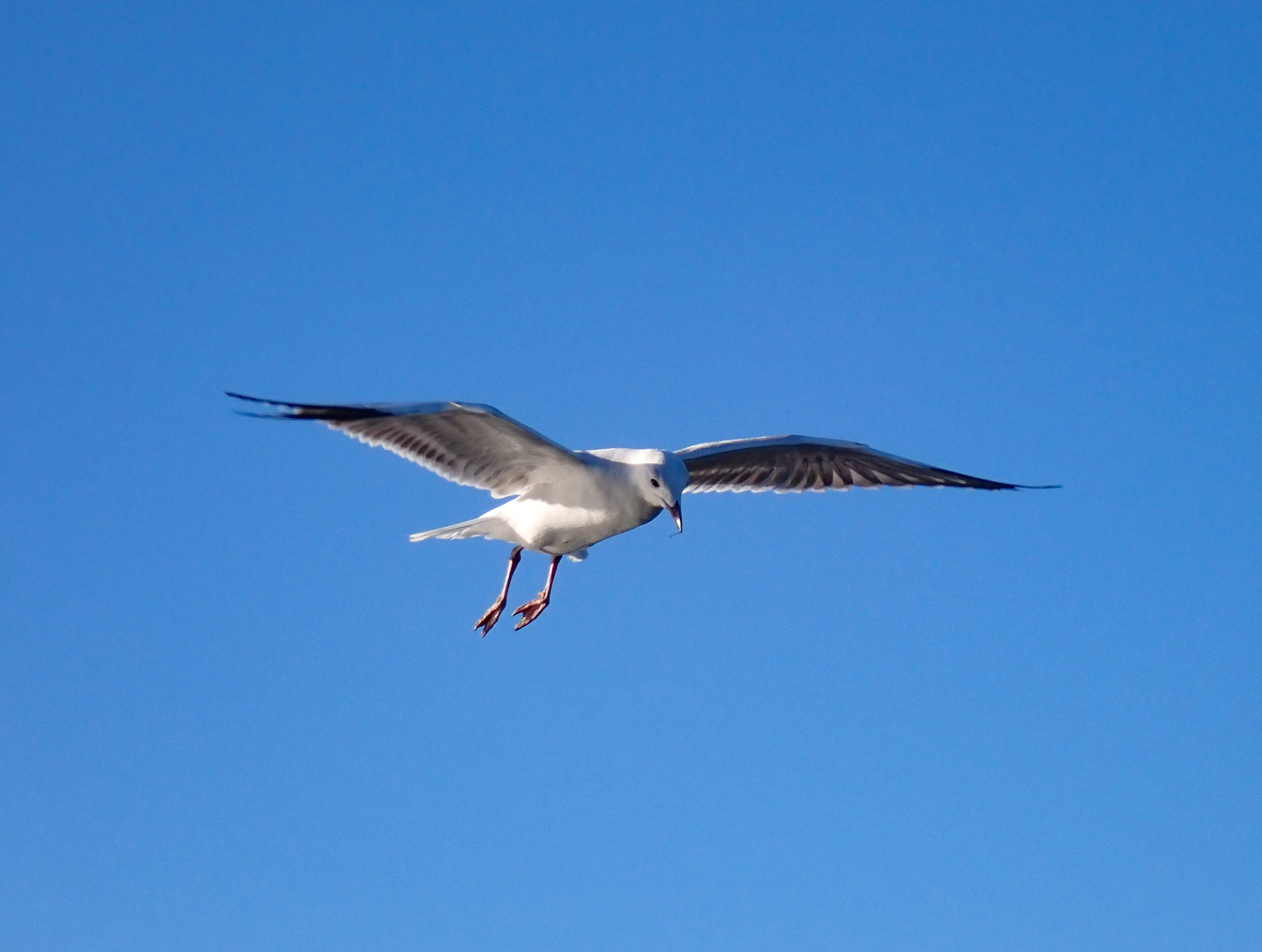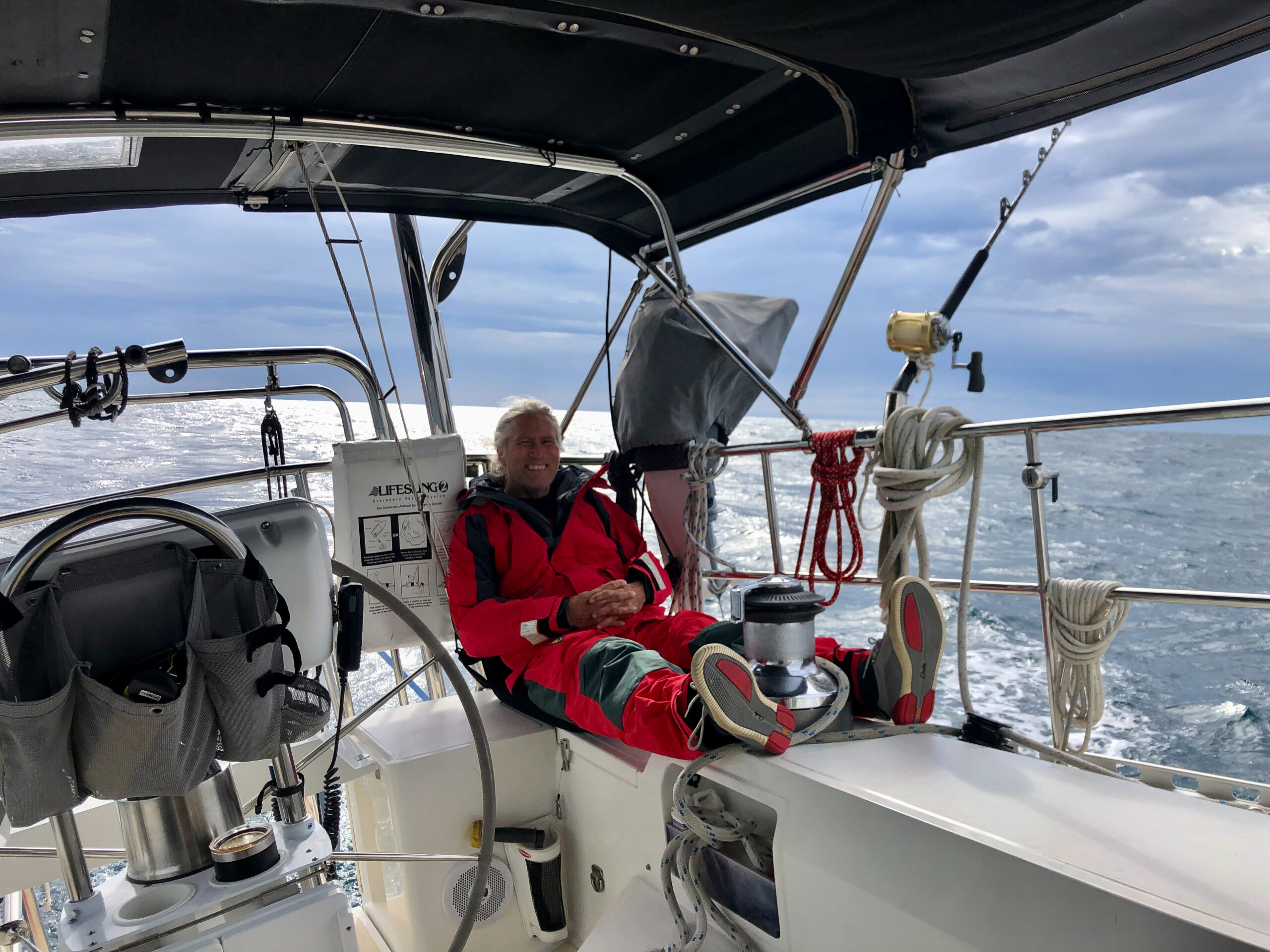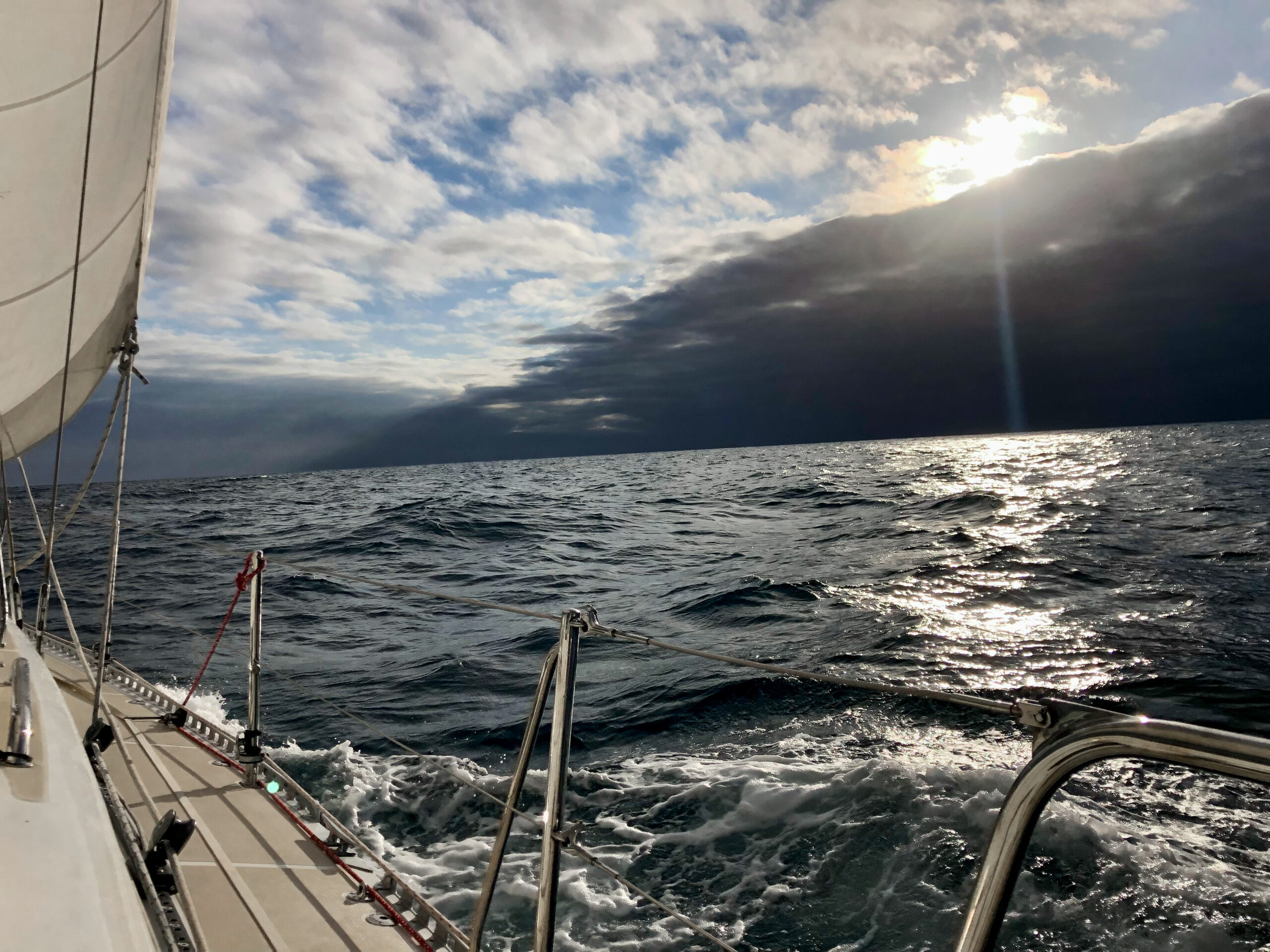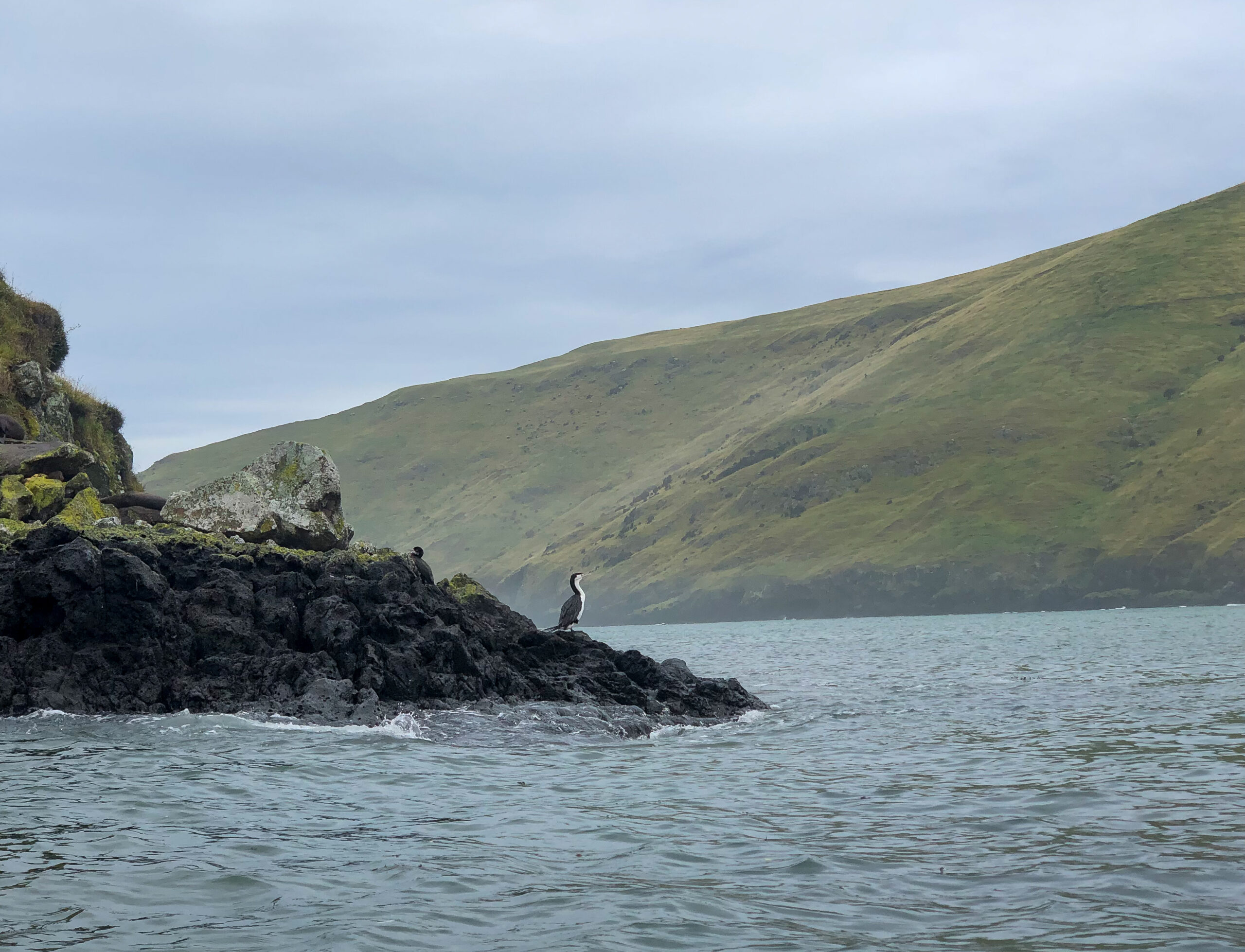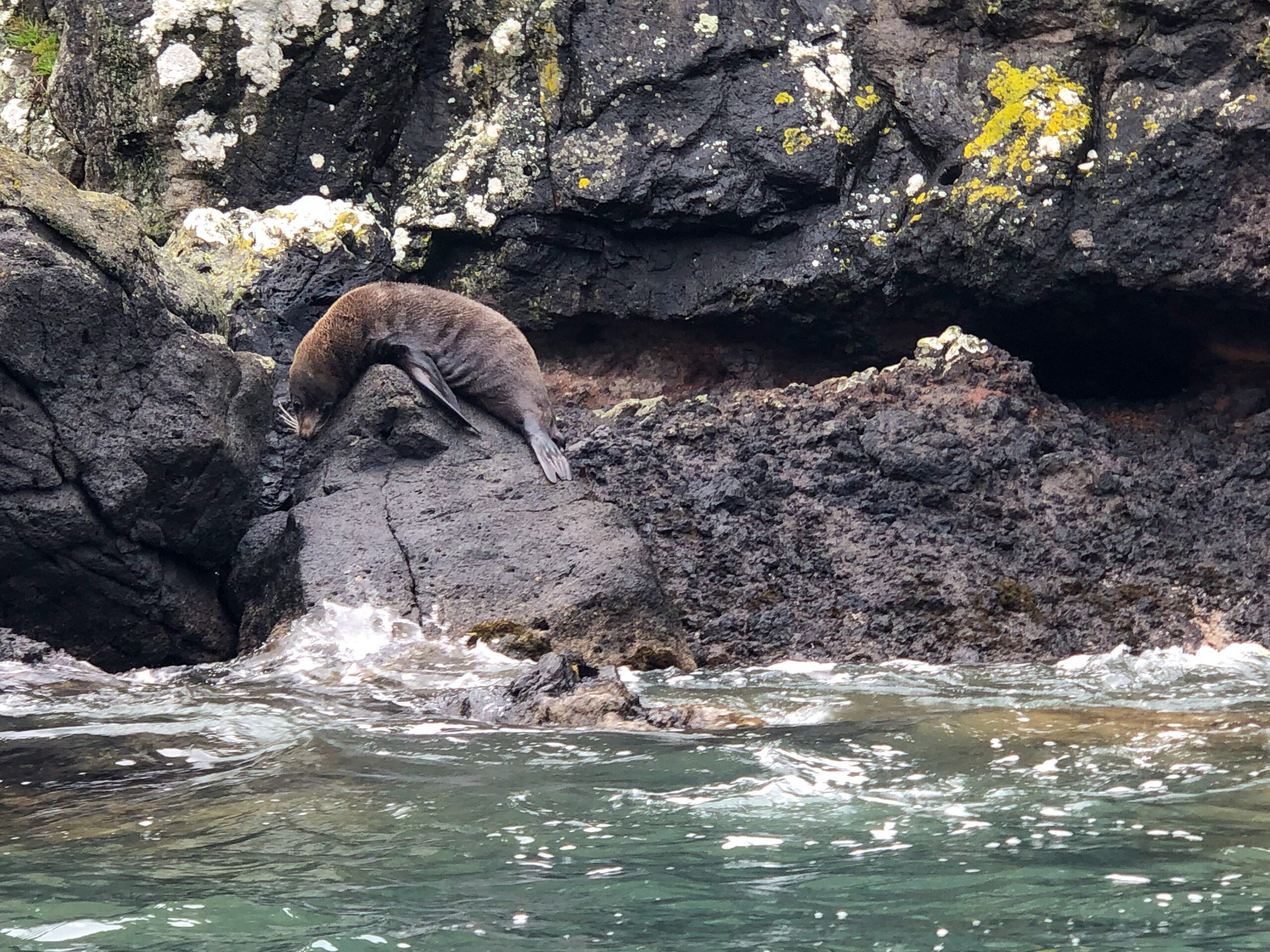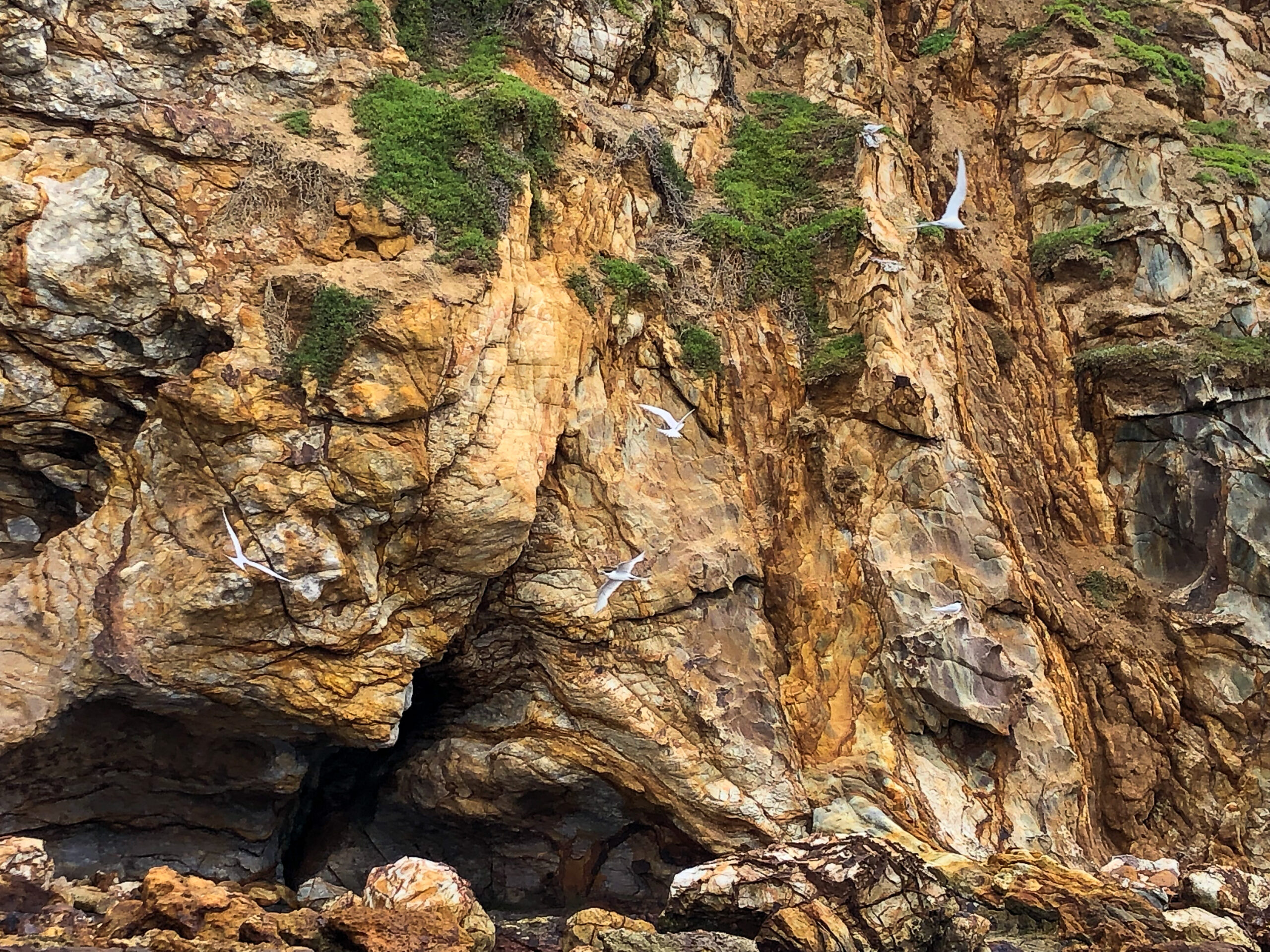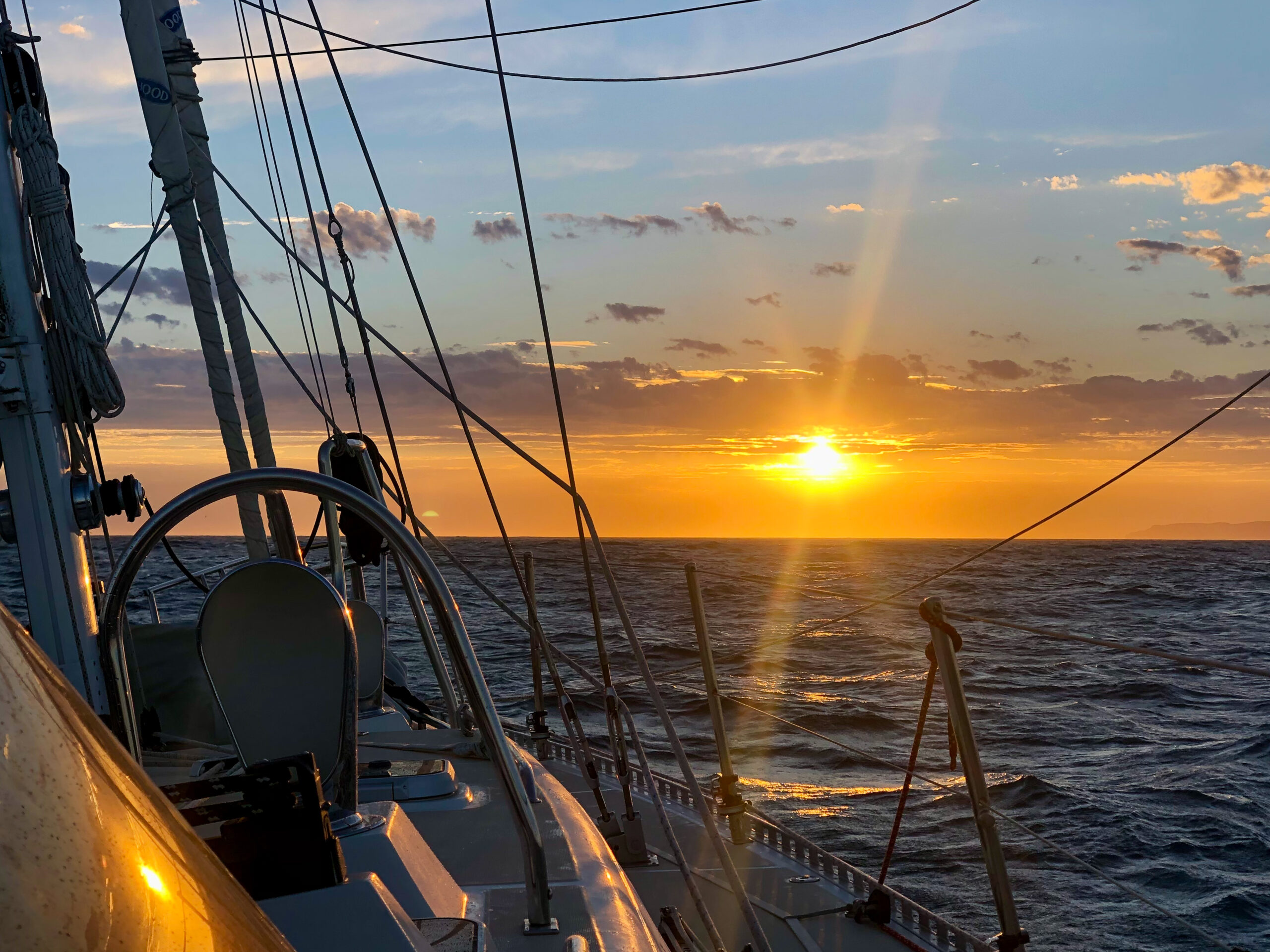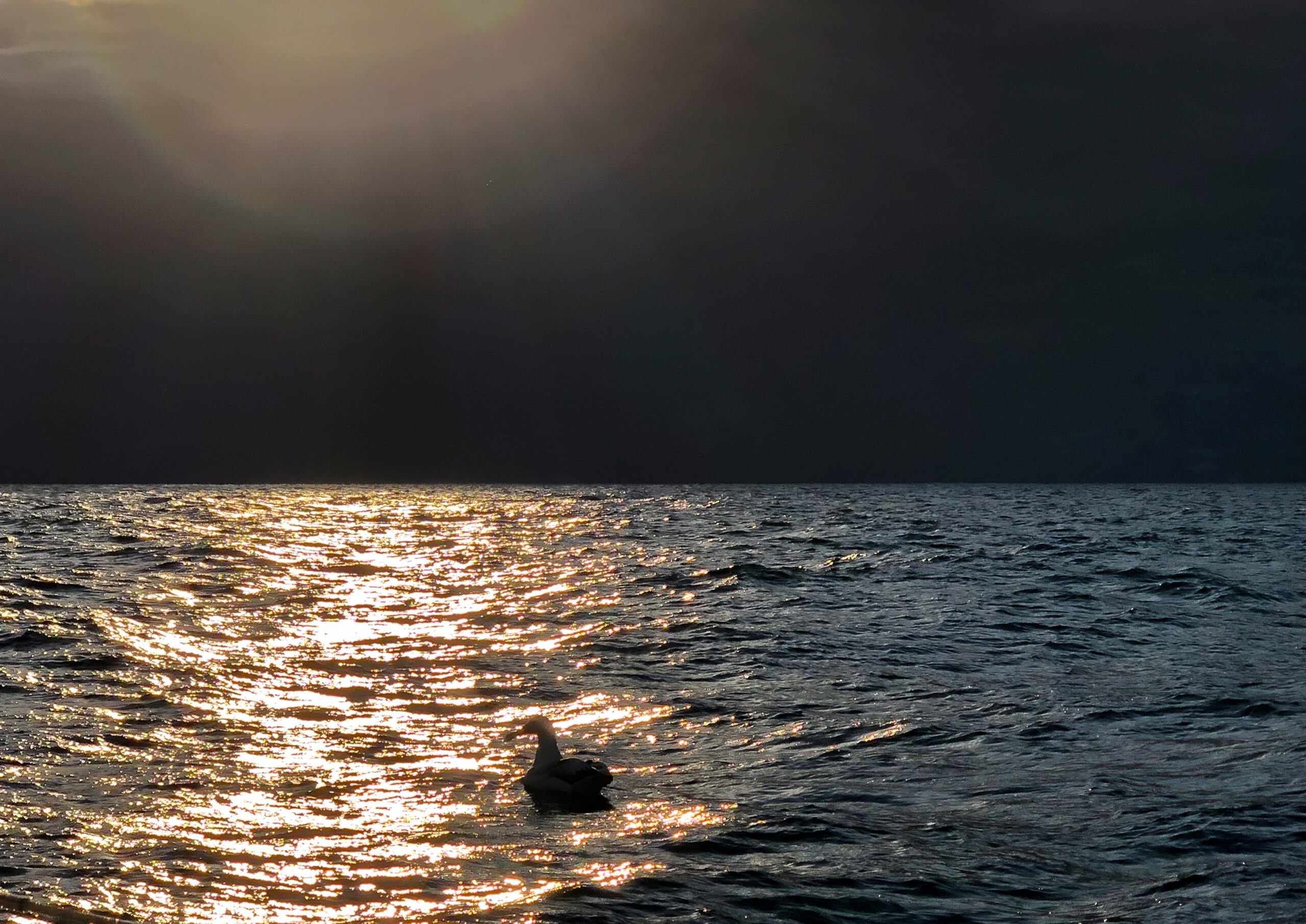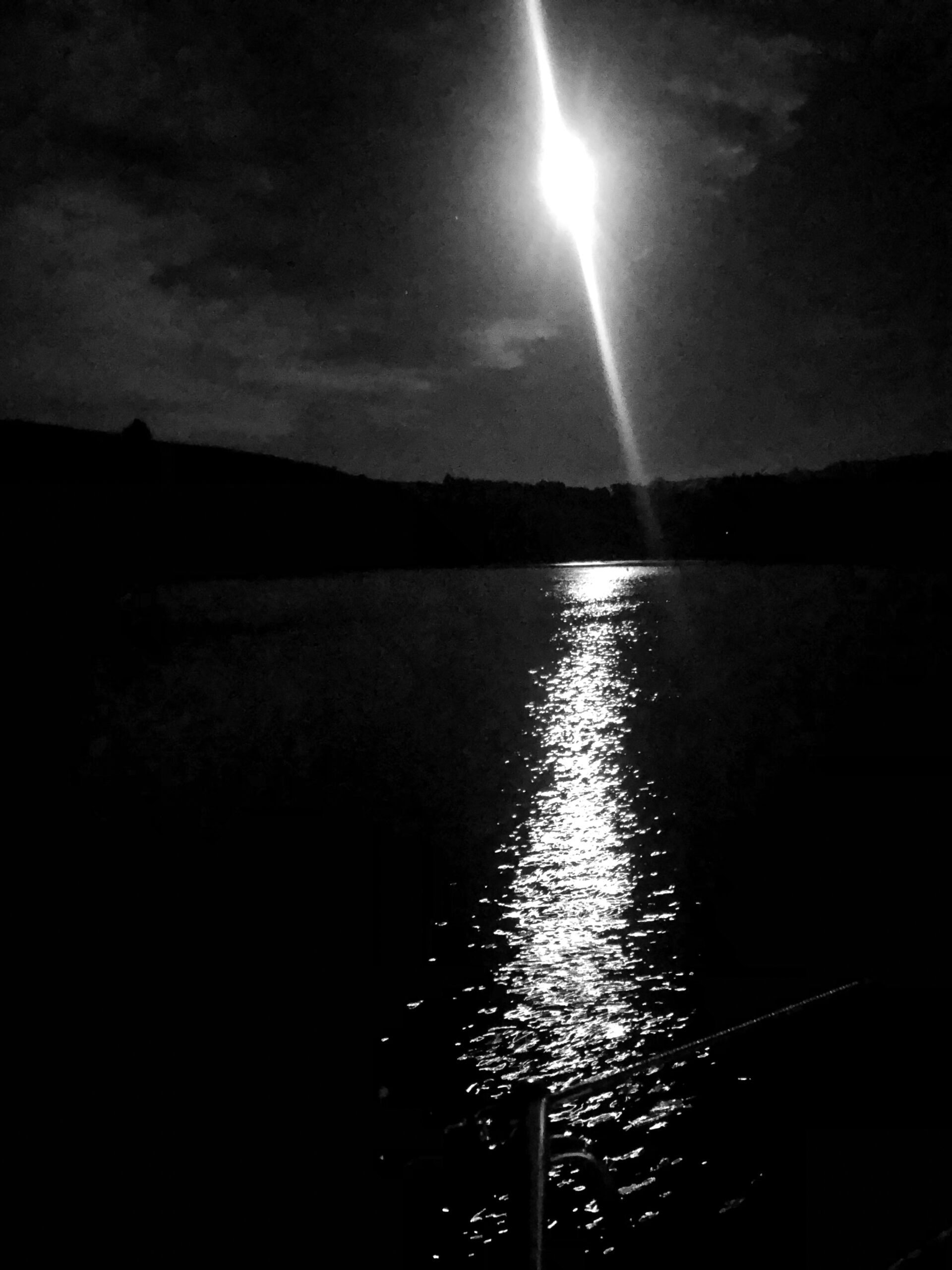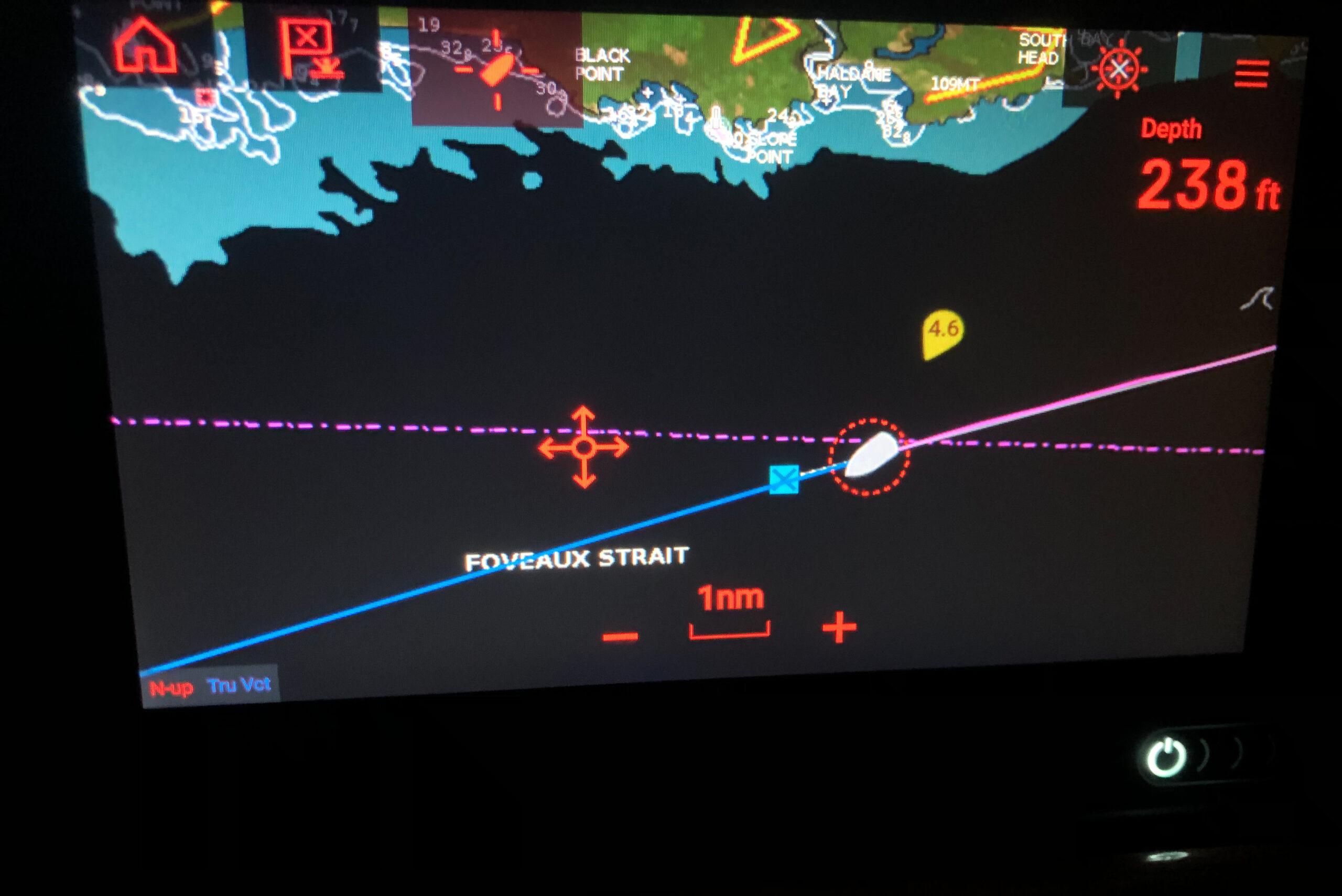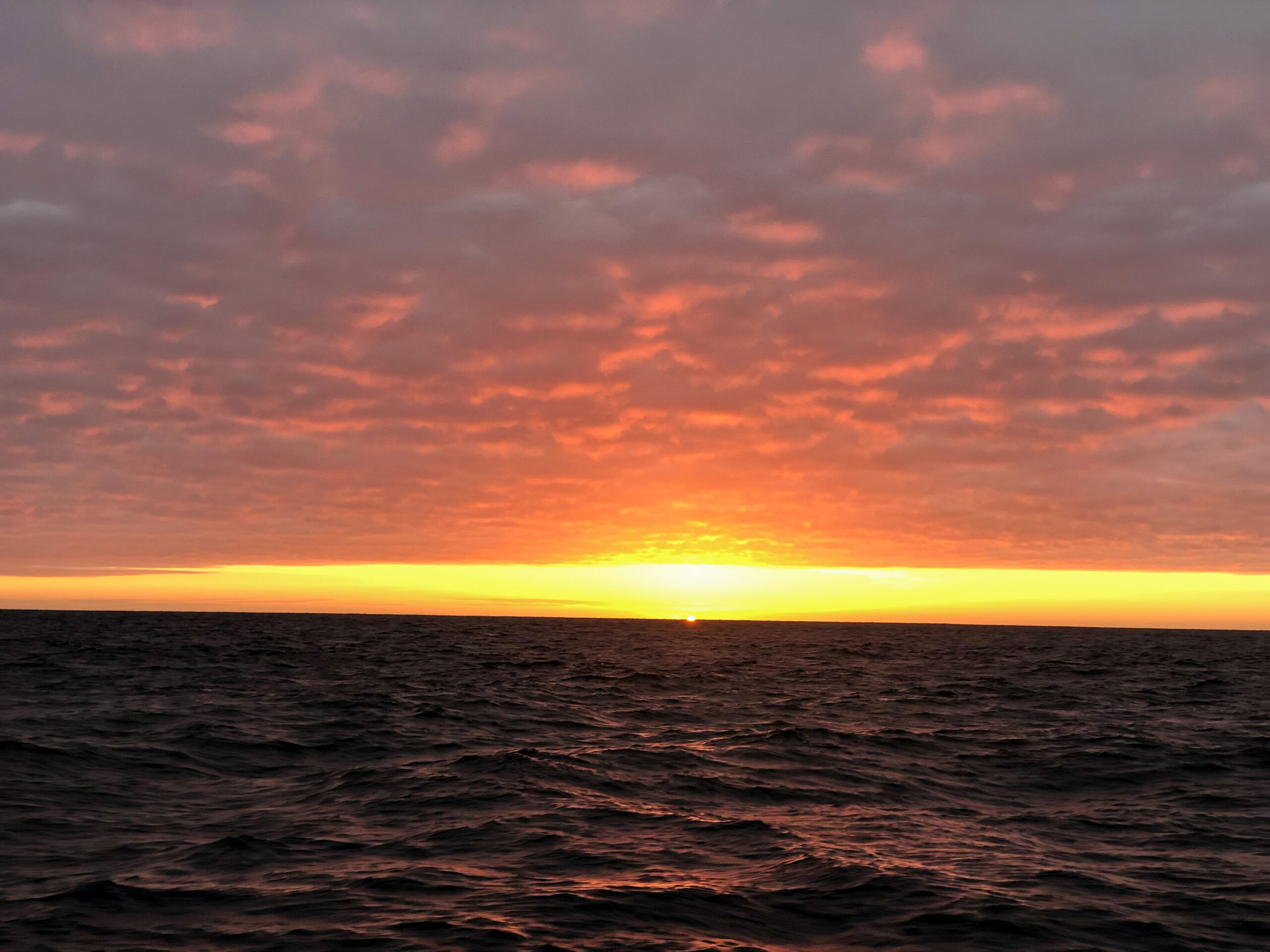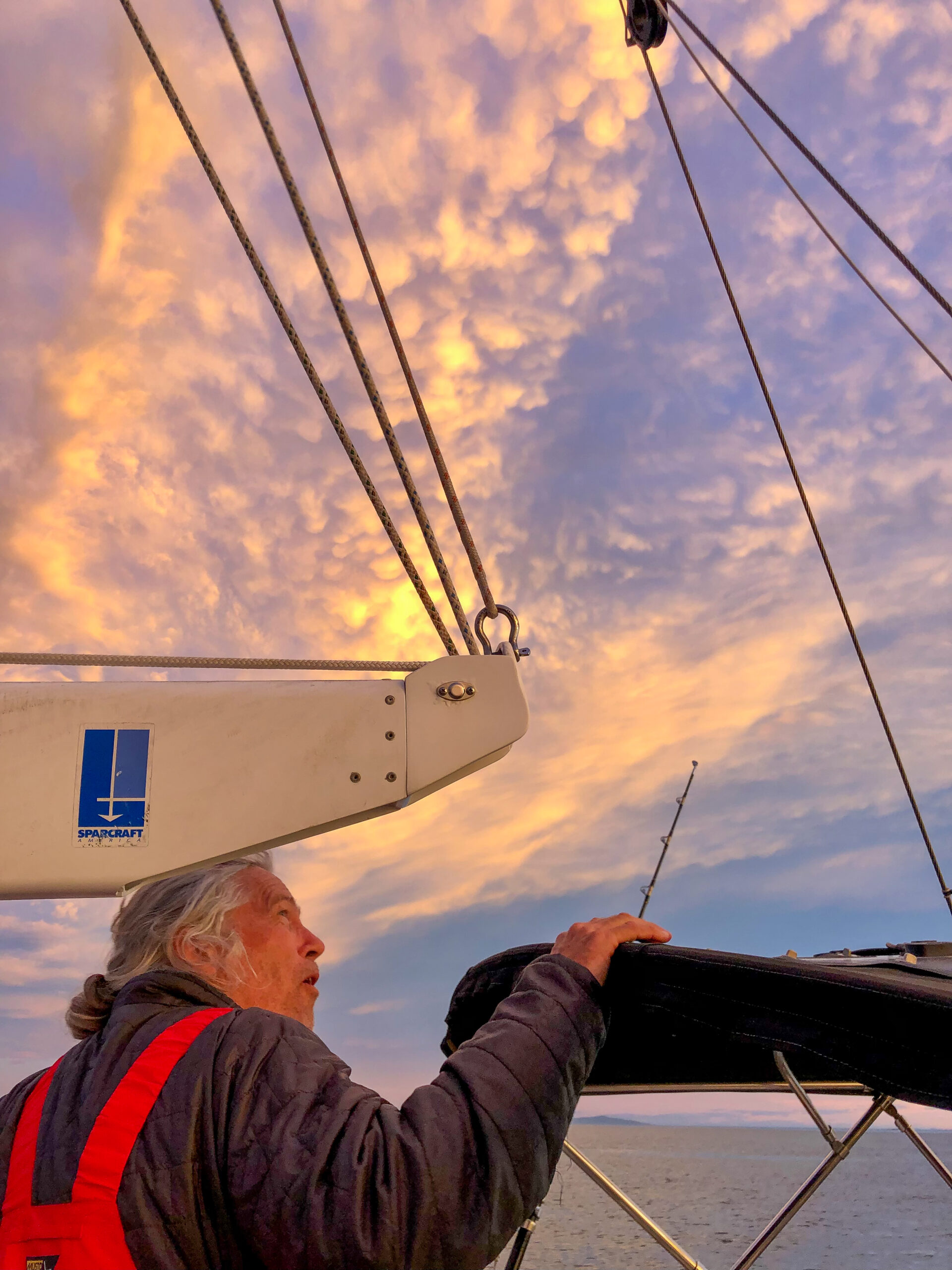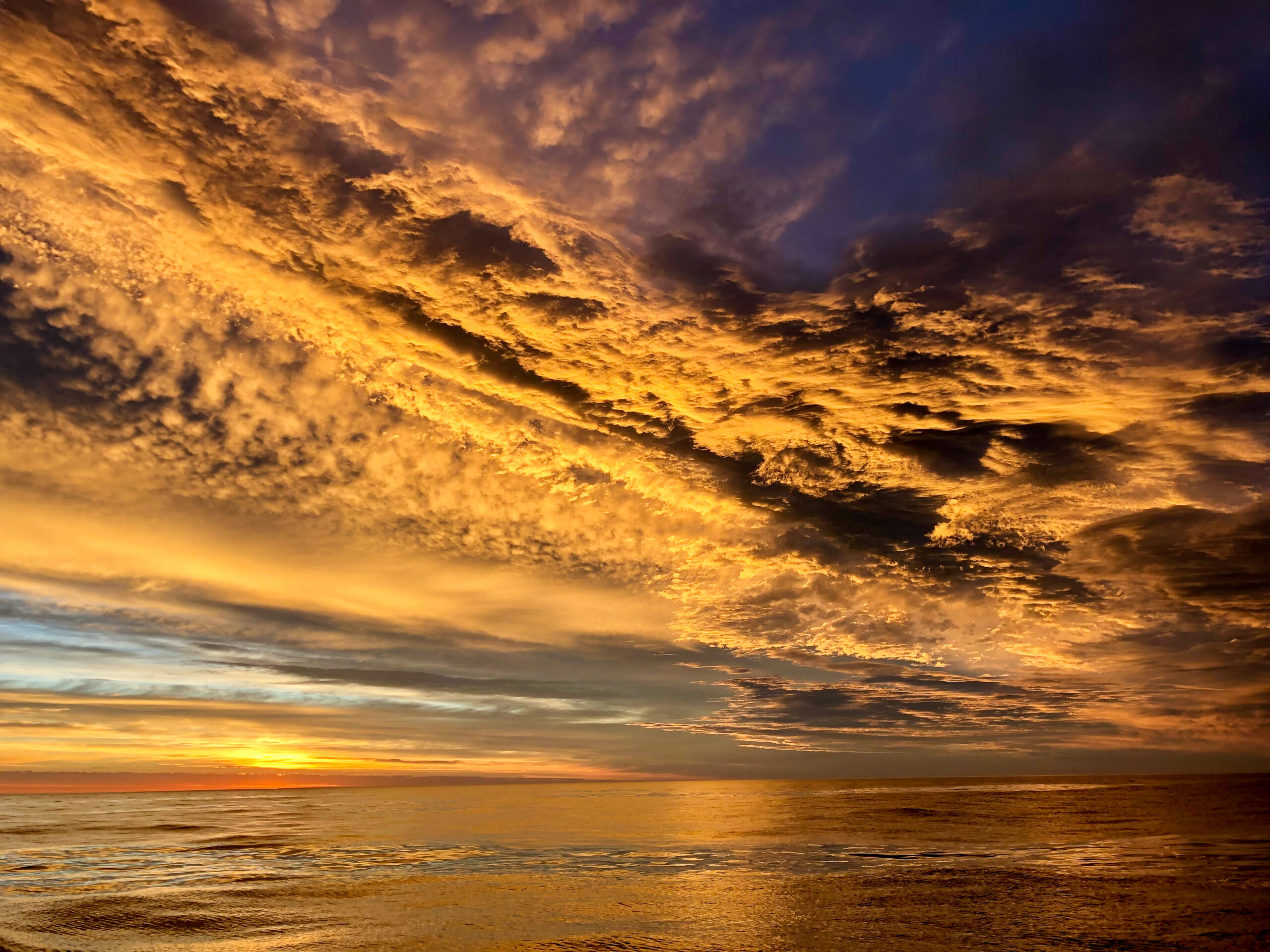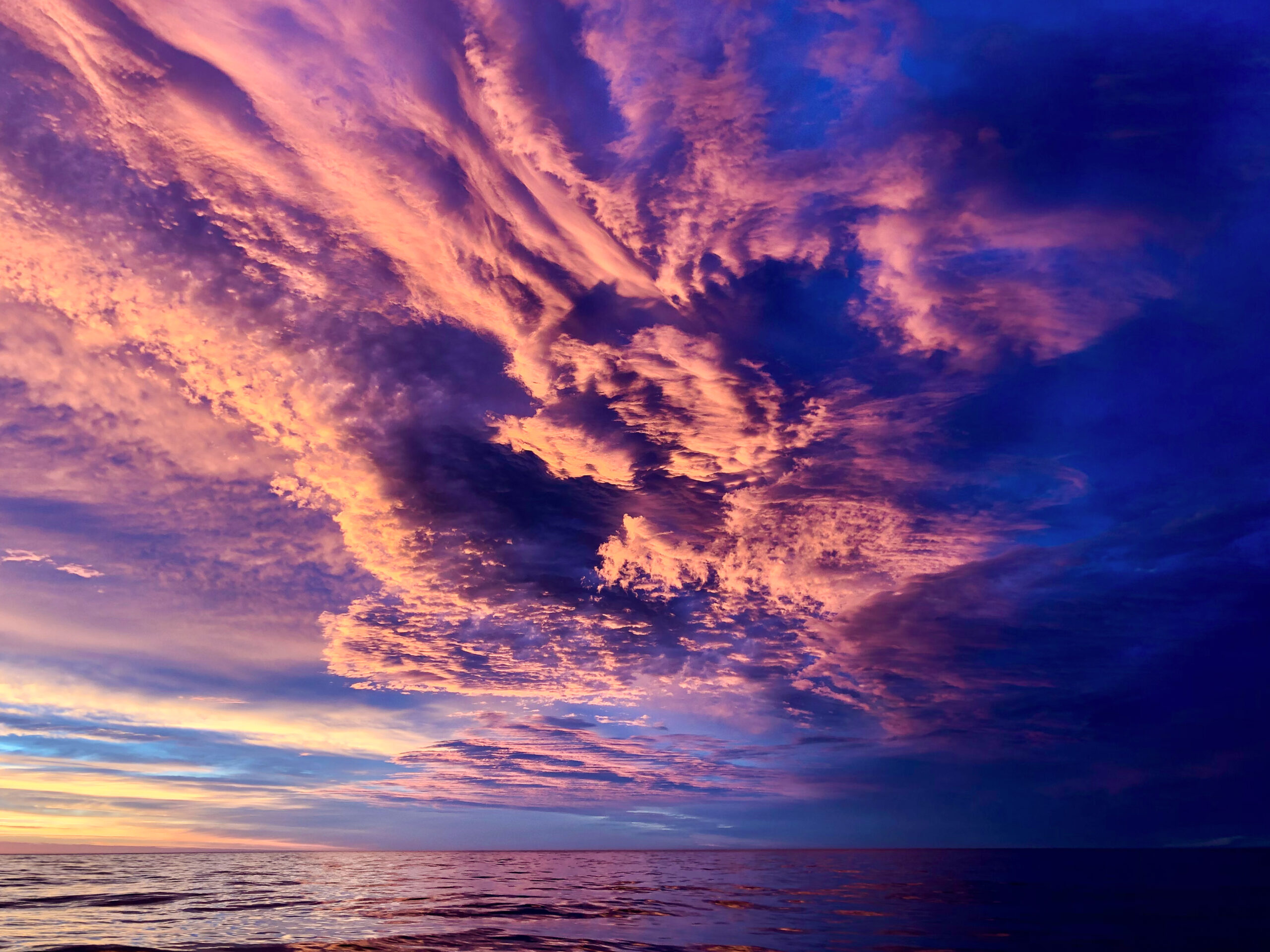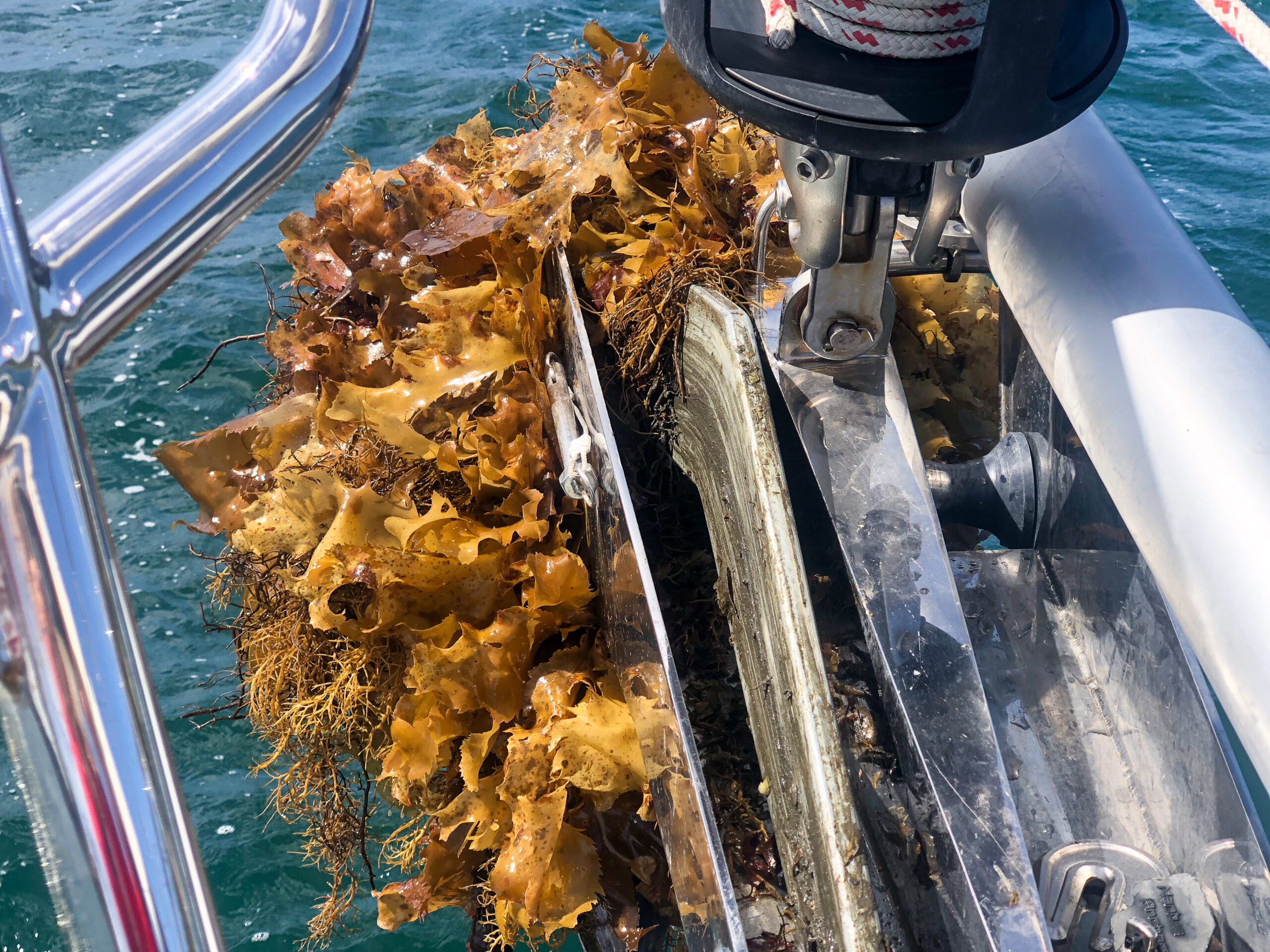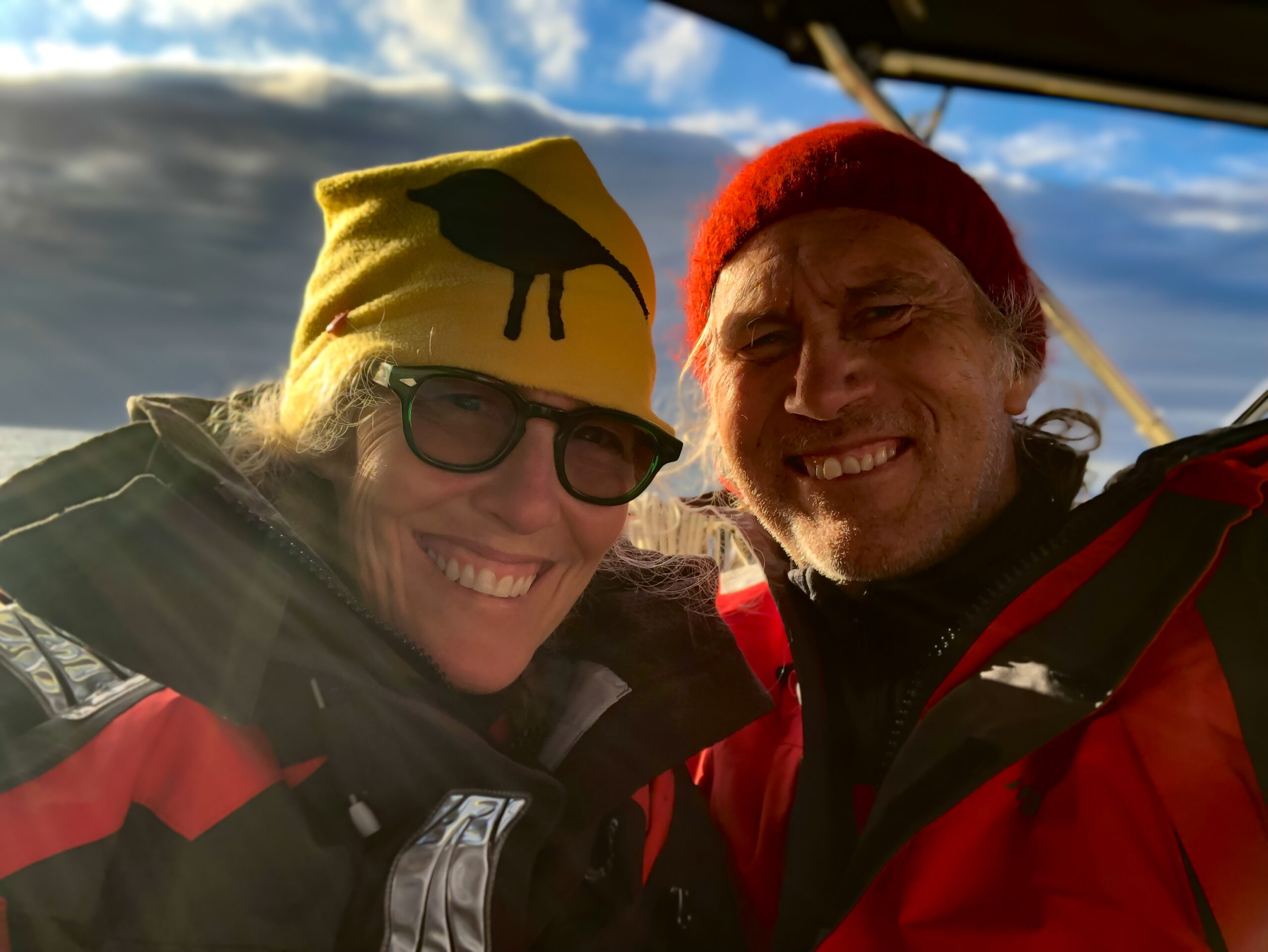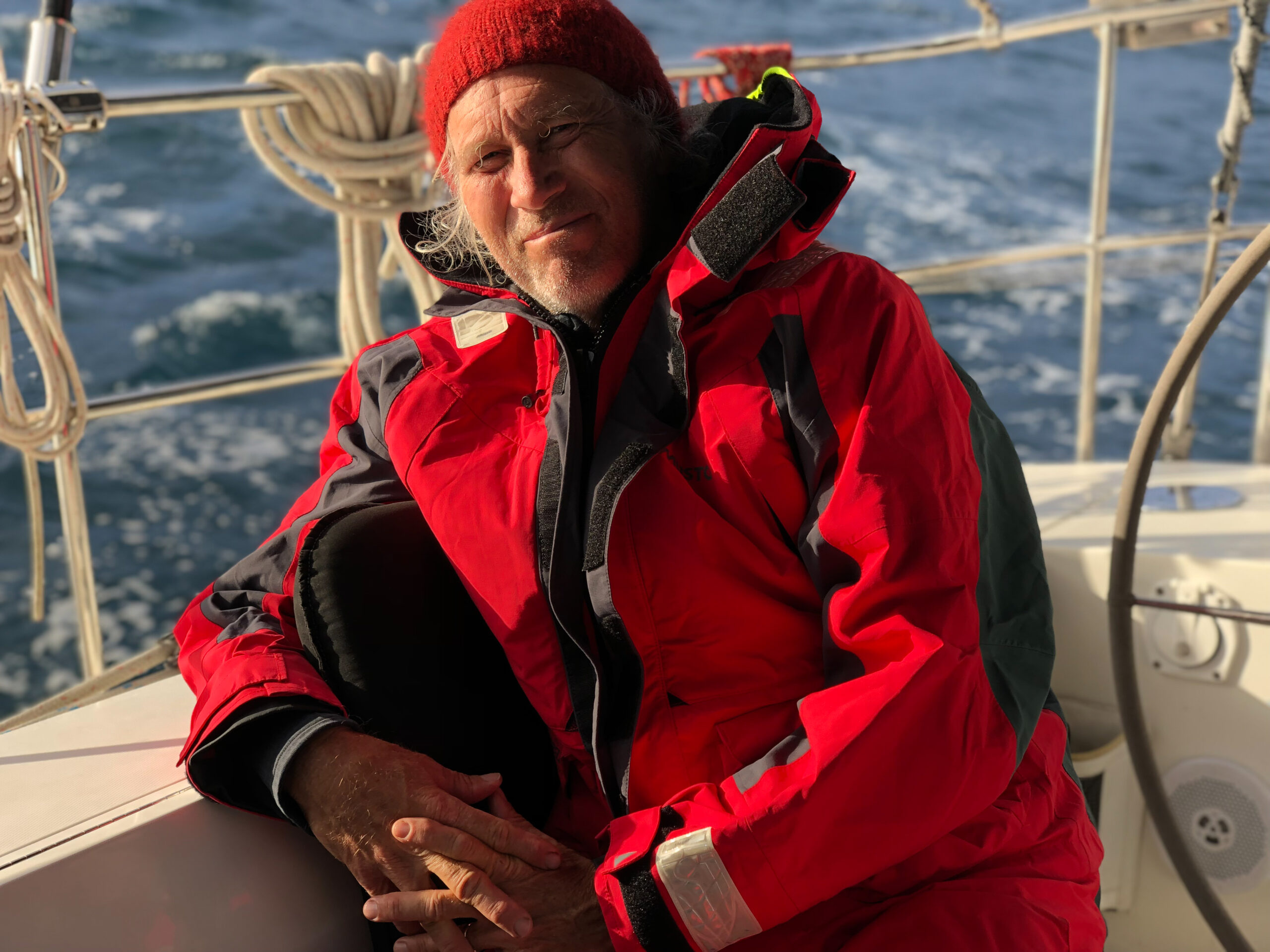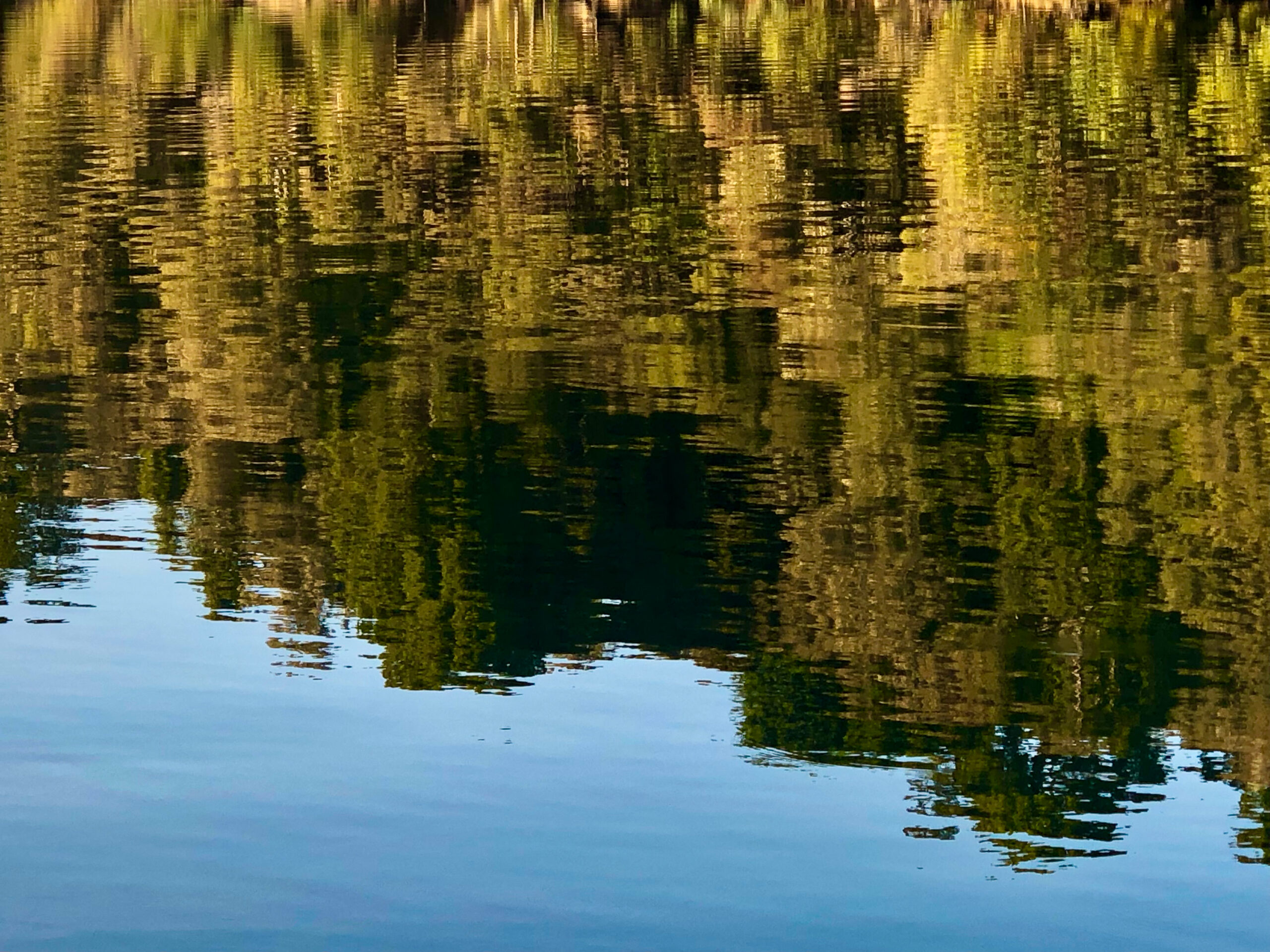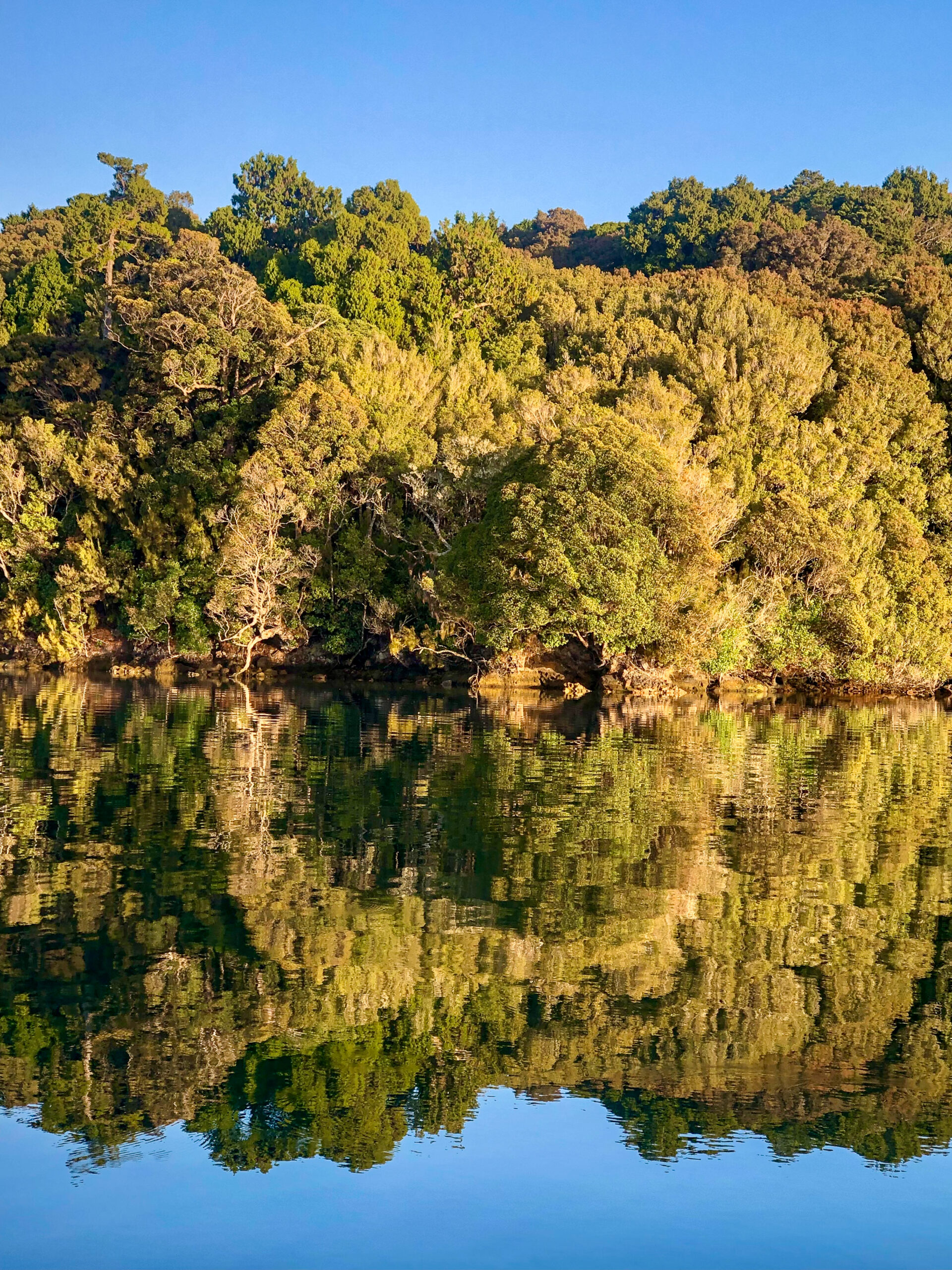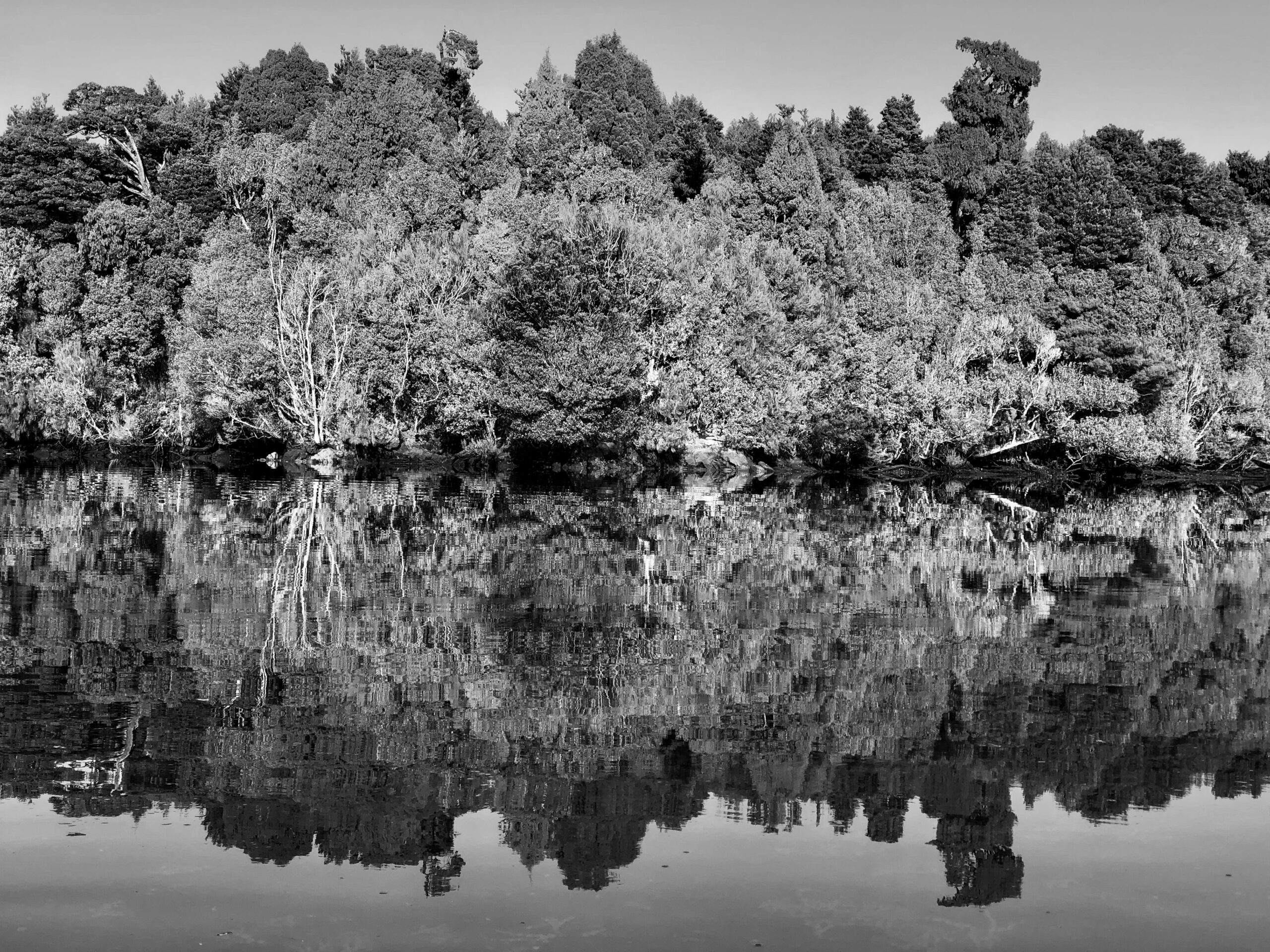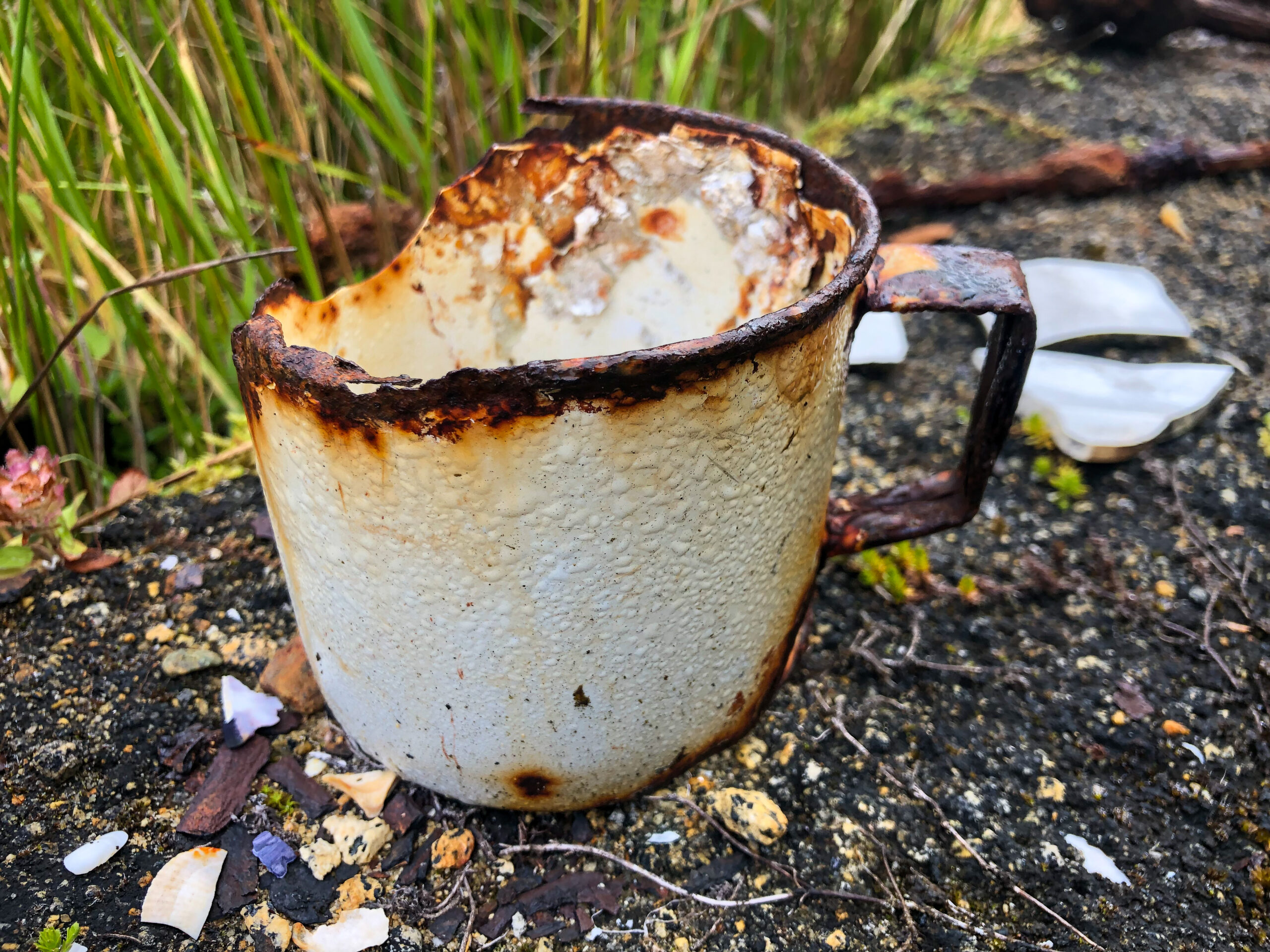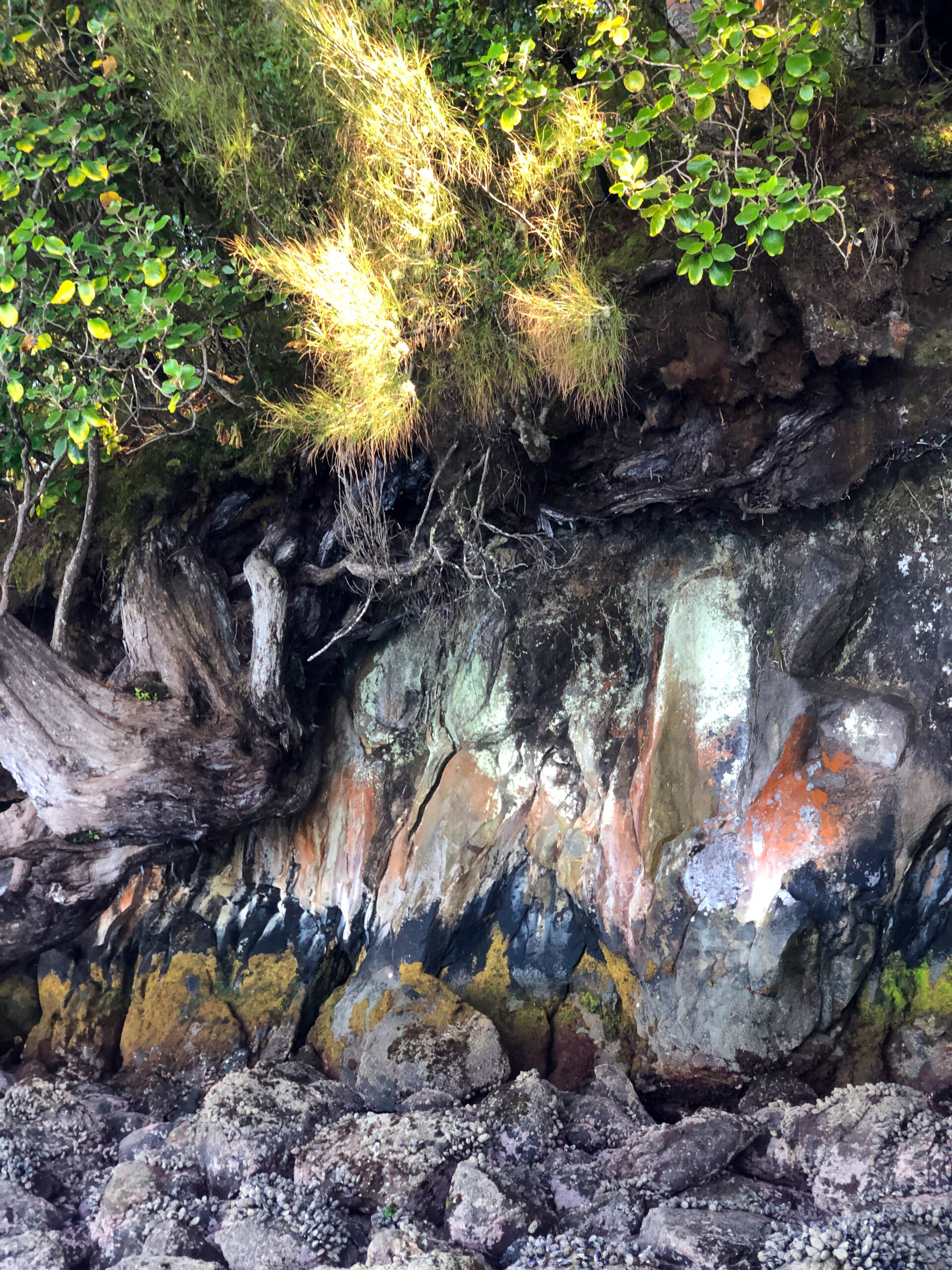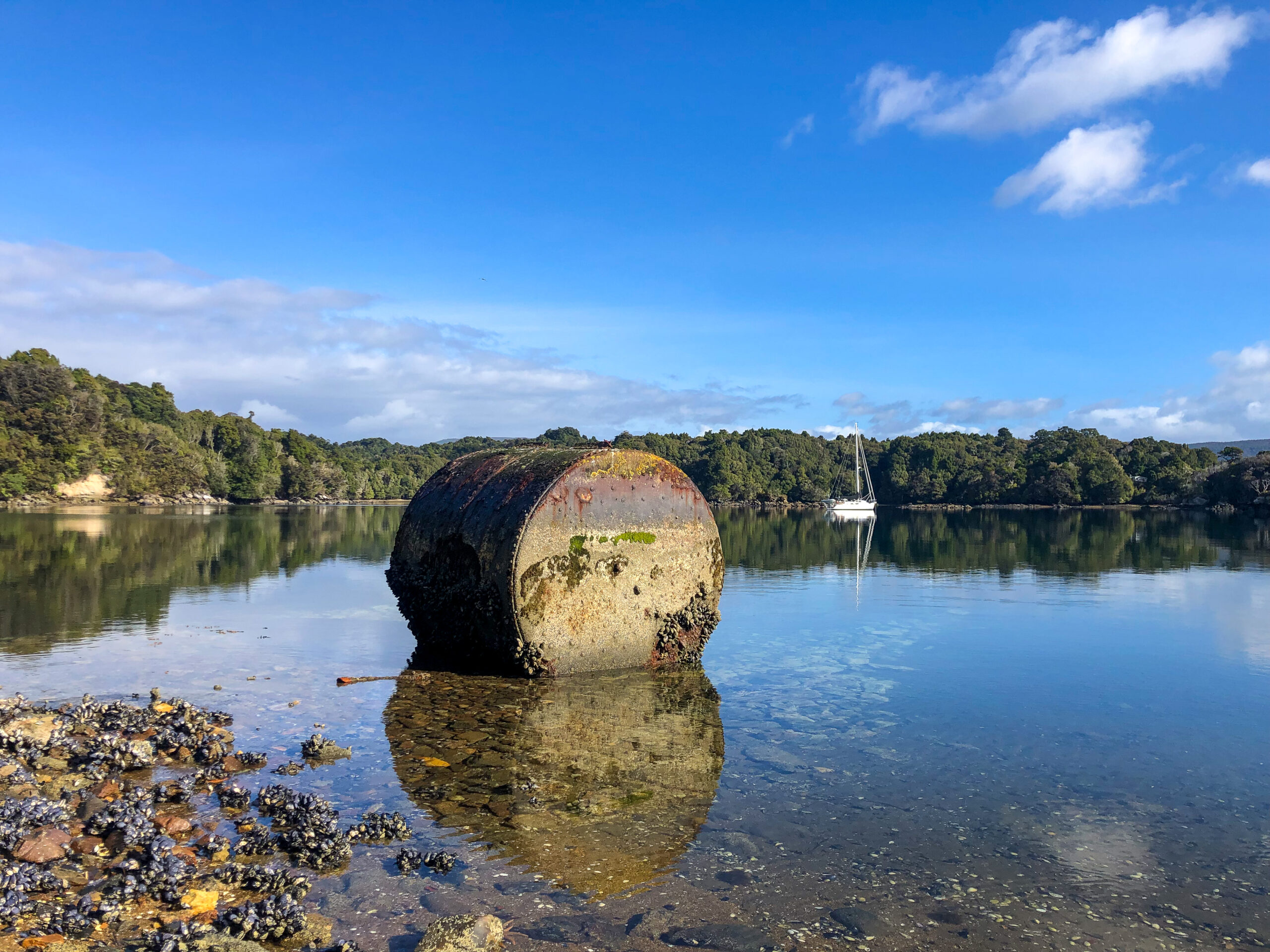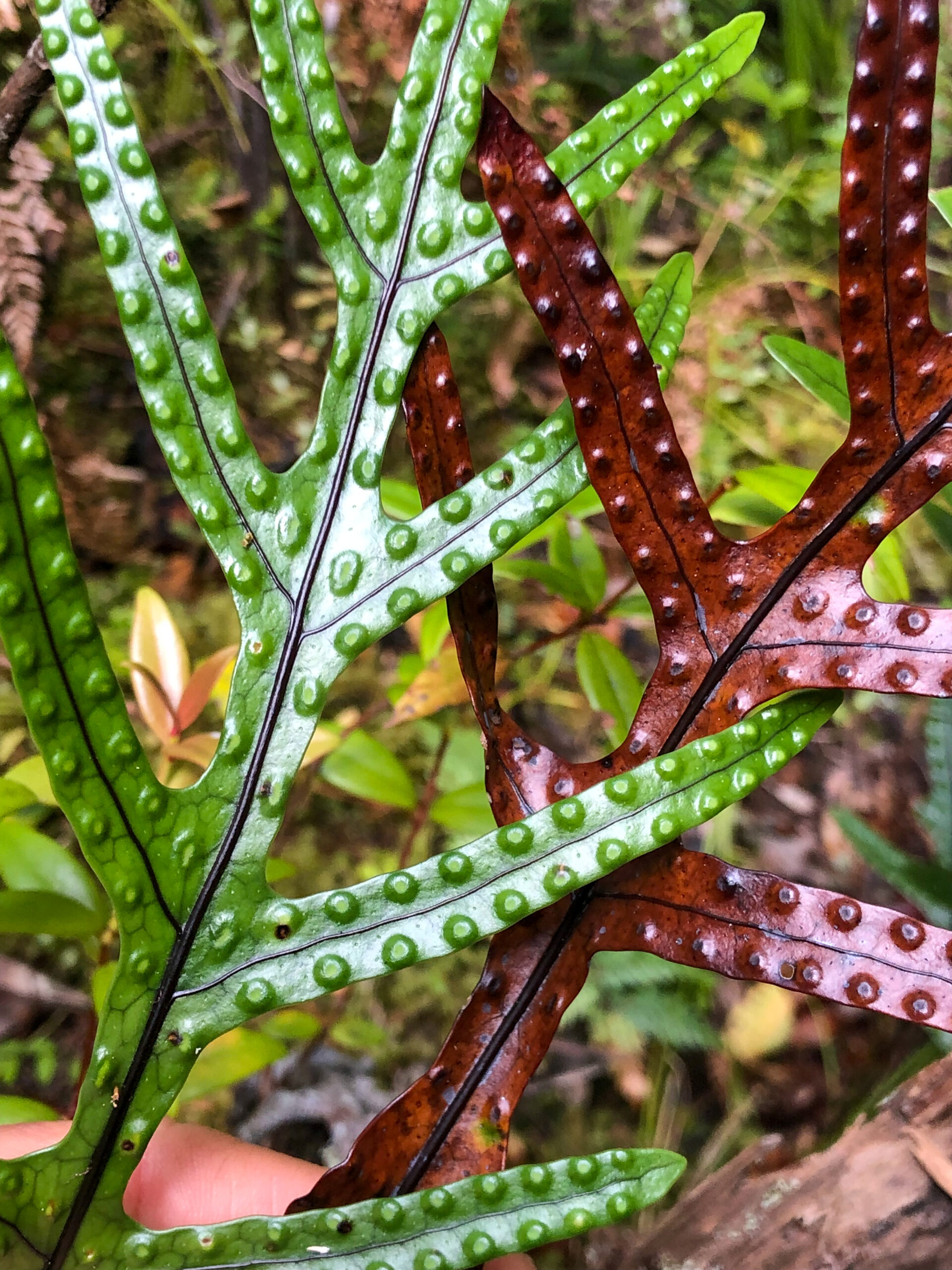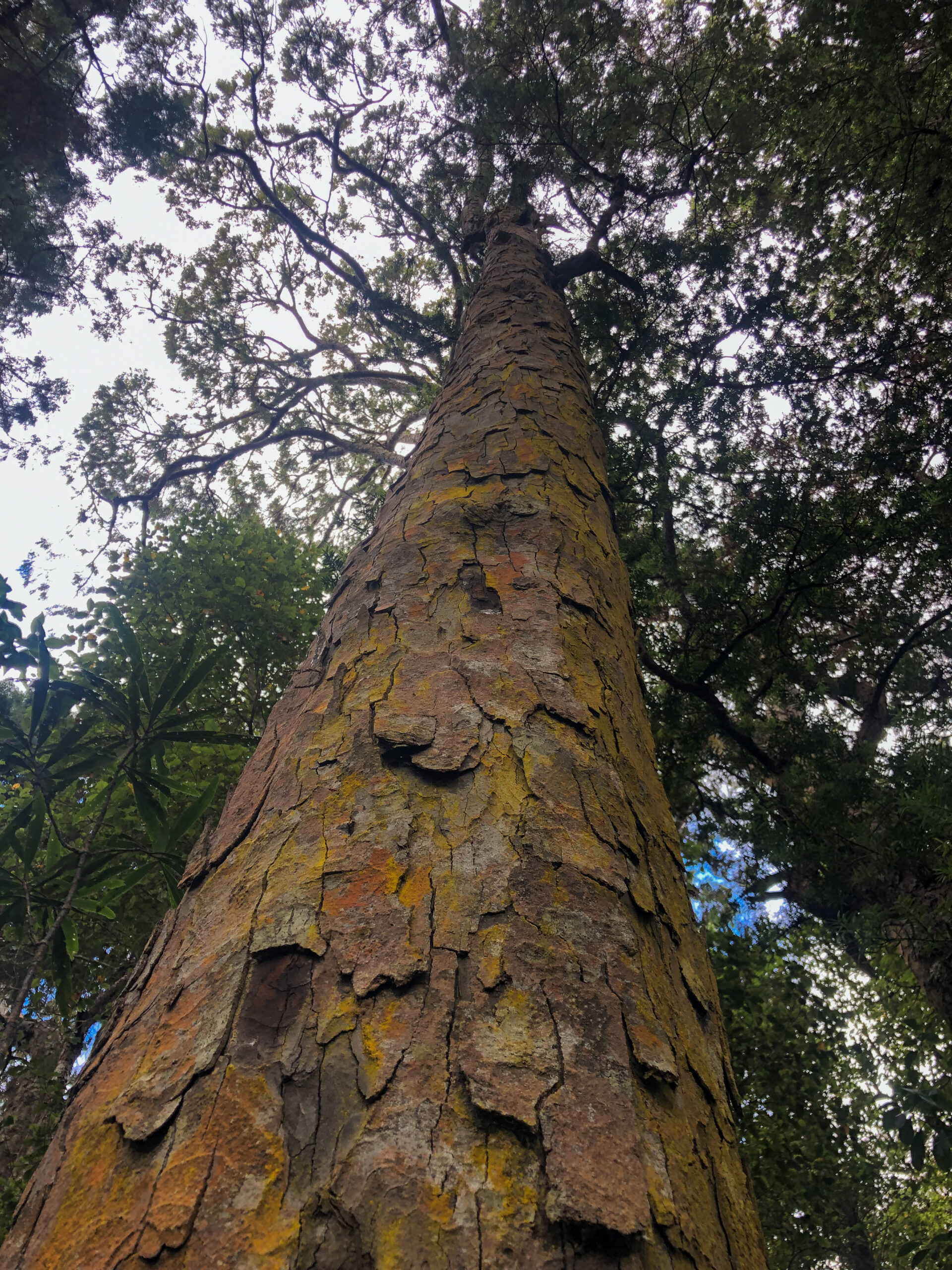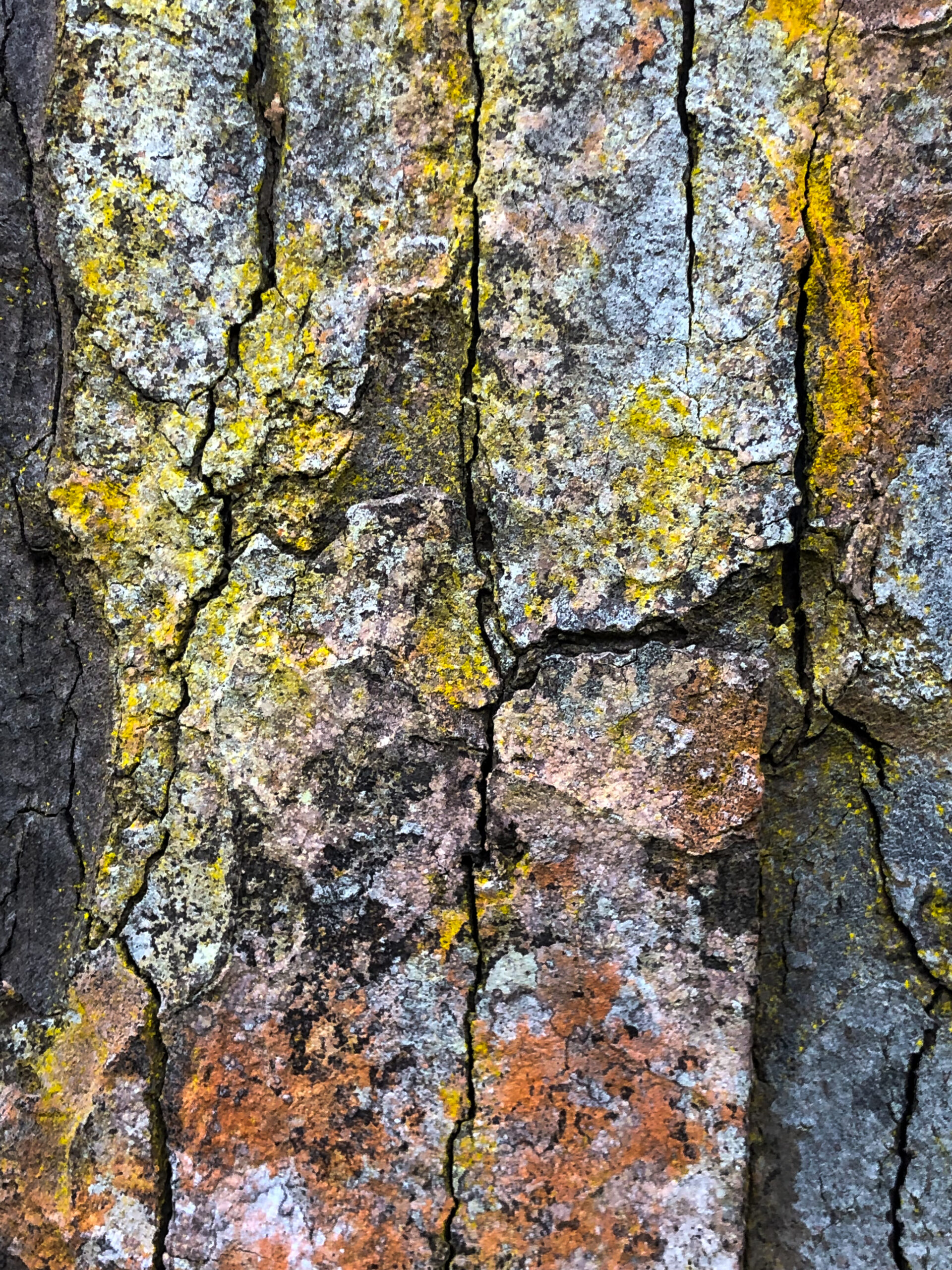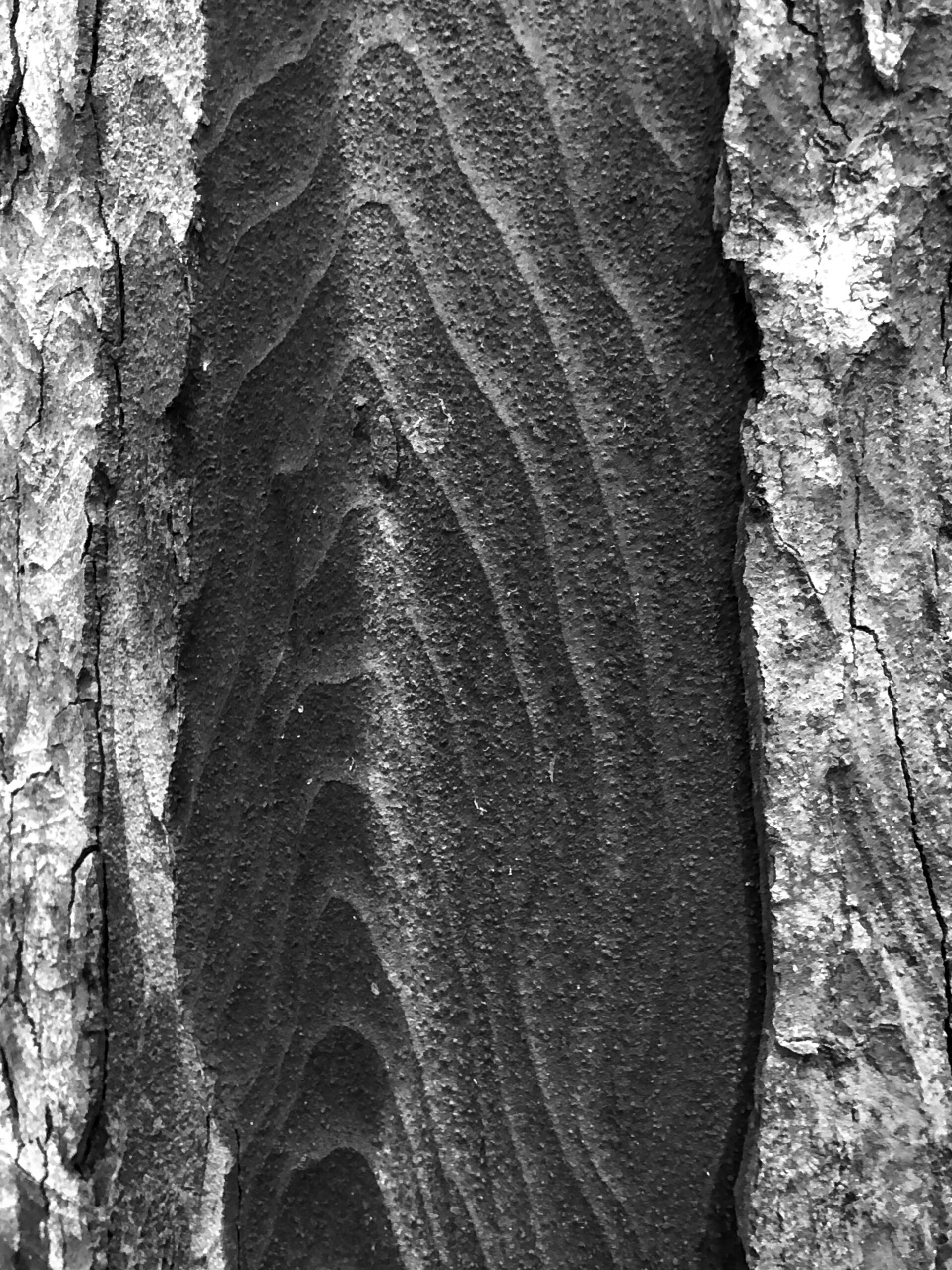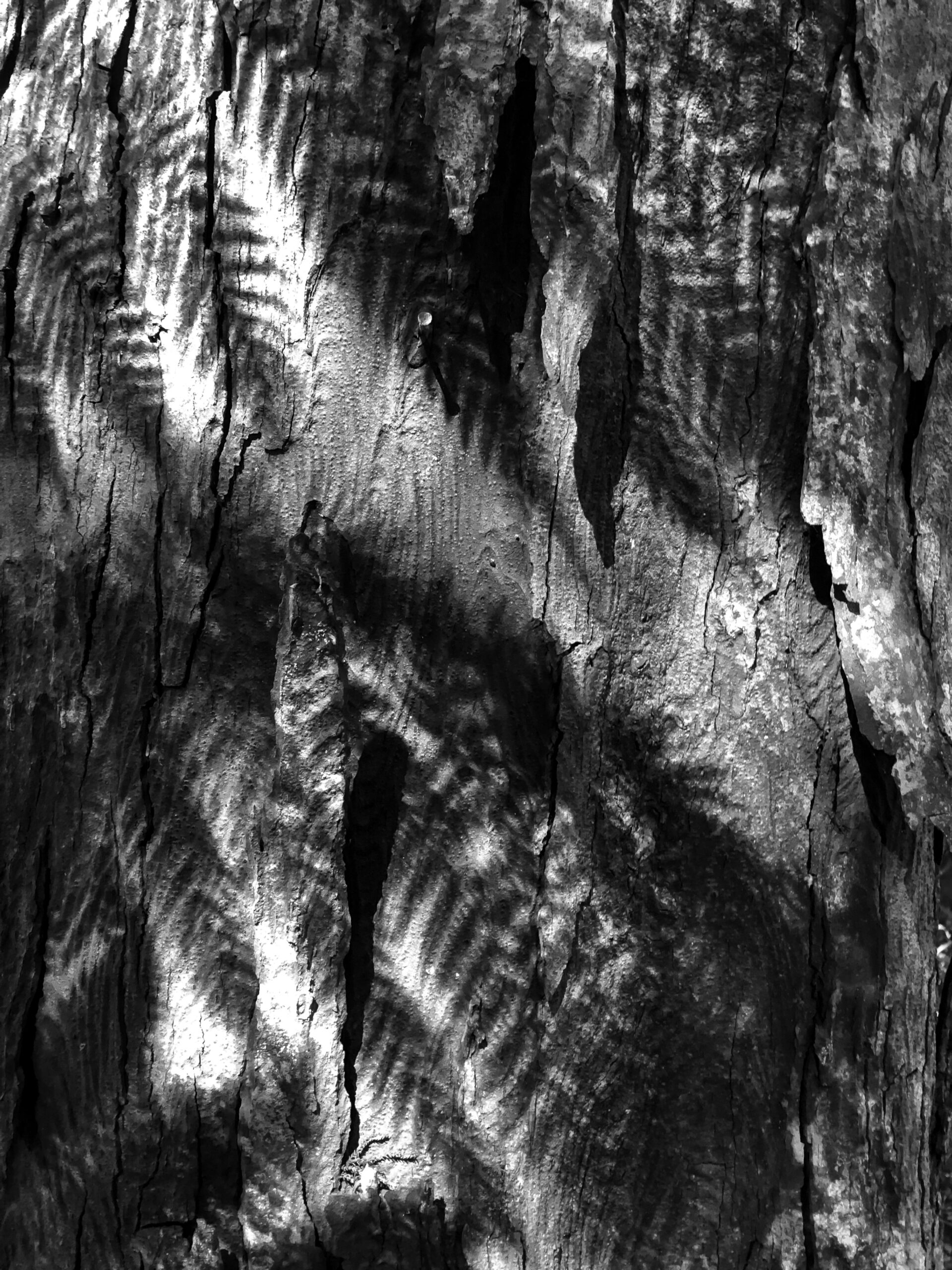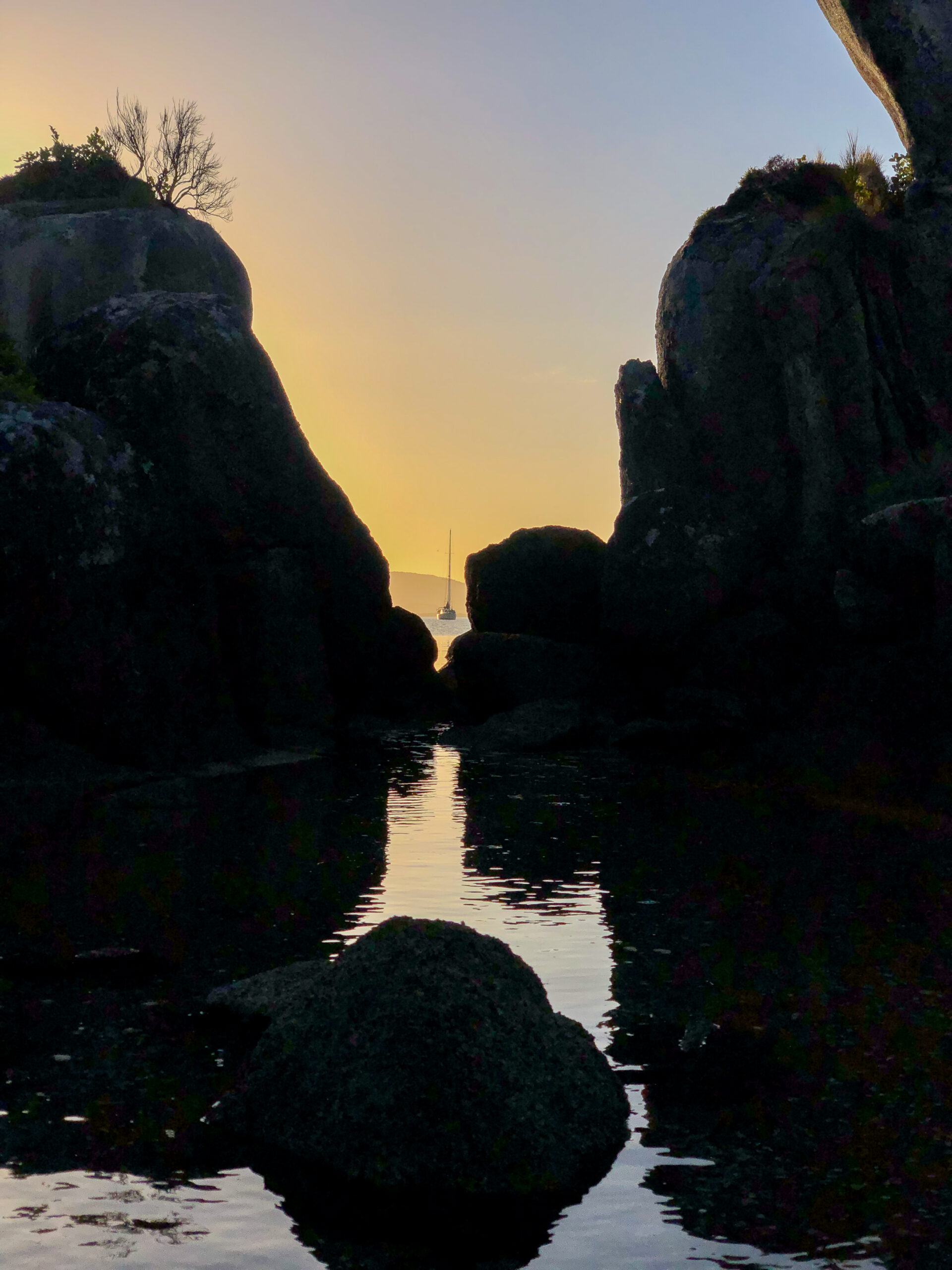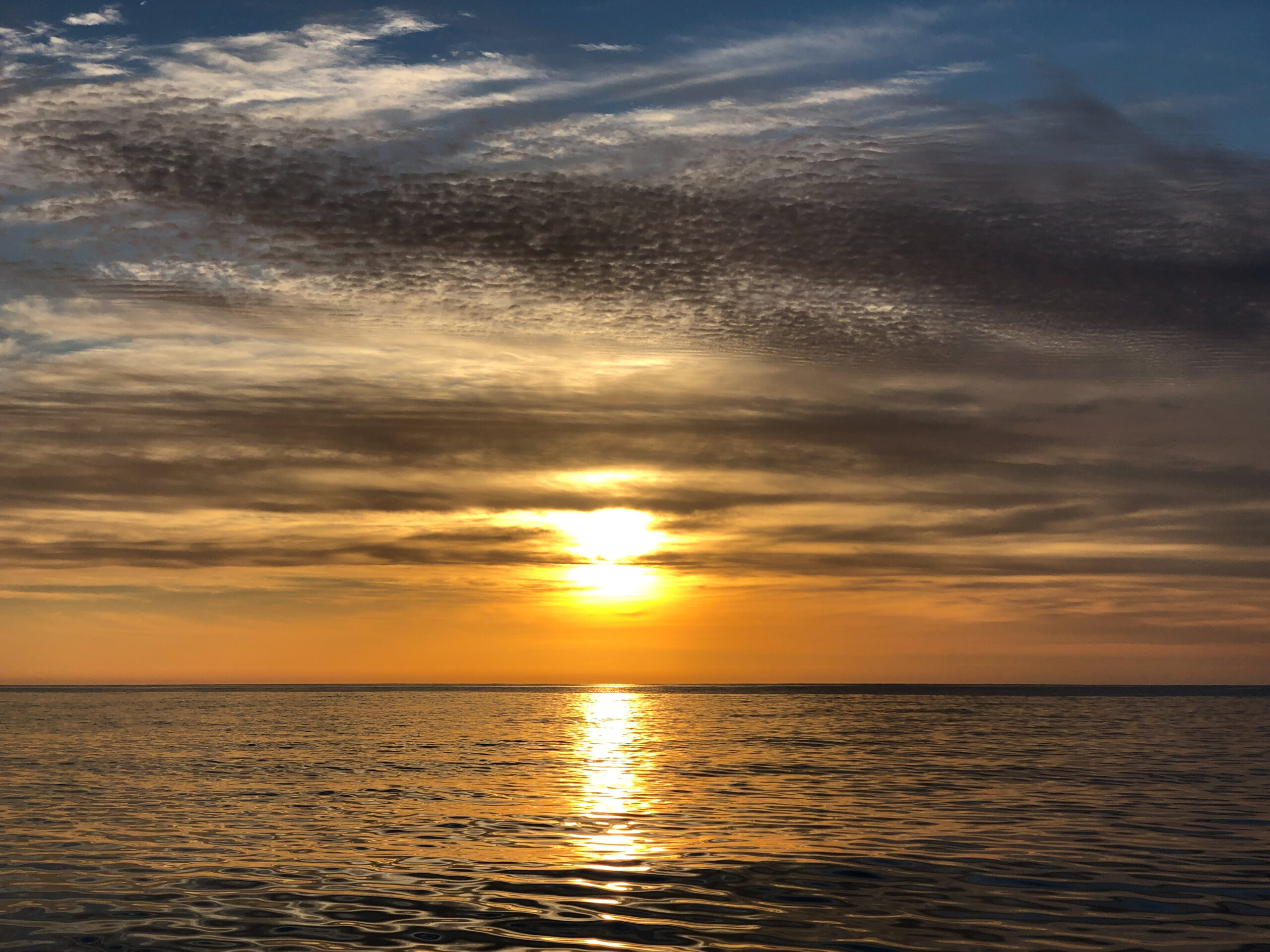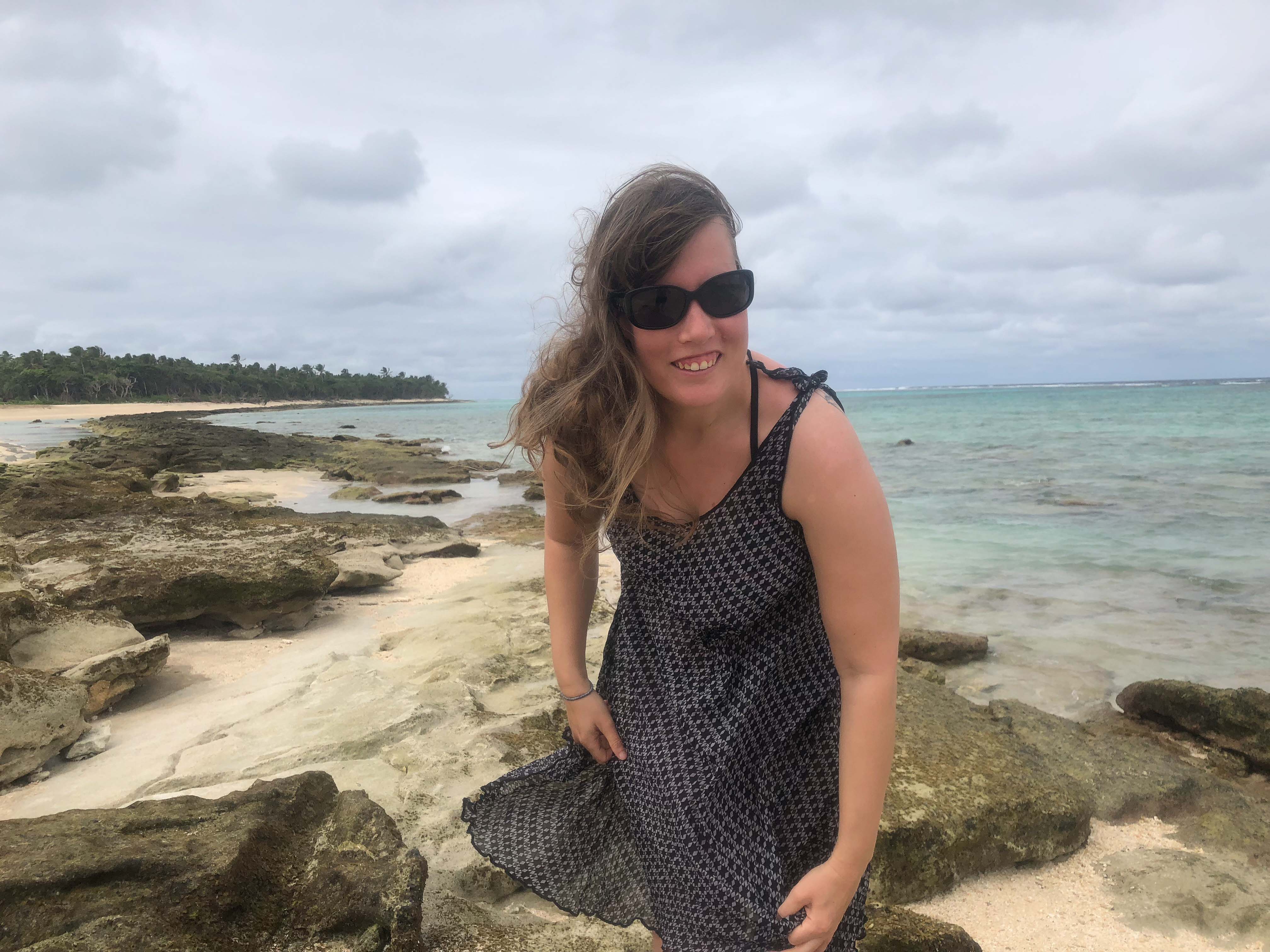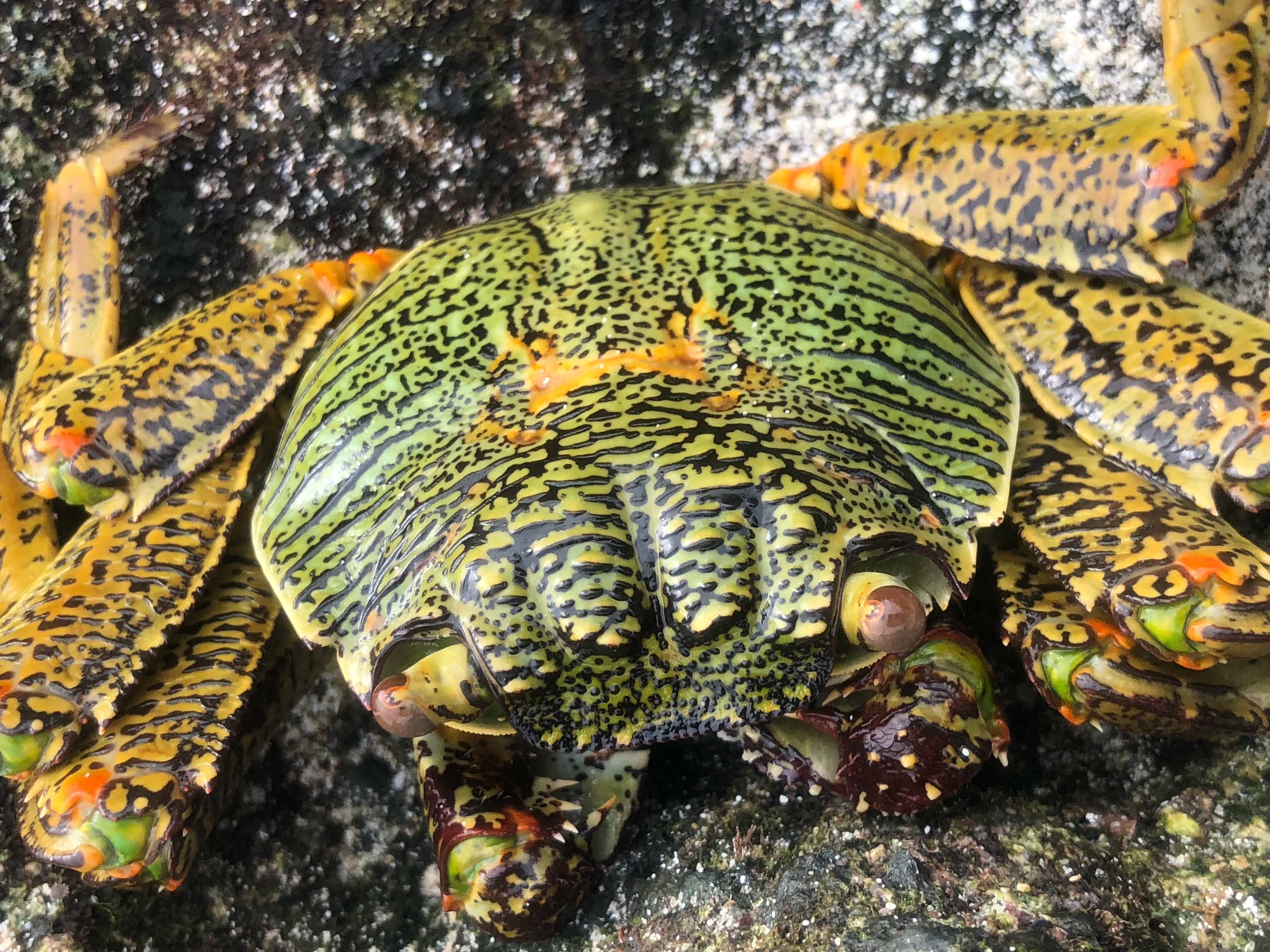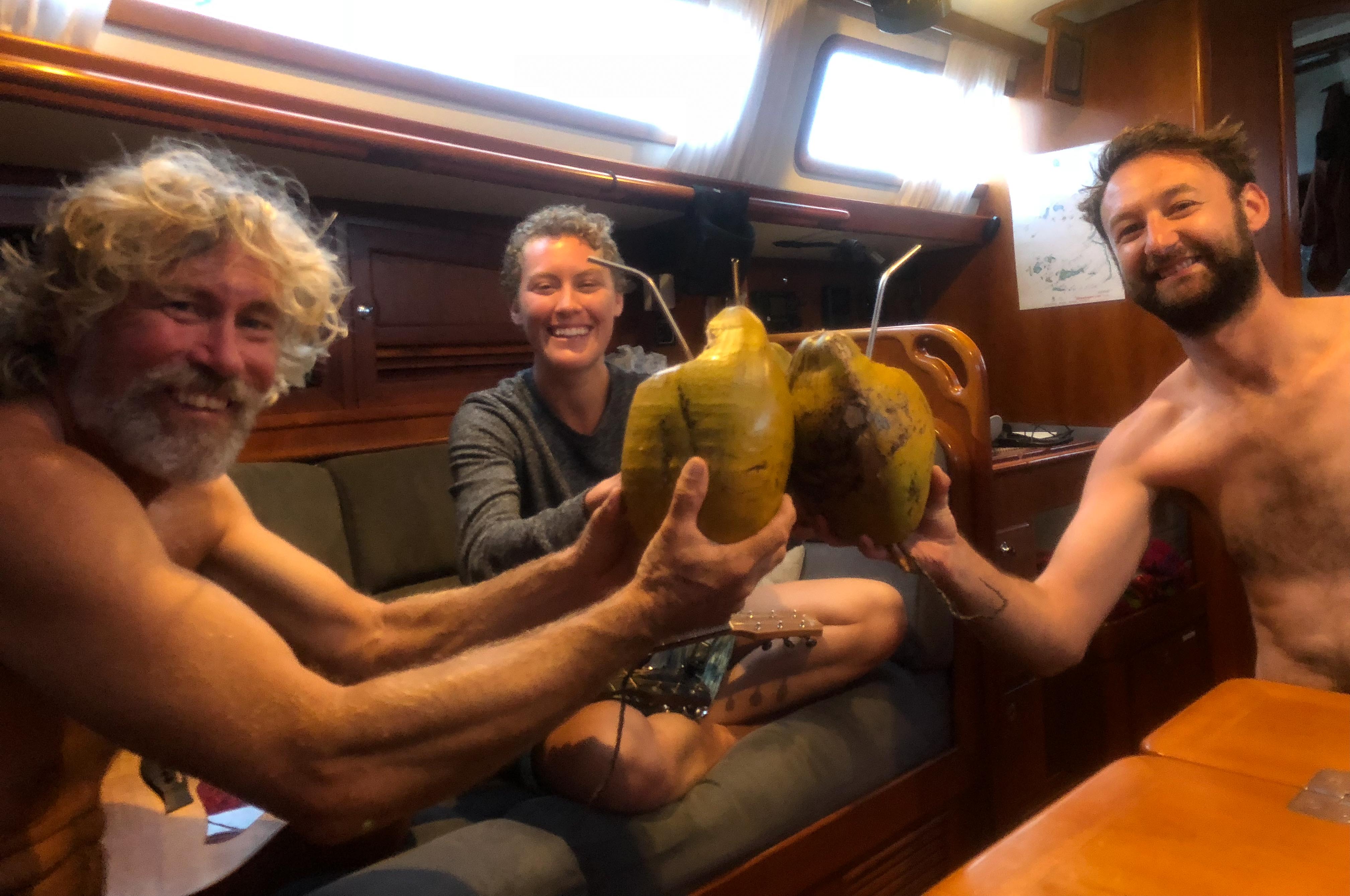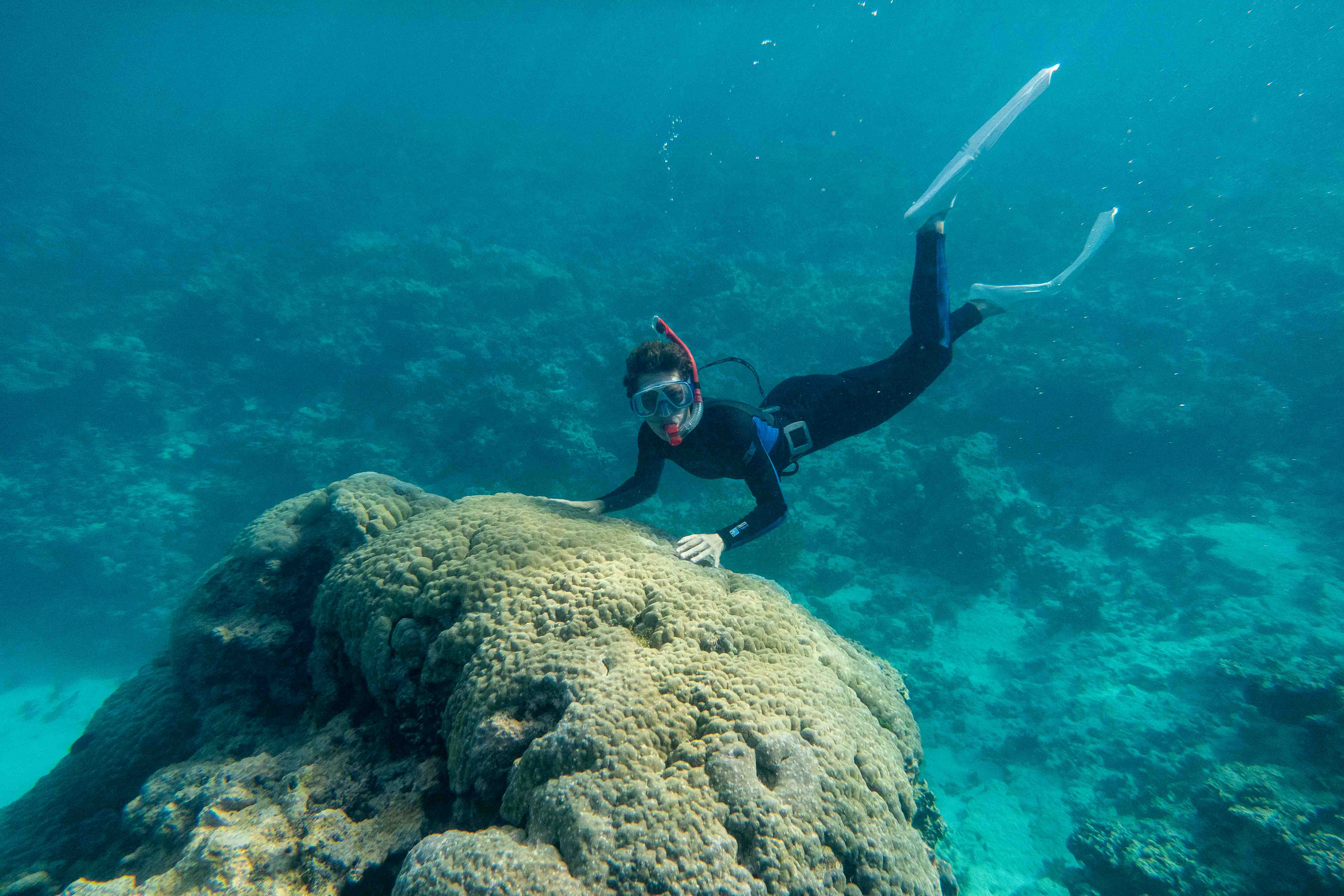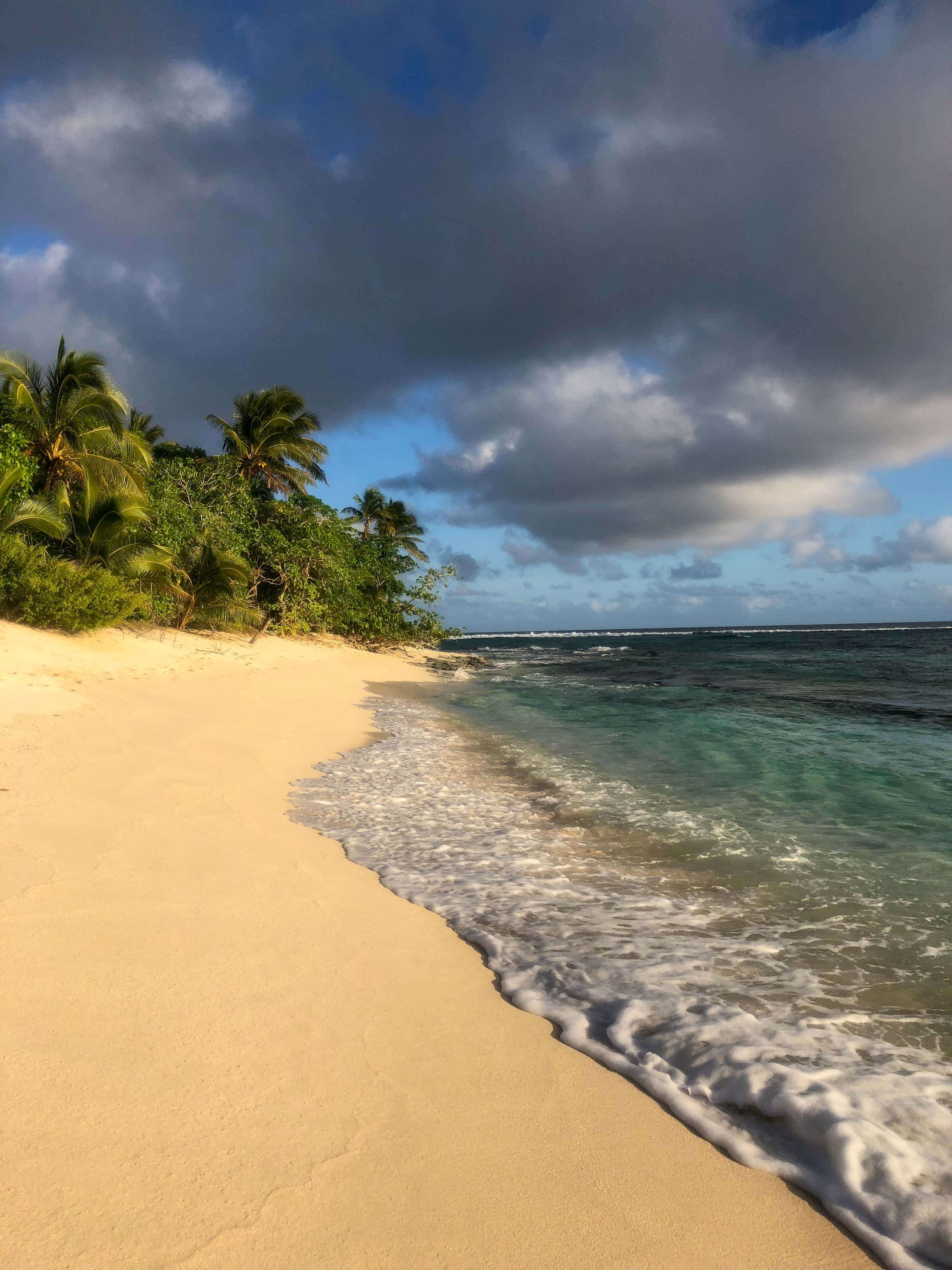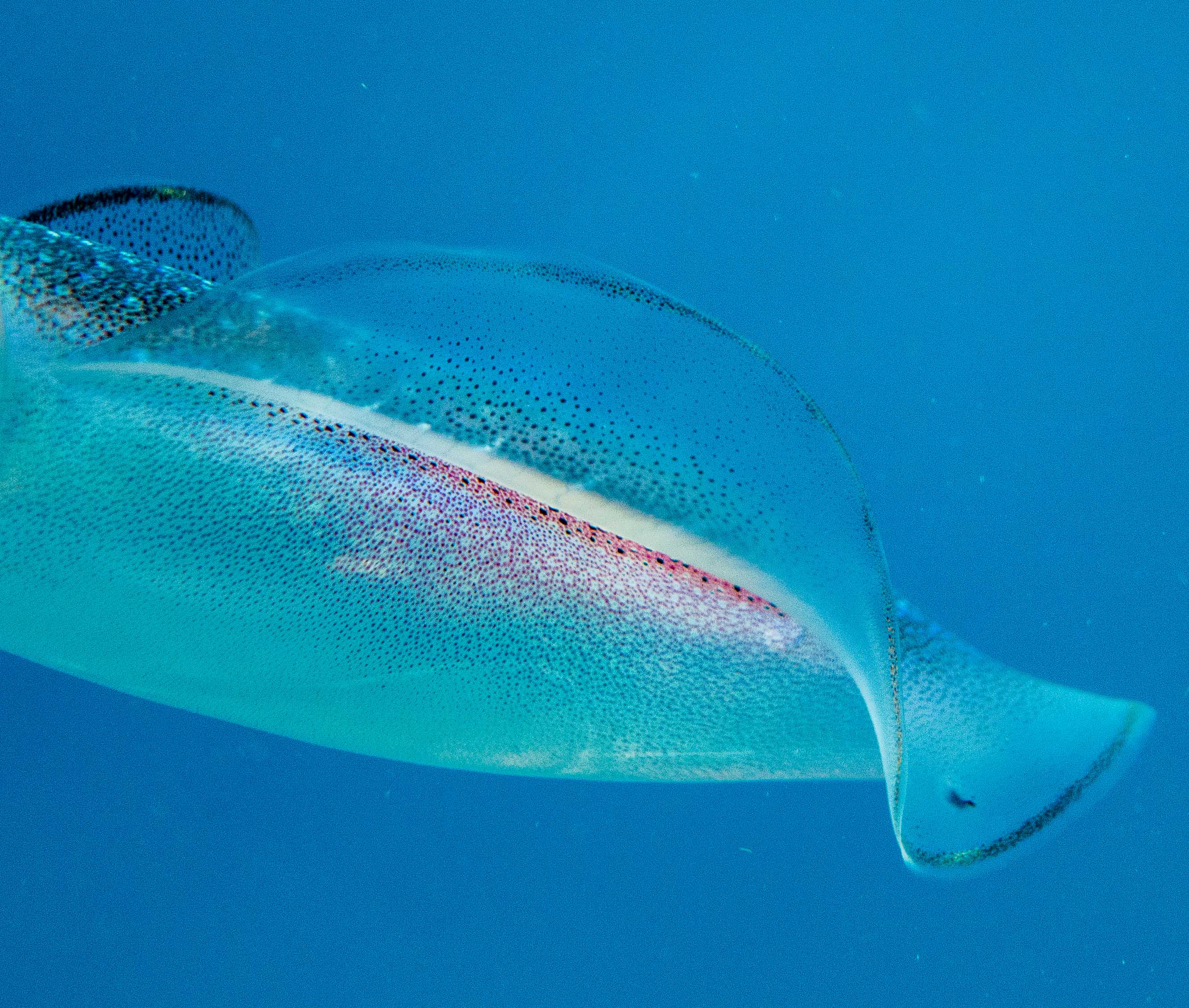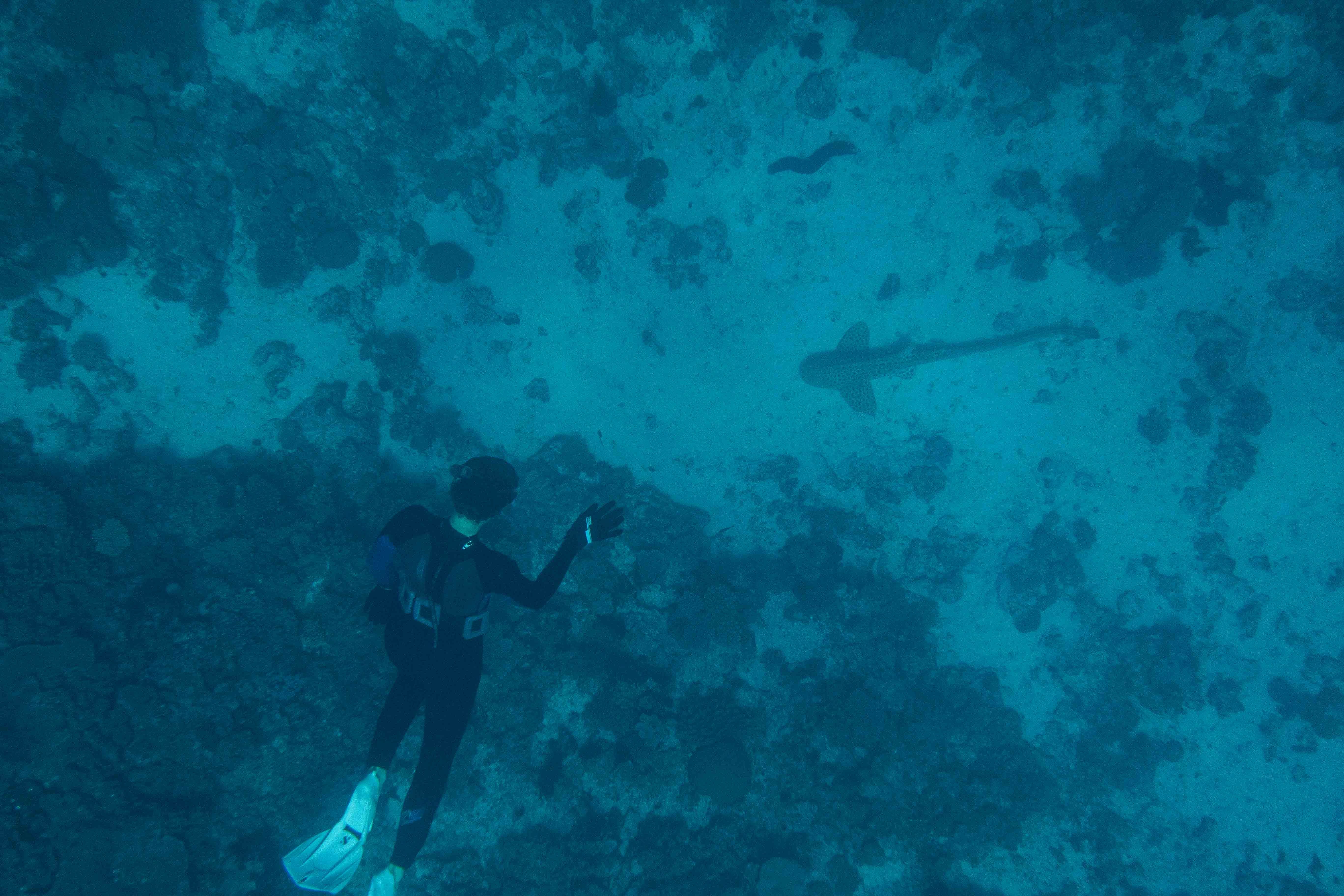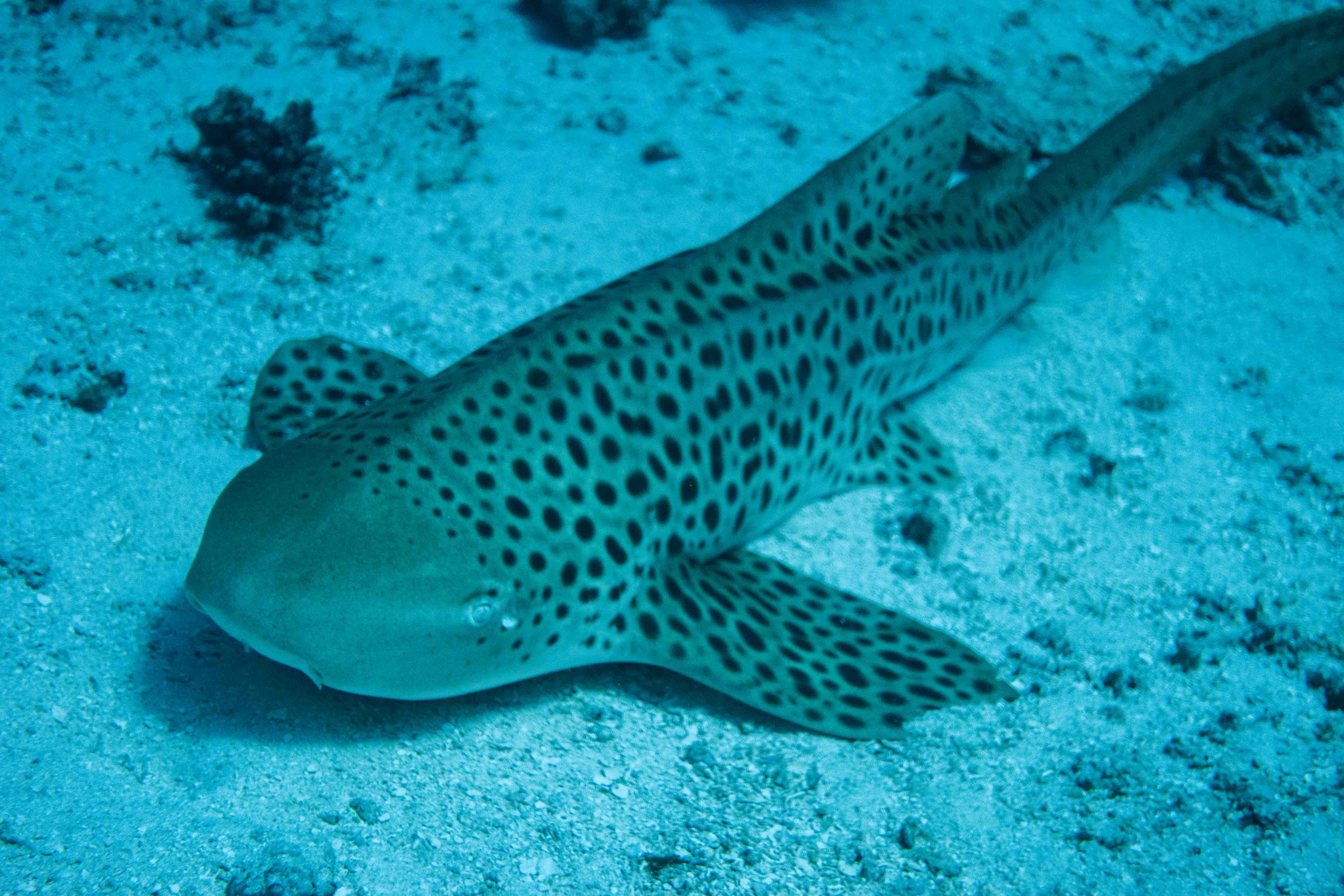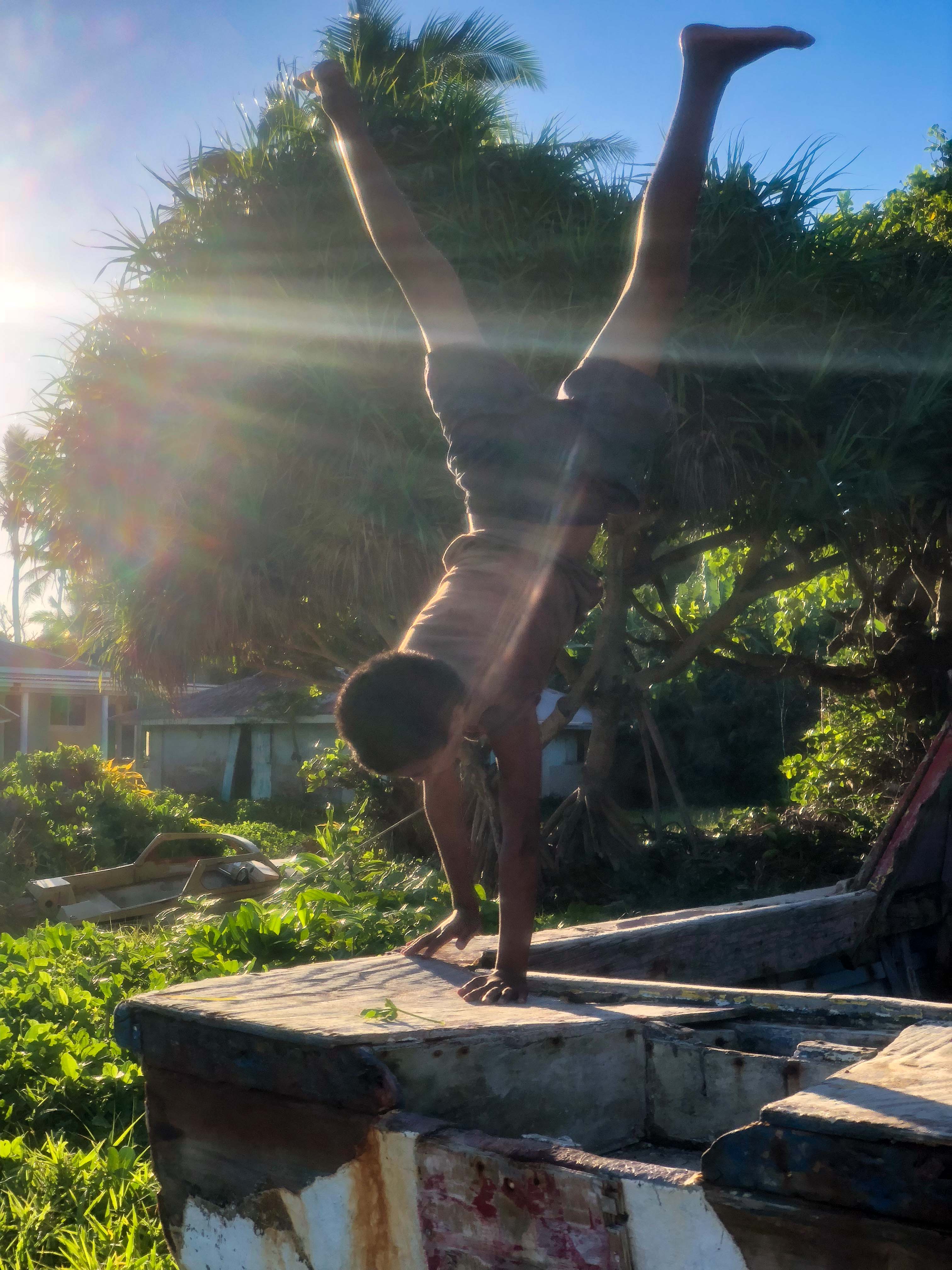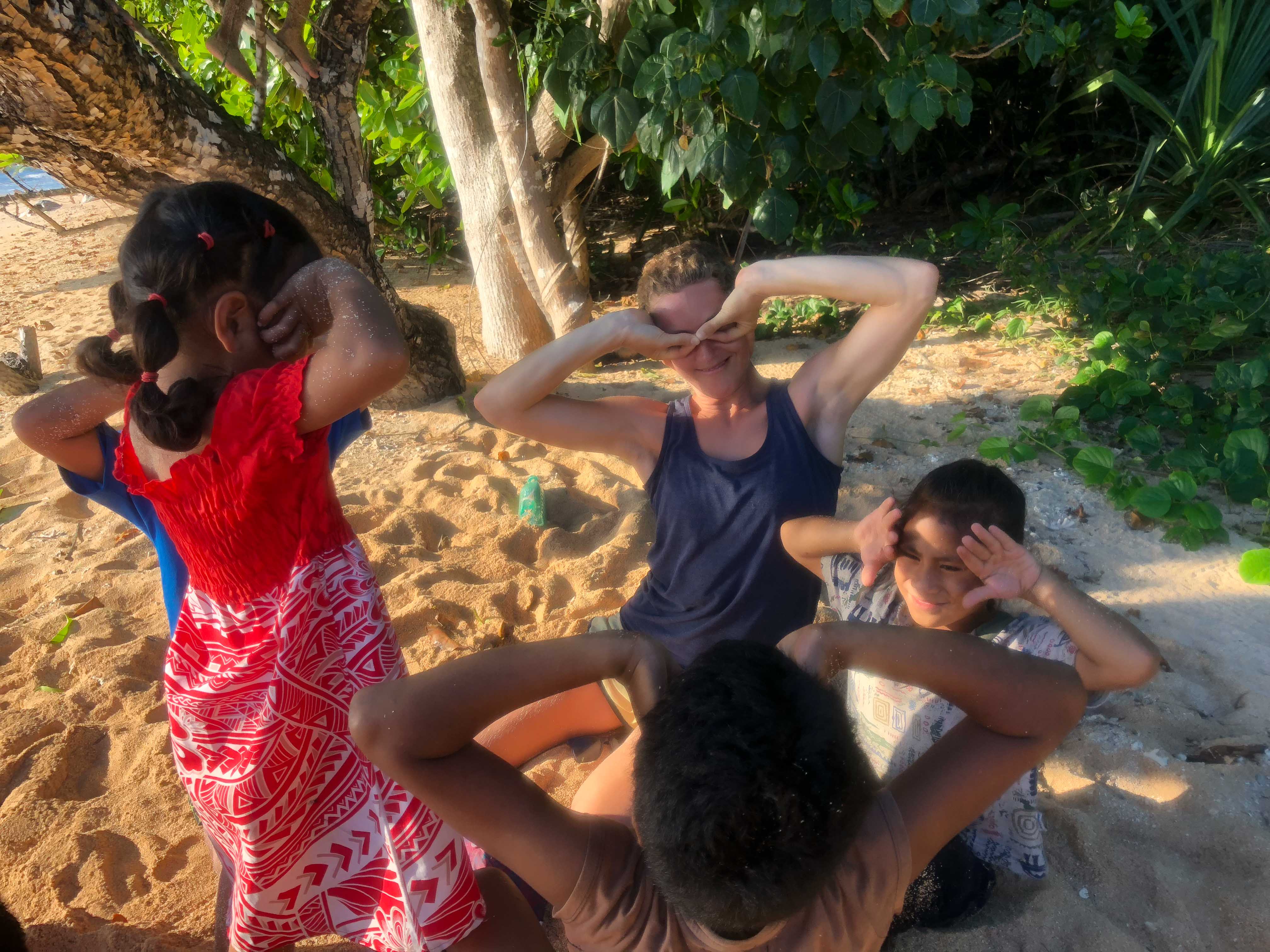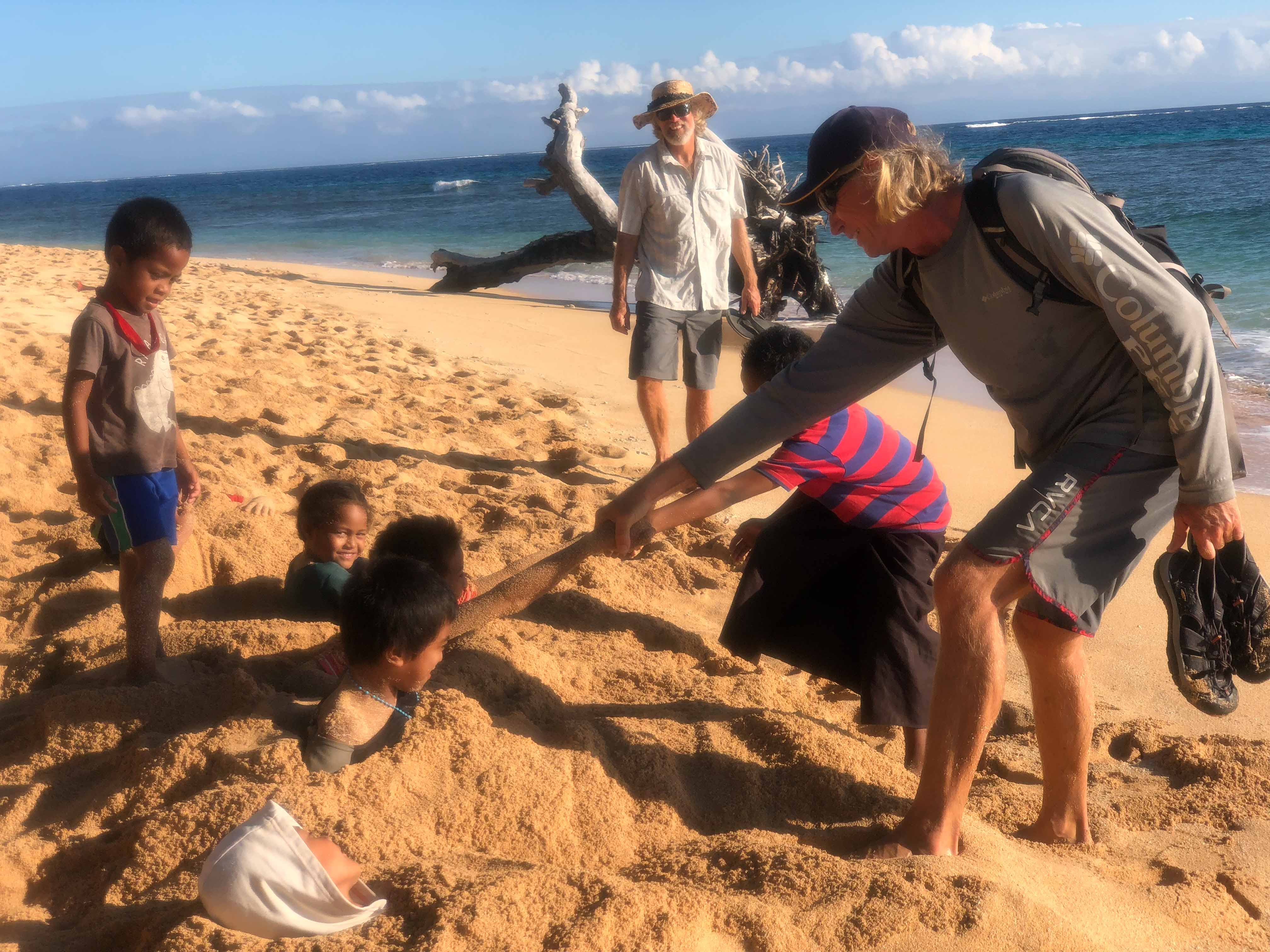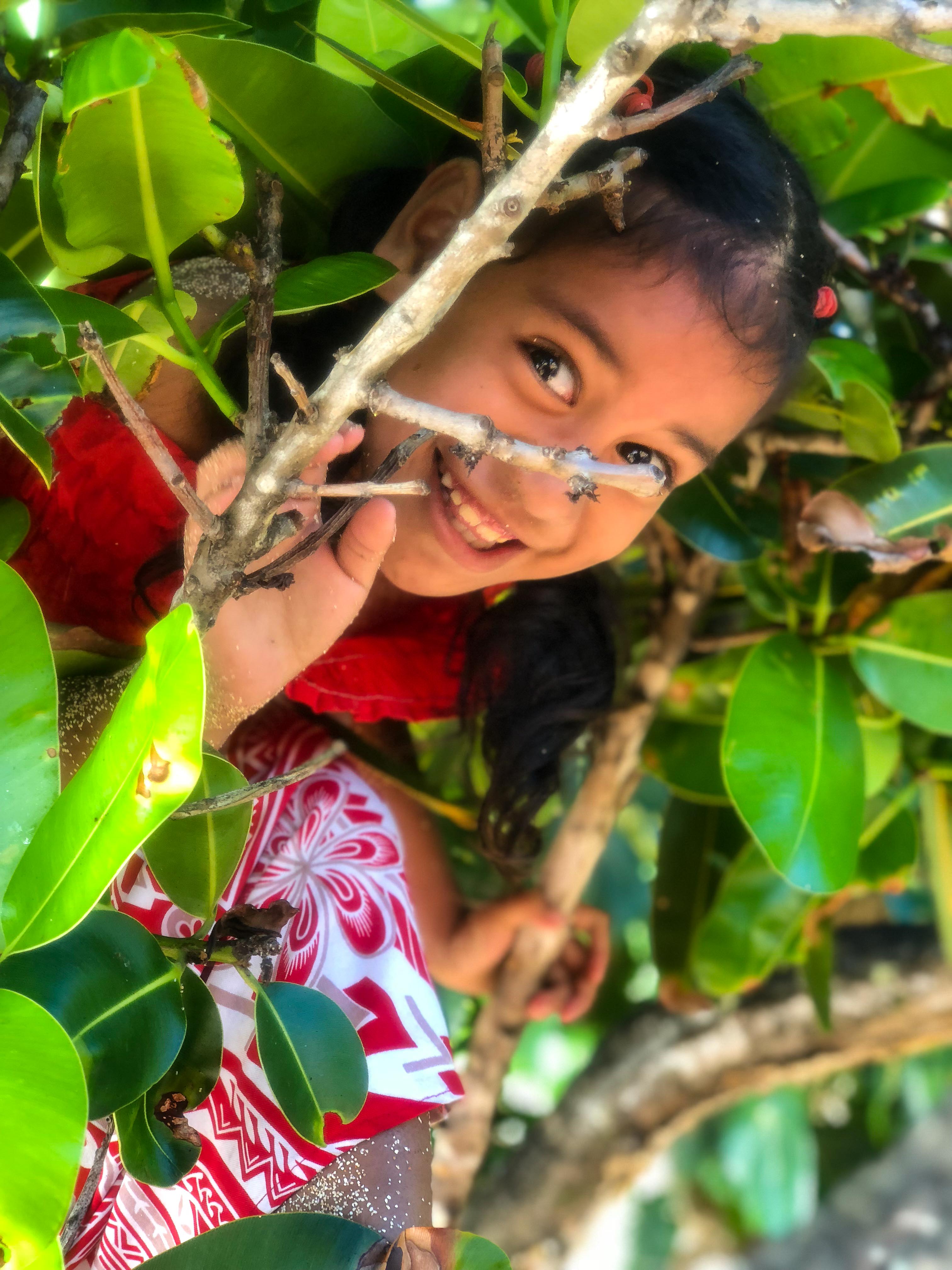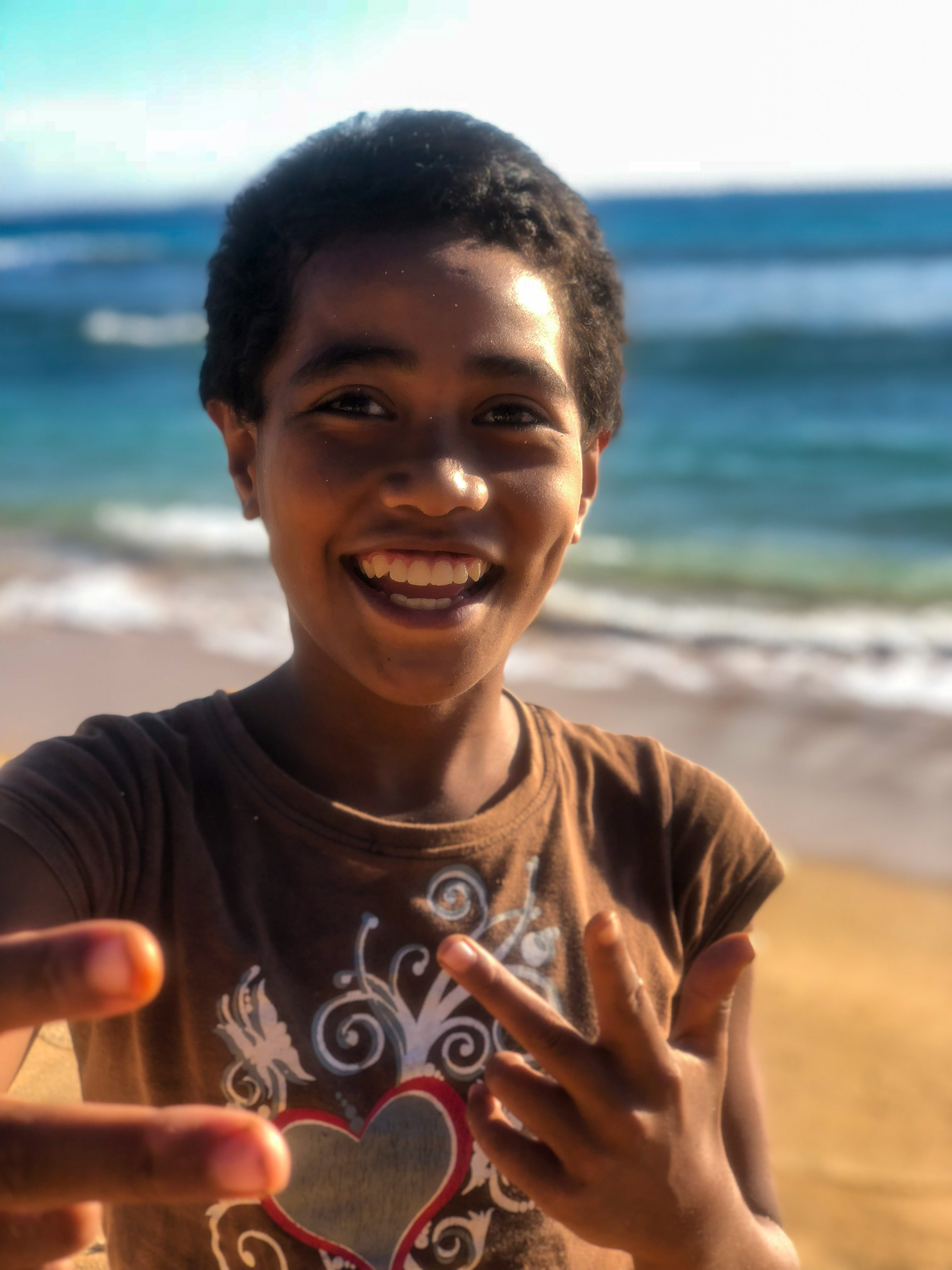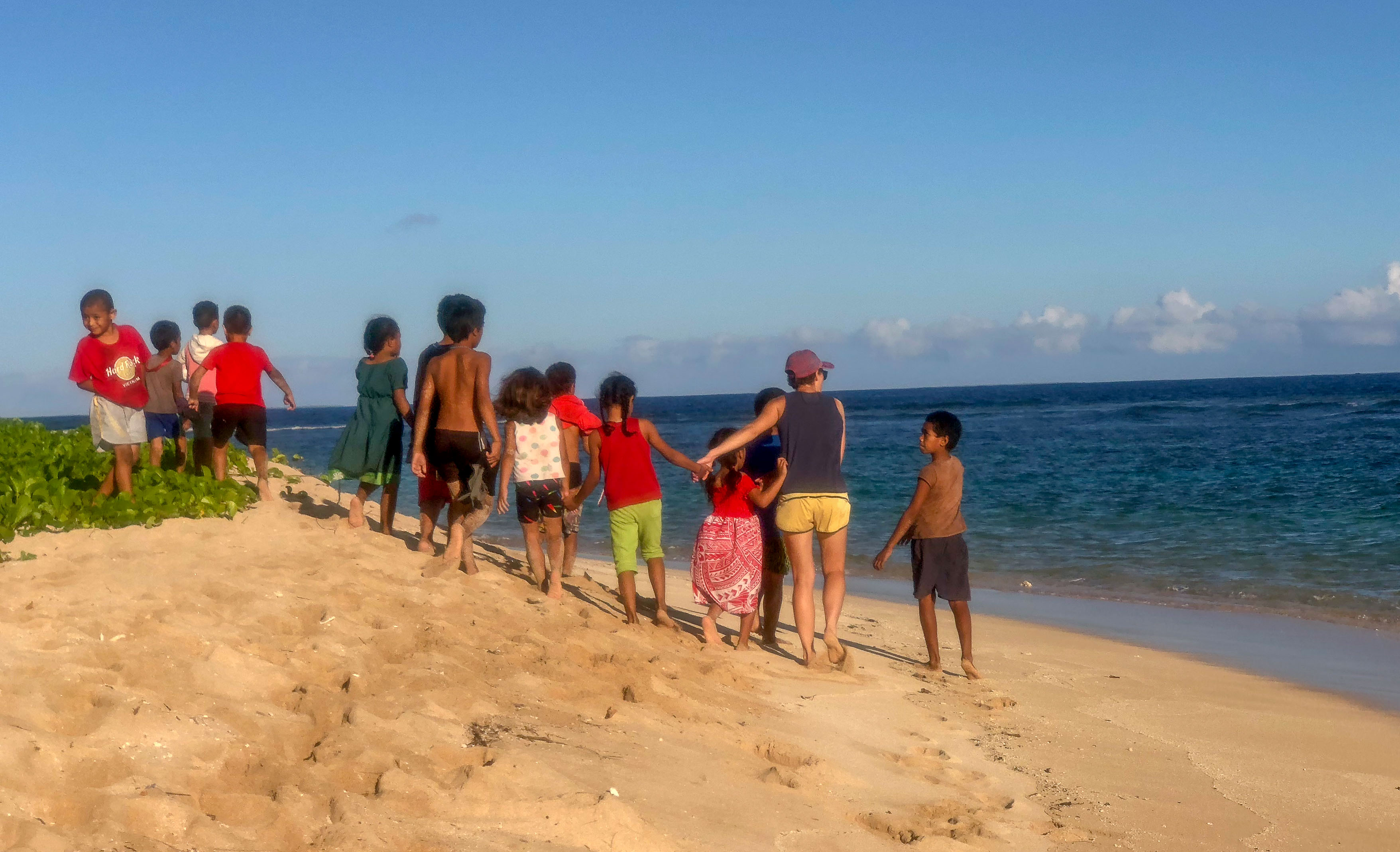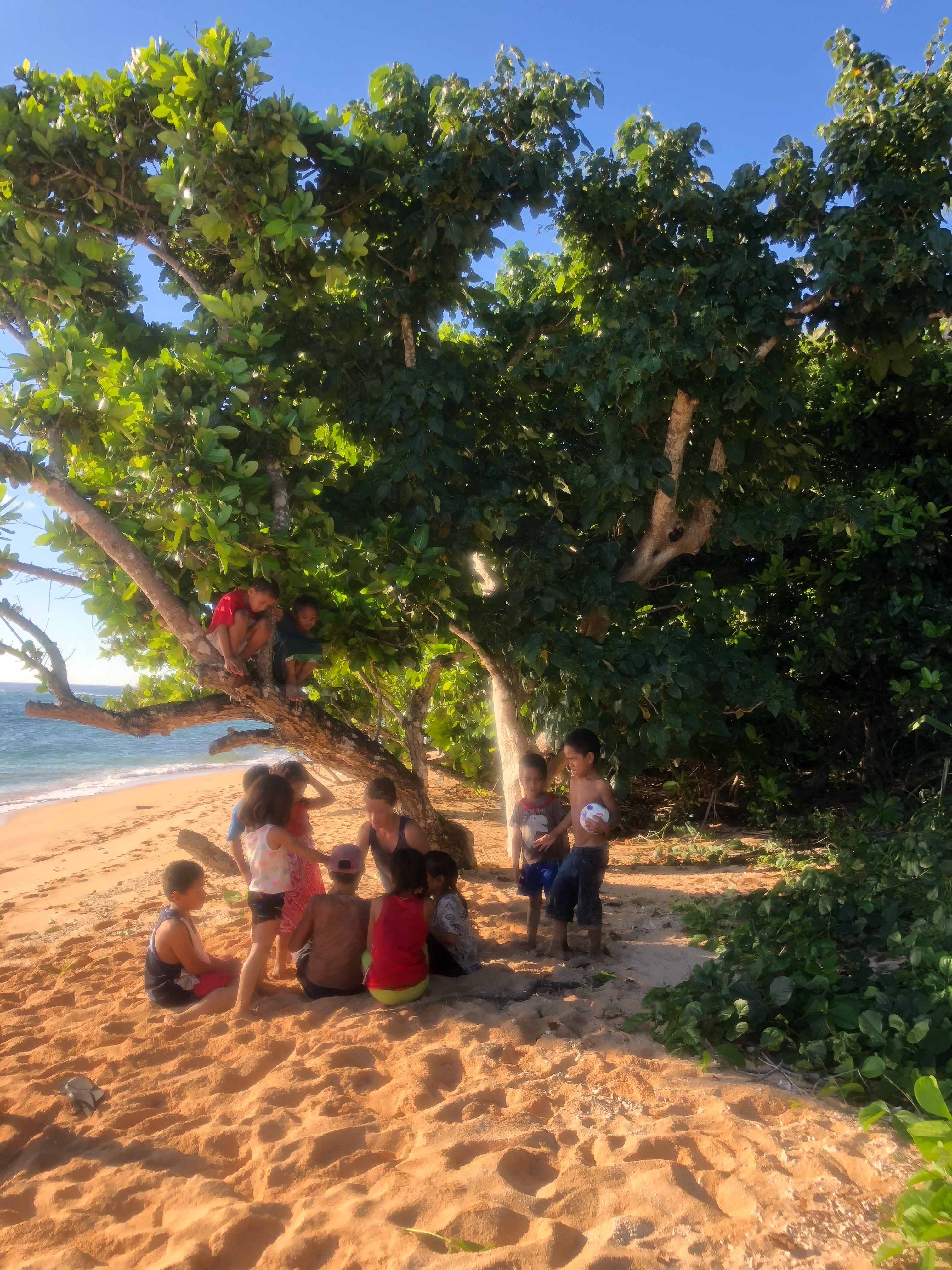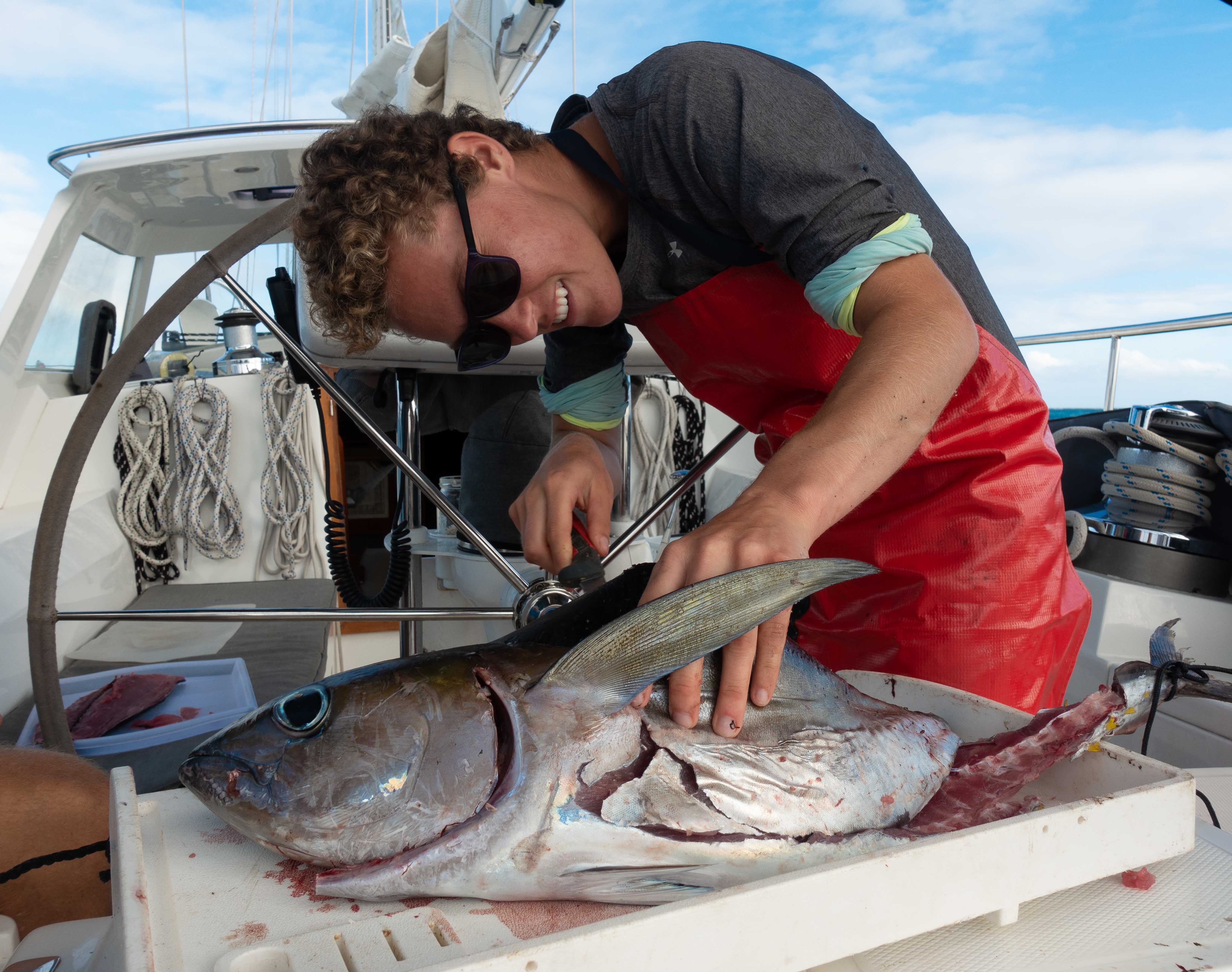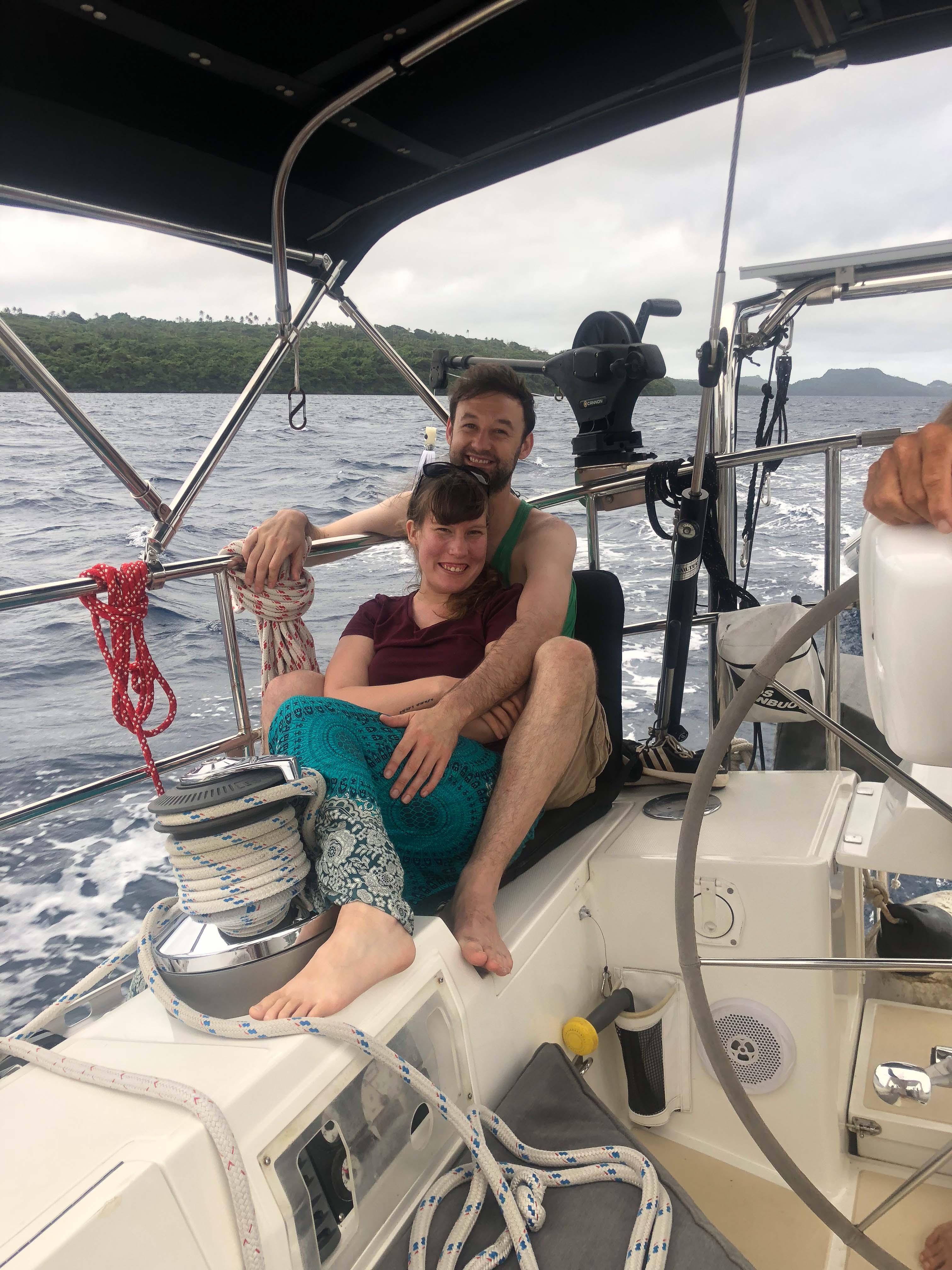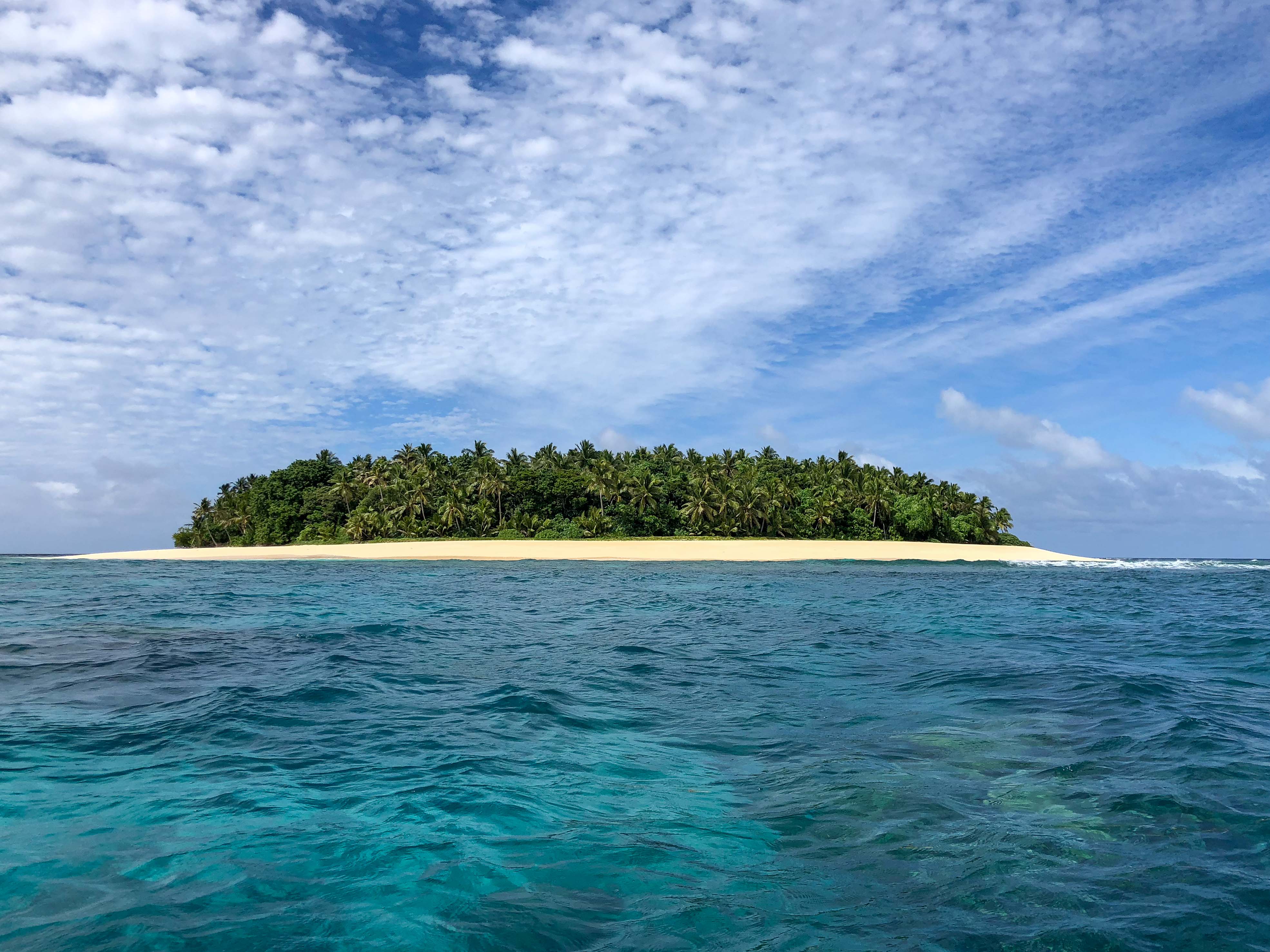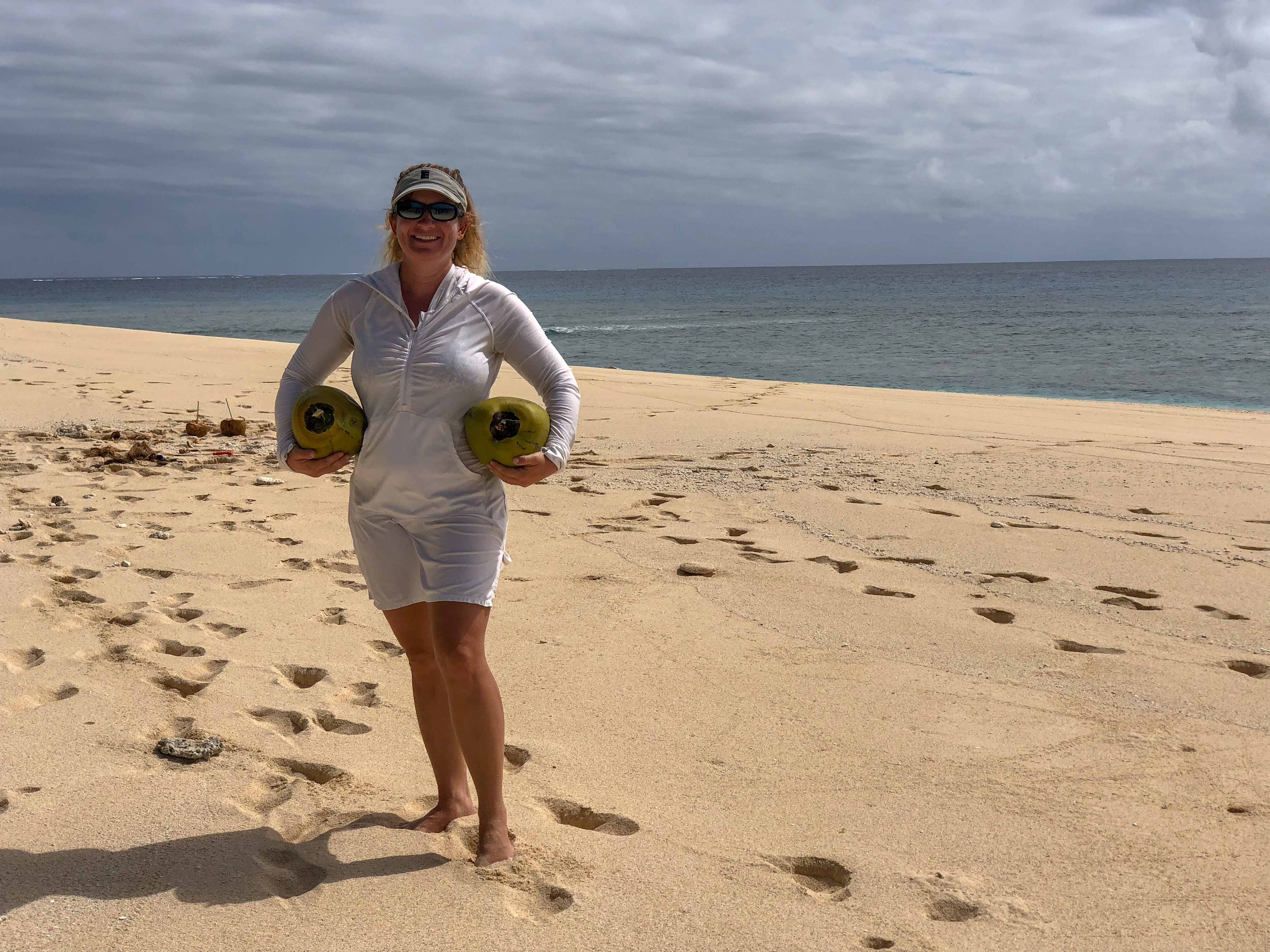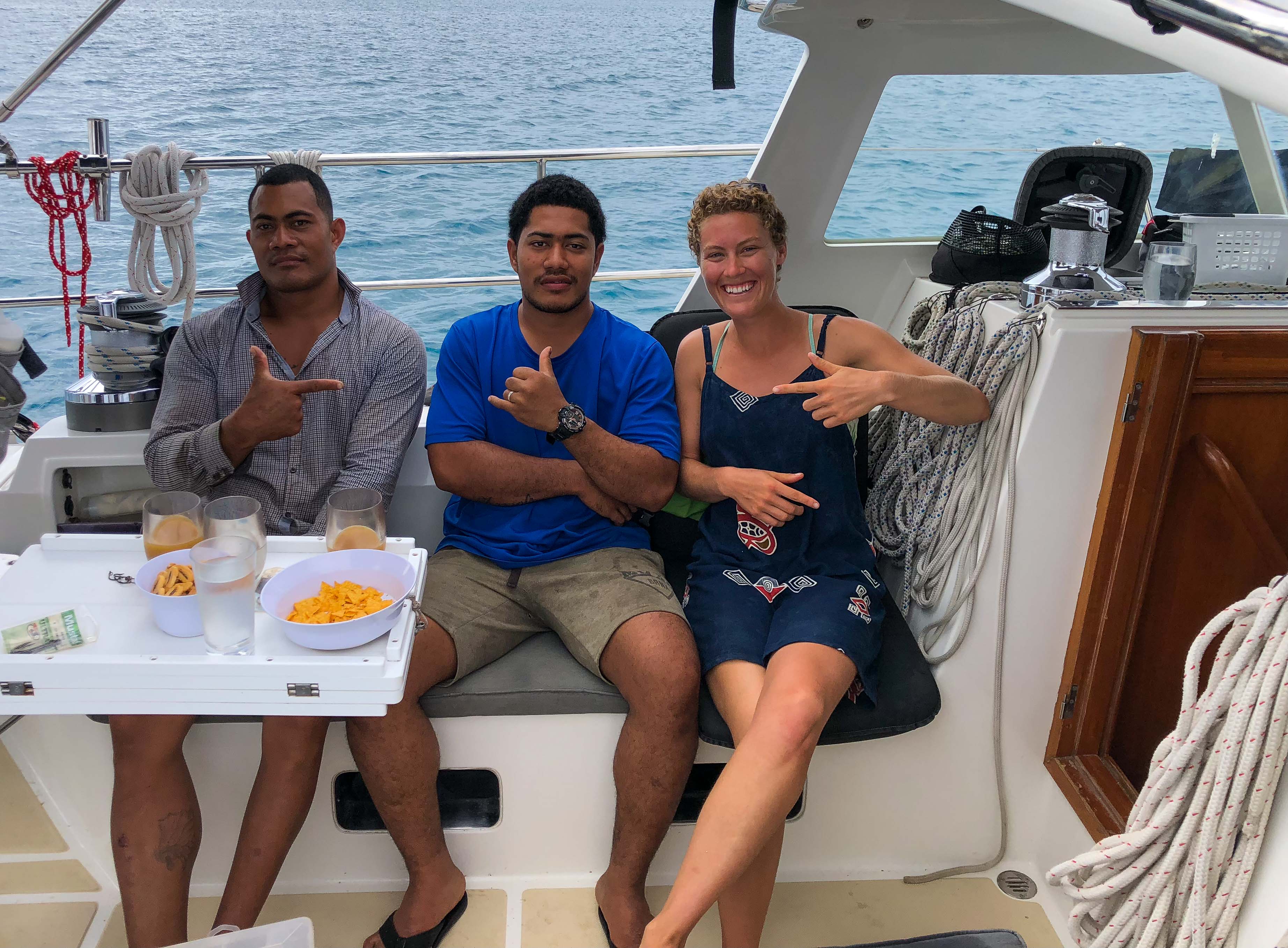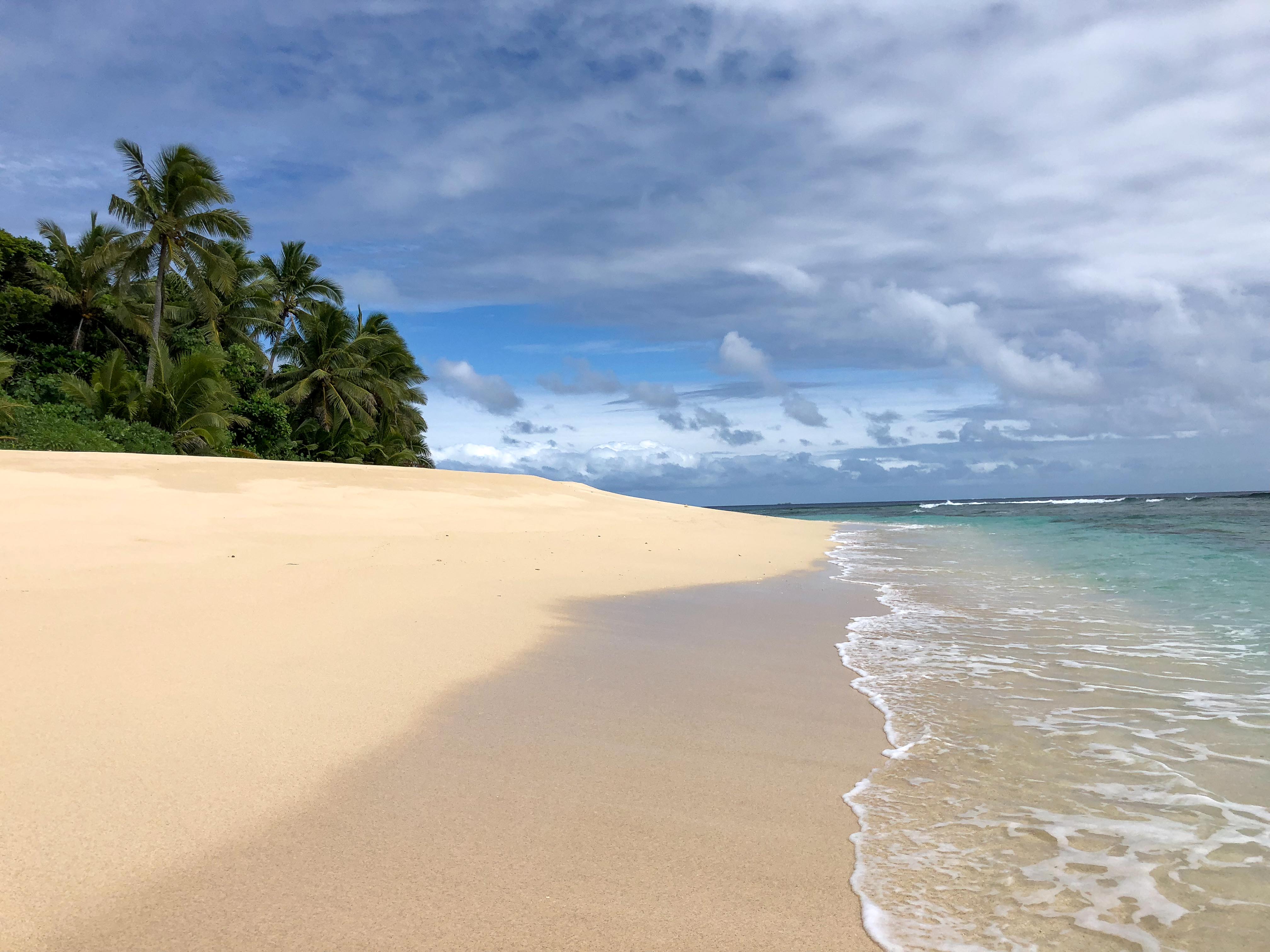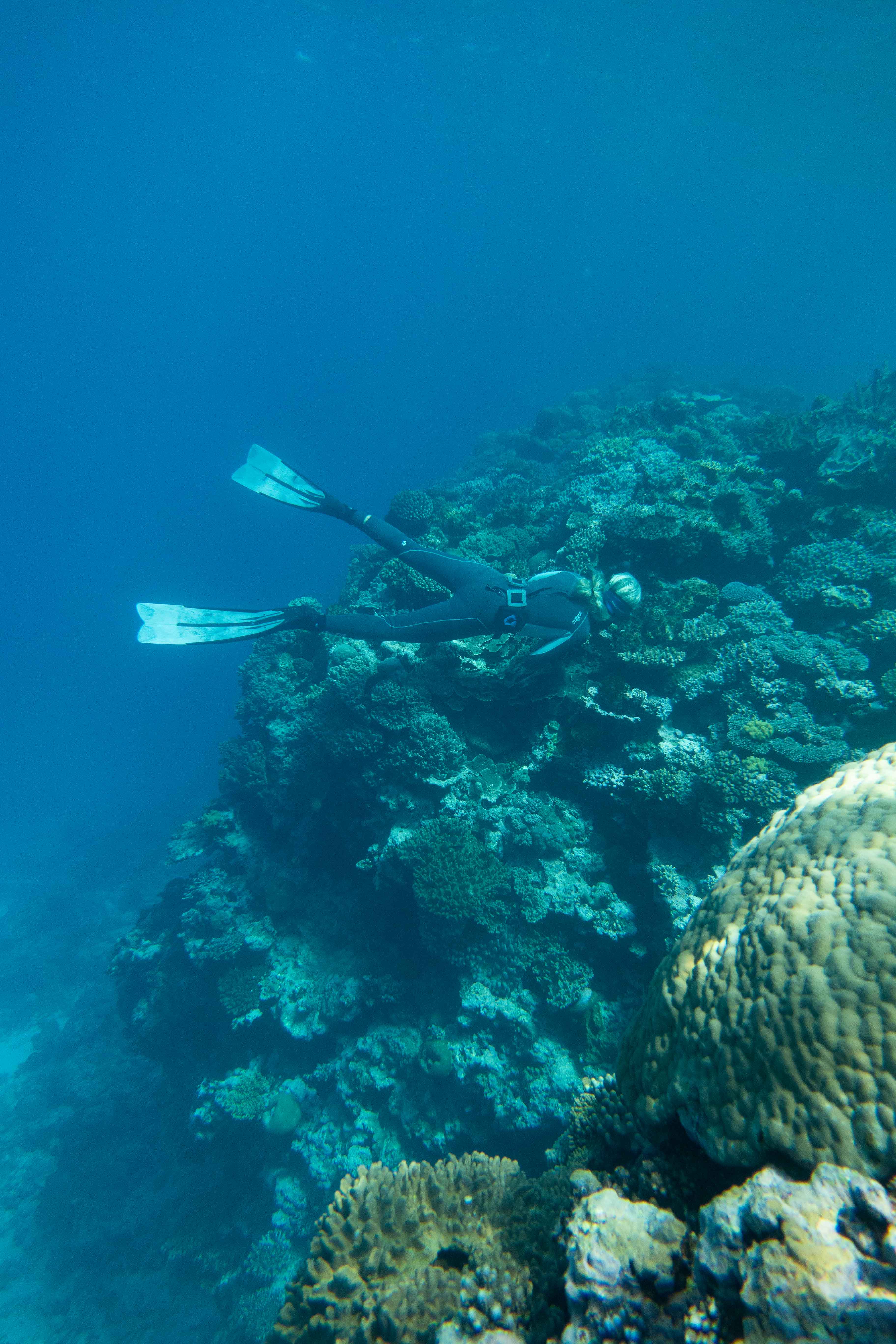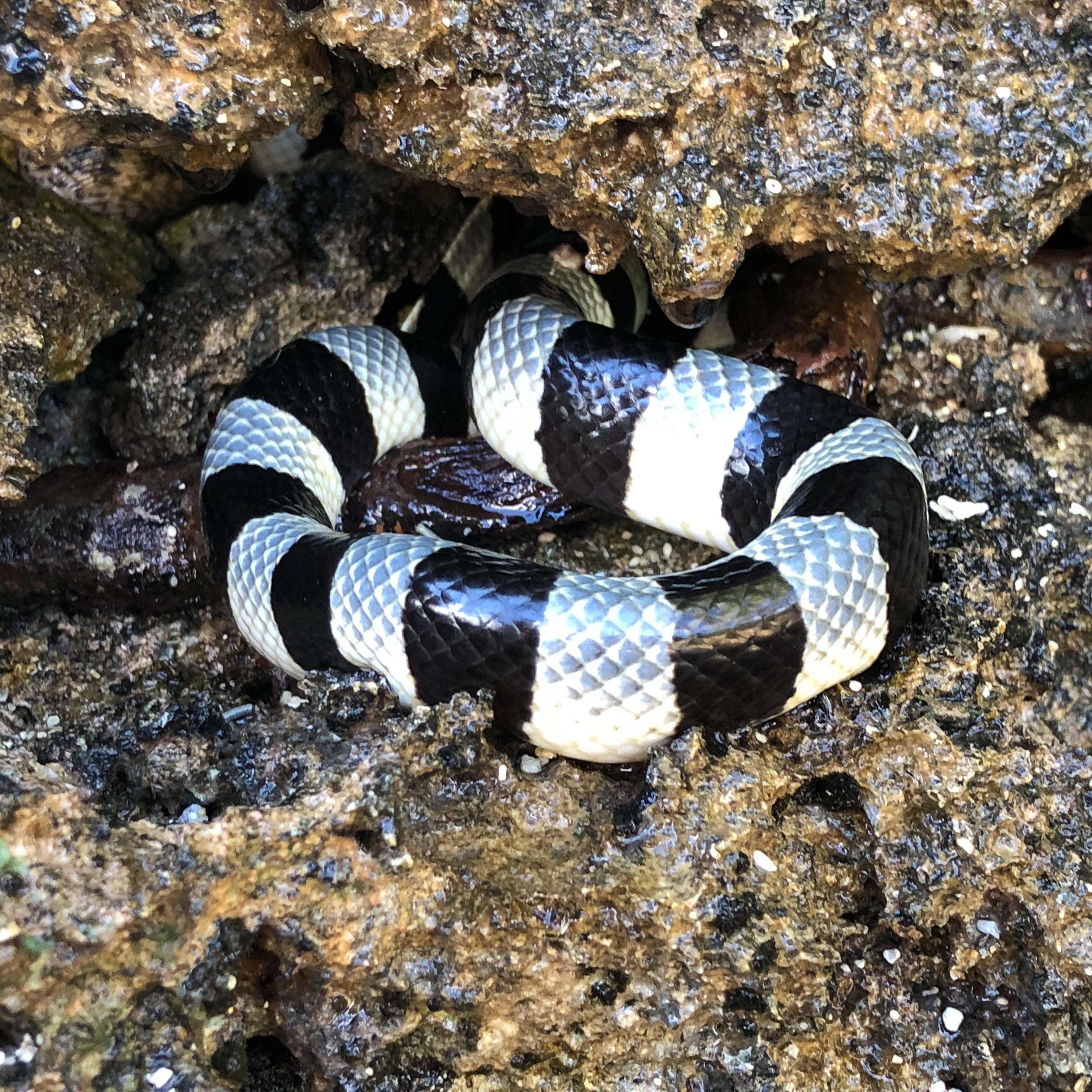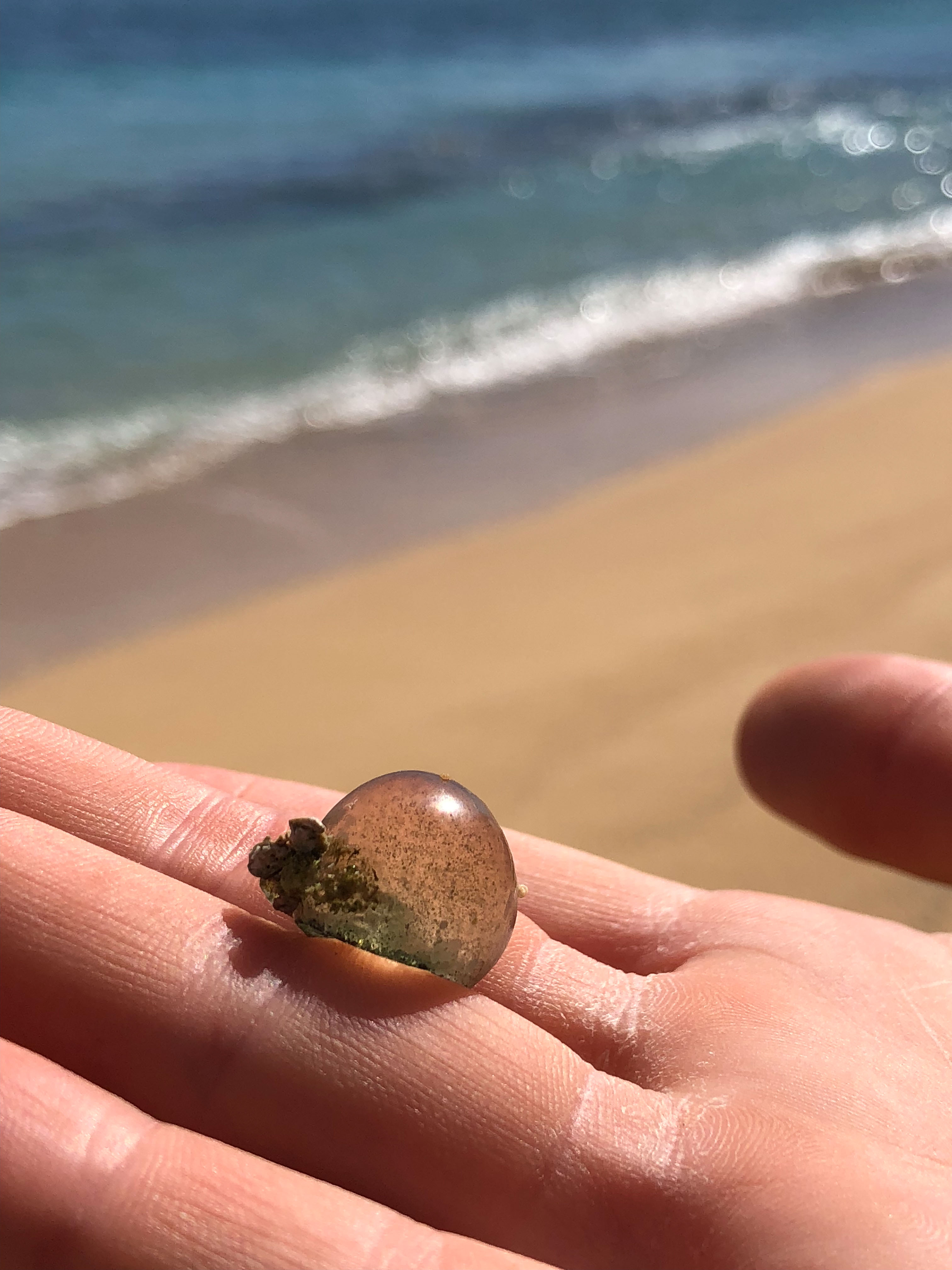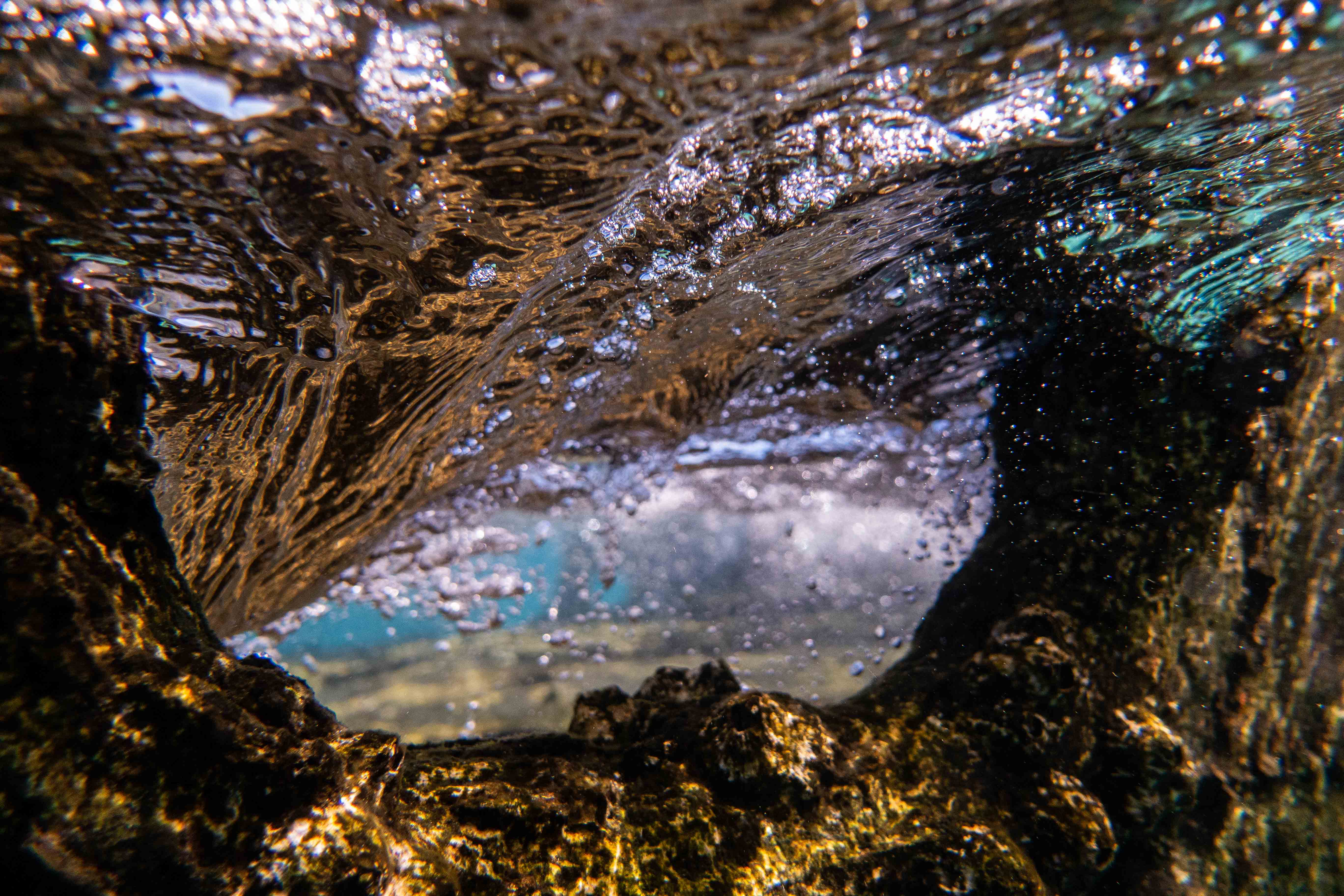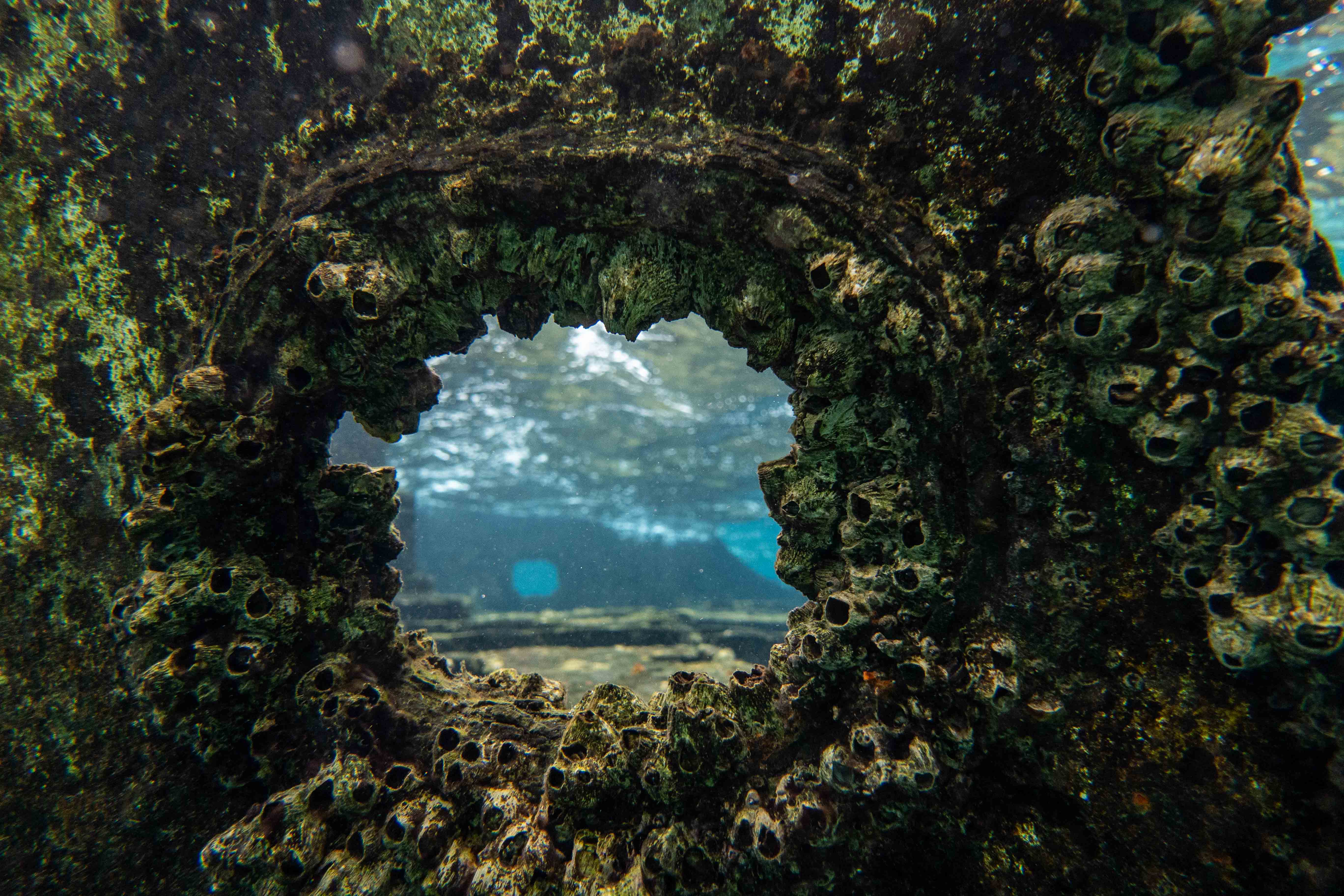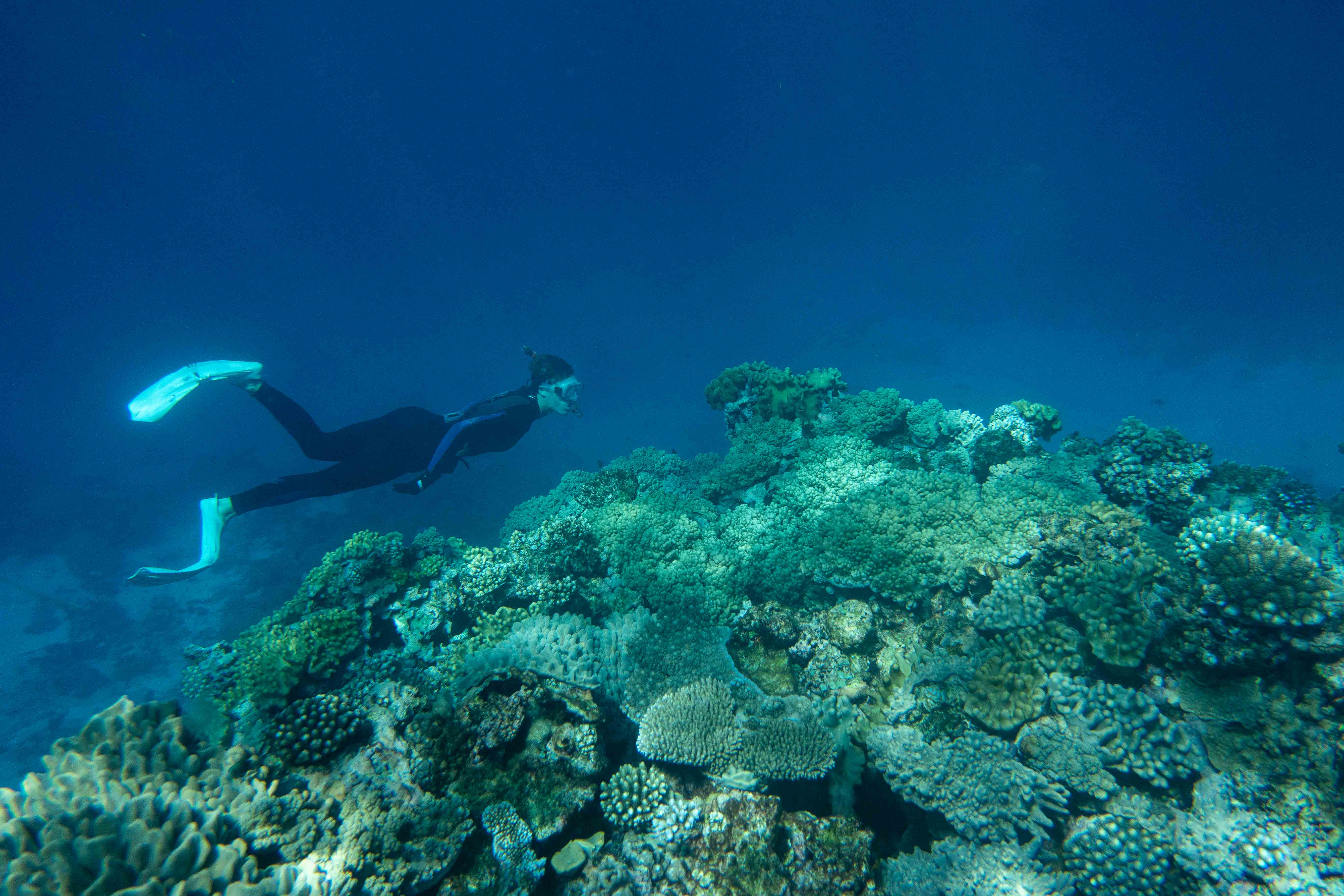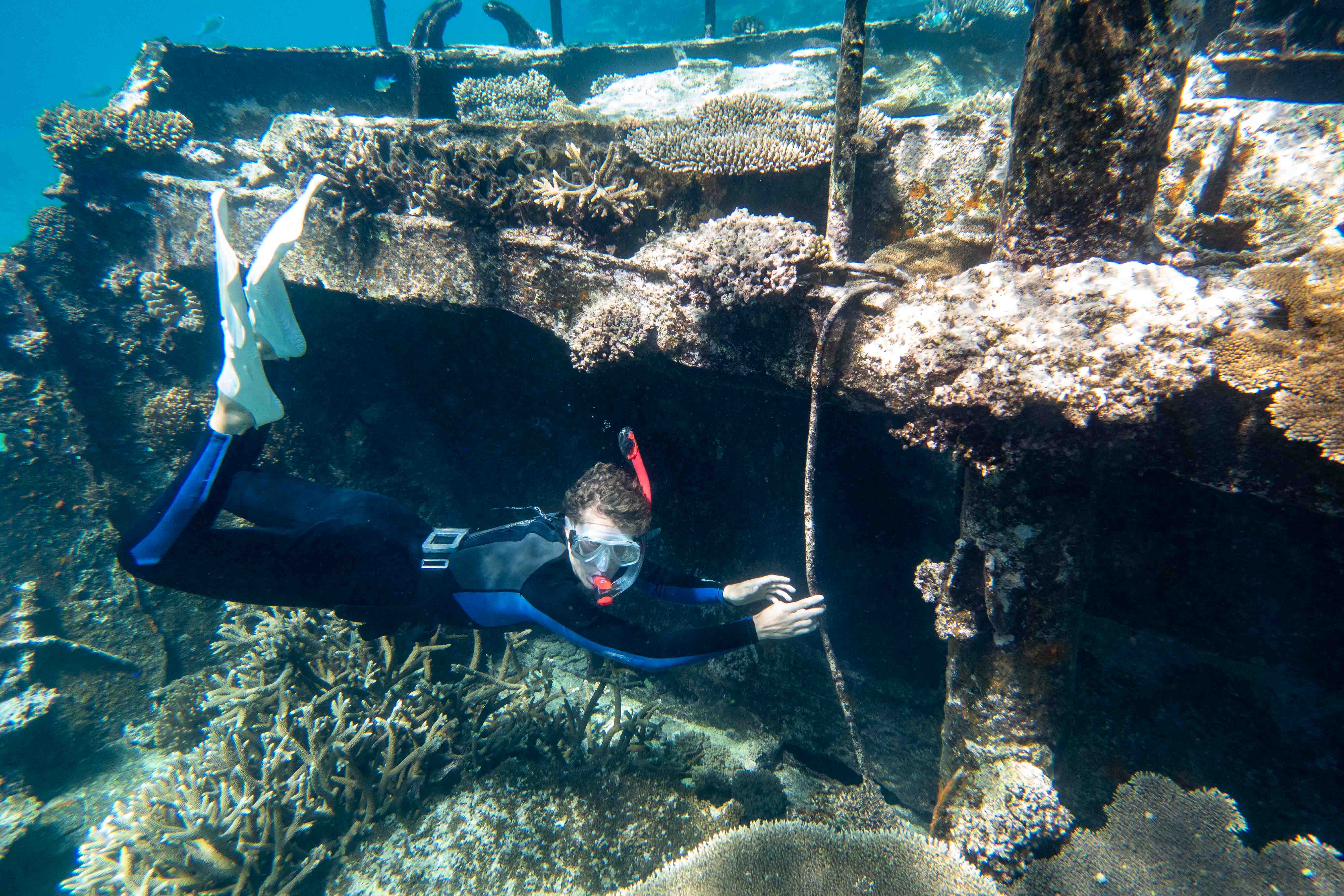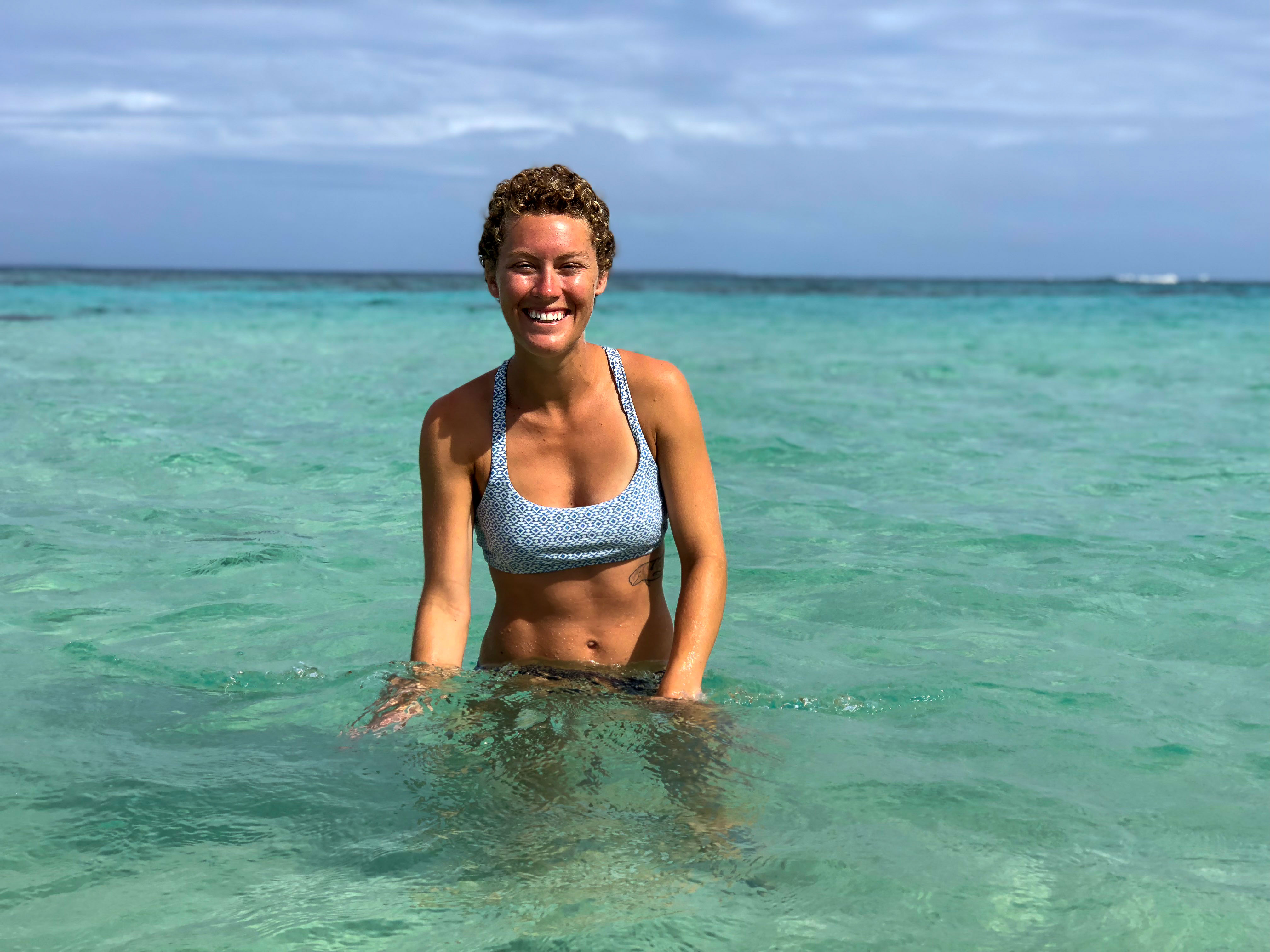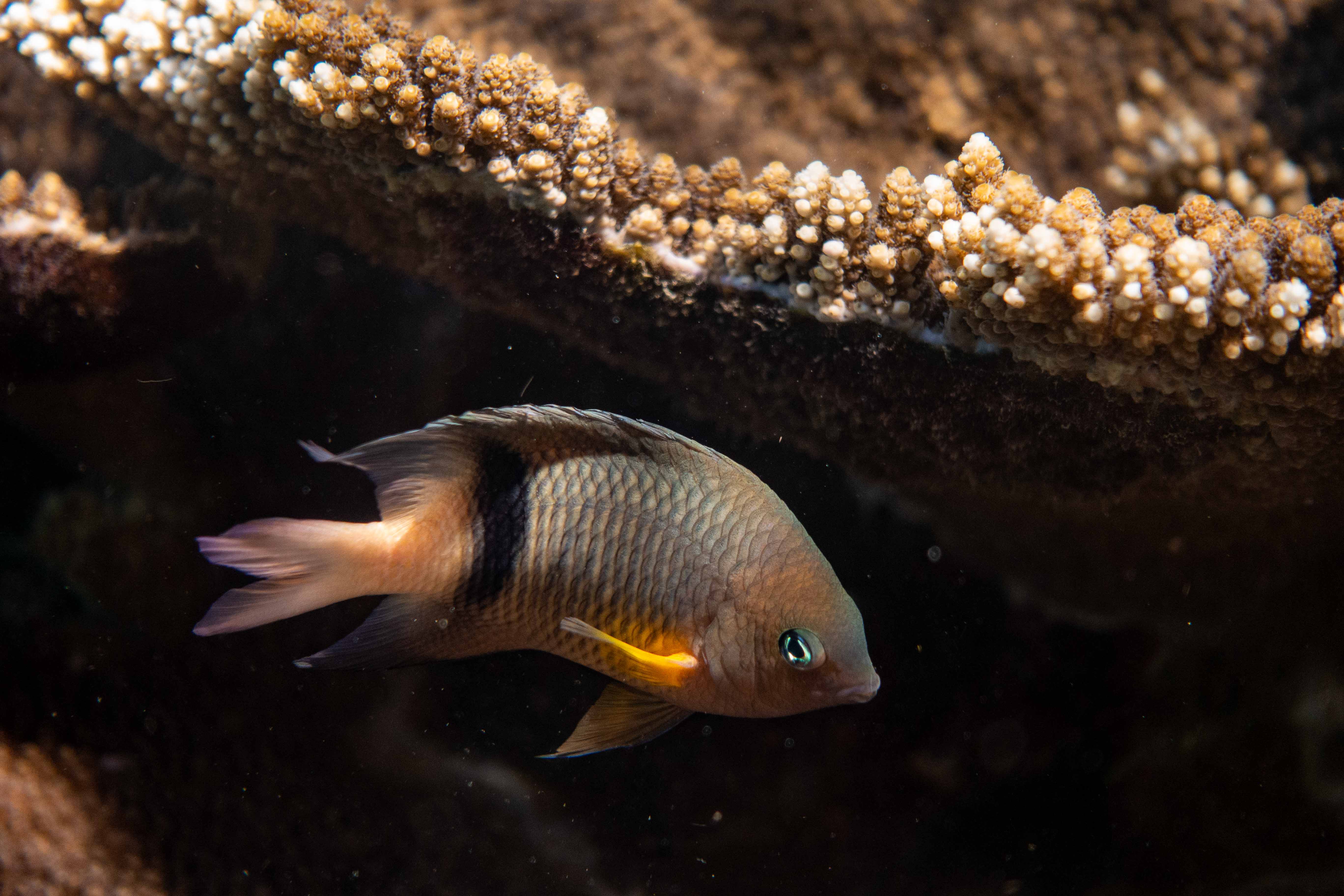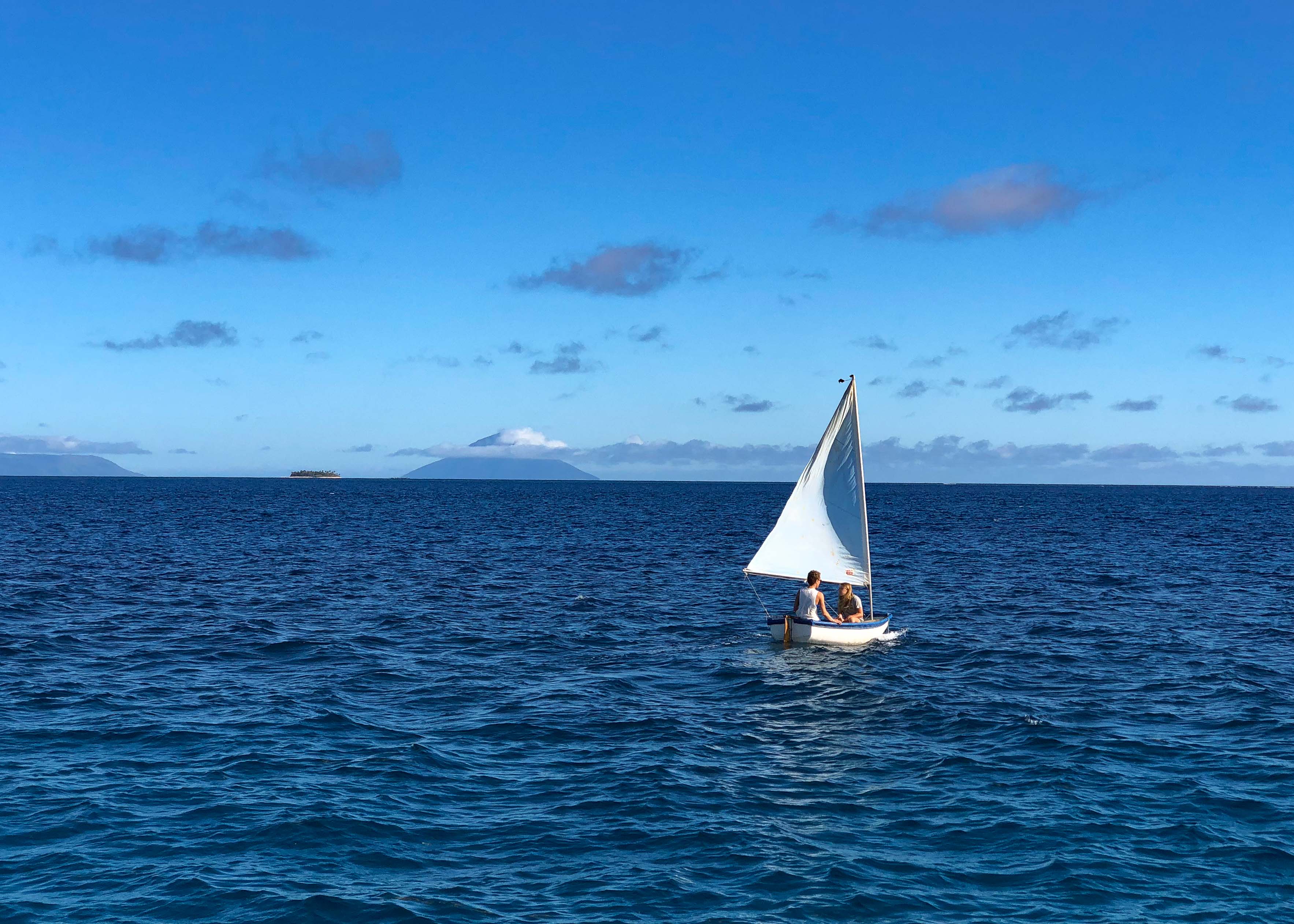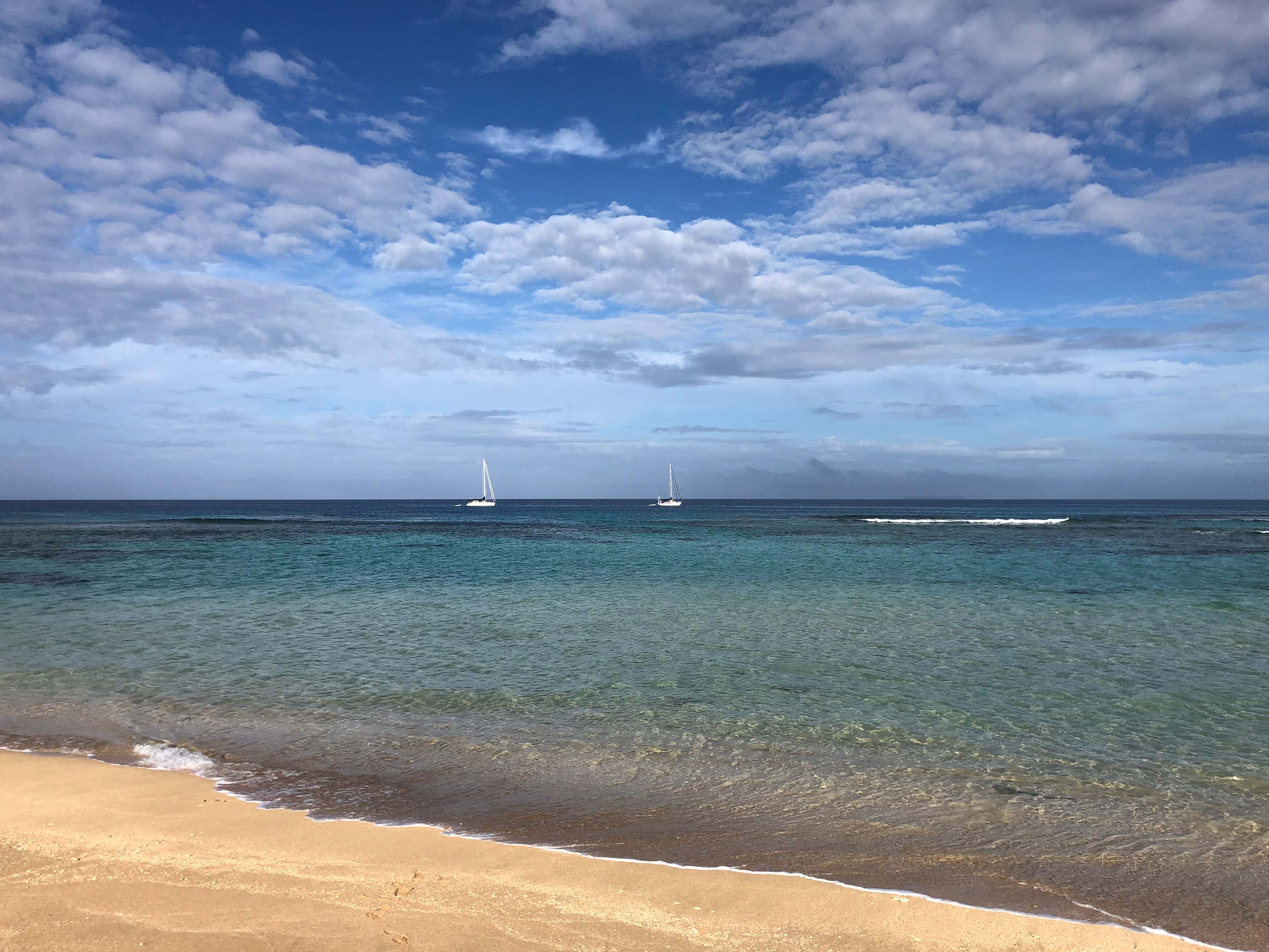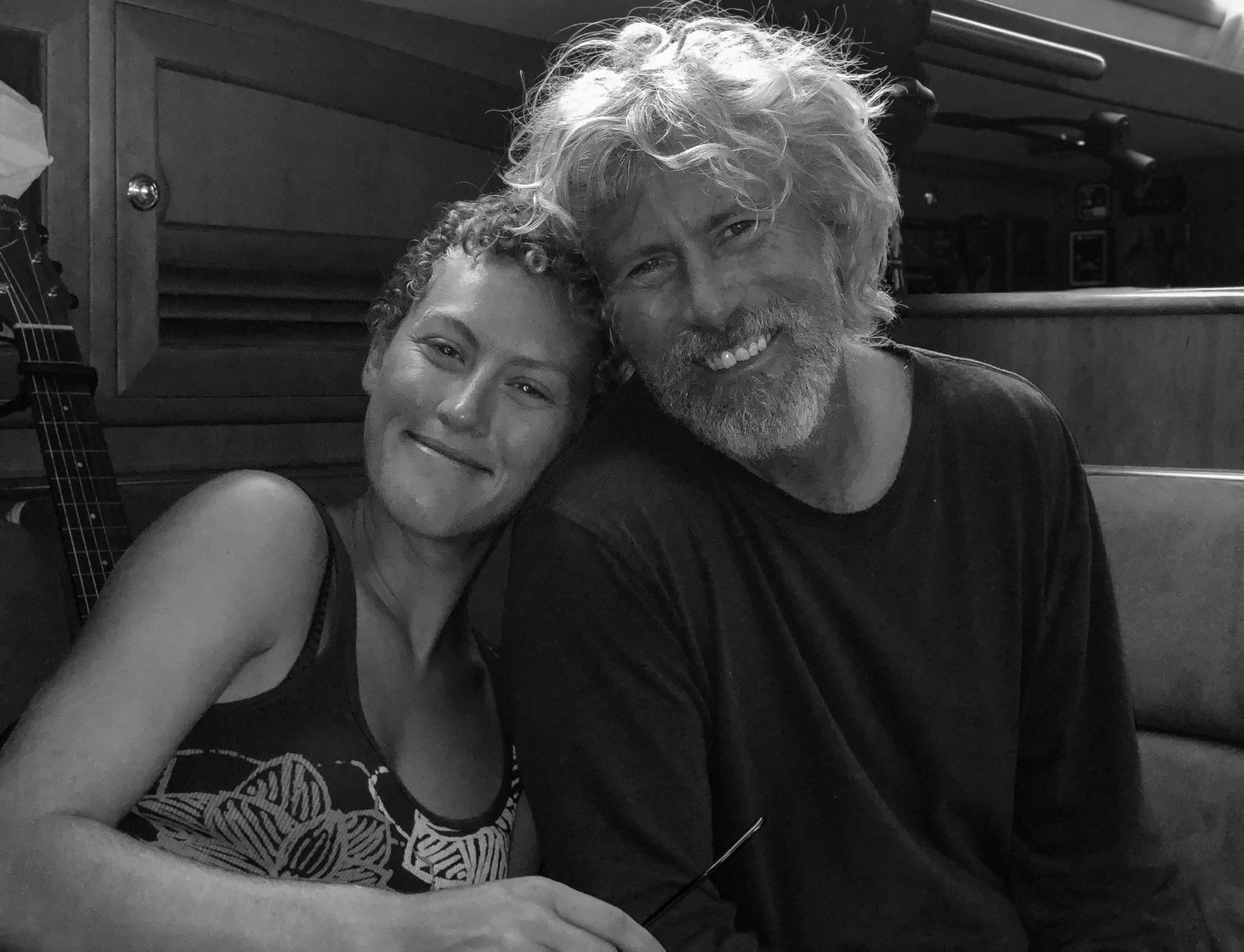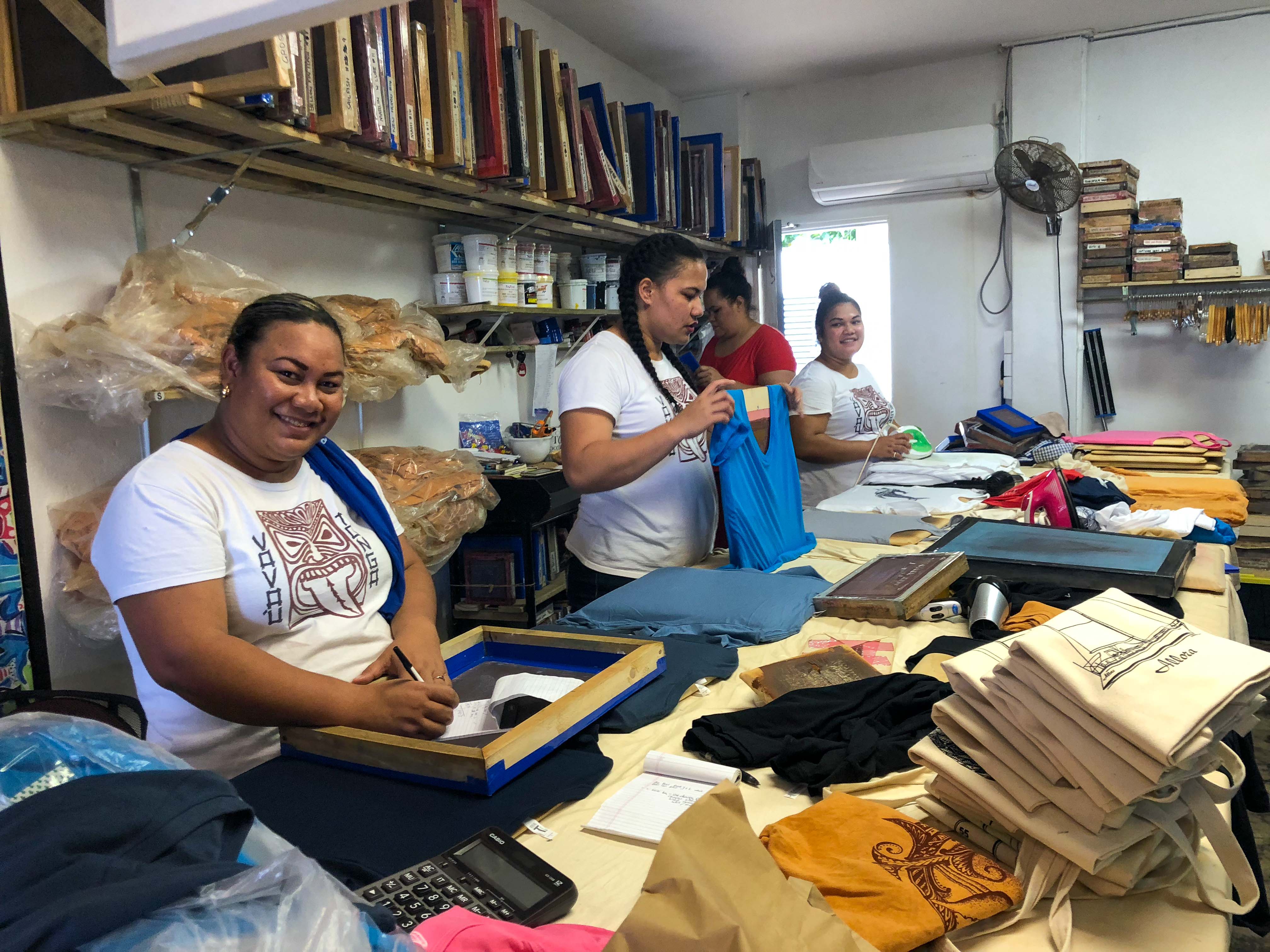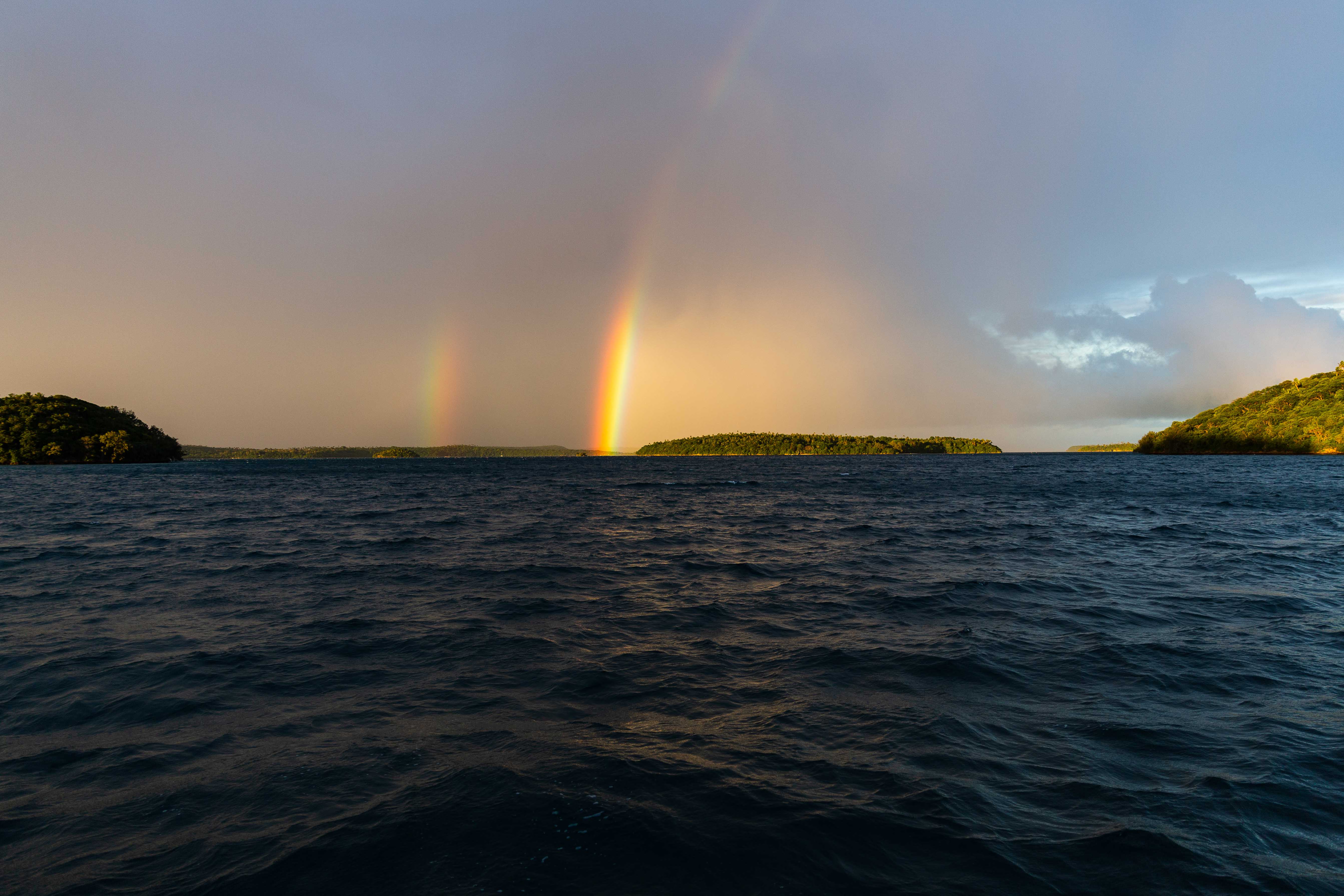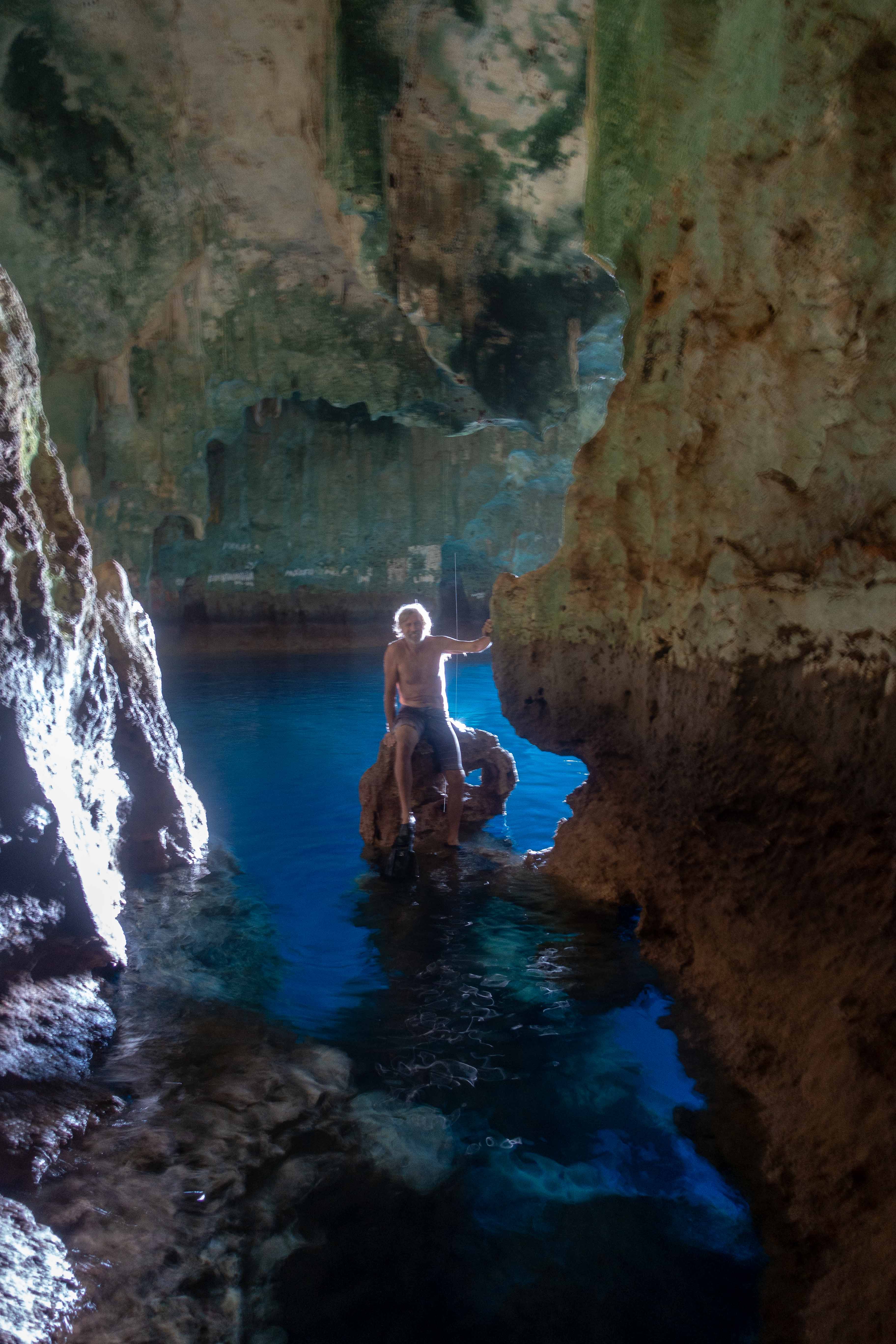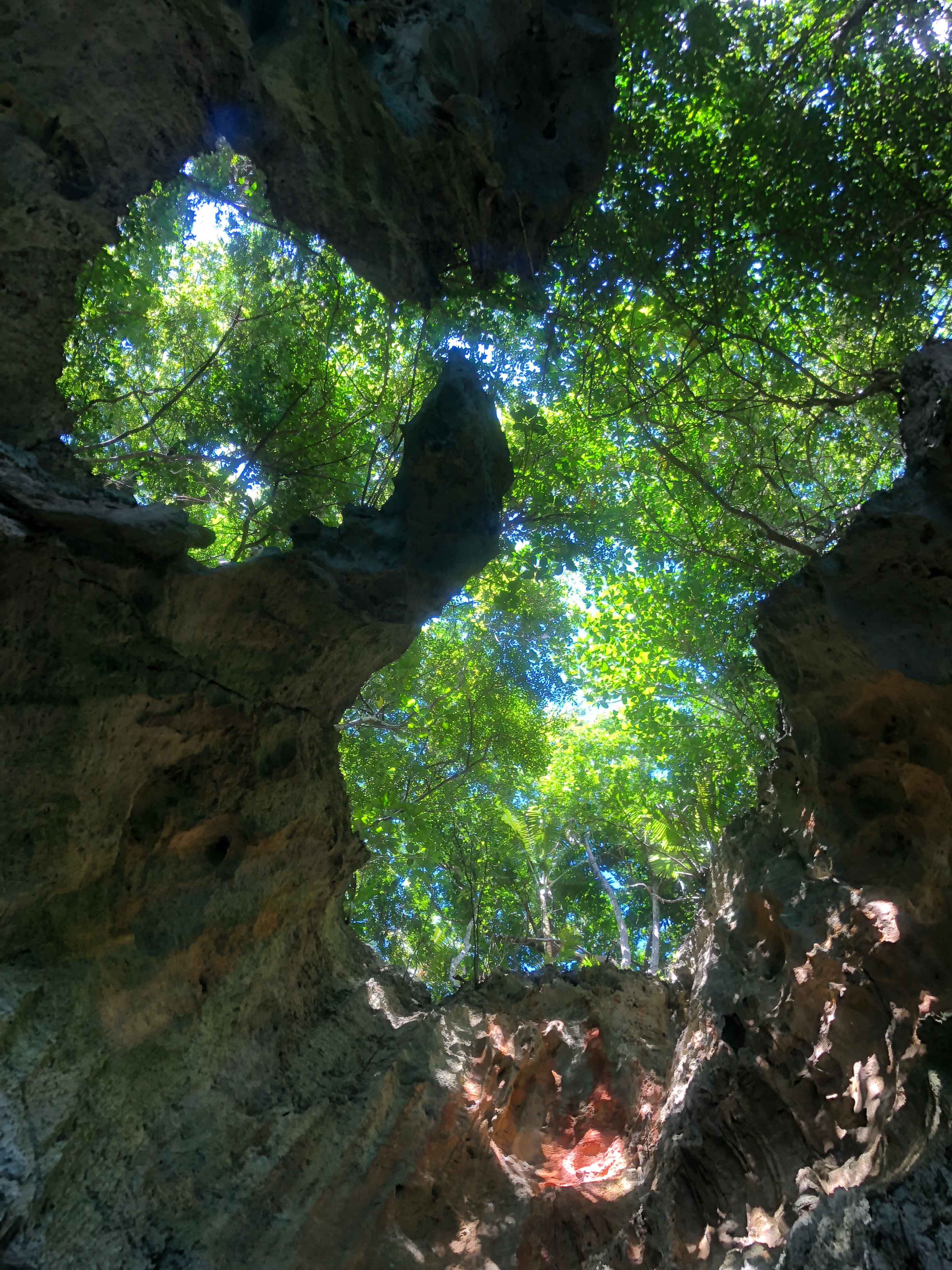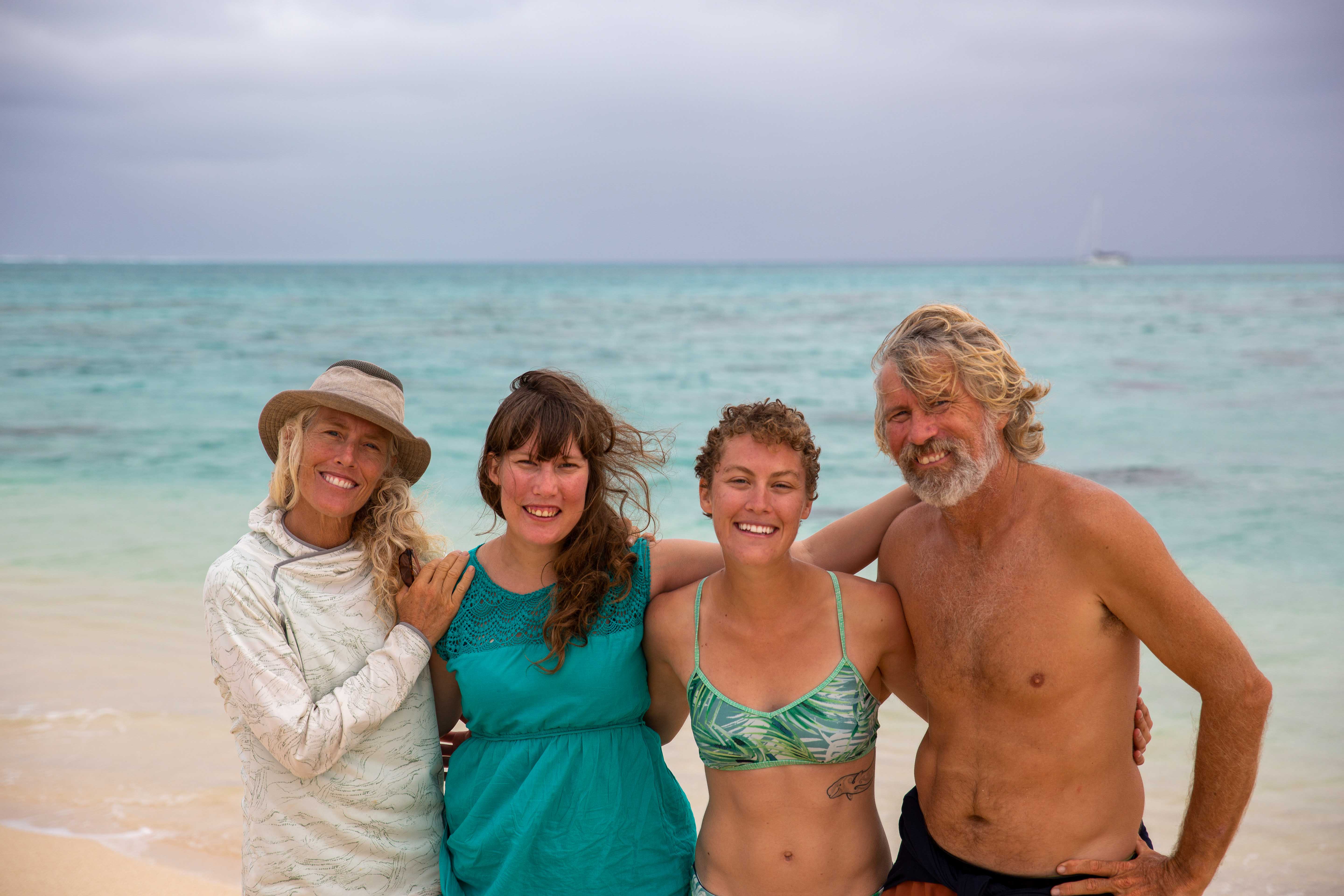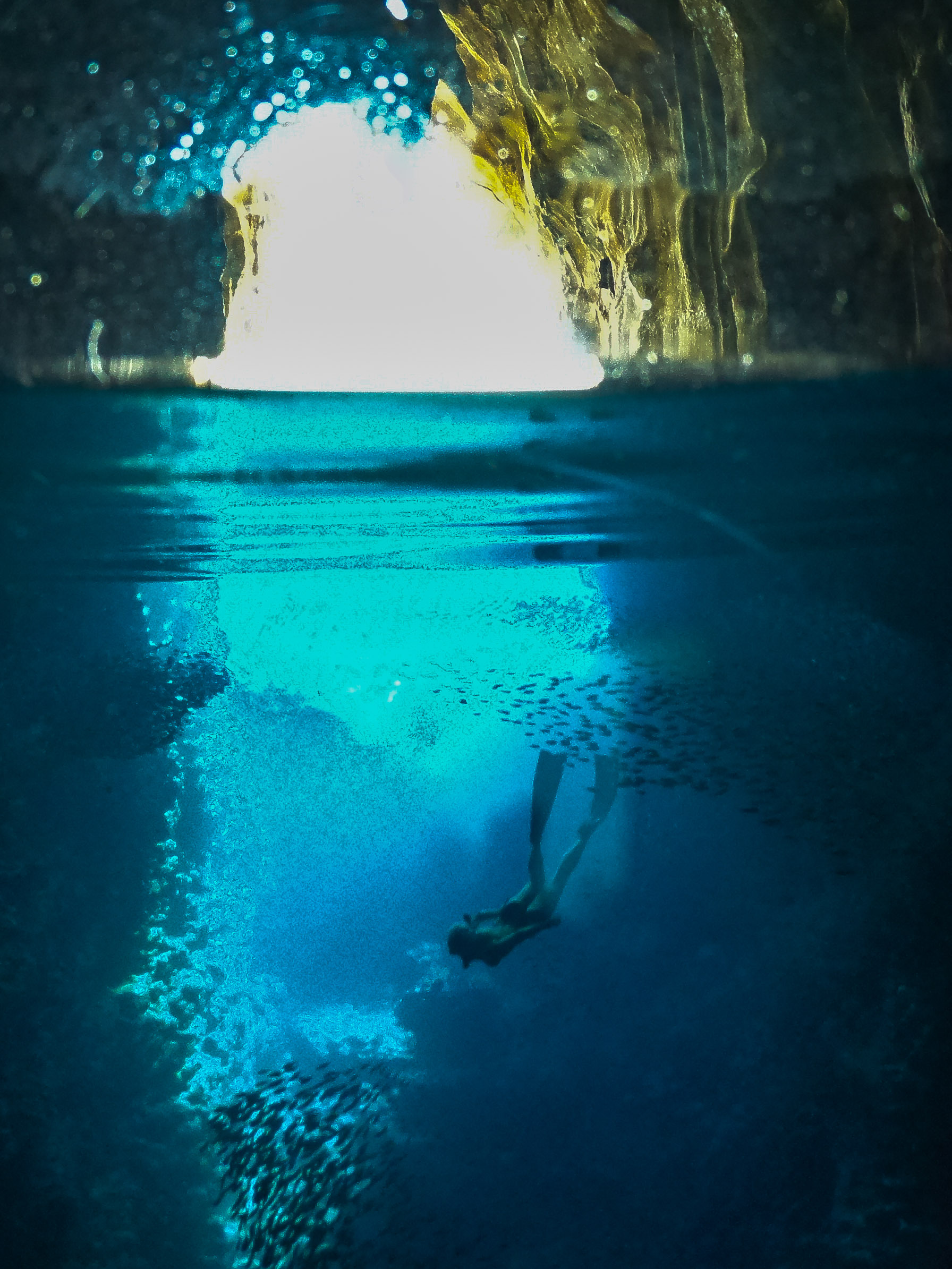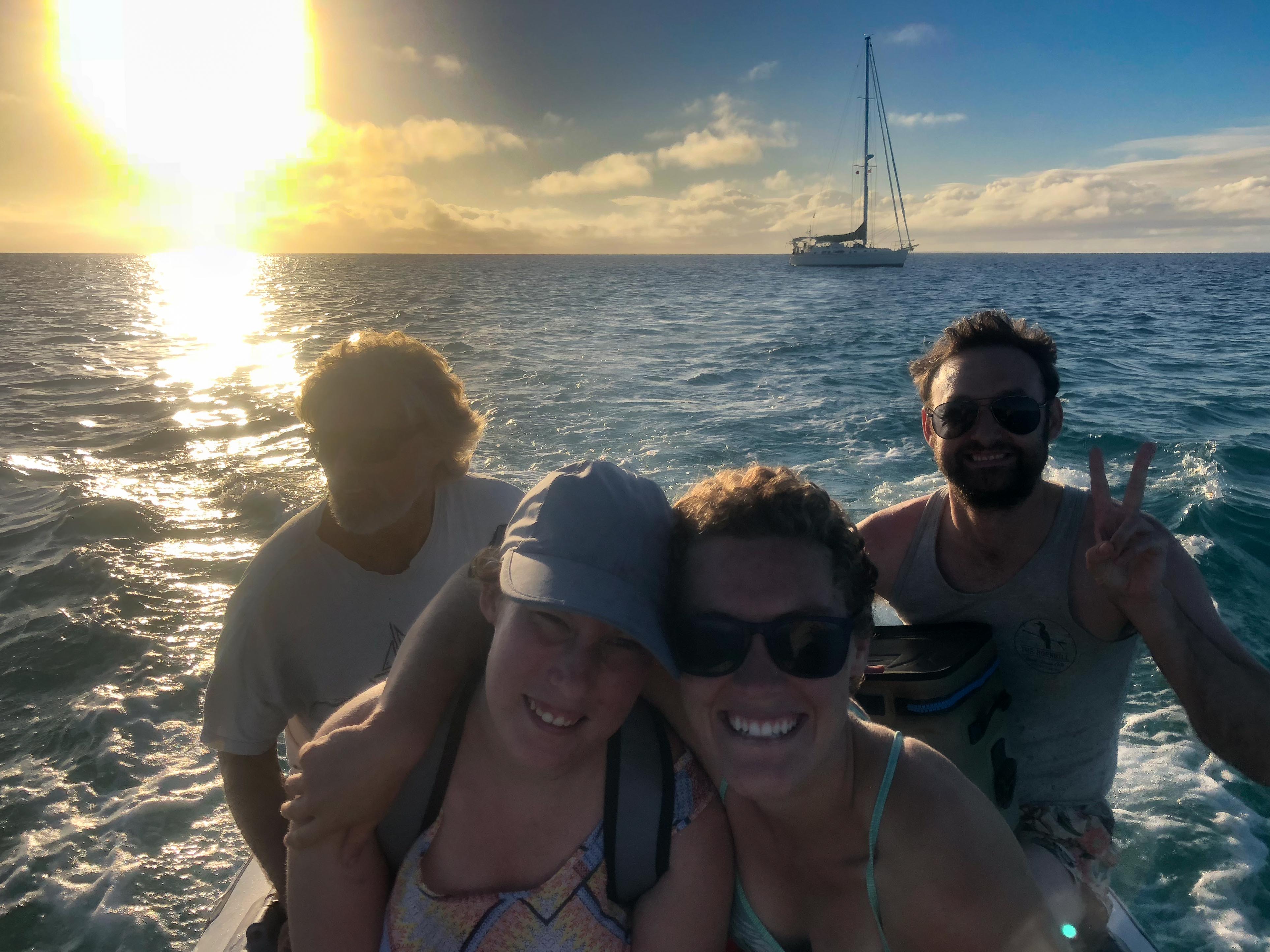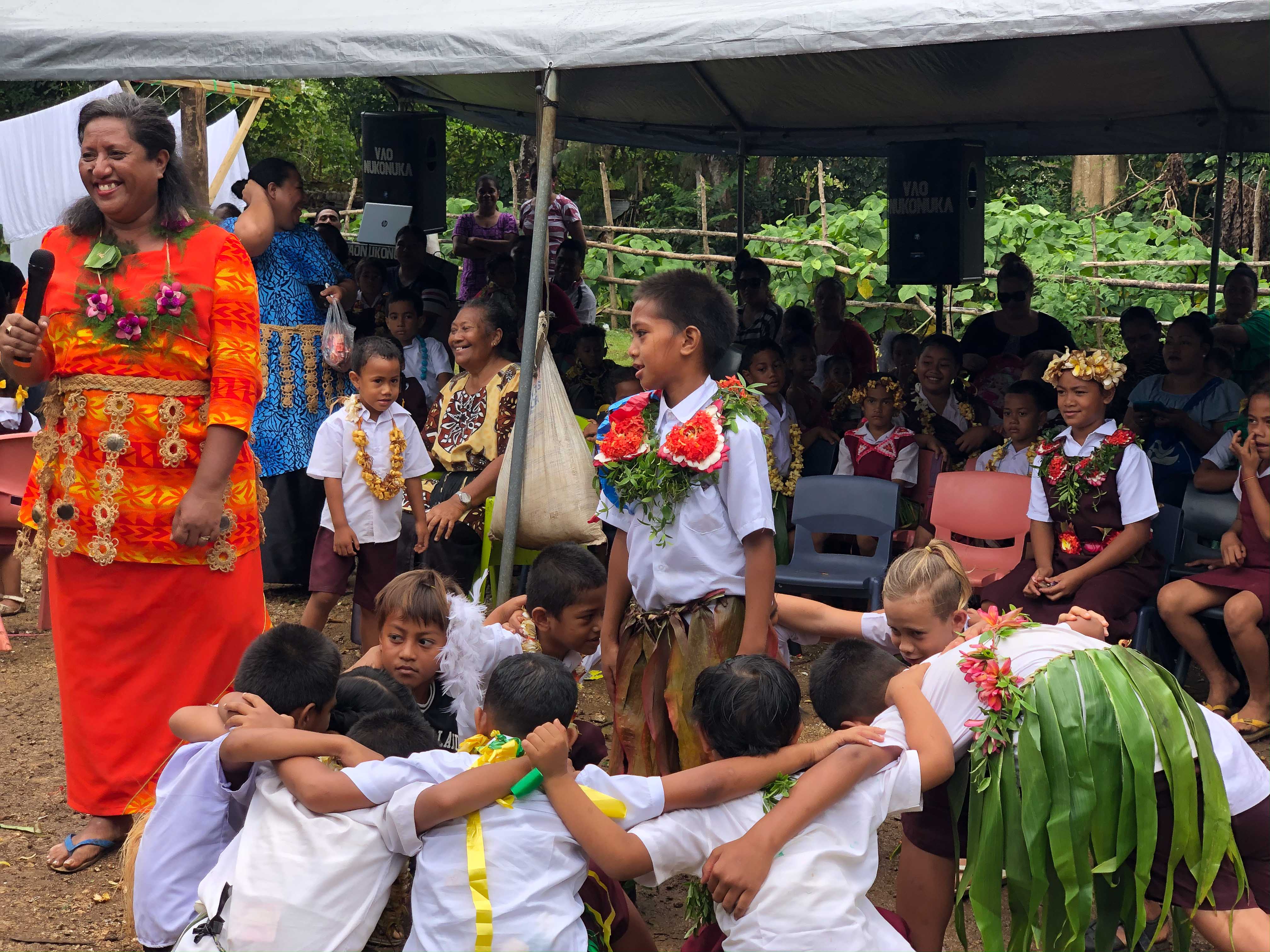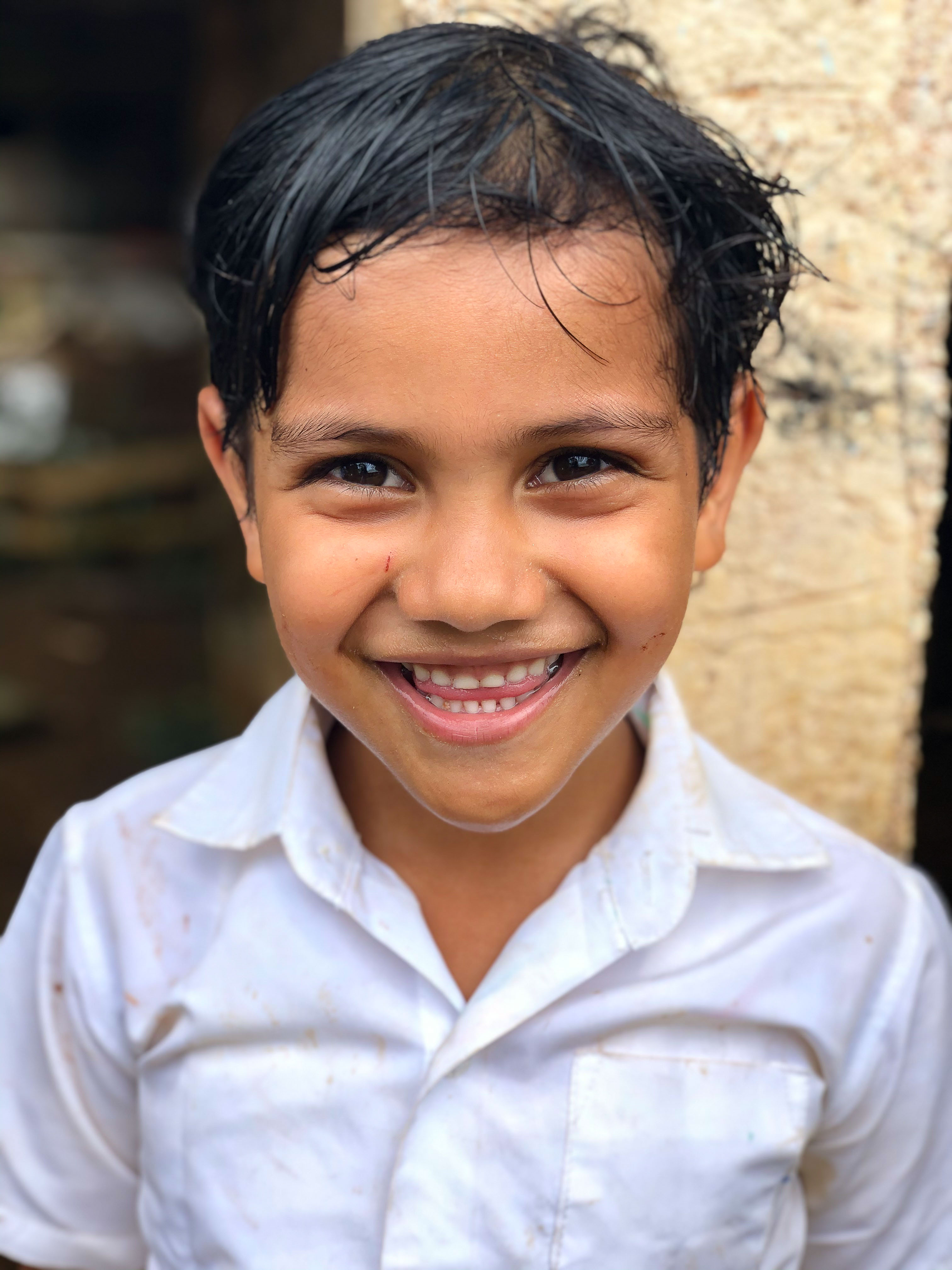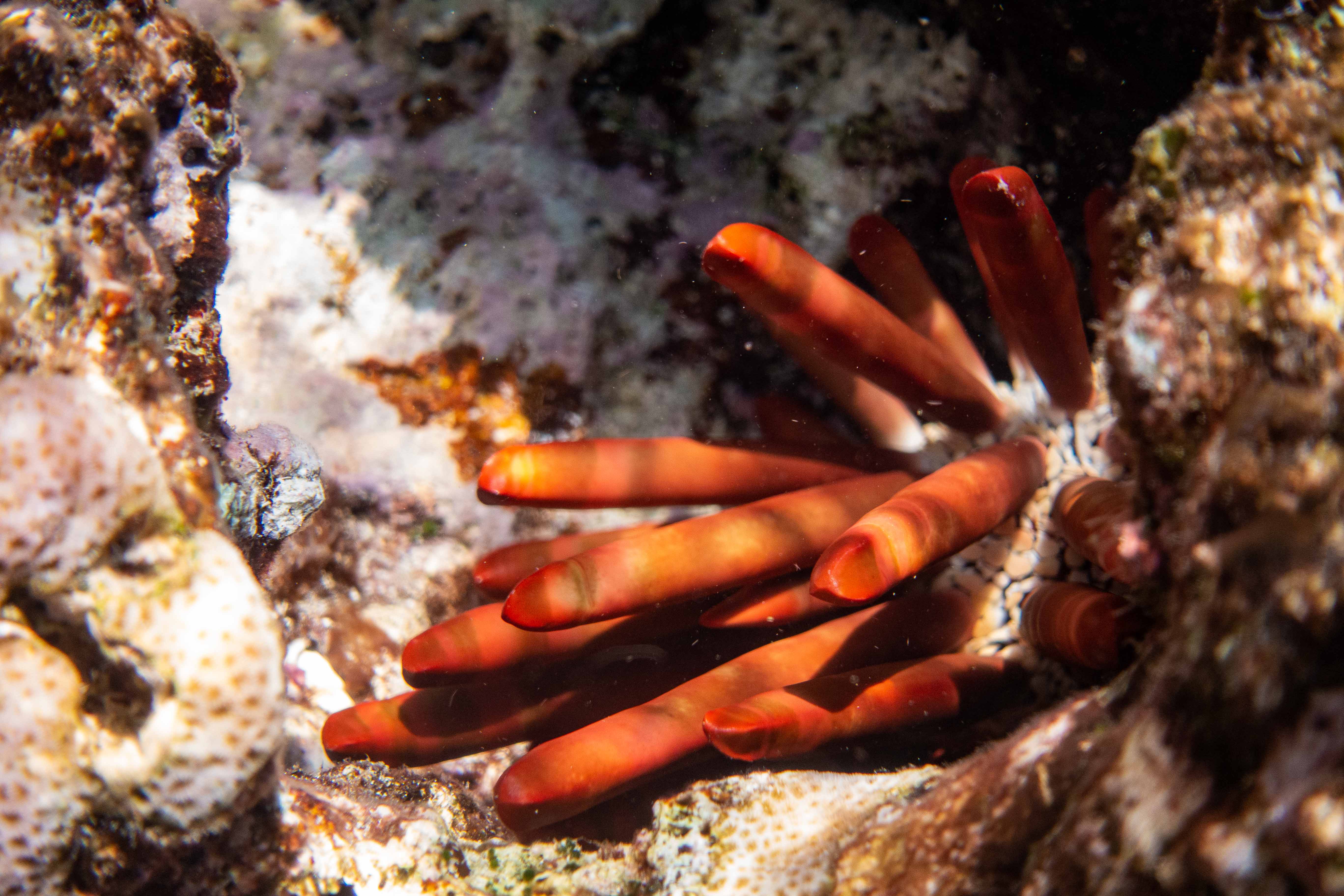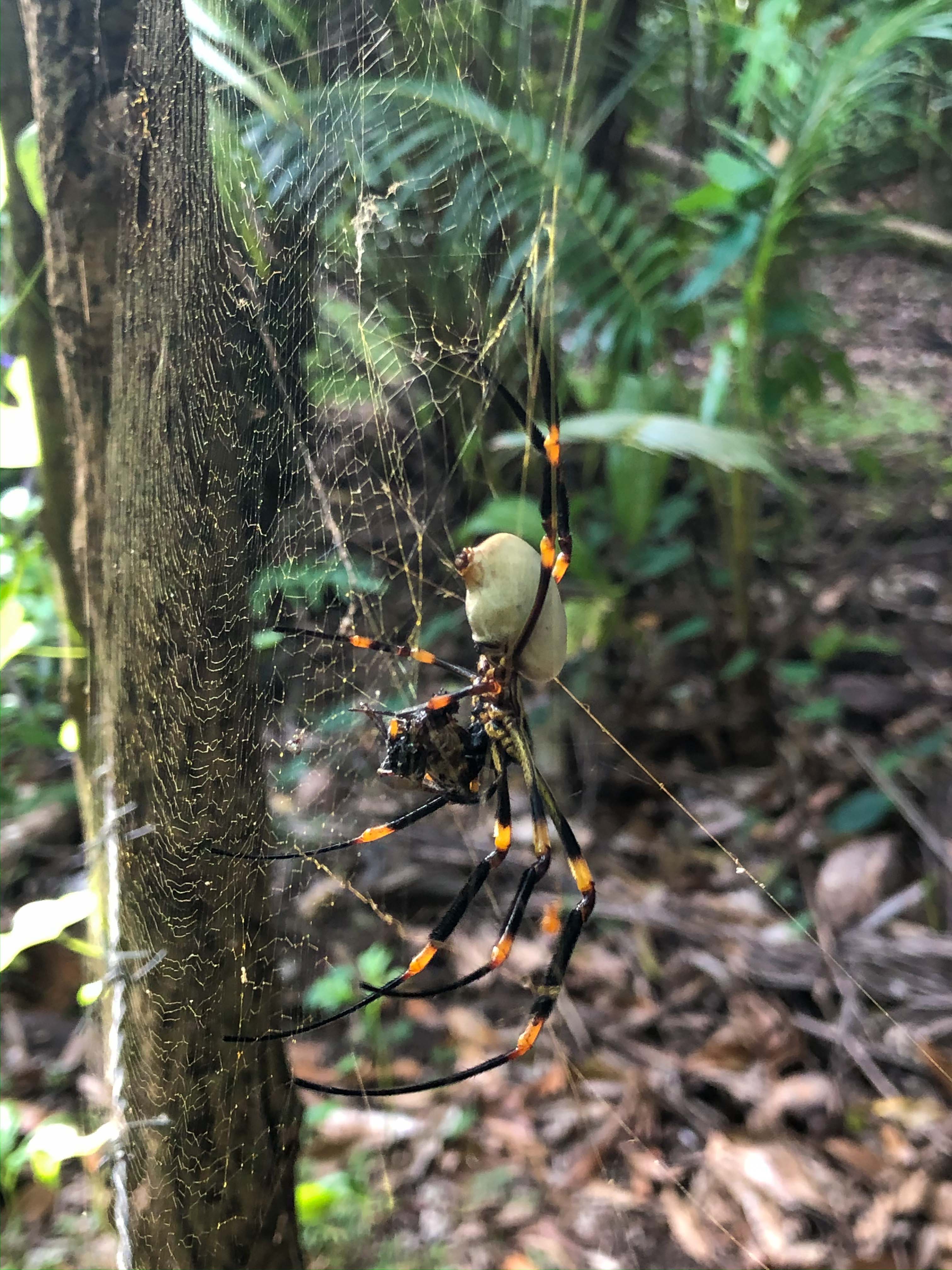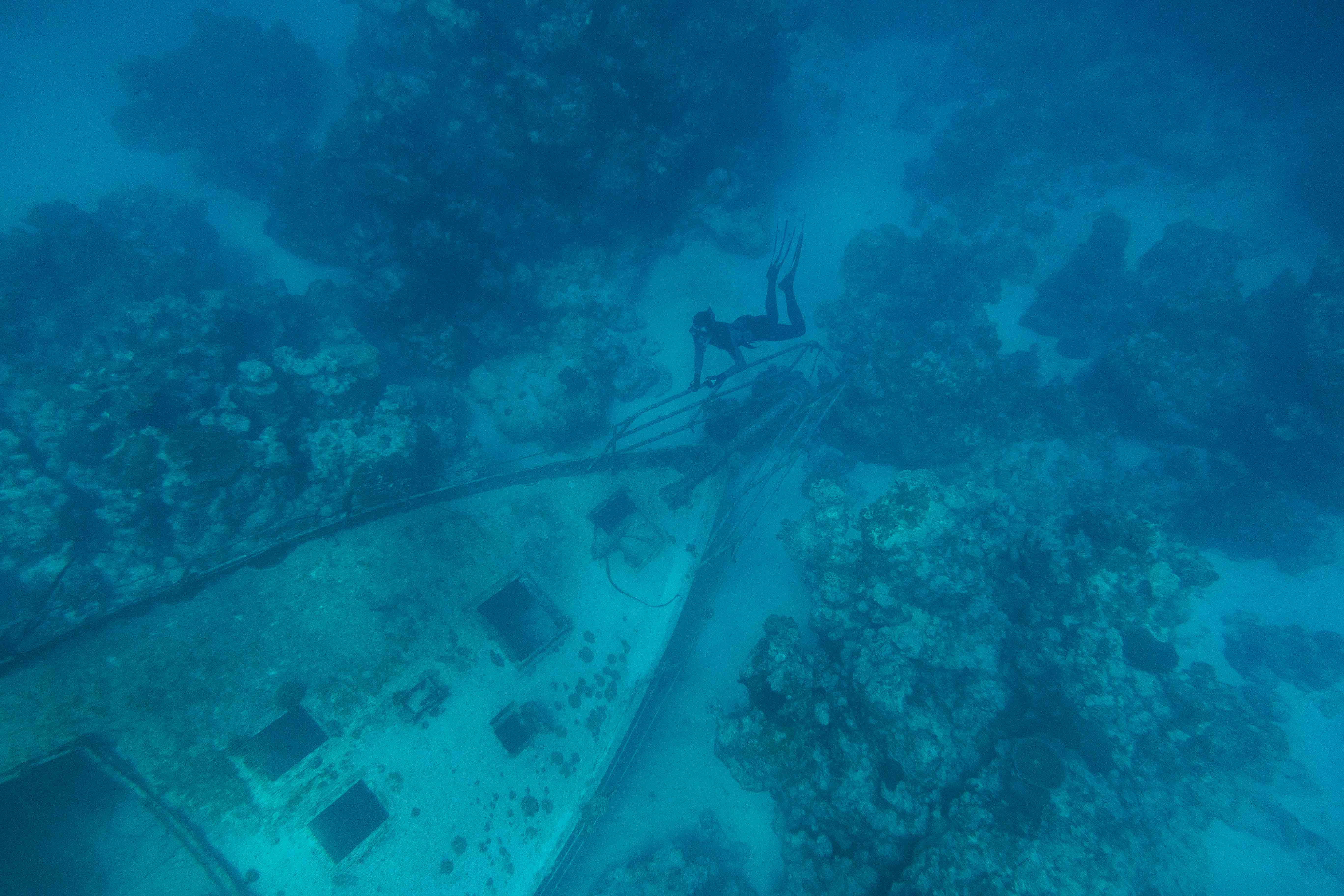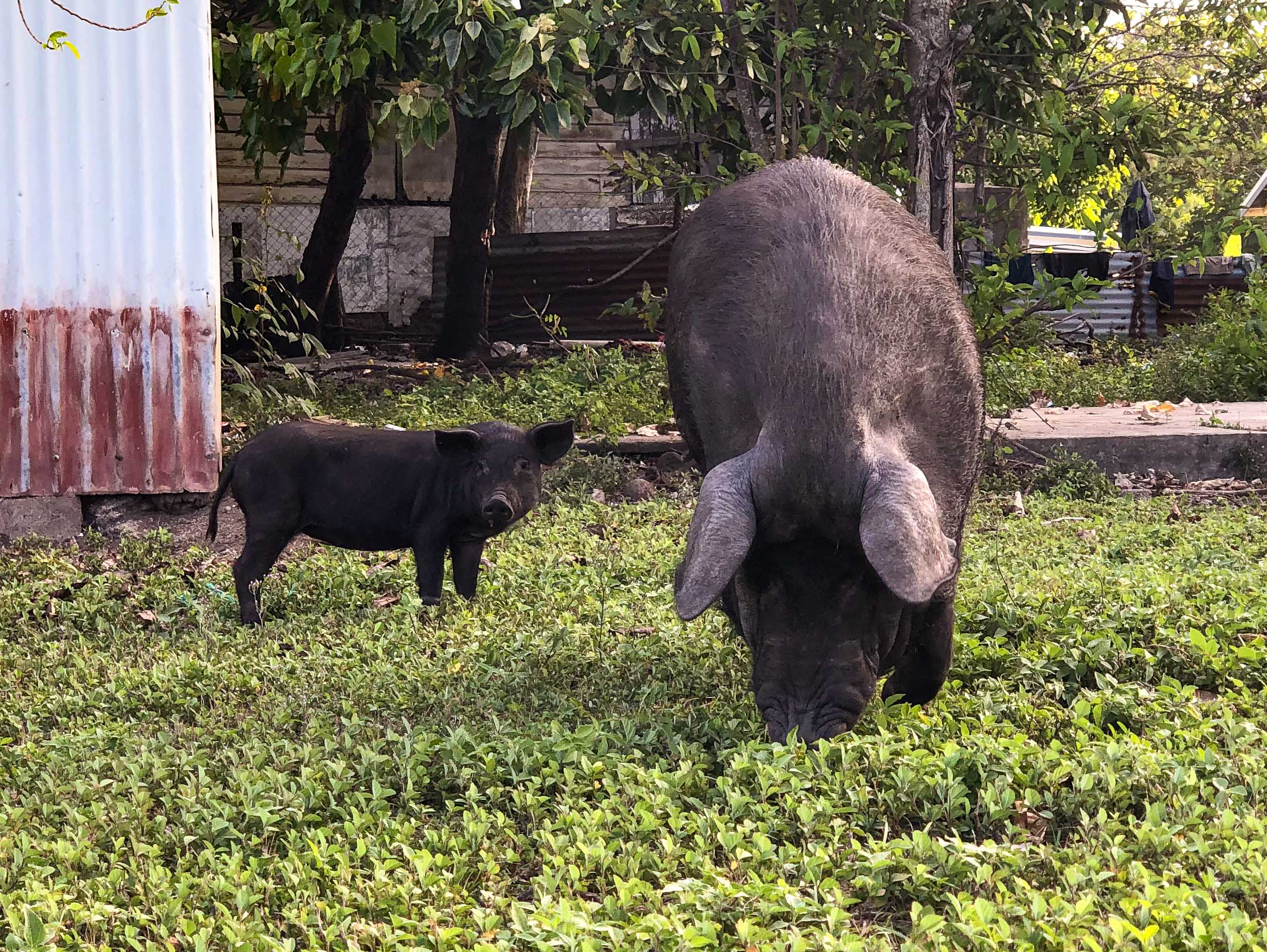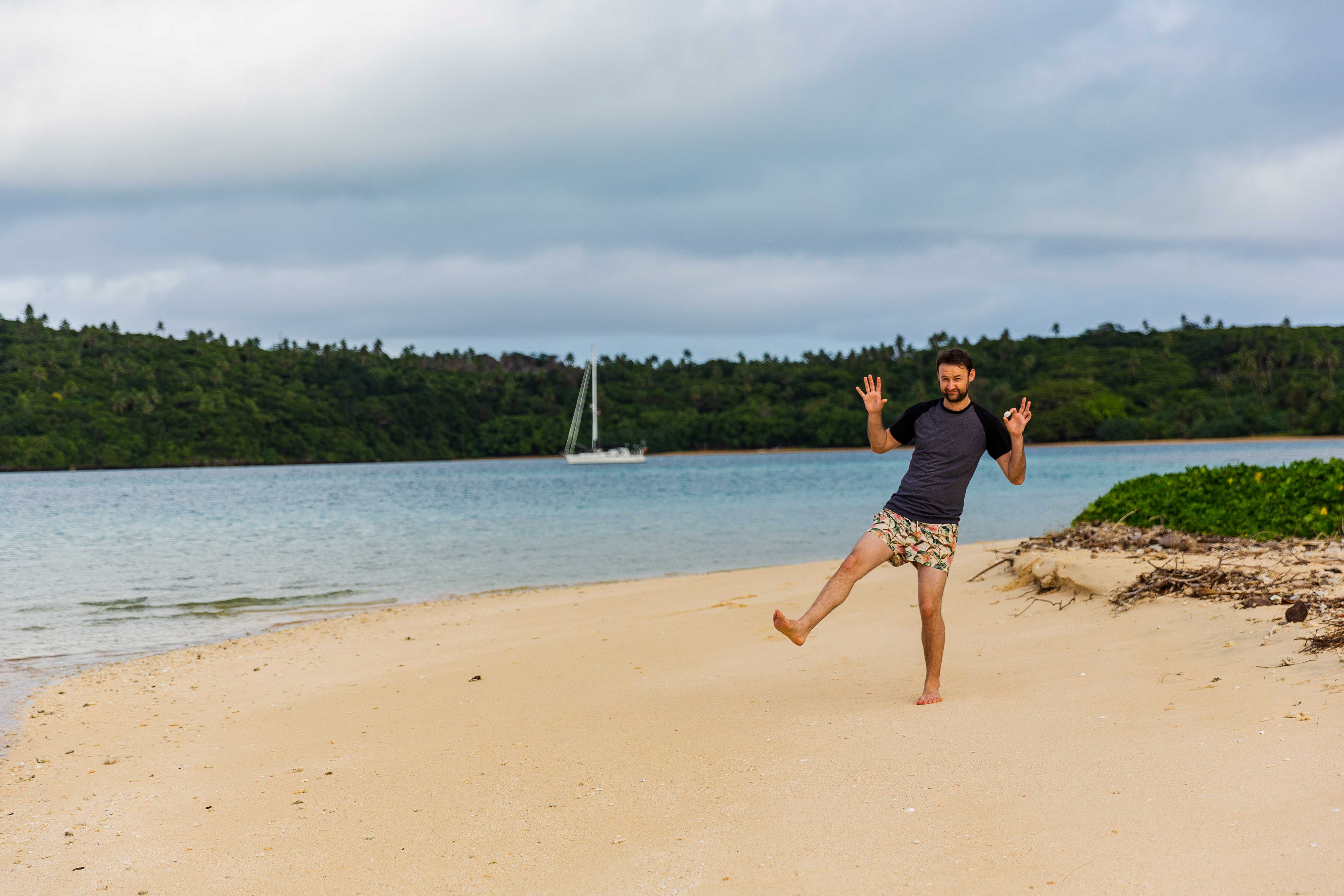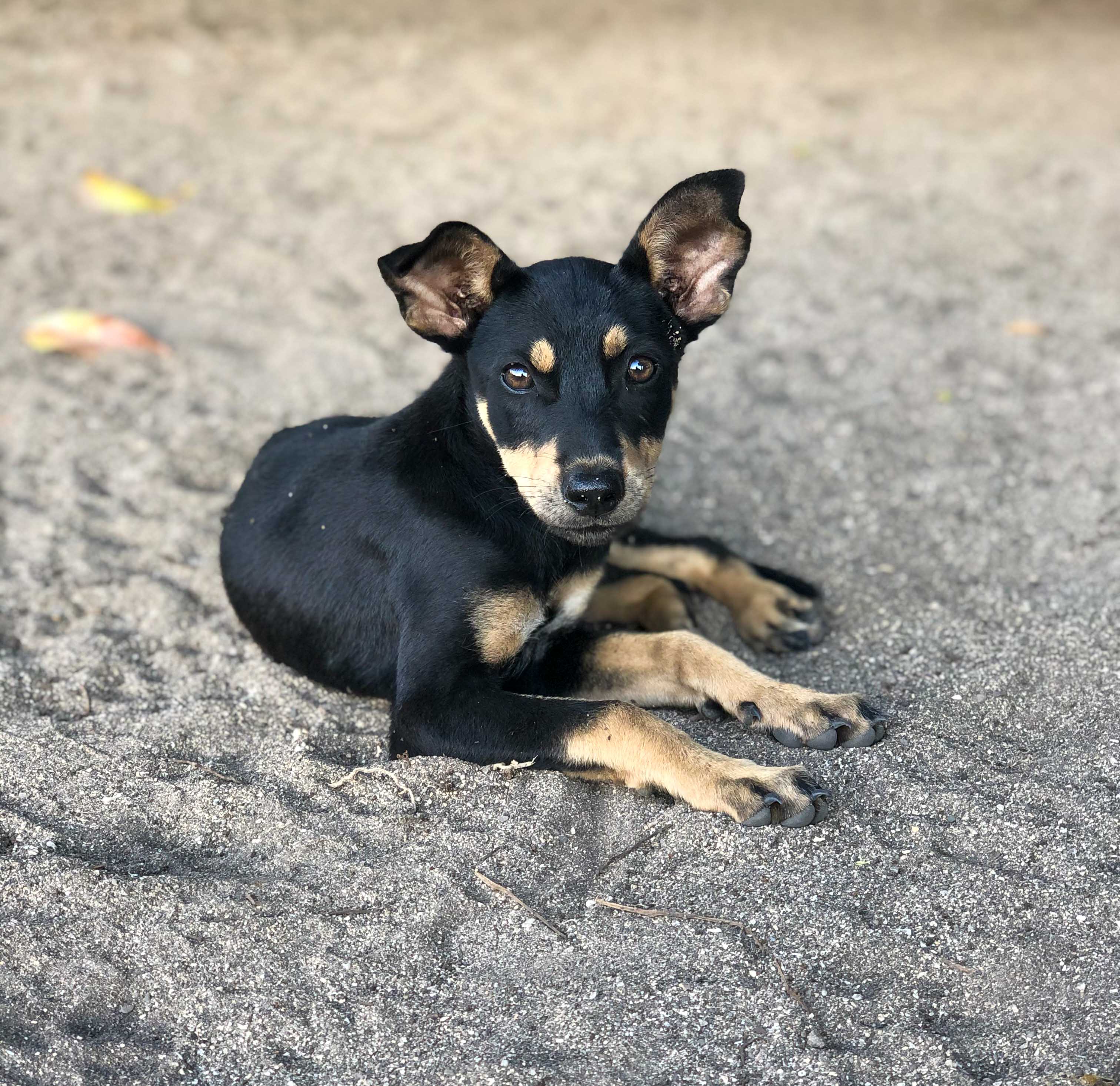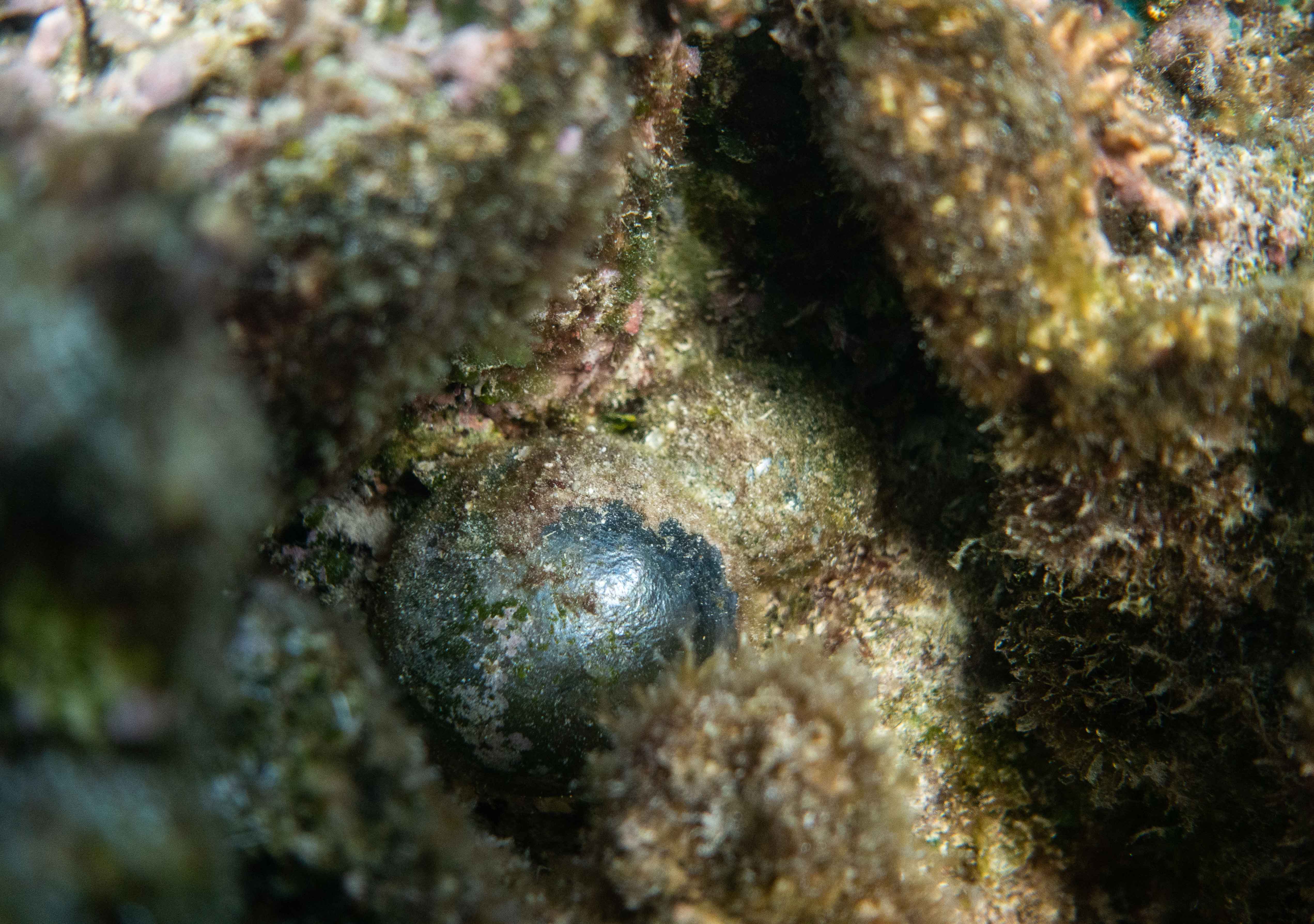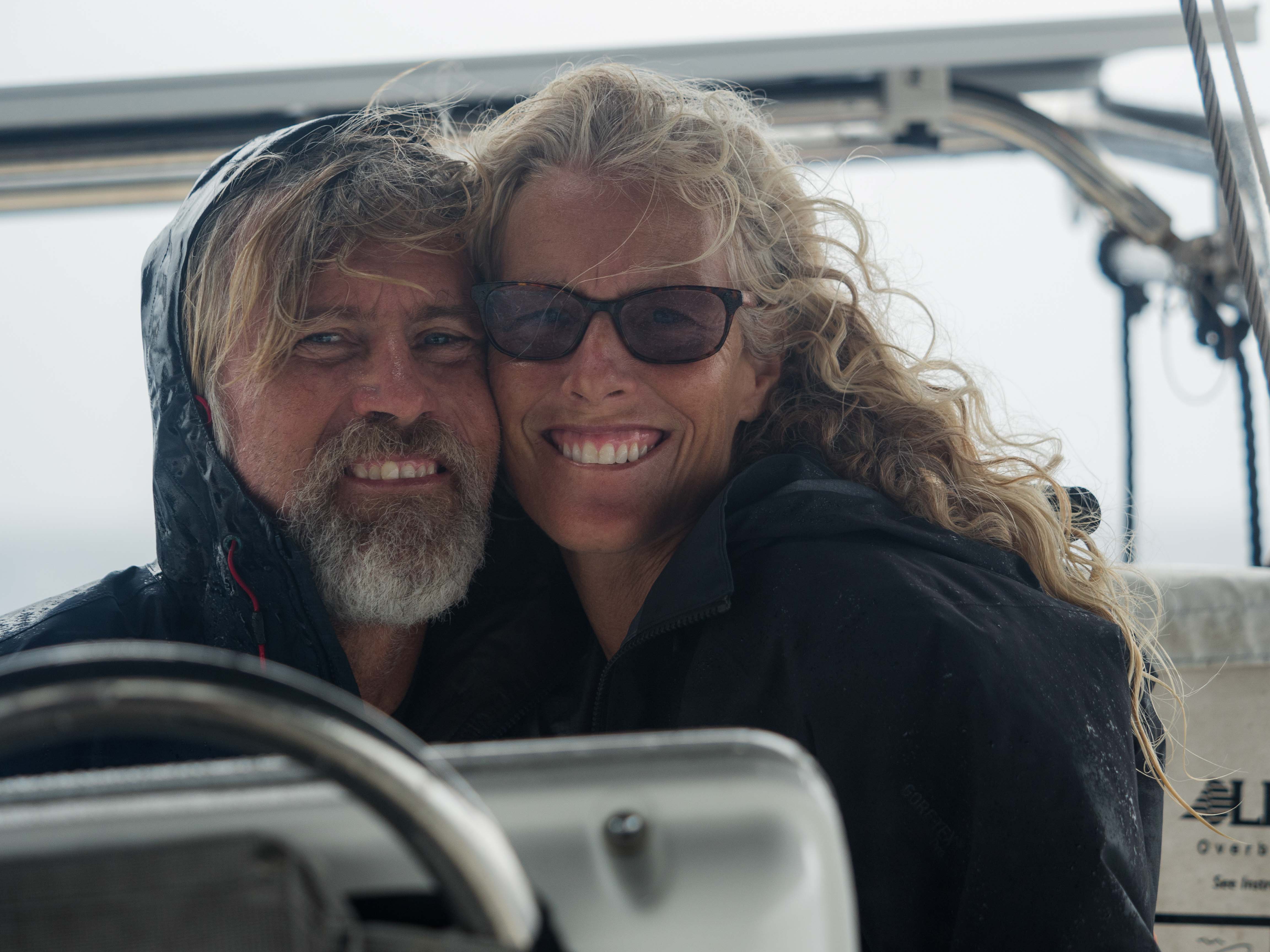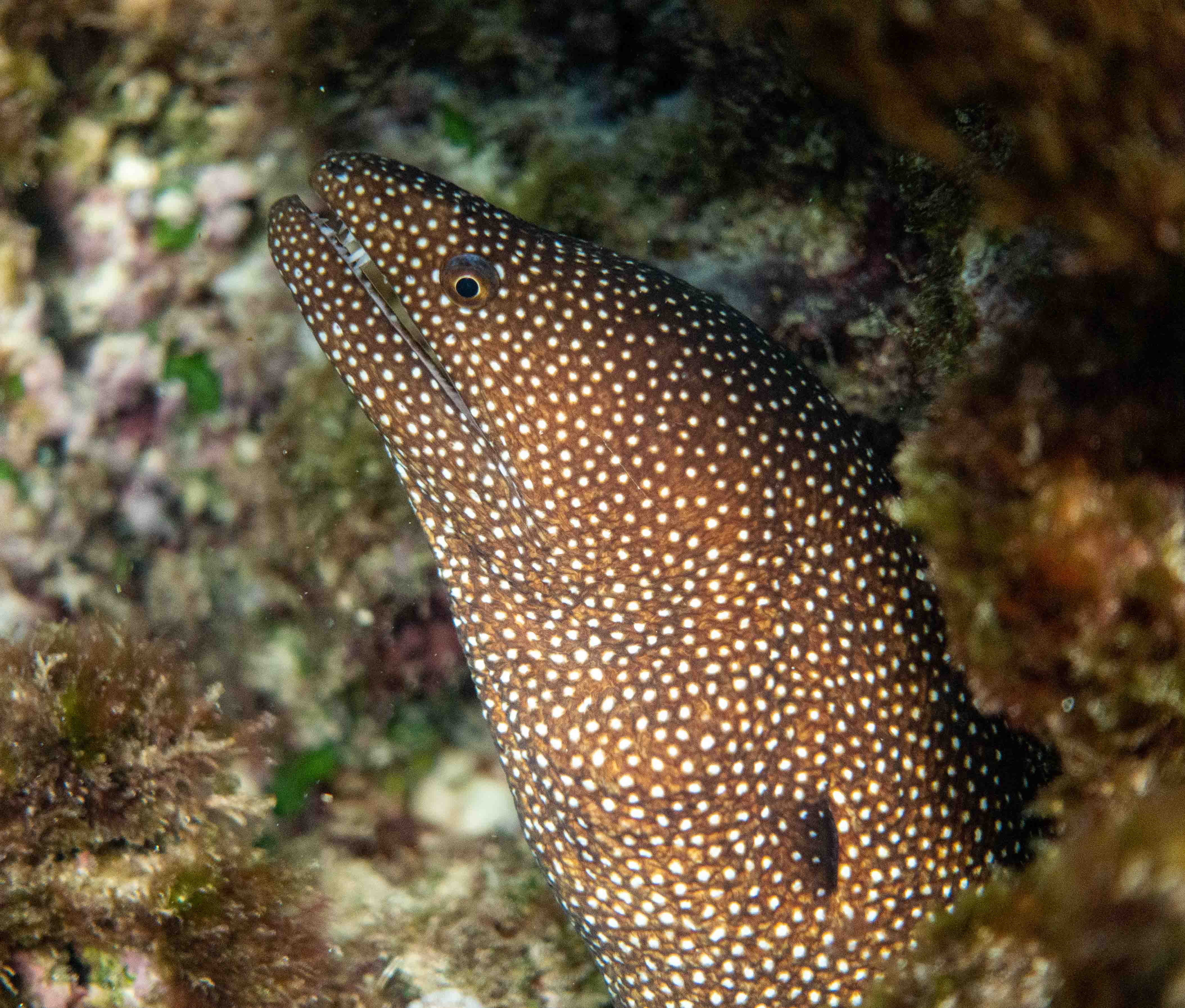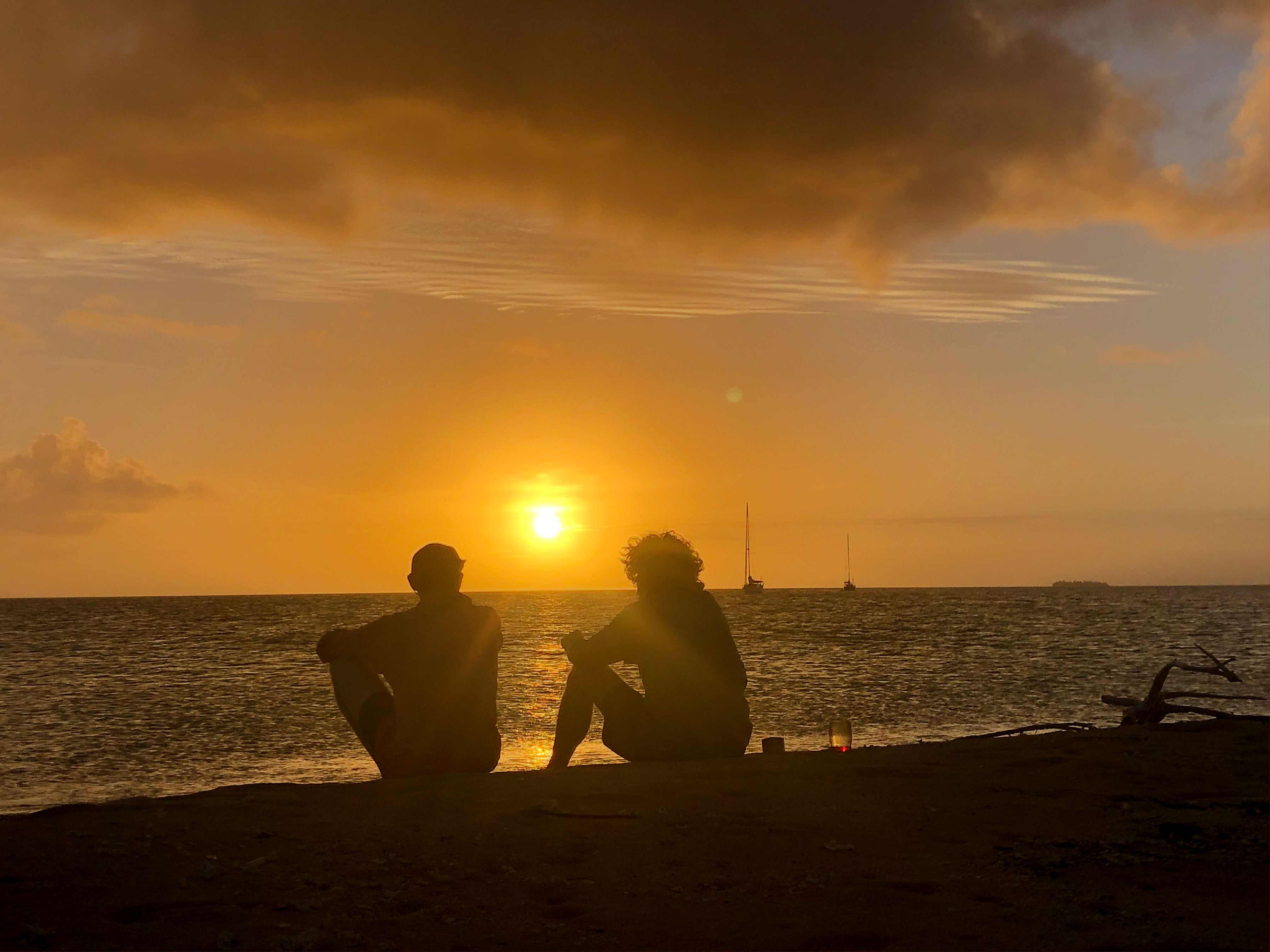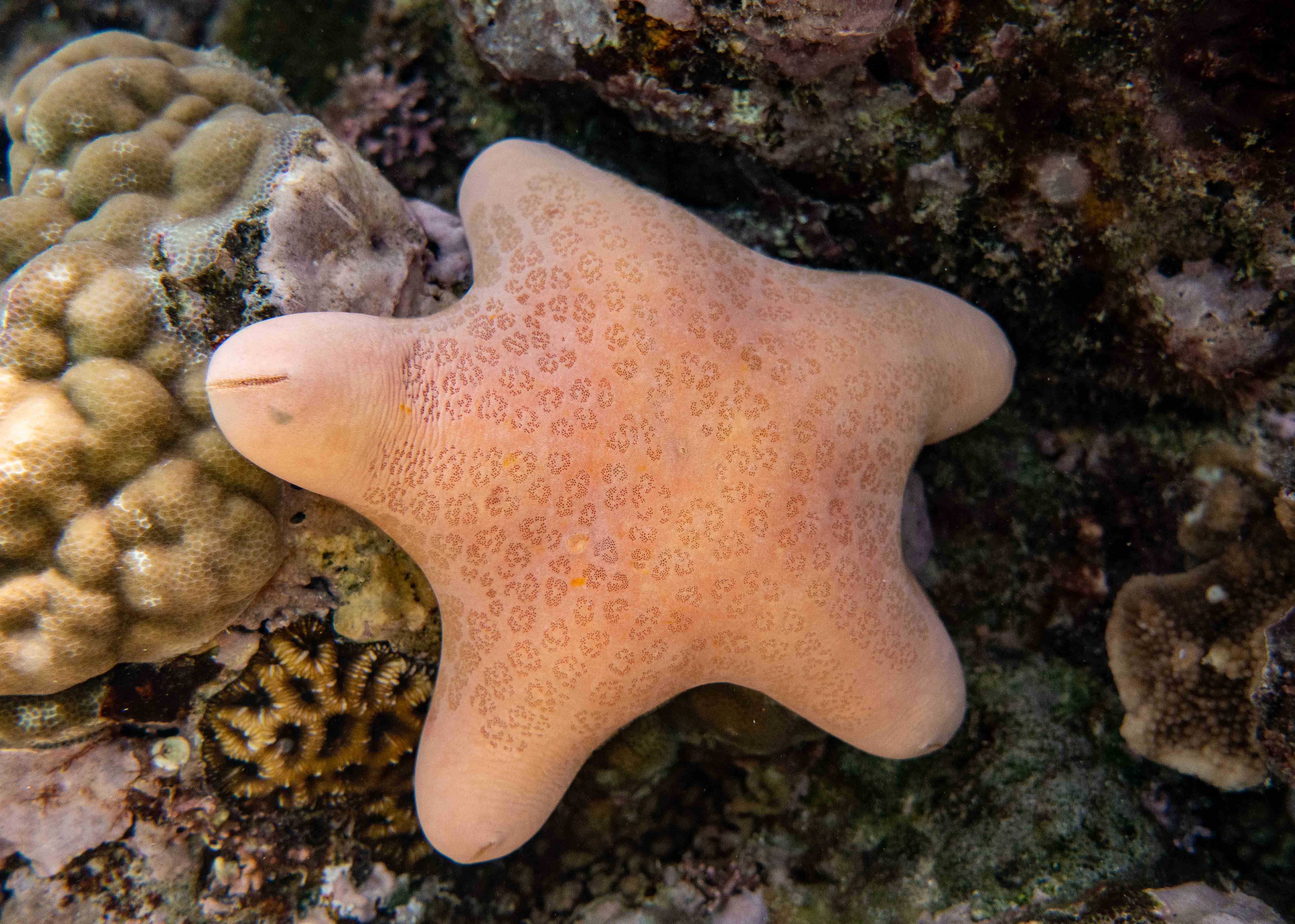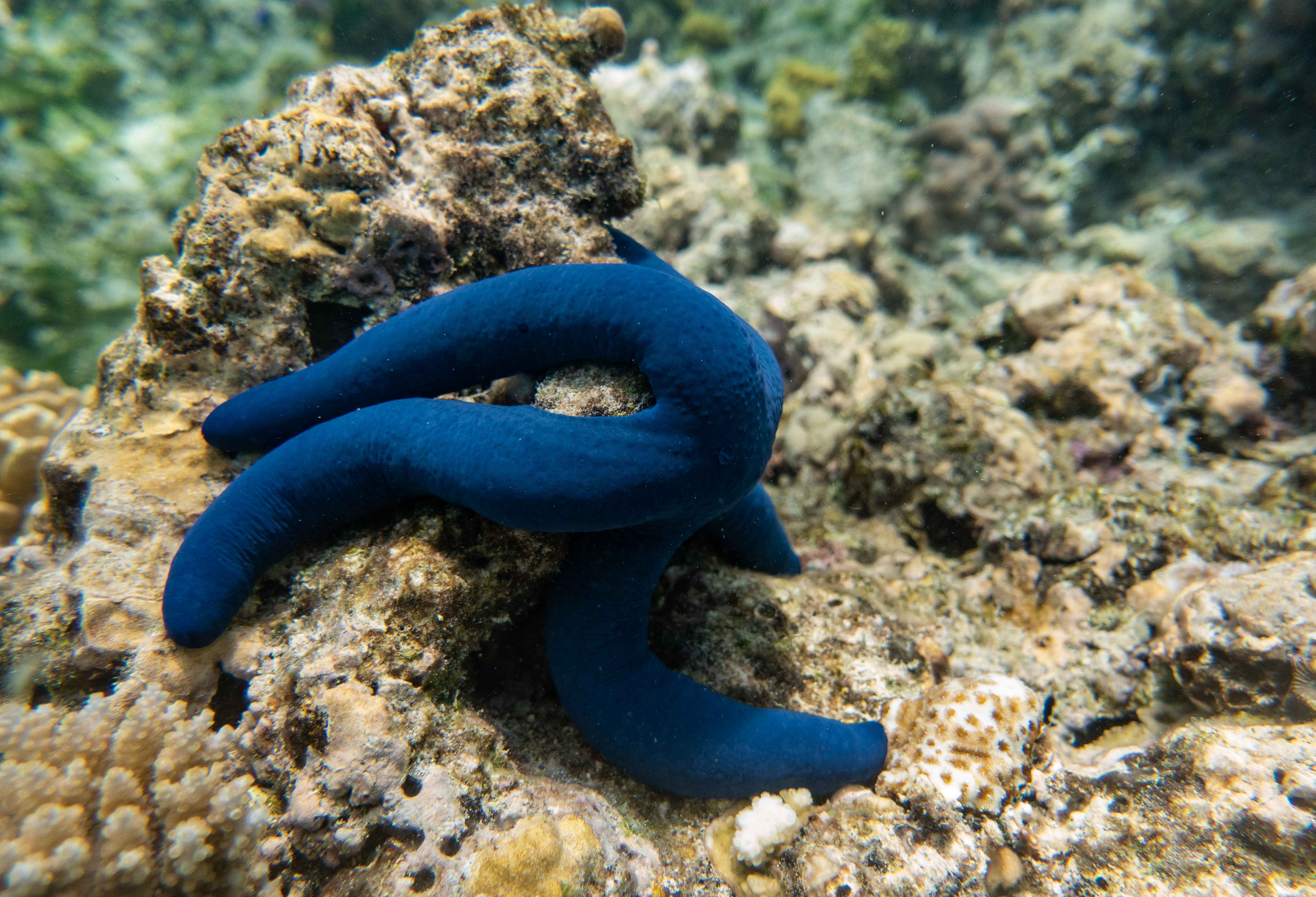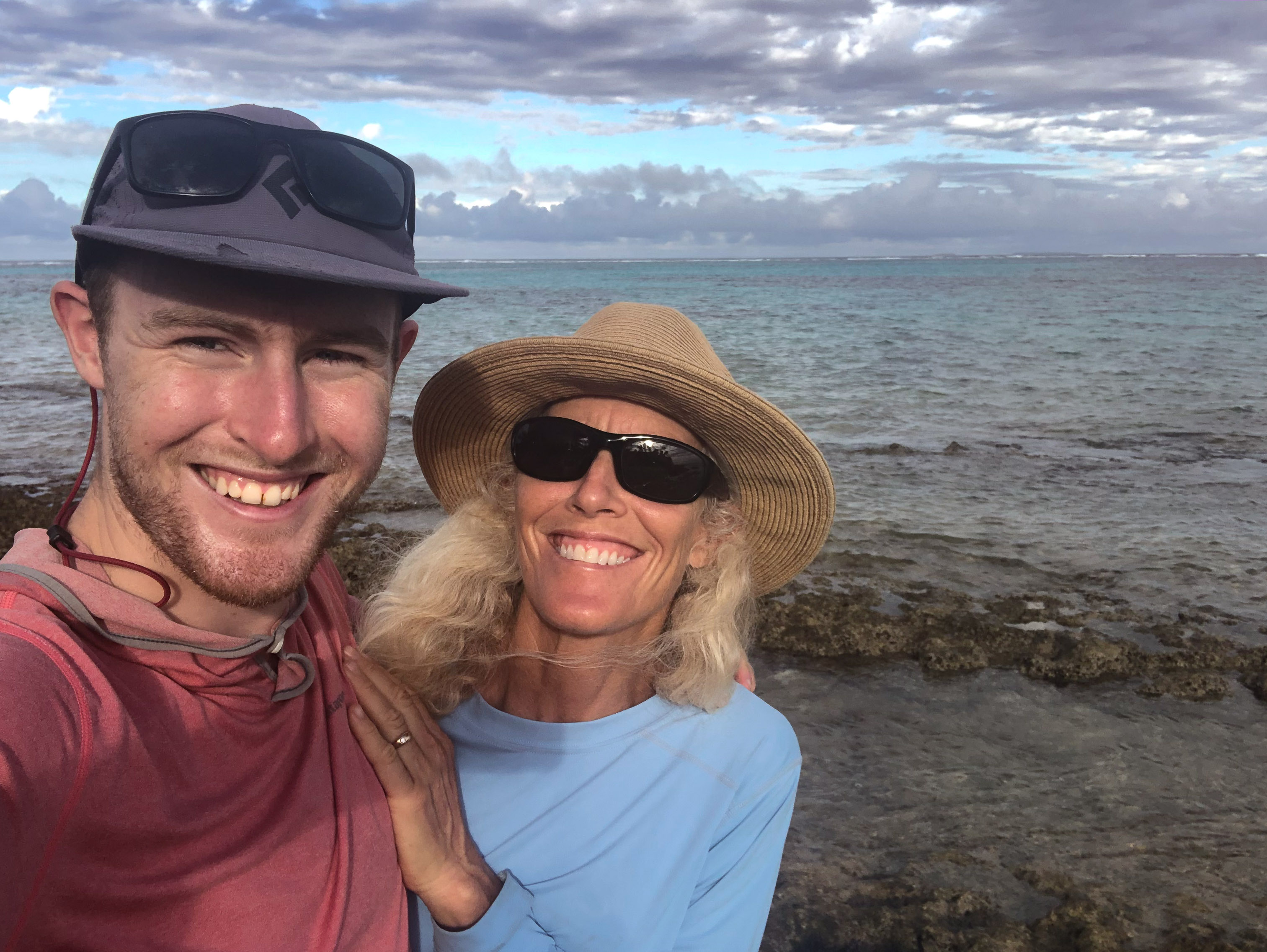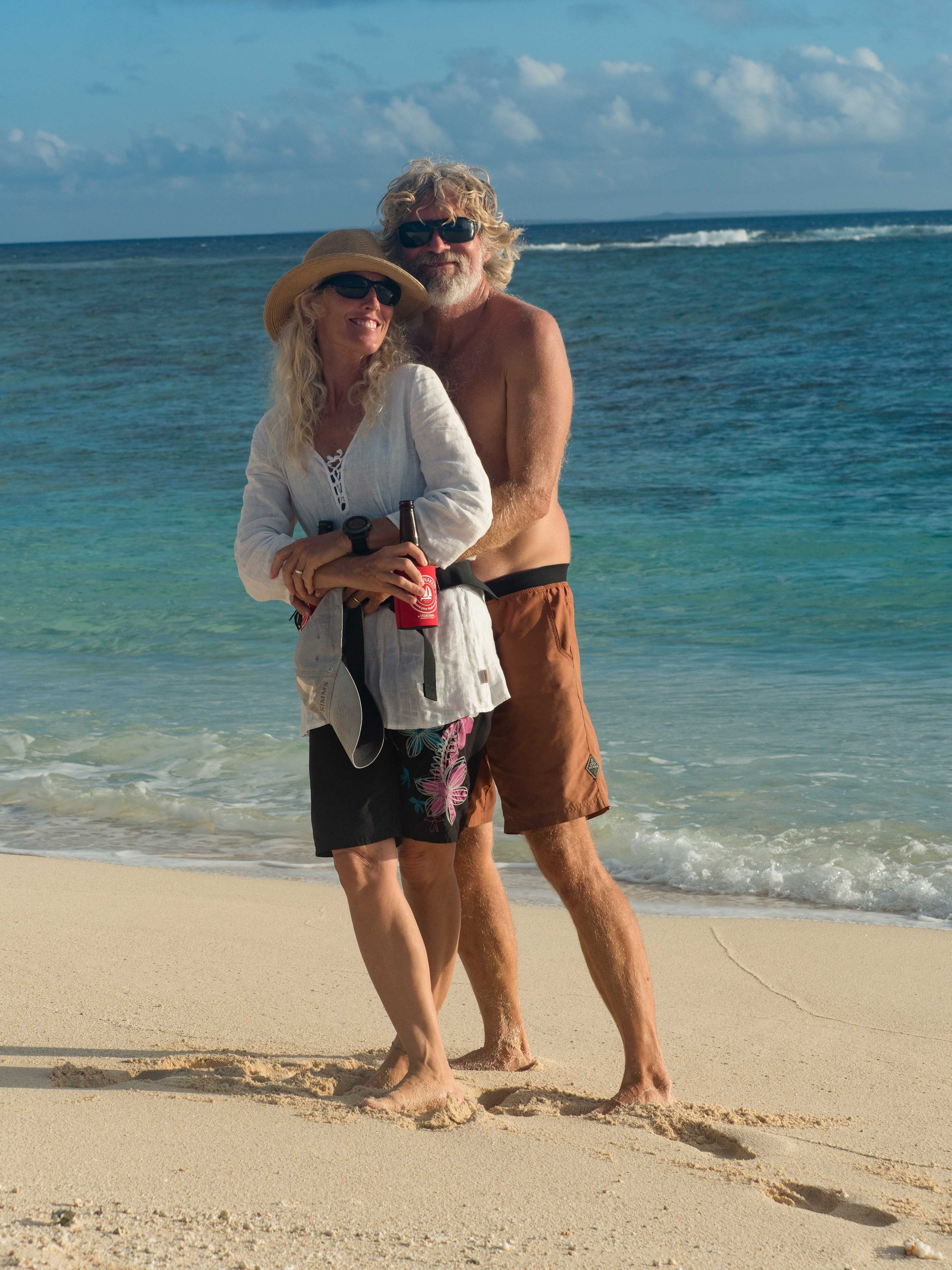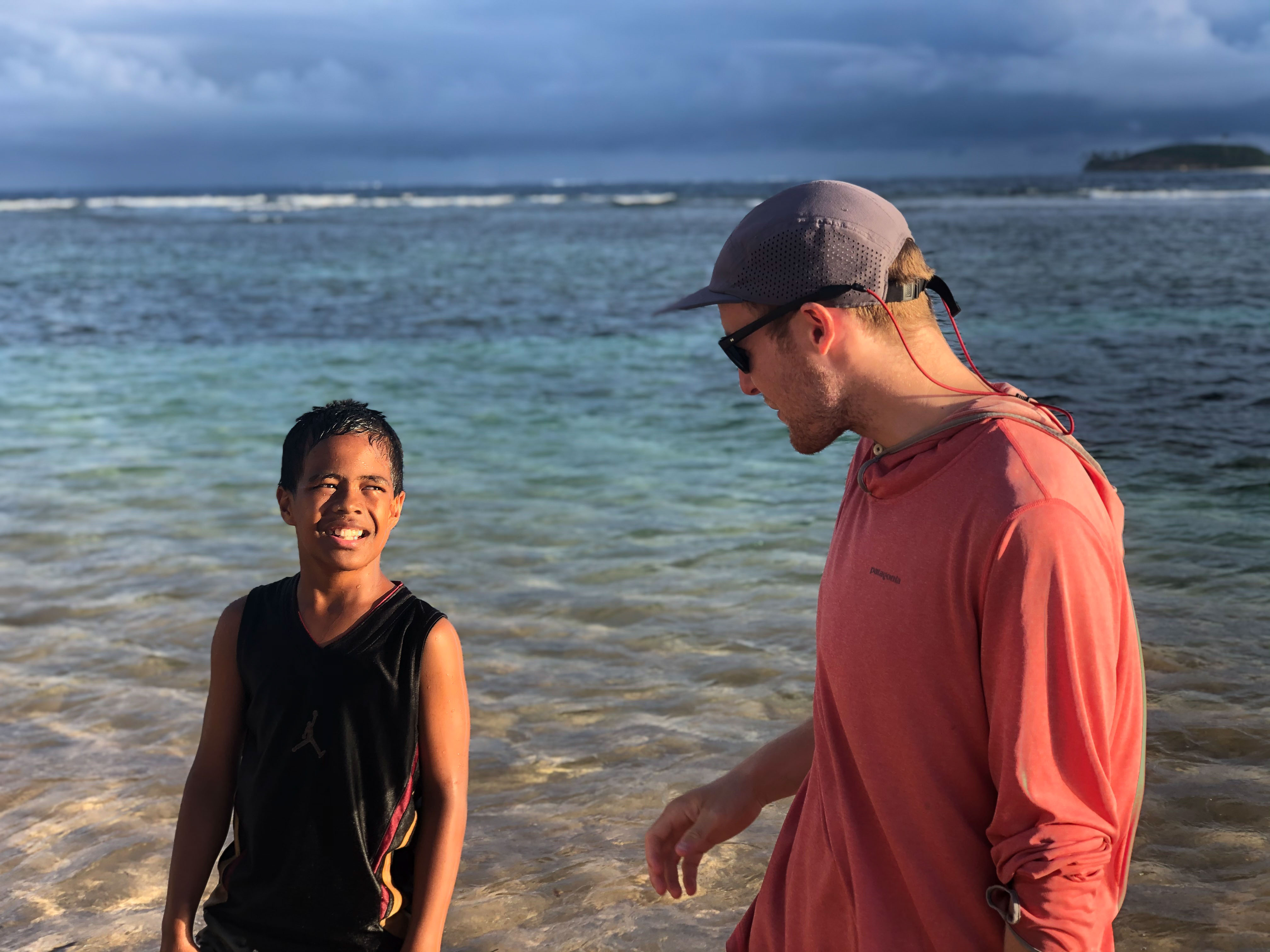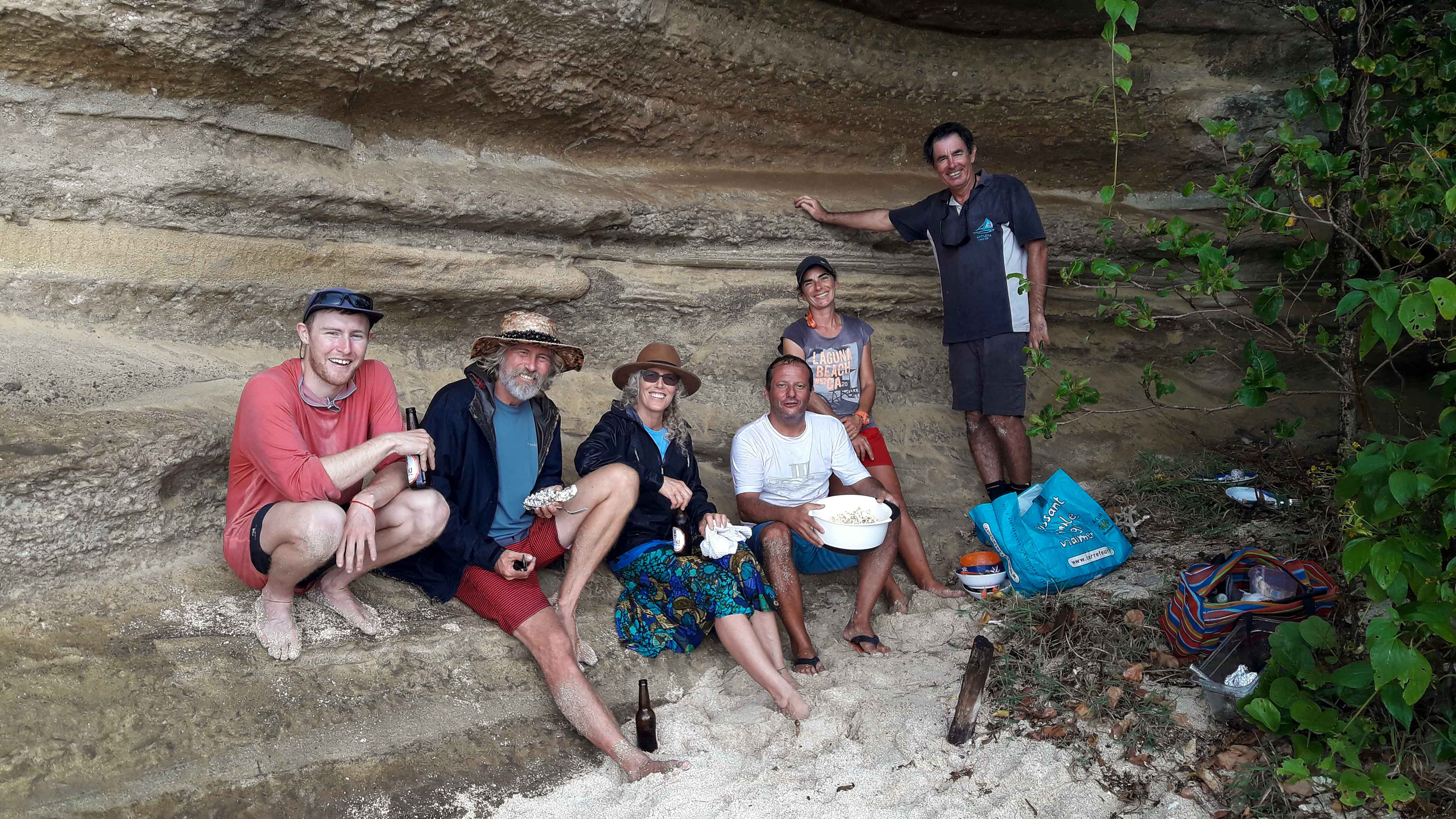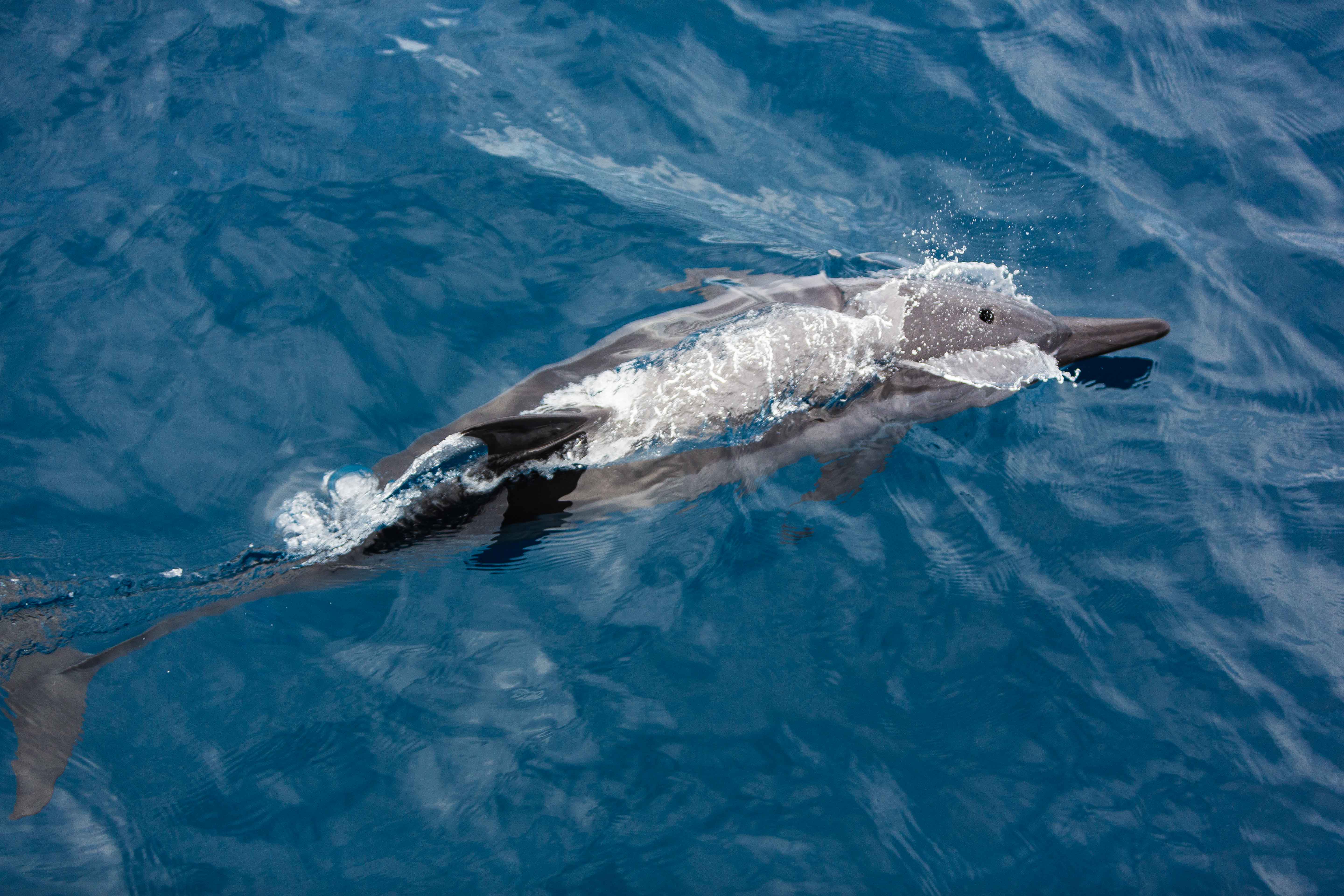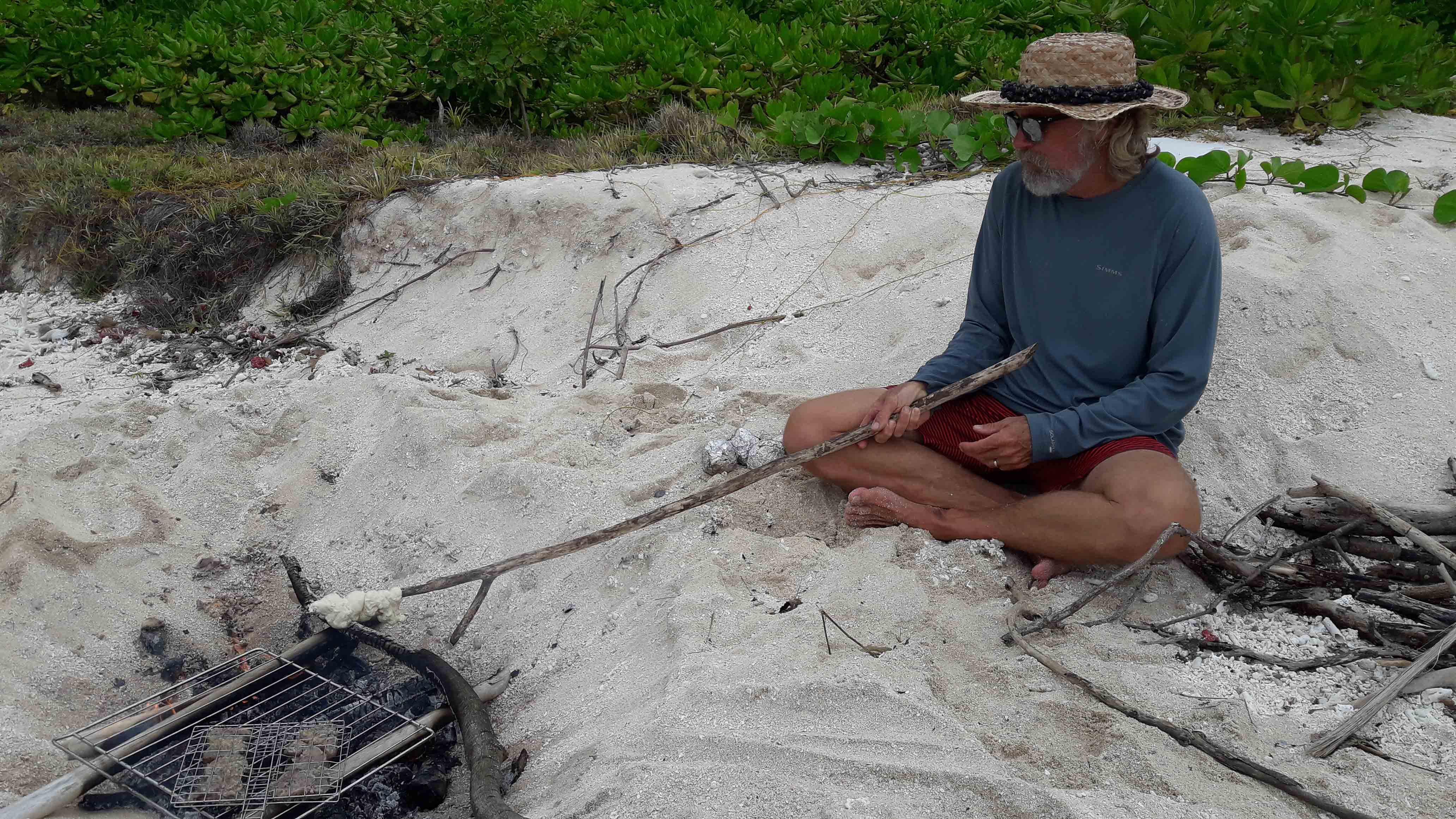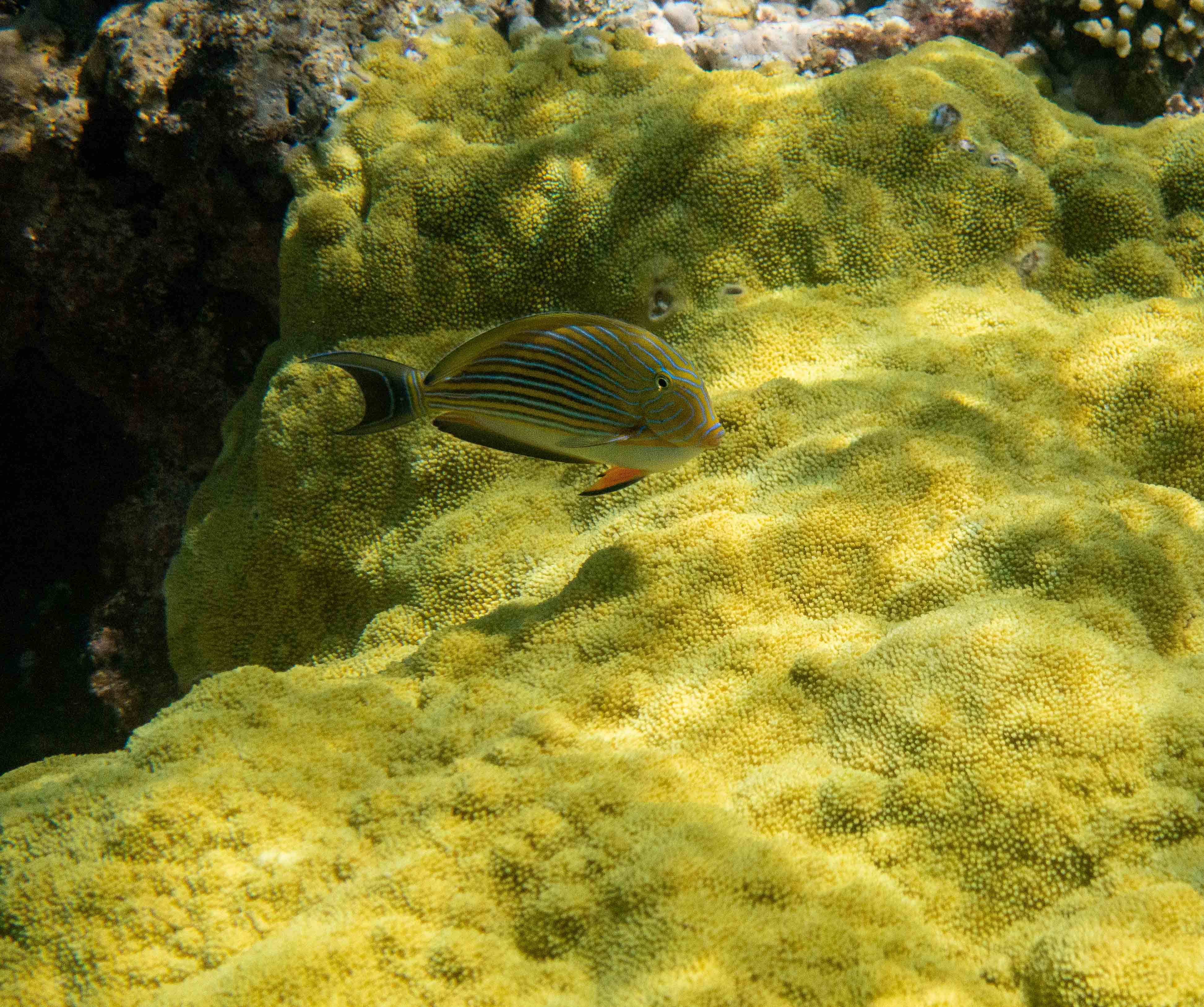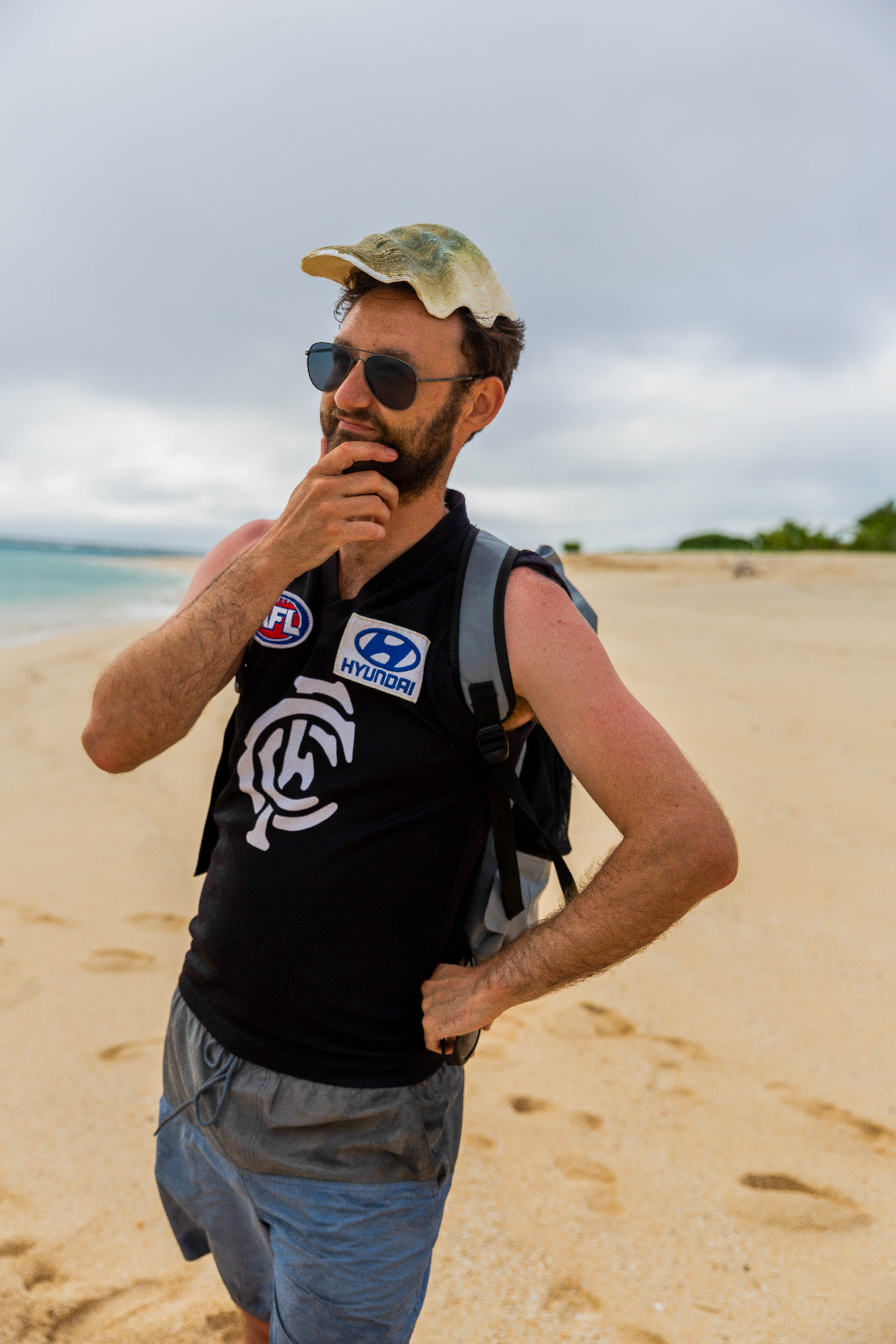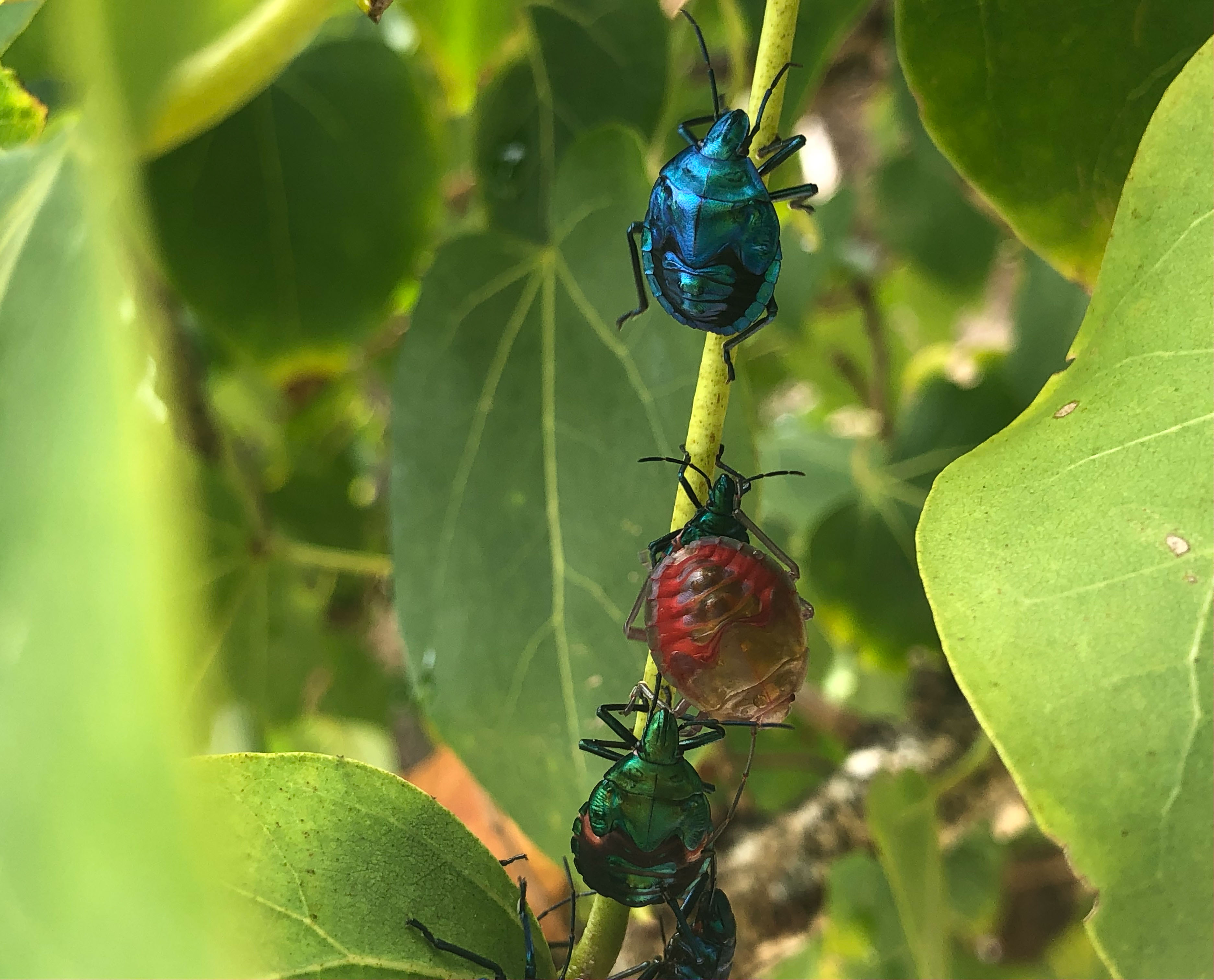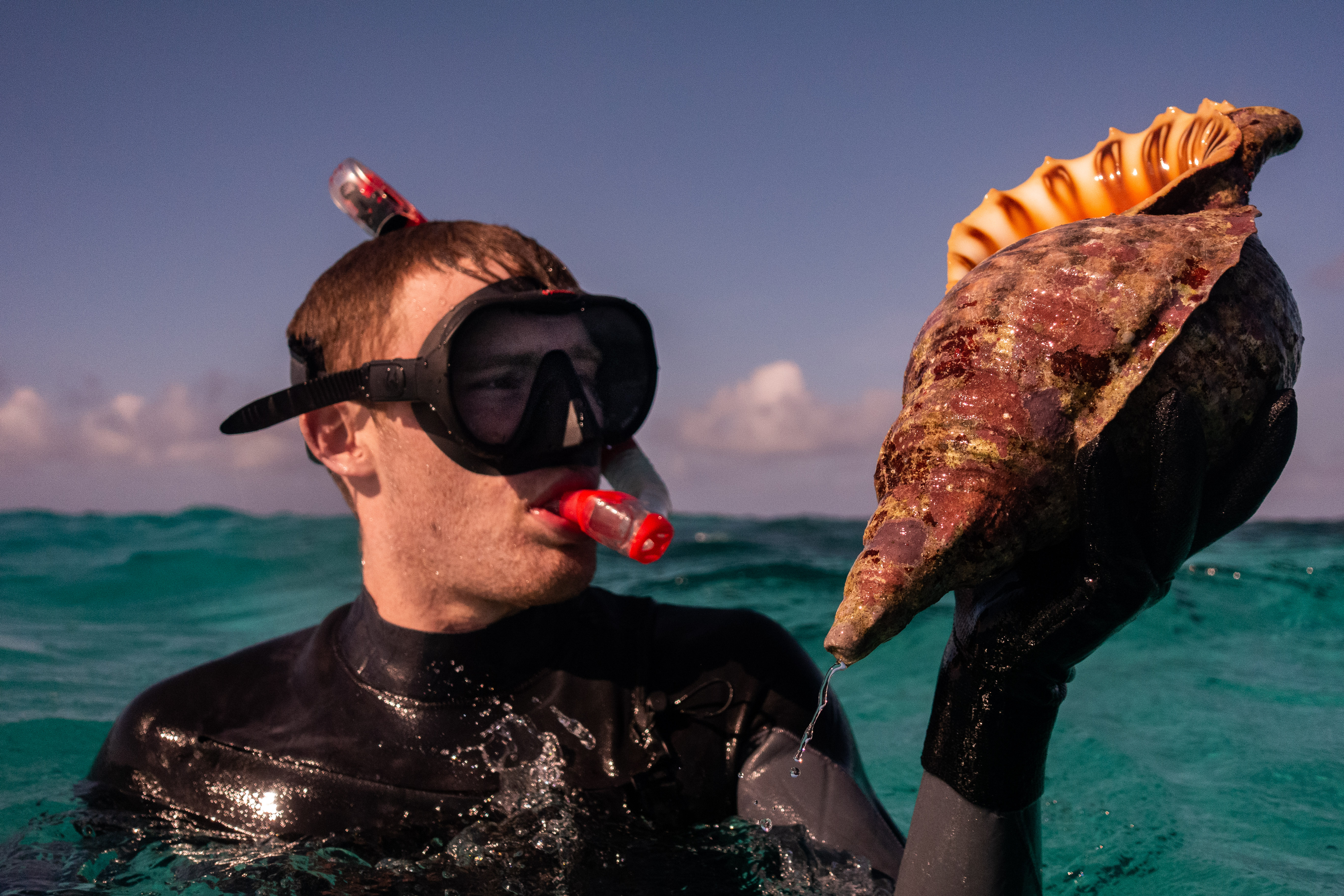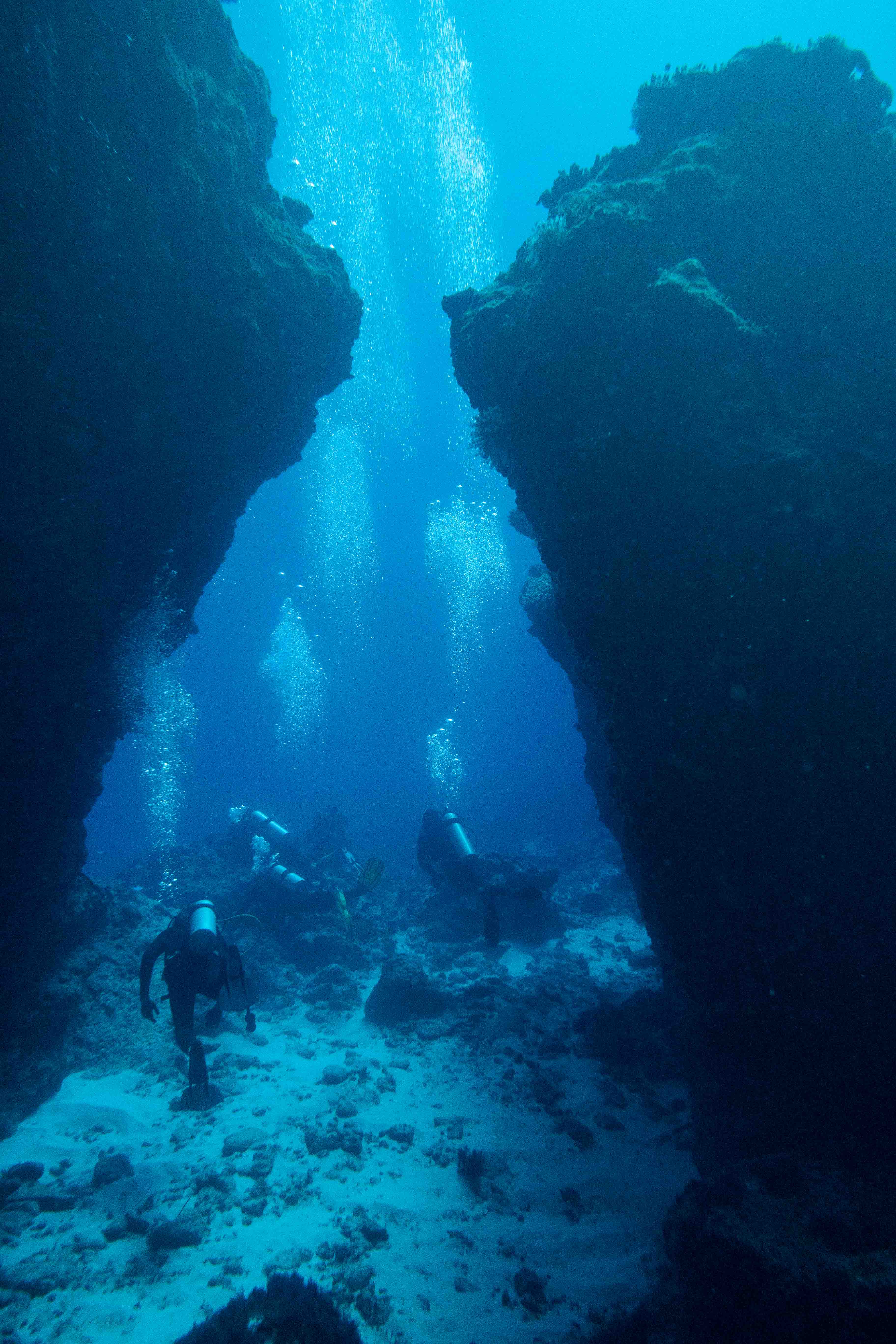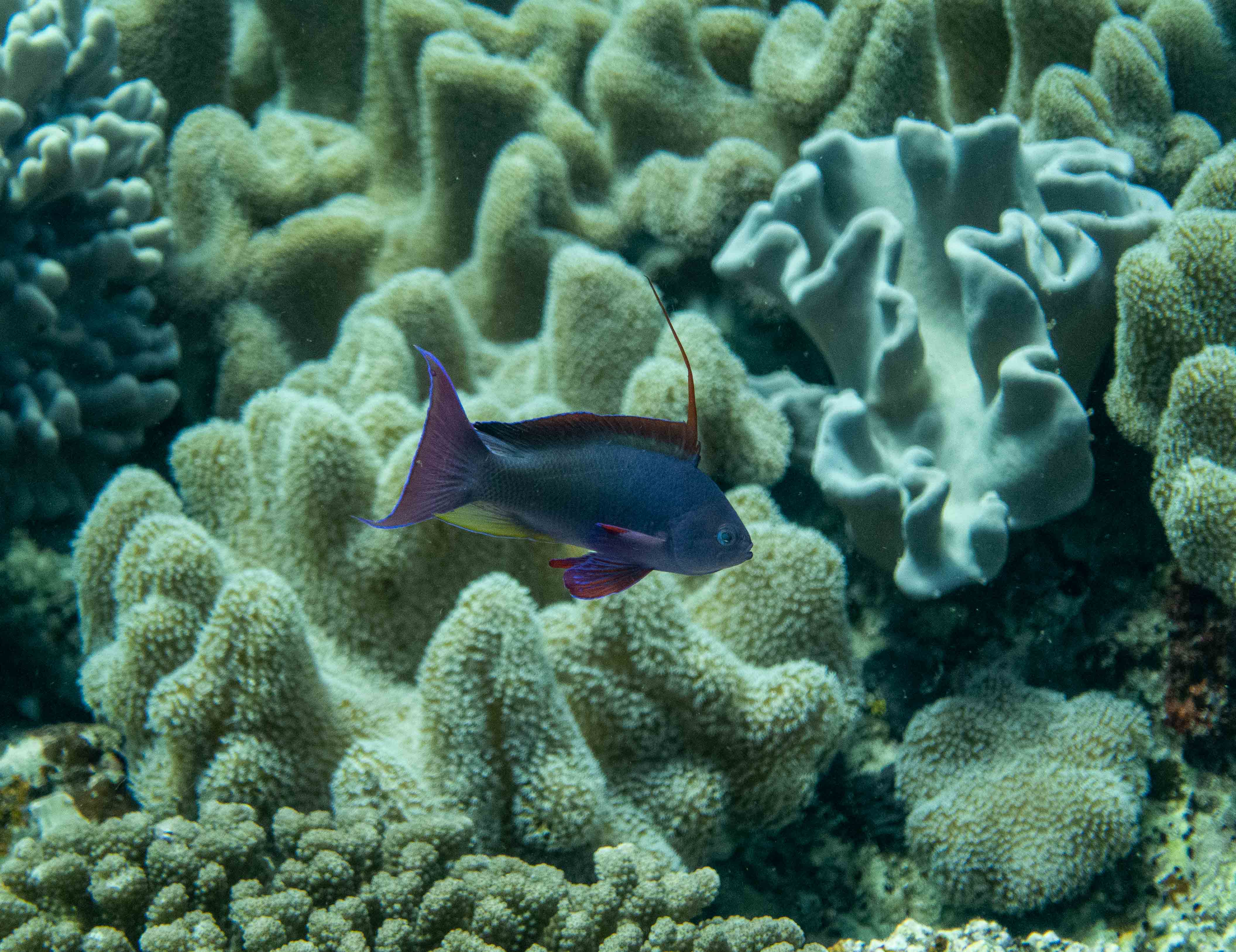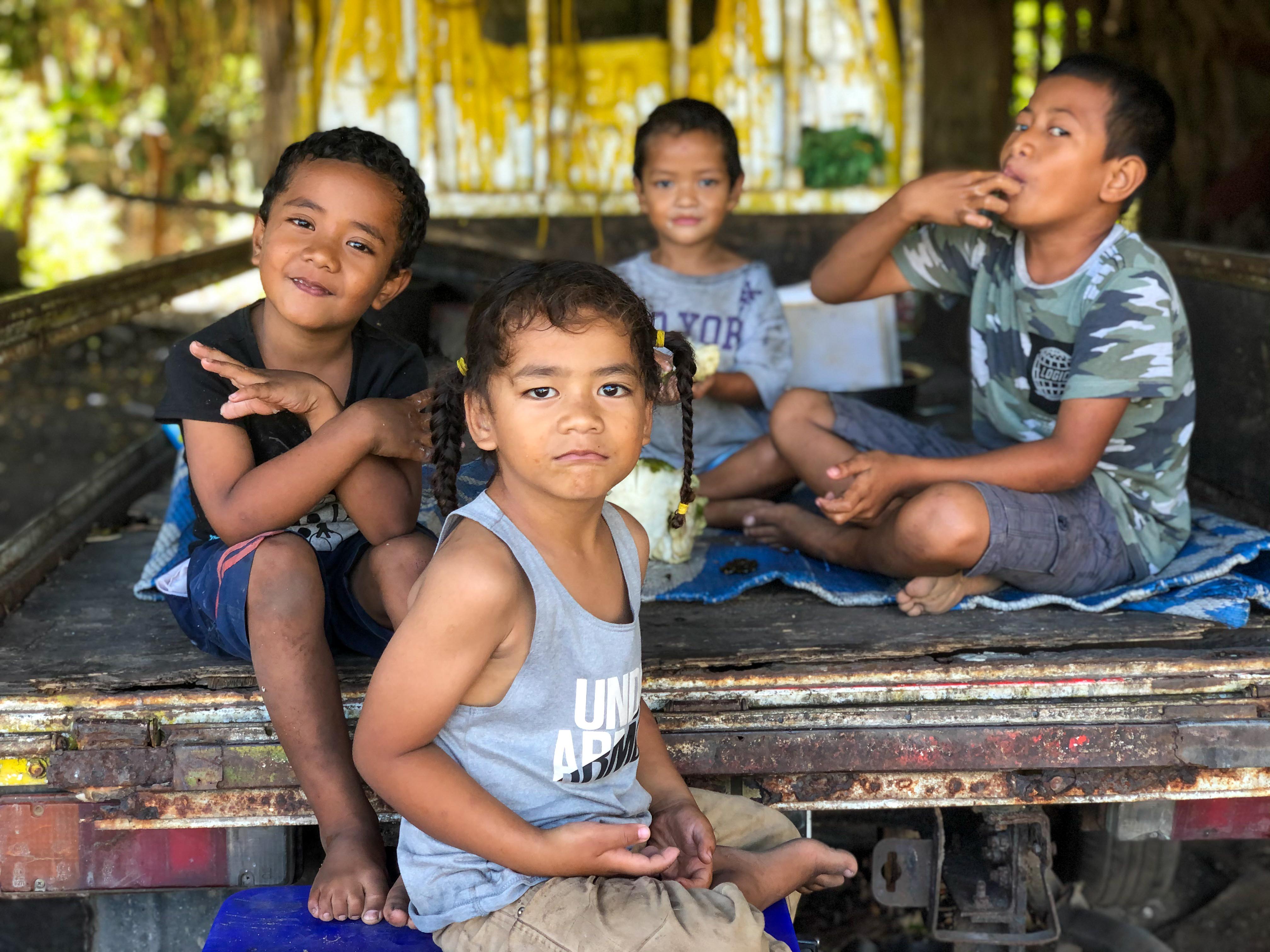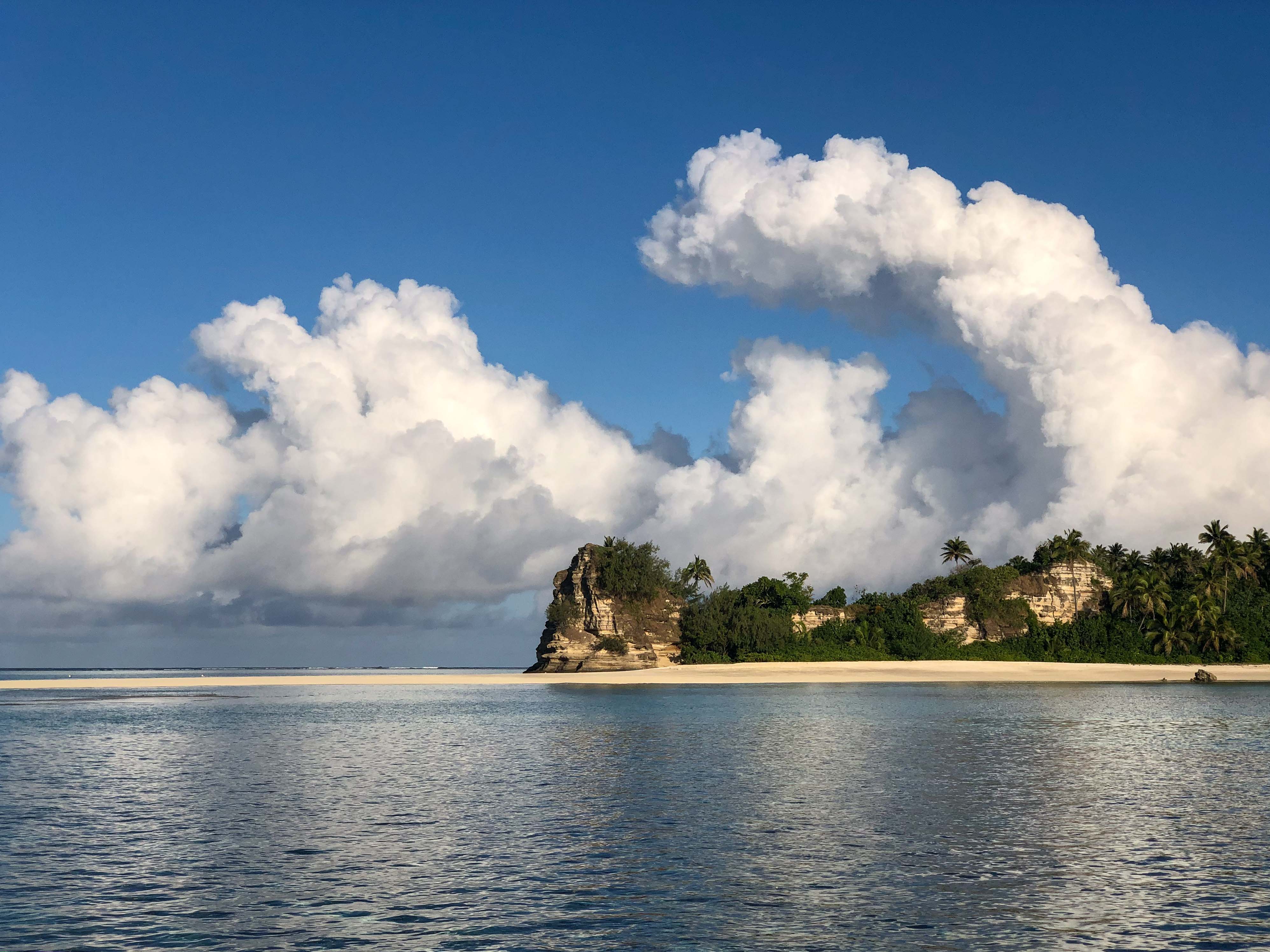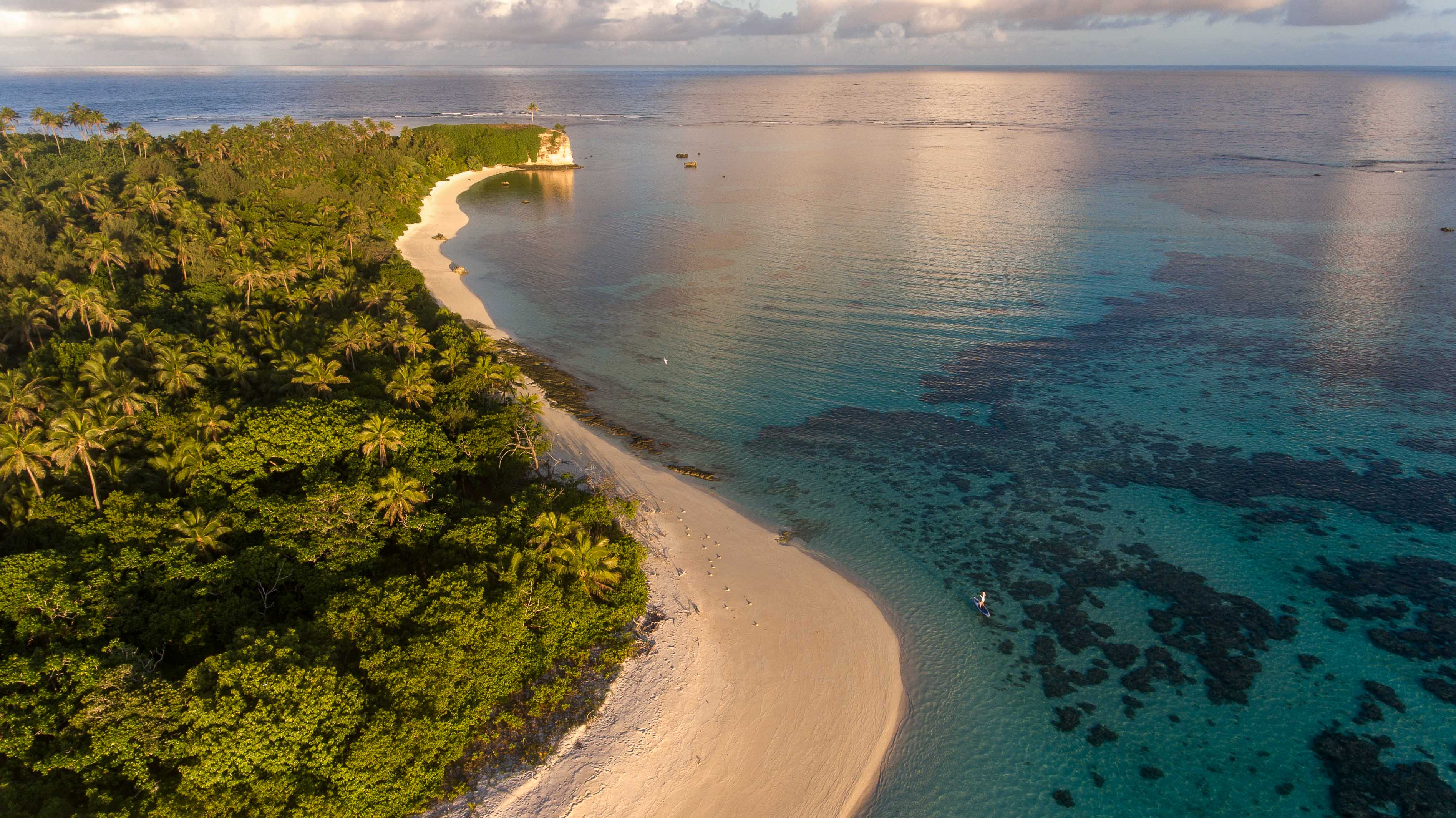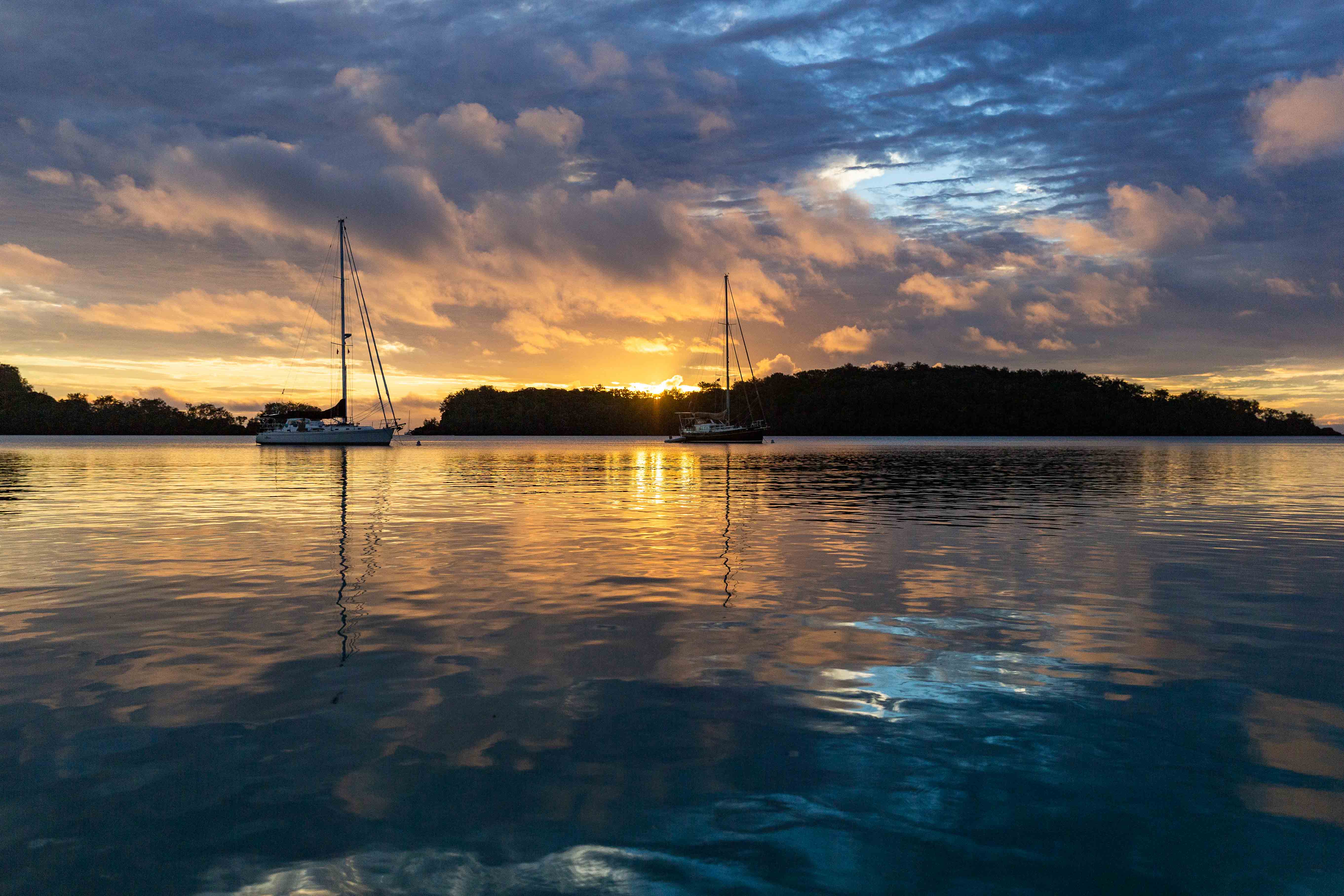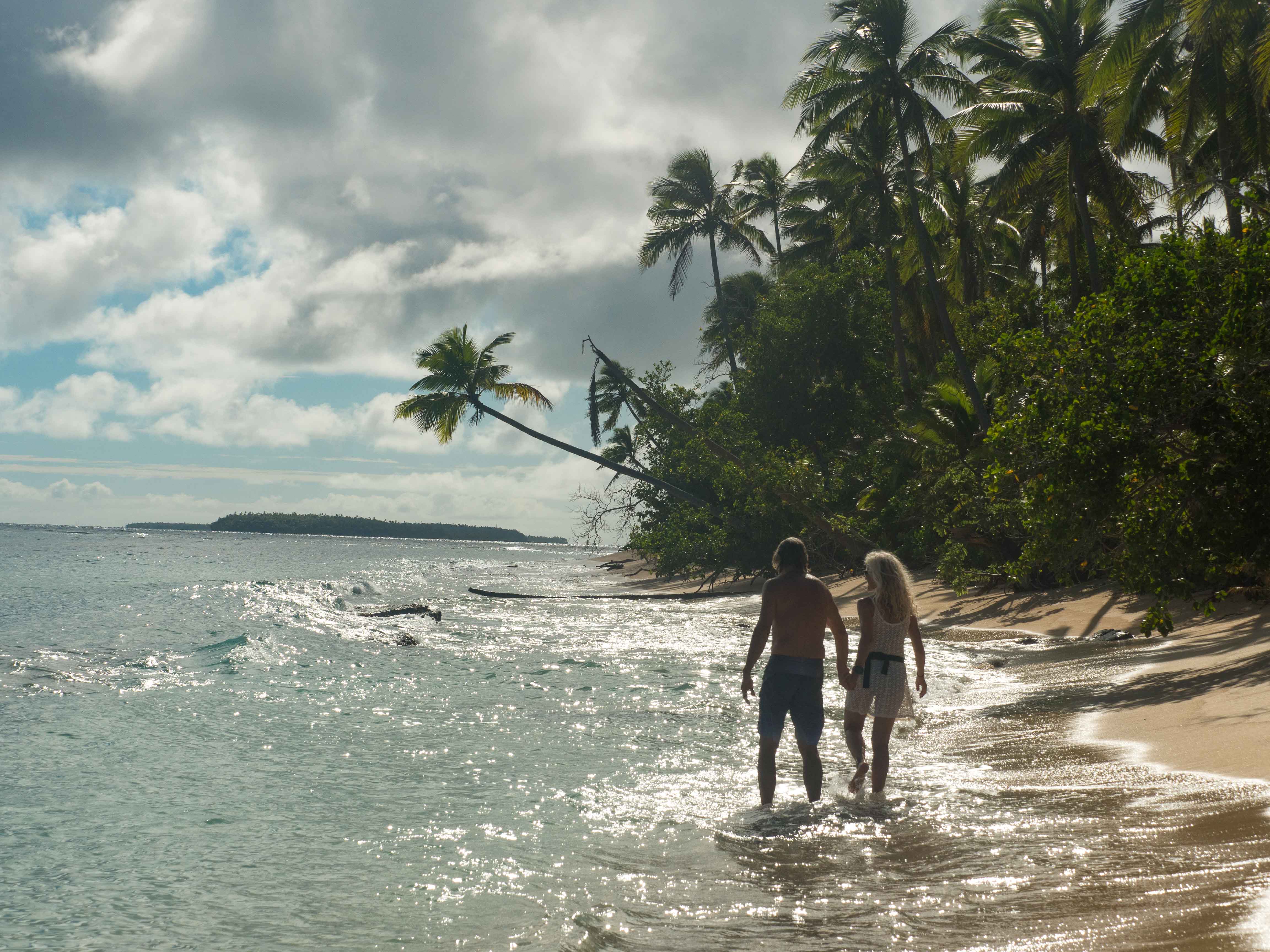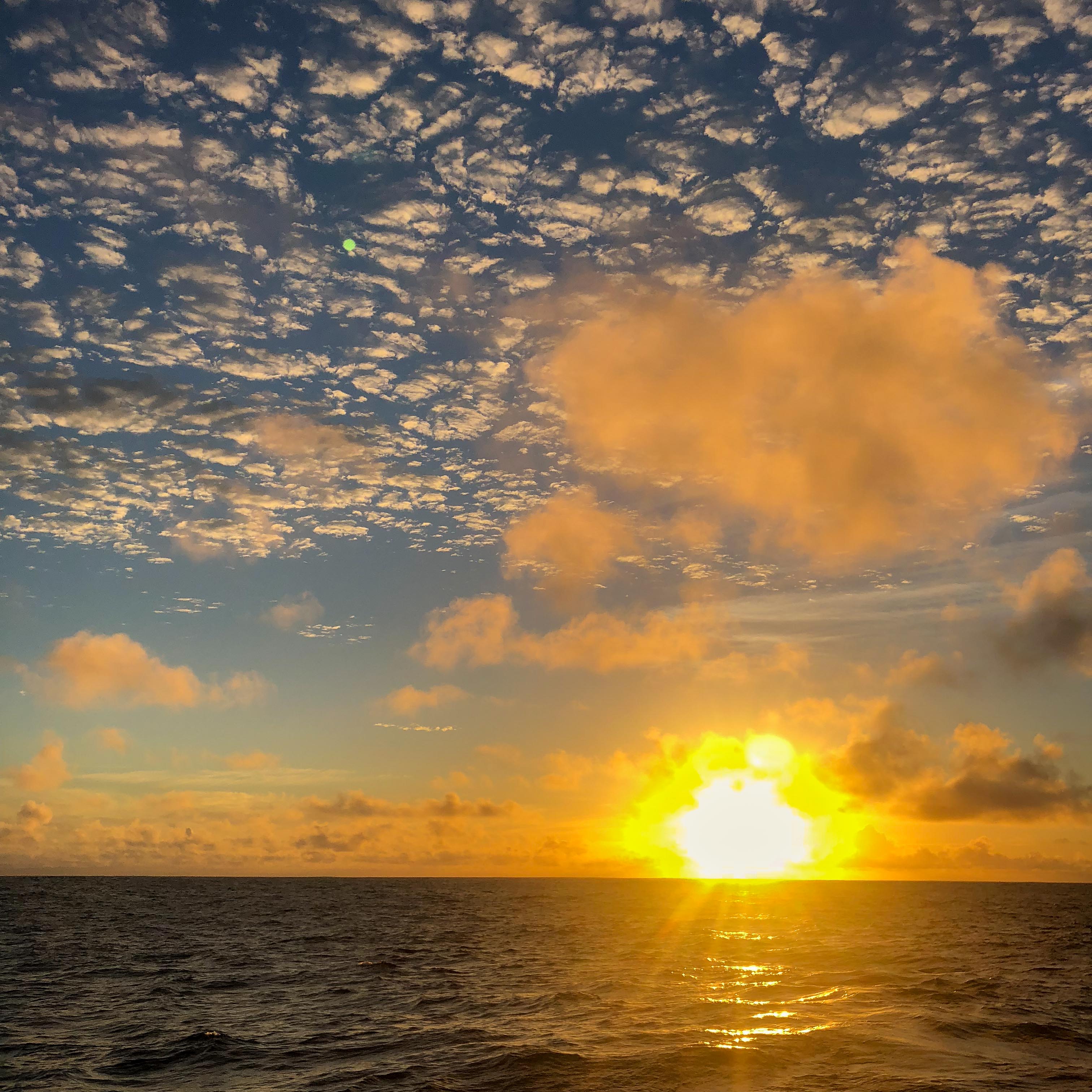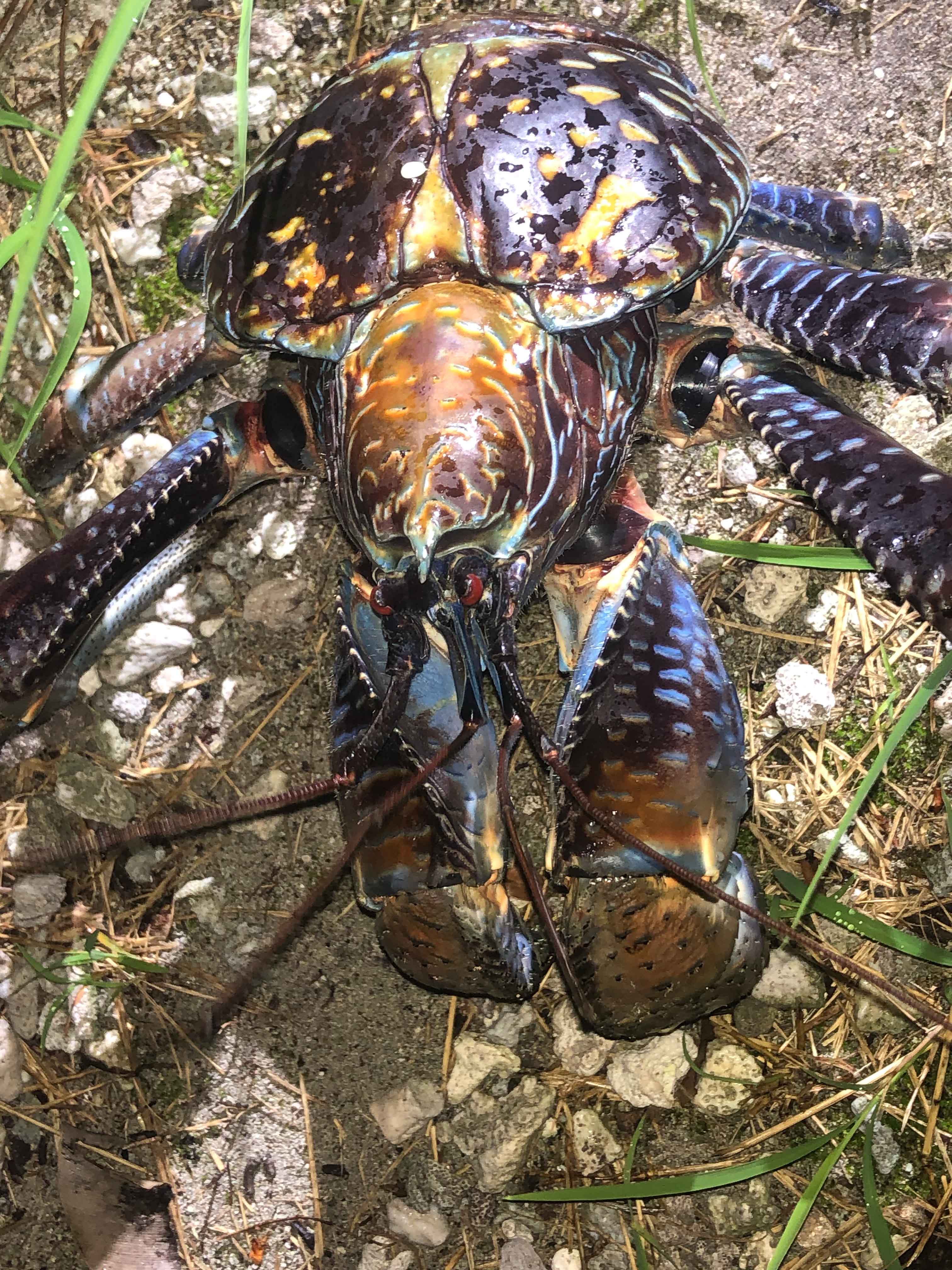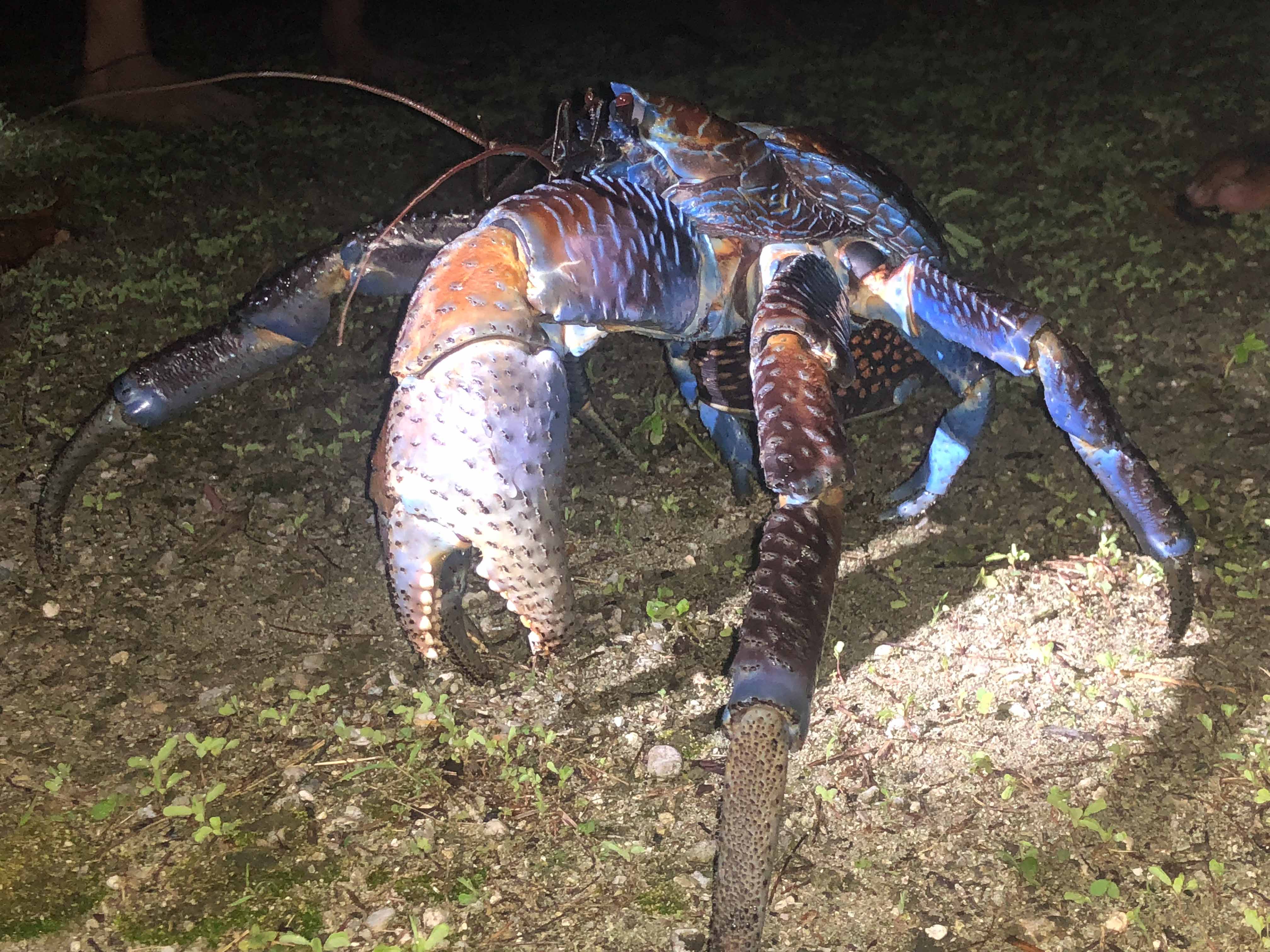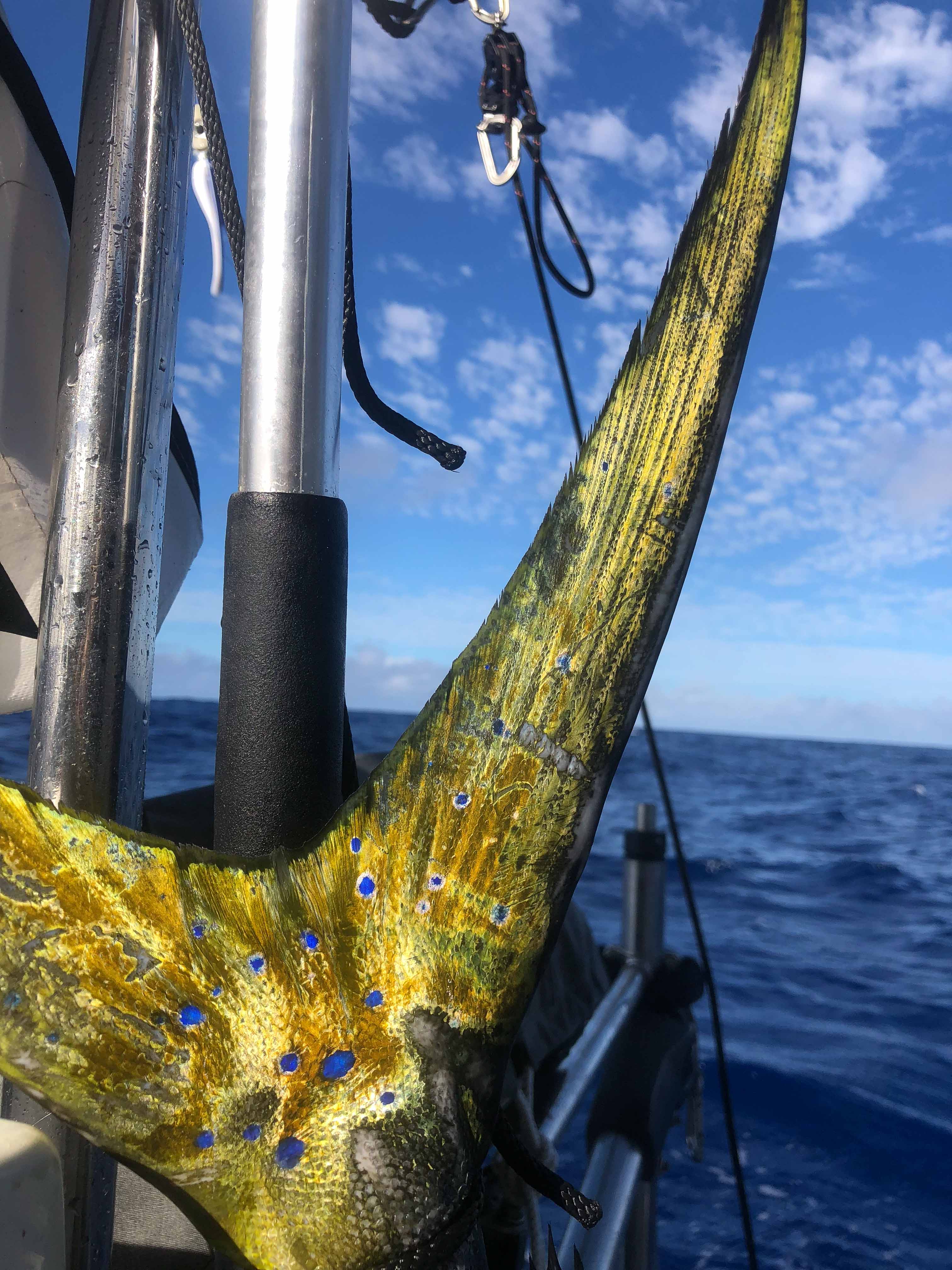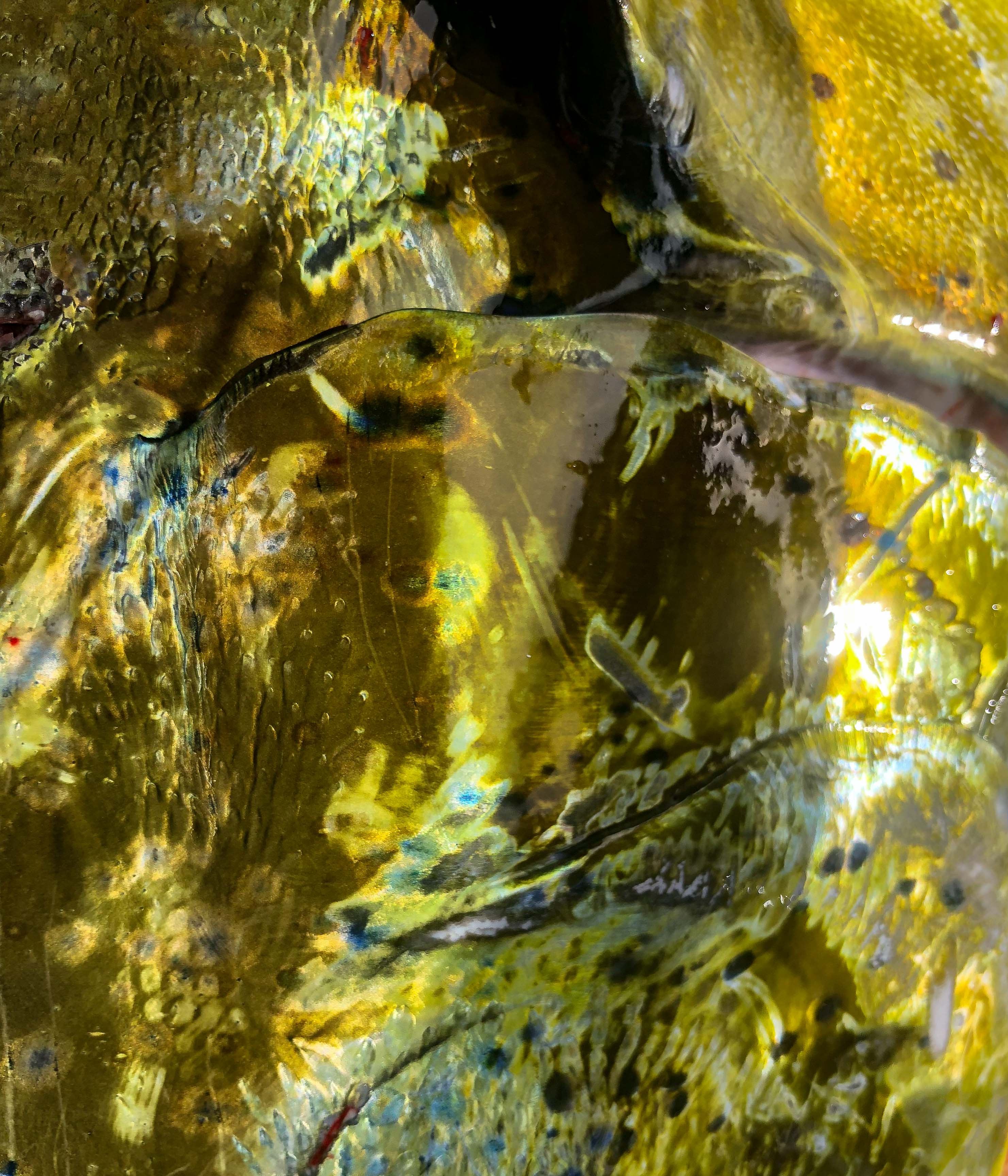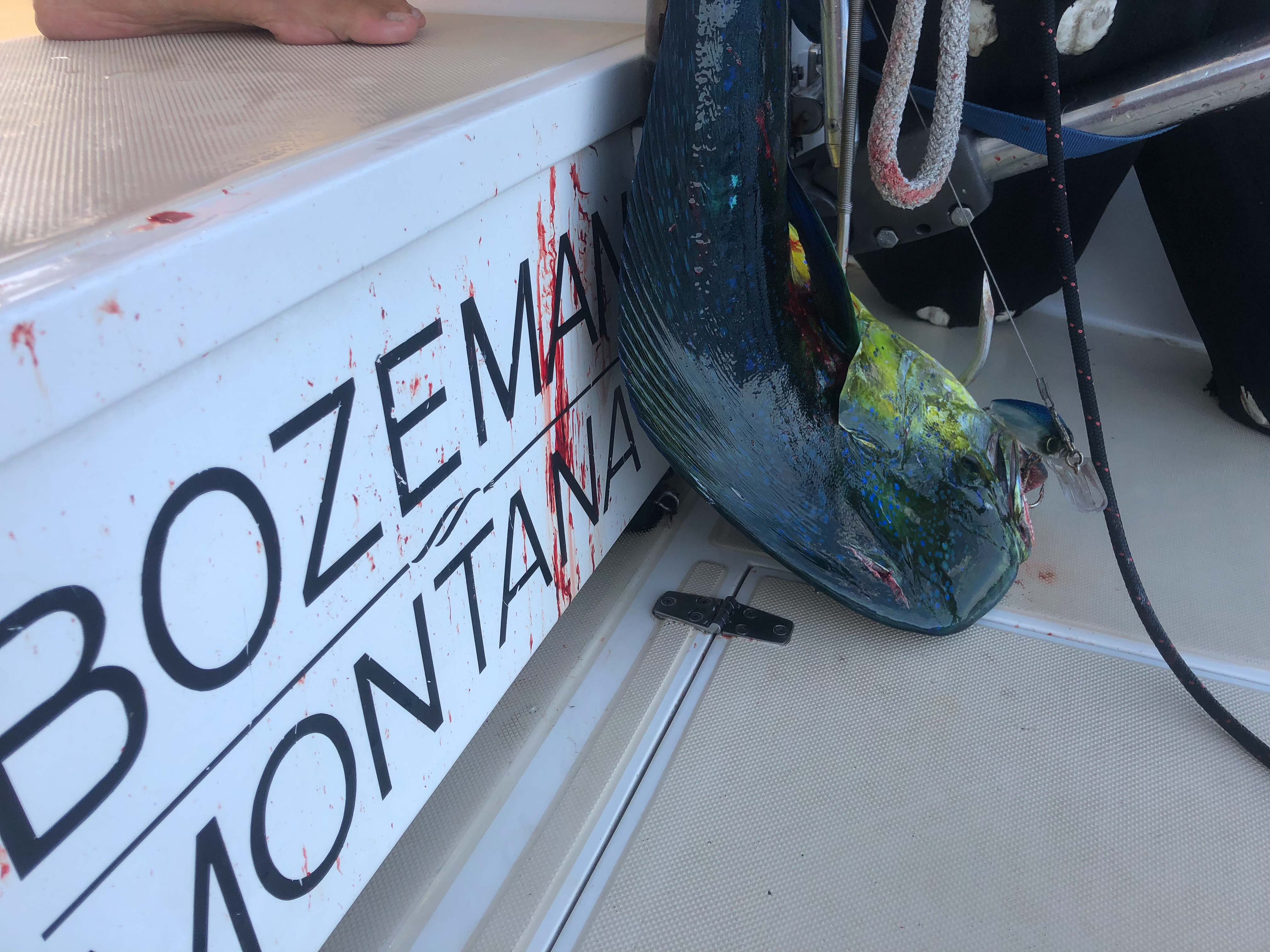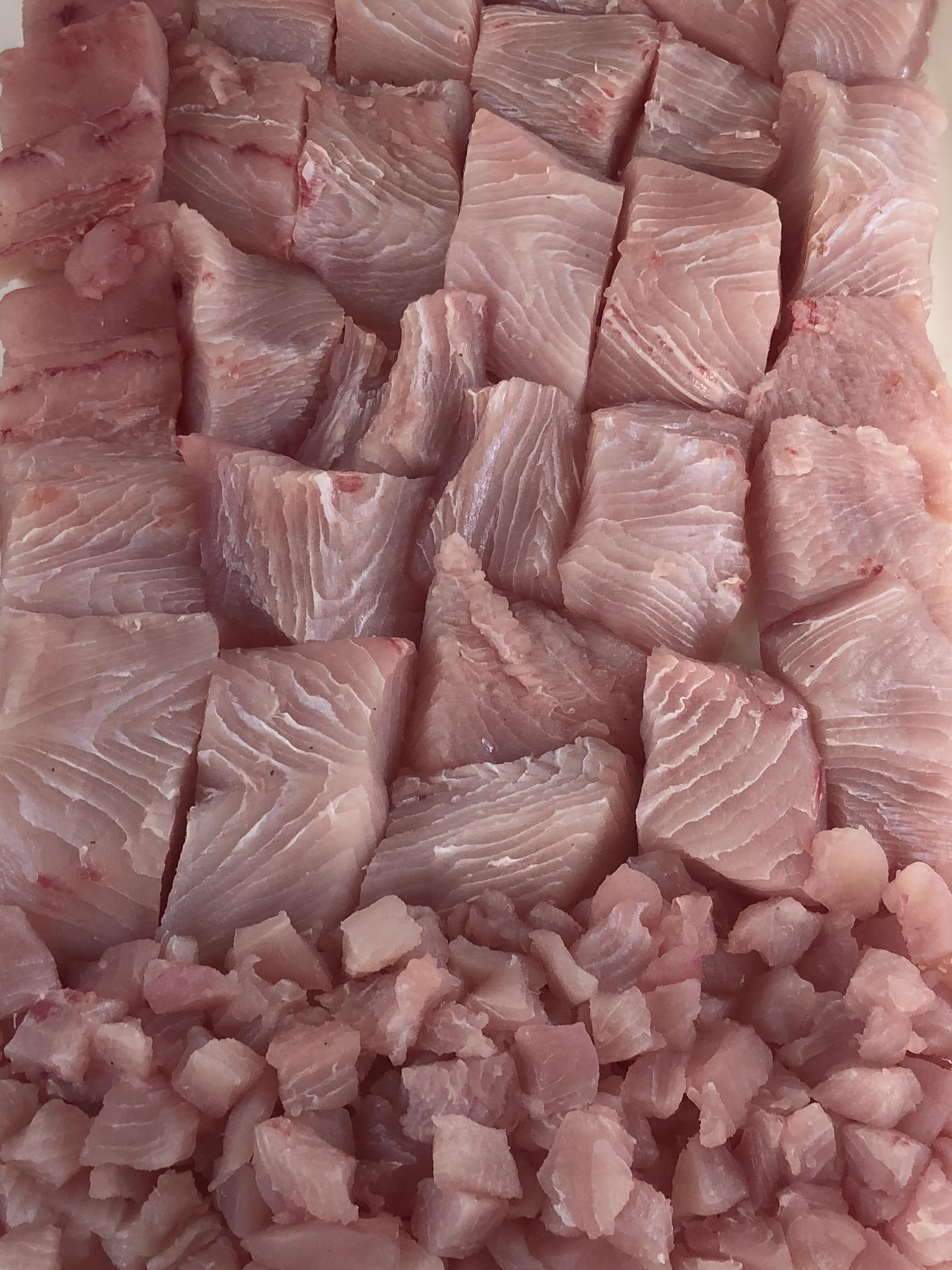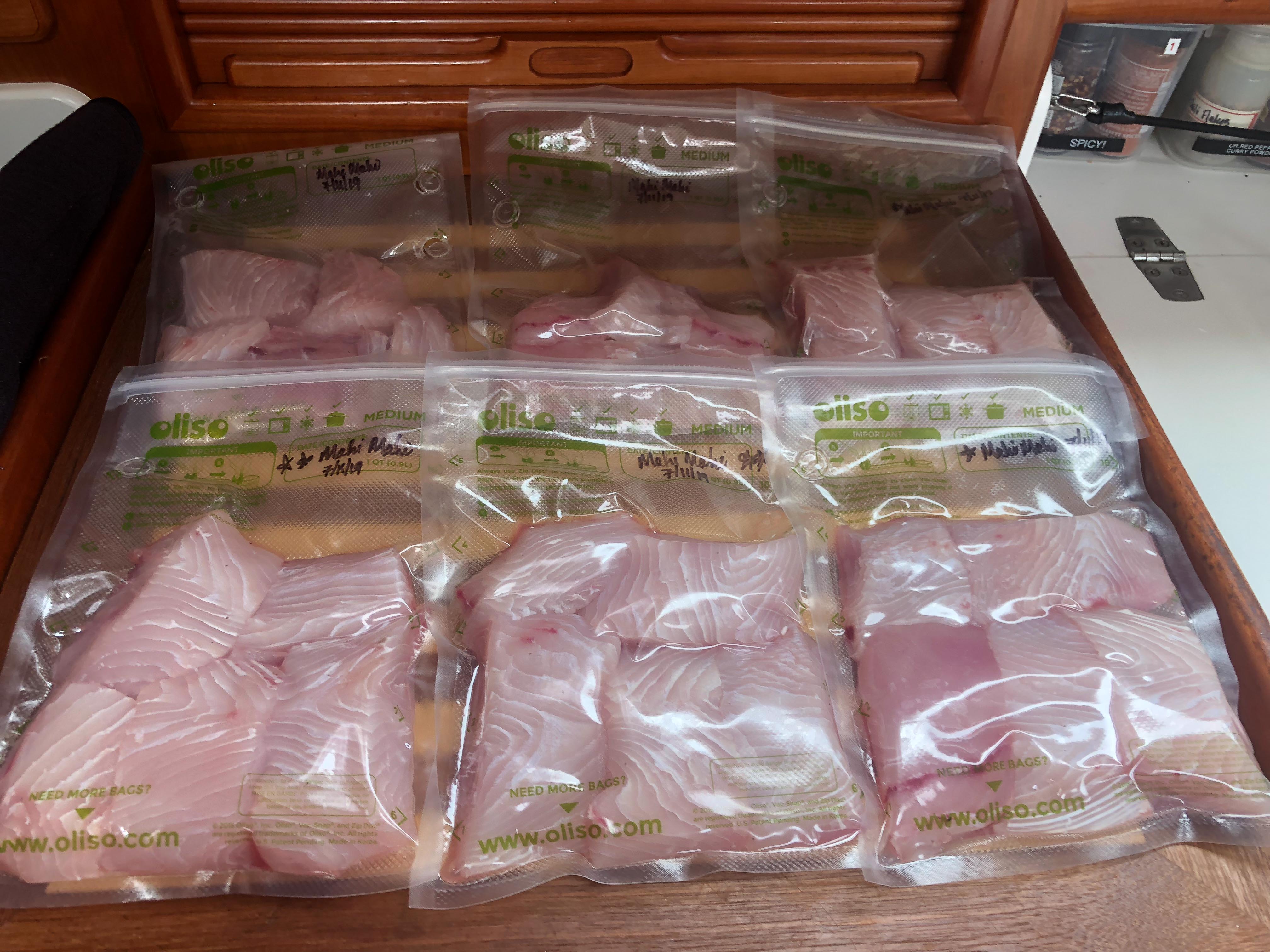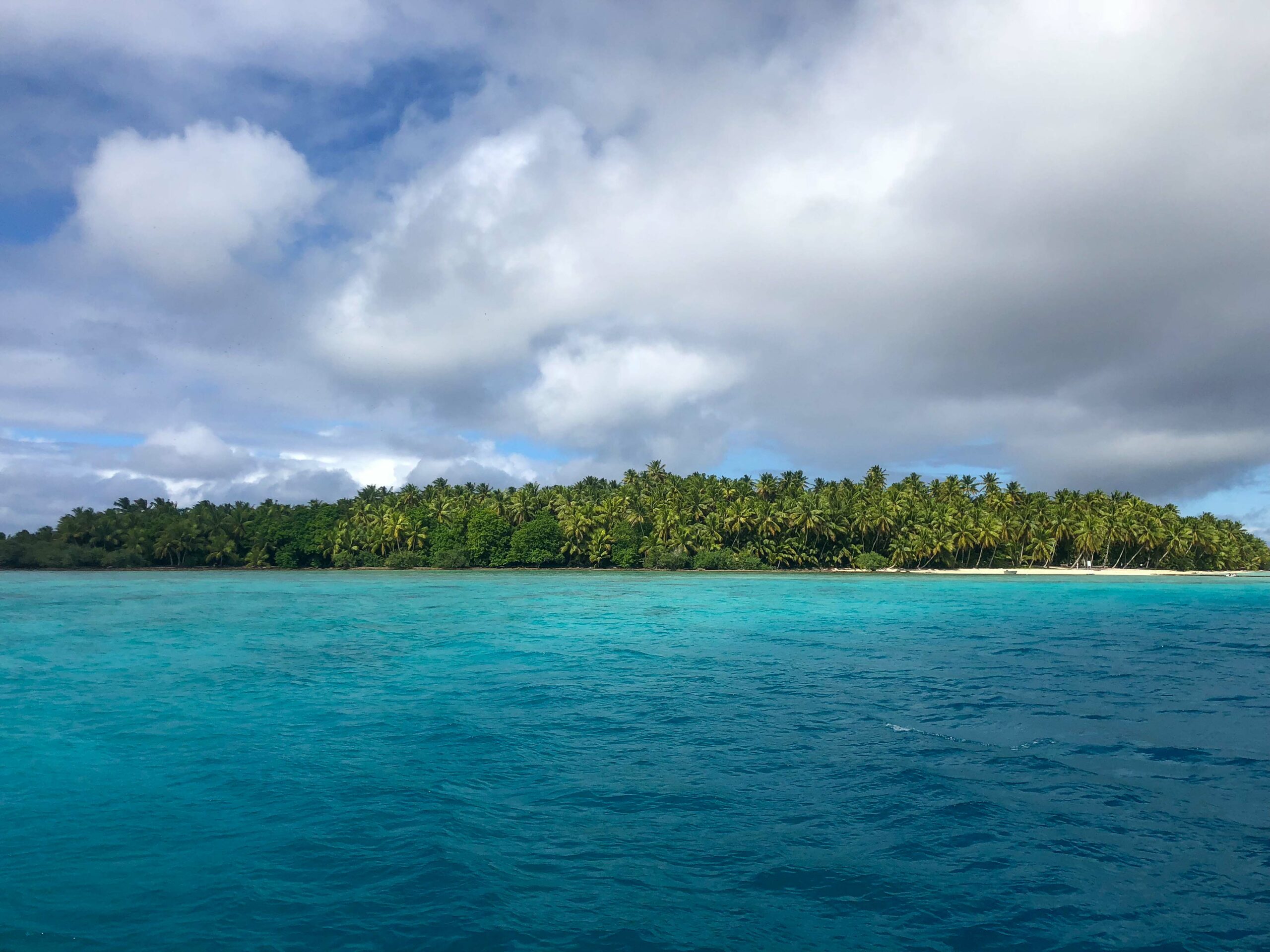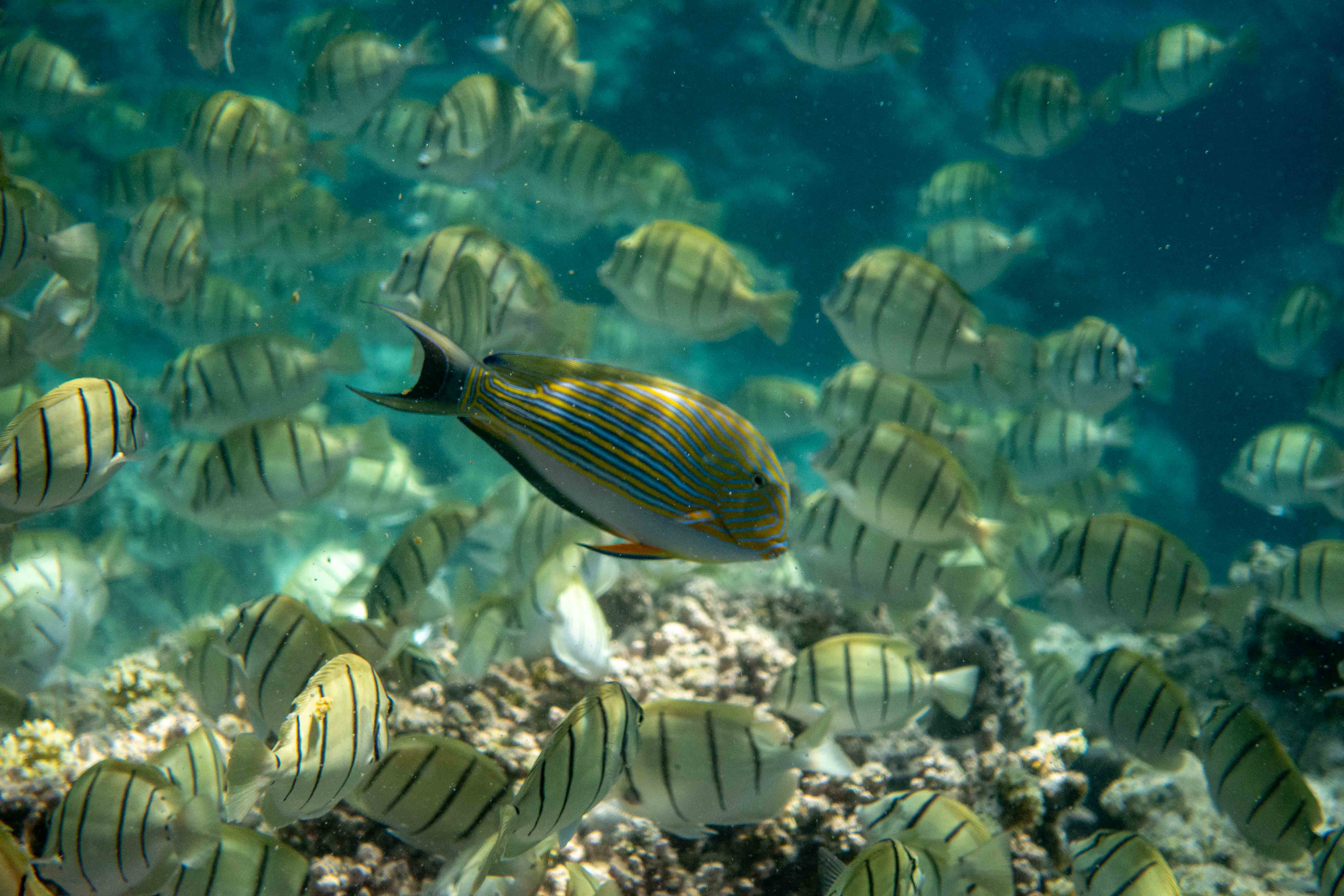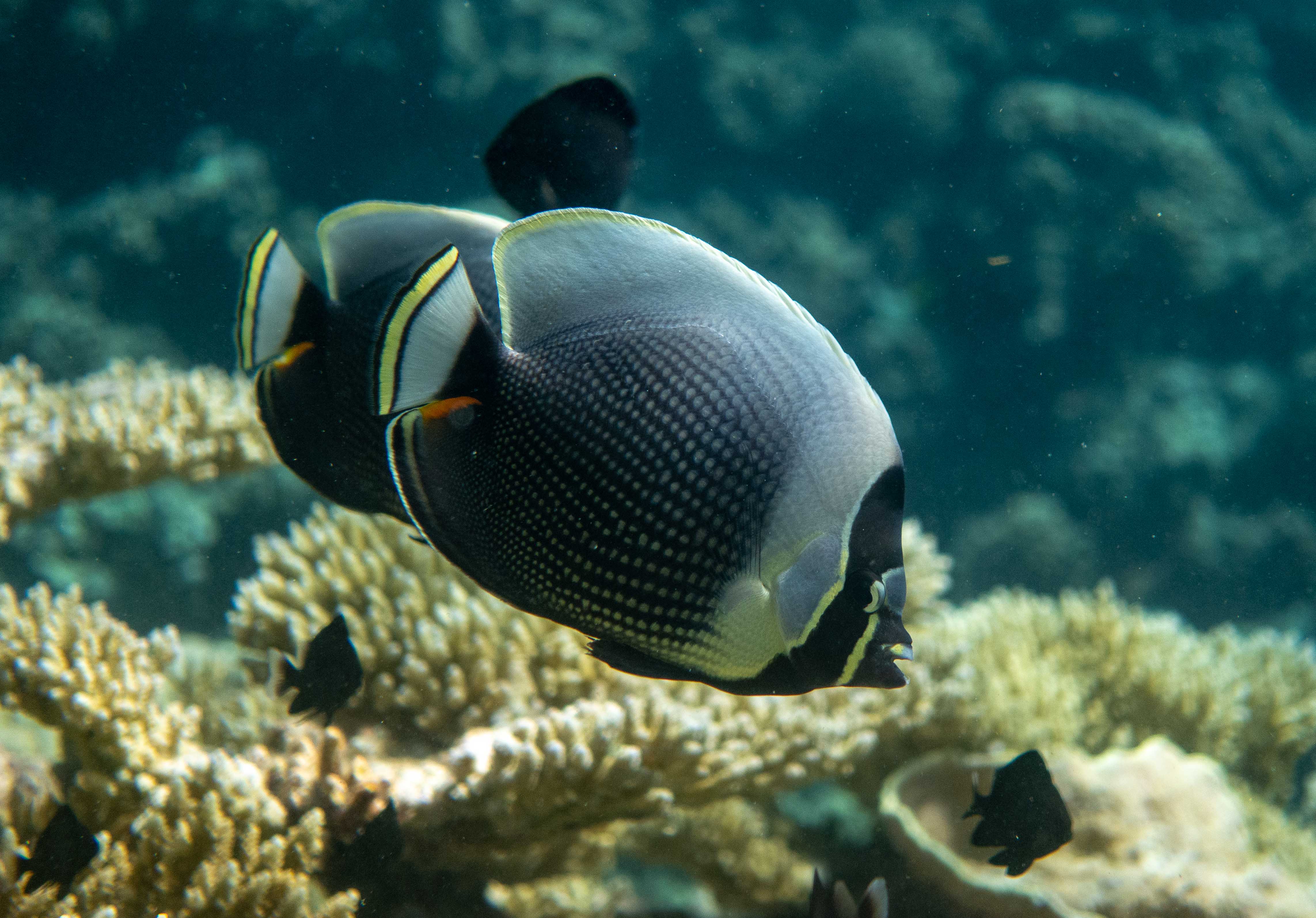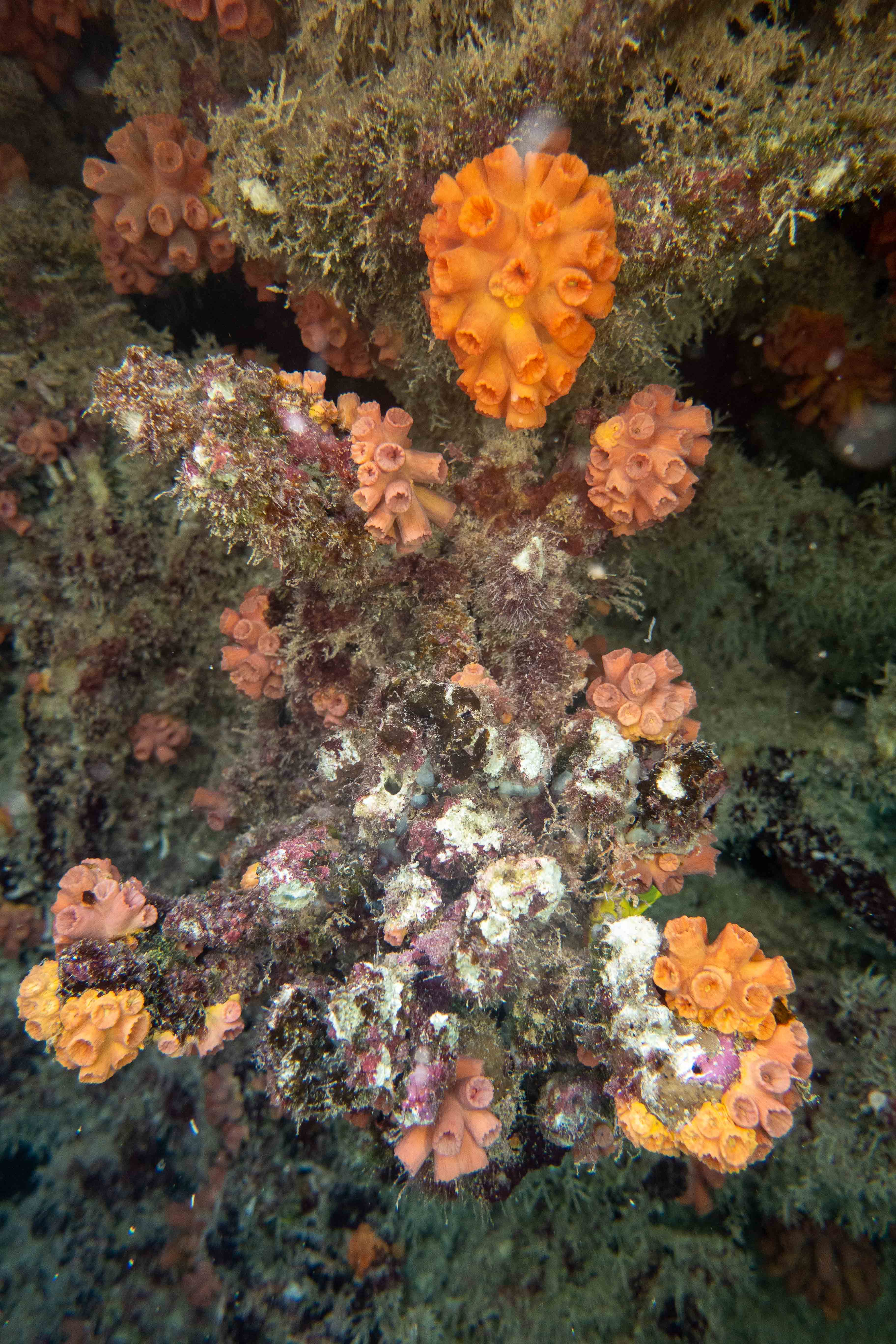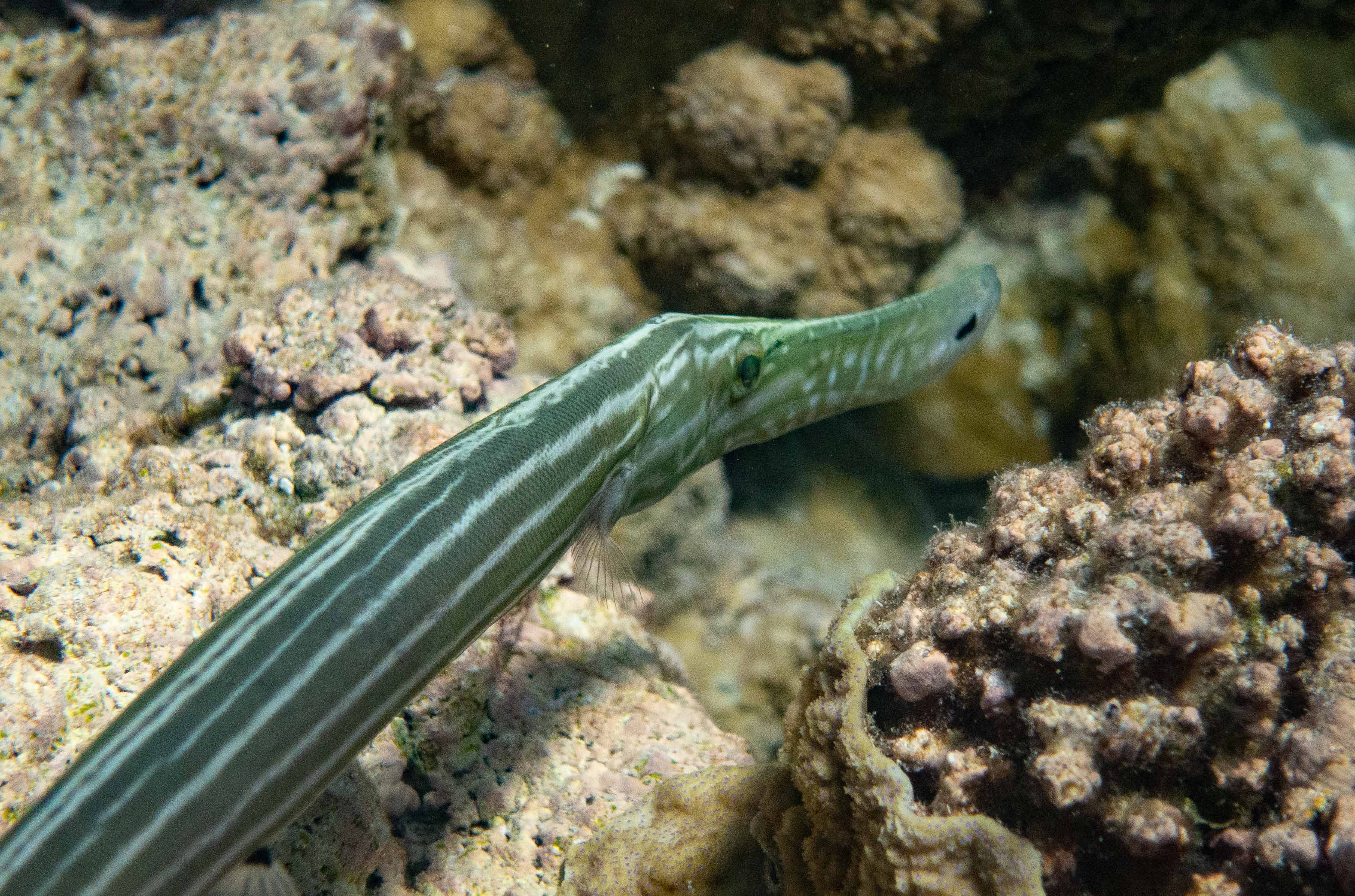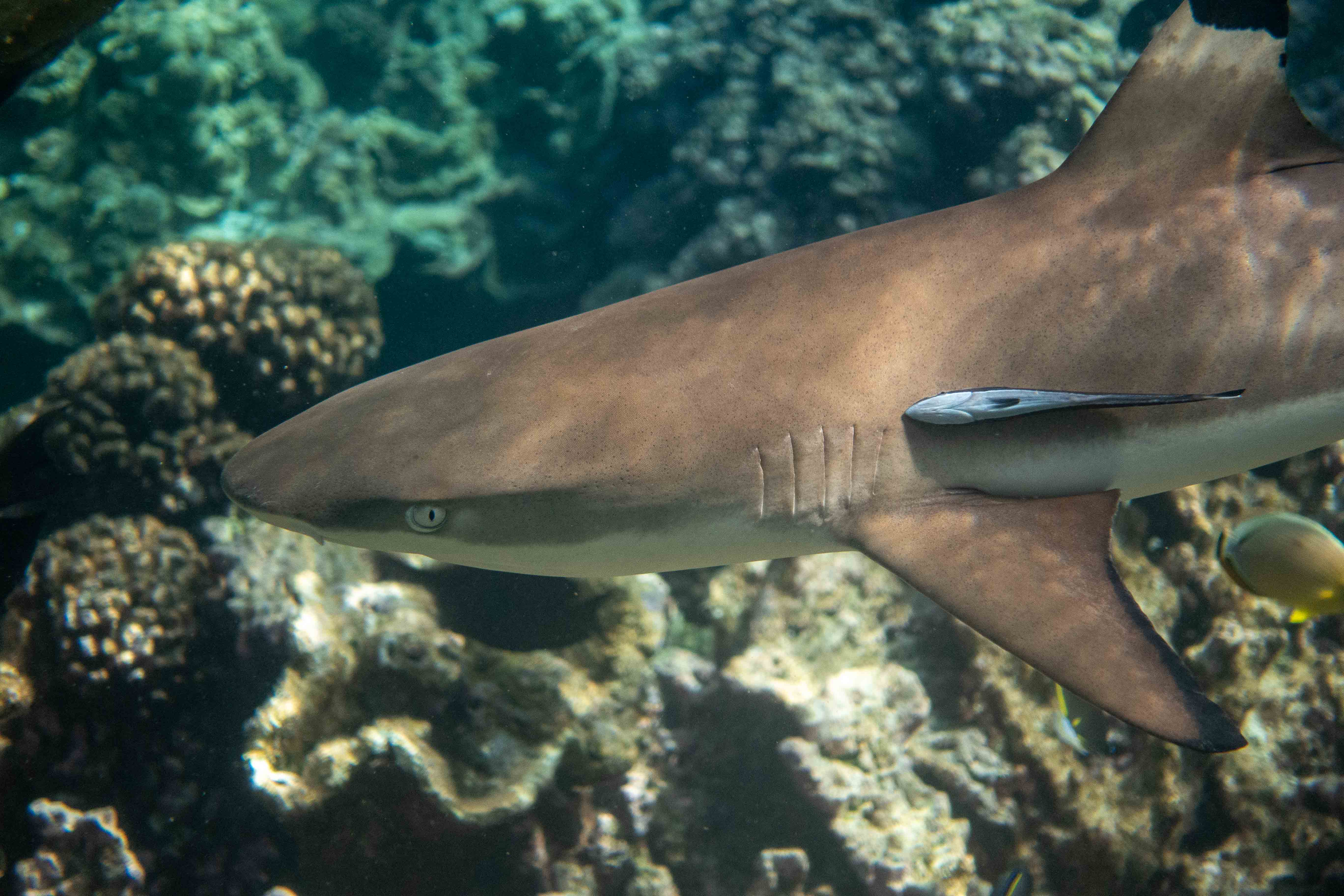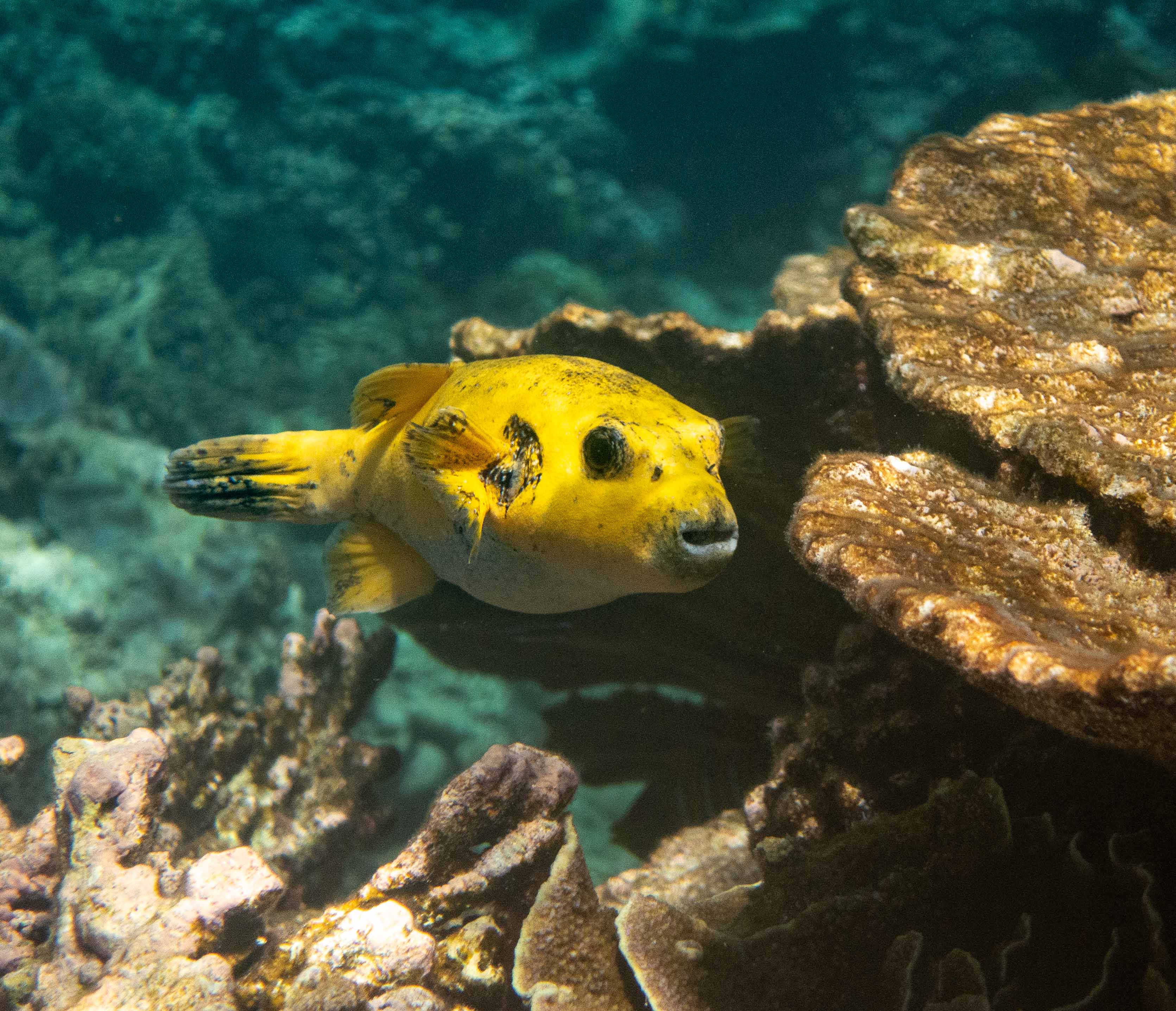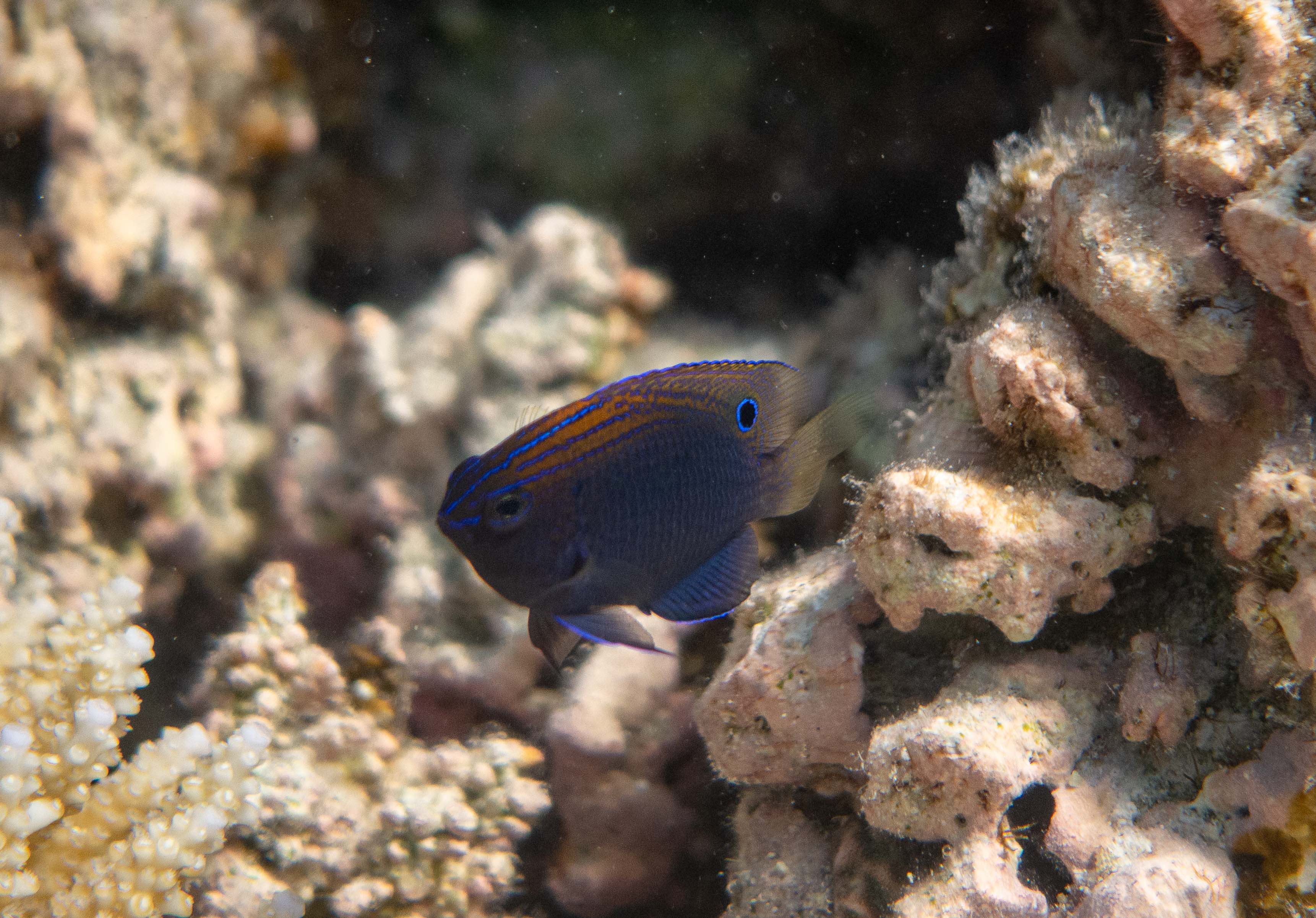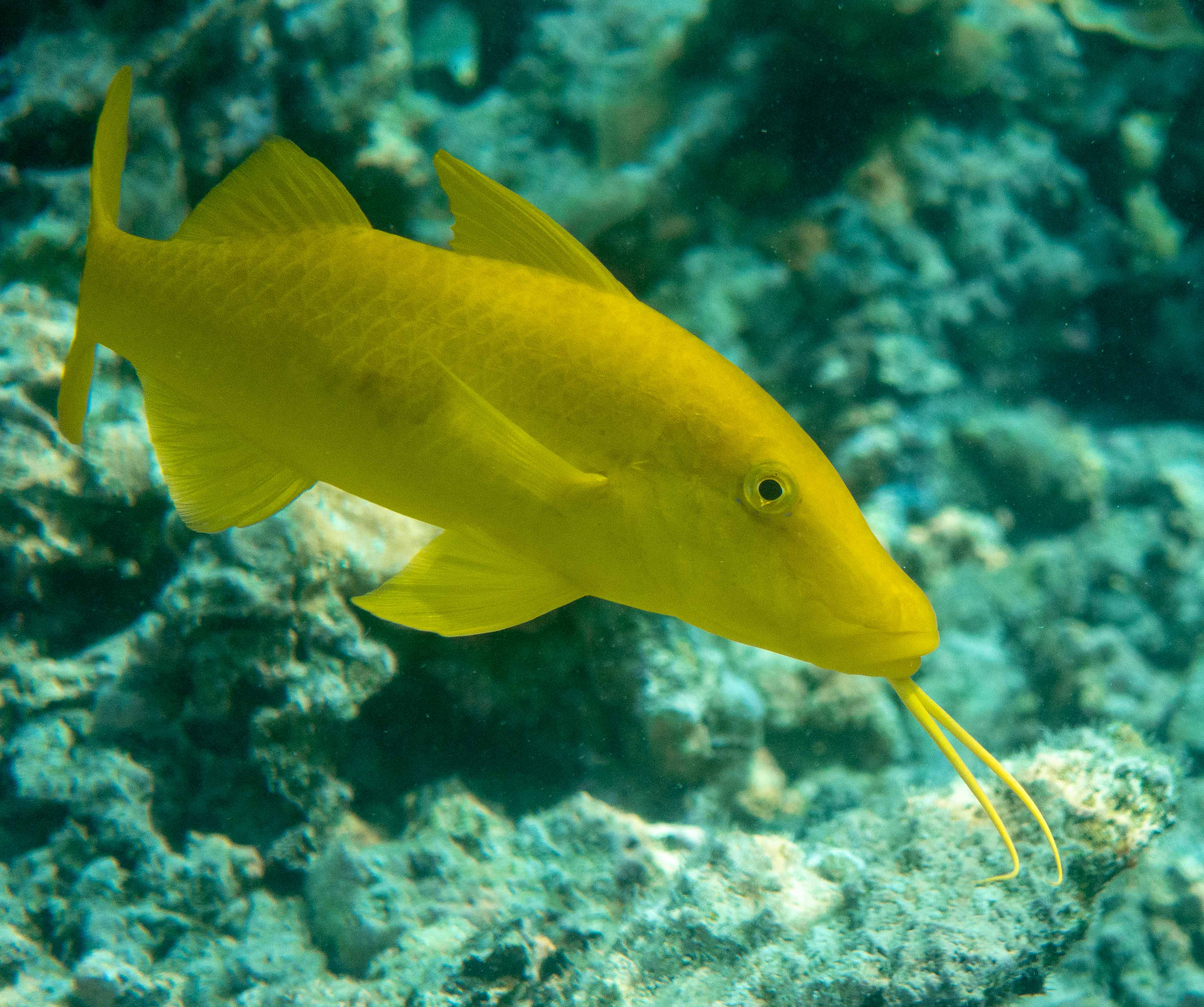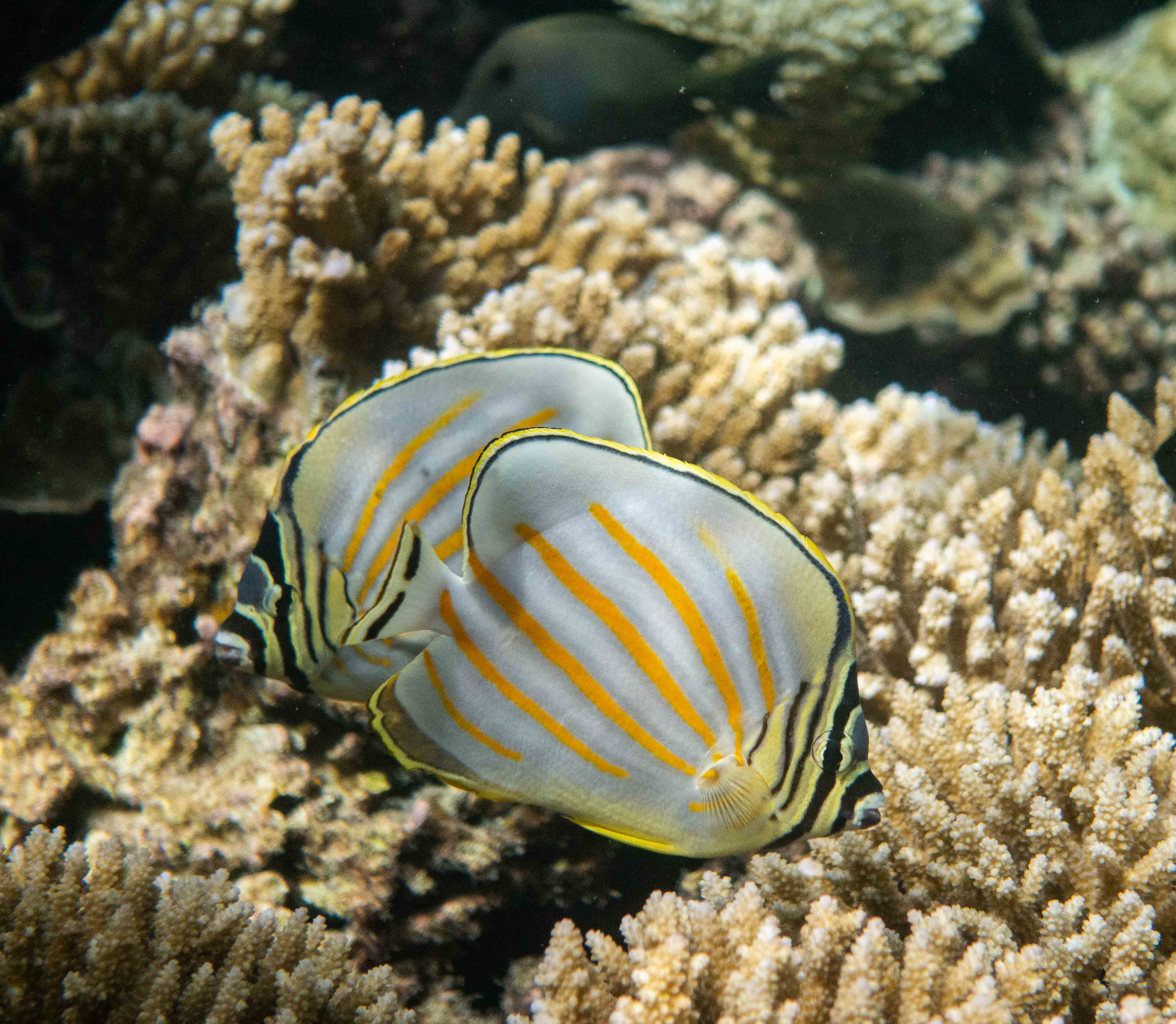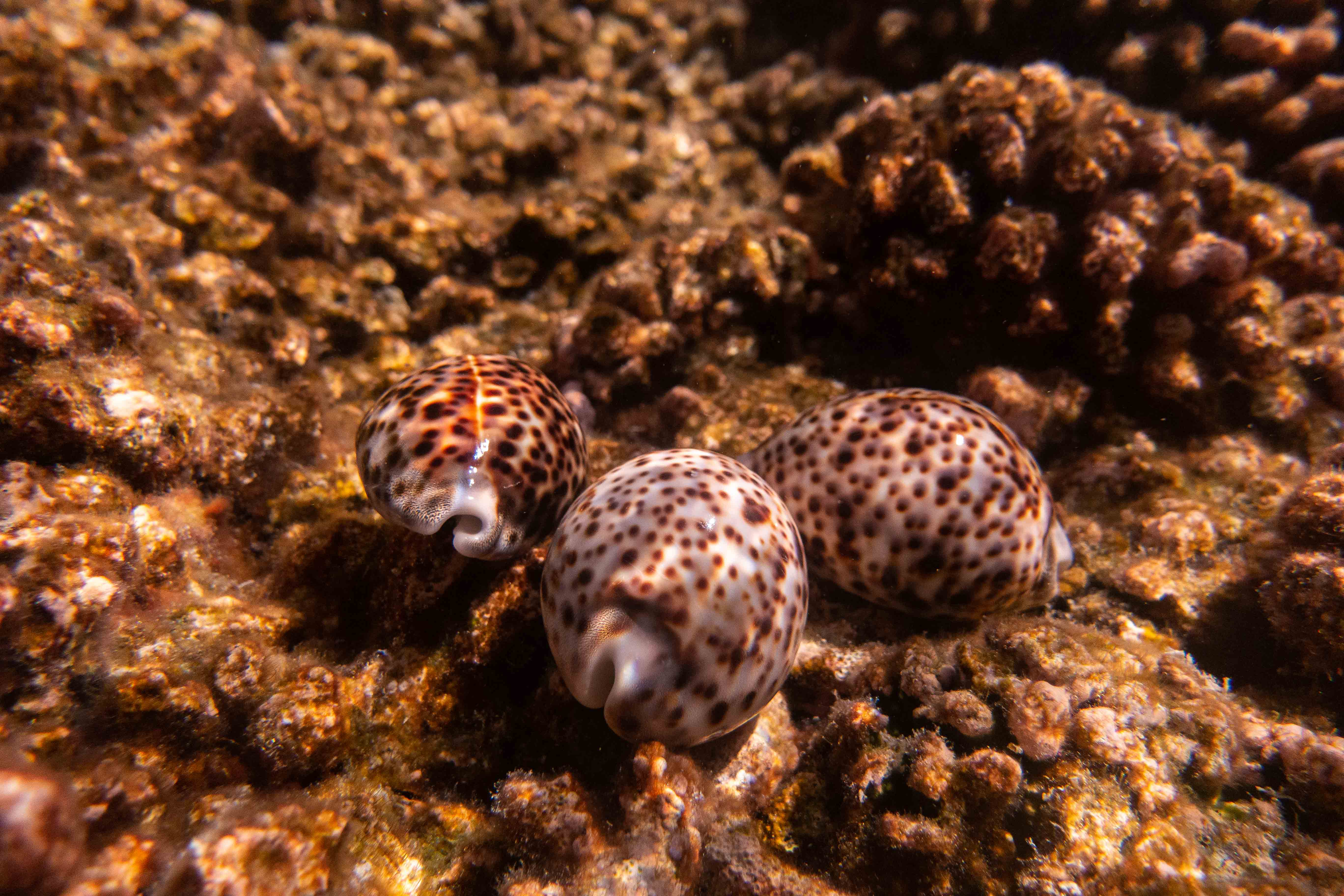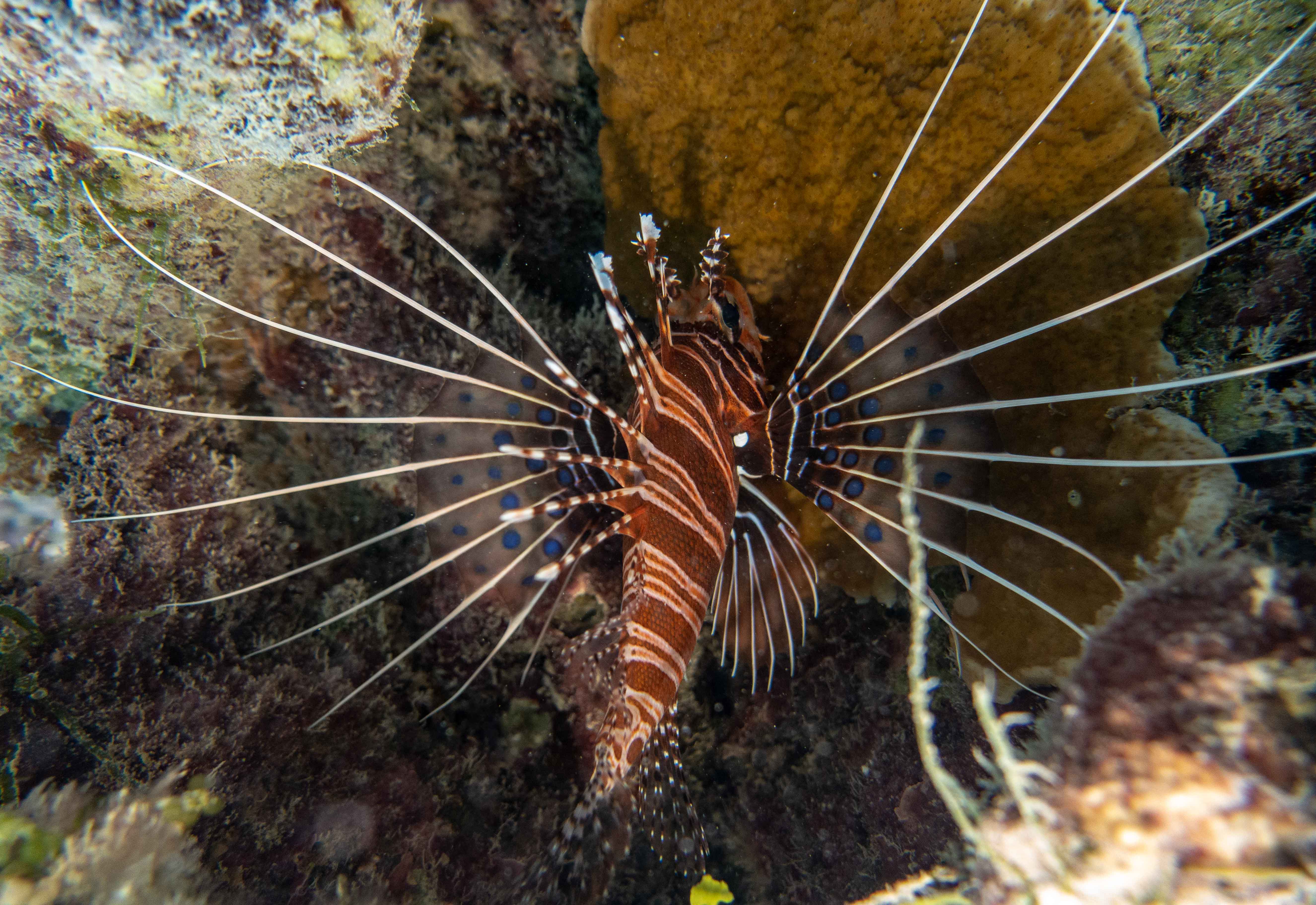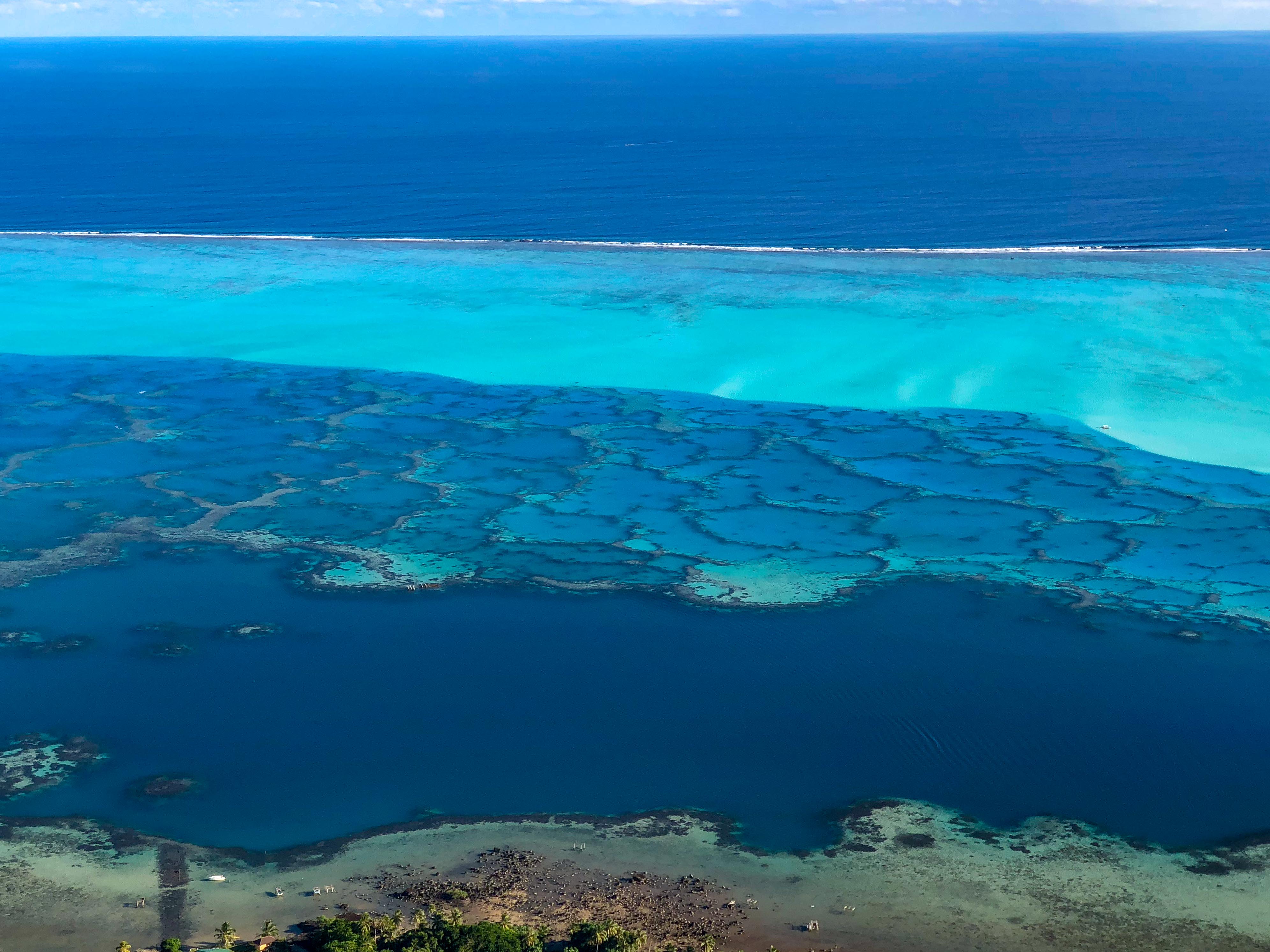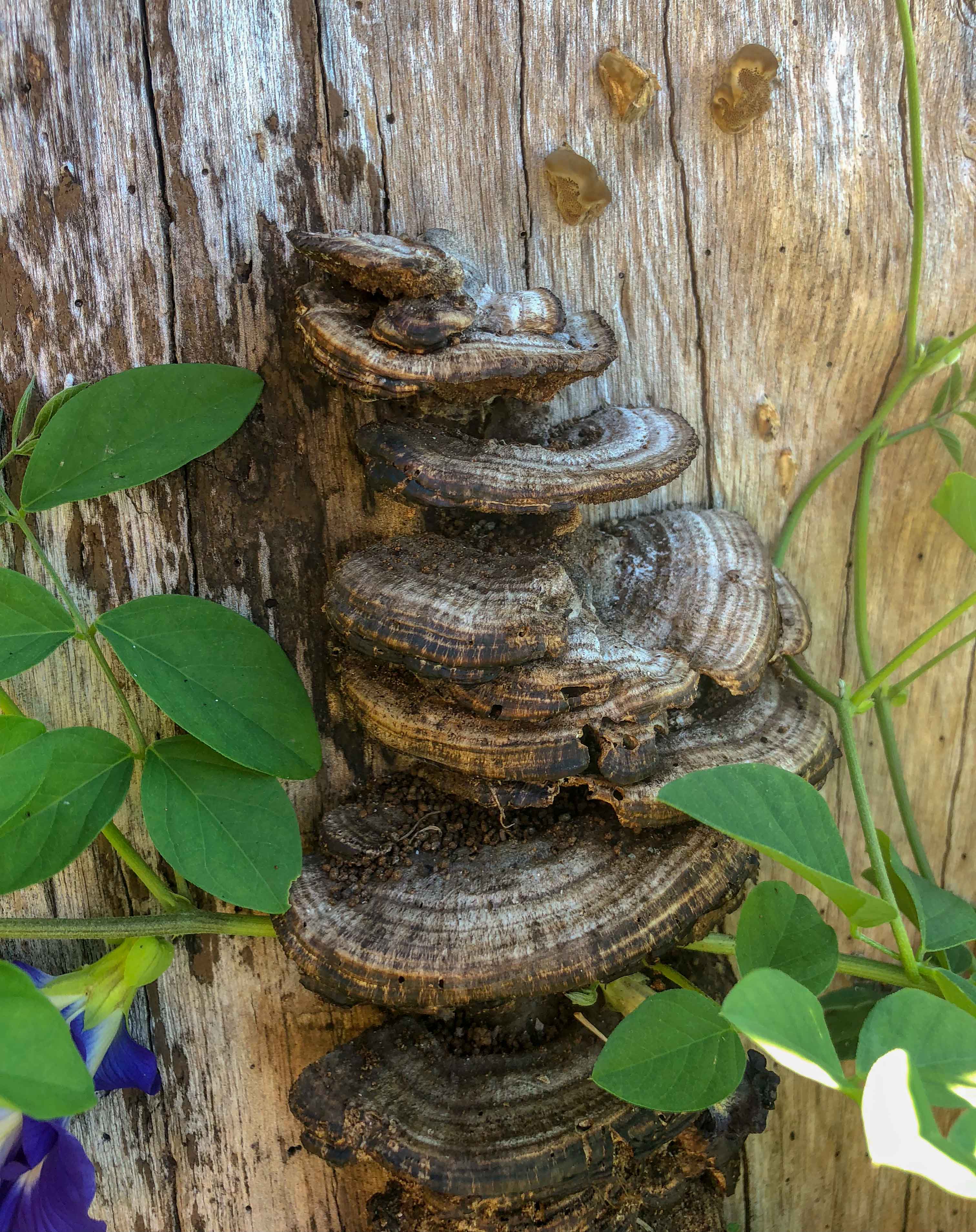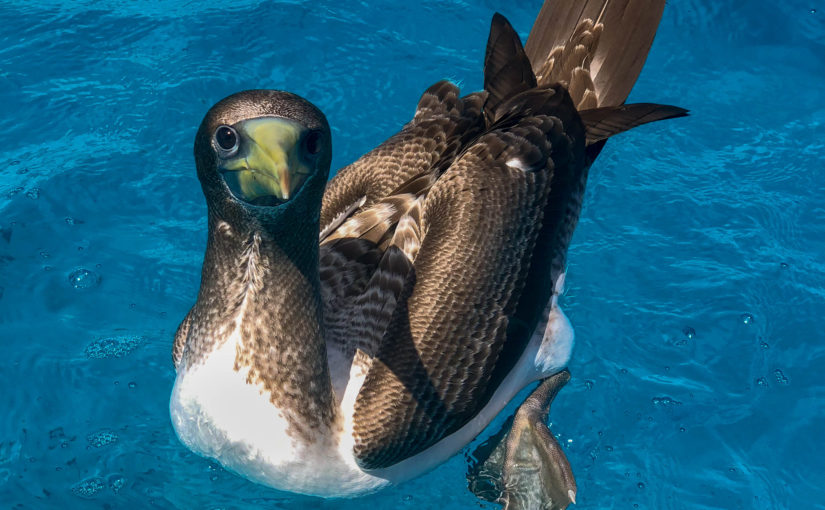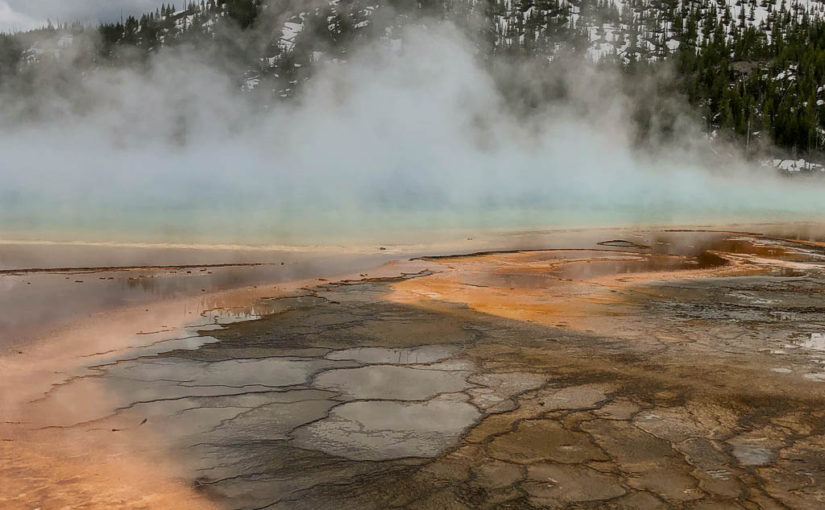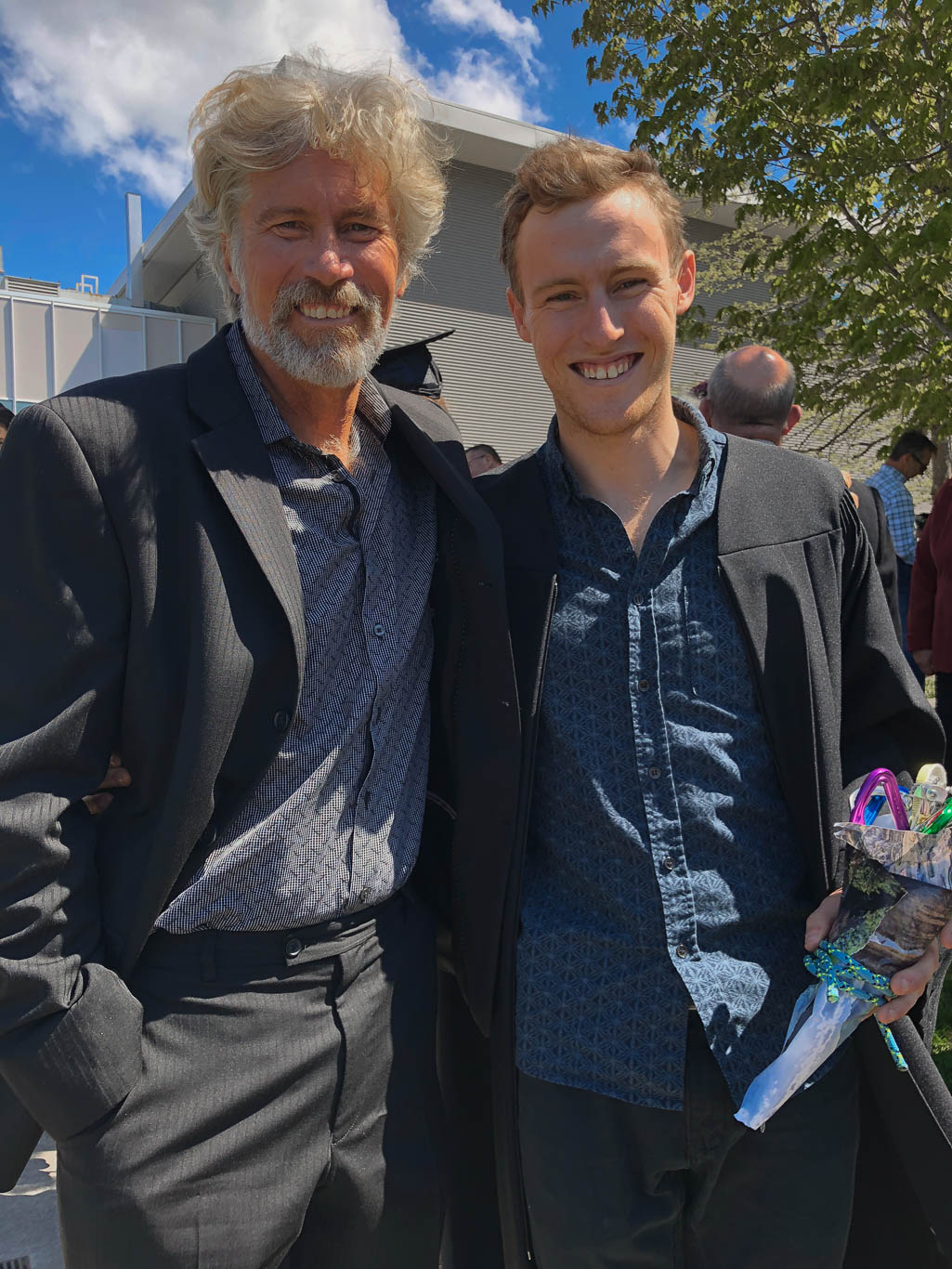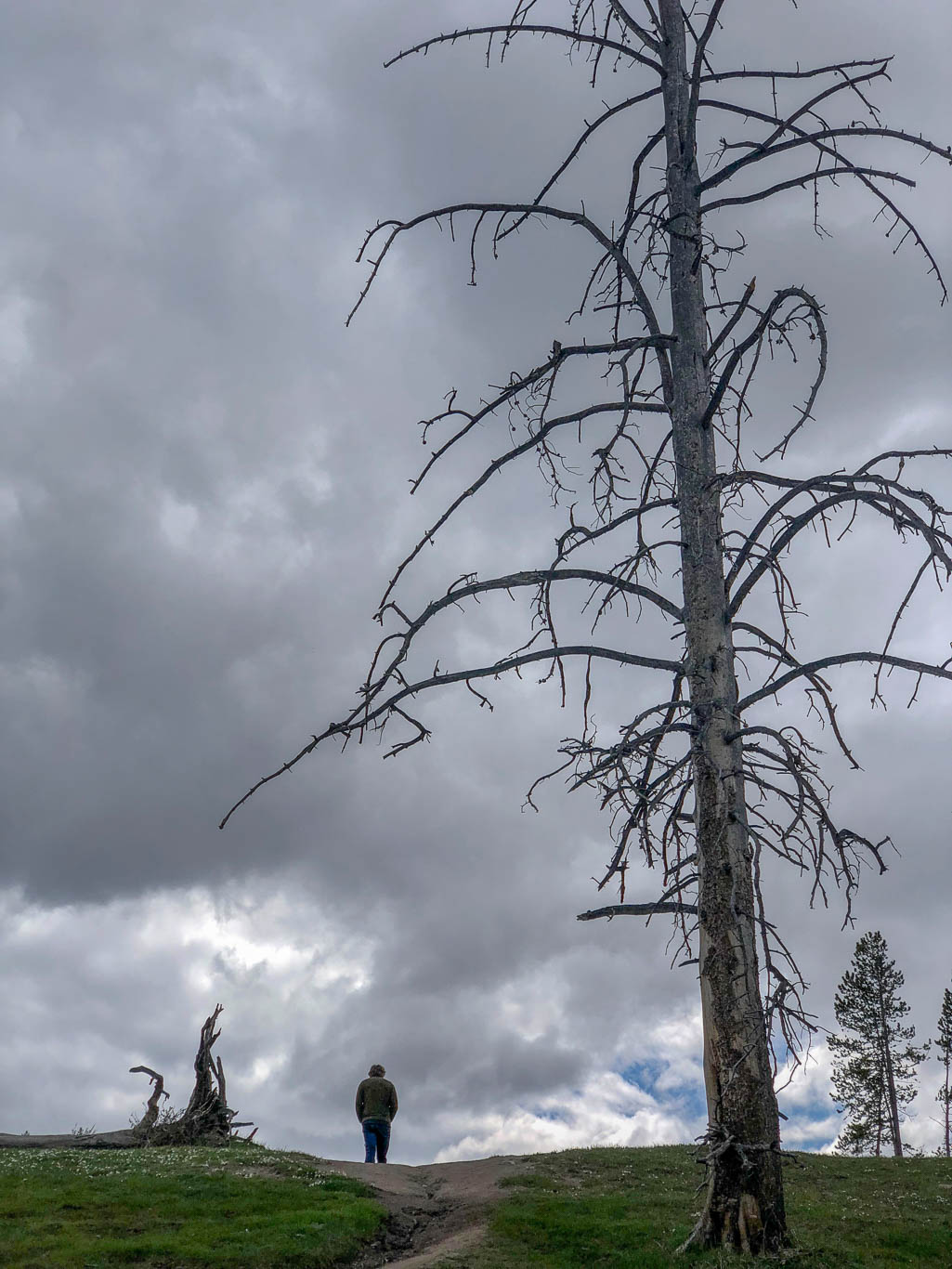The final Lembeh Strait muck diving album (see the previous two posts for more crazy creatures from these murky waters).
Category: Travel
Mamas in the Mamanucas (and Yasawas), western Fiji
It’s winter in Fiji, which can be easy to forget, usually. Last year we spent a sweltering July in Vuda marina waiting for our transmission, and absolutely no one was talking about cold. This “winter” has felt different (El Niño has officially replaced La Niña). In Viani bay the local dive master talked about rainy weather hanging on longer than usual, hills that were still very very green. “The Moms” arrived for the Fijian version of what overly excited weather people in Montana used to call a Polar Vortex. Fijians donned hoodies and parkas as temps plummeted into the mid-sixties (the lowest temperature ever recorded in Fiji was 12.3 C or 54 F). Meanwhile, “the Moms” counted their lucky stars and gave thanks for overcast days. I put on a T-shirt. Our biggest challenge was finding anchorages that were reasonably calm. Diana tied up the lee cloth for Camille and gave Elizabeth extra cushions to wedge herself in at night. I think I remember Diana suggesting that she handed out more sea sickness medication on this visit than she did on the entire Pacific Crossing. On the bright side, Camille says she has never slept so well (we discussed the feasibility of installing hydraulics in the foundation of her Northern California cottage to replicate these soporific Fijian seas). I think Diana and I had both imagined leisurely lagoon sailing with the Moms, based on our quick survey of the western islands last year. For sure, neither of us imagined gusts to gale force (36 knots), and sailing at 8 knots with a handkerchief of jib rolled out. But by now the Mom’s are seasoned sailors, and weathered it all like old salts, quite happily nestled in their accustomed spots. ~MS
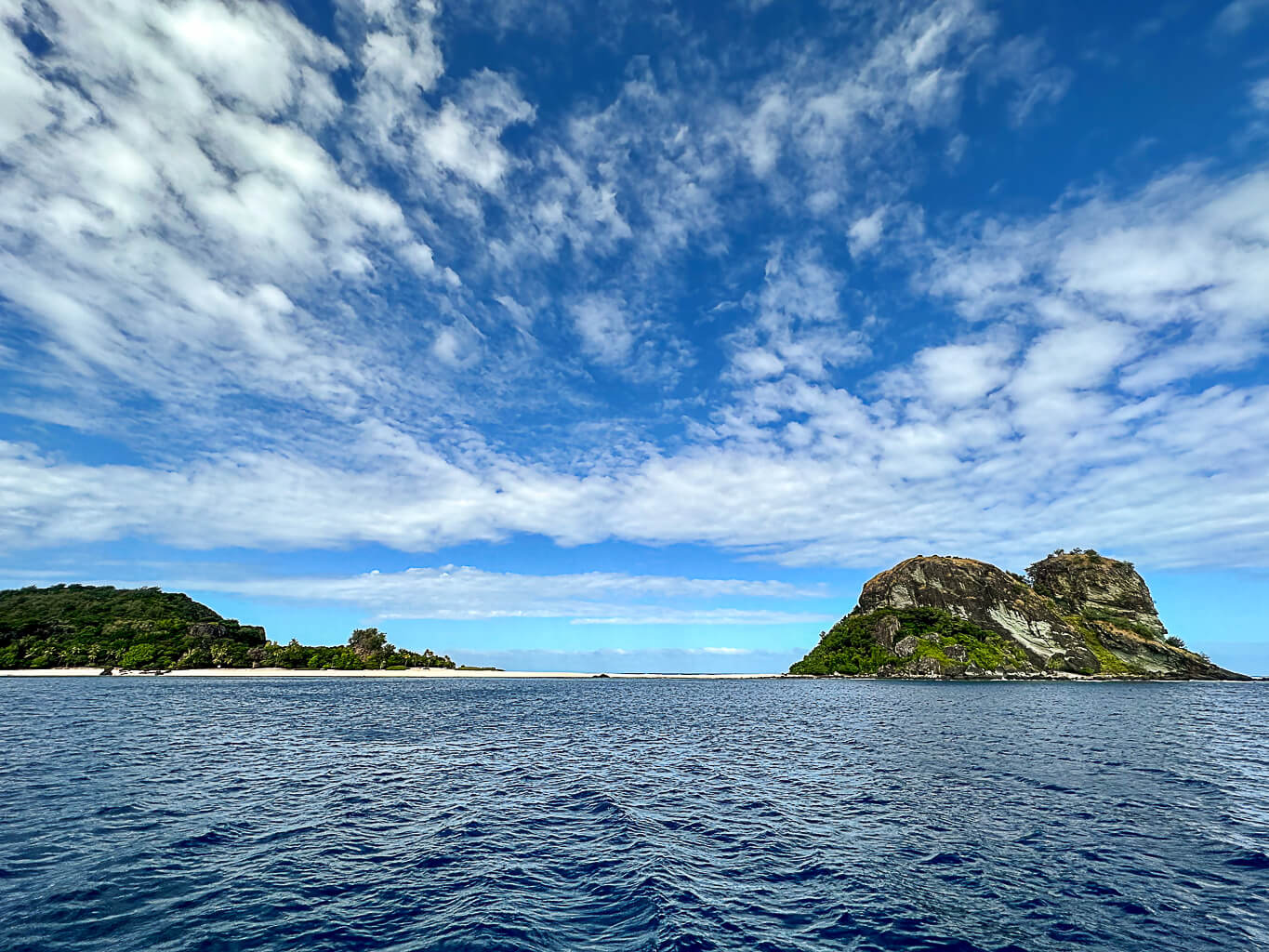

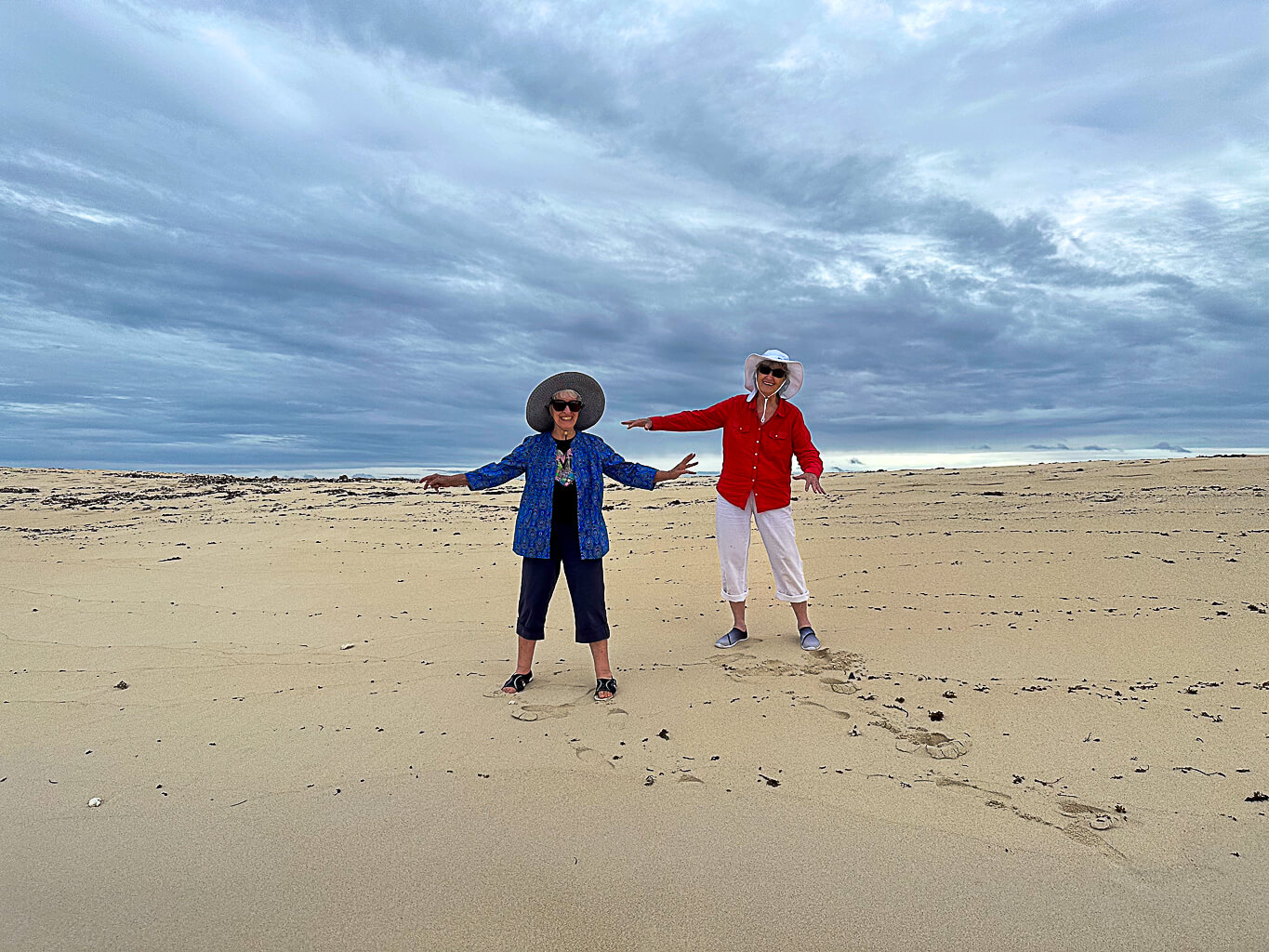
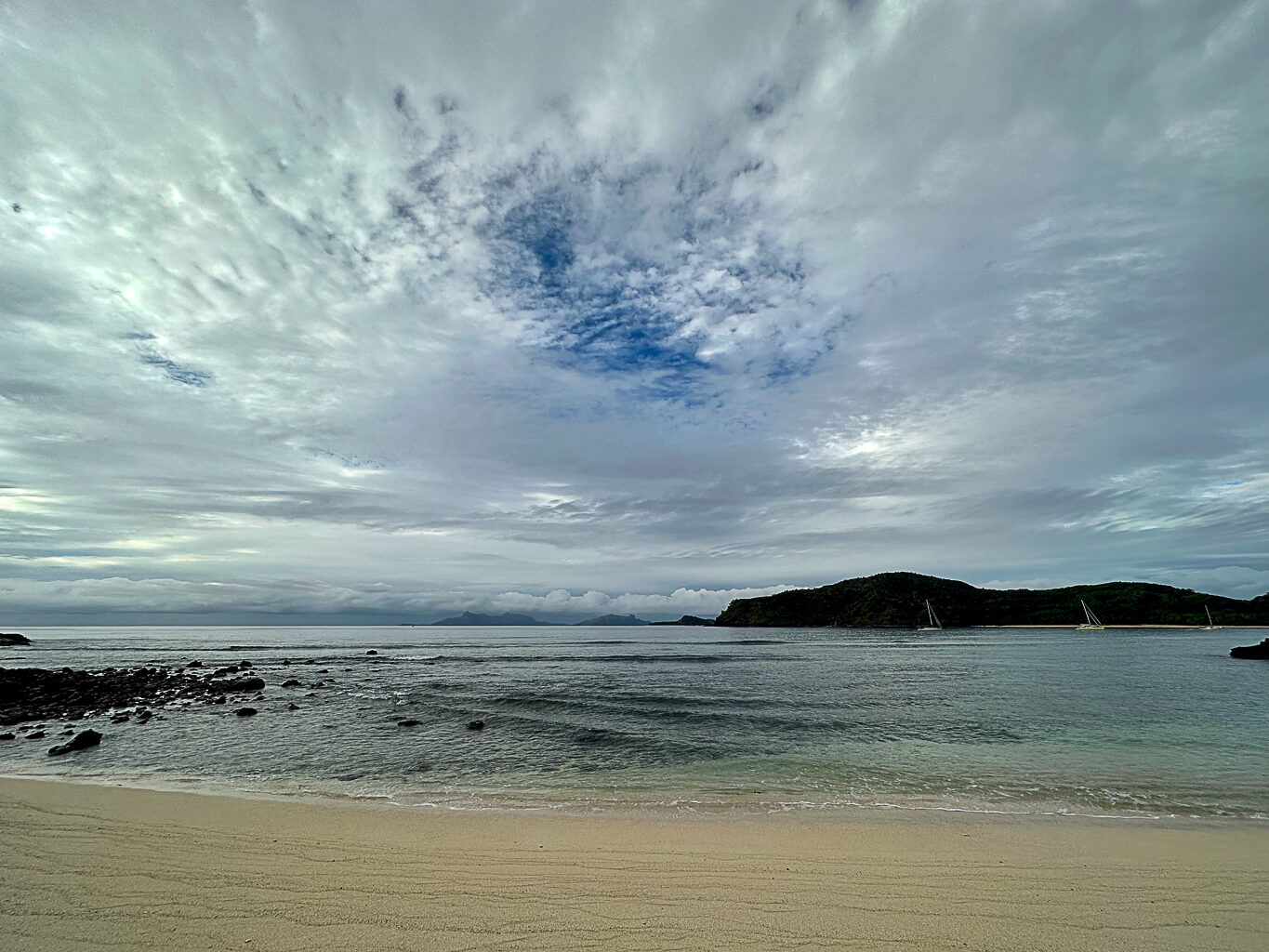
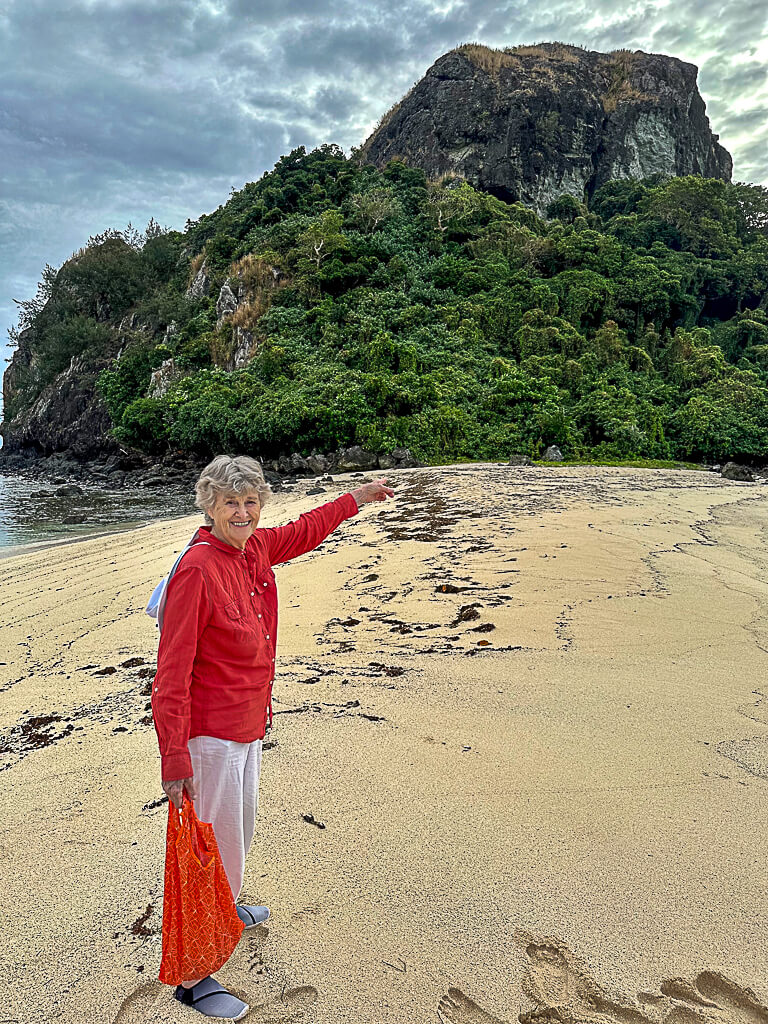
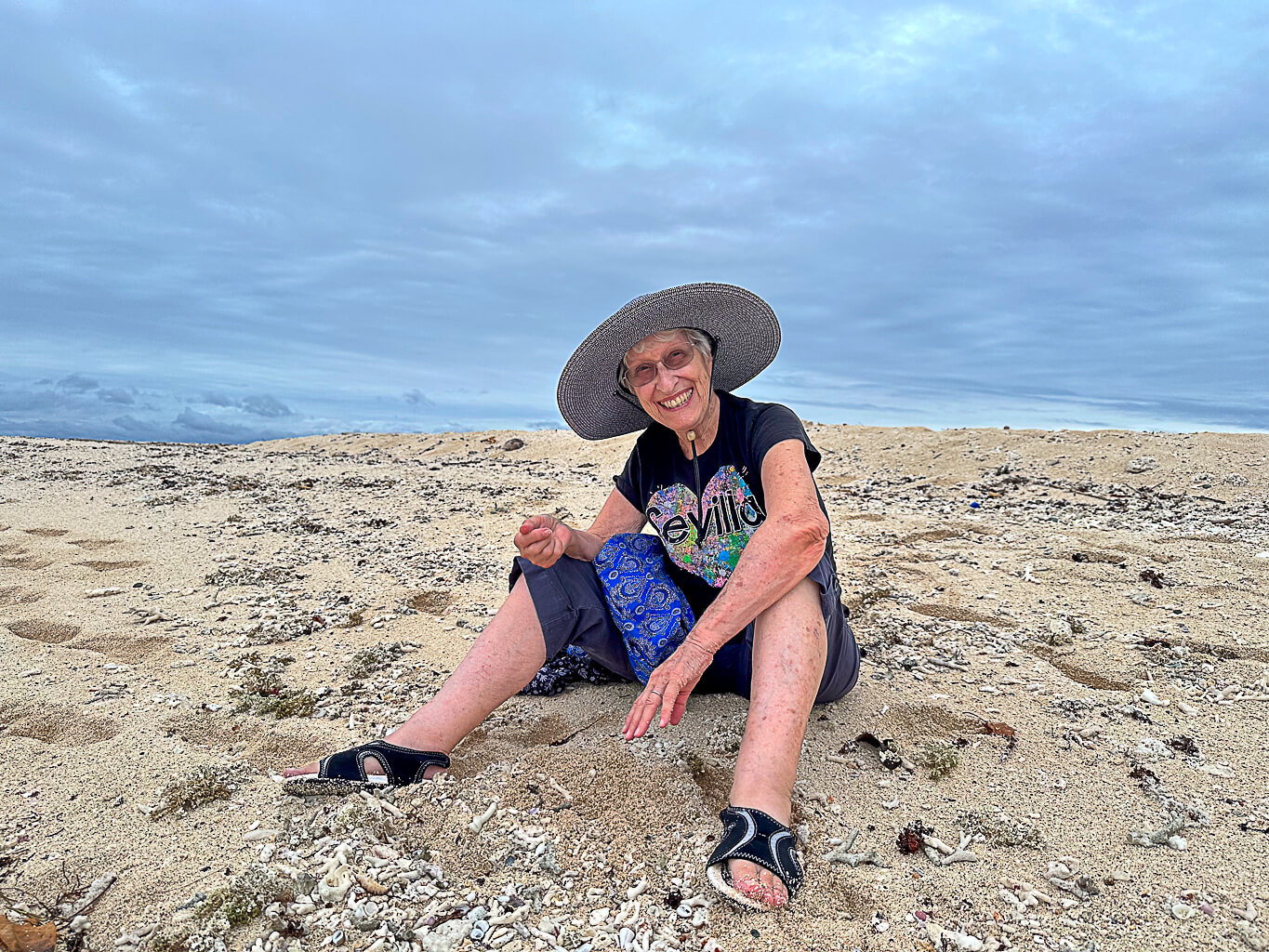
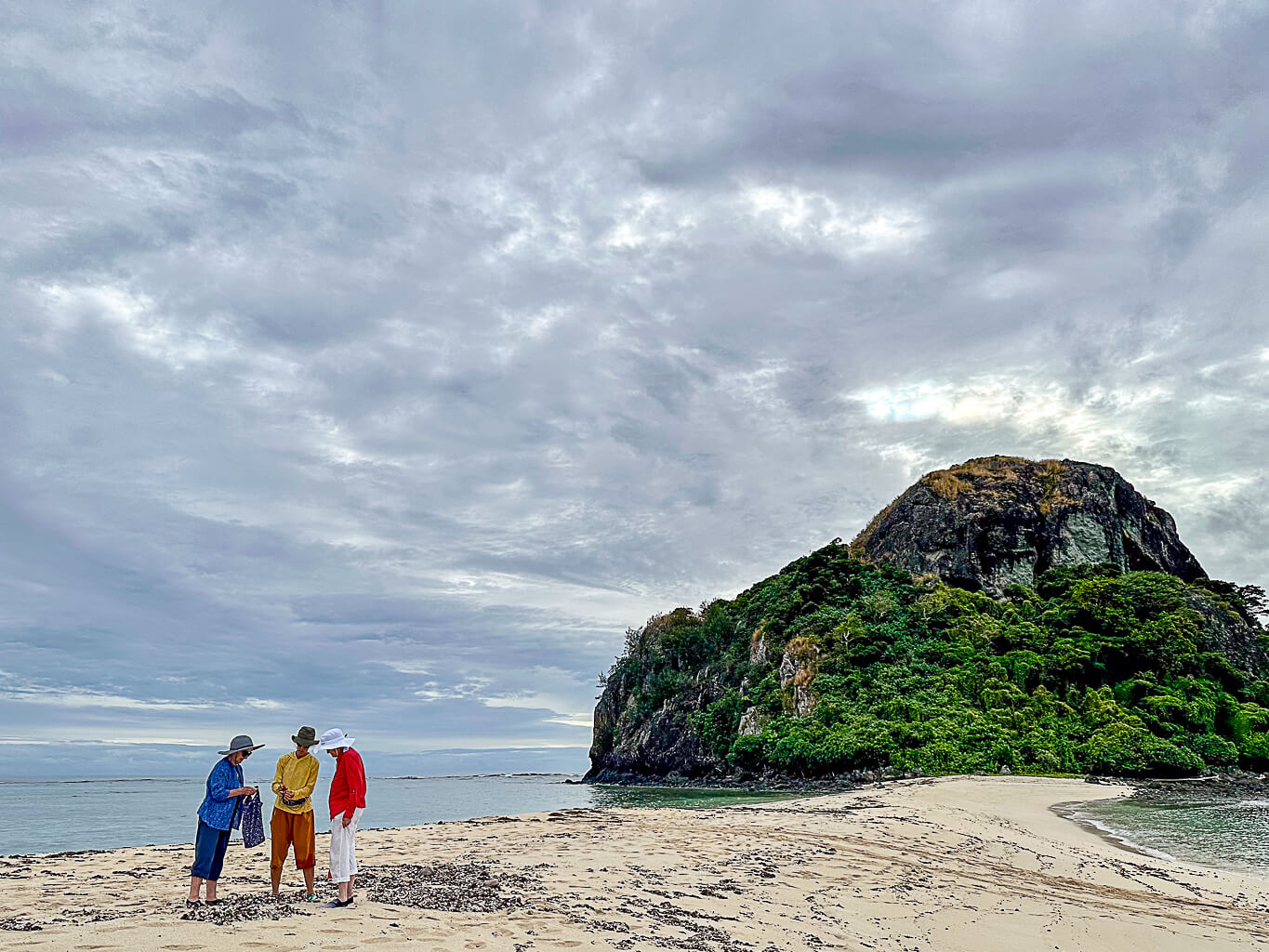

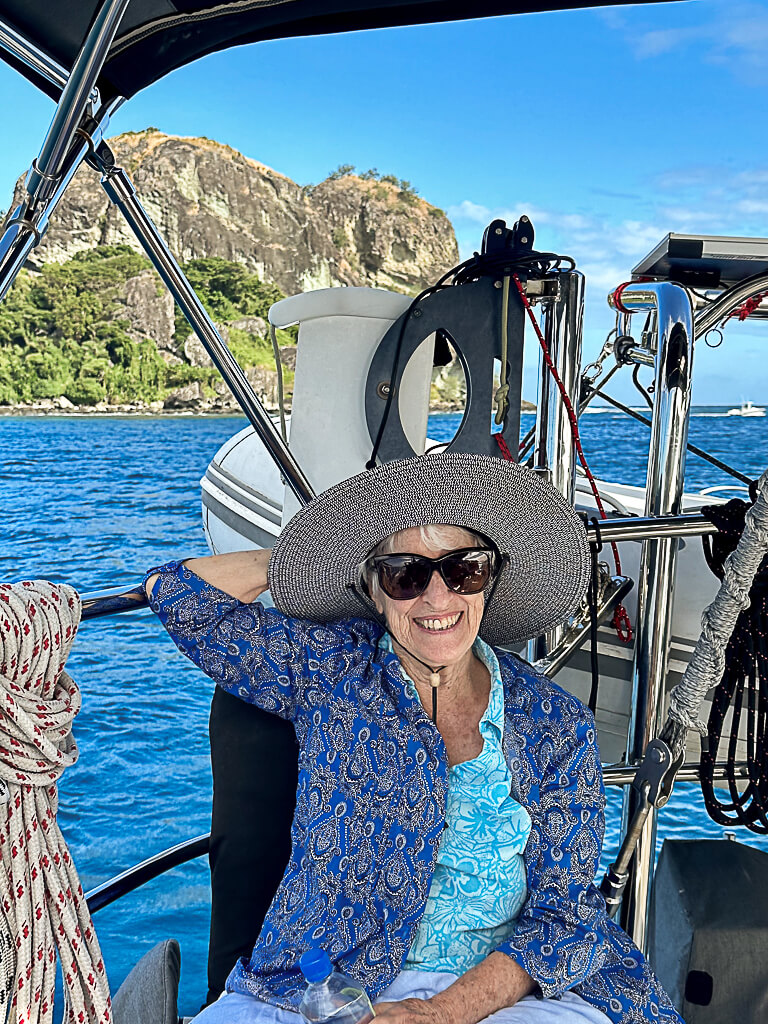
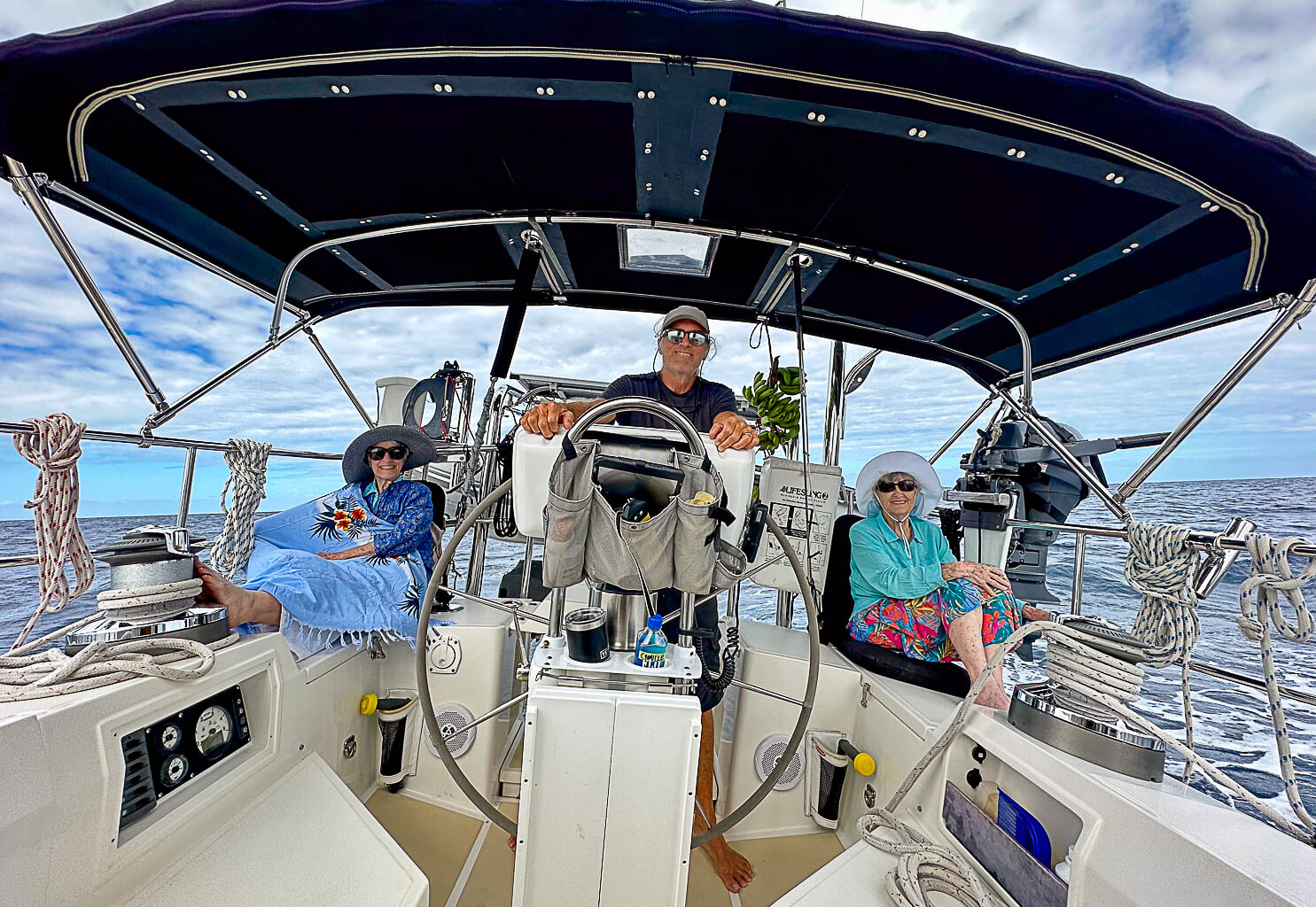

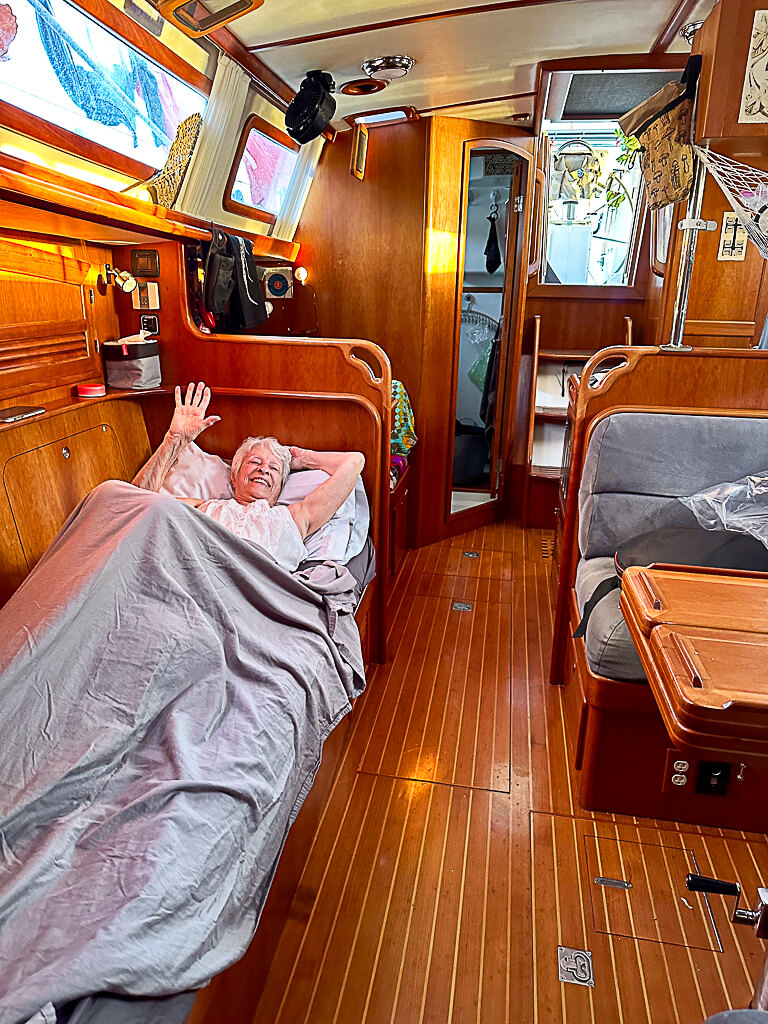
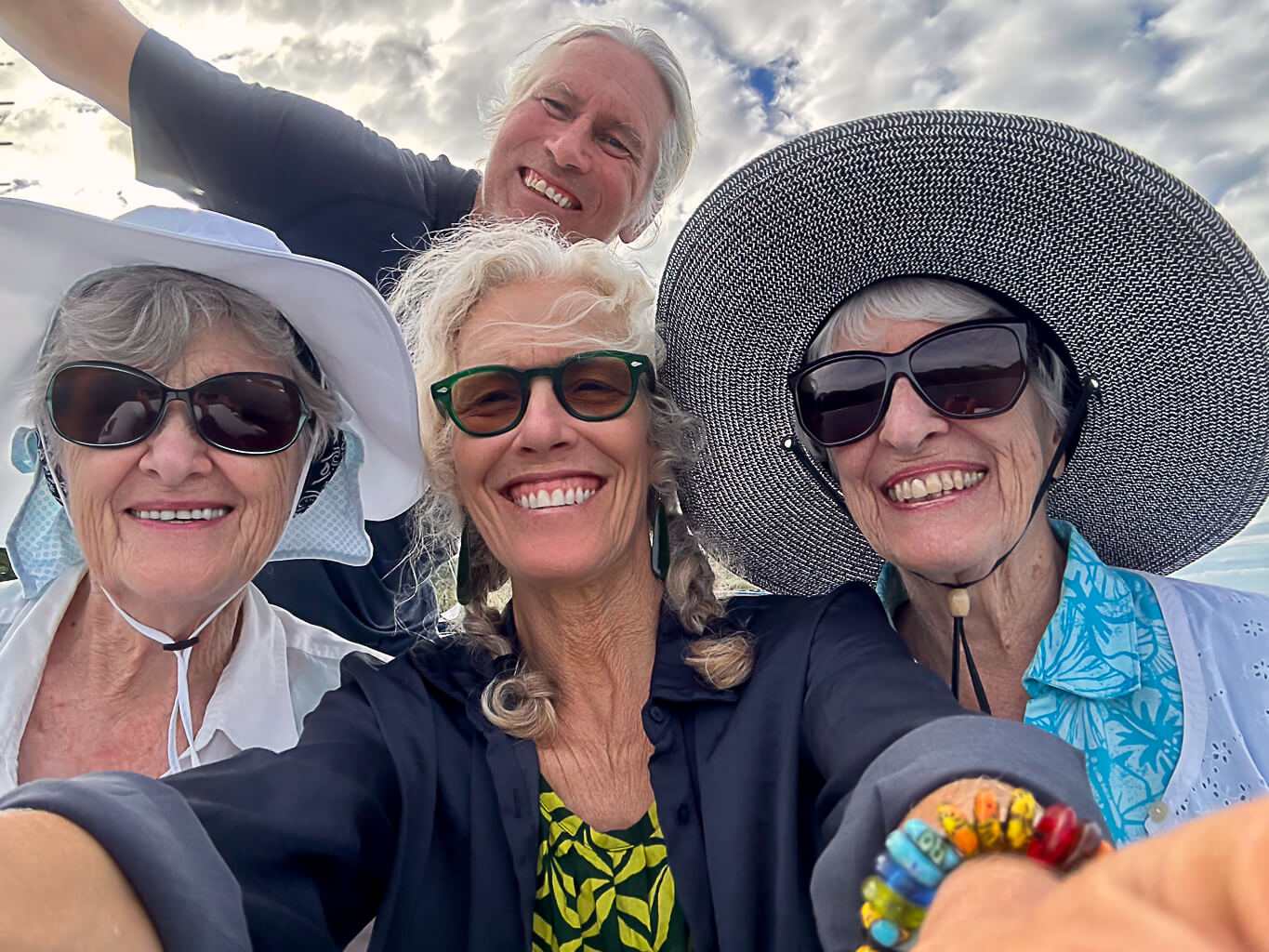
Though the Yasawa’s and Mamanucas (pronounced mamanutha) are more accessible than some areas of Fiji, the culture here seems pretty resilient in coping with the pressures of tourism. All over Fiji people seem to smile a lot — relaxed, unhurried and generally optimistic. I think the Moms particularly enjoyed our cultural interactions. Our first sevusevu ceremony was at Nalauwaki Village in the northern bay of Waya island. The idea of sevusevu is that you must go to the chief of the village to make an offering of kava before you do anything else (swim, hike, fish etc…). Typically you find someone as you land the dinghy on the beach who can take you to the right place (take me to your leader!). The ceremony is usually fascilitated by the chiefs spokesperson, the Turanga Ni Koro. You sit on the floor in the chief’s house or the community hall and pass your kava roots (usually wrapped up in newspaper which is also valued for rolling very long thin cigarettes called Suki) to the spokesperson who passes it onto the chief. He recites a speech (in Fijian) welcoming you, often by name, giving permission to walk about the village, snorkel, dive etc. The spokesperson translates that you are now guests and the chief and the village also take responsibility for your welfare. The ceremony is usually followed by a tour of the village and the school. Apparently Nalauwaki has been without a chief for a while, so this first sevusevu was a very low key version with an elder, but still had the intended effect of making us feel connected to the village rather than outsiders. All over Fiji the custom of not wearing hats, sunglasses, or carrying backpacks on your shoulders is a way that tourists can show their respect for the village. In the Lau group of eastern islands, I also started wearing a sulu (a wrap around skirt for men and women) for the ceremony as another sign of respect. It feels surprisingly good to be welcomed in this formal way and the ceremony really does create a feeling of attachment and mutual responsibility. ~MS
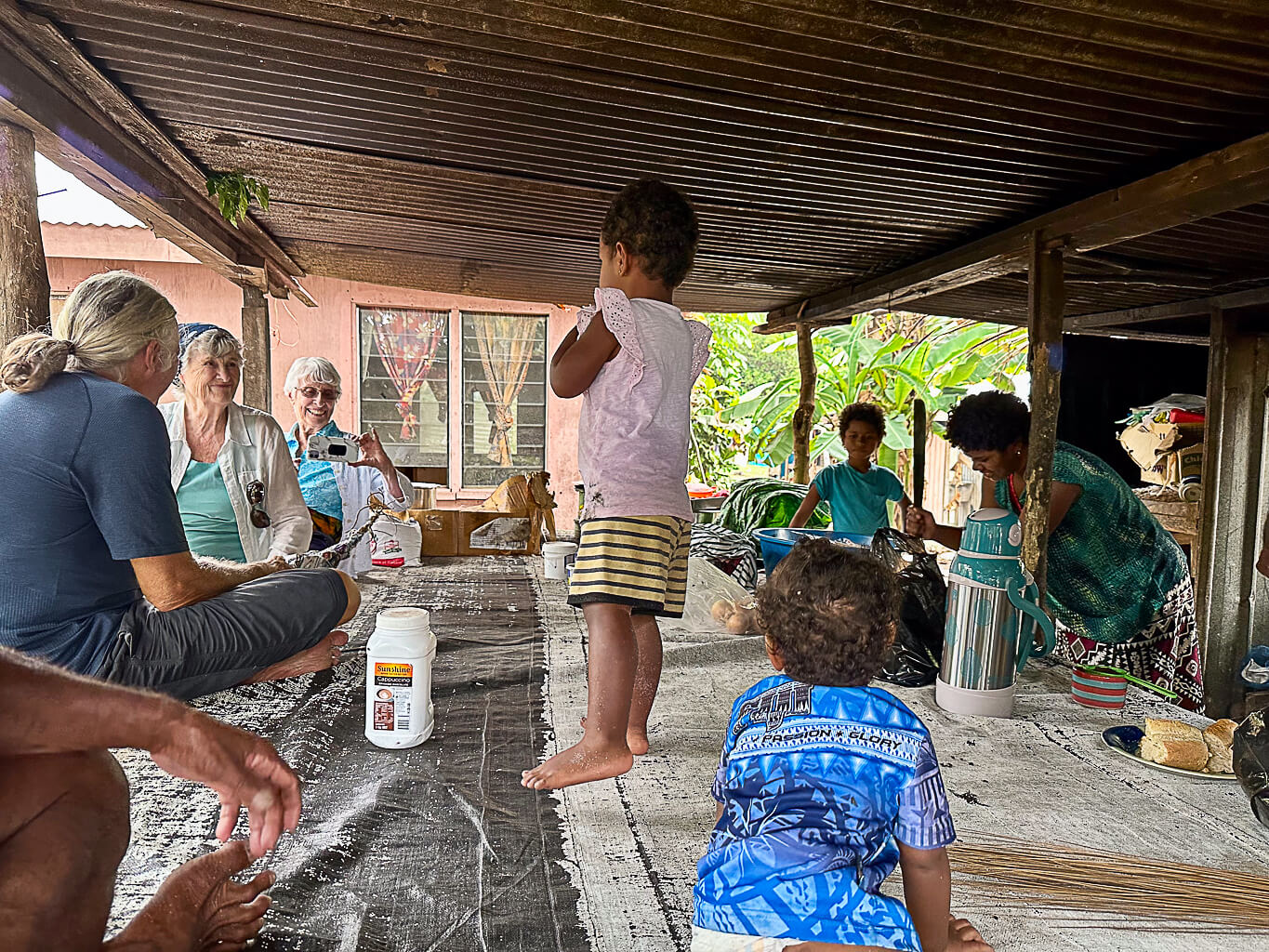
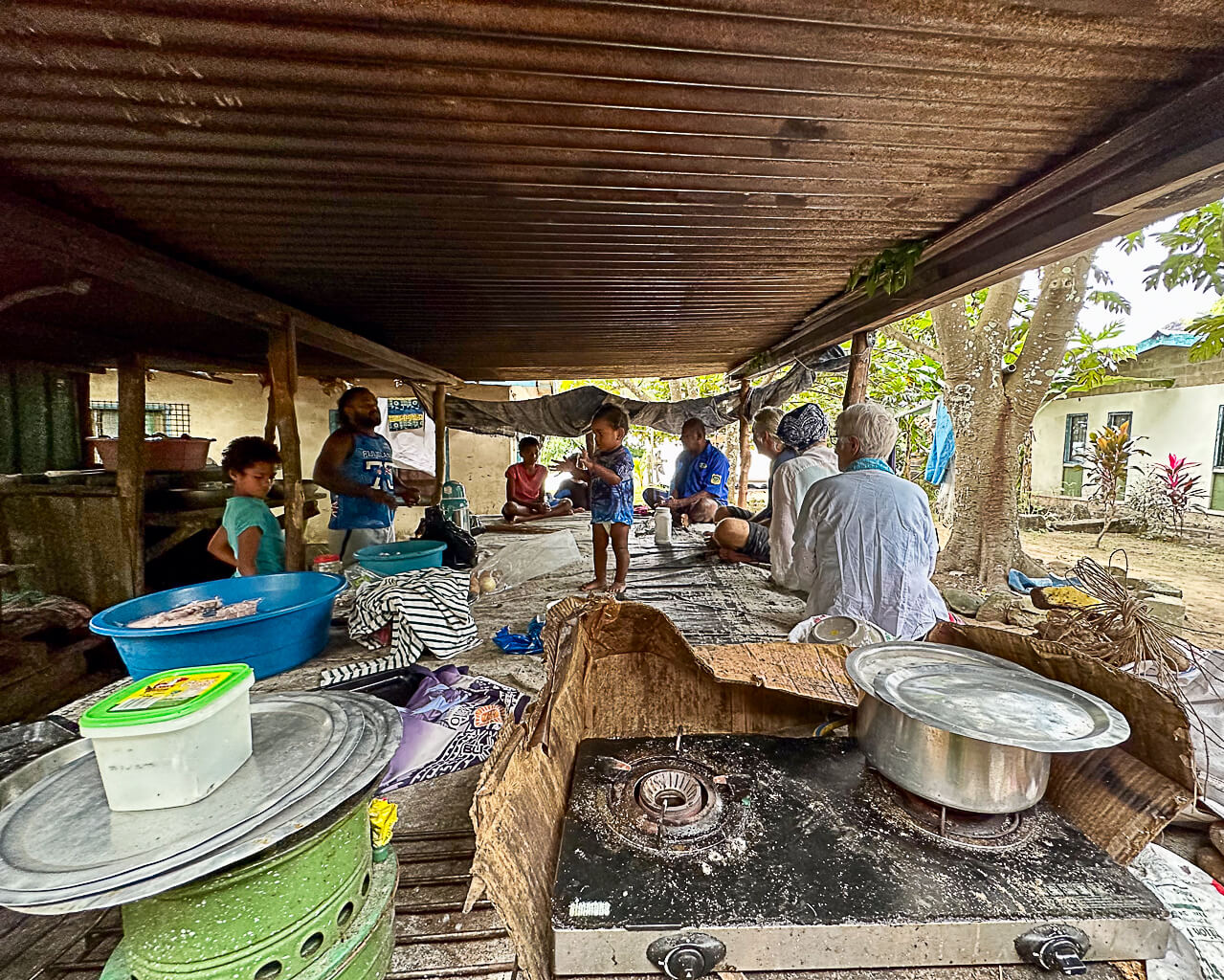
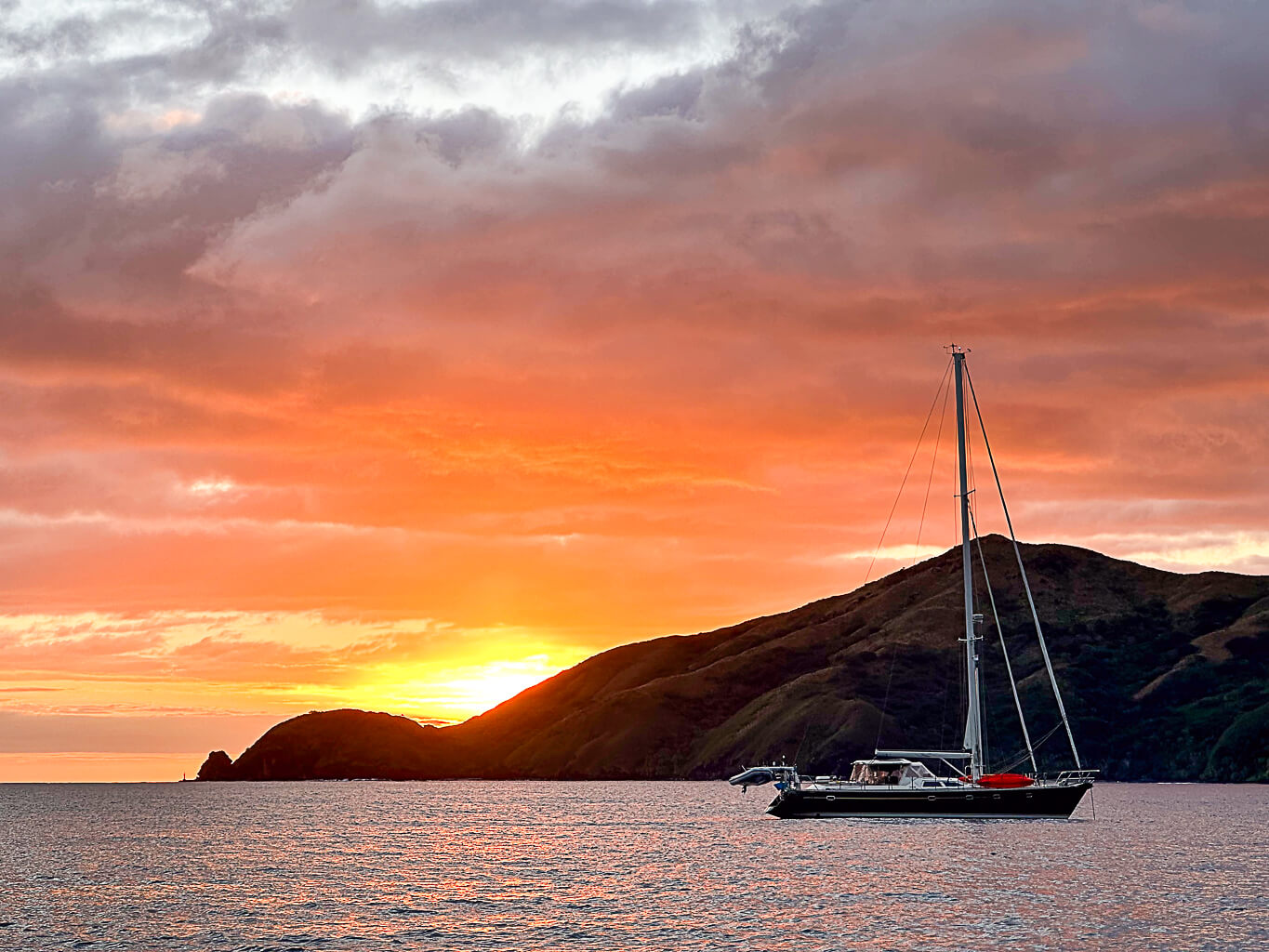
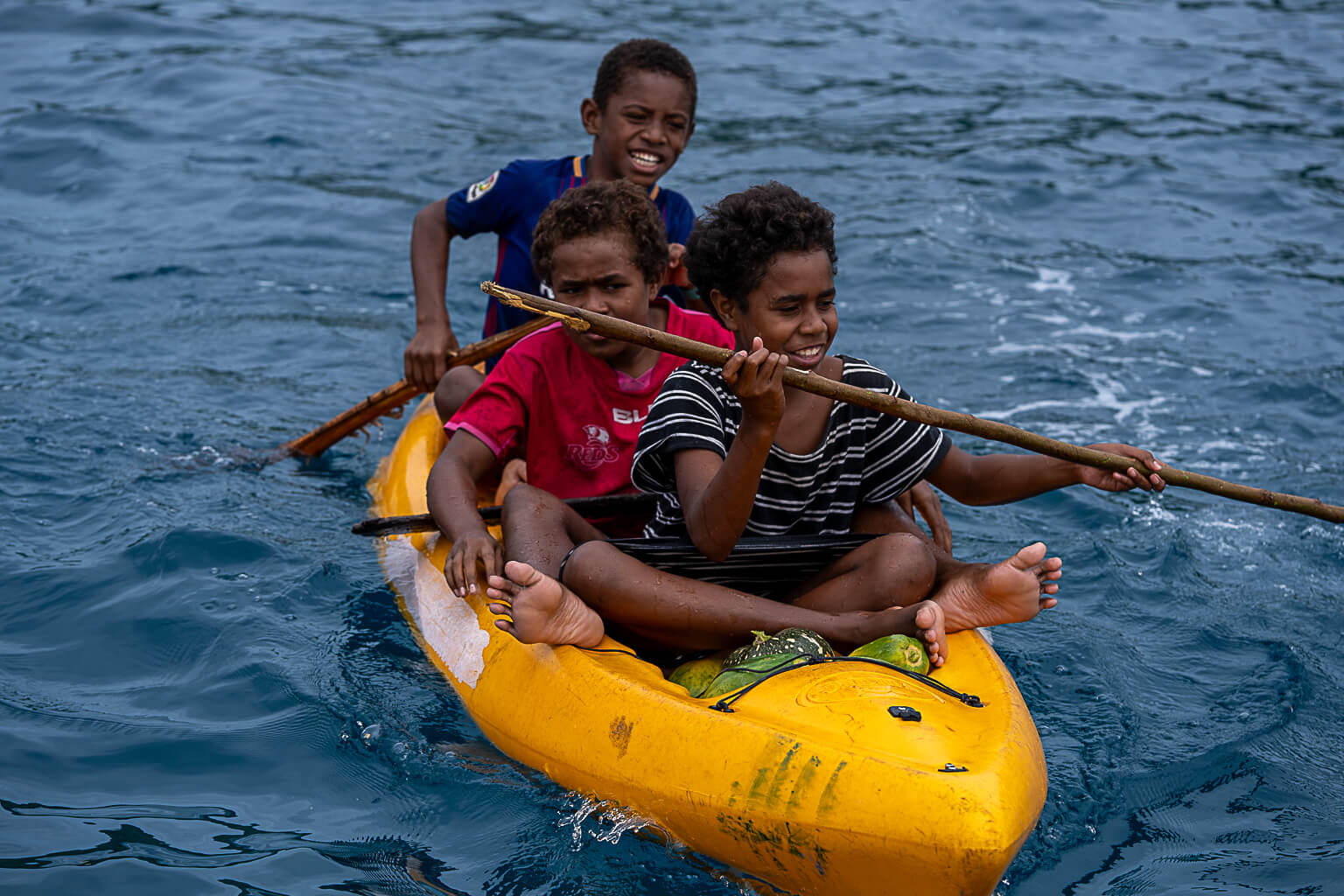

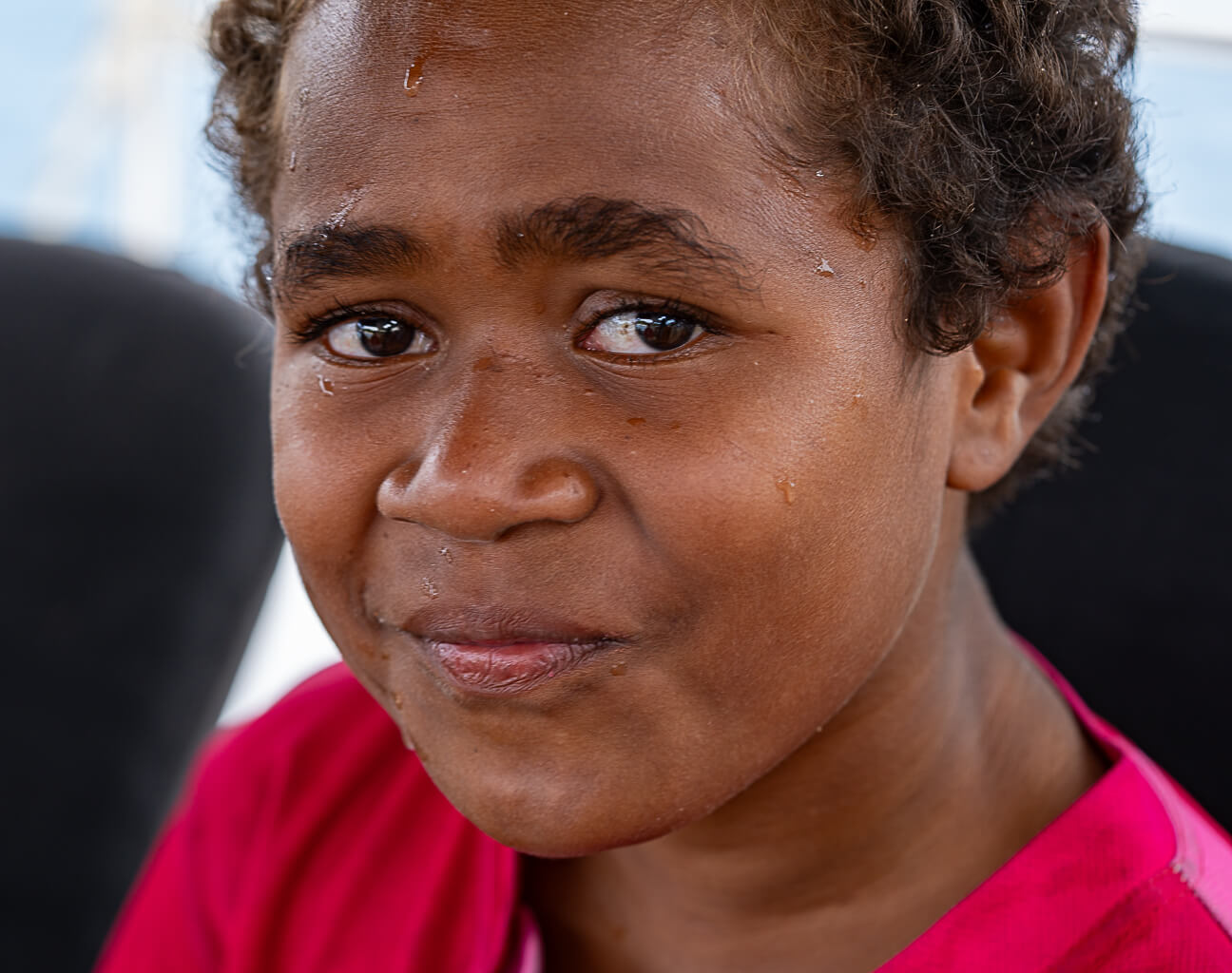

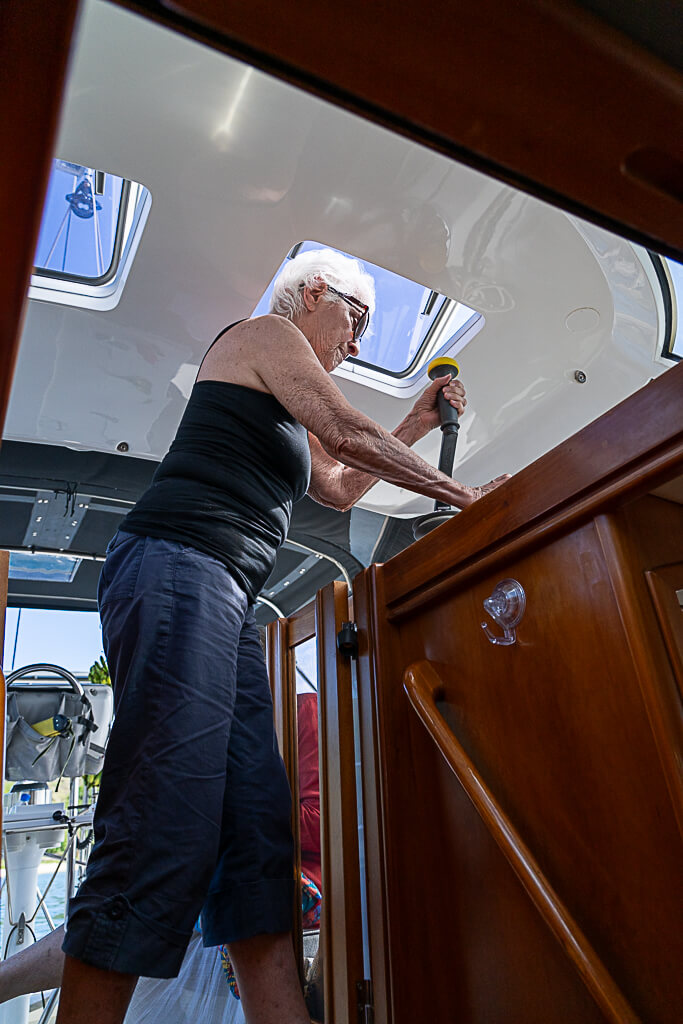
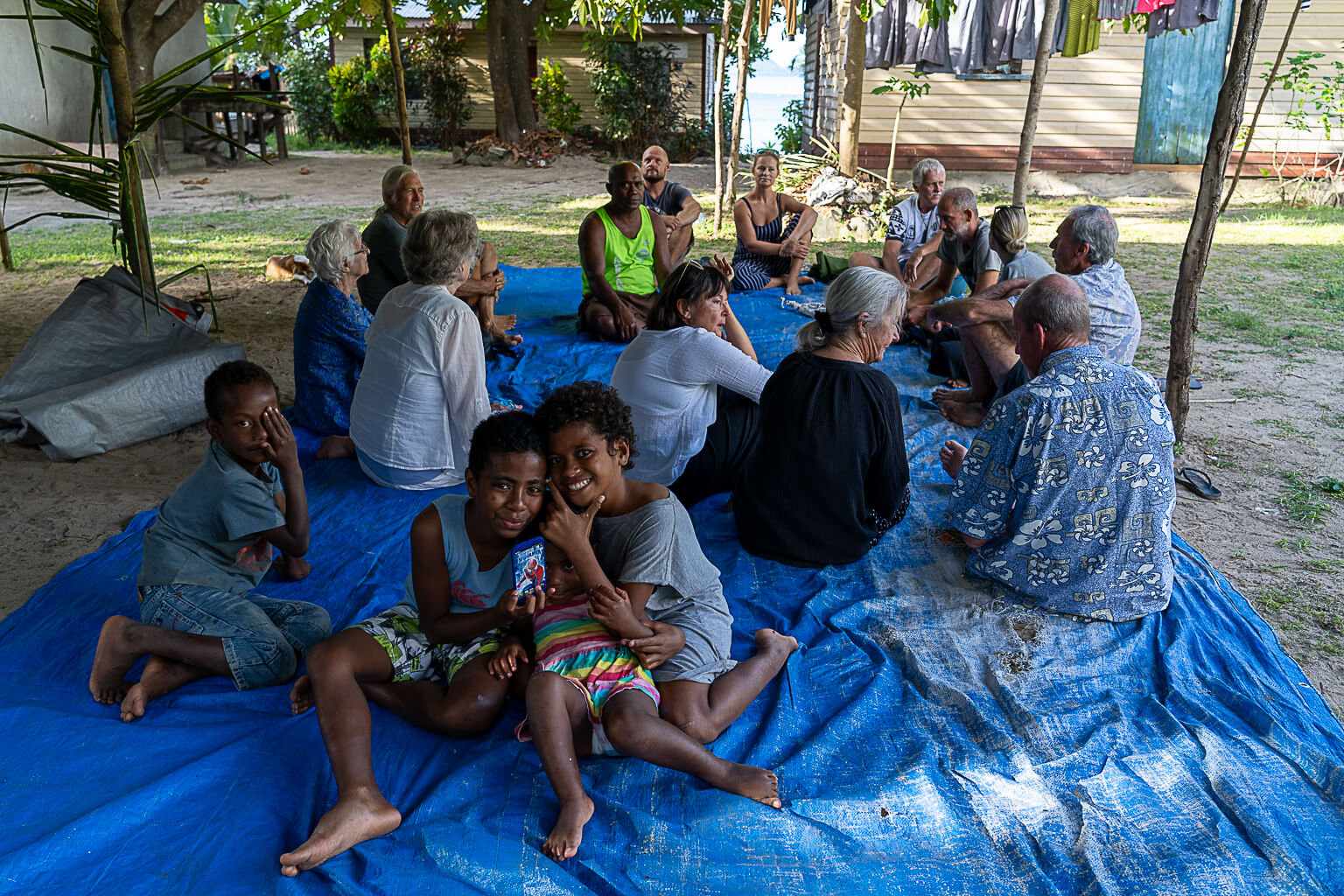
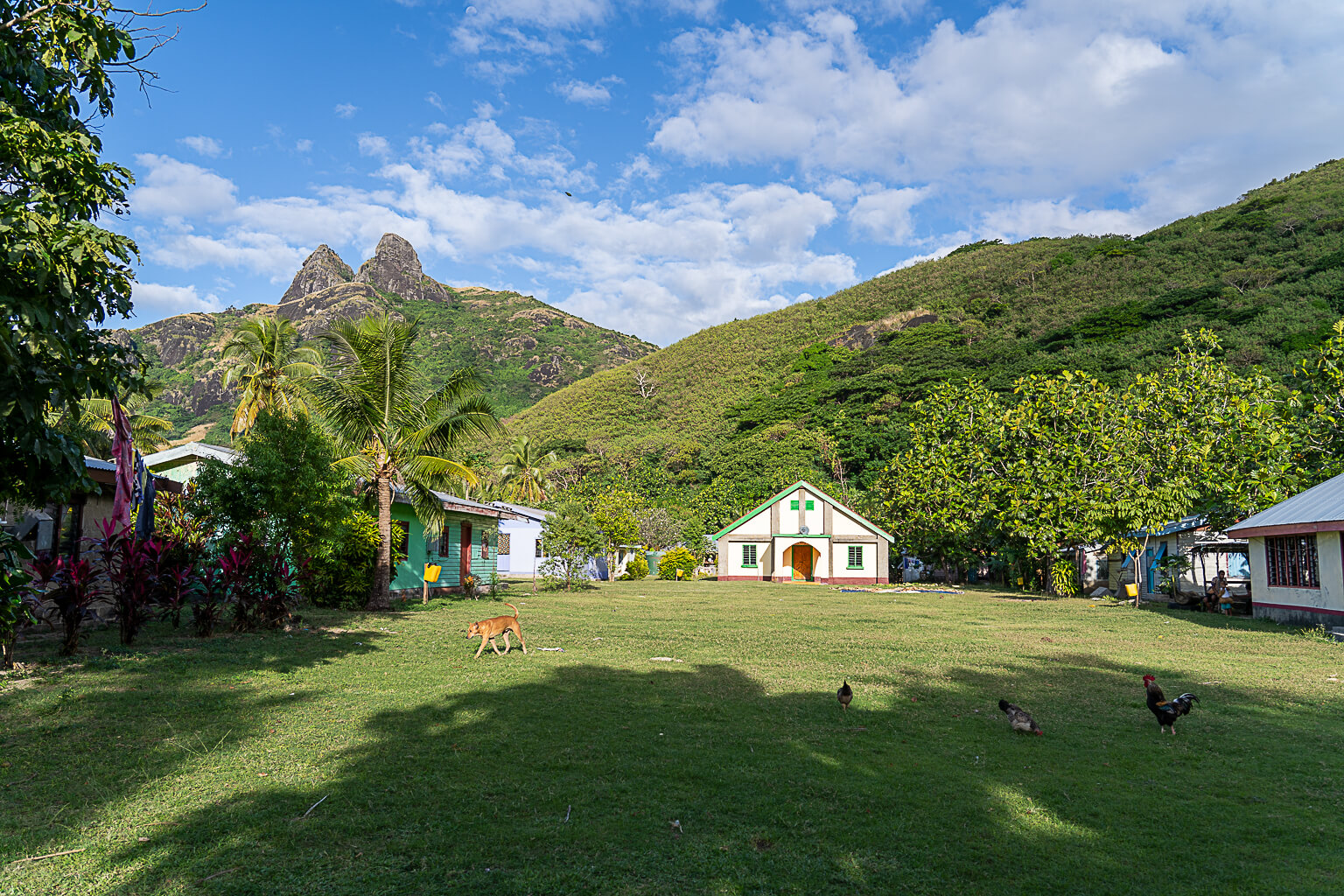
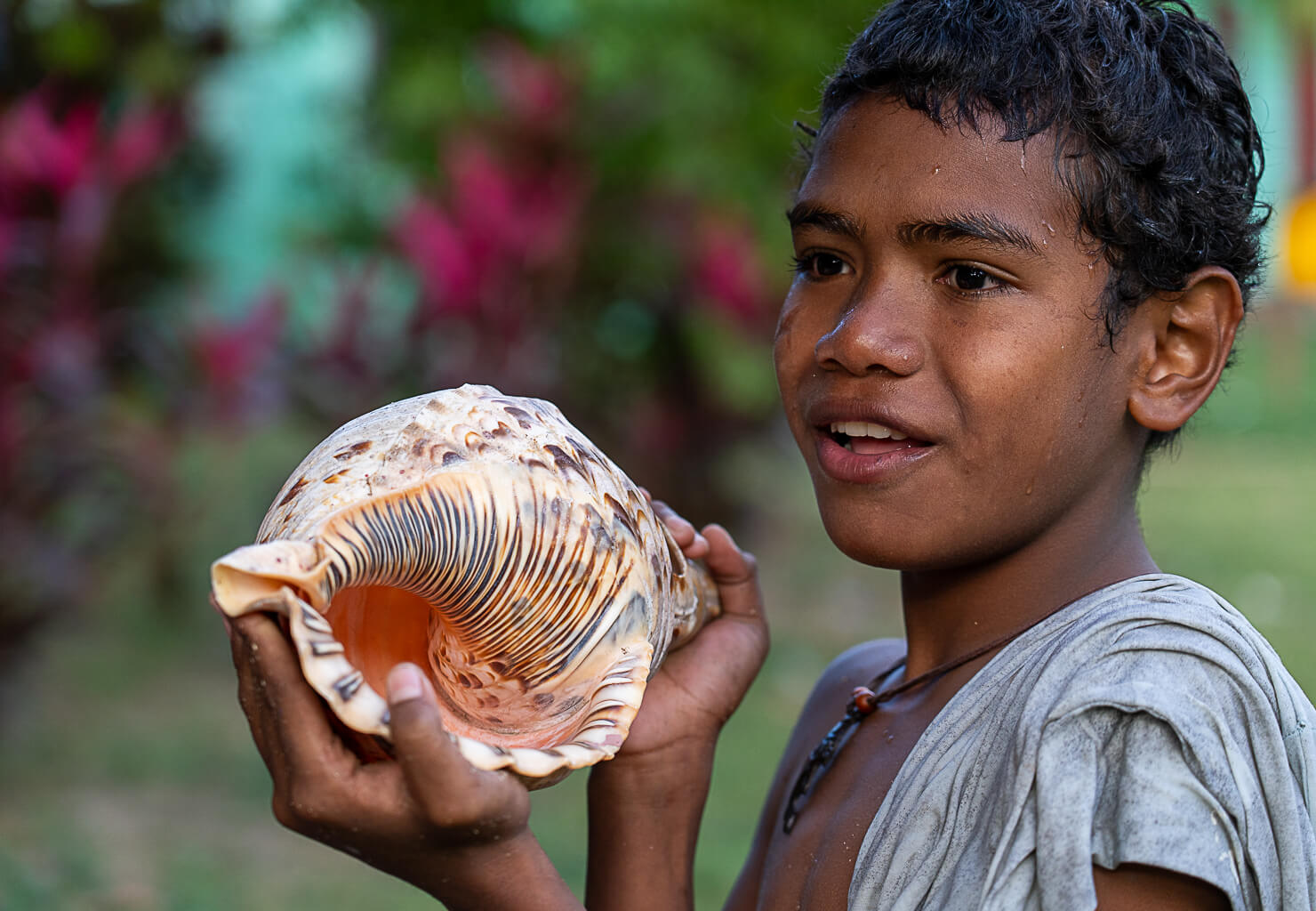

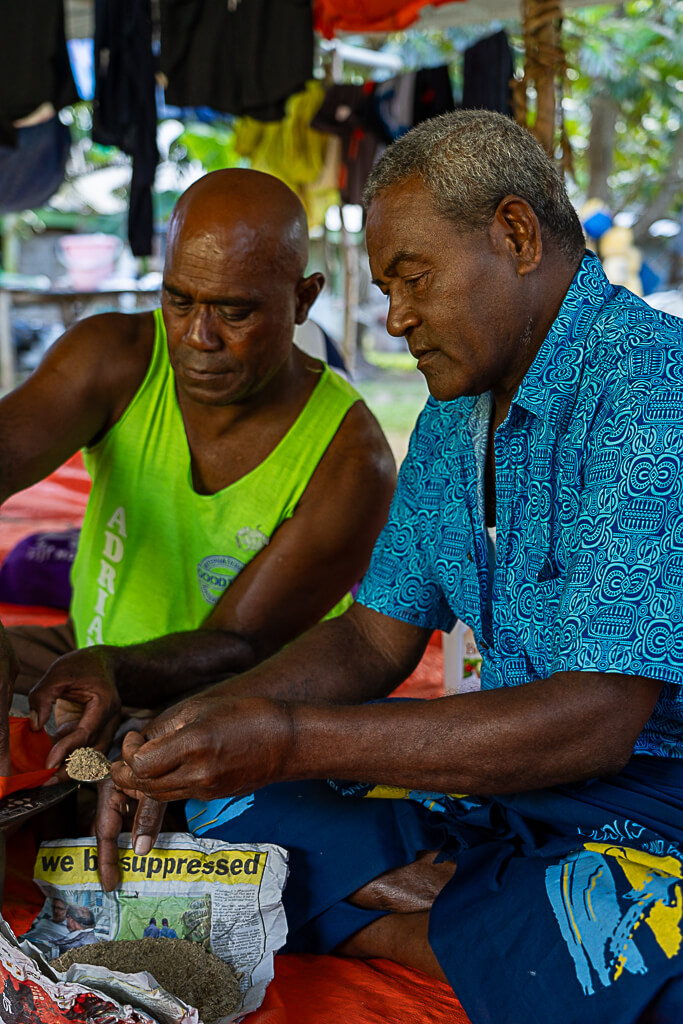
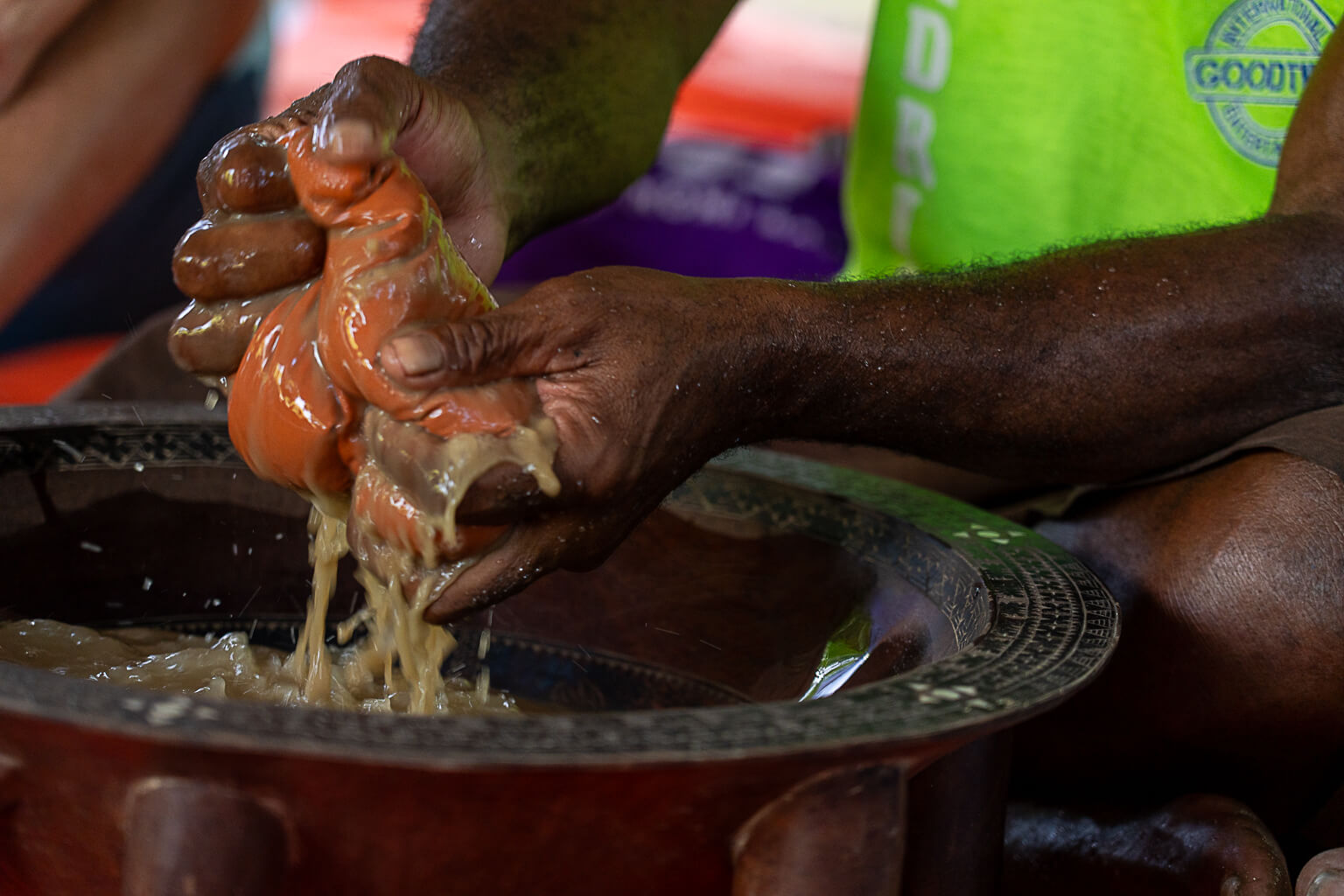


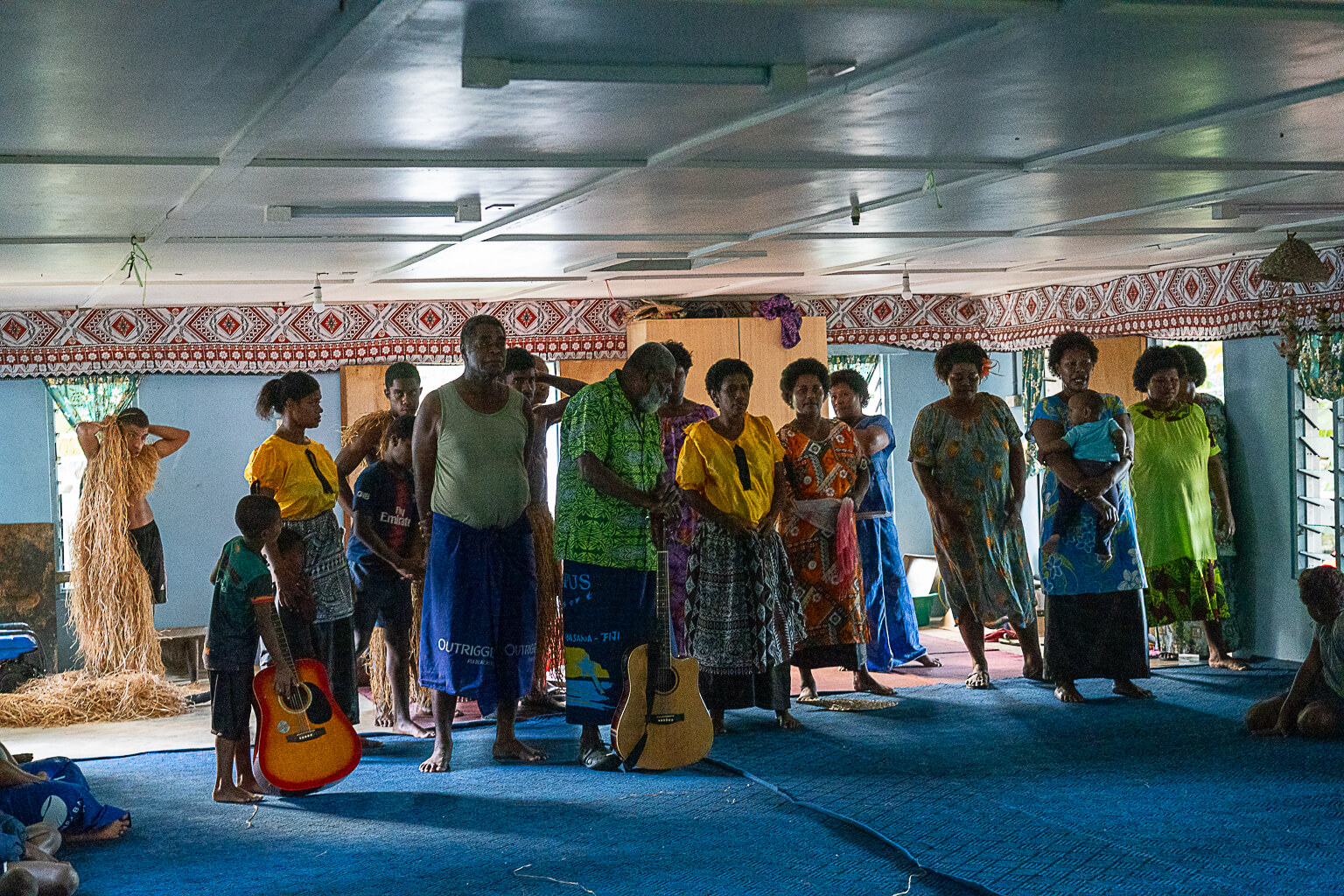

 Since we arrived and offered our sevusevu on a Saturday we knew we would be invited to come to church on Sunday. Since it involves singing, Elizabeth and Camille were all in. We’ve been to church a few times in French Polynesia, the Cook islands and in Fiji. Mostly they’ve been very traditional, patriarchal affairs. Here they are conducted in Fijian, with a brief nod in English to visitors. The singing is the standout part of these Sunday gatherings with stunning acapela harmonies that were very moving. The tone of the sermon at the beginning also seemed softer than we have encountered elsewhere. What really stood out for me, which I’m sure I will never forget was when the pastor asked all the parishioners to offer their own private prayers aloud at the same time. The murmur of all those voices blending together was pure magic. The congregation then endured a very long scolding which seems de rigeuer for these weekly sermons (thrice each Sunday minimum, at 5AM, 10AM and 3PM). The children deserve special mention for managing superhuman patience without the usual oversight of one of the villager elders wielding a long stick which we’ve seen most other places. ~MS
Since we arrived and offered our sevusevu on a Saturday we knew we would be invited to come to church on Sunday. Since it involves singing, Elizabeth and Camille were all in. We’ve been to church a few times in French Polynesia, the Cook islands and in Fiji. Mostly they’ve been very traditional, patriarchal affairs. Here they are conducted in Fijian, with a brief nod in English to visitors. The singing is the standout part of these Sunday gatherings with stunning acapela harmonies that were very moving. The tone of the sermon at the beginning also seemed softer than we have encountered elsewhere. What really stood out for me, which I’m sure I will never forget was when the pastor asked all the parishioners to offer their own private prayers aloud at the same time. The murmur of all those voices blending together was pure magic. The congregation then endured a very long scolding which seems de rigeuer for these weekly sermons (thrice each Sunday minimum, at 5AM, 10AM and 3PM). The children deserve special mention for managing superhuman patience without the usual oversight of one of the villager elders wielding a long stick which we’ve seen most other places. ~MS
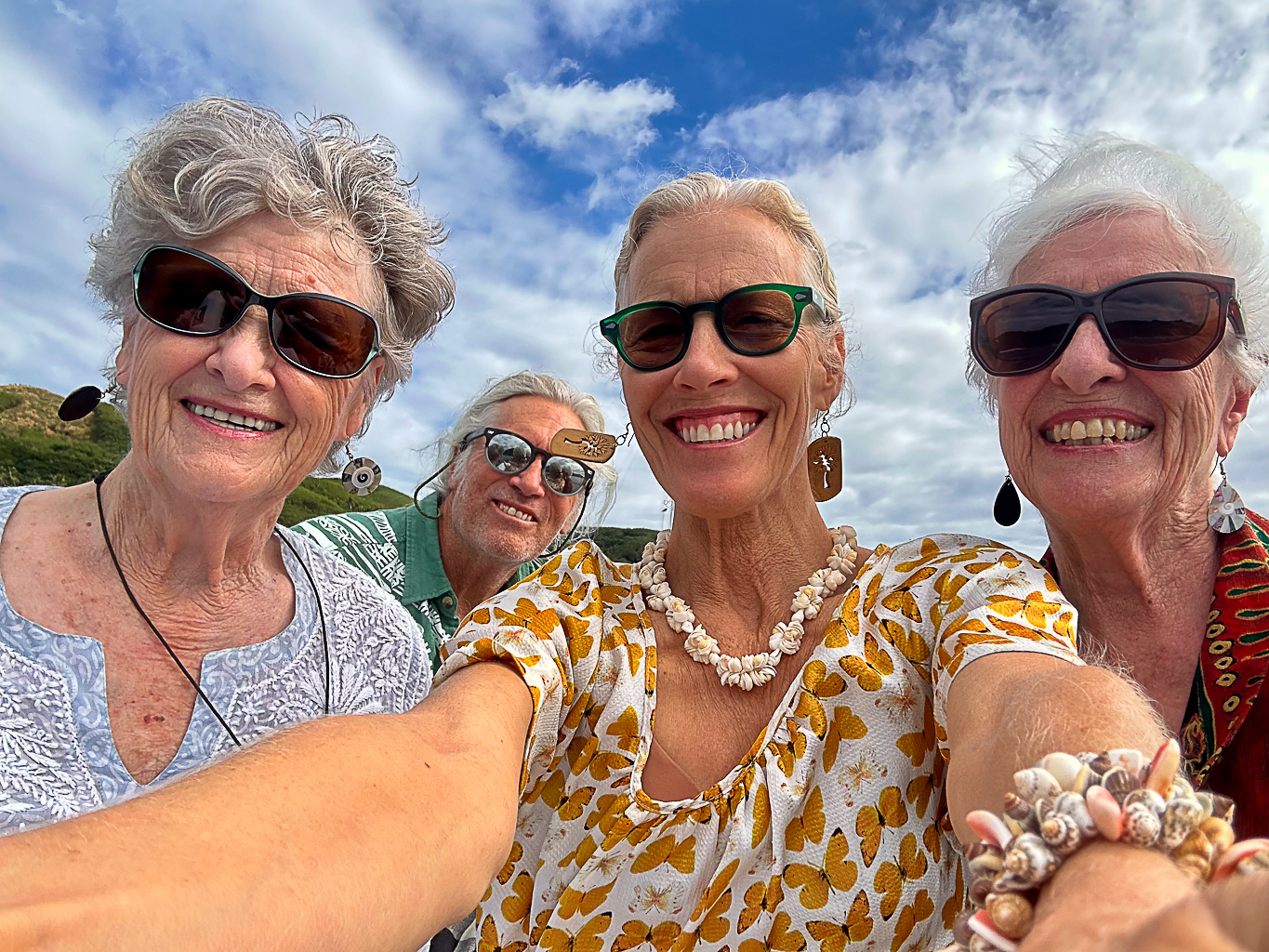

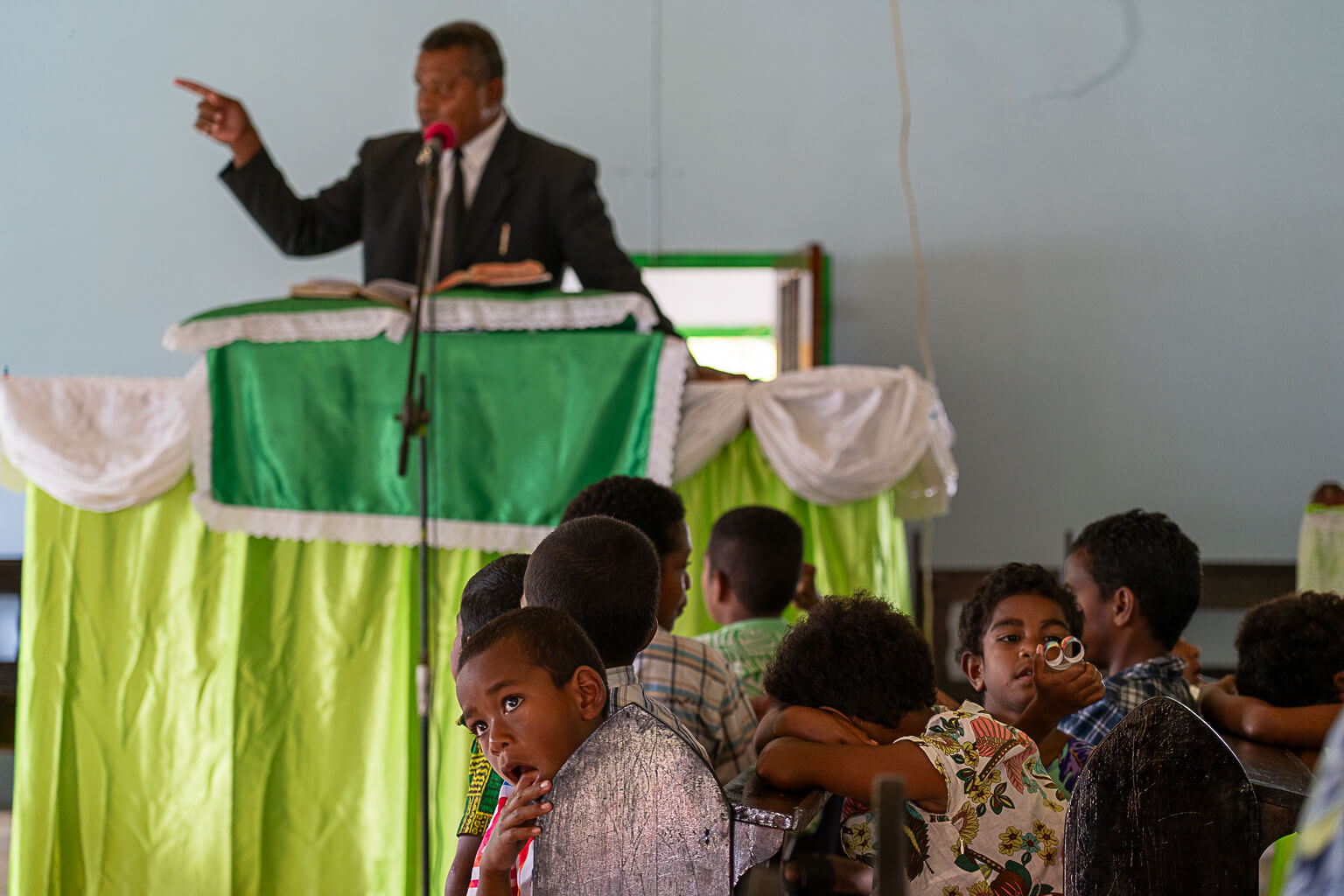
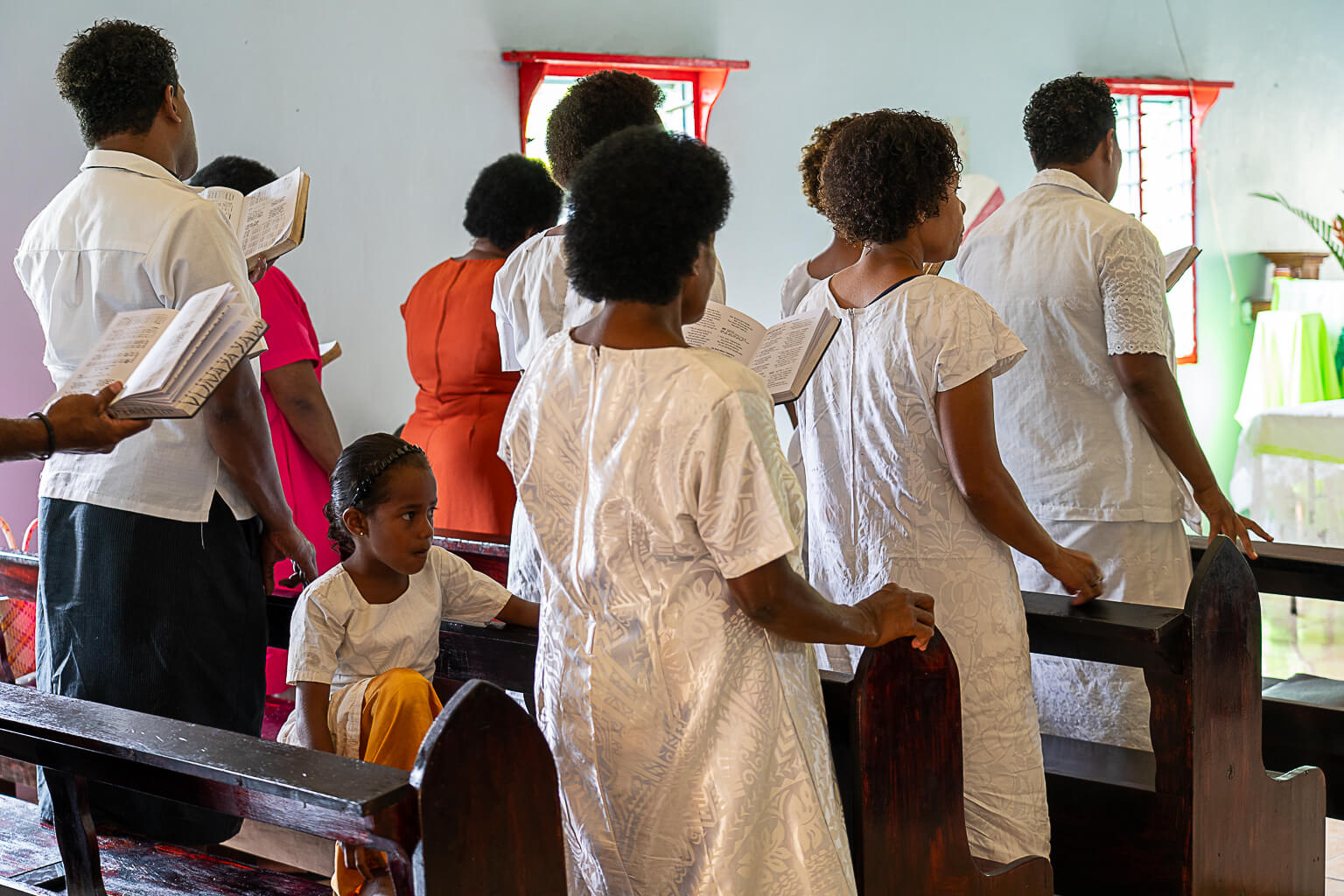
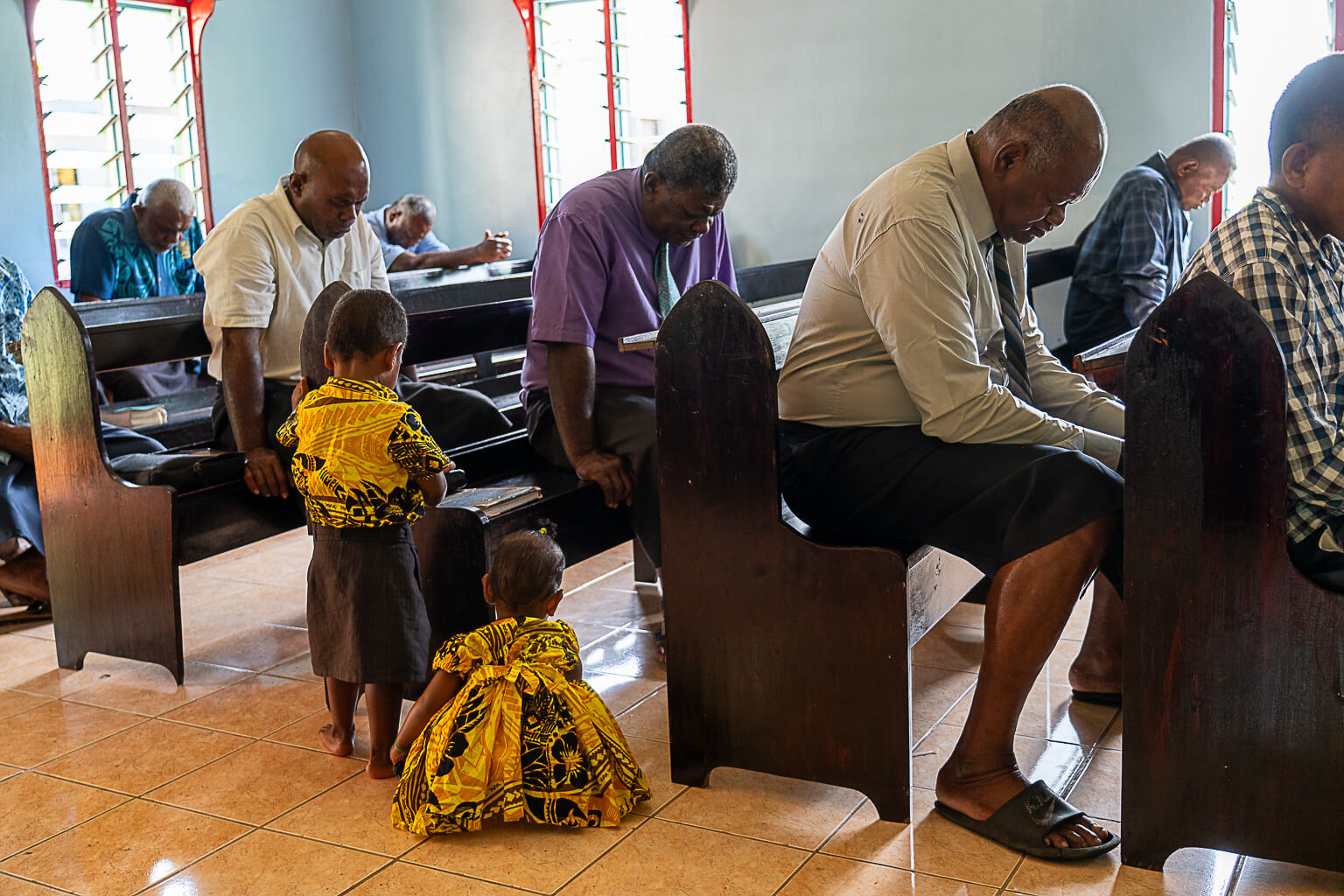

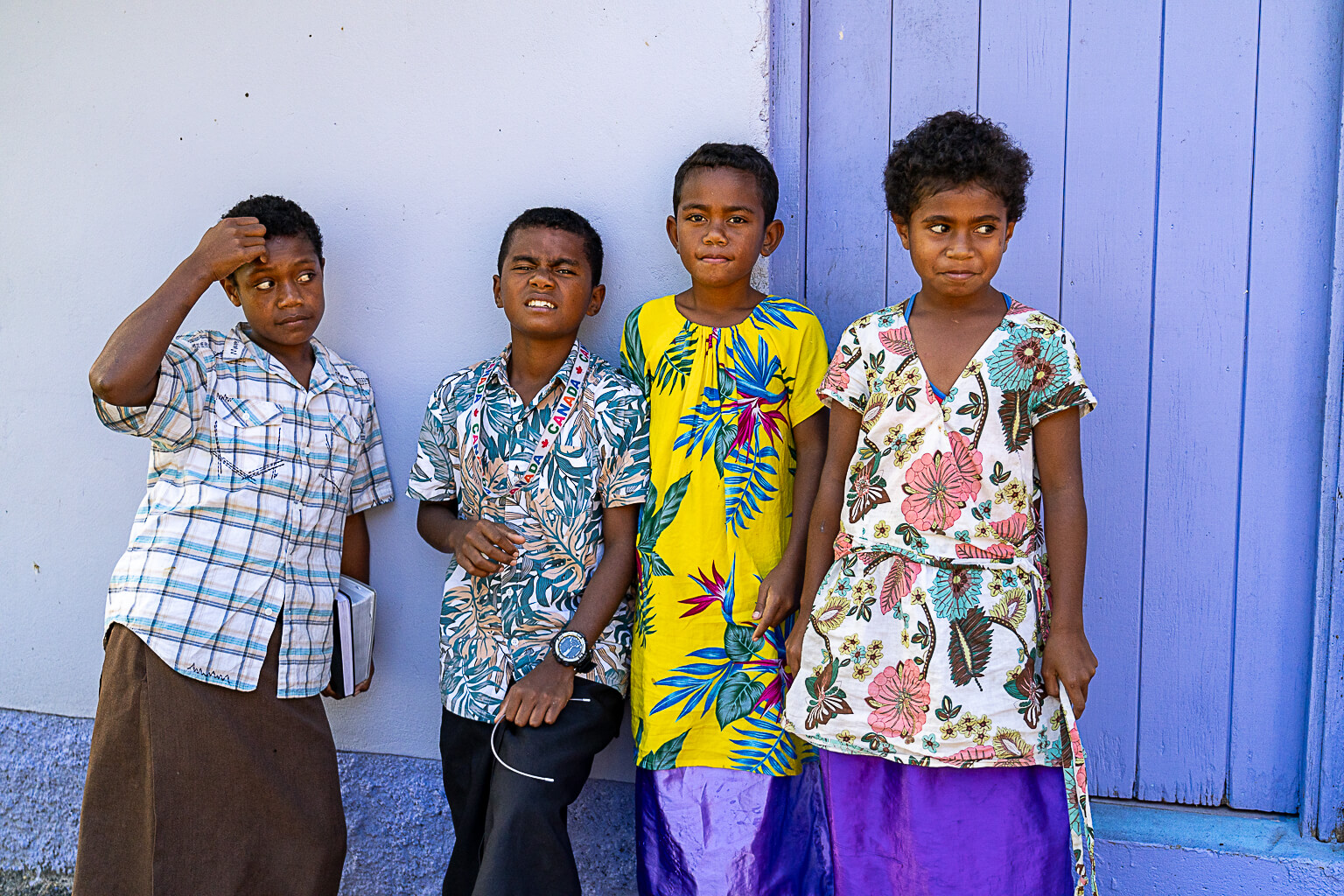
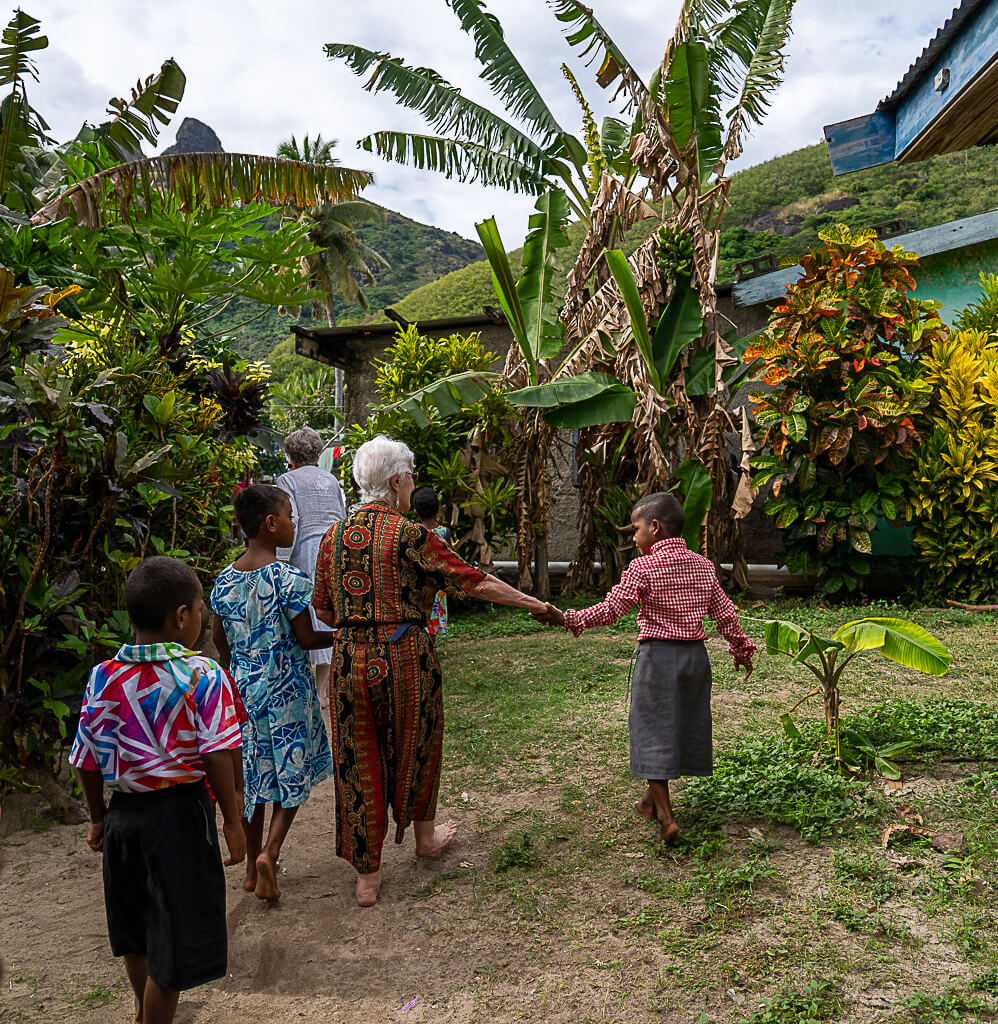
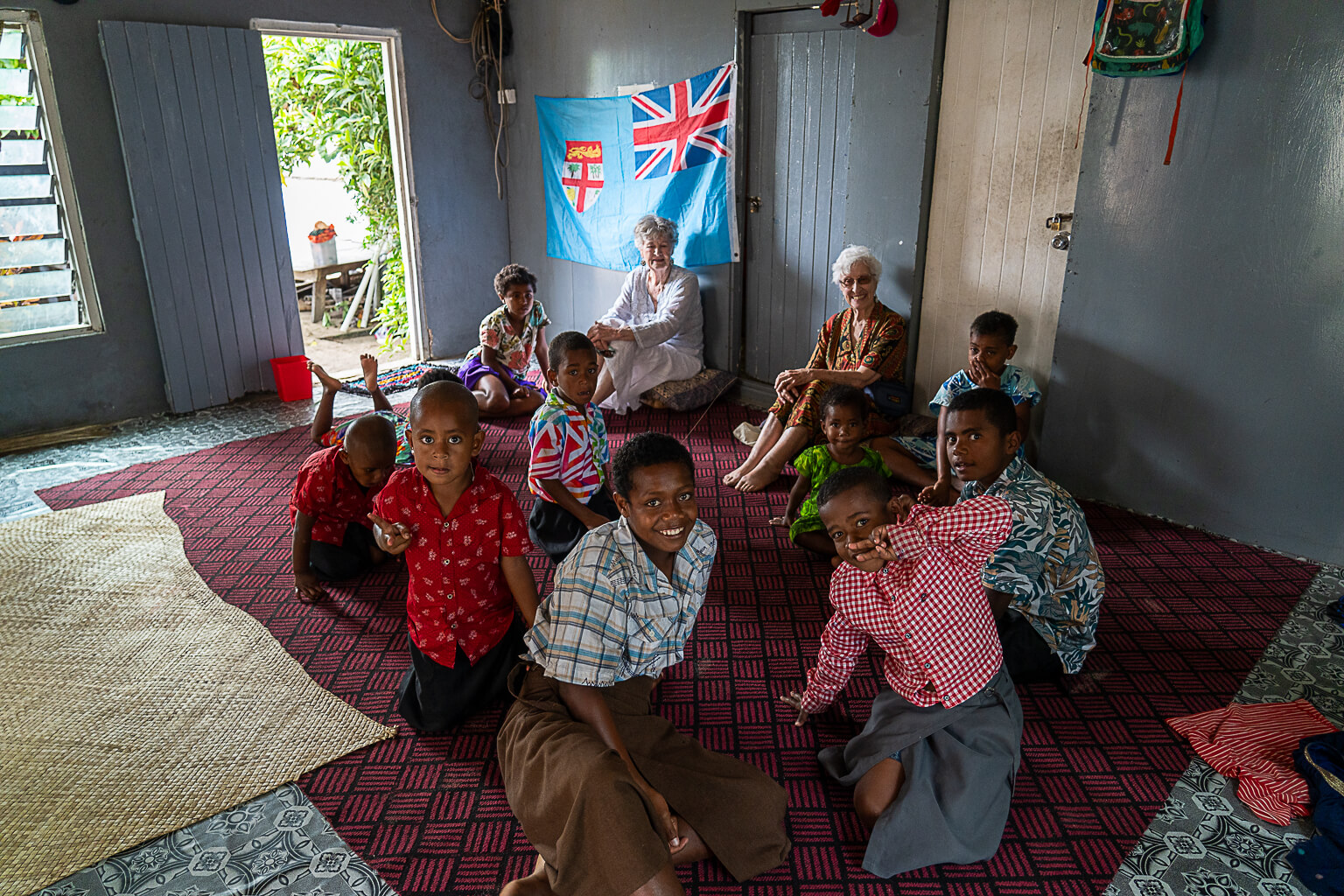
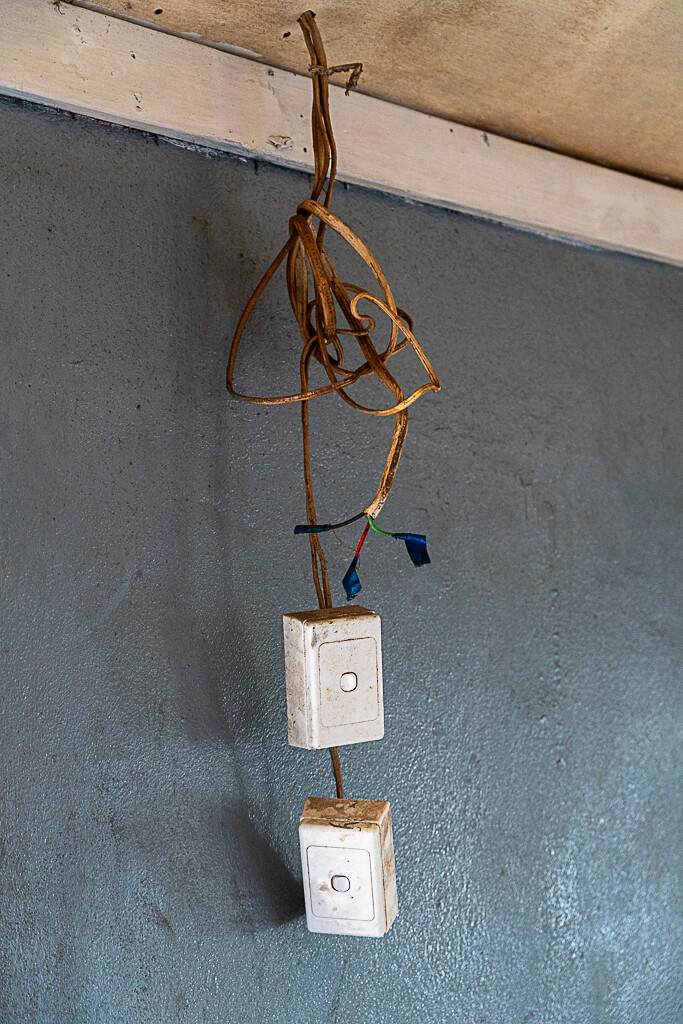
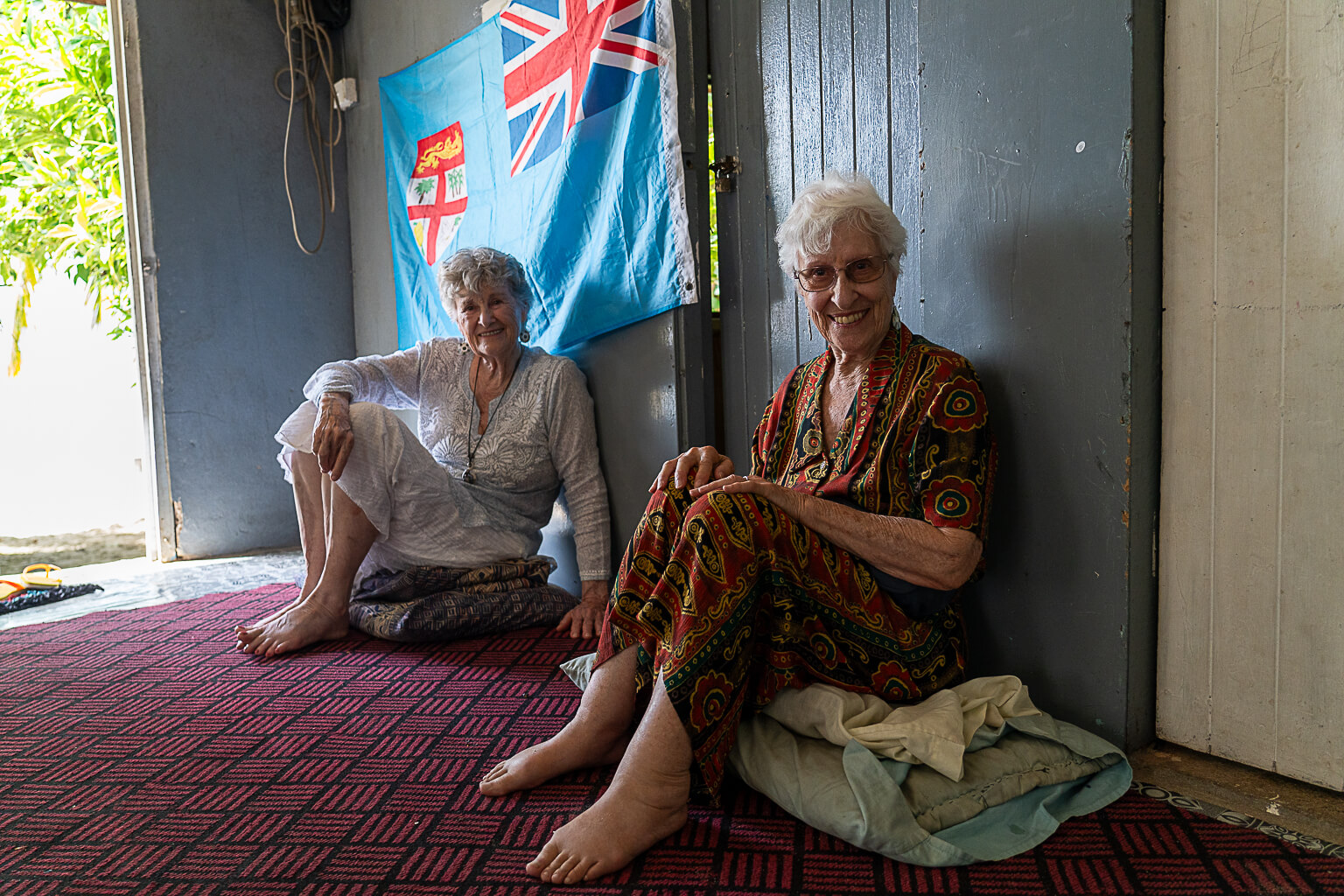

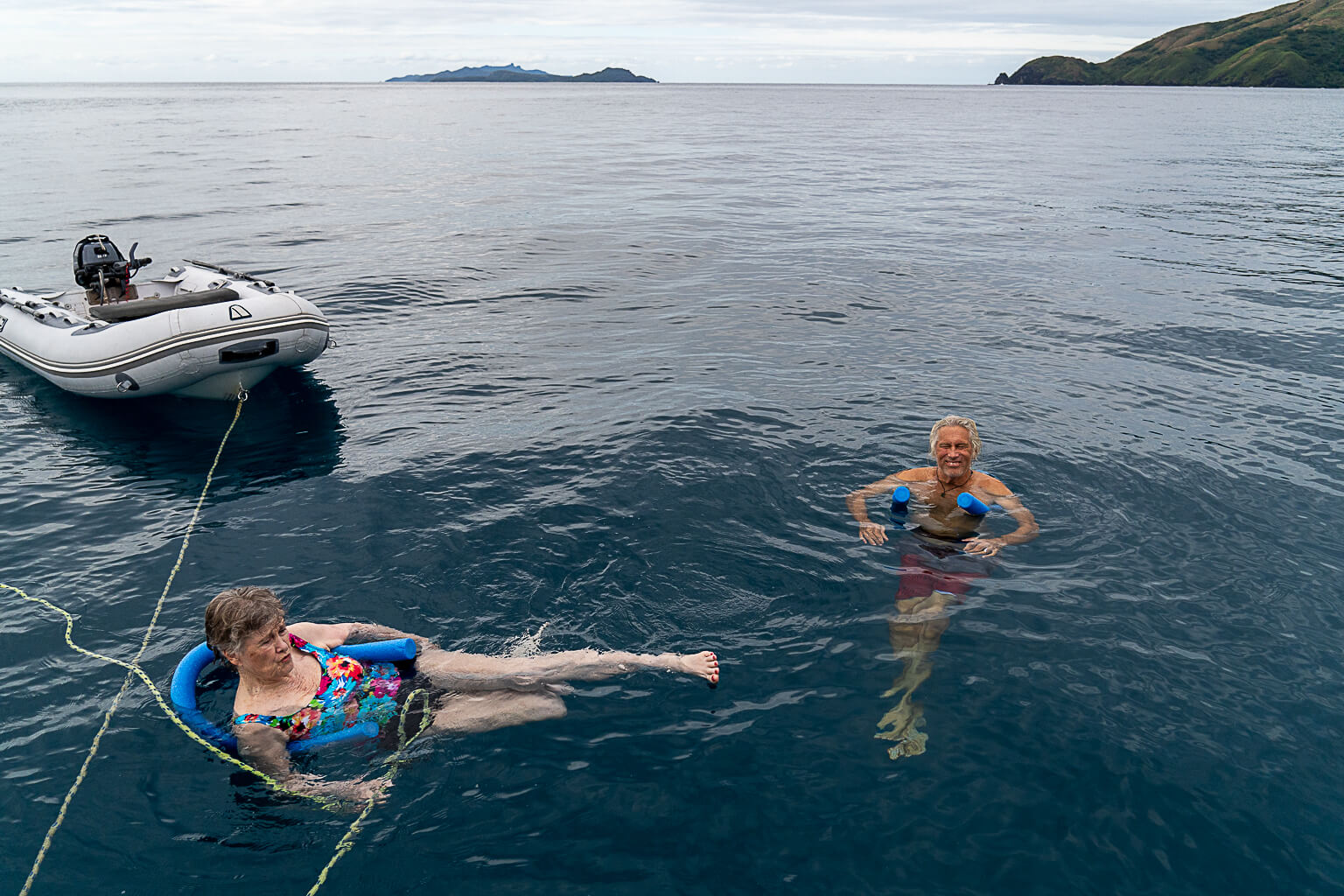
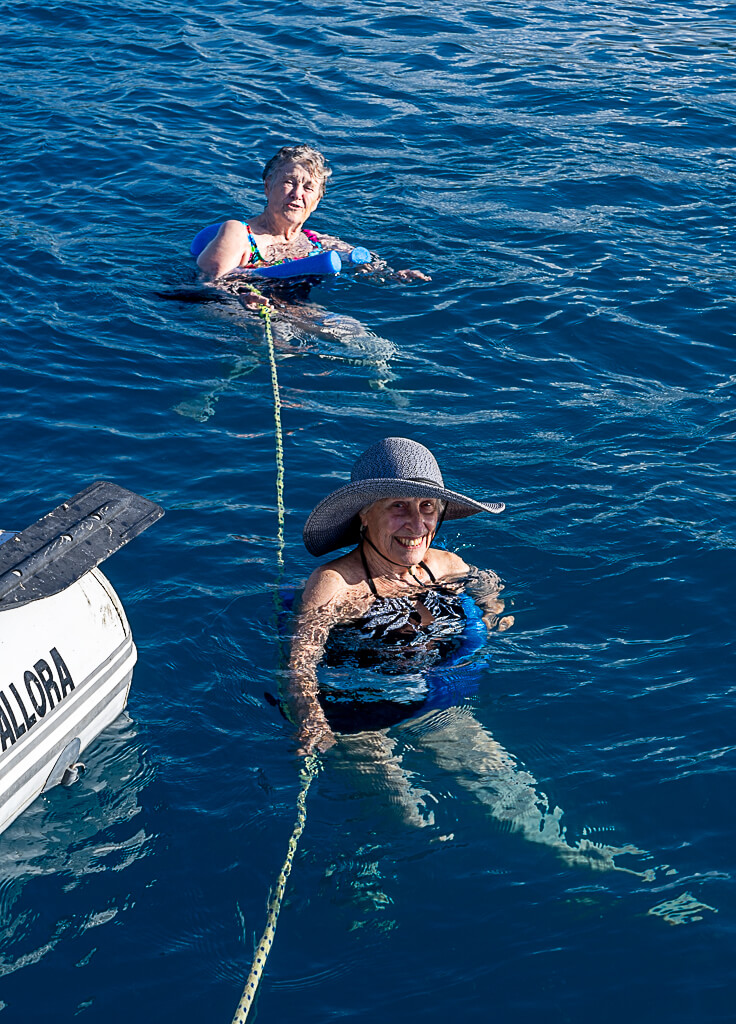

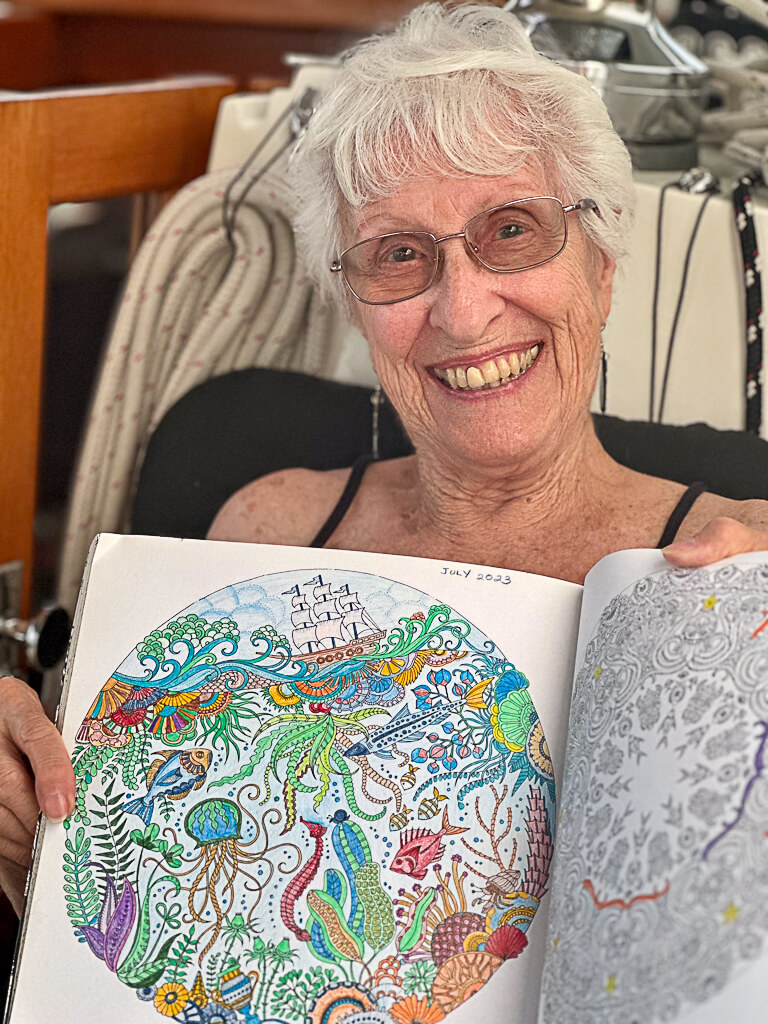
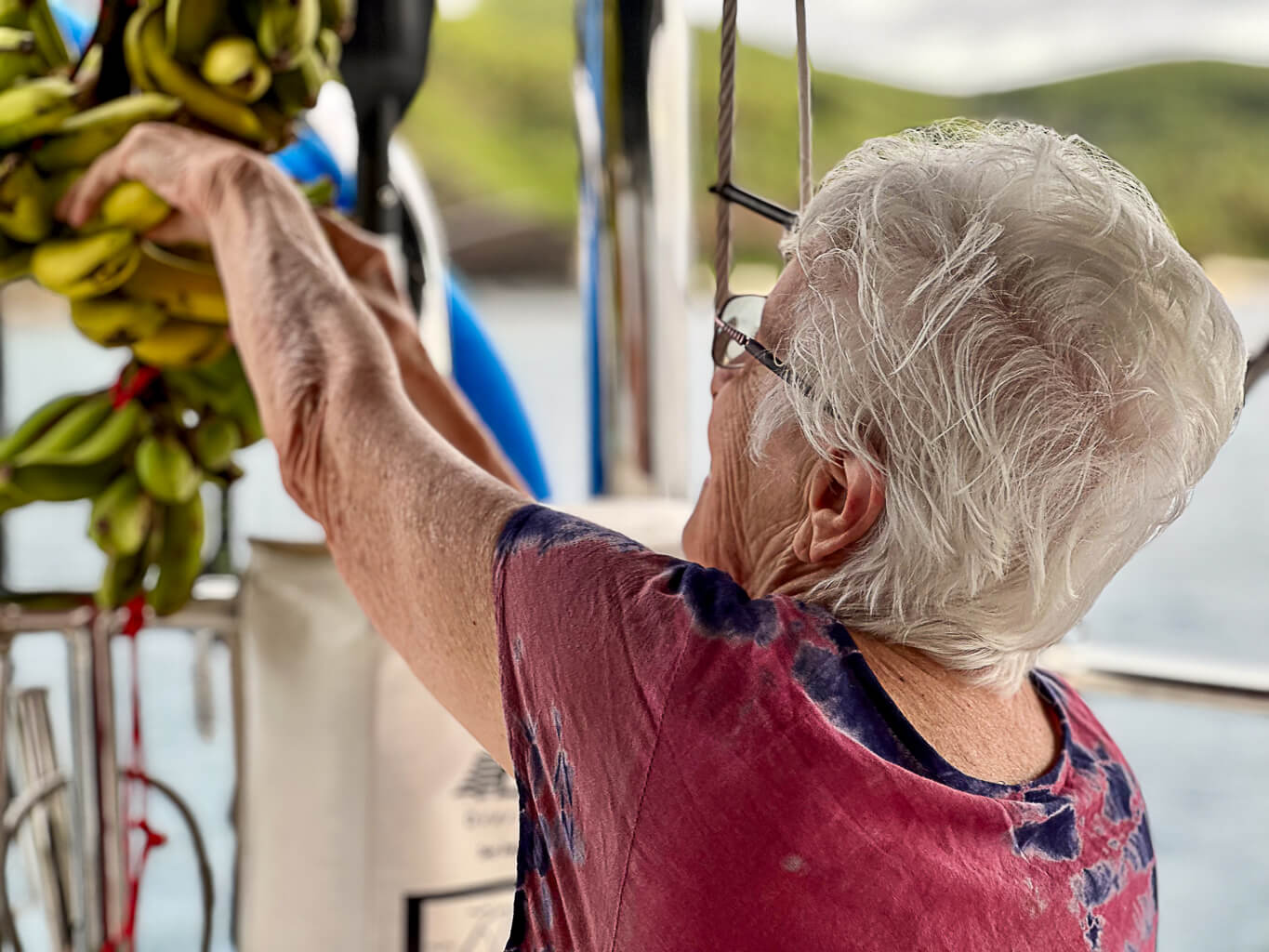
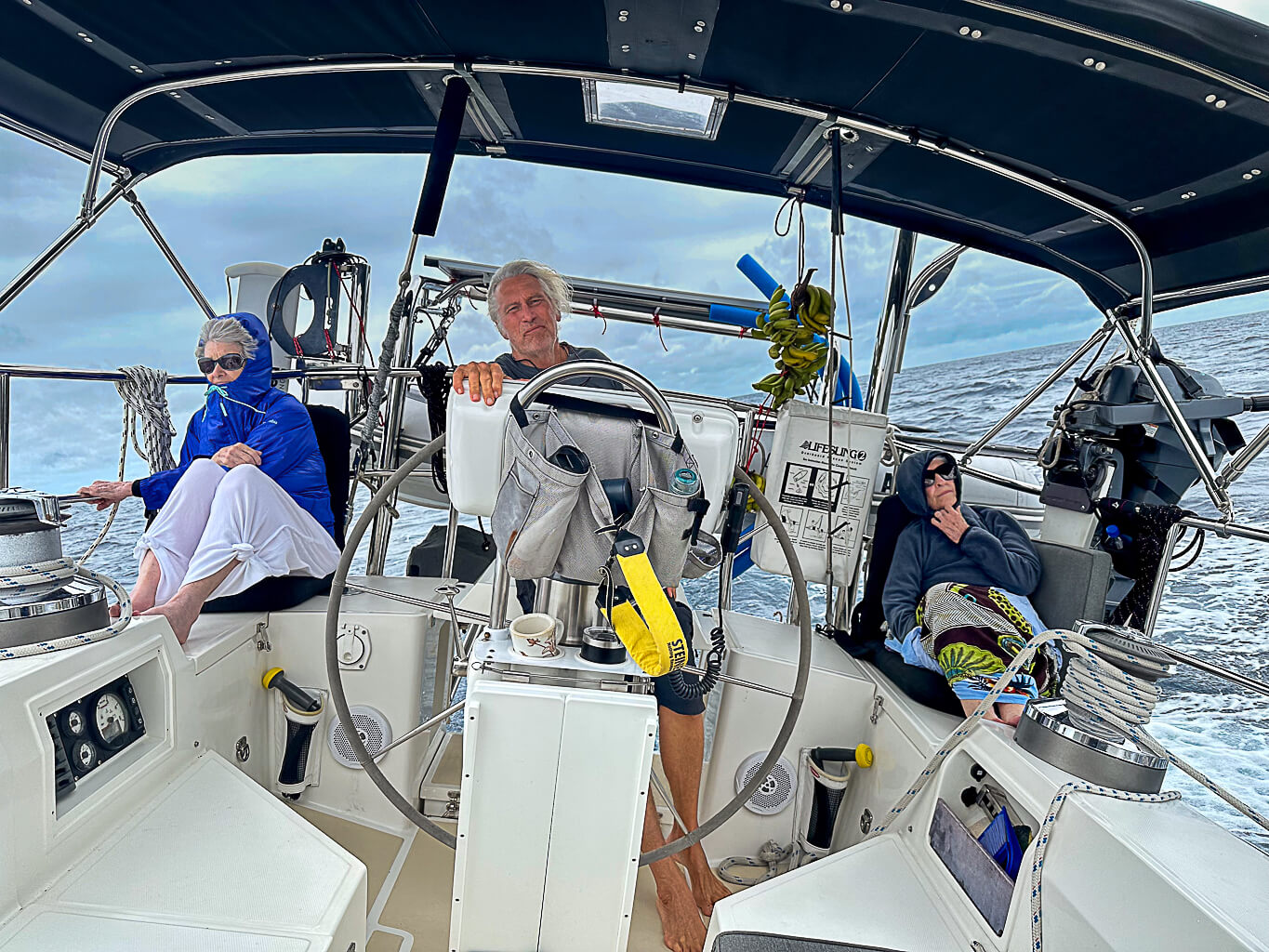


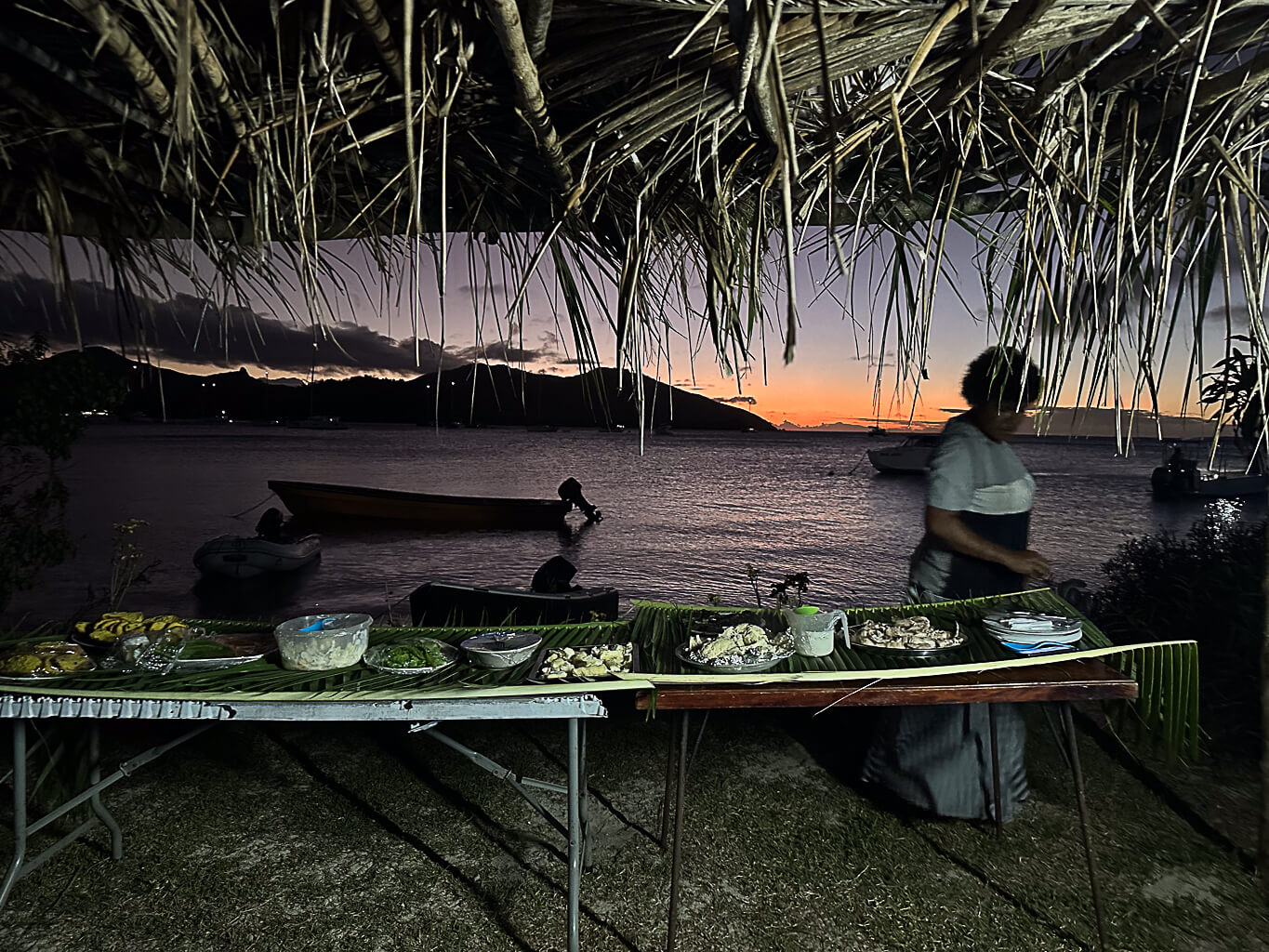
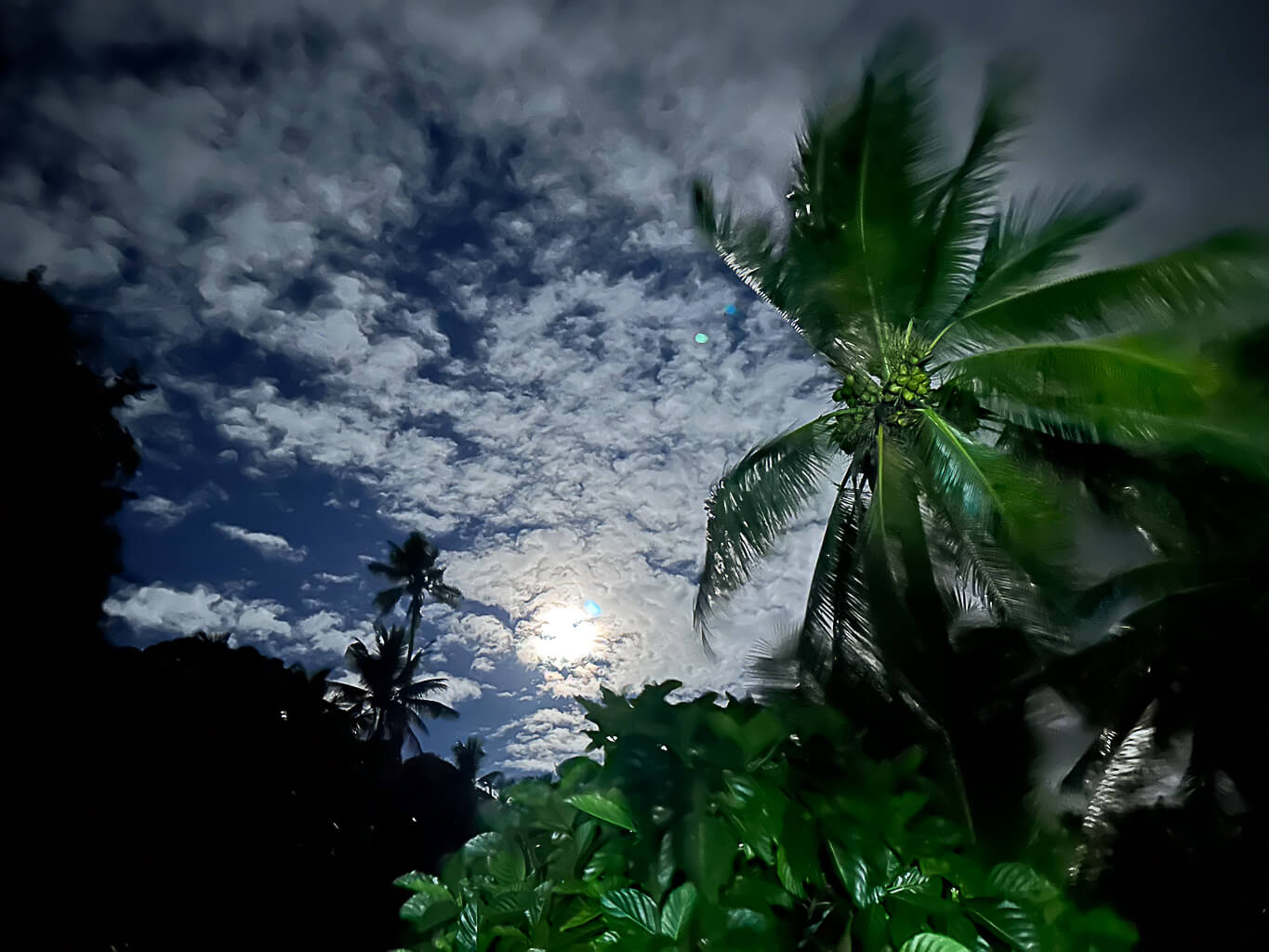
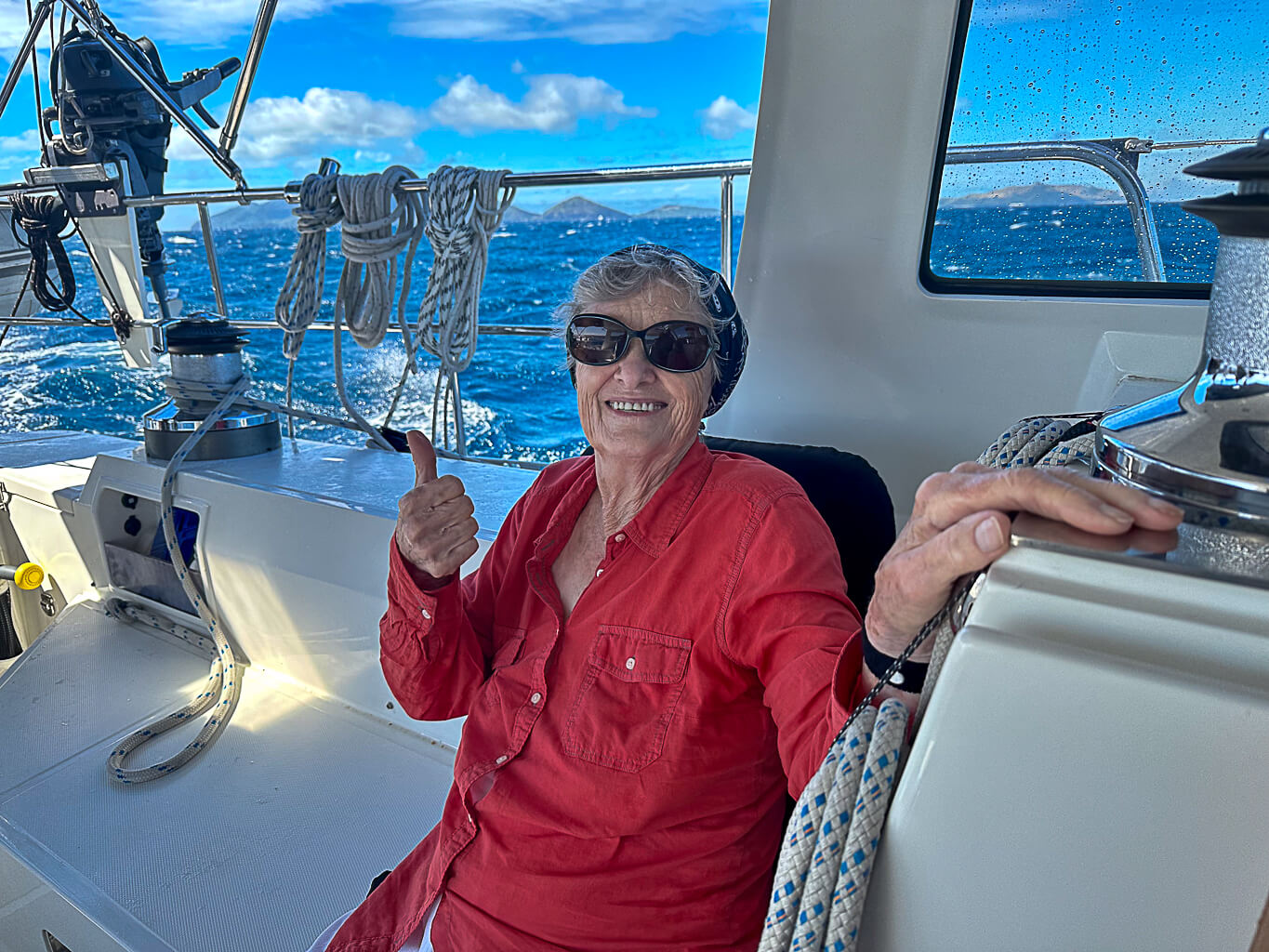
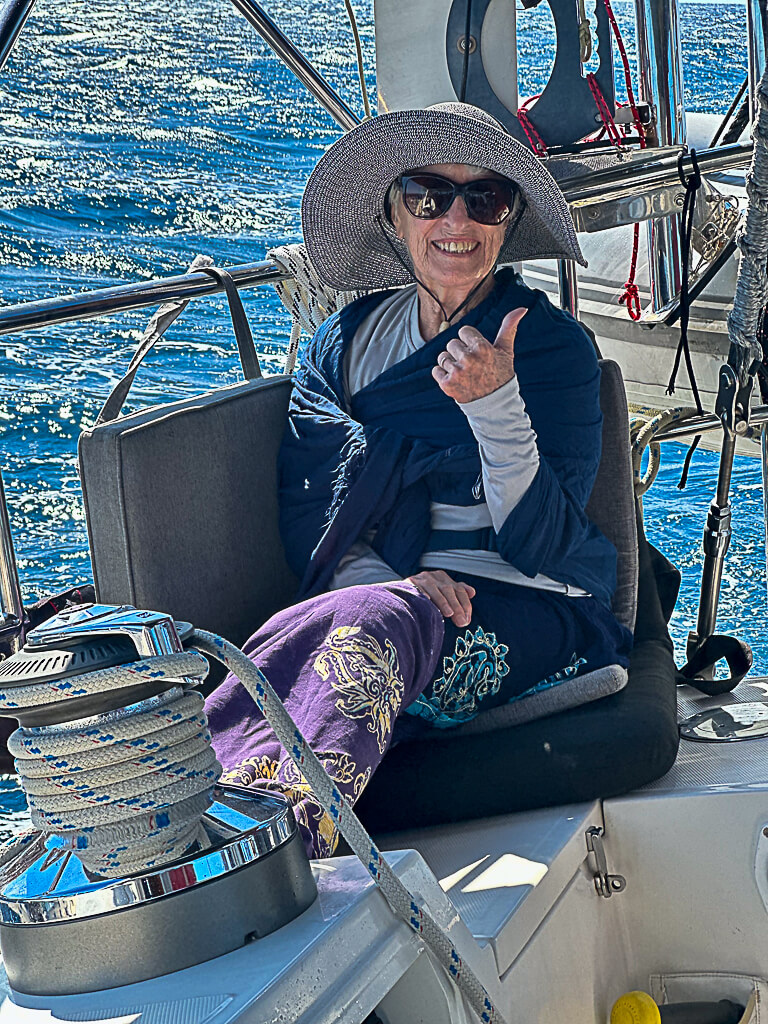

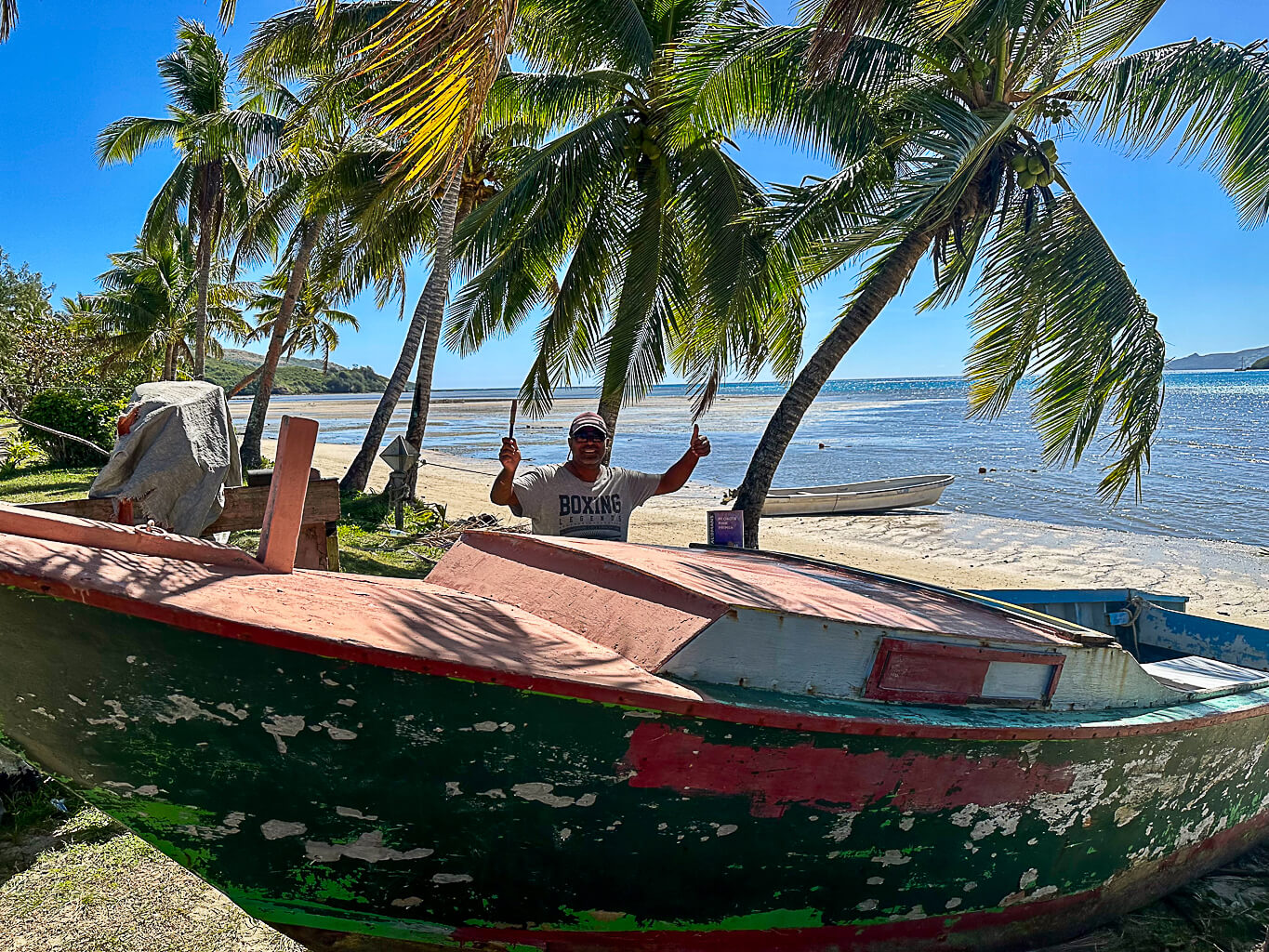
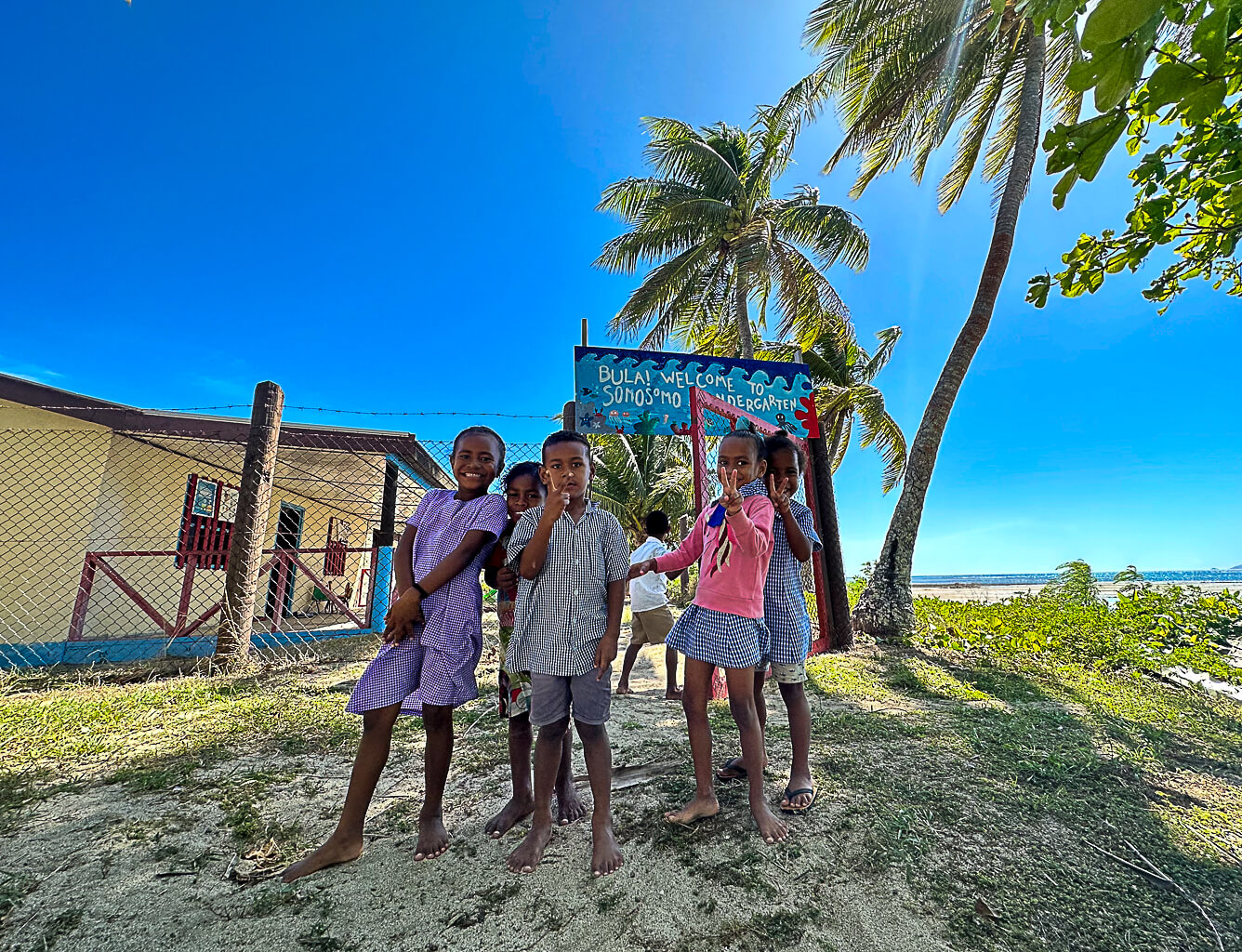
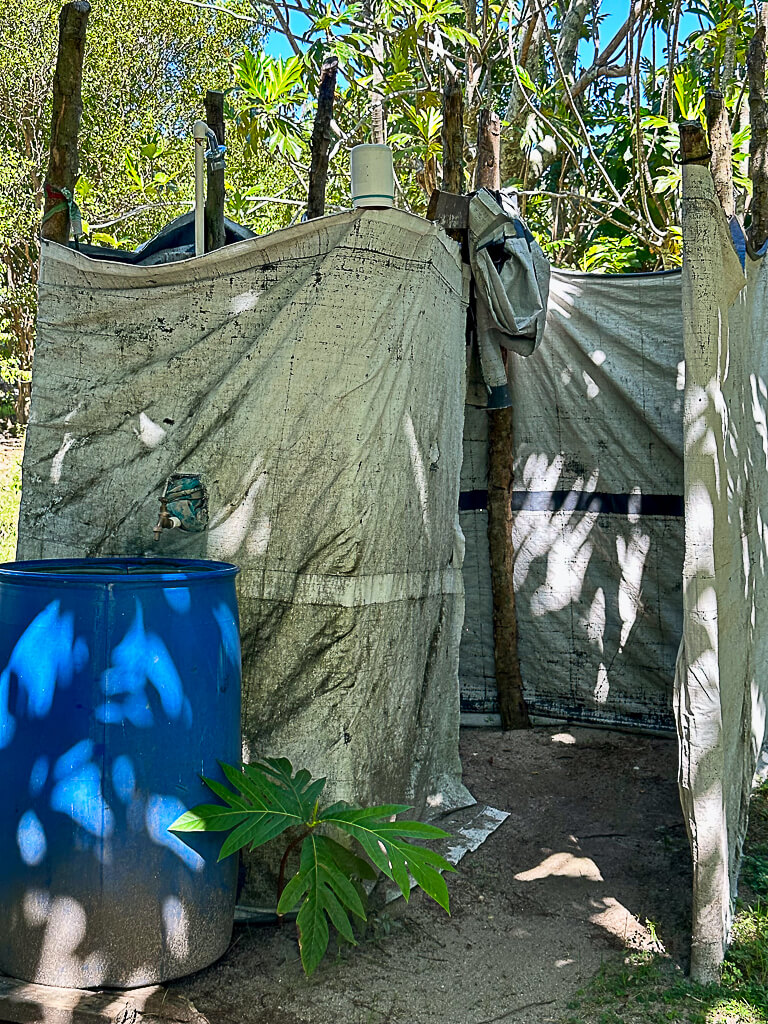
There’s not a whole lot of material wealth in most of the Fijian villages we visited, and an obvious shortage of healthcare. People here are pretty self sufficient and work hard to supply their own needs. They mainly sleep on the floor in very simple, but colorful houses. Still, the land and sea also seem generously willing to provide the basics. Papaya (and a lot of other things) do grow on trees. While we anchored off a small uninhabited island wondering if the rain and cold weather might ease, if the northern swell might finally cede the battle to a southeastern blow and give Allora some peace, I noticed a local fishing boat anchored further out where there was no protection. Their single light bounced and rolled all night as they fished, despite the seriously uncomfortable weather for two days. Fishermen in the islands spearfish at night just like the sharks because the fish are hiding out in the rocks and make easier pickings. No bunks or cushions on that boat, no seasickness medicine or Diana cooked meals either. ~MS

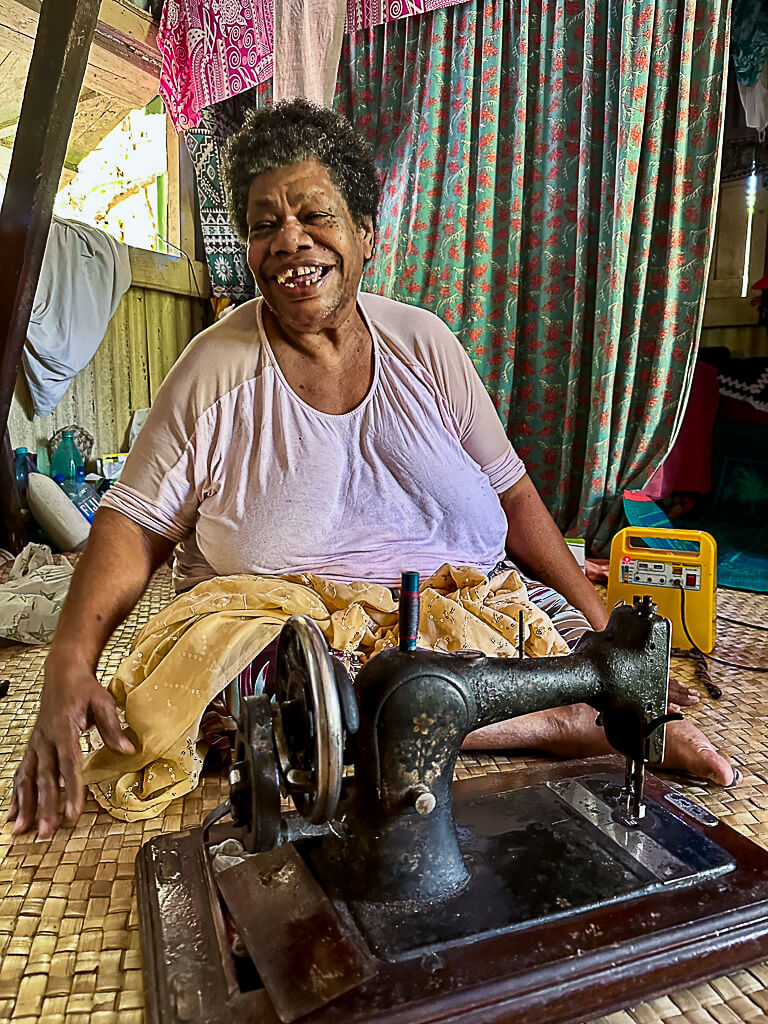

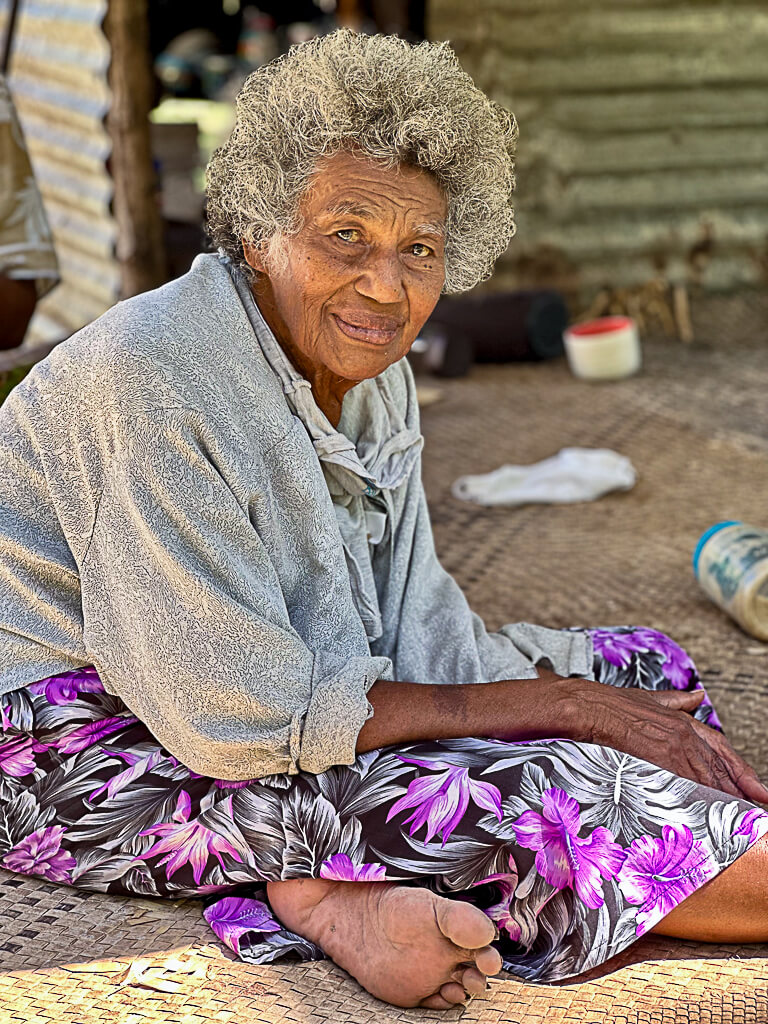
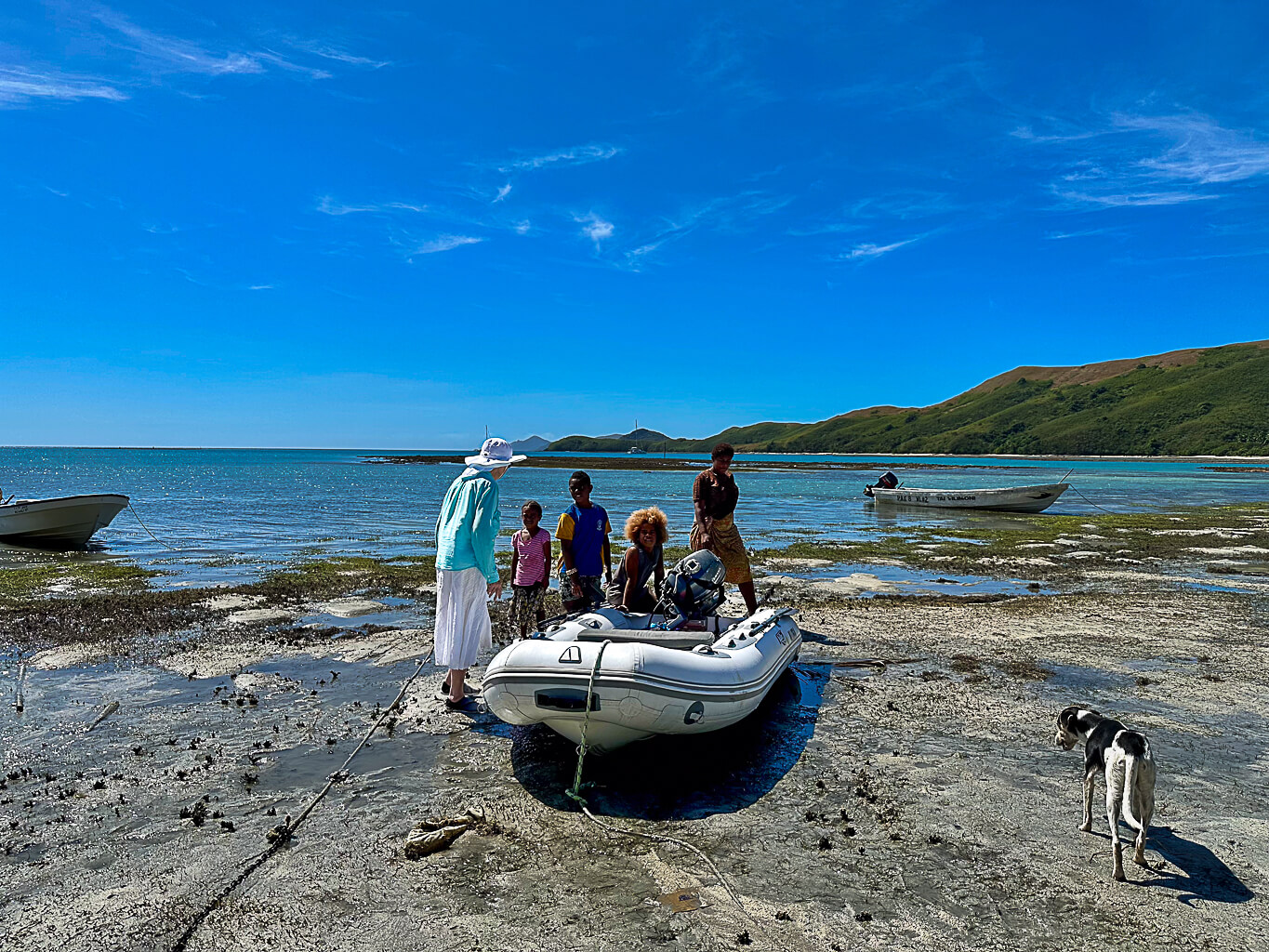
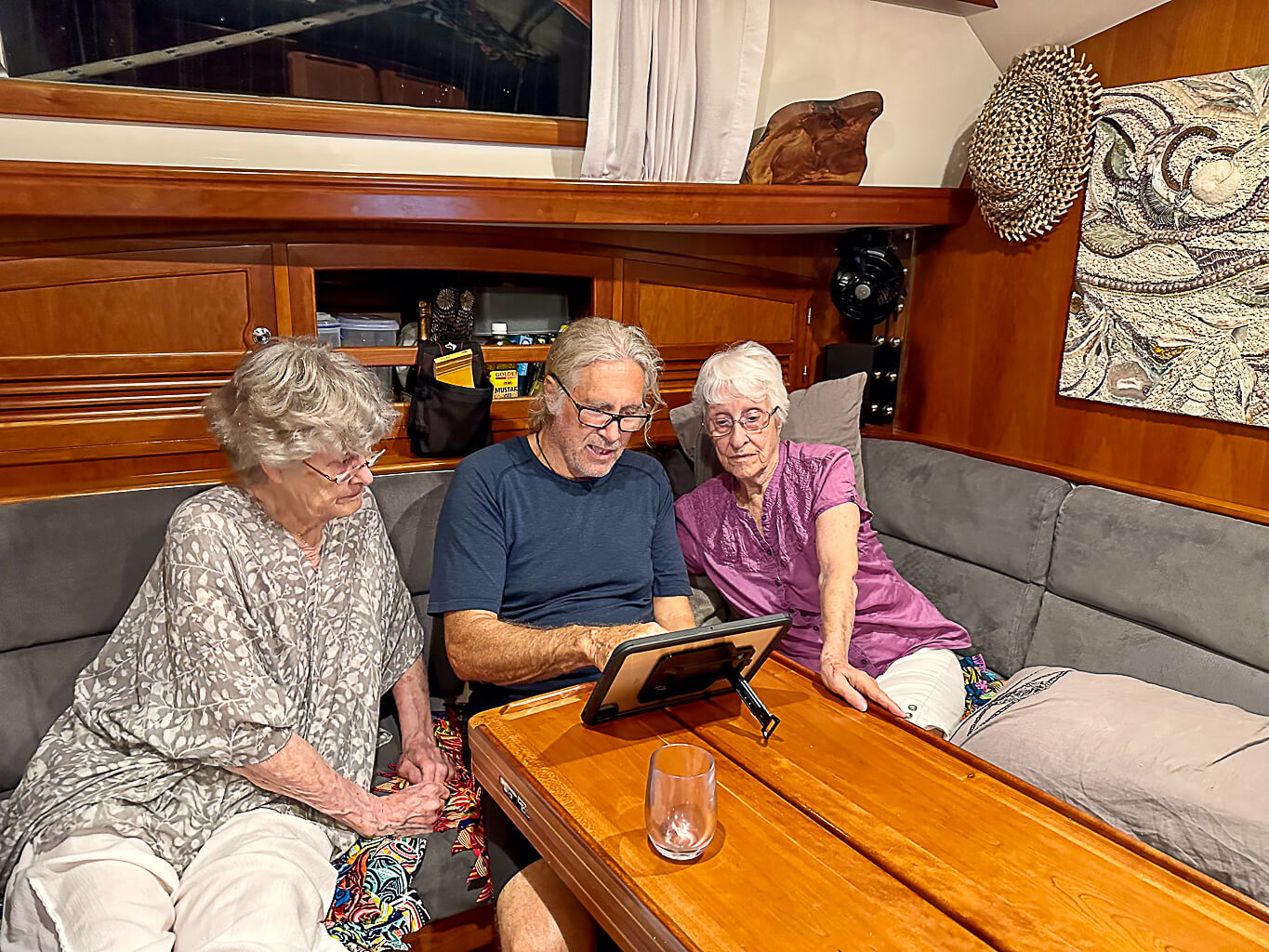

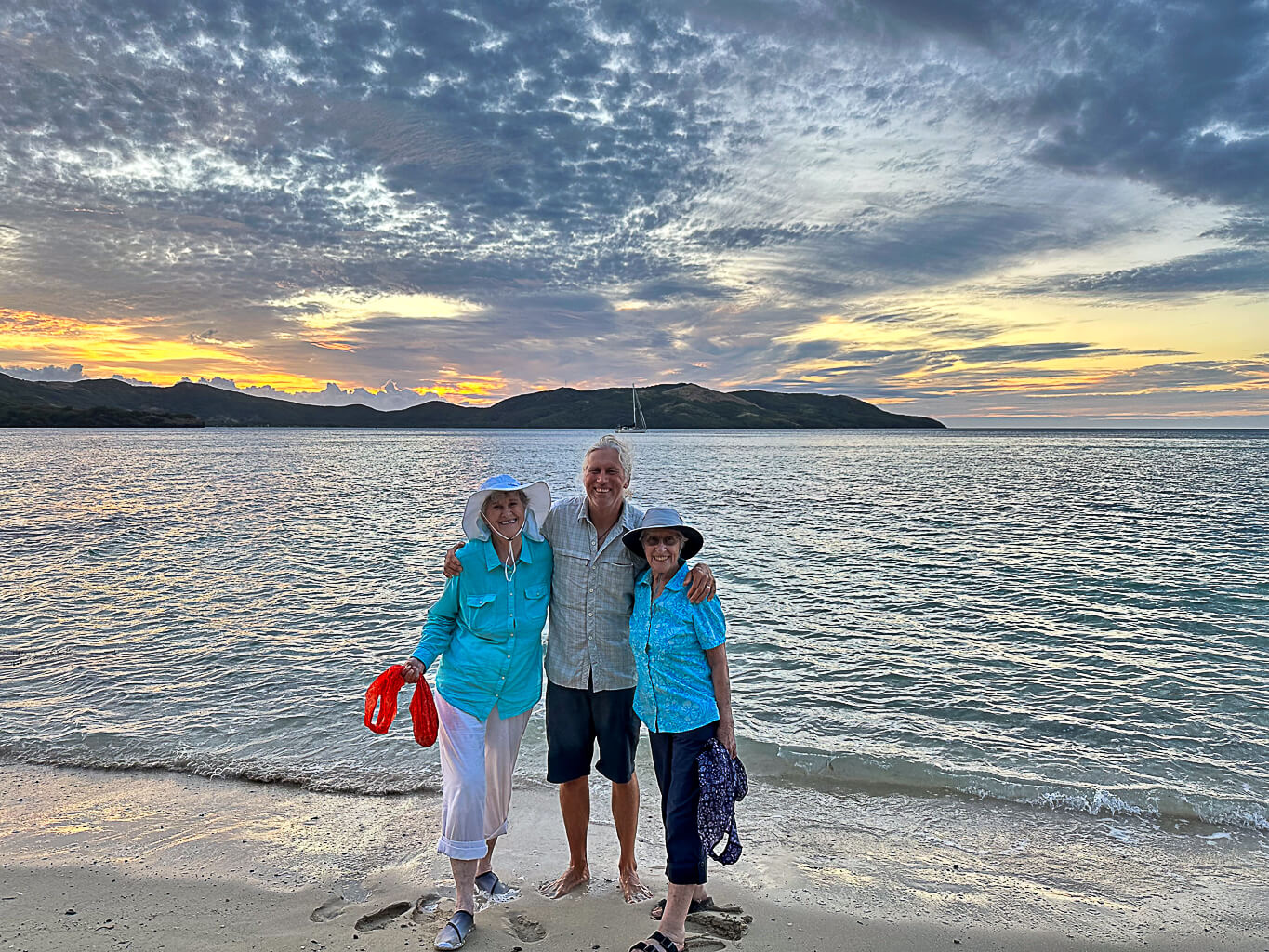

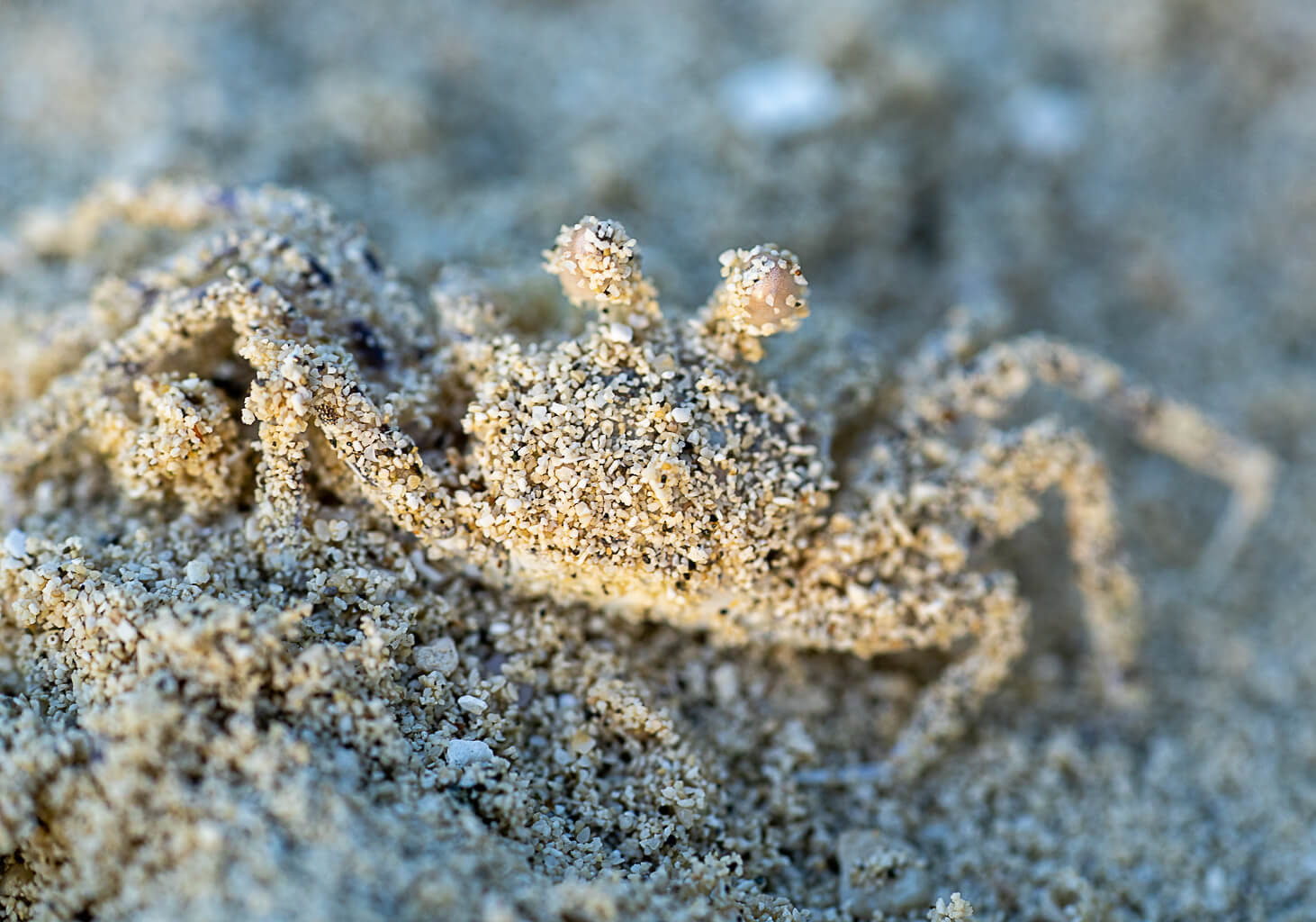
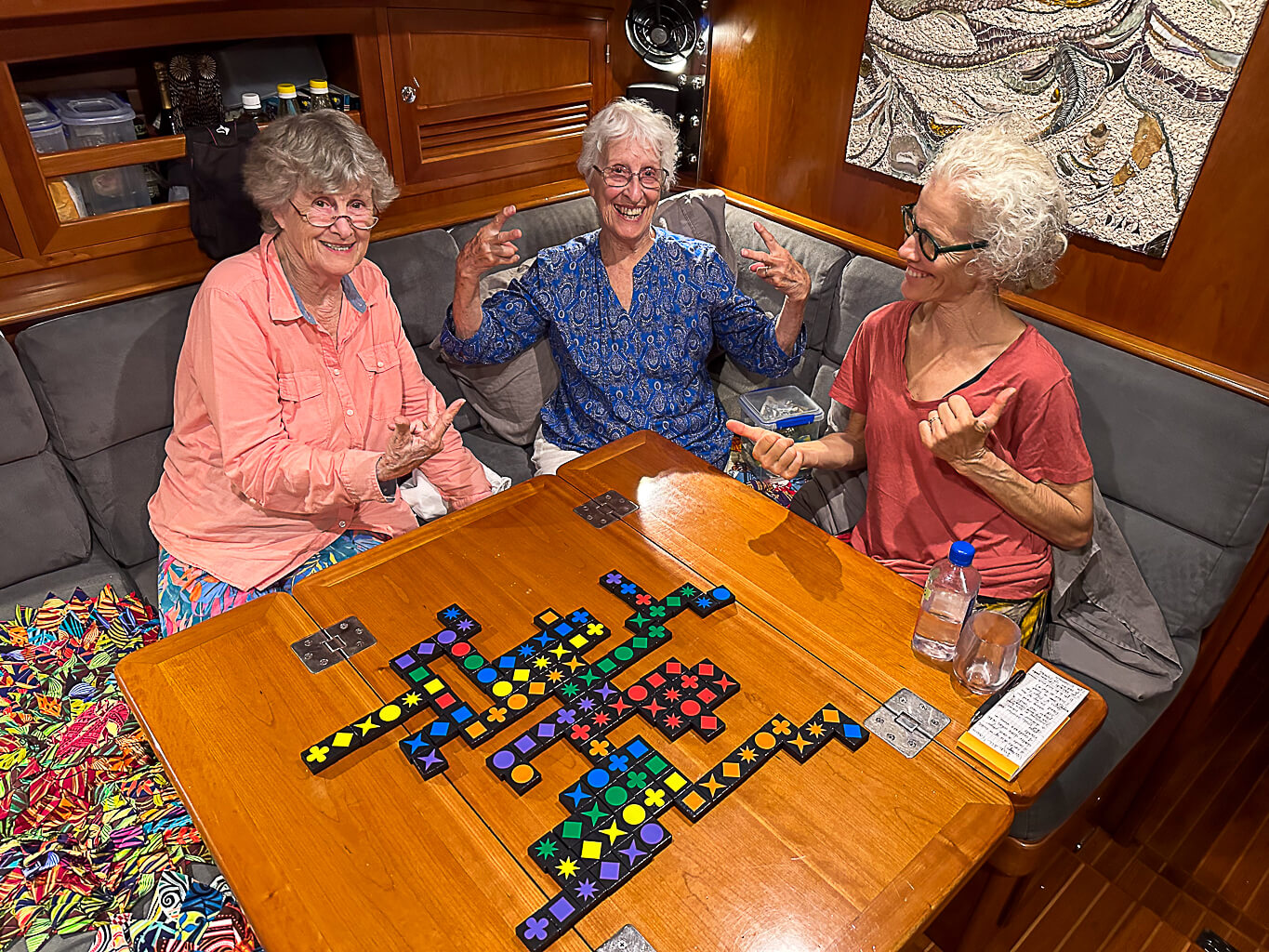
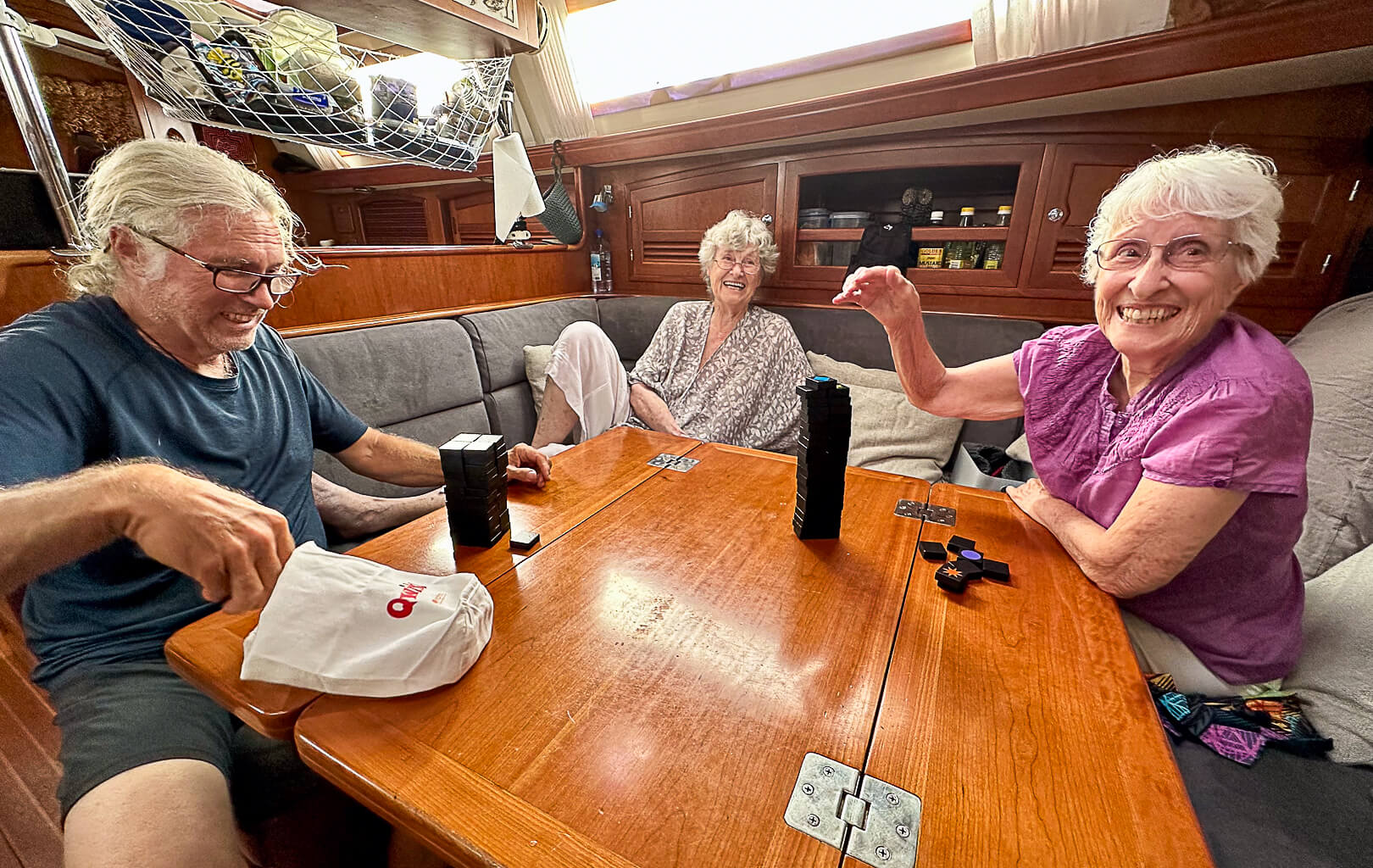
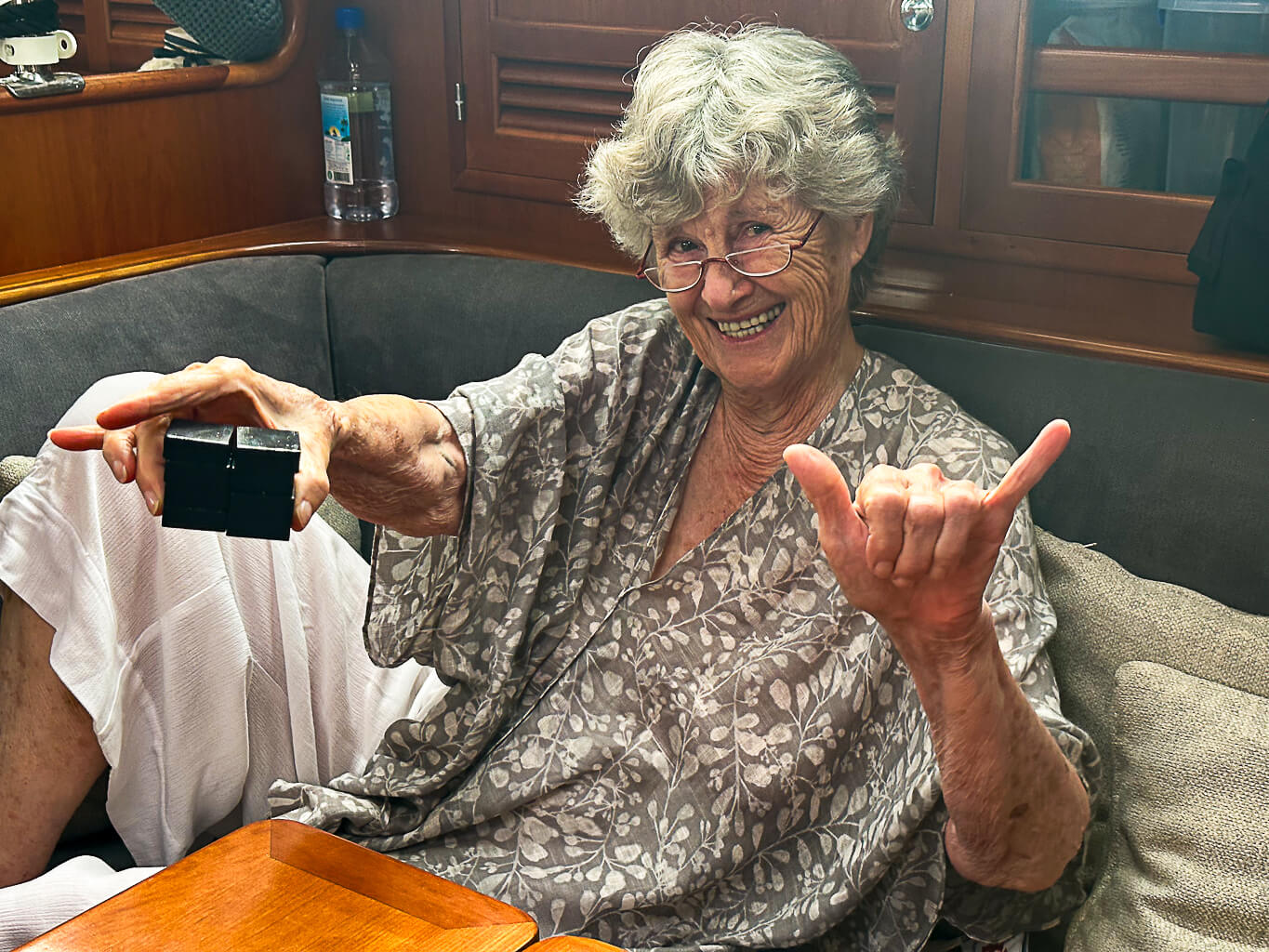
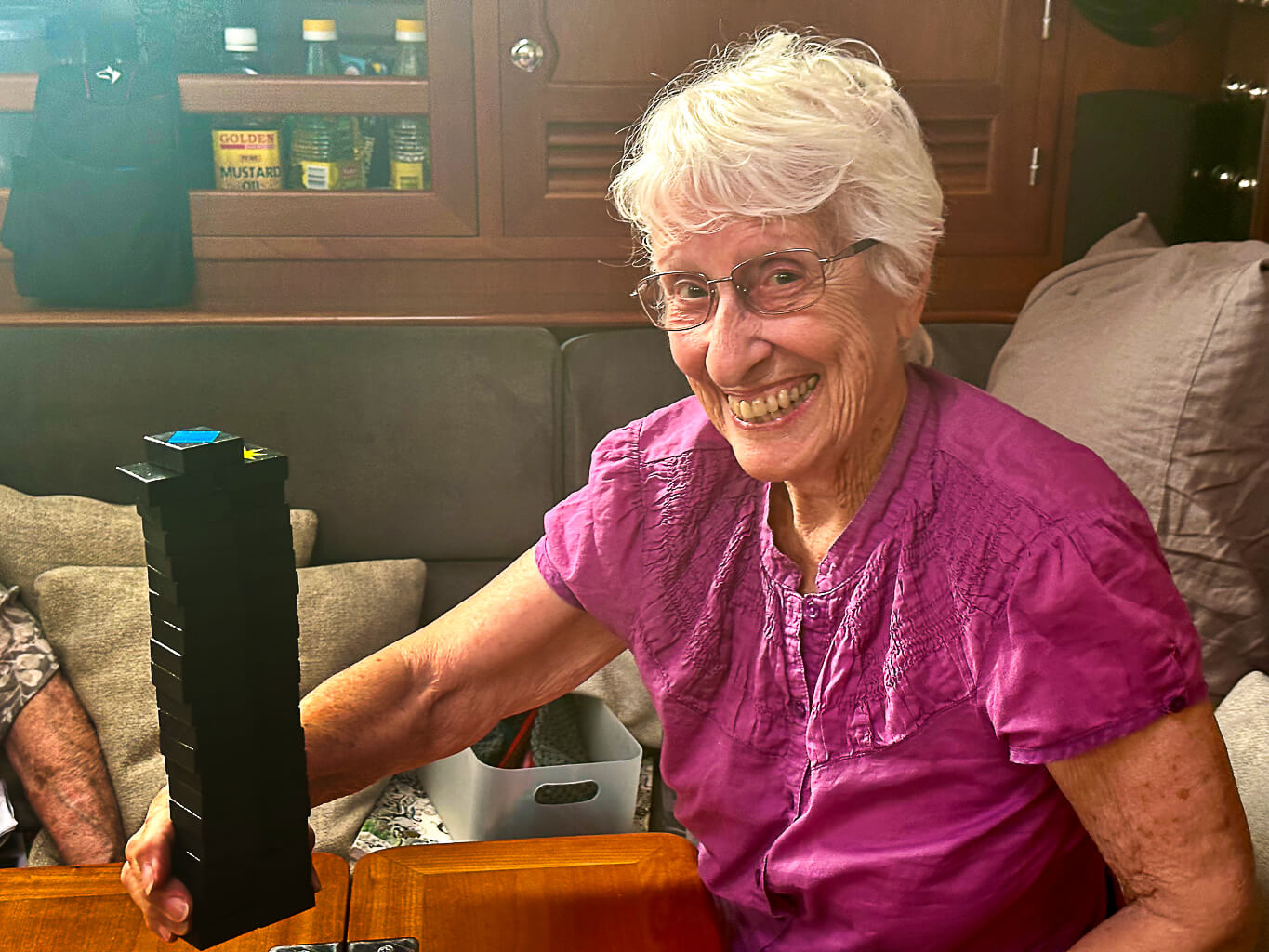

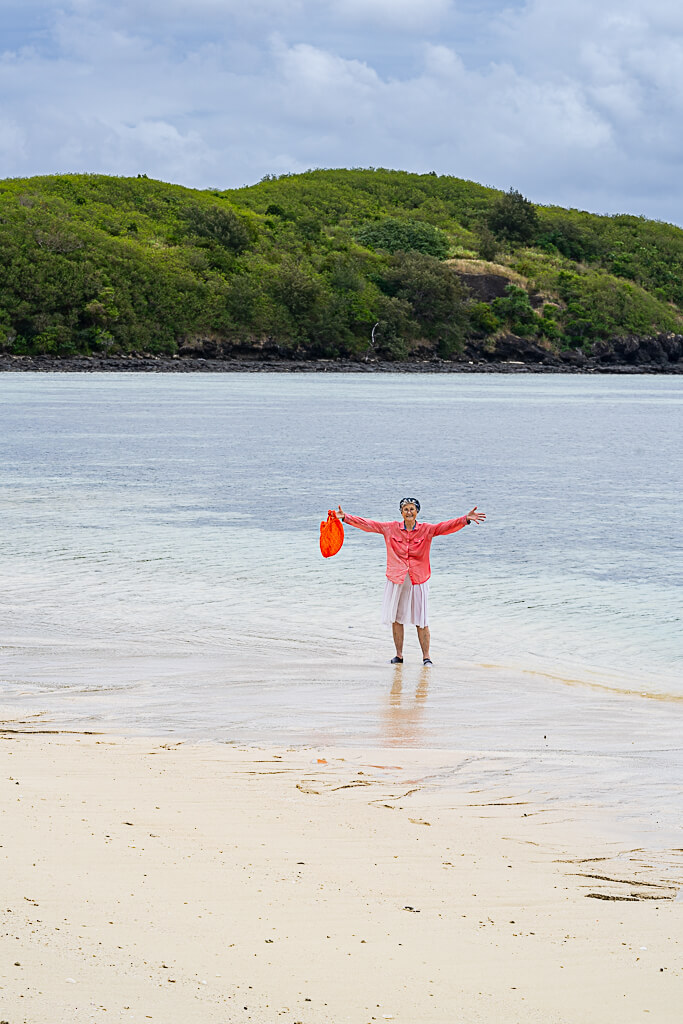
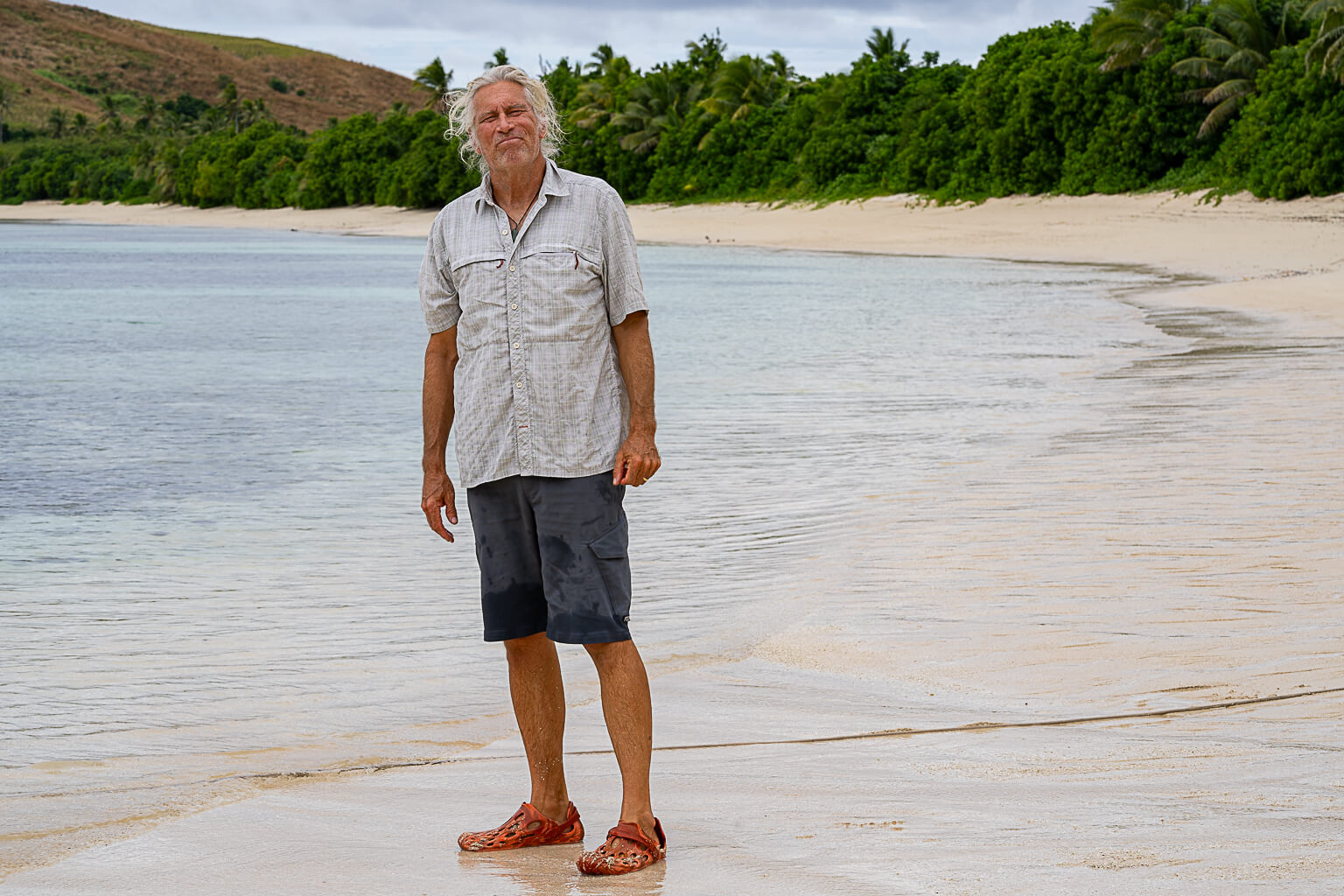
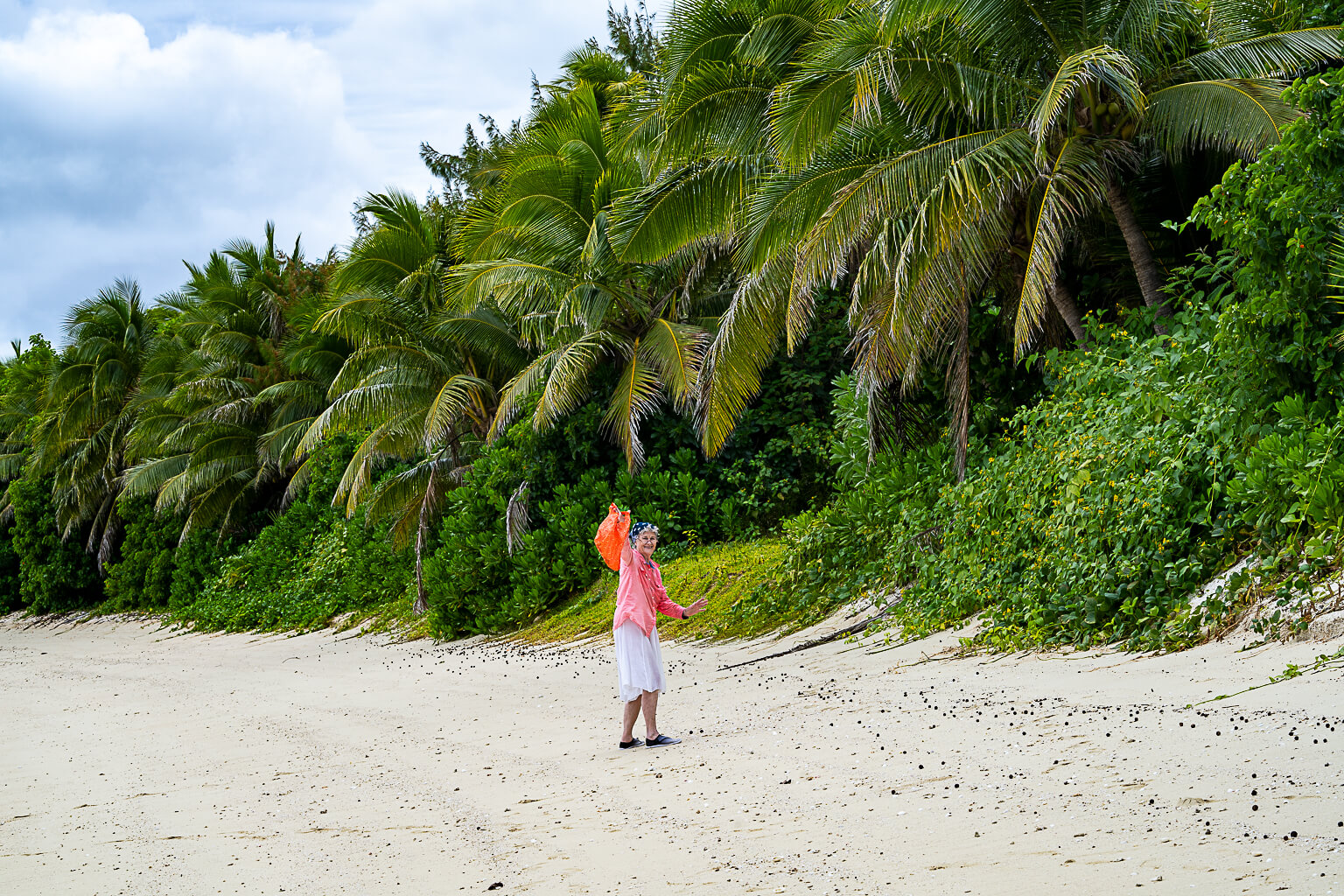

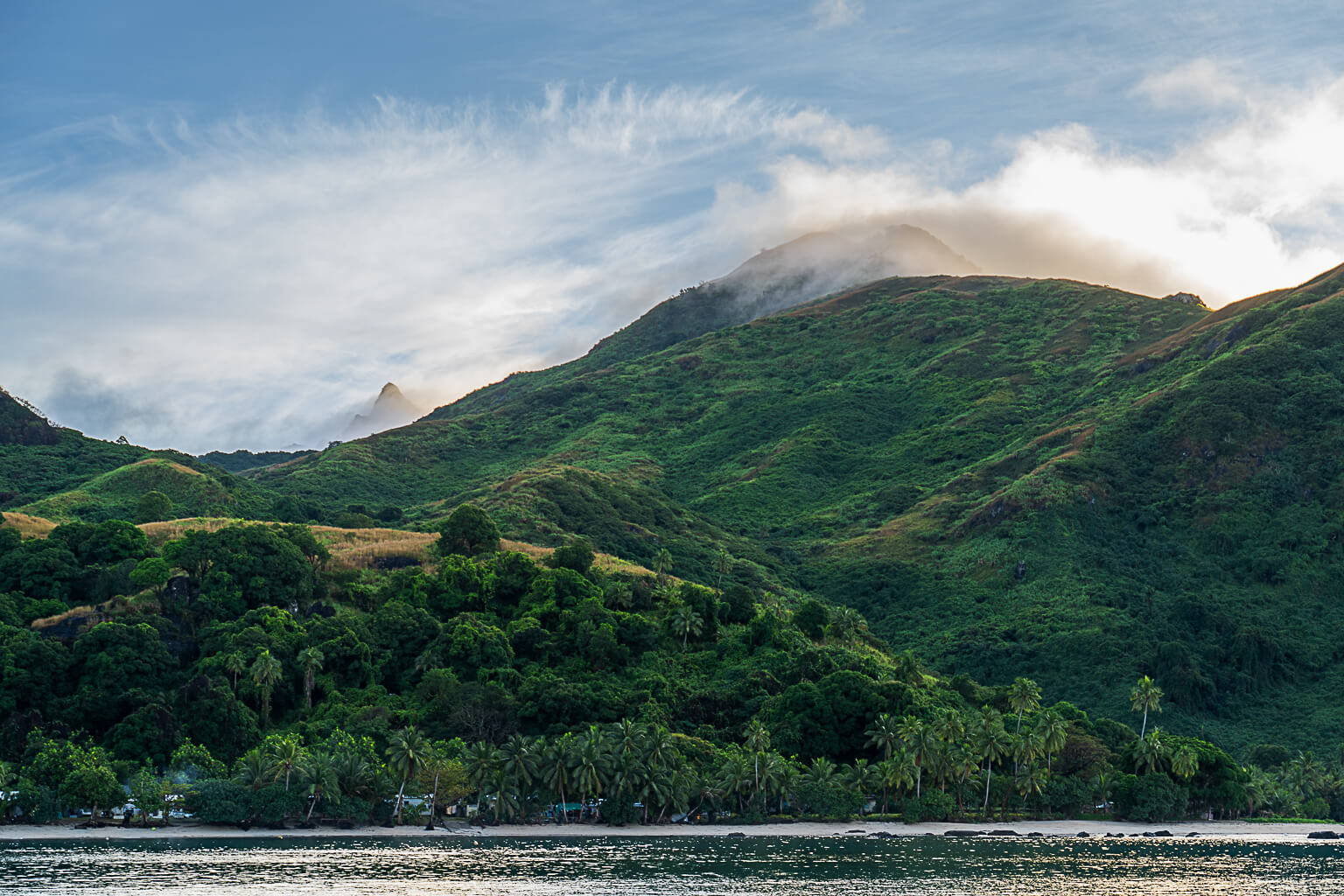
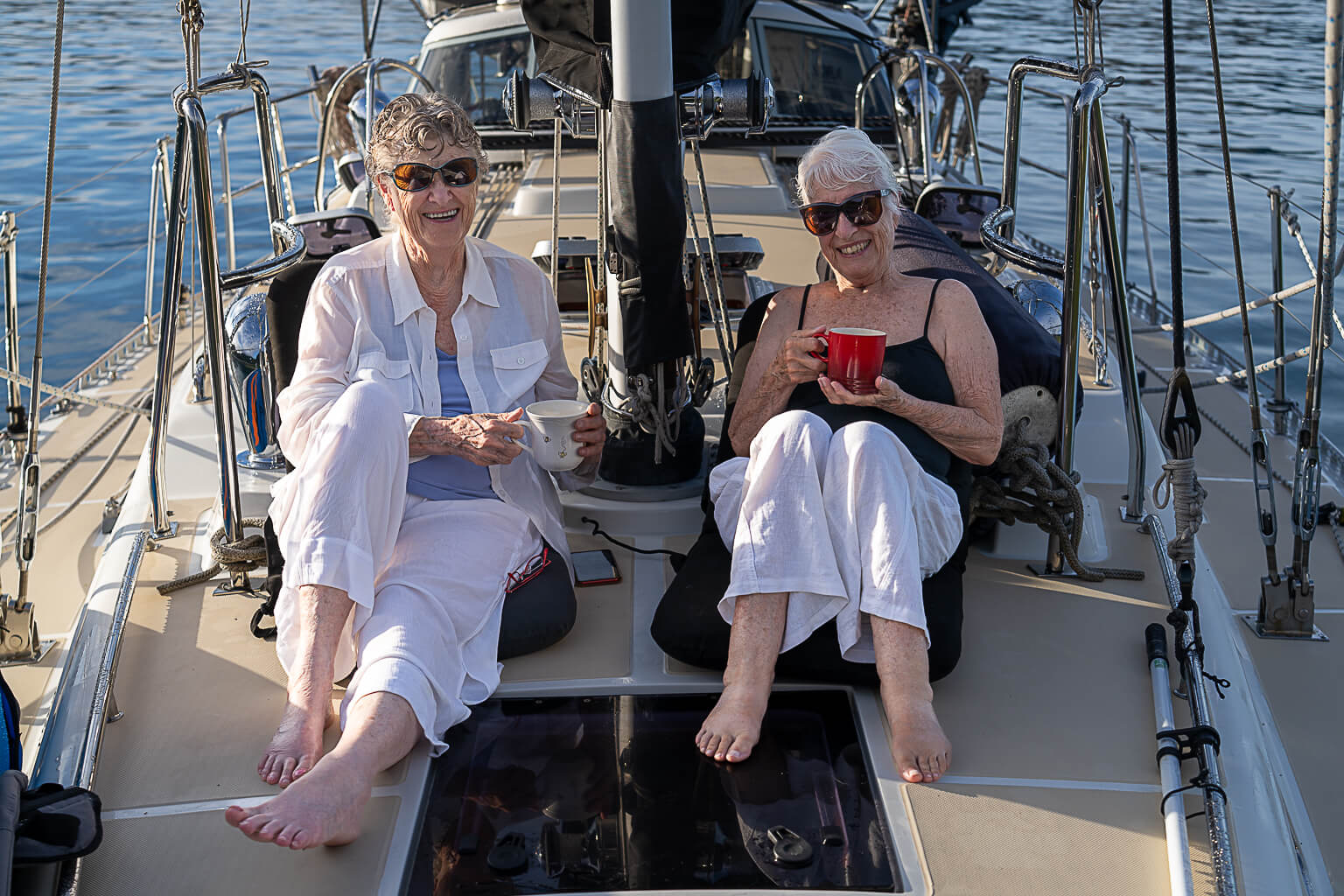
The highlight of the Moms’ visit (besides the music), was the slow mornings and conversation. It seems like most days we sat in the cockpit losing track of time until almost noon, typically with a wonderful brunch whipped up by Diana (with assistance from her favorite sous chef). Just being in the same space together with Allora gently (or sometimes not so gently) rocking, turning in the breeze (or gale) was all we needed. We covered most topics ranging from the essential meaning of the universe to childhood memories of mixing the yellow coloring into margarine. Maybe the same thing, actually, as I think about it. ~MS
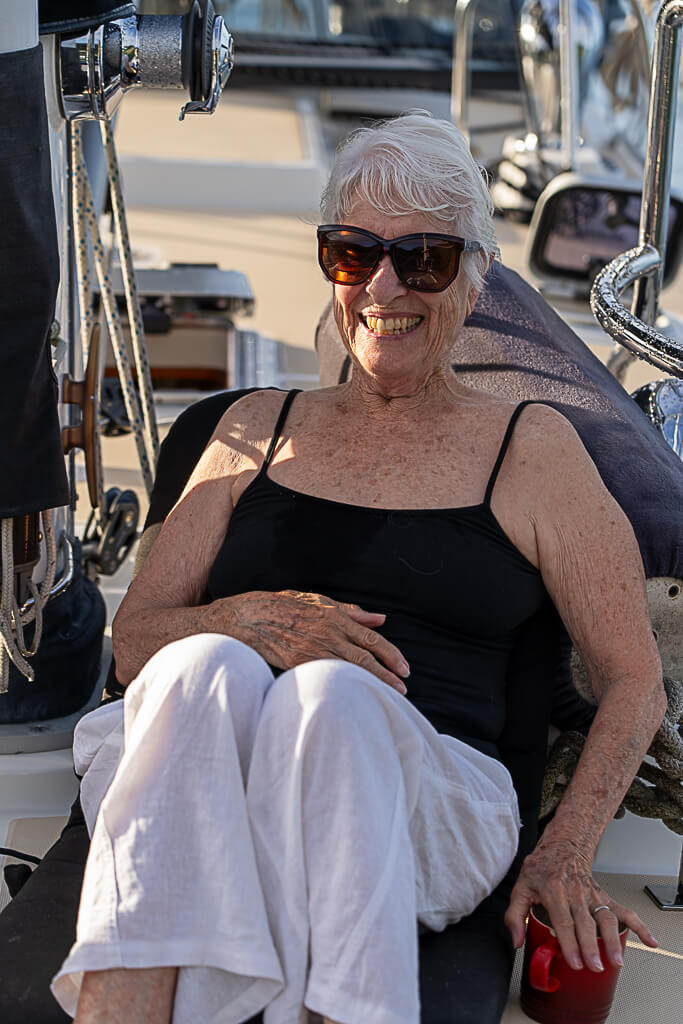


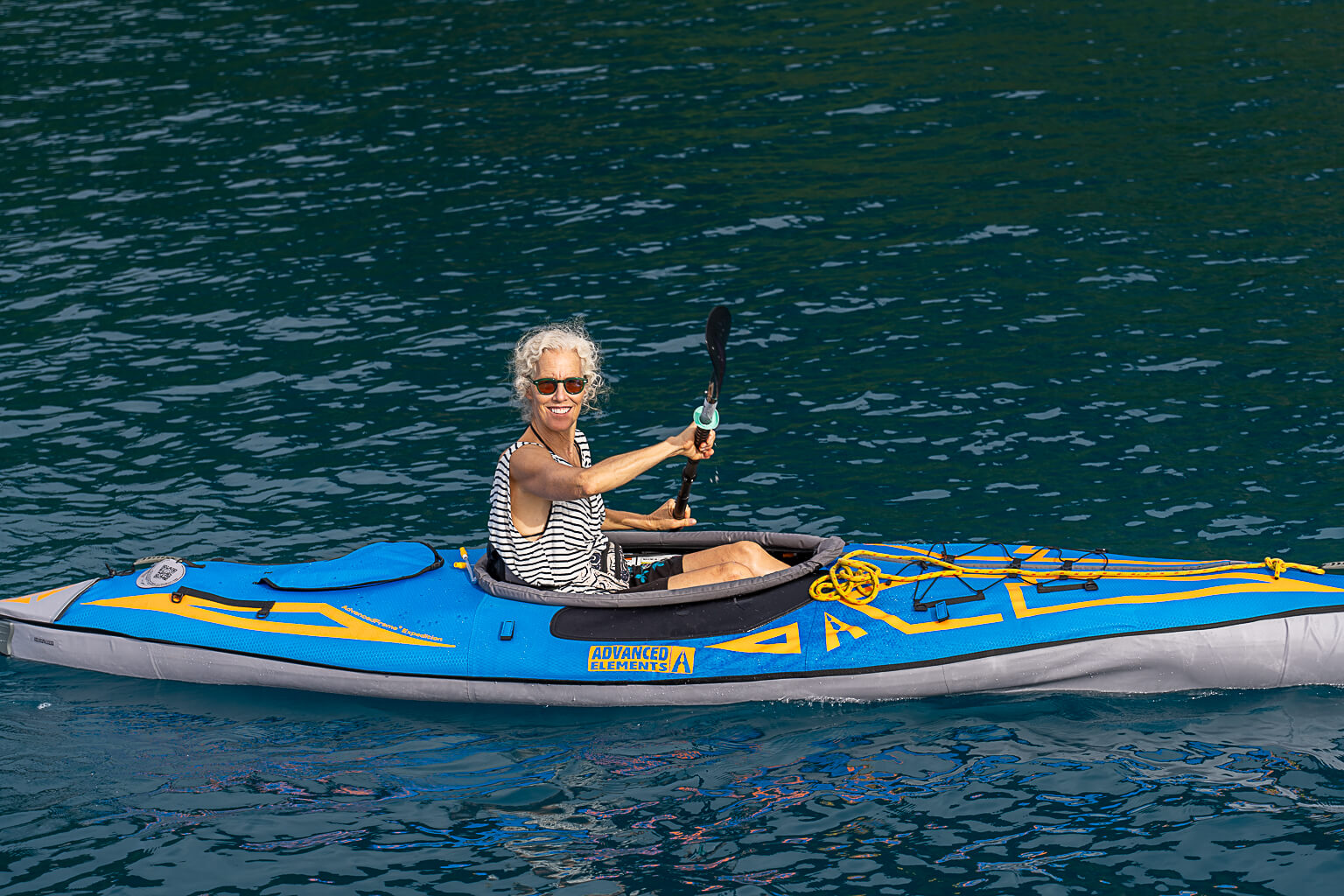
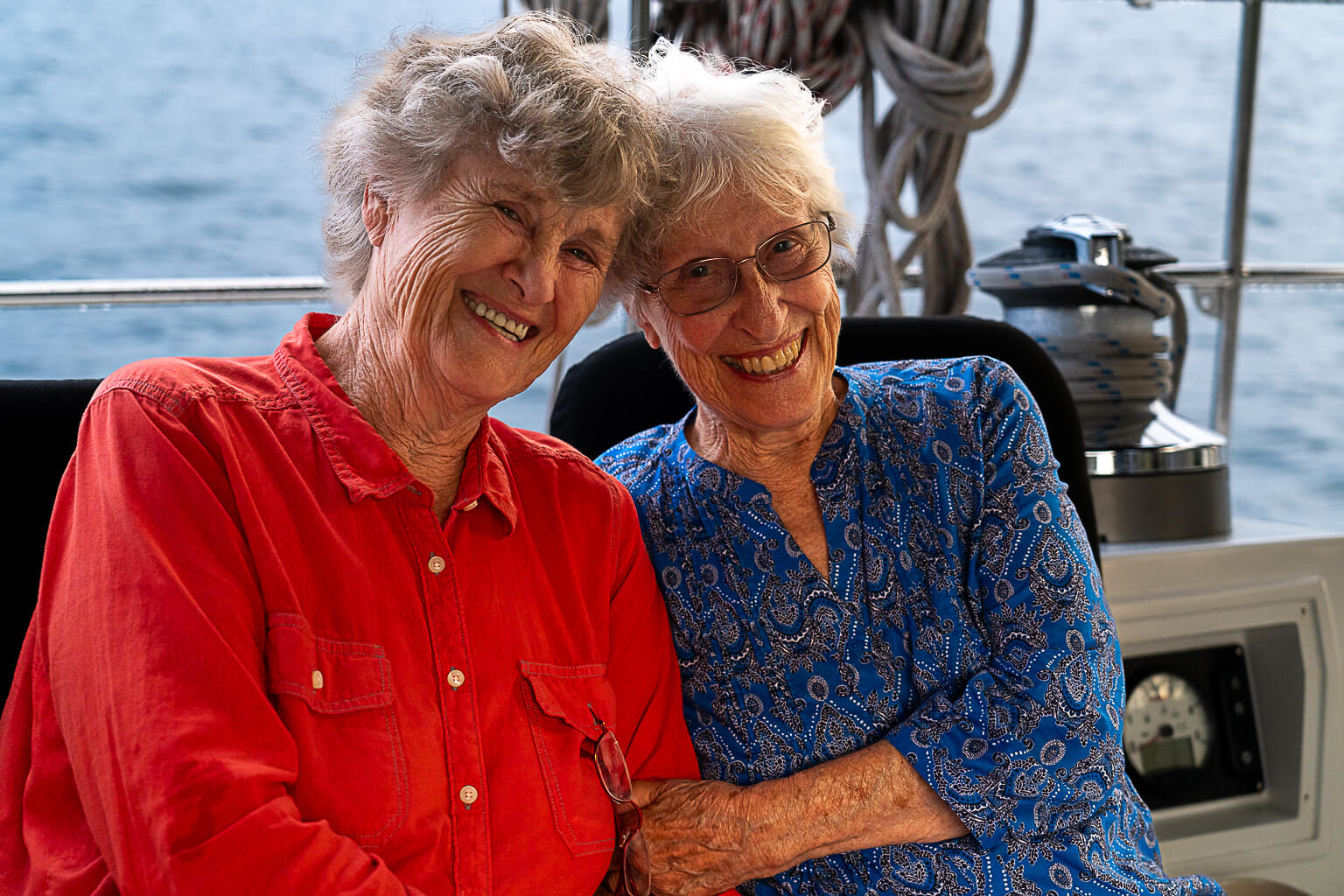
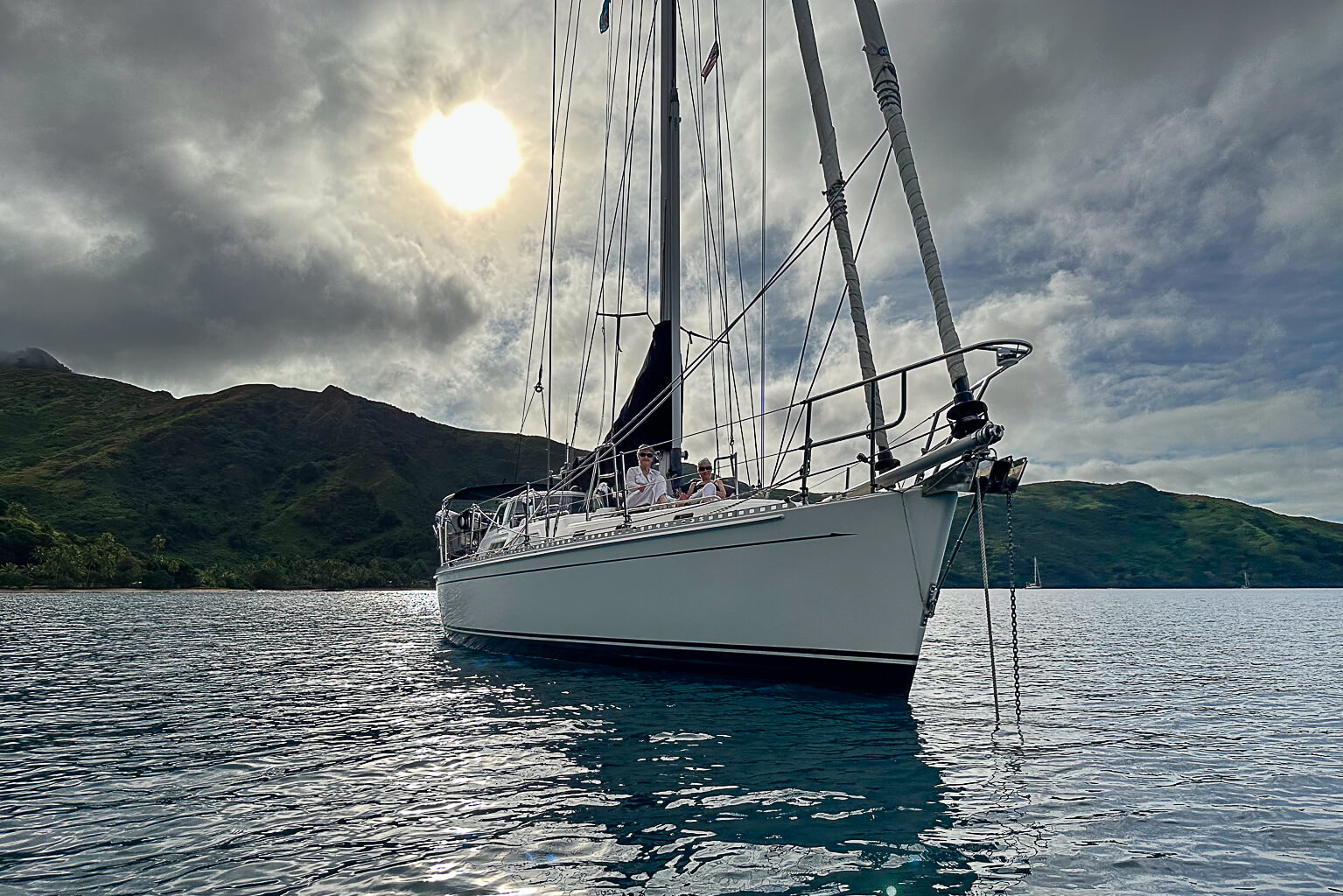

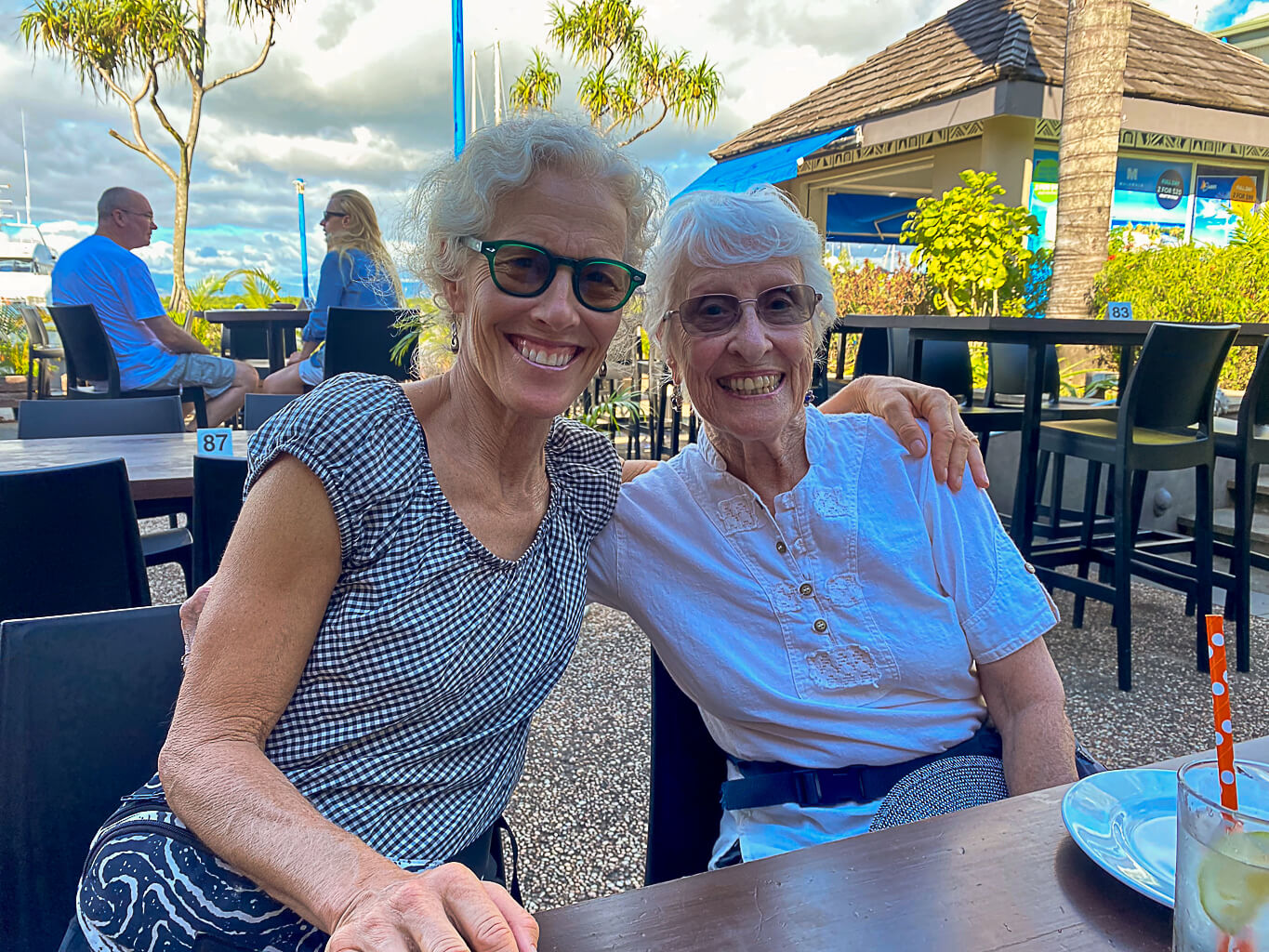
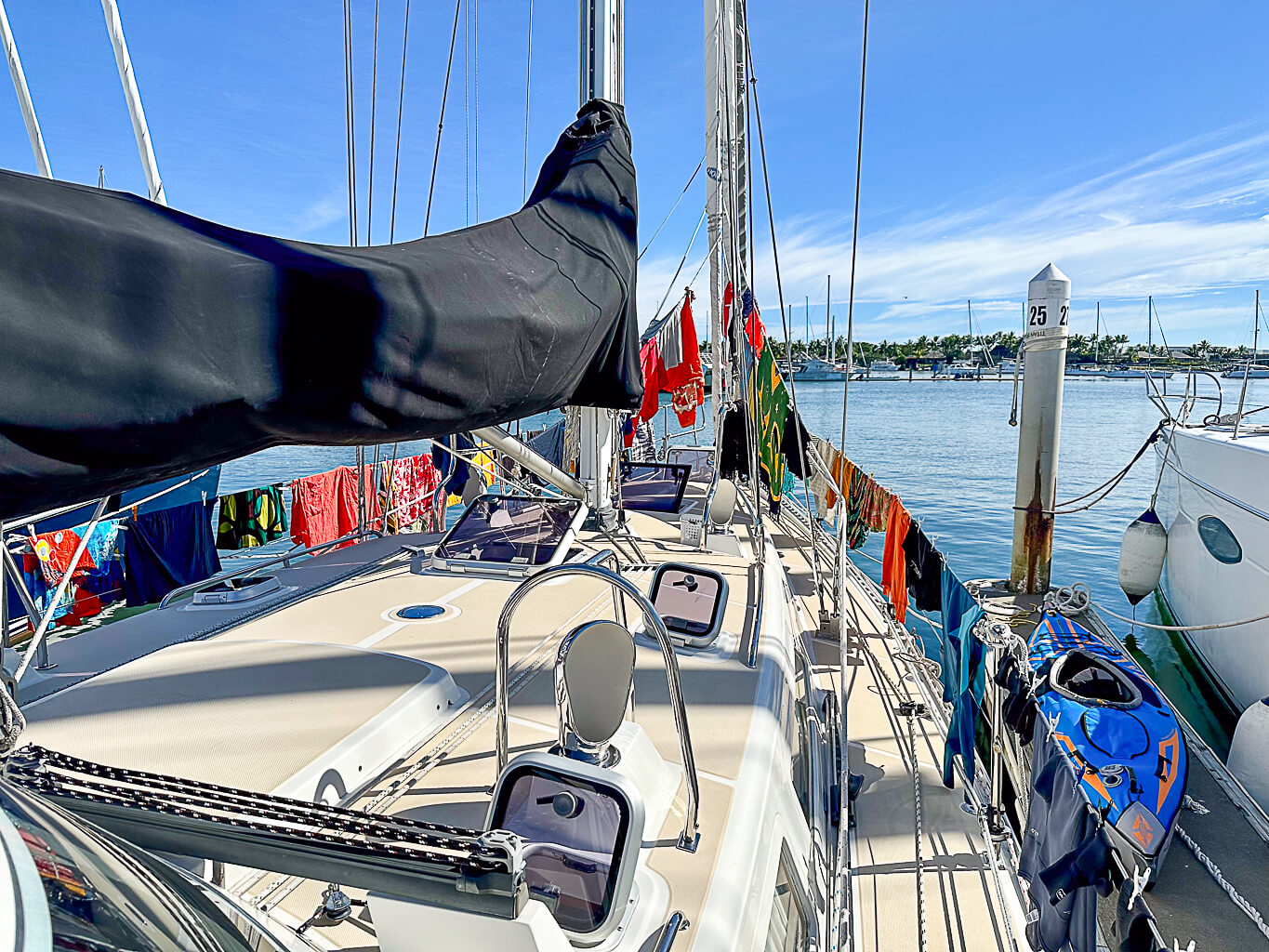
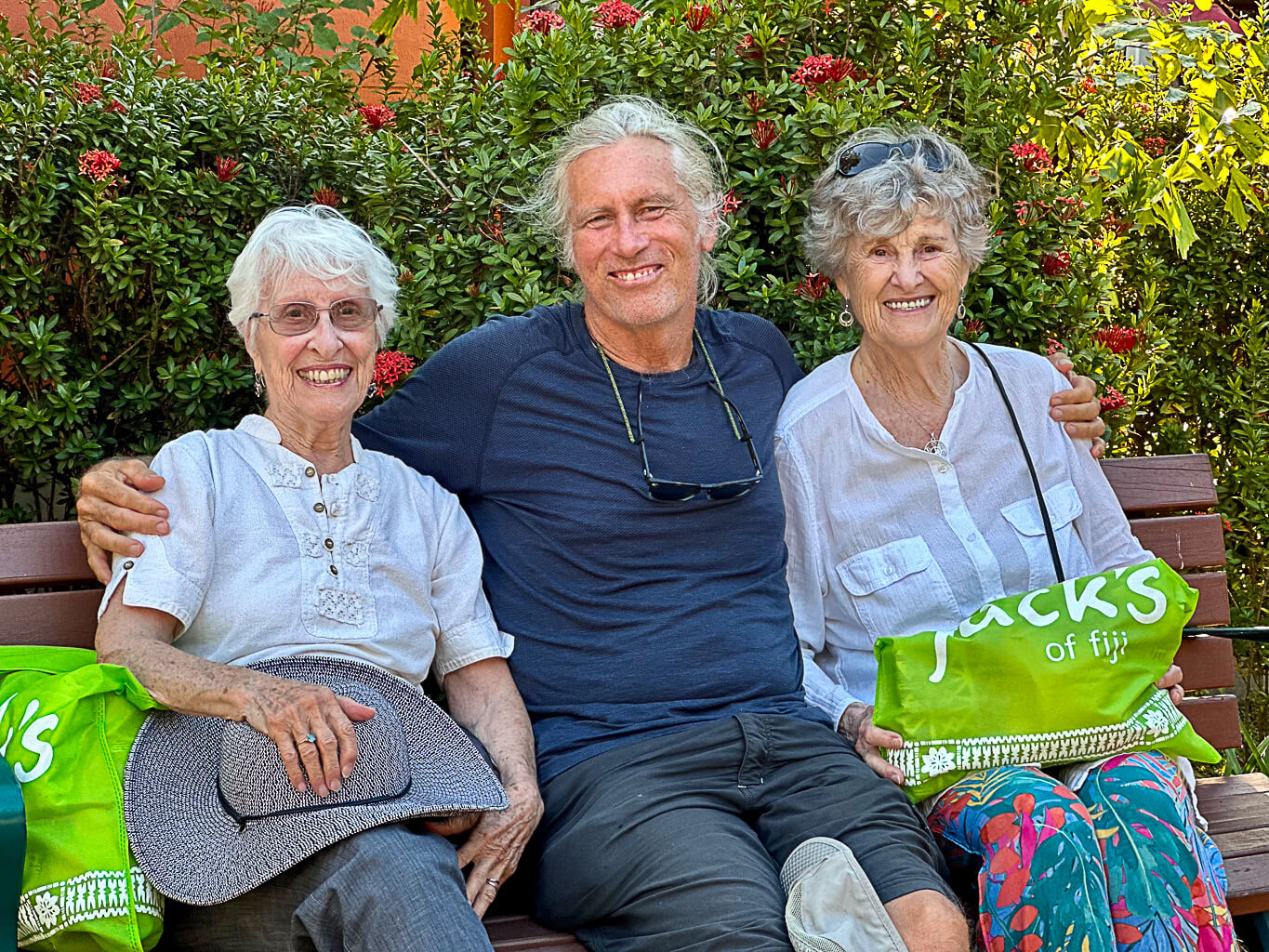

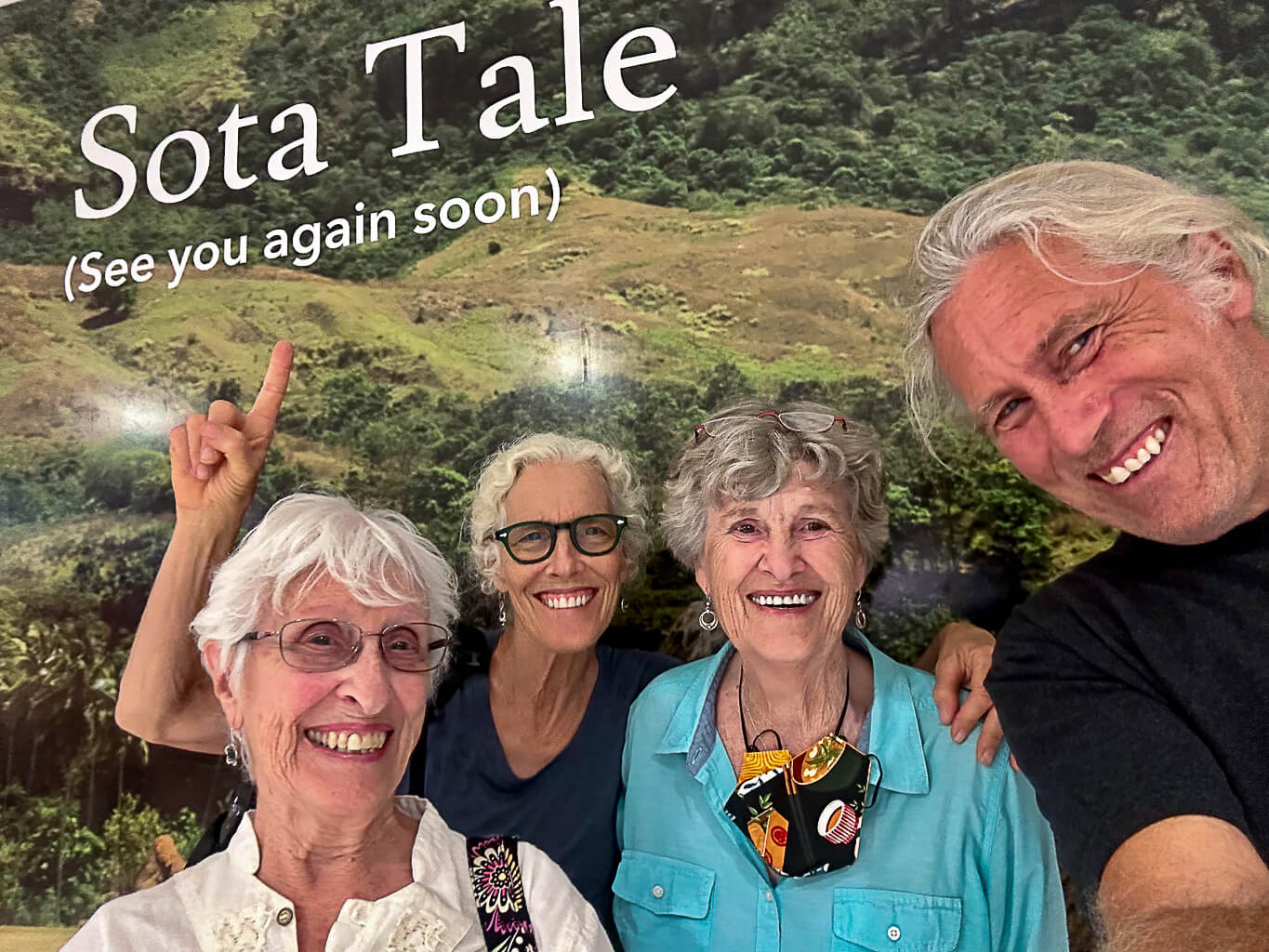
These Mama visits always leave me filled to the brim with what feels like elemental GOLD, but as we say our goodbyes, the fullness gives way quickly to a longing for more. Though the days are relatively few, they are packed with meaning: laughter, stories, music, belonging, acceptance … how would I resist this grasping? In the days following their departure, I am reminded that all the gifts of being in the graceful company of these two women are still right here with us. Vinaka vakalevu. What treasures our Mamas are! Till the next time, you two … Sota Tale! ~DS
A visit from our Kiwi (resident) kin:

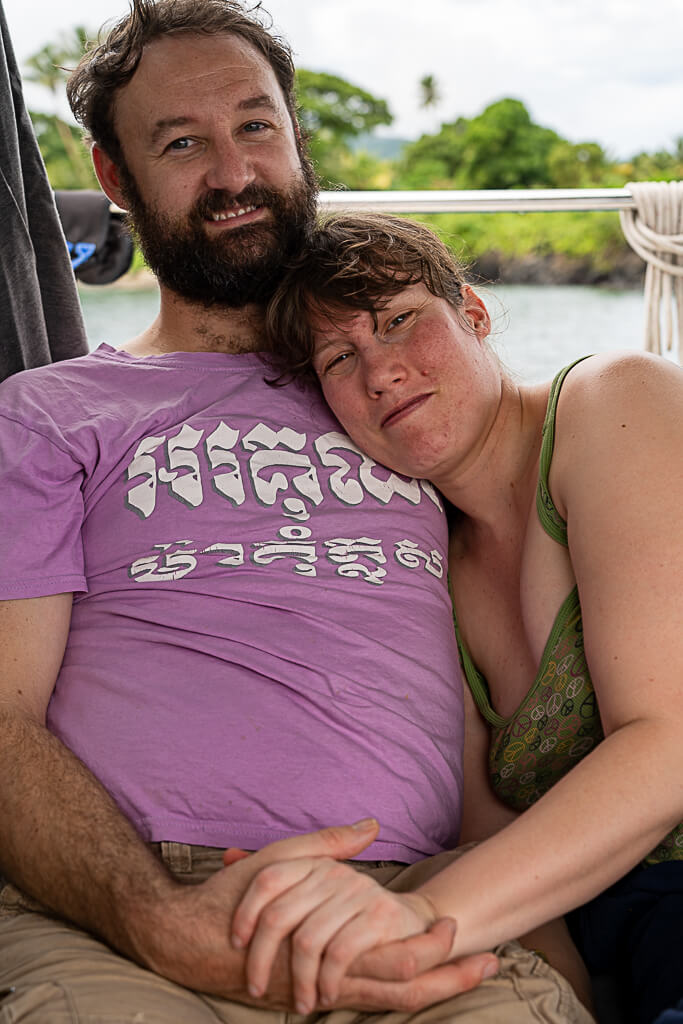

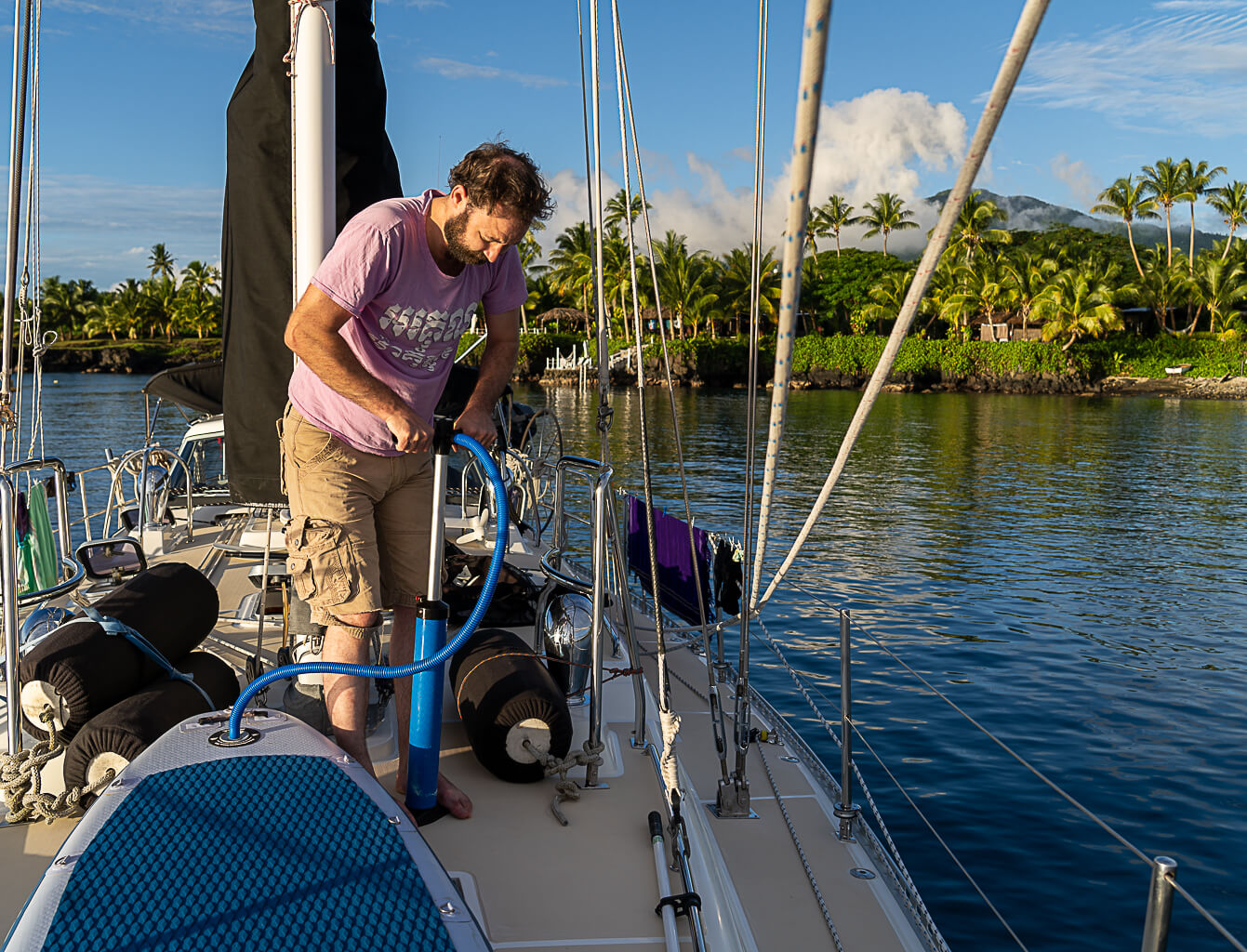

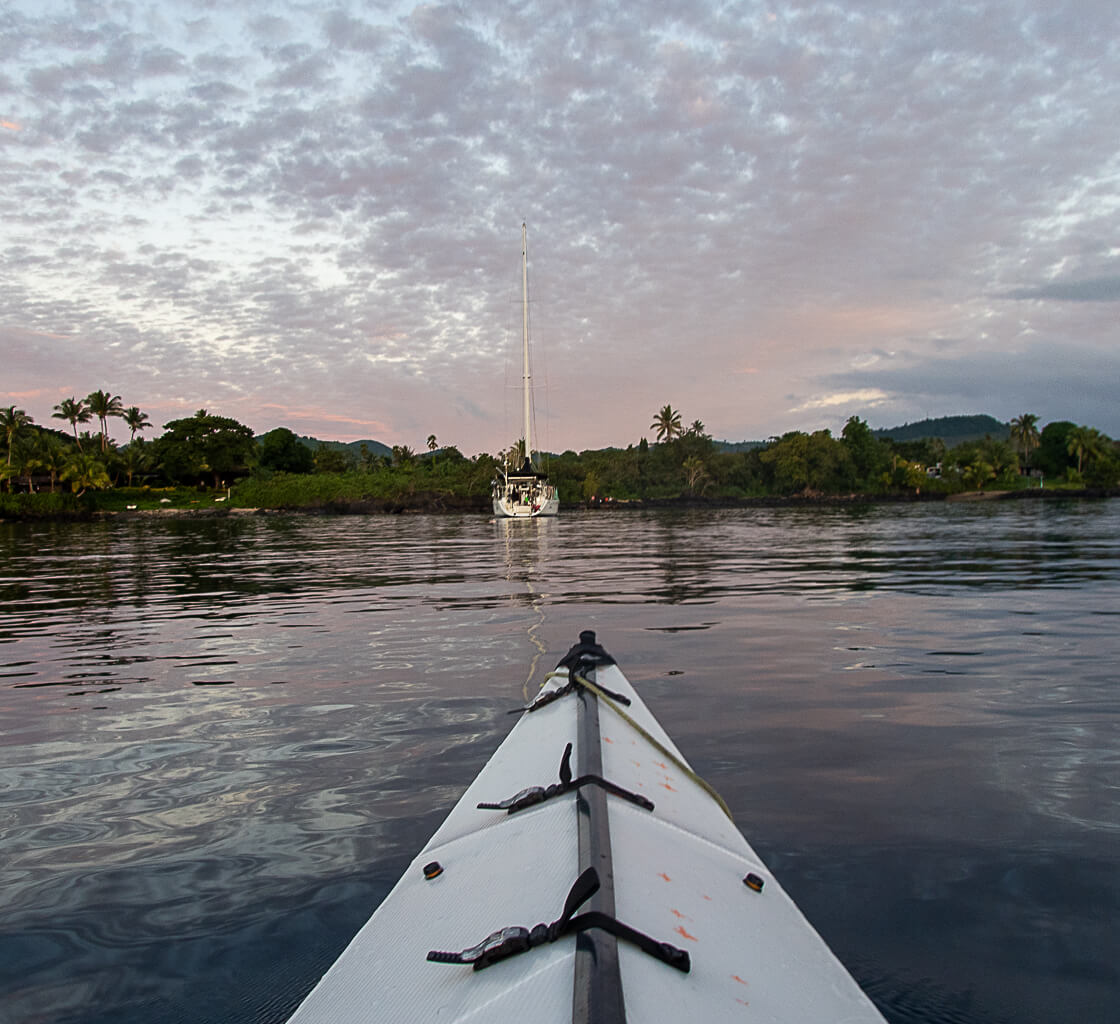


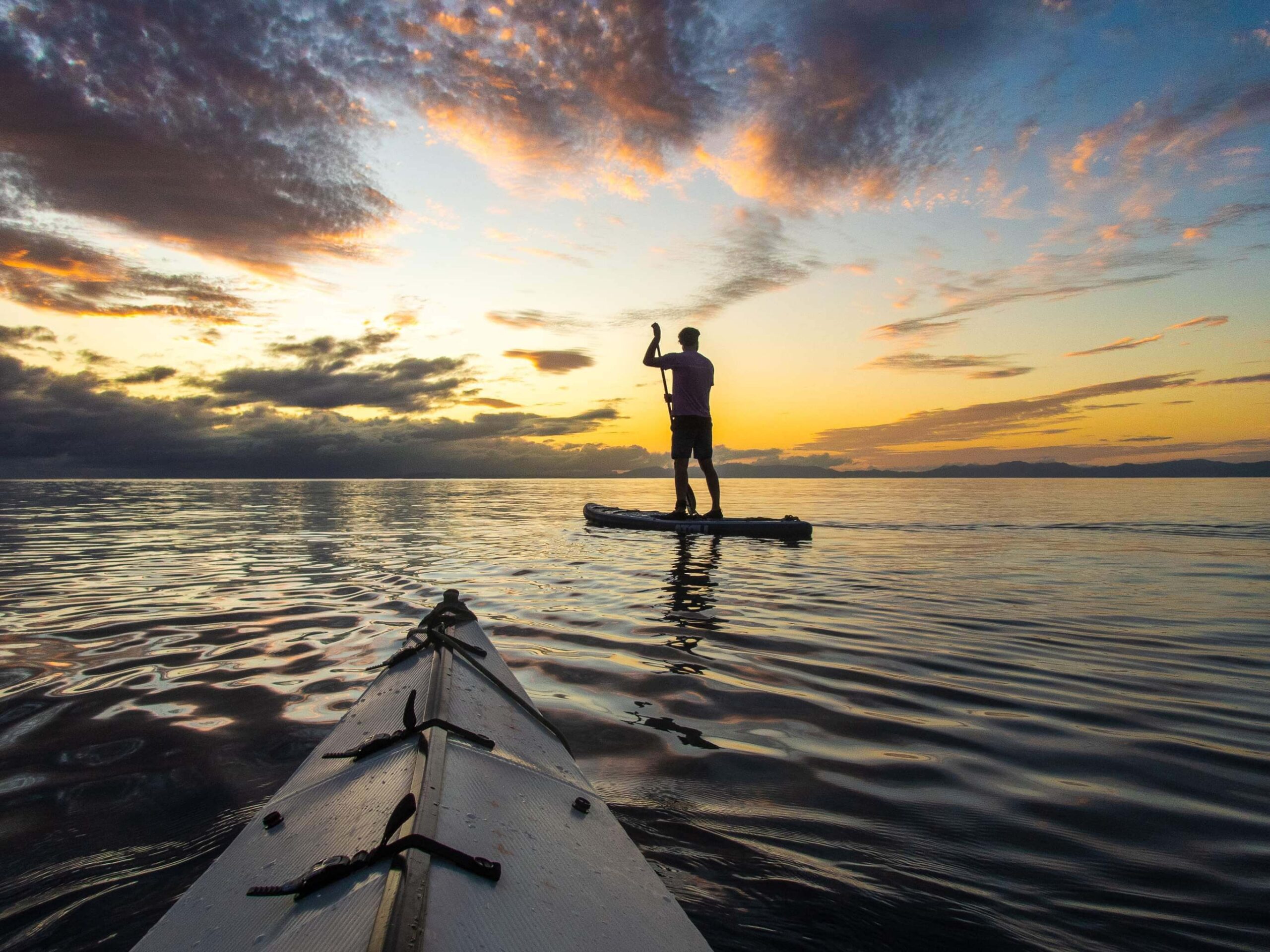

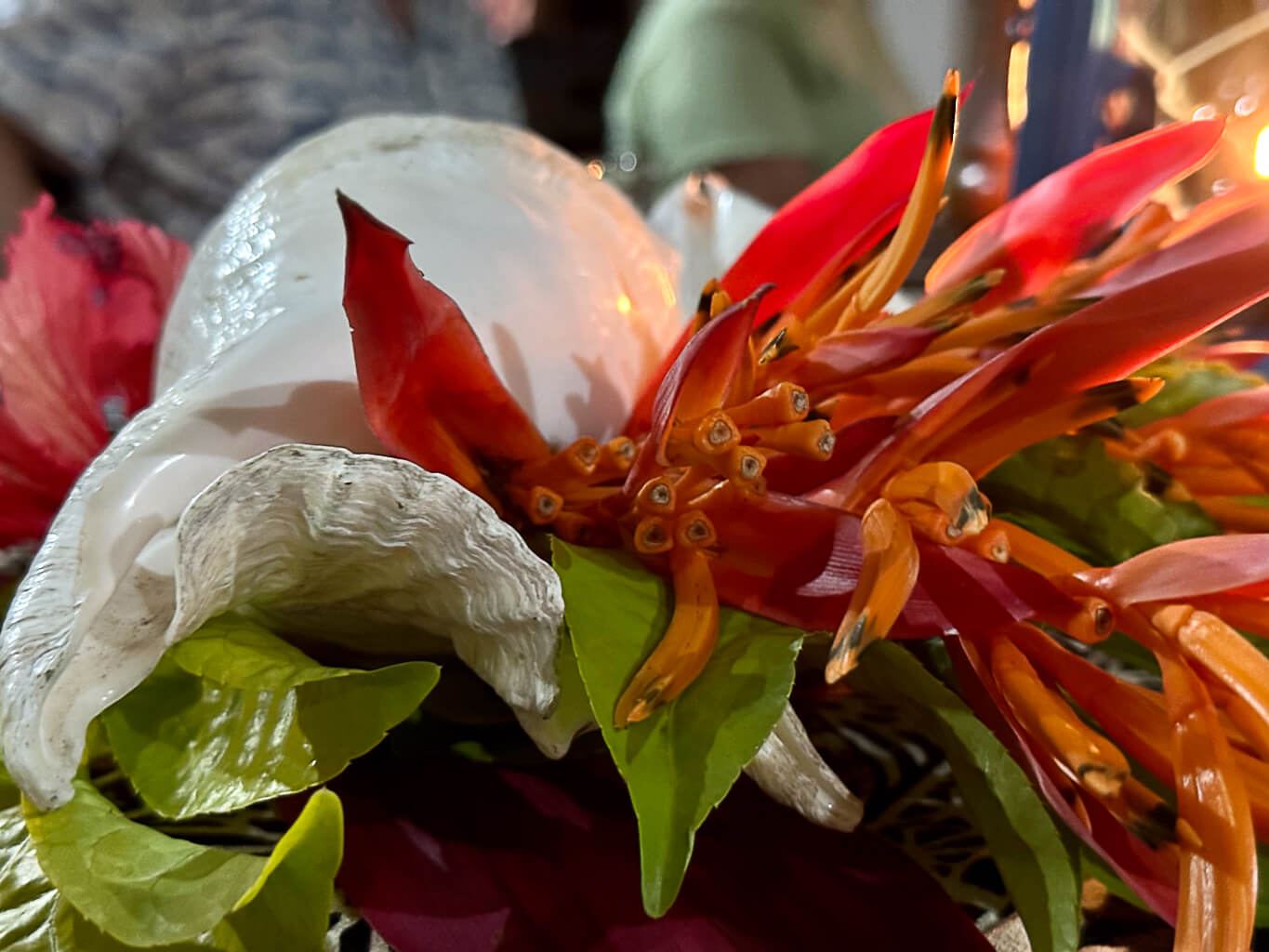
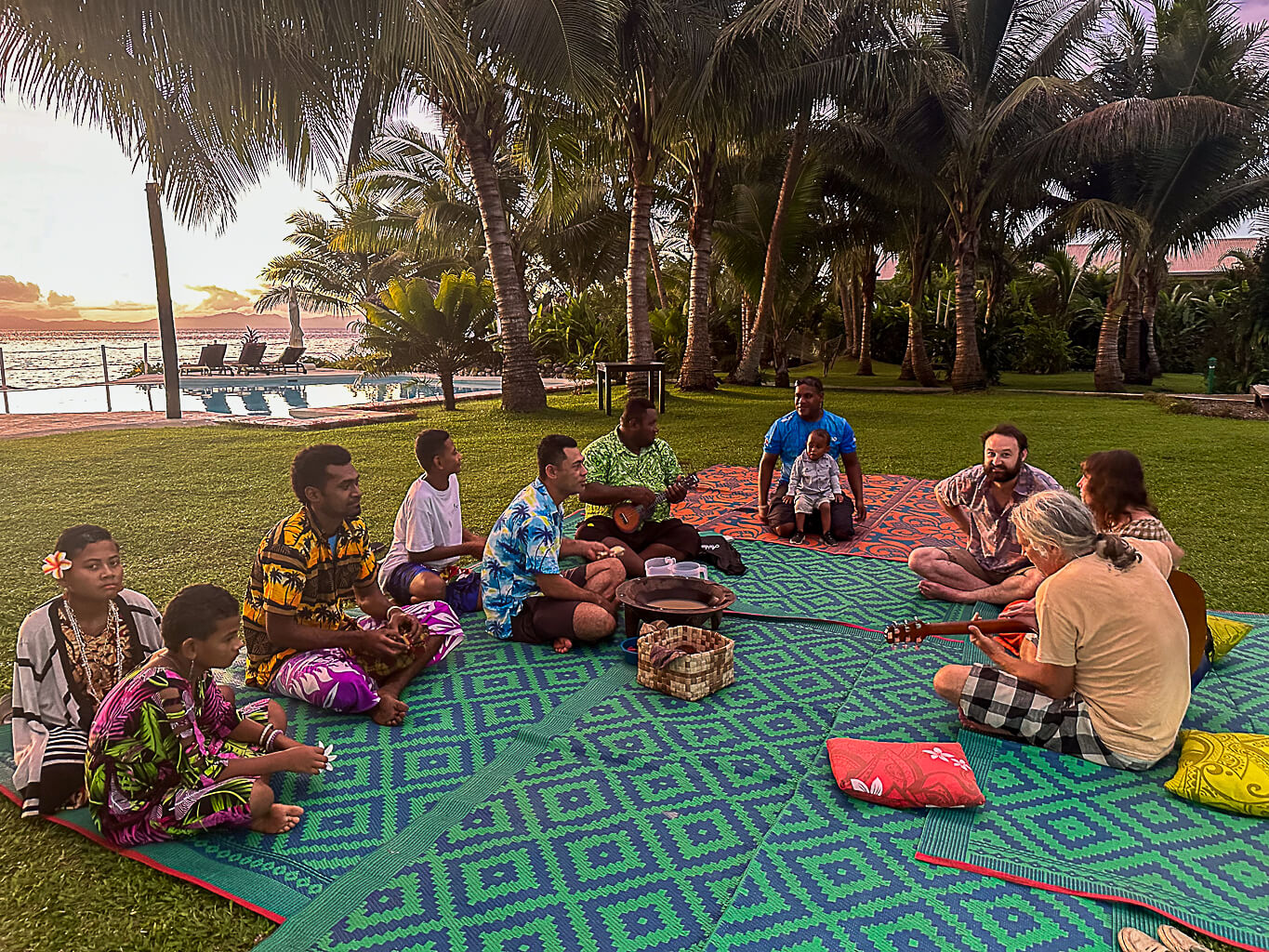


In the bar at Paradise resort, there’s an historically dubious caption pasted on a black and white picture of a dreadlocked Fijian, claiming to be of Udre Udre, famous for eating 872 or 999 people, which raises the question of who’s keeping those records? Seems a bit incredible until google informs you that the average American will consume 7,000 animals in a lifetime (vegetarianism anyone?). ~MS
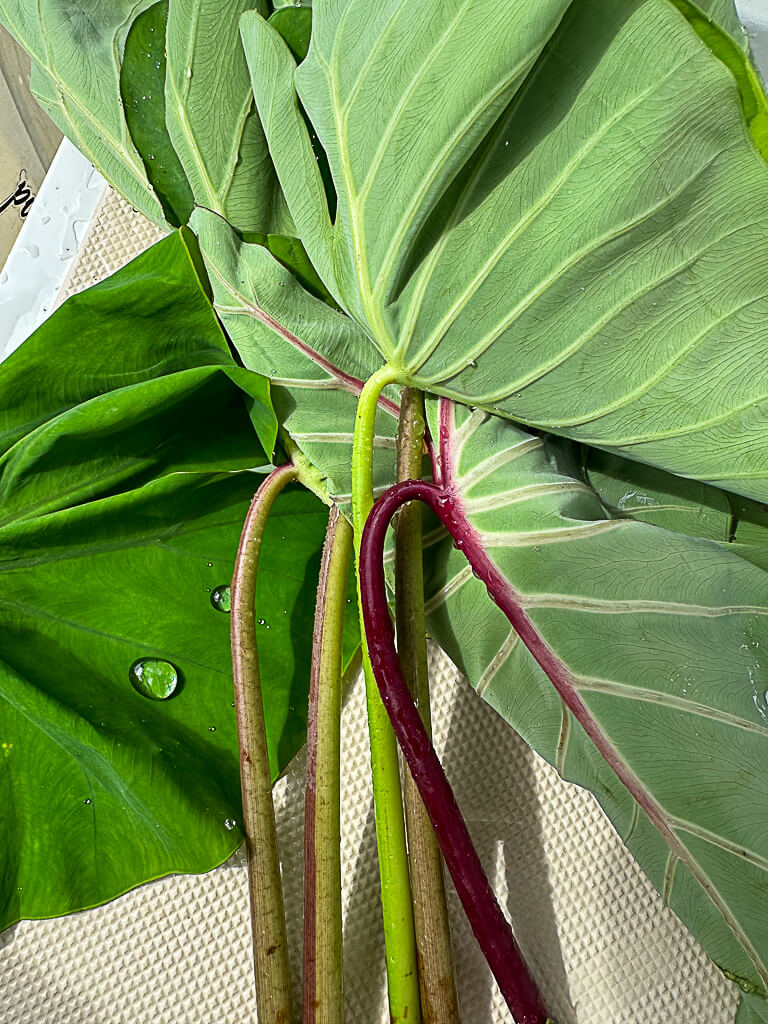

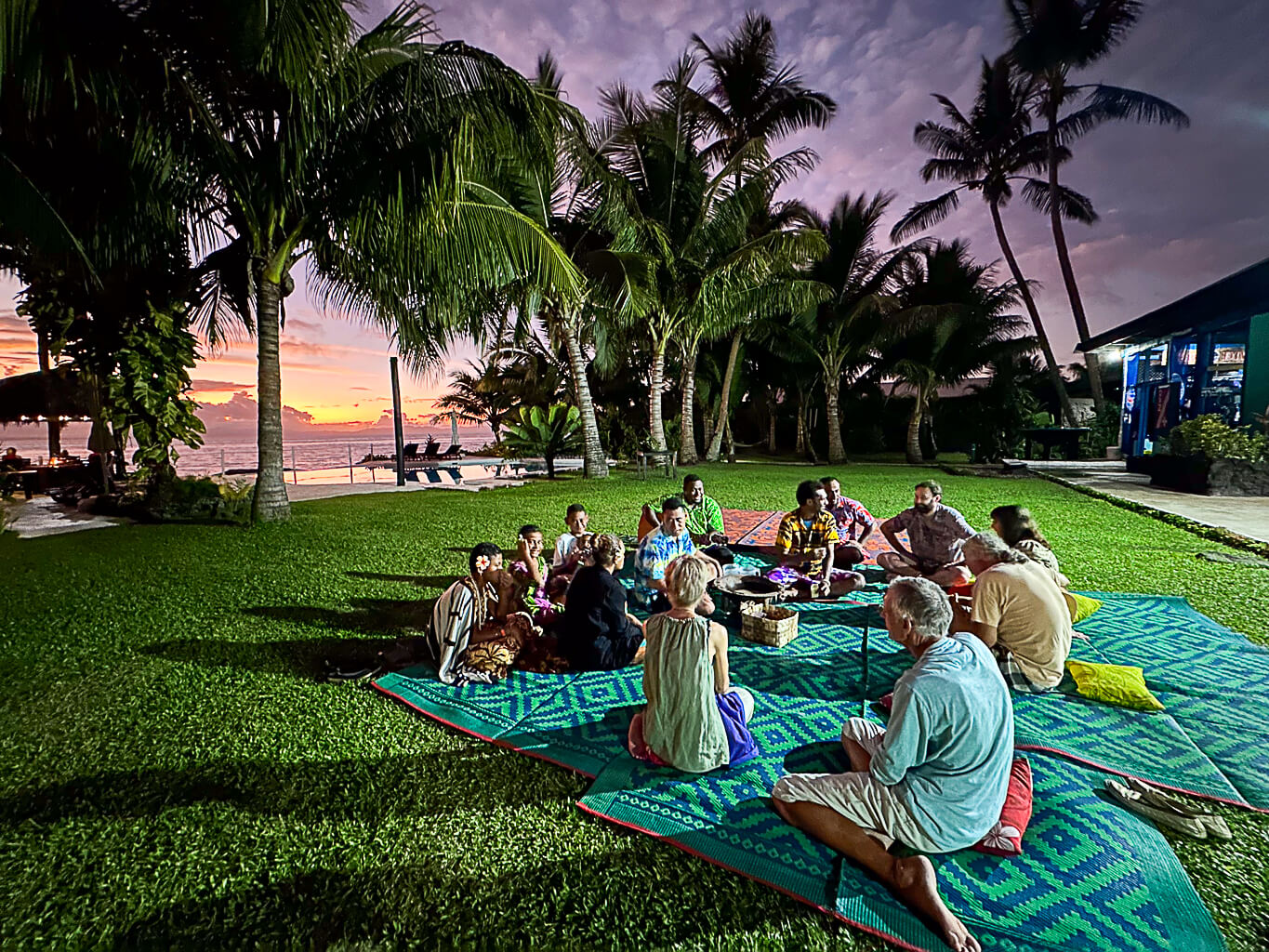

from a joy perspective than any other village ceremony.
“Fiji night” kava and a guitar missing the D string. Traditional dances offered by the employees (which they must learn as kids) casual enough to feel authentic. We share the end of the table with doctors and nurses from San Diego who come to the island each year to volunteer their services for local women, long days providing surgeries that otherwise require a long trip to the mainland. Paradise is their reward at the end of a non-stop week. ~MS
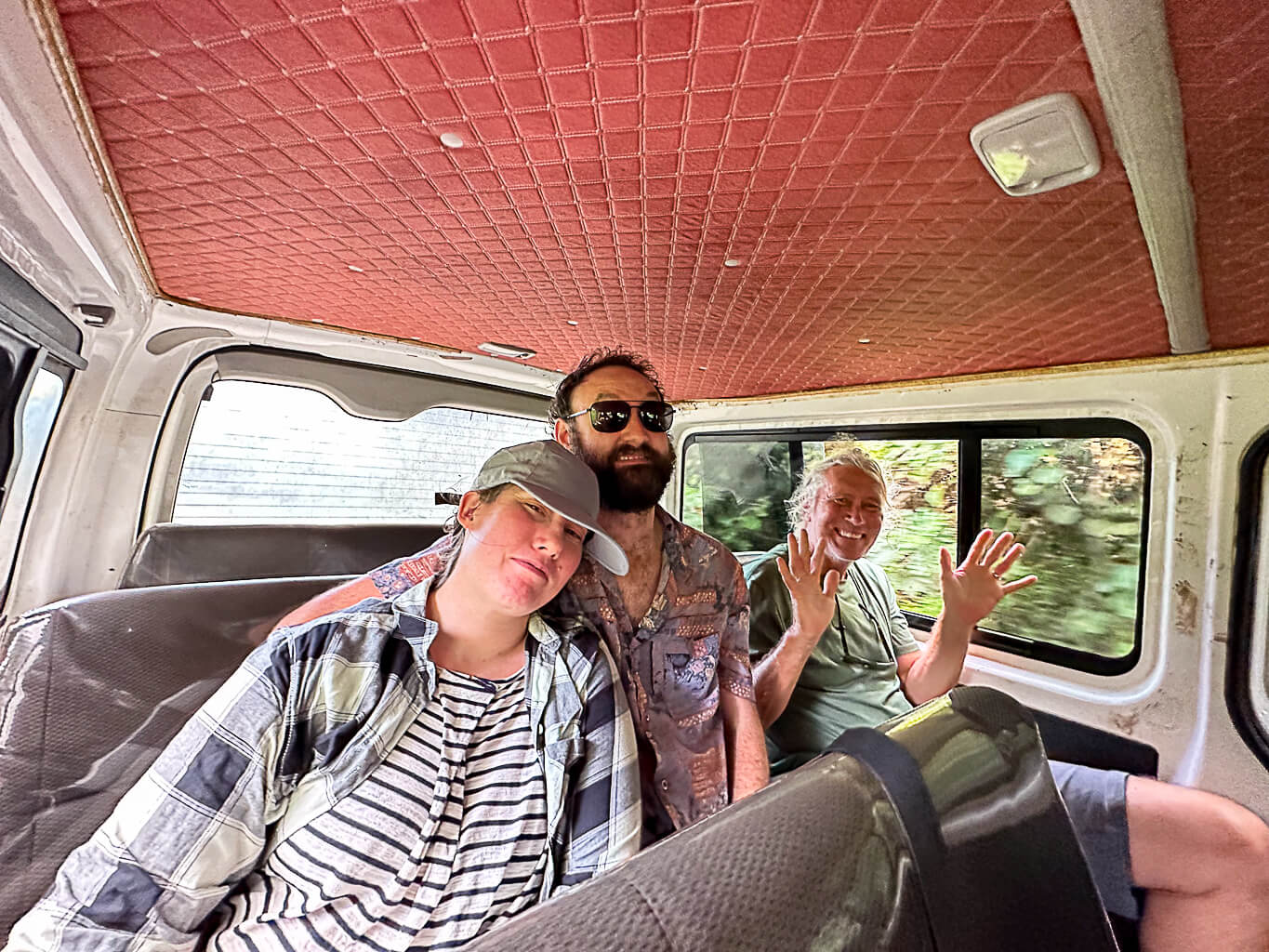
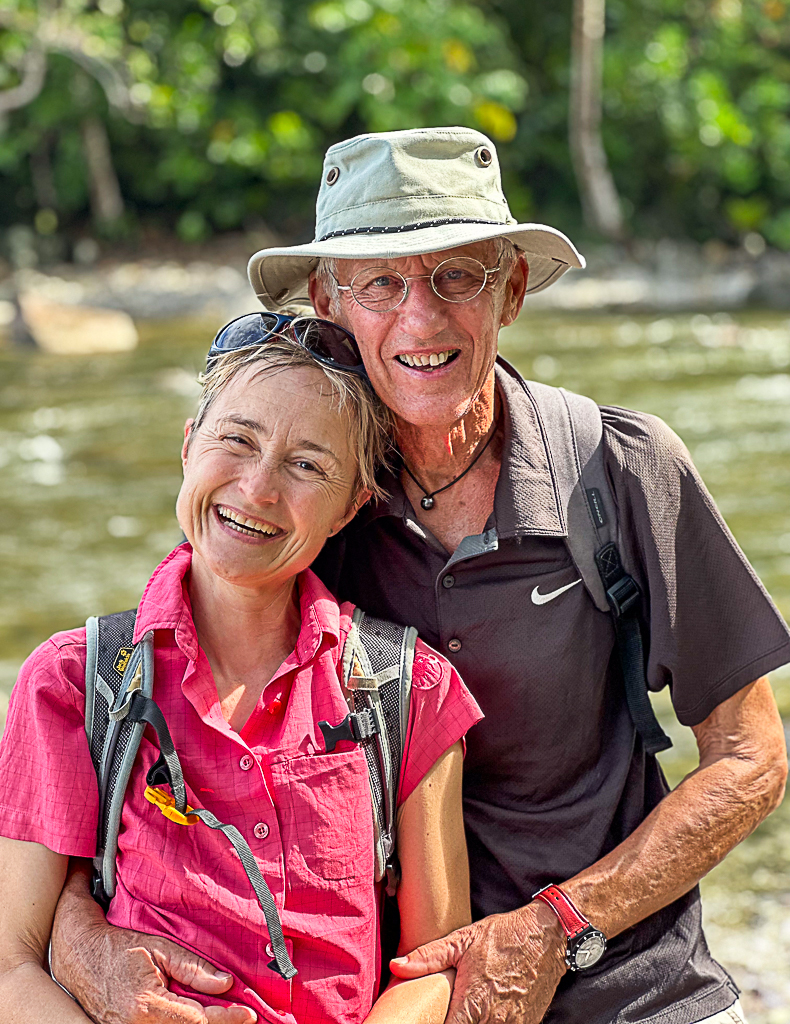
Liam remarked on the mighty trees that line the long ride down the island of Taveuni, arched over the battered road, lush and green. Glimpses of the blue tropical water in the Somosomo Strait between Vanua Levu and Fiji’s rainiest island. Here’s where the 180th meridian plays funny games with our navigation programs, and astronomically speaking the date should properly change. The dive resort at the end of Taveuni, calls itself Paradise. “Welcome to Paradise” probably gets old for the staff. Or maybe not. Green vines with blue flowers tumble down black volcanic rocks and red dirt off shore. After school, kids leap into the gentle blue surge in the glowing warm sunset. Tucked under the dock a frog fish holds perfectly still, out by the yellow can bouy, blue ribbon eels poke their heads out of the sand, waving back an forth with as must bluster as they can muster. ~MS

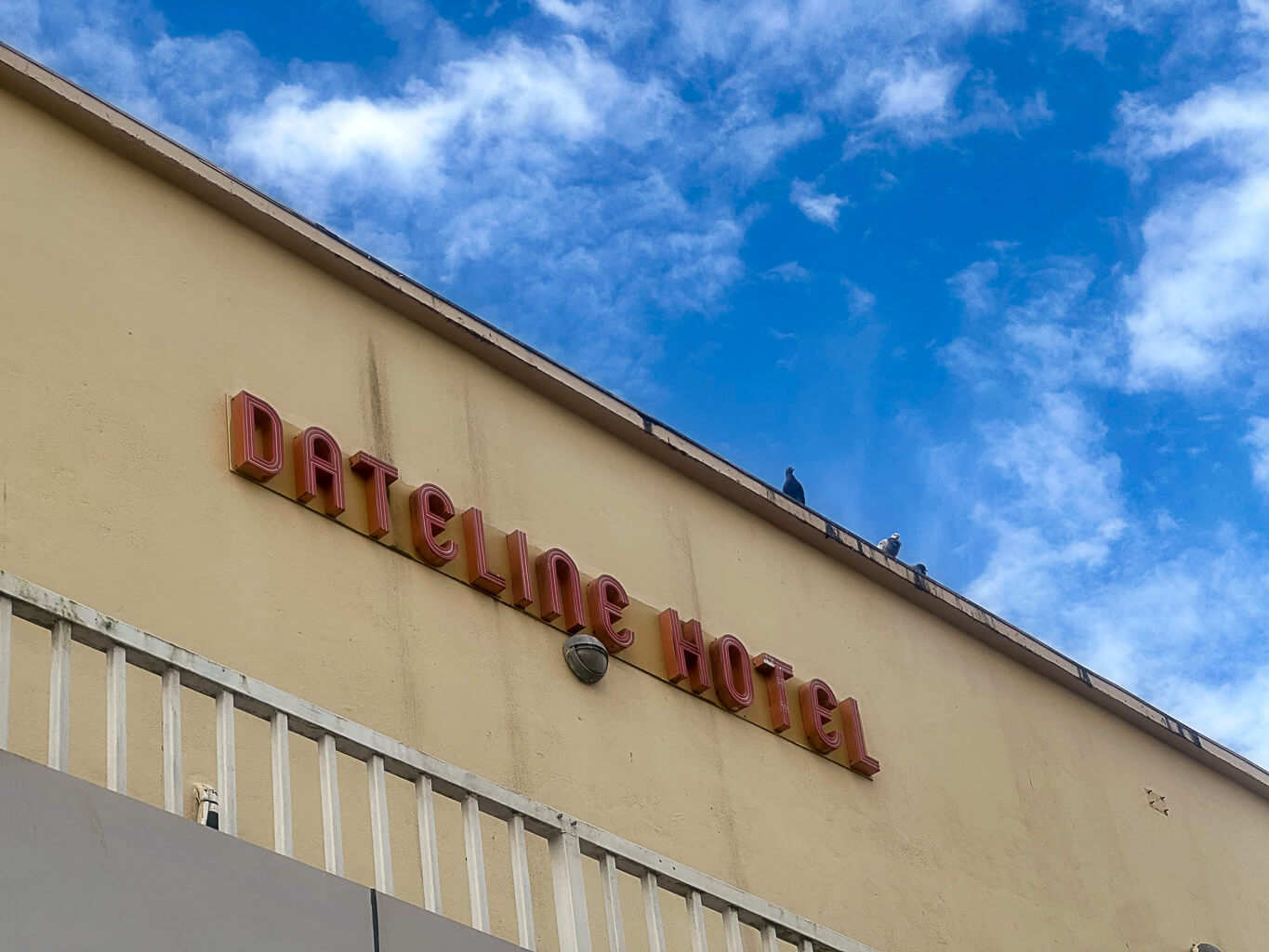

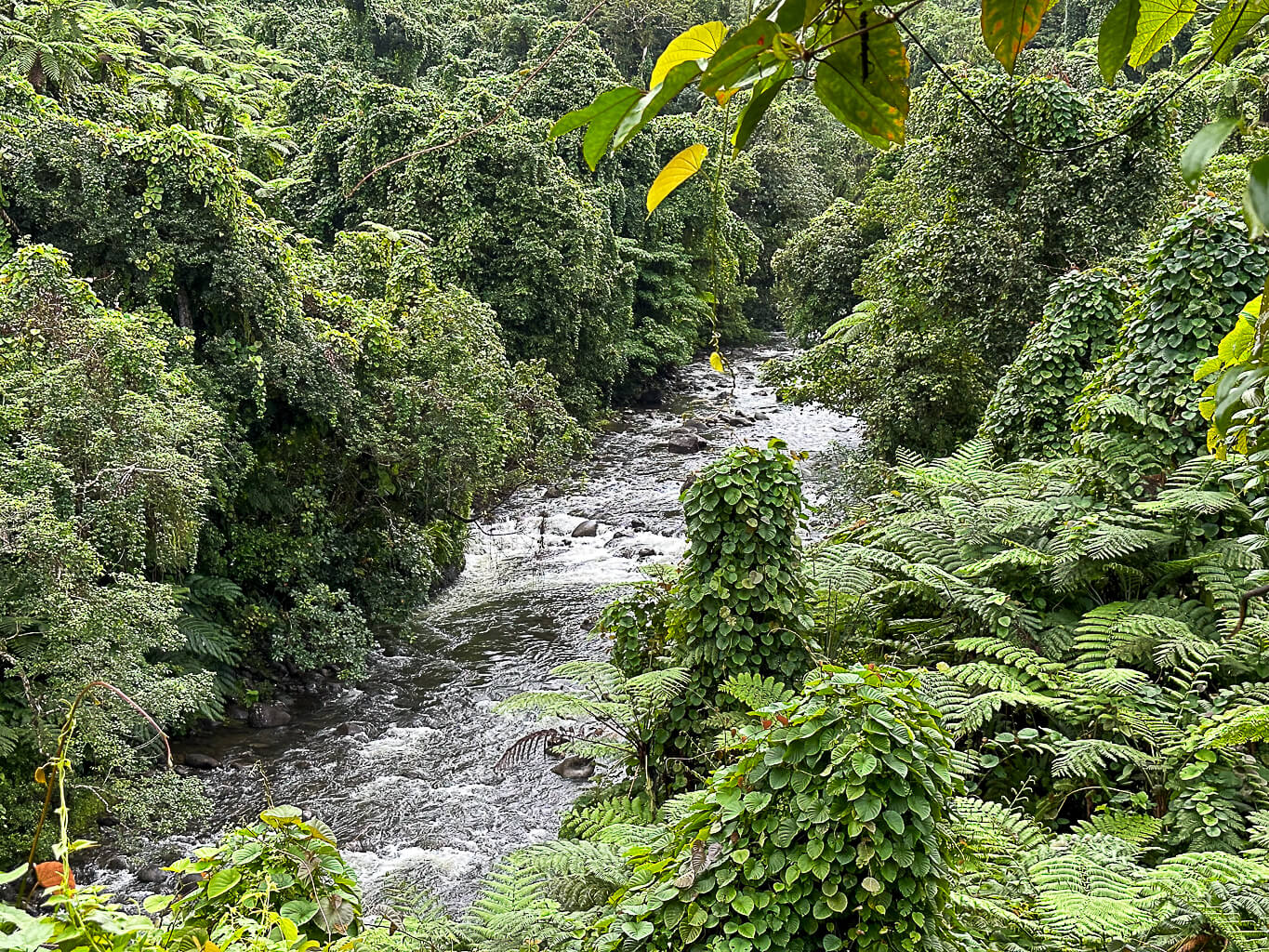

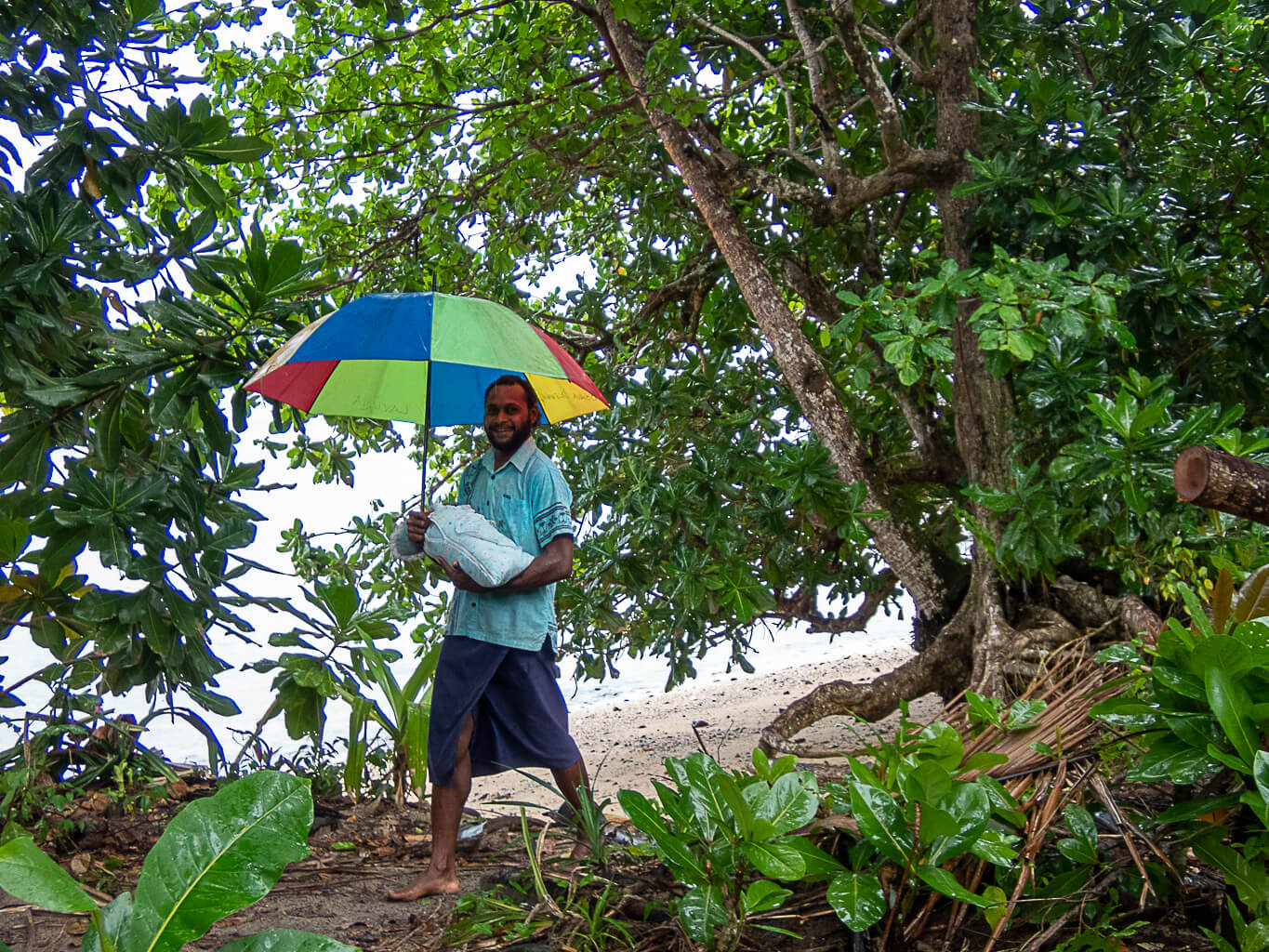
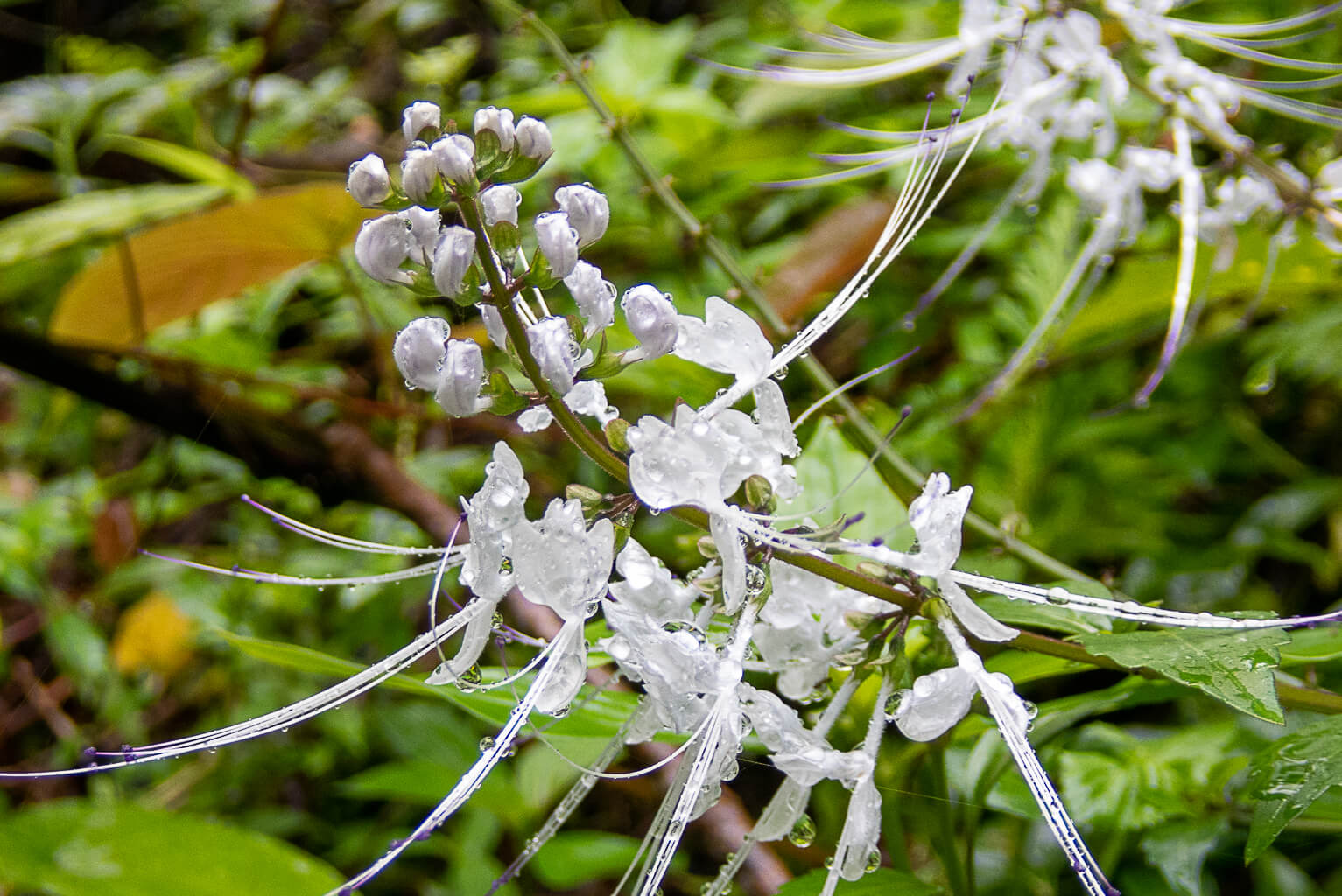
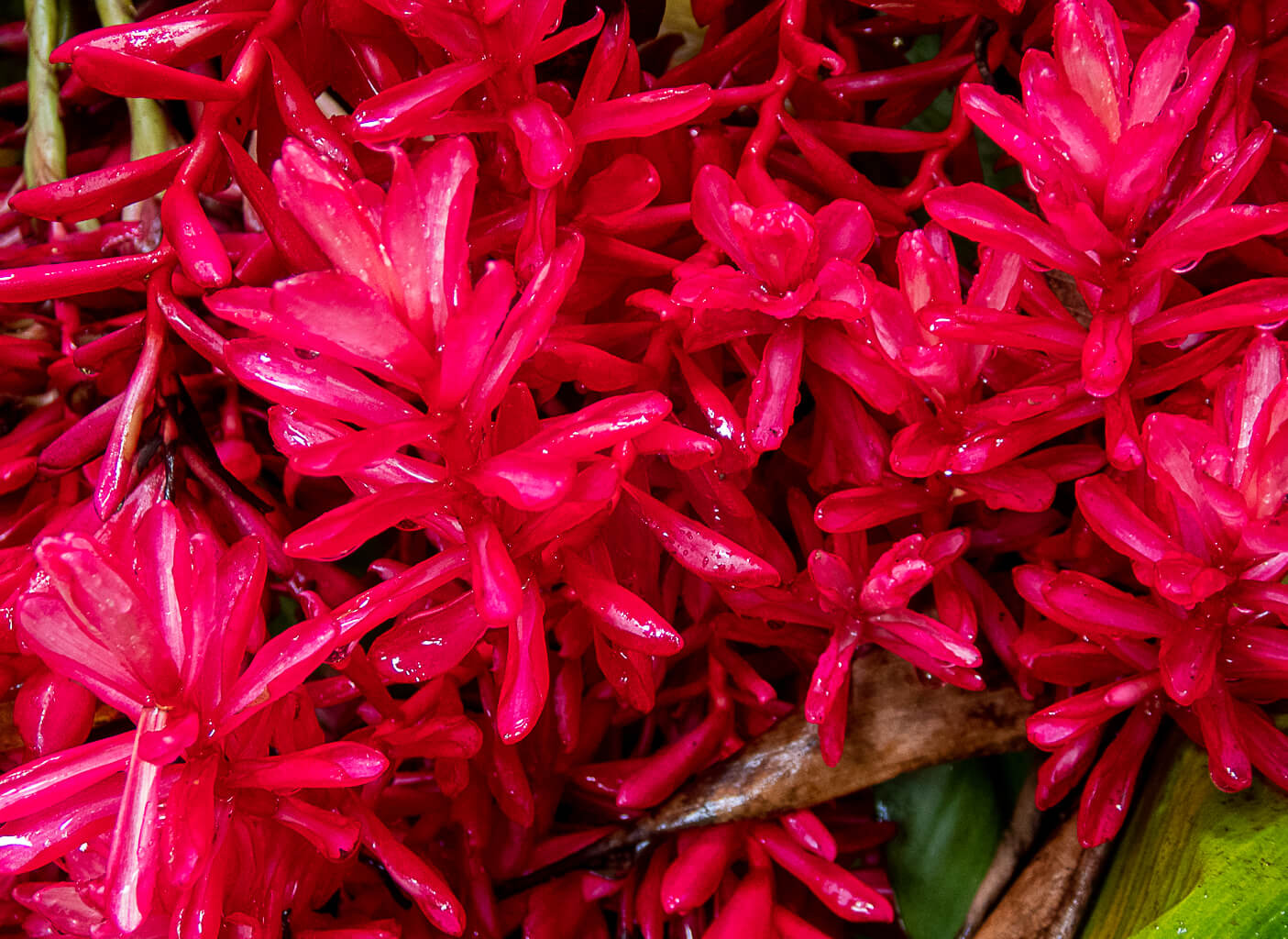
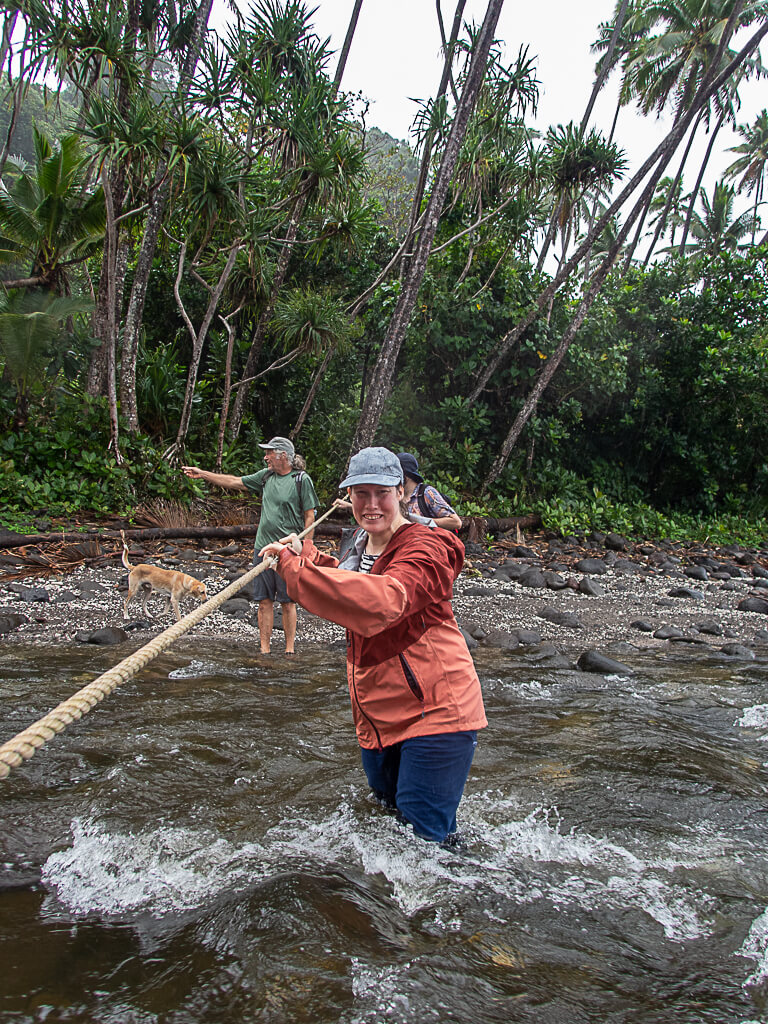
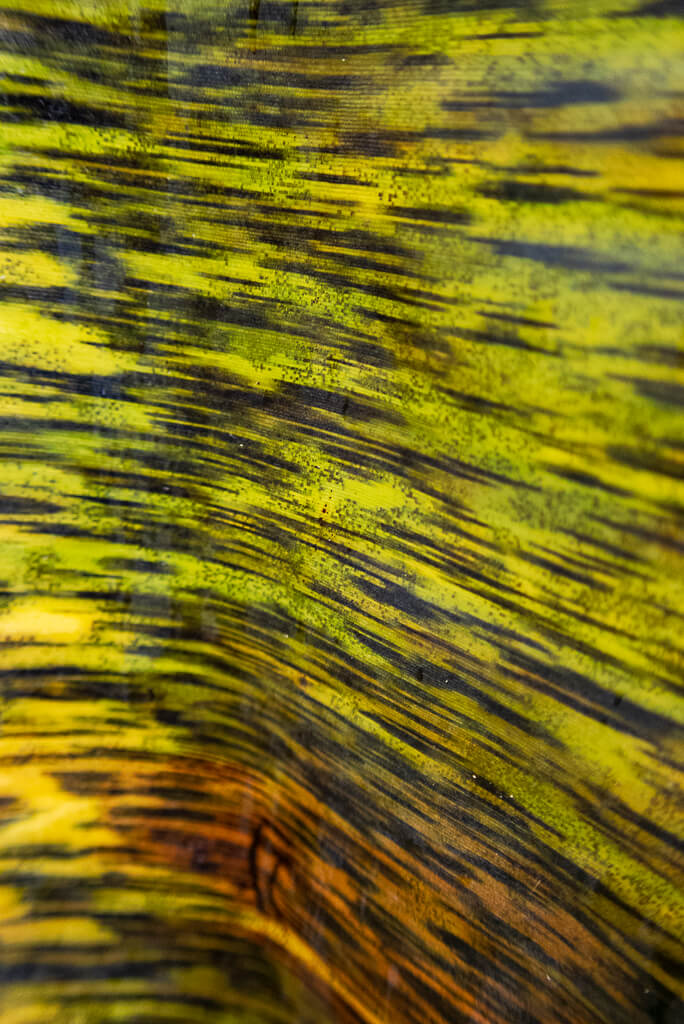

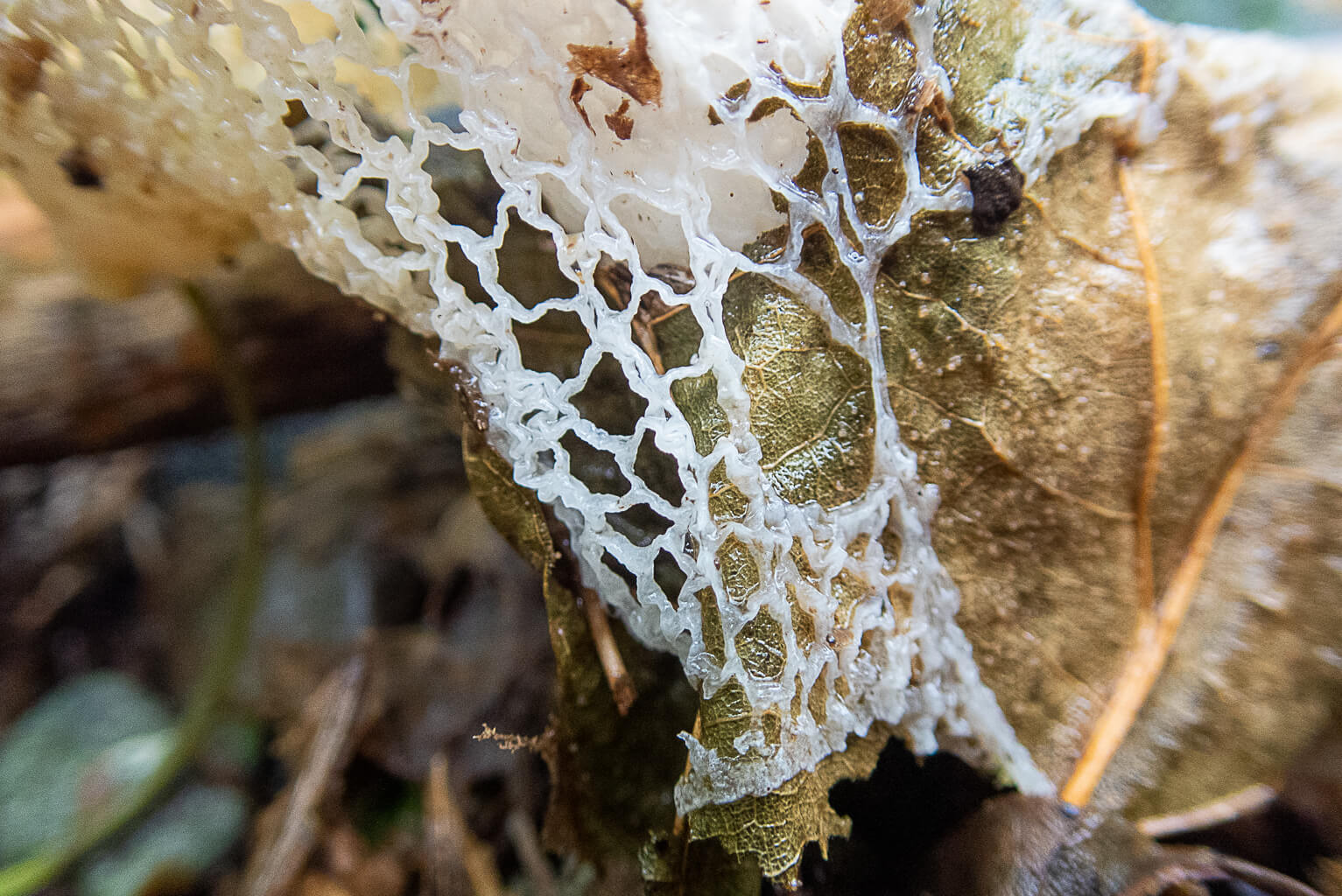
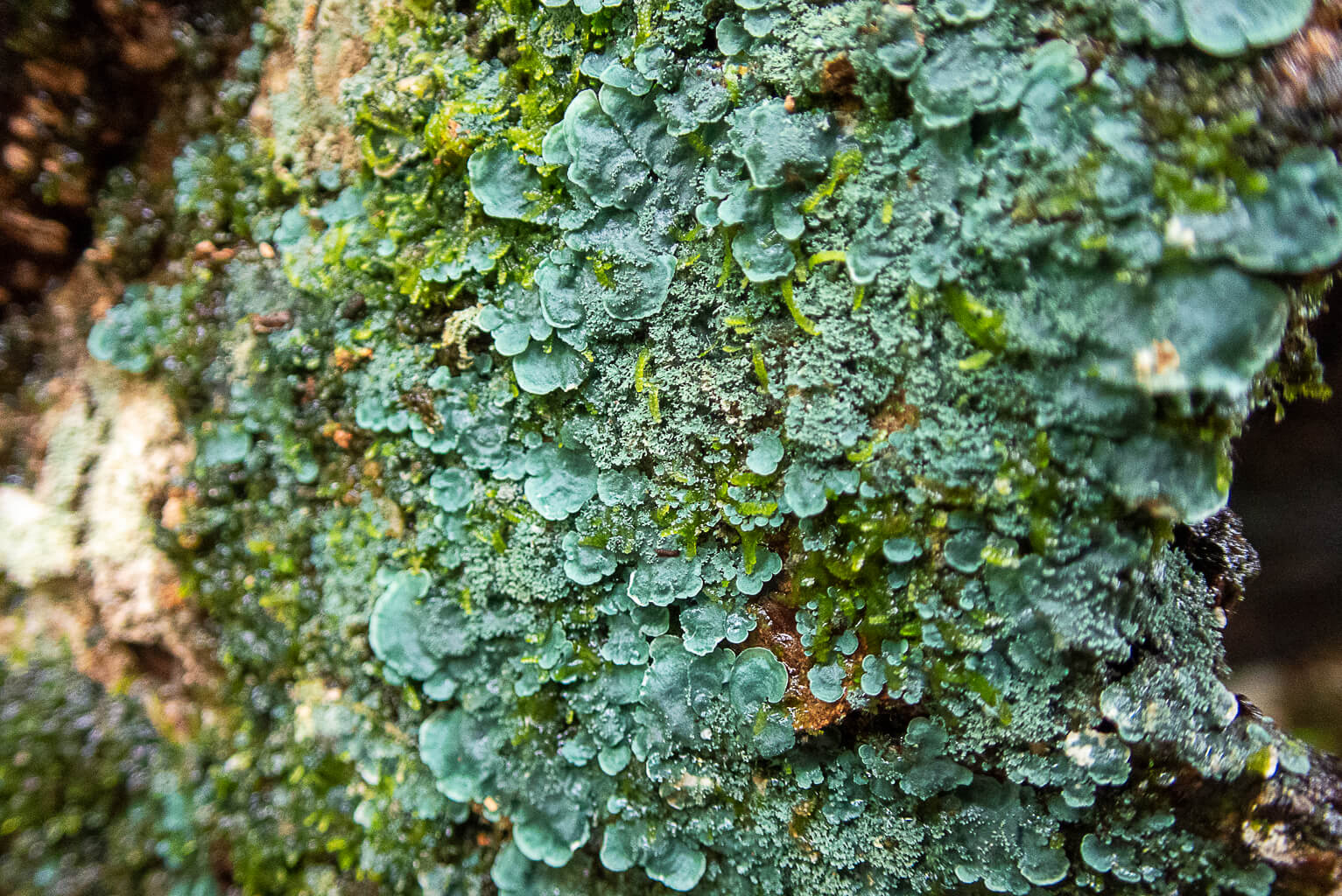

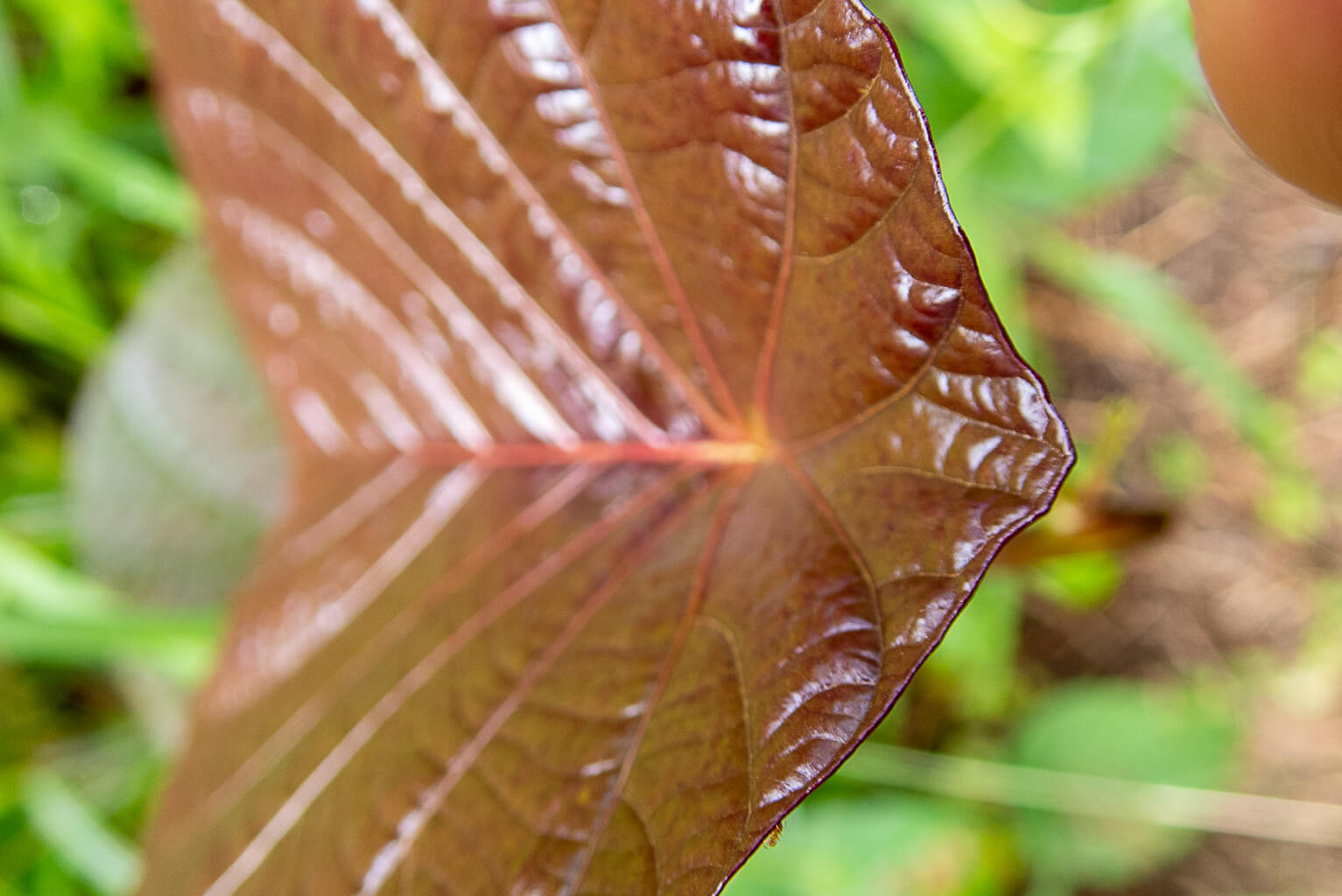
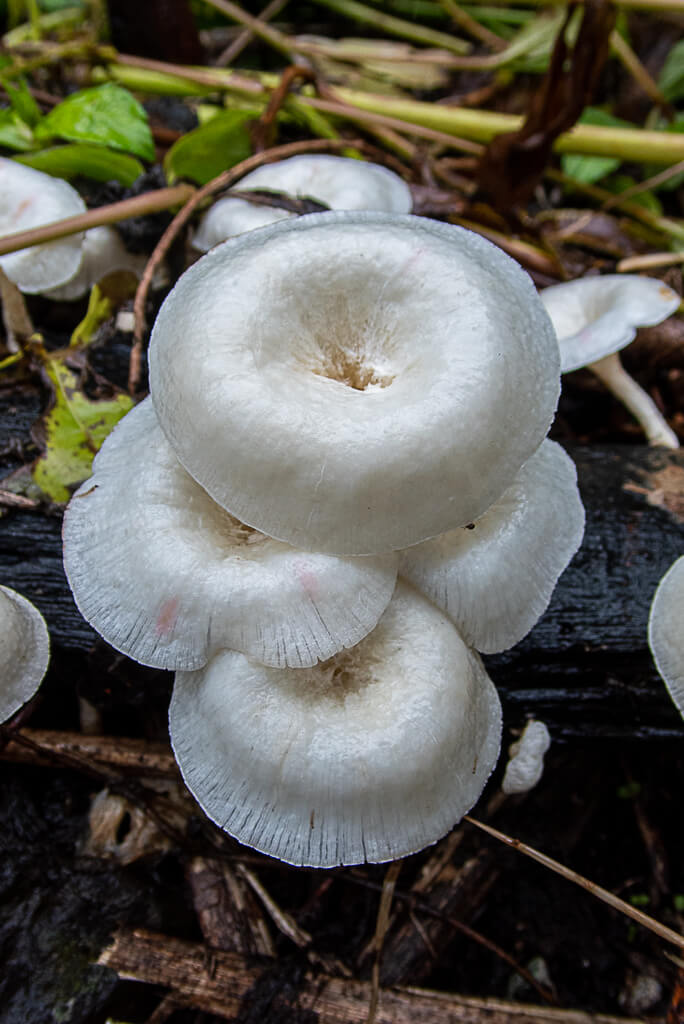
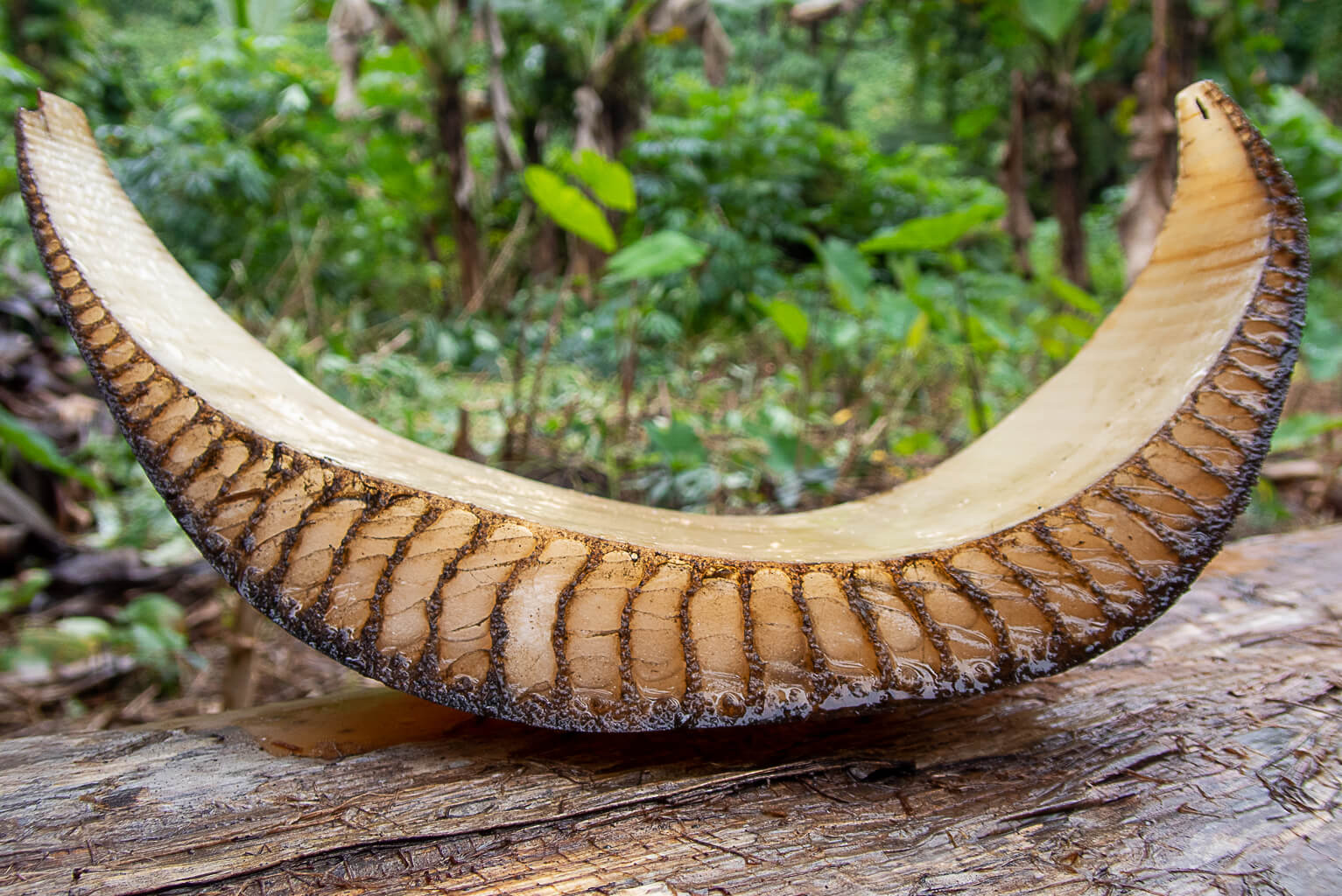

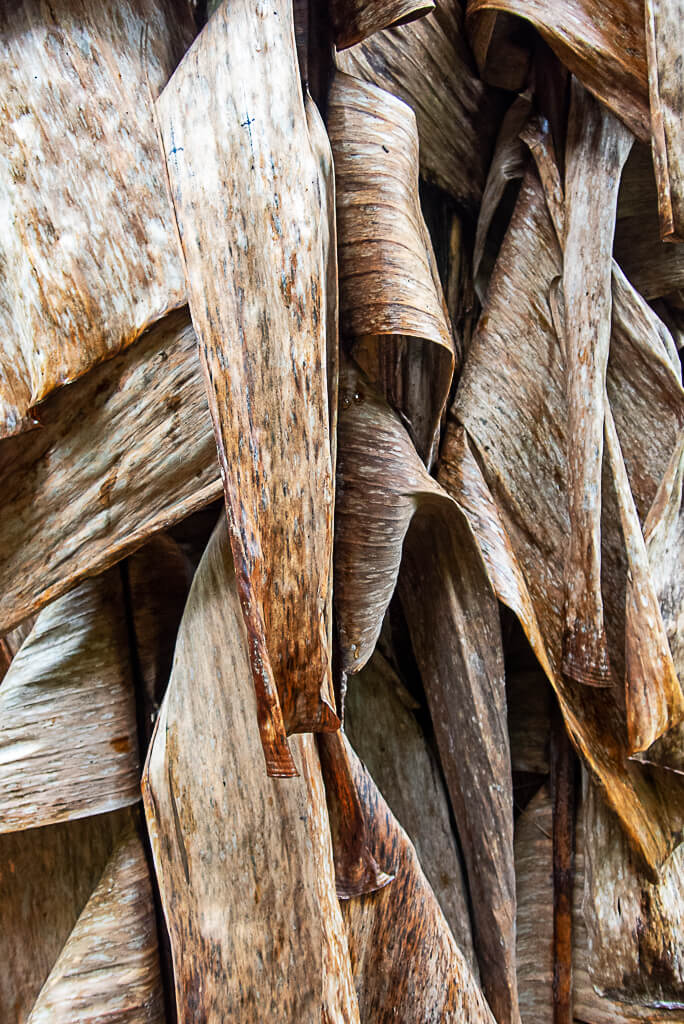
A windy Lavena coastal walk, winding up the luxuriant Wainibau valley to the thundering falls. The usual swim against the current in warm fresh water, clinging to the cliff walls between dashes across the torrent. Liam and Diana make it the whole way. A 70 year old Fijian guide urges his charges on, climbs the cliff for a daring dive he must have made since a child. ~MS
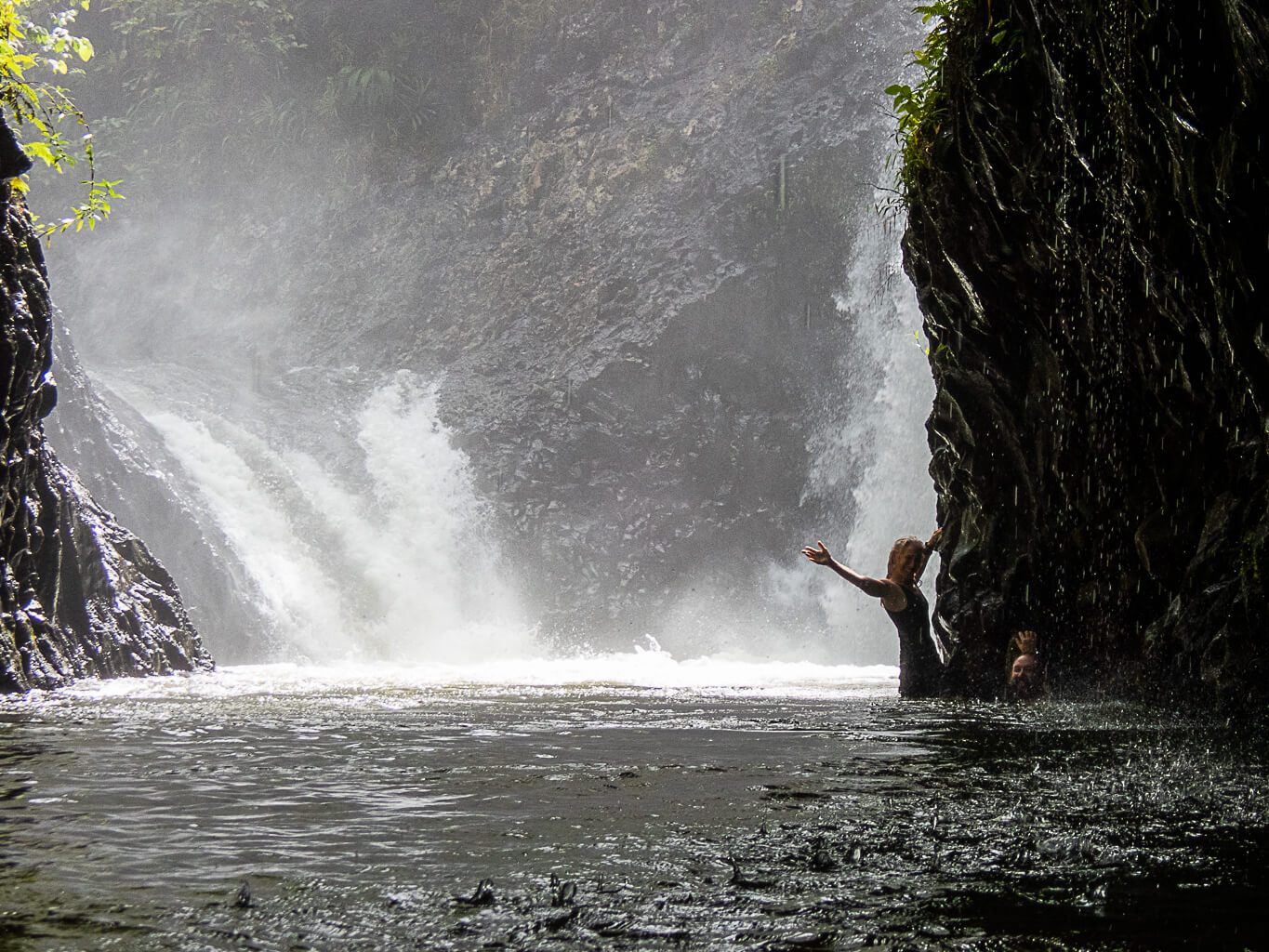
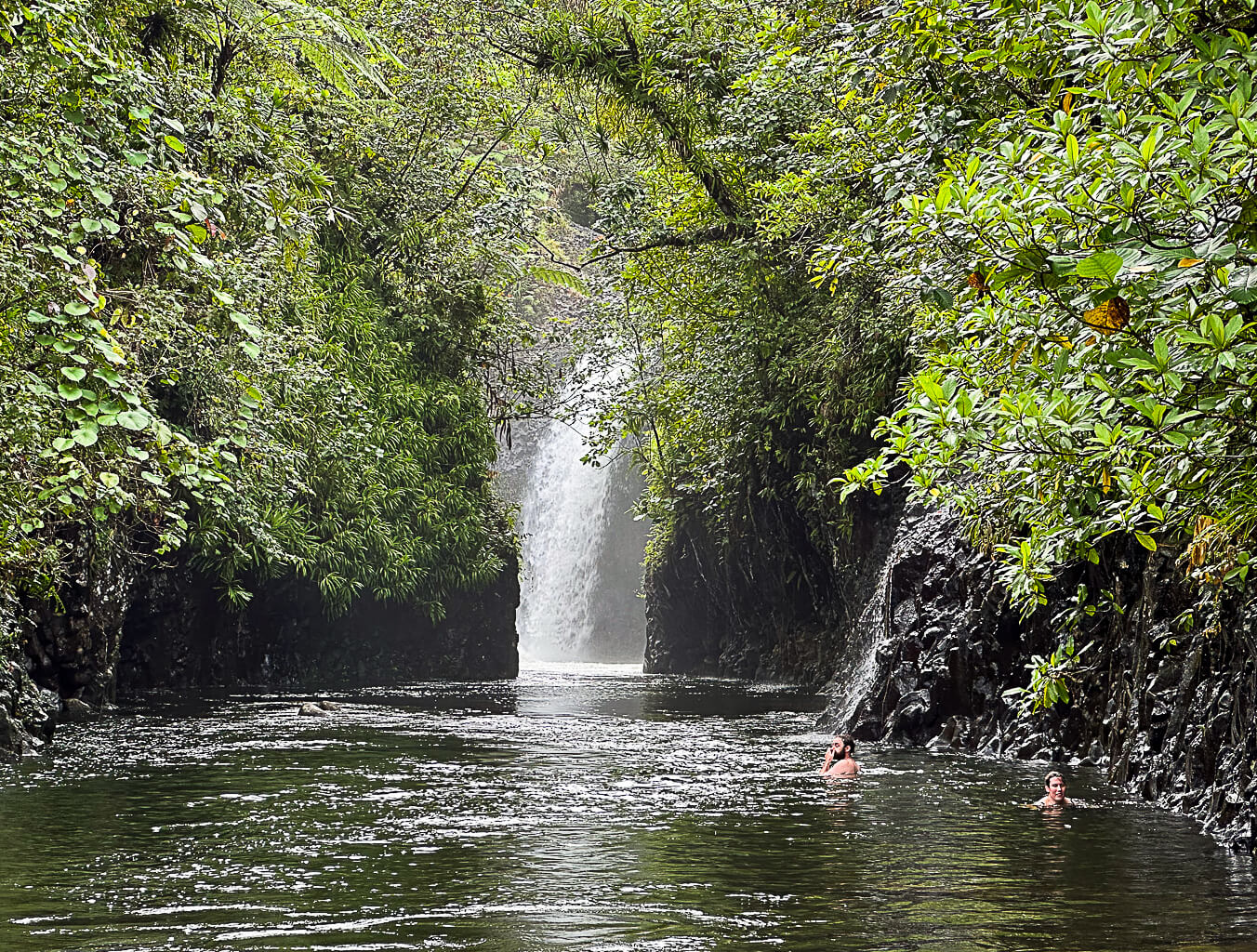
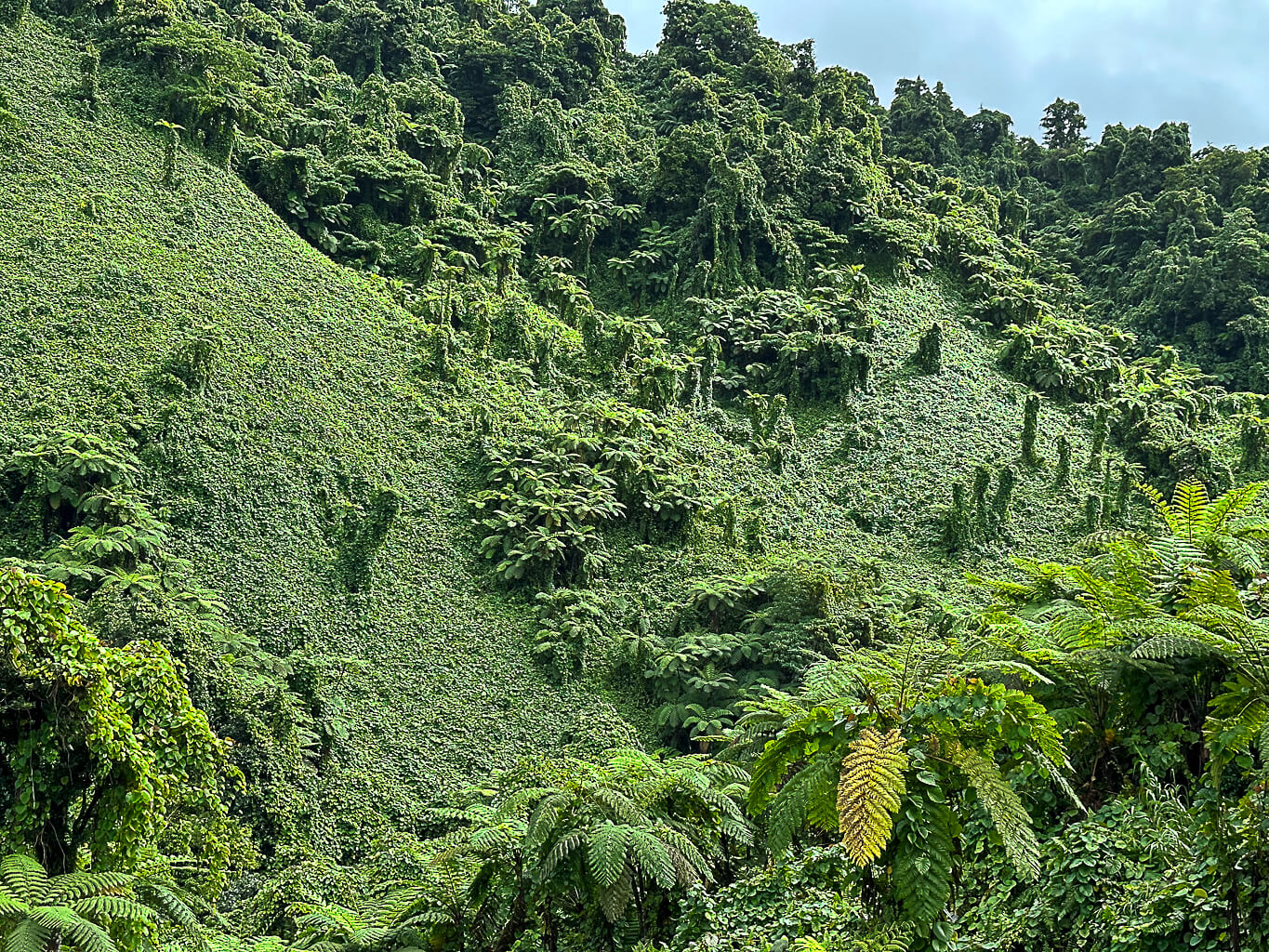



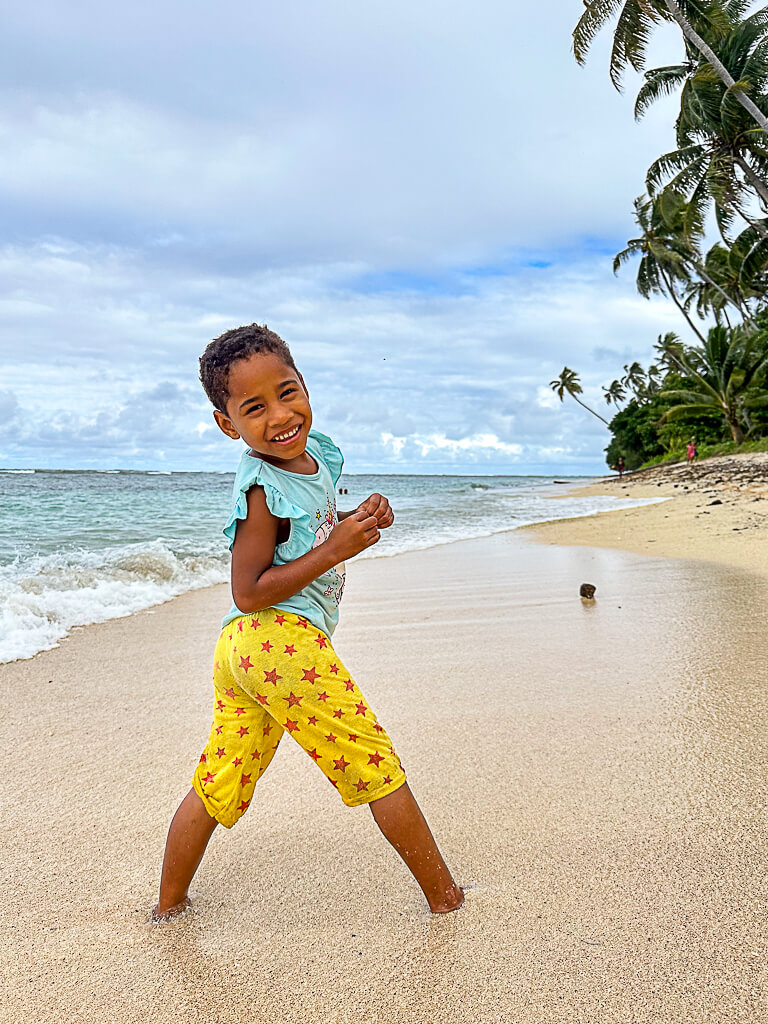
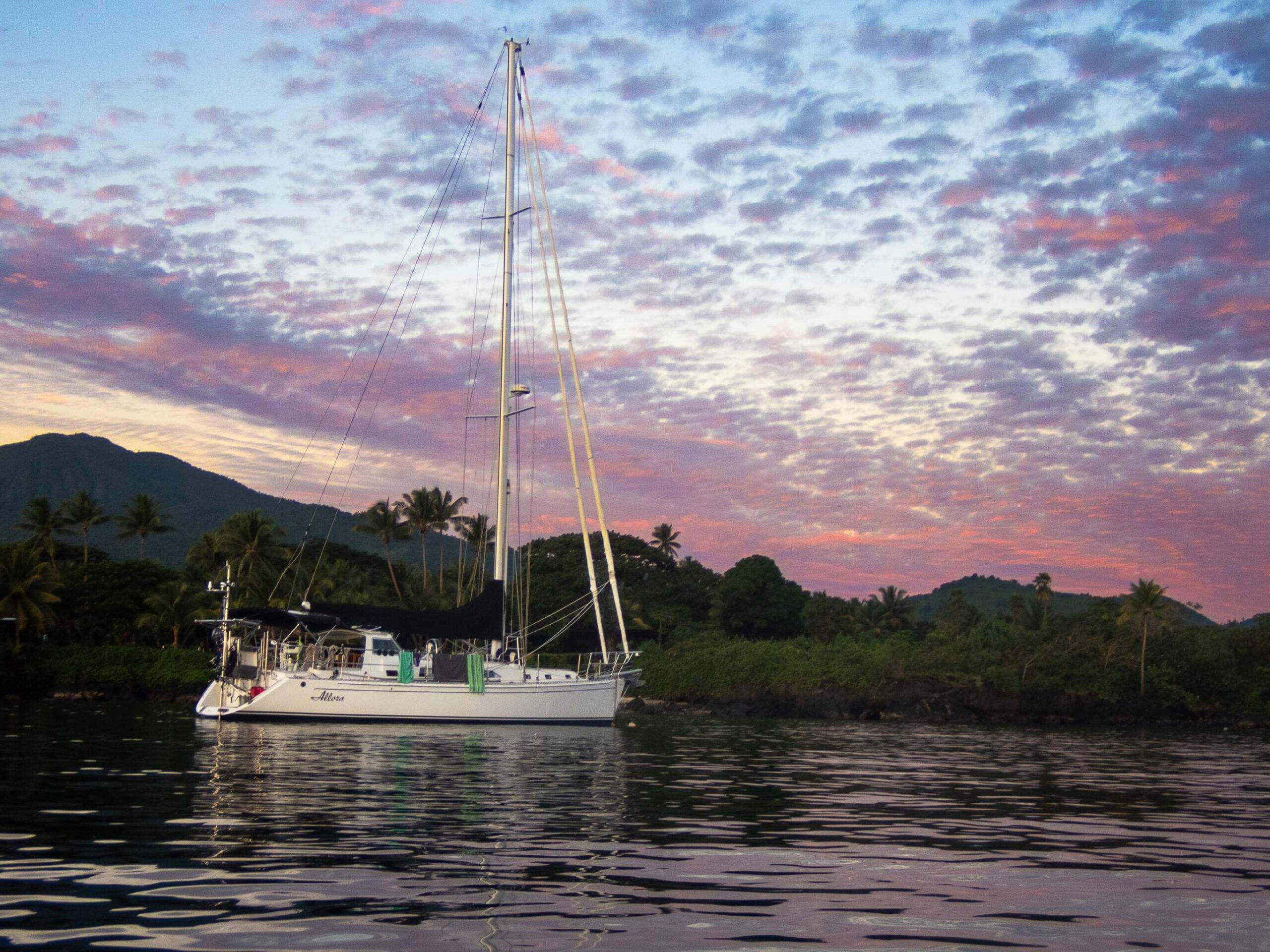
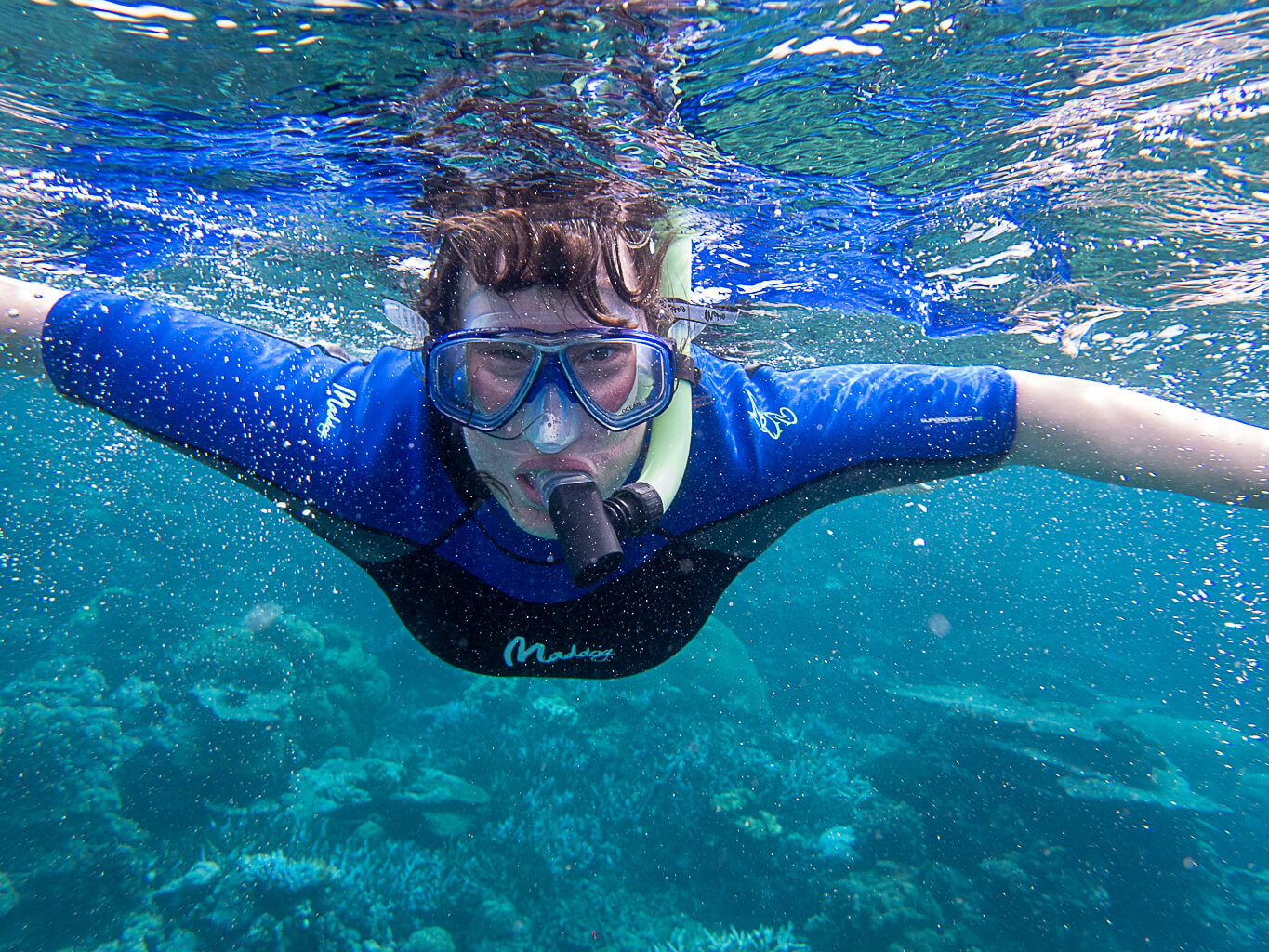

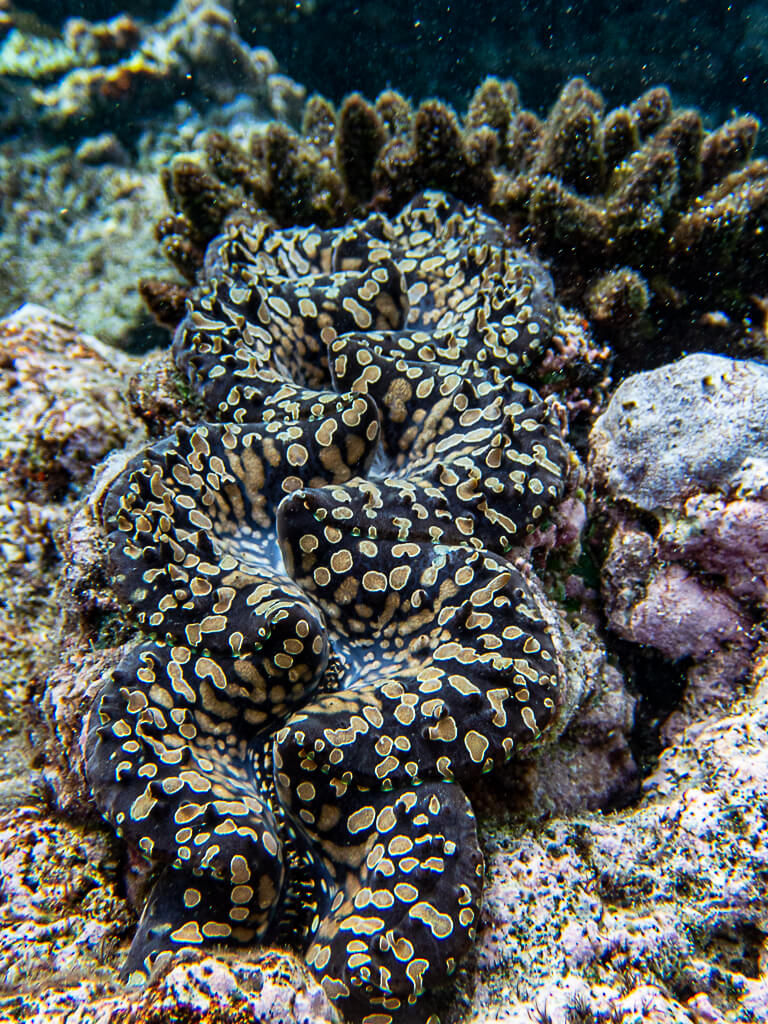
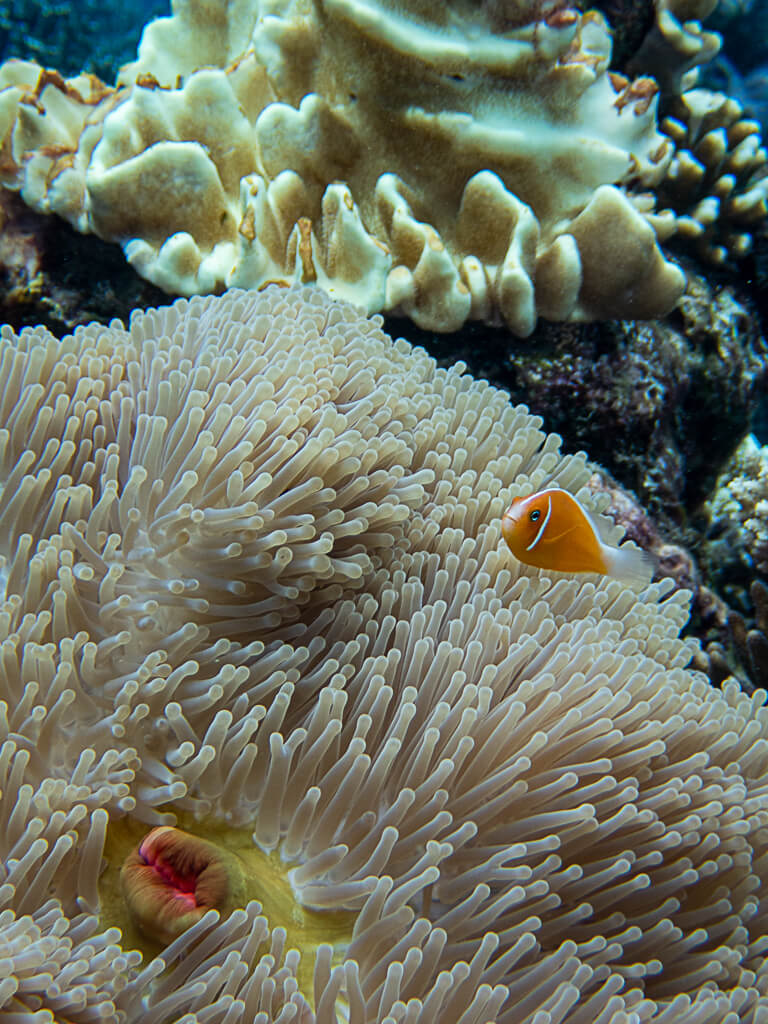
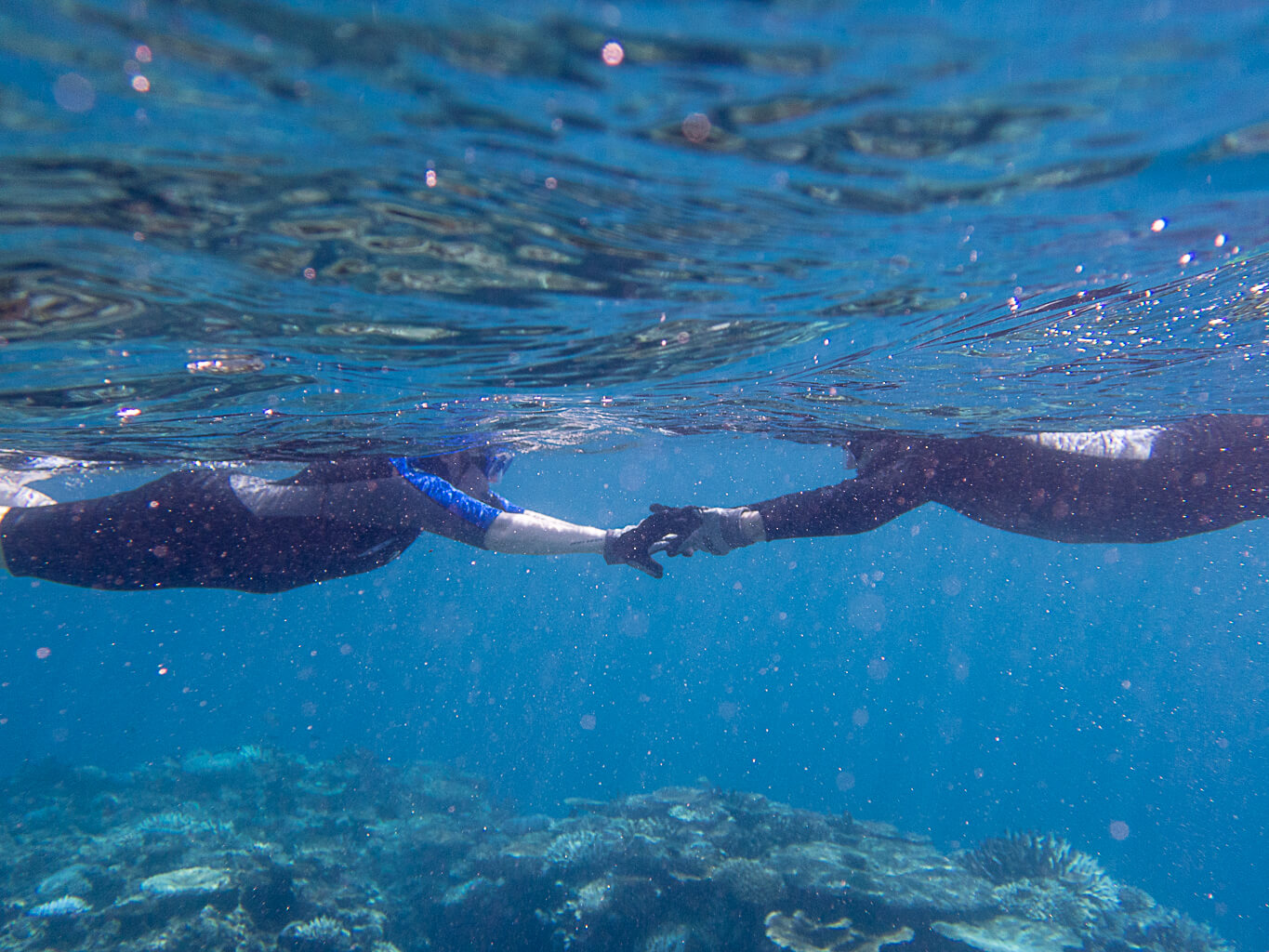

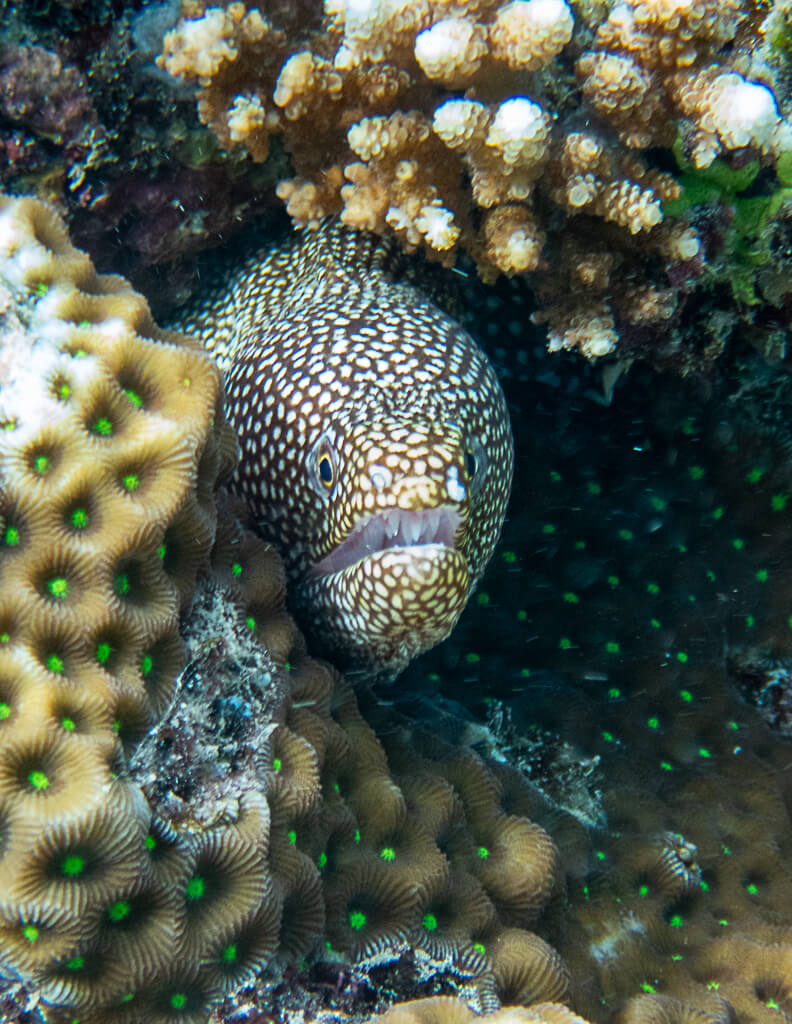
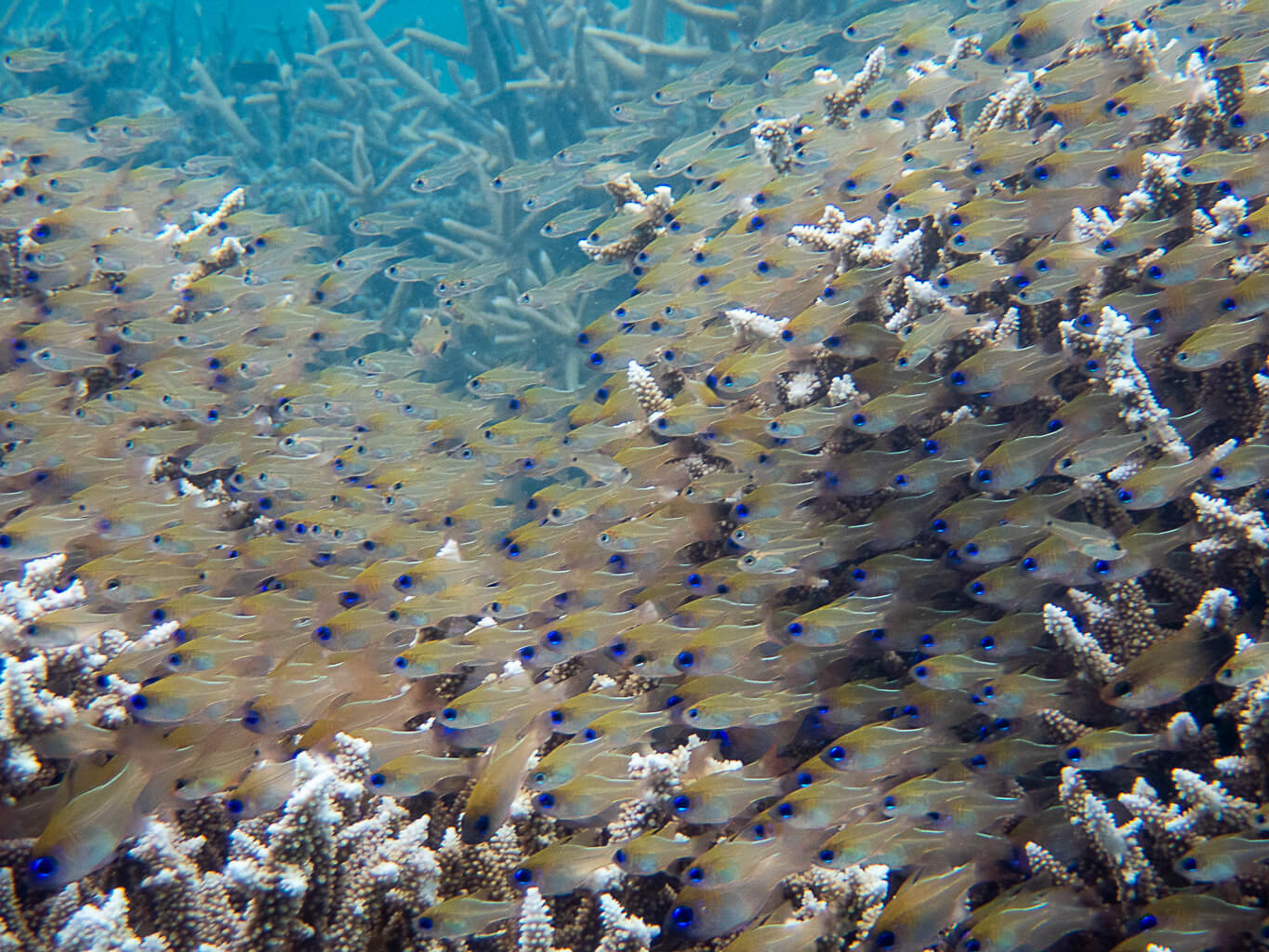
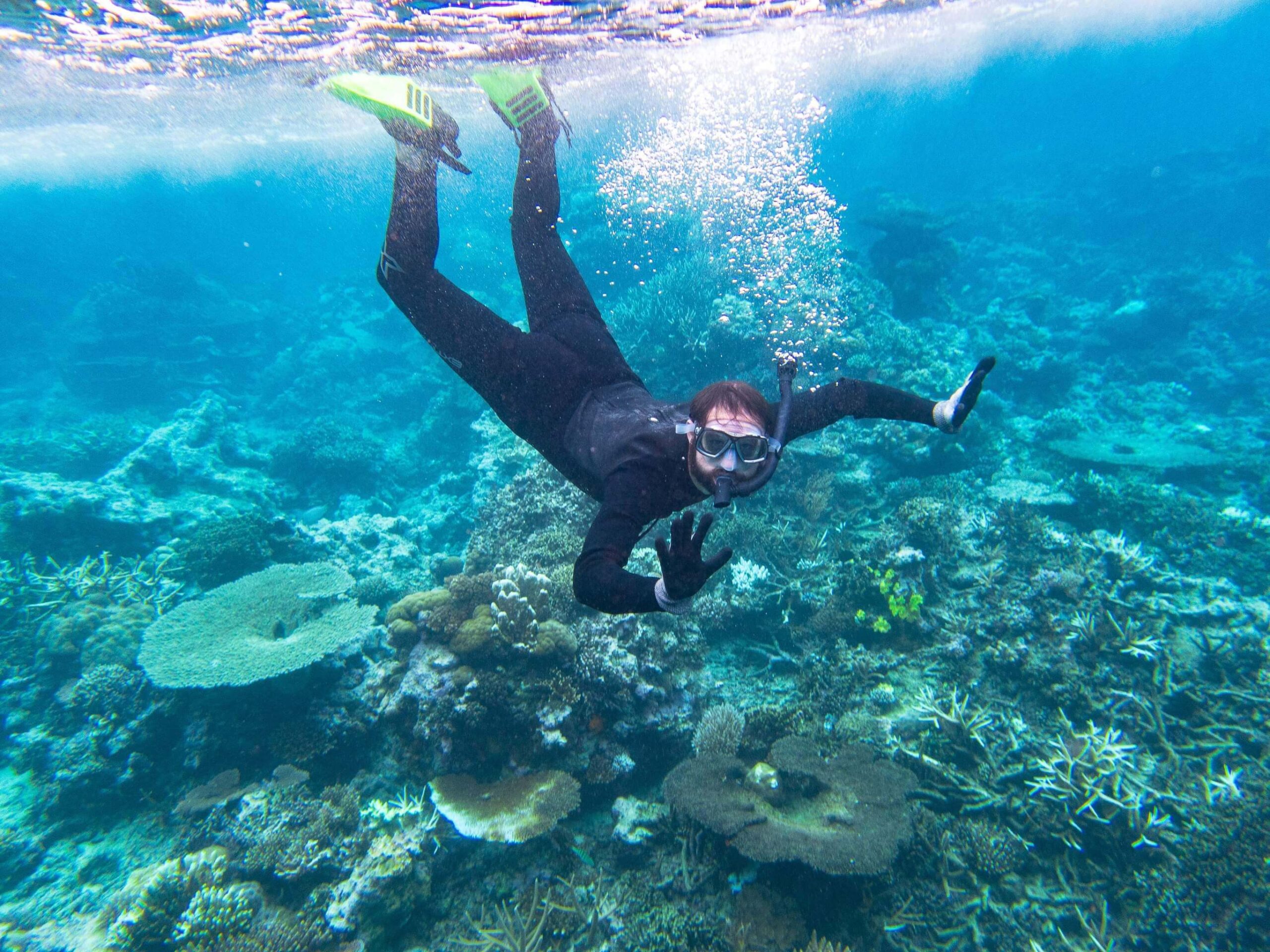
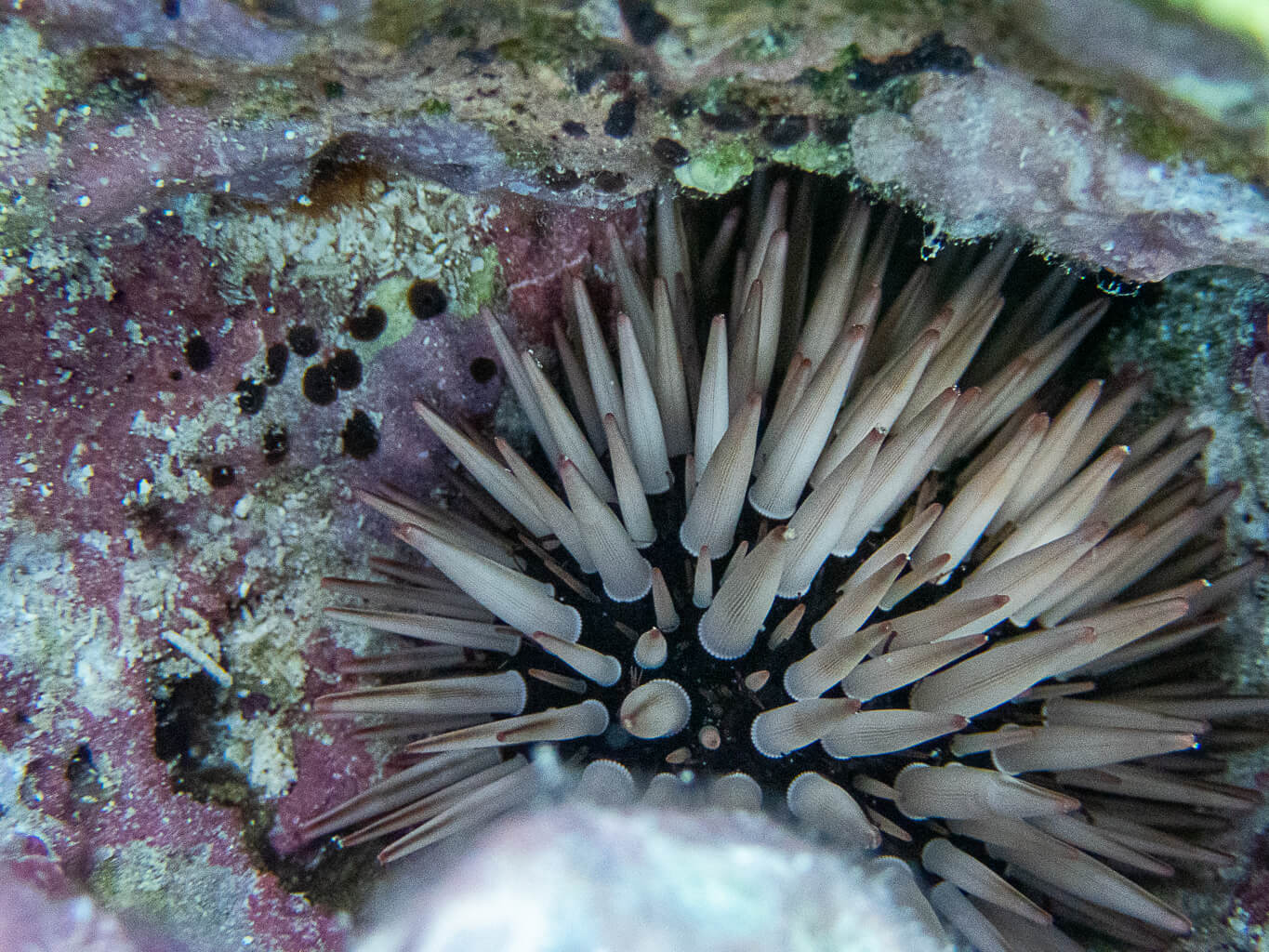
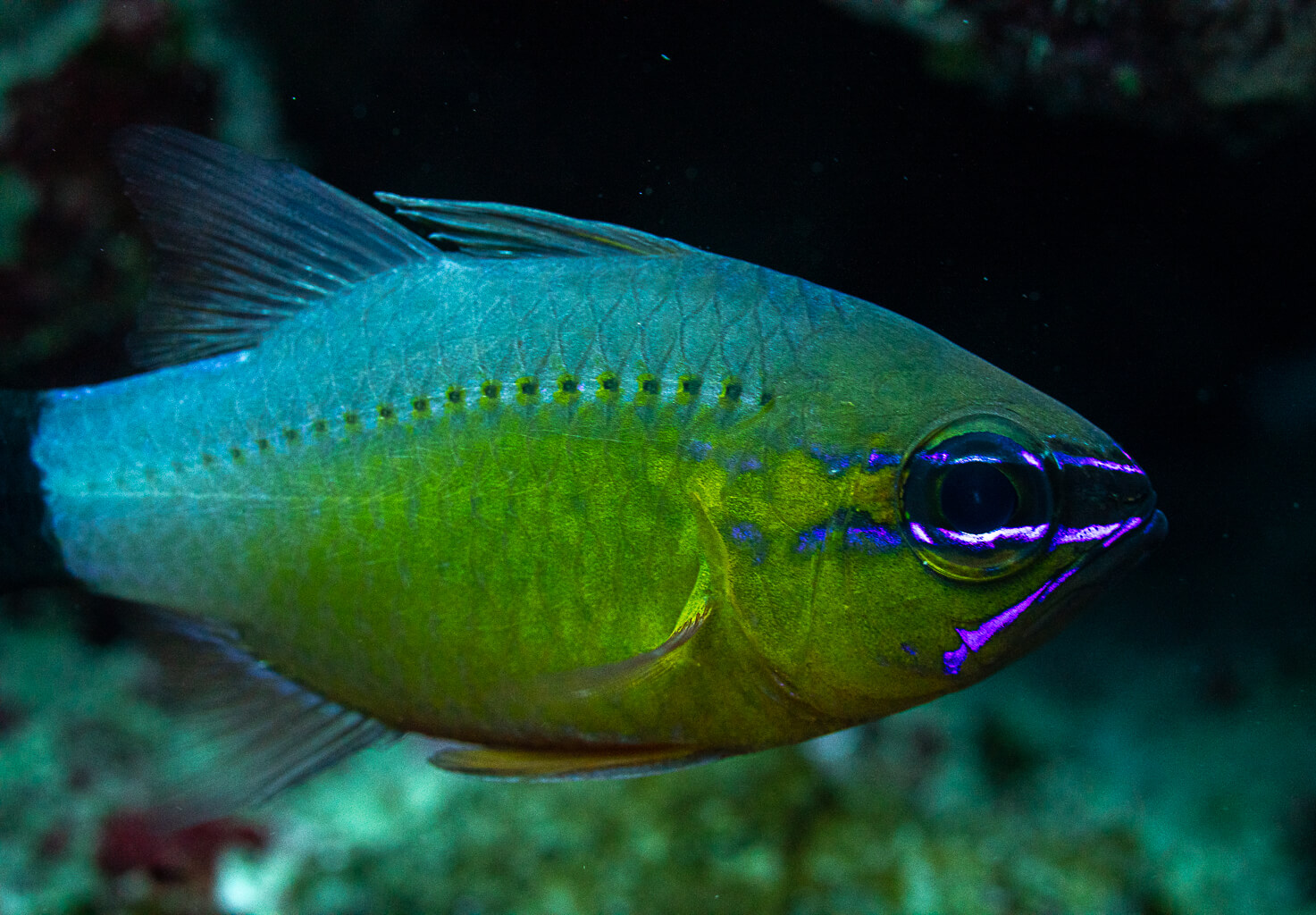
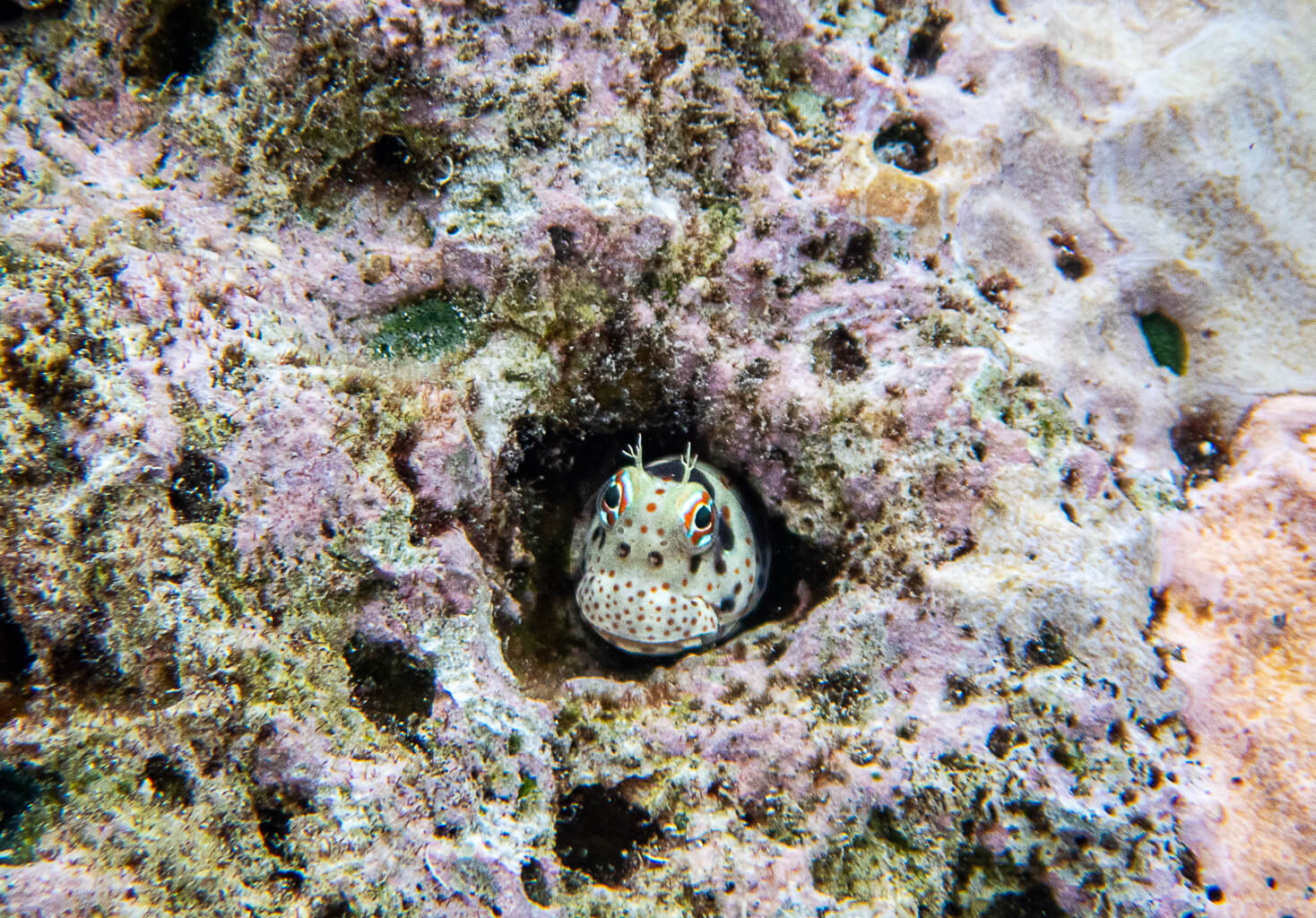

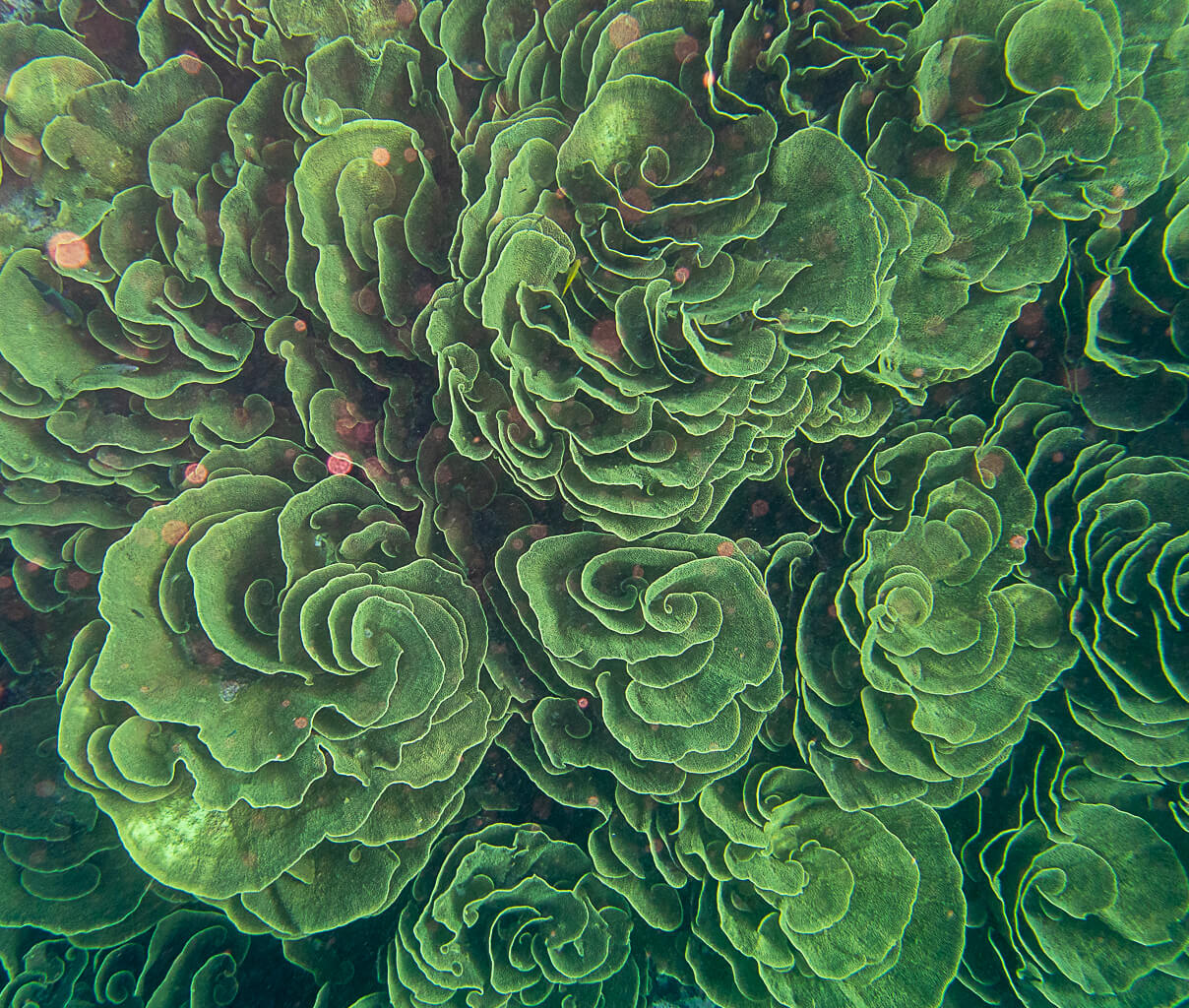
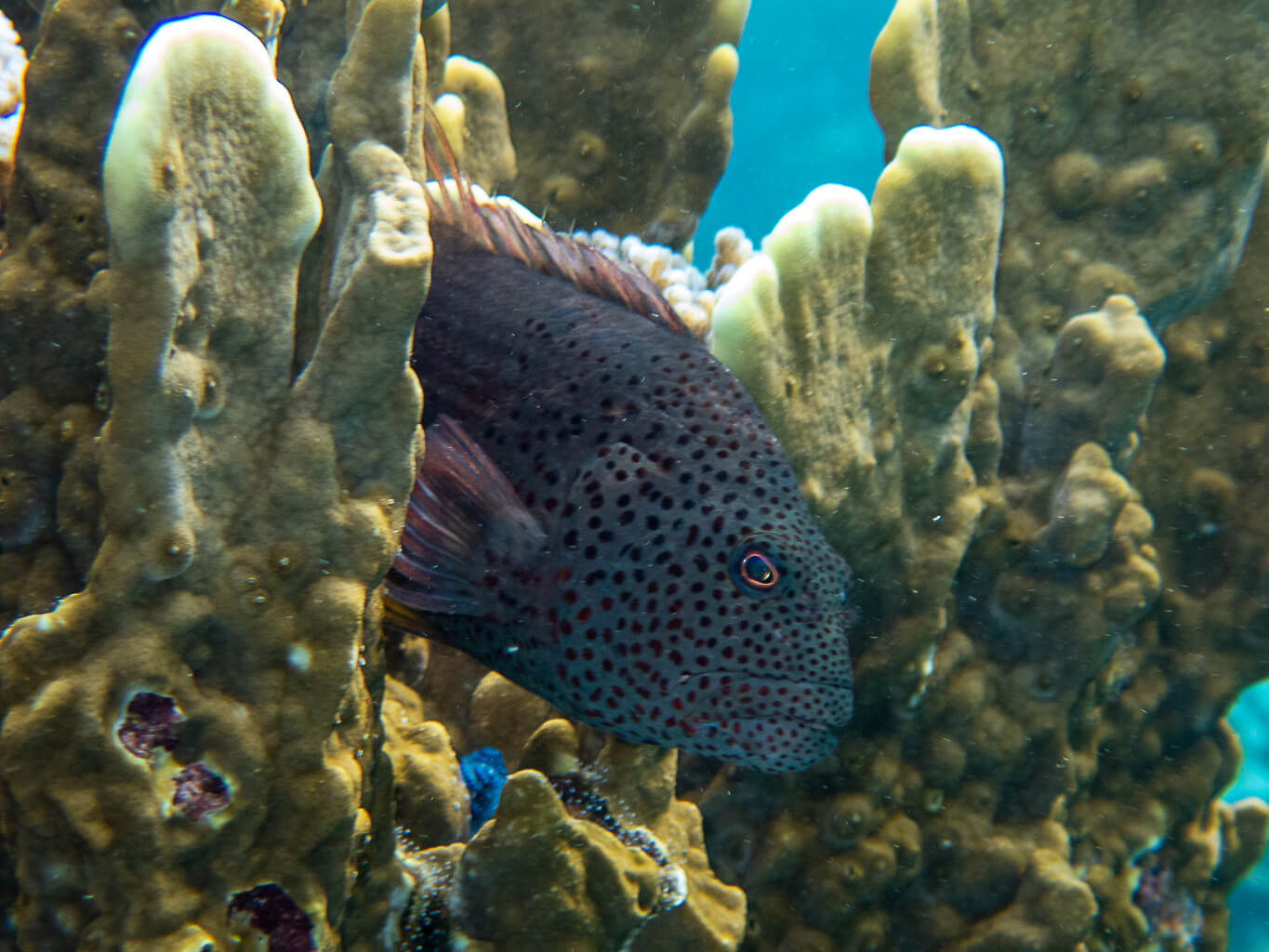
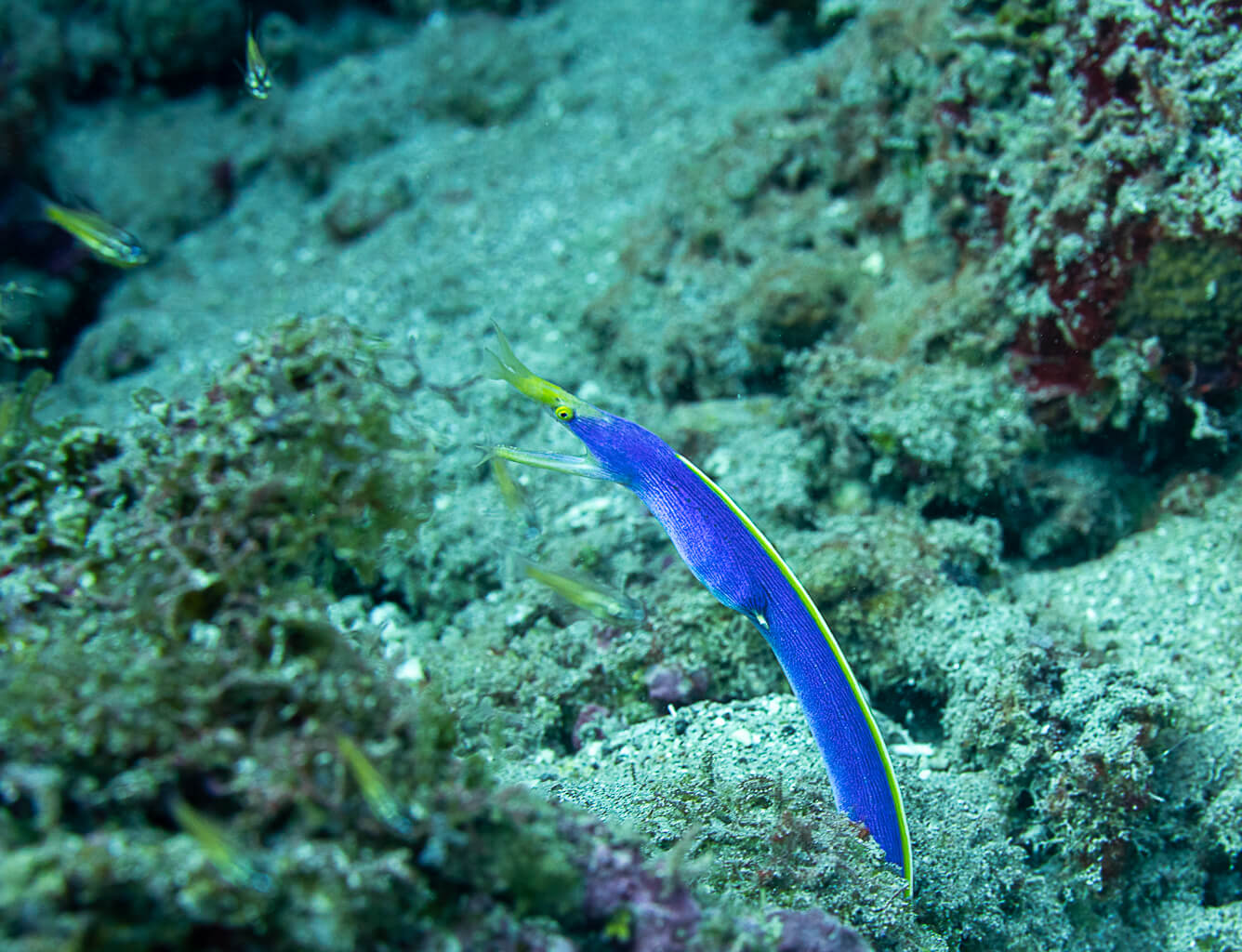
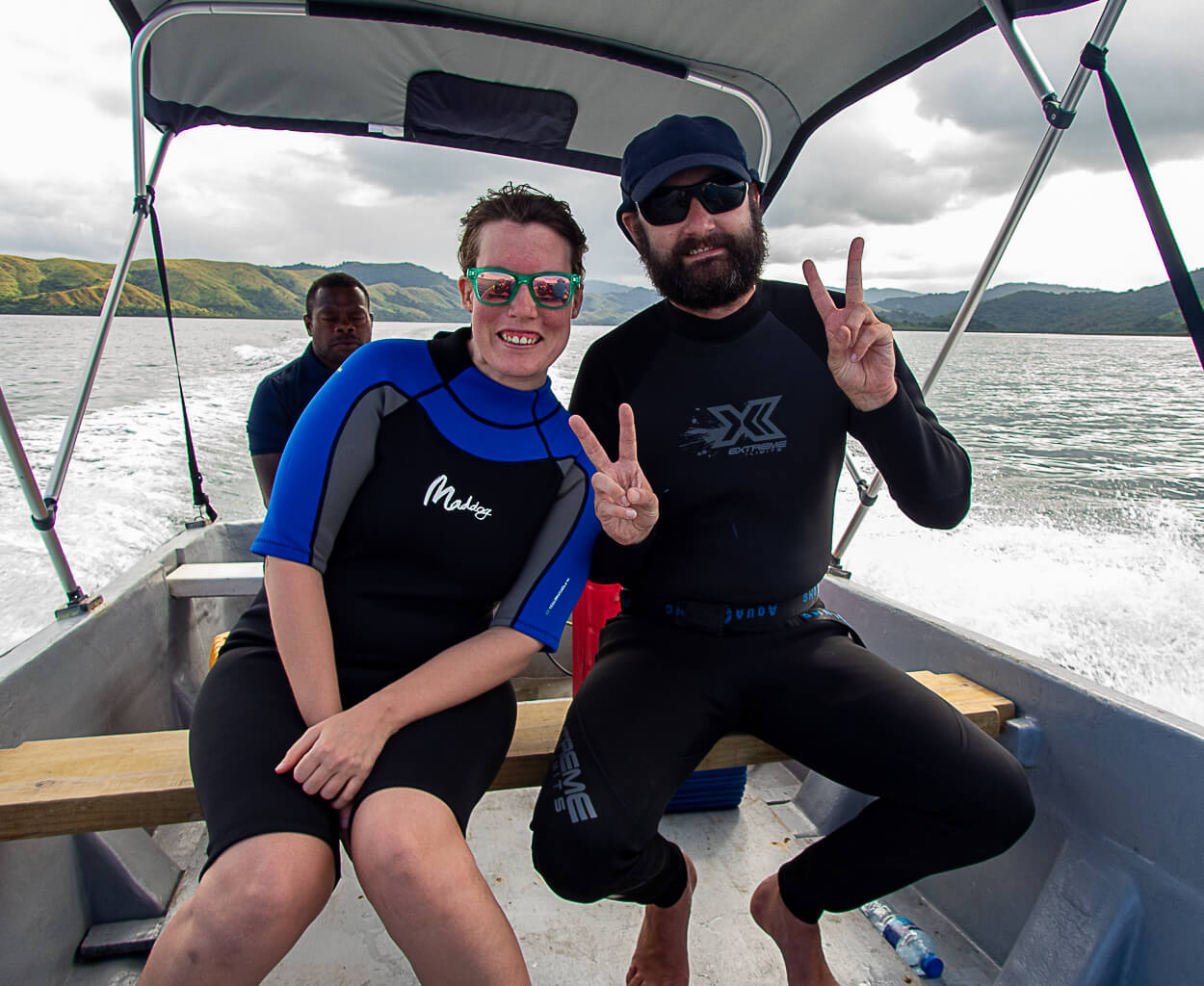


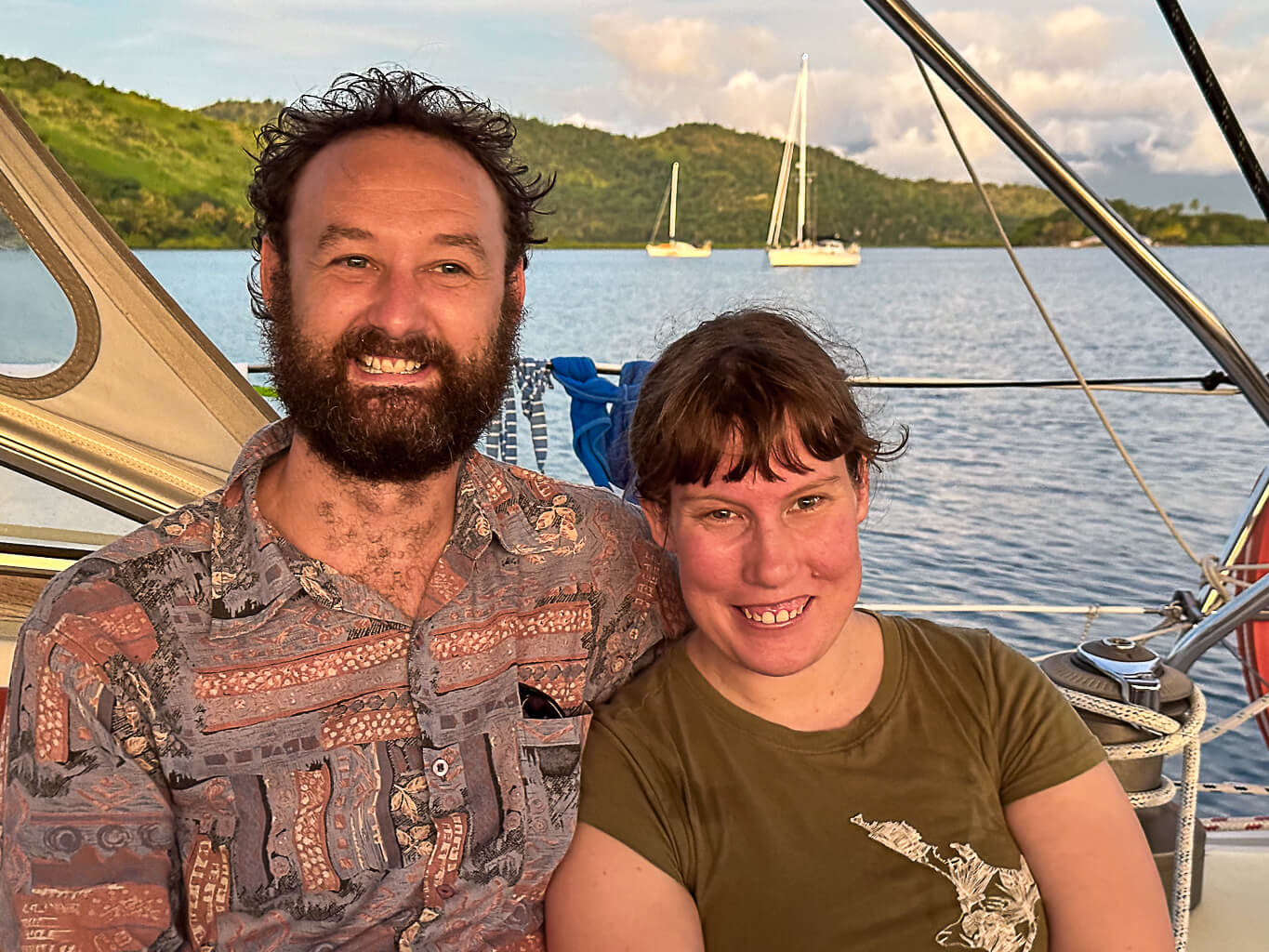
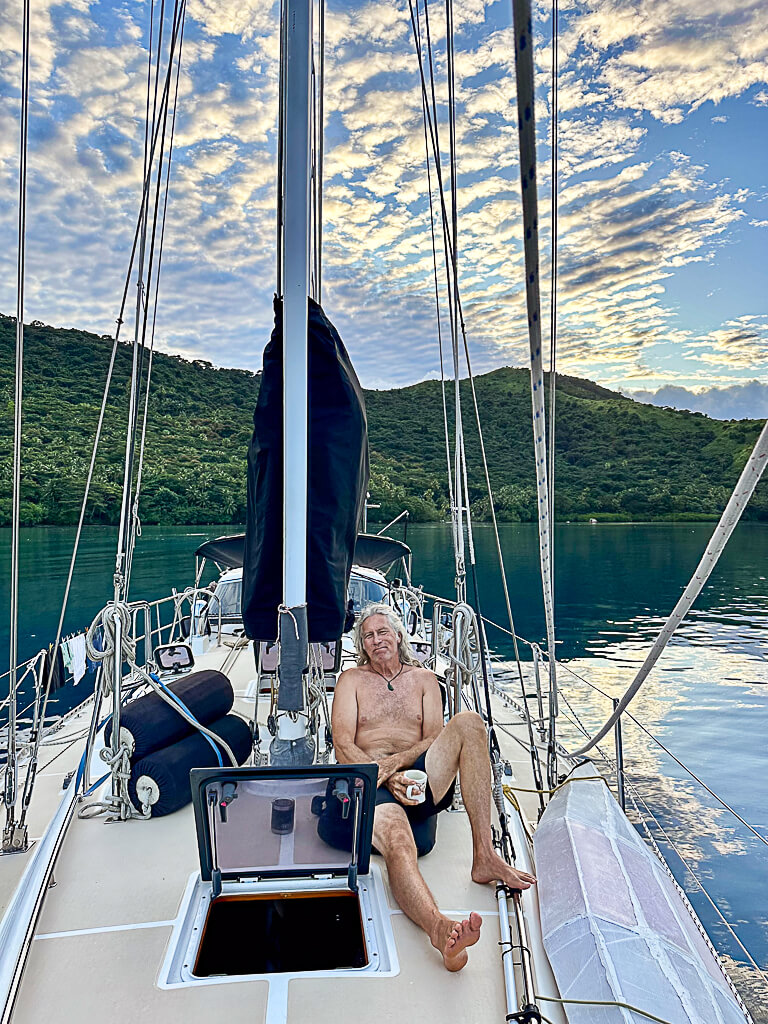
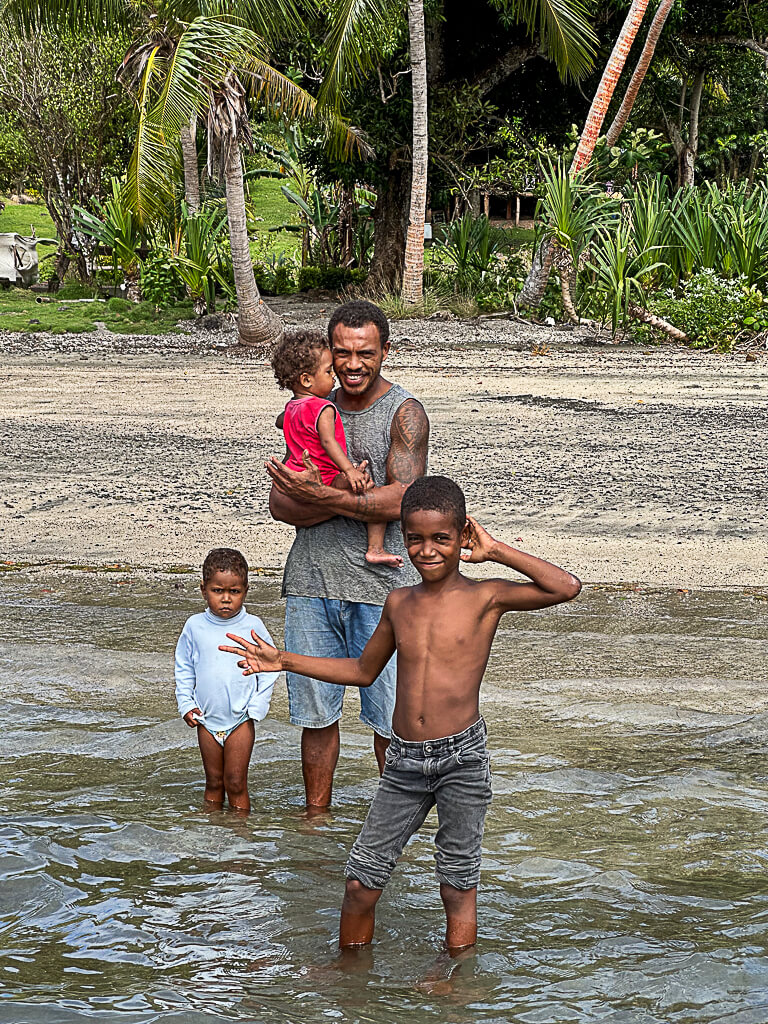


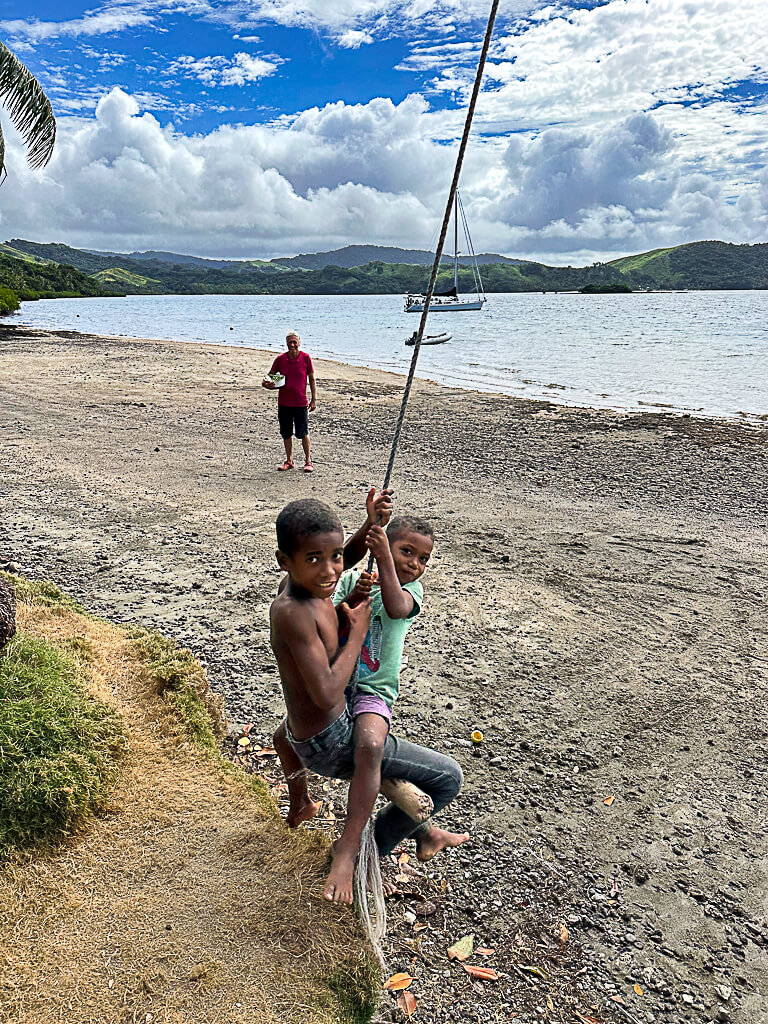
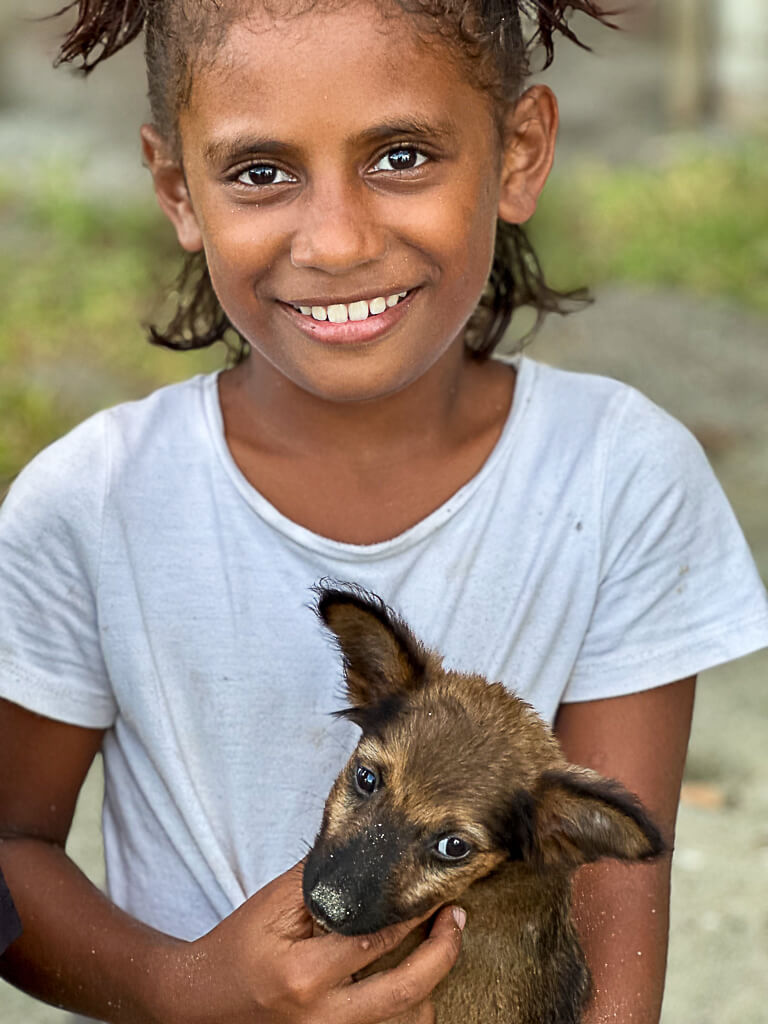
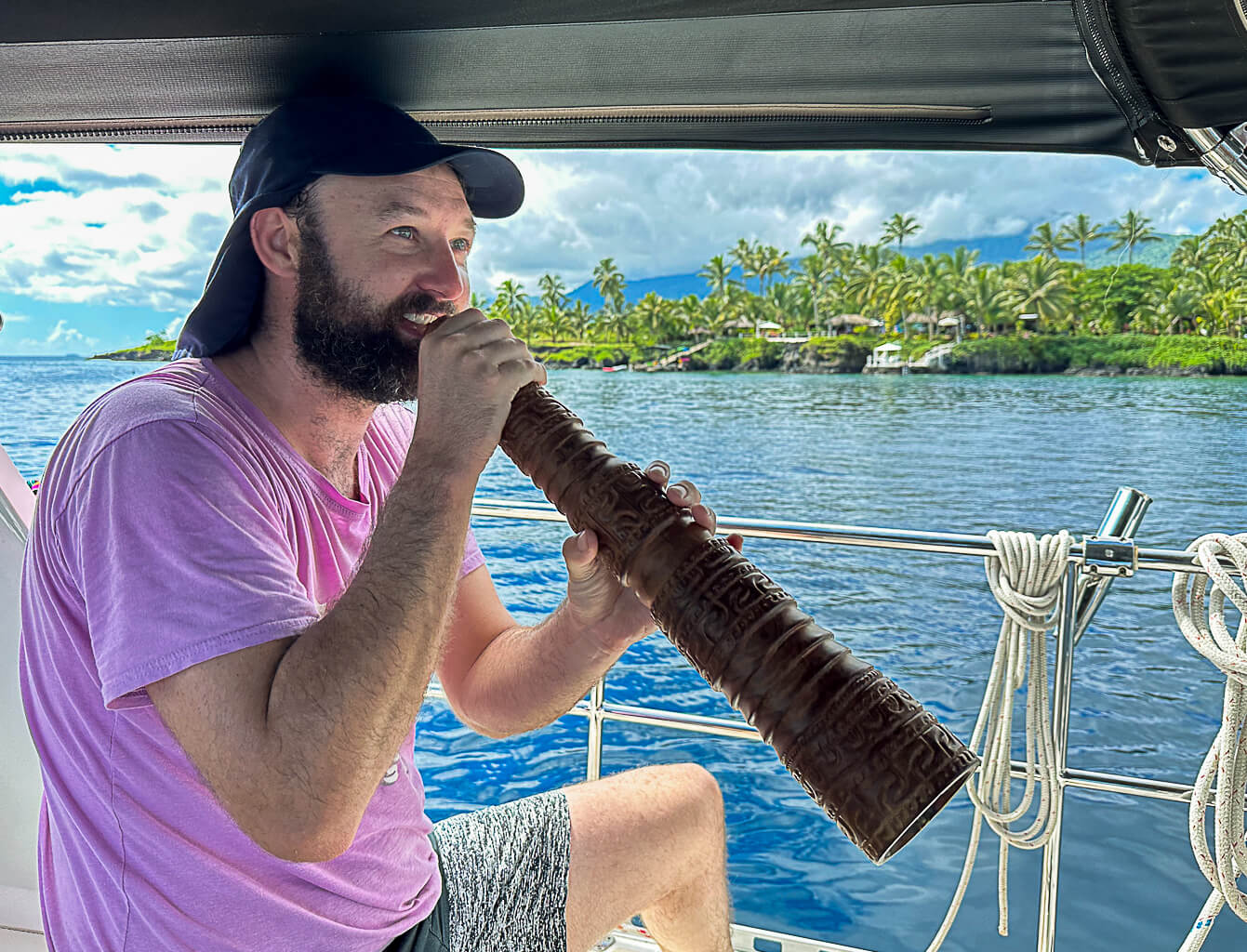
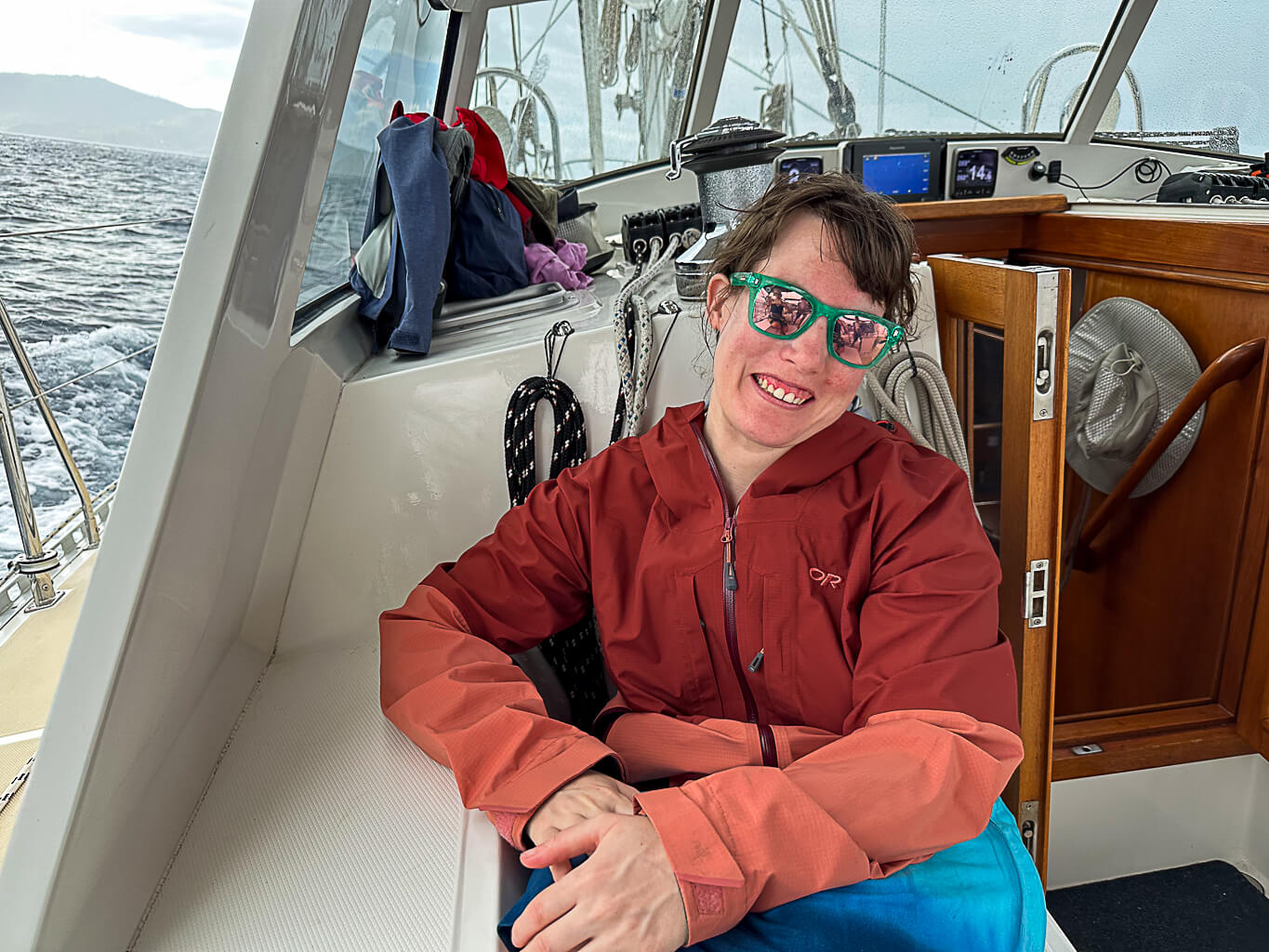
Haley and Liam tuck comfortably into life aboard Allora (Liam, knees slightly bent). Plans yield slowly to late mornings and less ambitious days. Scuba to snorkeling. Rainbow Reef in Viani Bay slips in and out of sun, turtles, schools of shimmering reef fish, clown fish in the anemone, moray eels, turtles, the odd Whitetip reef shark, luminous damsel fish and blue stars. Kids swim out from the beach for a visit, photo ops diving from the swim step. ~MS



At the turnoff to the natural waterslide where the taxi drops us is Taveuni’s prison set on a the green hillside, palm trees and a view, orange clad inmates wave Bula, Bula! The guidebook suggests that if locals are not using the slide, the water may be too high from rain to be safe. It doesn’t say anything about what it indicates that the locals are riding the slide on foot and doing flips into the pools. We were happy for Liam to go first, and appreciated the tips about hidden rocks along the fast and sometimes painful ride. ~MS
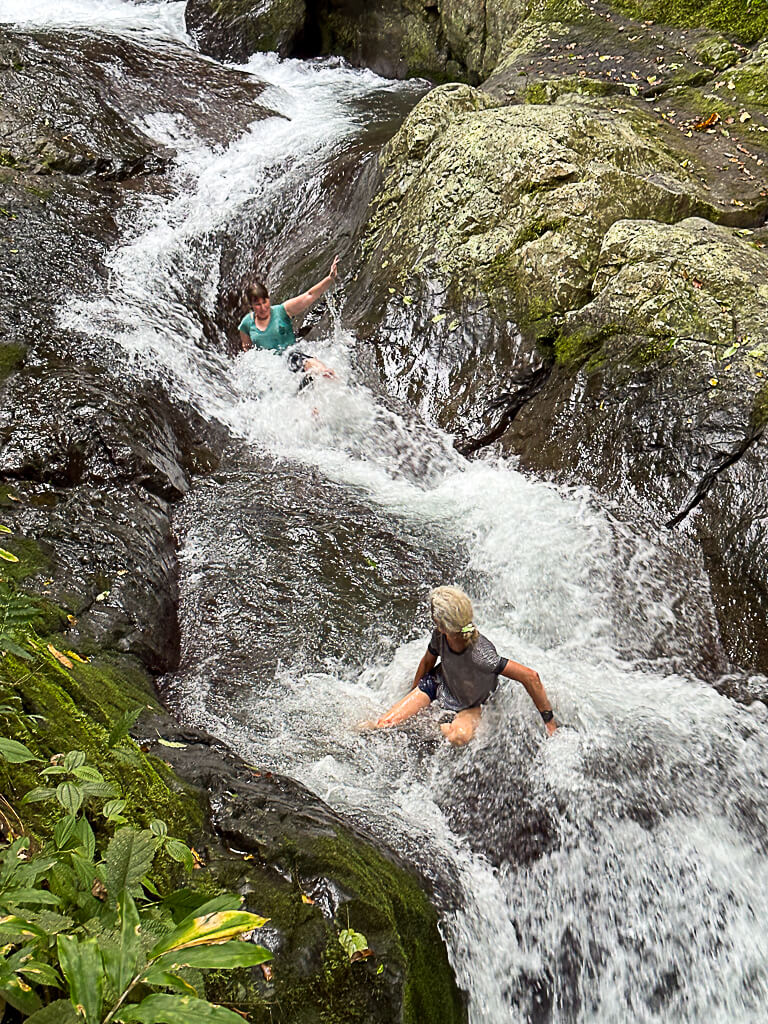
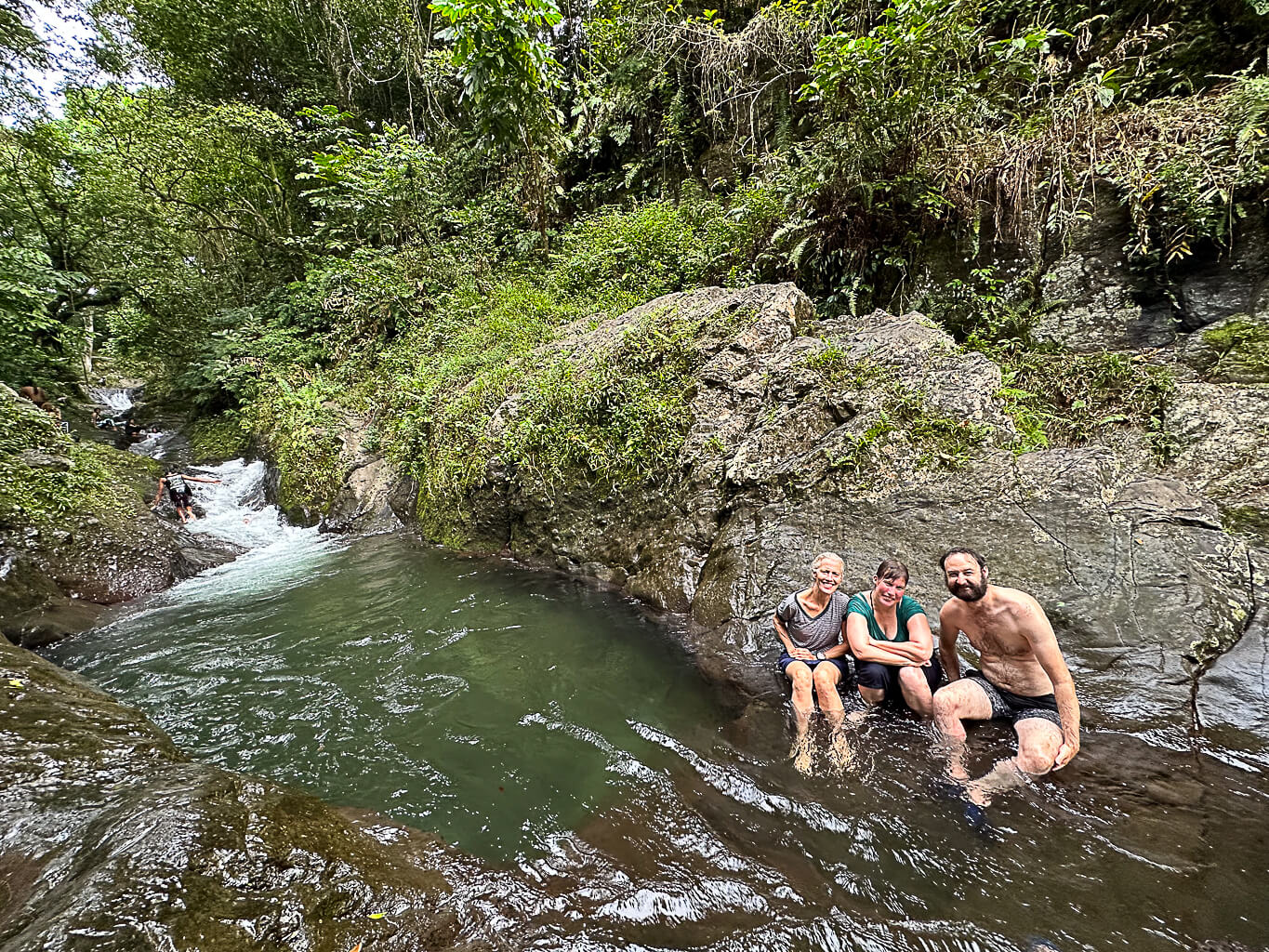
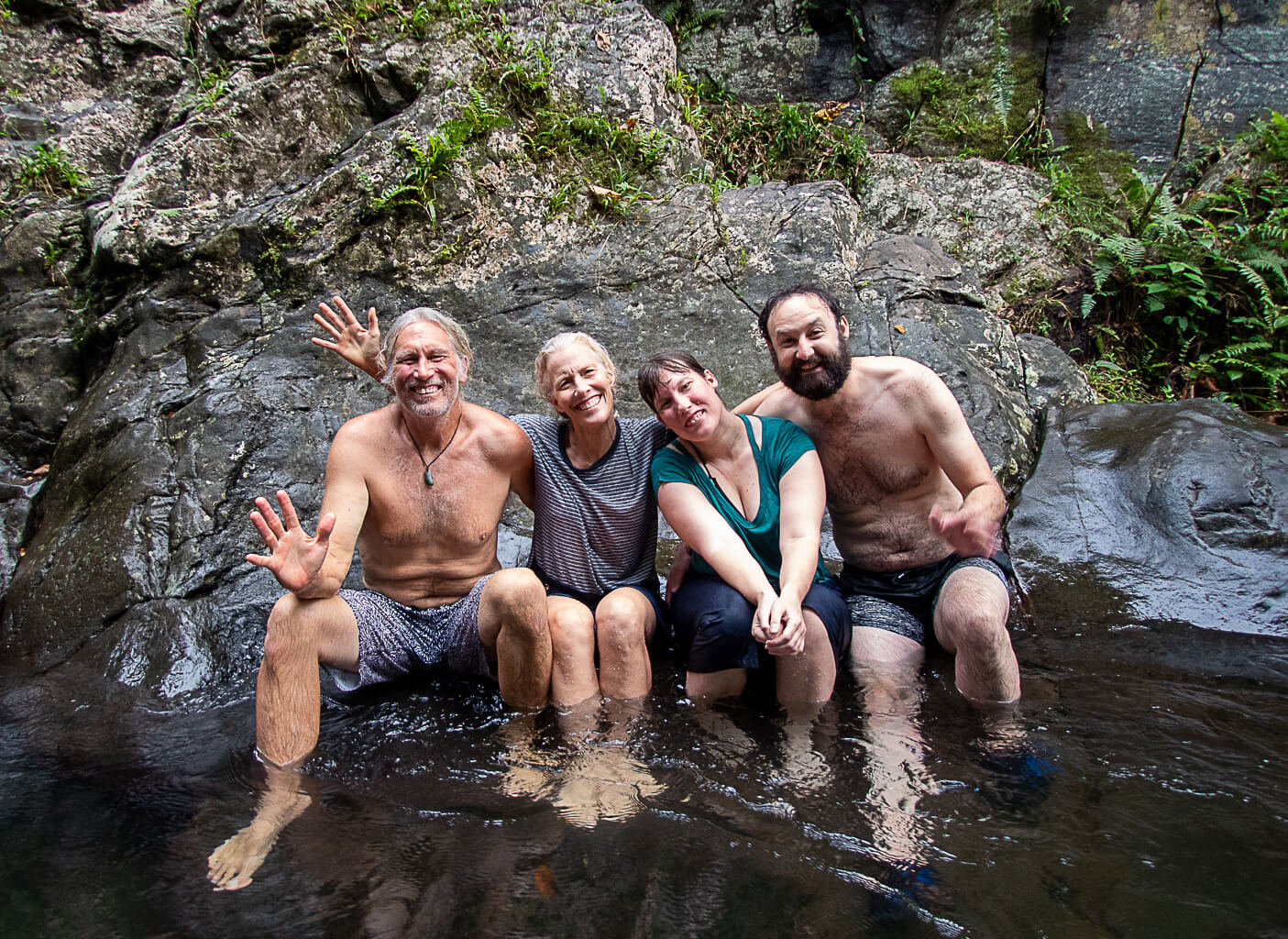
Farkle games at night reminded us of days in New Zealand when we lived in the same town. Casual dinners, walks without destinations. Just being in the same place without plans is the best part, rain or shine. ~MS

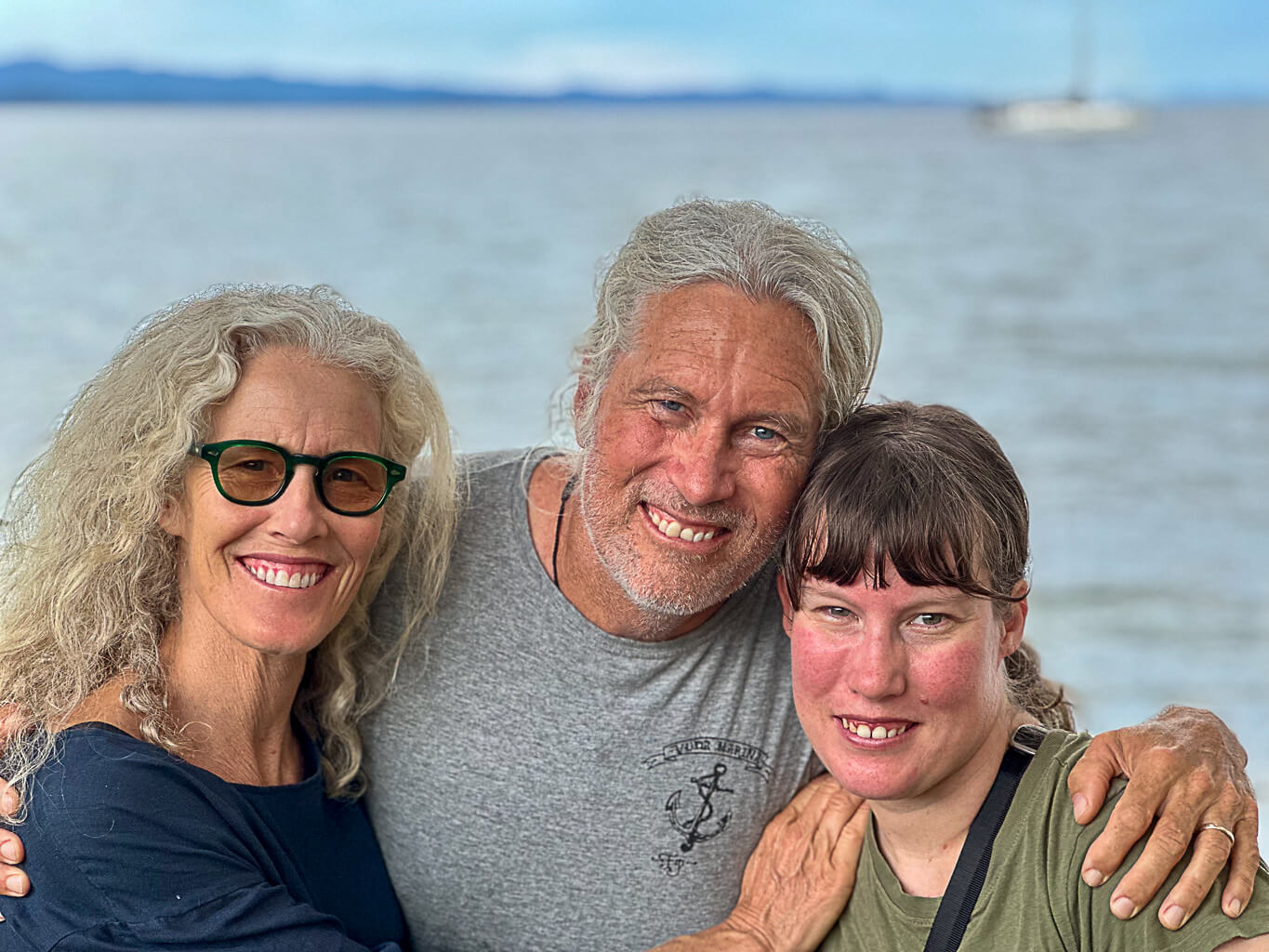
Each visit from friends and family has a certain ‘flavor’ and when Haley and Liam are aboard, it’s about EASE. They are gracious and lighthearted, generous and fun. We have a sense that we can just BE without fuss – and these days, I especially appreciate that important lesson. ‘Vinaka vakalevu’ for the inspiration, you two! And for creating the space in your lives to make the trip! ~DS
Bula once more, Fiji!
By some painful and myseterious black magic— 12 hours in a tired old Fiji Airways Airbus bulkhead with unhappy, uncomfortable young travelers and a collapsing arm rest video unit that nearly took out Diana’s shin… somehow… we managed to atomically deconstruct our sense of self… and transport and reconstruct ourselves in a multiverse, far far away from the frozen white cornucopia of Bozeman, Montana, USA… Fiji where it’s GREEN, suddenly 90 percent humidity and 89 degrees F (something like 32 C for those so inclined). No way to describe the particular quality of sunsets here, unlike anything so far in the Pacific. Three weeks of relentless job lists, commiserating with our fellow sailors all struggling to resurrect our boats from their cyclone pits, reacquaint ourselves the preposterous, maddening and miraculous complexity of these beautiful beasts. Fix and clean more things than seems rational. We are finally ready to poke our nose back out into the whirl of troughs and reinforced trade winds and remember, we dearly hope… why we work so hard to sit at anchor, on our living lady Allora and dip a toe in this magical cerulean water.

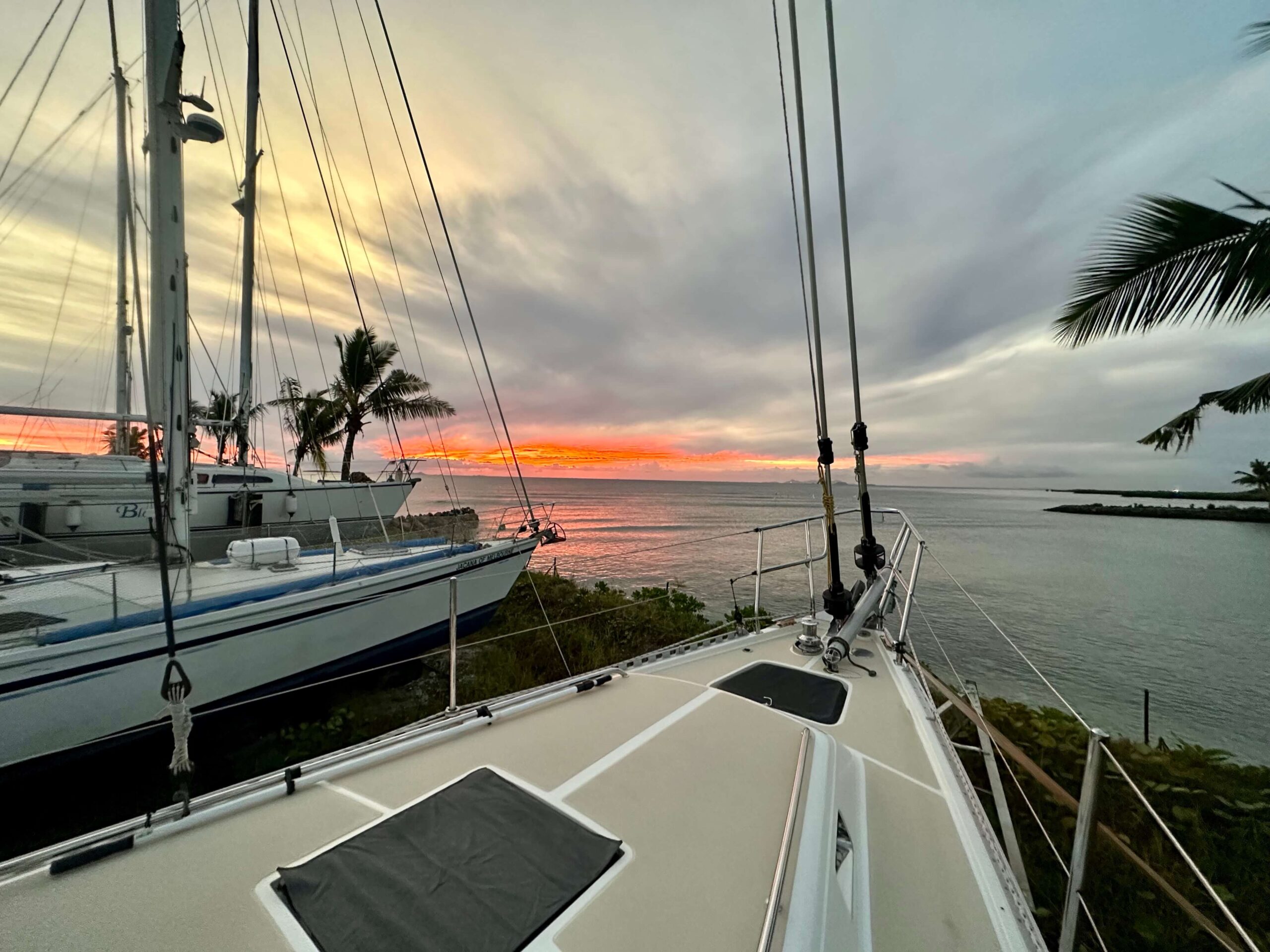
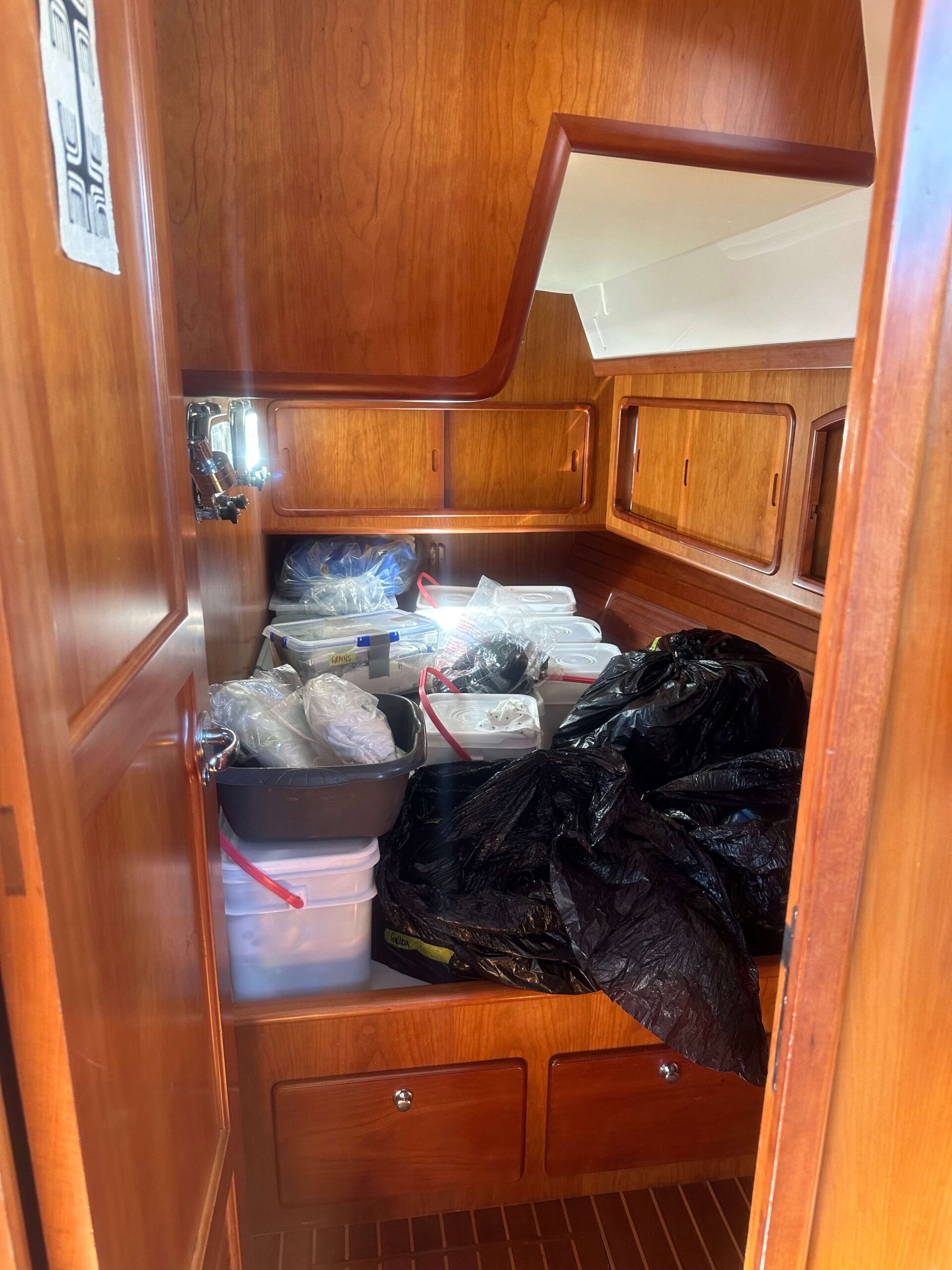
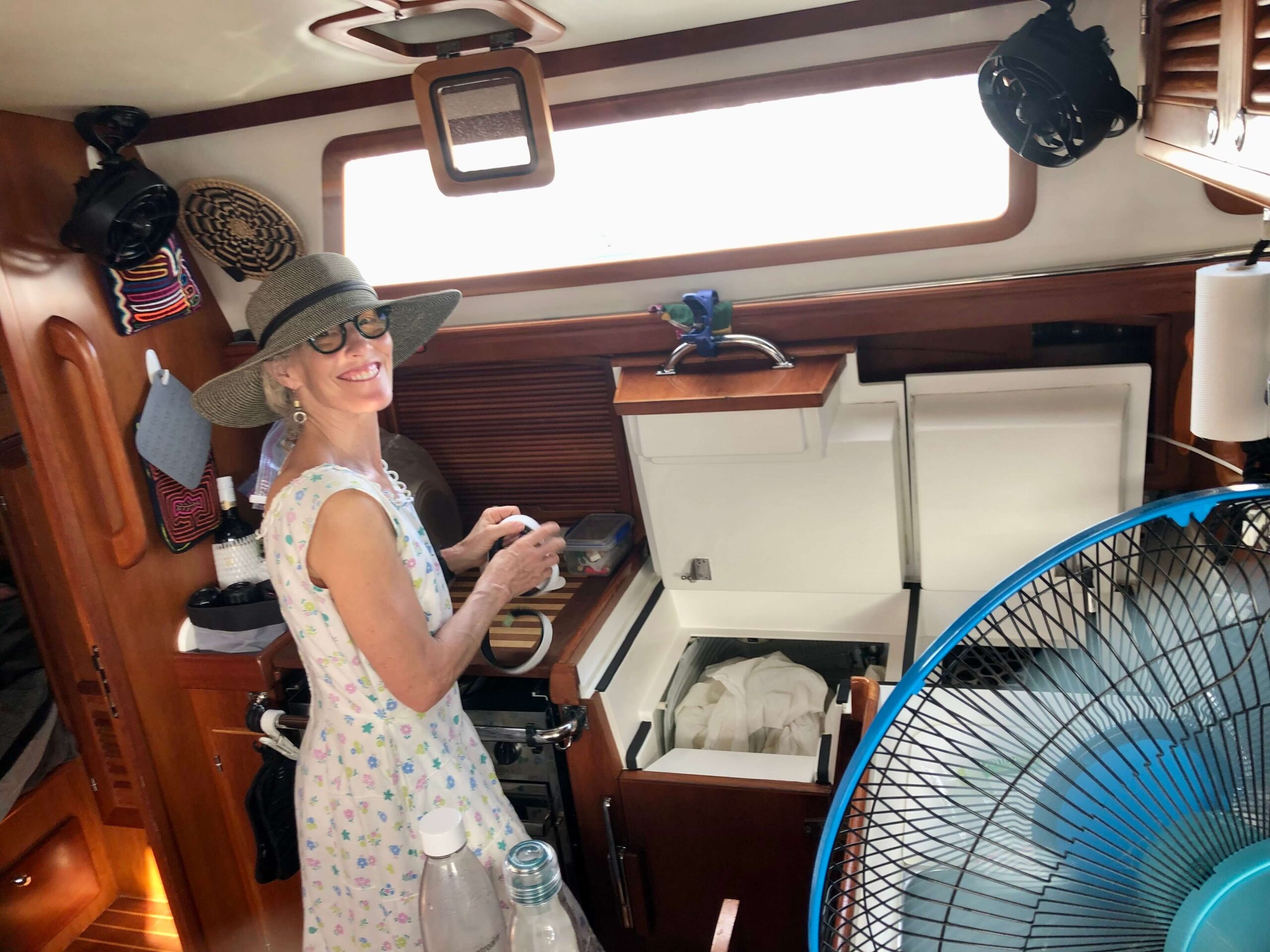
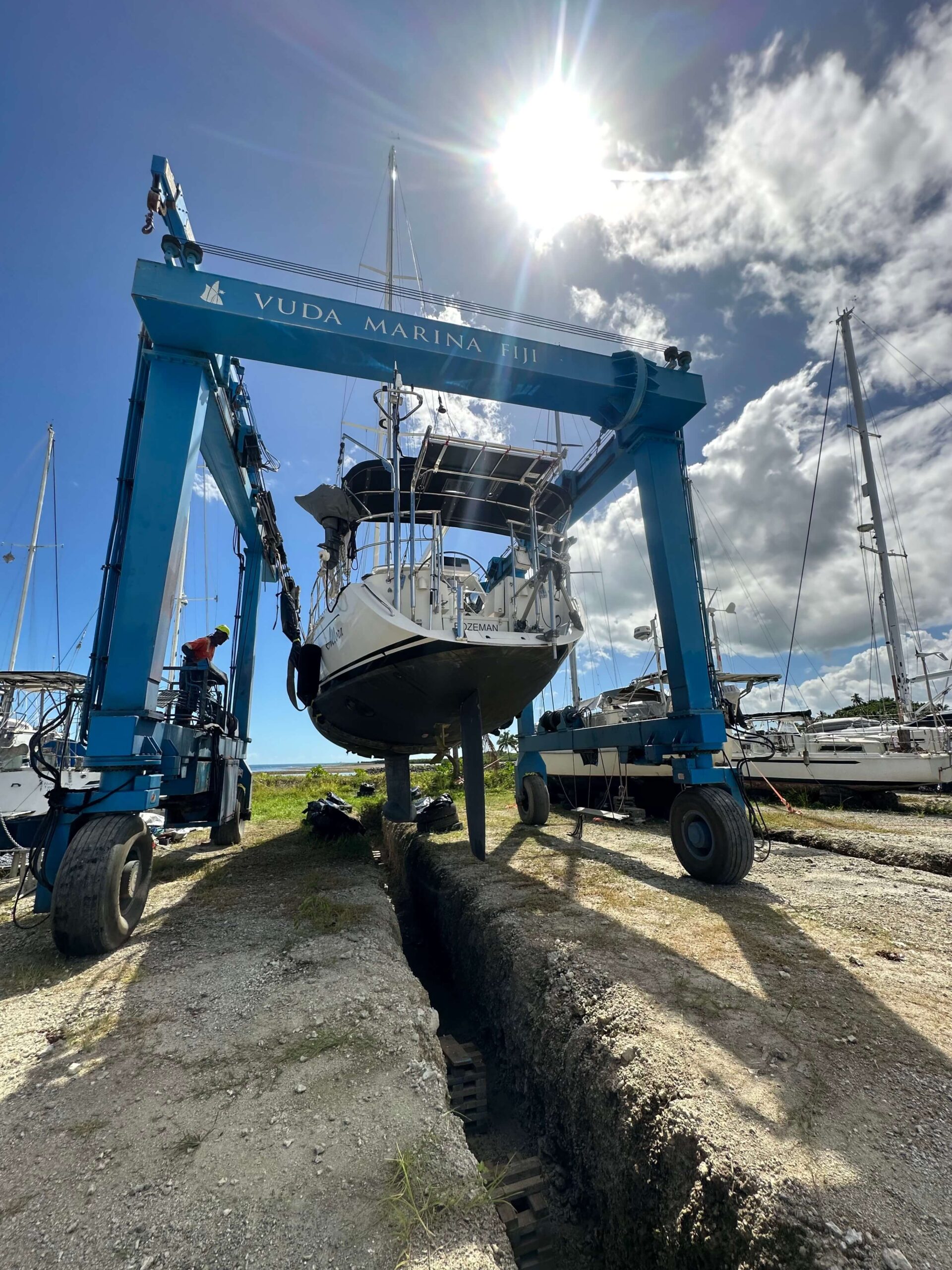



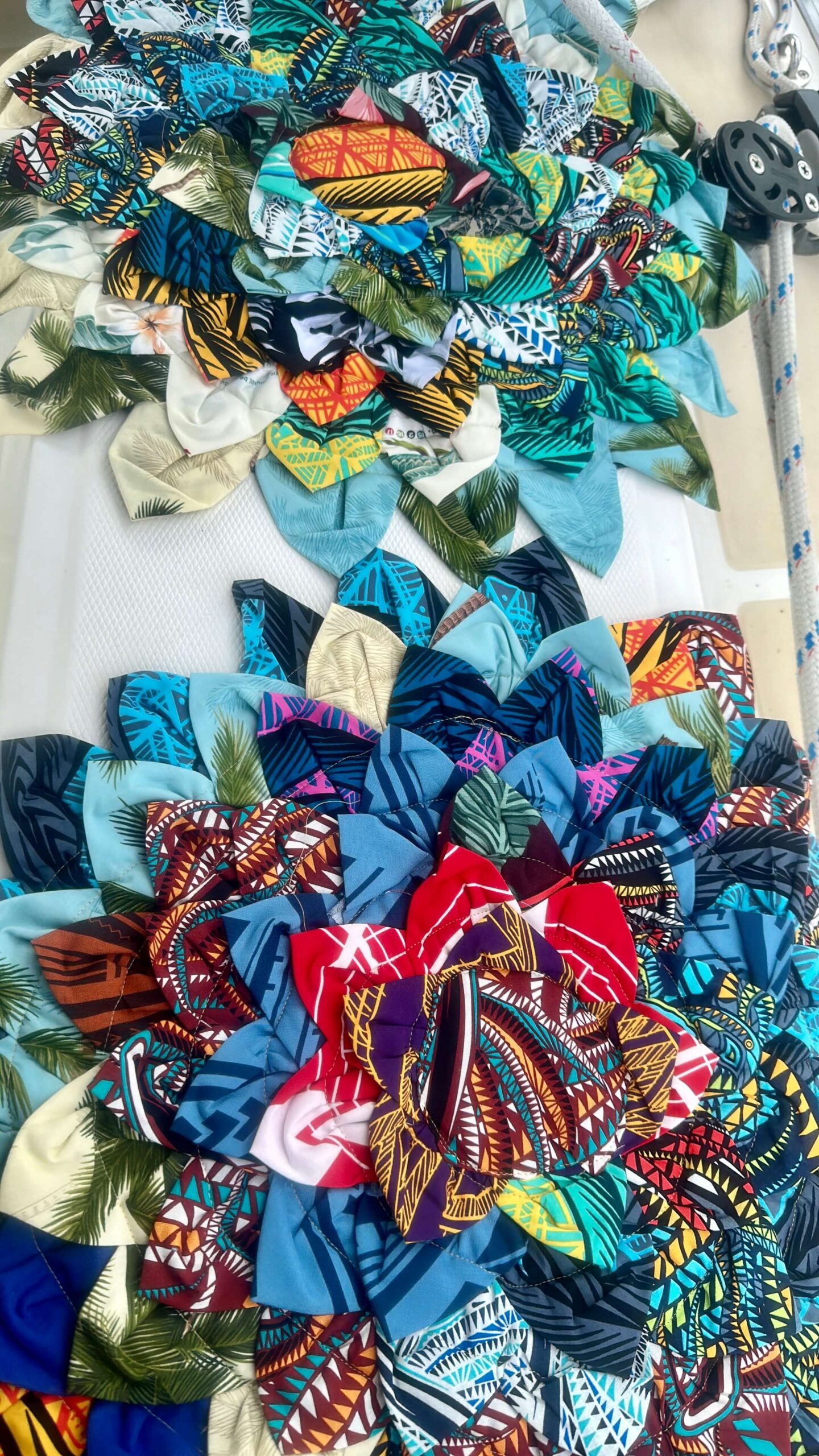
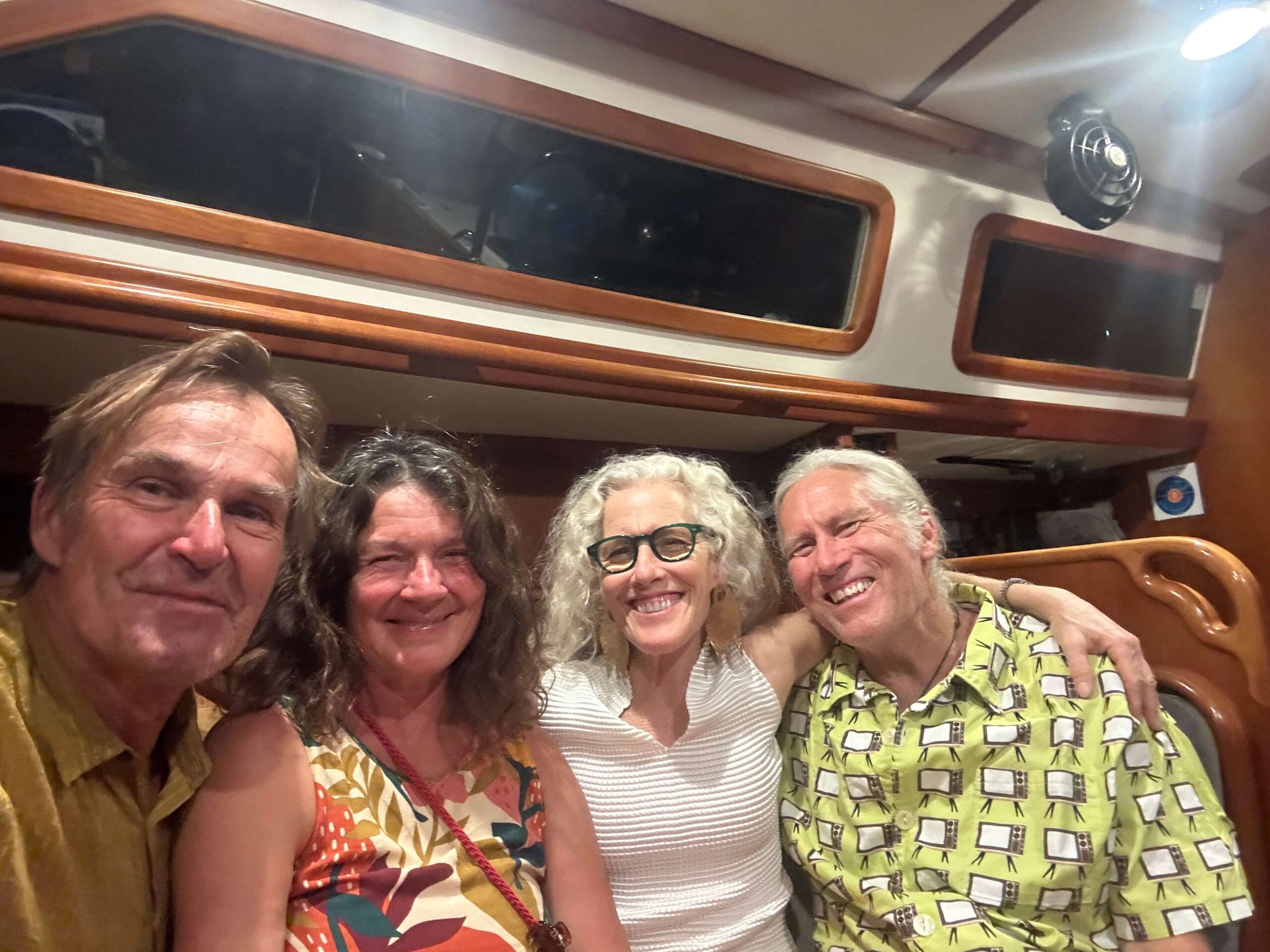
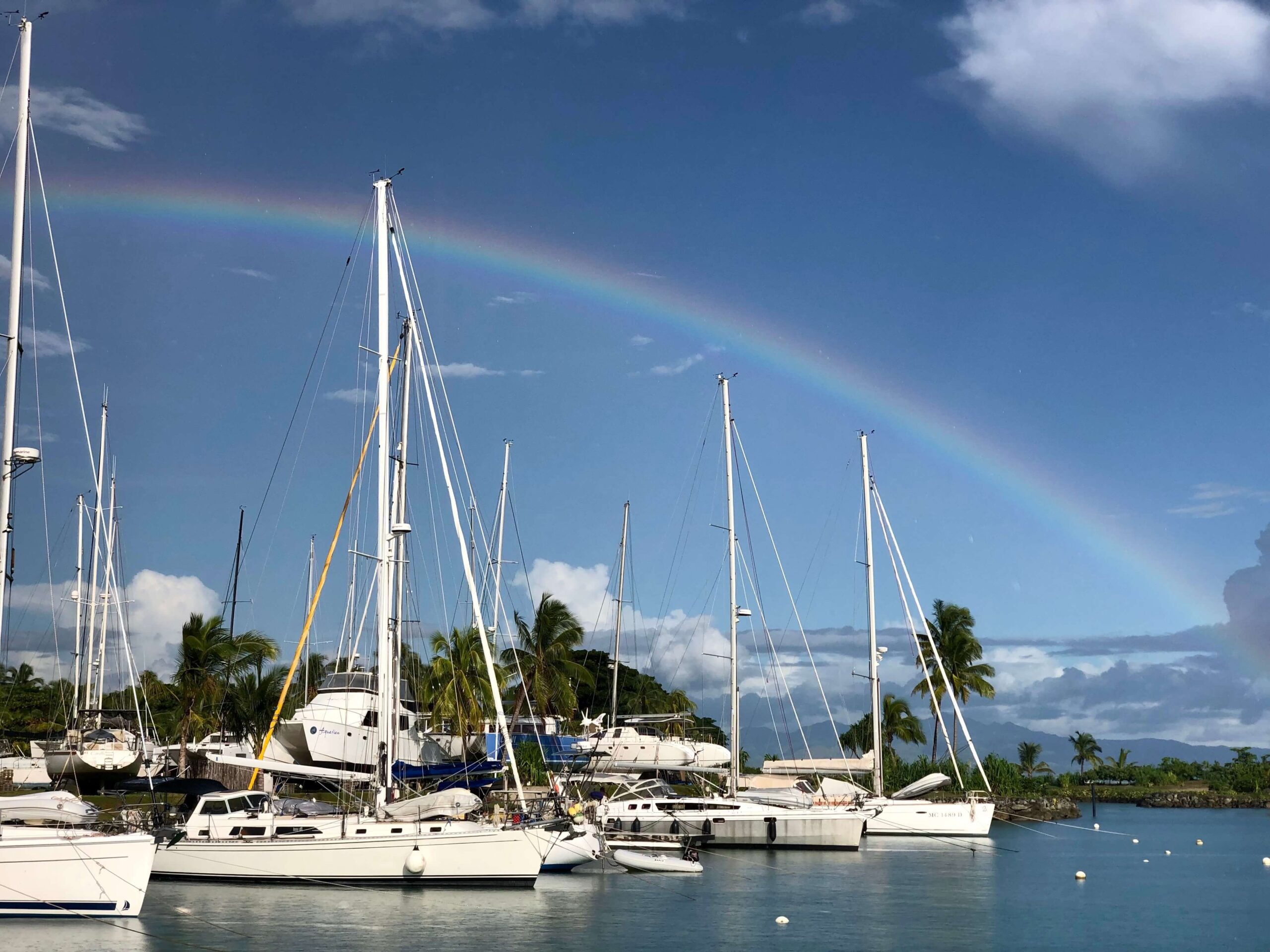
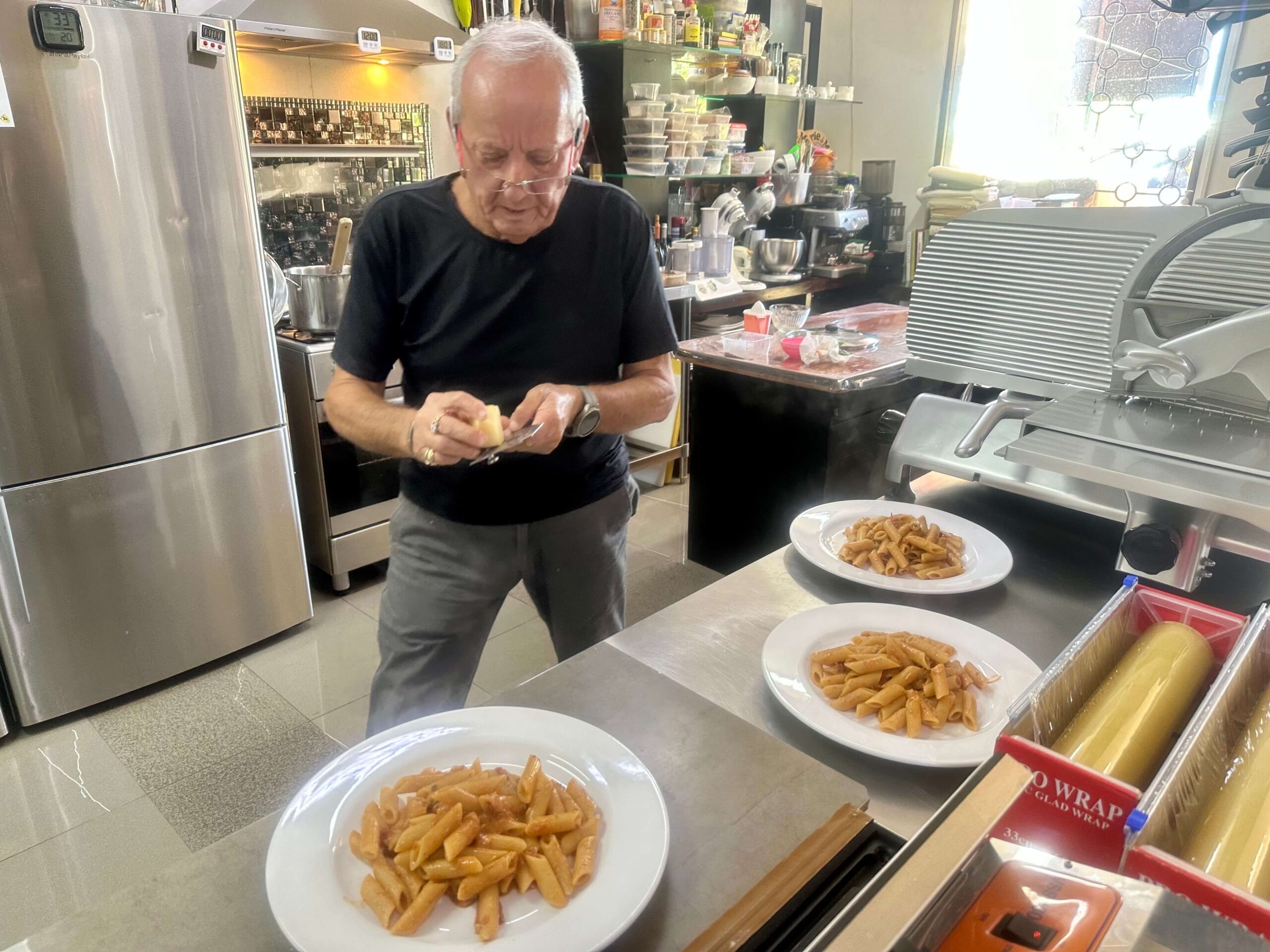

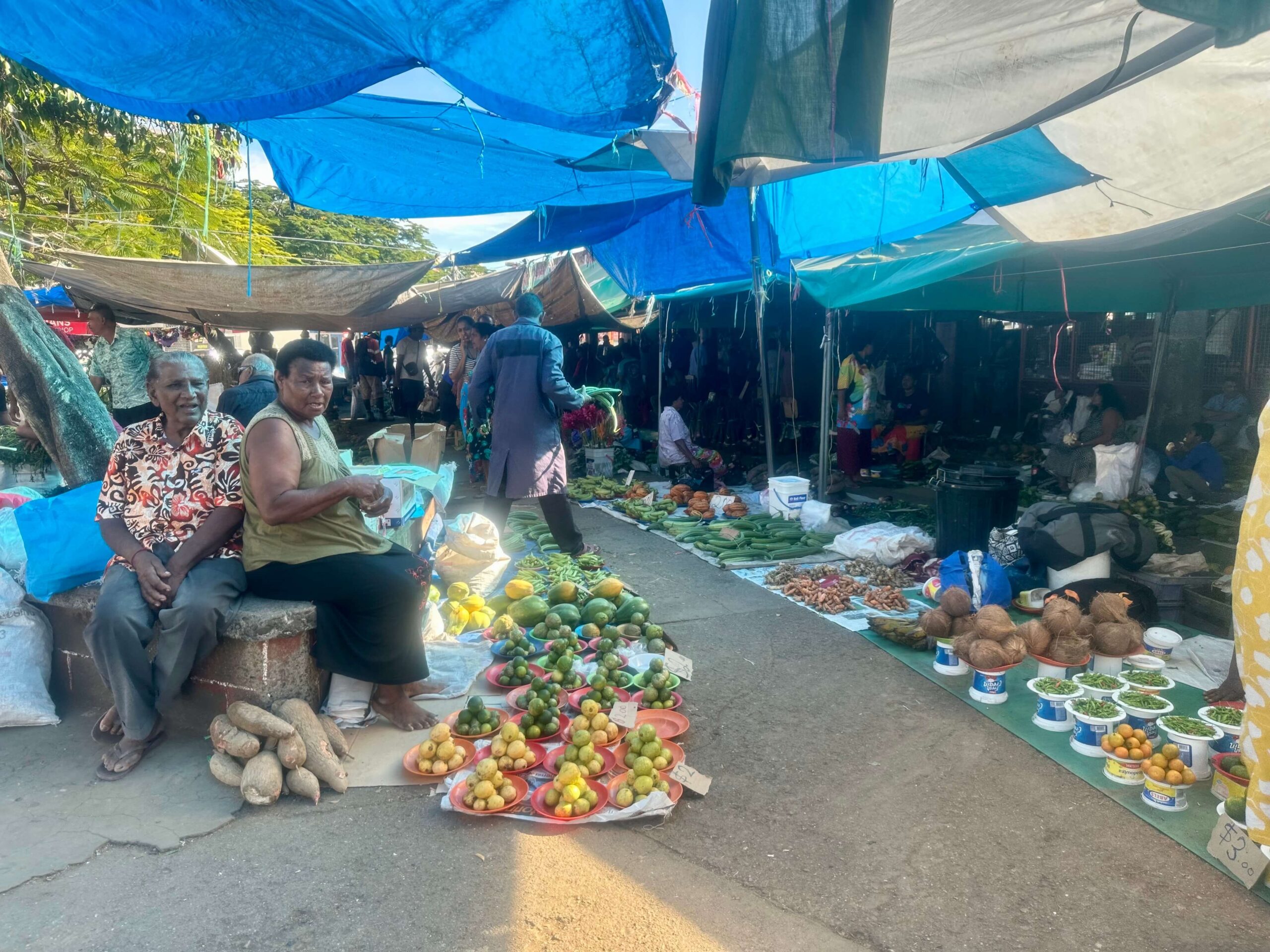
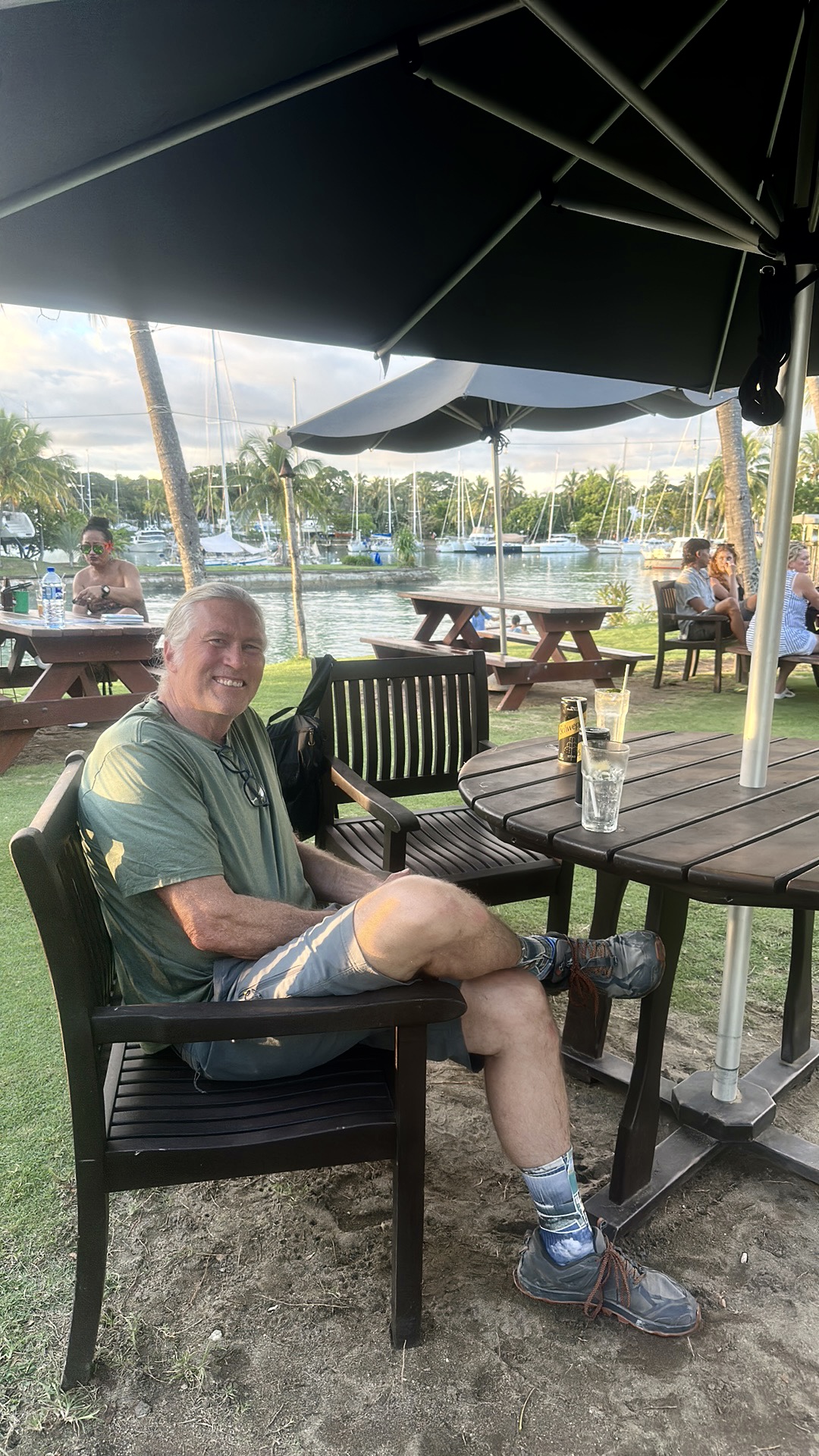
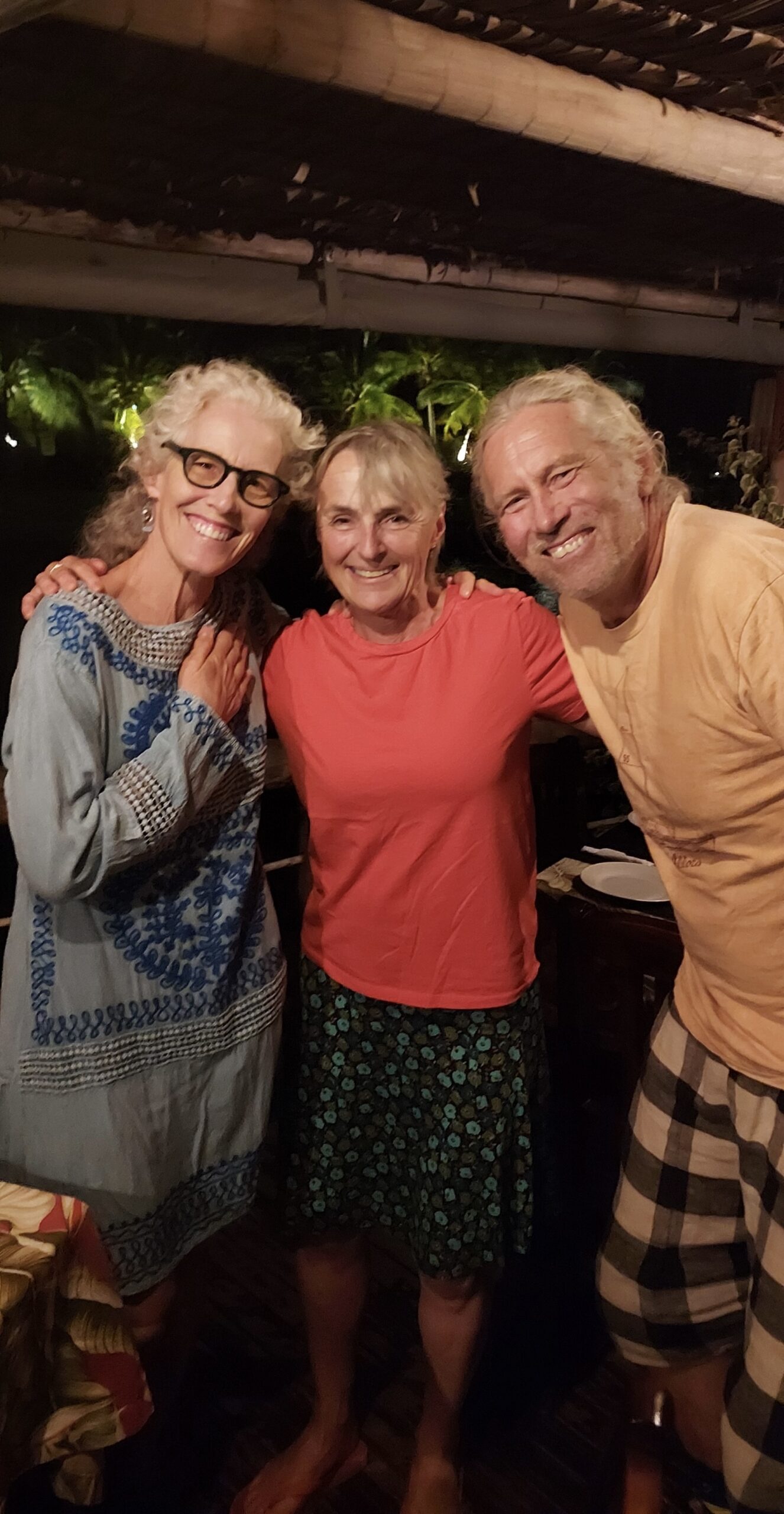

We’re heading offshore tomorrow, the 18th of May, so check out the ‘Where In The World Is Allora’ link to follow our track and otherwise, the Contact Us page has all the ways to reach us. Haley and Liam are heading over for a couple of weeks from Nelson, NZ, so we plan to sail and meet them in Savusavu on the island of Vanua Levu.
As always, our Internet/Wifi/Cell connections can be tenuous, so if I write you, respond using the same method so we have the best shot to reach each other. Be well loved ones – we are always missing you!
Montana Winter ’22/’23 (Placeholder, Under Construction)
Fiji cruising/diving 2022 (Placeholder – under construction)
Farewell New Zealand, we fell in love …
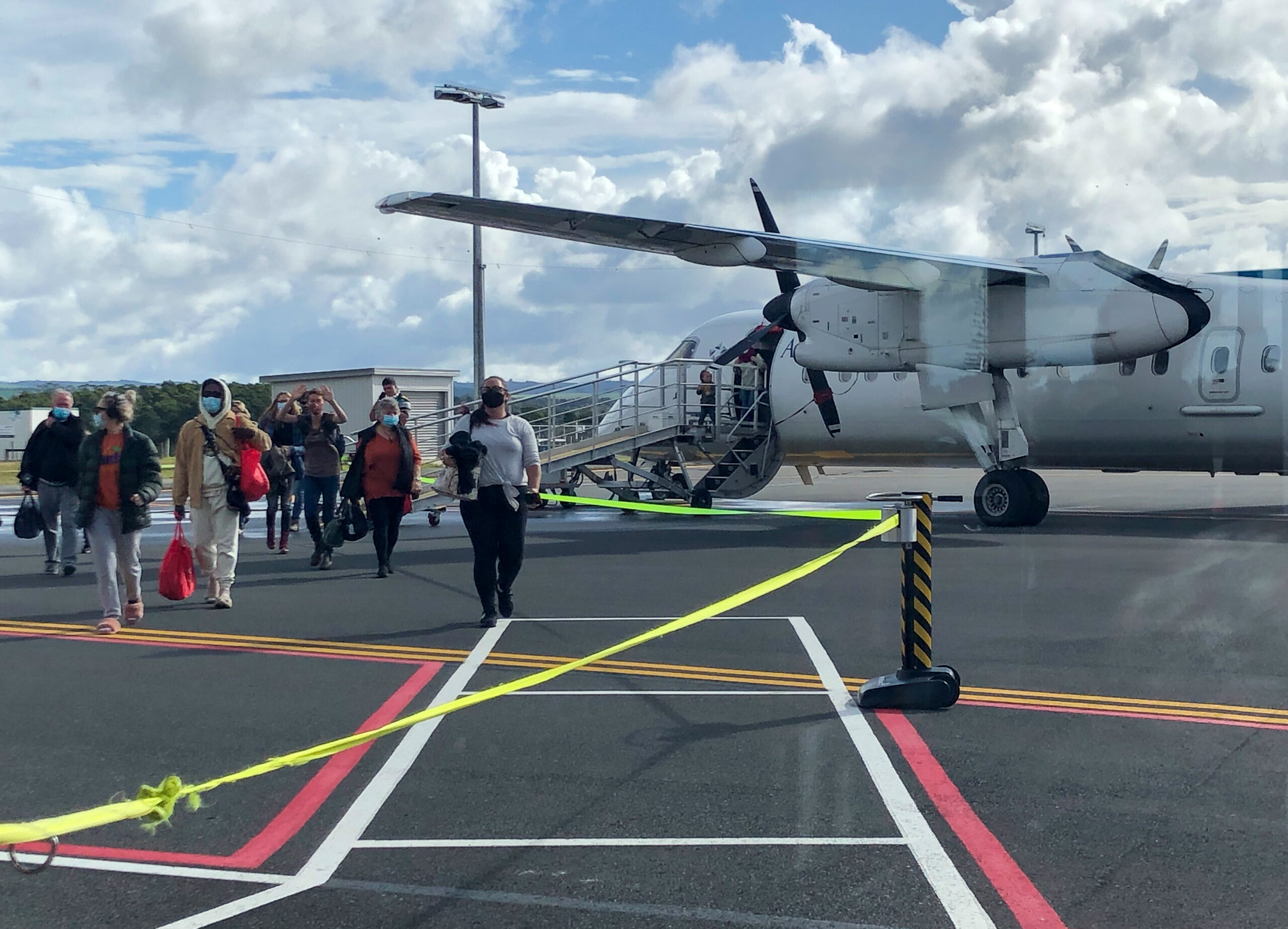

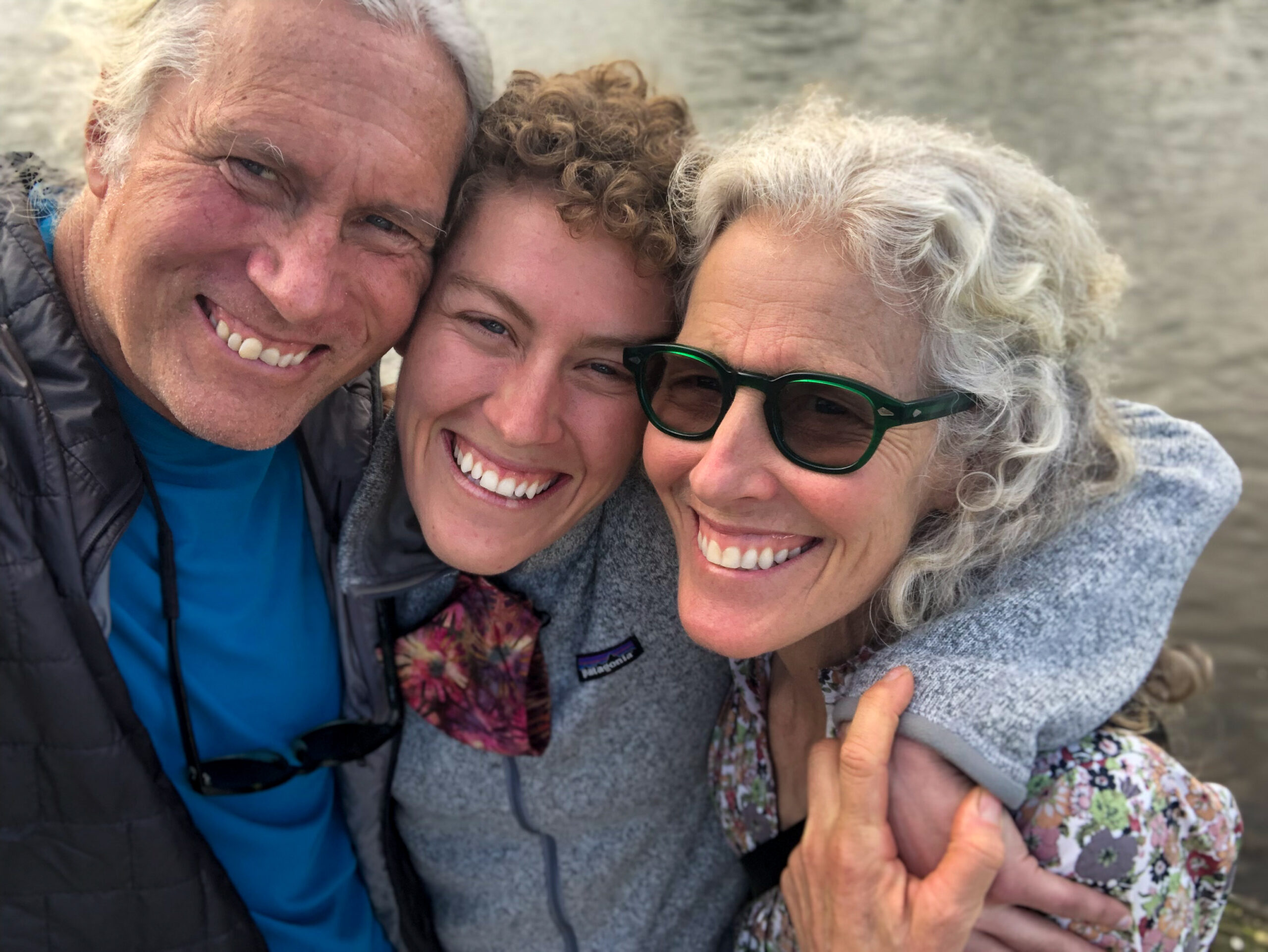

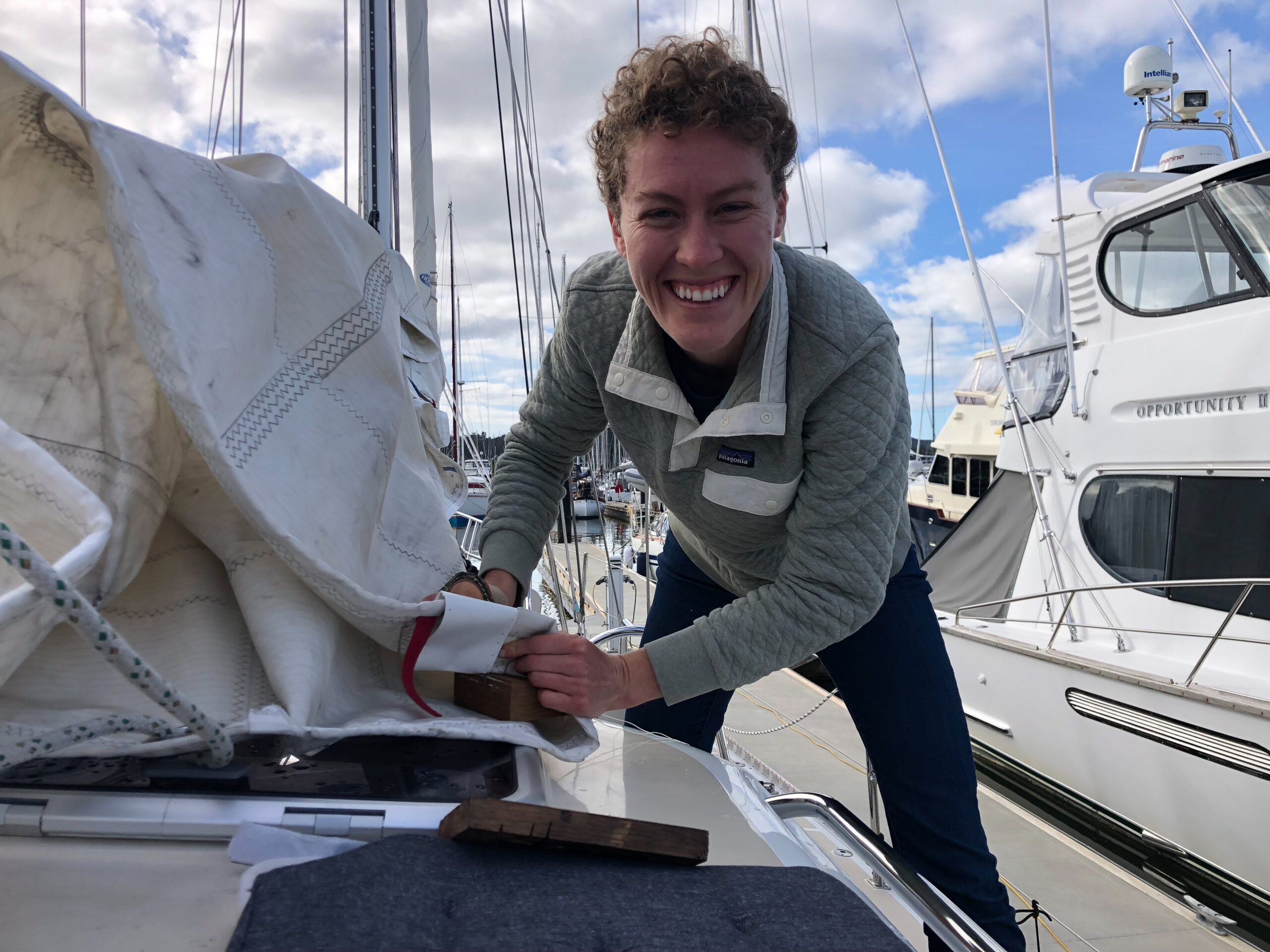

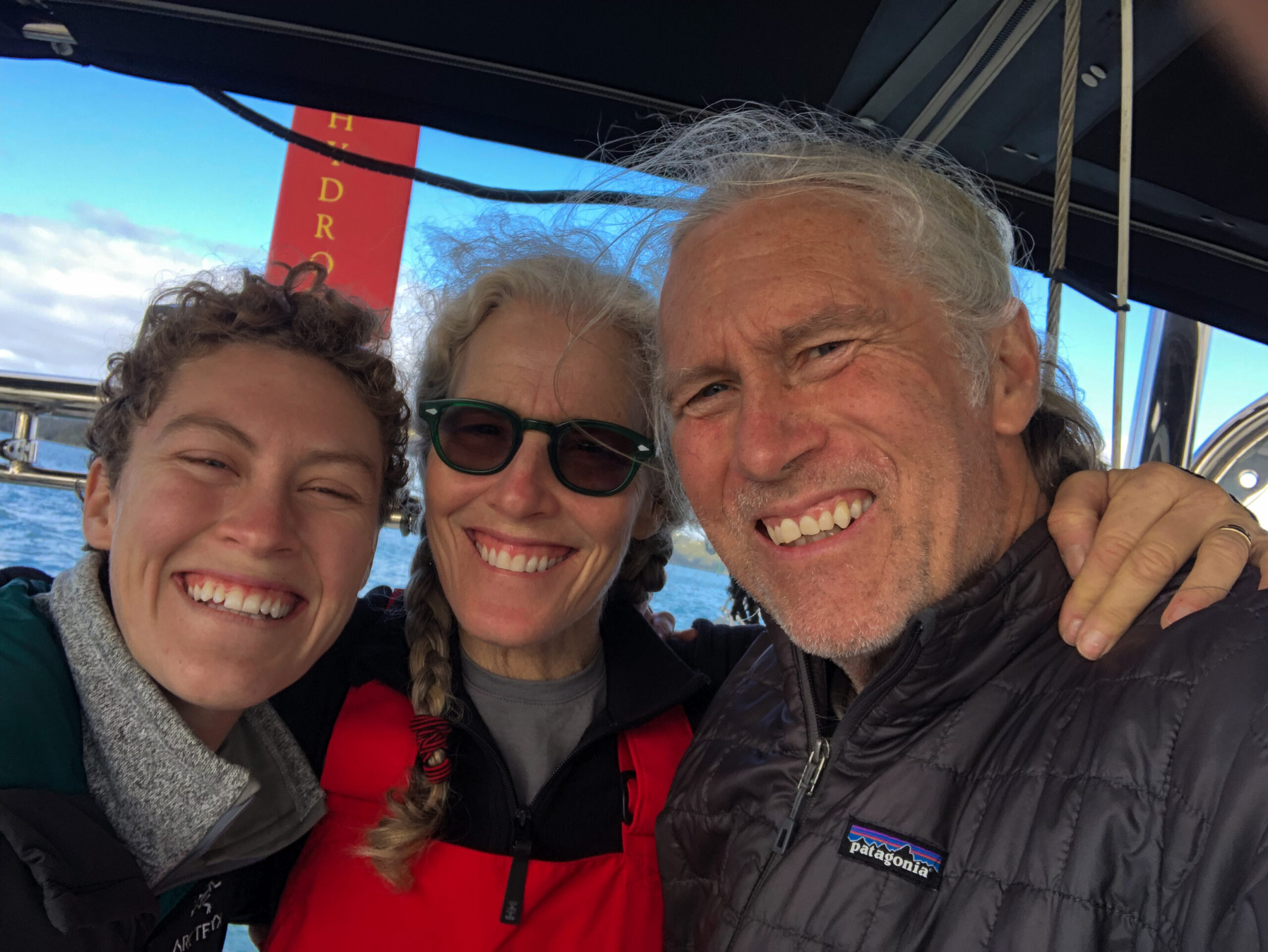
Passage to Fiji
Words we used to describe this passage upon arrival in Fiji when asked by the manager of Vuda Marina (pronounced Vunda): boisterous, lively, bumpy, rambunctious. Our passage was probably pretty typical, as good as you could reasonably expect from Opua to Vuda Point, Fiji. We left on the very day our fourth consecutive visitor’s visa finally expired! New Zealand took such good care of us throughout Covid, but the time comes when even the most charming guests need to be encouraged to abandon the couch and find some new friends. We departed on the end of a passing front, which meant strong (up to 42kts) SW winds kicking us on the tail. Diana posted these notes via Iridium to our tracker.
“You would have thought we were eager to leave NZ – the way Allora shot out of the gate and rode the tail end of a ‘low’ with 3+ meter waves and up to 42kts of wind! We’re now 24 hours and 175 nautical miles in, and the seas are showing a trend toward easing with the wind. Currently on a port tack paralleling our rhumb line. The guitars have just come out and “I Can See Clearly Now!” Highlights: bioluminescence, Albatross, slightly warmer temps and Maddi as crew (just one night watch each, woohoo!”)


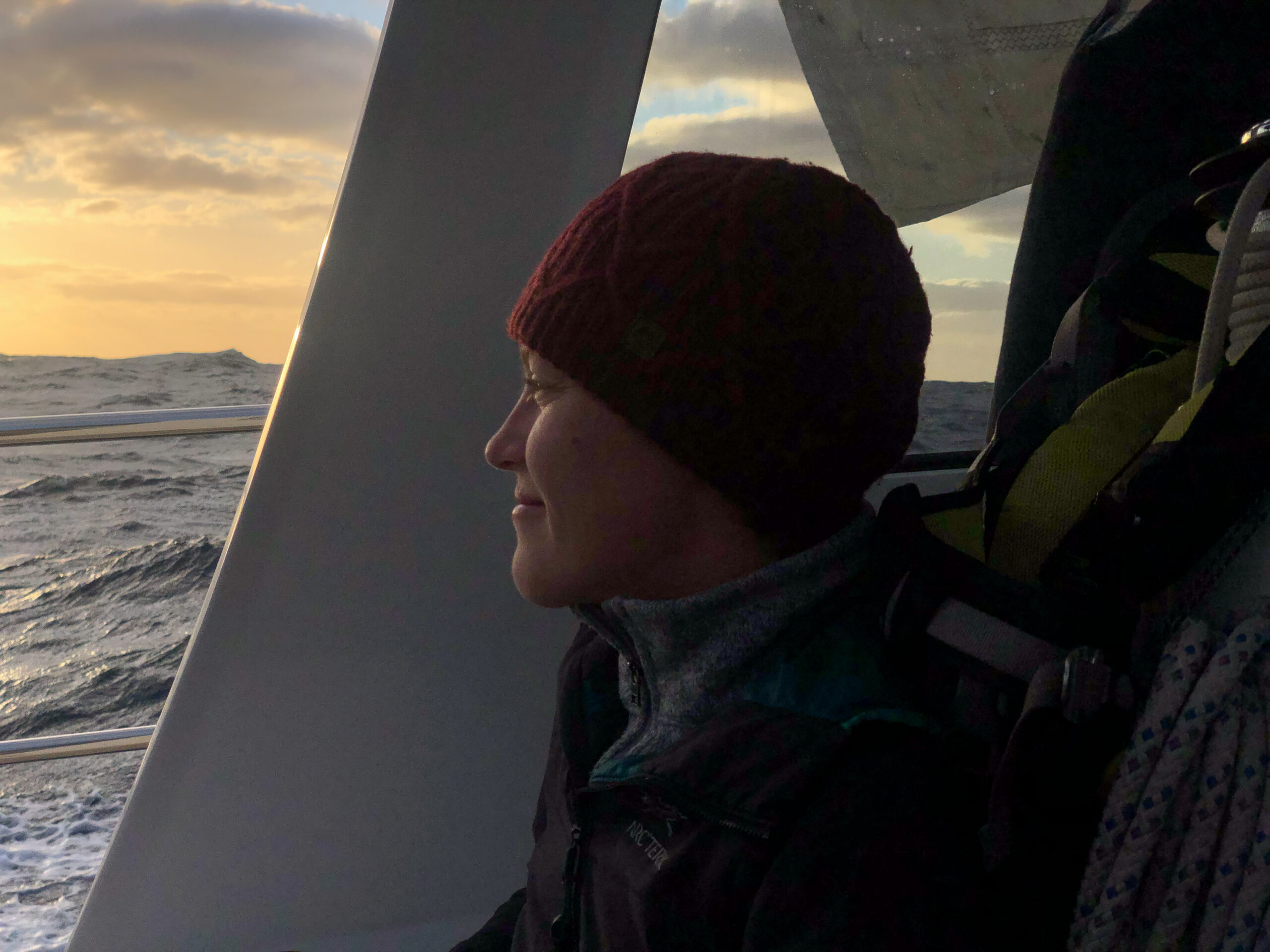
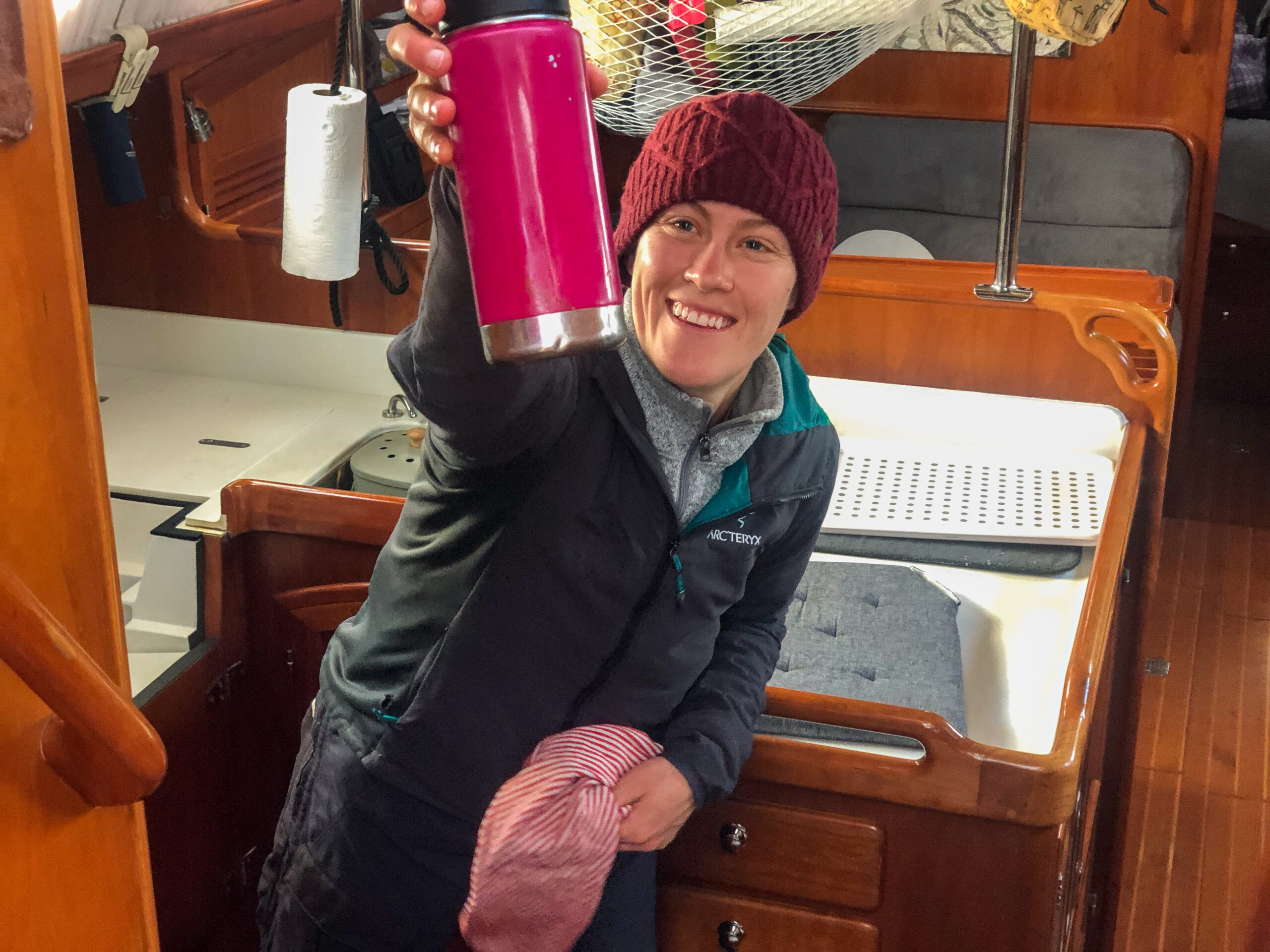
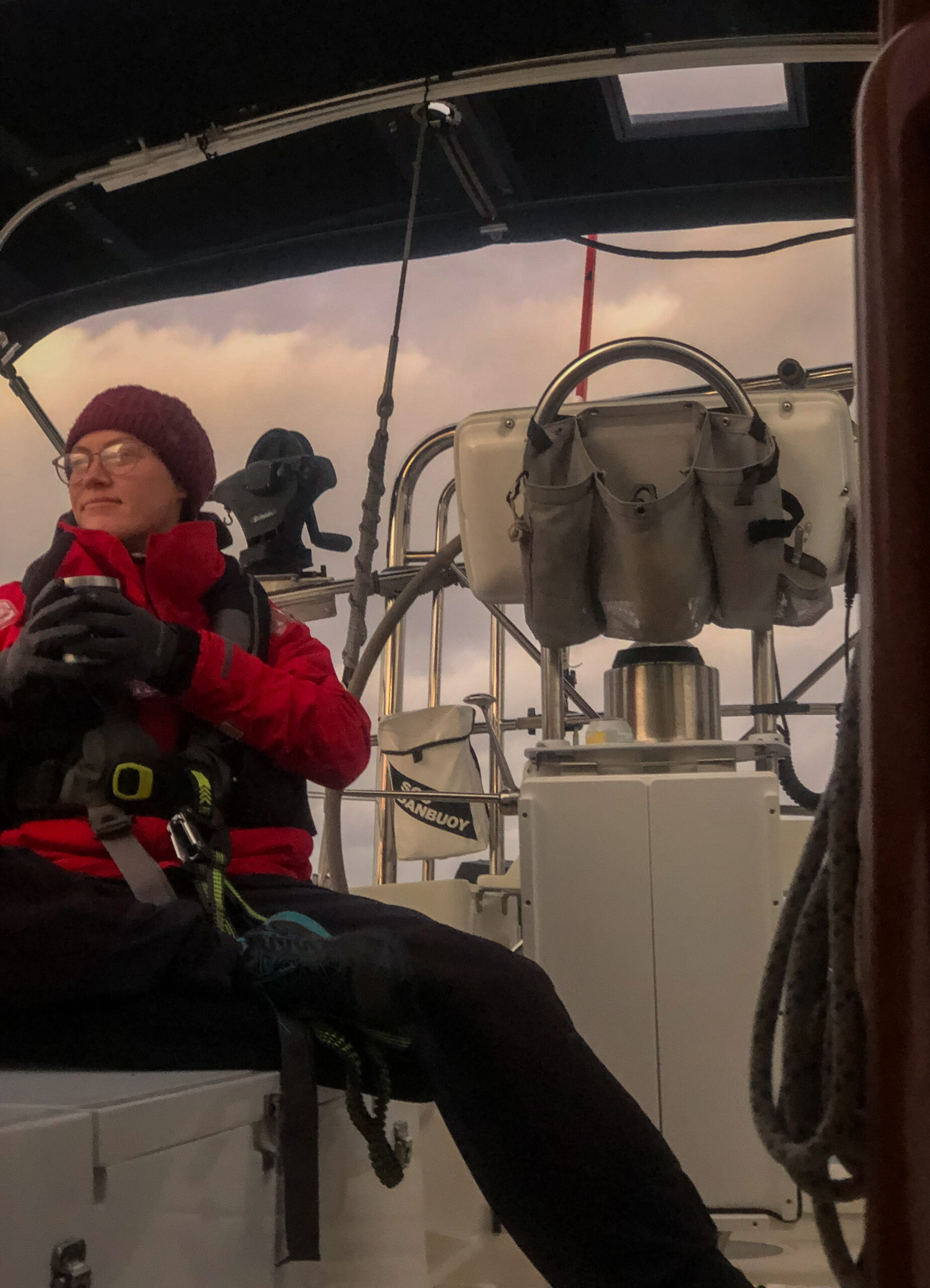
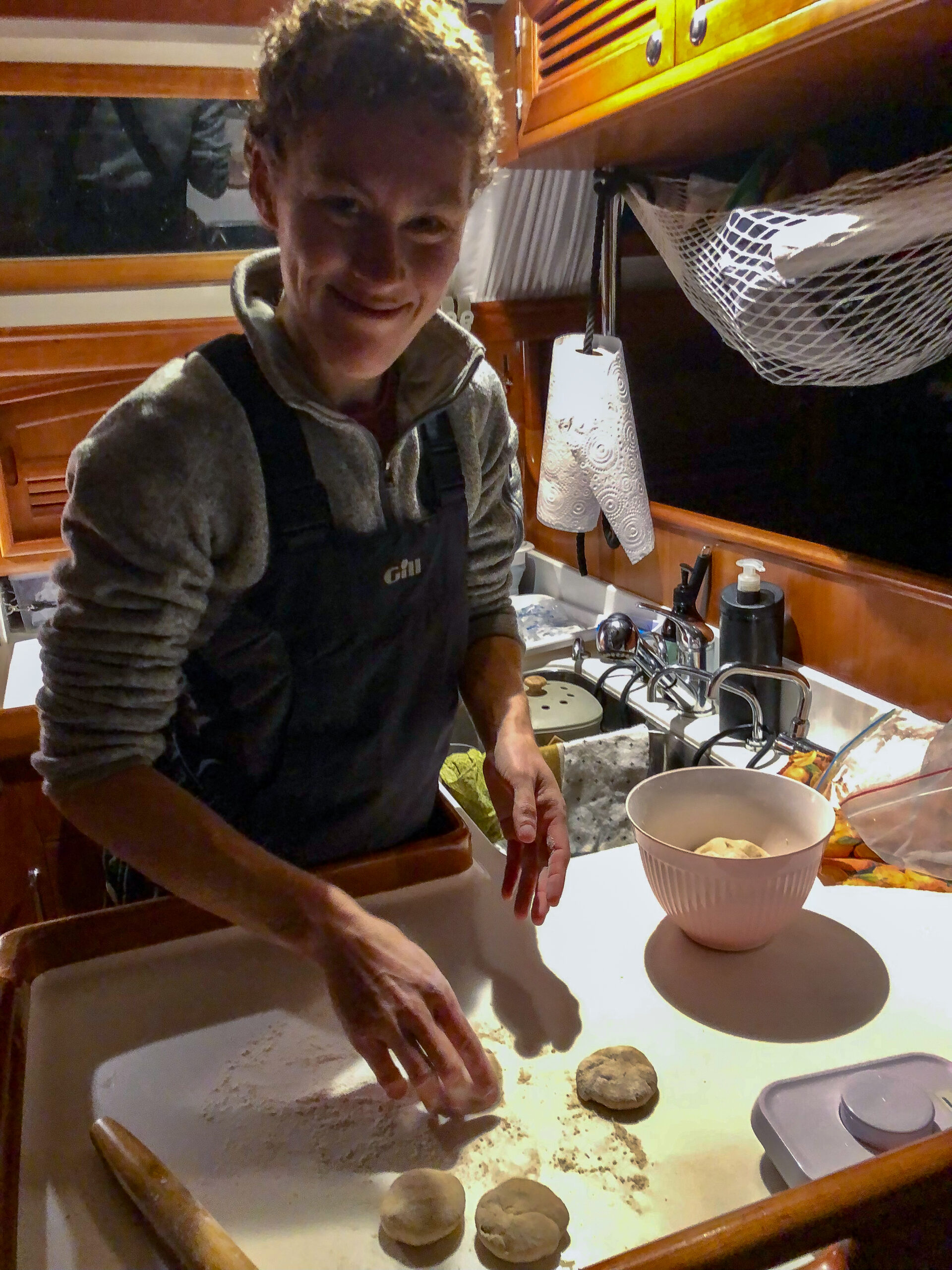
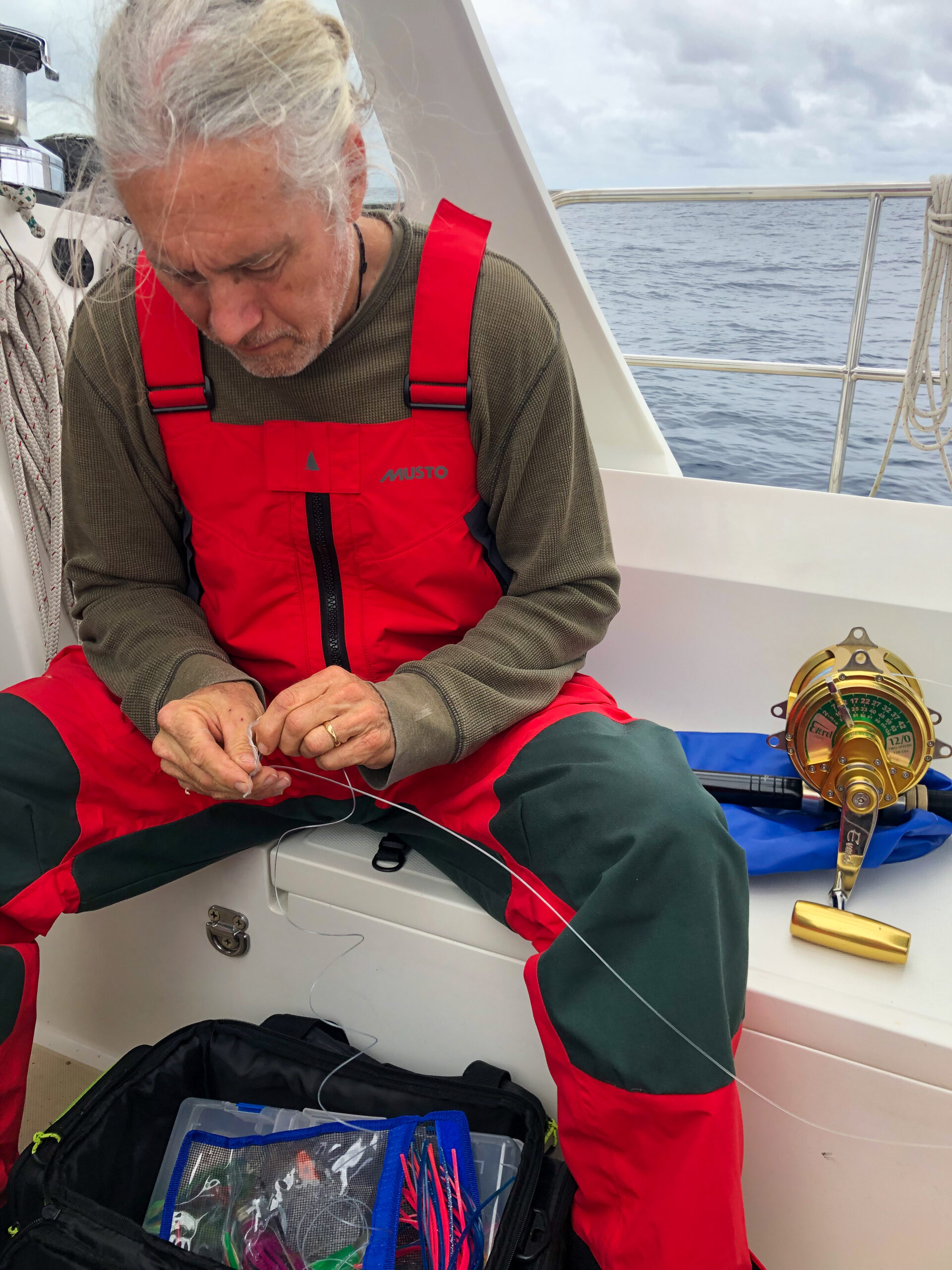
We hoped for maybe a day of wind to push us along, but we were lucky as the winds held out for almost two. You hear about the occasional passage with wind the whole way, but the horse latitudes aren’t called the horse latitudes for nothing… well actually there seem to be a quite a few theories about why they’re called the horse latitudes, only a couple of them to do with the paucity of wind. The basic idea is that this is where the easterly trade winds peter out, but is also the normal limit of frontal systems and westerlies in the mid-latitudes. Makes sense if the wind is going to switch from West to East that there should be some dead space between. We motored for just under twenty-four hours (we thought it might be as much as two days) using our 80 horses to get us through. We’re not big on running the engine (the noise gets tiresome and makes guitar playing tough), but we did enjoy the calmer seas, and the increasingly warmer night watches.
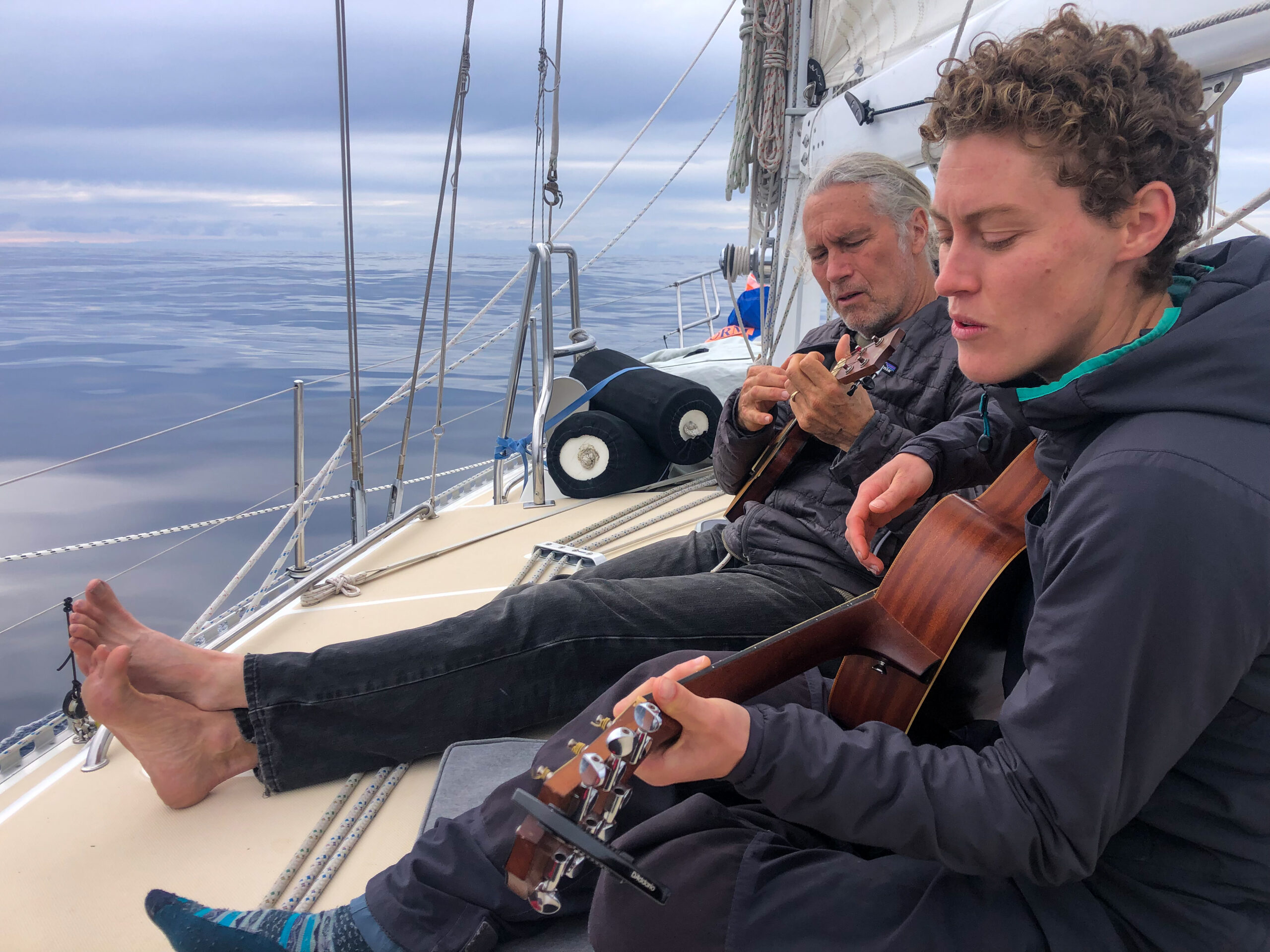
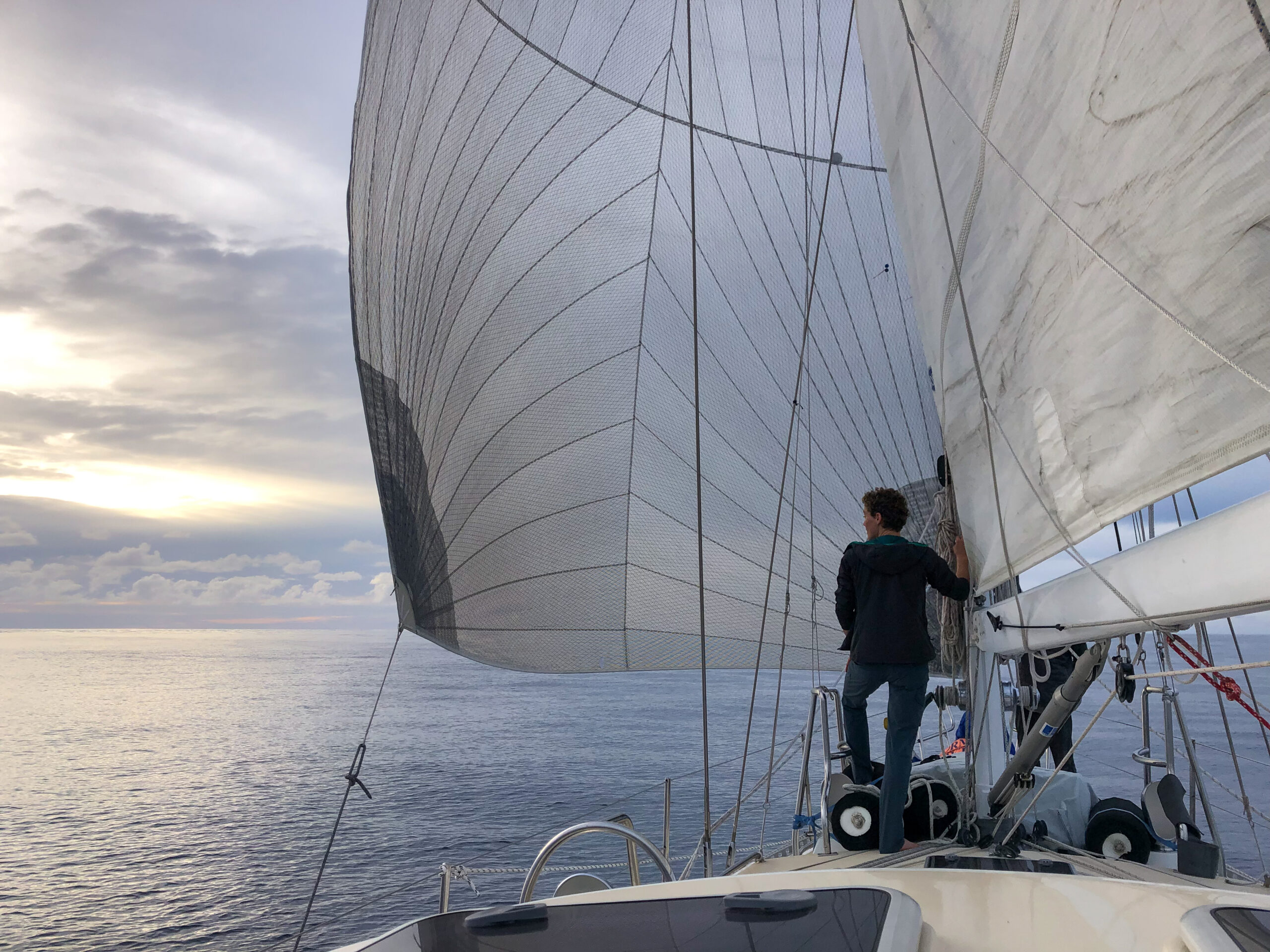
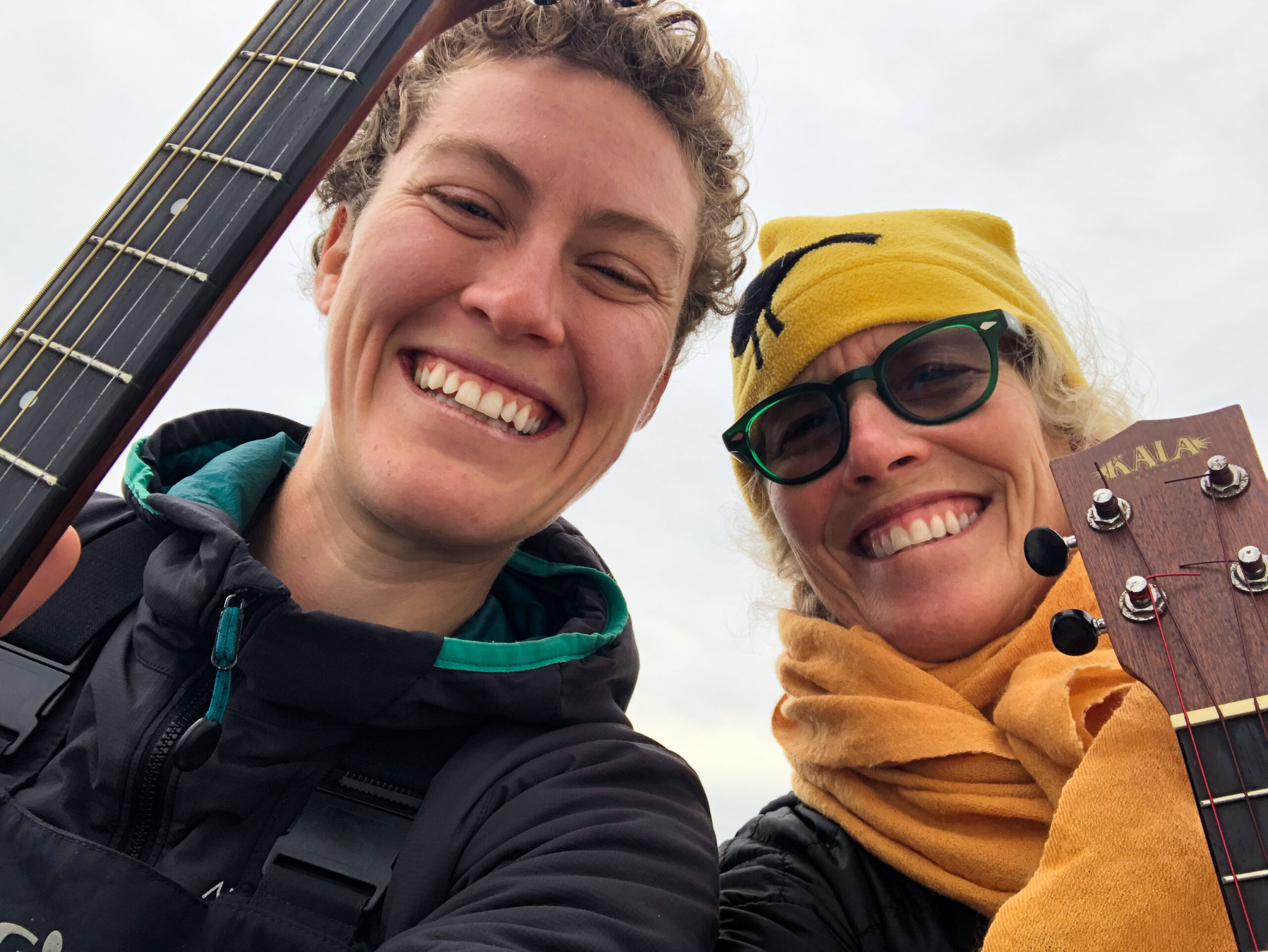
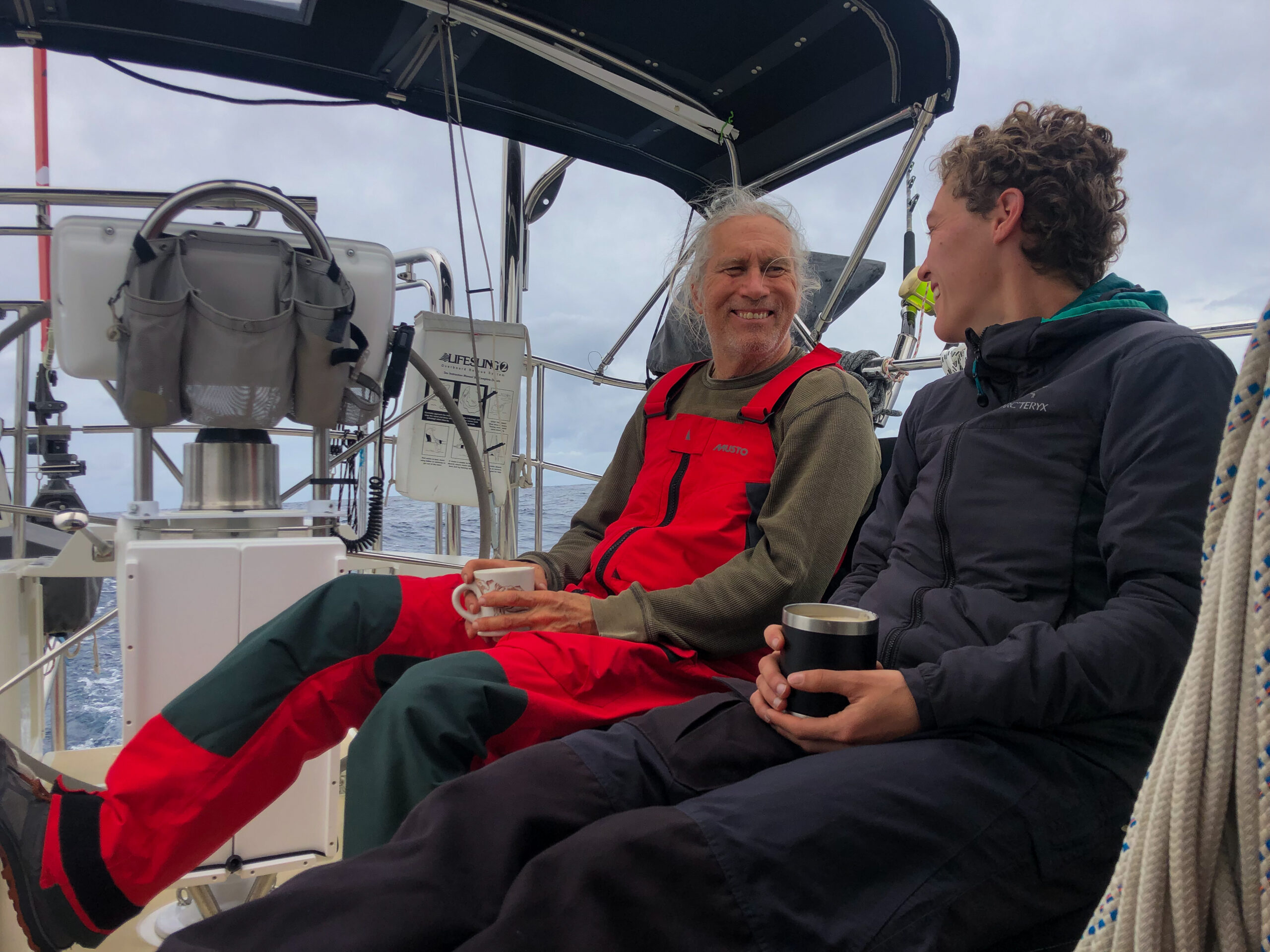

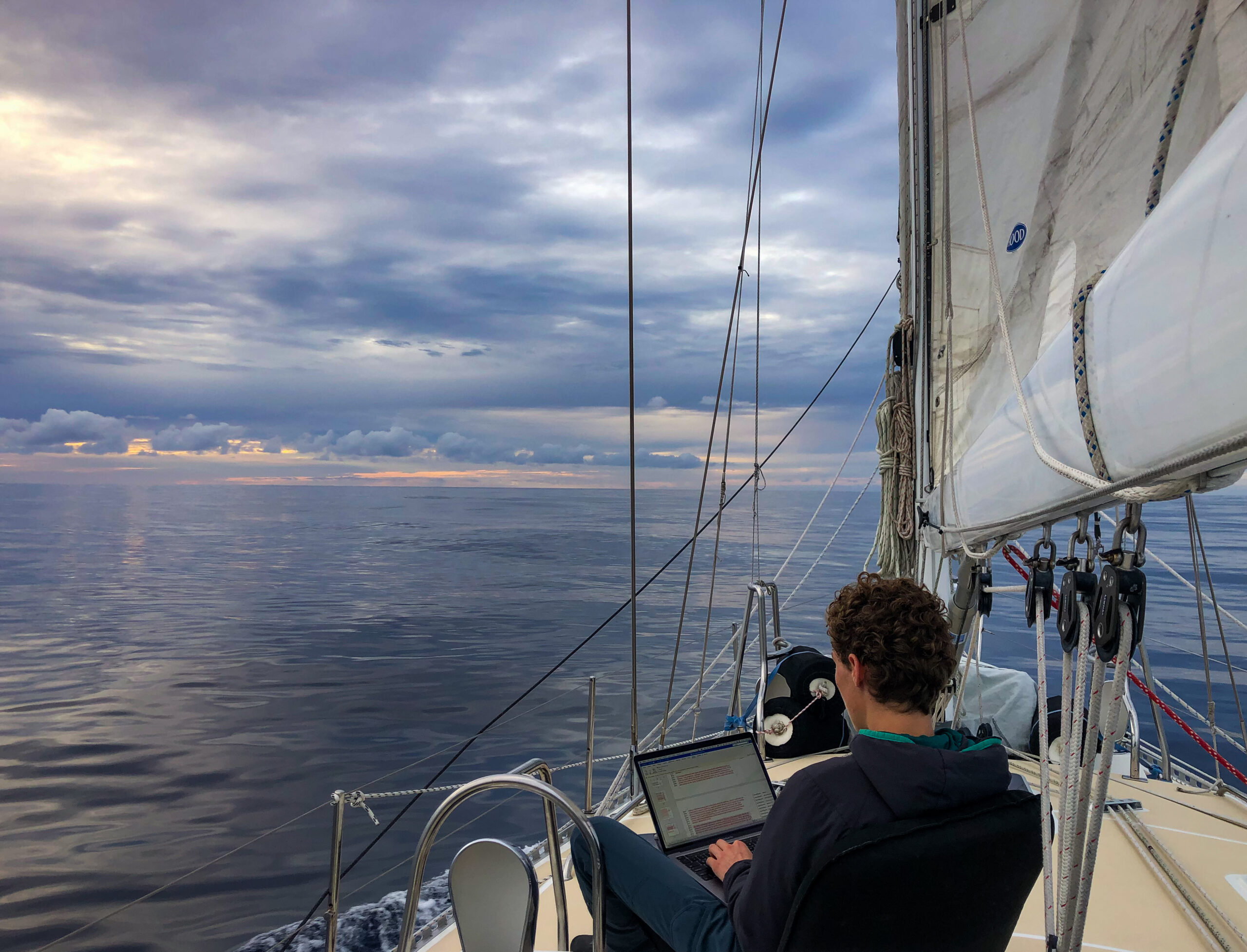
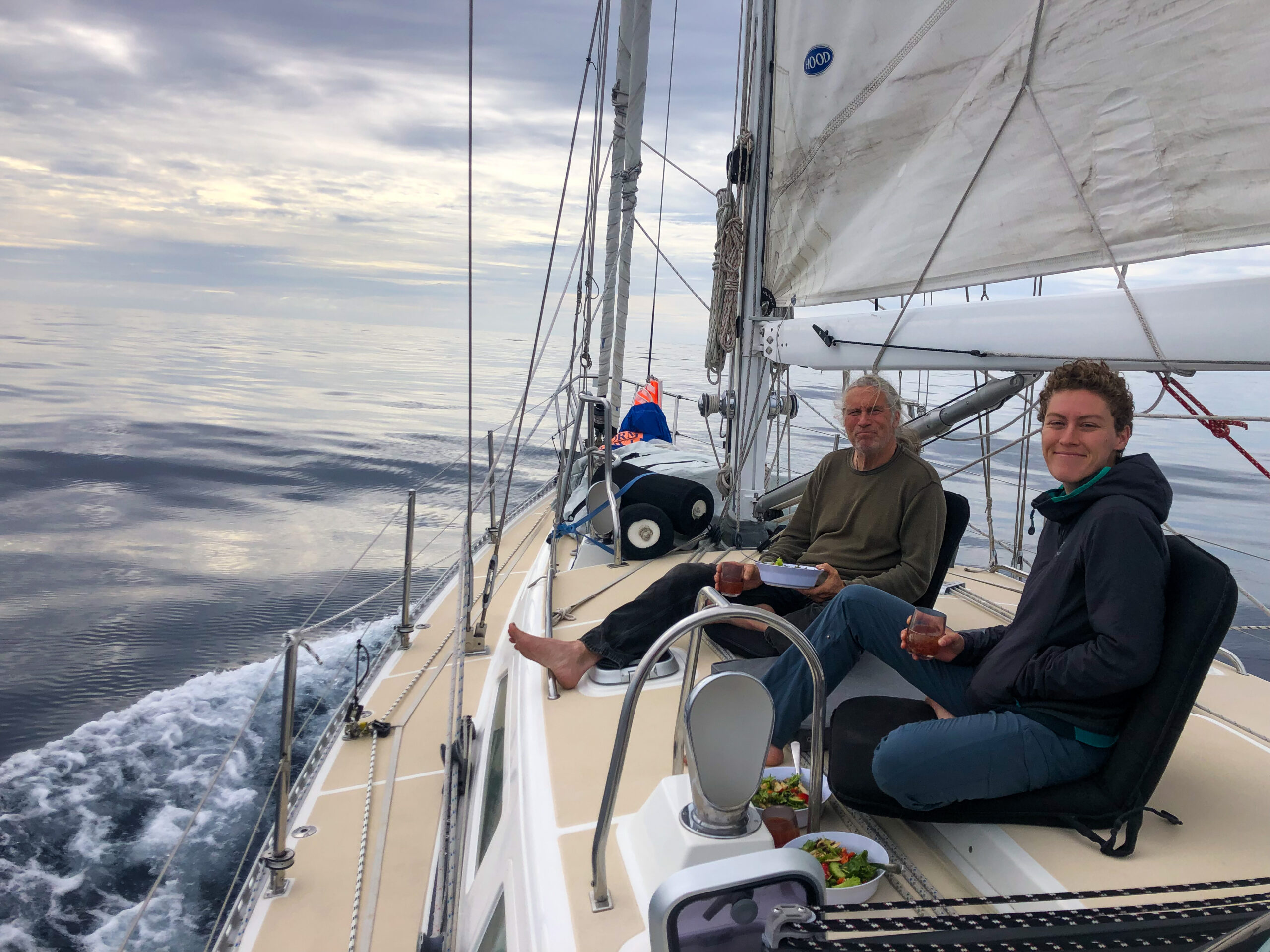
On my watch, just after dawn, just as I was about to shut the engine off and rally the troops to hoist the code zero, the engine made a loud screech and shut down without any warning beeps or anything. What followed was a gorgeous day of sailing in light beam winds with the big sail out that was a bit sullied by time spent trying to figure out what was going on with the engine. We suspected a transmission problem as there have been signs of impending doom for a little while, but we didn’t want make things worse and break something further, by trying to start it up until we could eliminate the possibility of water in the cylinders. I exchanged a few texts with the Yanmar guy in Lyttelton, Brian, who by good fortune happened to be at his shop on a Sunday, and he talked me through what to look for. Our mechanically minded sailor friends Ian in England (previously mentioned in this blog as the man with a plan) and Mark from Starlet both responded promptly to our SAT phone email with gearbox advice that was invaluable. I’m sure anyone can imagine how good it feels when you’re hundreds of miles out to sea, to have friends like this to turn to. Later, the Fijian mechanic showed us pictures of the main bearing in the gearbox which had literally blown up (which more than explained the problem.) Why is a longer story, which I’m happy to share with anyone interested in the gory details. I promise not to take the fifth. Luckily, we didn’t need the engine until well inside the reef at Fiji. By some miracle it held together long enough to get us into the marina.
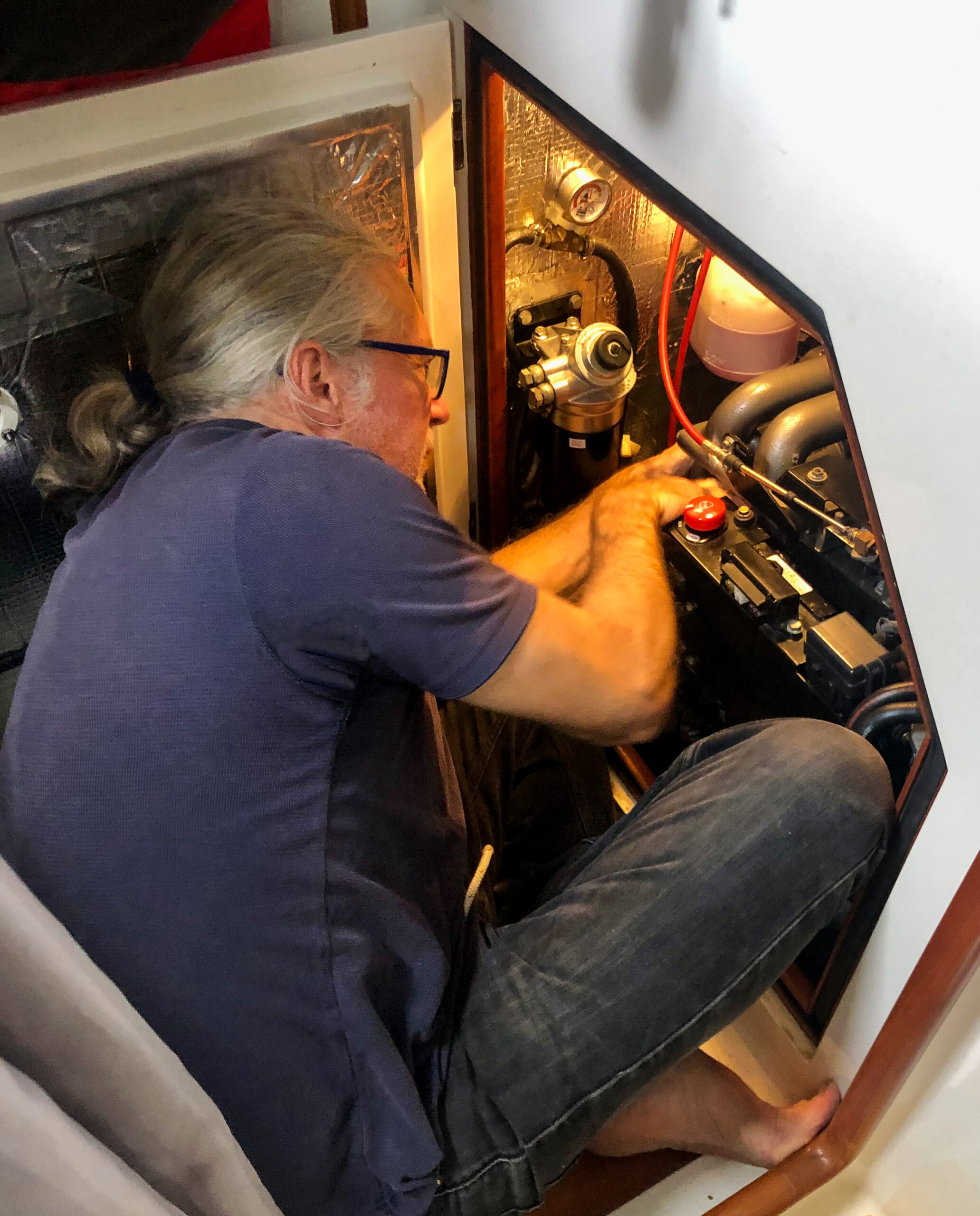
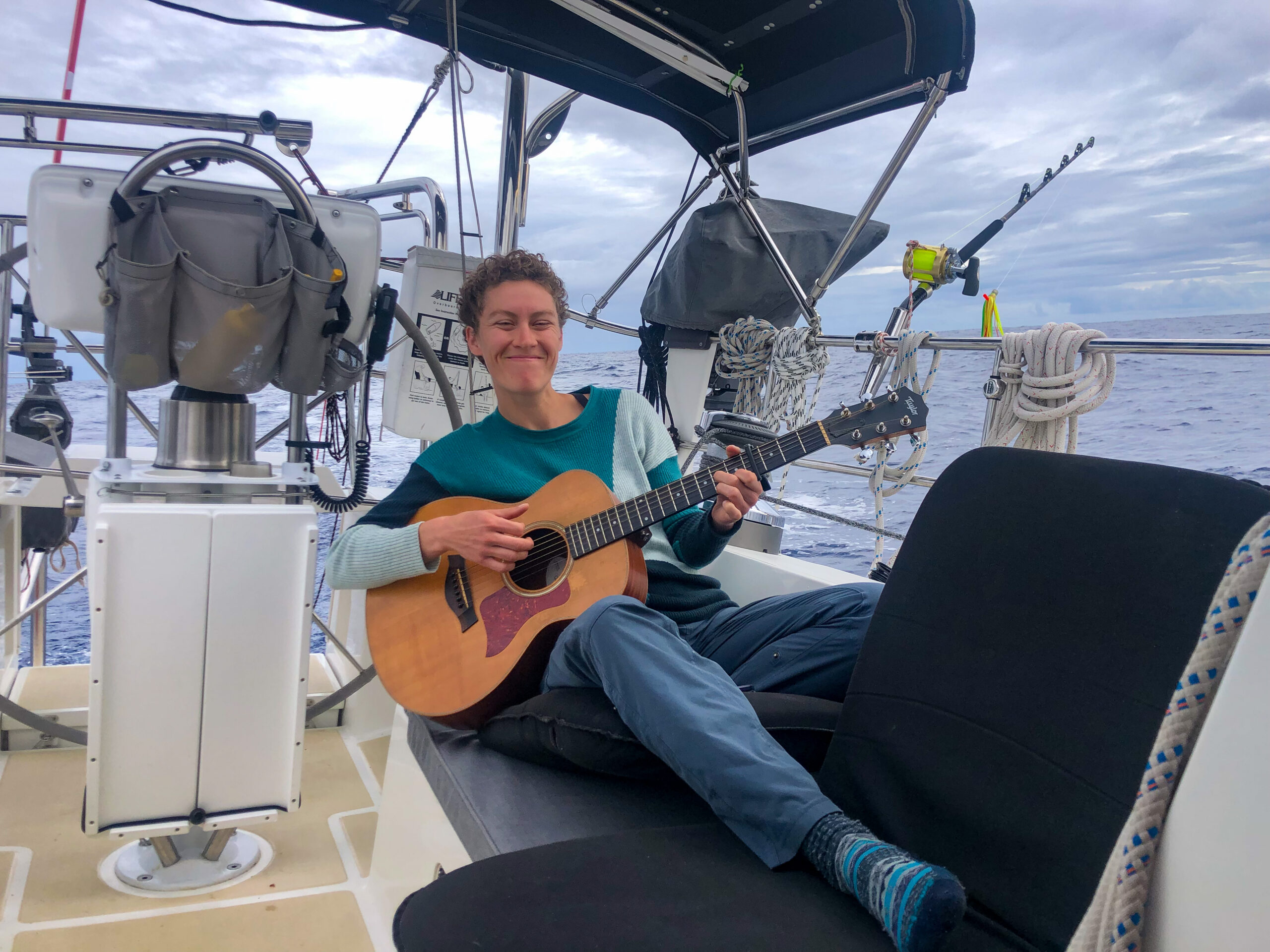
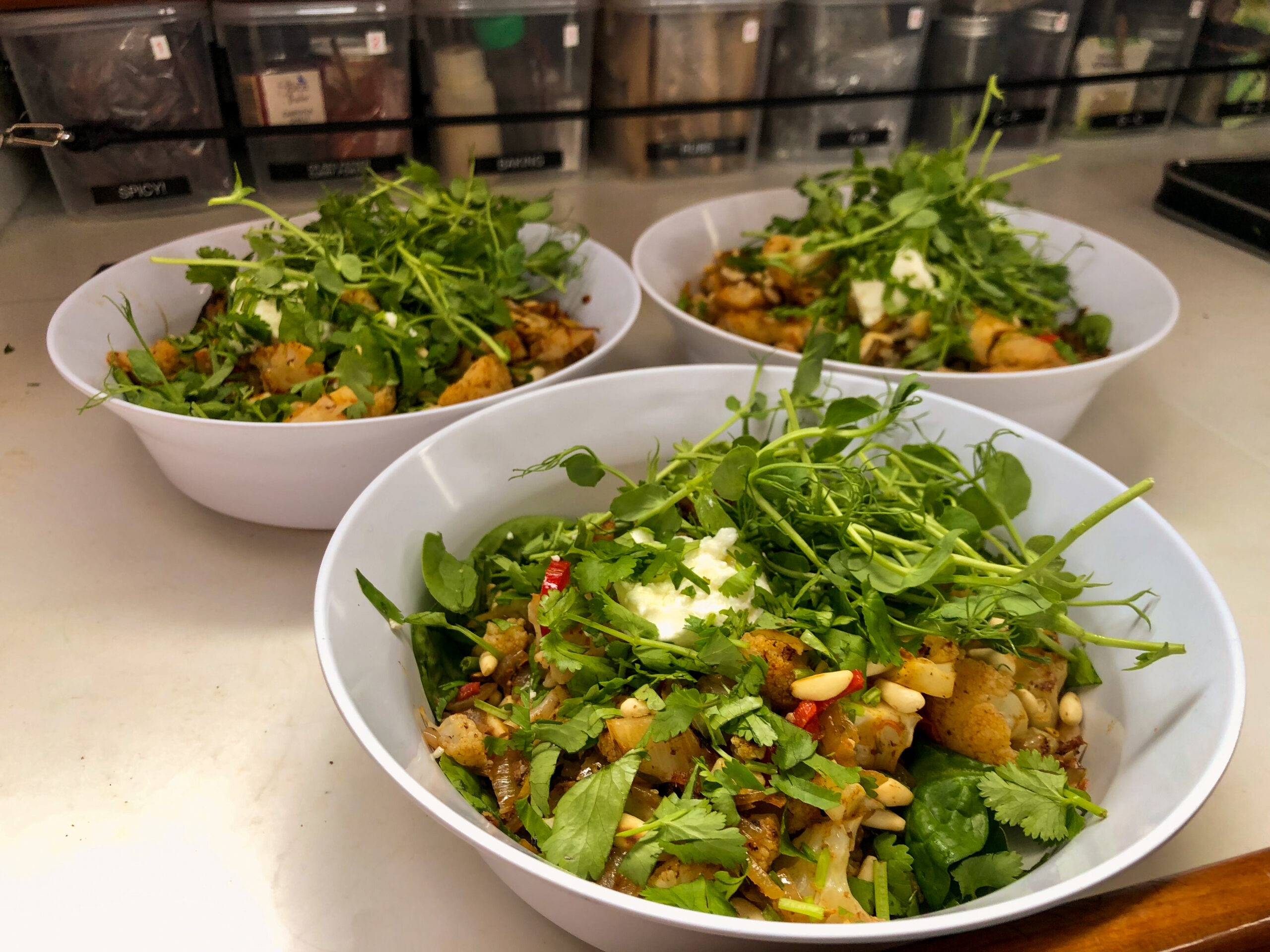
The rest of the sail, the wind was on the beam or just ahead of the beam, consitently over 20 knots with 3 to 4 meter very confused seas for the first day, which slowly moderated a little (though the wind did not) and became more regular. 
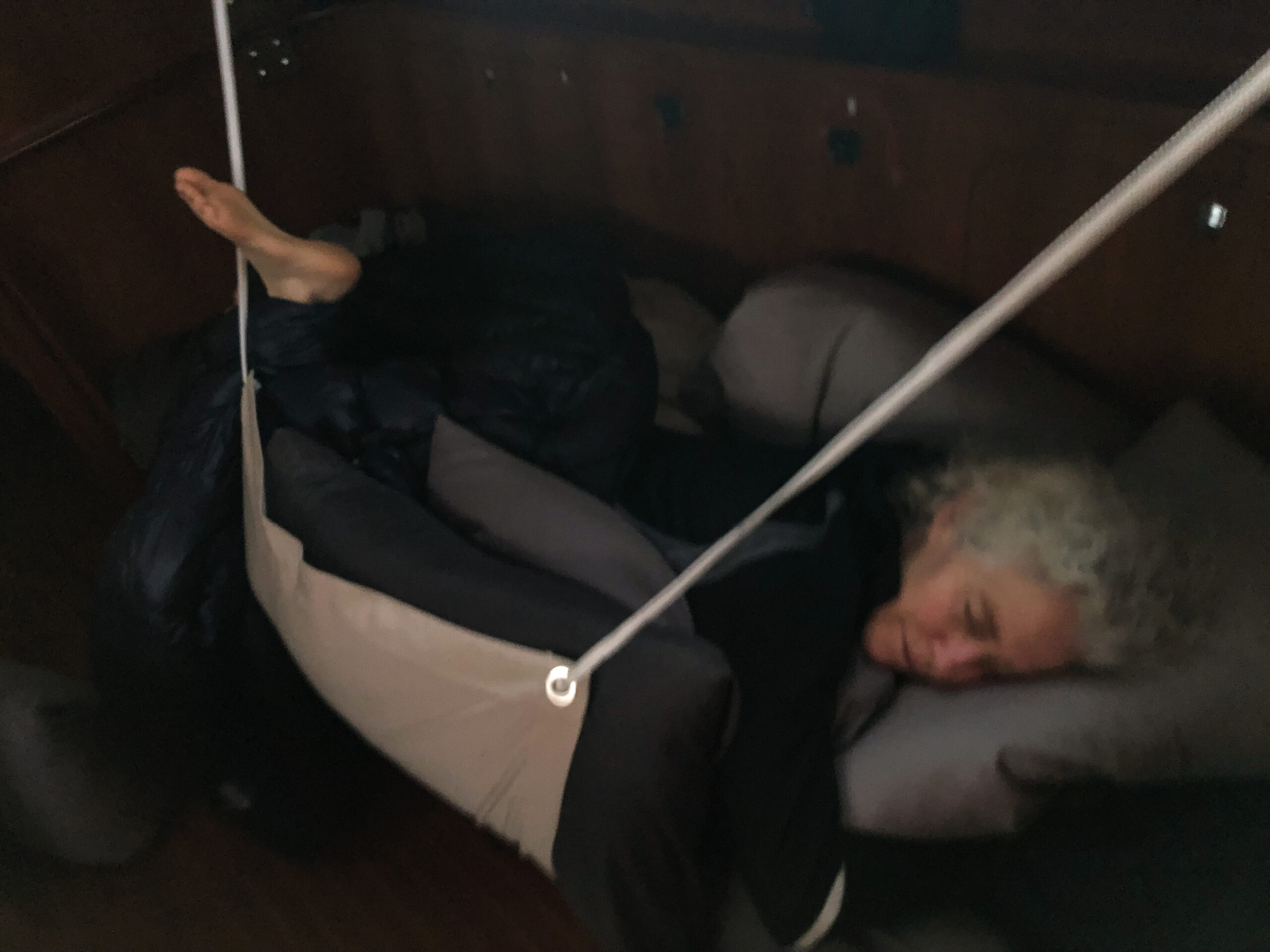
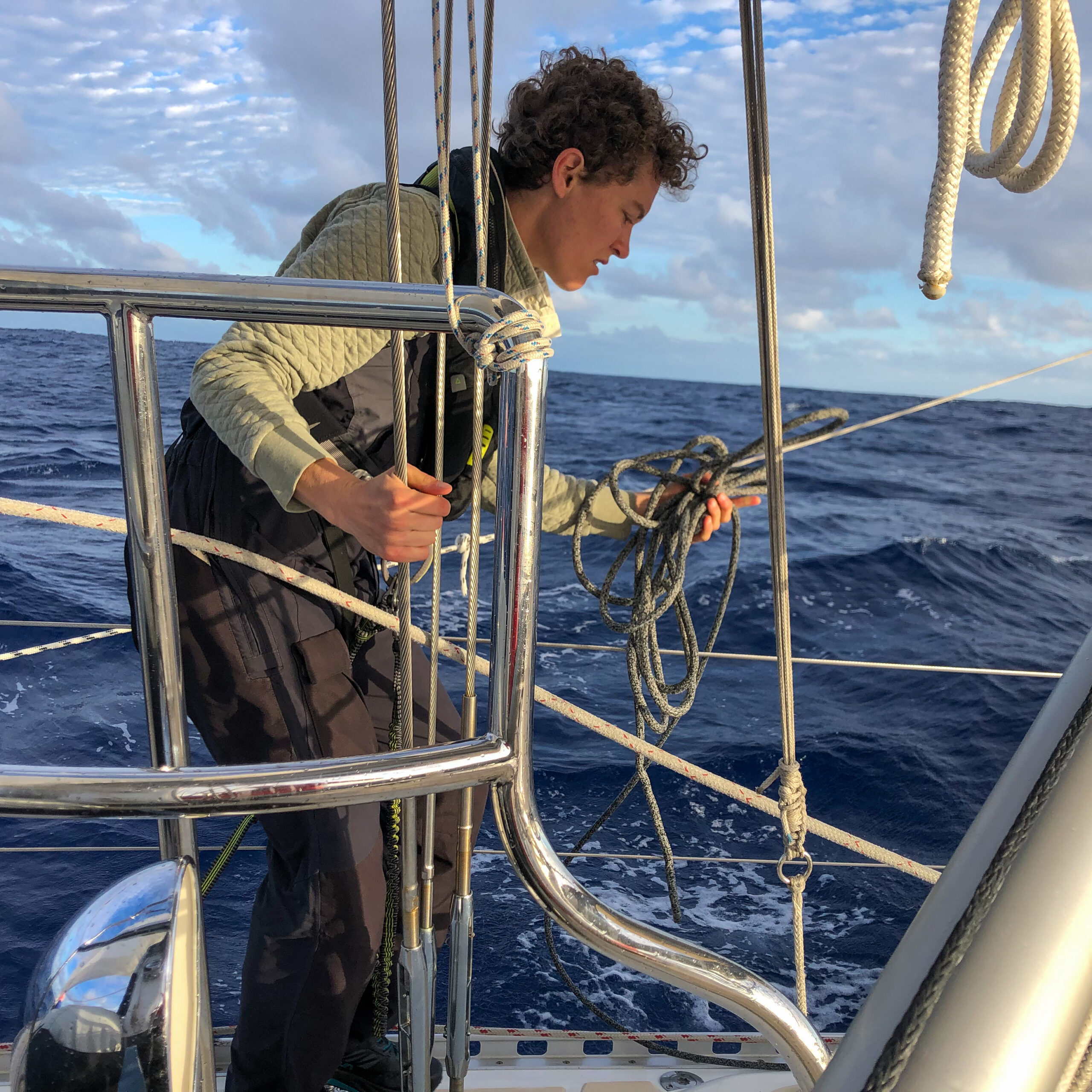
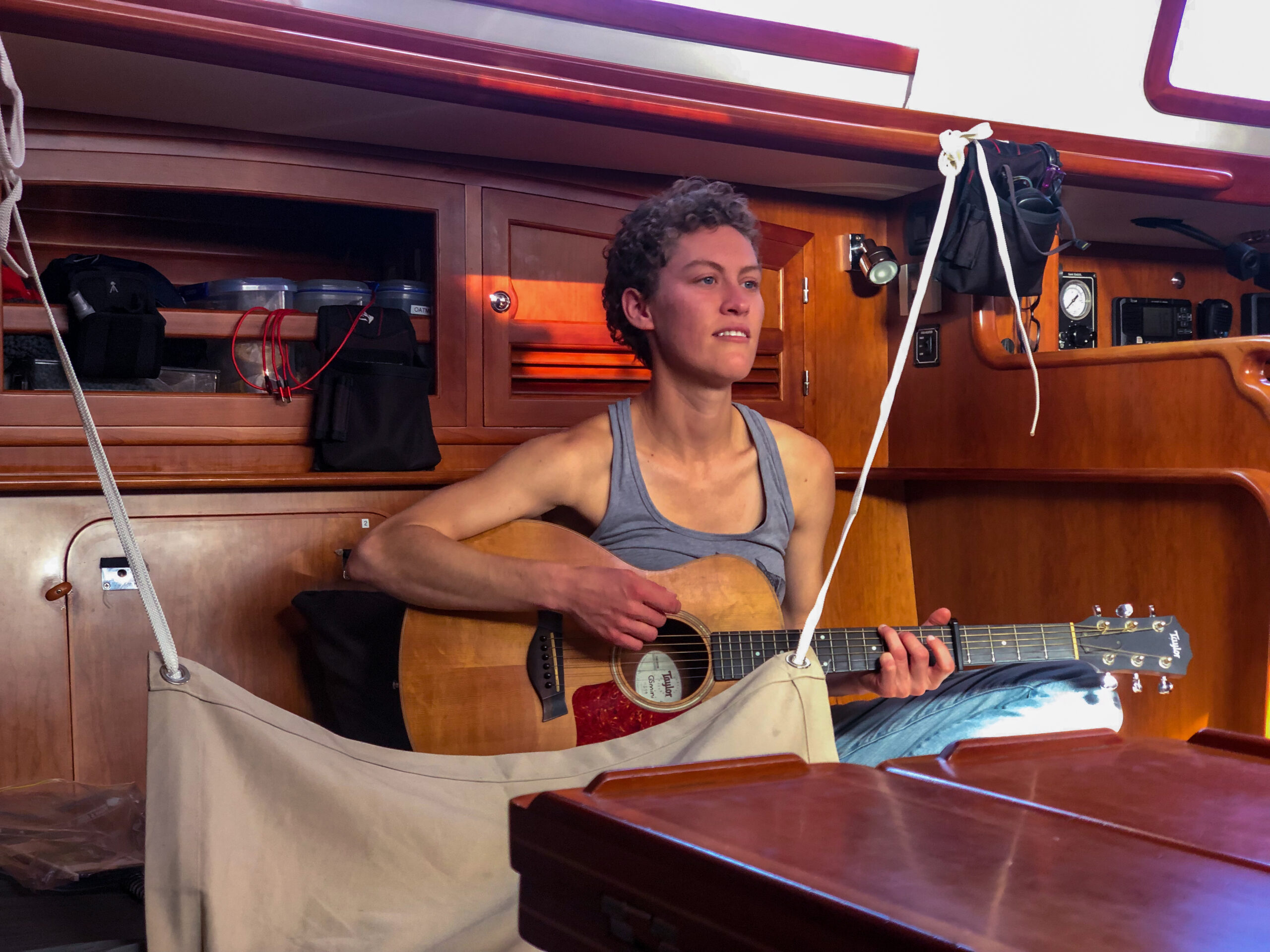
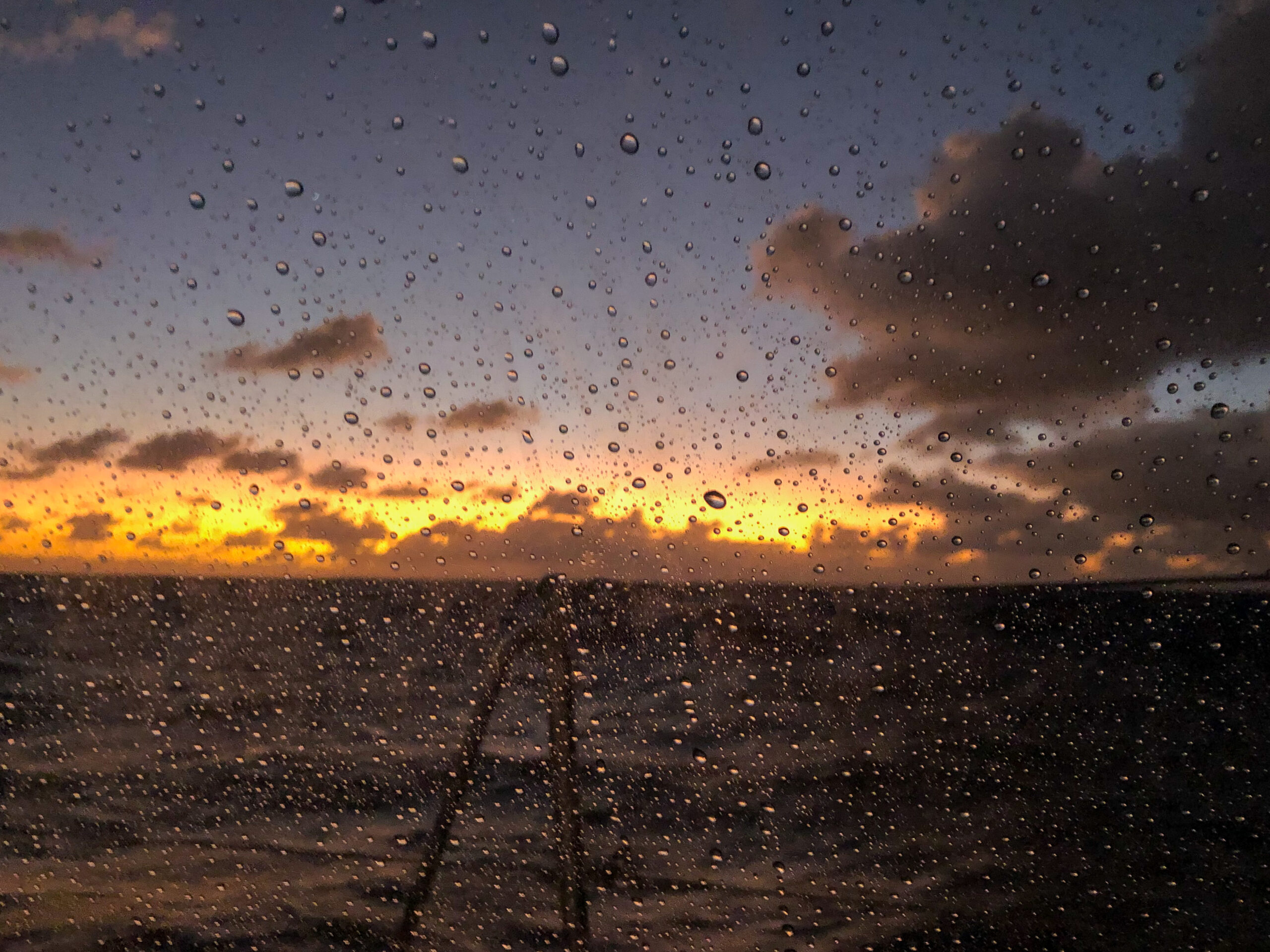
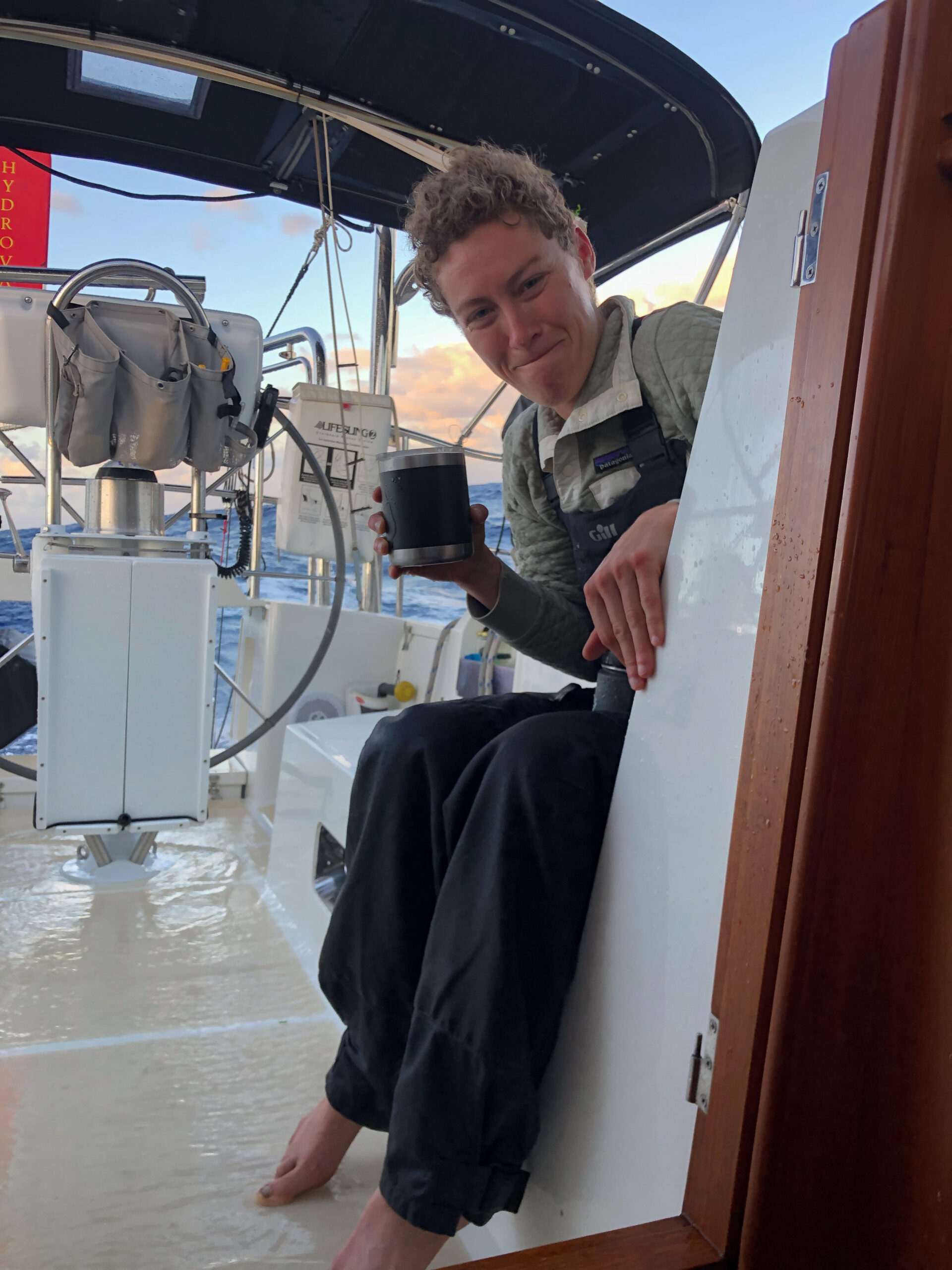
Maddi posted this note for Day 5:
“Poseidon has changed his mood, with boistrous seas catching us abeam and wind aplenty. With our course now set for Nadi, the Allora crew has spent the day either laying down or holding on tight. It’s incredible how tasks that were easy in the weekend calm have now become ludicrously challenging: making coffee, putting on pants… just want to take a pee in peace? Good luck! We keep thinking things are calming down, but perhaps it’s just our imaginations (and wishful thinking from unsettled tummies). Allora, for her part, seems to bounce joyfully over the boisterous seas, carrying us northward. The warm air, puffy trade wind clouds, and occasional flying fish among the leaping waves remind us that we’re back the tropics. We managed to brave the splashy cockpit for some music today, and only one of us took a full dousing! Heading into the night a salty crew, with gratitude for the wind and hopes for mellower seas tomorrow.”
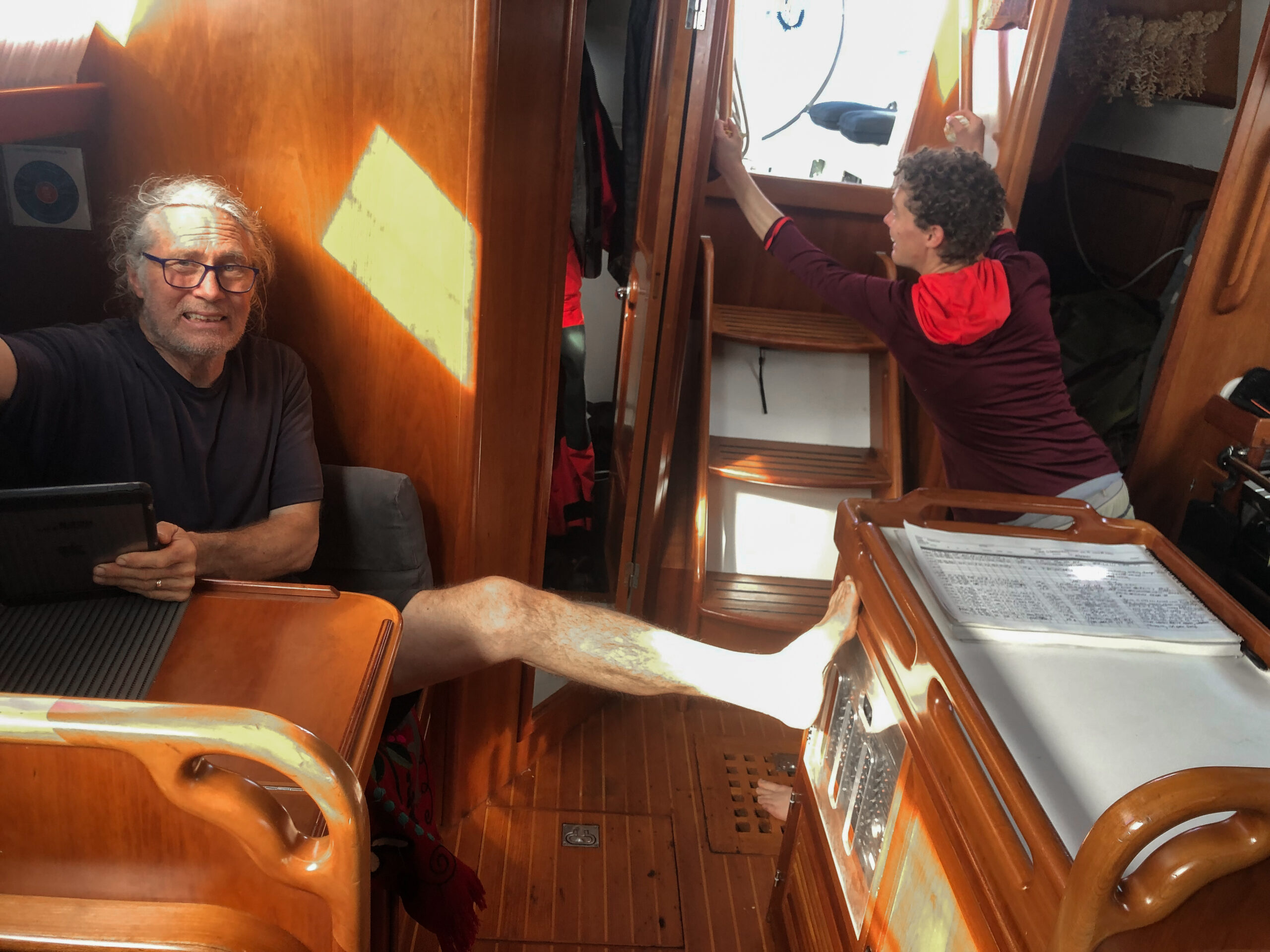


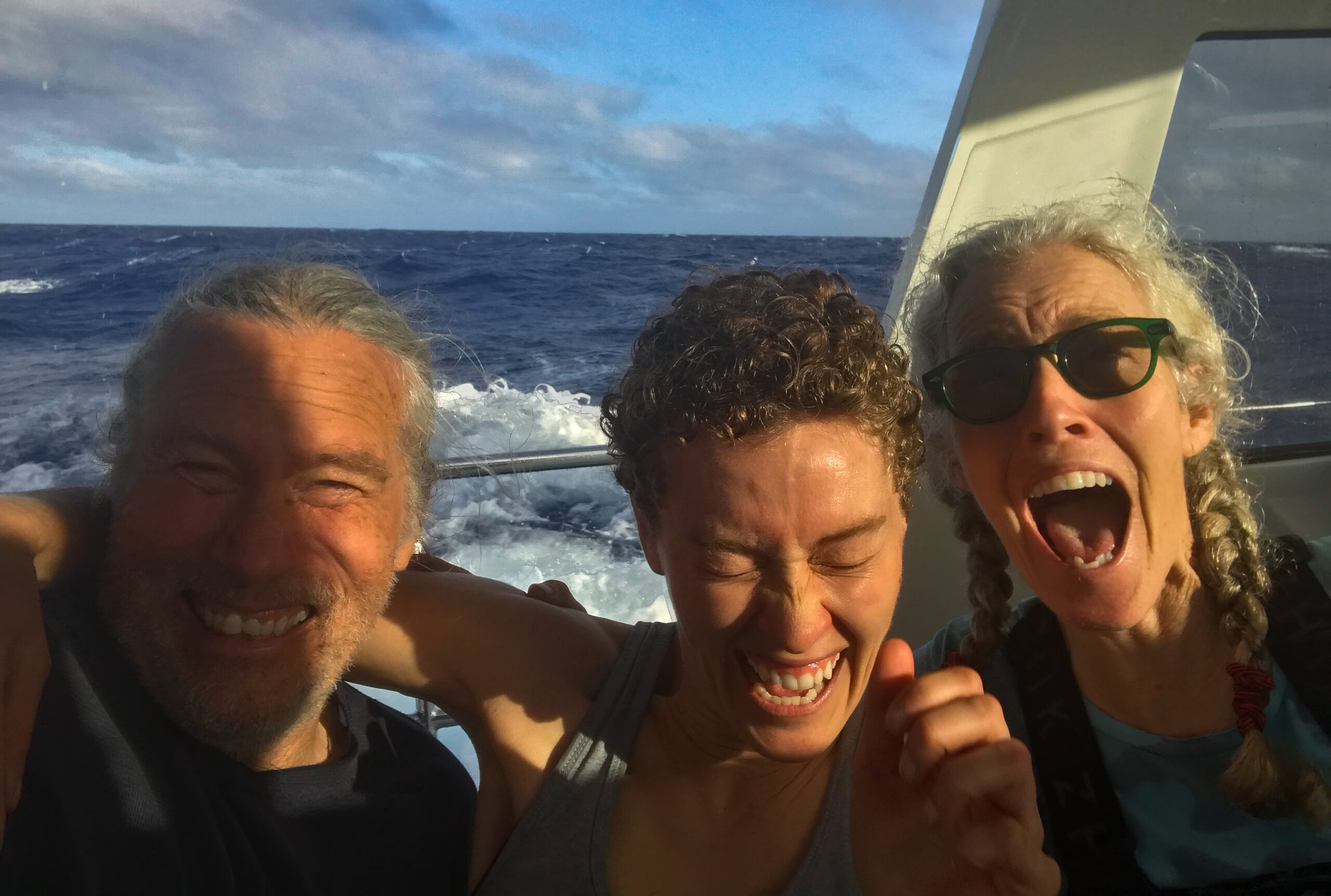
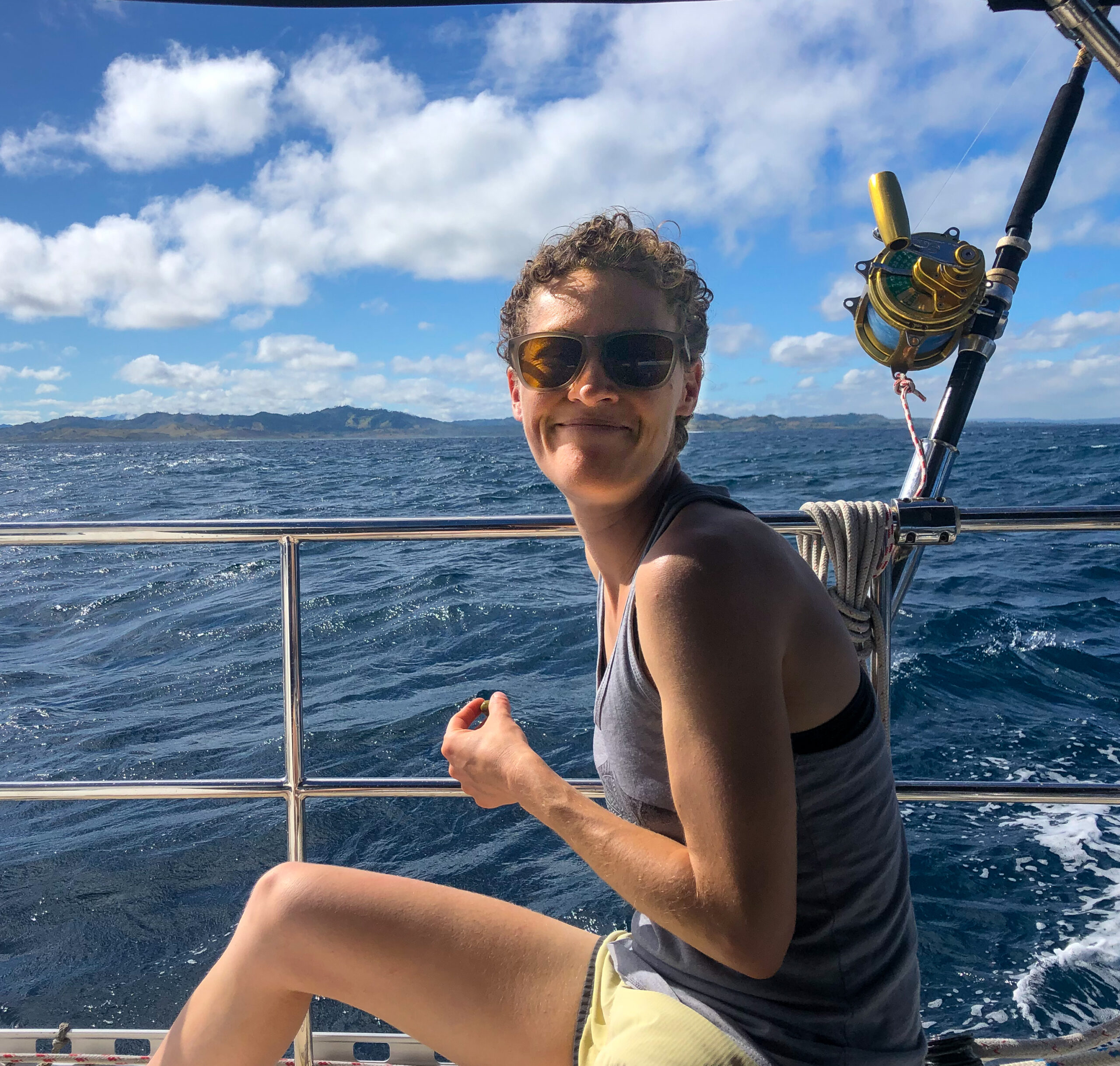
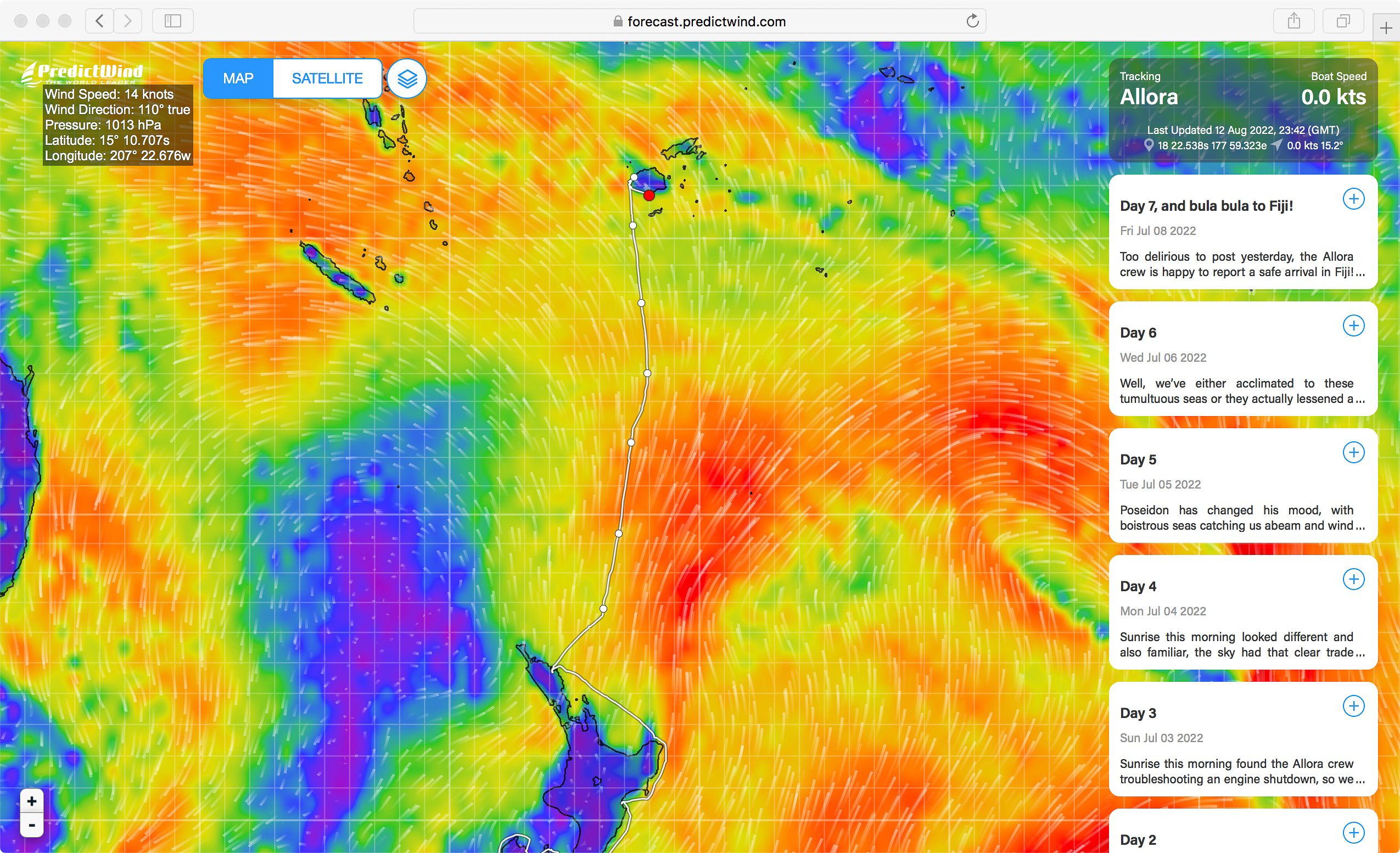
Though our speed through water was usually pretty stunning, it was all such a sloppy mess that our actual distance made good suffered. Still we logged a couple days over 170 miles, coming in at 7 days for the whole passage. After a rowdy, tumultuous, brisk and challenging ride, the calm water inside the lagoon felt surreal, the welcome song at the quarantine dock seriously touched our hearts and the Covid tests brought actual tears to our eyes!
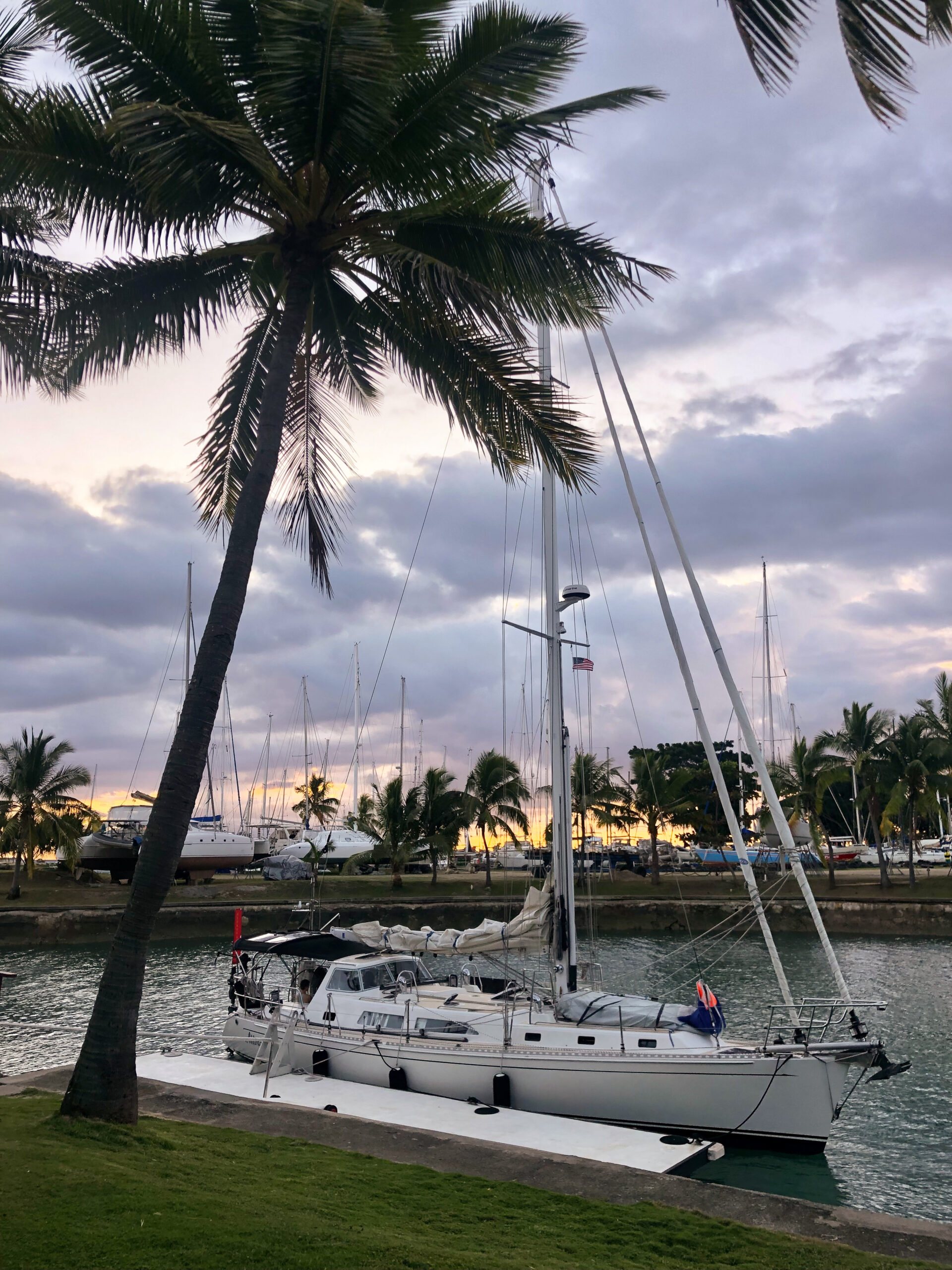

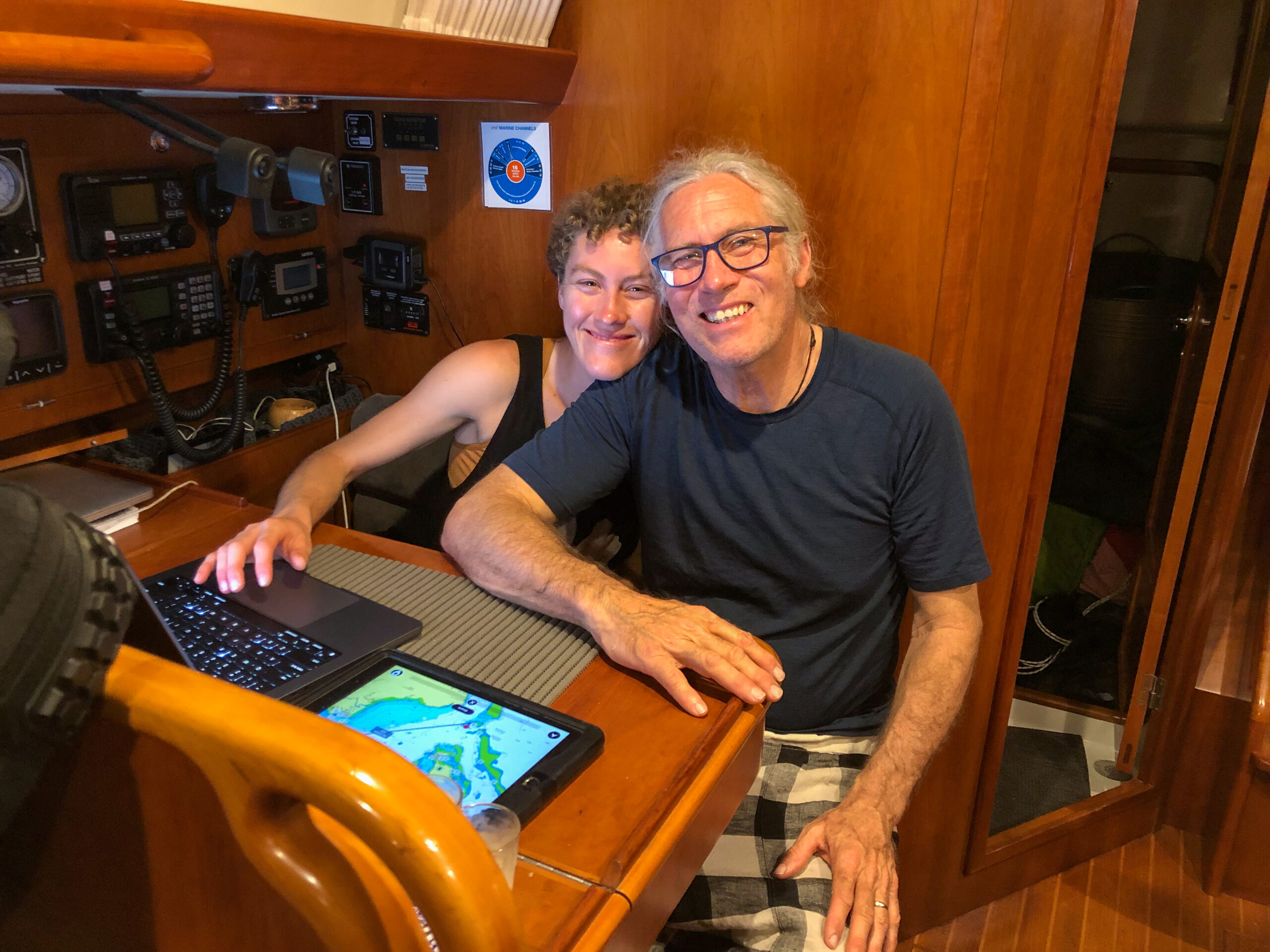
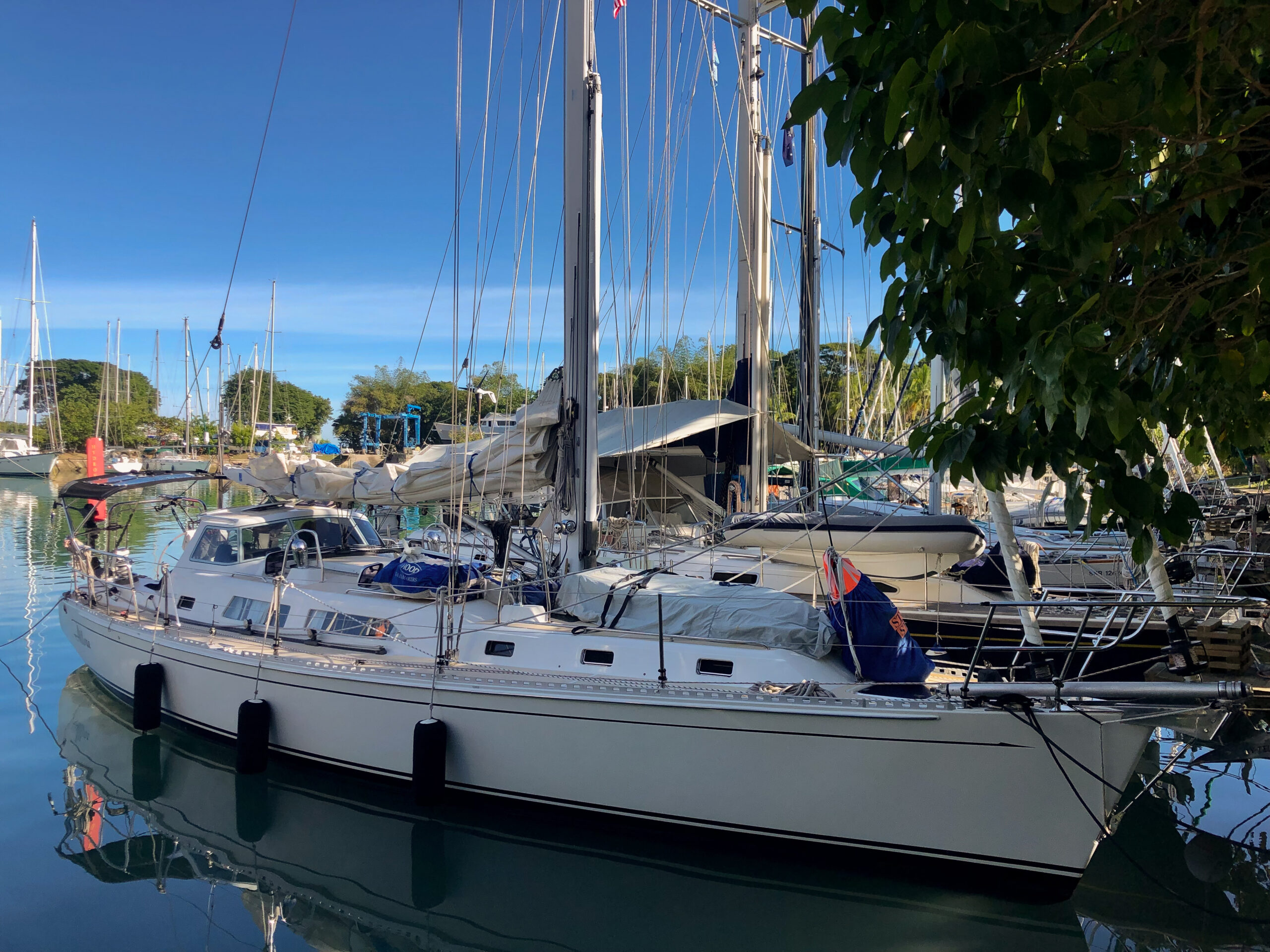
Maddi’s time in Fiji was already going to be pretty short, after waiting in Opua for weather, so we just couldn’t stand the idea of hanging out in the Marina, working engine or not, even though that would obviously be the prudent choice. We hadn’t seen the blown bearing yet, so blissfully ignorant, we decided that we would sail out to the reef for a couple of nights. We picked a spot that looked like we could sail onto anchor, and off, if we had to. Namo (our dinghy) was also standing by to push us along if all else failed. The wind cooperated (which is lucky because the engine quit again just after we got out of the marina and got our sail up), and though we didn’t have to sail onto anchor, we did have to manually drop it since the rough seas of passage had managed to drown a supposedly waterproof fuse box on the windlass.



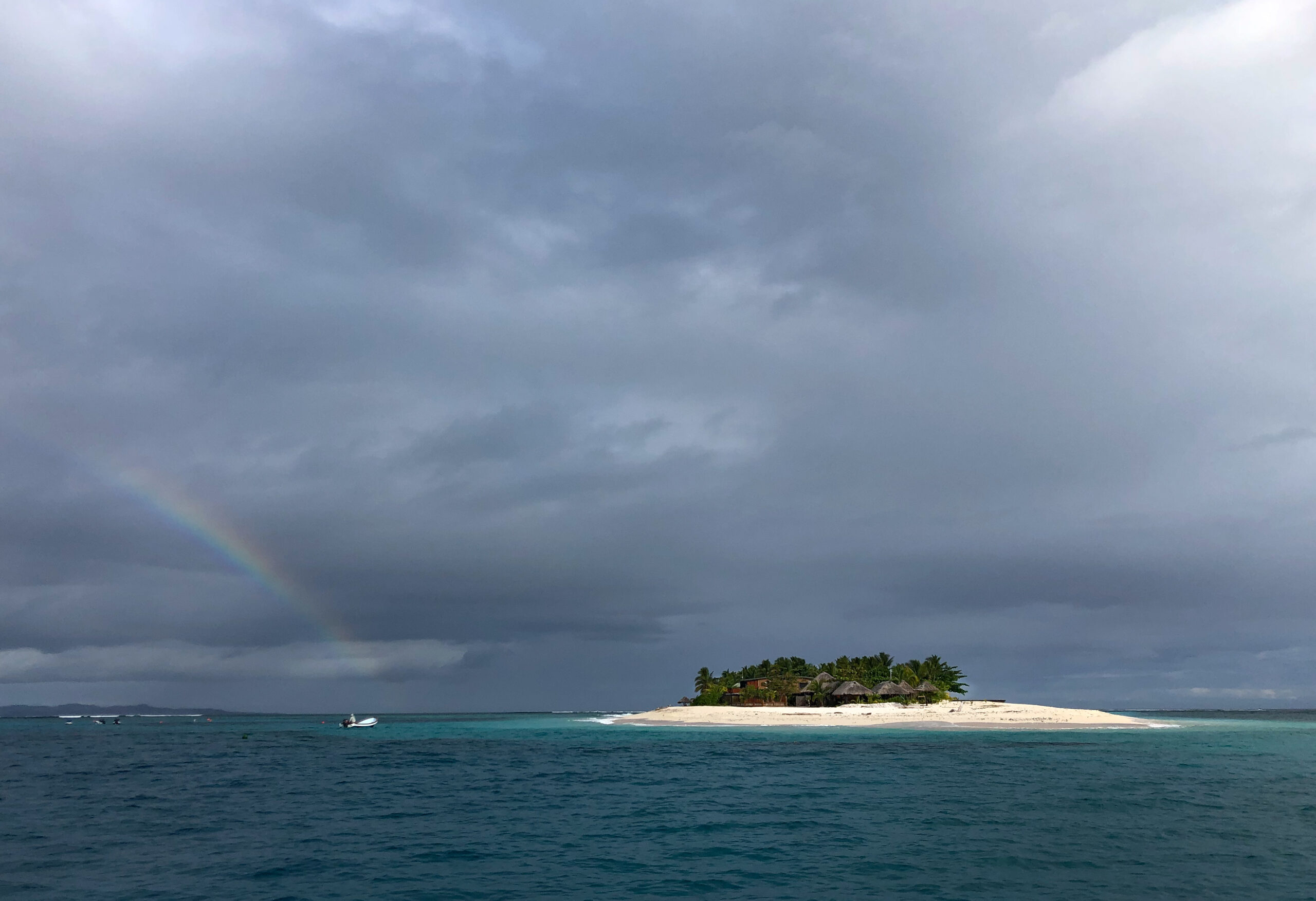
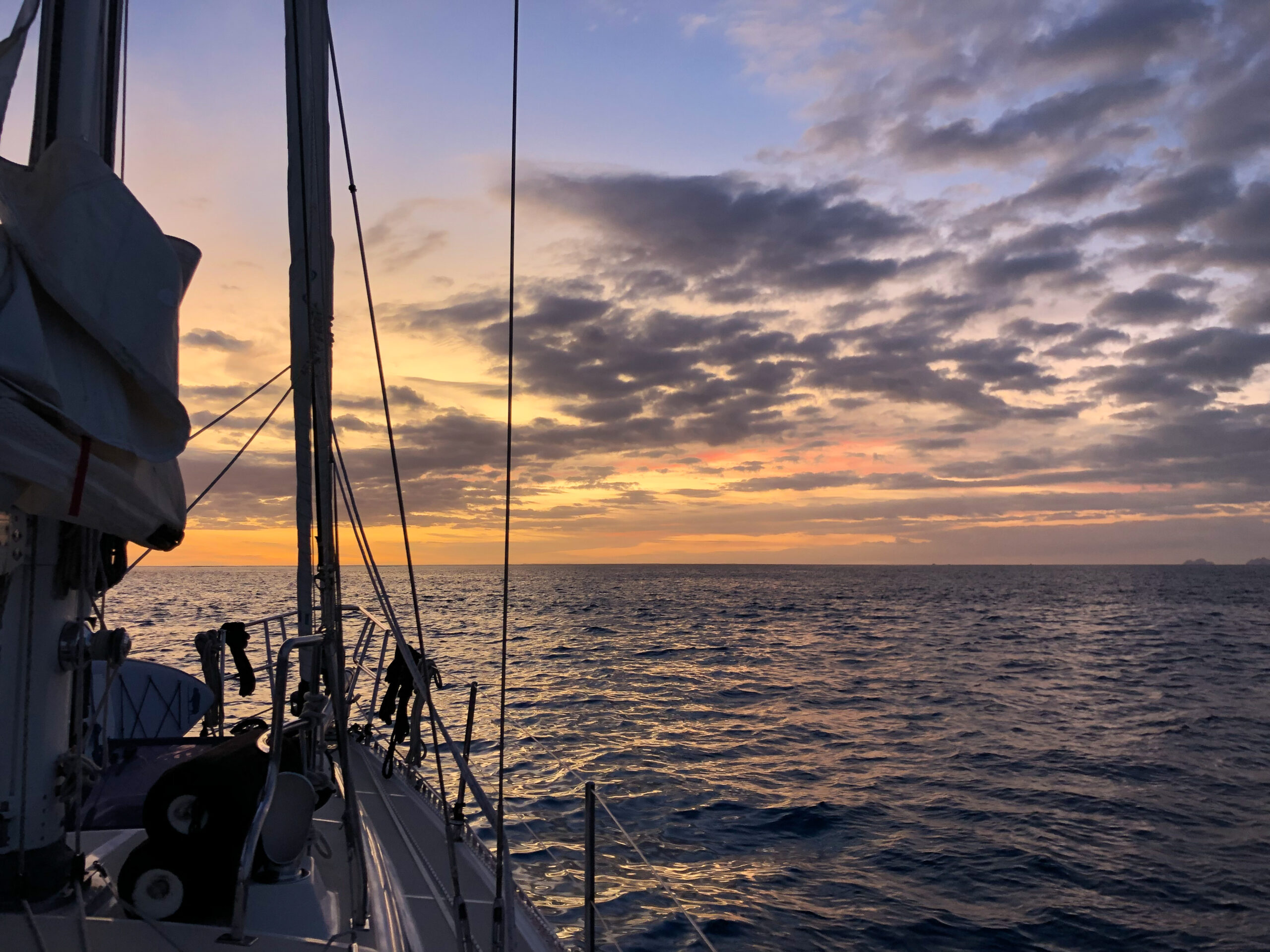
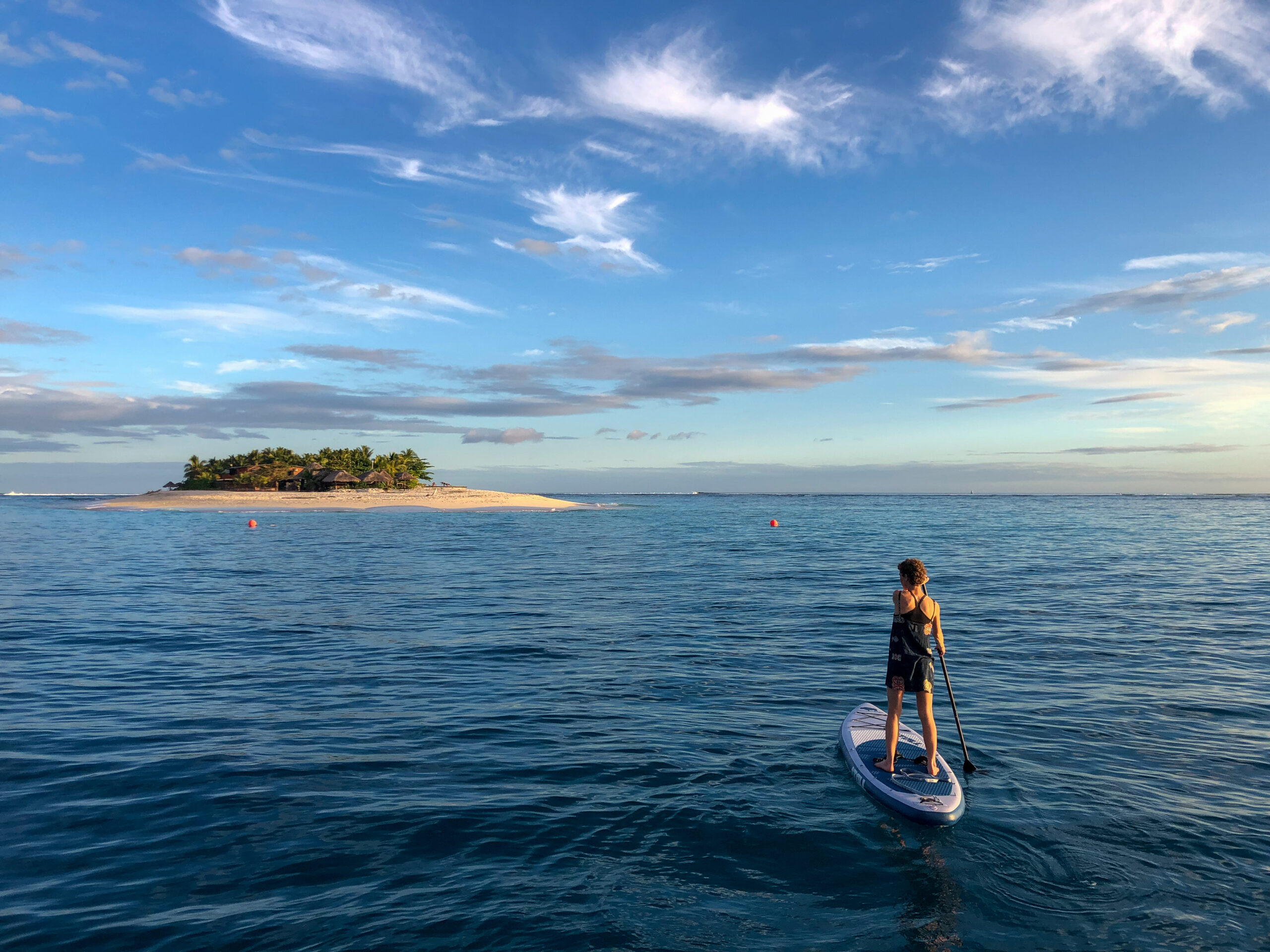



The night before we had to take Maddi back for her flight, I woke up feeling pretty sick. Diana was feeling a bit off, too. She thought it was the rolly anchorage, I thought it might be bad food. By morning I was slammed. So Diana and Maddi brought Allora back without my help.
Unfortunately, there wasn’t a scrap of wind, so they motored the whole way, with Diana in deep psychic communication with the Yanmar 4JH80, to keep it together until she could get all the way in the narrow marina entrance and tied up to the circular quay at Vuda. I watched from below – first the palms of the channel drifting by and then our neighbors’ masts as she wedged Allora into her spot, bumper to bumper with boats on either side. Flawlessly executed. We realize we really need to trade jobs now and then, just to practice for occasions like this. ~MS
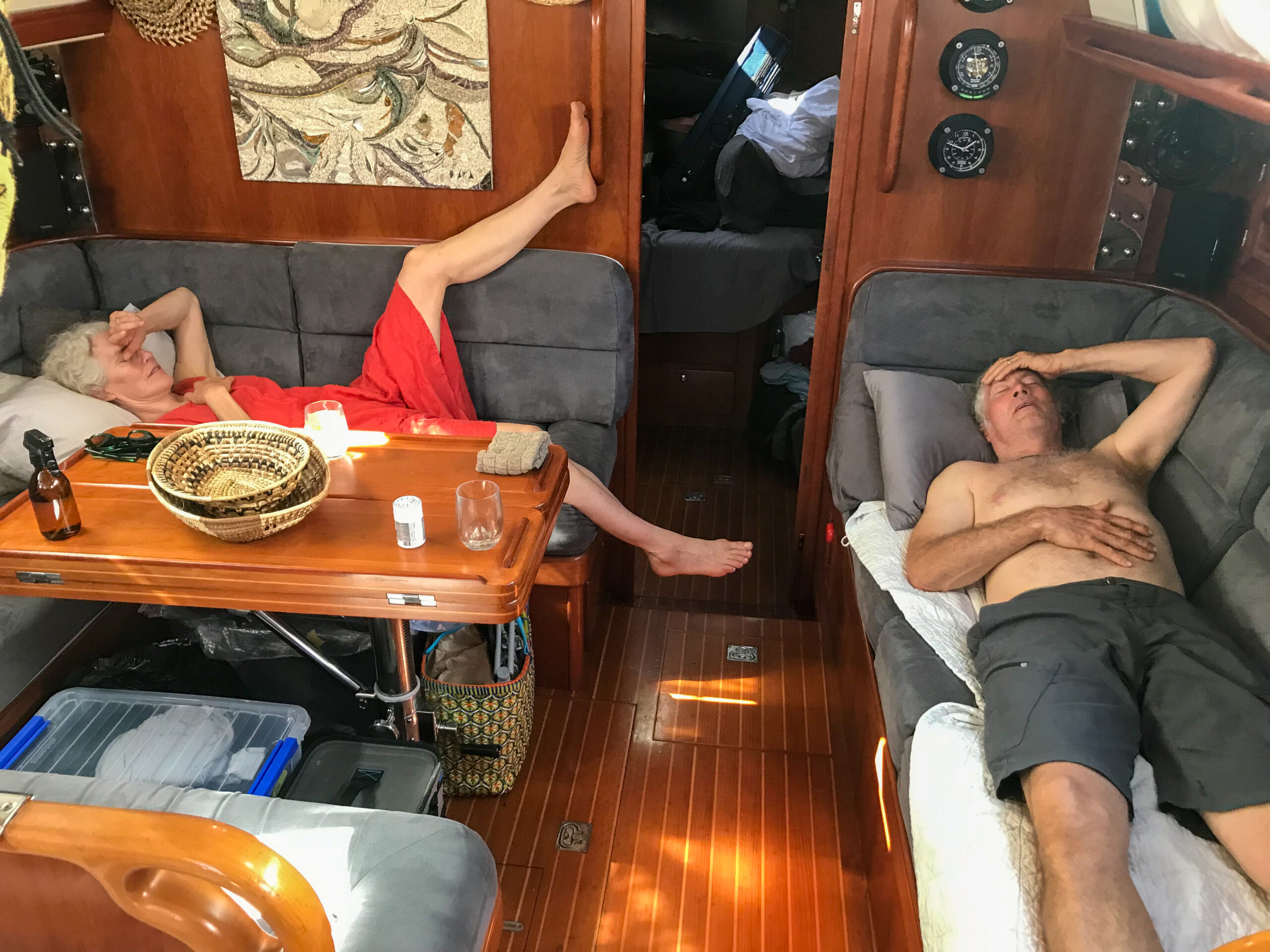
Arohanui South Island! Passagemaking Northward.
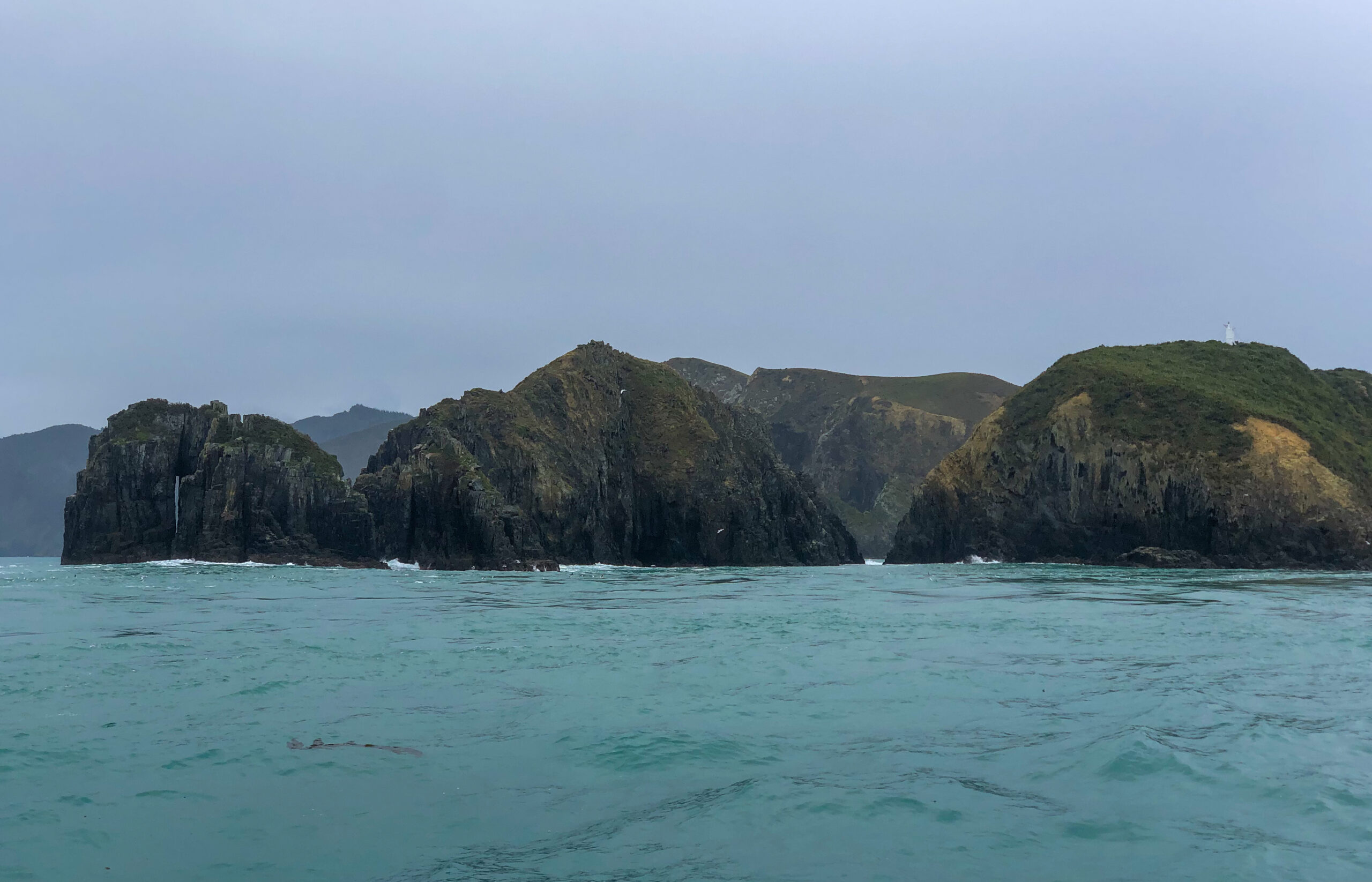
Picton to Opua via Napier and the East Cape (duh, duh, duh)
Diana’s last log entry on the first leg of this passage: “worst passage ever.” Maybe, I’m not sure, but I confess to getting seasick, for only the third time ever. Even so, I think the hardest part was leaving the South Island in dead calm with the threat of drizzle. After two and half years, it felt like leaving home, not least because we were leaving Haley and Liam, and knew it would be a while before we could get back.
Fueling up, (which for some reason is always a little stressful for me), was extra stressful knowing it was the last thing to do before saying goodbye. After multiple hugs and lots of tears, there was nothing to do but cast off the lines and pull away.
We were on a bit of schedule, running out of time to get to Opua before Maddi arrived from the States. Also, it was crucial to time our exit from the Tory Channel for a reasonably favorable current, the basic recommendation was leave on high tide out of Picton. We led that by an hour or two to try to avoid encountering head winds in Cook Strait. It was pretty mild to start and Diana made some super yummy wraps for lunch (she is the undisputed Empress of wraps in my book). As seems to so often be the case sailing around New Zealand, there was no chance of entirely missing the wind shift, and about halfway across we were sailing close-hauled. At least the seas, at that point weren’t too bad, not stacking up against current or anything. I went down to take a nap, and missed Diana logging 13 knots surfing on seas that were getting pretty steep. In fact, we wandered into the edge of an area of rip tides and overfalls, ‘Korori Rip,’ that was pretty dramatic. As it got dark the wind was on our beam and so were the steep seas. Diana was feeling pretty awful, and then I got sick too. This might have been where Diana logged “worst watch ever,” – she was really feeling bad and then the rudder on the hydrovane (our wind vane steering system) came off and started pounding on the stern. It took Diana a couple minutes to figure out what was going on, what the loud noise was. I donned a PFD, clipped the harness in and took a knife out onto the swimstep, hoping that I could cut the safety line off without losing it. It was pretty wet, but I didn’t want to take time to put on boots, so I opted for bare feet. Anyway, it actually wasn’t that bad, Diana has set up holder for a good sharp dive knife and a pair of pliers under the lid of the lazarette where they are super handy (she’s pretty good at coming up with that kinda stuff). I took the next watch and Diana tried to sleep off her seasickness. Once we cleared Cape Palliser things improved dramatically.
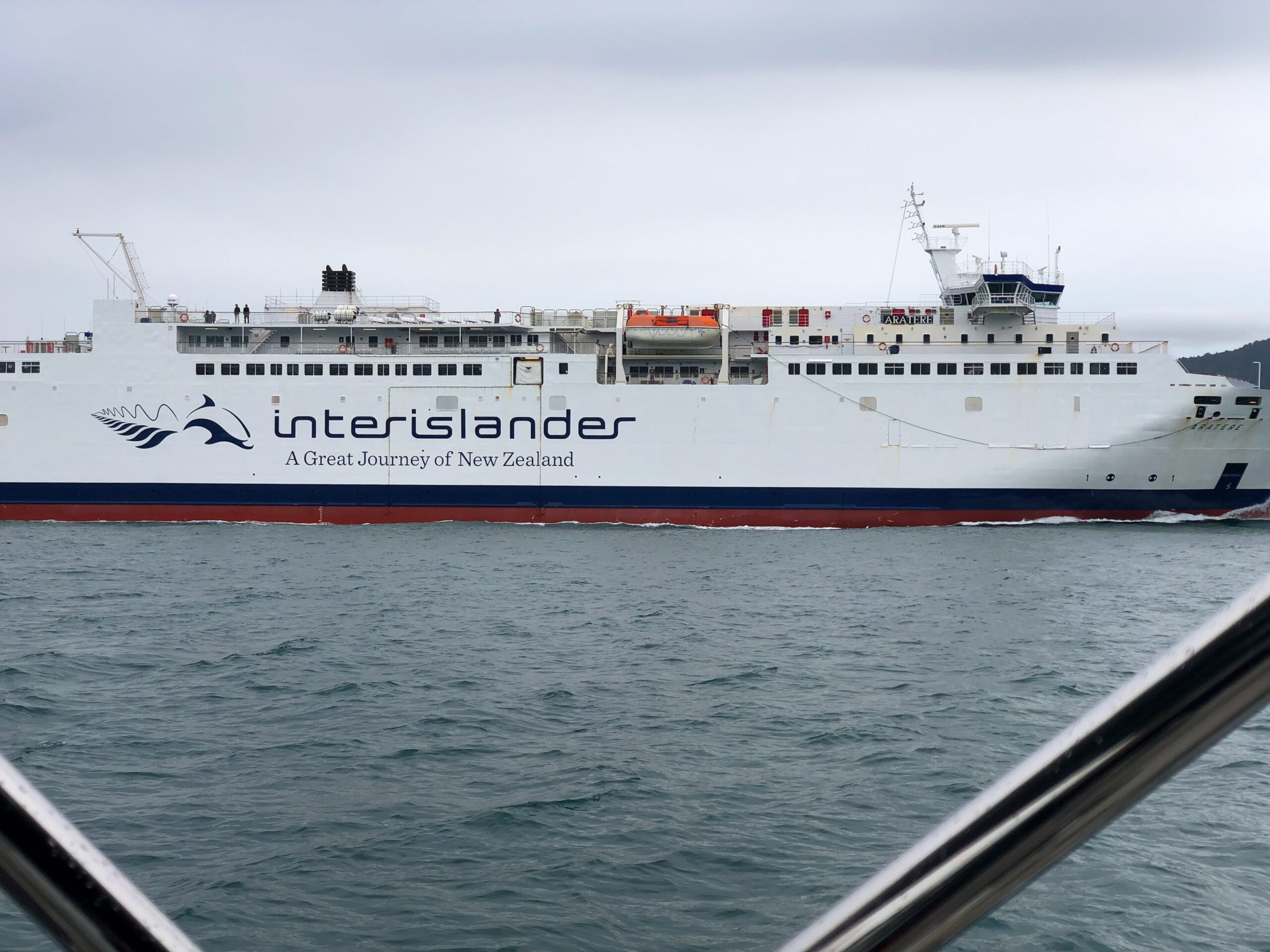
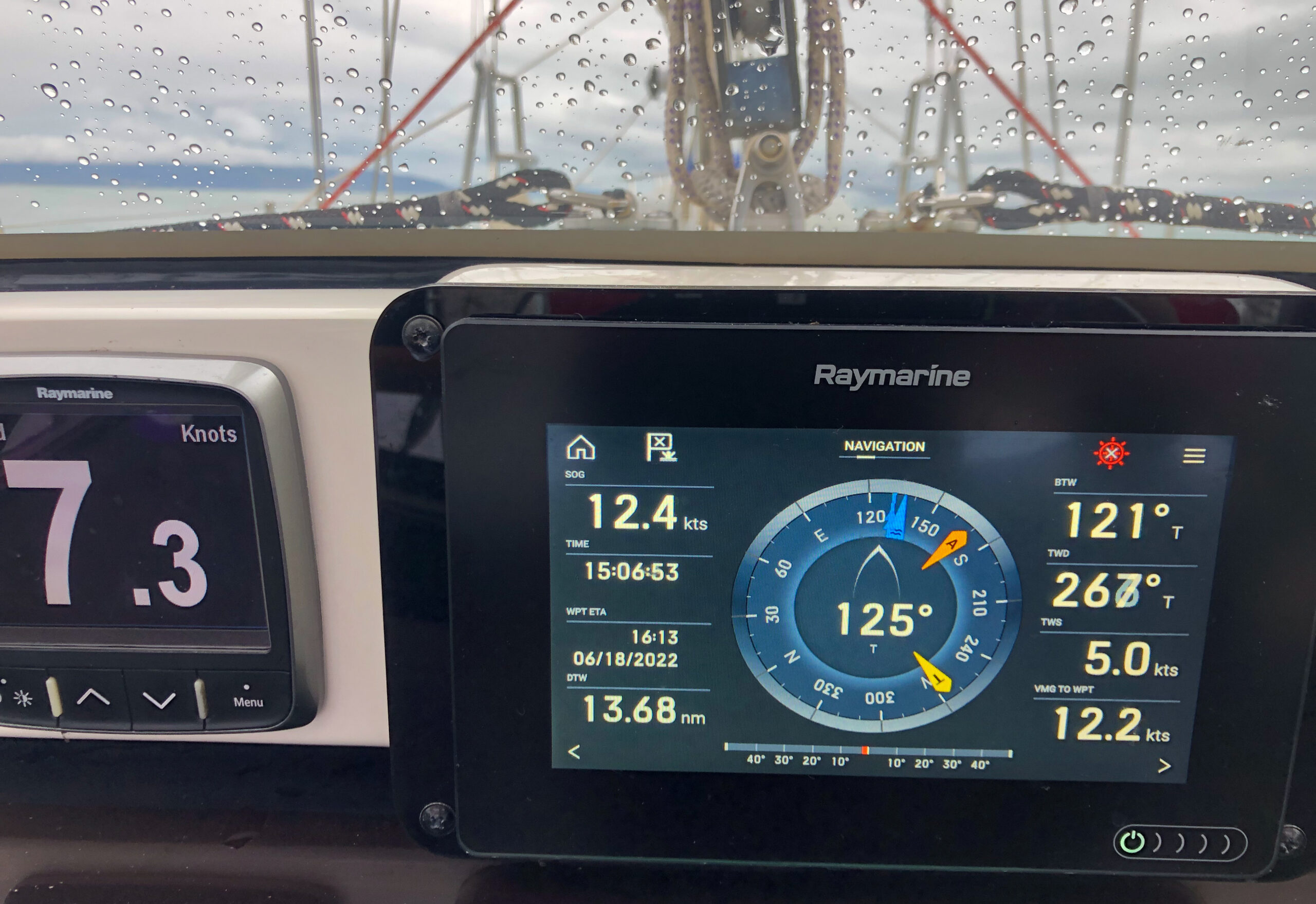
No doubt timing arrivals, departures, capes and channel entrances can be the trickiest part of sailing. You’re always trading one ideal for another. The next challenge of this passage was the East Cape, which is massive and takes a couple days to fully round. The forecast was for 4 meter seas and forty knot gusts… not super inviting. We liked better the sound of a snug marina slip at Napier to wait for the weather to ease up a bit, but that meant arriving at midnight, which is something we are loathe to do if we’re not really familiar with the layout. It’s never nice to feel like your options are bad or worse. As it turned out, the wind in the harbor was still and the passage in, though shallow, was well marked and very well lit. We glided to the visitor’s berth next to the travel-lift, easy peasy. The quiet and calm felt glorious.
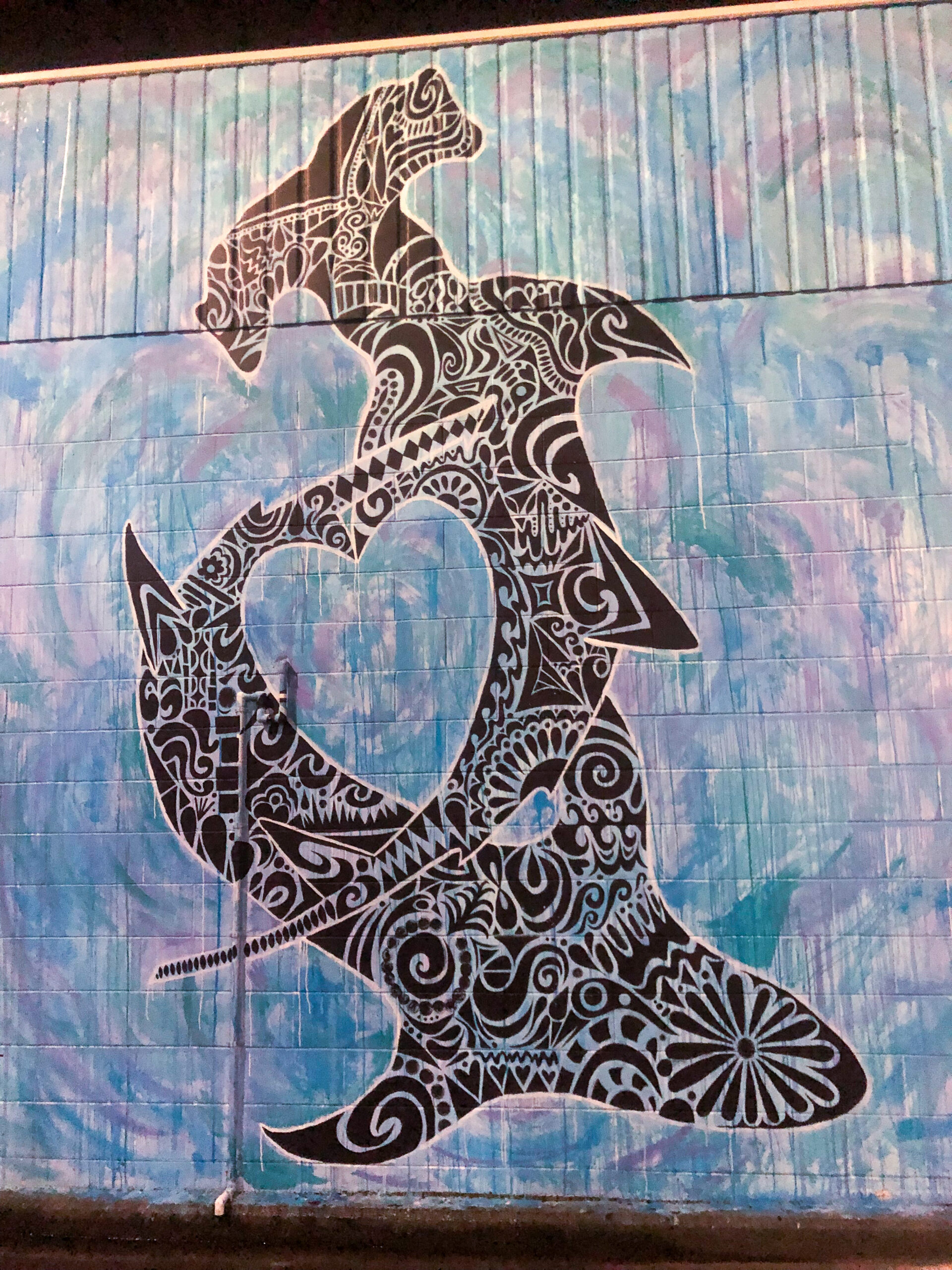

Waiting for the gale at the East Cape to ease came with a trade off — the near certainty that we would have to pass through a frontal system to reach Cape Brett. Yeah, I know, a lot of fretting about capes, but there’s a reason so many of them are given awful names by sailors (Cape Fear, Cape Runaway, Punto Malo, Cape Foulwind), they really do run the show. In the meantime, that lay two days in the future. We rounded the East Cape in the early morning, jibed and then enjoyed a glorious daytime sail headed northwest, pretty as you please, even got the guitars out for a little music.
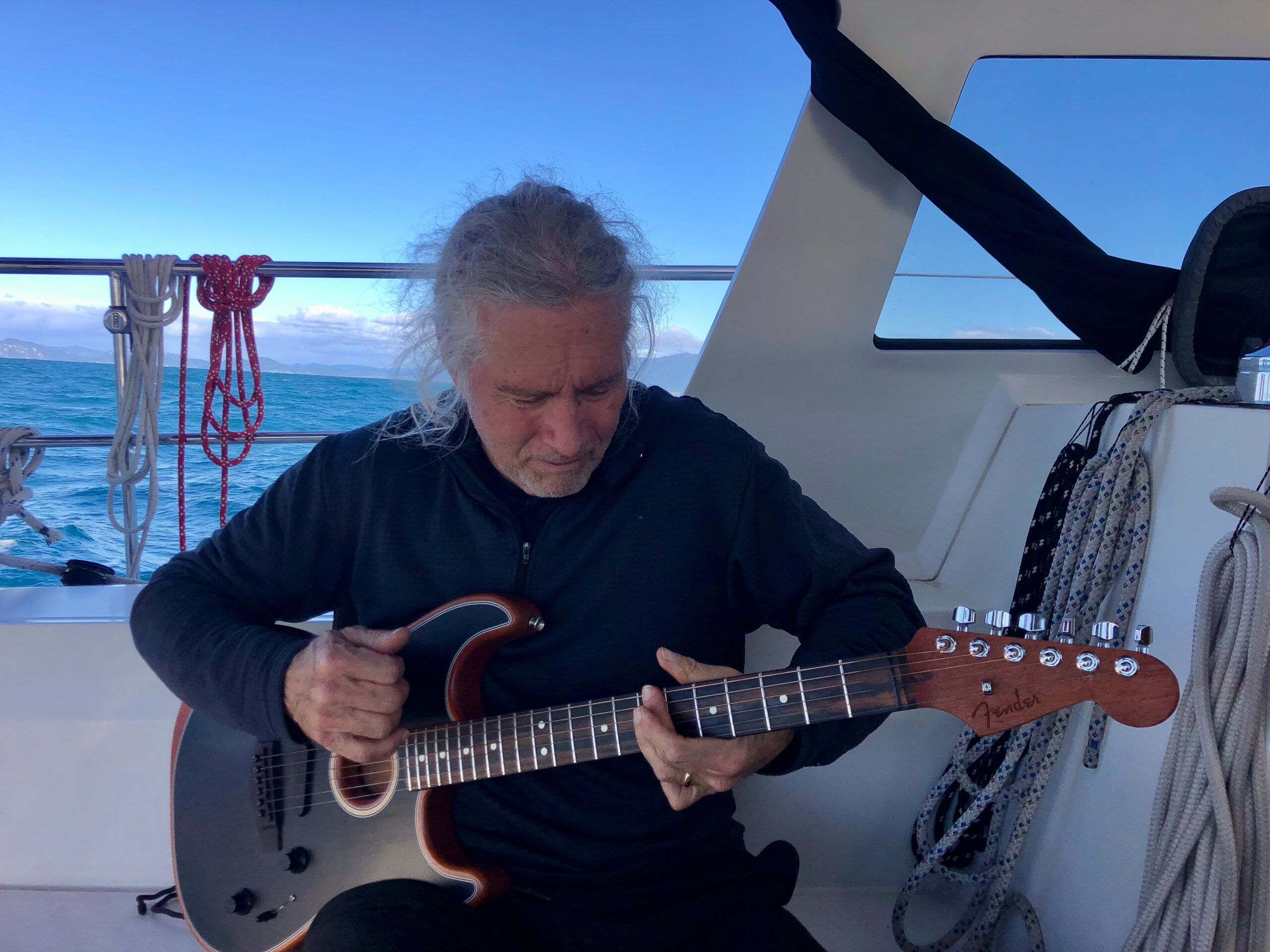


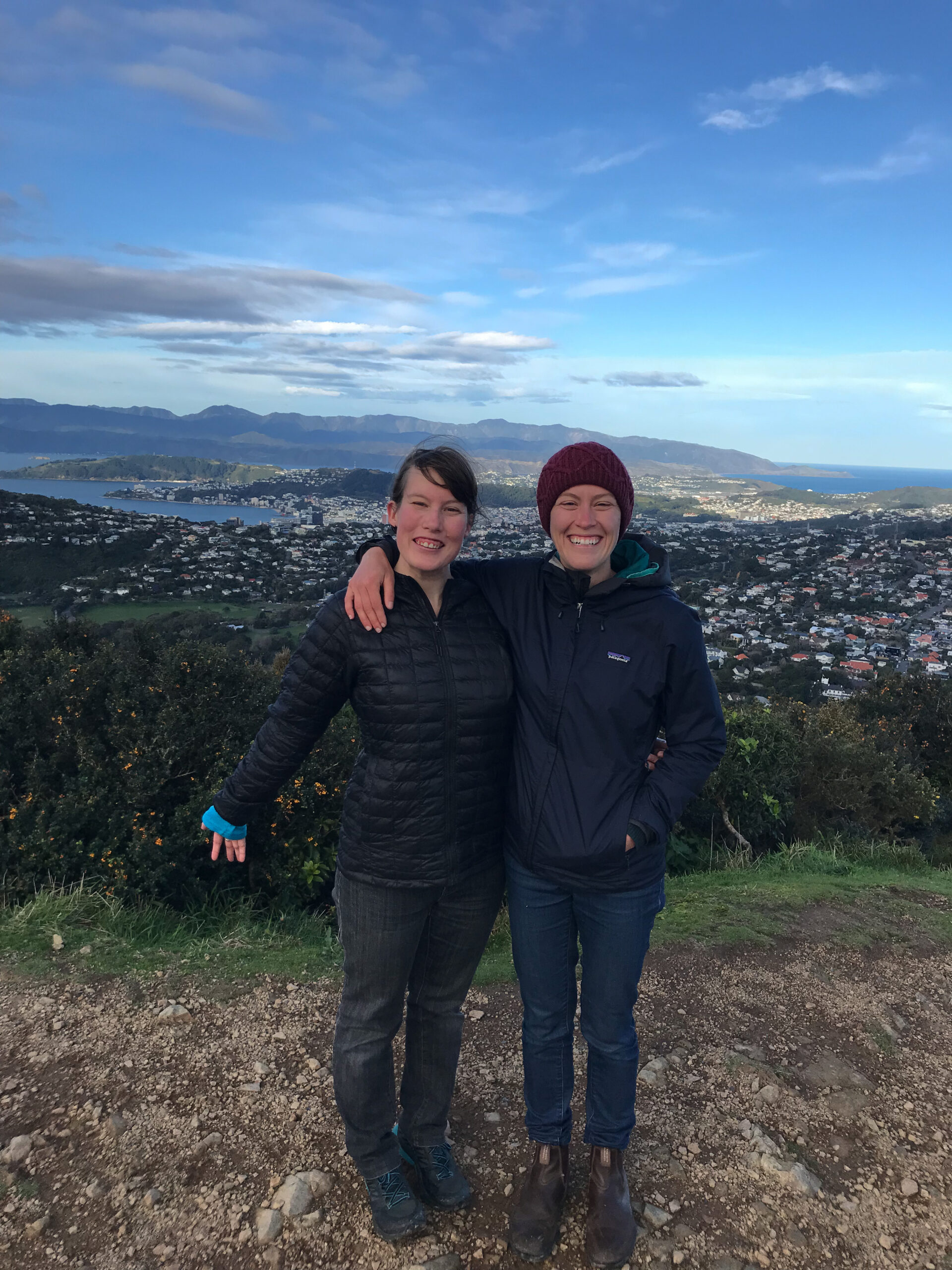
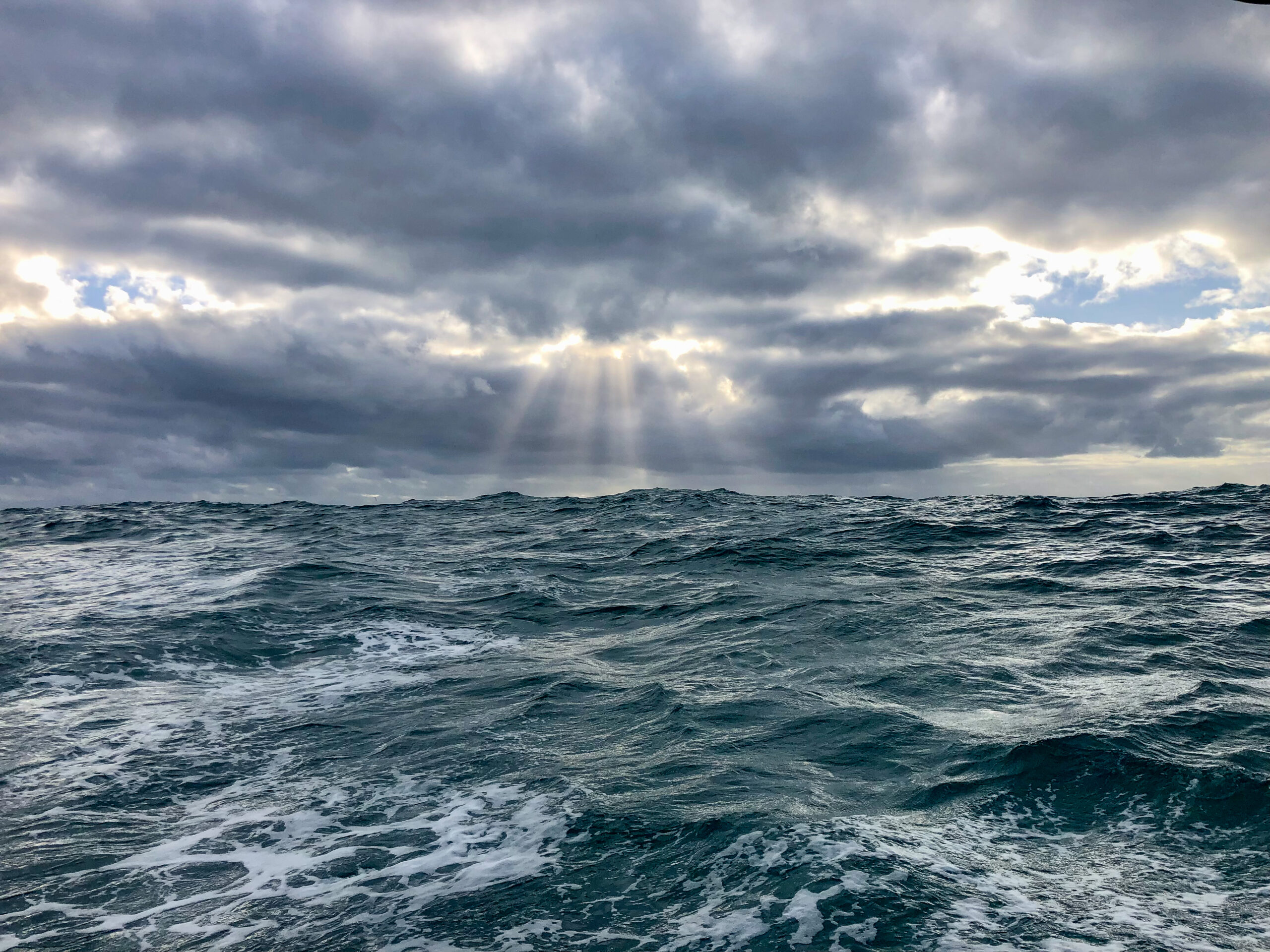

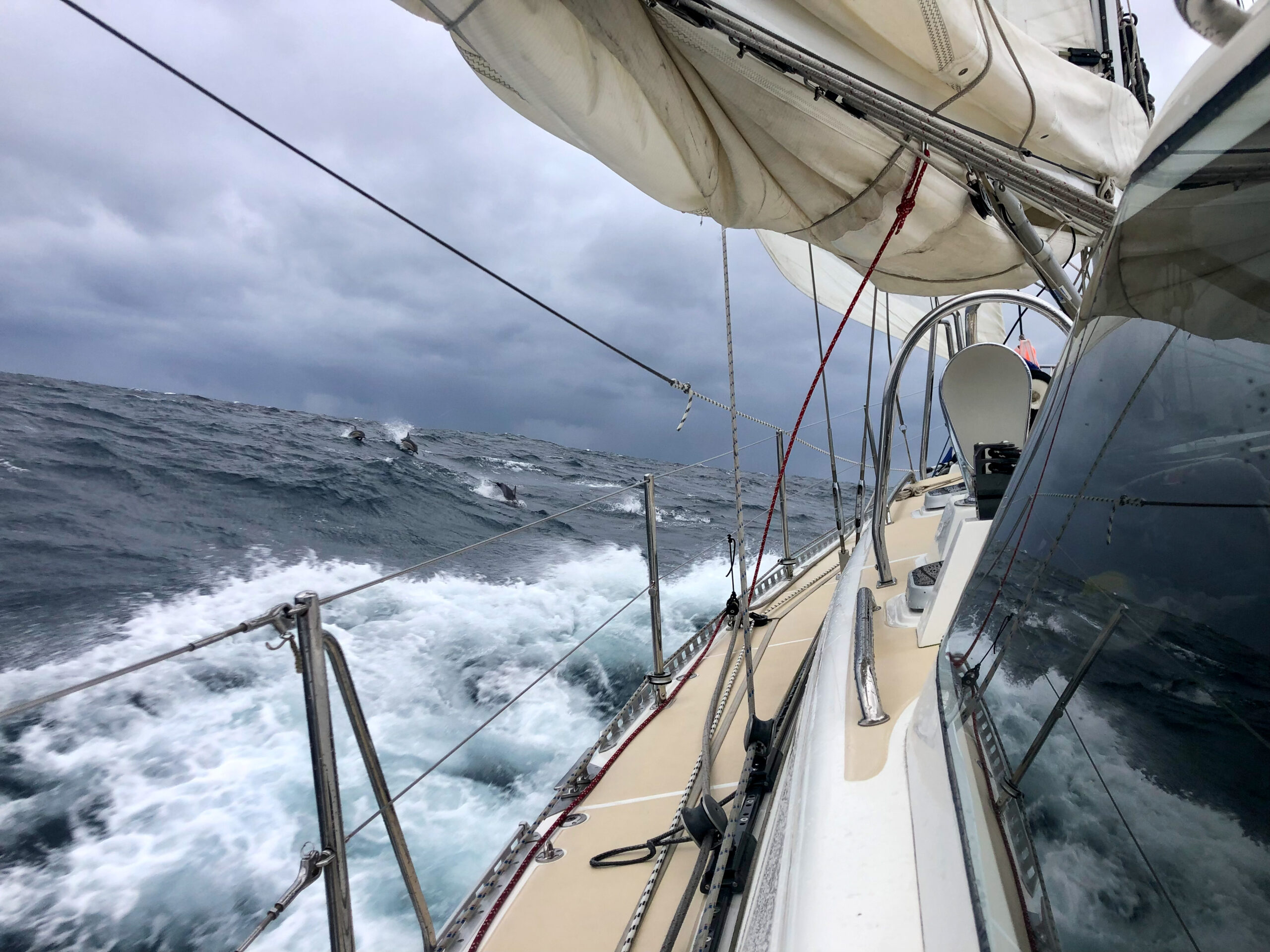
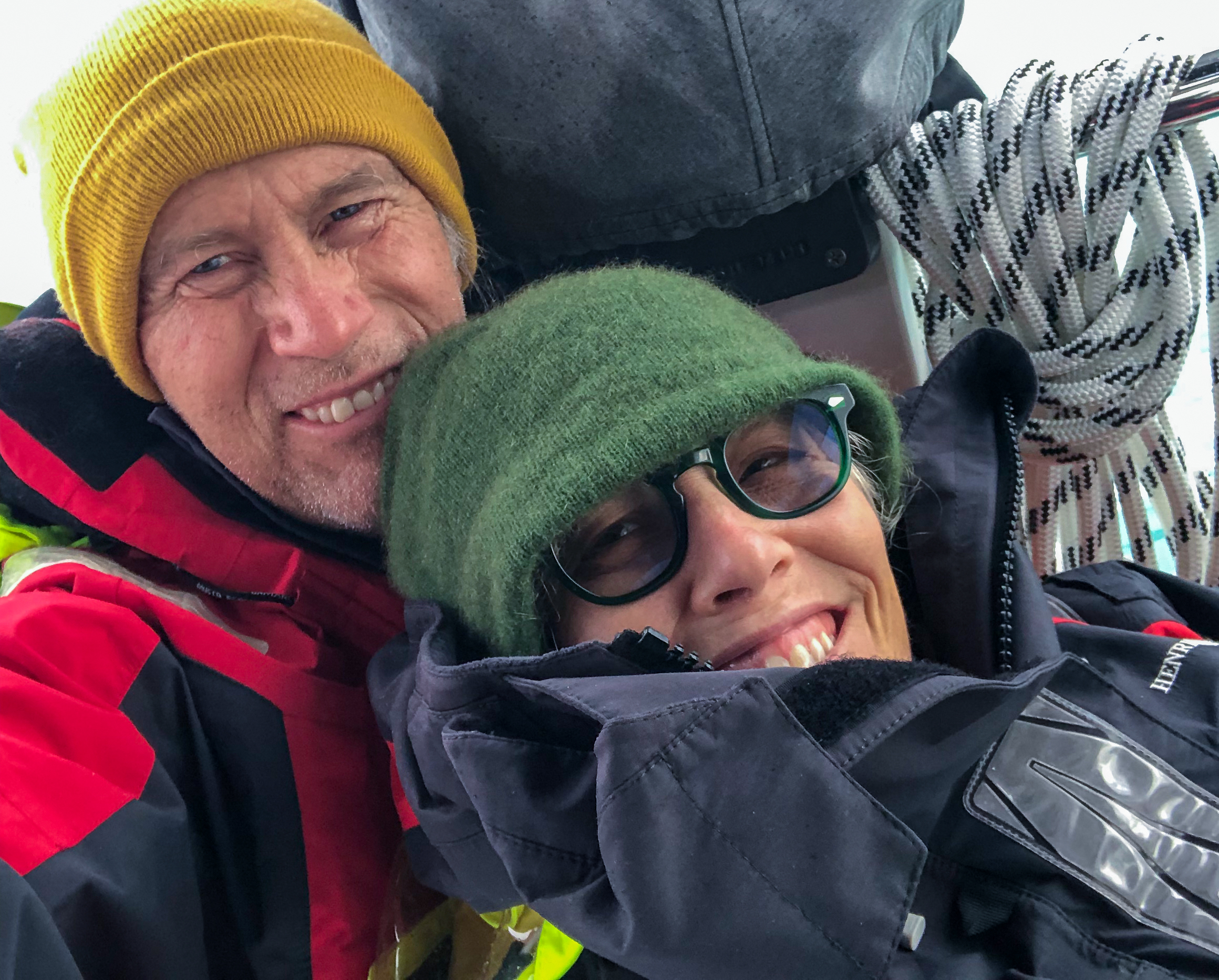
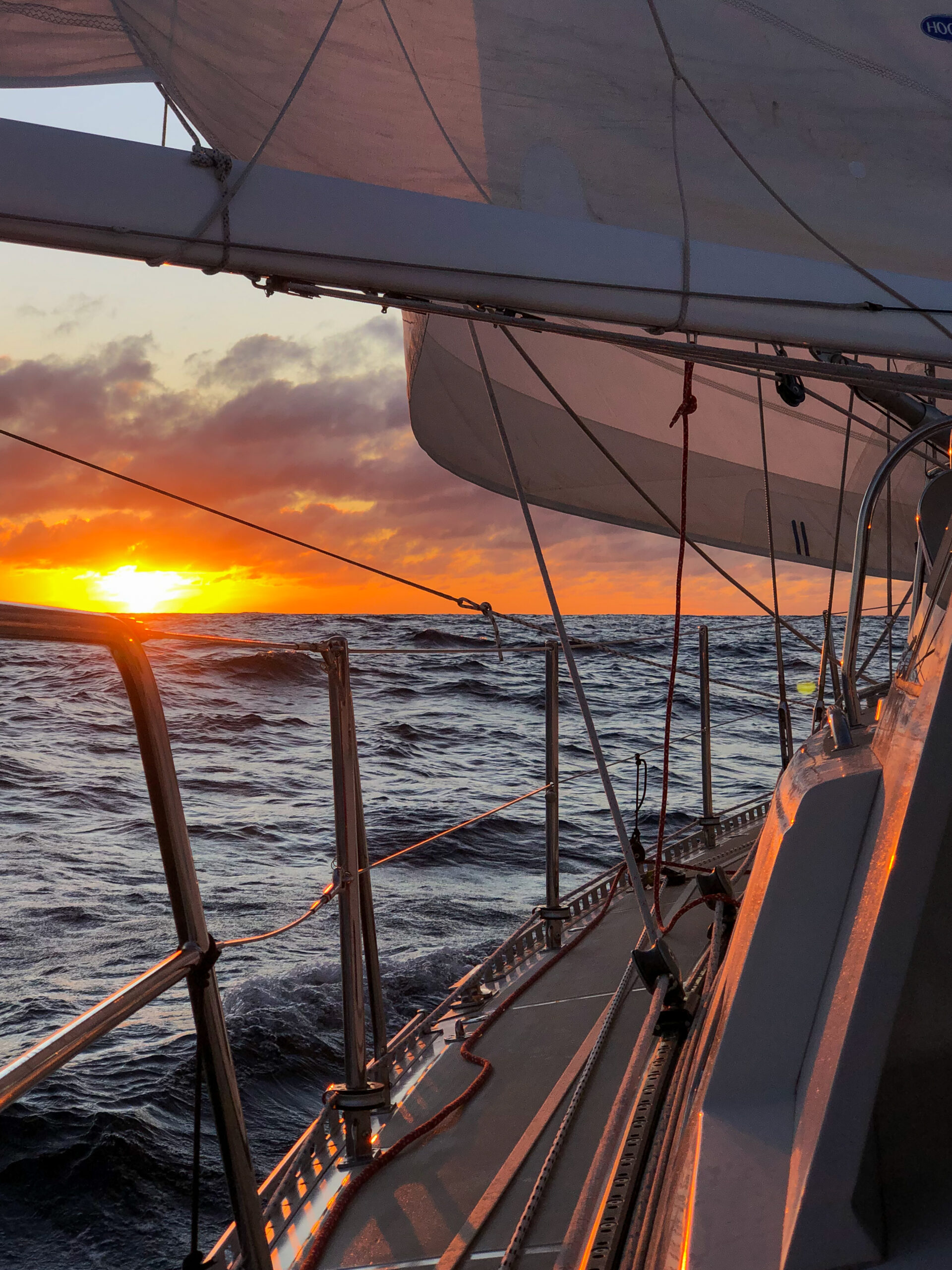
The squalls started with darkness (naturally). Note to self: frontal passages are not to be taken lightly! Also I’m going to try to remember that the forecasts don’t really represent true wind speeds in these conditions. These are more like what you get with squalls in the tropics (sudden doubling of wind speeds) but over a much more sustained area and time period. Soon we were double reefed on main and jib, taking big seas over the whole boat.
Once again, Diana took the hardest watch (you might accuse me of scheming here, but I swear this is just a matter of chance). Her words from the log: waves over bow, raucous, deluge, still dumping. Mine: rain, clearing, wind finally calming. At least I tried to make up for it giving her a longer watch off, putting in four hours to clear Cape Brett. All the while looking forward to the forecast easing and a swing of the wind for a quiet sail into the Bay of Islands. No such luck. Wind died, and then the engine died, 8X according to Diana’s notes. At 5AM I was back on, and eventually the mystery of the engine was solved. I was so focused on the last engine issue back in Fiordland (which was entirely electrical) that it took me a while to realize that the current problem was oil pressure. I’d checked the oil, but with a heeling boat, the reading was off. I added oil and the engine was happy again. More engineering-inclined-sailors than I have expressed skepticism about black boxes (computers) on marine diesel engines, but for the less mechanically minded (yours truly) they can actually be a life saver. Better the engine shut itself down than damage something, though it’d be kinda nice if the $1000 panel offered something a little more elucidating than “CHK ENG.”
Dawn came quietly, and it worried me a little to see fog along the coast, but it dissipated as we arrived, and pulled into a quiet slip in the Bay of Islands Marina. ~MS
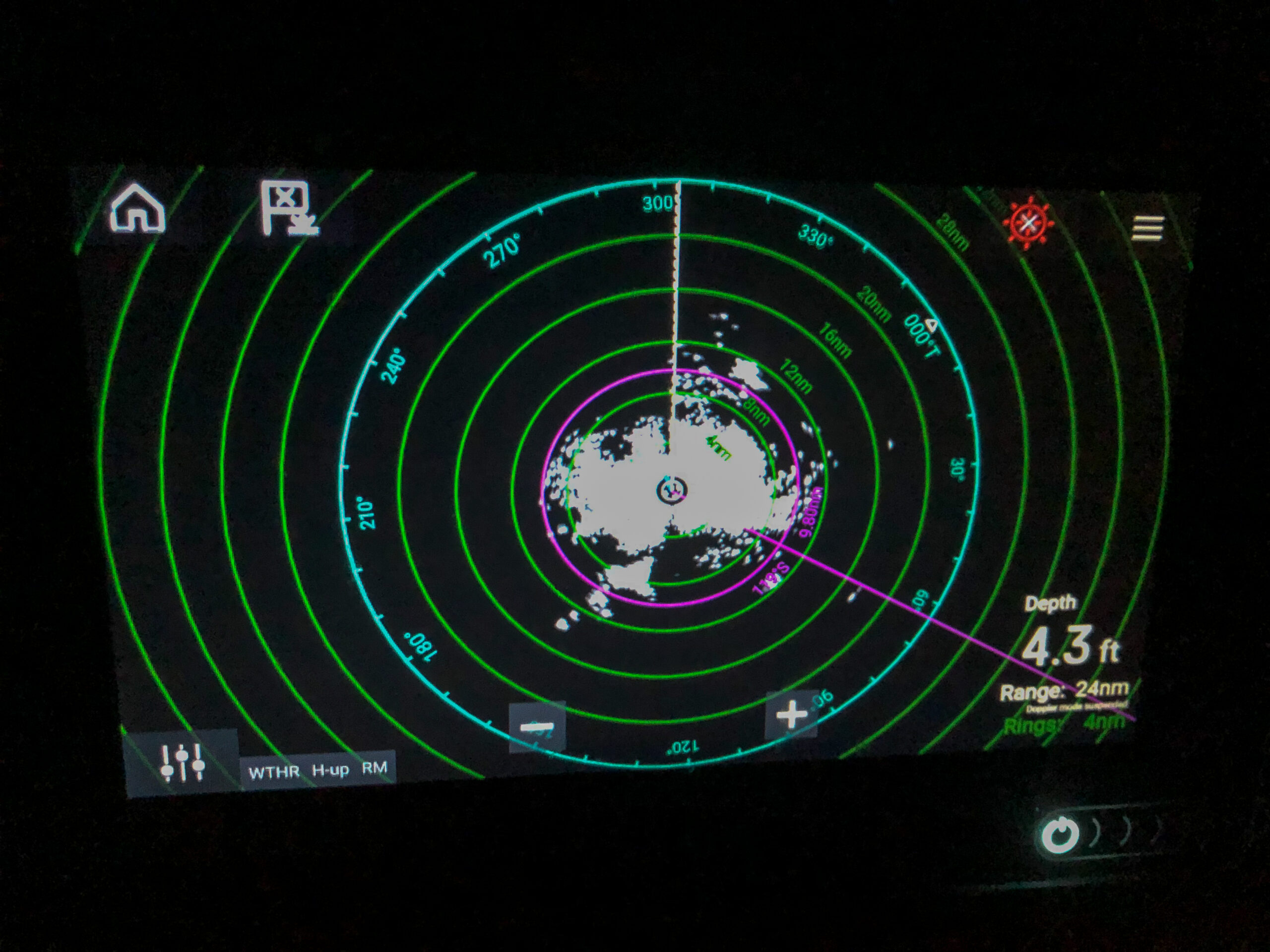
Abel Tasman to Waikawa Marina, Queen Charlotte Sound

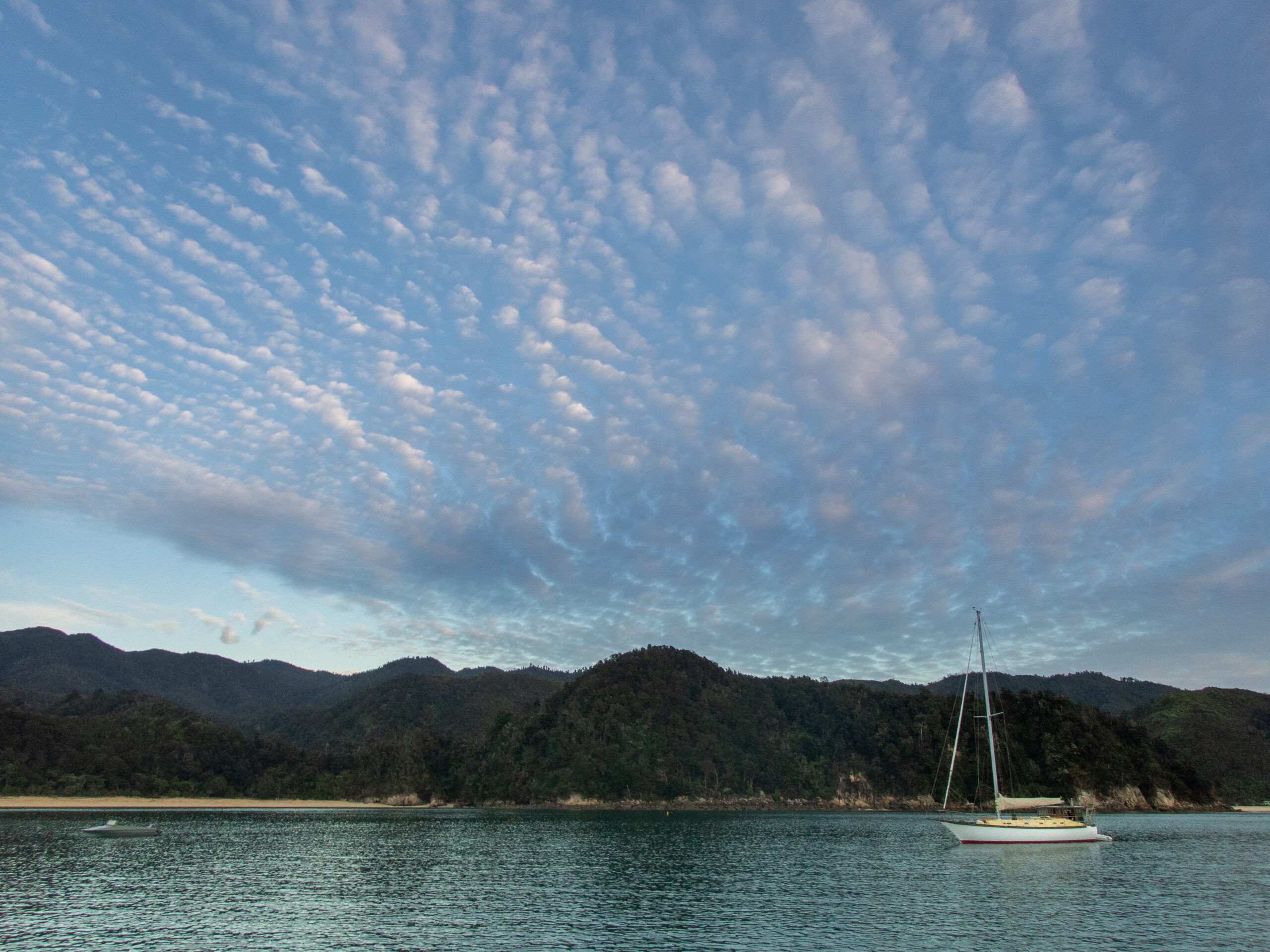

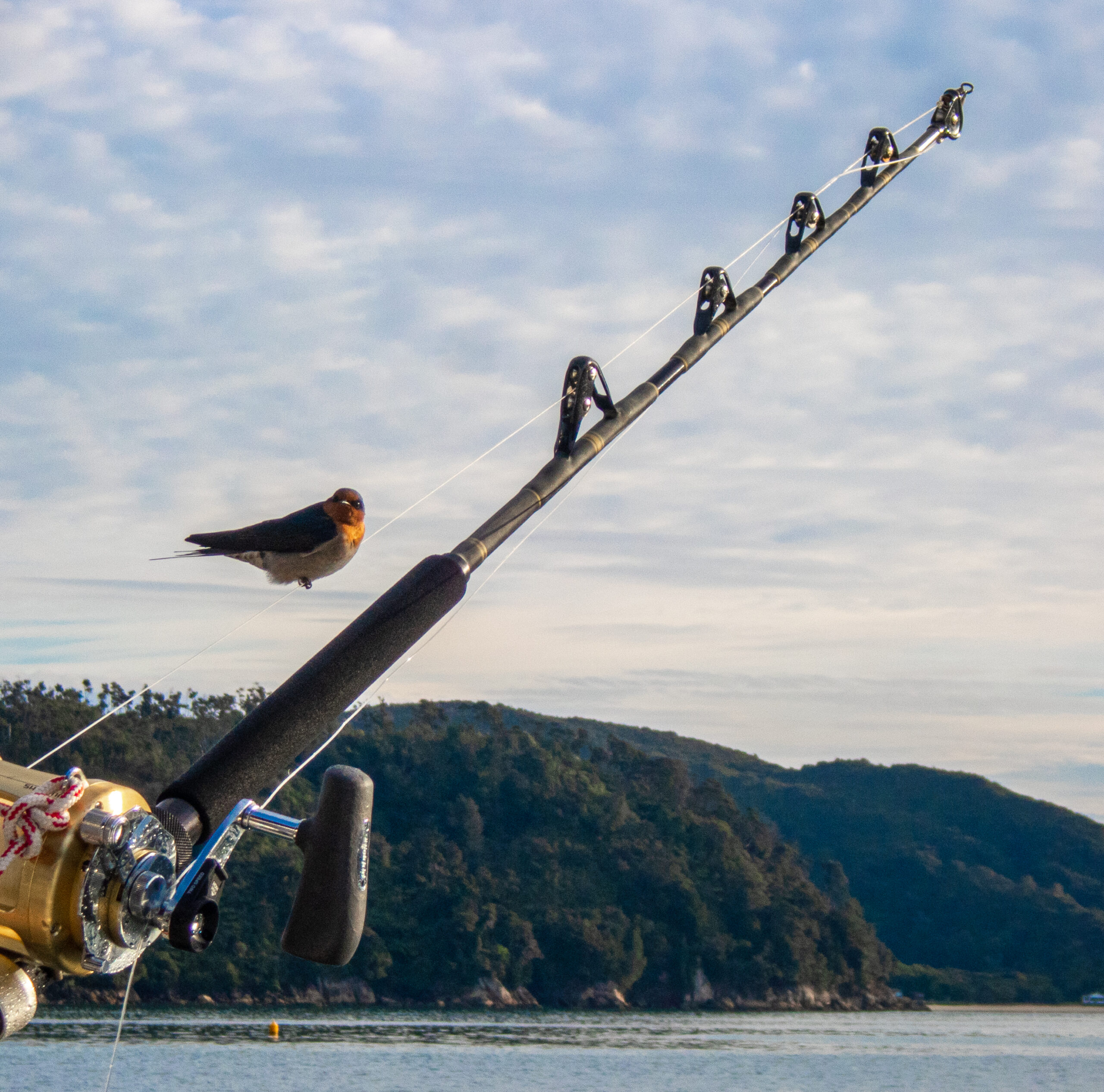

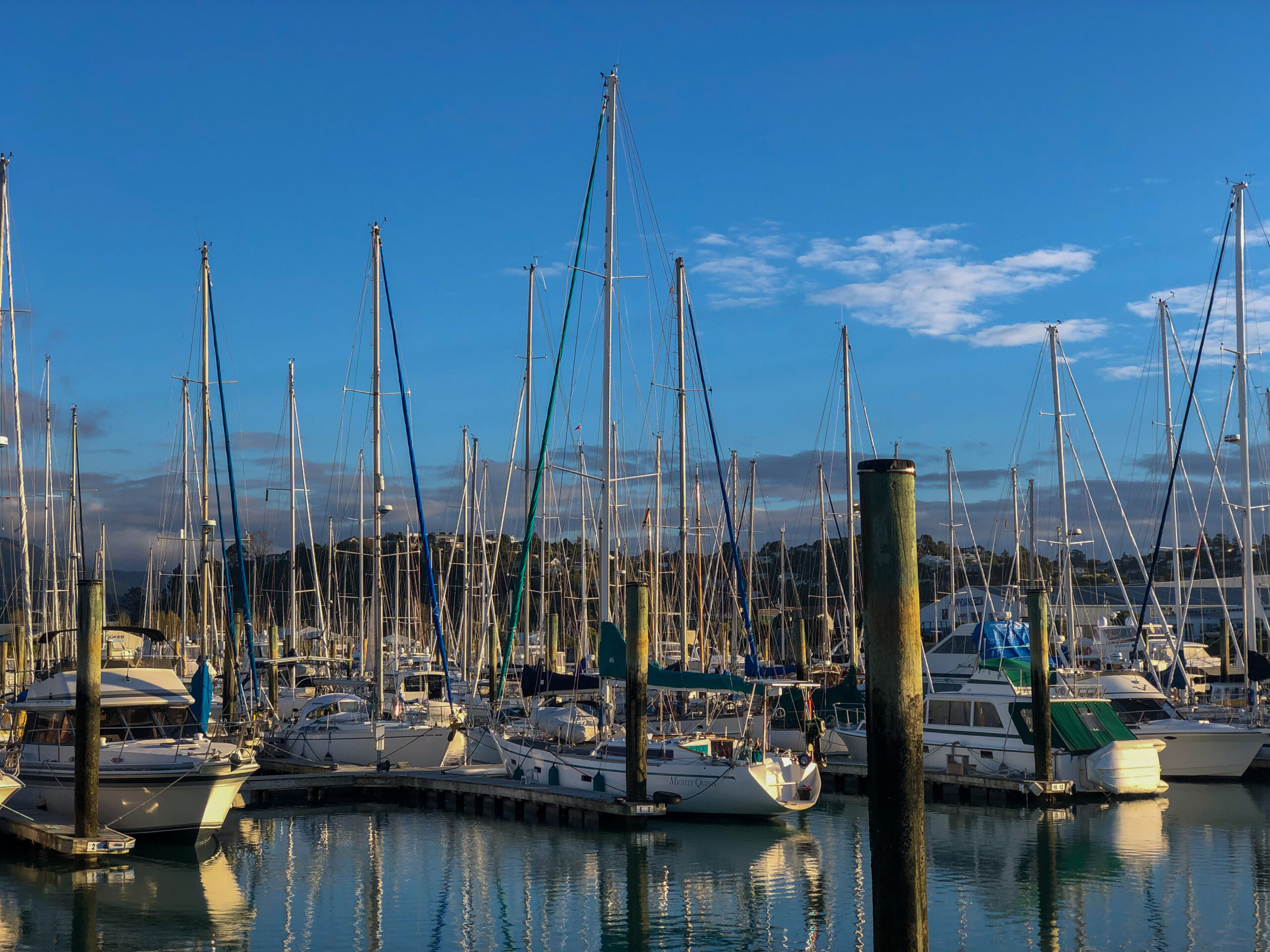


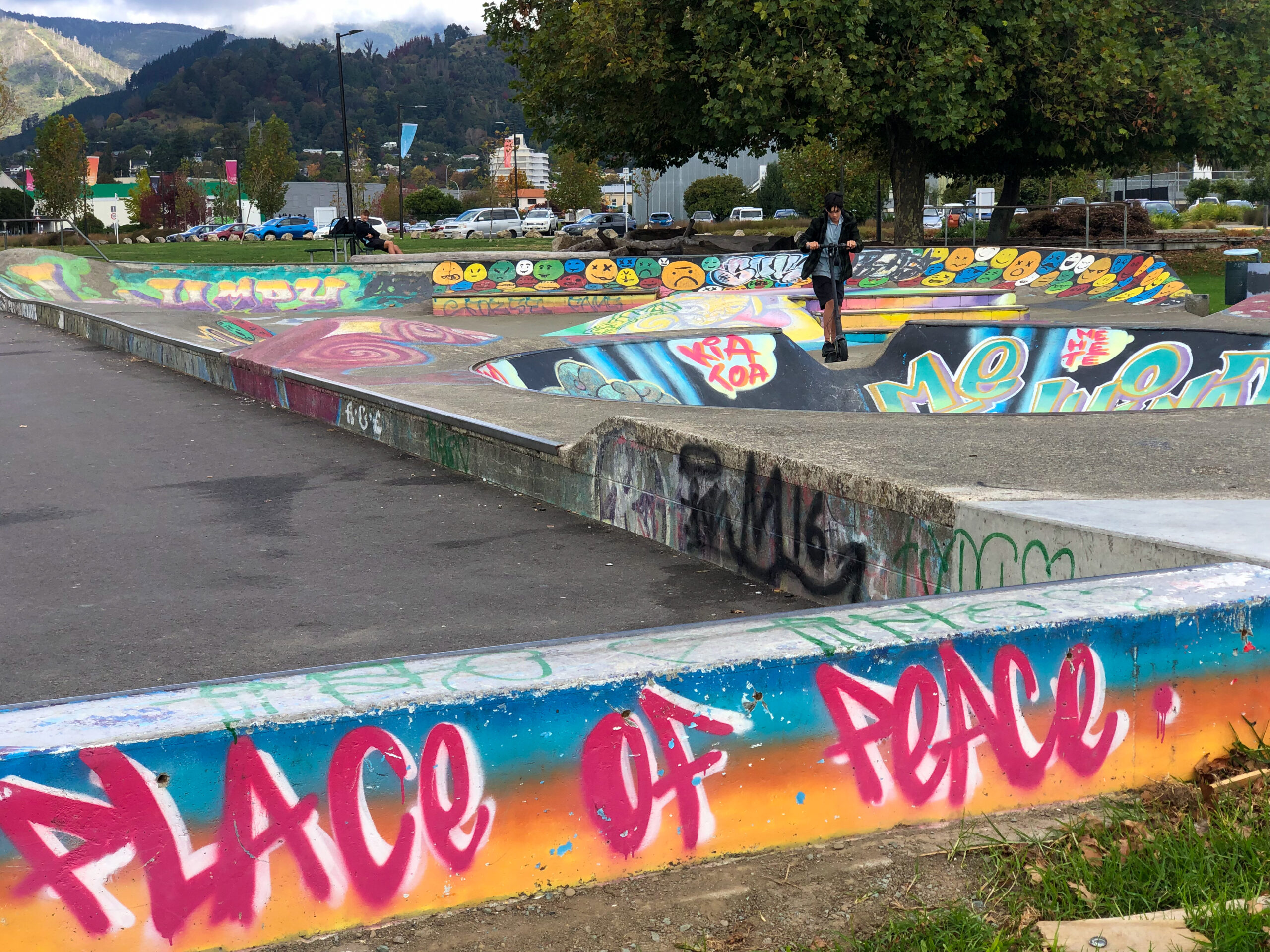
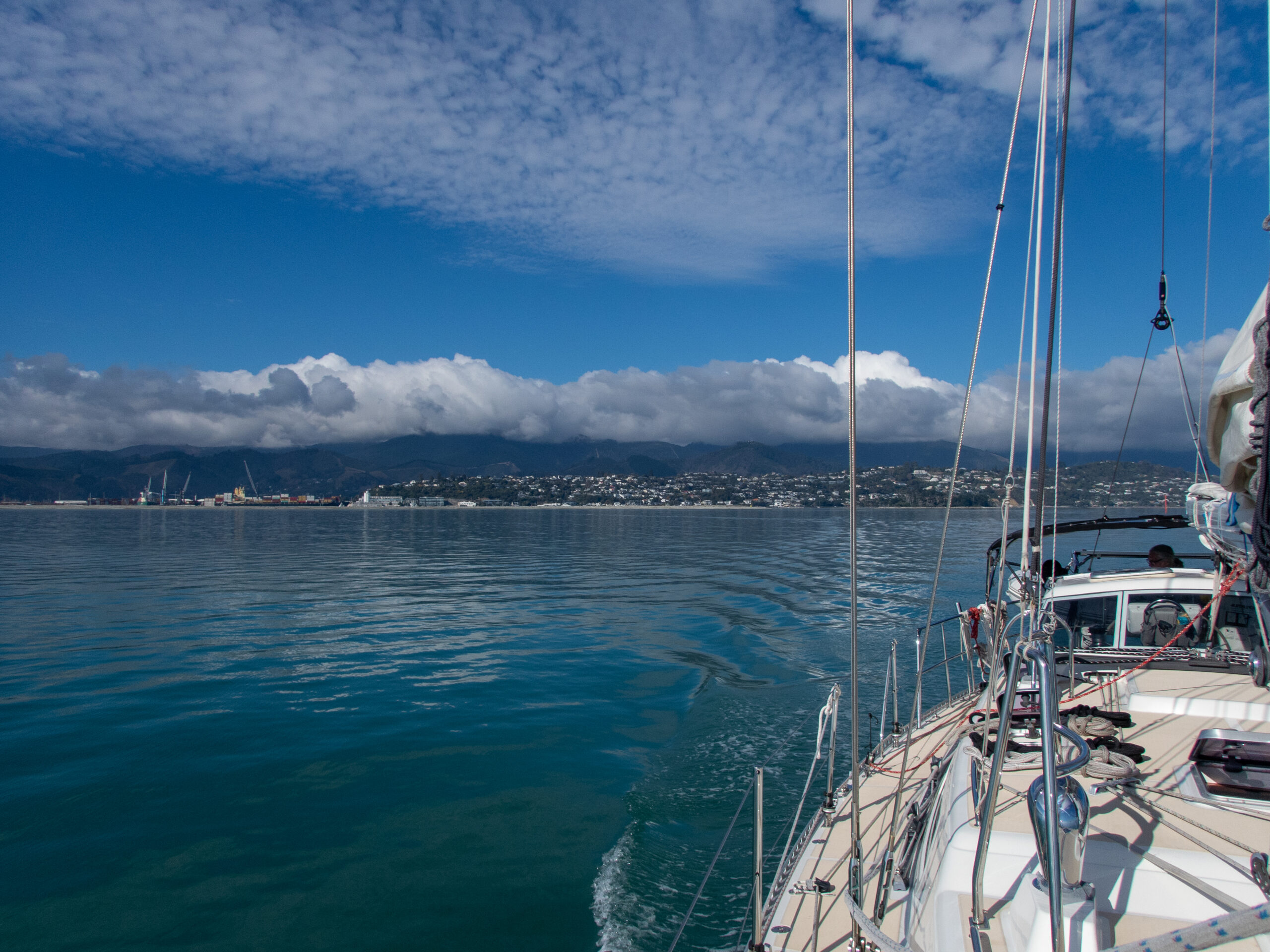
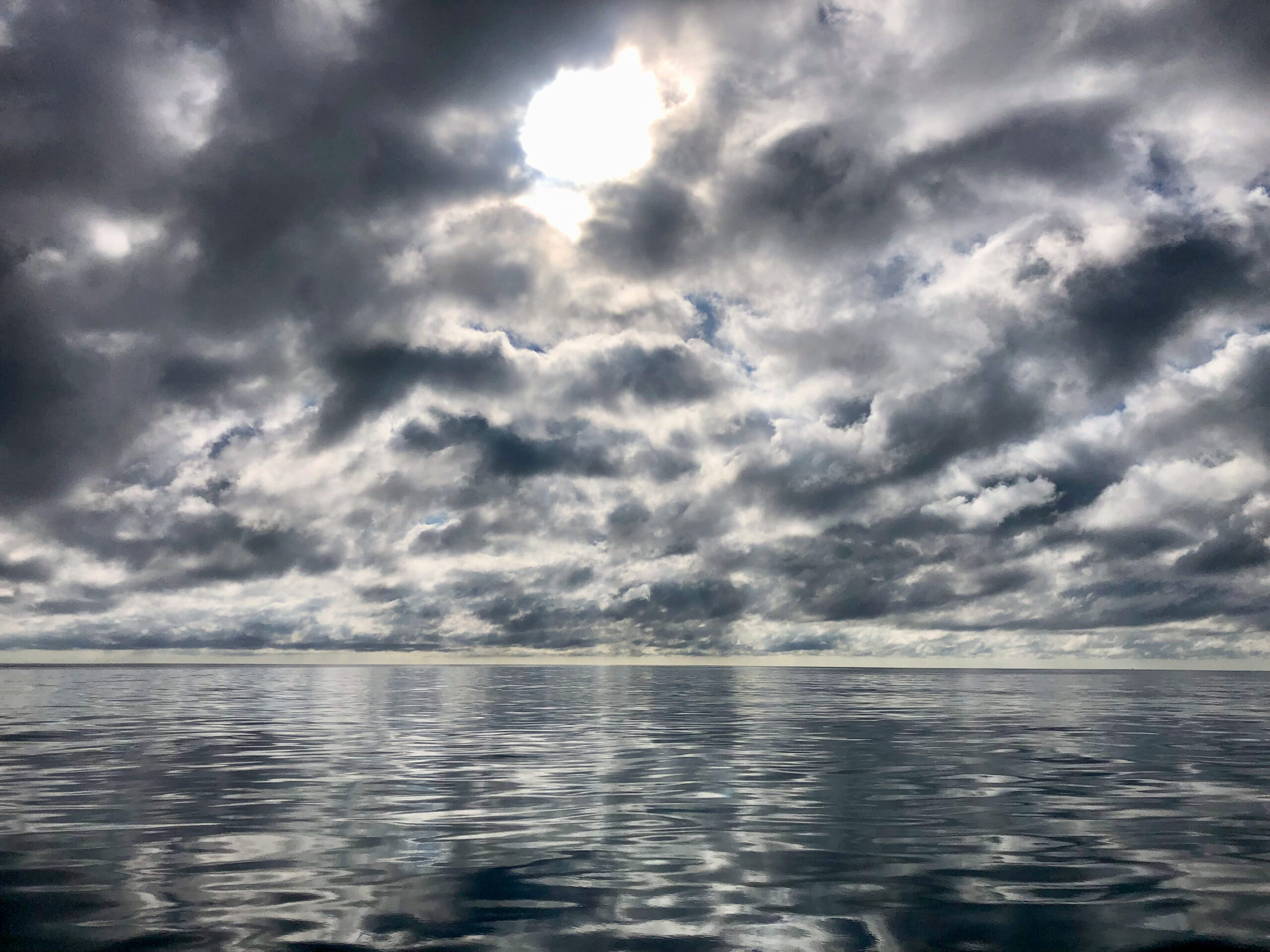

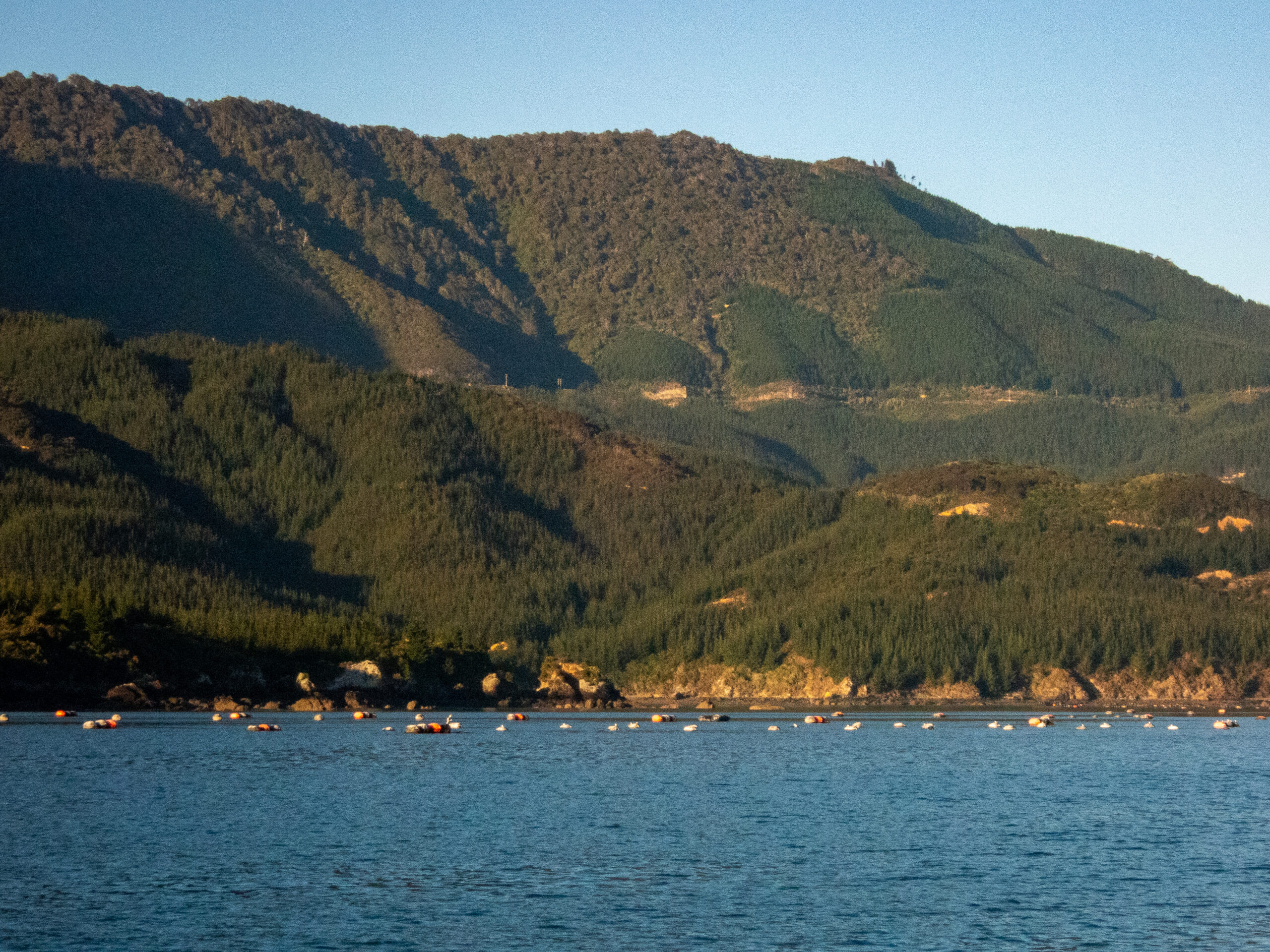



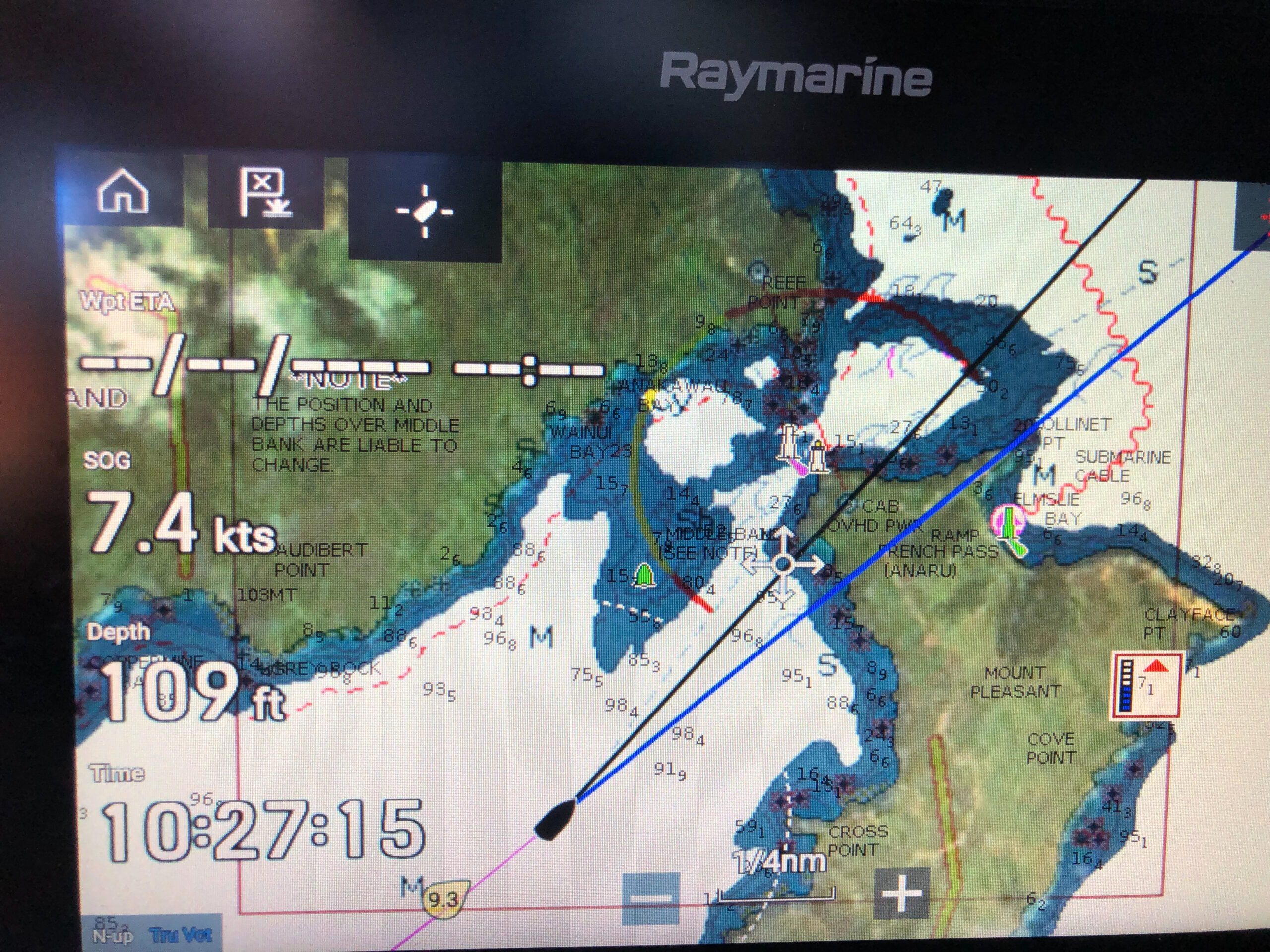

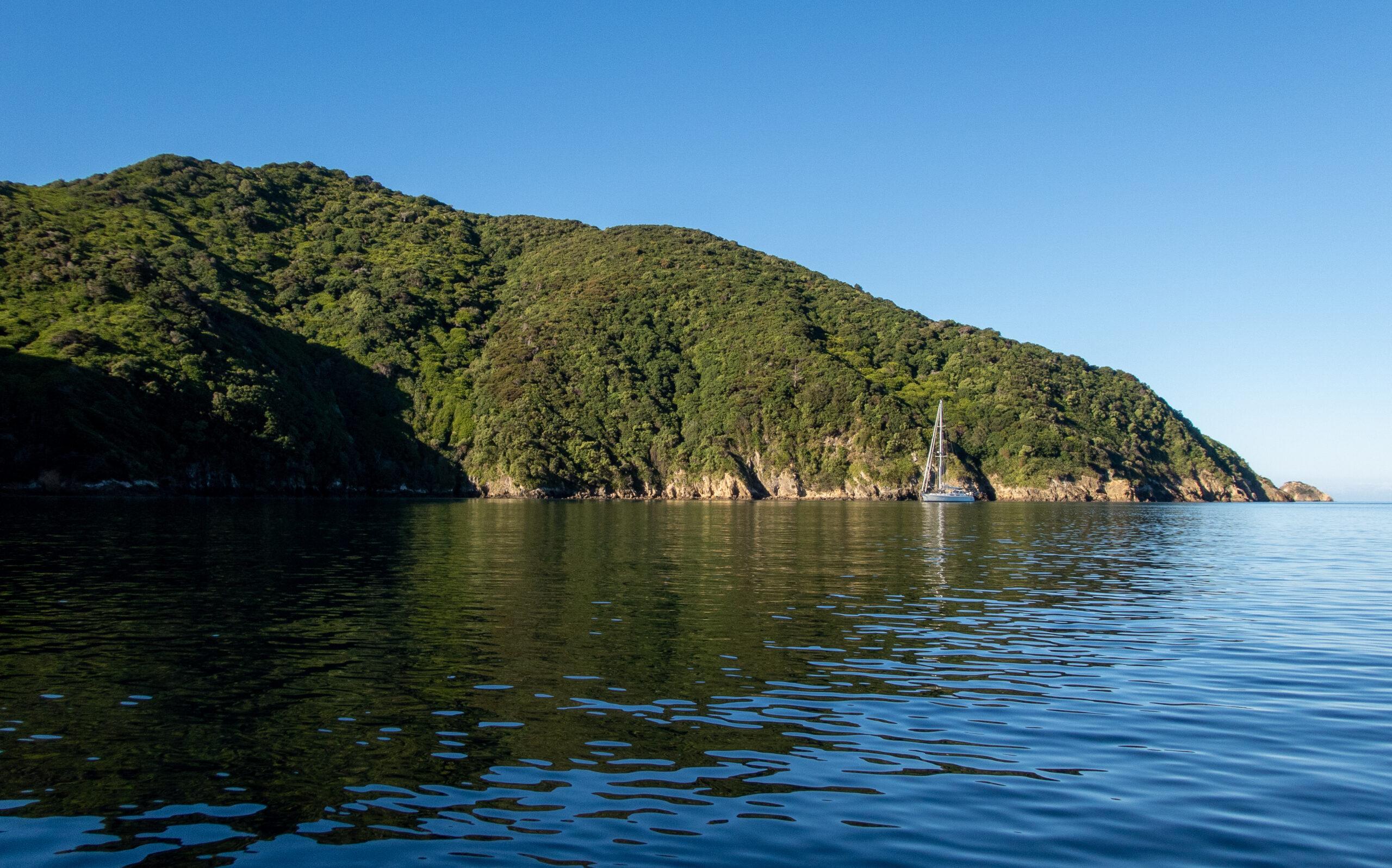

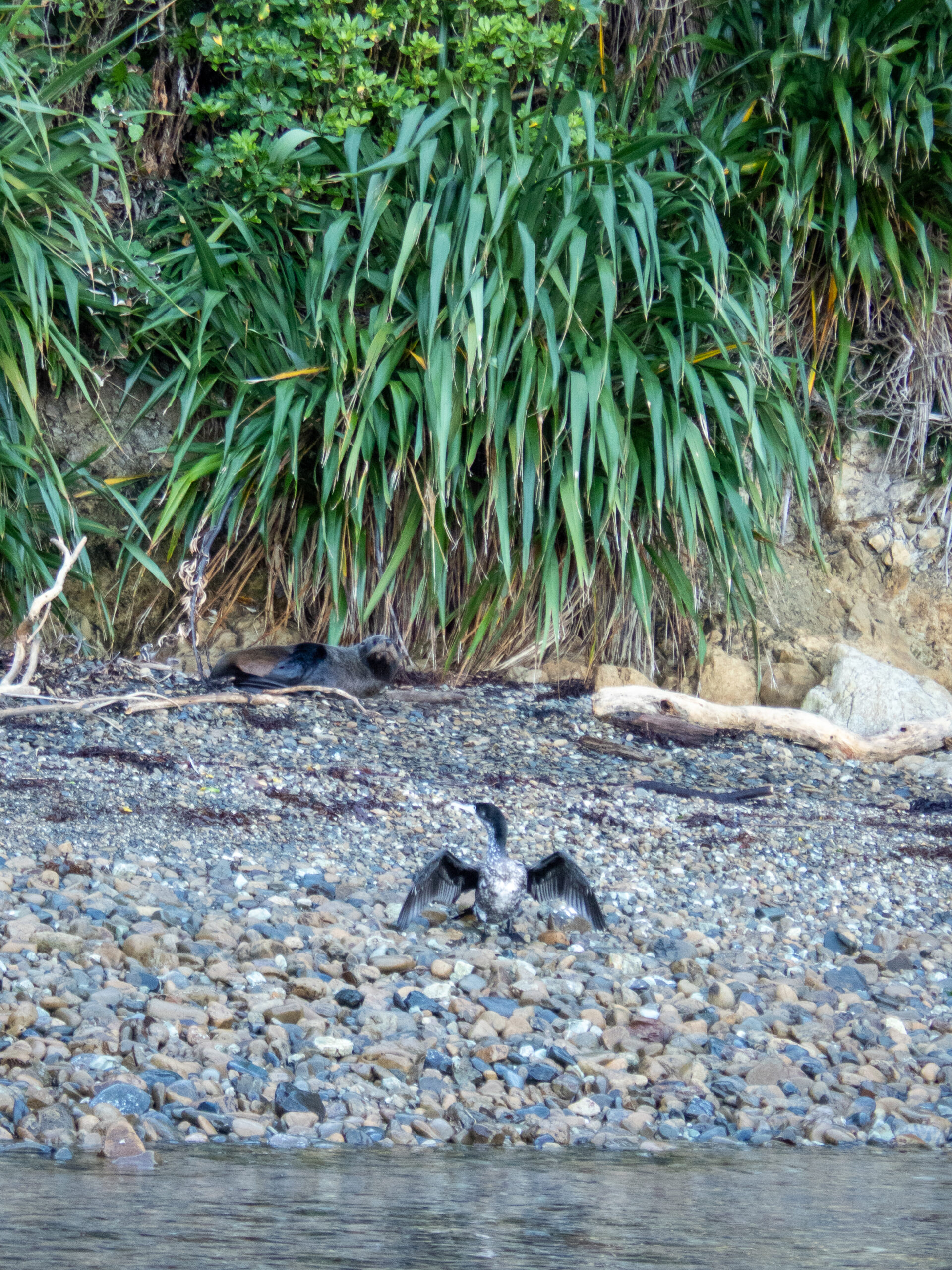



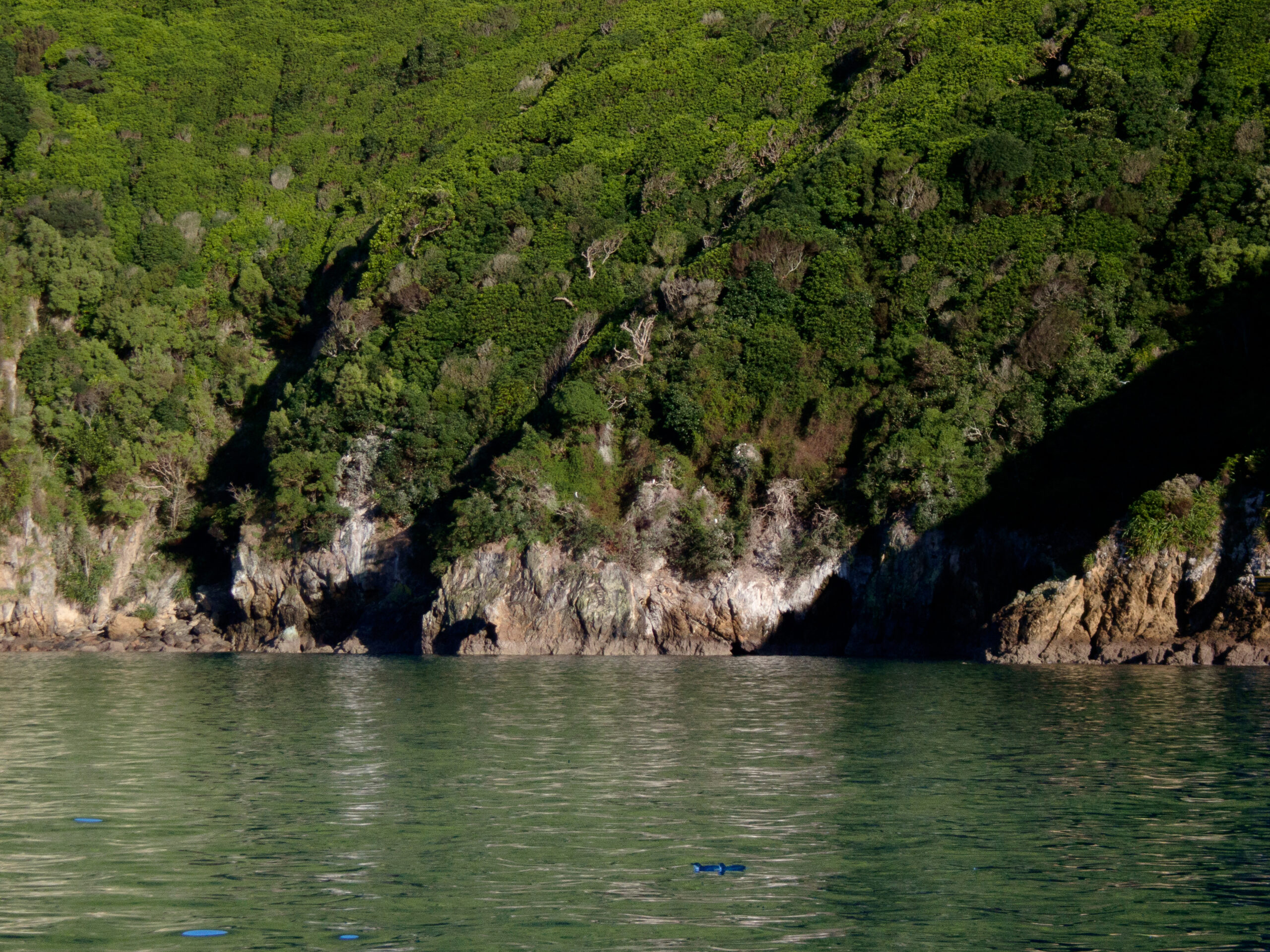
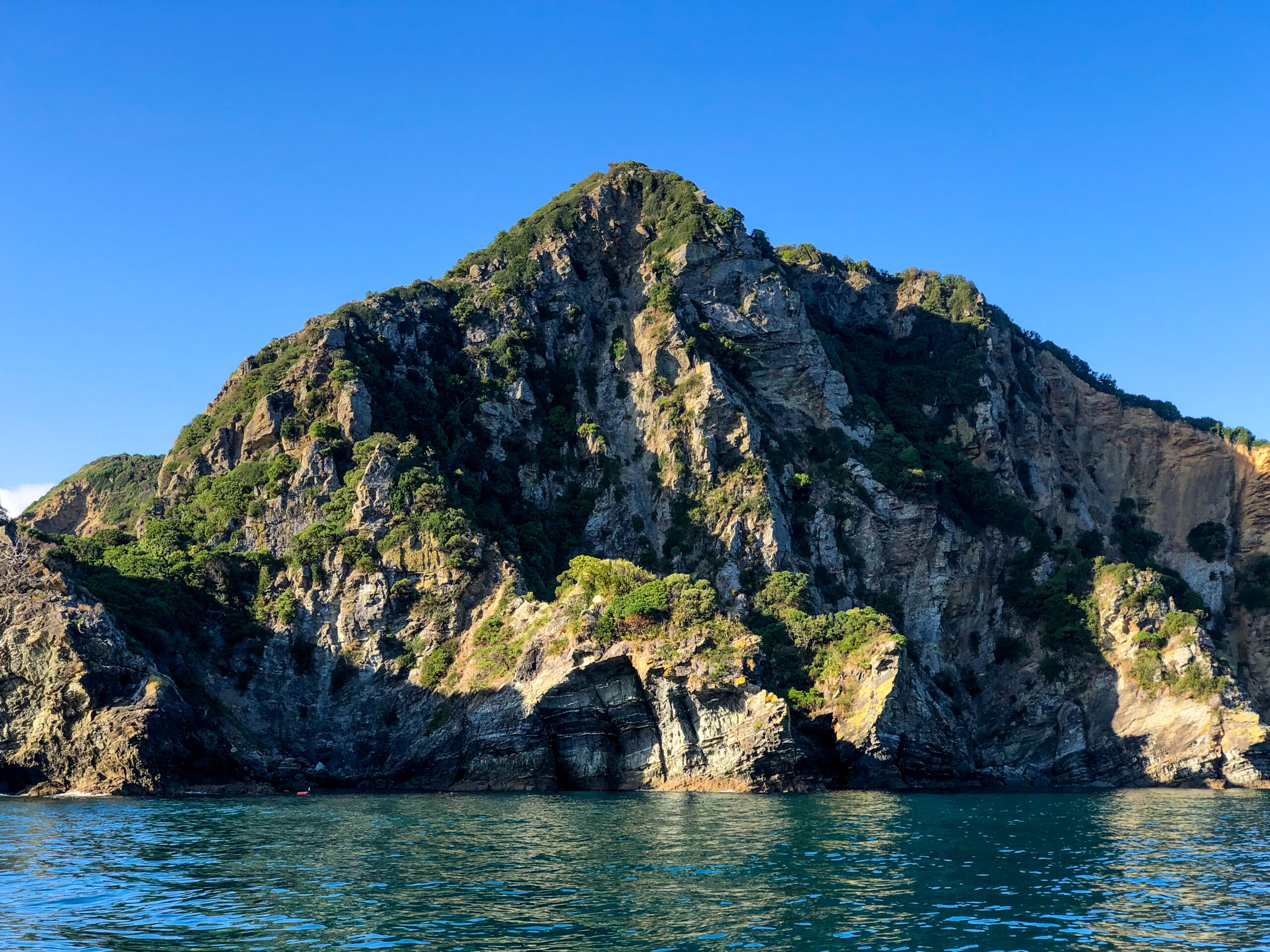
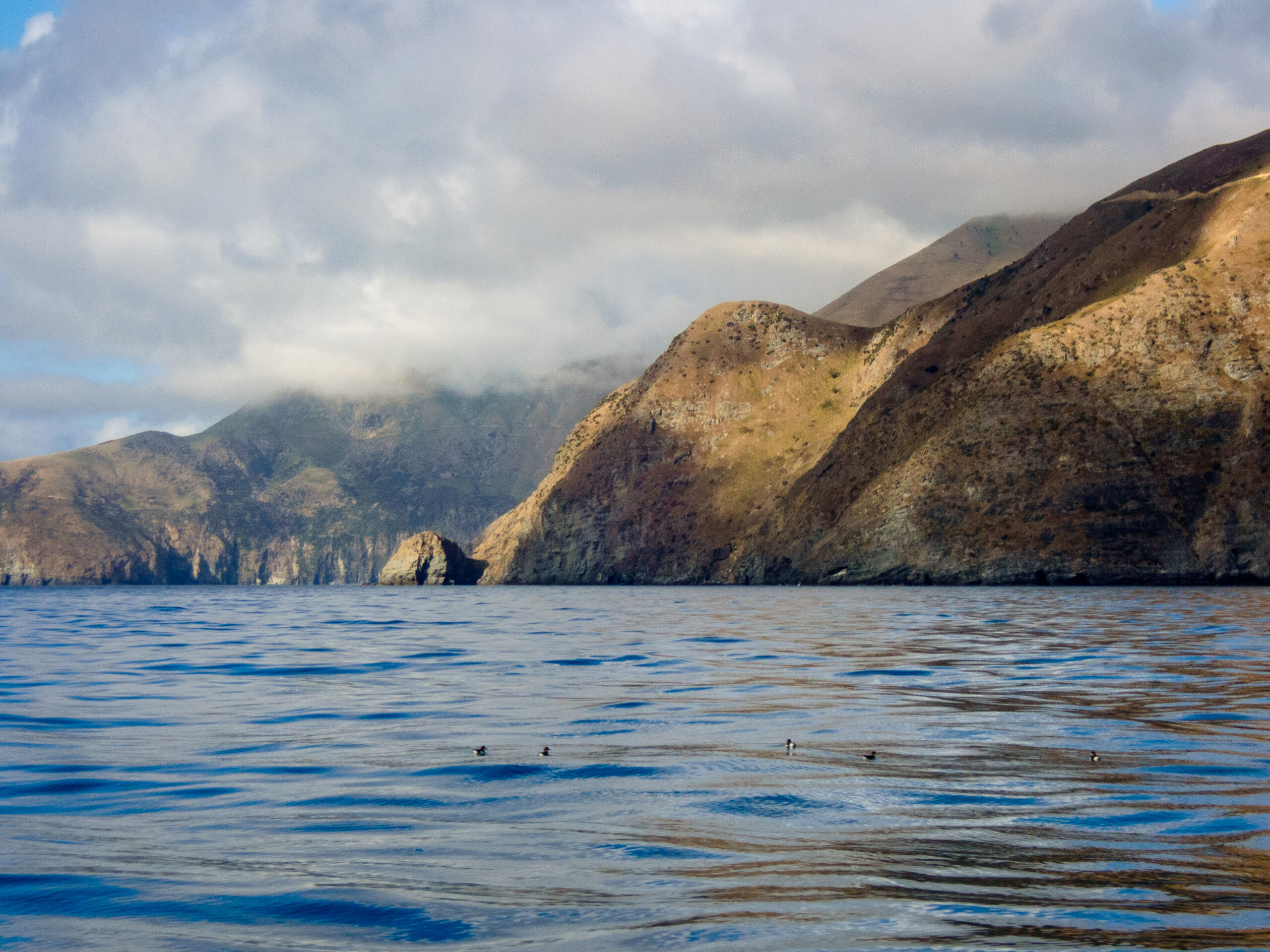
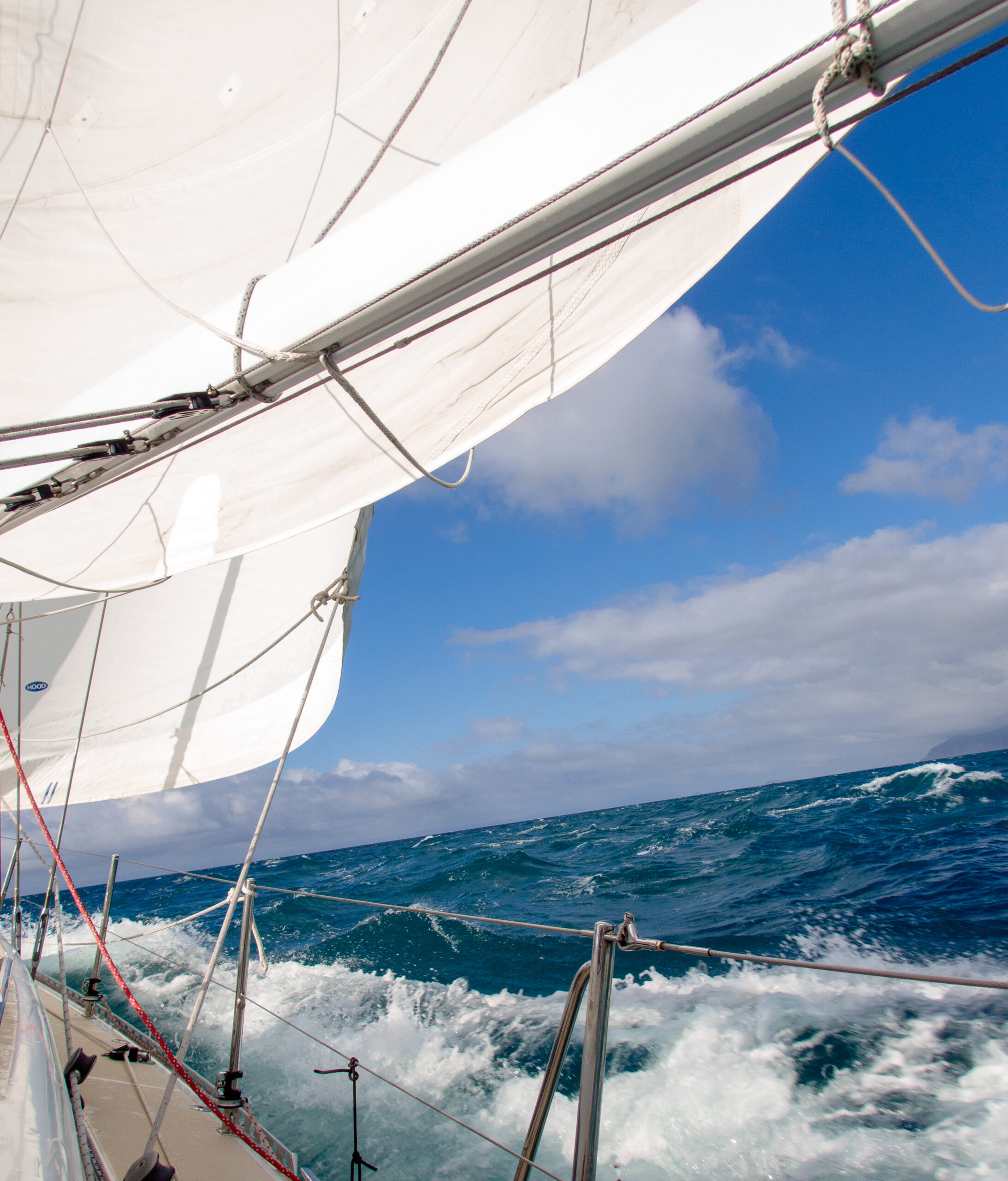

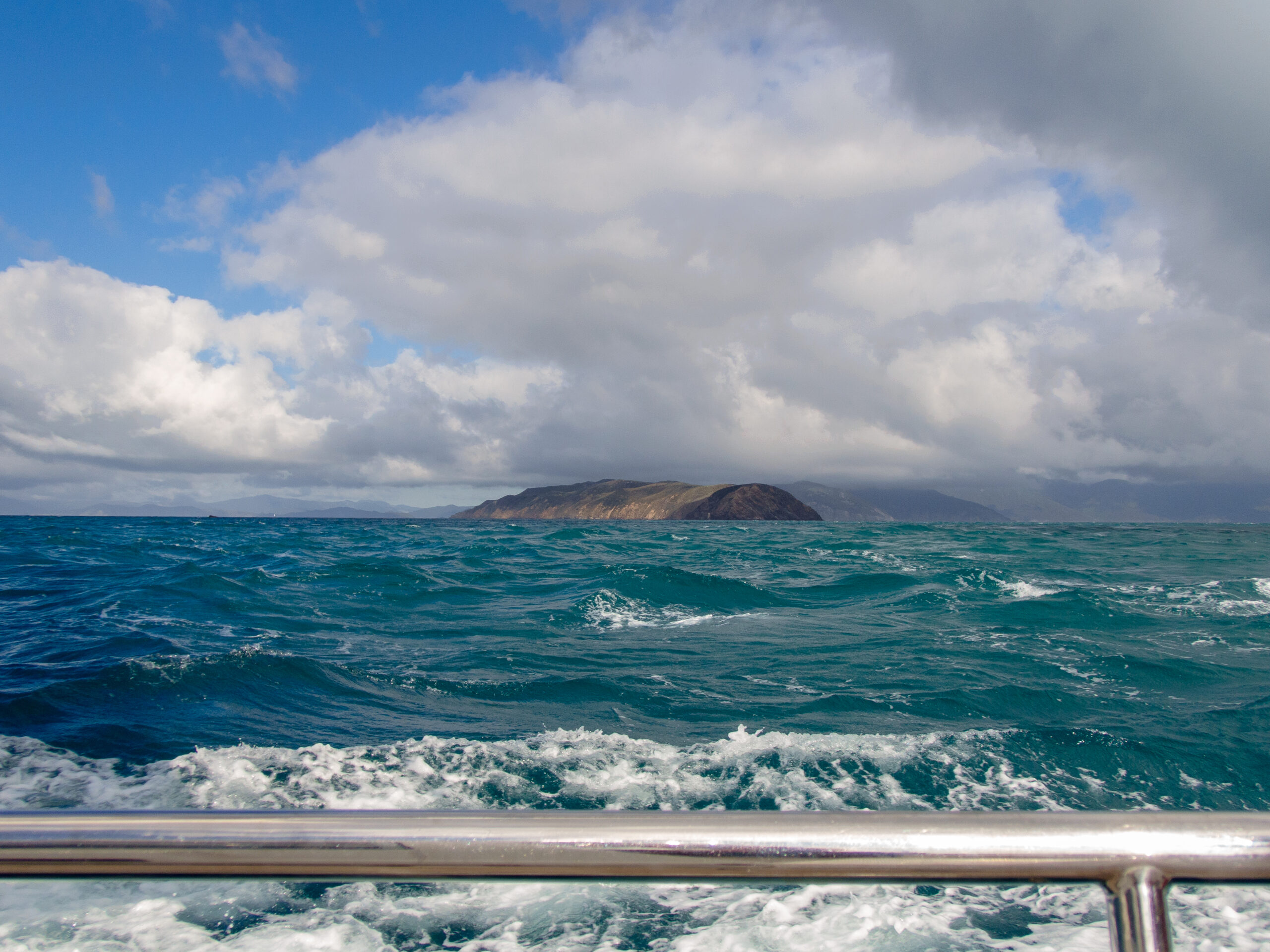
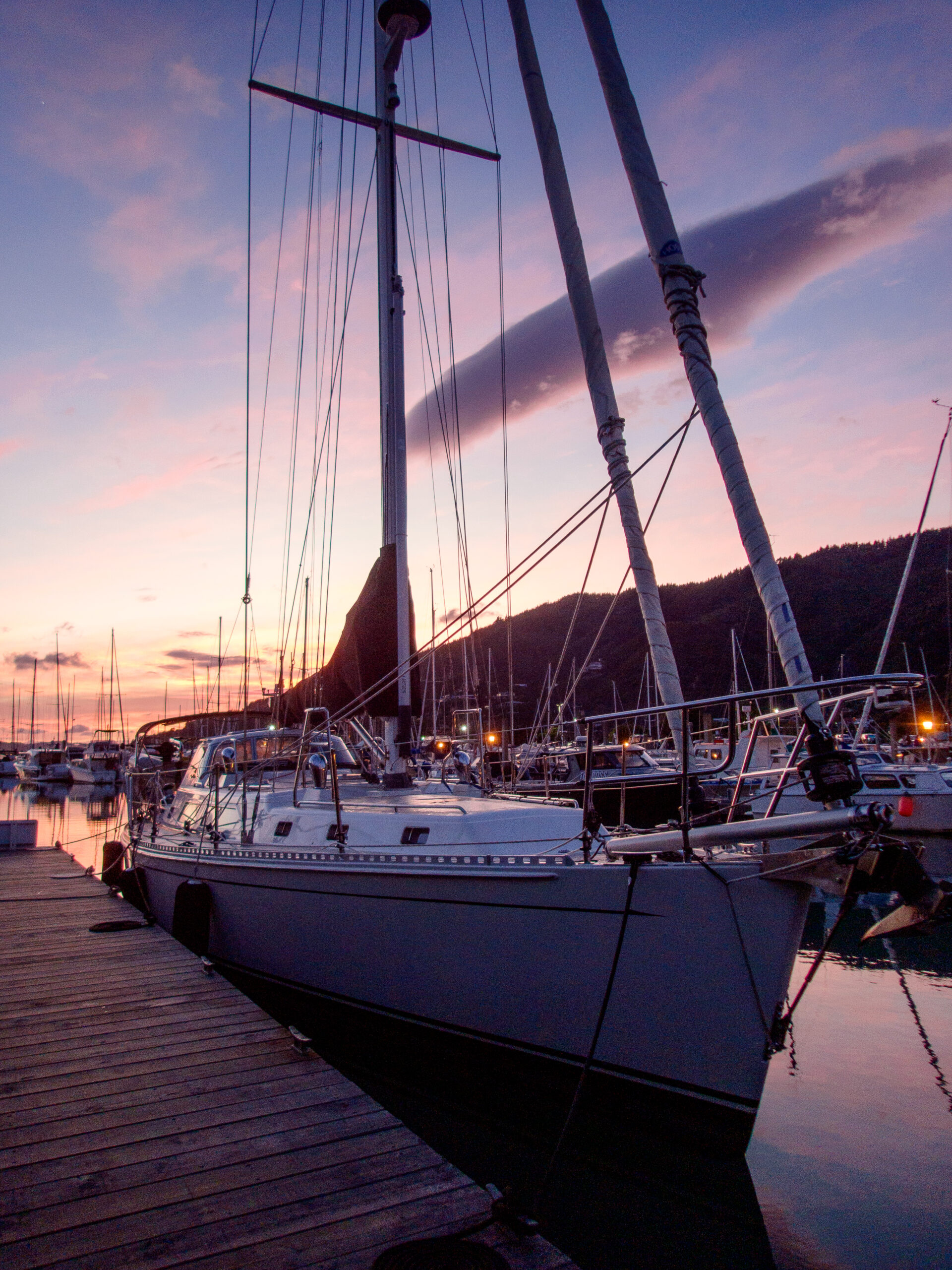
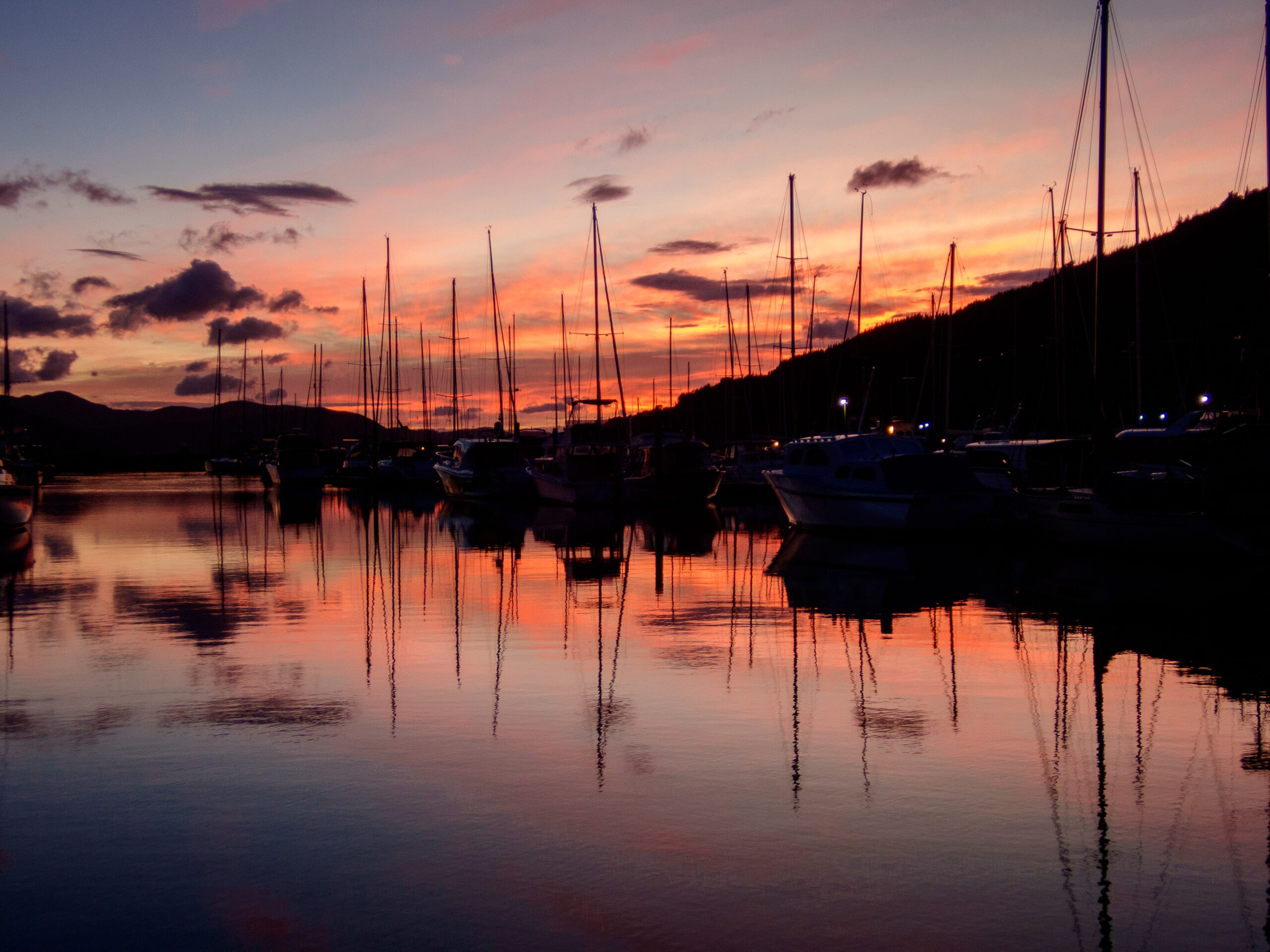
Magical Milford Sound/Piopiotahi! – Fiordland
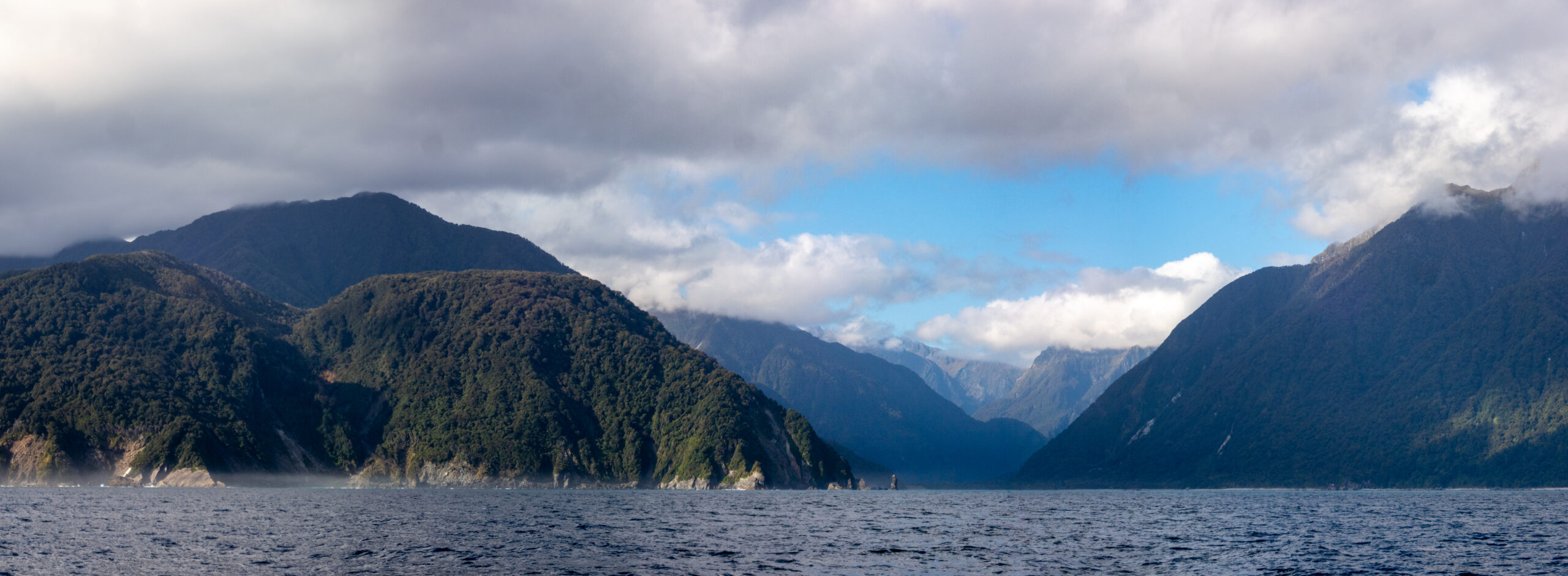

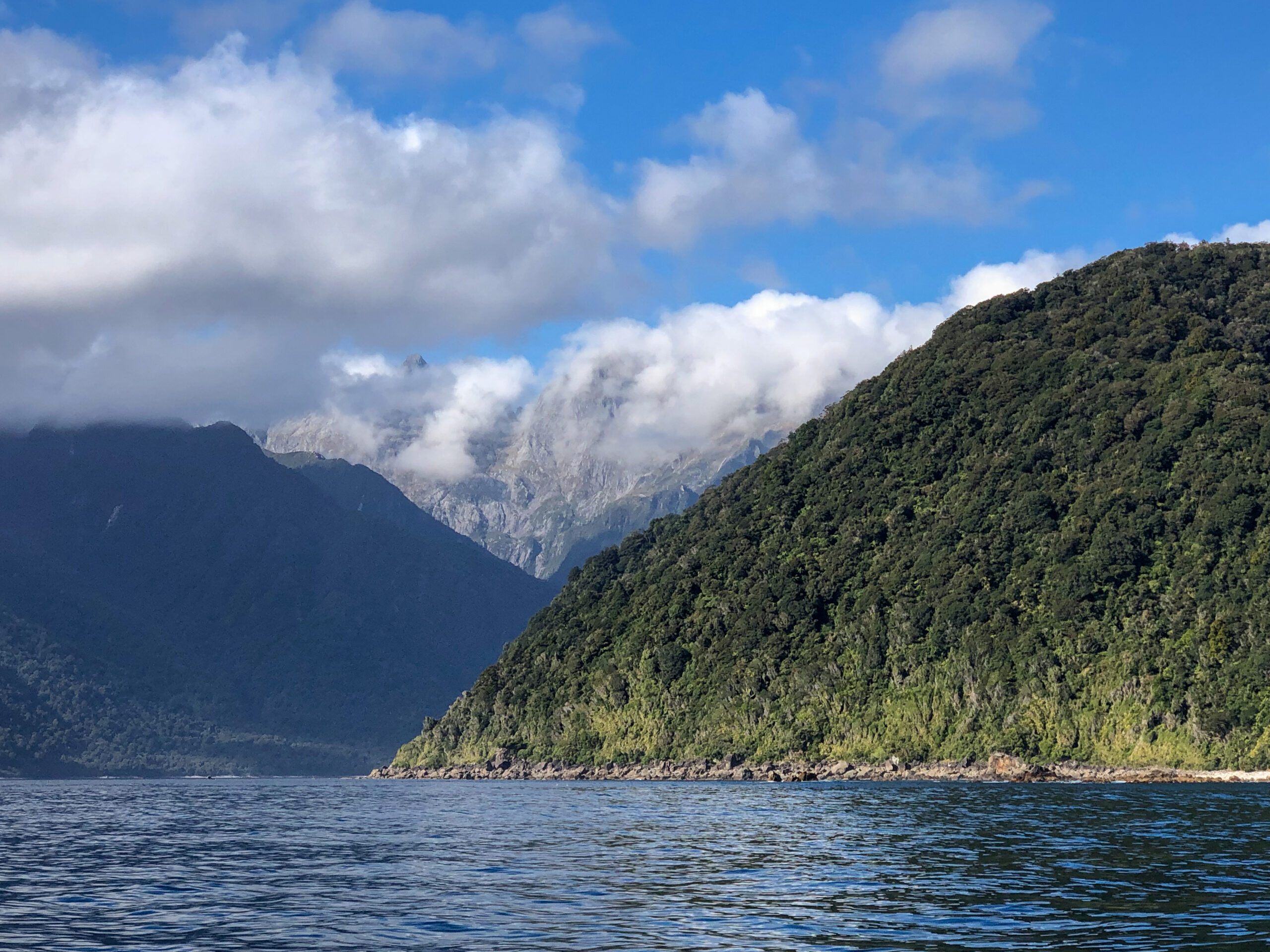
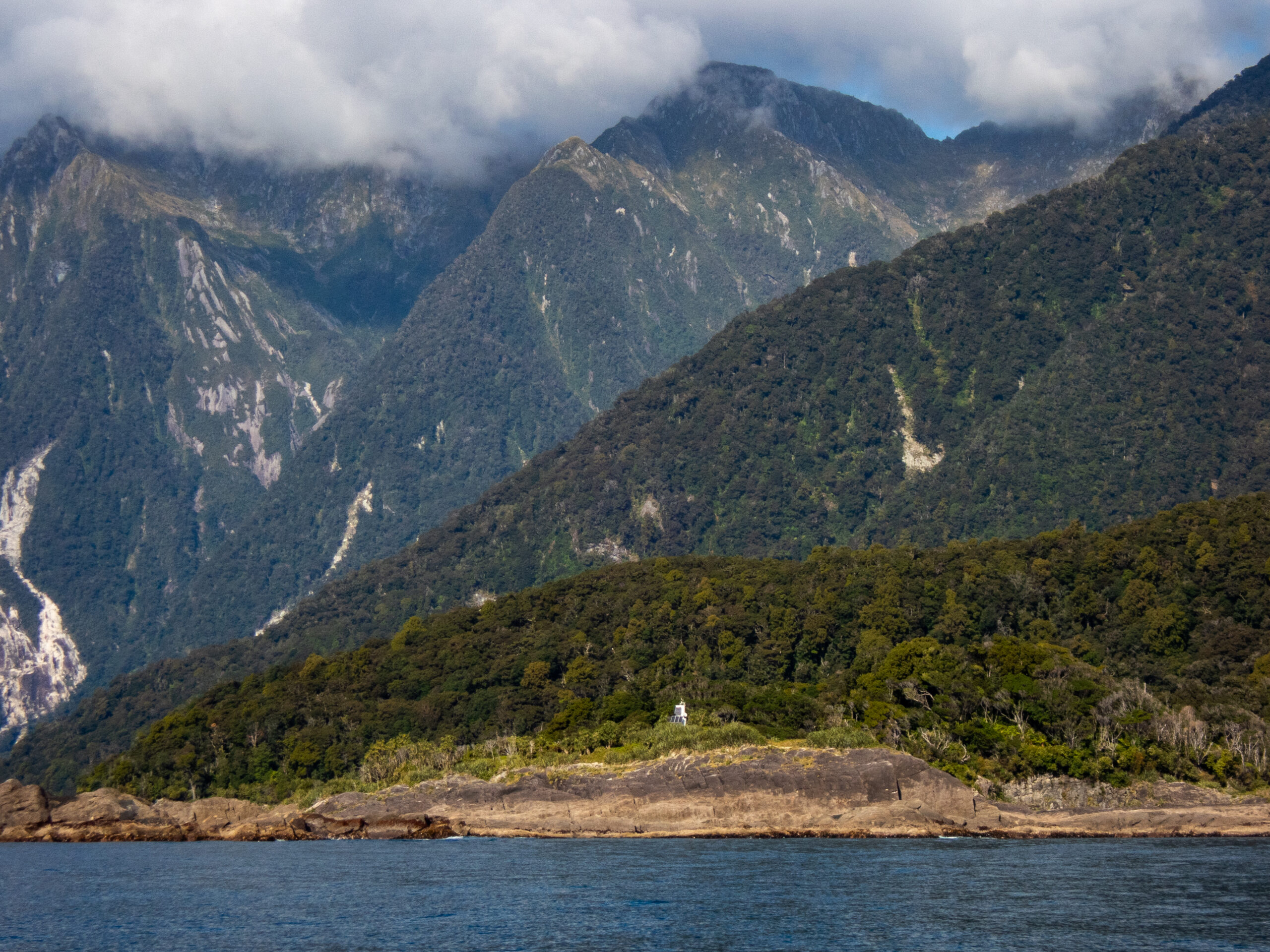
Piopiotahi (Milford Sound) resonates with awe and leaves us speechless, like the Grand Canyon or Machu Picchu, or the Magellanic Clouds on a vividly starry night at sea. The sheer mass and scale, the soaring beauty, each breathtaking turn. Words just pour out, but fail to capture what it feels like to sail into this magnificent fiord. The day we spent in this unique-in-the world place, was blue and lit with sun, the water impenetrably deep, granite walls towered over us, beyond imagination and comprehension, the waterfalls gushed bountifully without end. Apparently Captain Cook missed Milford on his first pass, and actually that’s not entirely surprising. Approaching from the sea the fiord begins rather humbly and then builds and builds in its symphonic crescendo of magnificence. A bit much? Not really. Every time I stepped away from the helm and out from under the dodger I caught my breath as I looked up and up. ~MS

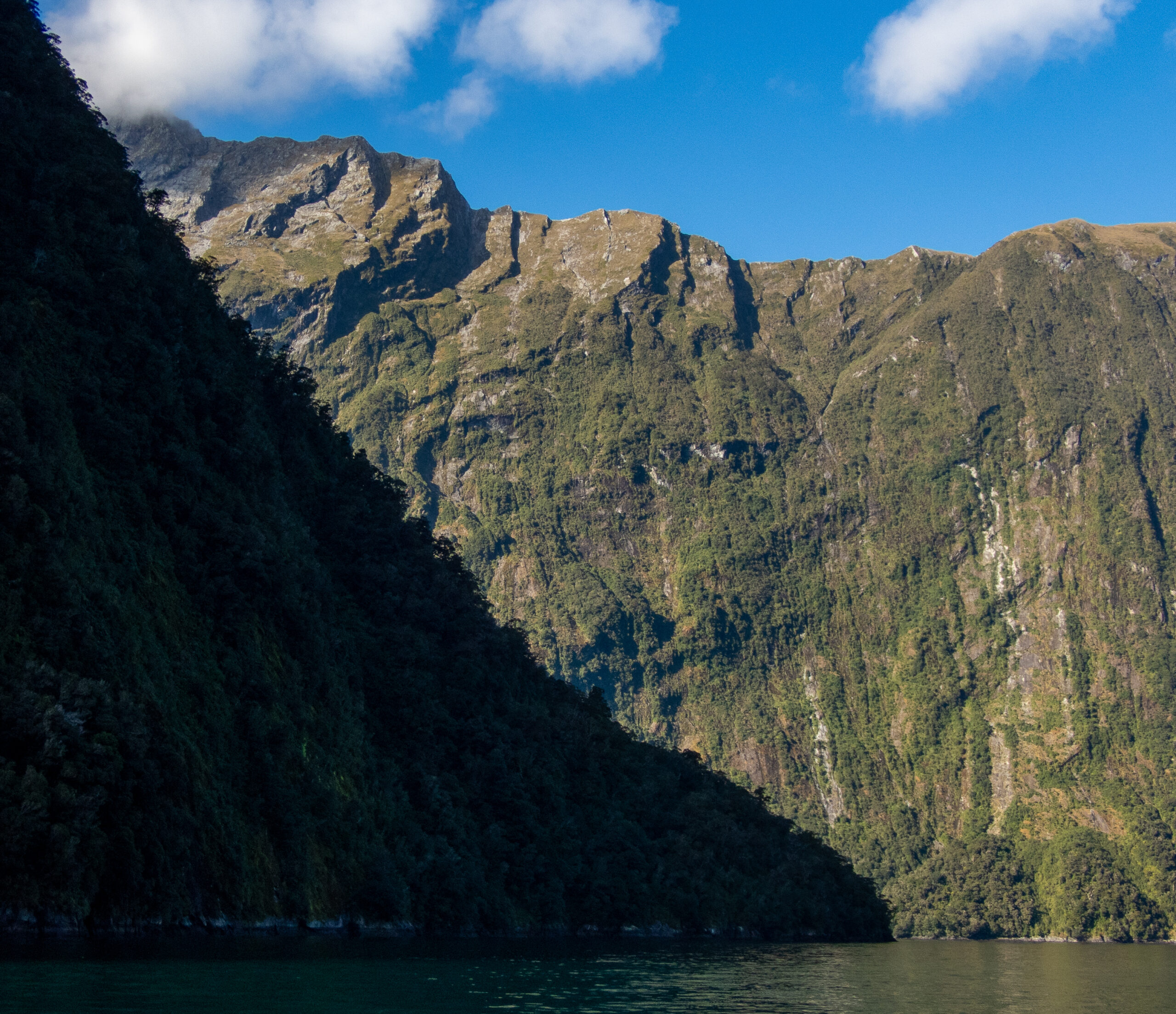
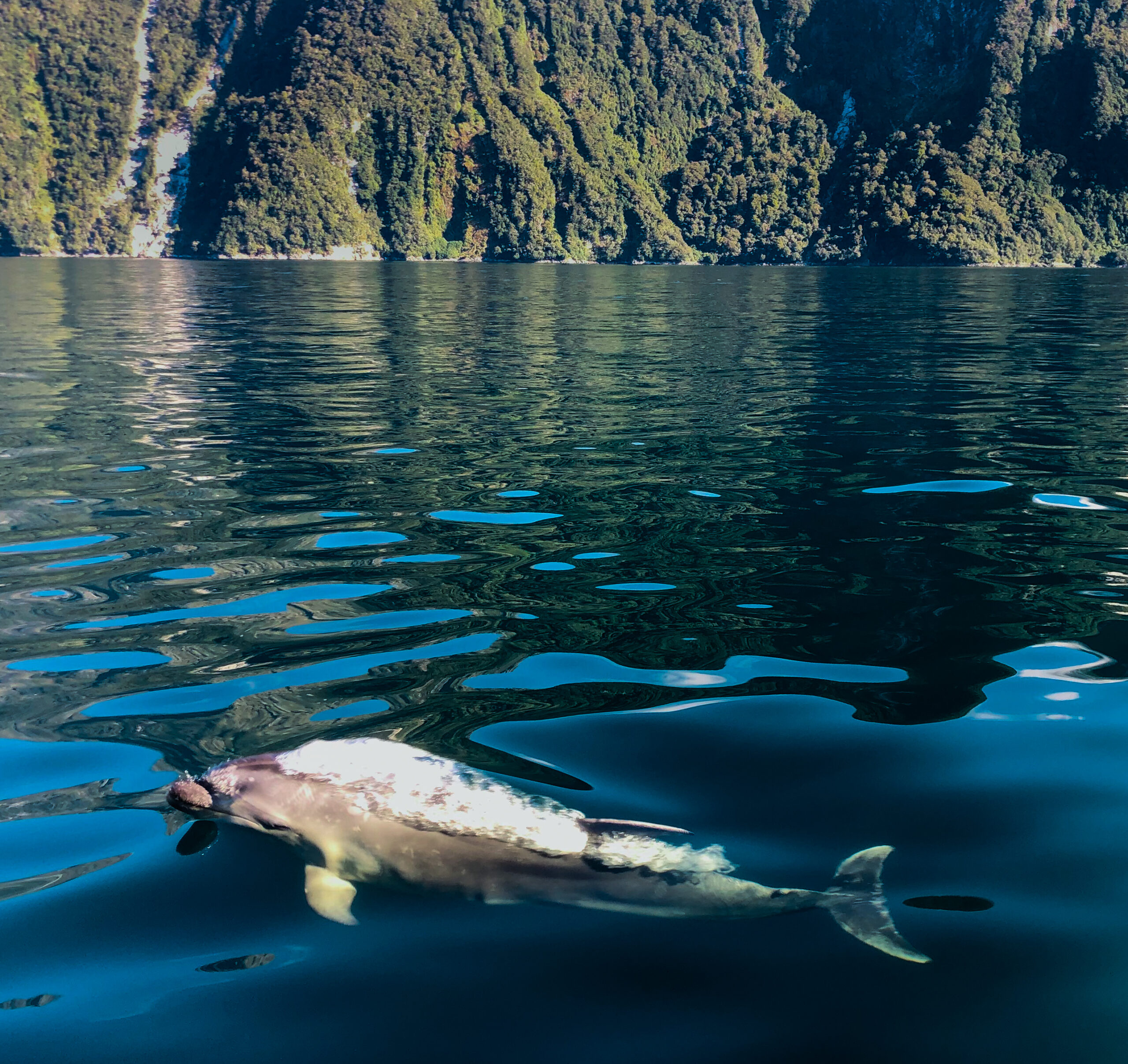



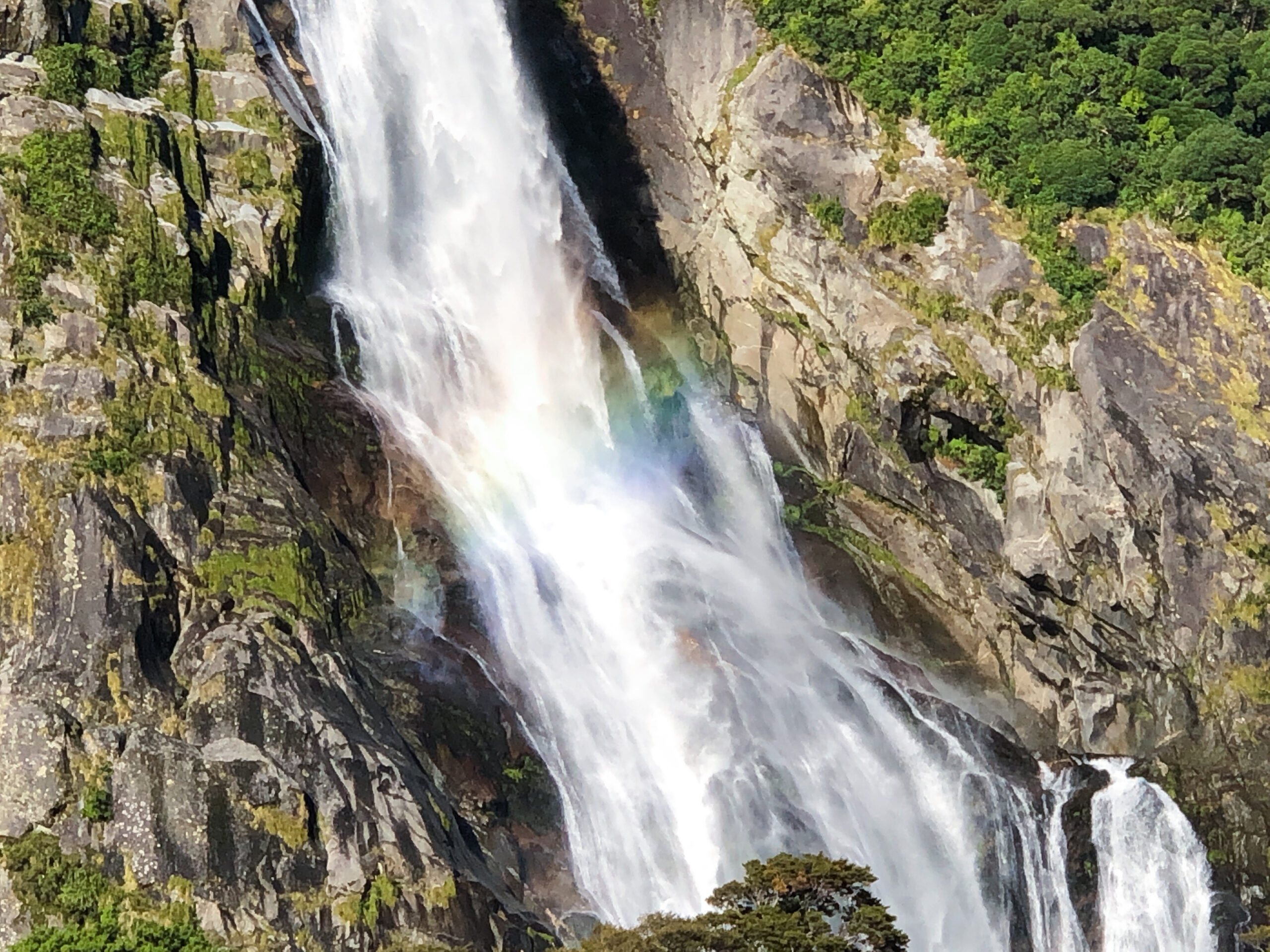
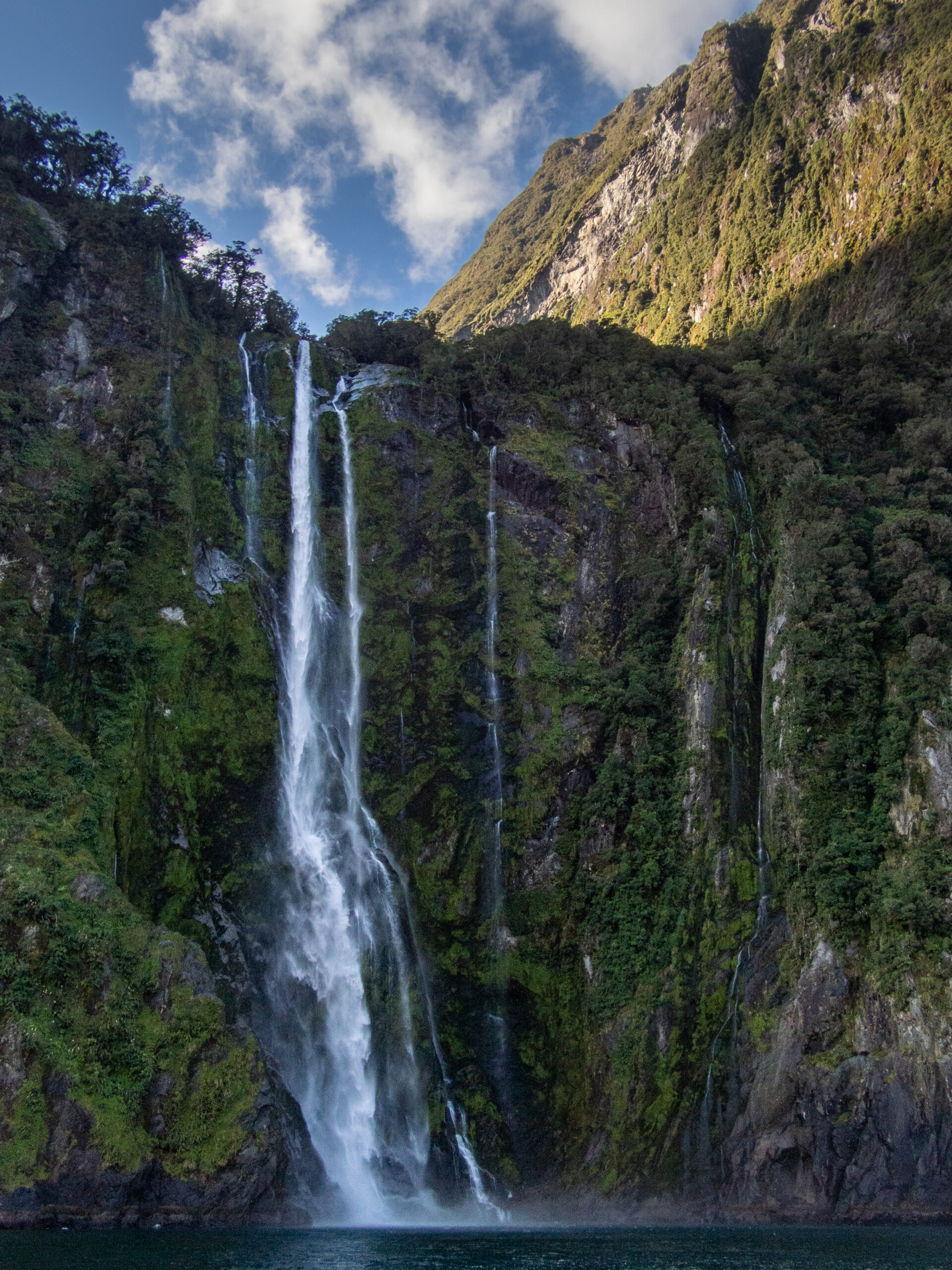
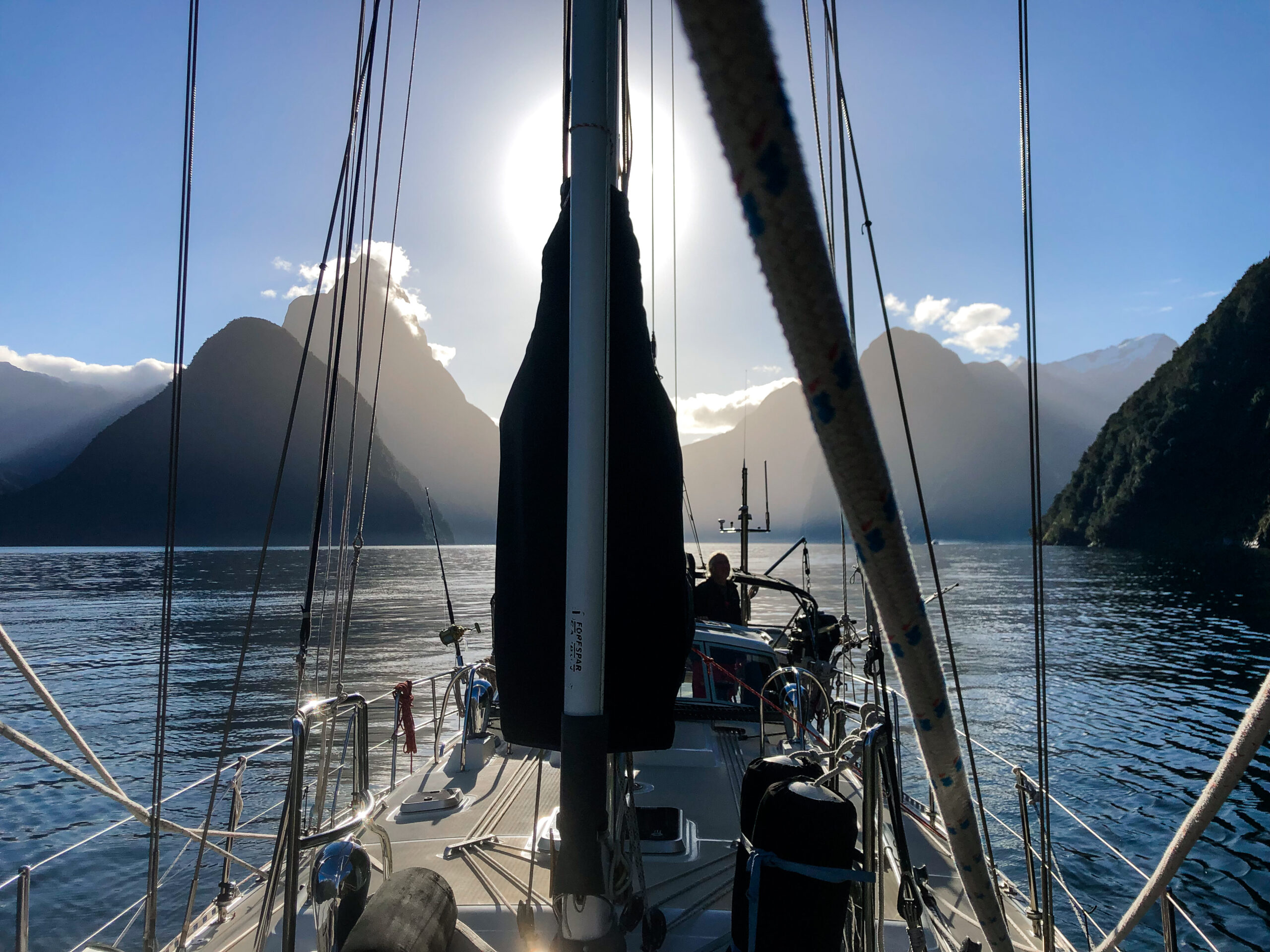

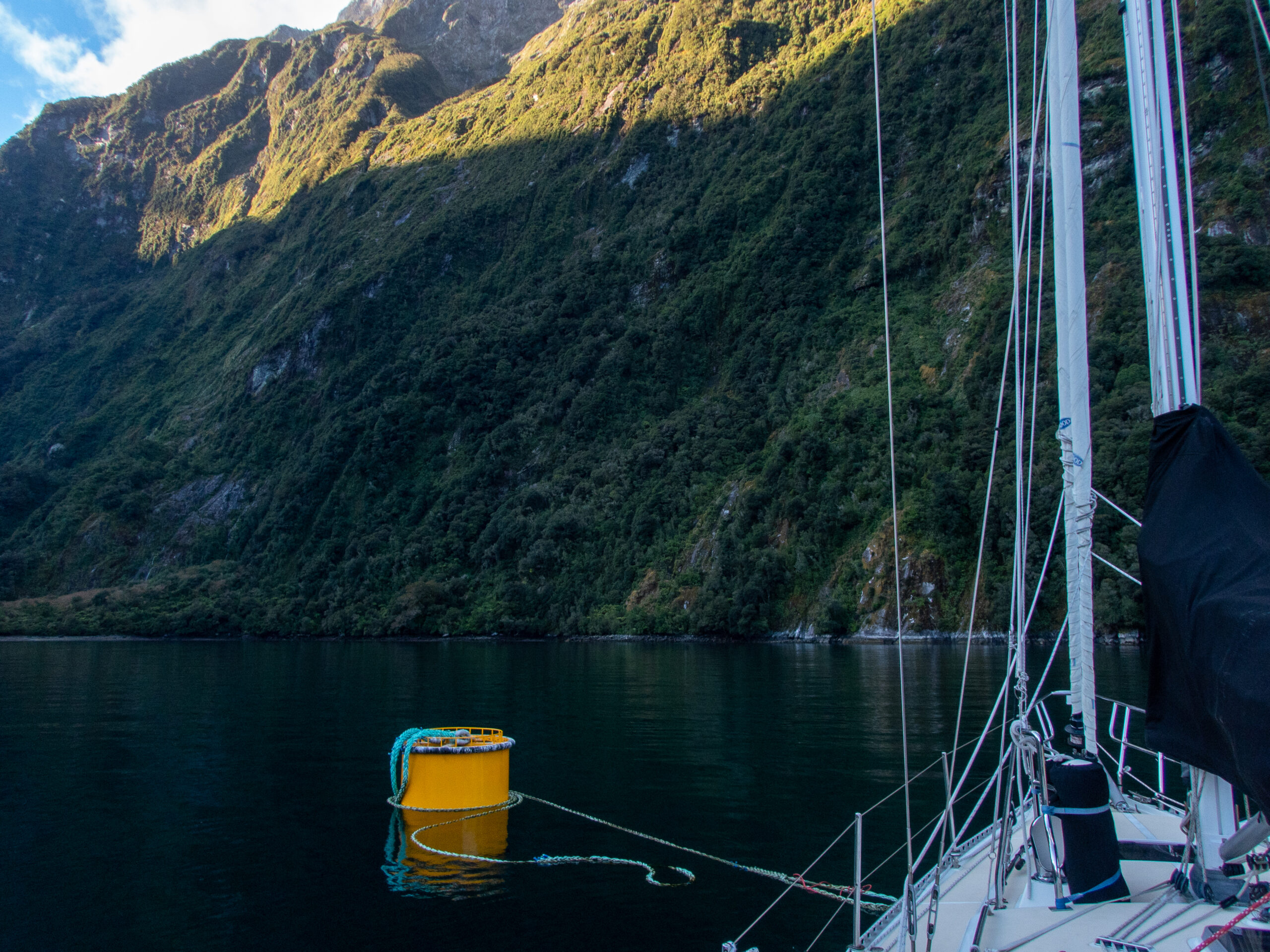
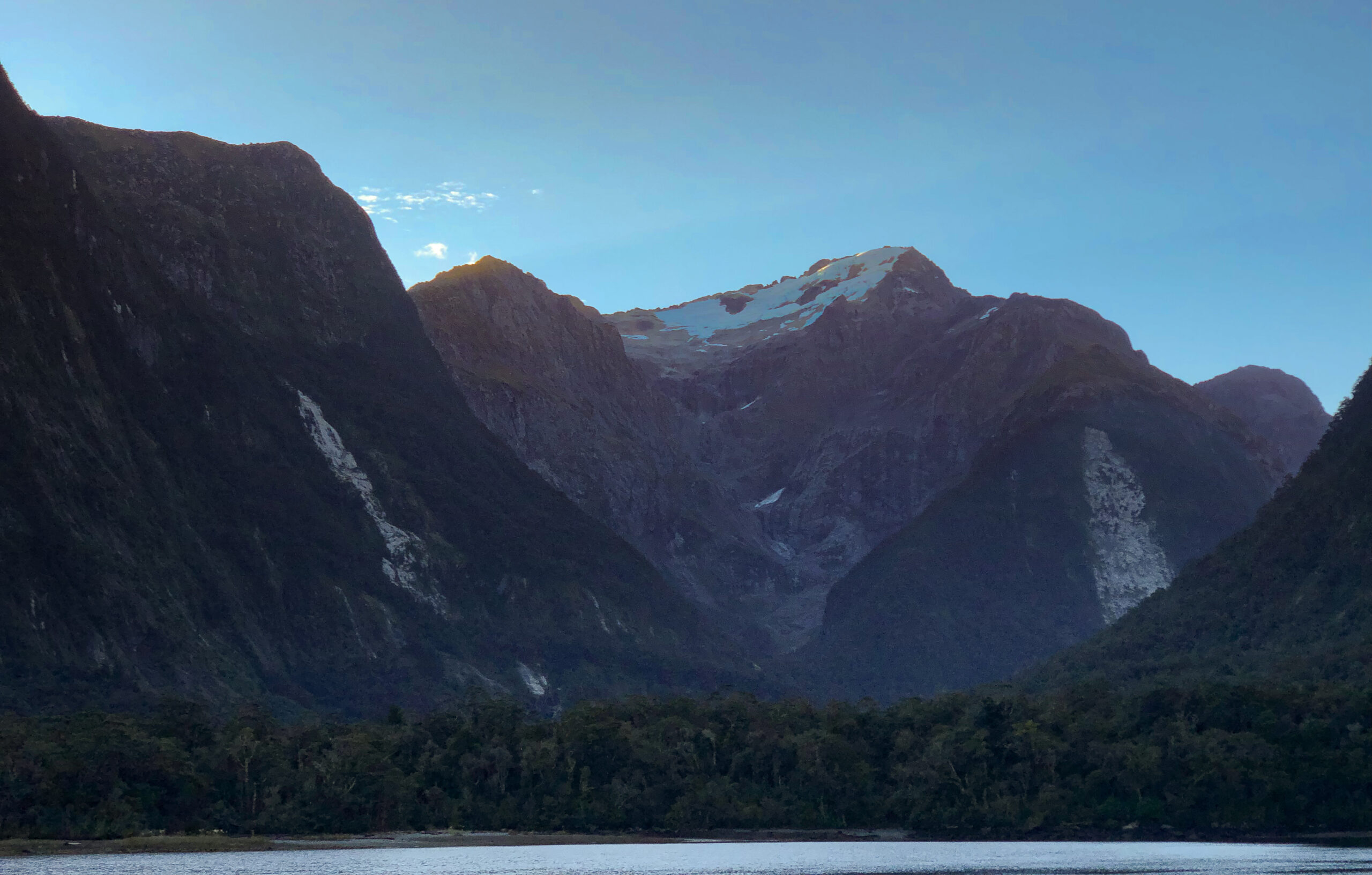


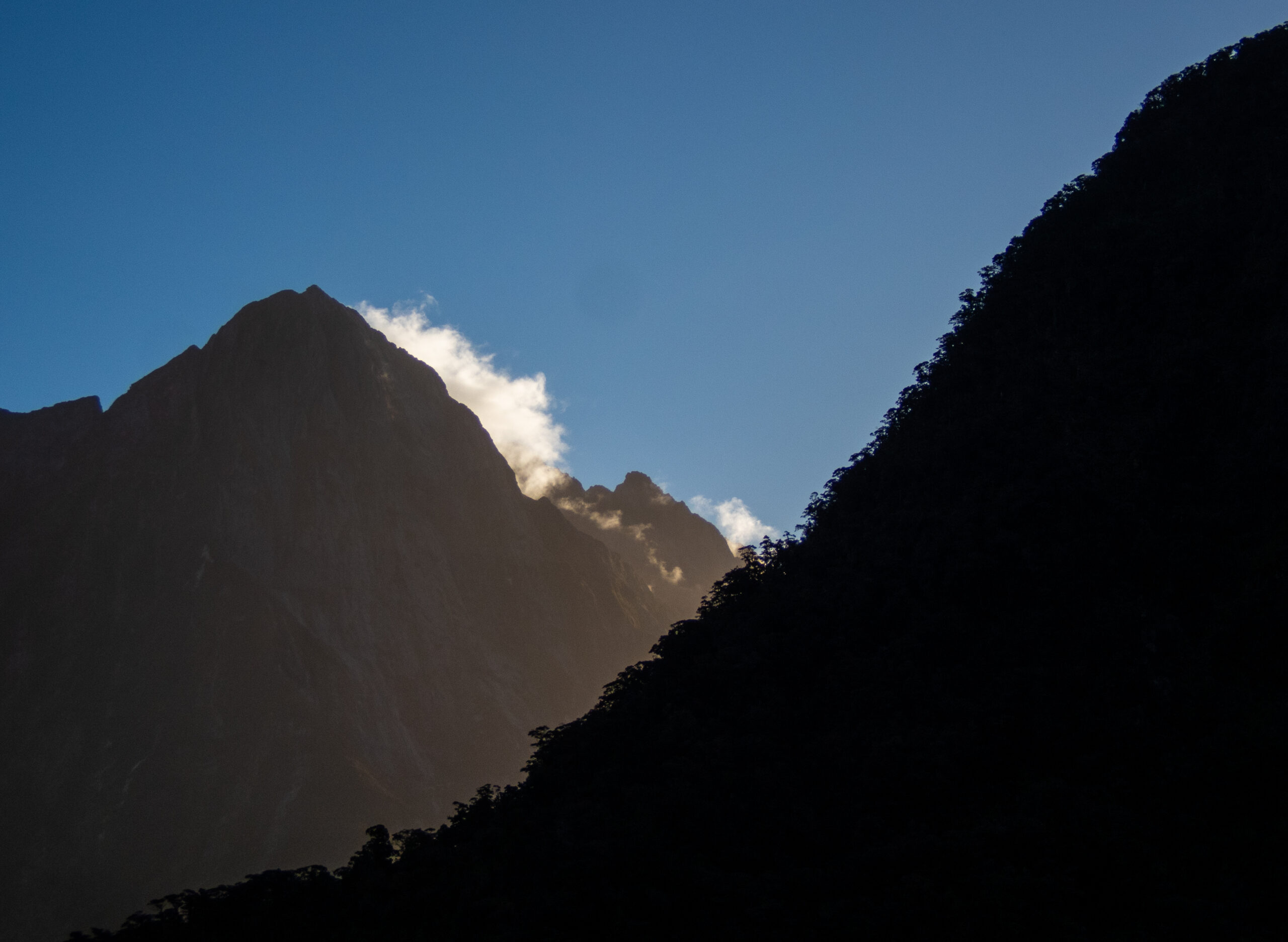
A quick blink in Bligh Sound/Hawea, – Fiordland

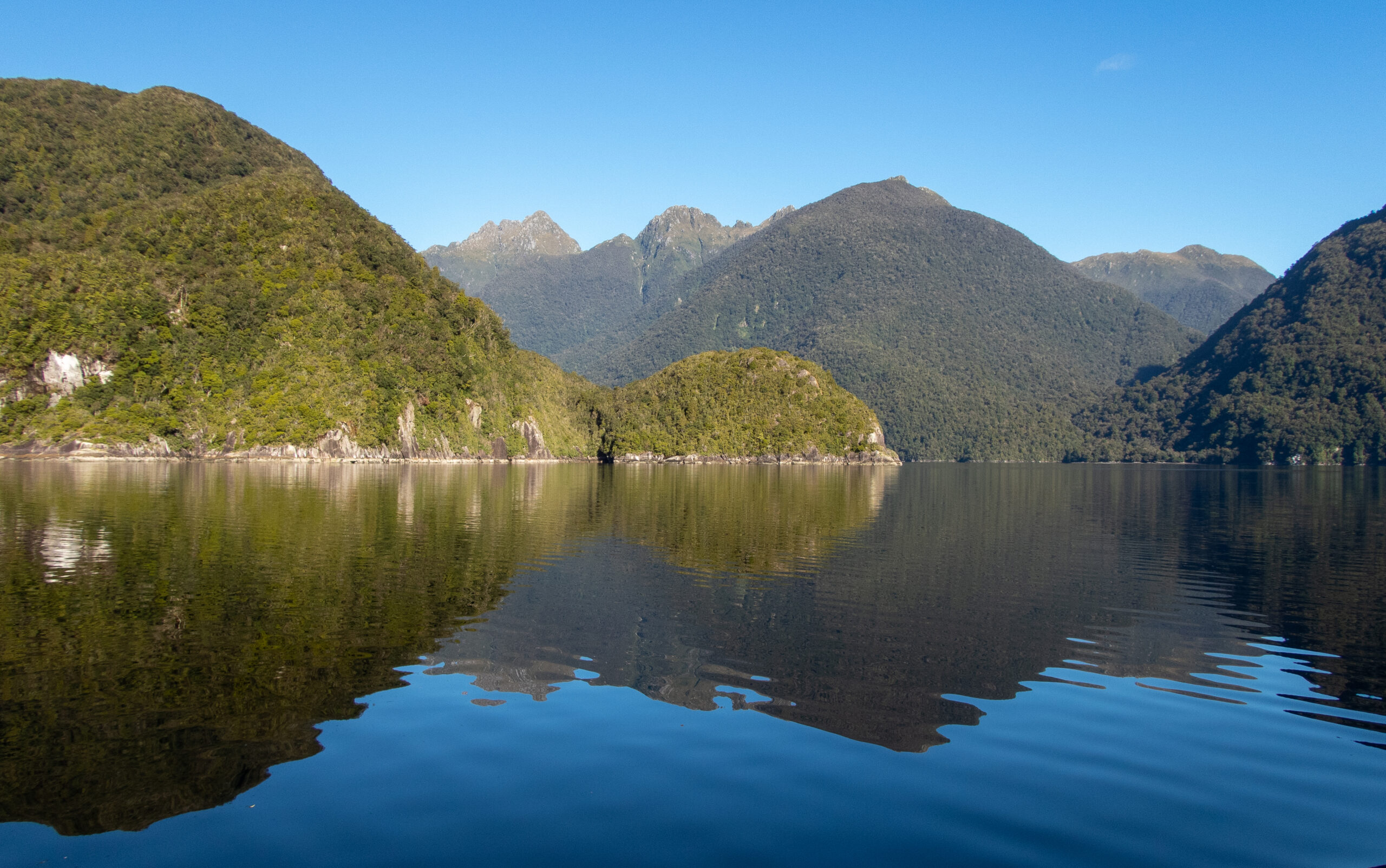
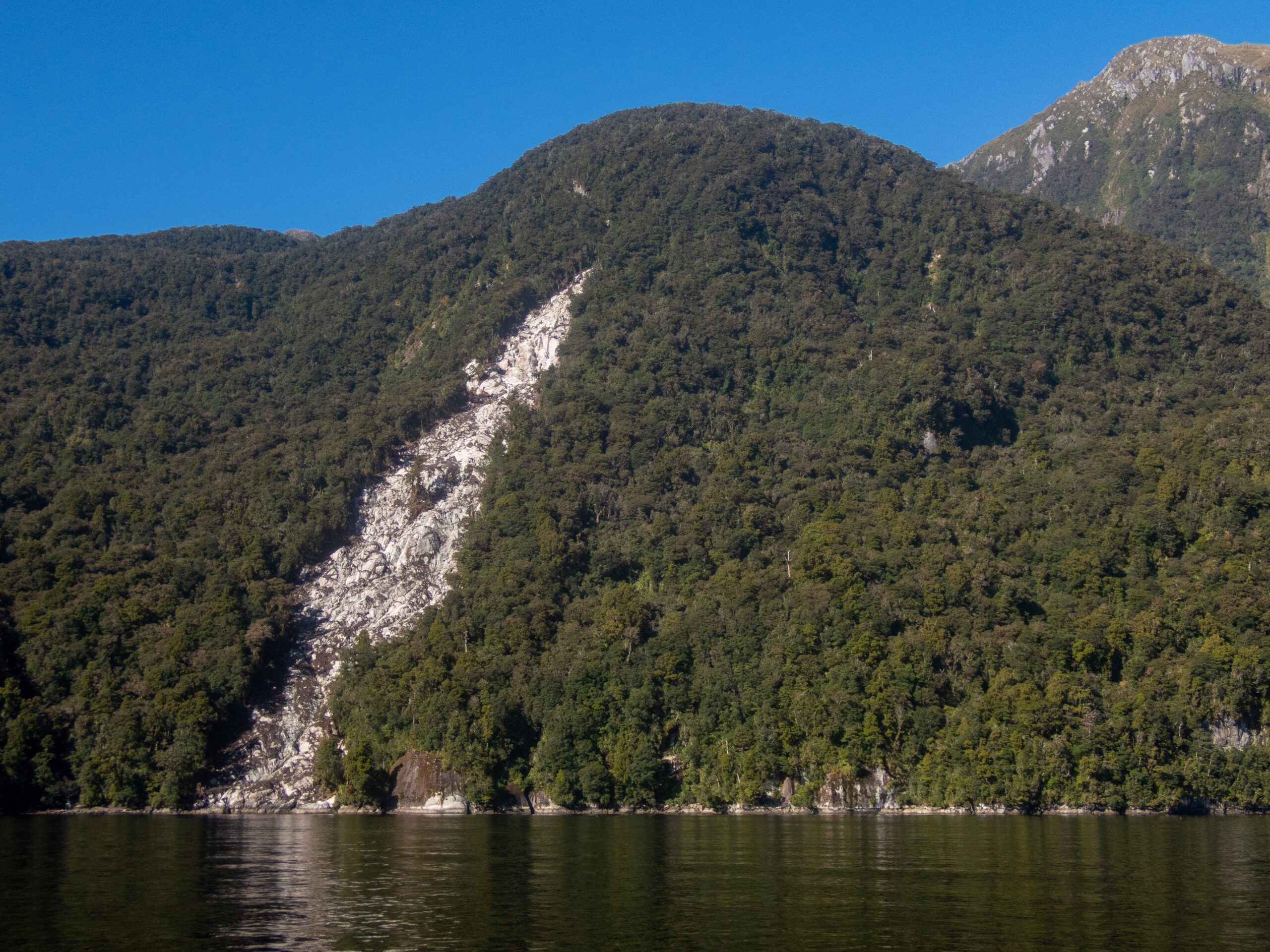

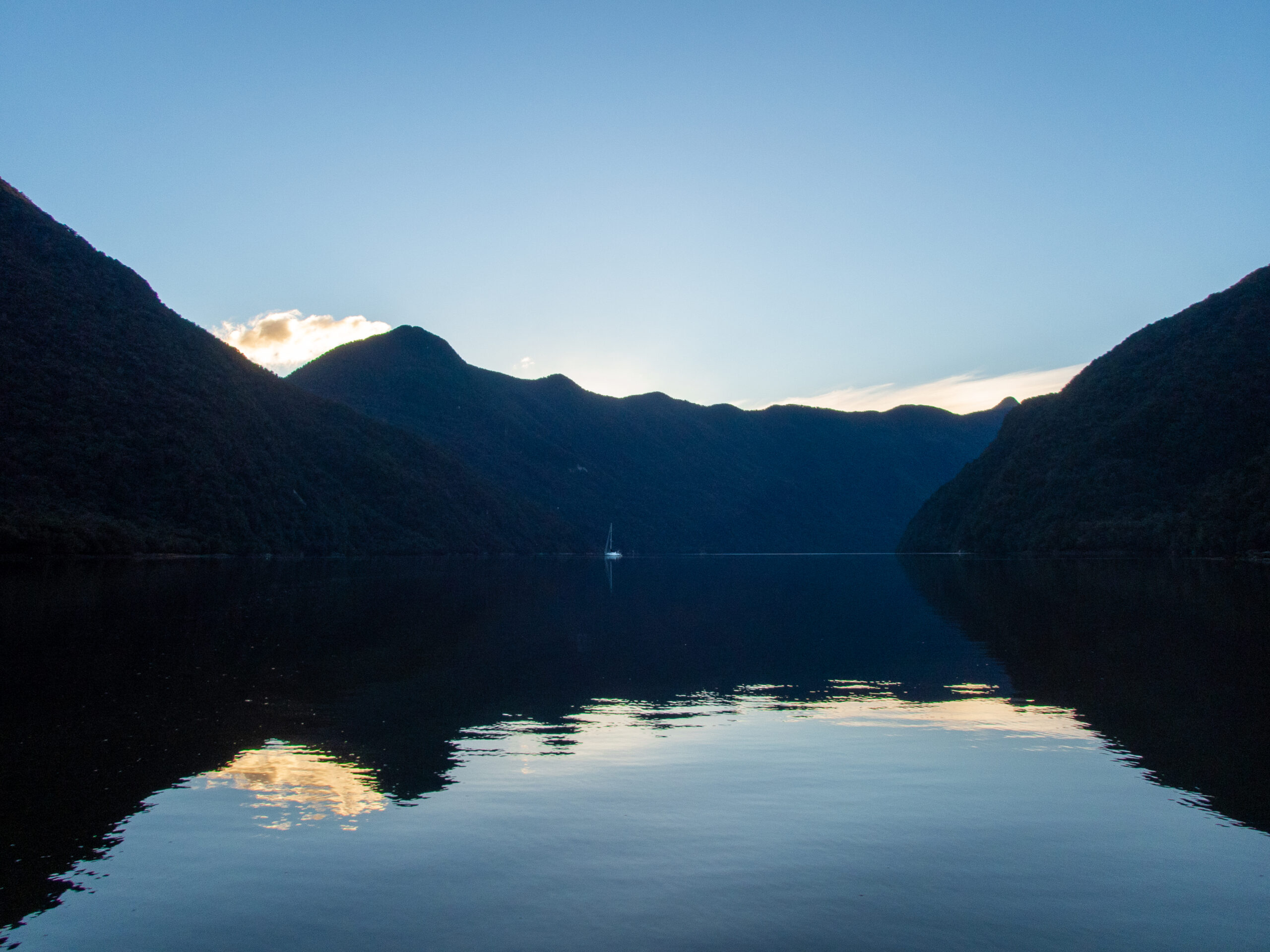
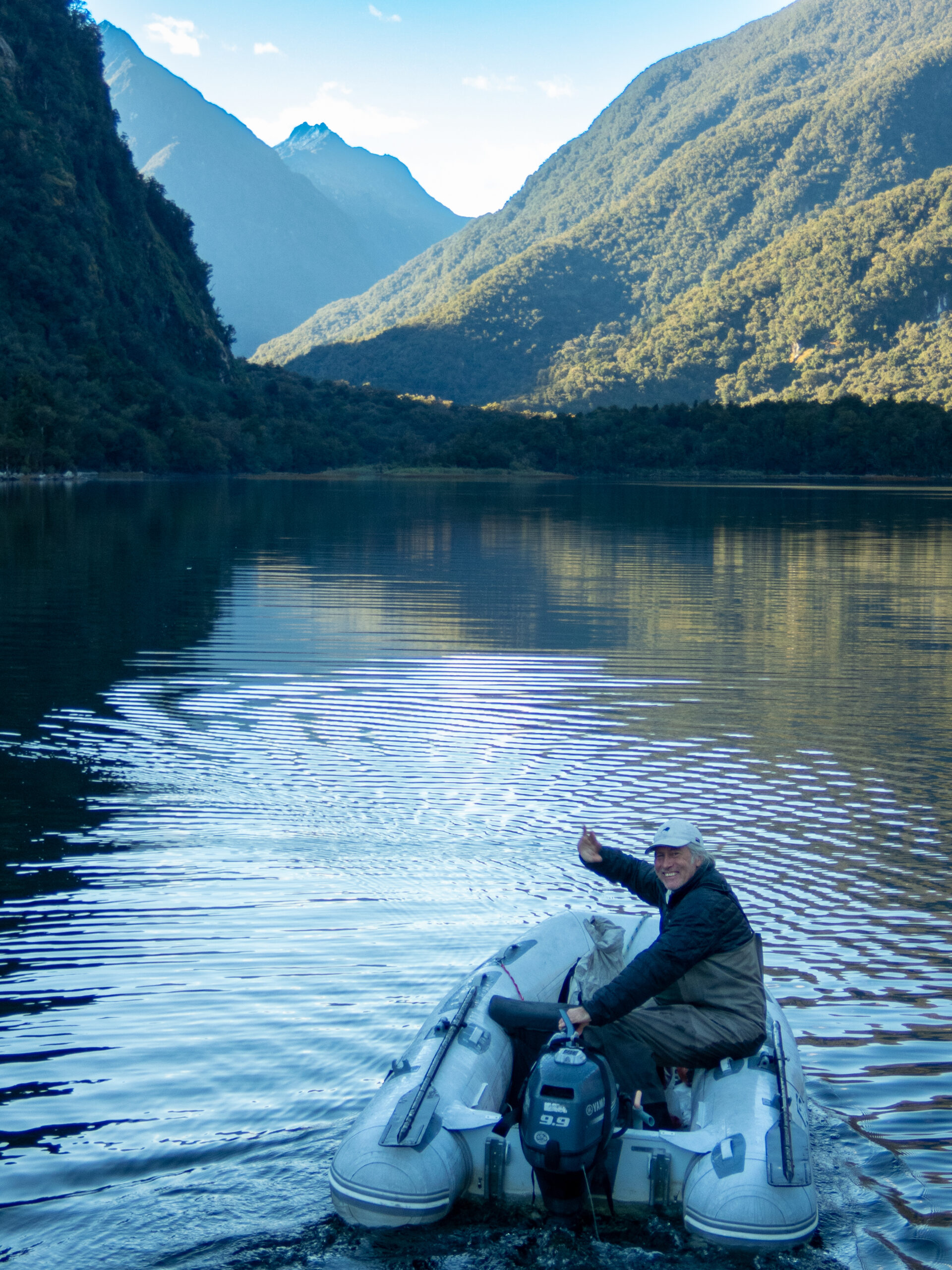
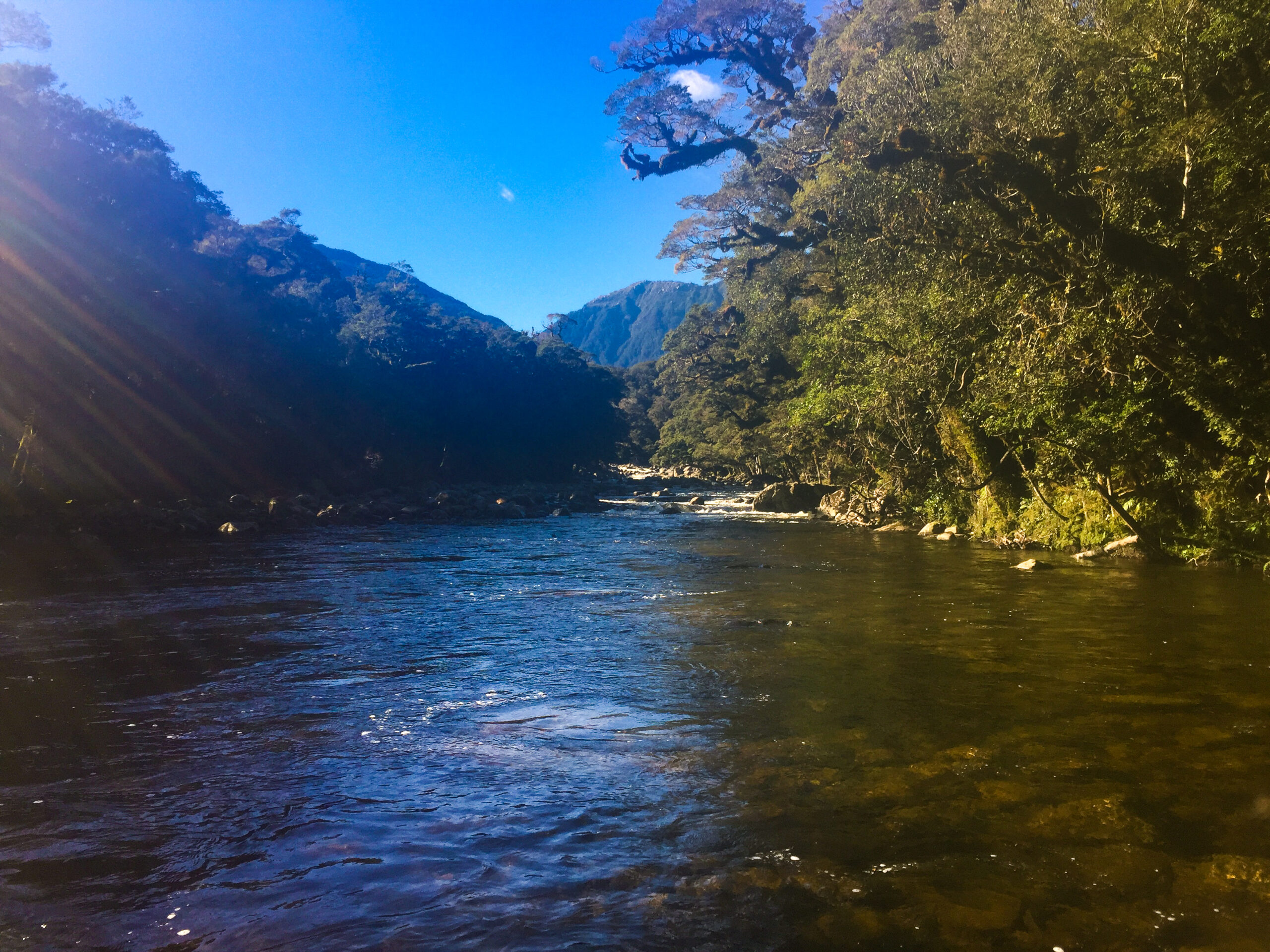
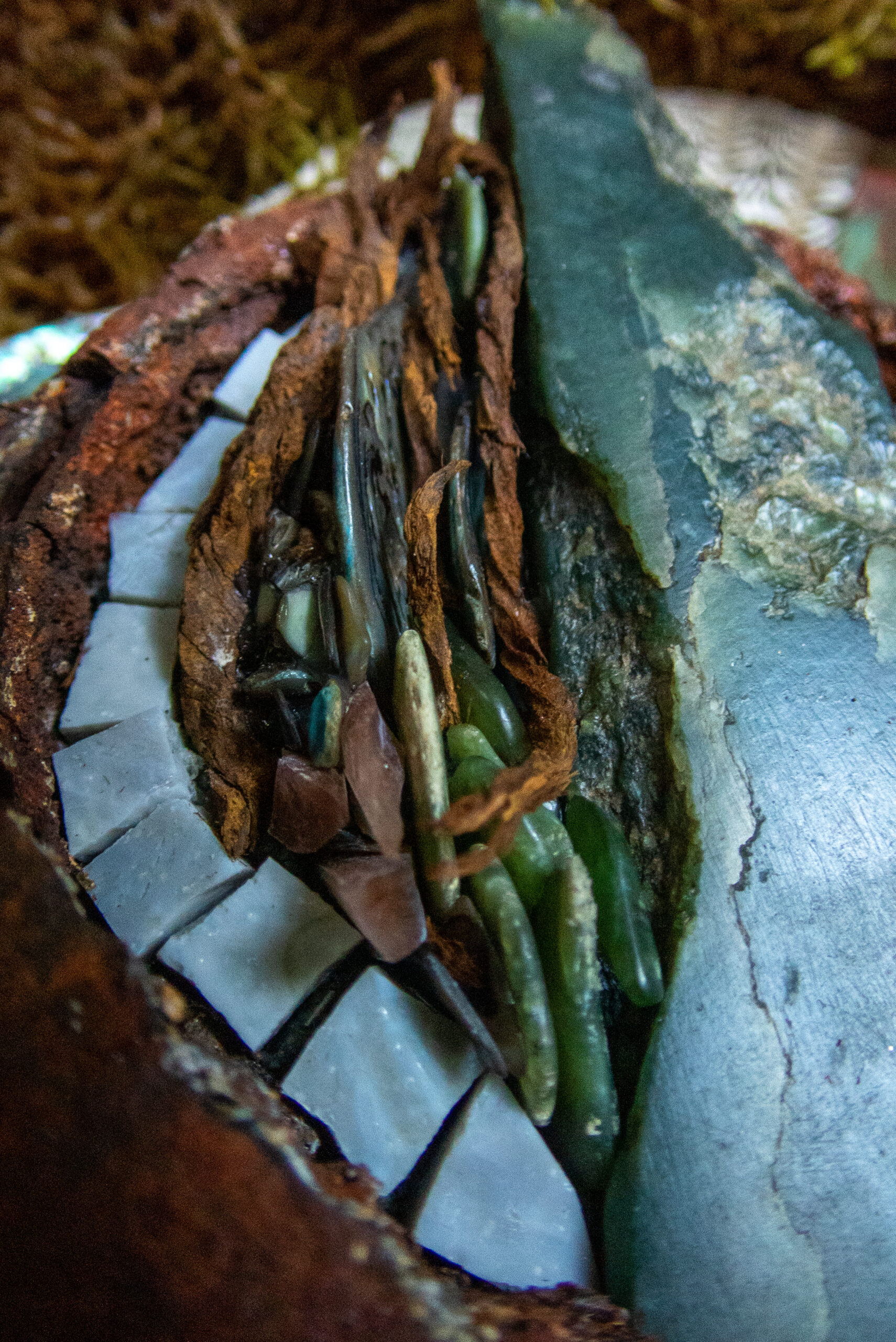

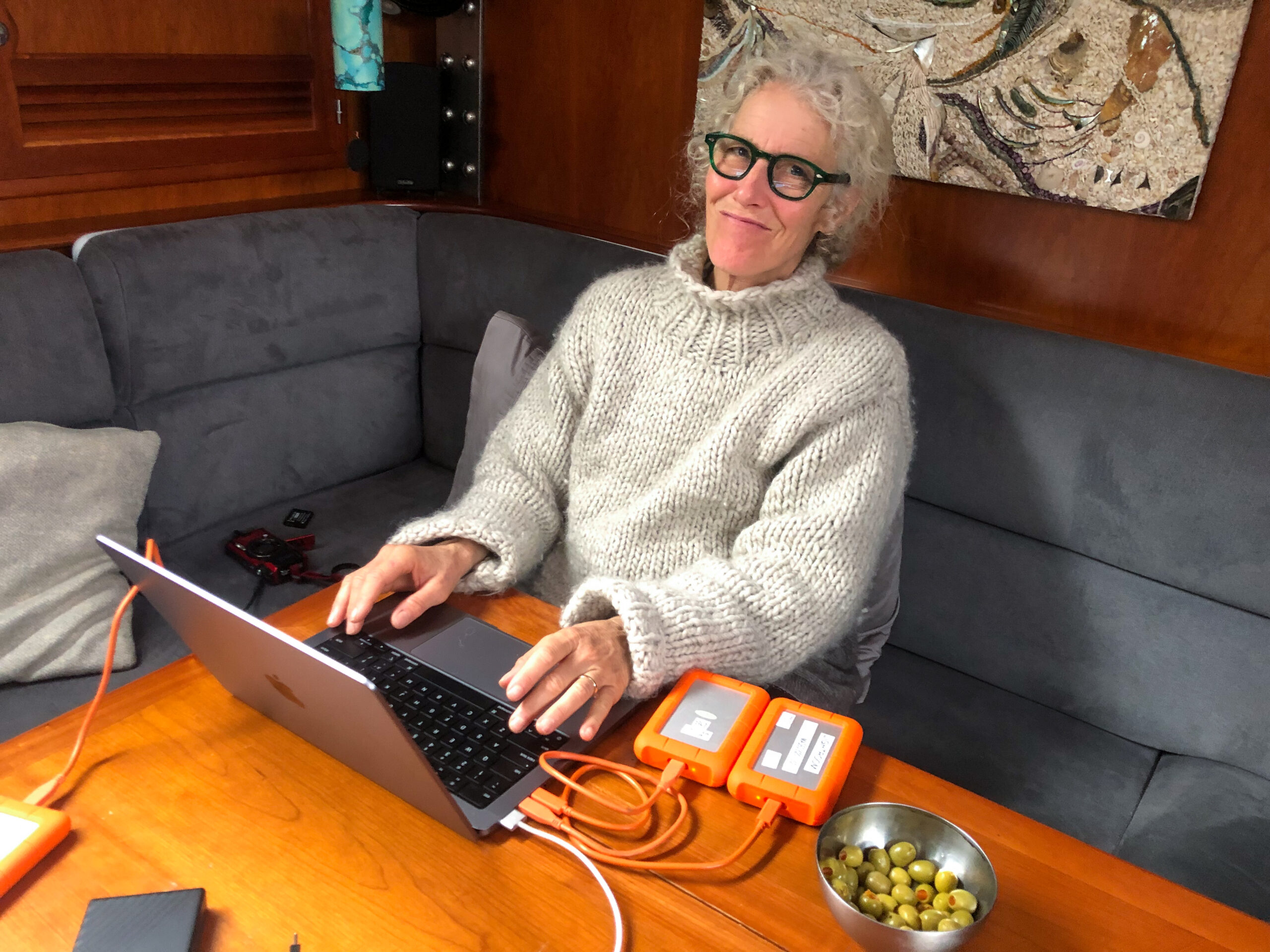


George Sound/Te Hou Hou, (‘Georgious!’) – Fiordland

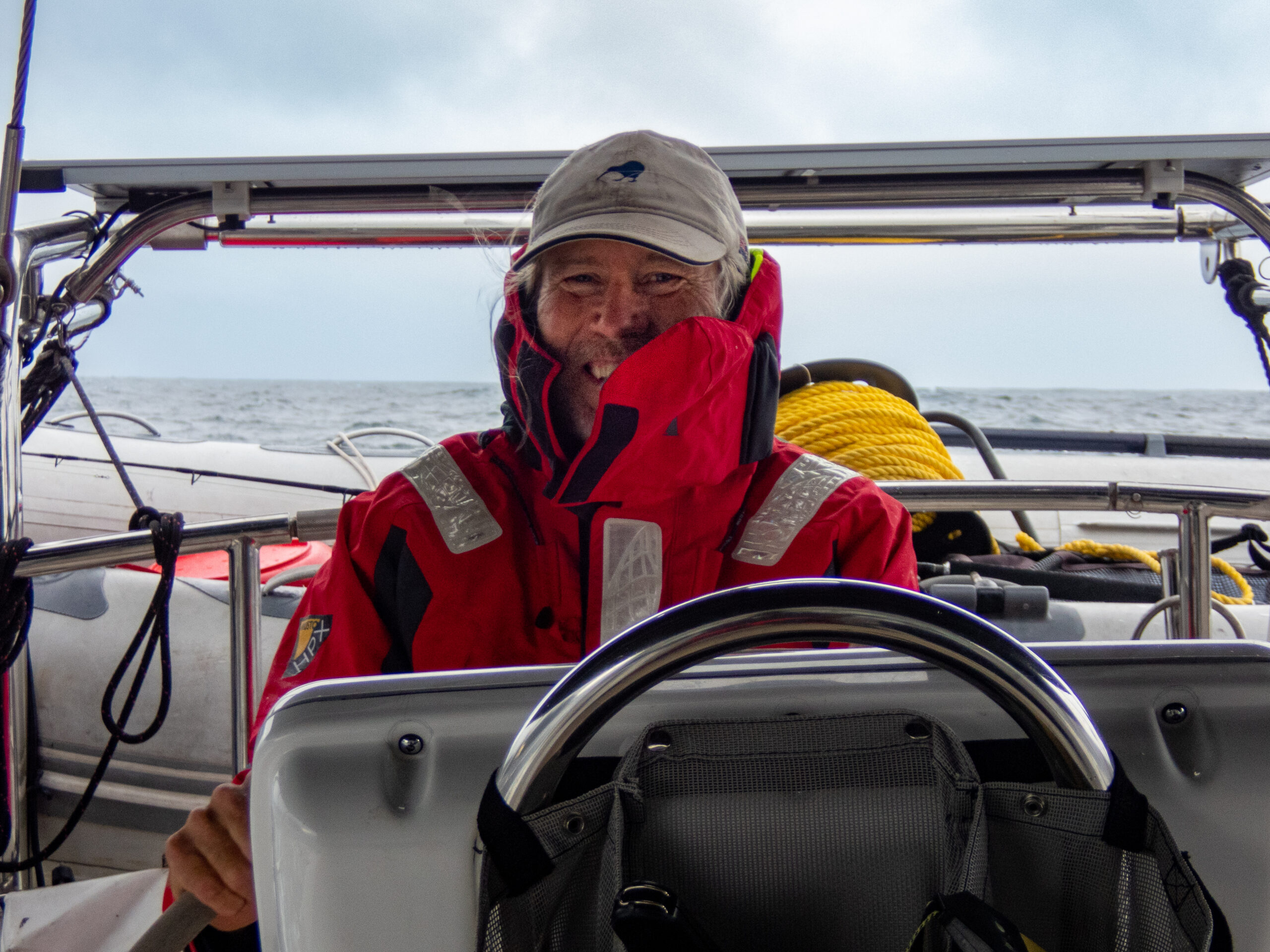
The run outside between Caswell and George Sounds is around 14 miles. We left early to try to beat some forecast rain and gusty NW winds, and almost made it. The rain started just as we made our turn in. Diana logged the max wind at 27.2 knots, then went down and crossed it out to a revised 29 knots. By the time the wind had blasted us another two miles down the sound, Diana had crossed that out to record 42 knots. Looking on the chart with the wind howling behind us, we were concerned if Anchorage Cove would be able to offer any shelter from this angle of wind, even though it’s listed as an ‘all-weather anchorage.’ We worried it might be too gusty to safely negotiate the narrow spot between the river bar and small rocky island. We decided to poke in and check it out if we could. Right away the wind dropped into the low twenties then the teens, which still felt like a lot to try getting into the tight spot where fishermen had set up a line we could theoretically side tie to. The rain hammered down as Diana watched from the bow for shallow rocks off the island and I maneuvered Allora in, ready to back out if we needed. Despite whitecaps just outside, the winds this close to the little island dropped to near zero and Allora was able to hover effortlessly while Diana (in the kayak) quickly tied lines on the bow and stern, getting absolutely soaked in the process. It was a kind of a crazy feeling, the sudden stillness and security of that spot with gusts in the forties not half a mile away. We wouldn’t have guessed even from a couple hundred yards out that it was worth chancing. ~MS


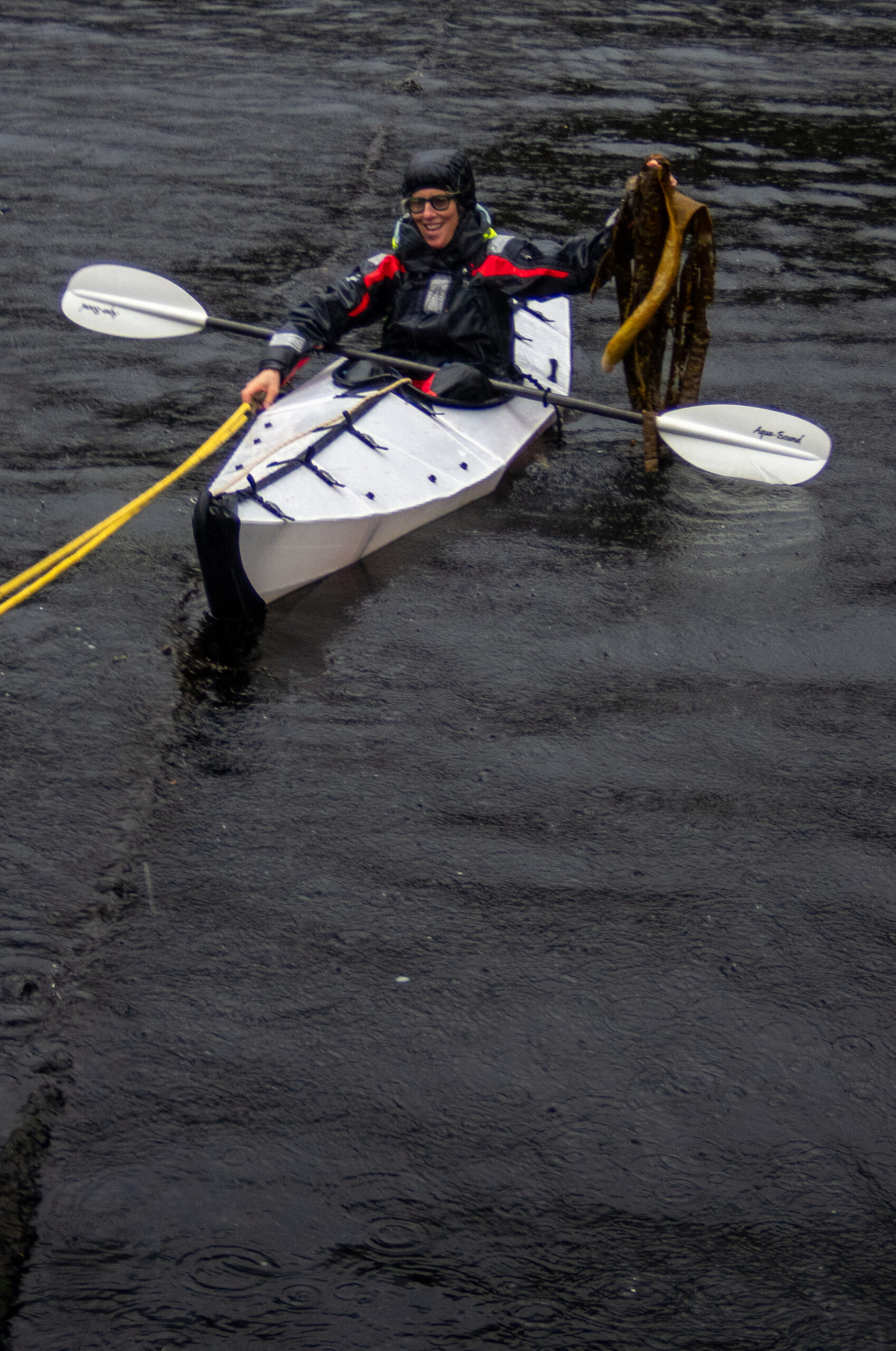

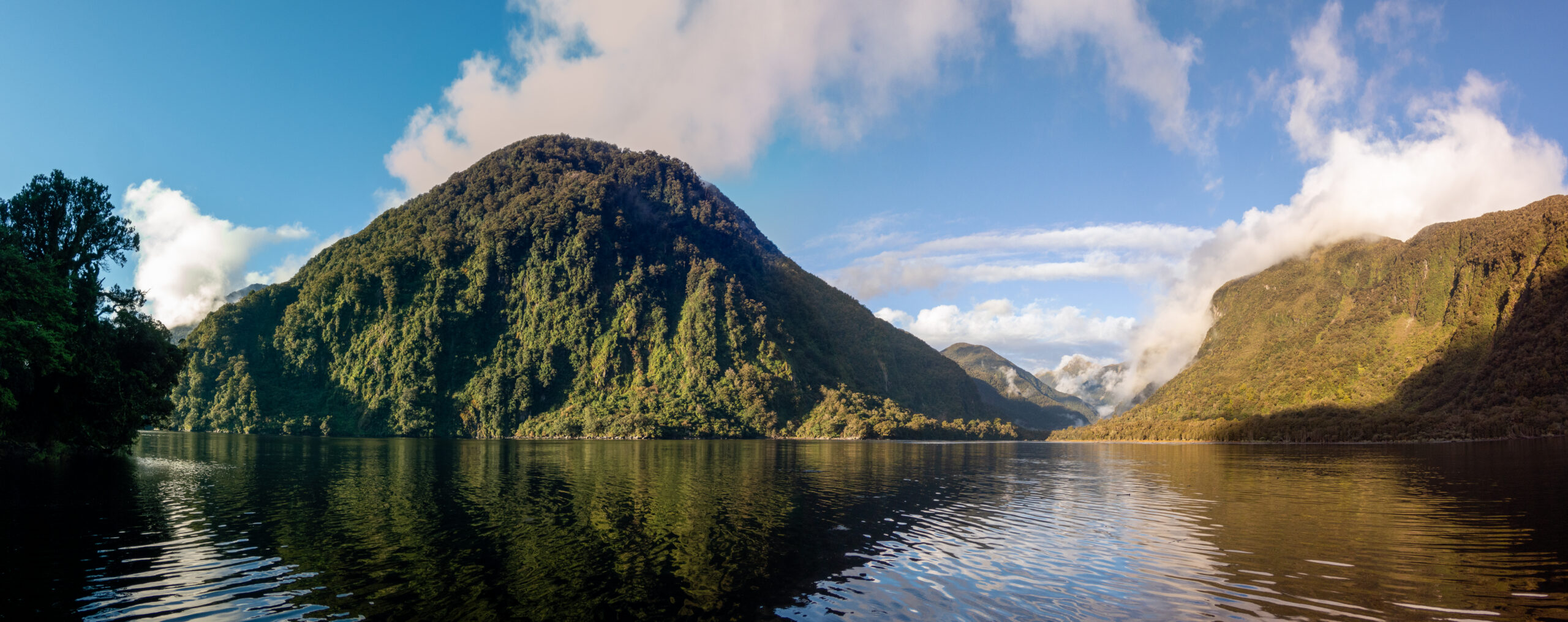
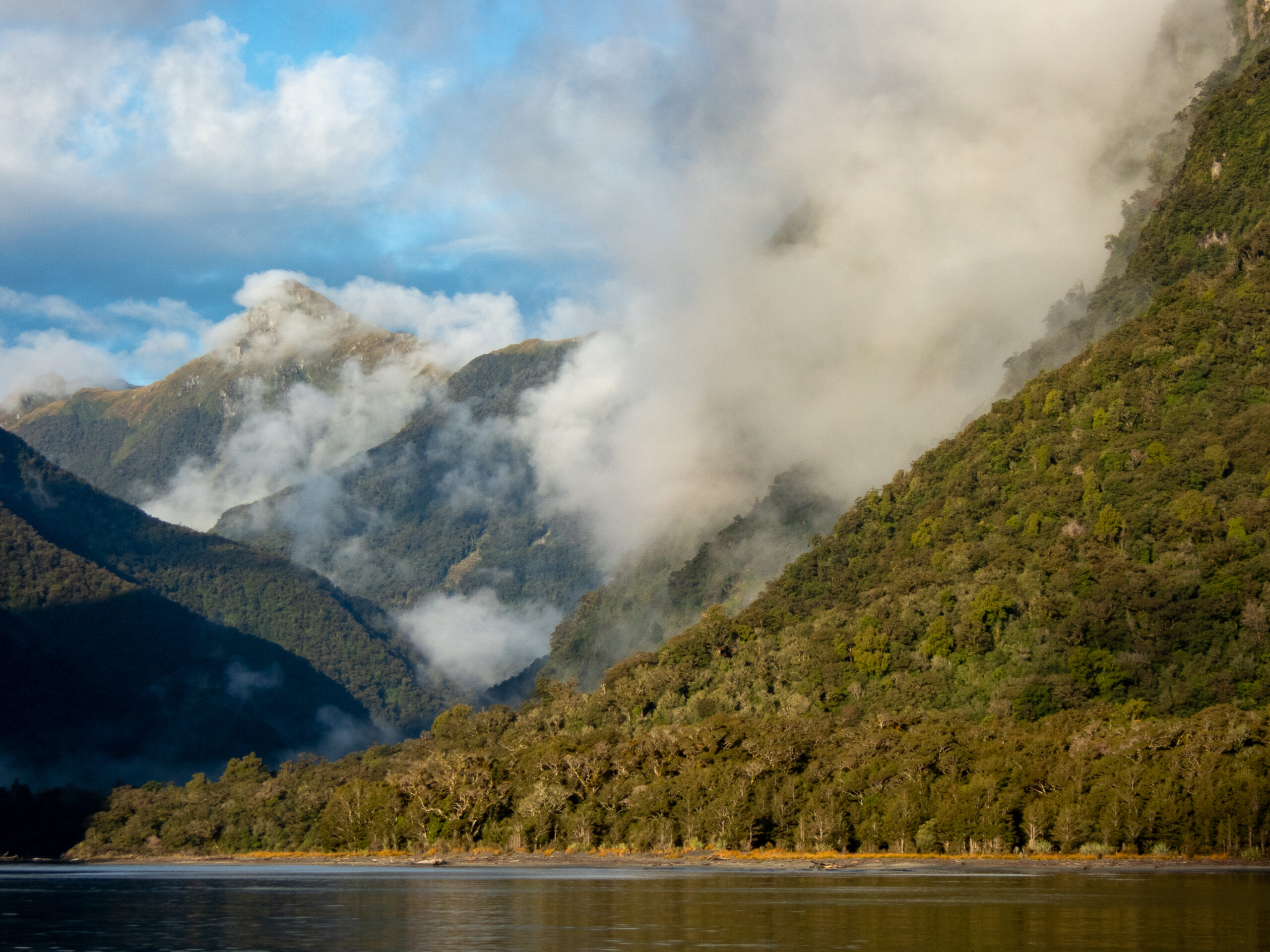
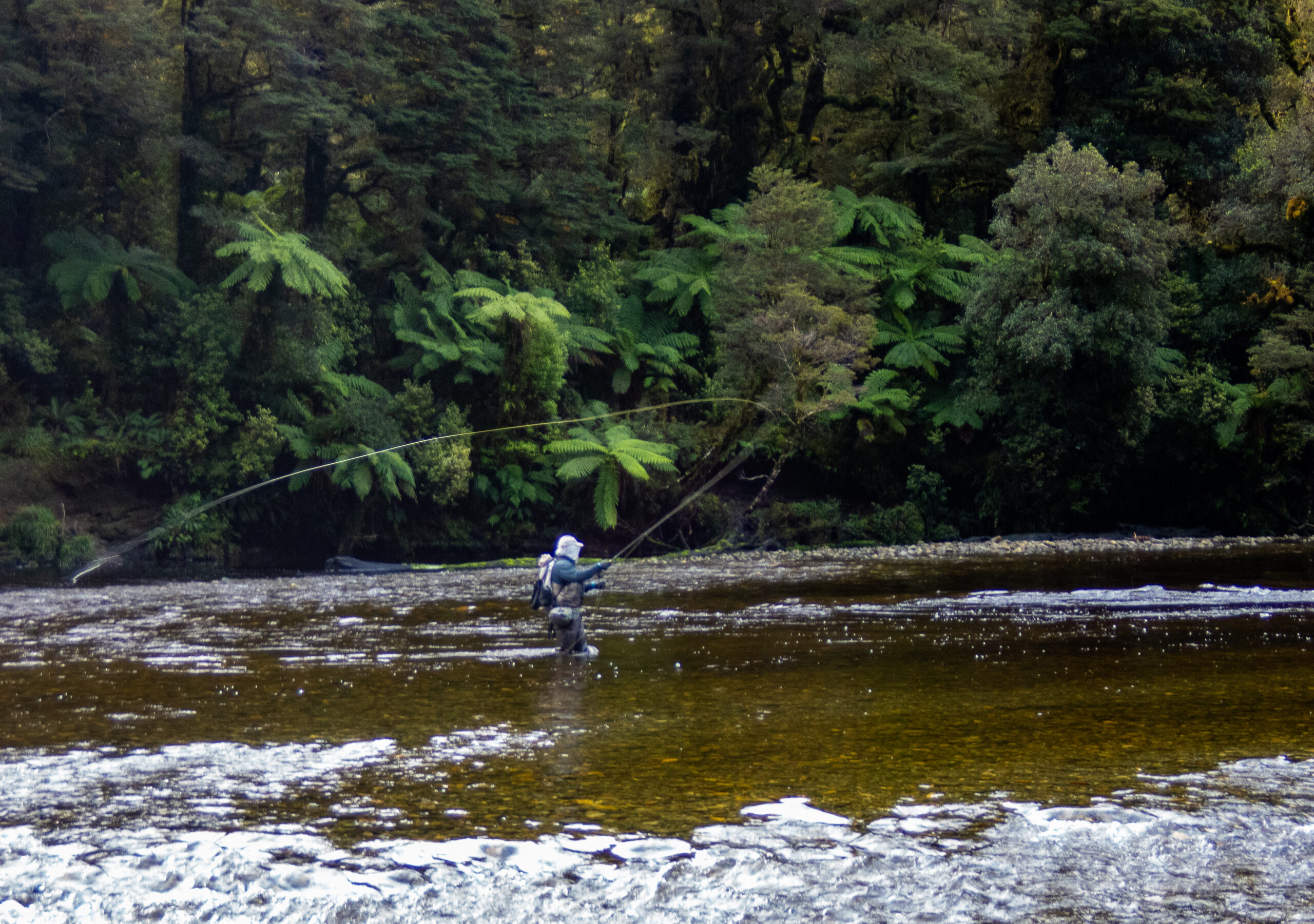
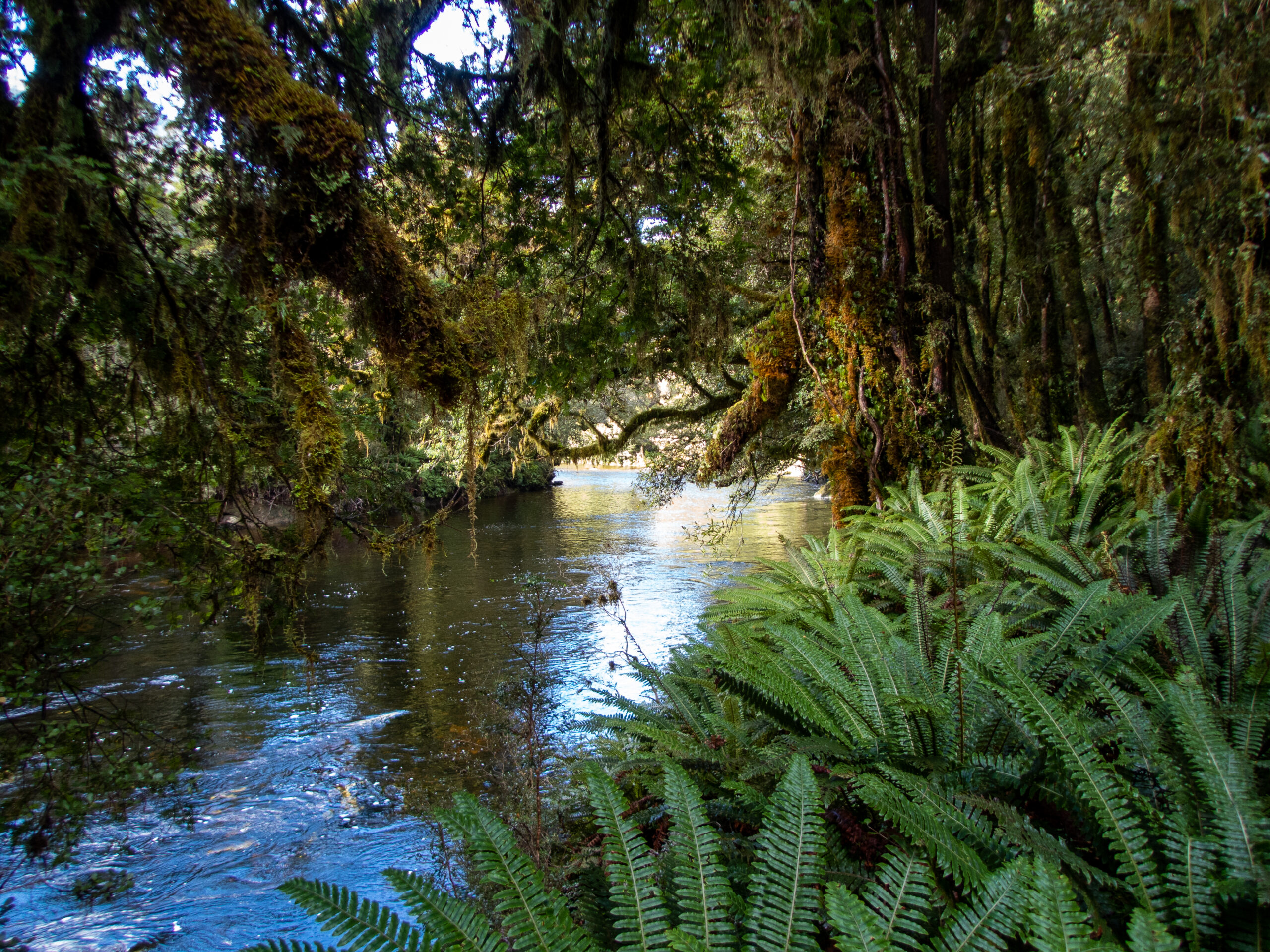
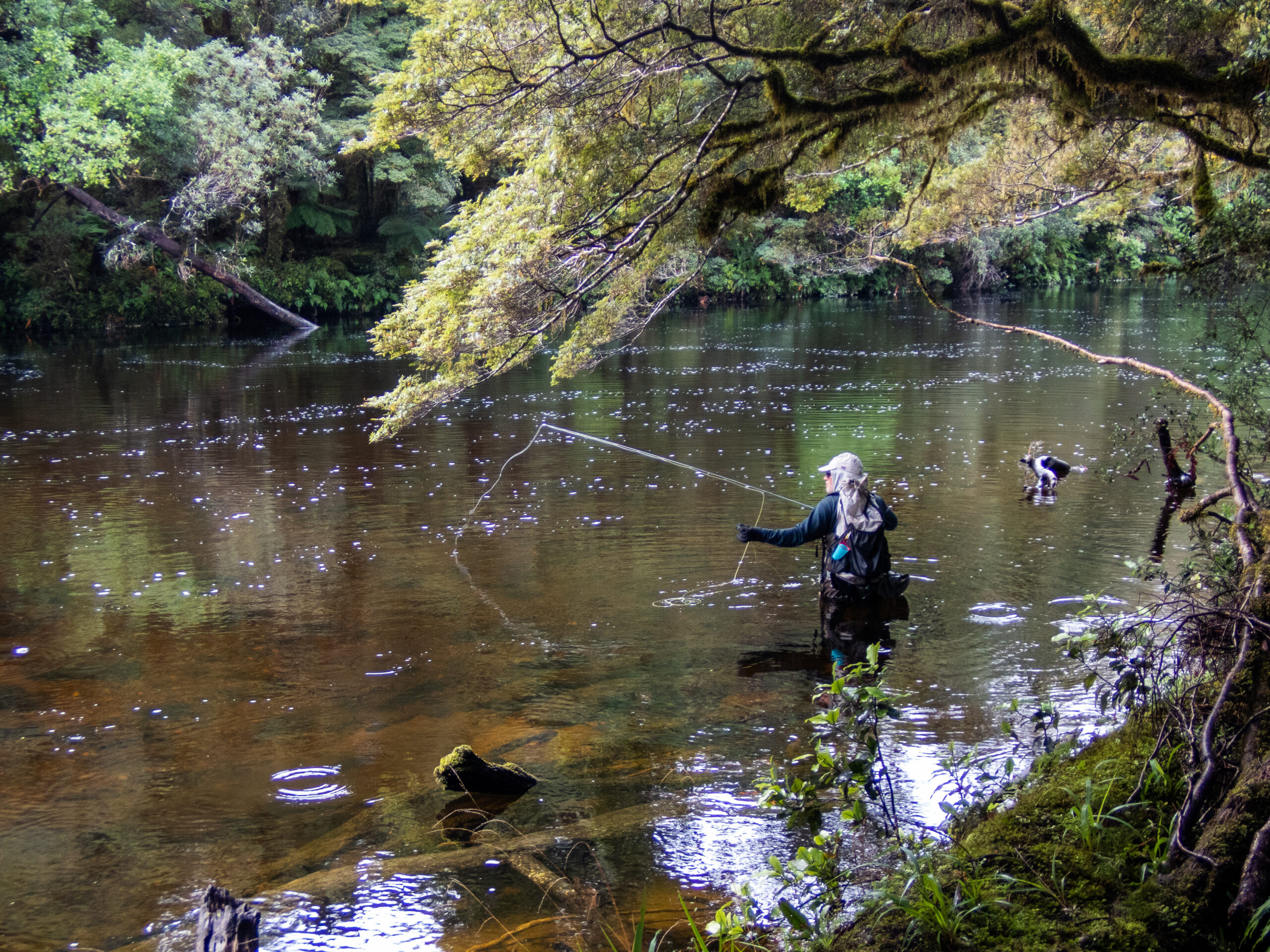
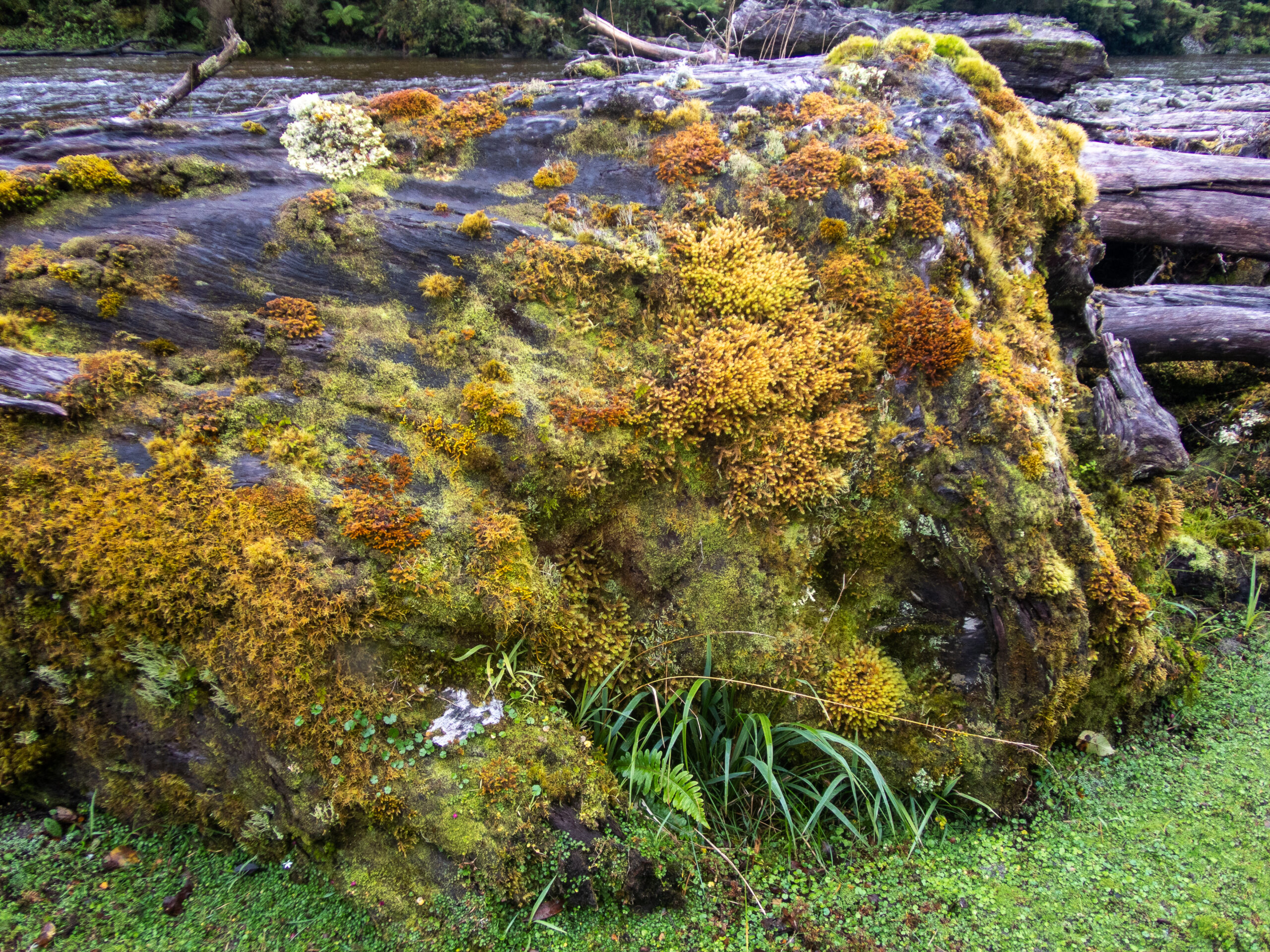

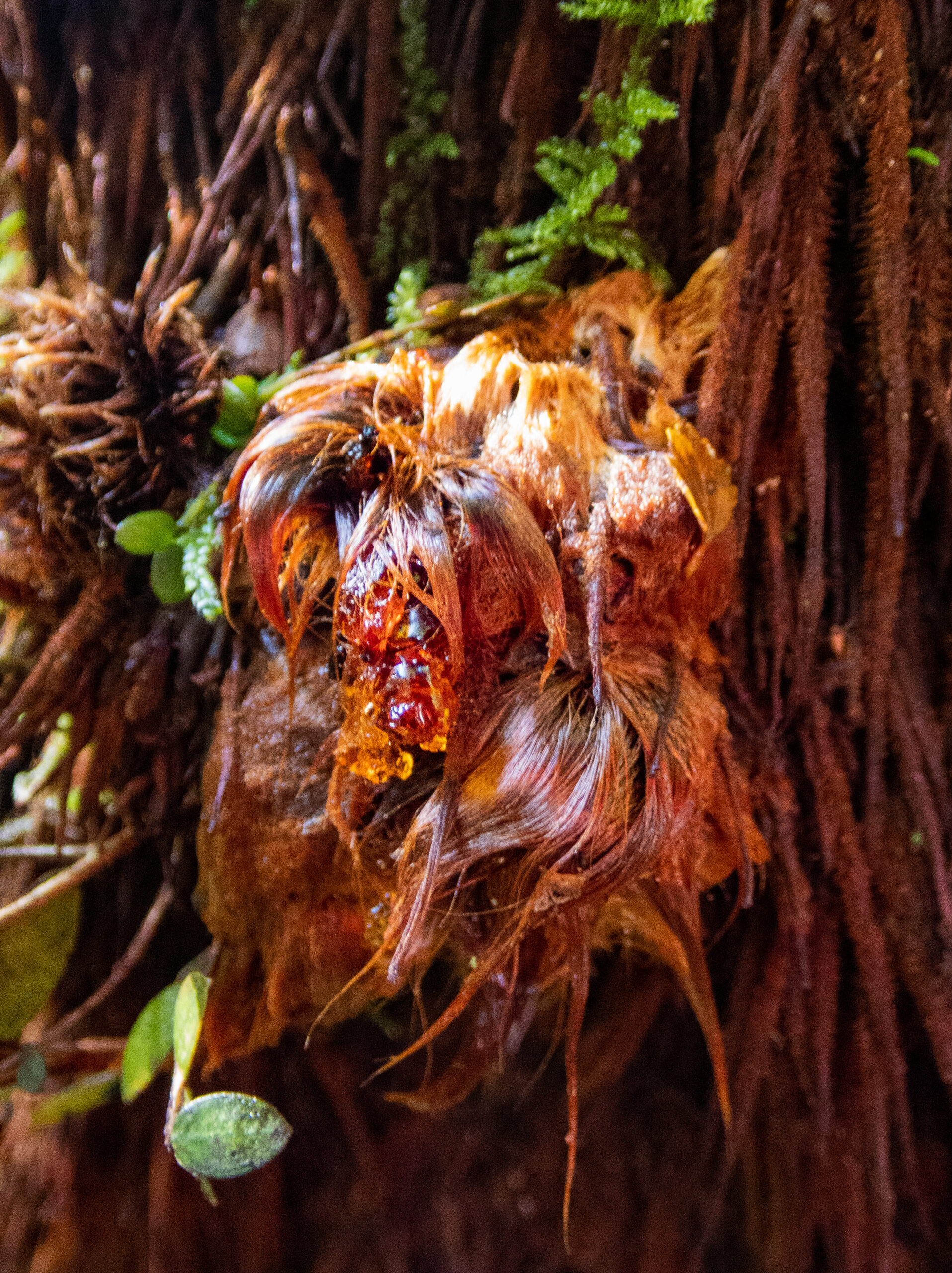
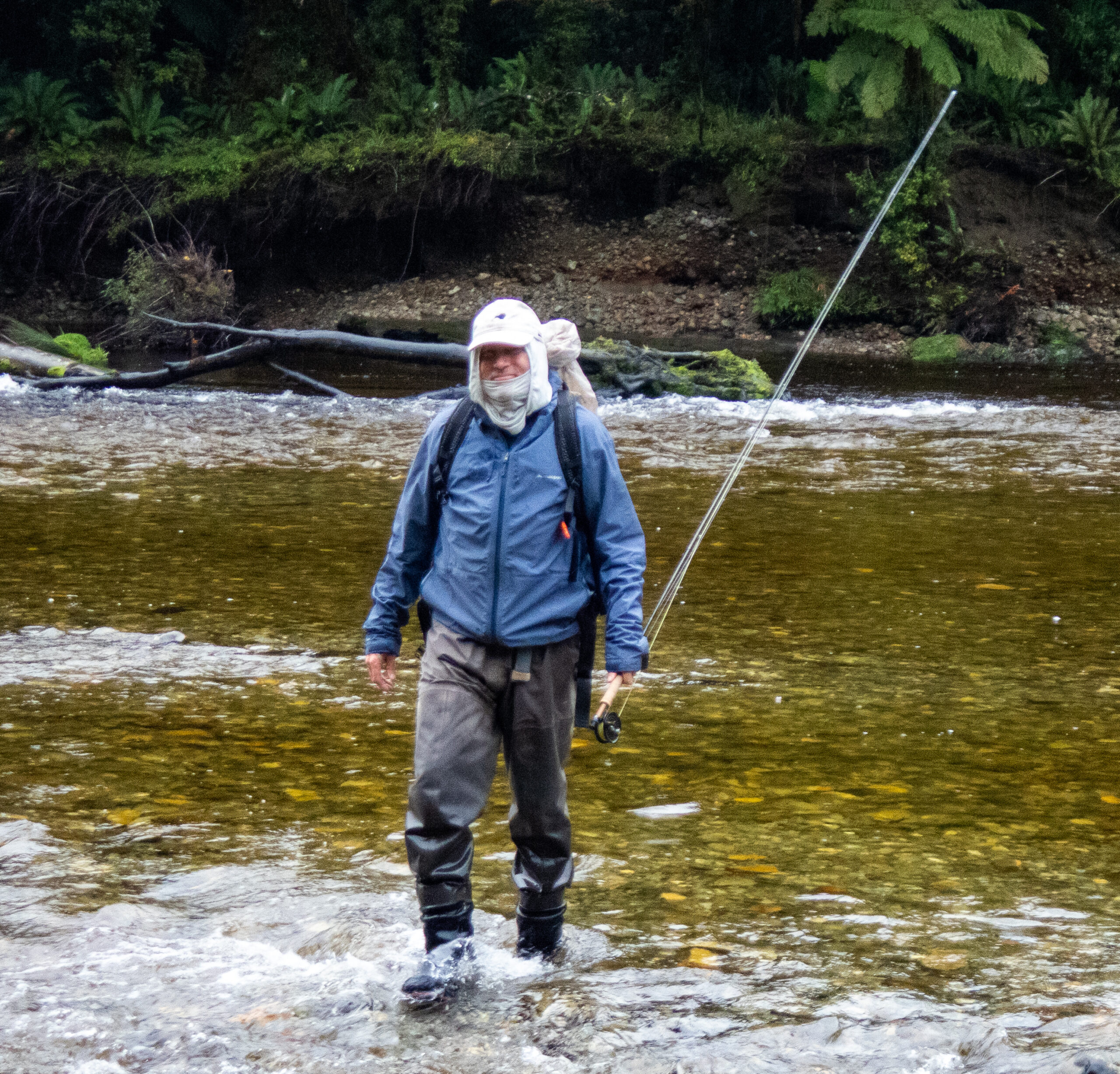
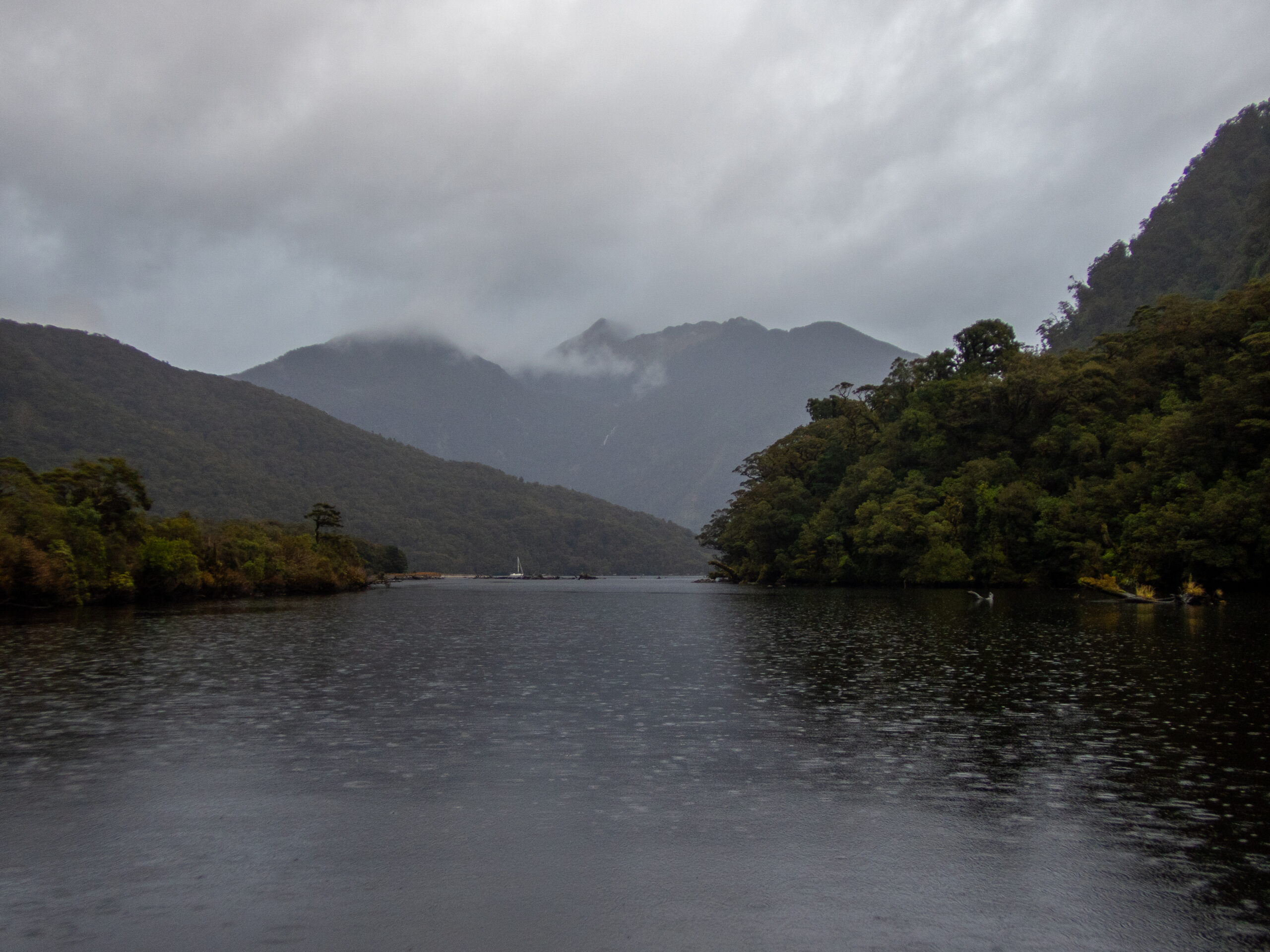

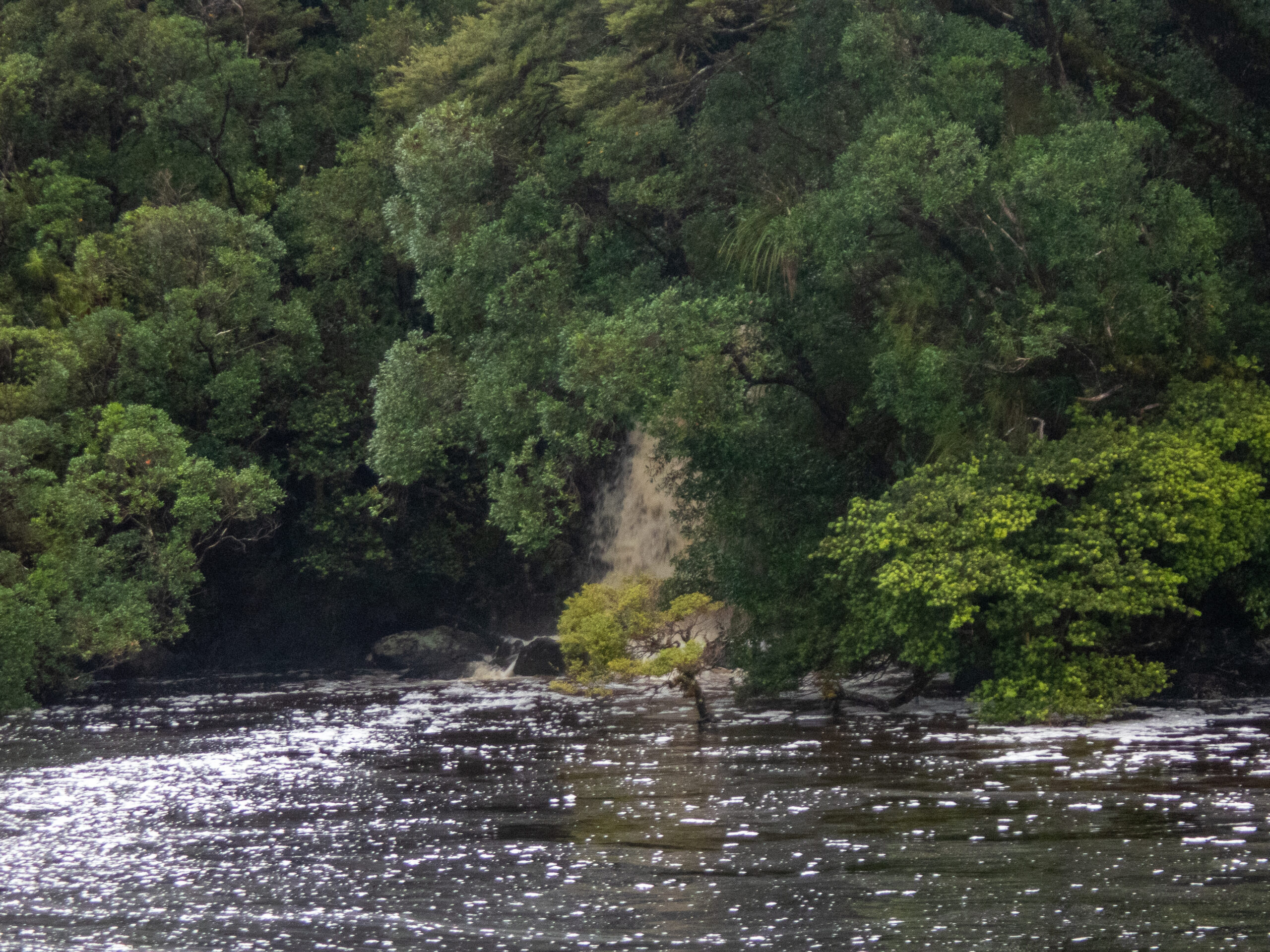
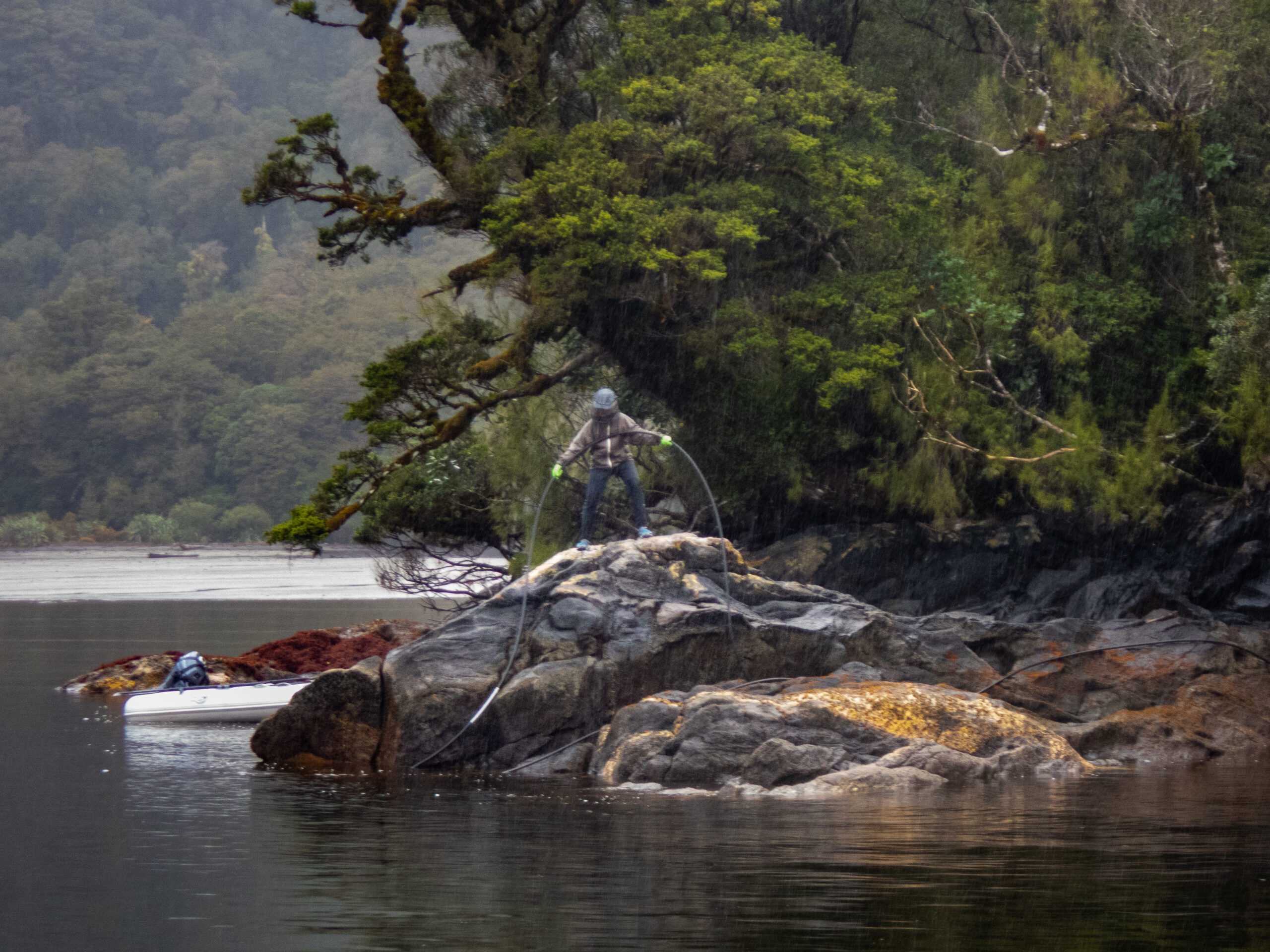
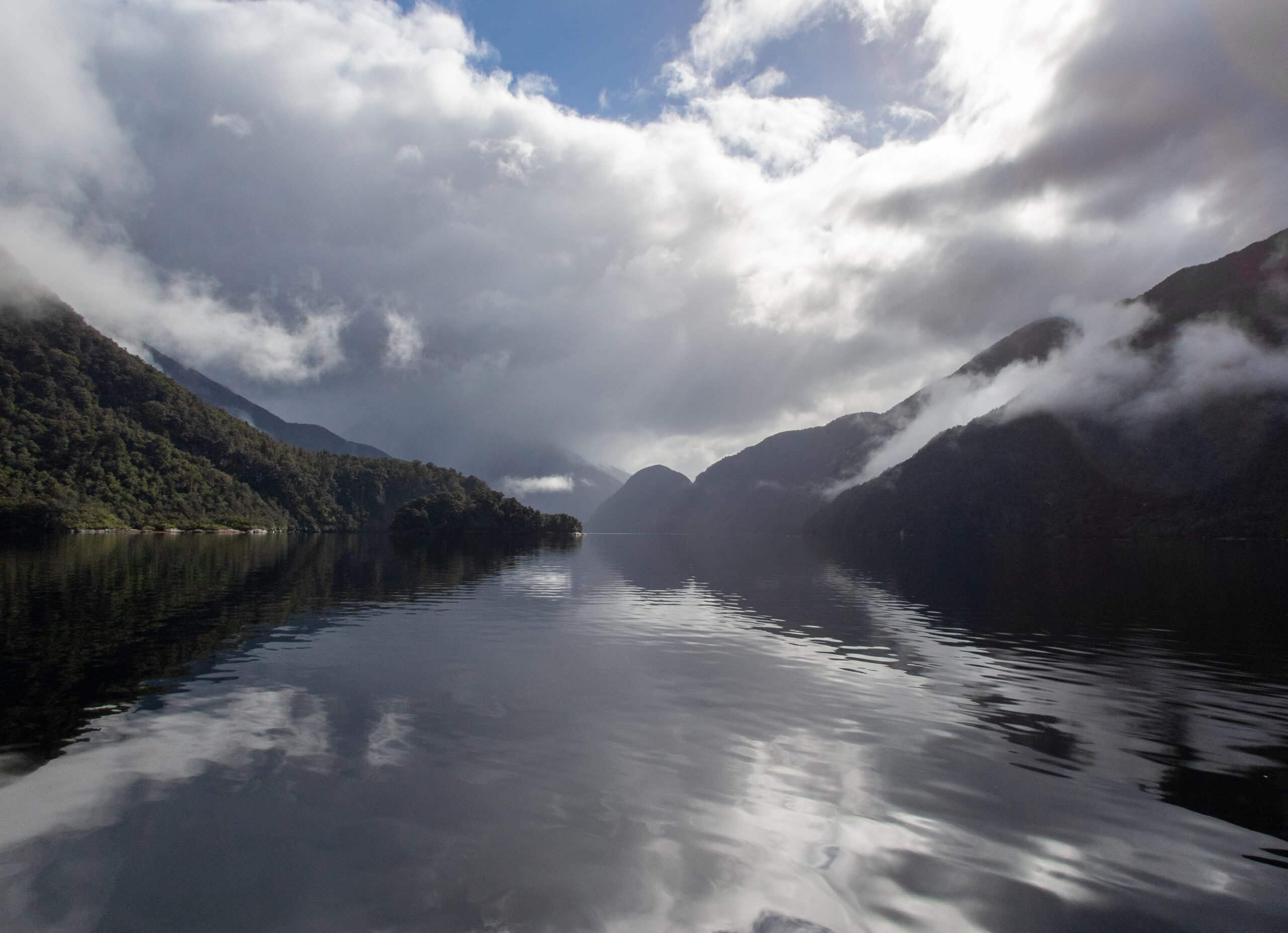
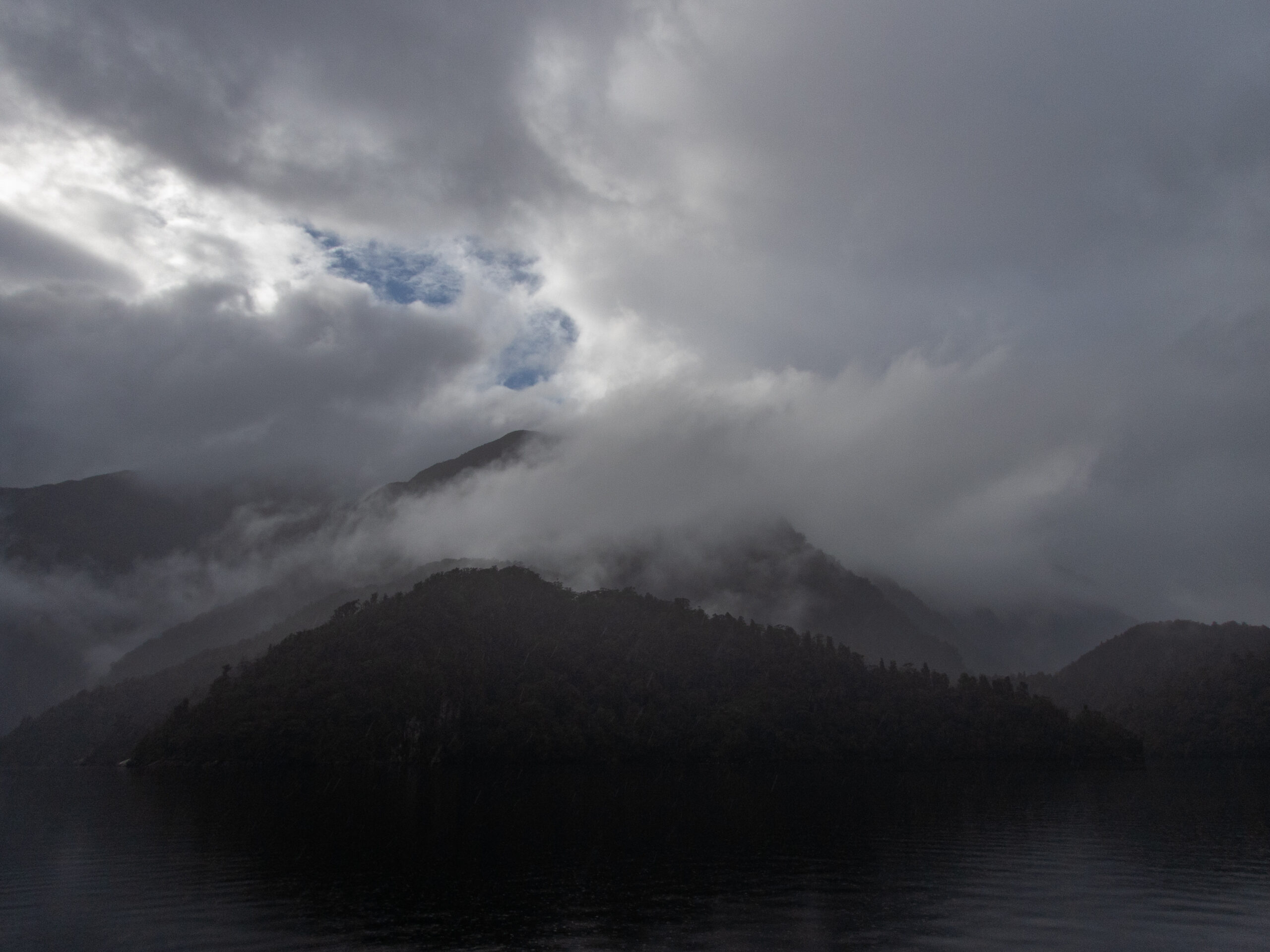
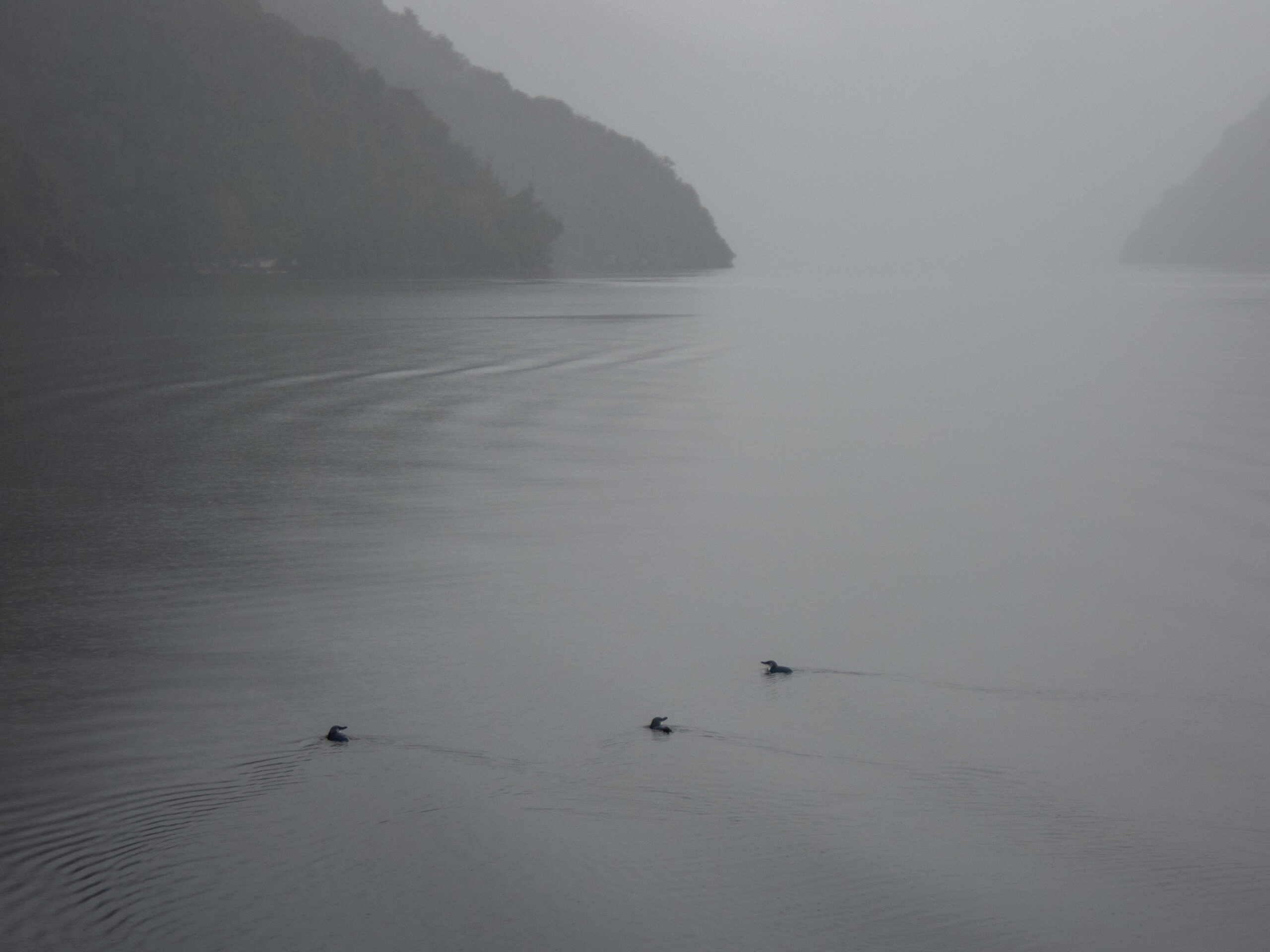
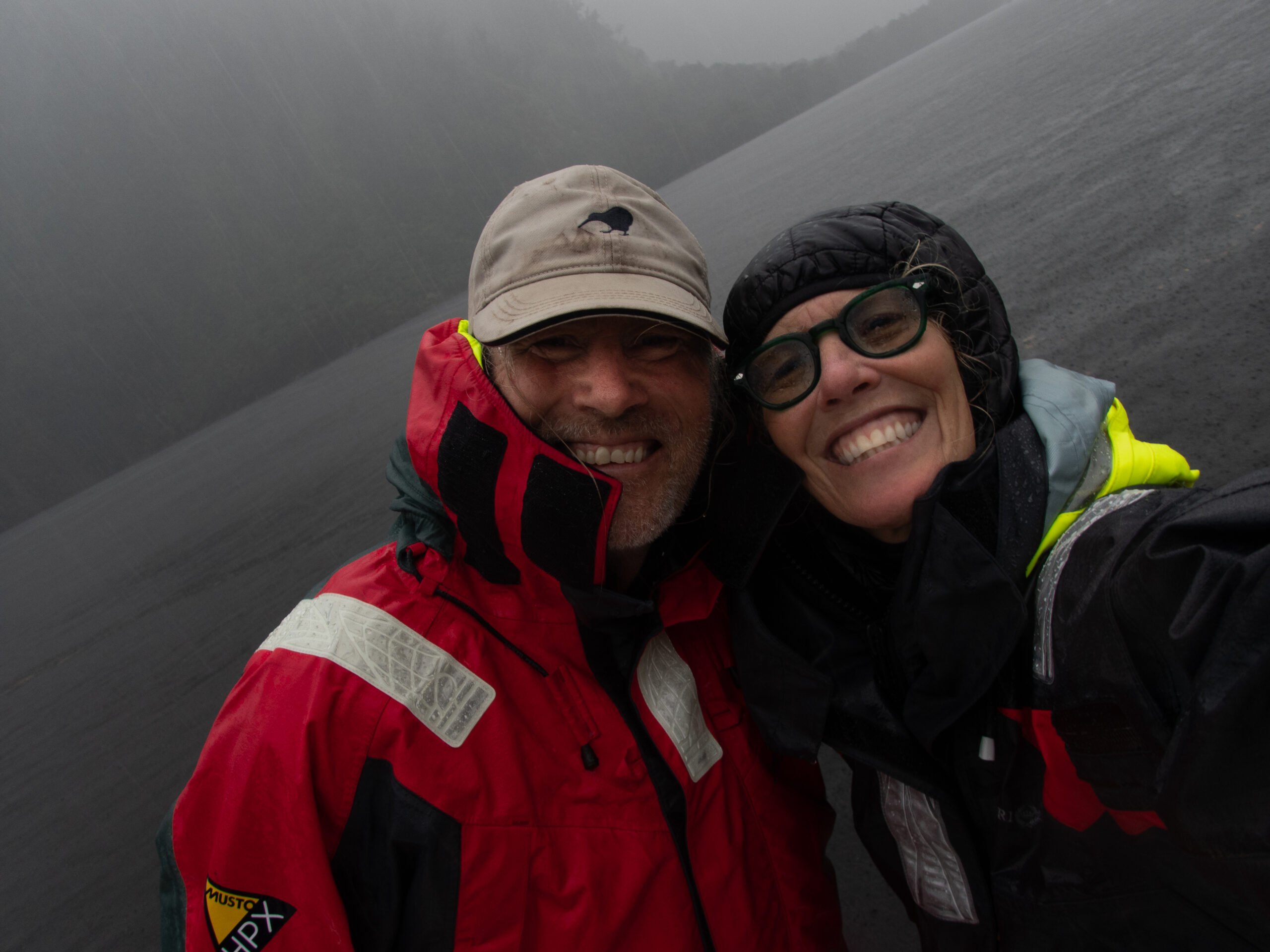




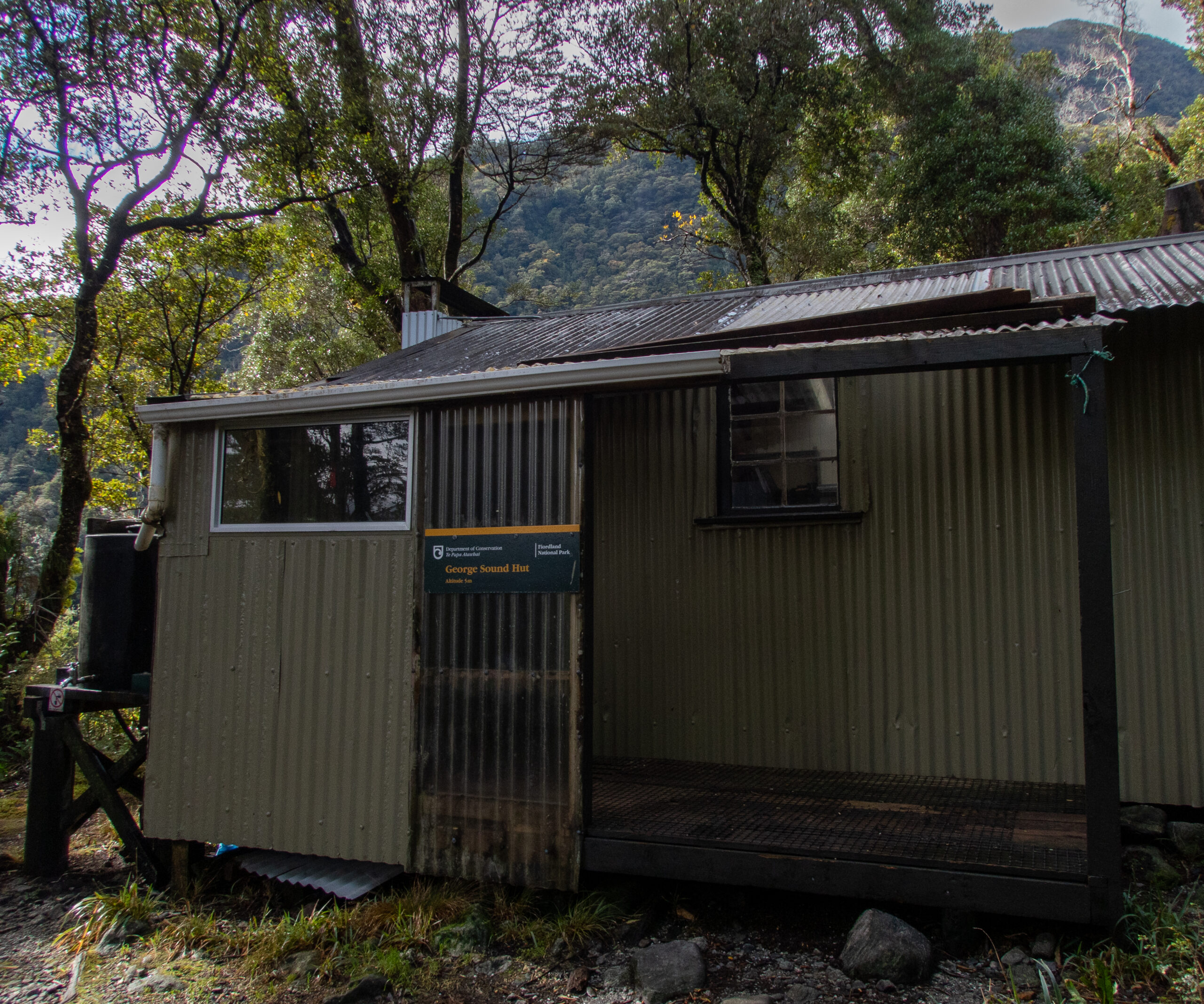

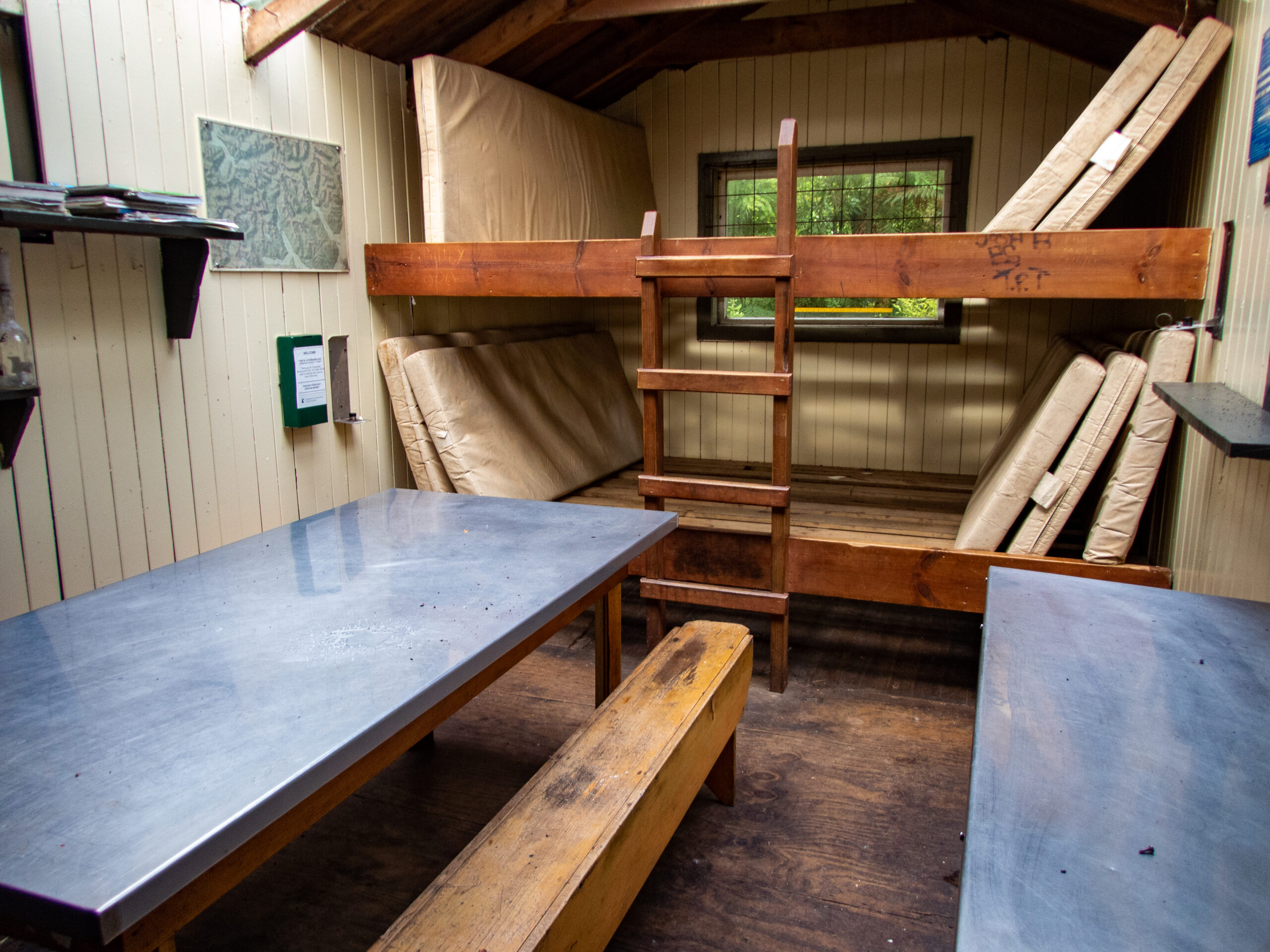

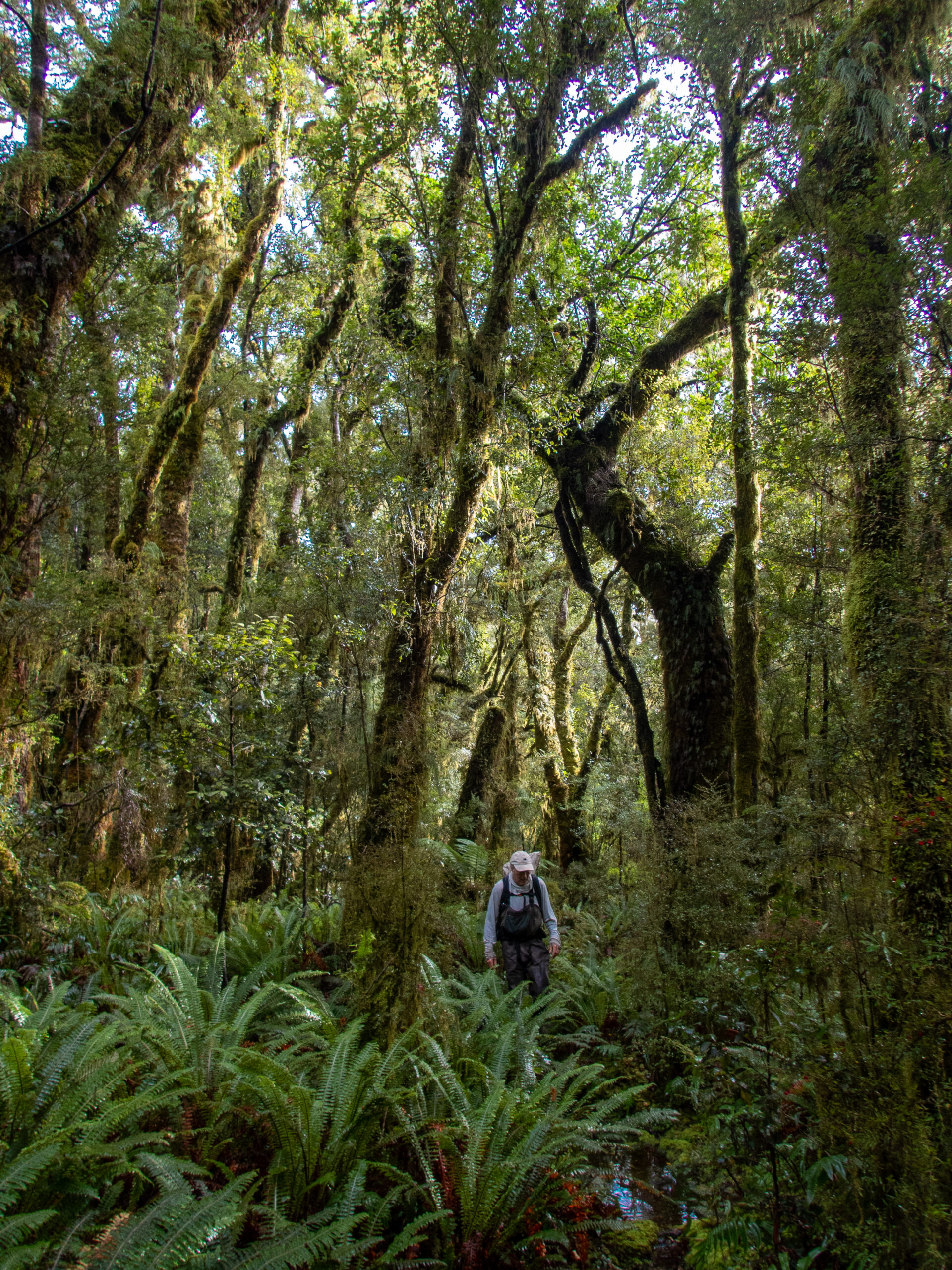

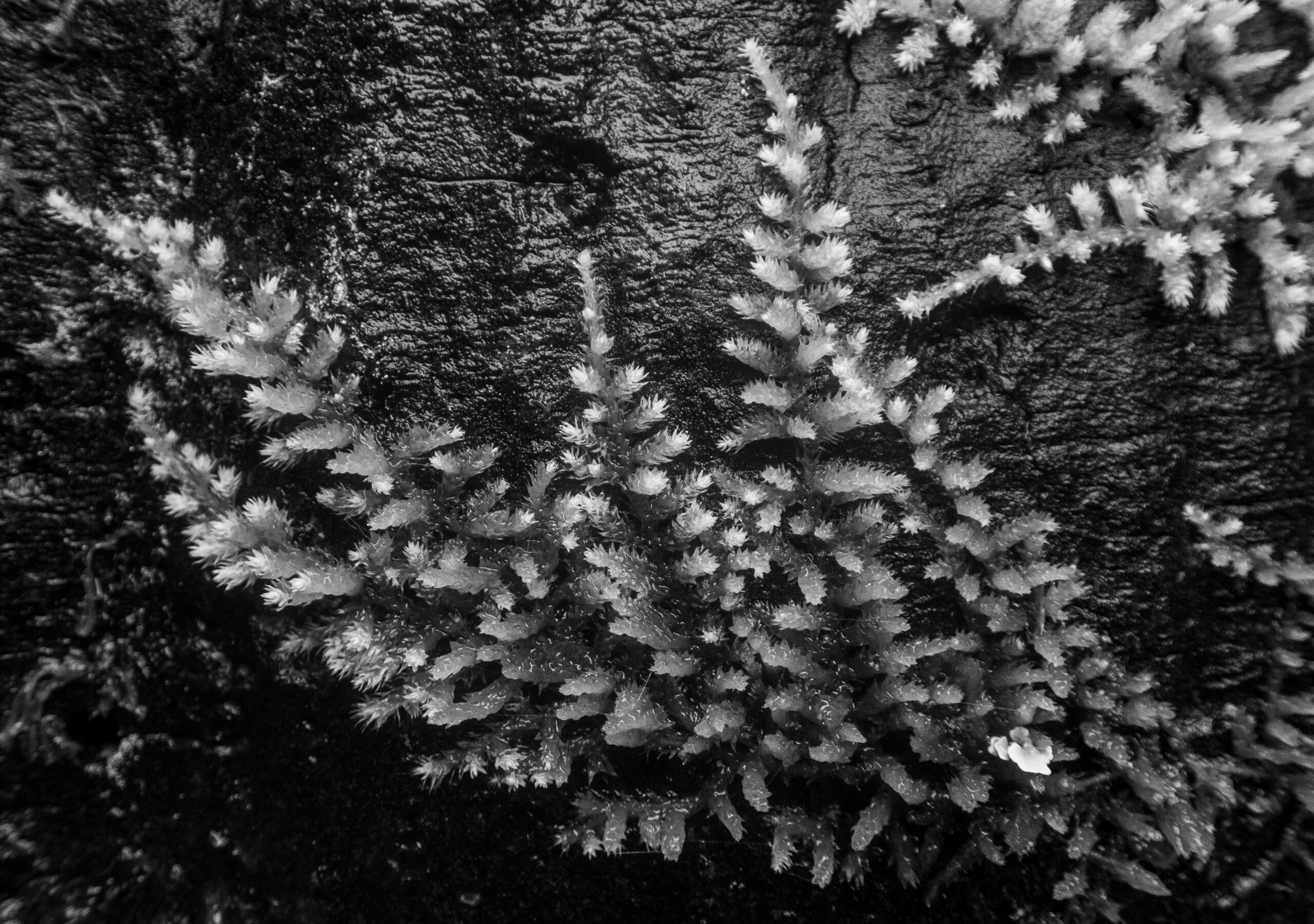

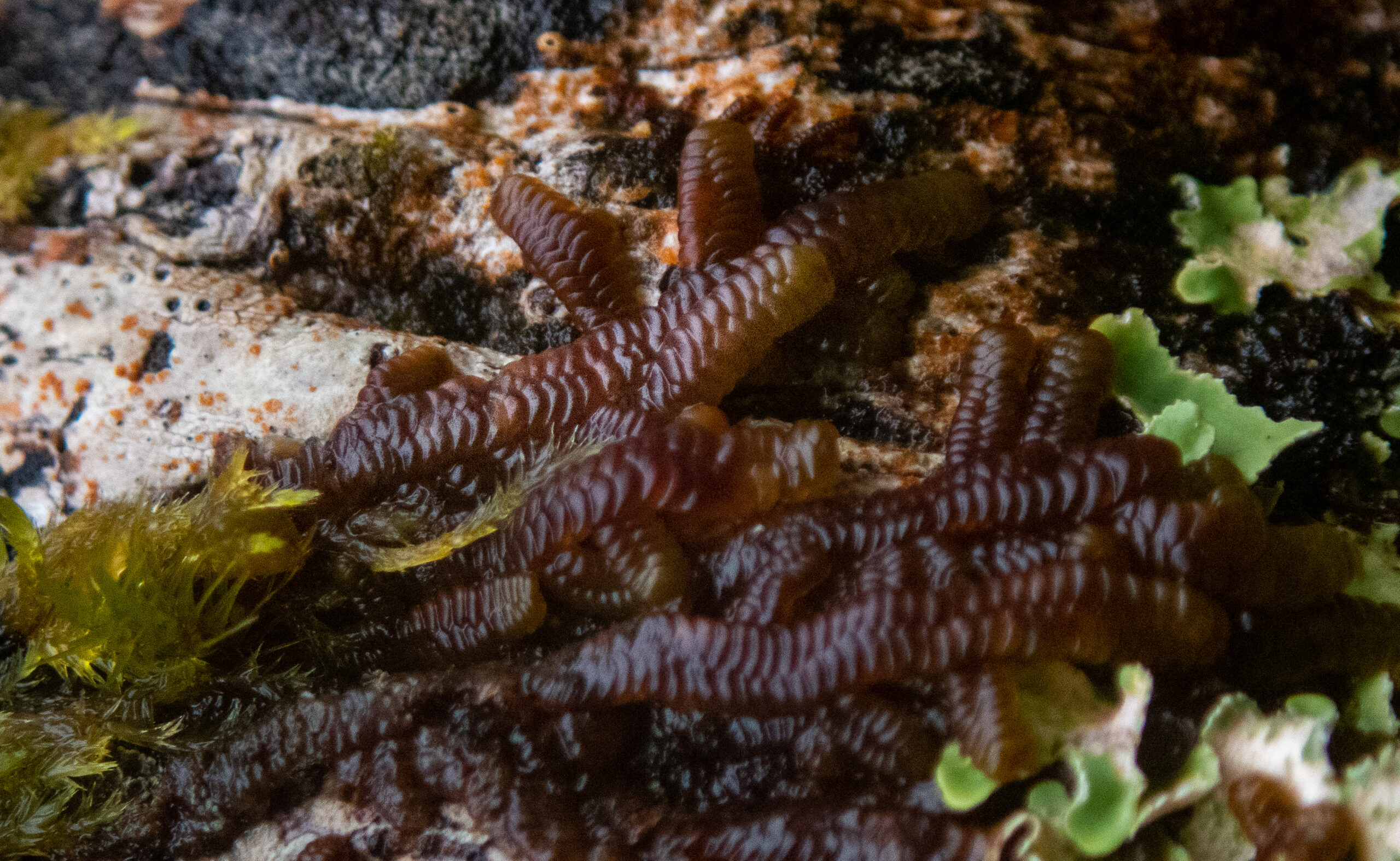
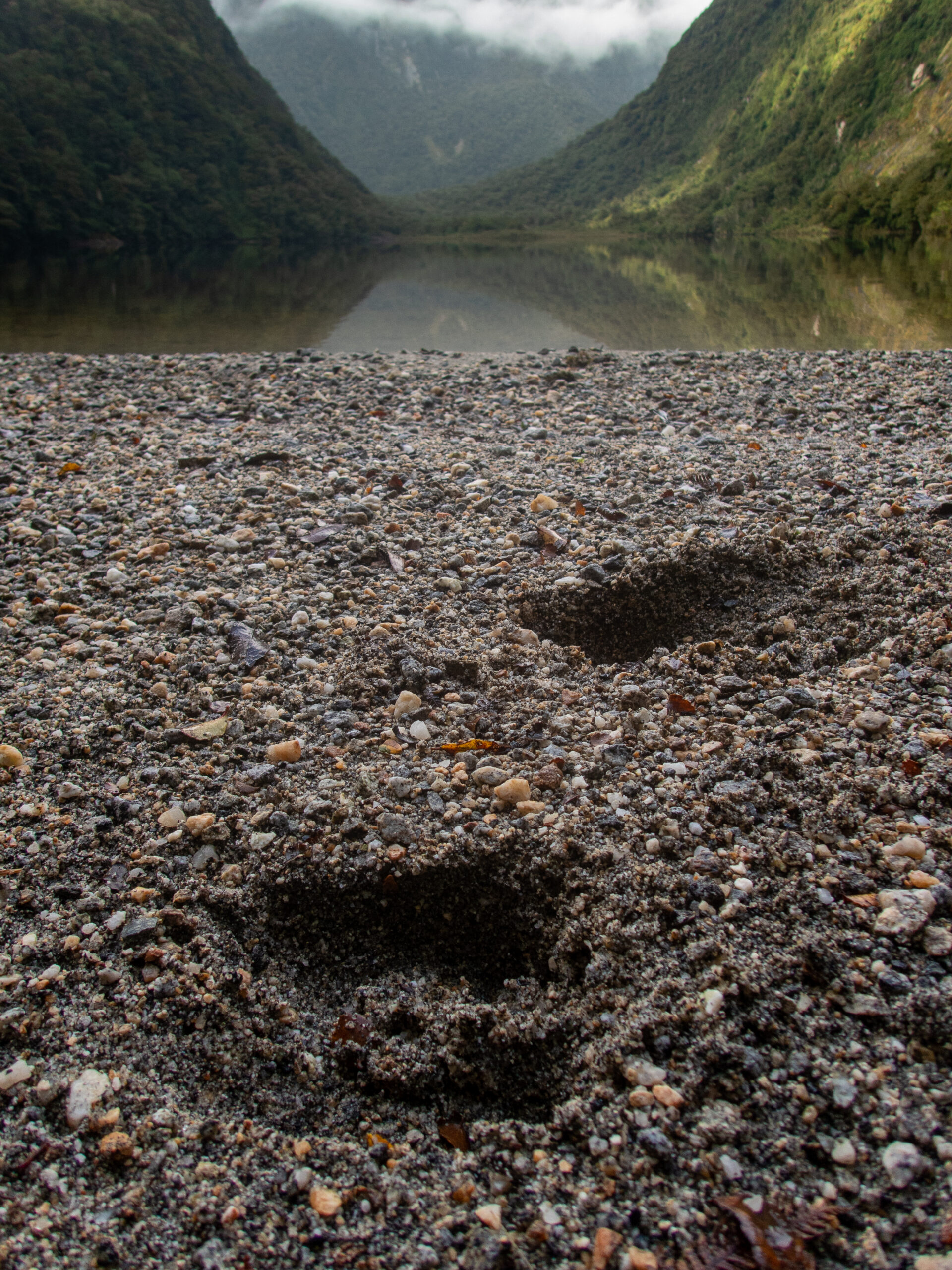
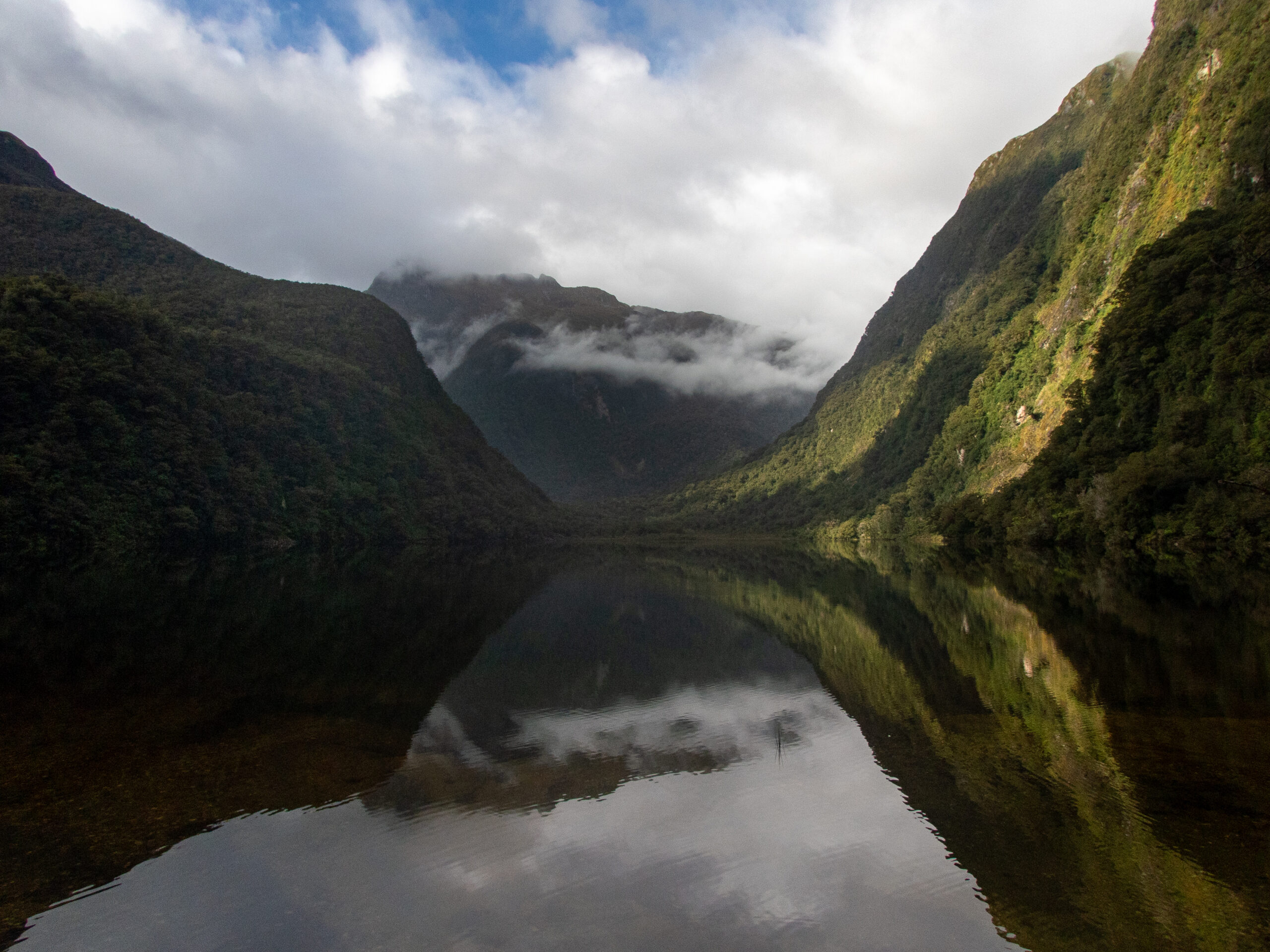


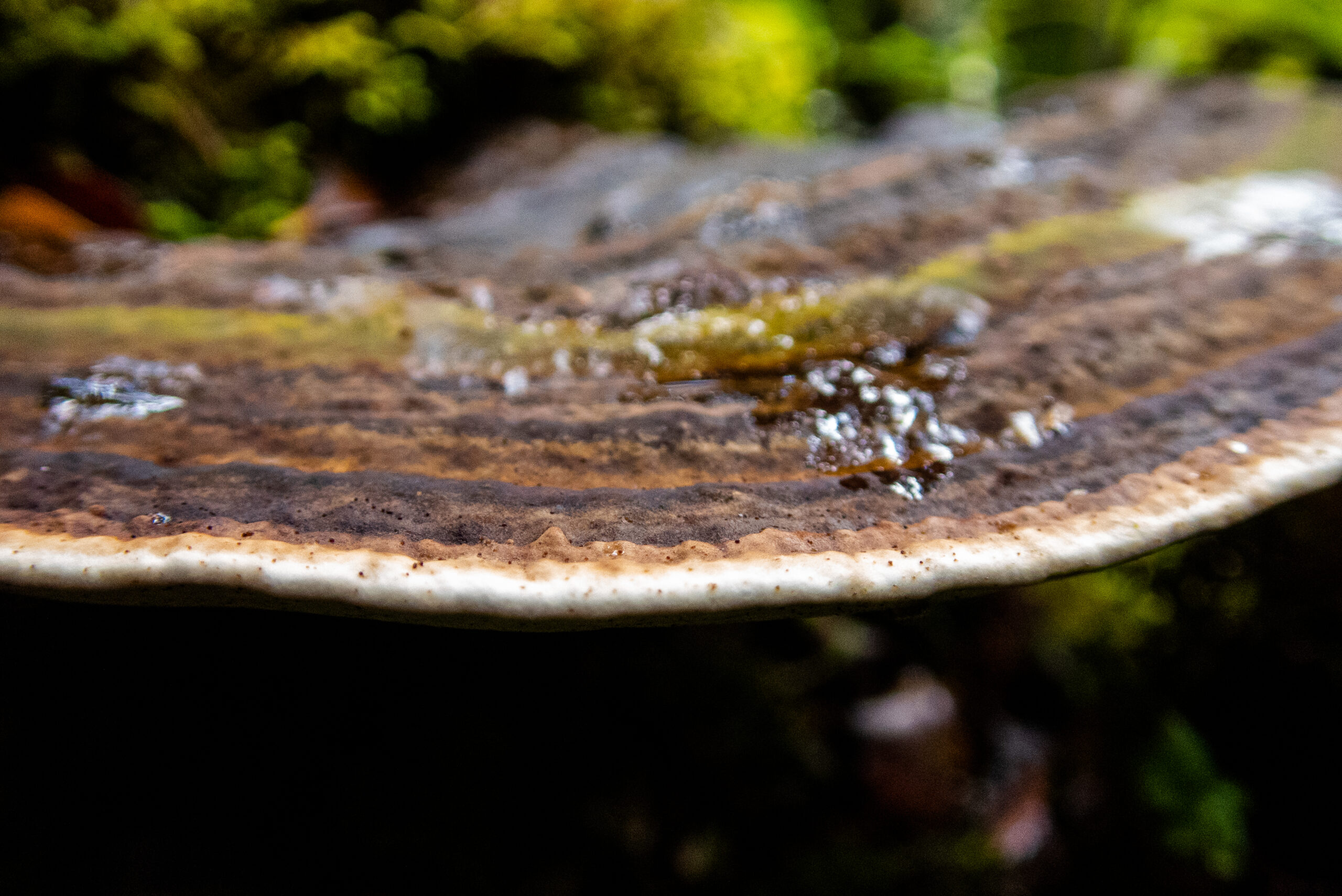
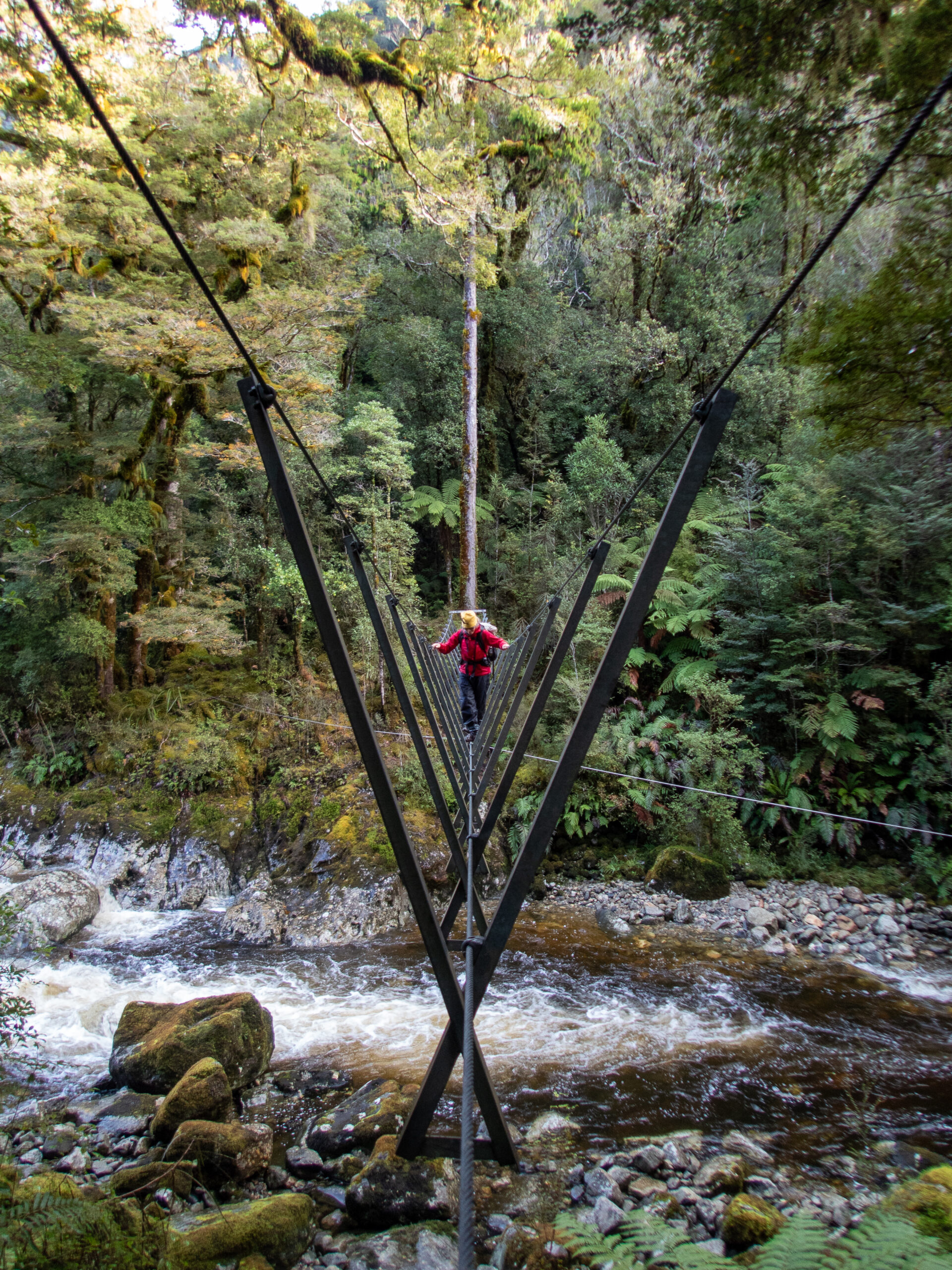
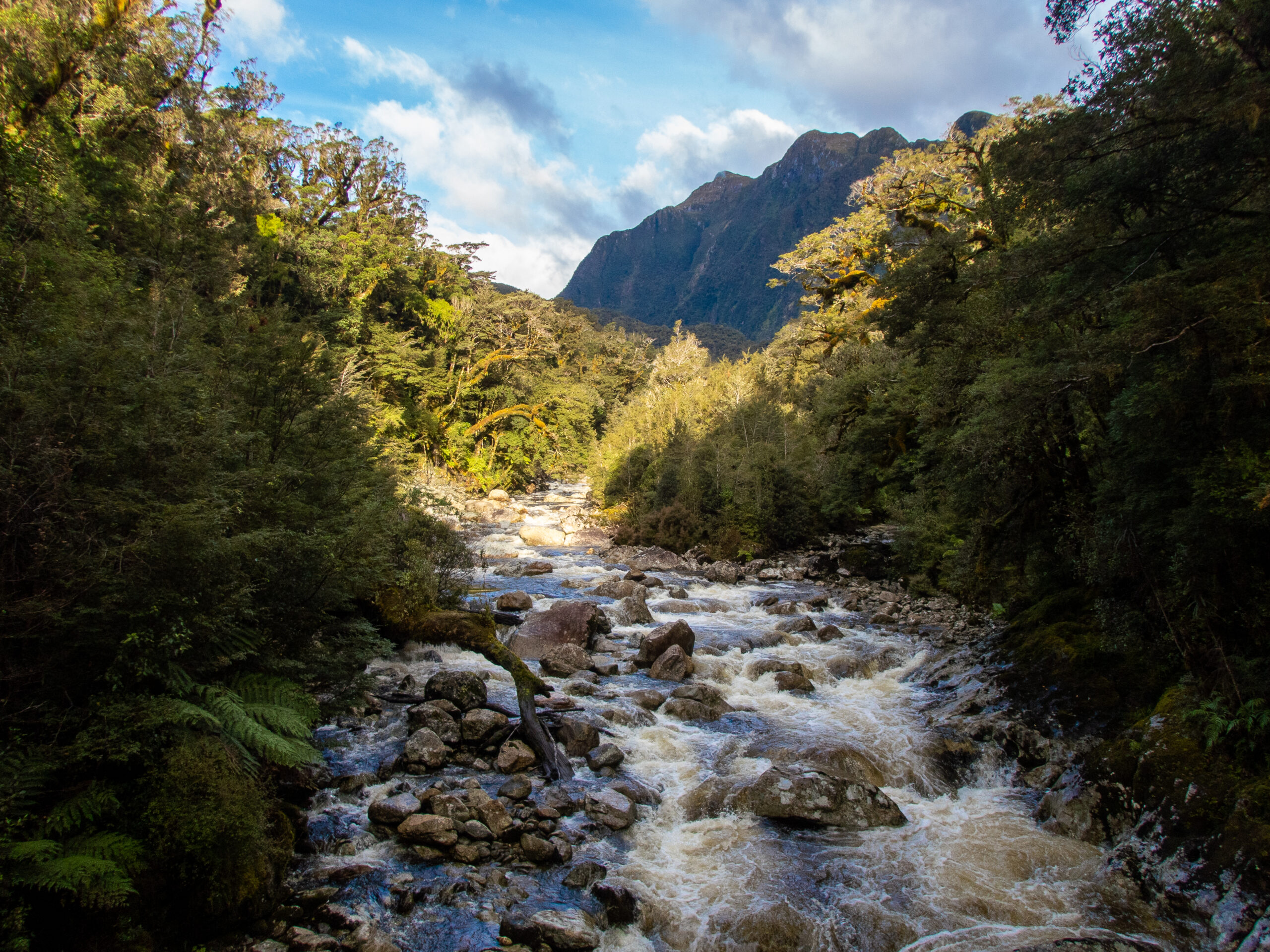
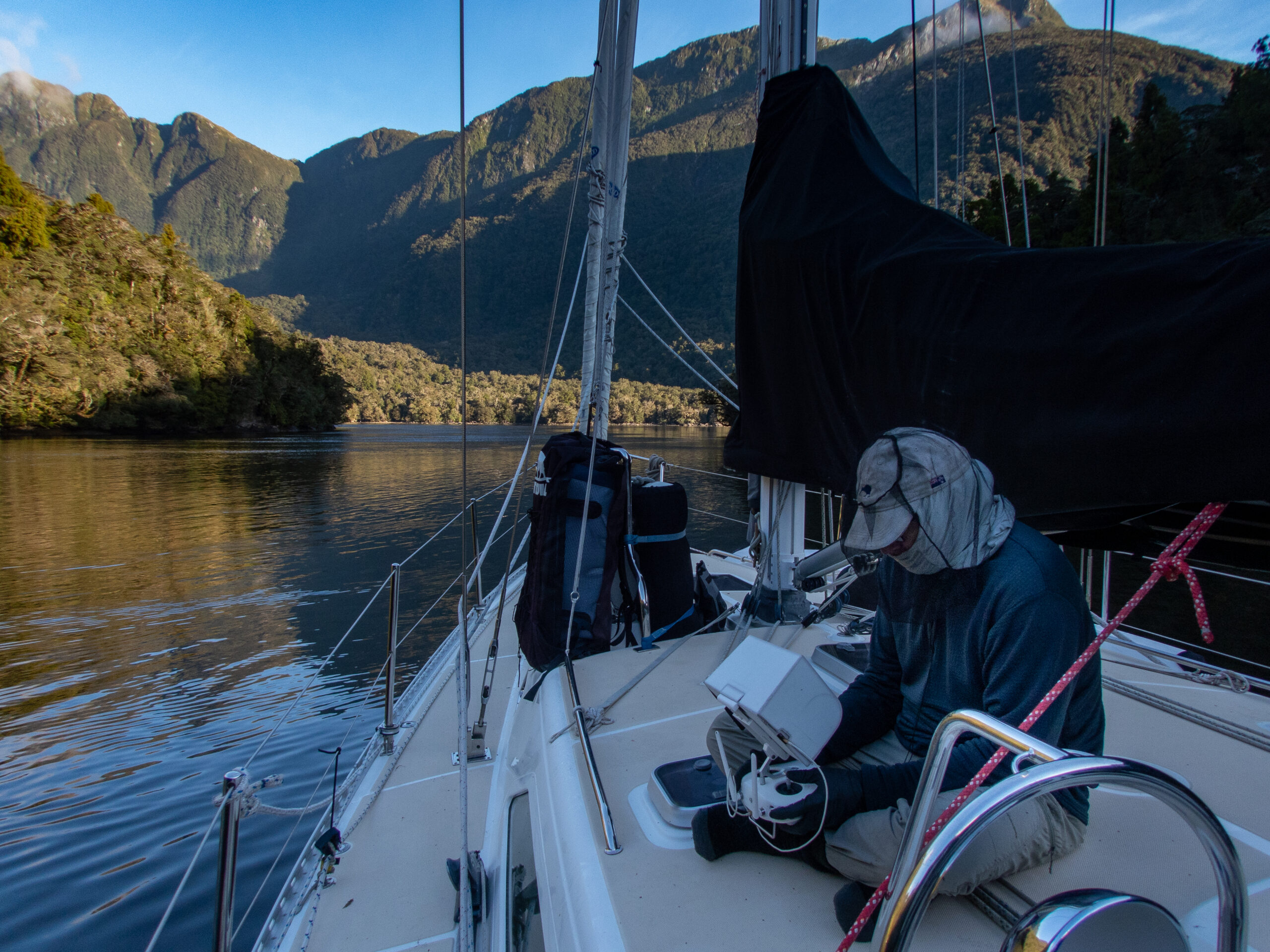

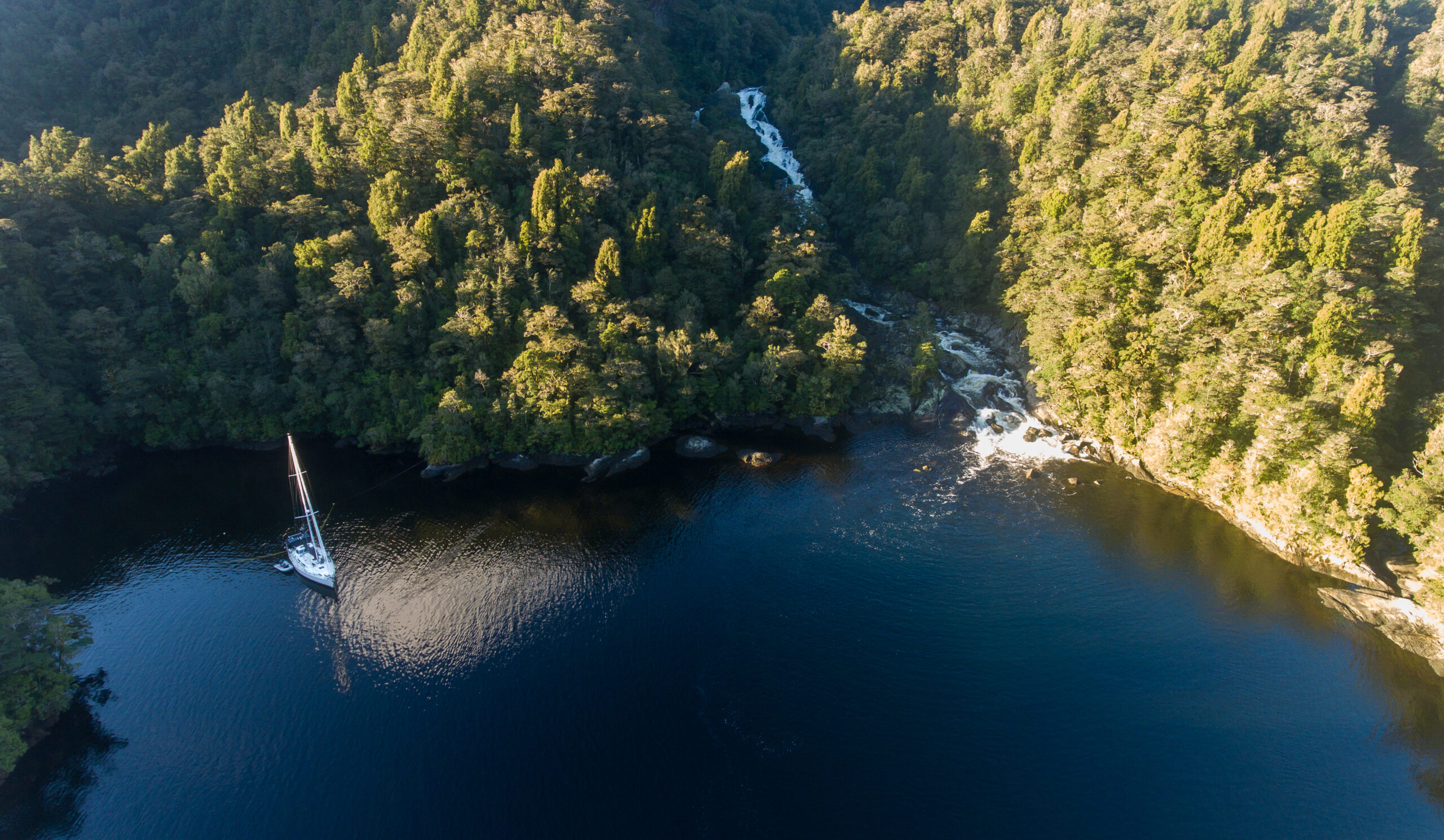
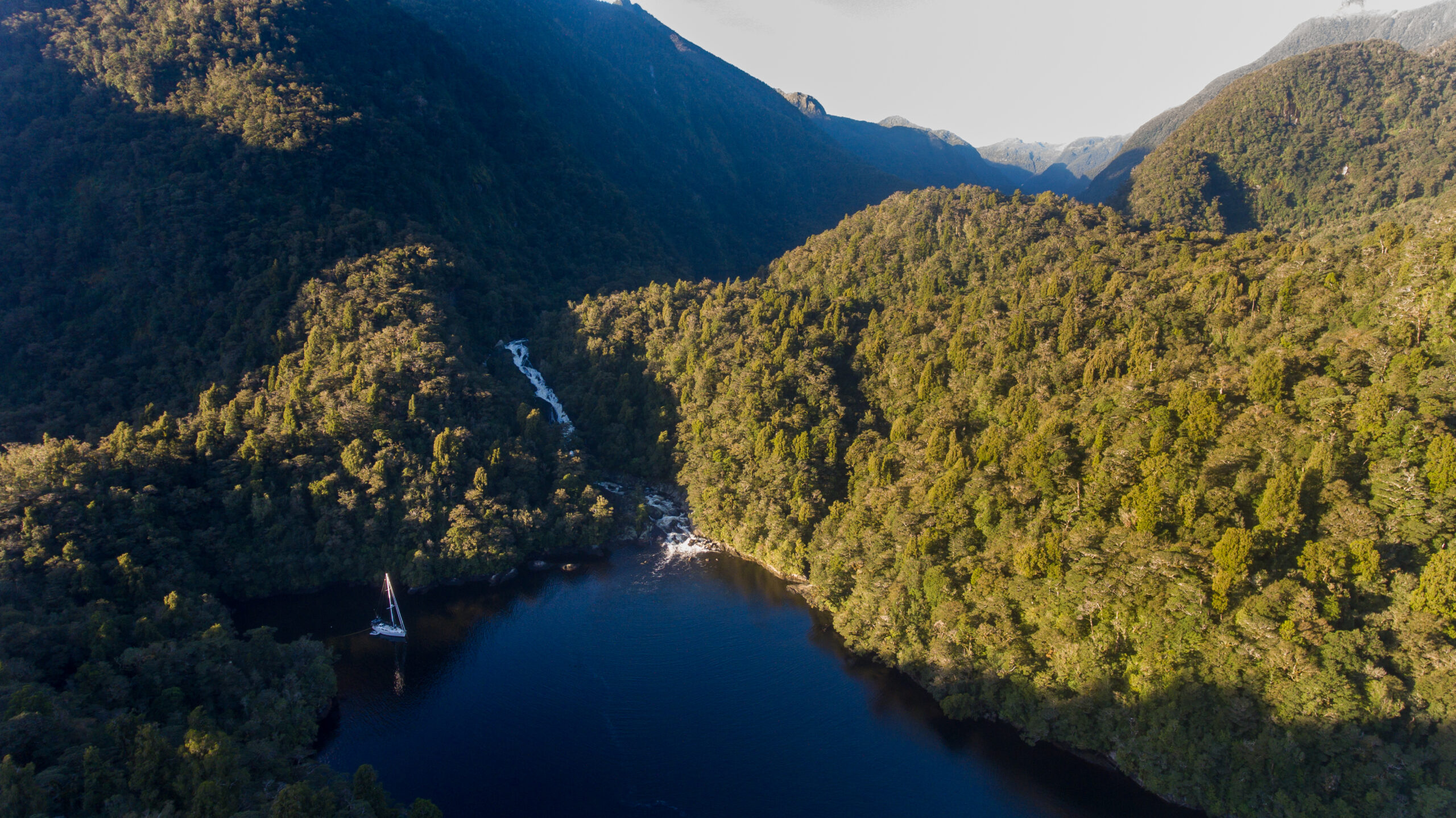
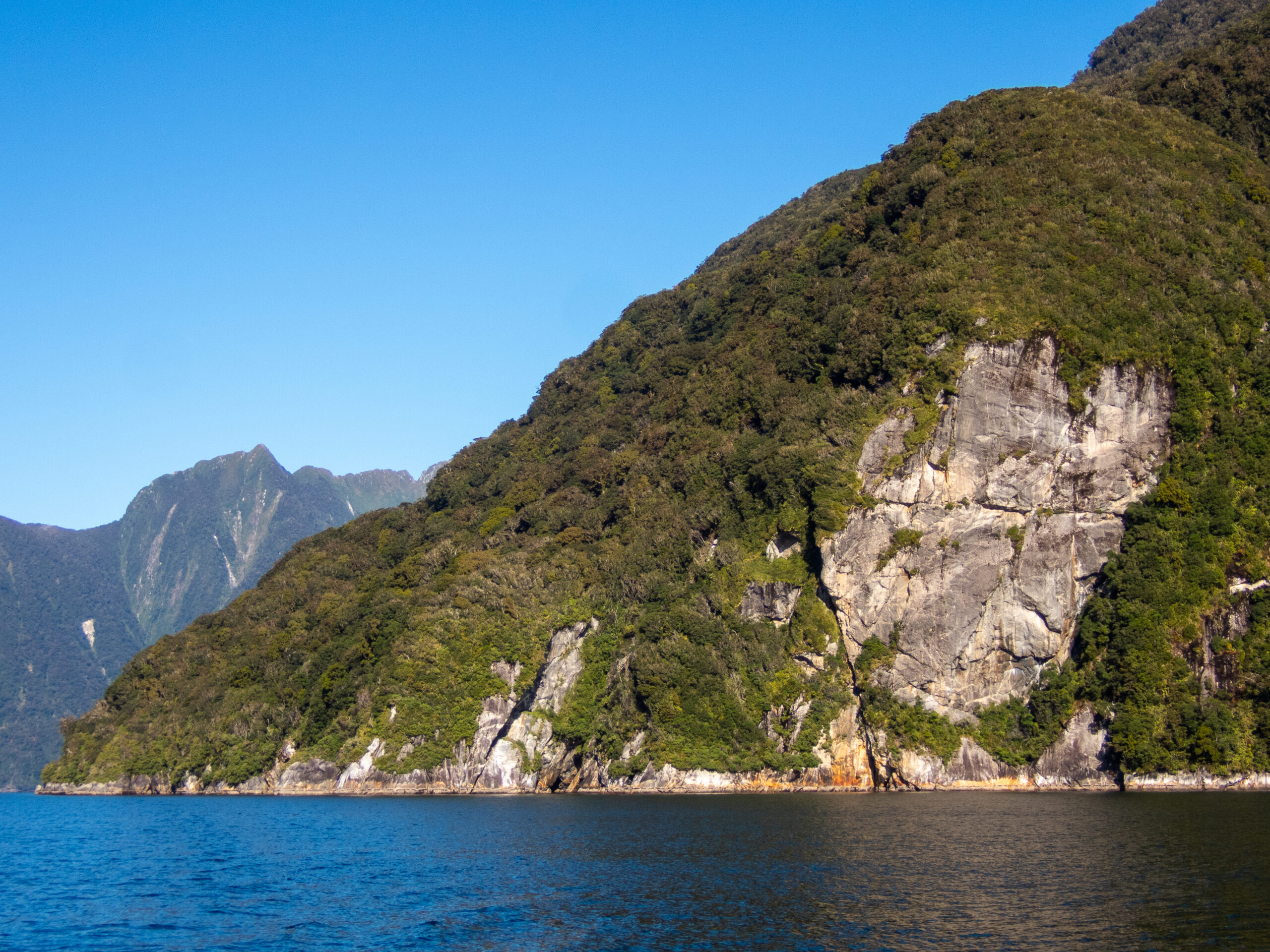
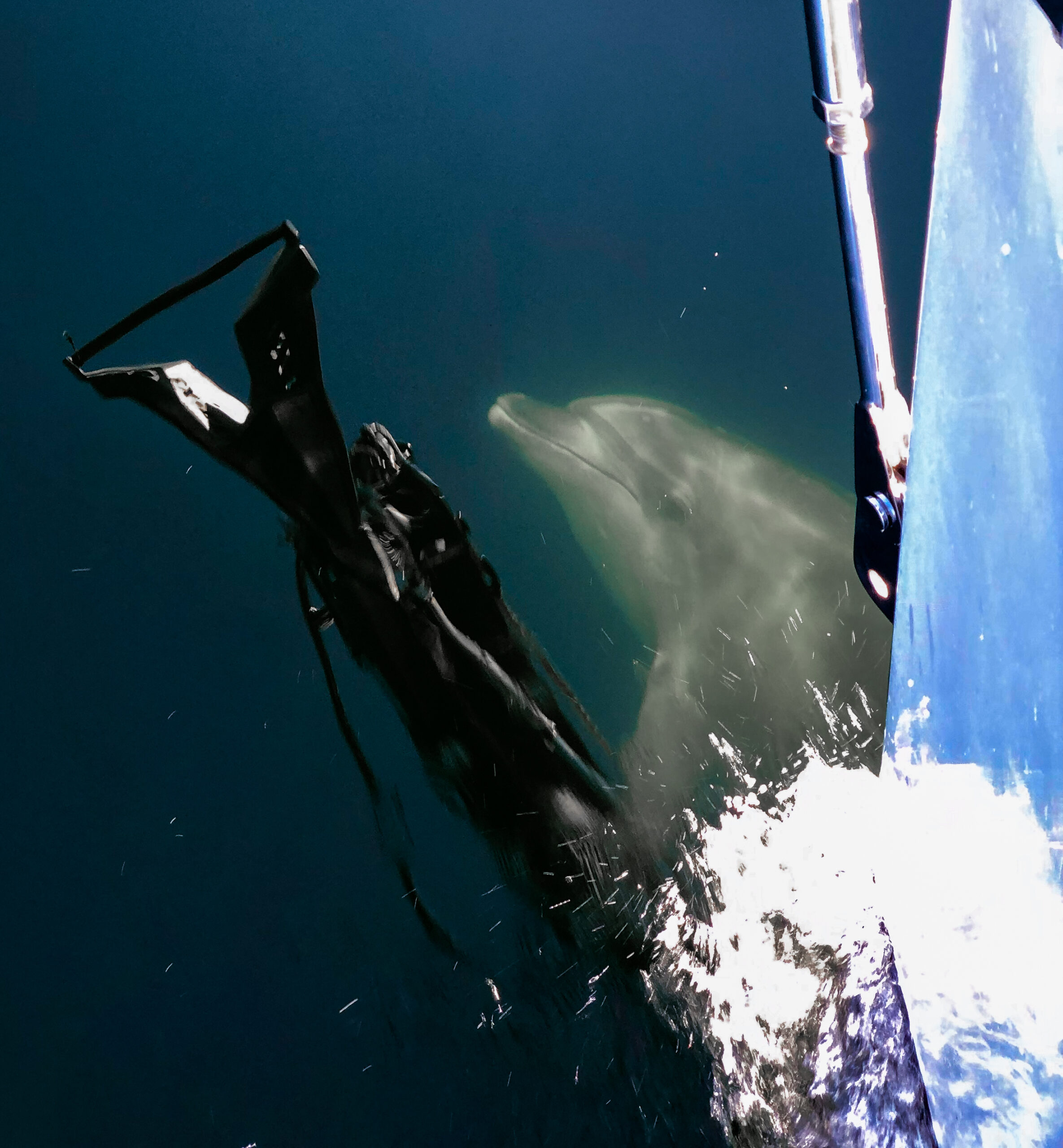
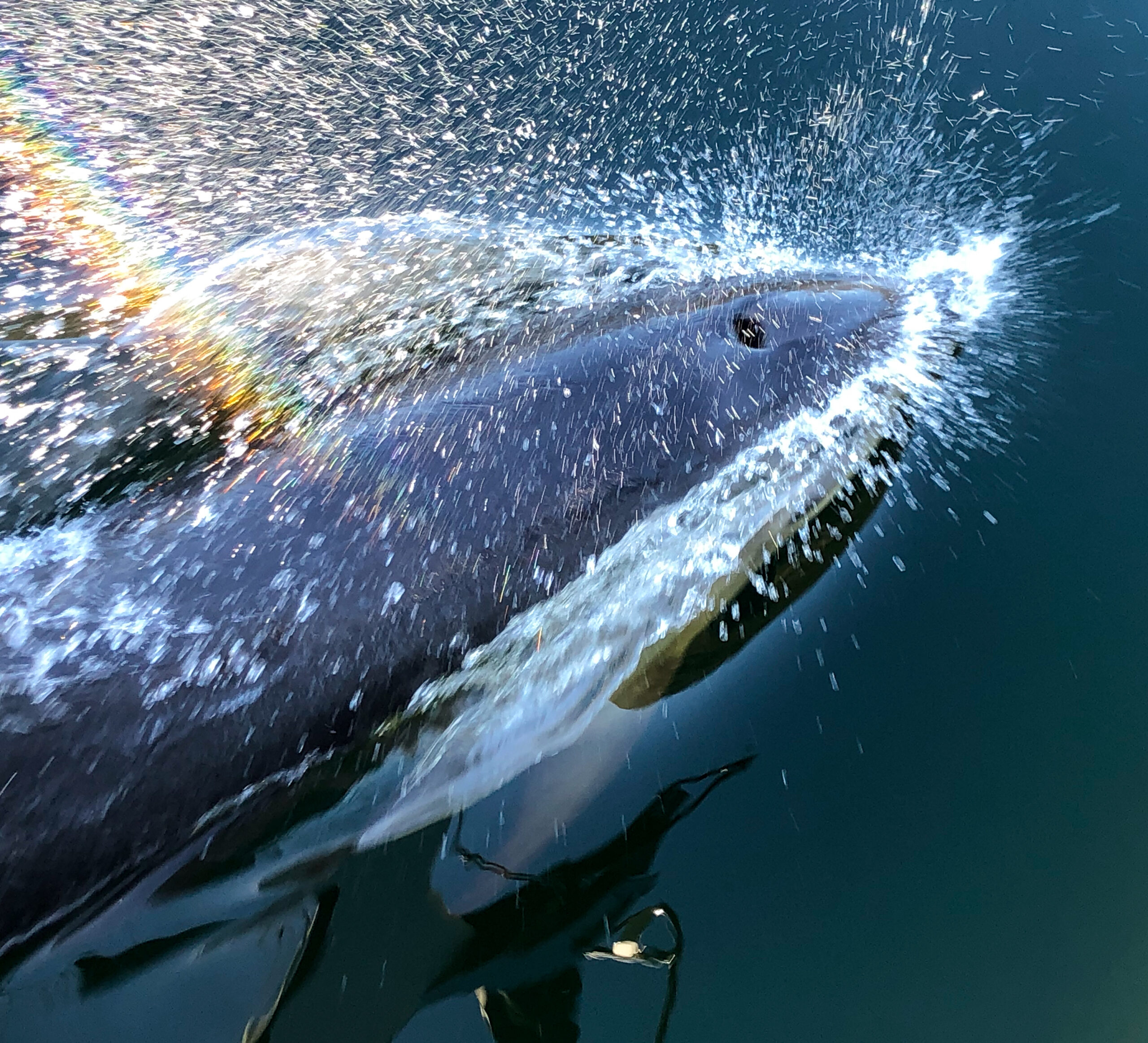
Caswell/Tai Te Timu Sound – the 45th parallel – Fiordland

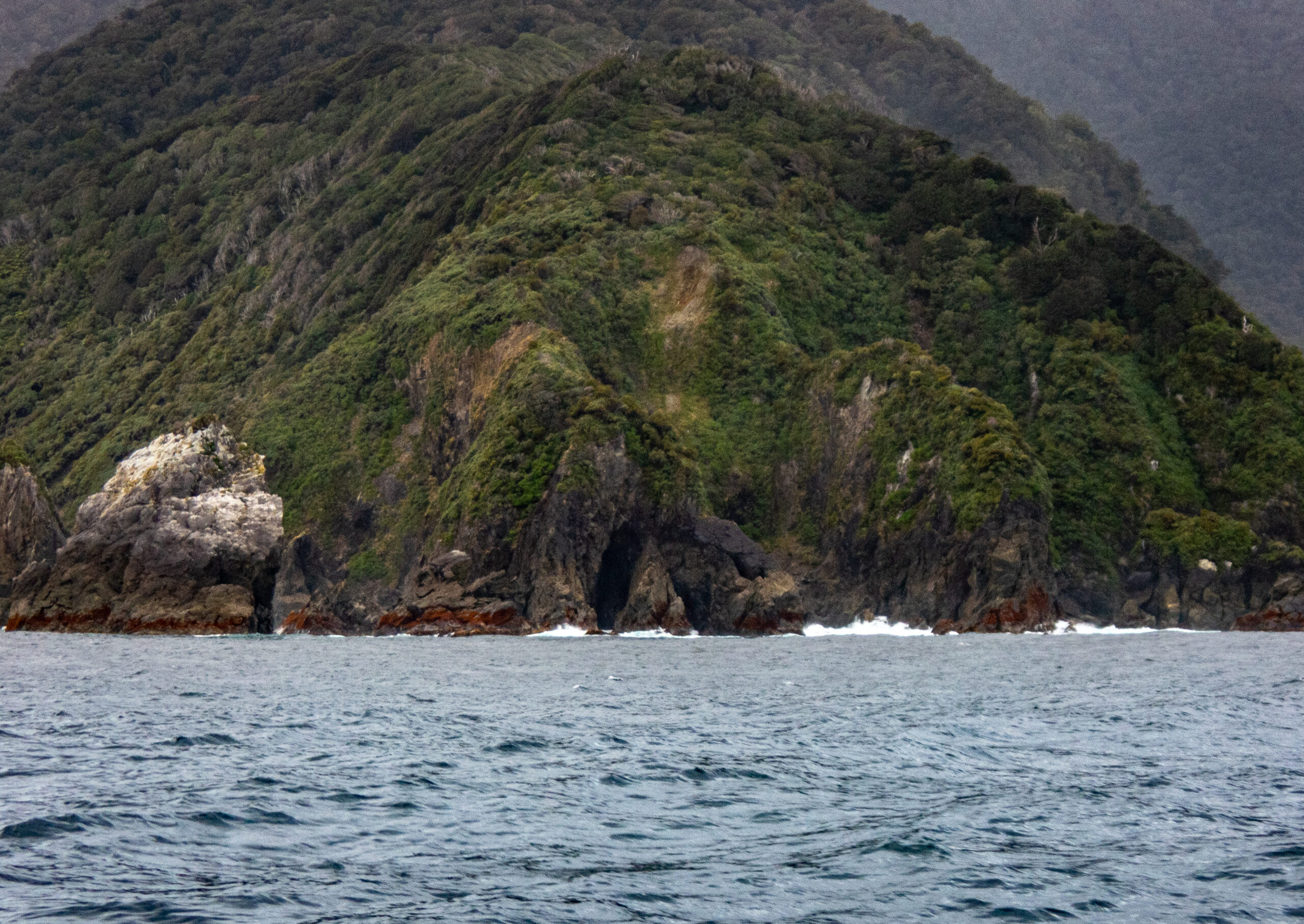

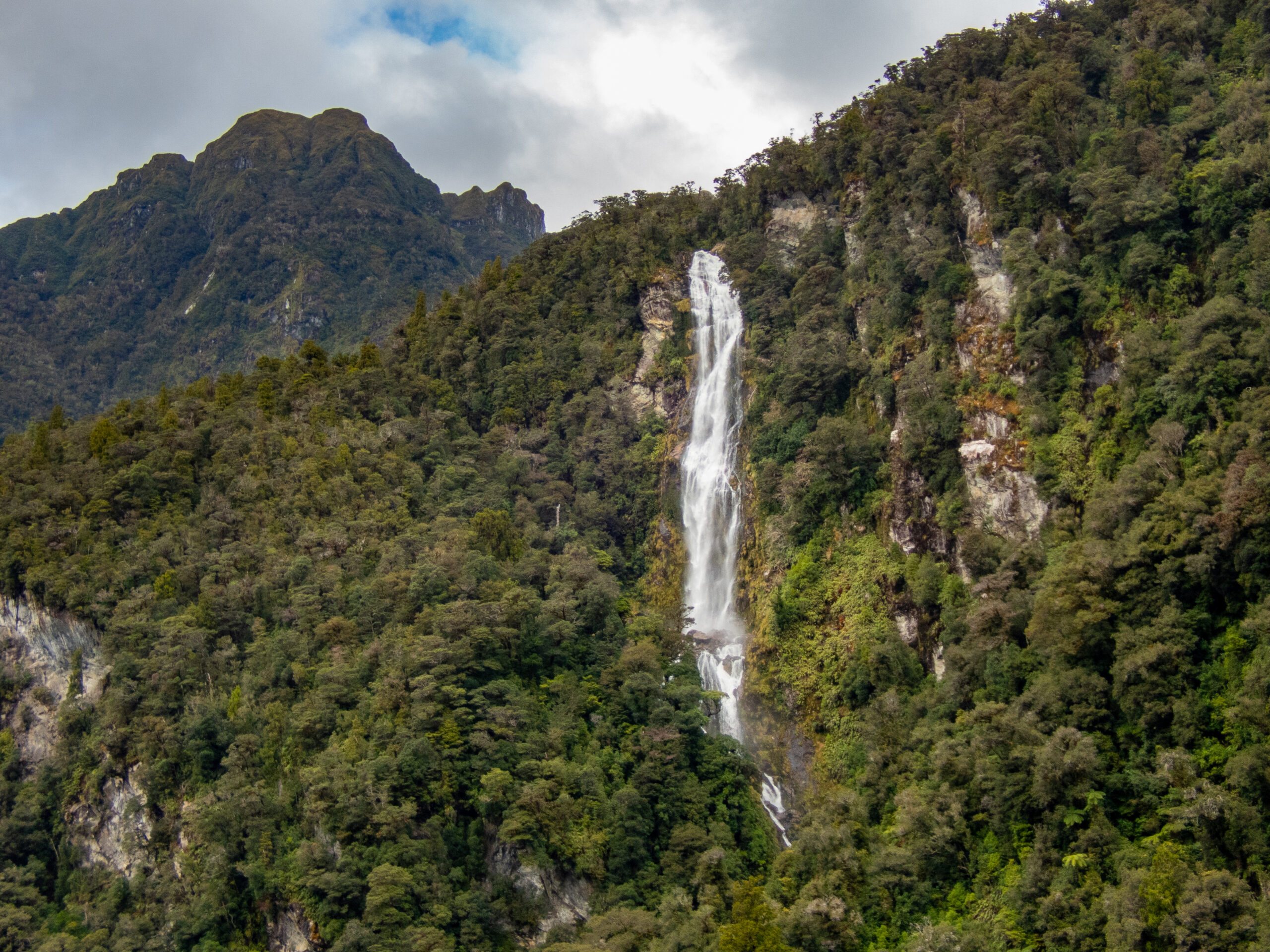
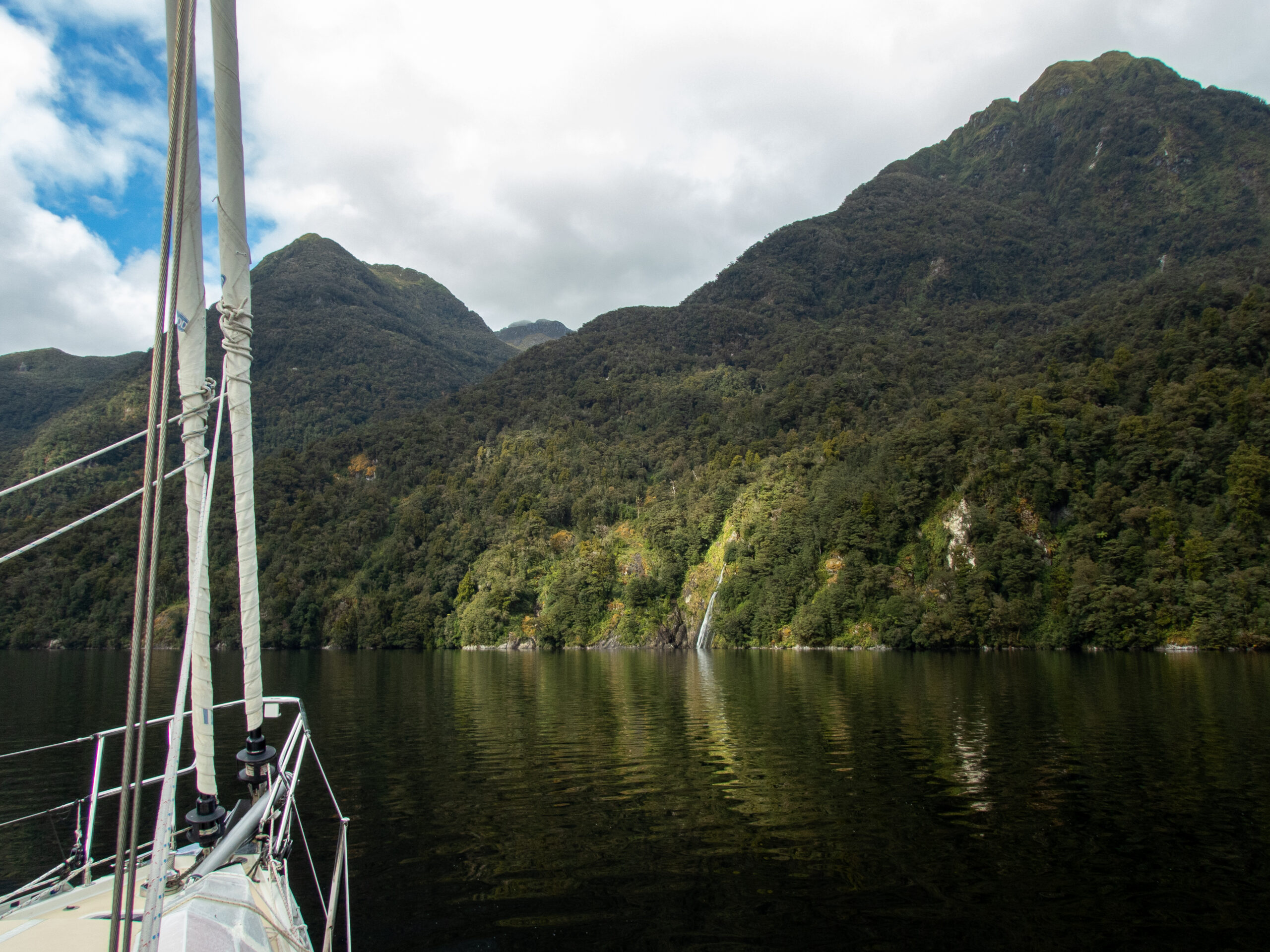
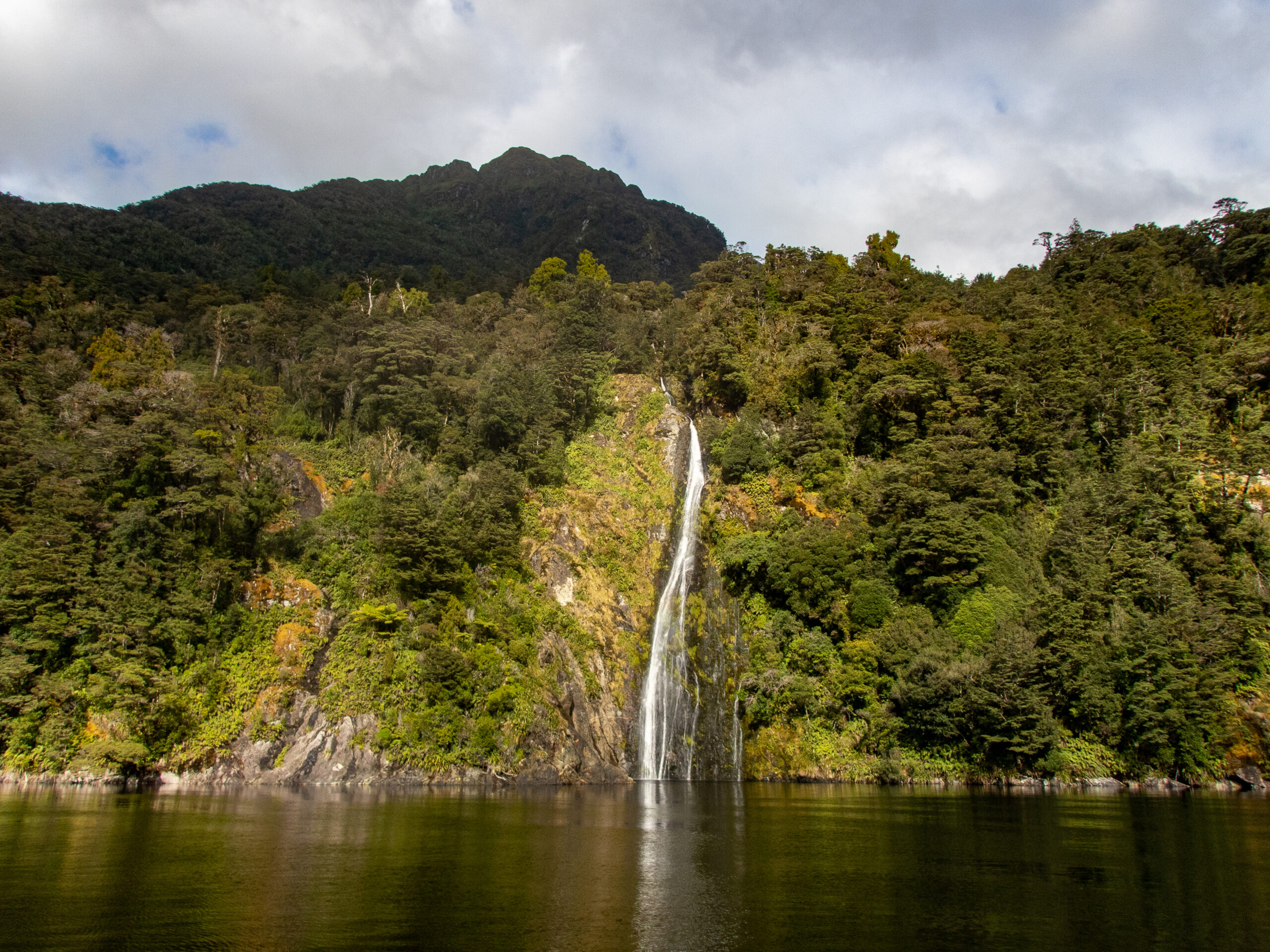
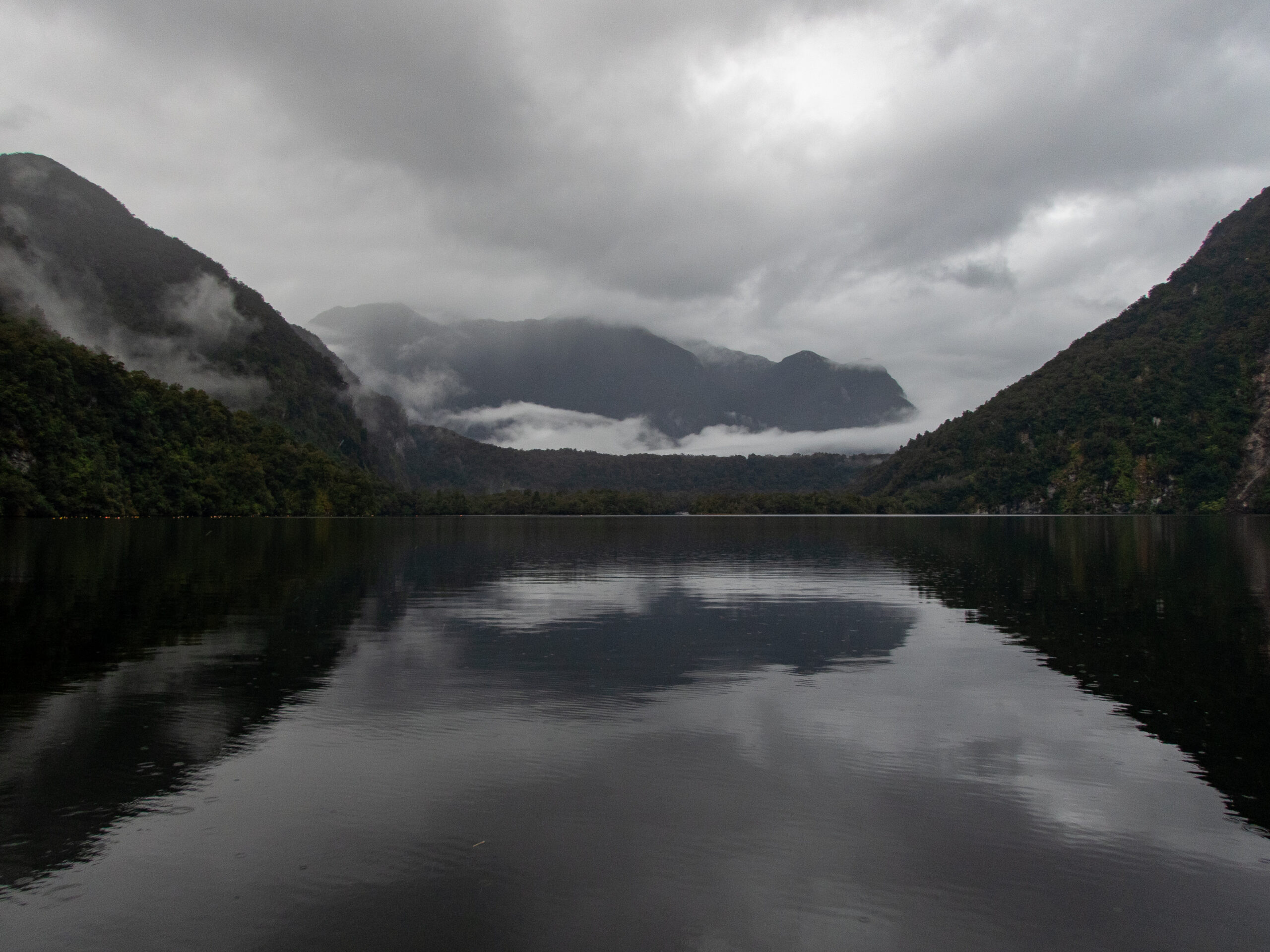

Big Fish
a big fish lived here
under this rock
in this sound
70 meters of water
down down down
finning the murky fathoms
there must be something it is like to be
a big fish
broad tail to the tide
jaw slowly moving, gills filtering
oxygen and salt from darkness
listening to the strange whirr of a prop churning distantly overhead
scent in the current
vibrations of much younger, much smaller, more foolish fish
everyone makes mistakes
joy to the world!
big fish on!
the breathless mystery of something deep
that unremitting pull of an invisible line
uncompromising bite and stick and metal barb
is there hoping it might break free
what is it like
to be another’s flesh and dinner?
exhausted thrashing on the surface
searing bright light and fierce dryness
the gaseous, ethereal world
where white birds like cherubs flitter and follow
where albatross glide like shadows of another understanding
what is it like, big fish?
now that two men hold you in firm hands
knife wielding hands
careless hands
is this the dance?
waves surge against the rocks
seaweed starfish worms green saltwater alive
o’ fish shaped wave
these men call you big fish
men who came to find things to take
big trees all in a row
is there something it is like
to be a man holding a gray dead fish
for a picture
flesh stripped from her ancient bones ~MS

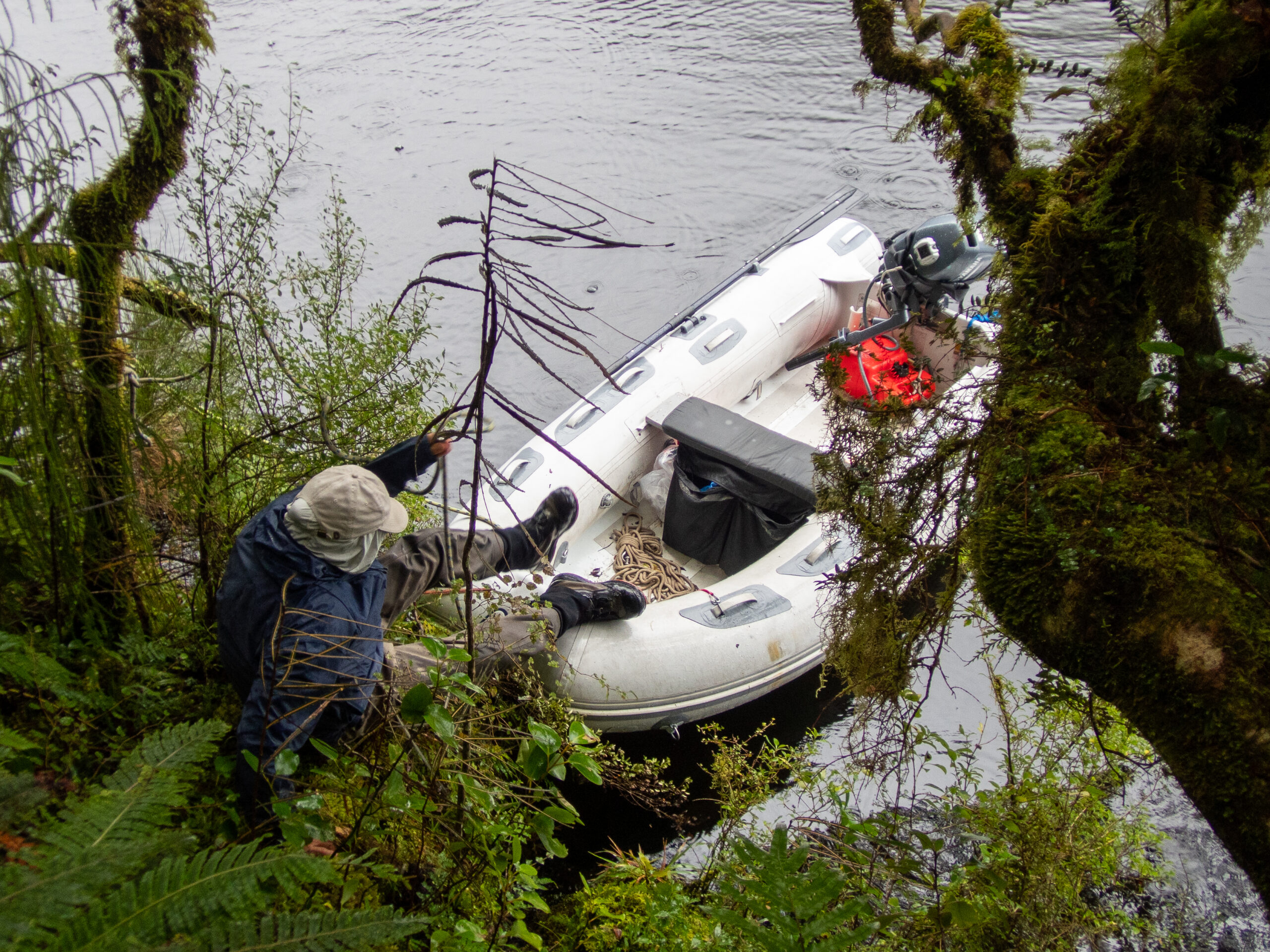
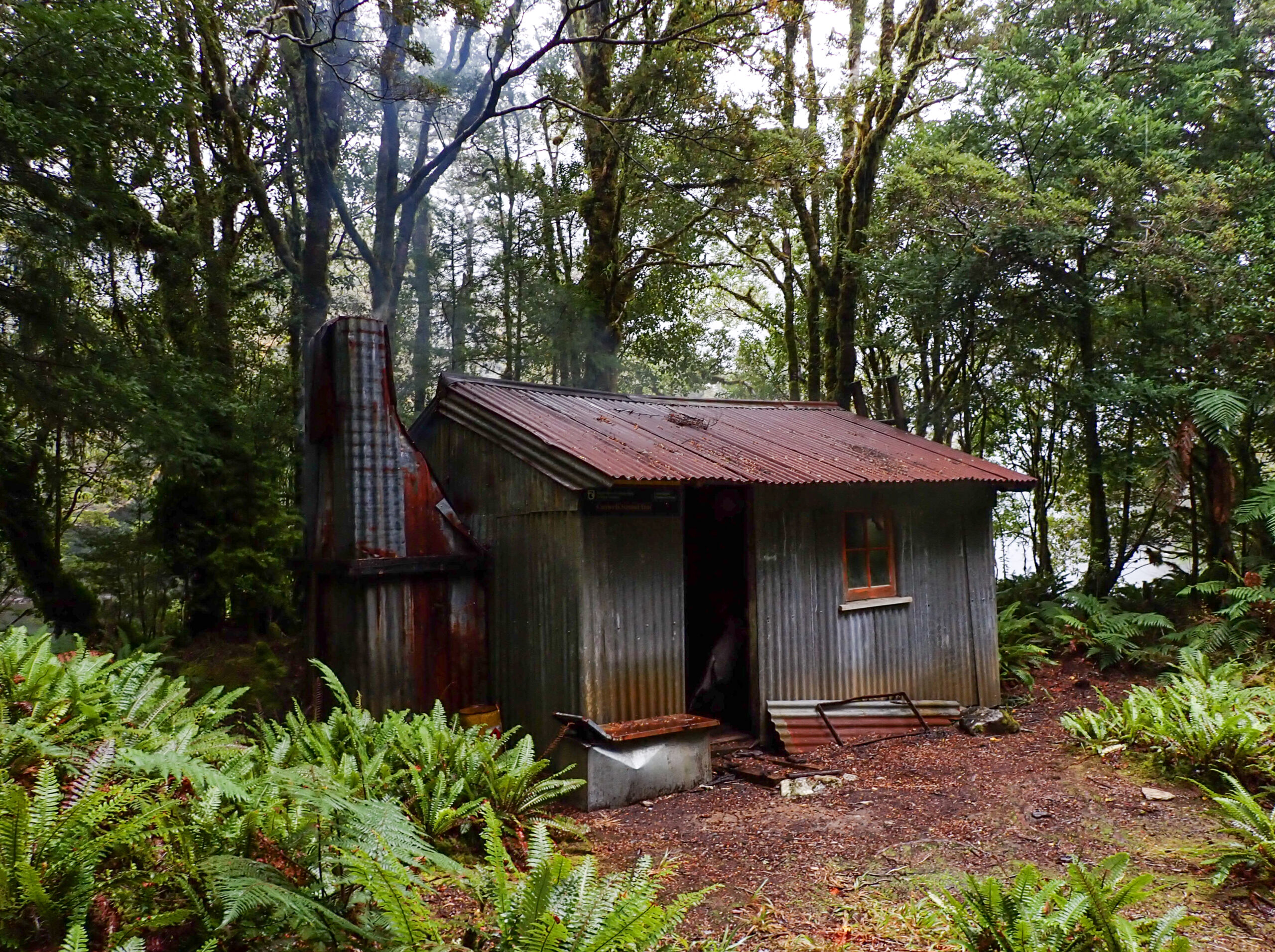
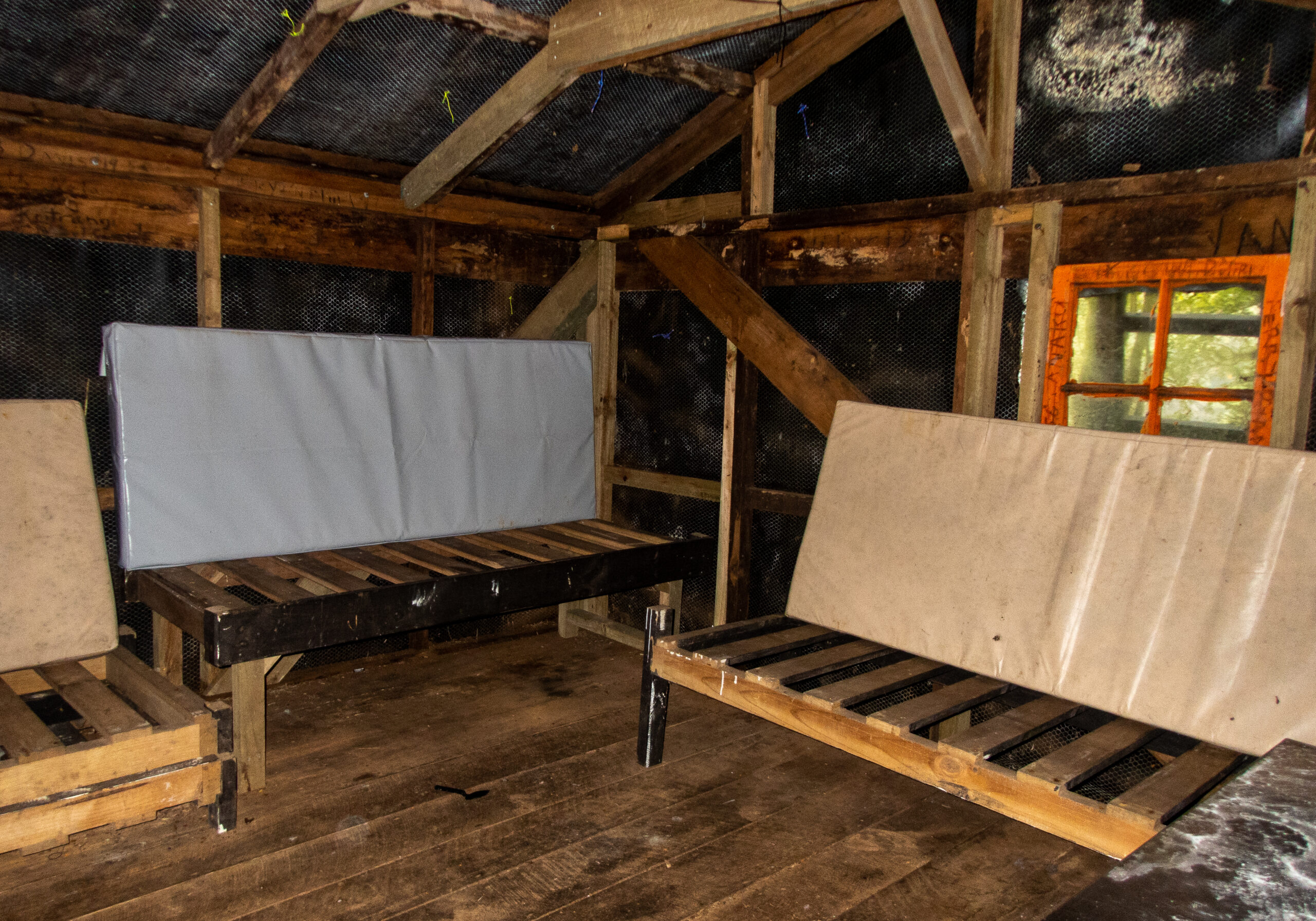
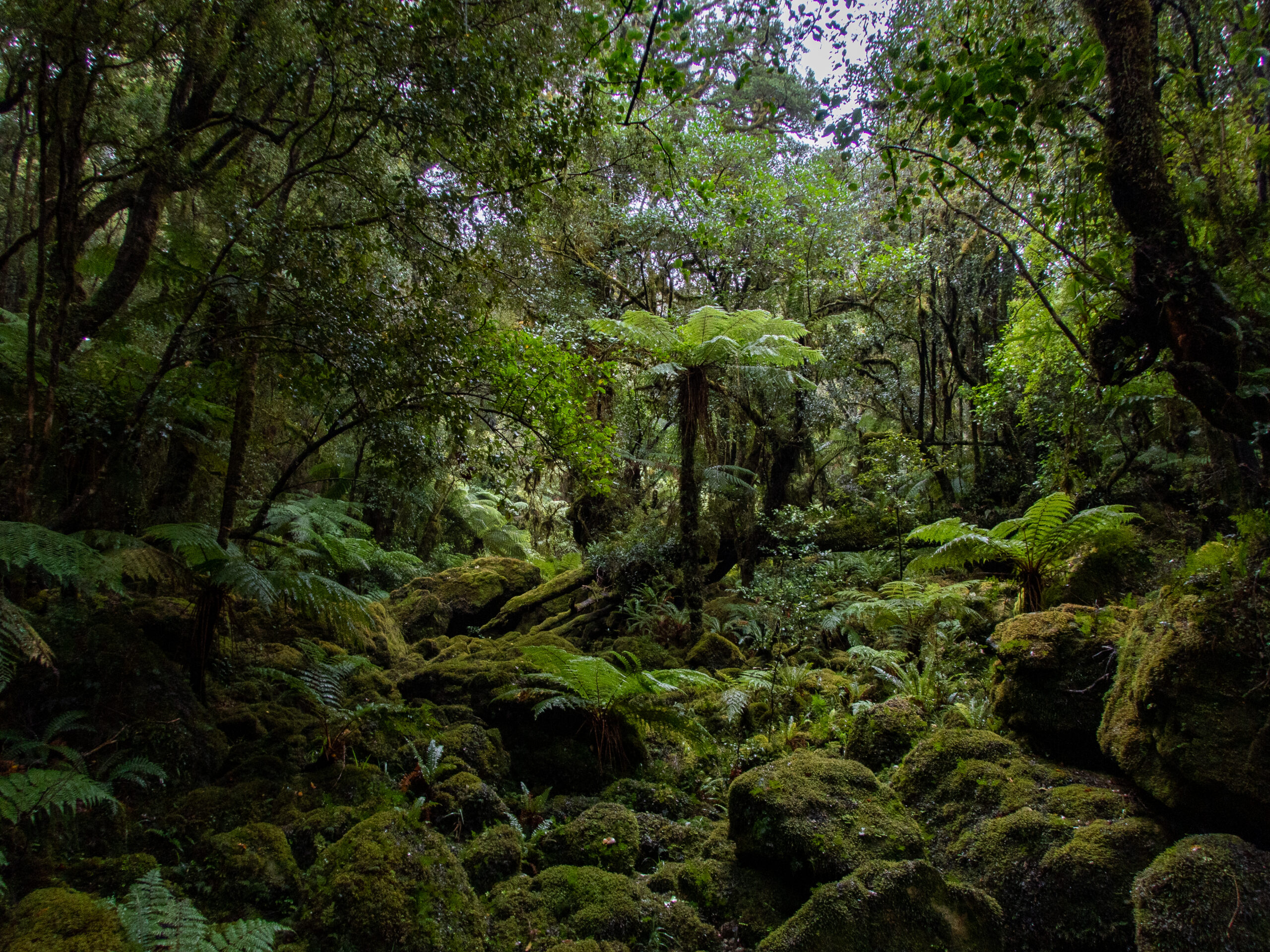
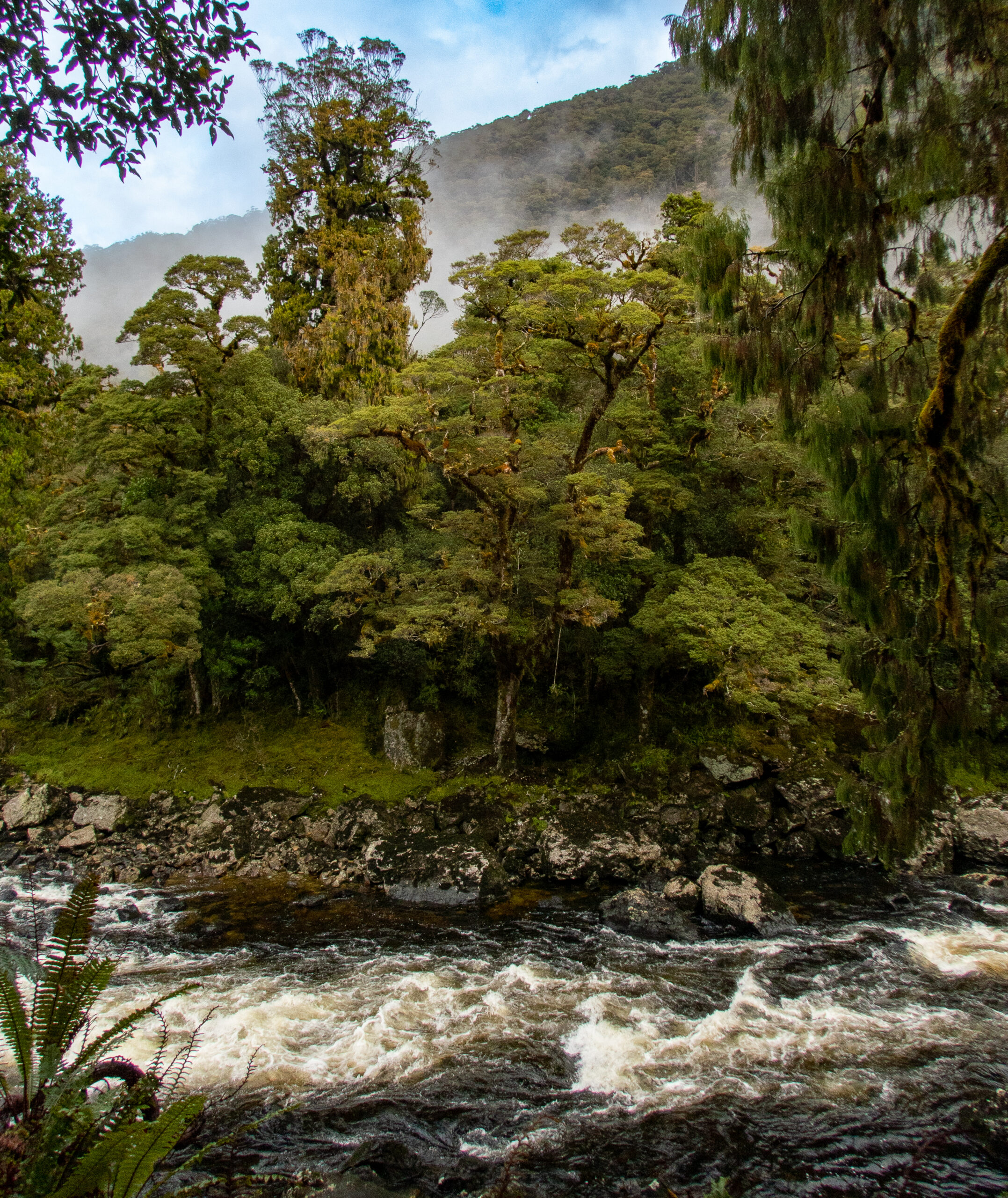
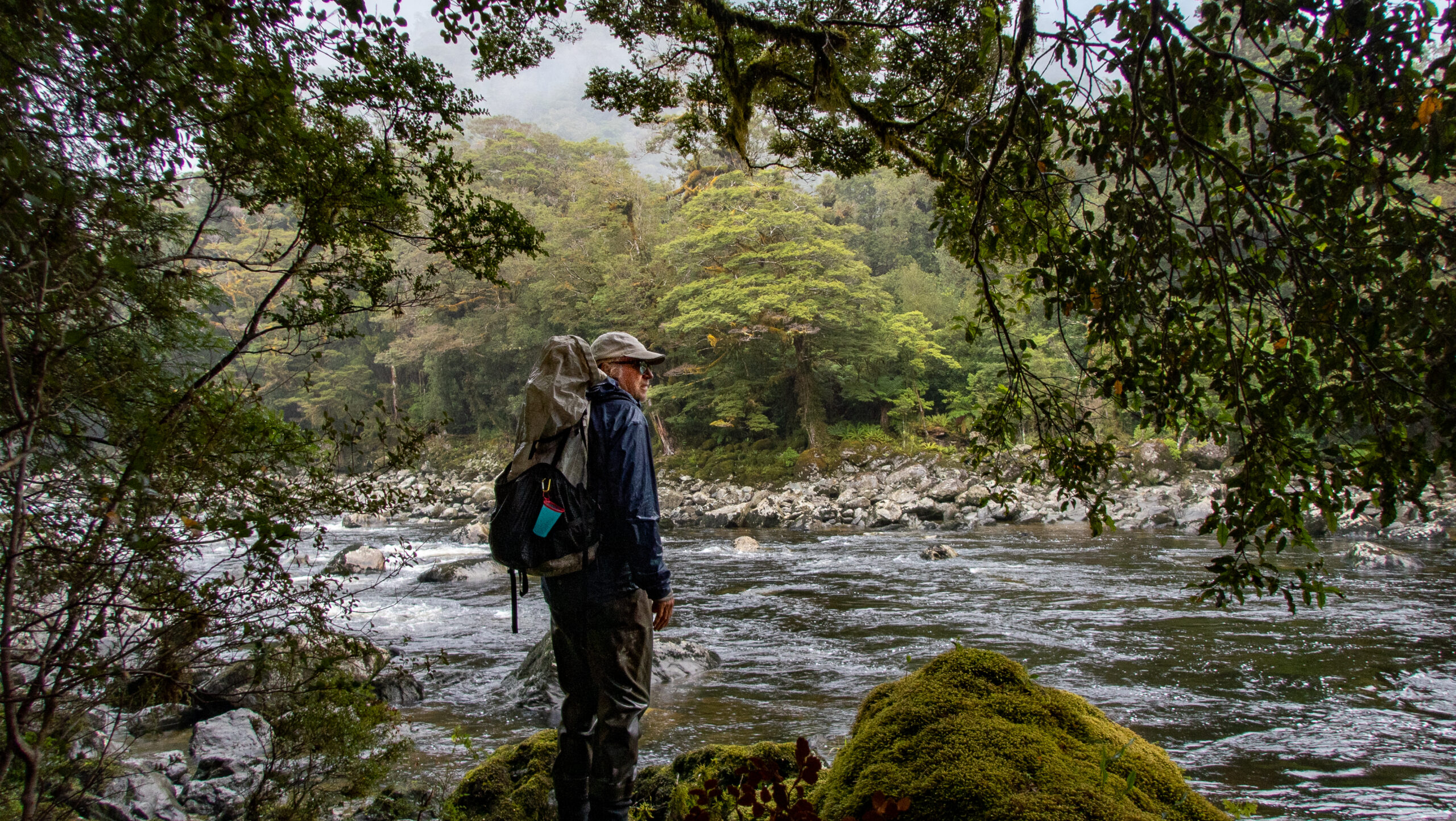

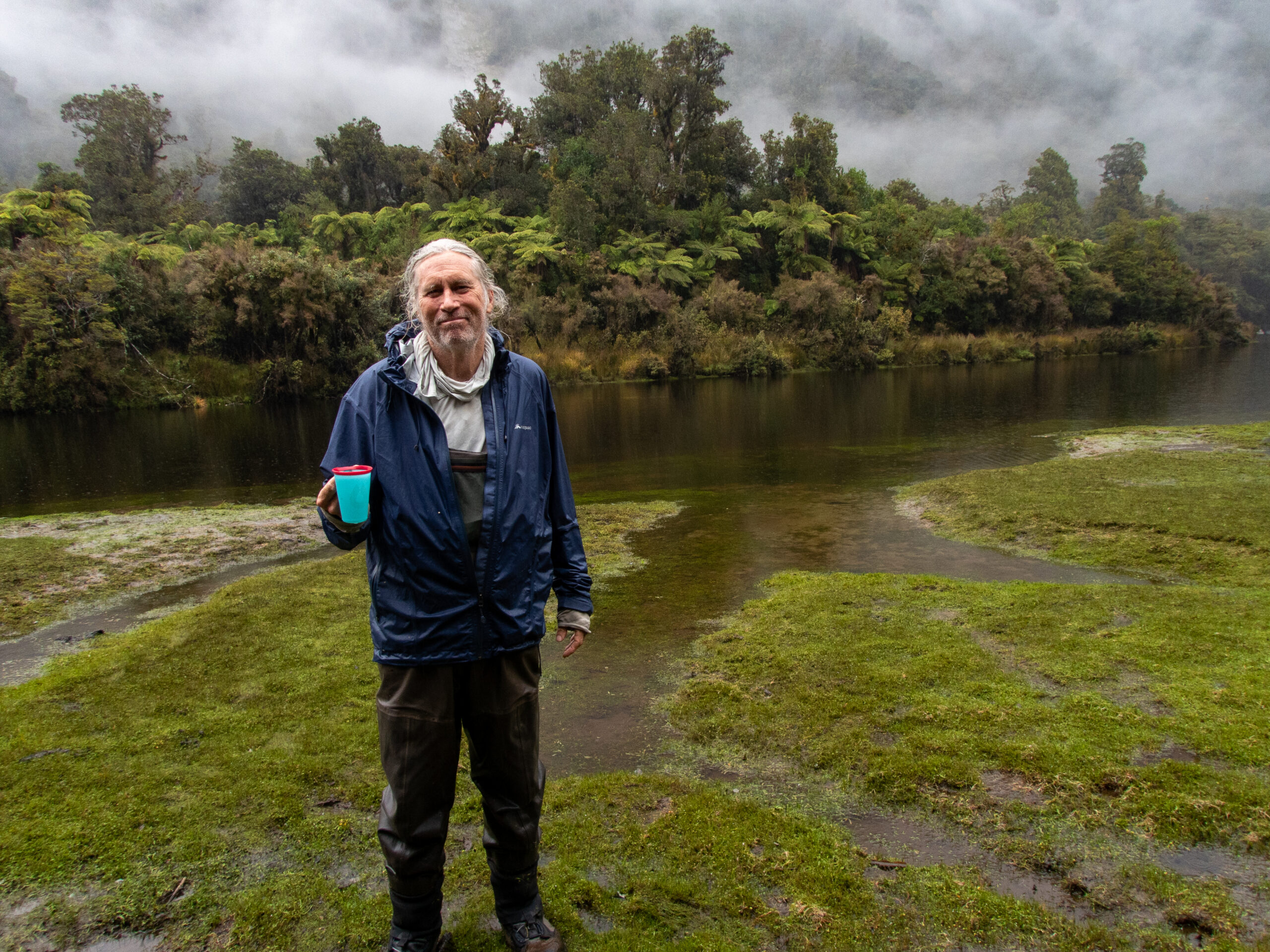


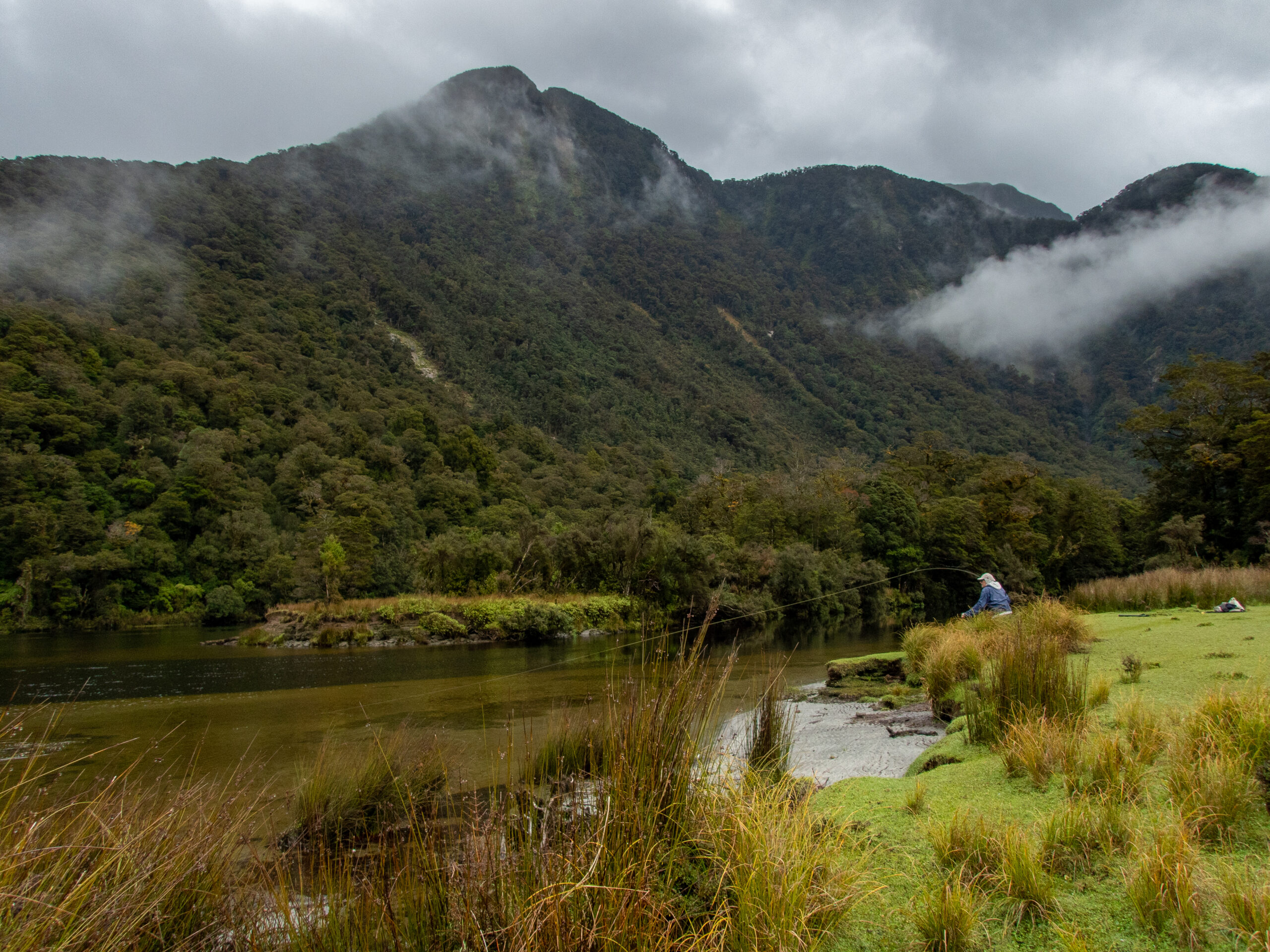
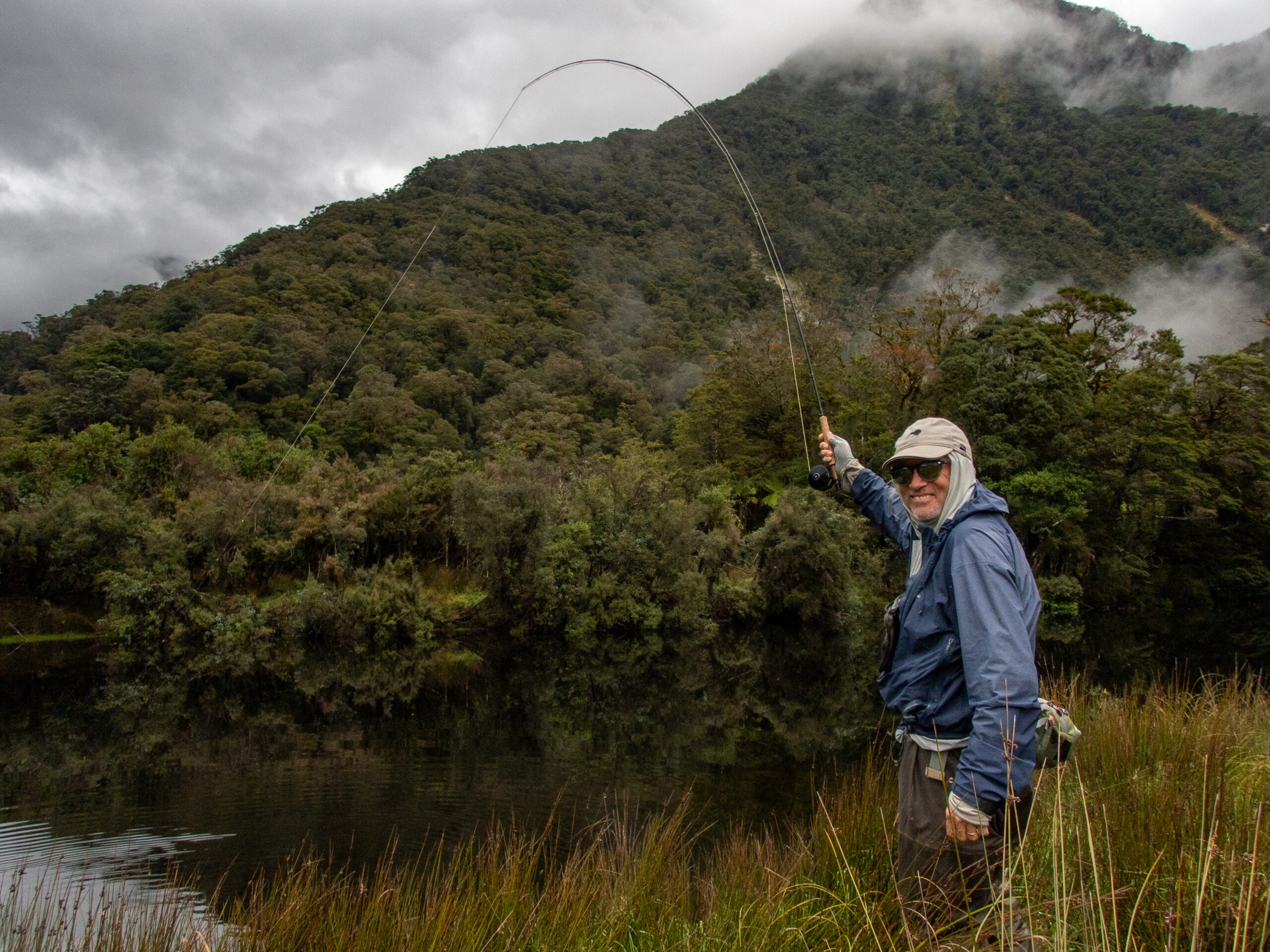
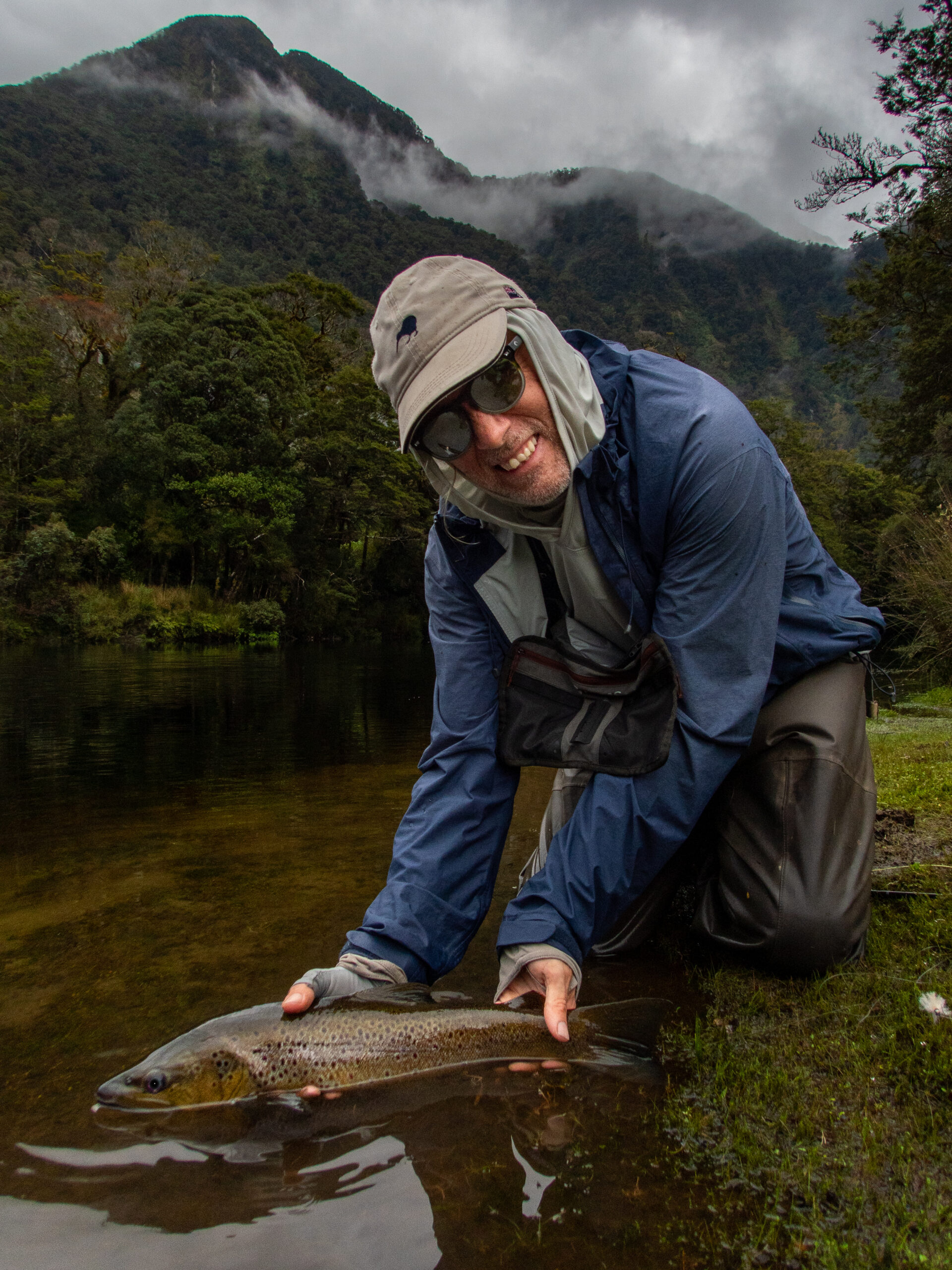

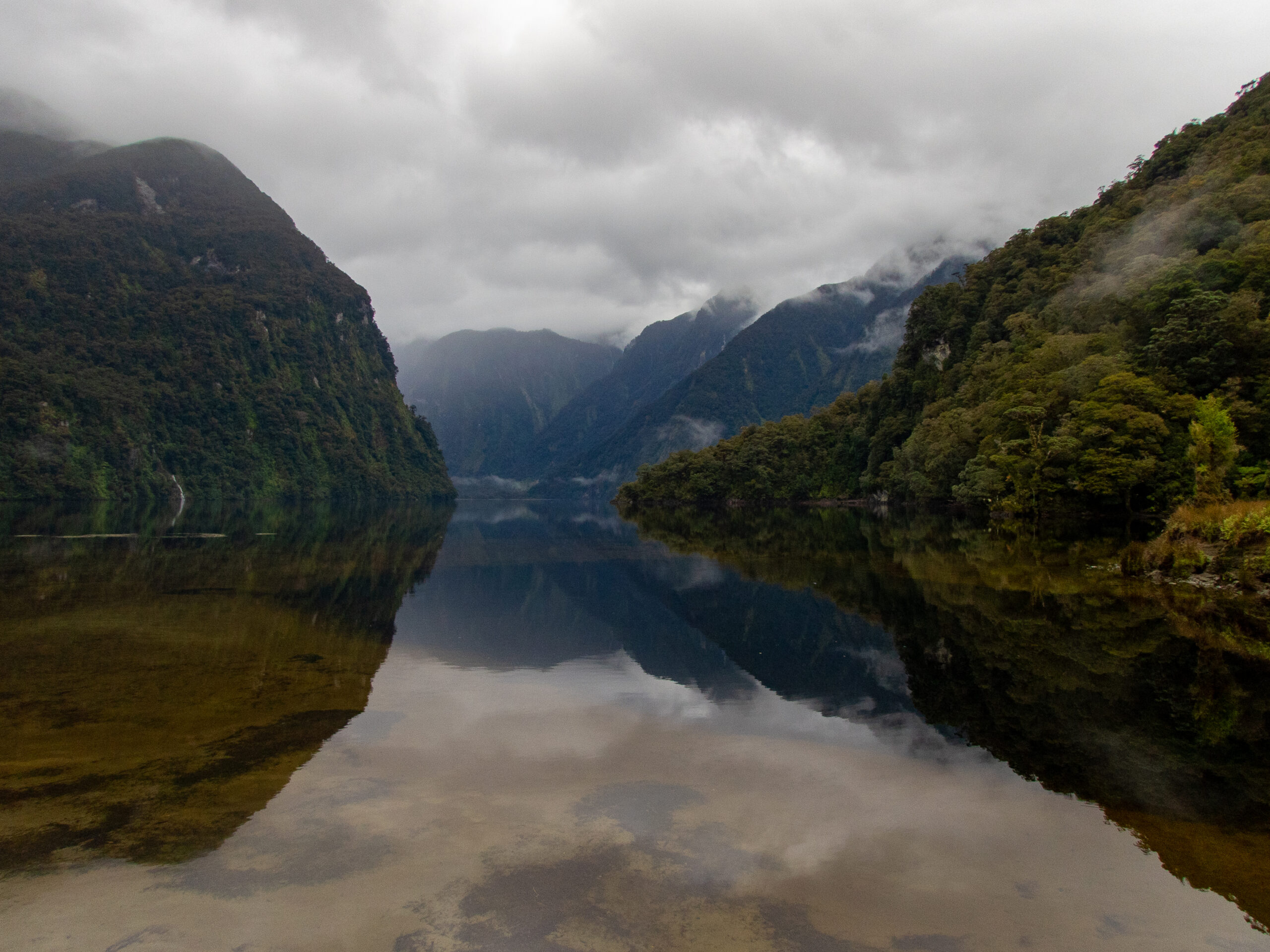
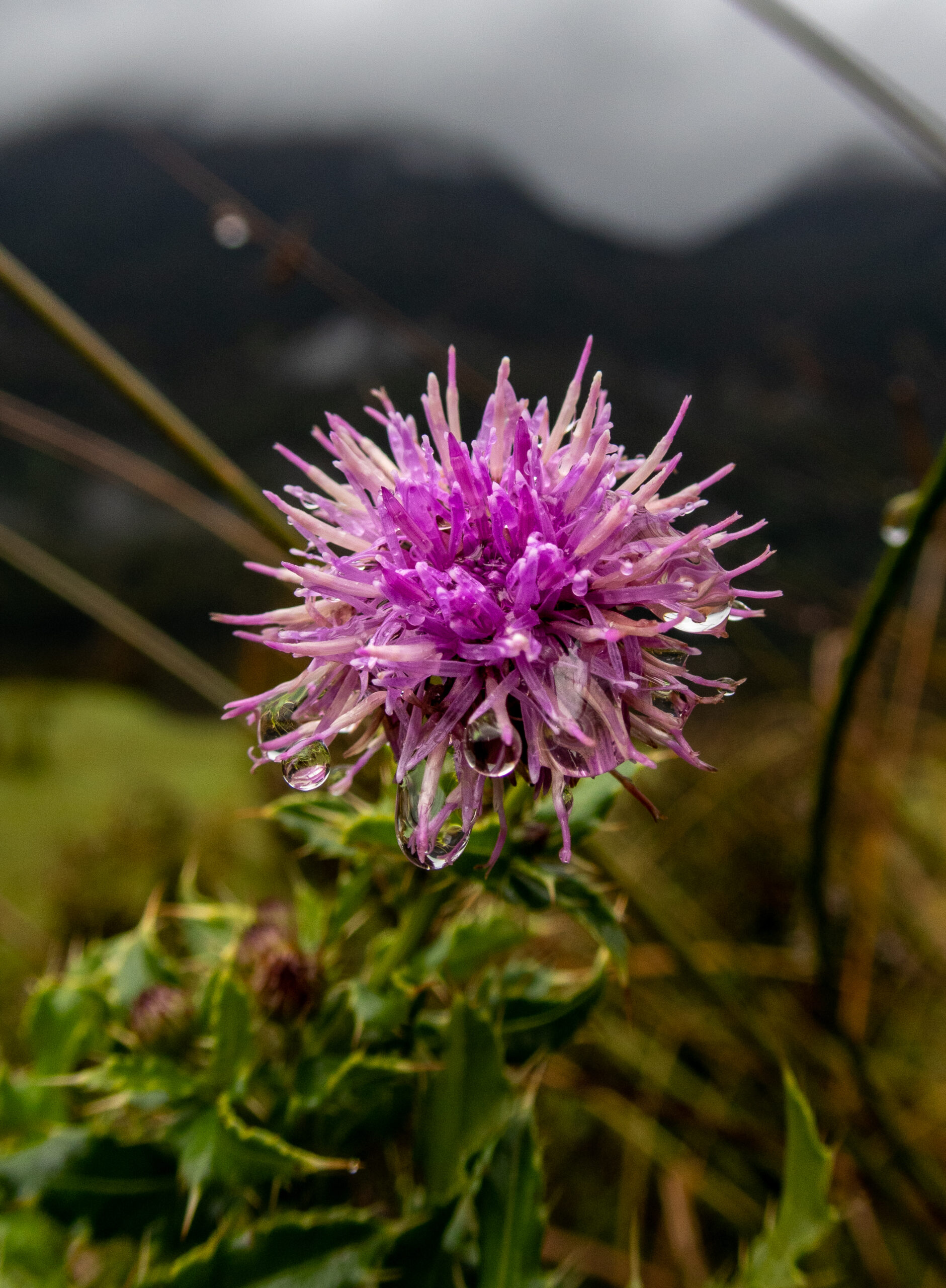
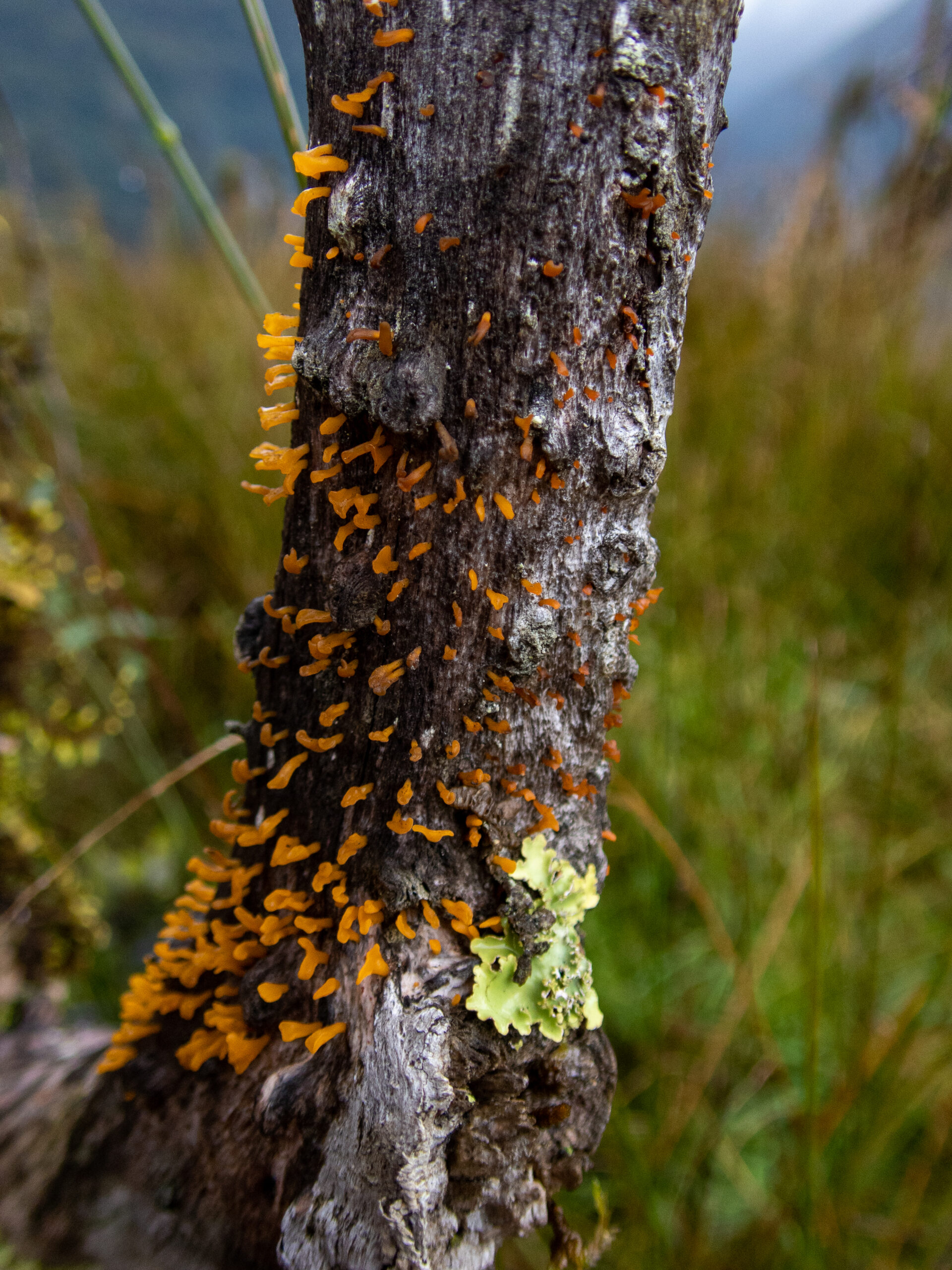
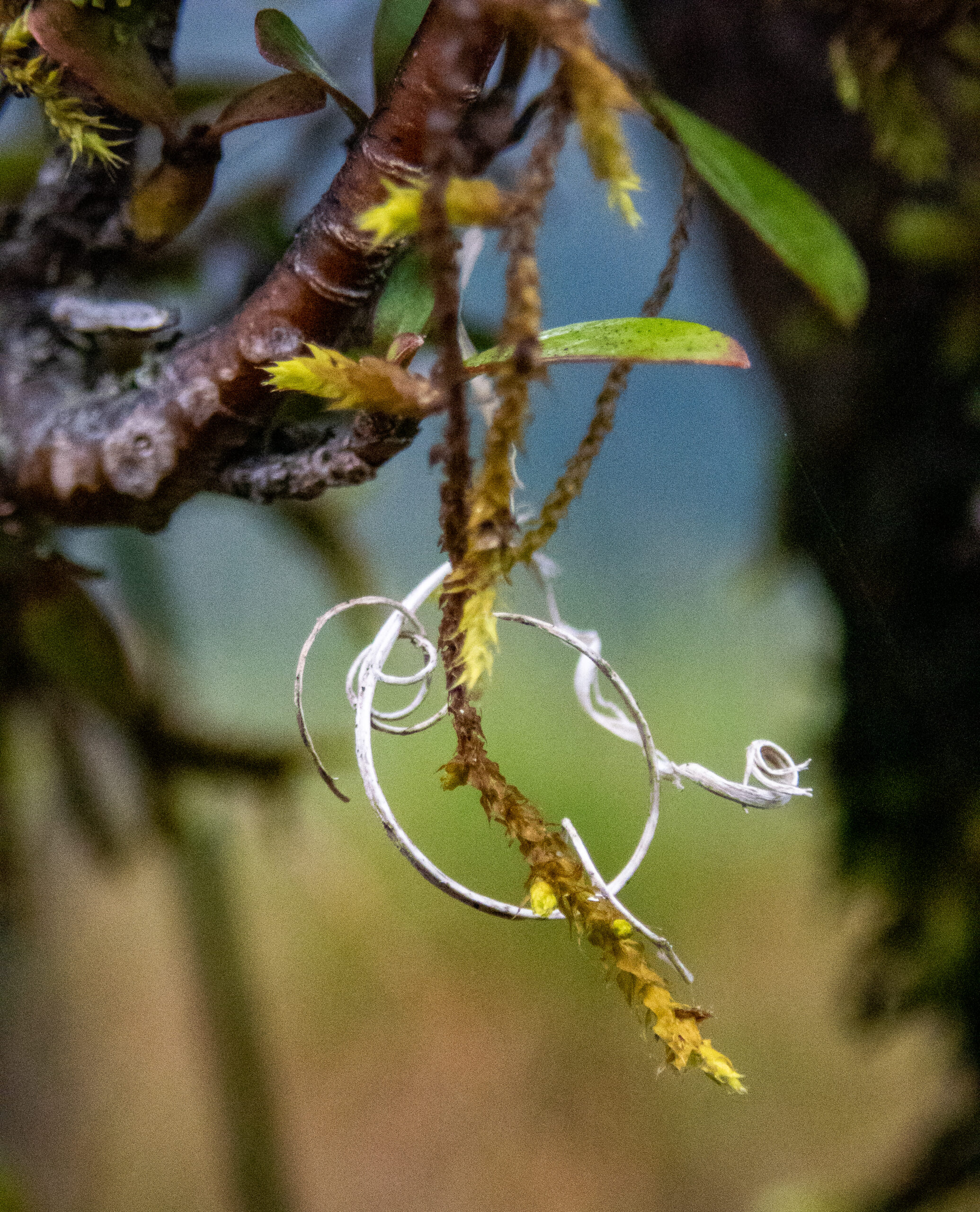

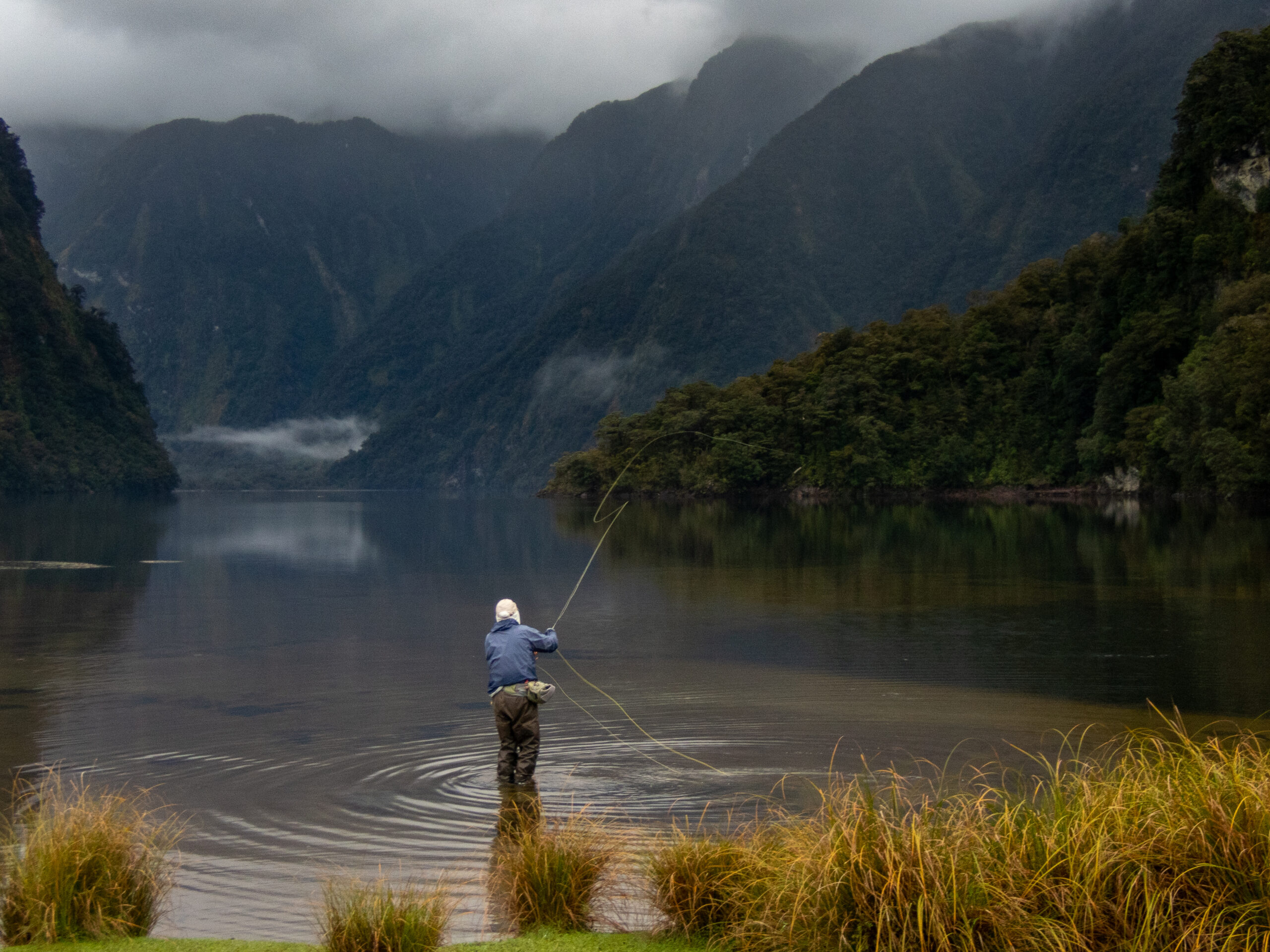
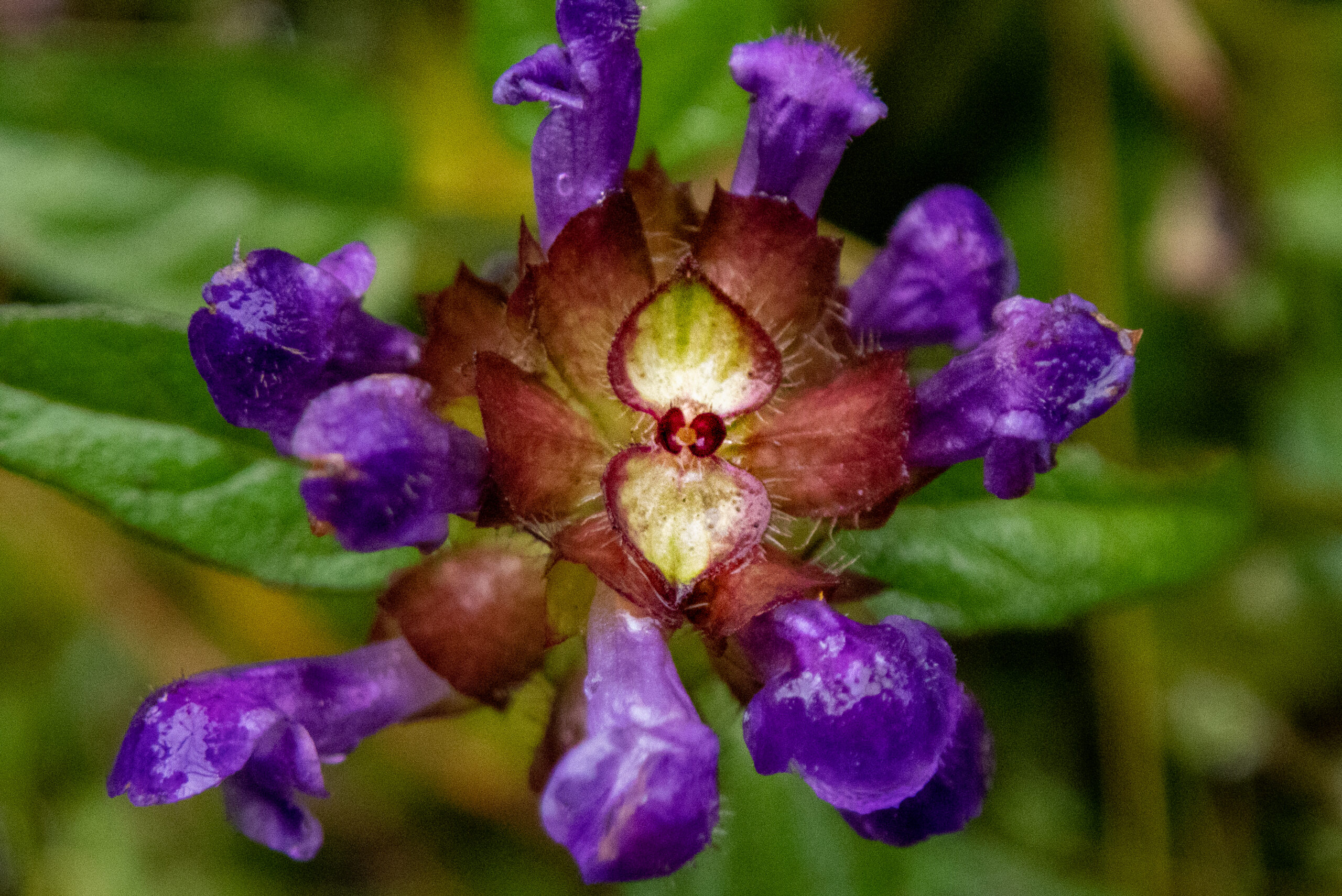
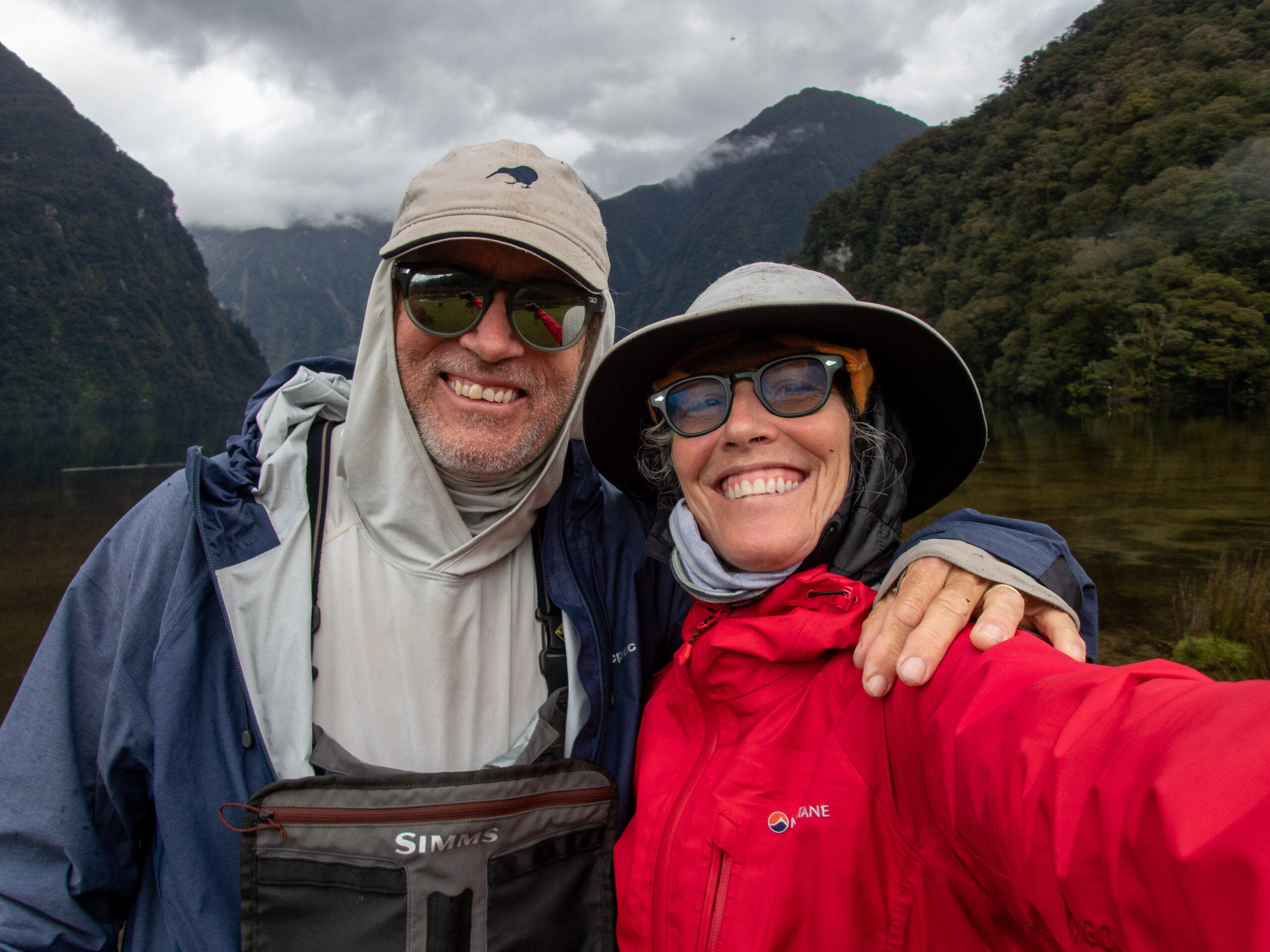
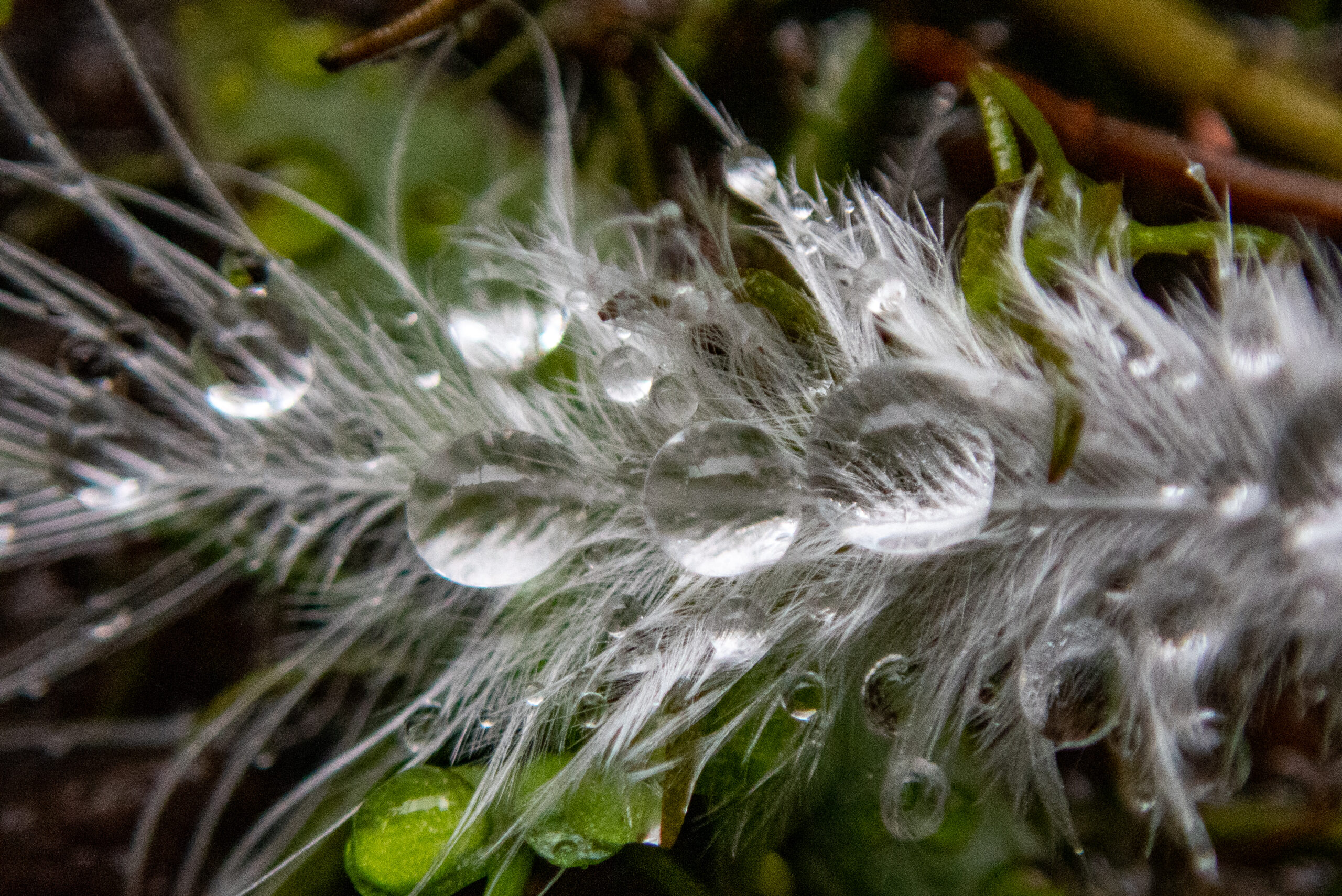
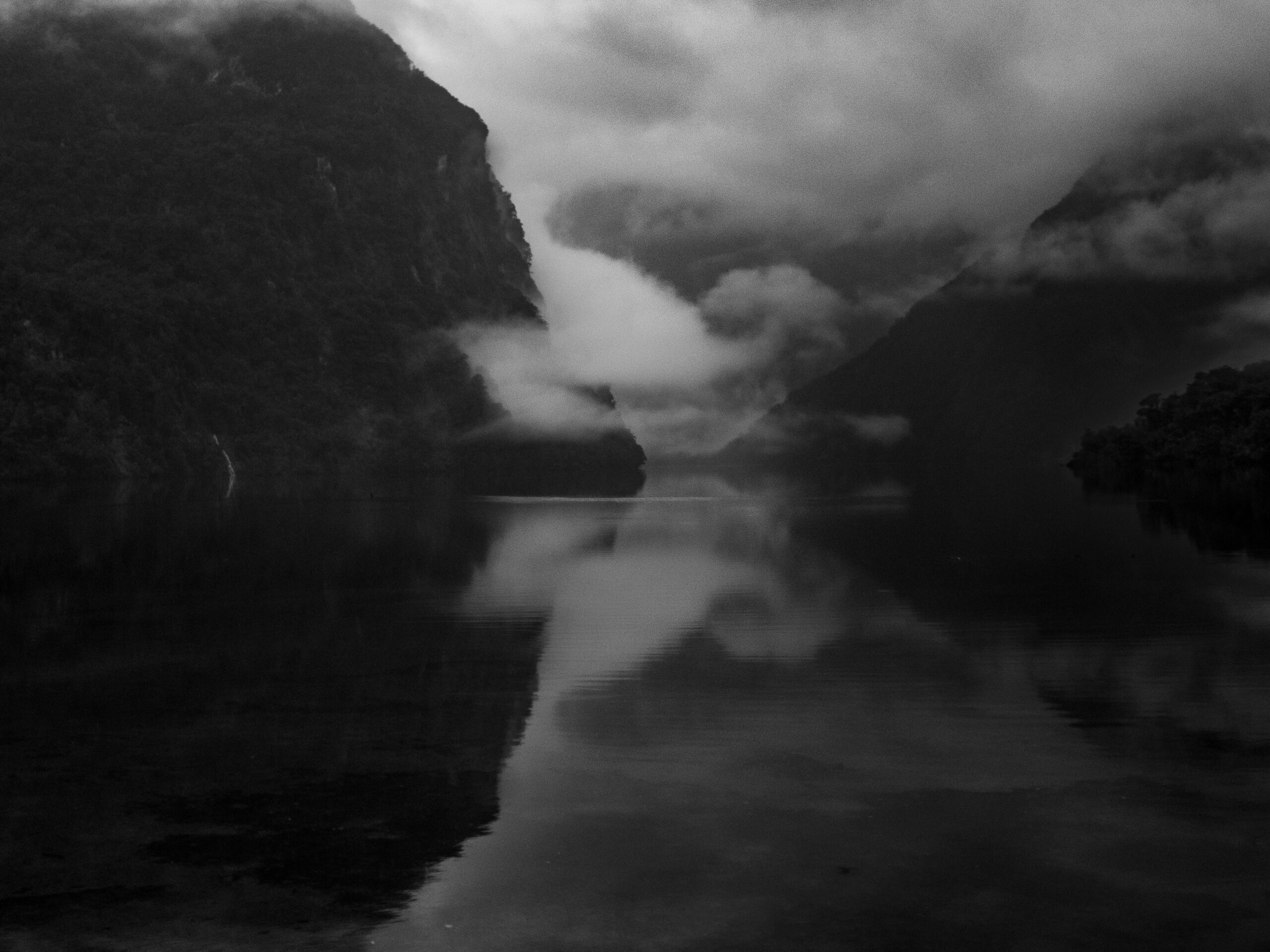
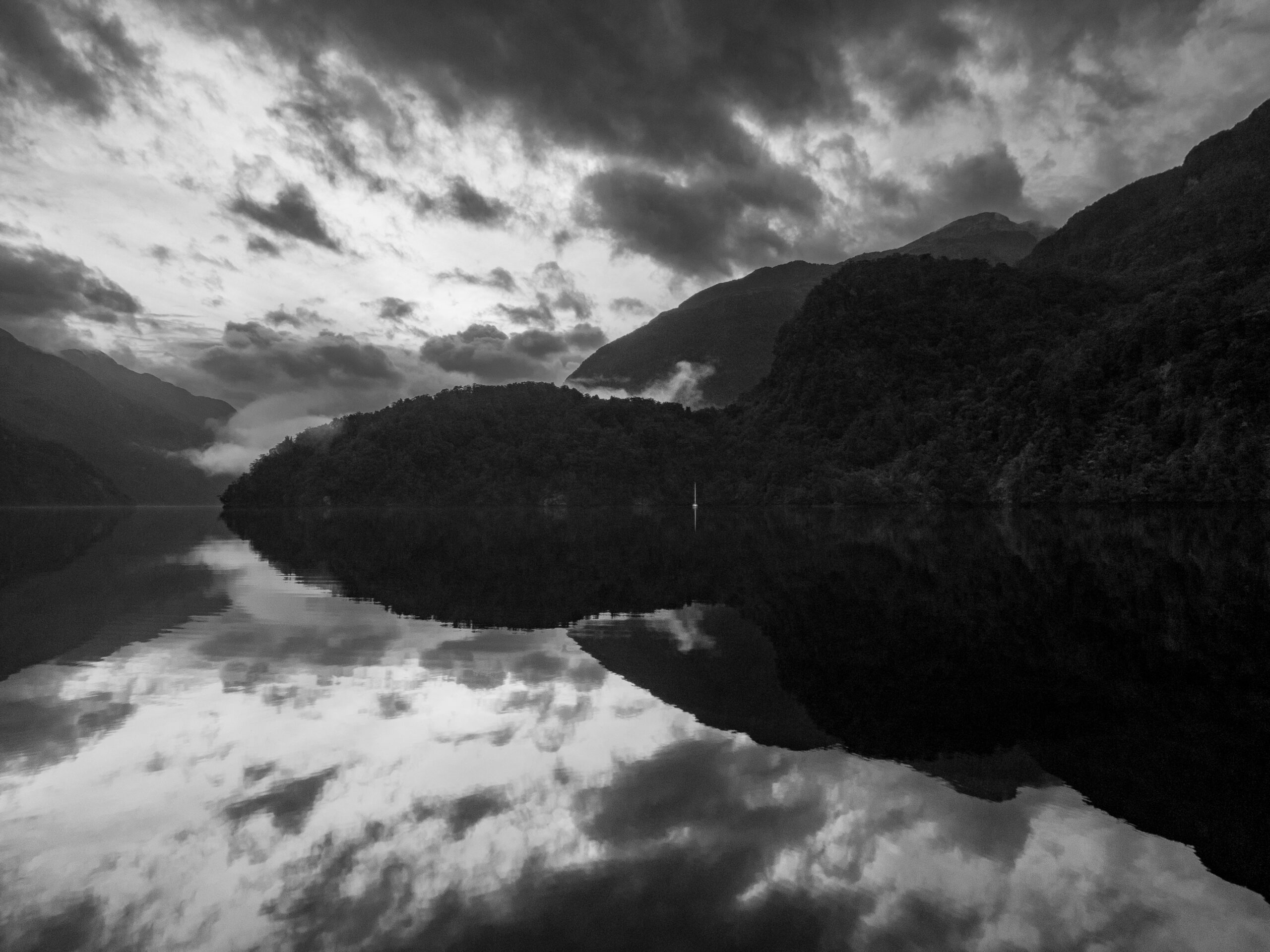

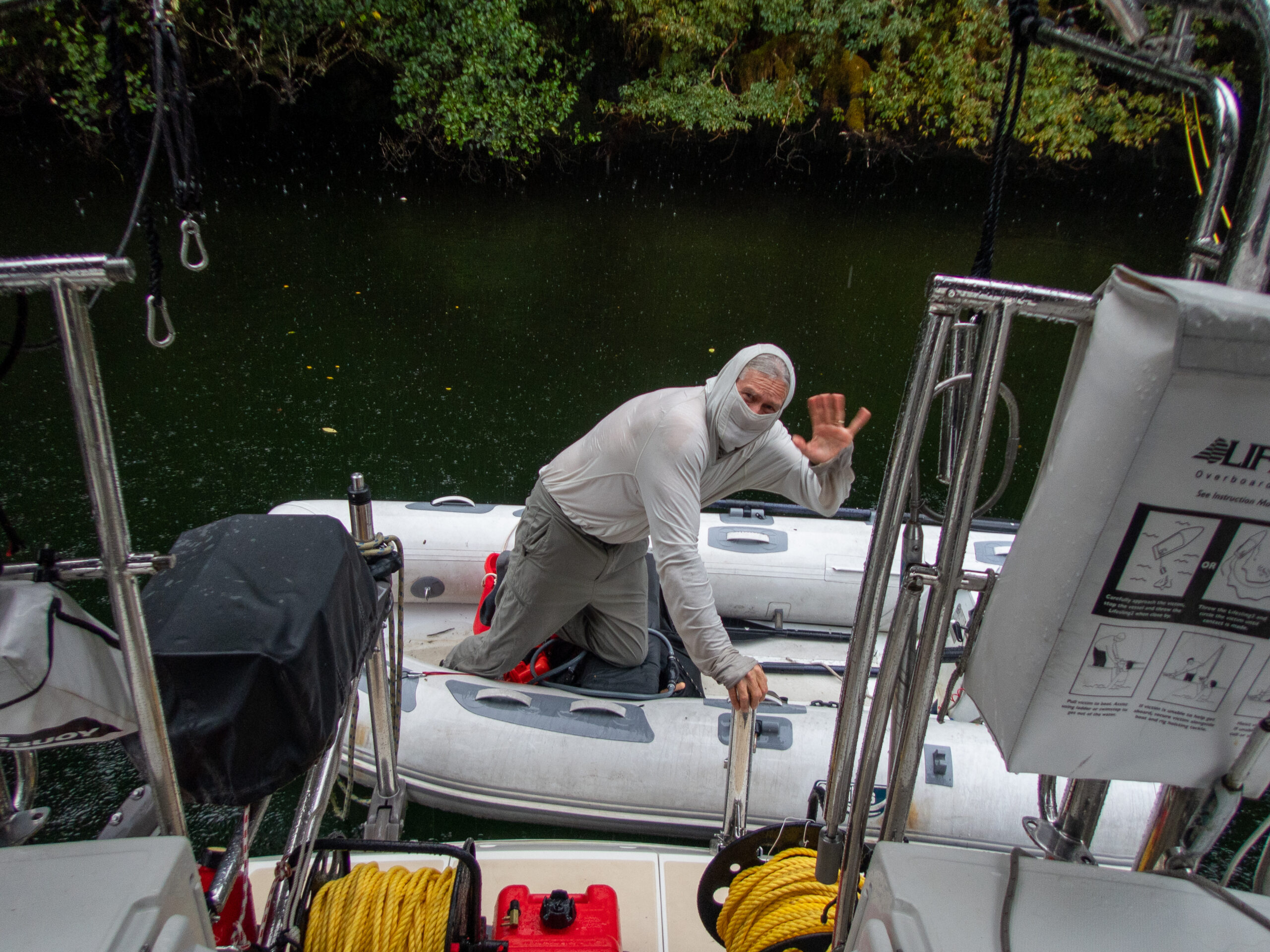
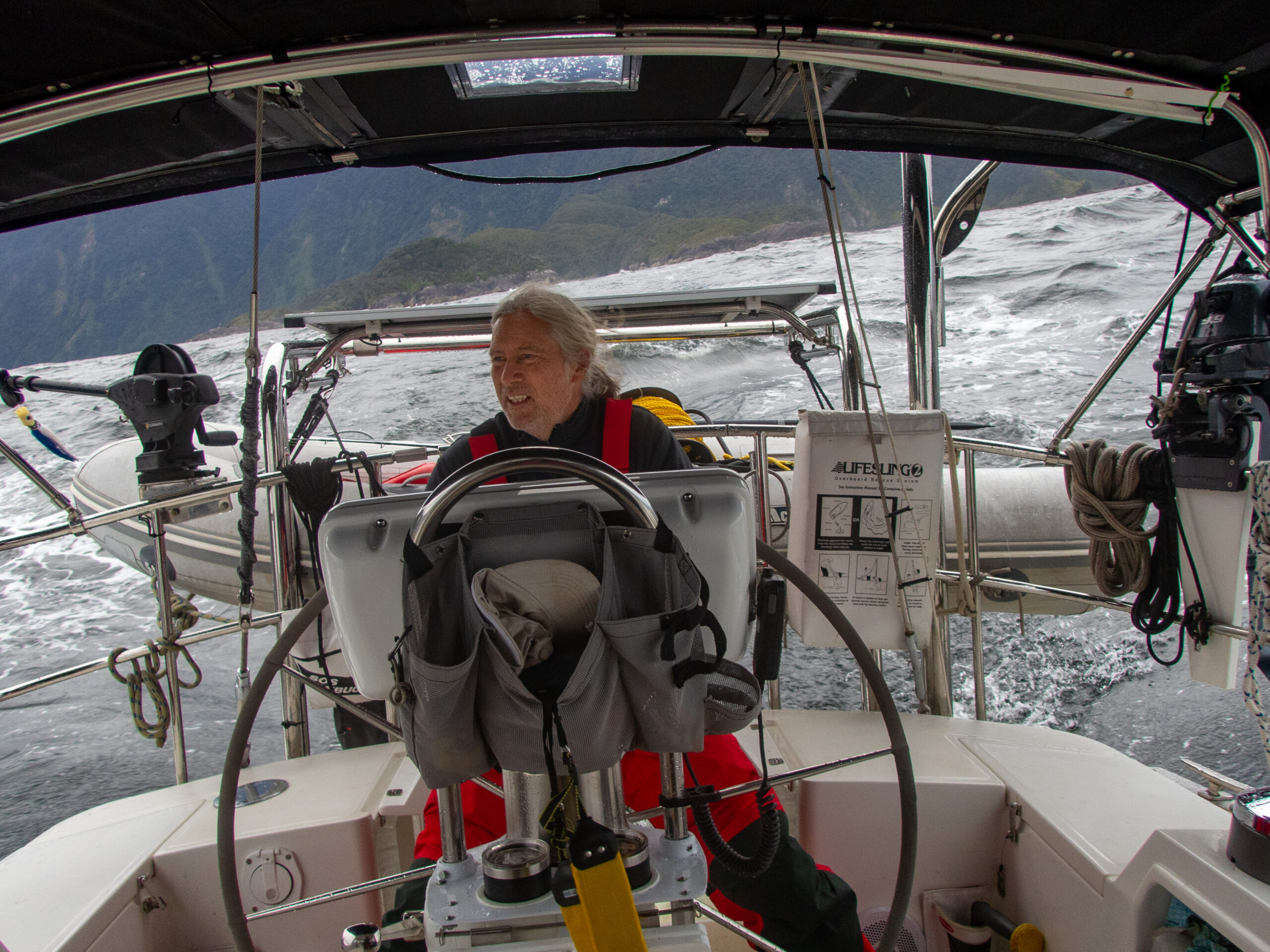
Northward to Charles/Taiporoporo Sound, Mesmerizing – Fiordland
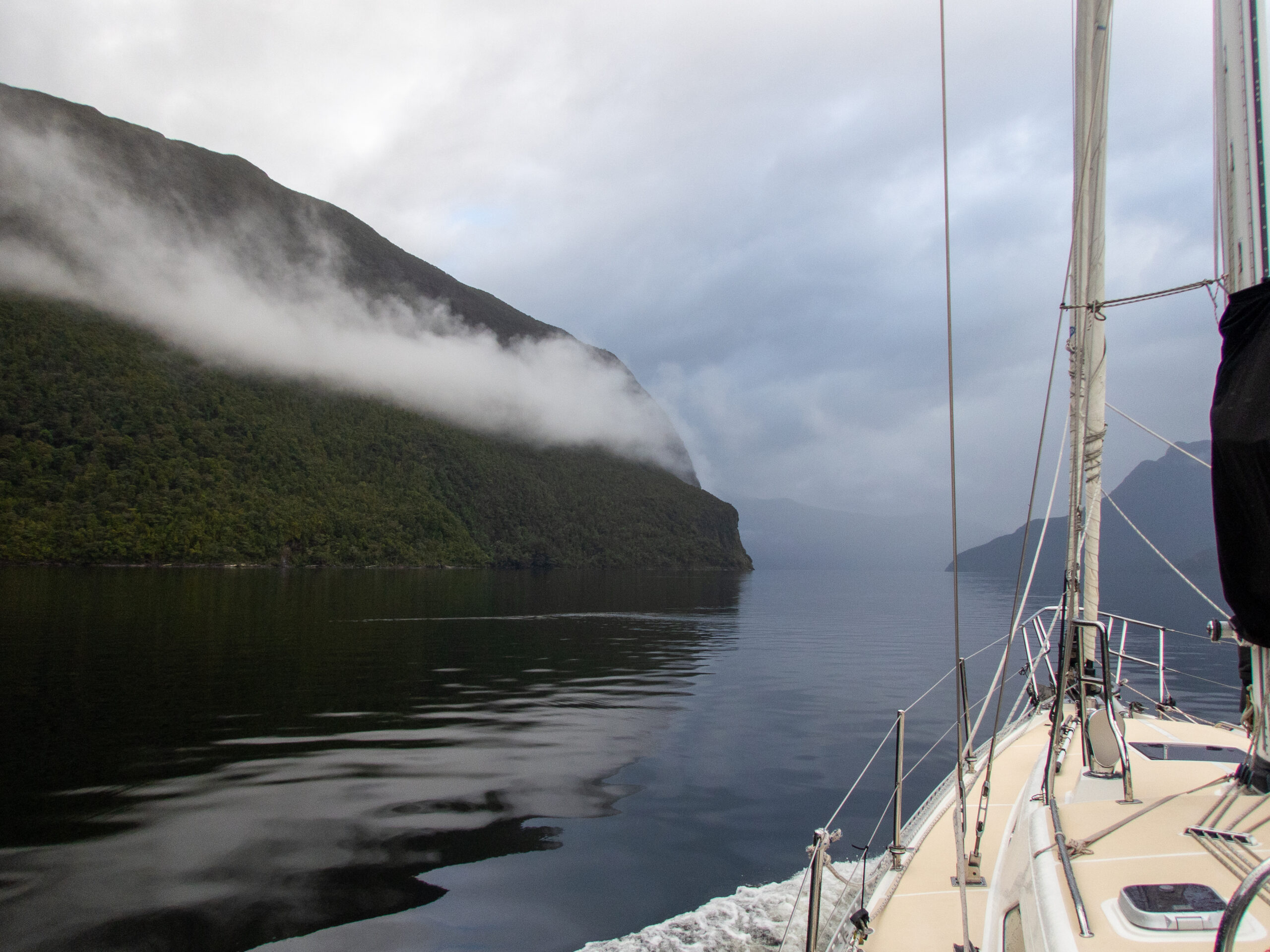
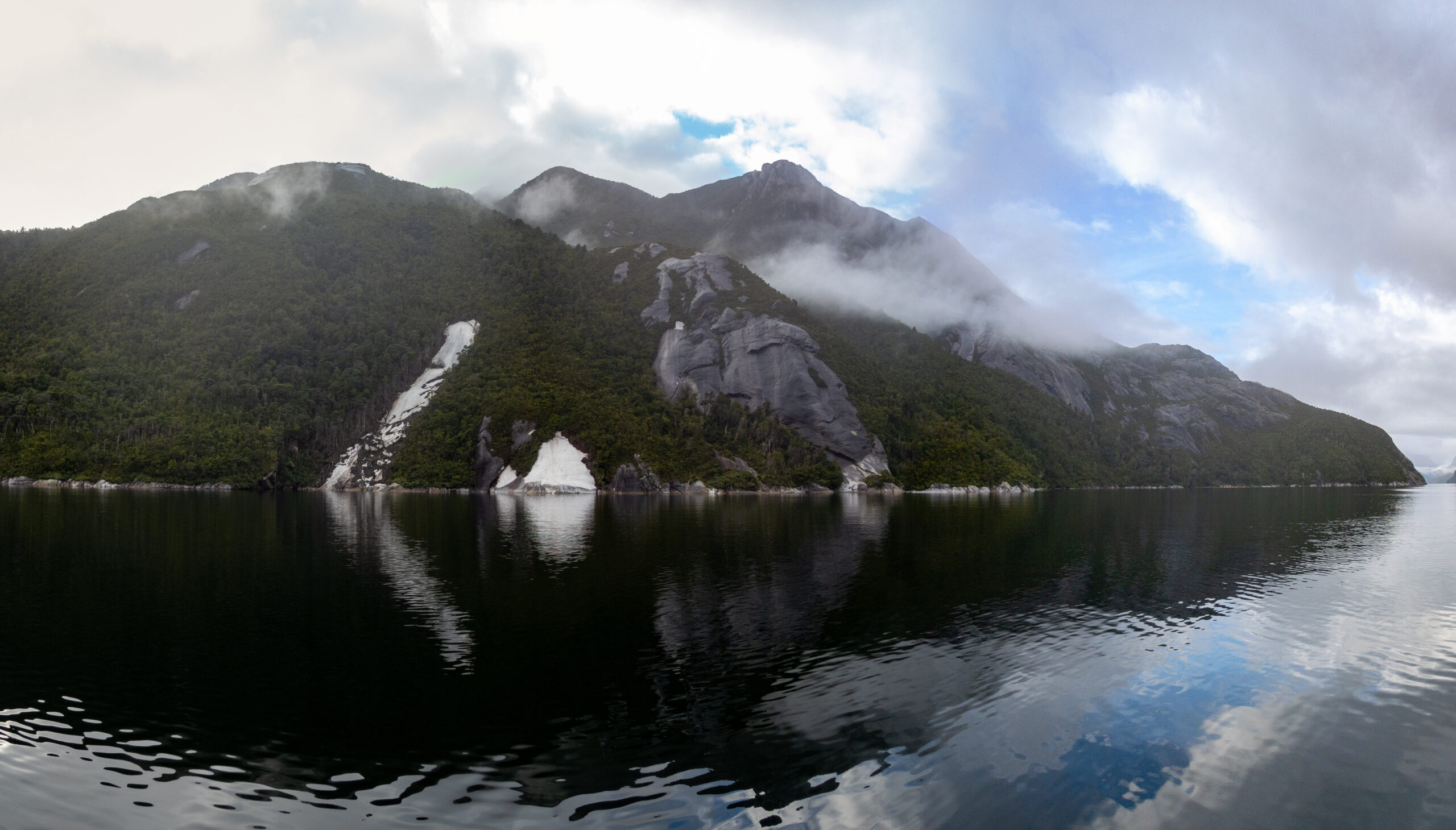
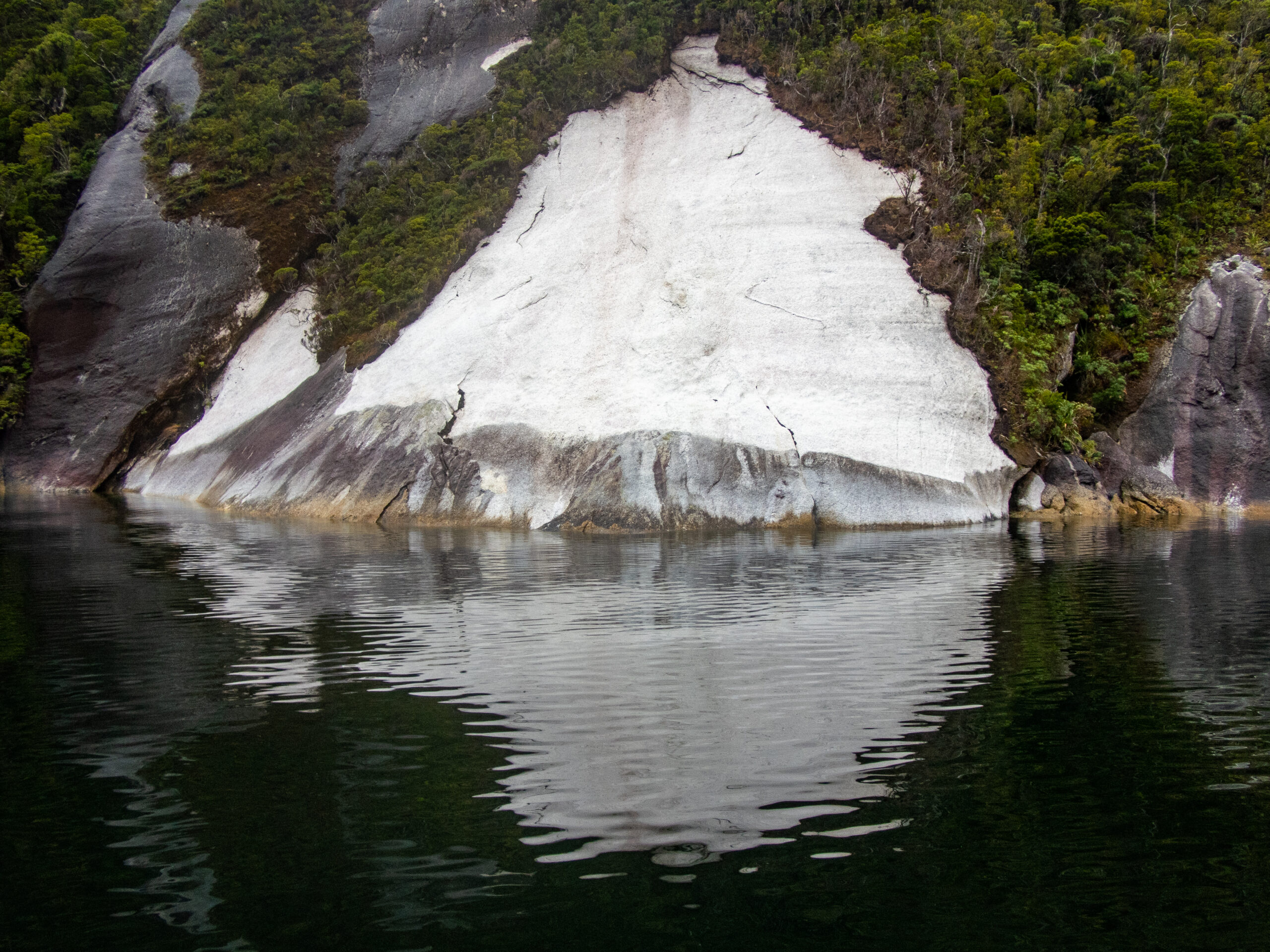
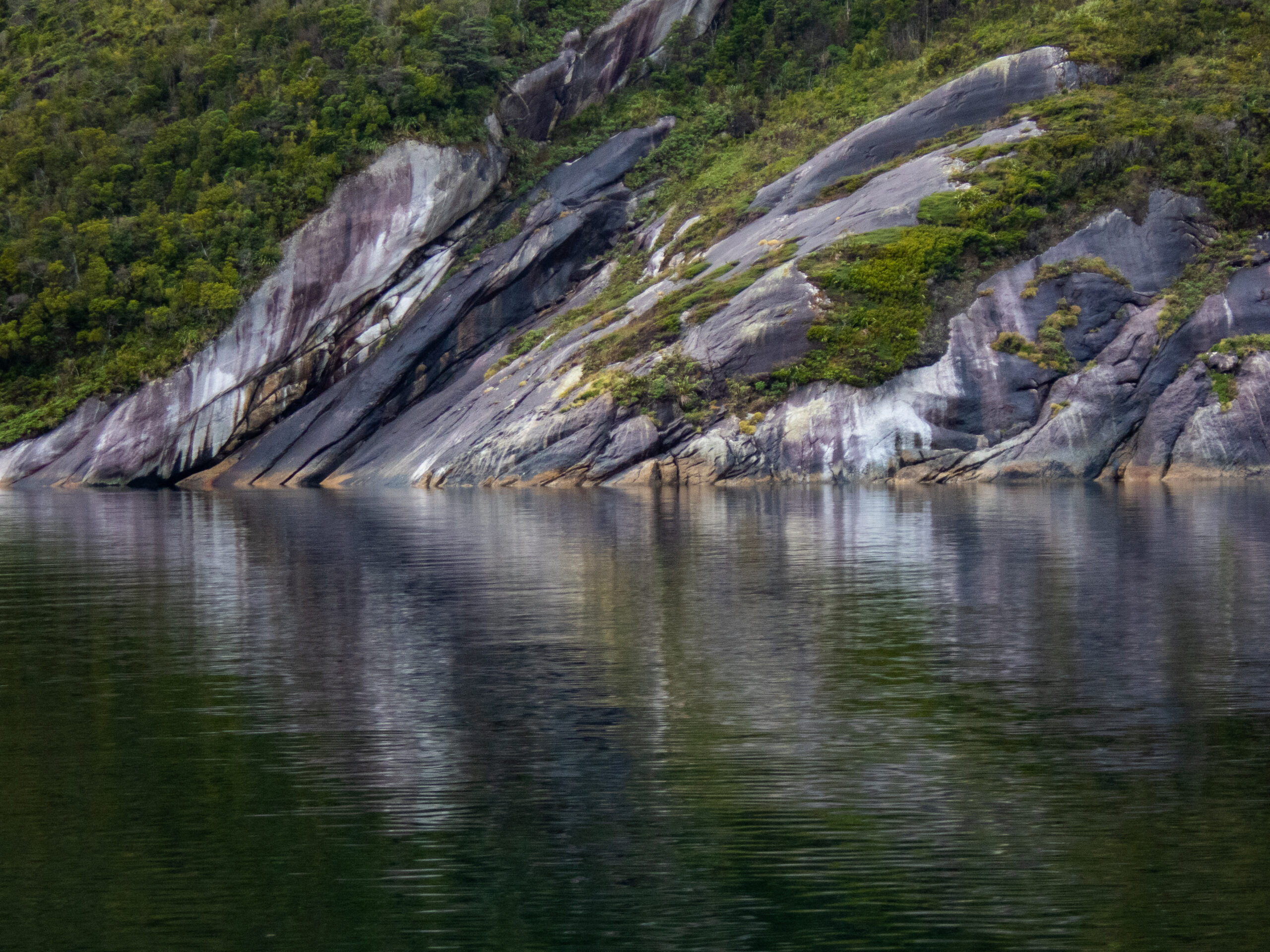
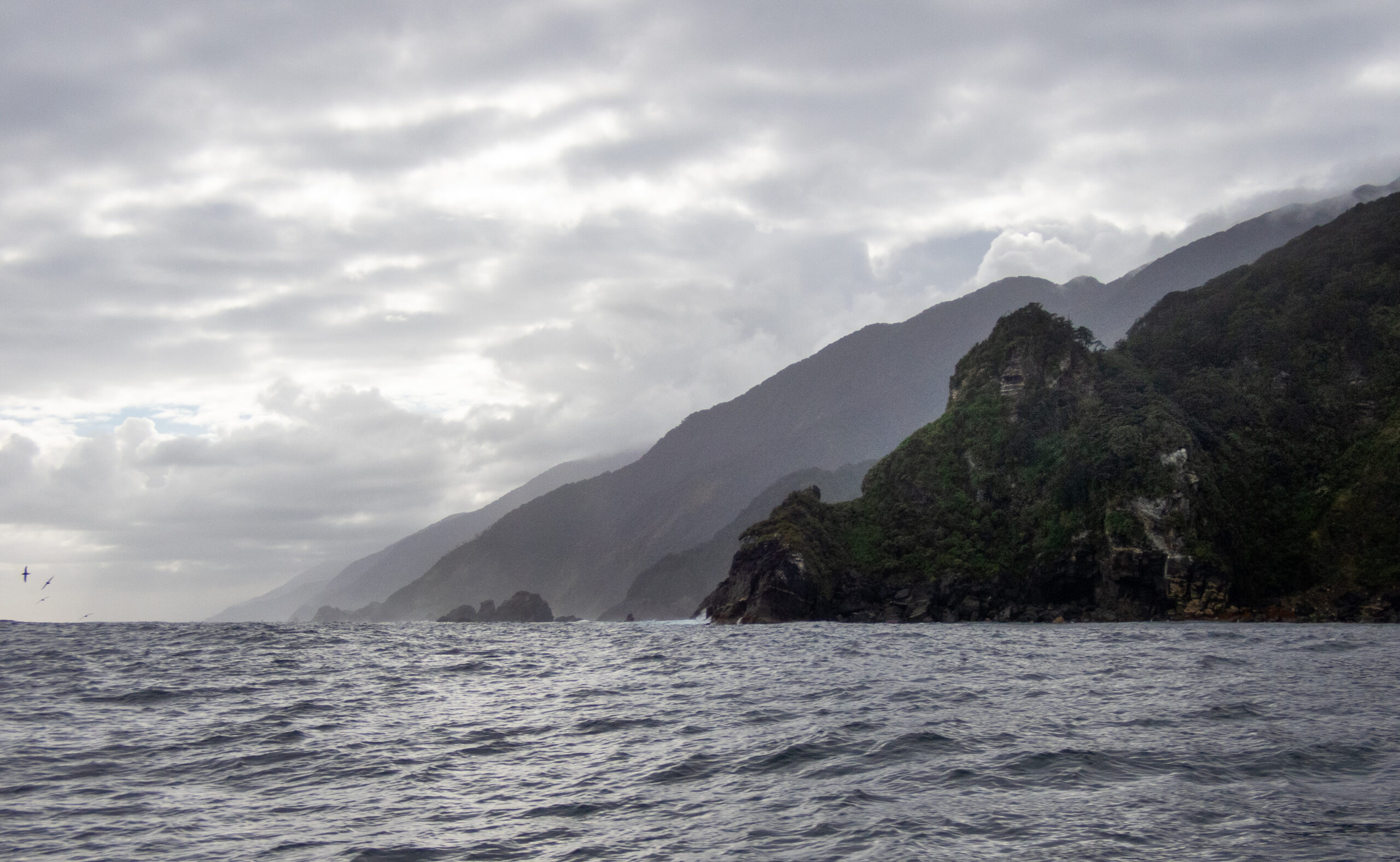
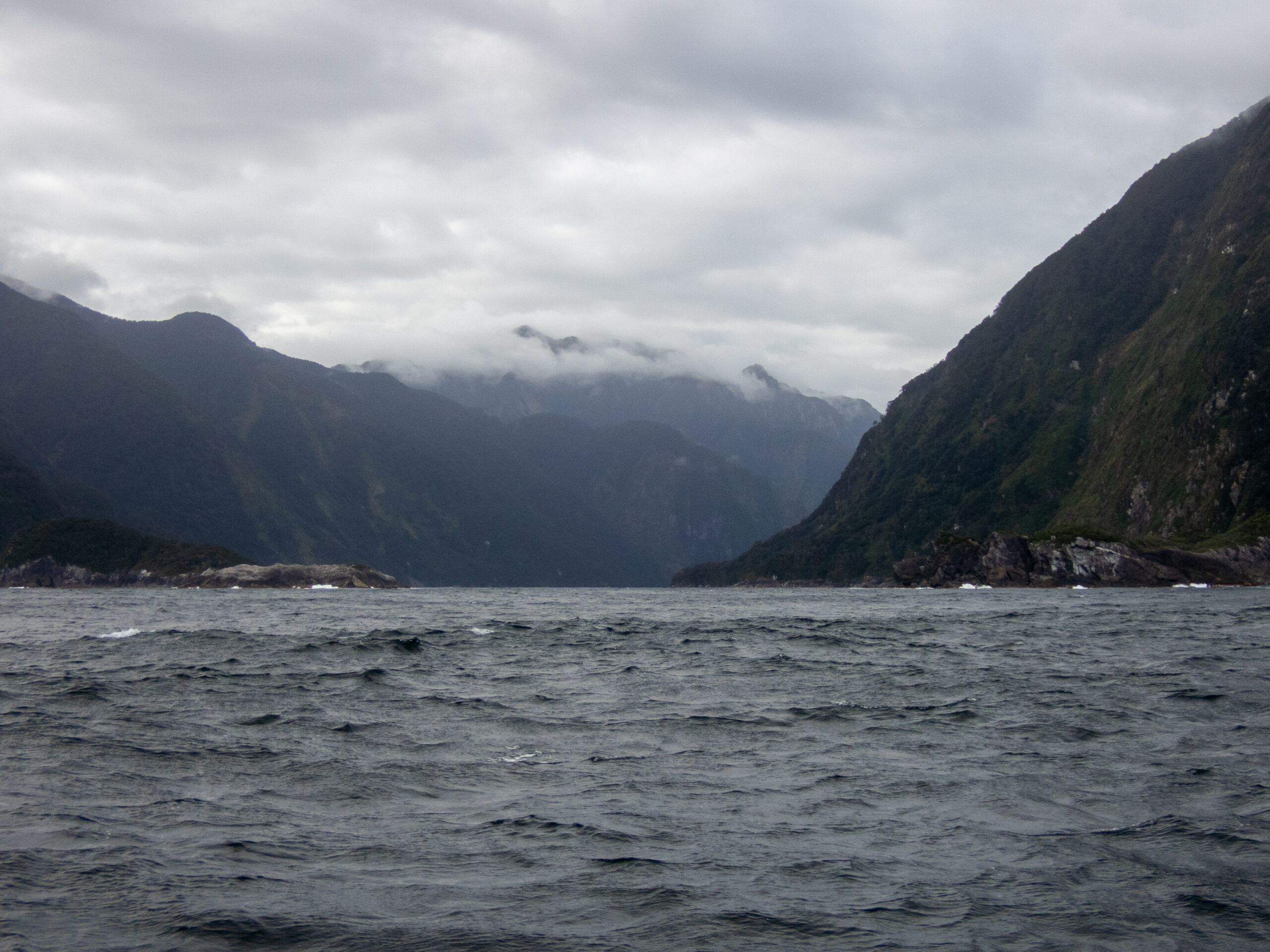

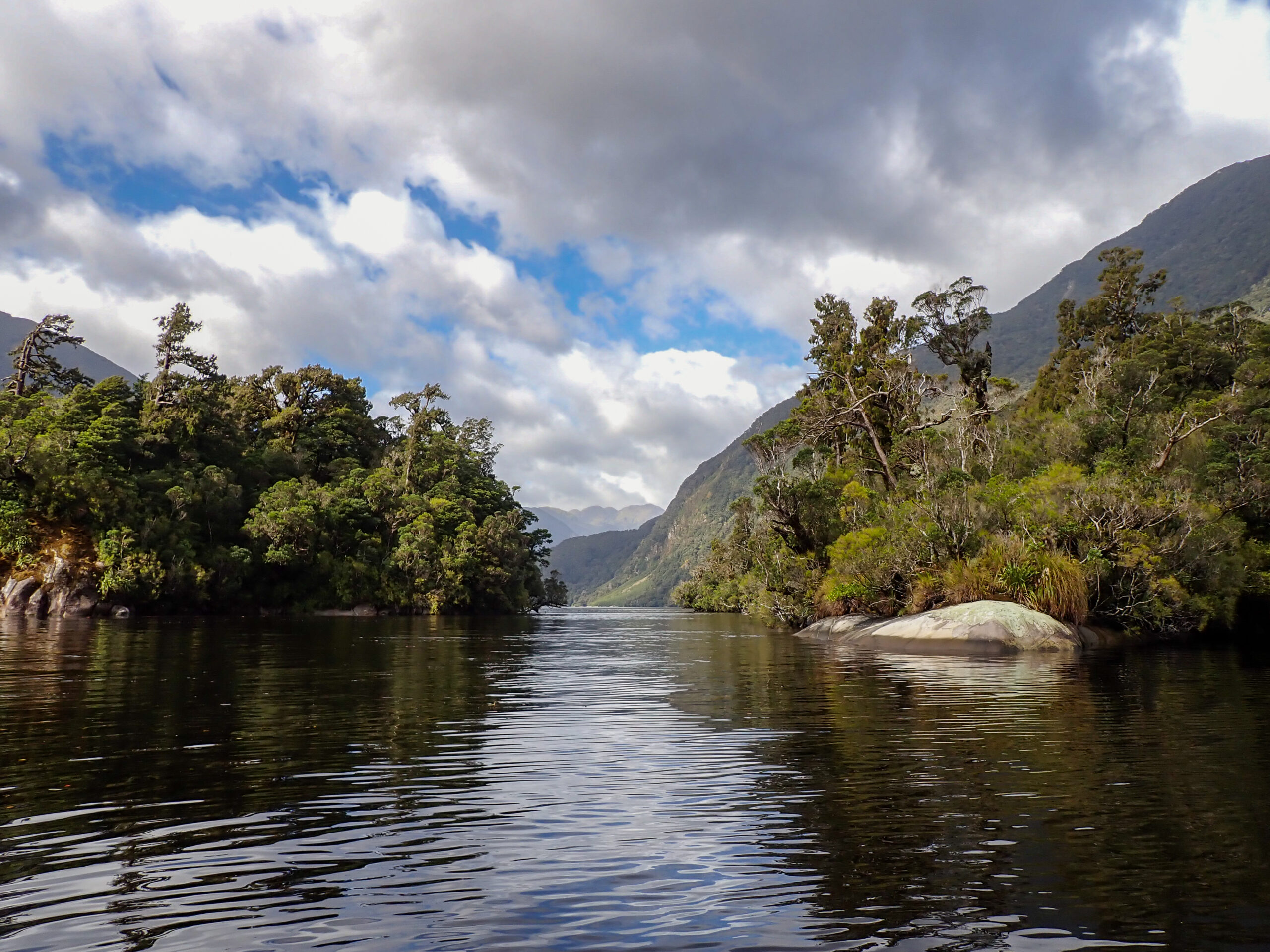
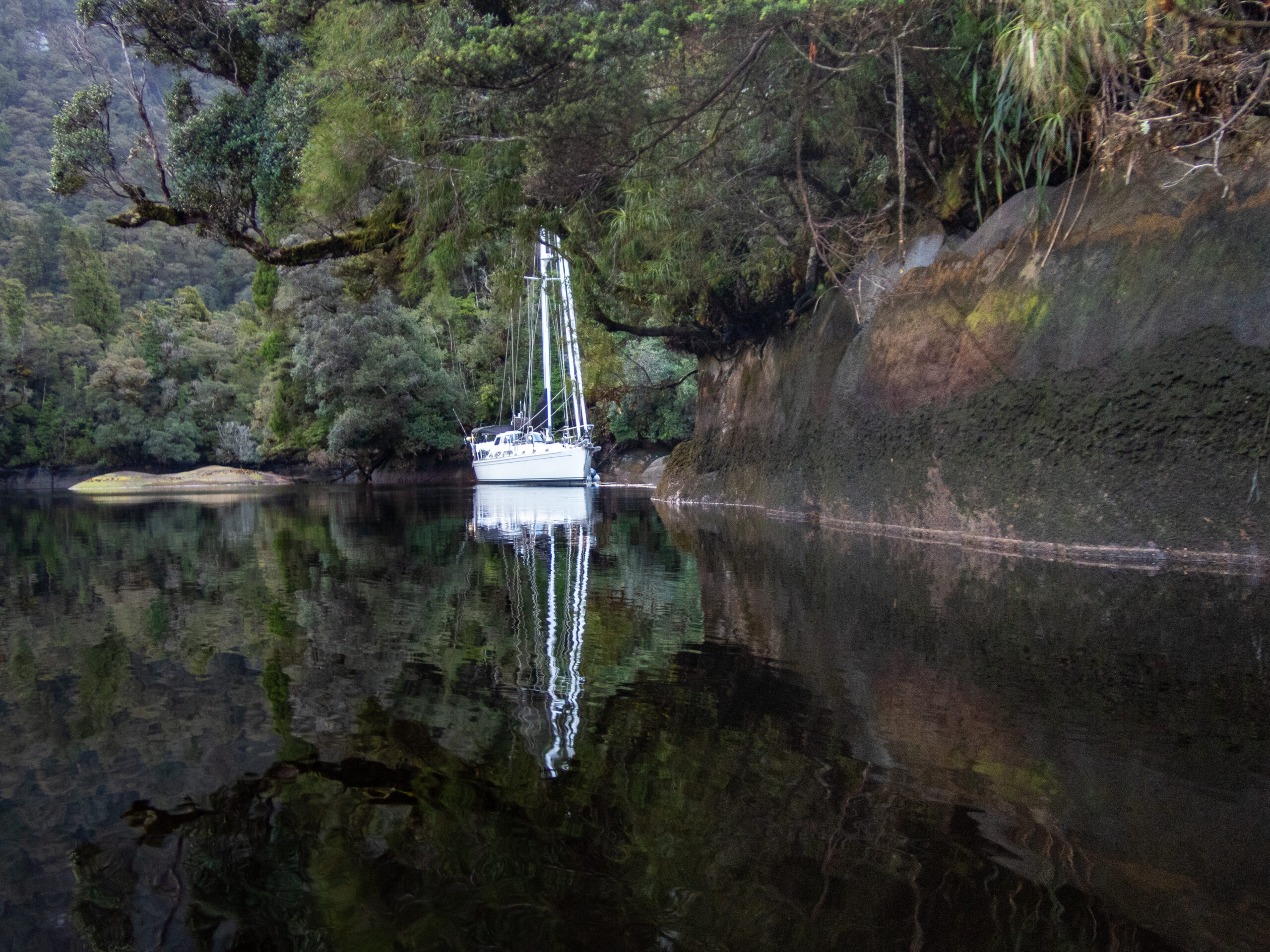


Abstracts
My favorite of Diana’s photographs from Fiordland are the “abstracts,” which she discovers by looking in a very careful, unique way, at the tidal line along the rocks, that magical transitional space between the hidden world underwater and the green, vibrant life-on-fire world above. Bare stone, stained and painted with time and color, bent and reflected by the still, secret, freshwater shimmering over the tide, the infinite, creative capacity of nature. Diana uses framing to share this vision, to point out Nature’s mastery of abstract art. It’s no surprise (and no accident) that these images feel so profoundly connected to her mosaic work. Most of the time these photographic expeditions are her solo meditations, which she shares with me when she gets back to Allora (after hours in the kayak!). But I’ve also been with her, paddling Namo gently into position, sitting right next to her, appreciating the wholeness of a beautiful place but without quite seeing what she is seeing. These images, for me, represent a particular (and particularly magical) collaboration between Diana and this very, very special world we are navigating in Fiordland.~MS
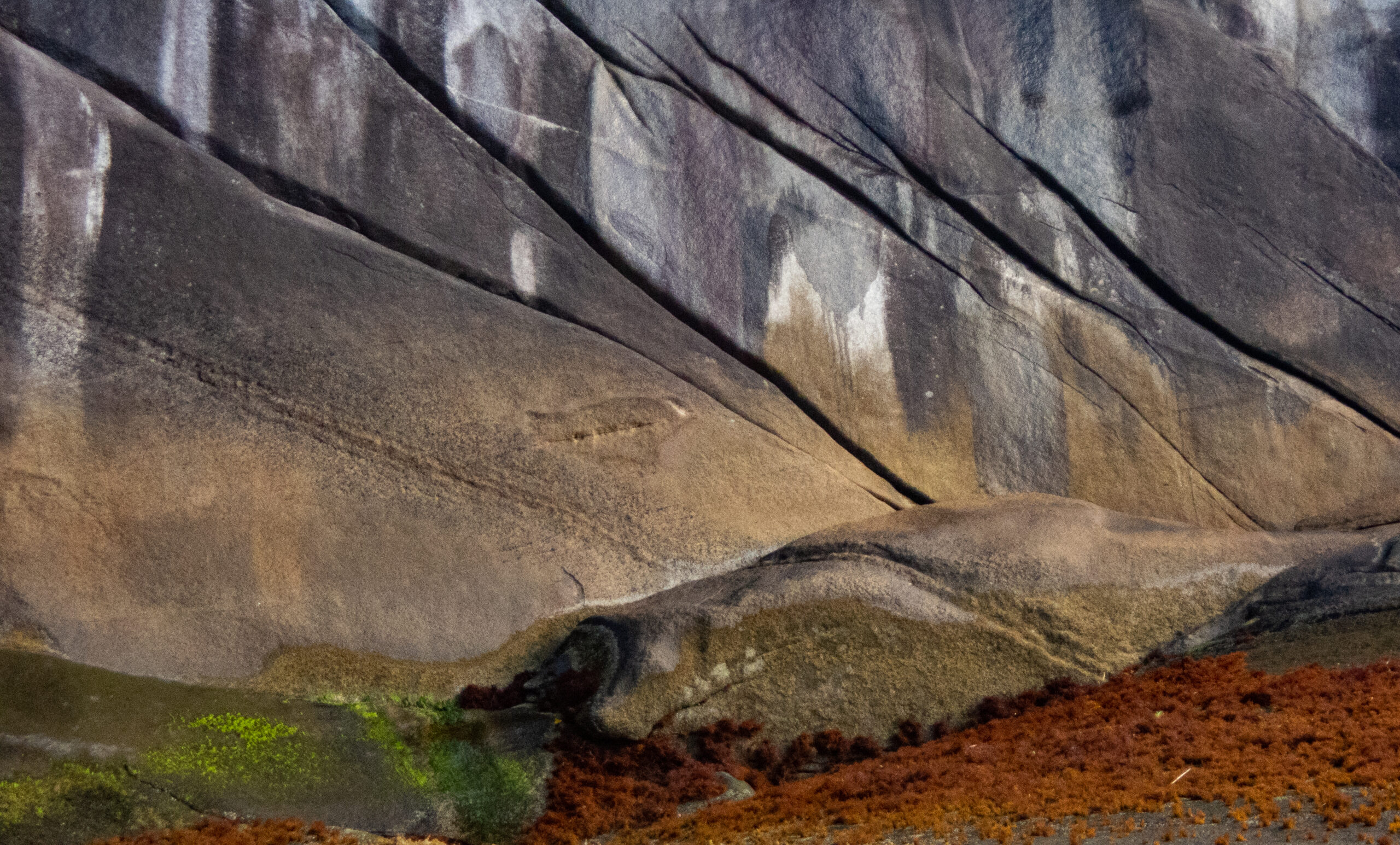

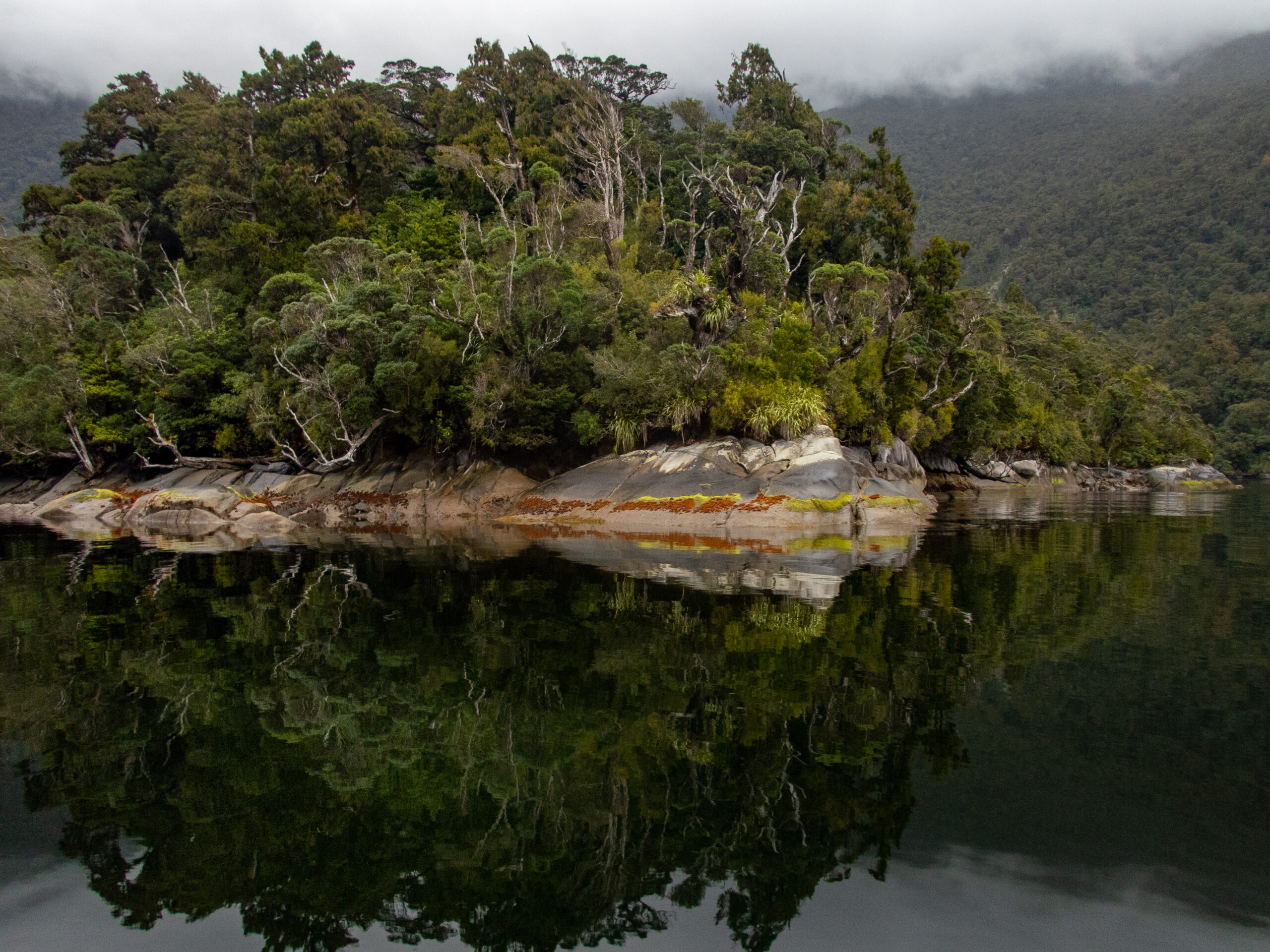
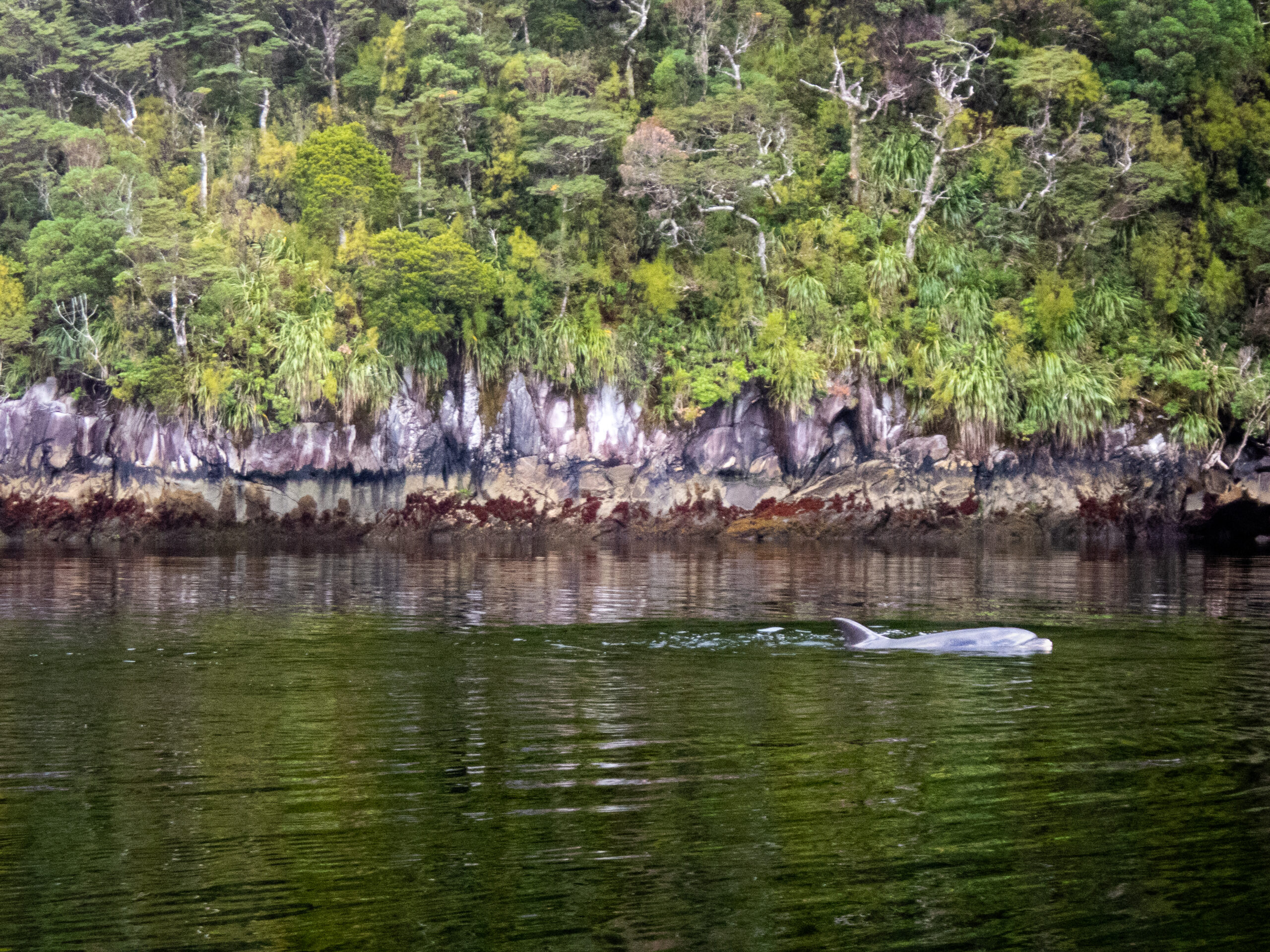
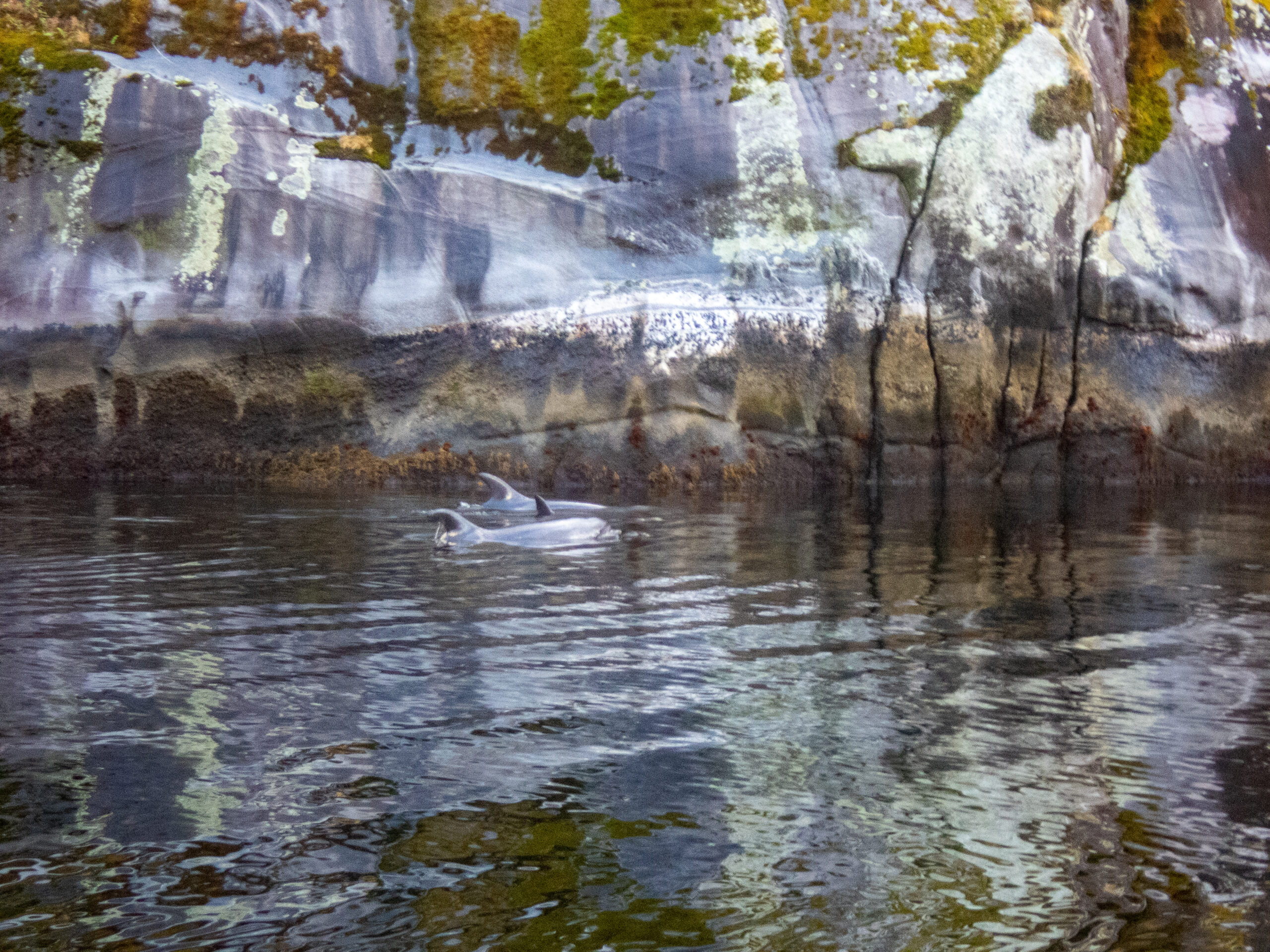
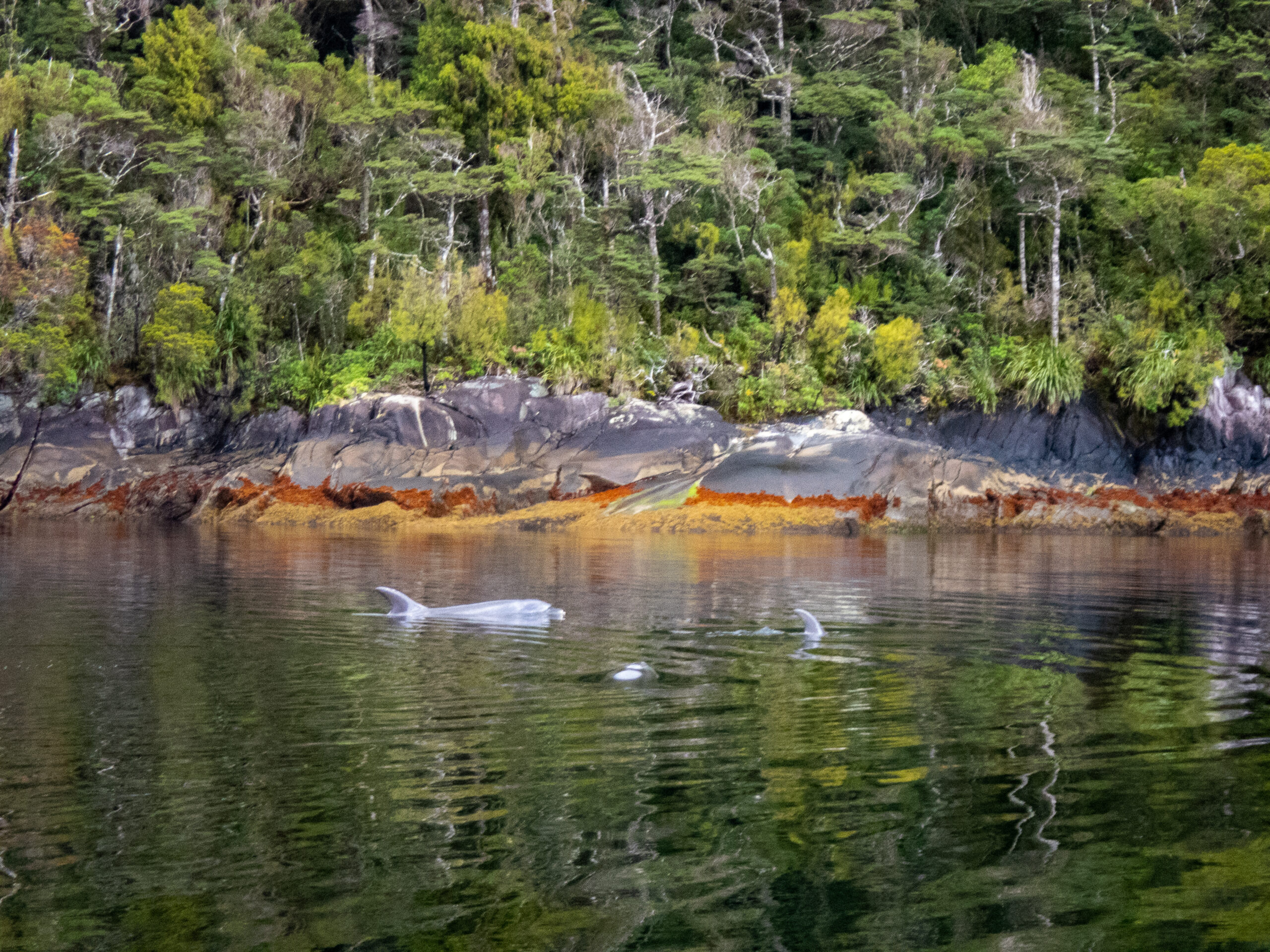


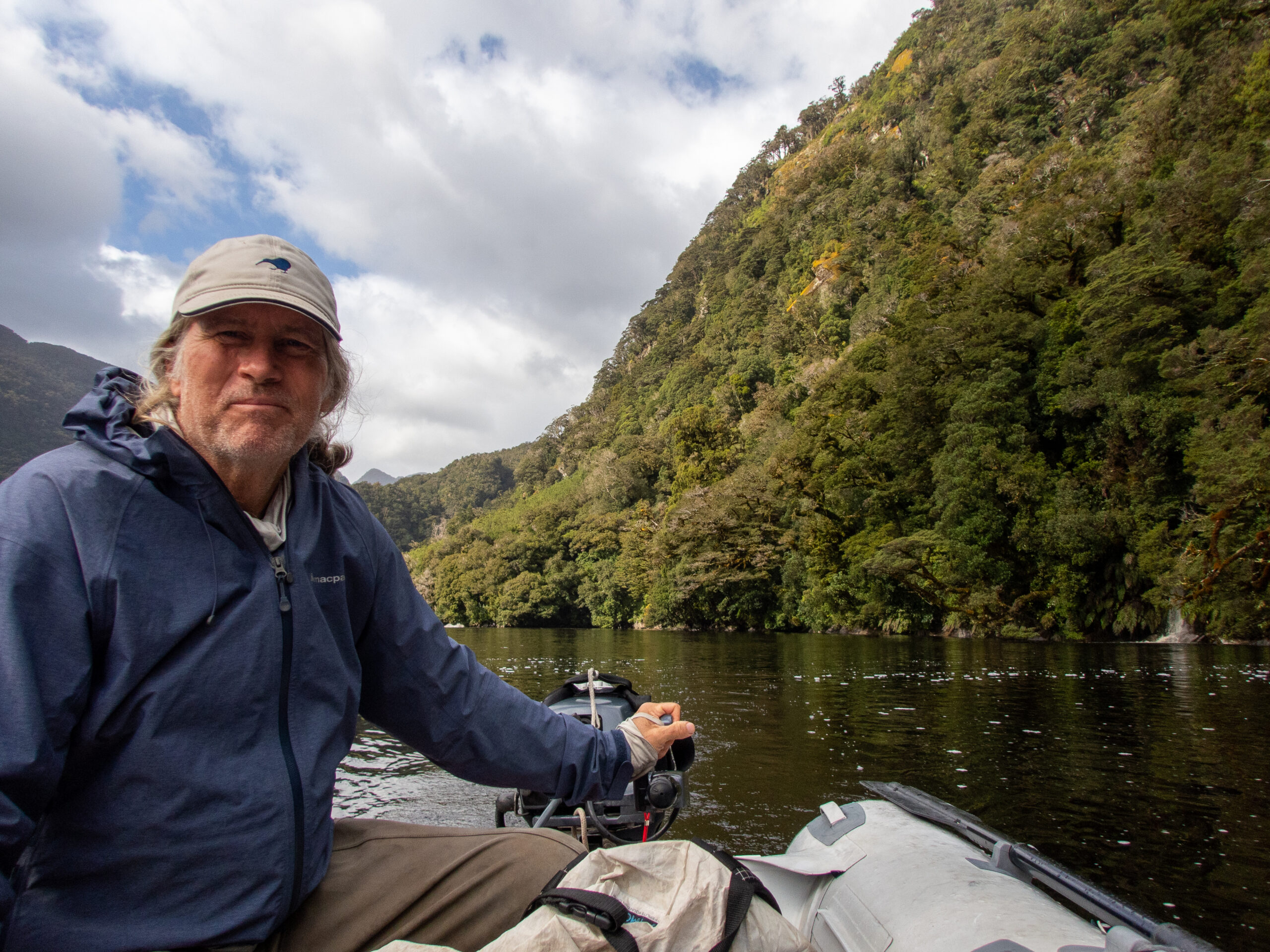
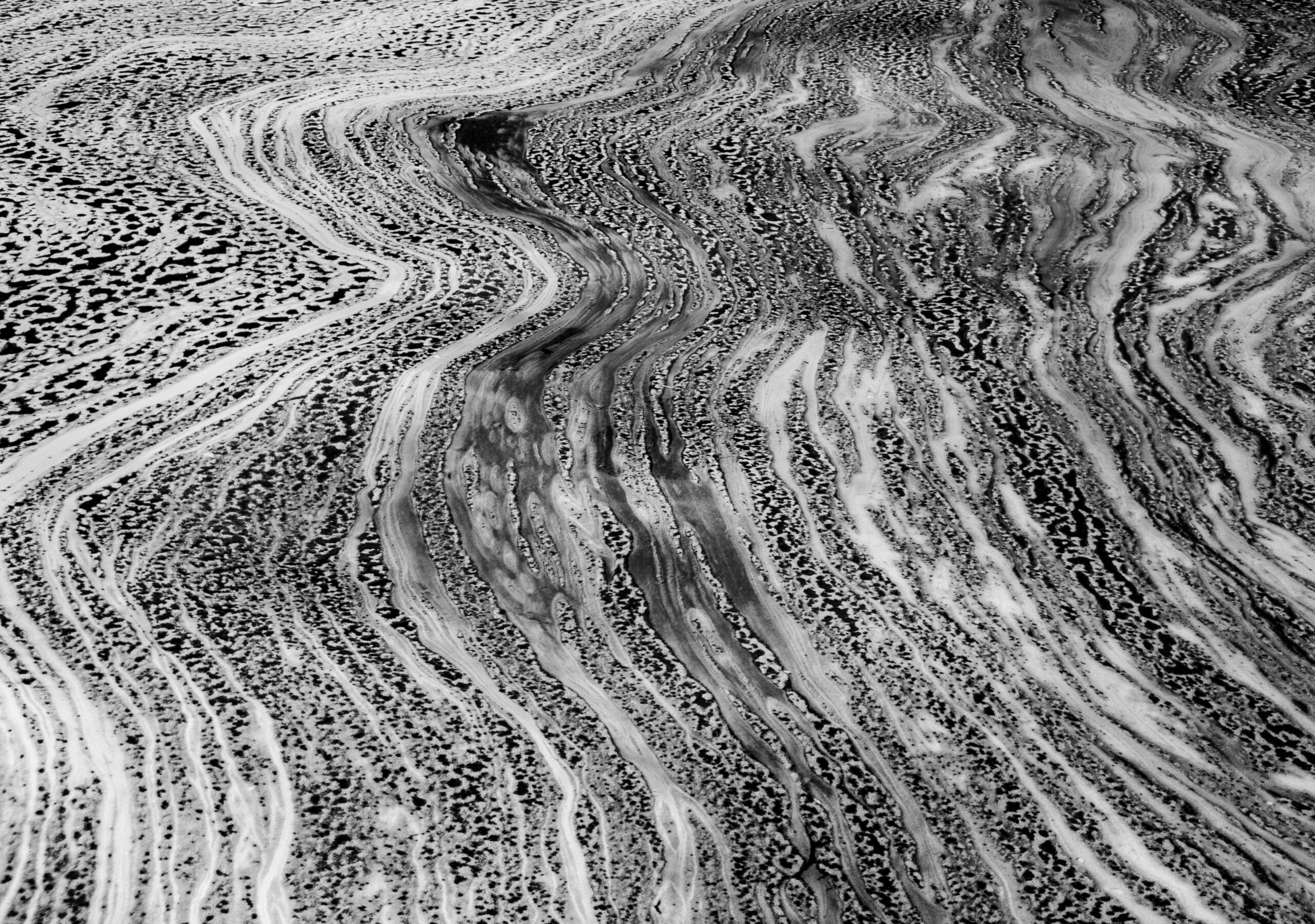
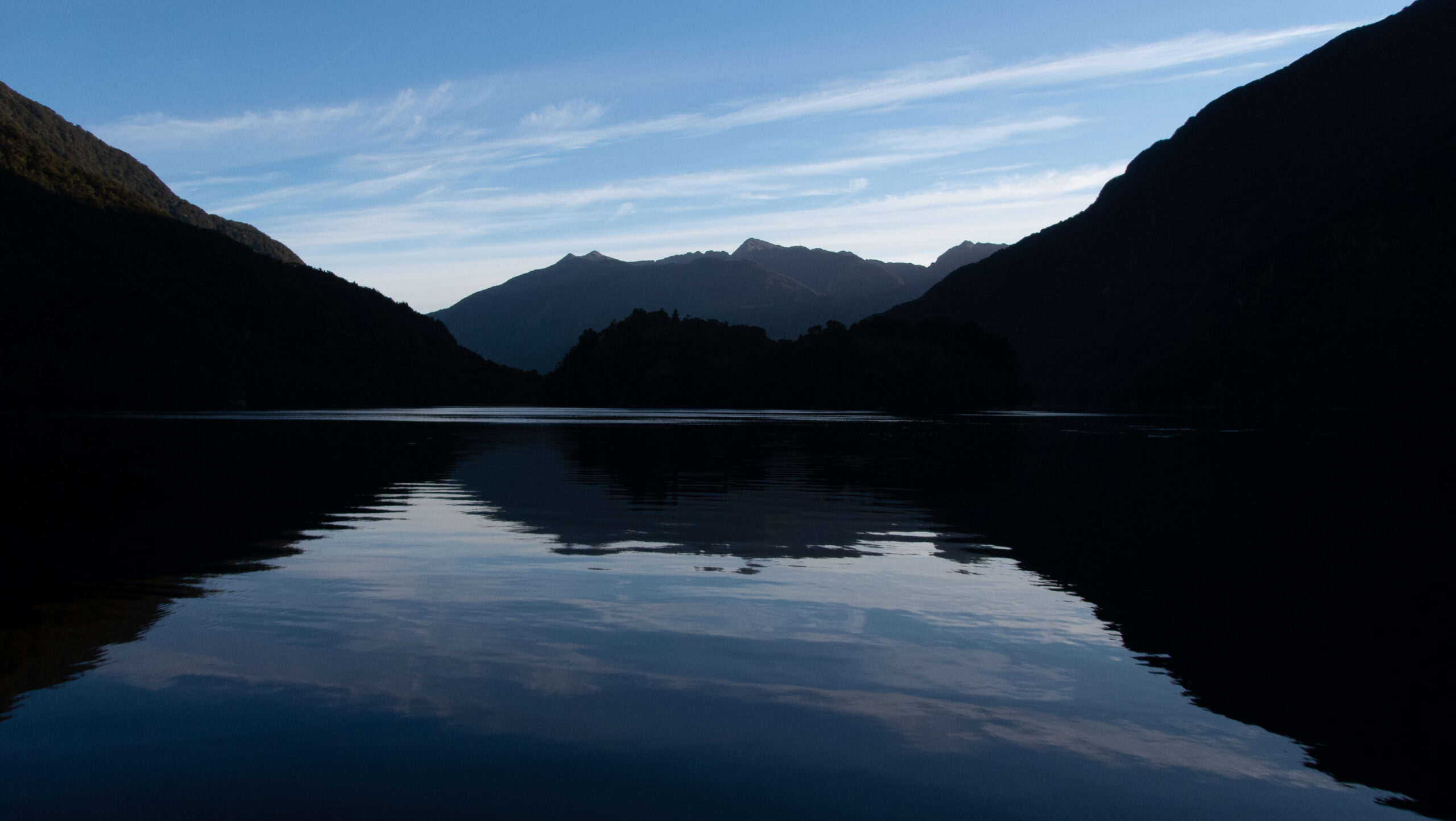

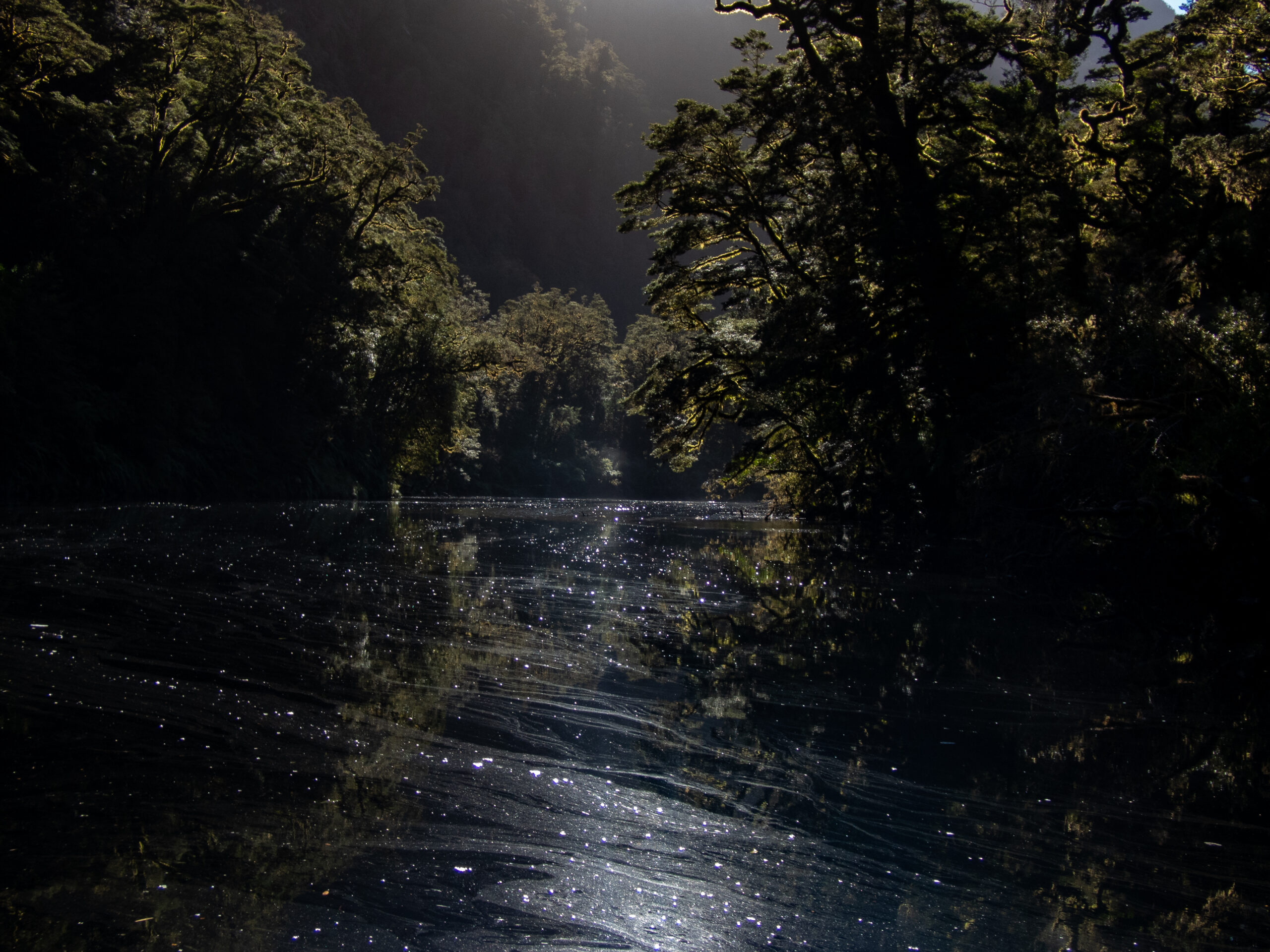
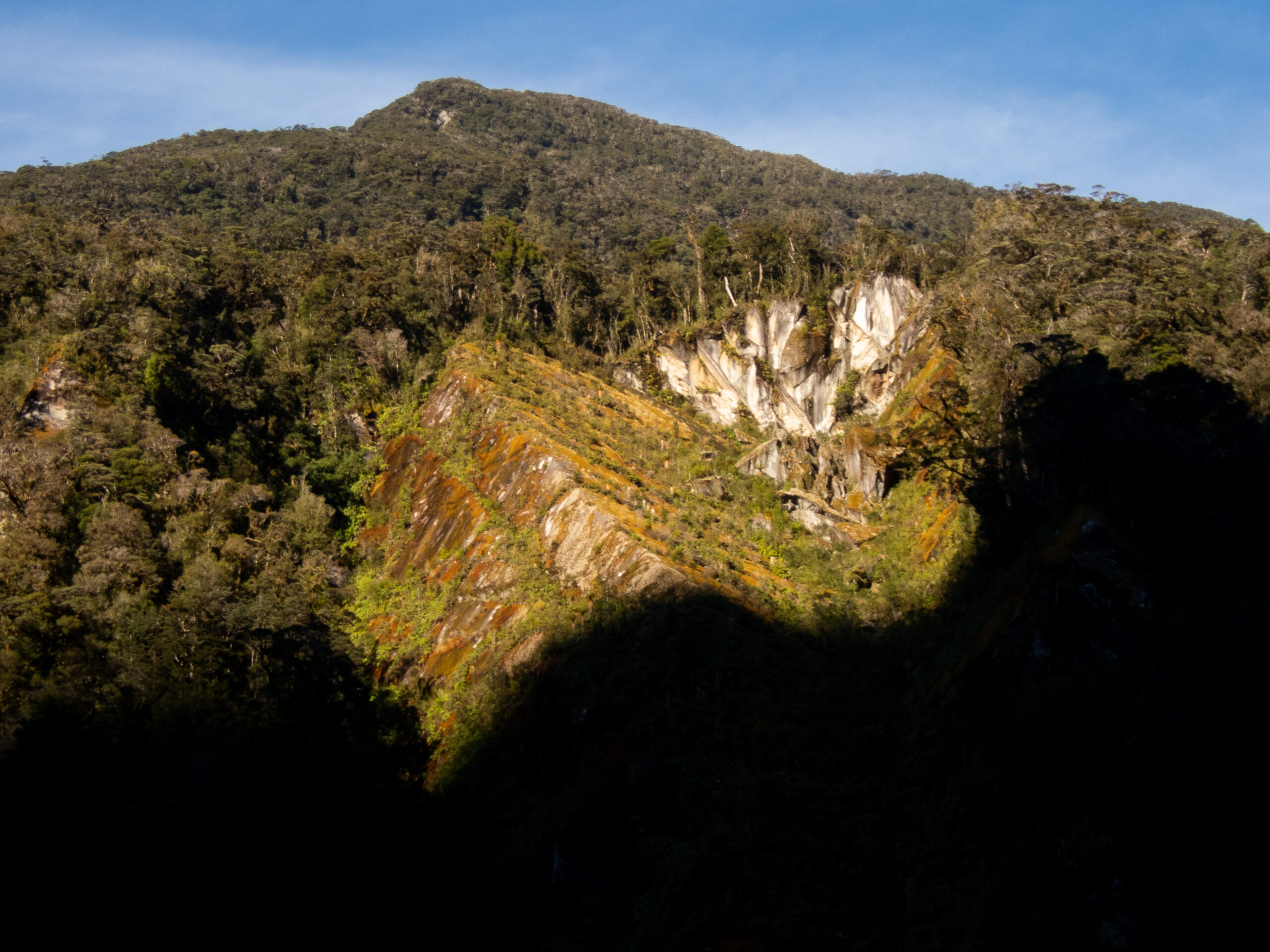
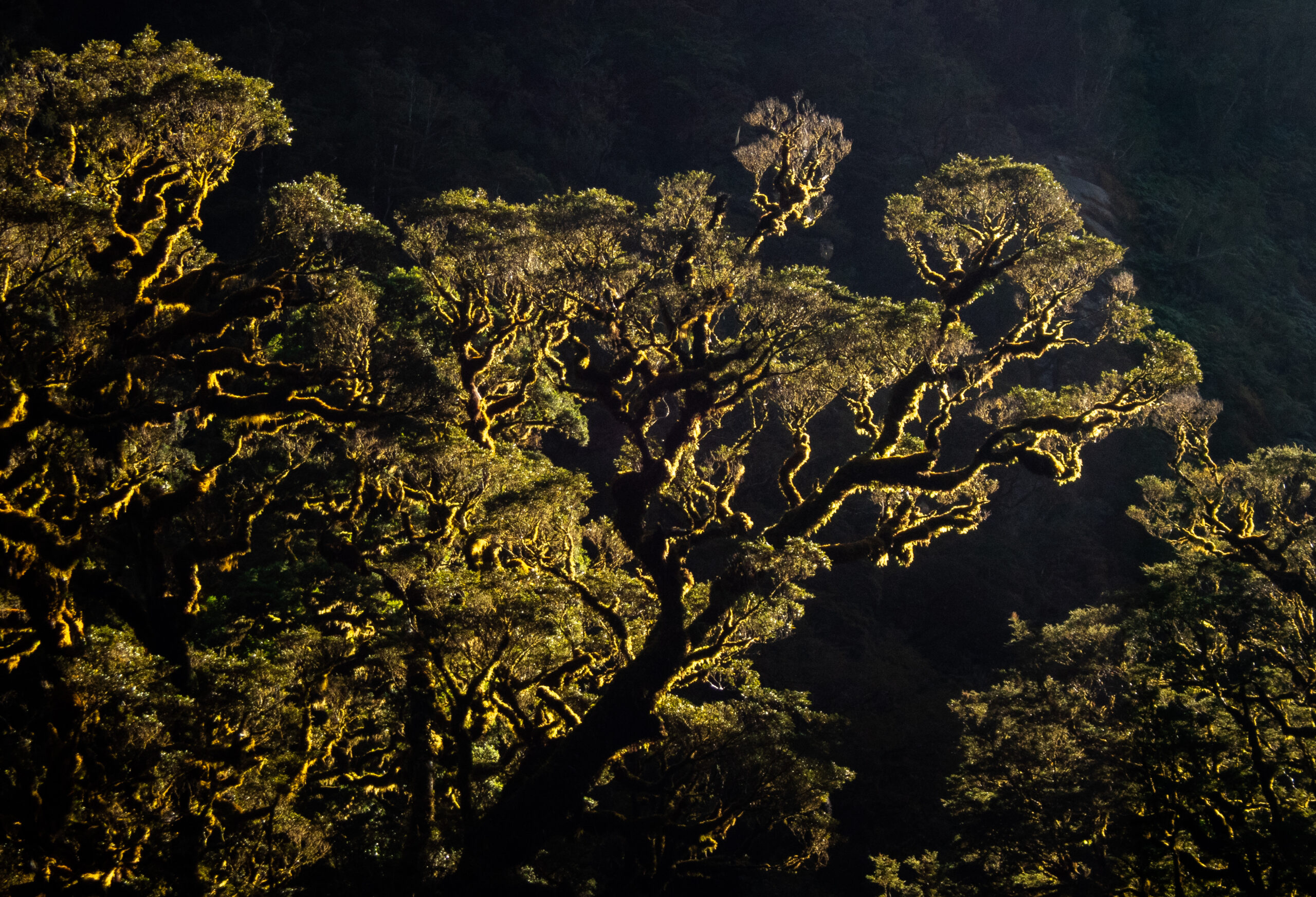
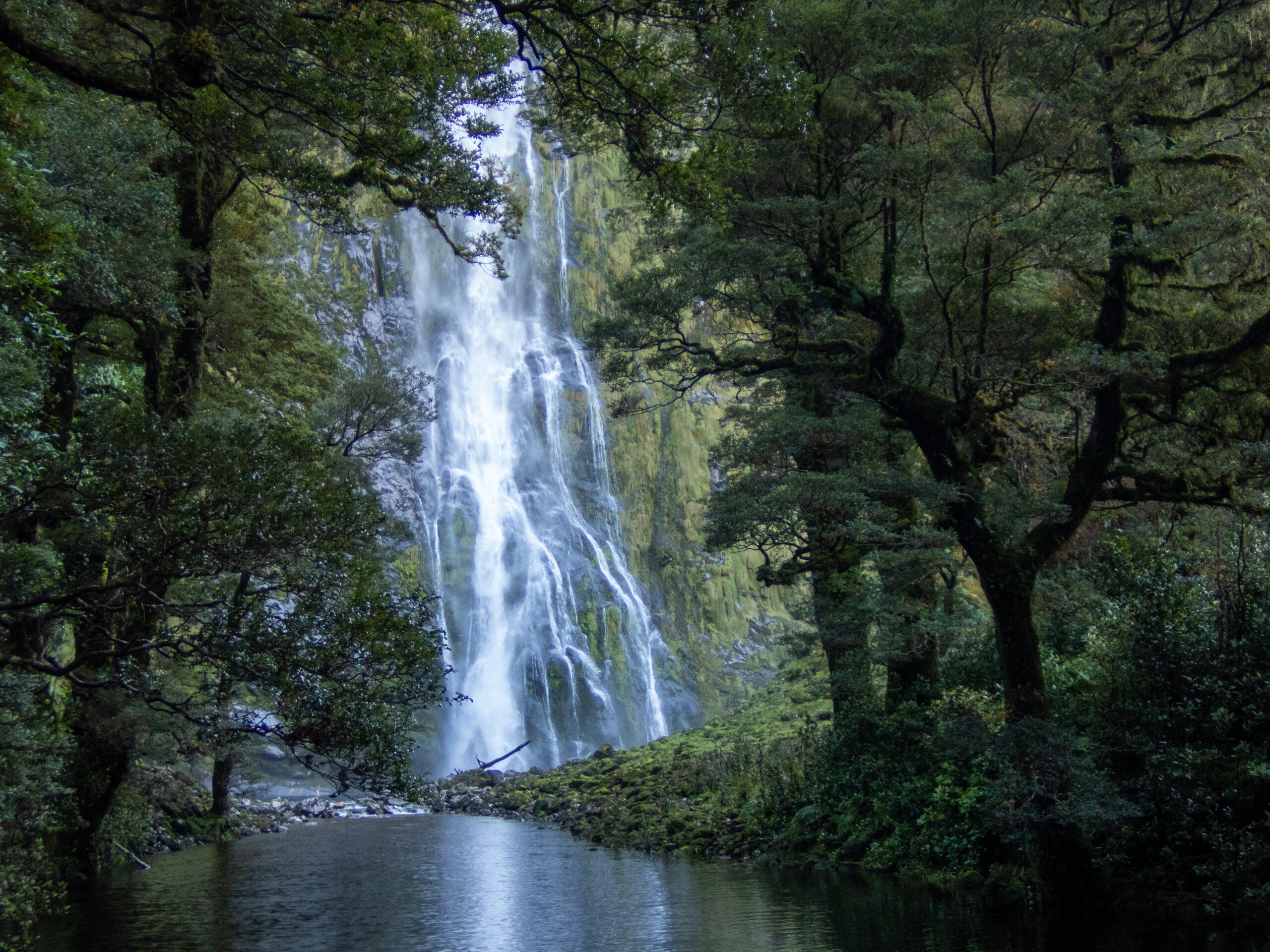

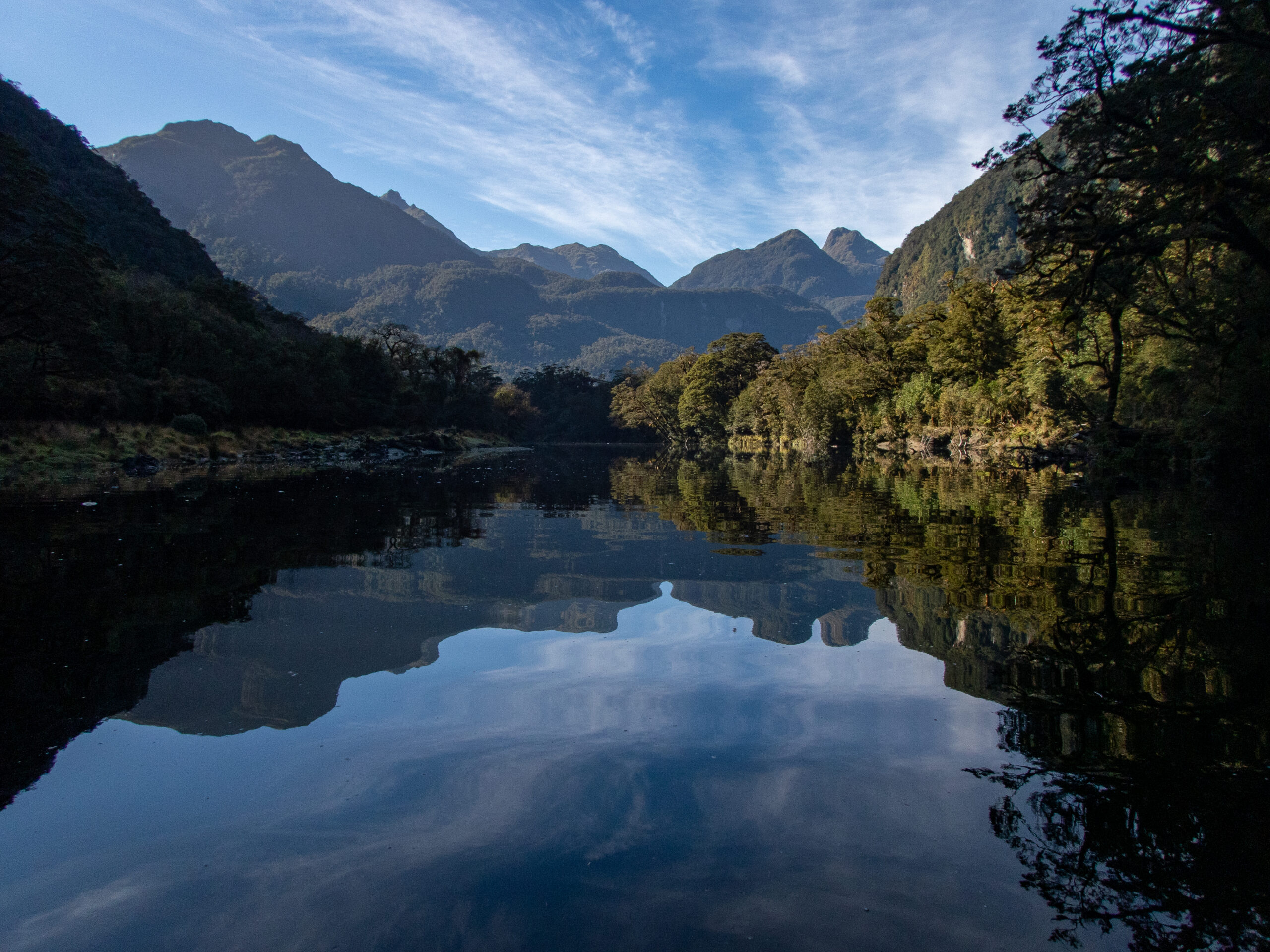
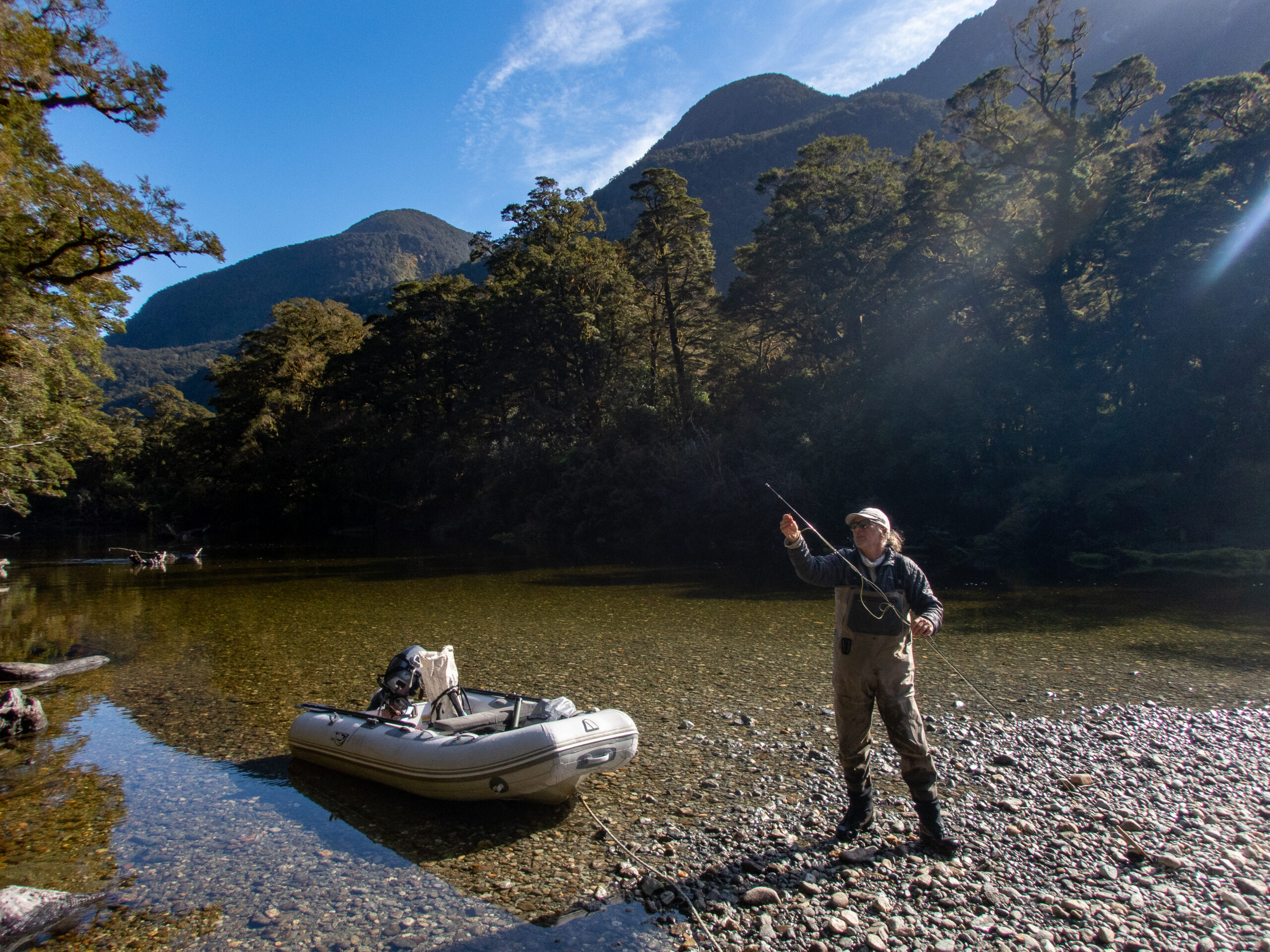

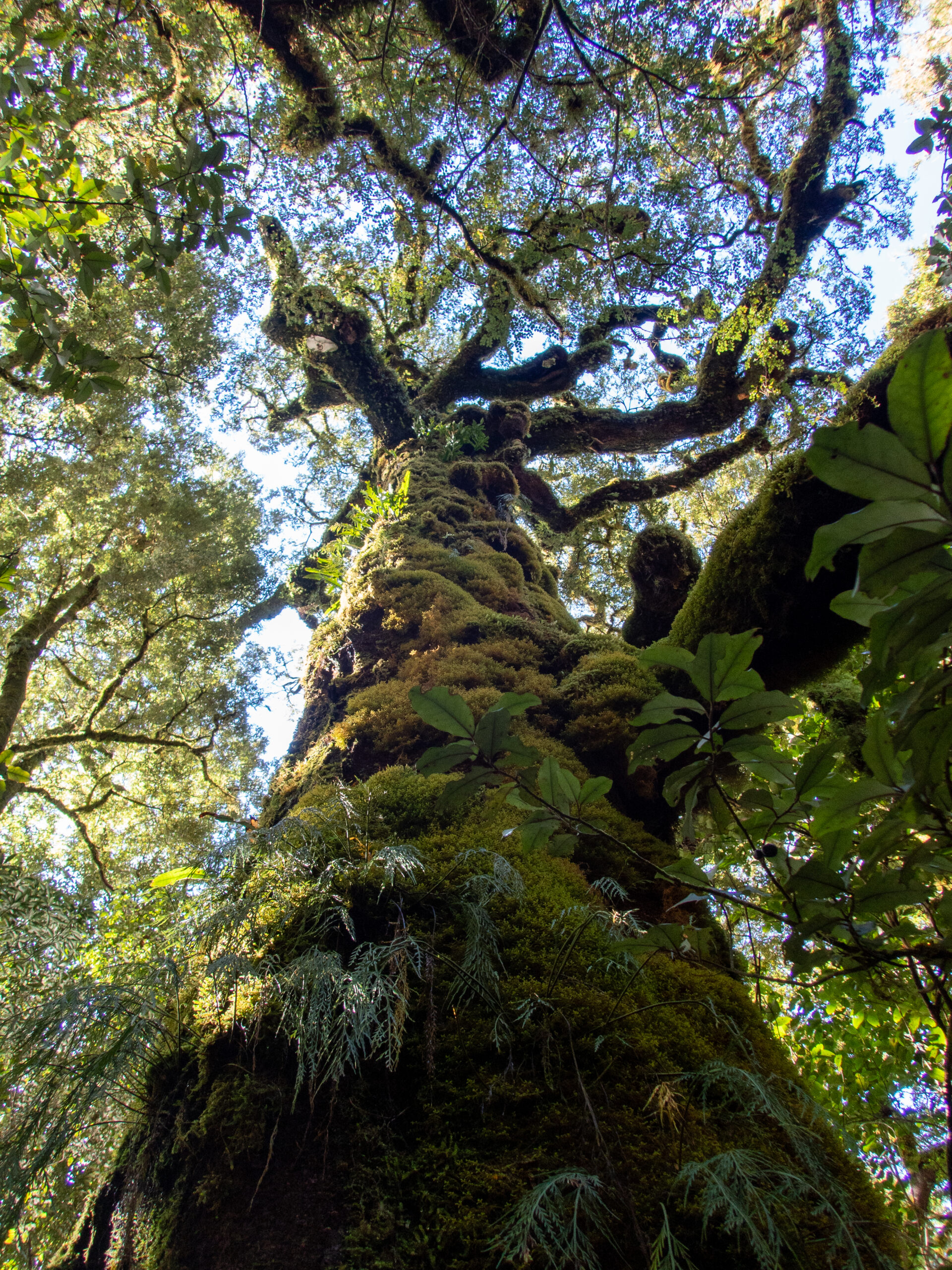
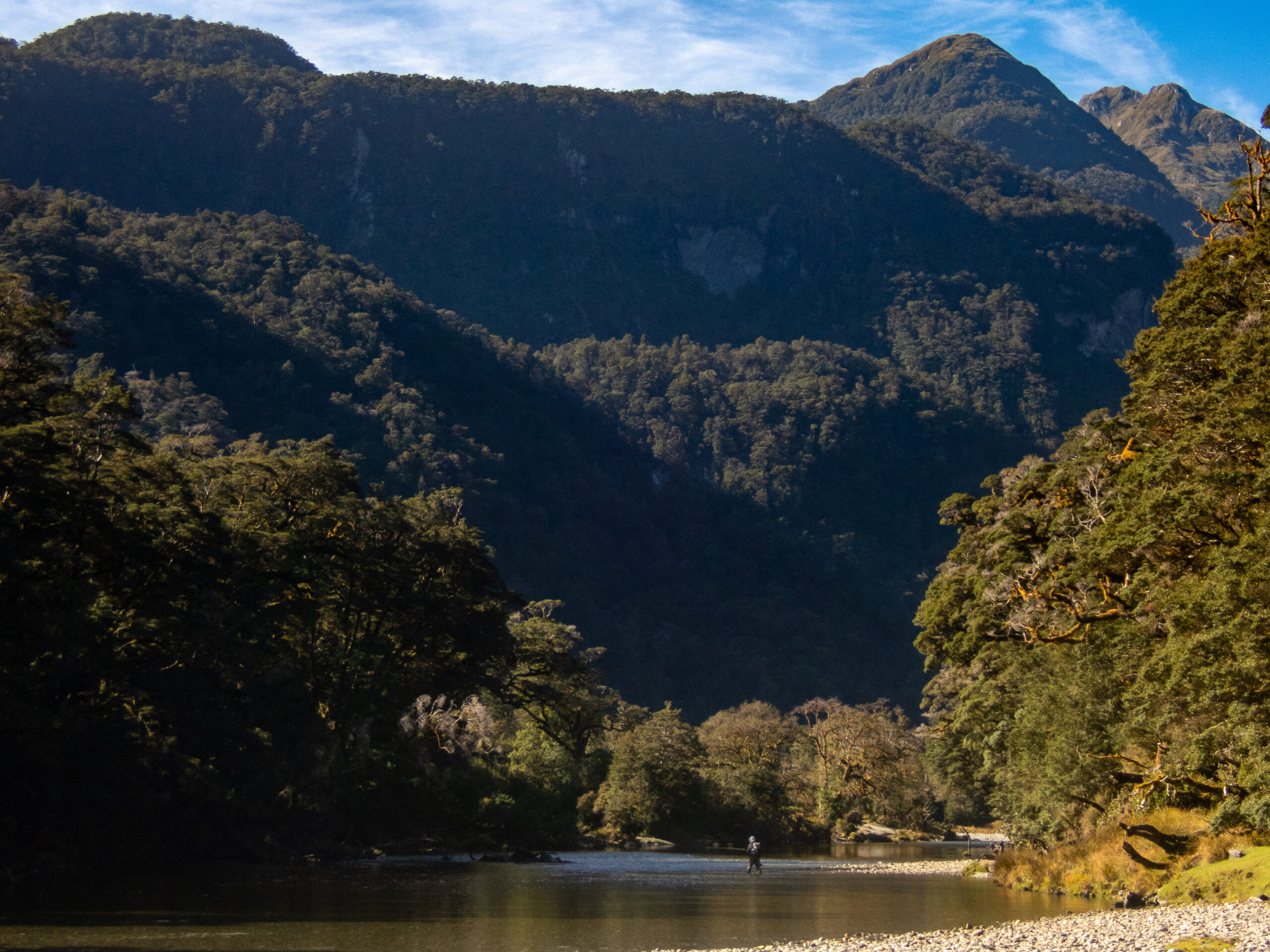
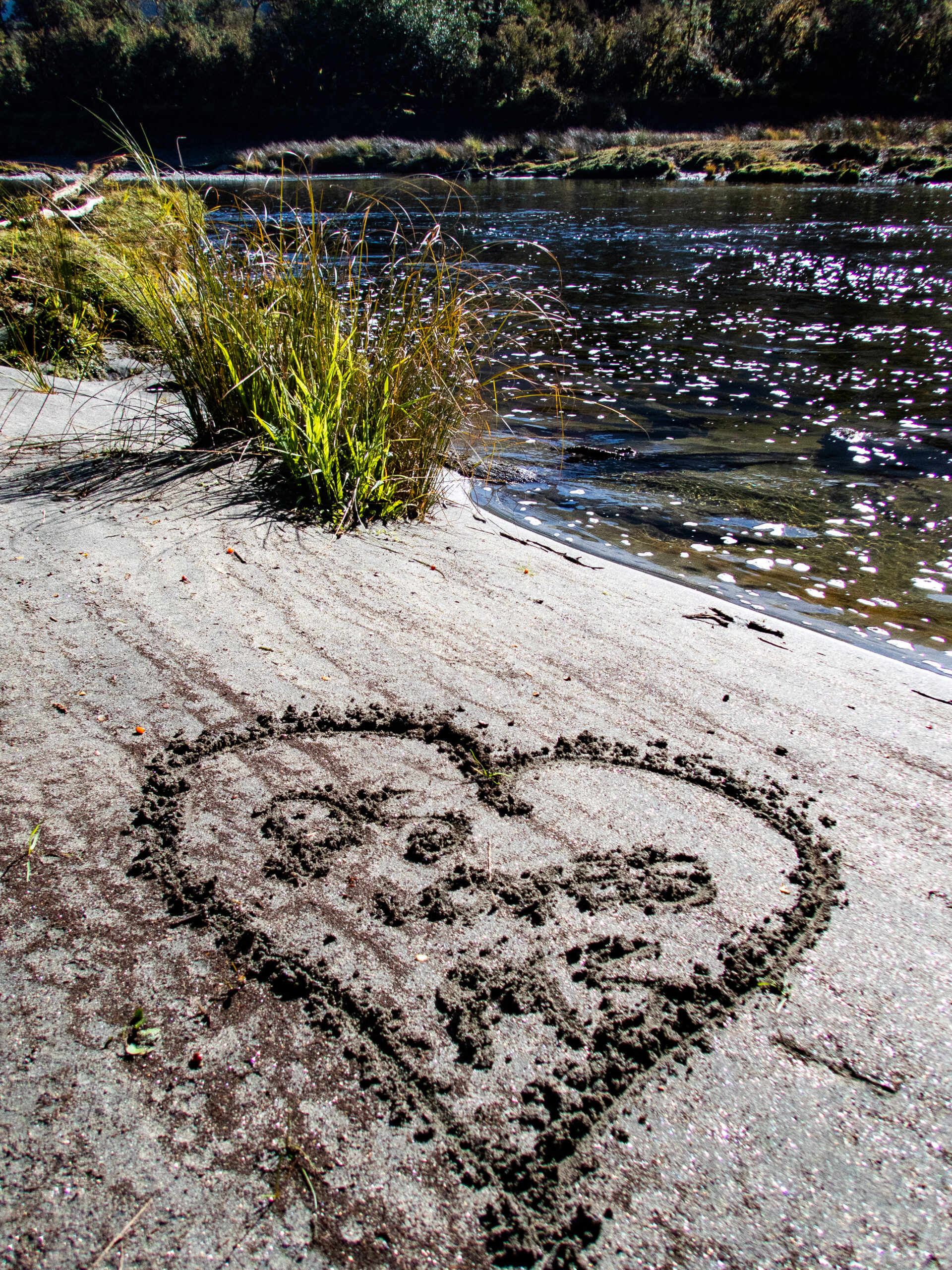
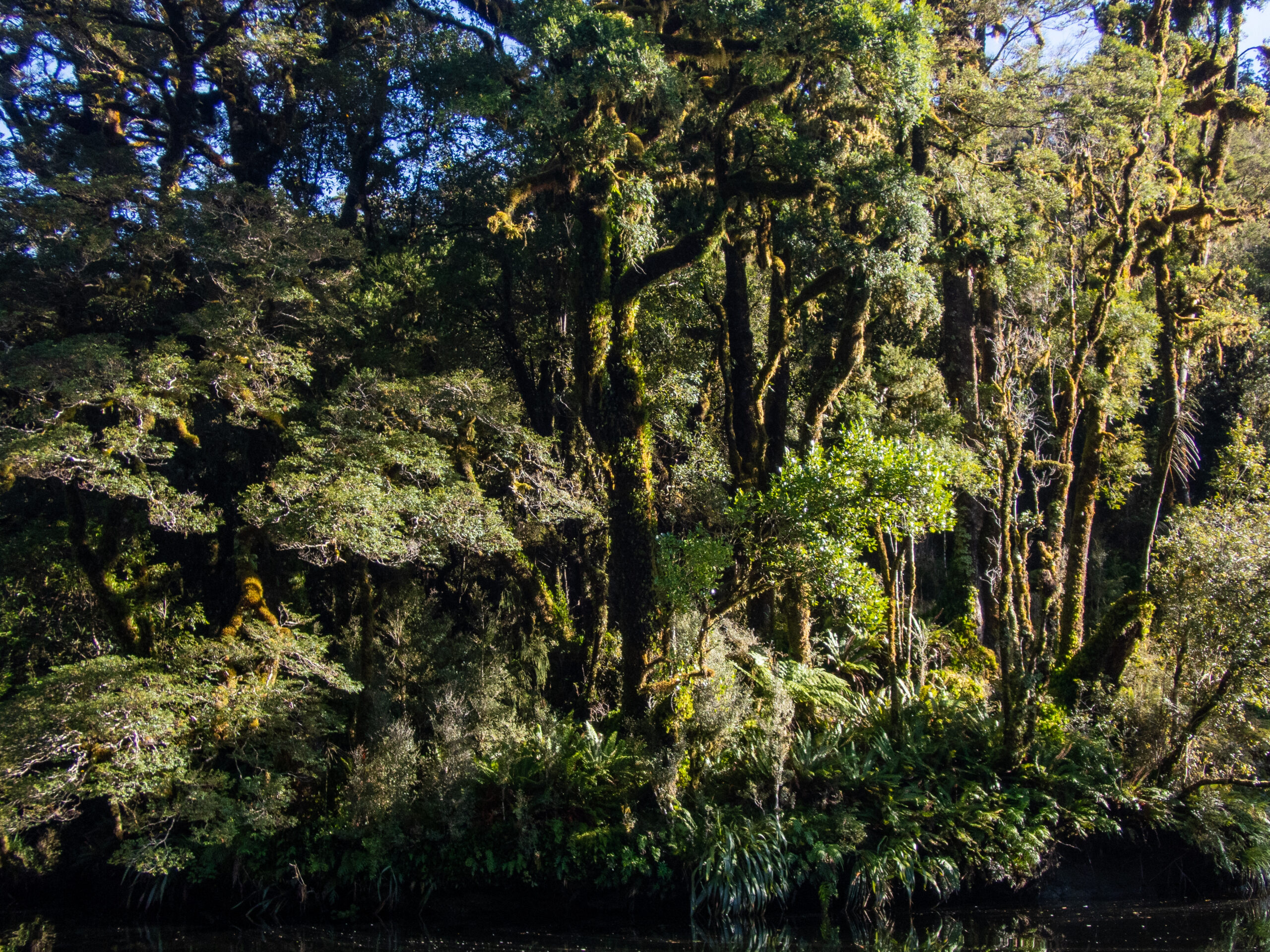

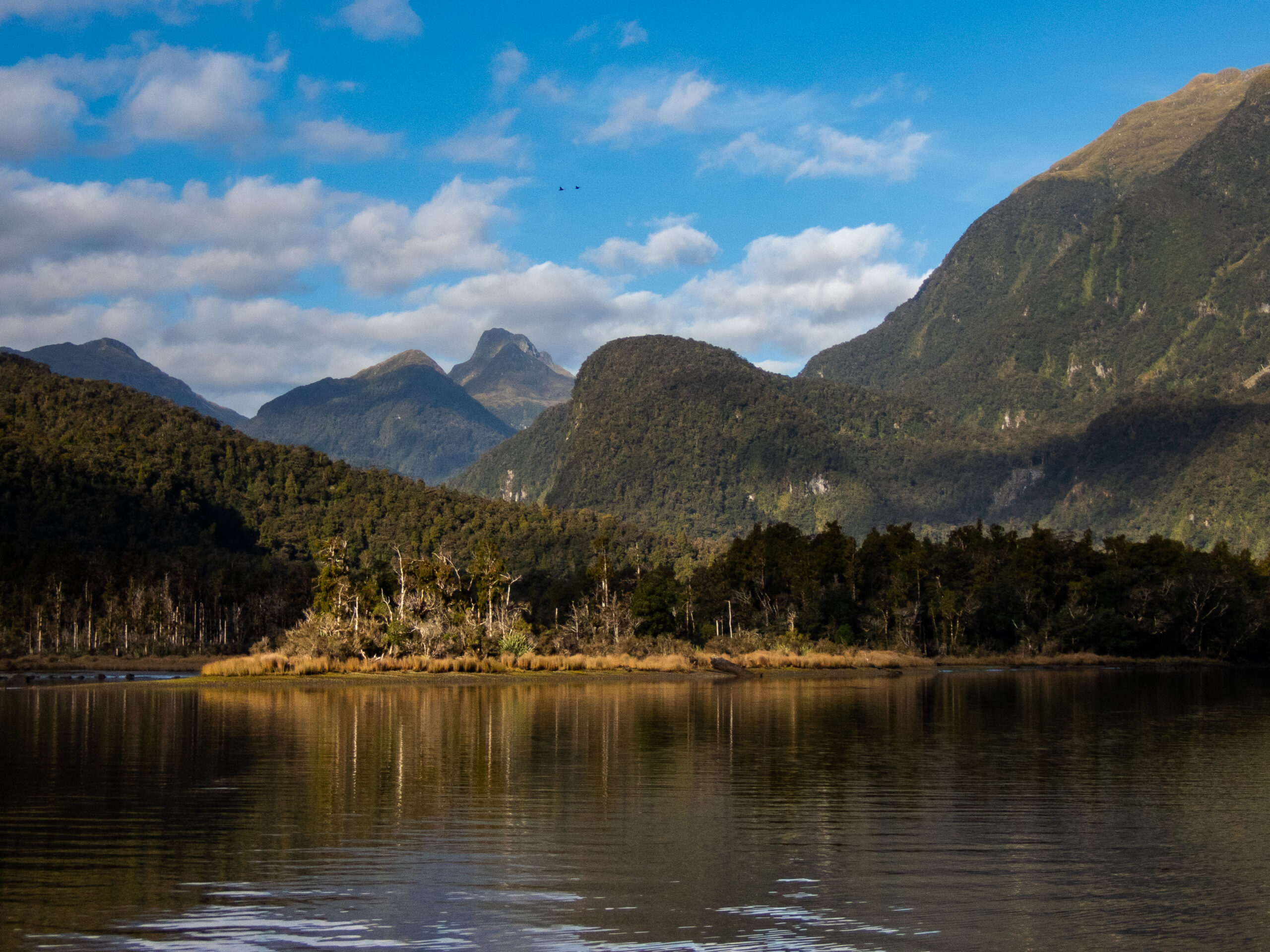
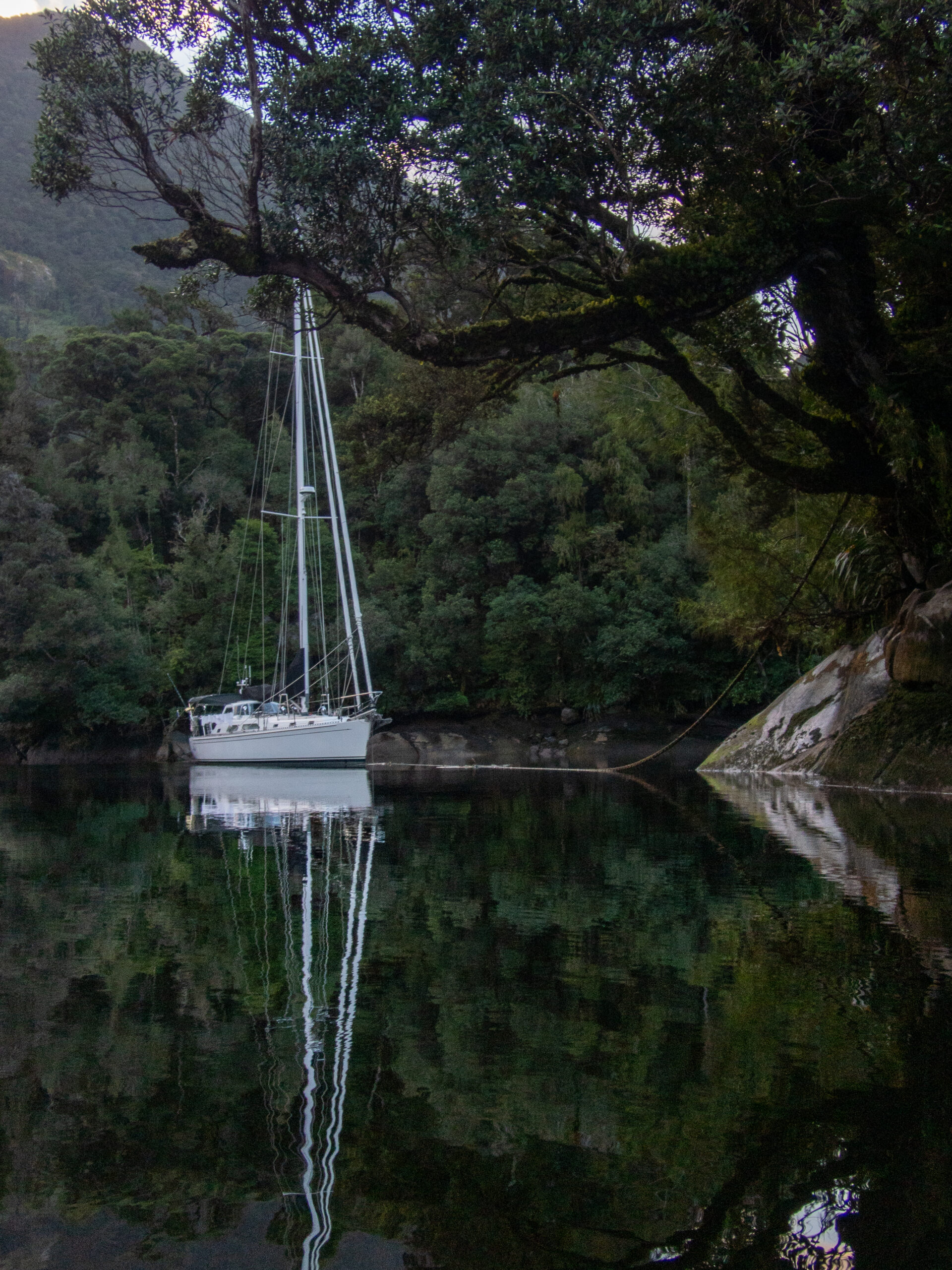
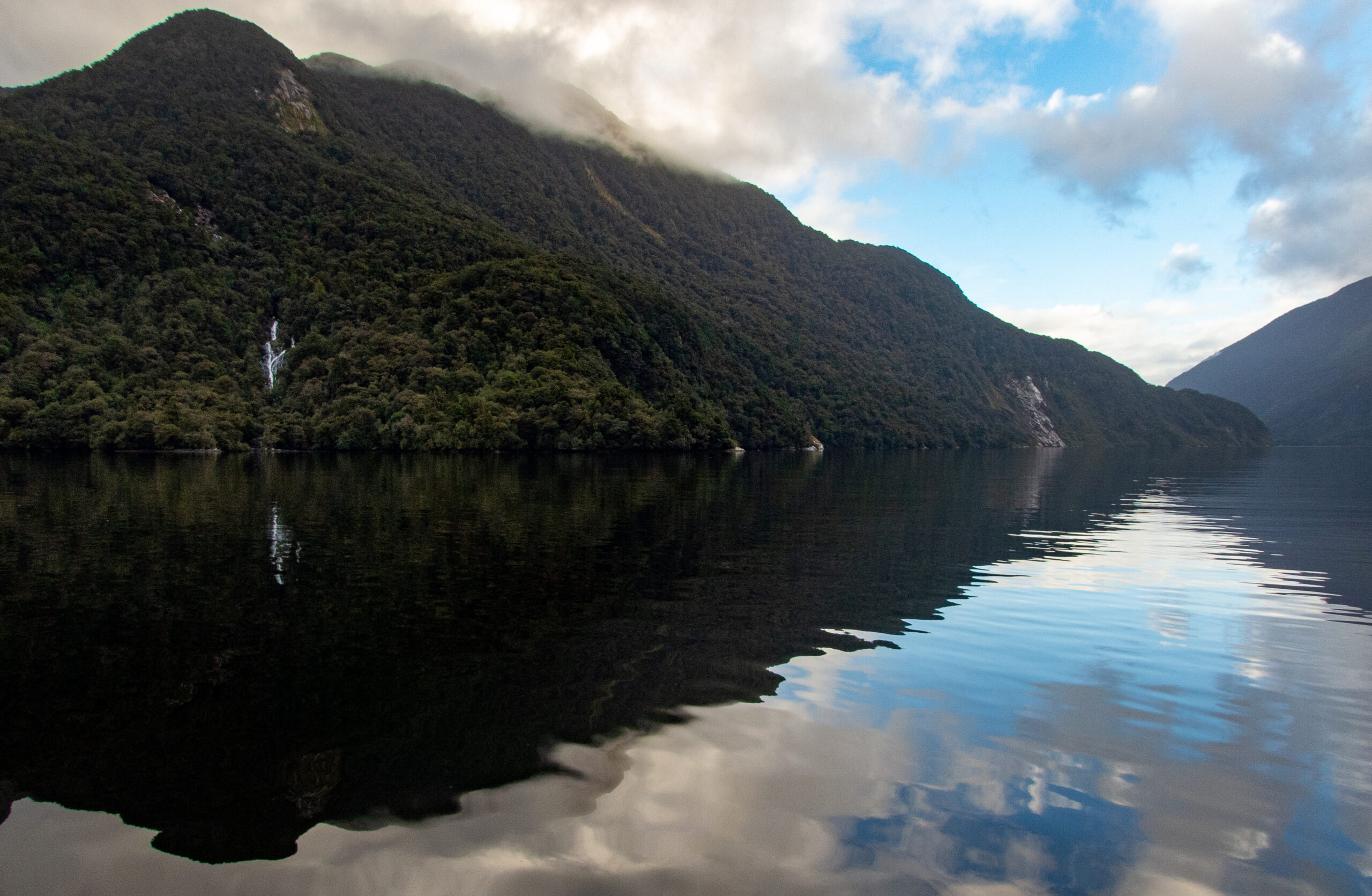
Doubtful/Patea, aka Gleeful Sound – Fiordland
Dash from Dagg to Doubtful:
The relatively short distances between sounds along Fiordland’s rugged coast allow for mad dashes timed to brief calms, but you can’t really read the ocean’s mood sheltered in the steep granite walls of the fiords. Often the designation, “all weather anchorage,” means that fishermen have figured out that even in the worst conditions, certain spots are spared. The only way to know when it’s time to go, if you don’t have the benefit of years of local knowledge, is to study the weather models that we download twice a day from PredictWind. Because they are downloading via Iridium satellite, the resolution of the models cannot be higher that 50km. So there’s a bit of an odd effect as the models average how much the wind on the Tasman Sea is slowed down by the mountainous Fiordland coast, giving the appearance of lighter winds close to shore. They probably are a little lighter compared to what they are 20 miles out at sea, but our experience is that the models generally underestimate what it’s like on the outside and overestimate what we’ll experience once inside. Wind or no, gale or no, the seas are almost always a mess, particularly where local winds funnel through the openings of the sounds. Schedules are well known as the bane of sailing but in the land based world they are unavoidable, and Wyatt had a particularly narrow window of time to squeeze in a visit to us amid preparations to leave New Zealand. So we considered ourselves unreasonably lucky when the wind that pinned us down for a couple of days in Daag, relented in perfect time for us to make the dash. We arrived at the opening of Doubtful with what Wyatt would call a ‘splitter bluebird’ sunny day. ~MS
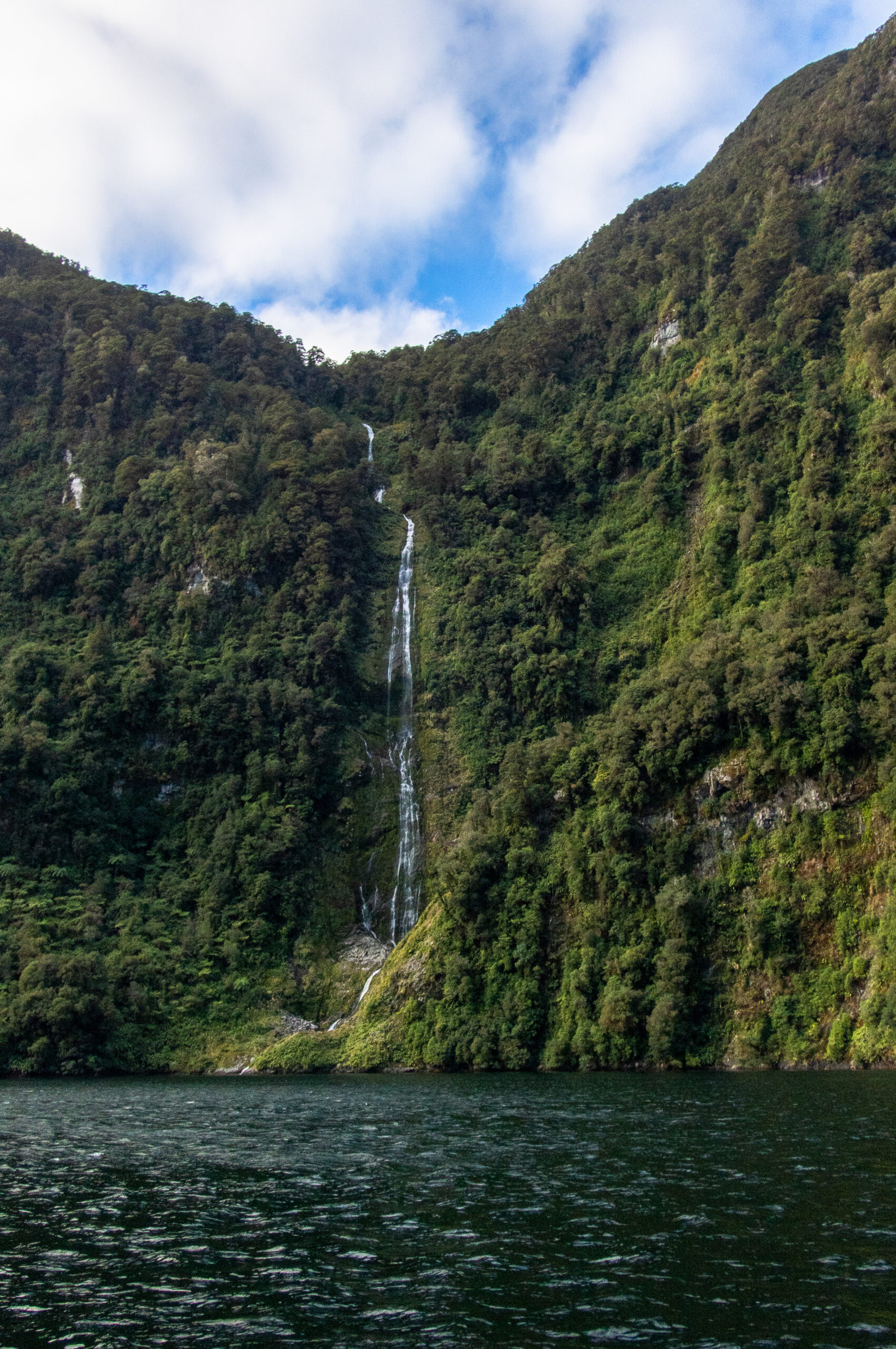

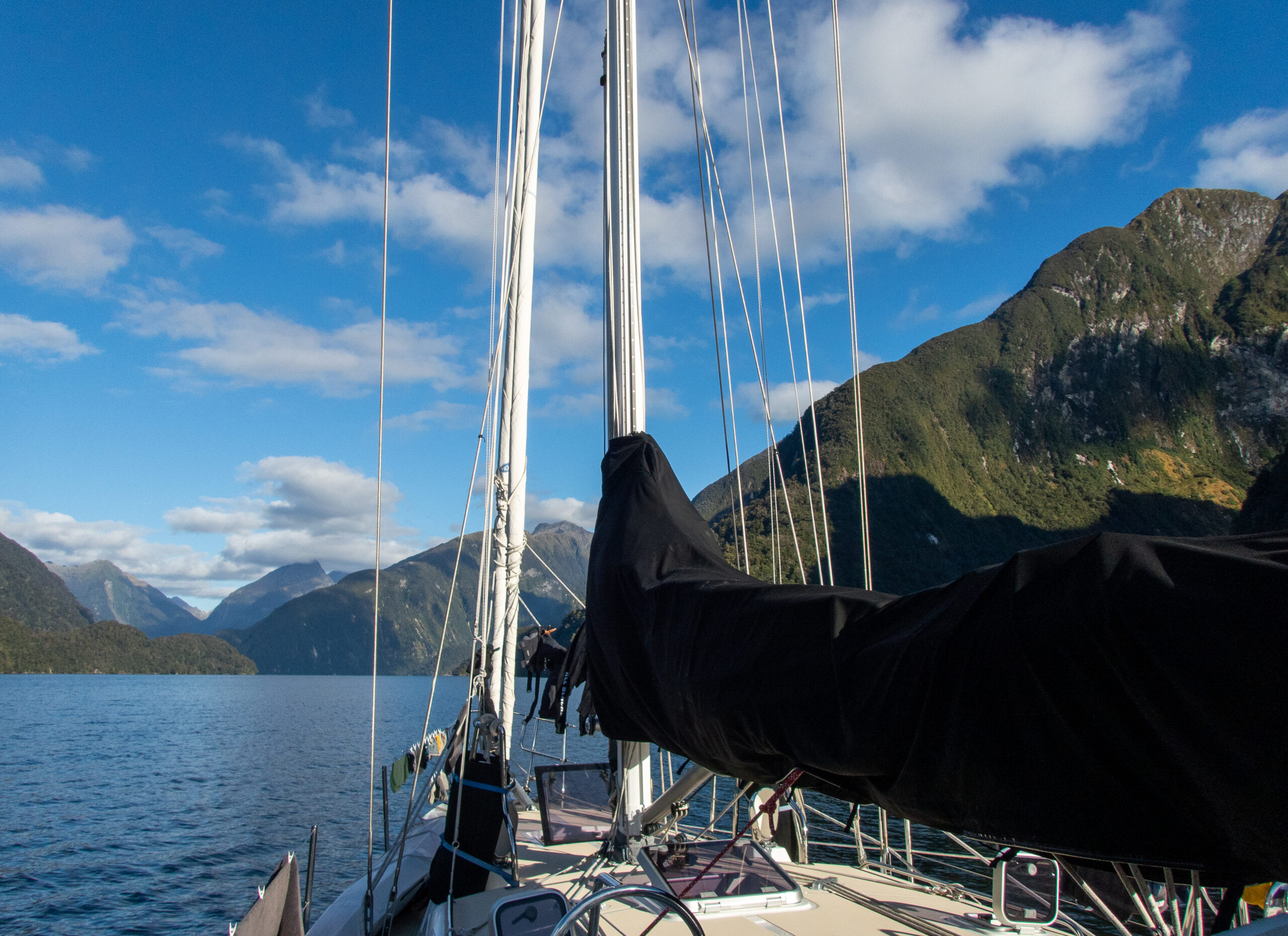
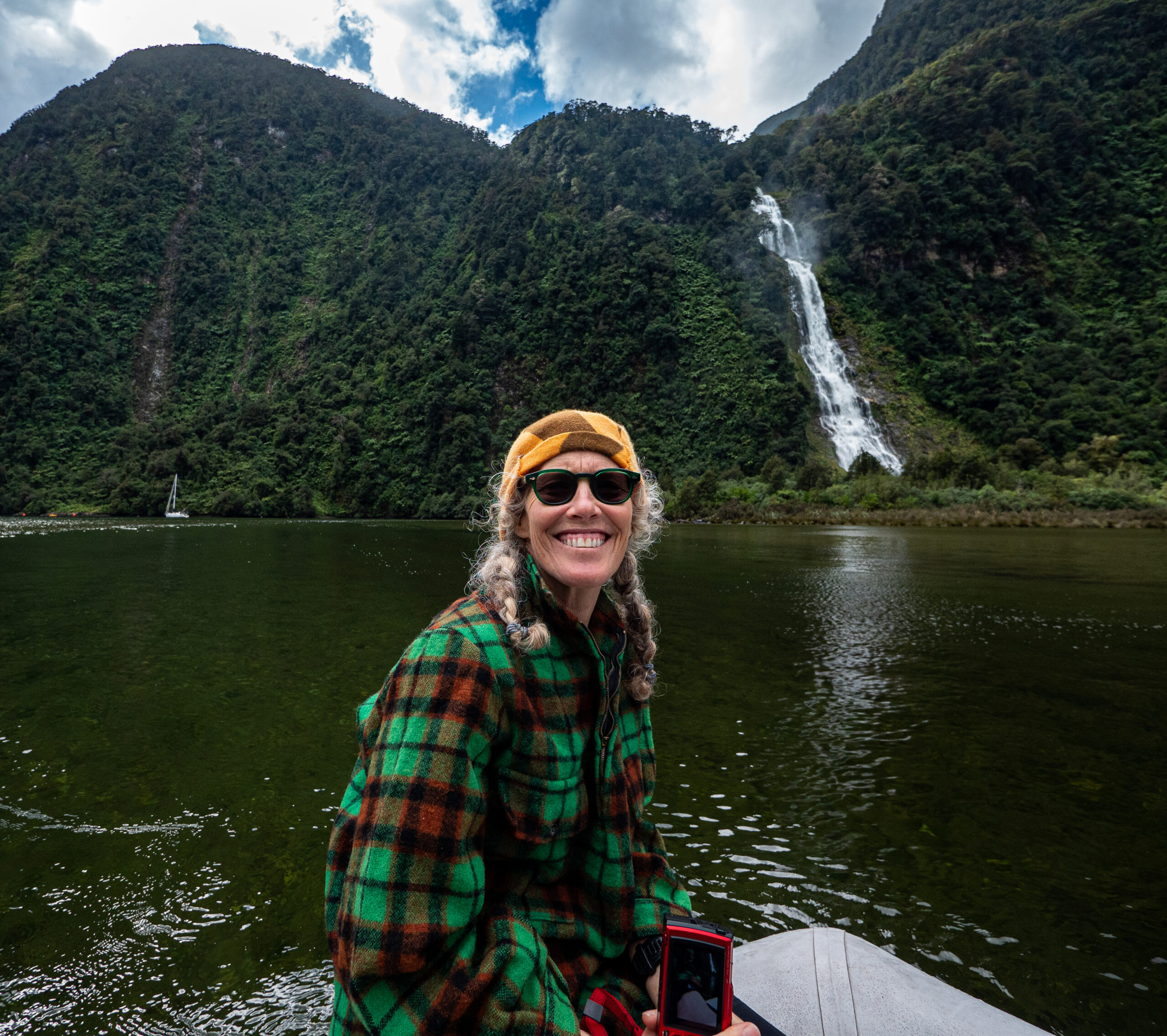
Allora on a mooring (all by herself) in Doubtful Sound, tucked right up next to the roar of Helena Falls. Evening spent getting the aft cabin clear of STUFF to welcome Wyatt the next day. Here, I don the particular ‘happy parent’ expression, just moments after snagging Wyatt off the bus!

Yep, the same one!
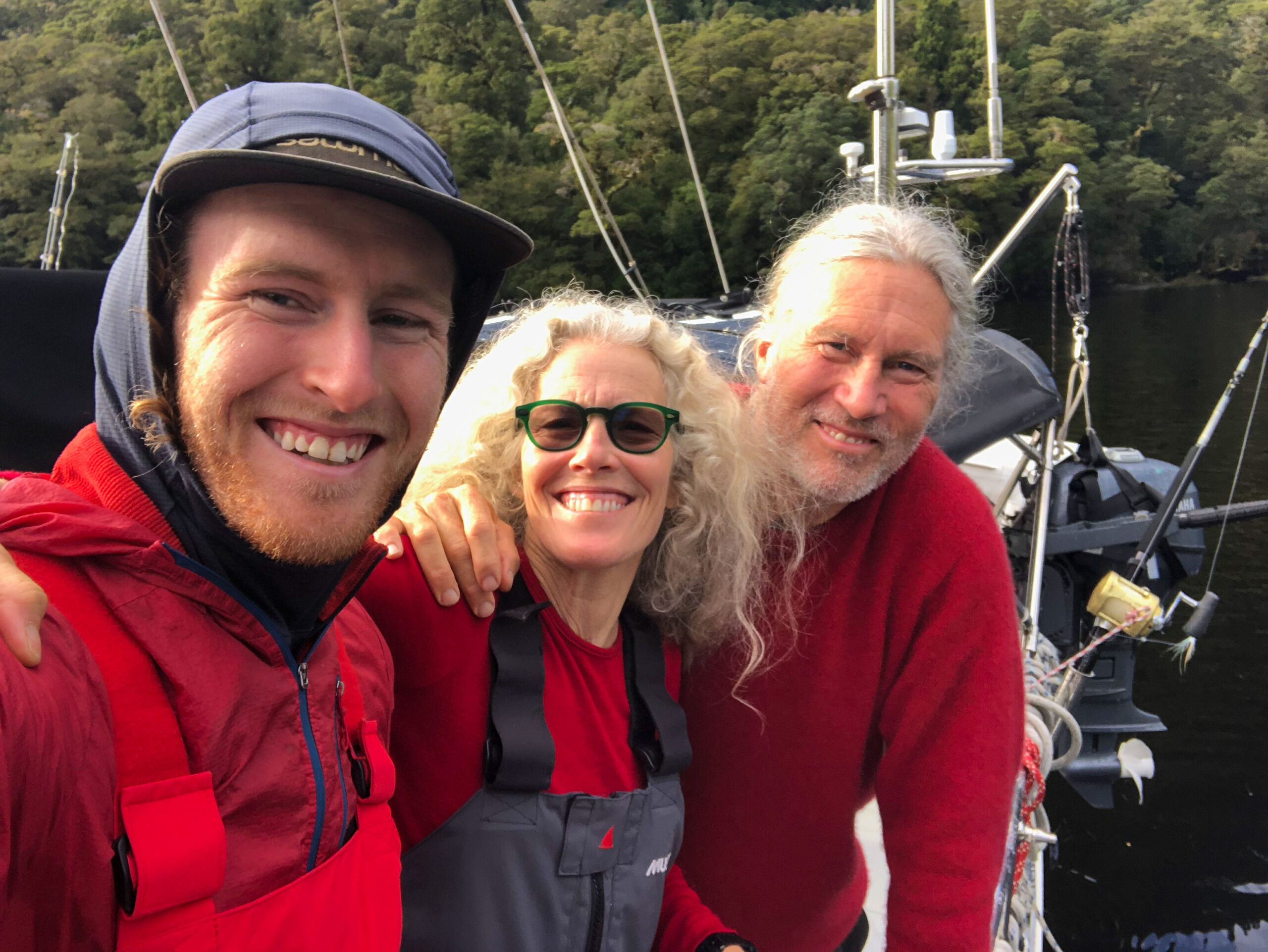


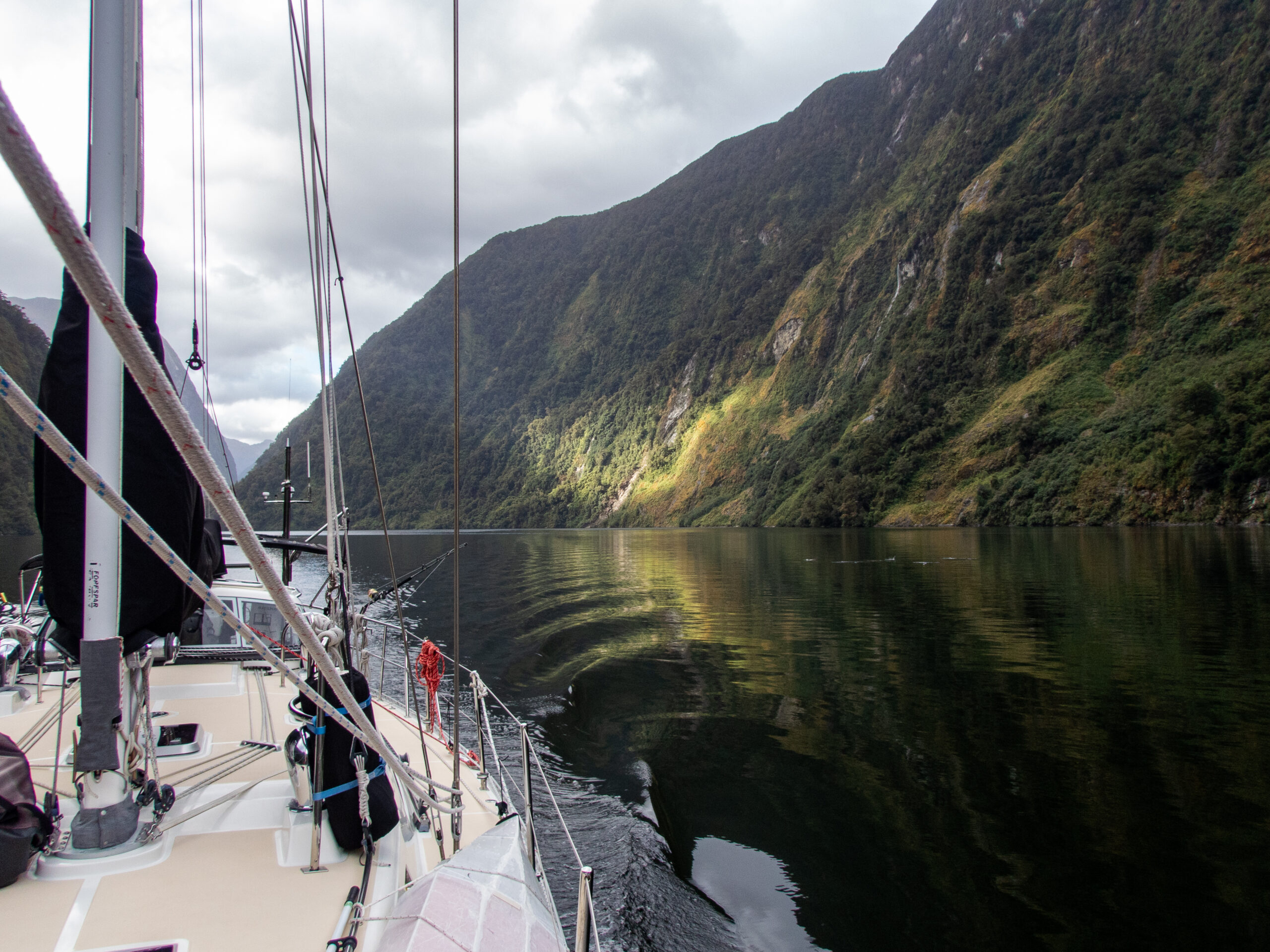

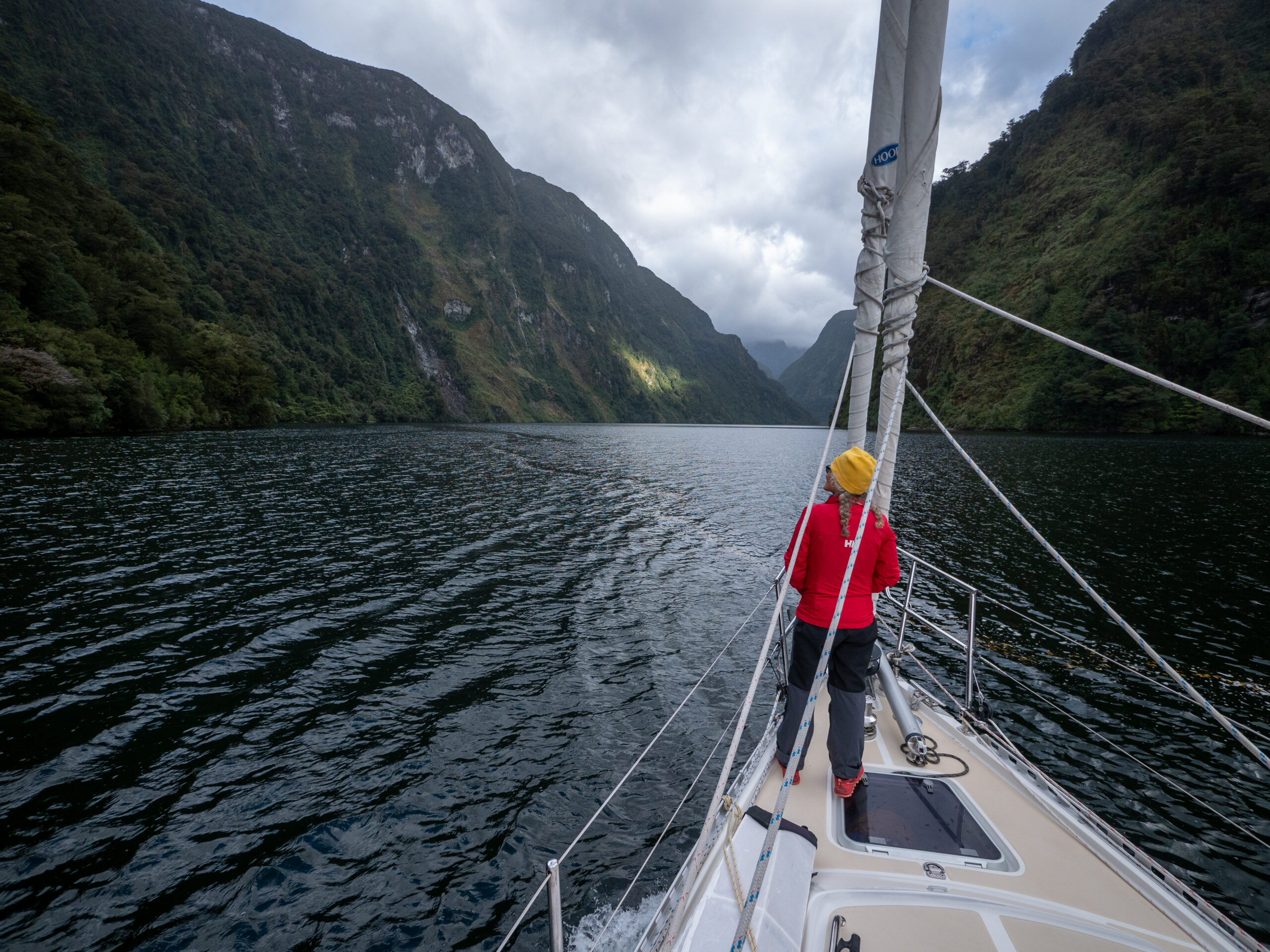
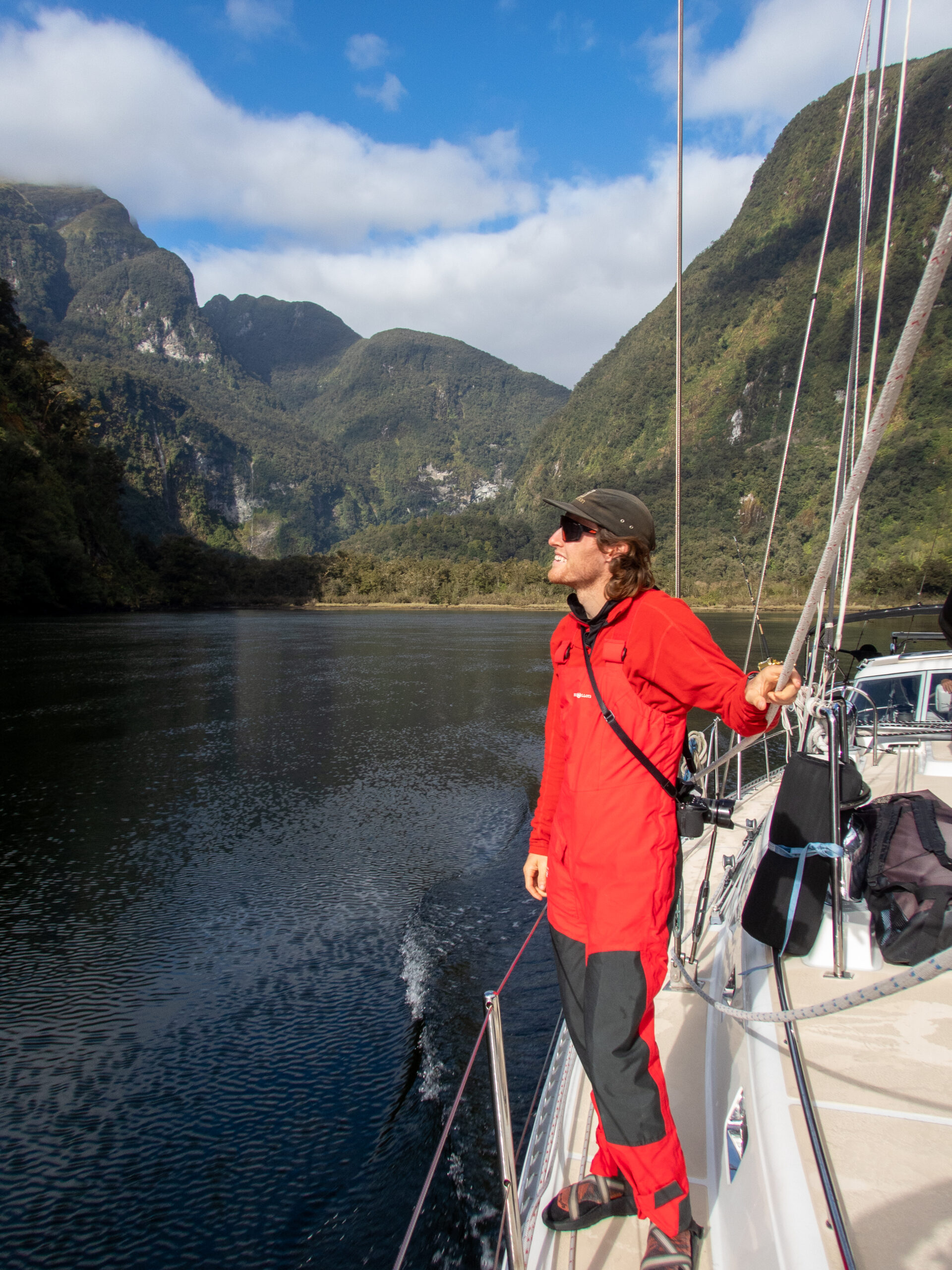
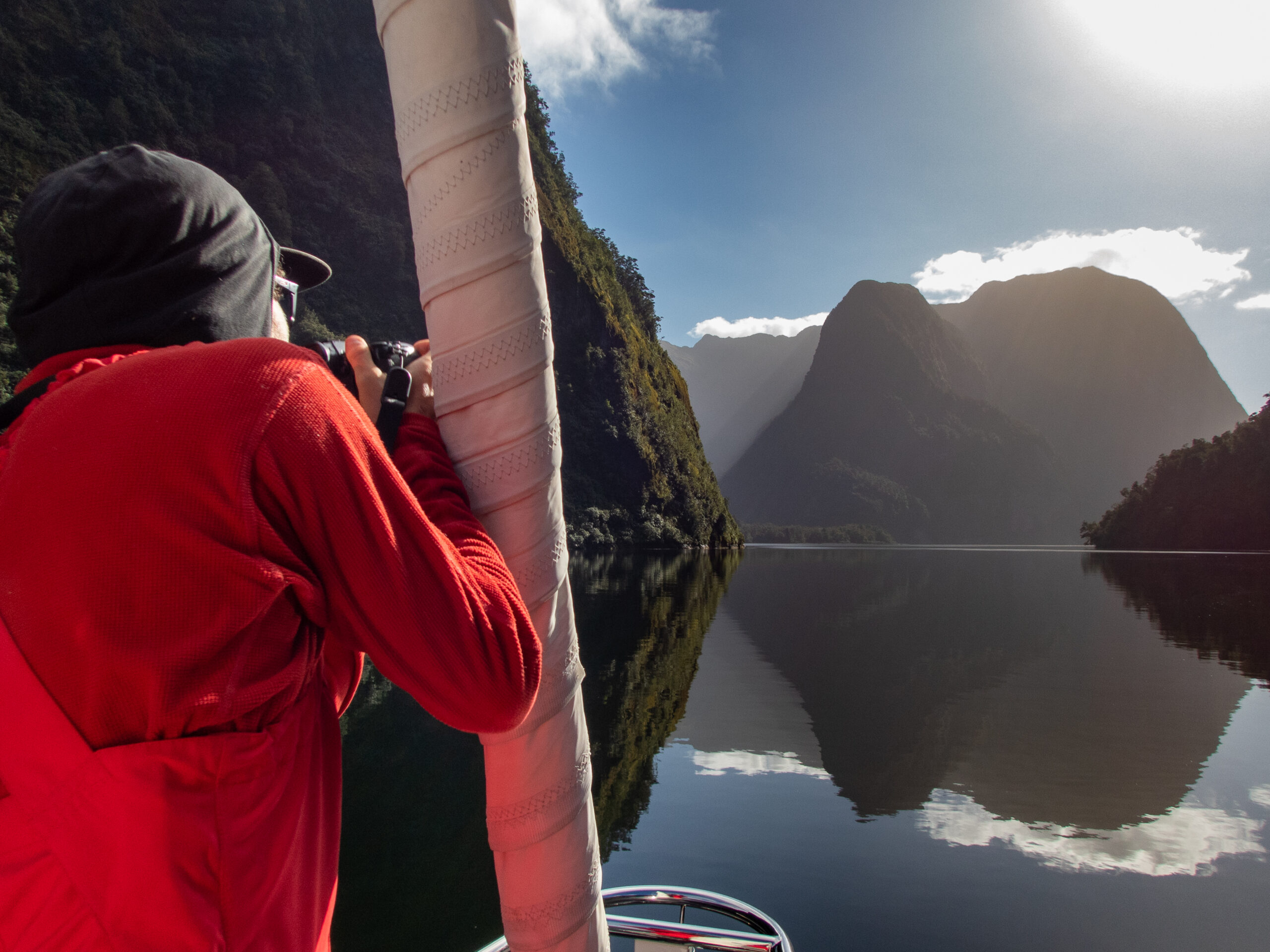

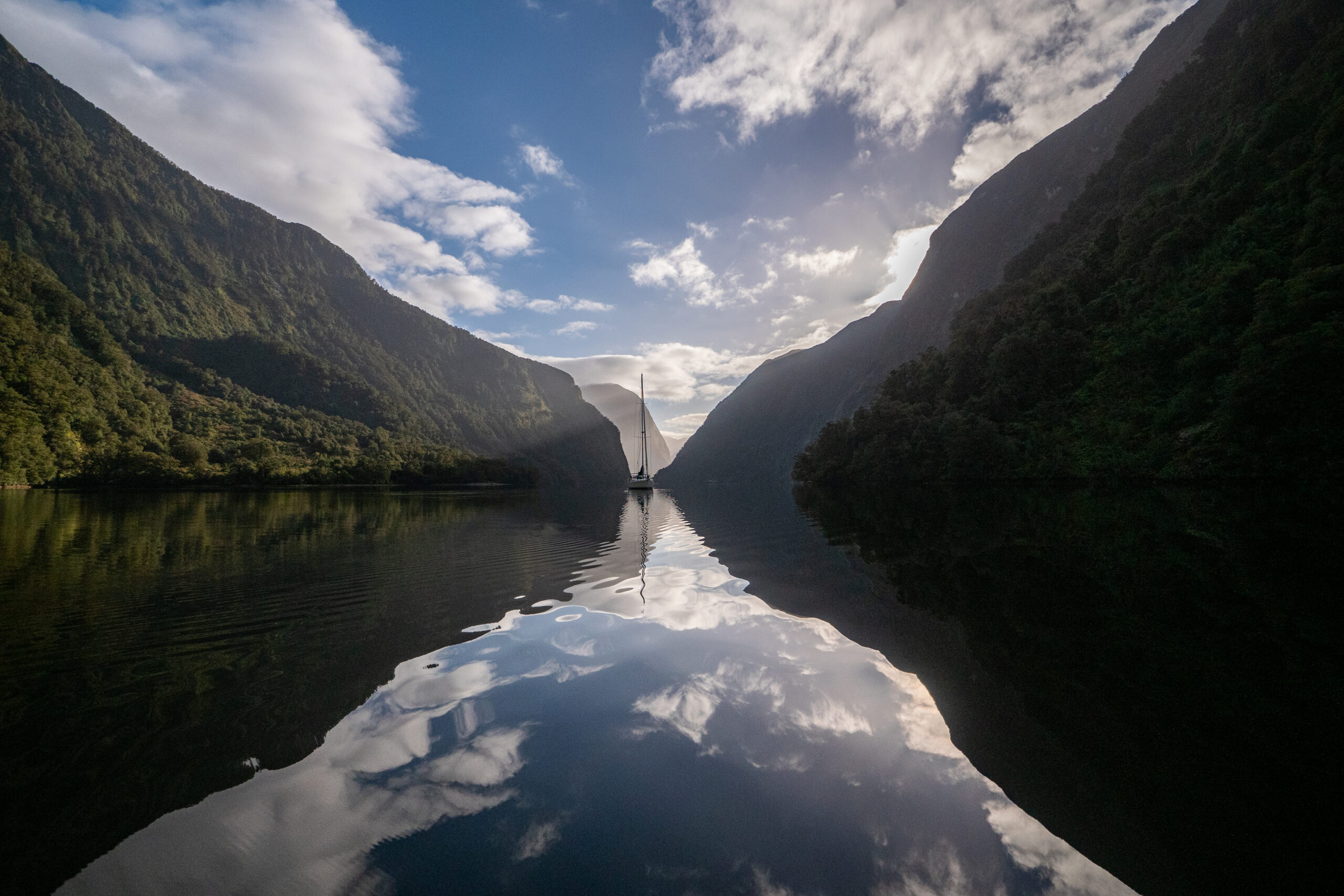
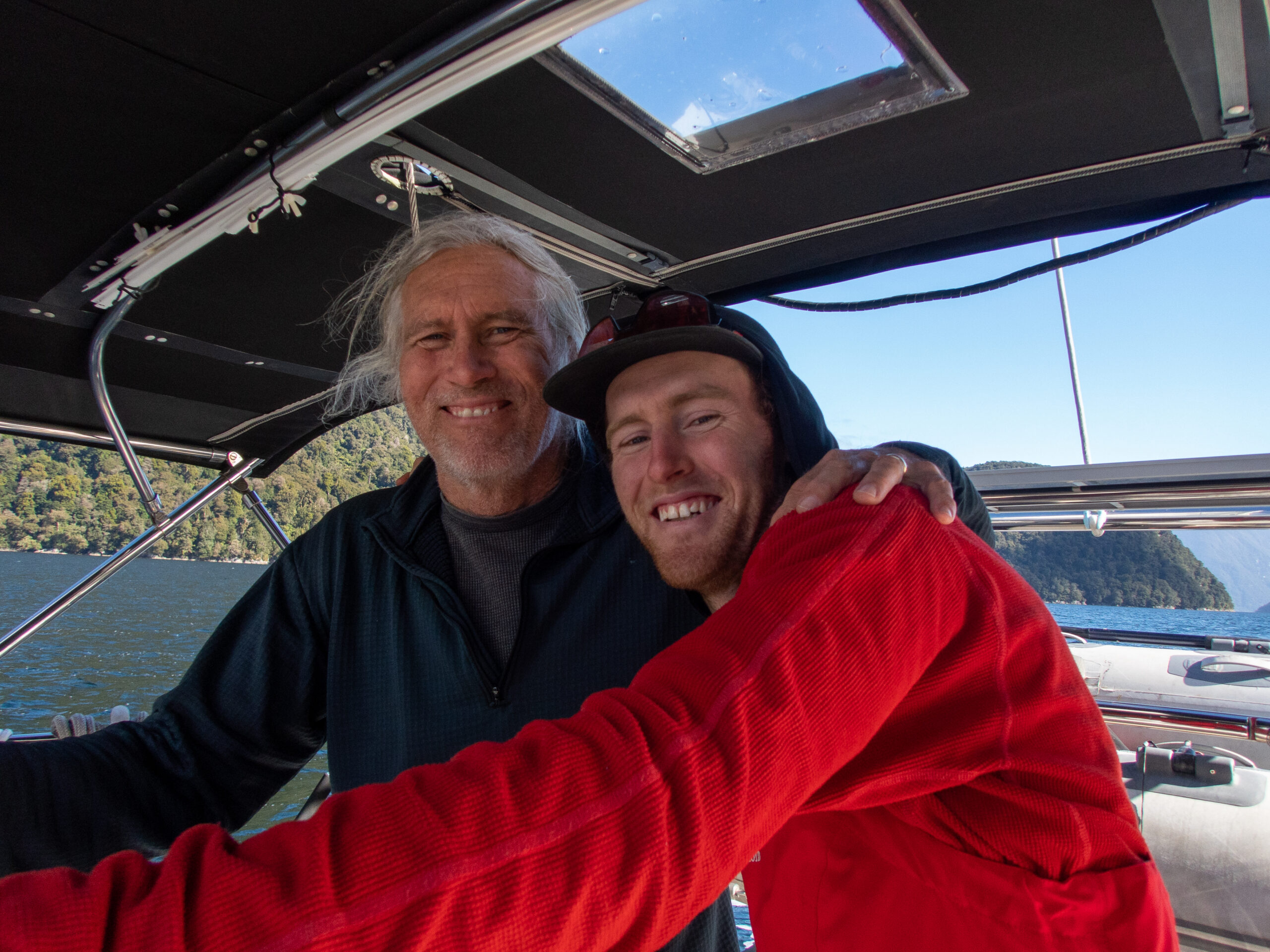
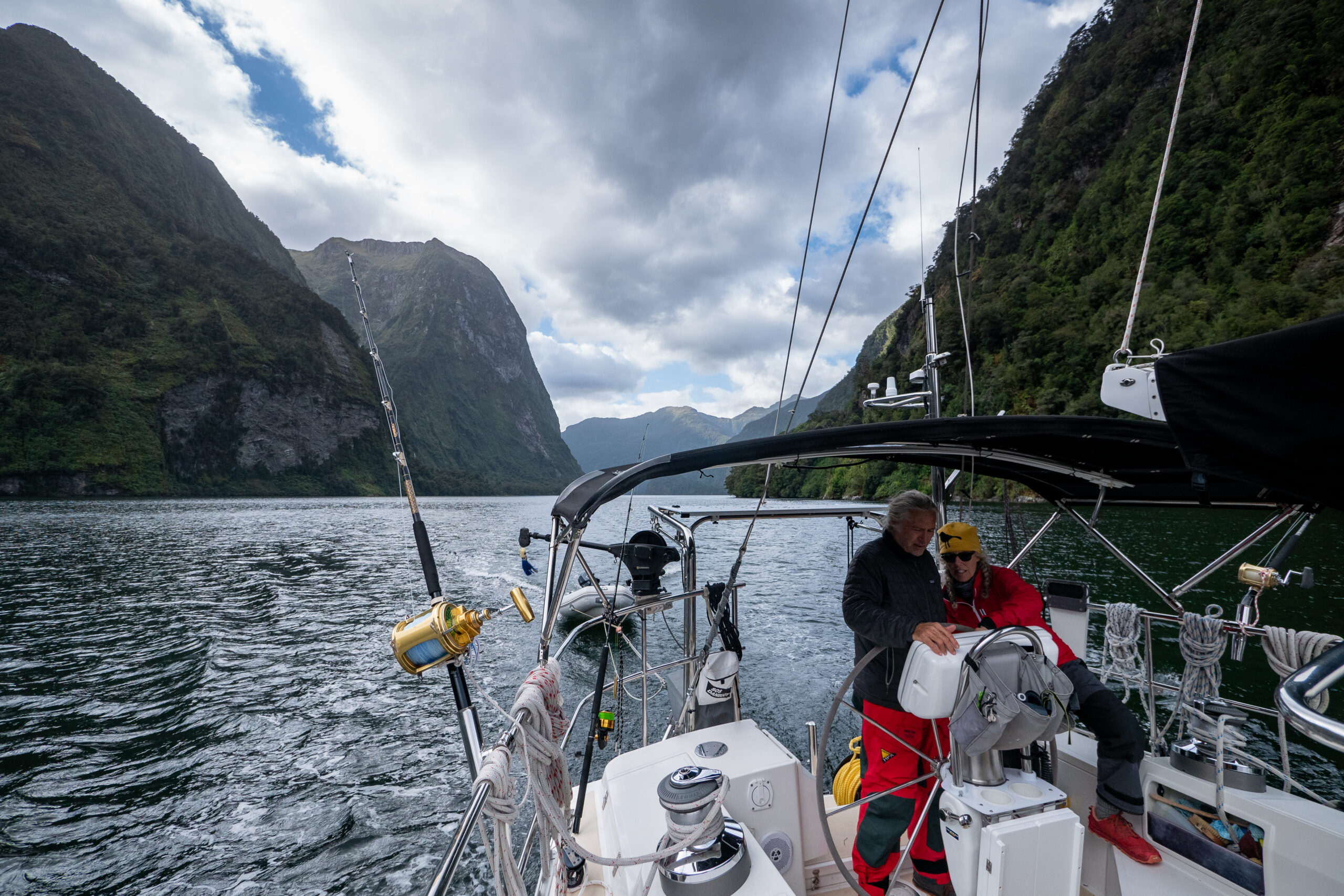


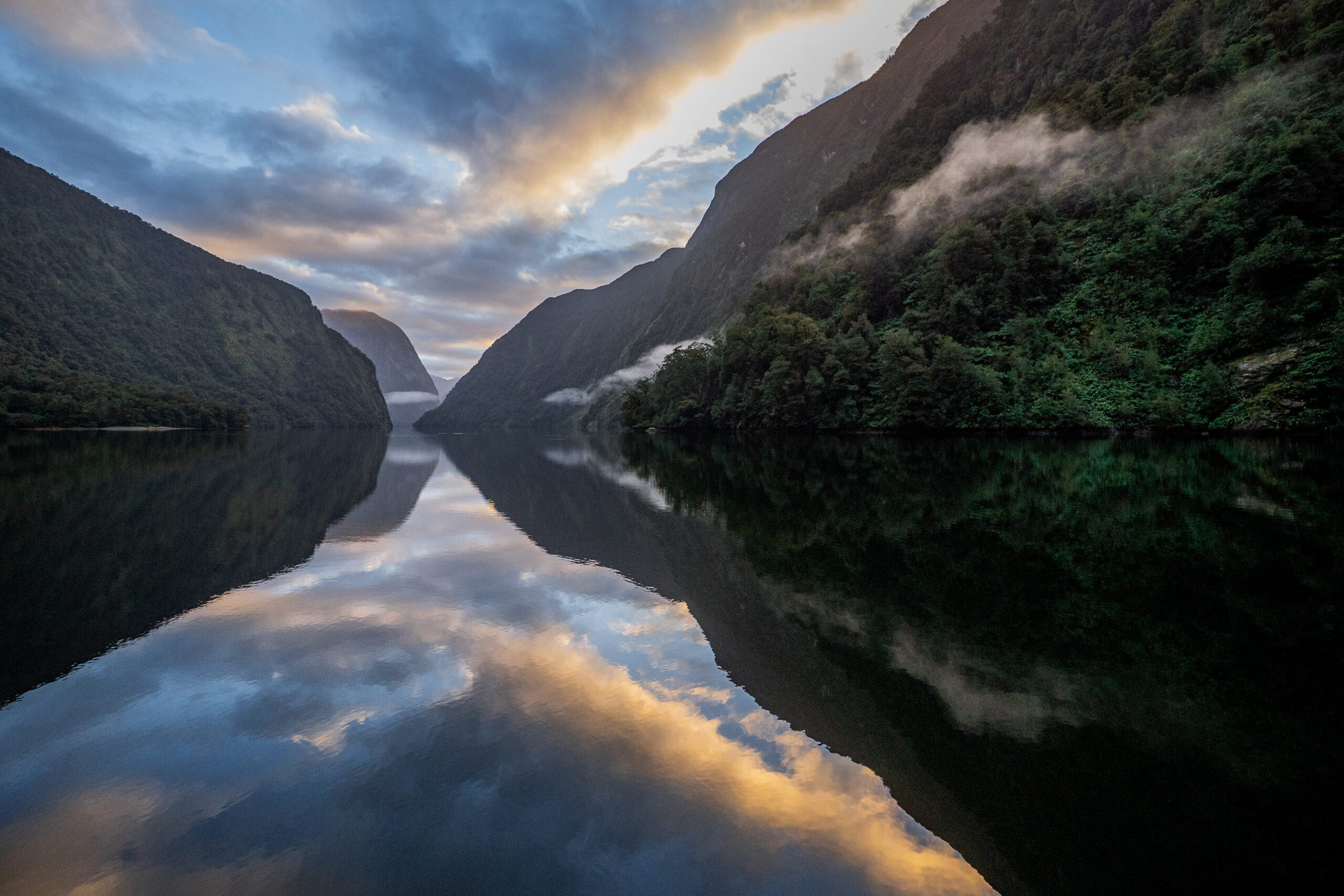
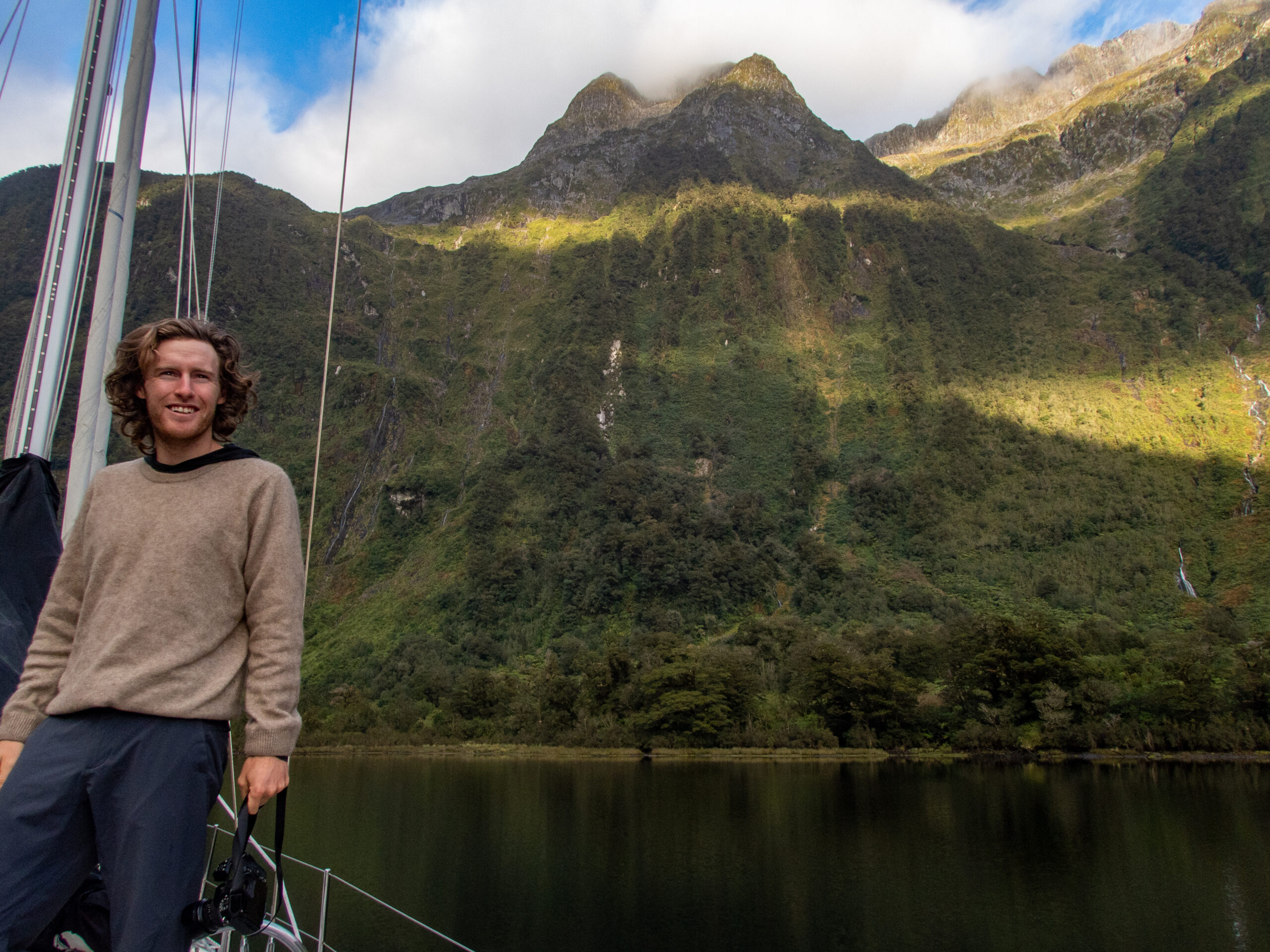

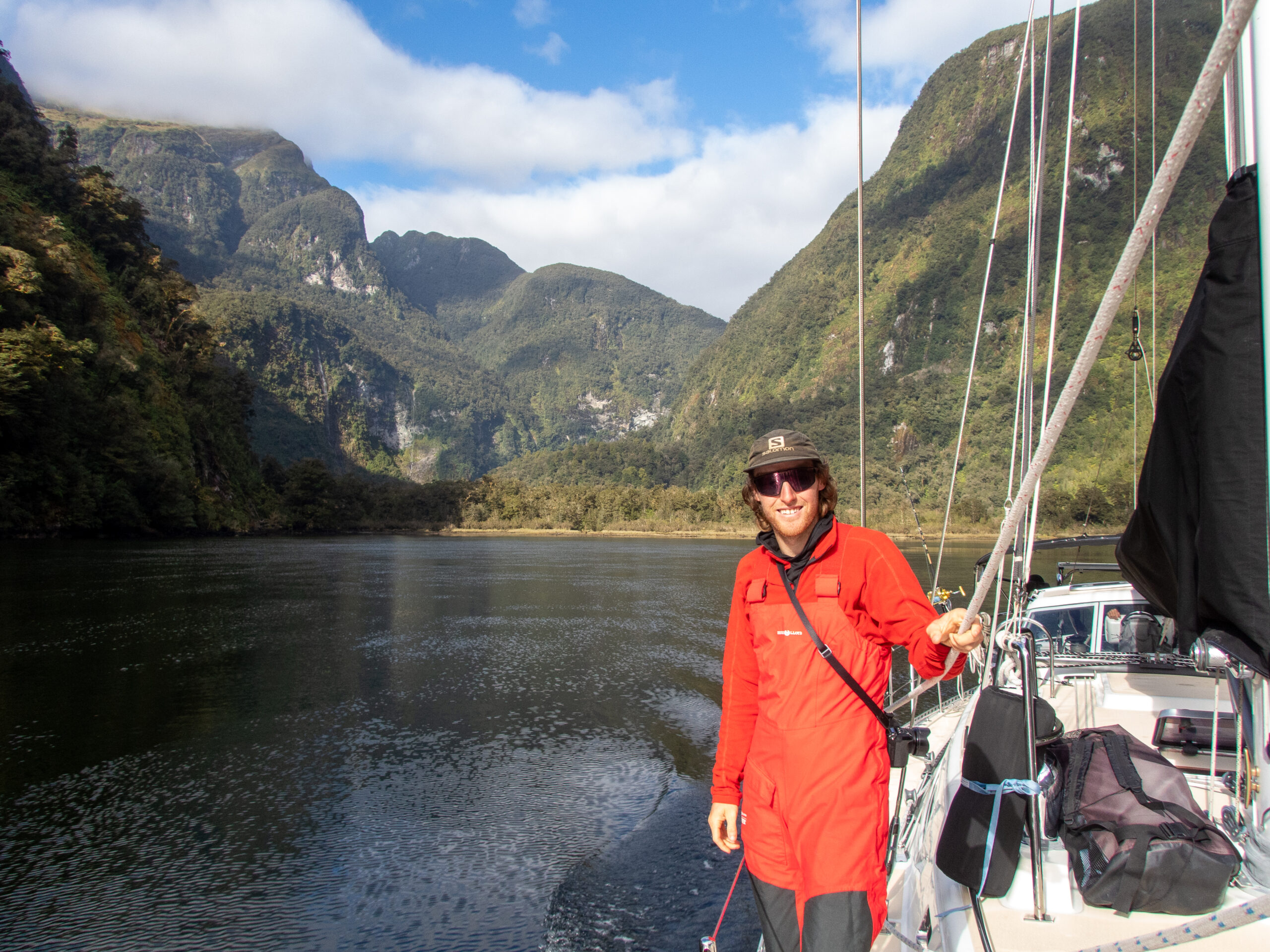
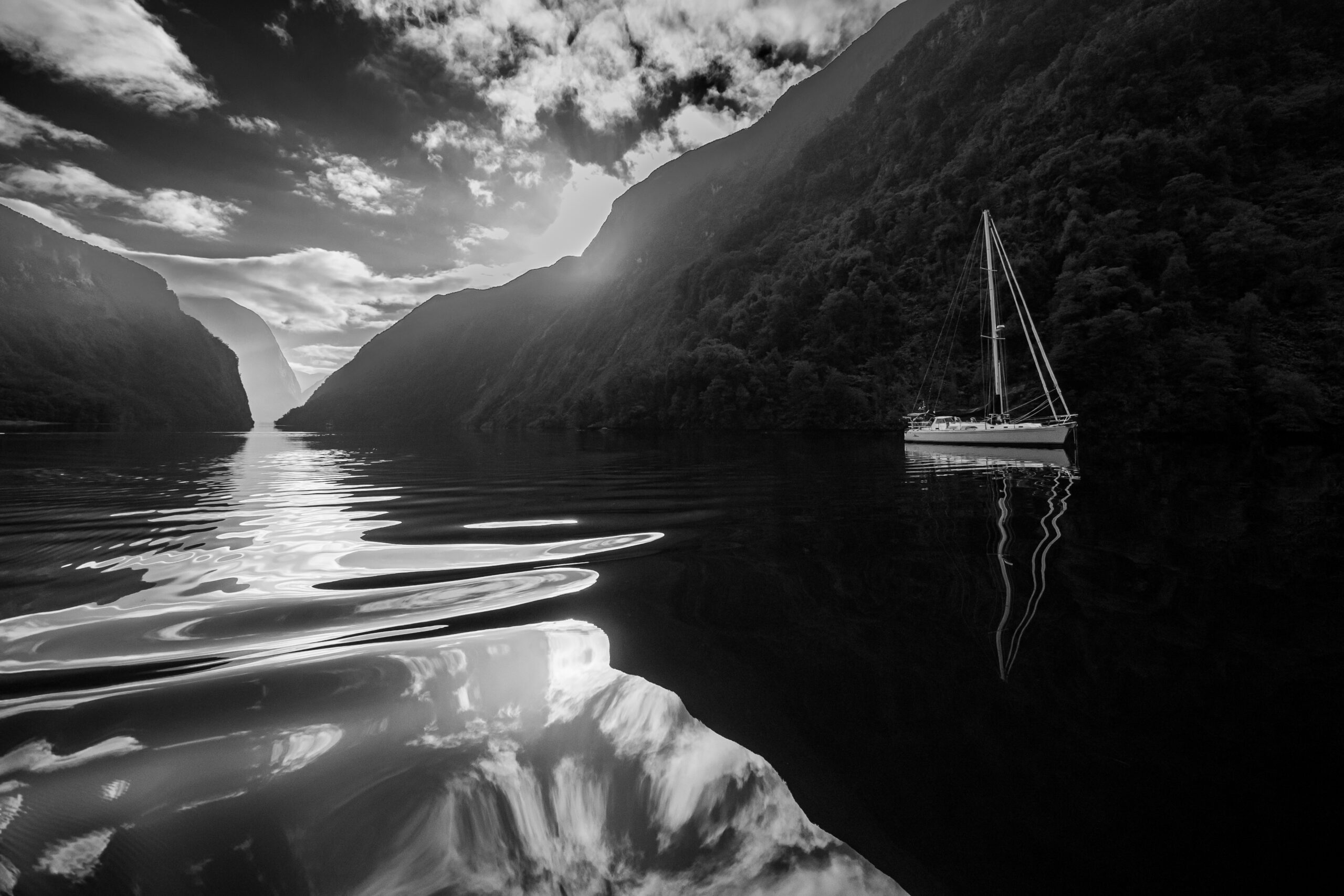
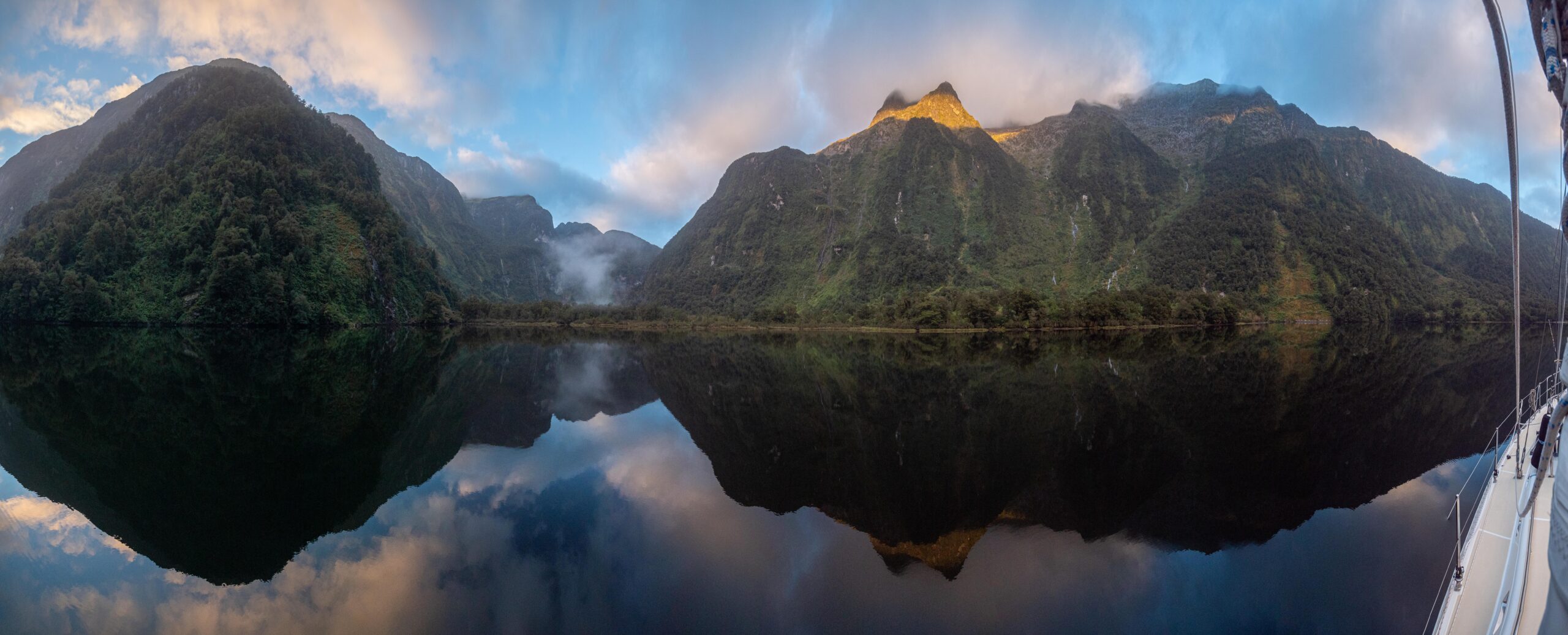
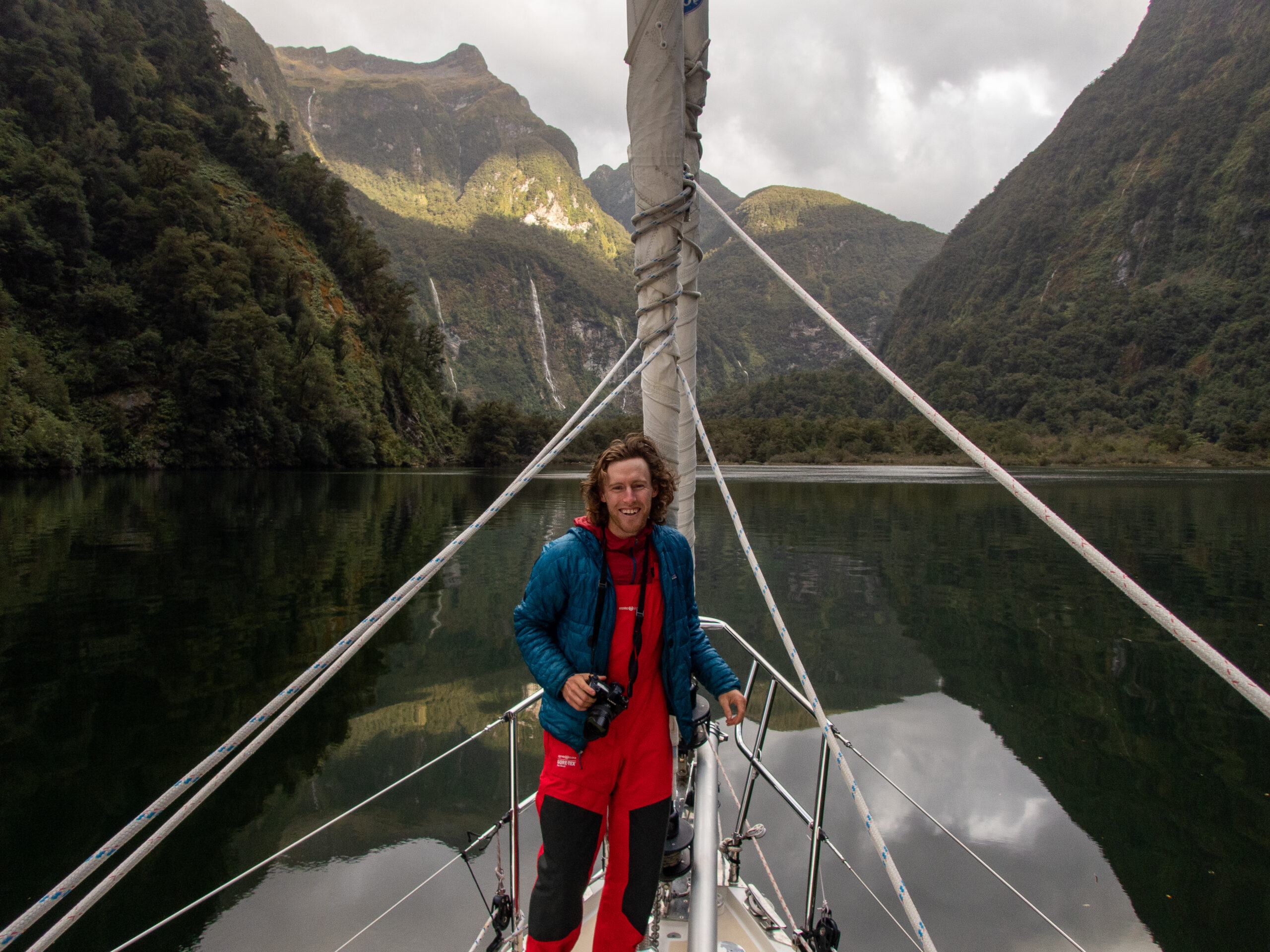

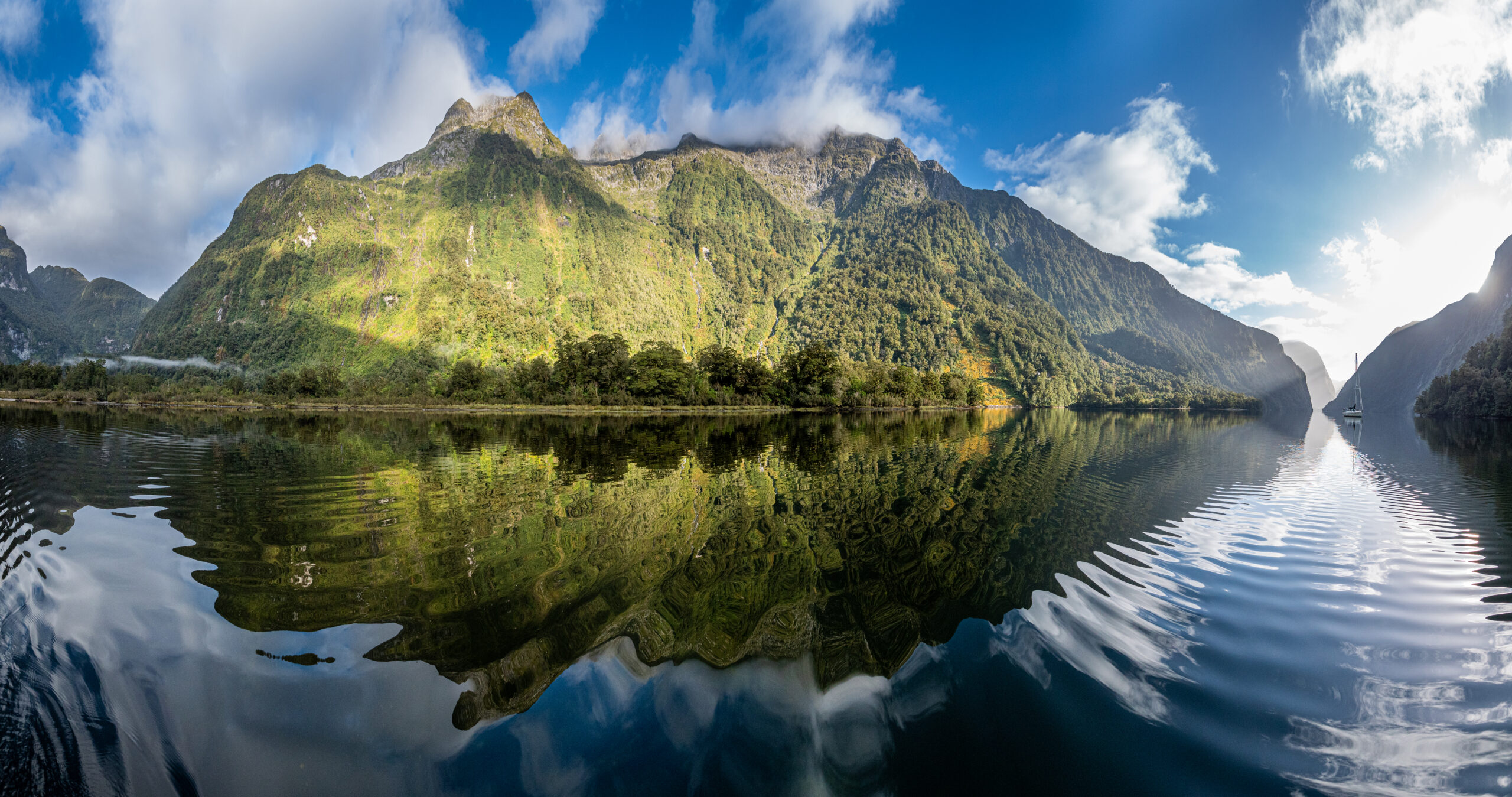
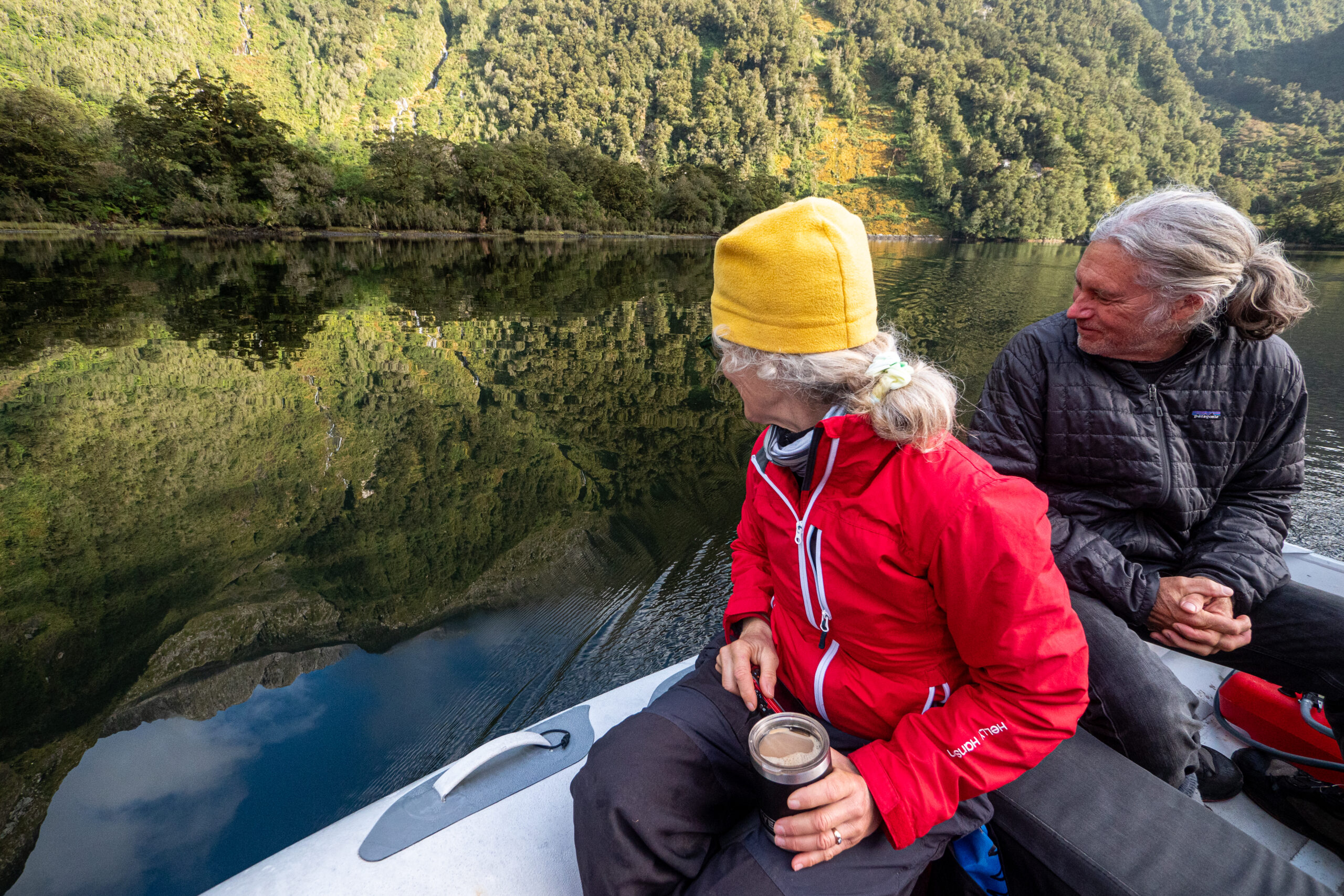
Ha, Wyatt caught us both entranced!
We have experienced a profound cumulative effect traveling through the wilderness of these southern fiords, as we mash through the tangled forest or glide like a whisper through glassy, watery mountain reflections. We feel a growing, deepening awareness of the liveness and power of this unfettered place. Every day Diana peers a little closer into the magical profusion of the rainforest, its tiniest creatures (or the smallest we may perceive) all this abundance of life fueled by fresh water, gray stormy clouds, shifting rays of sunlight, massive stone faces fading softly into the distance. The boundless imagination of nature is vividly accessible here, free of scheming human interference. Inexhaustible, effortless celebration. We feel blessed to feel like we belong, to participate at our particular scale, with our particular way of perceiving. Gratefully reconnected as dolphins come to play alongside Allora, turn and smile and look back at us with familiar eyes, into our own delighted gaze. As the sky softens at sunset, or looms heavy with rain before the storm, as water gushes from waterfalls that were not there before the deluge, thundering into the fiord, as williwaws tornado in wild rainbow mists across startled coves, how delightful it is to be alive, a part of, this marvelous, miraculous world. ~MS
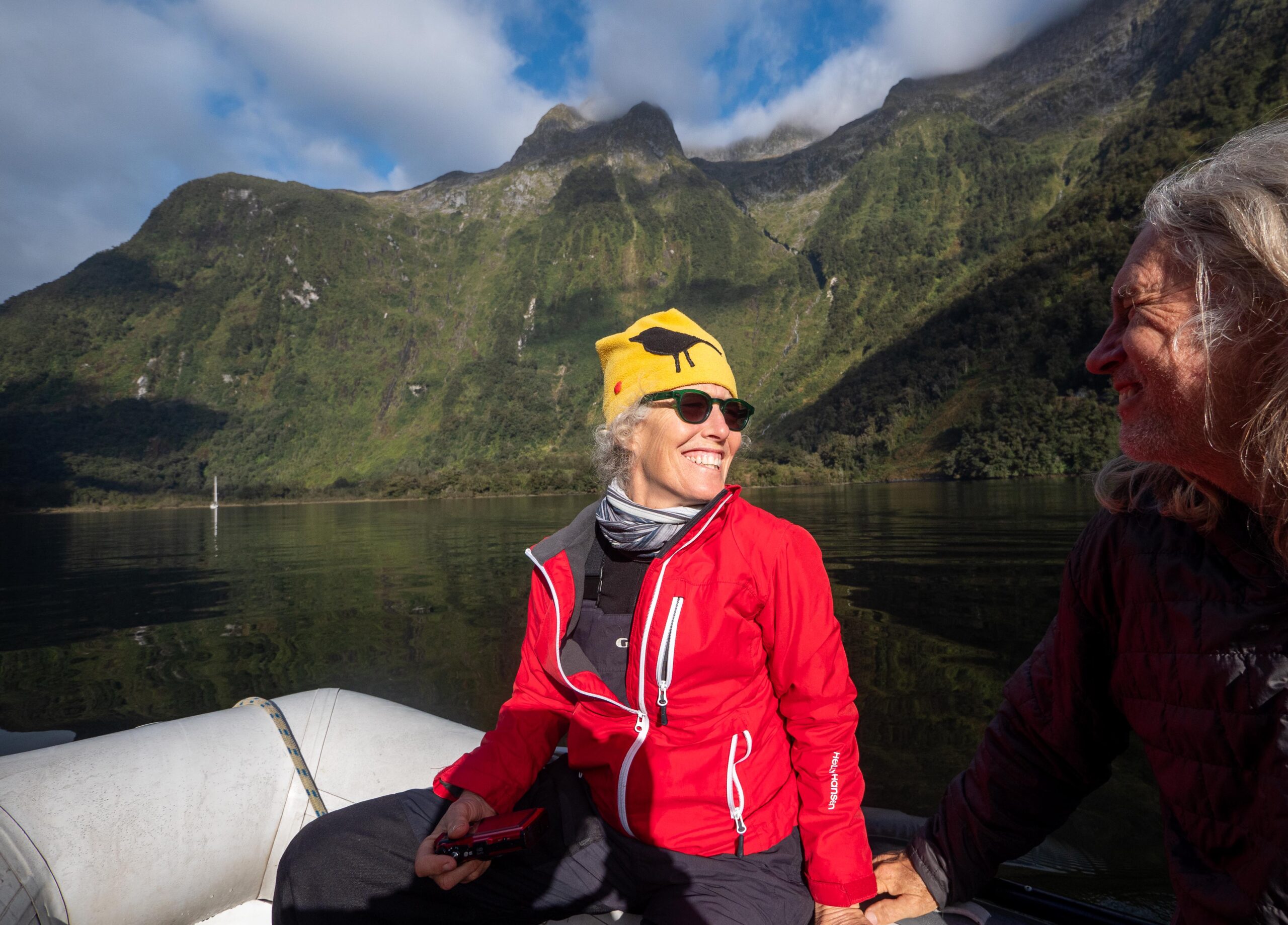
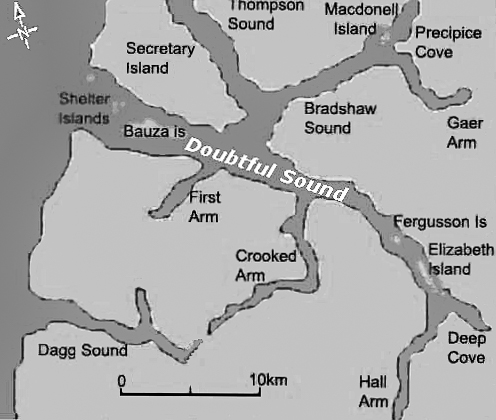
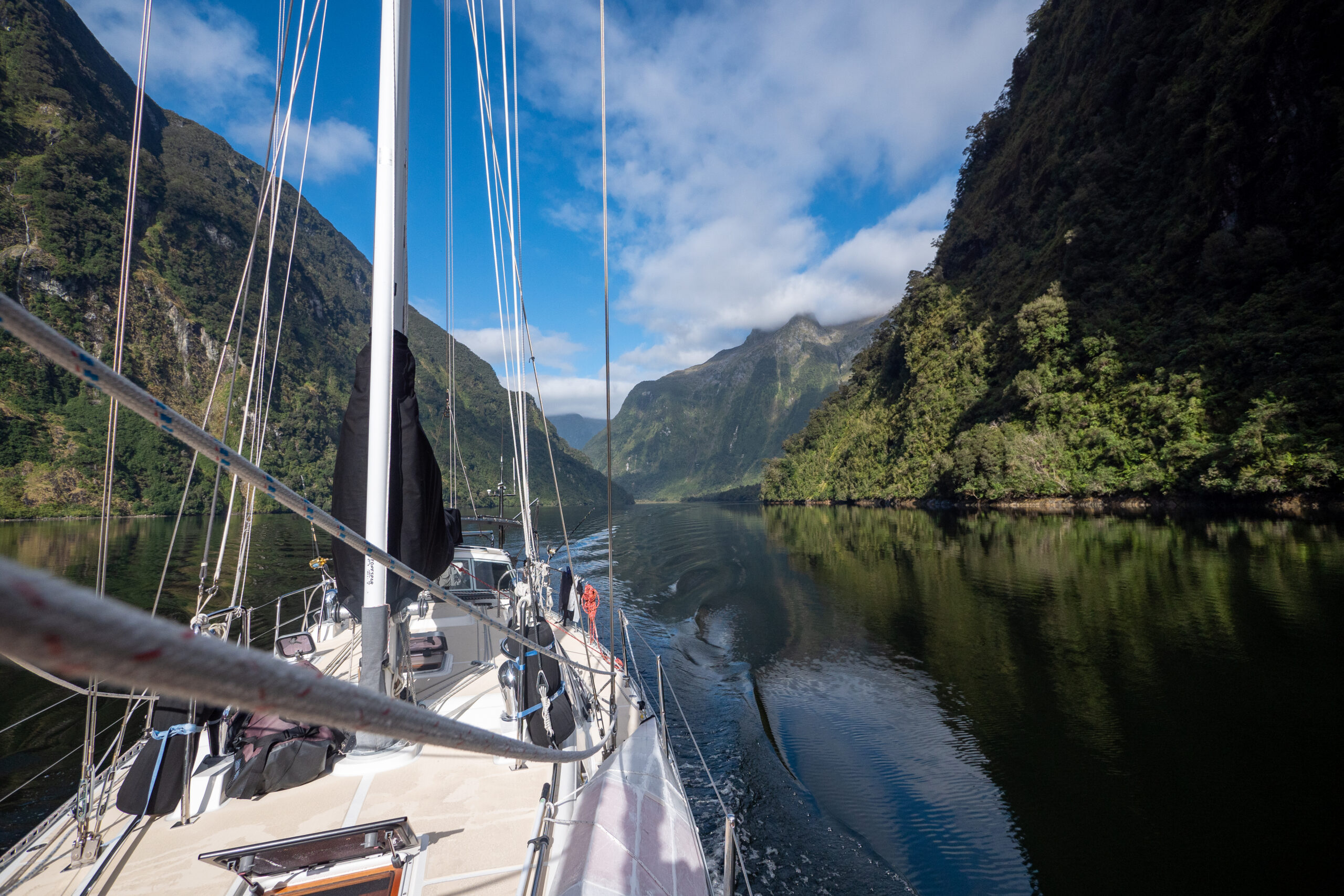
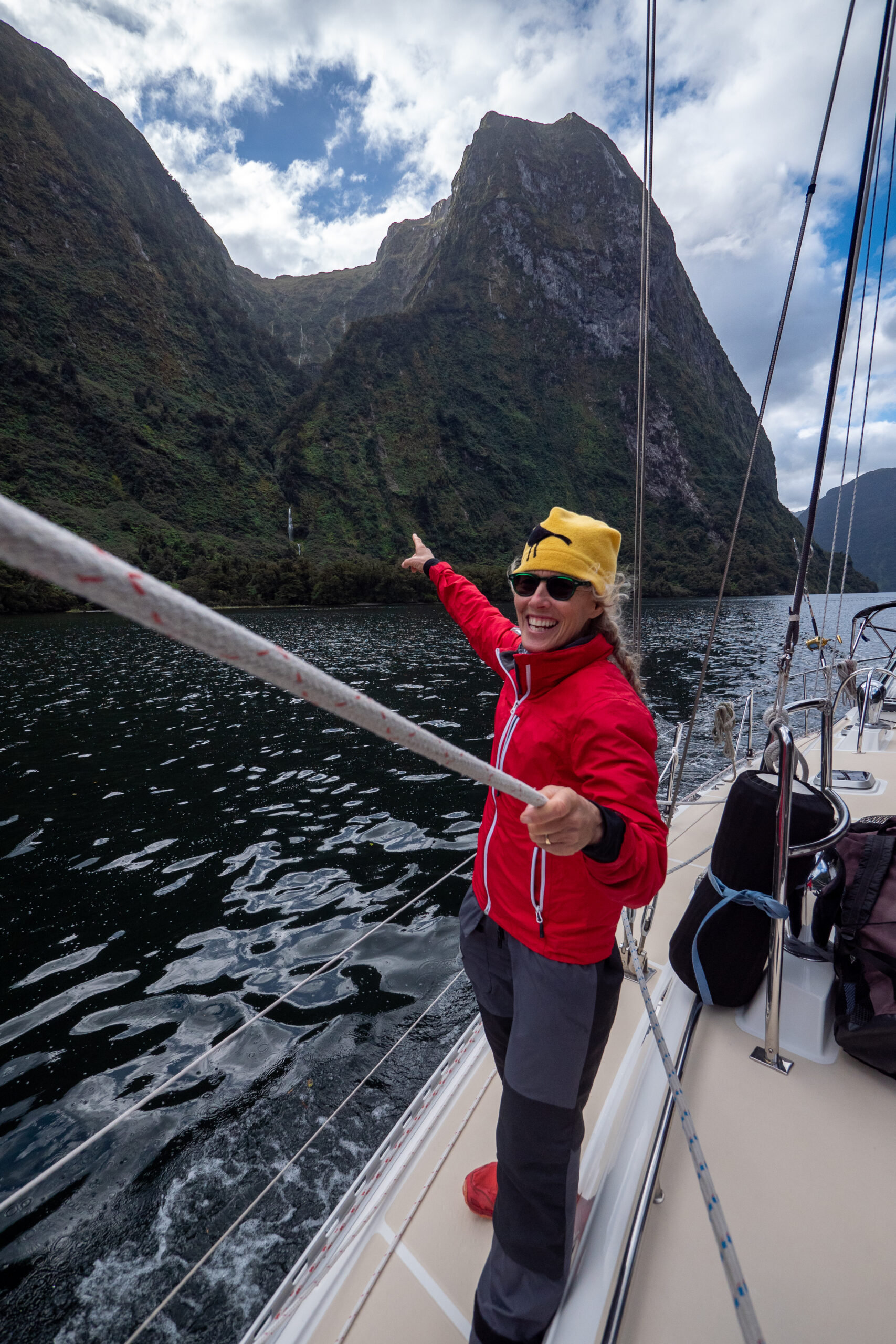

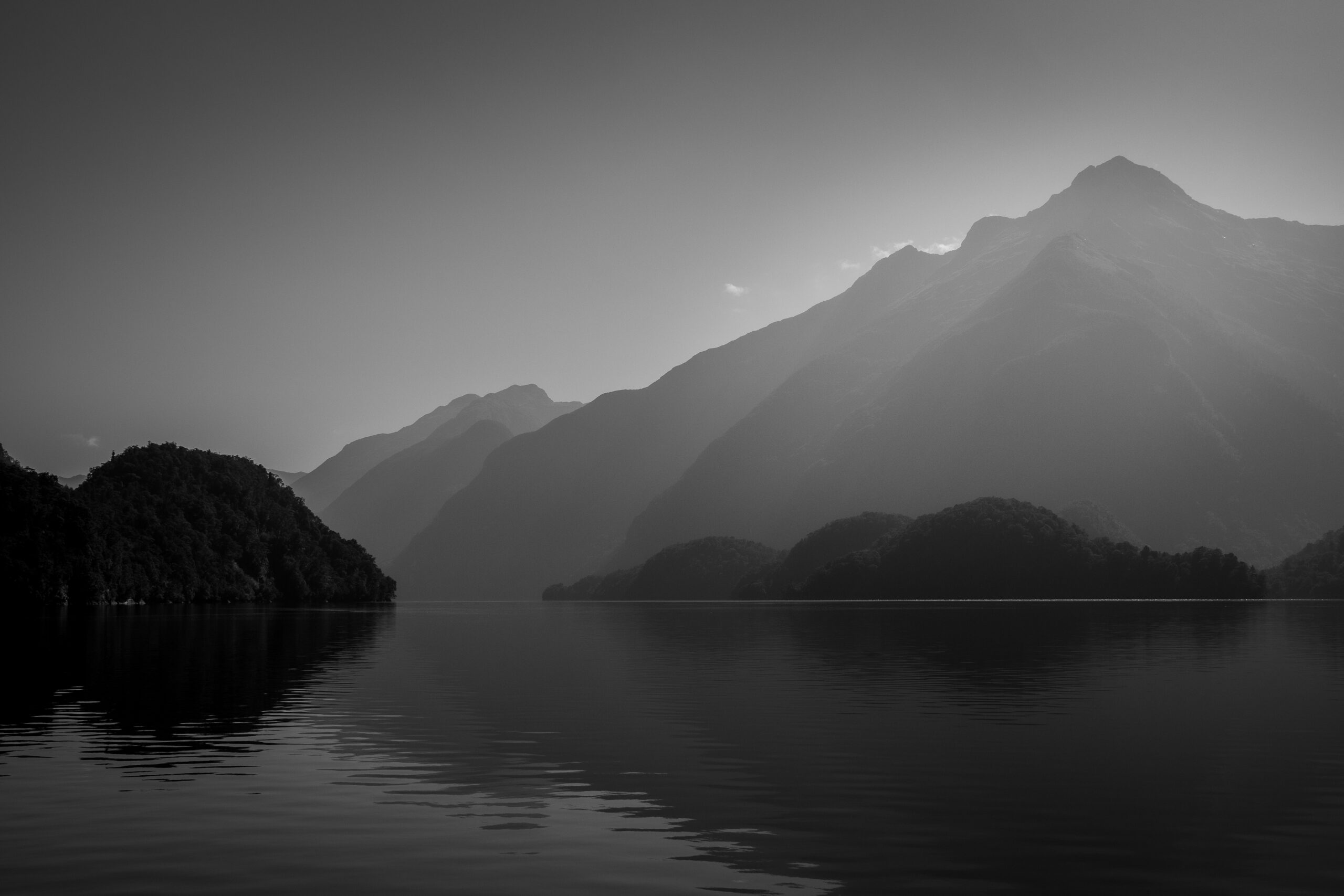
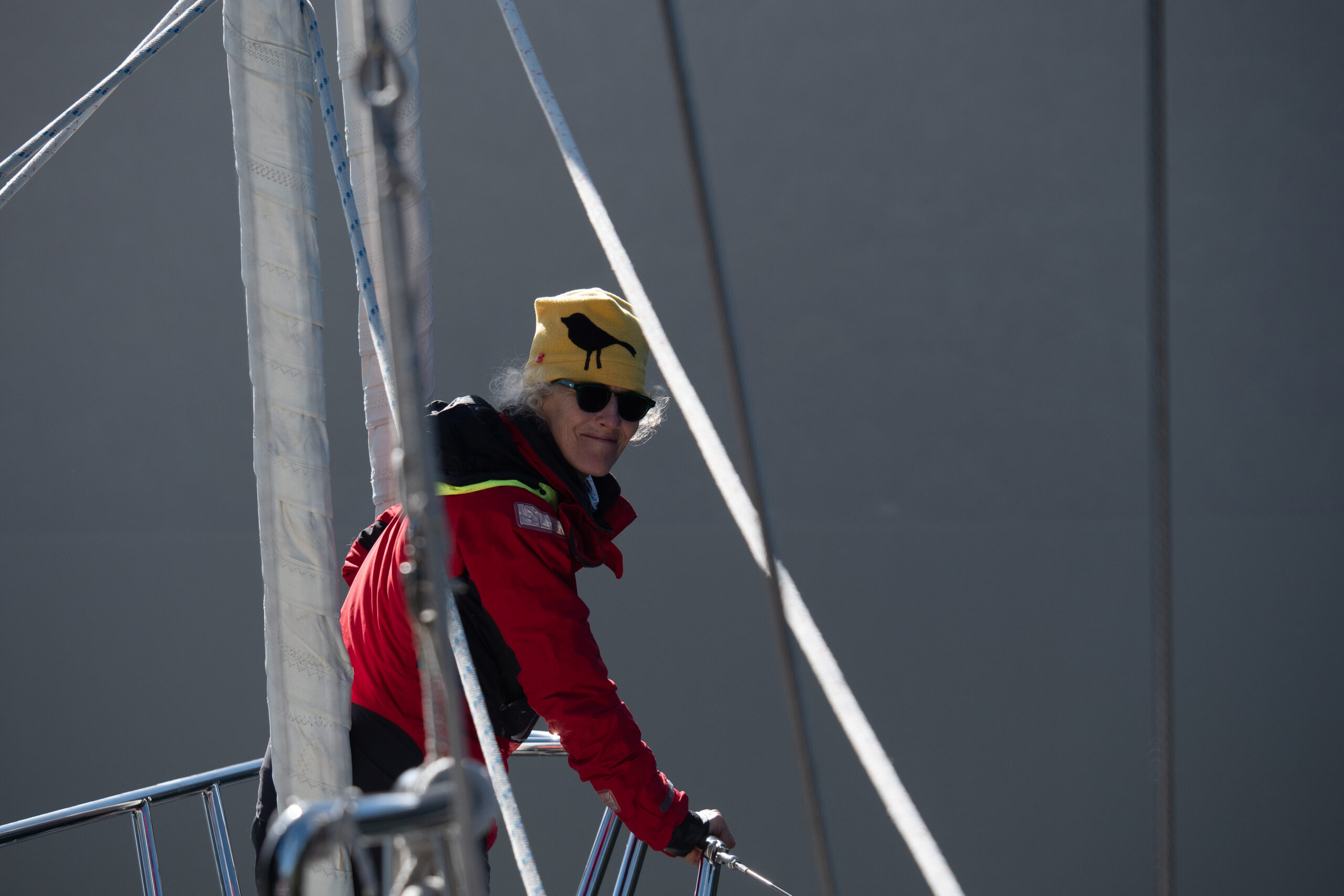
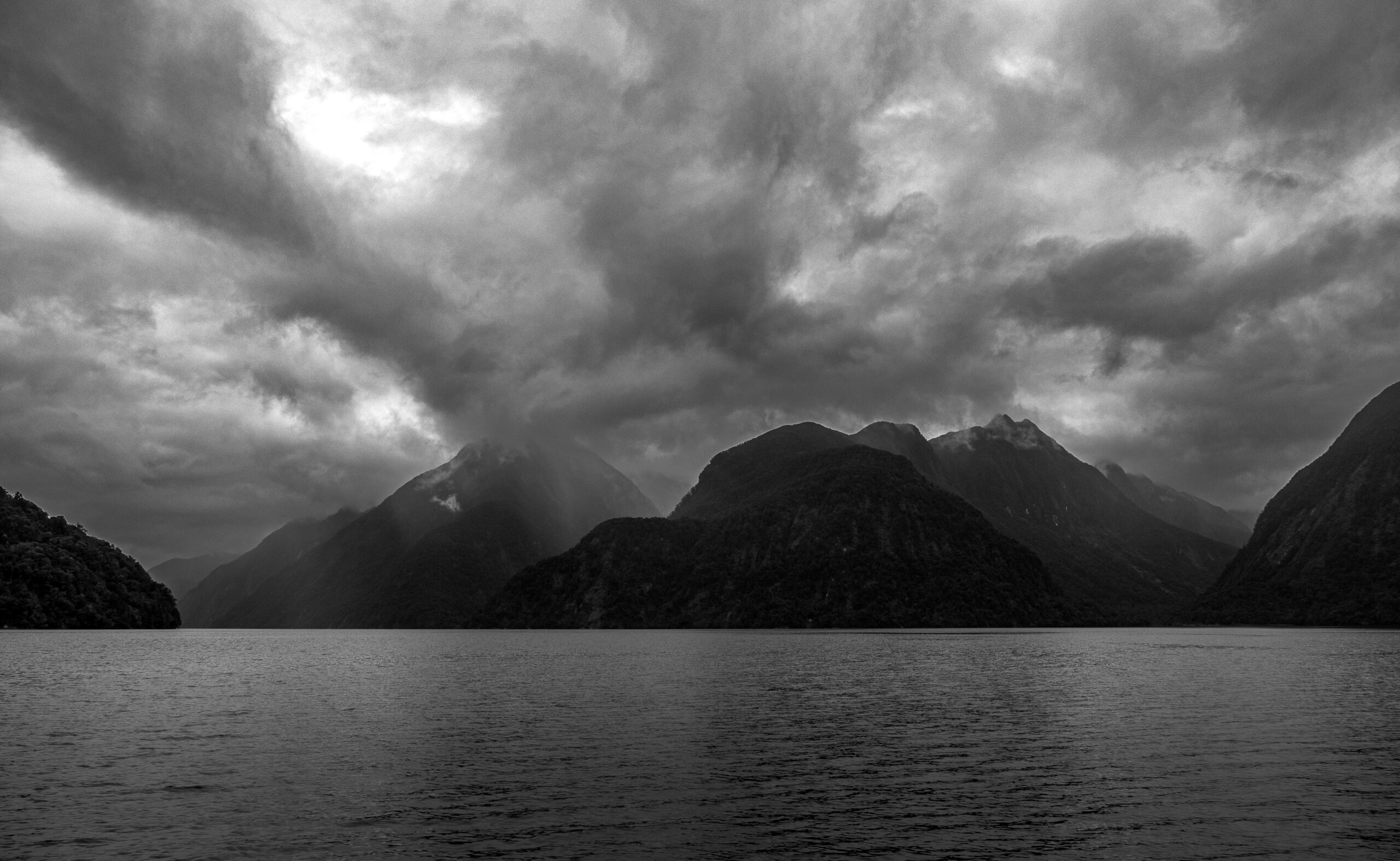
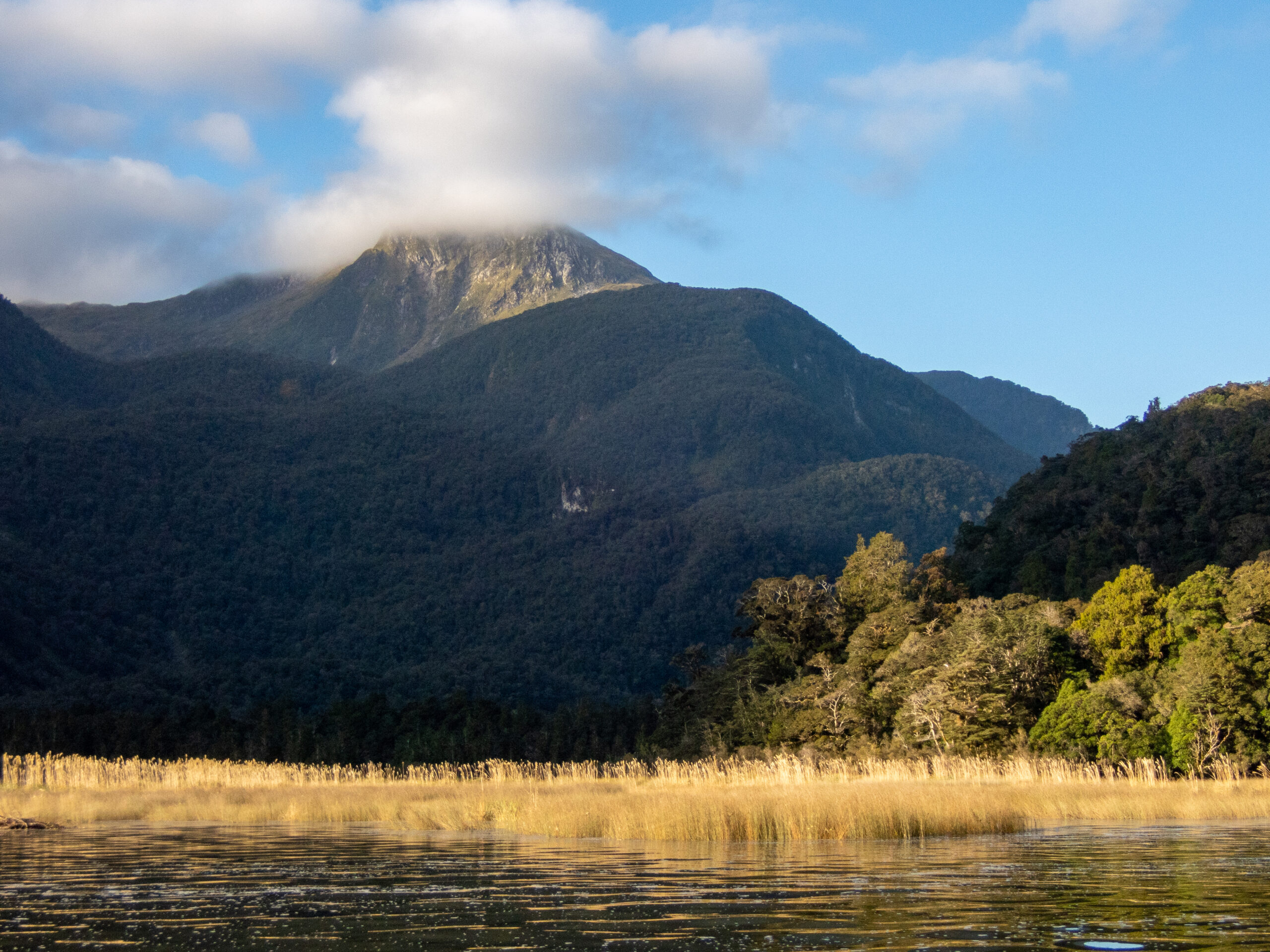

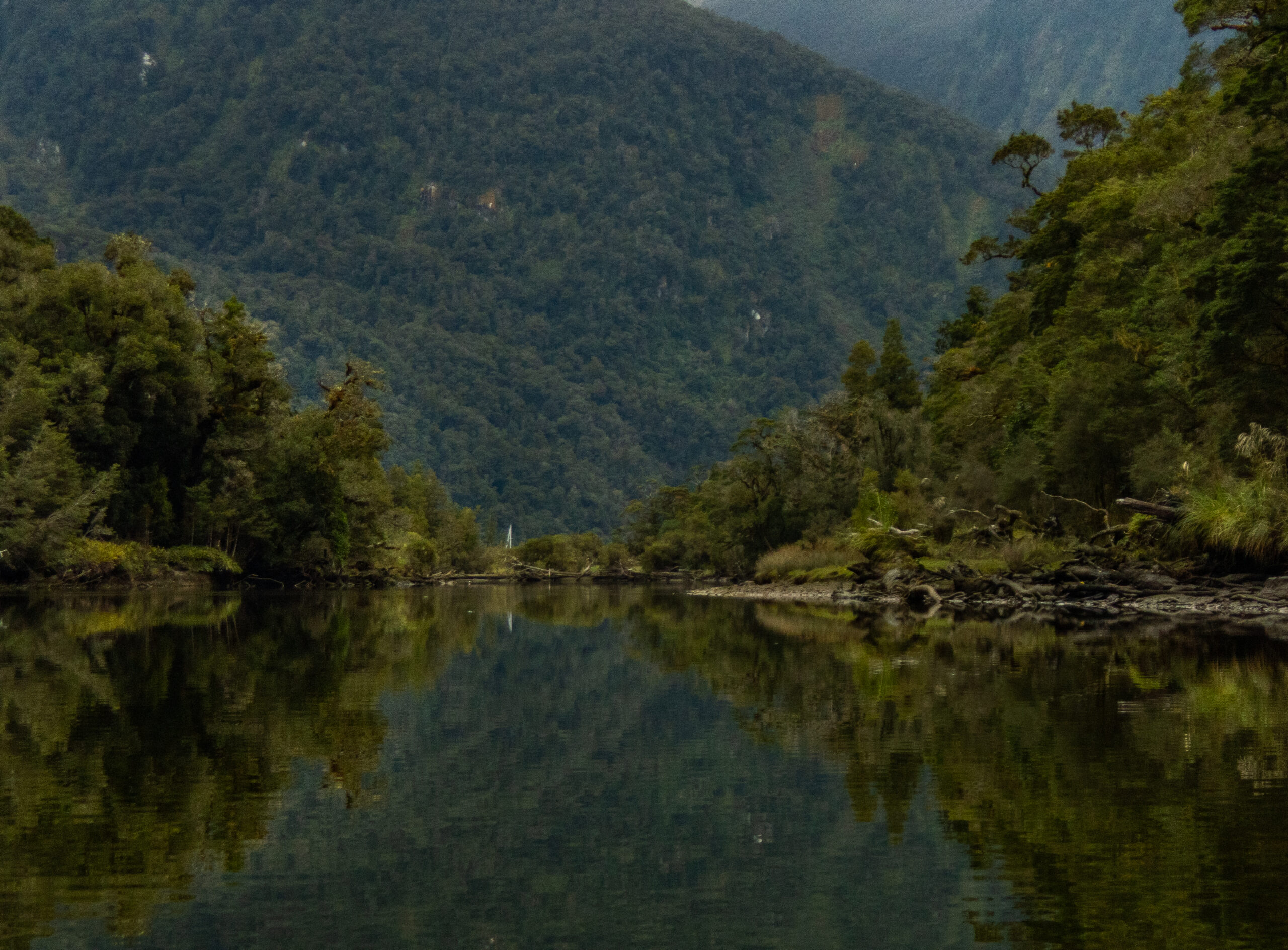



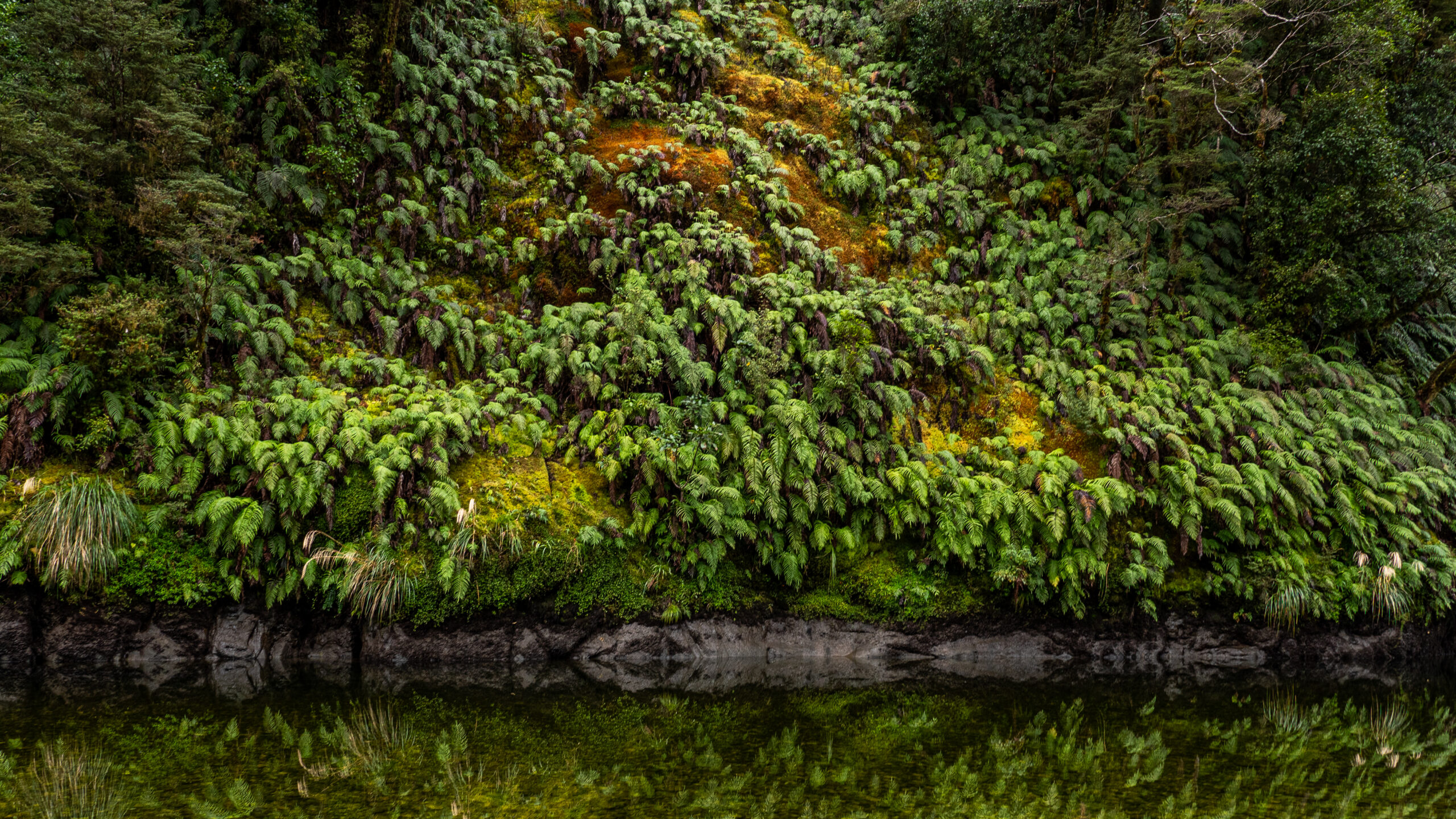
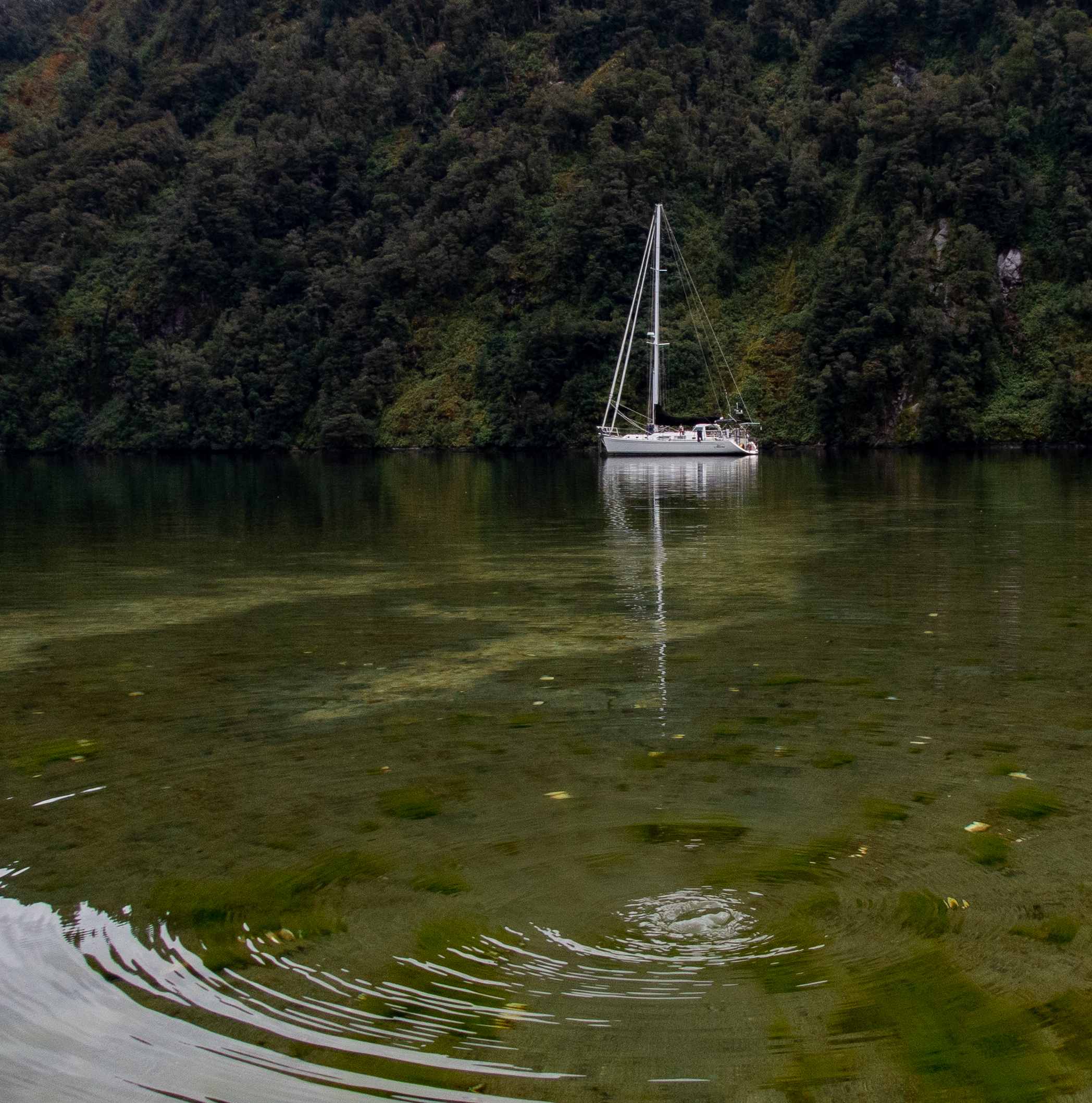

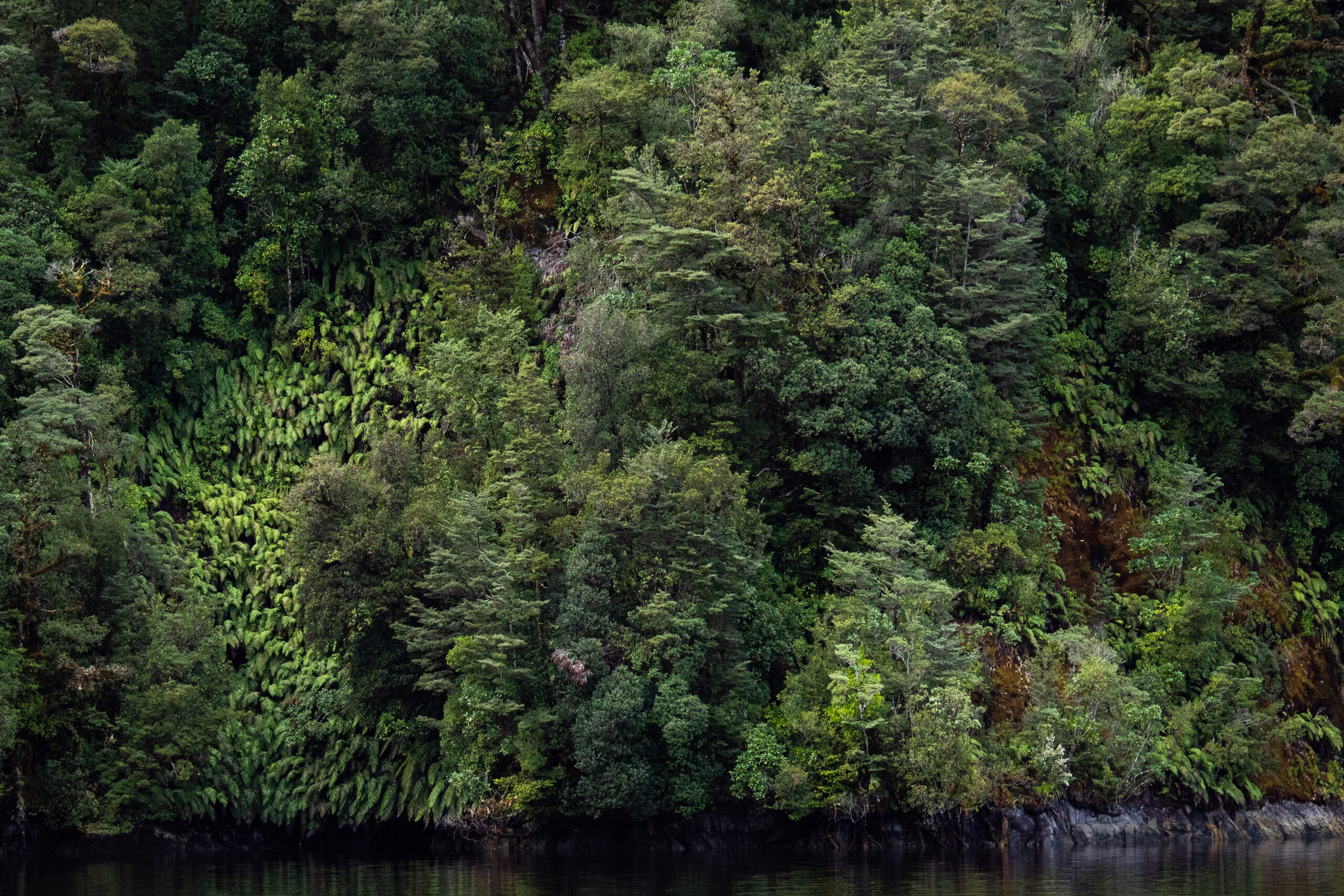
We moved across Bradshaw Sound to Precipice Cove/MacDonnell Island, an all weather anchorage.
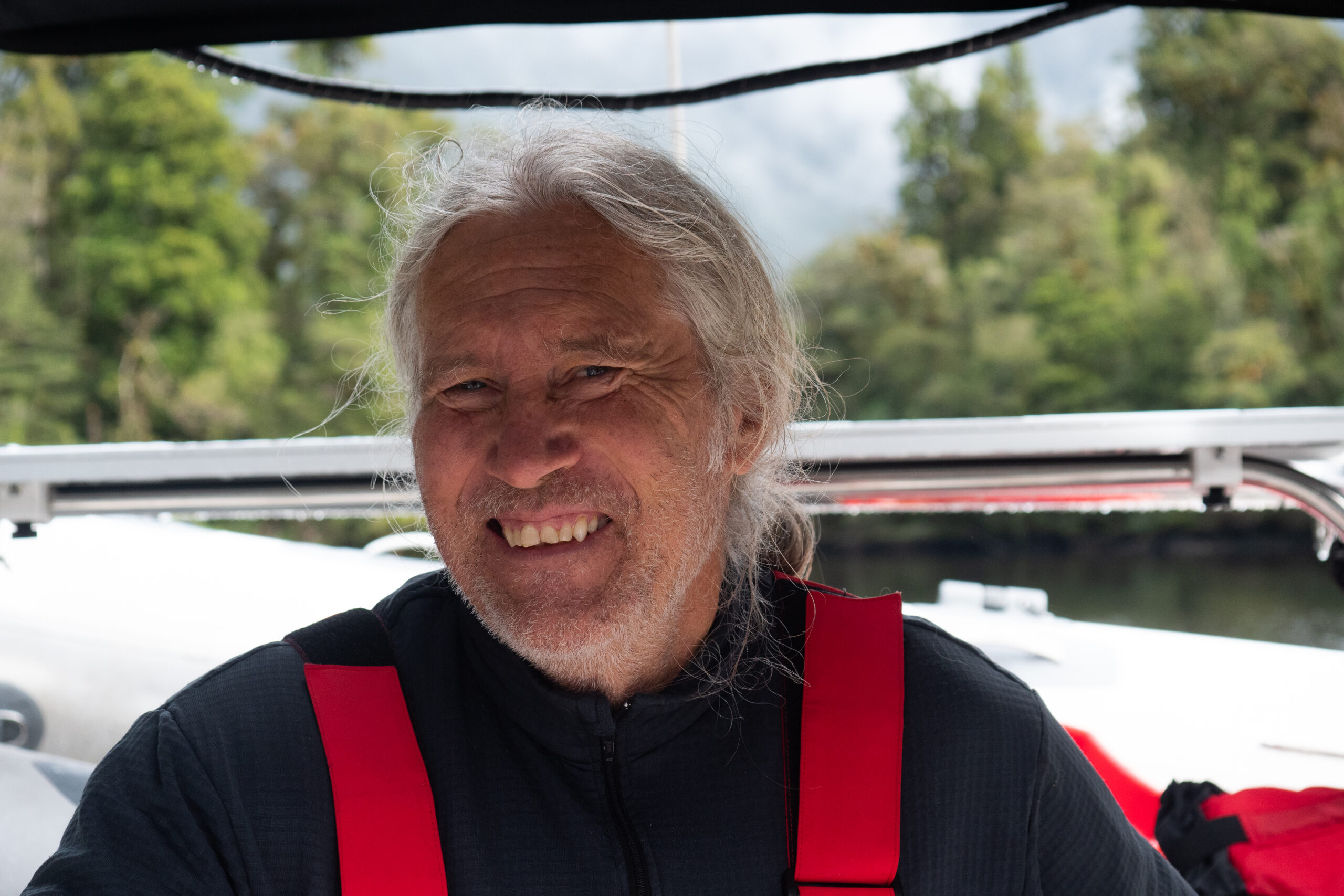
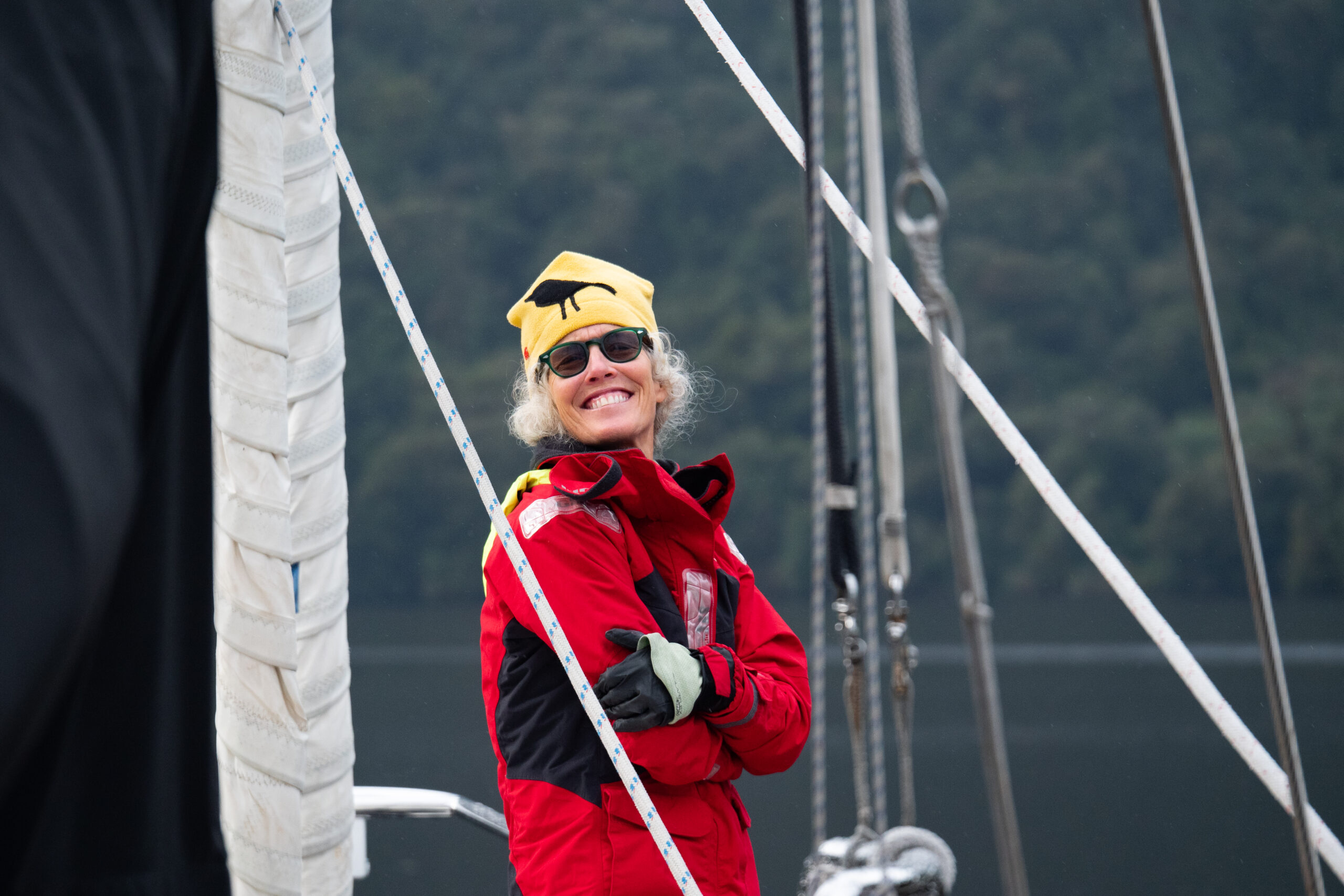
Still quite giddy about having one on one time with Wyatt before he flies back to the States.
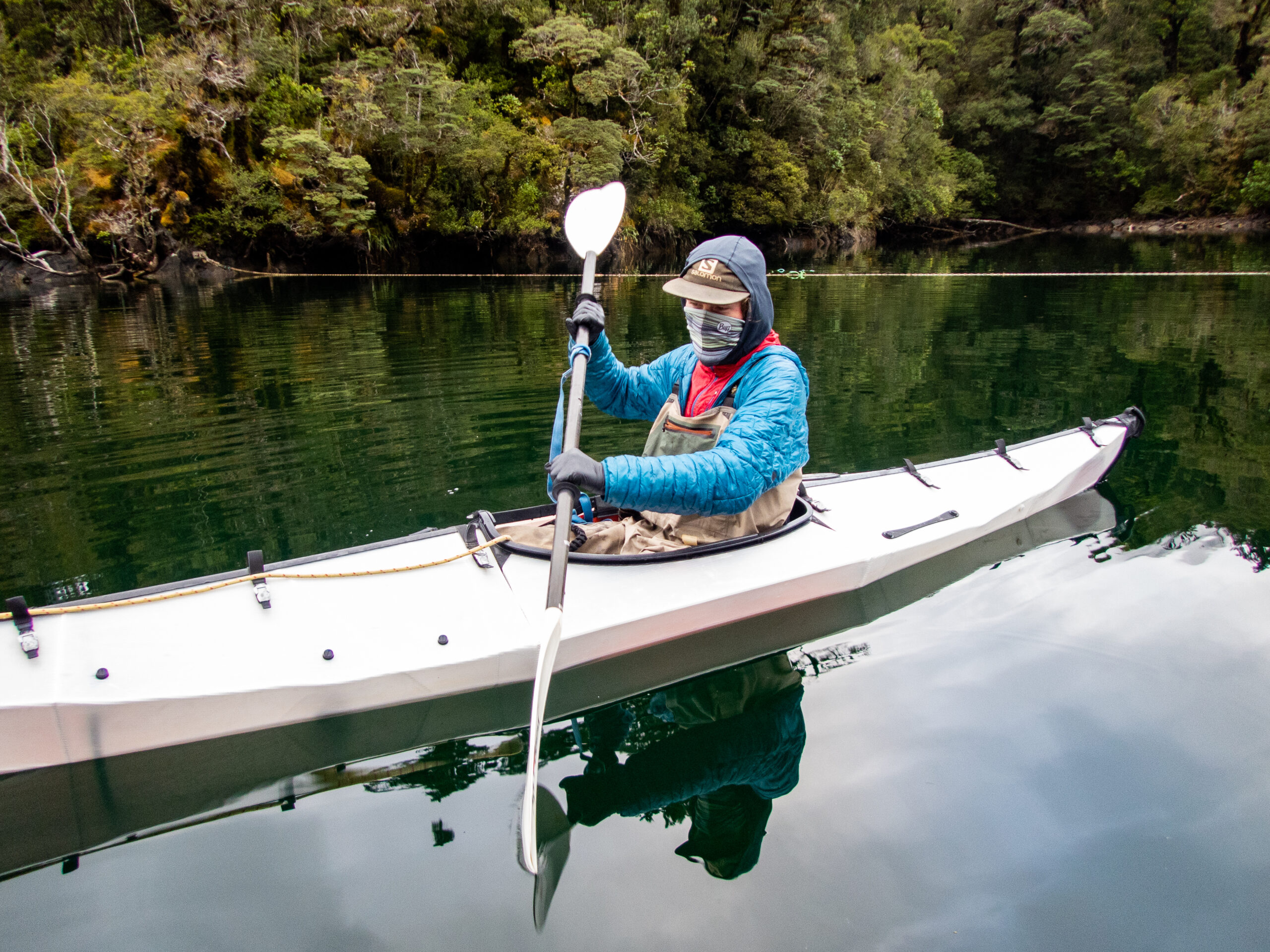
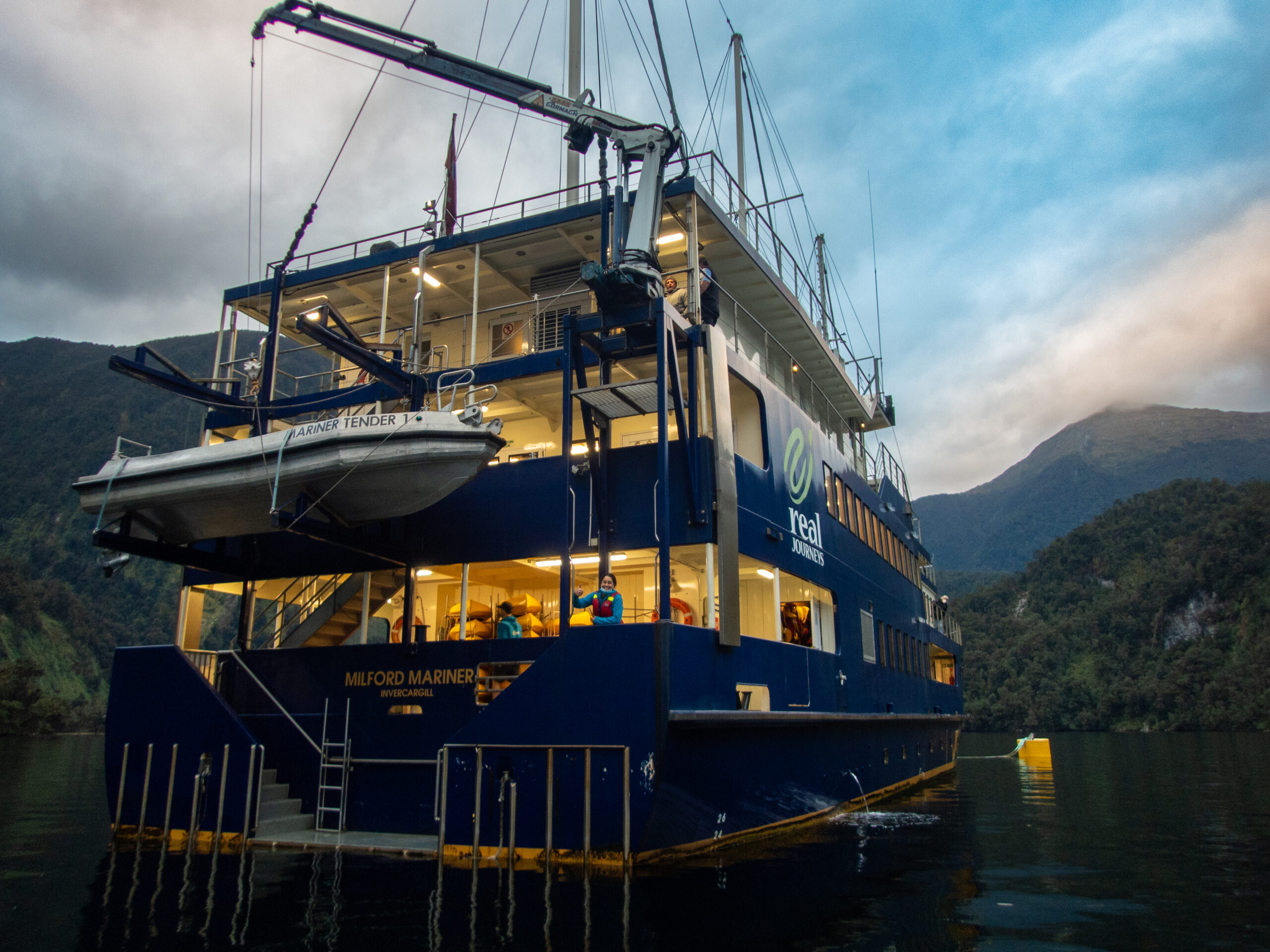



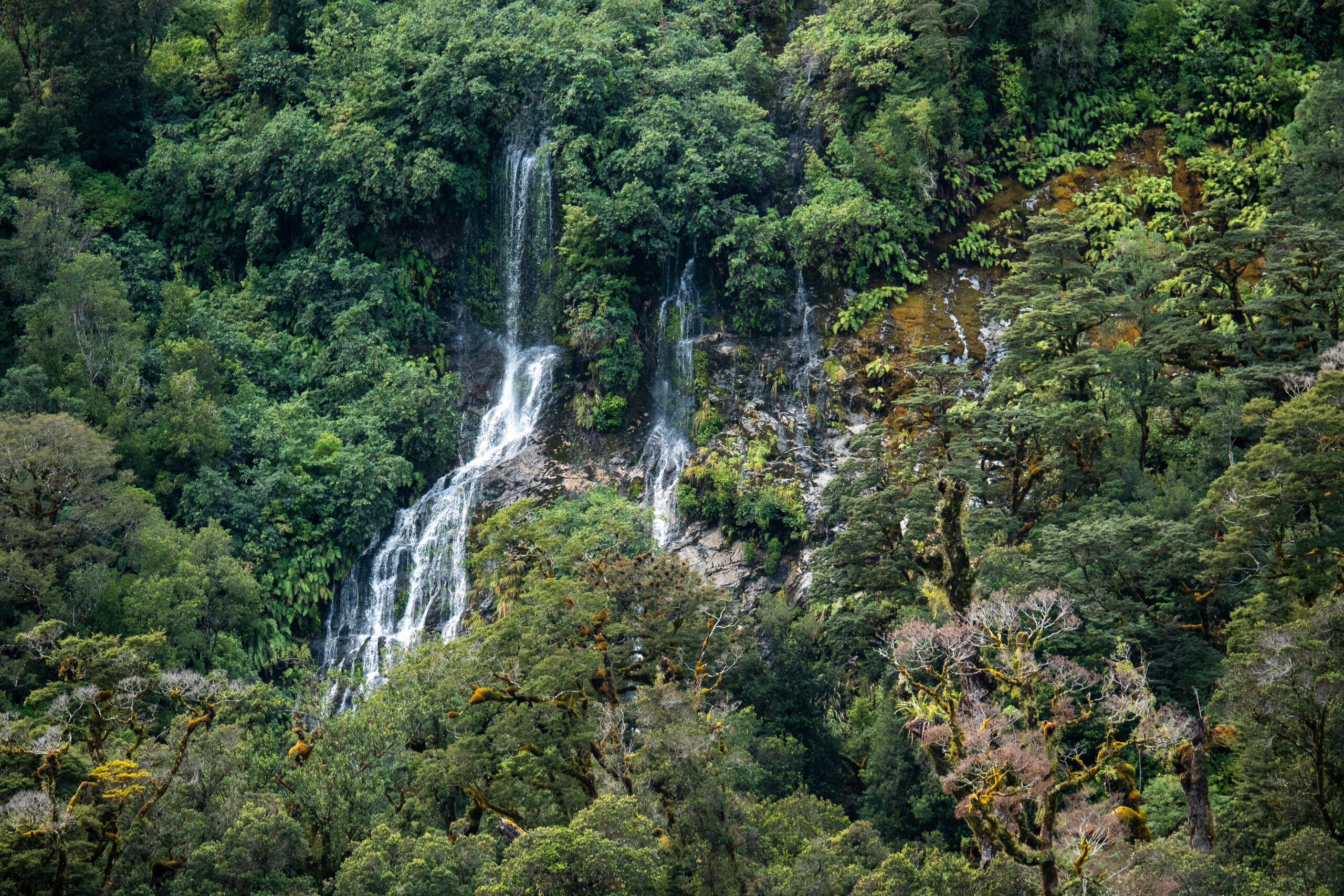

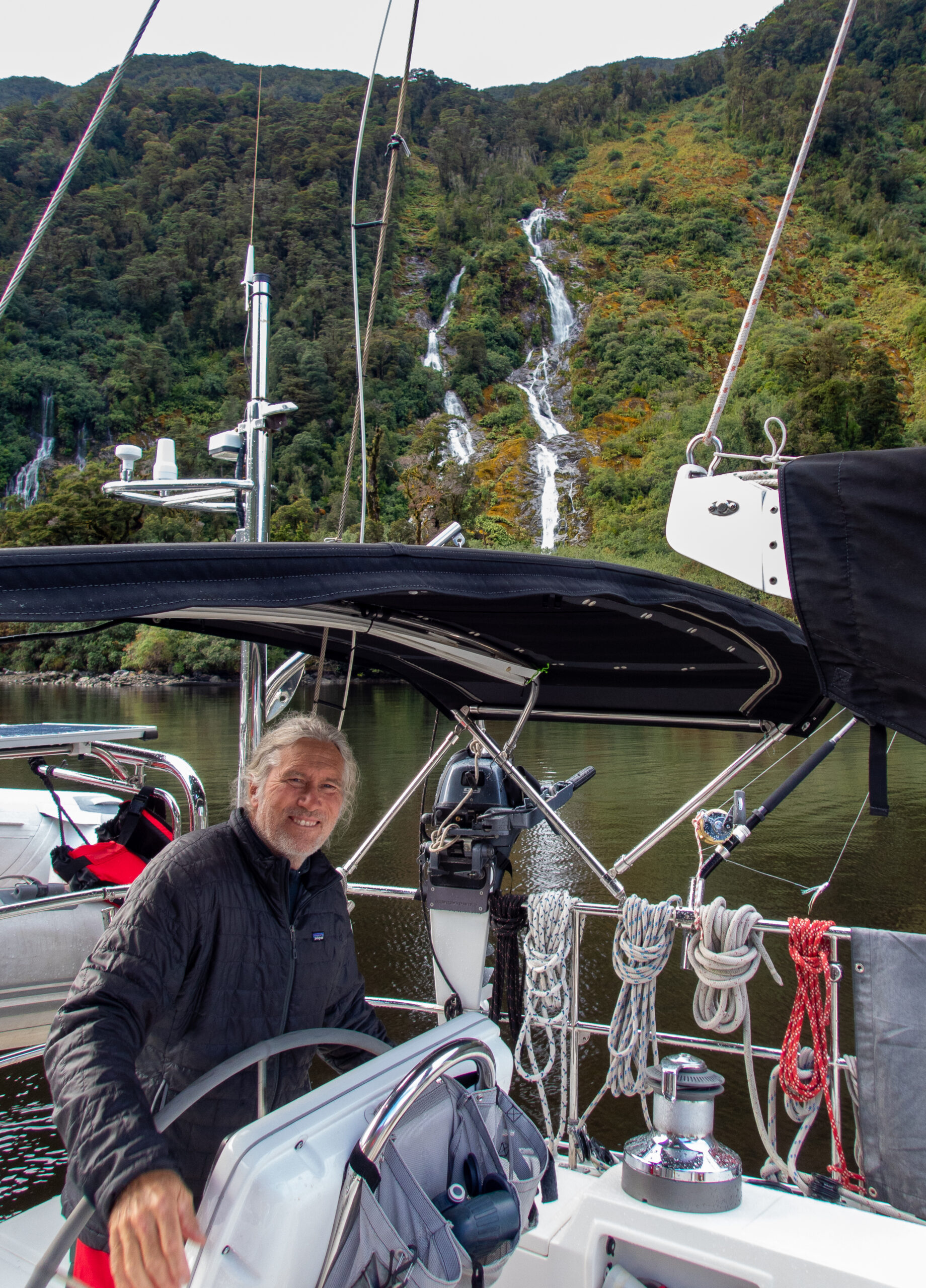

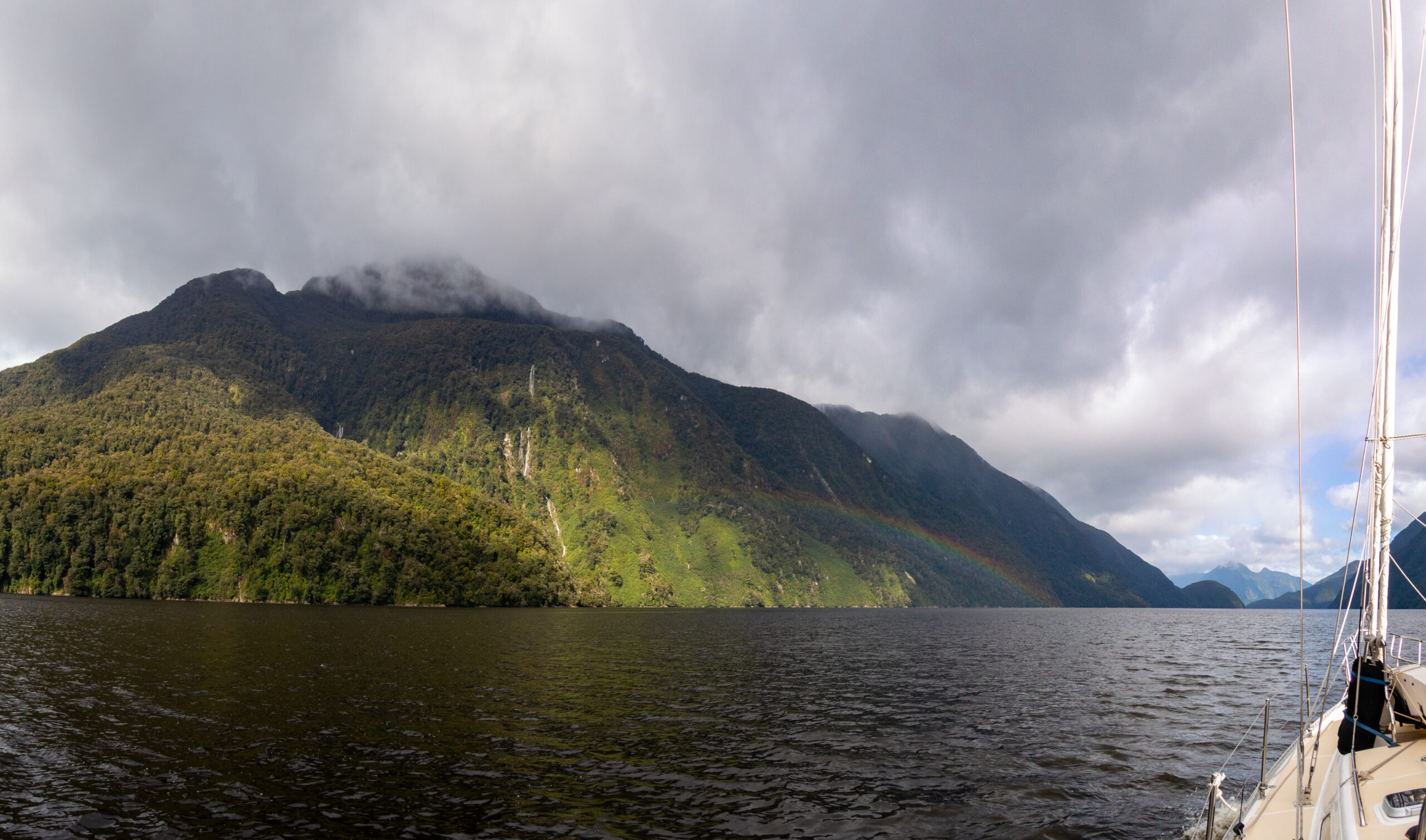

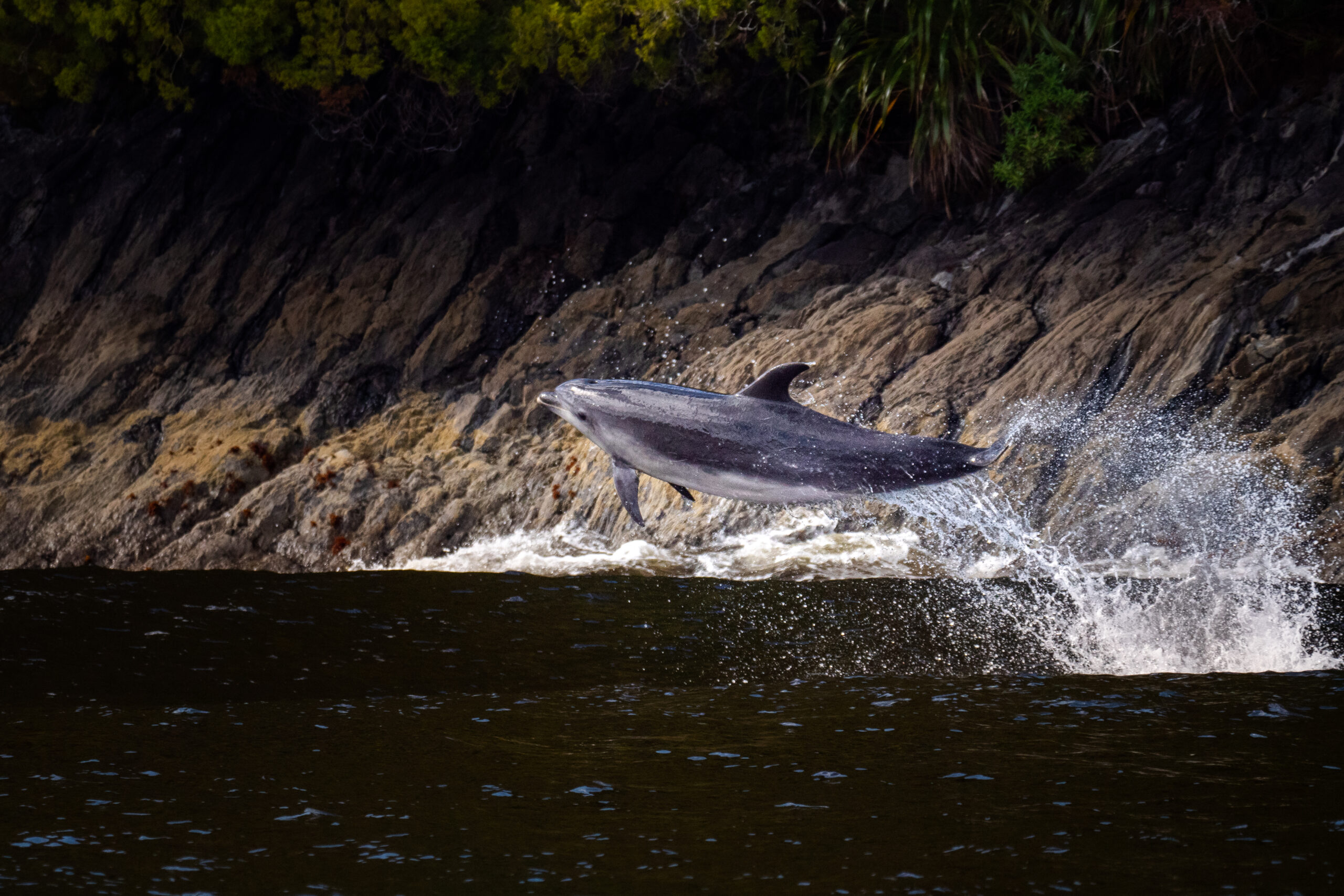


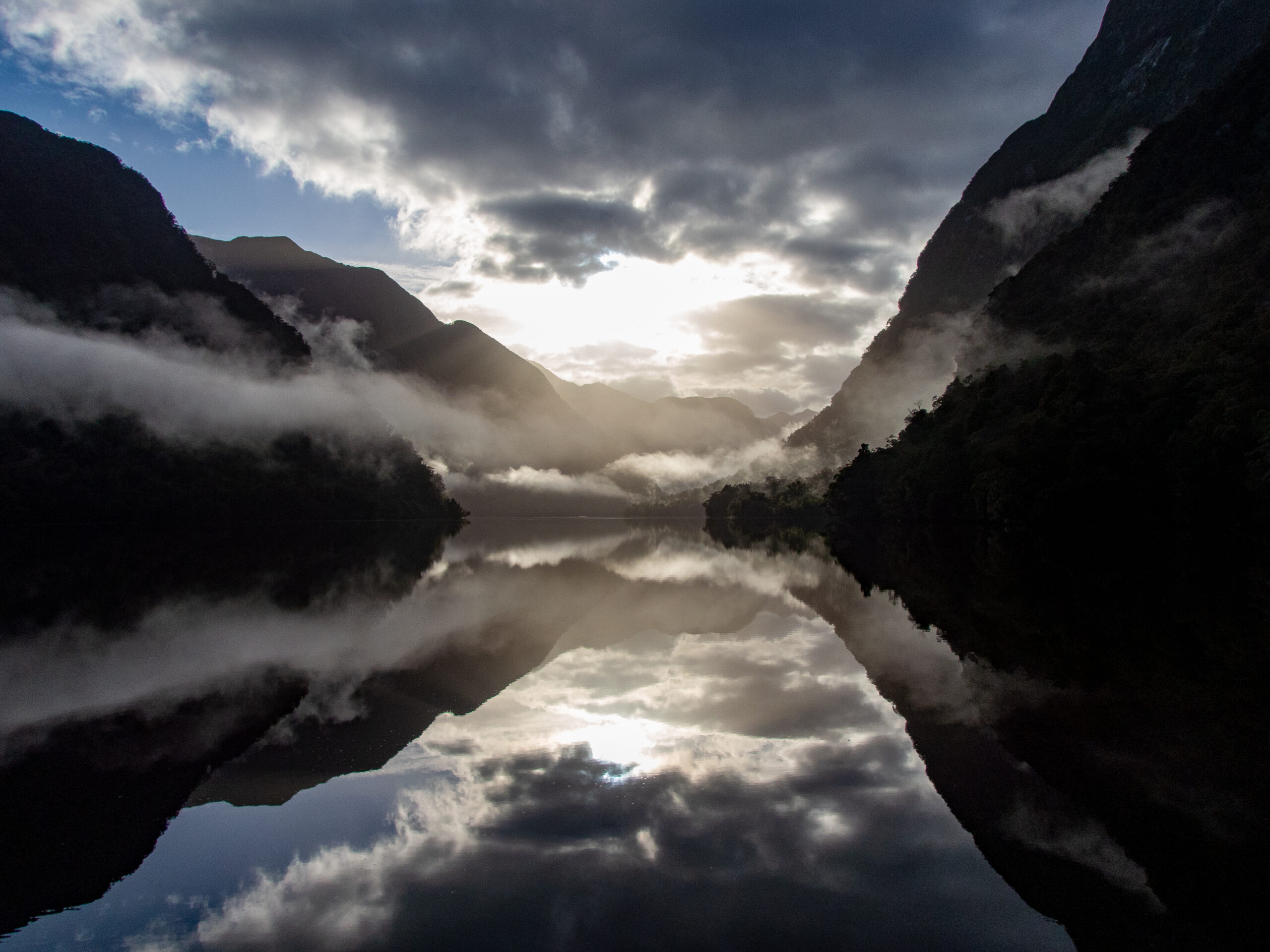
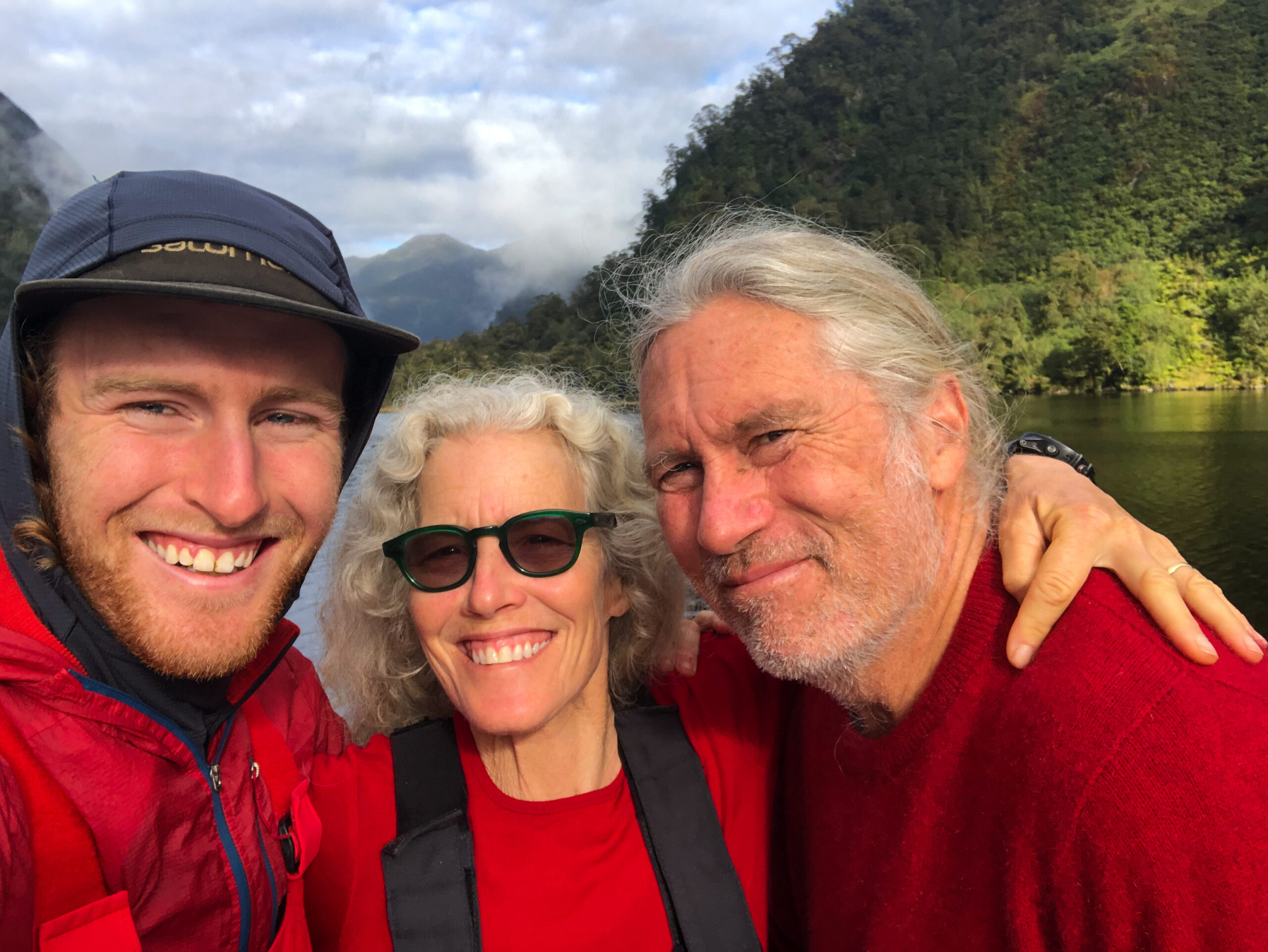

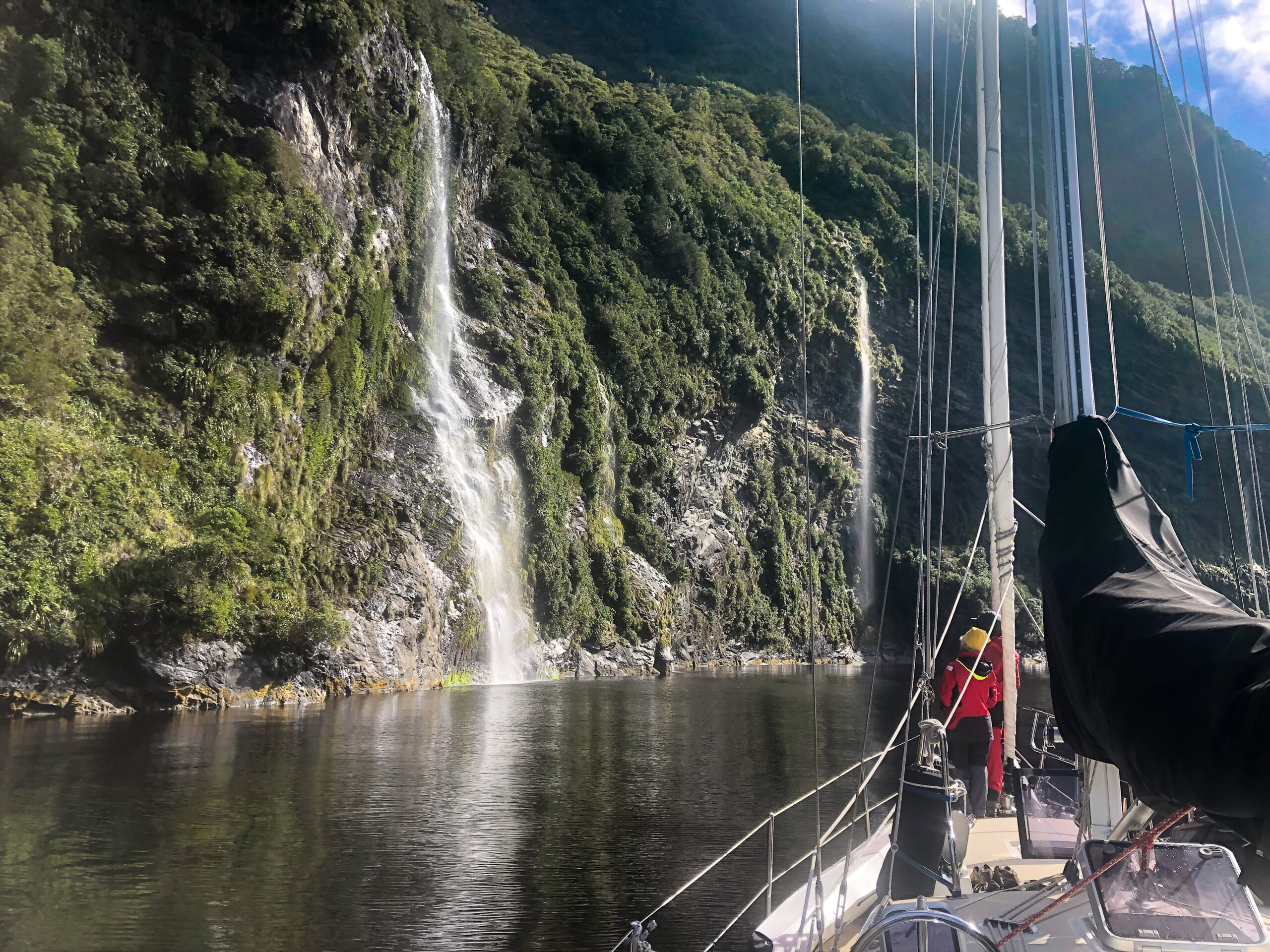
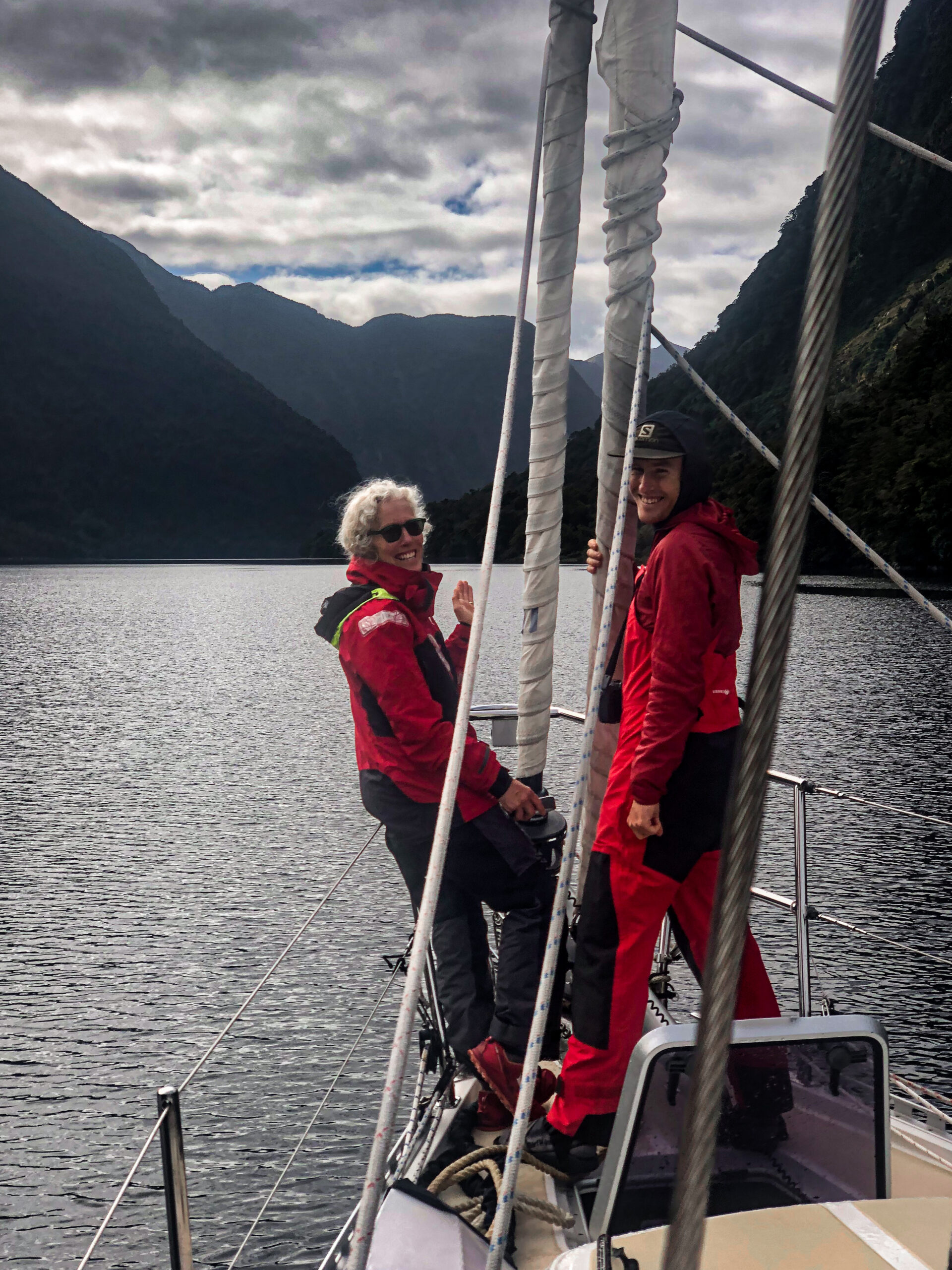



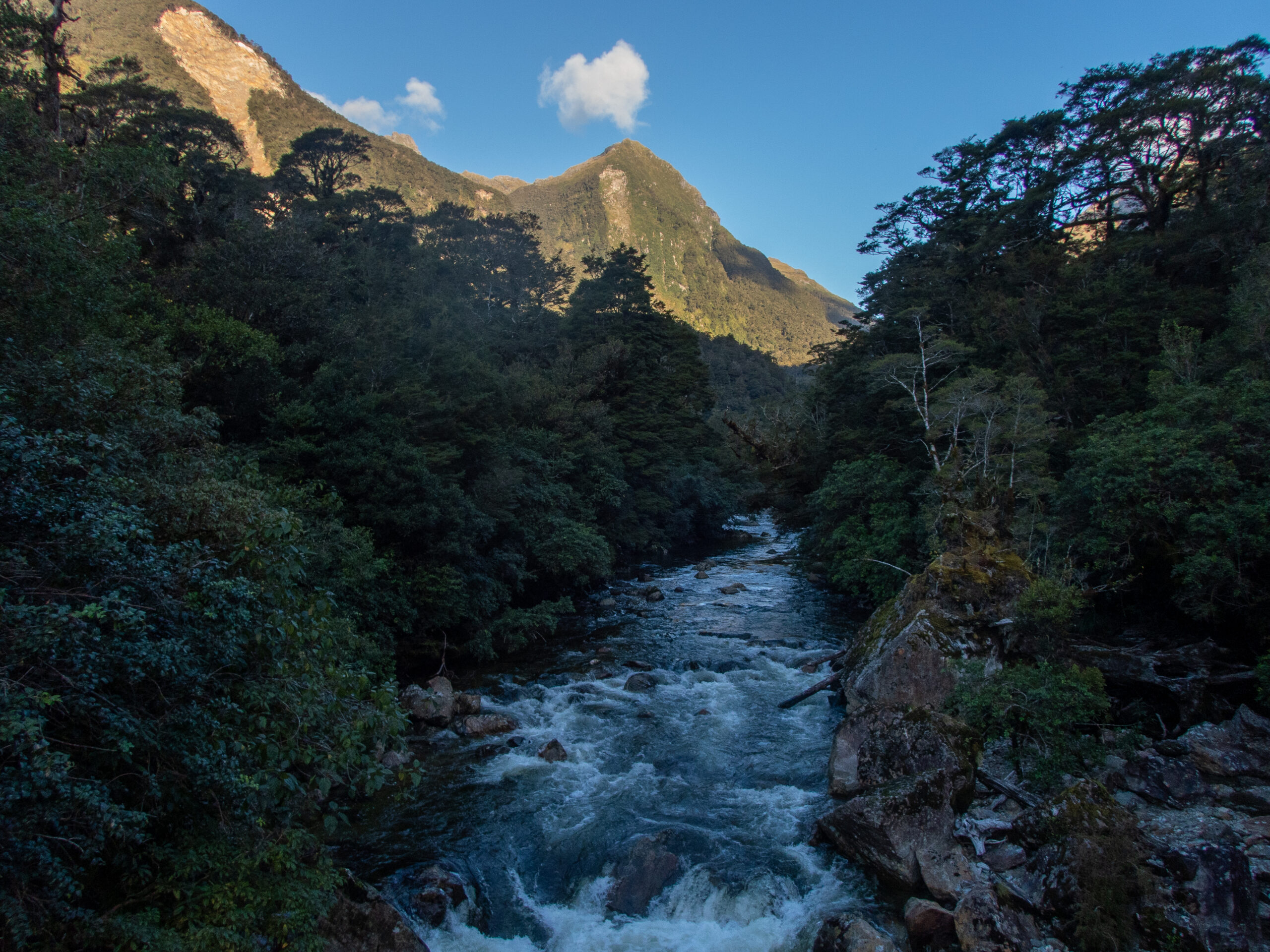
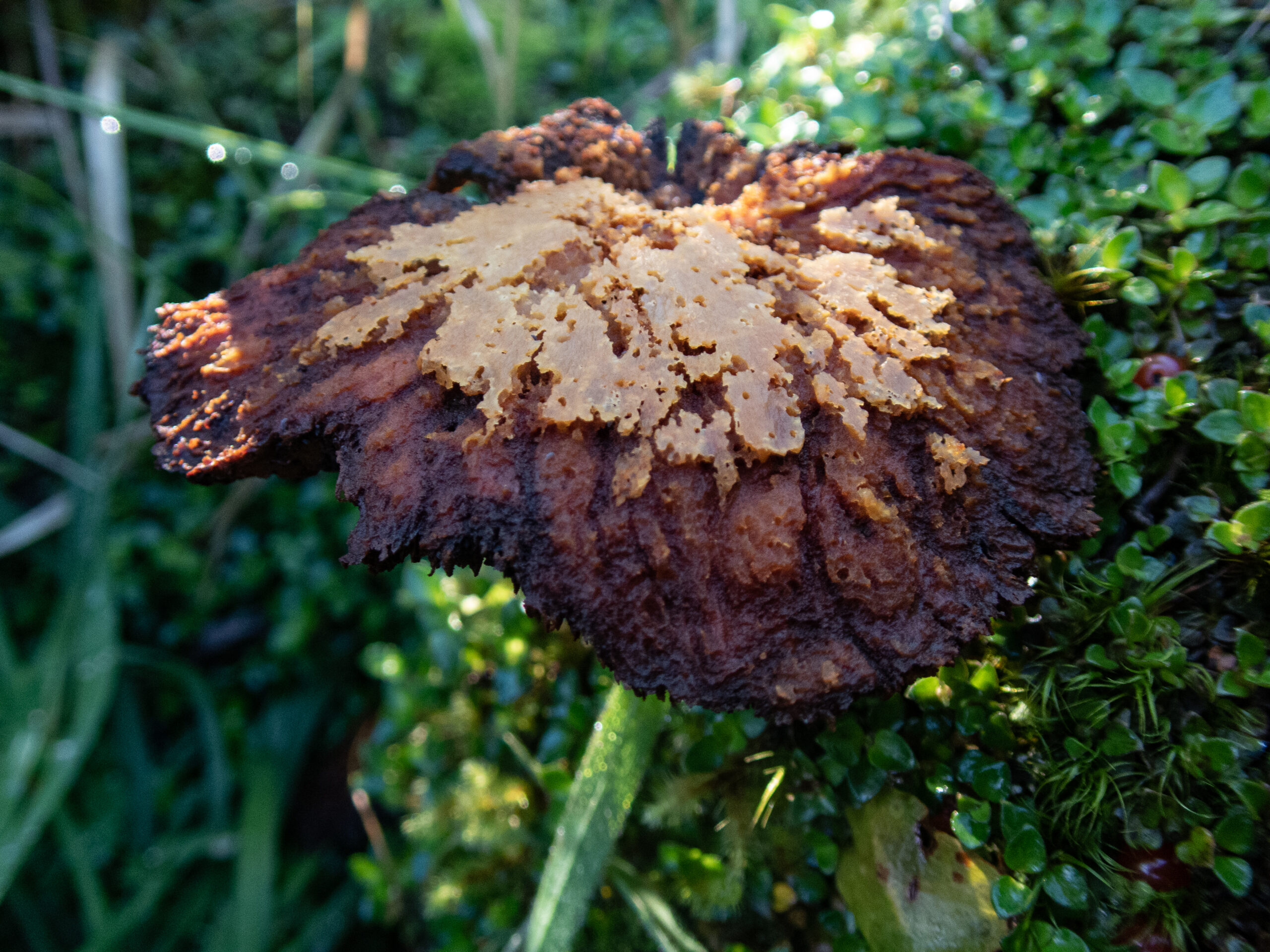
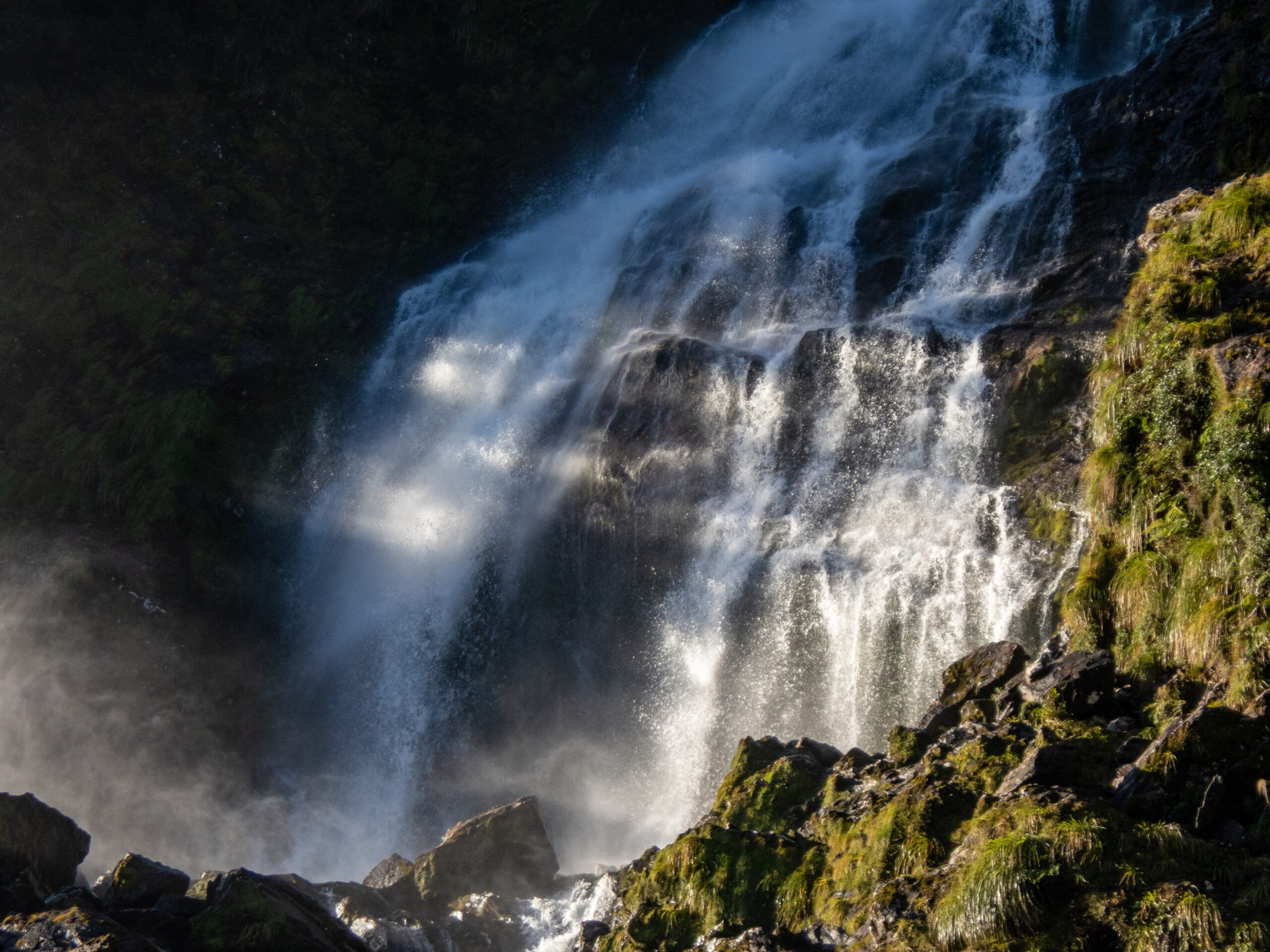

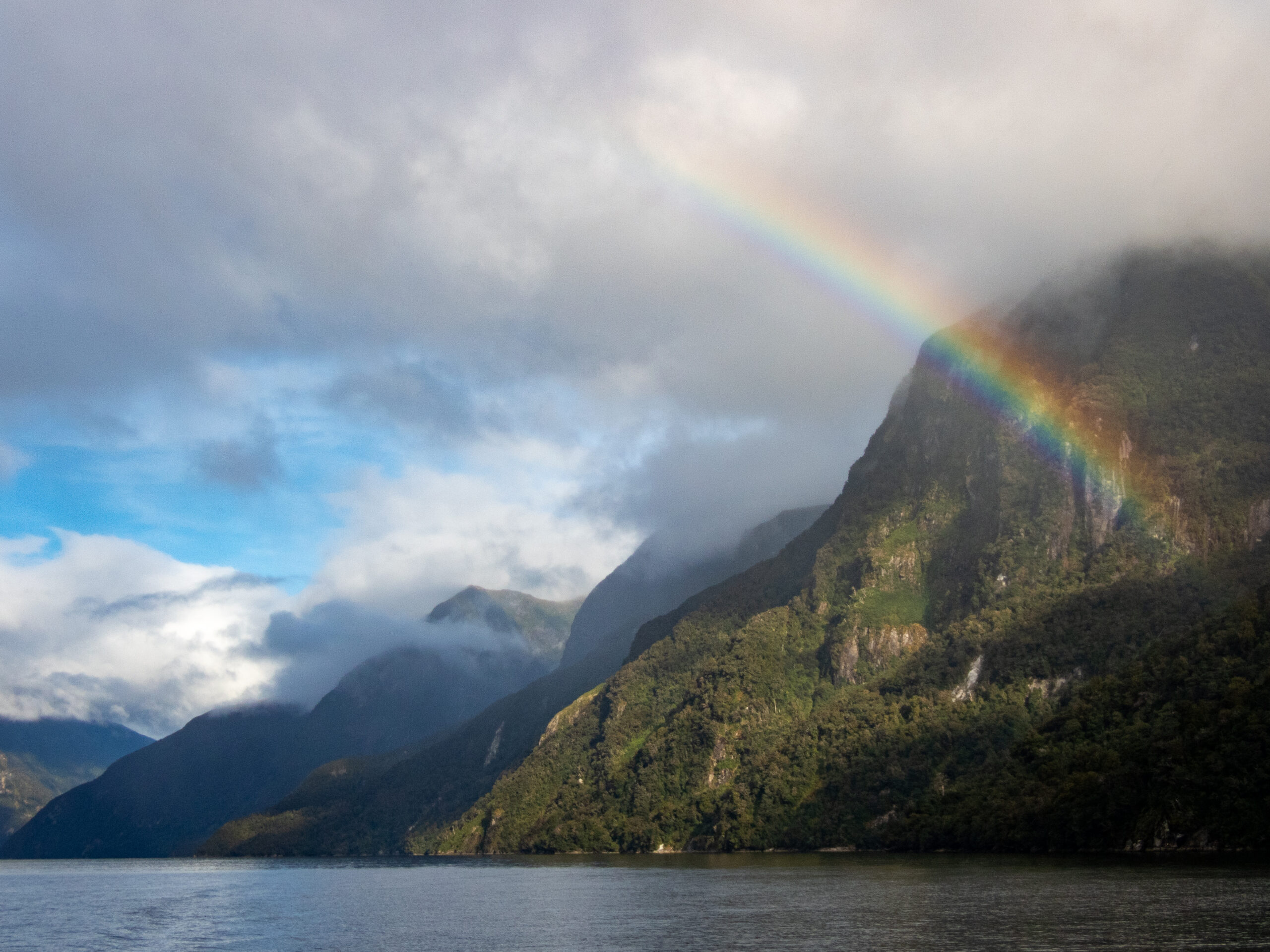
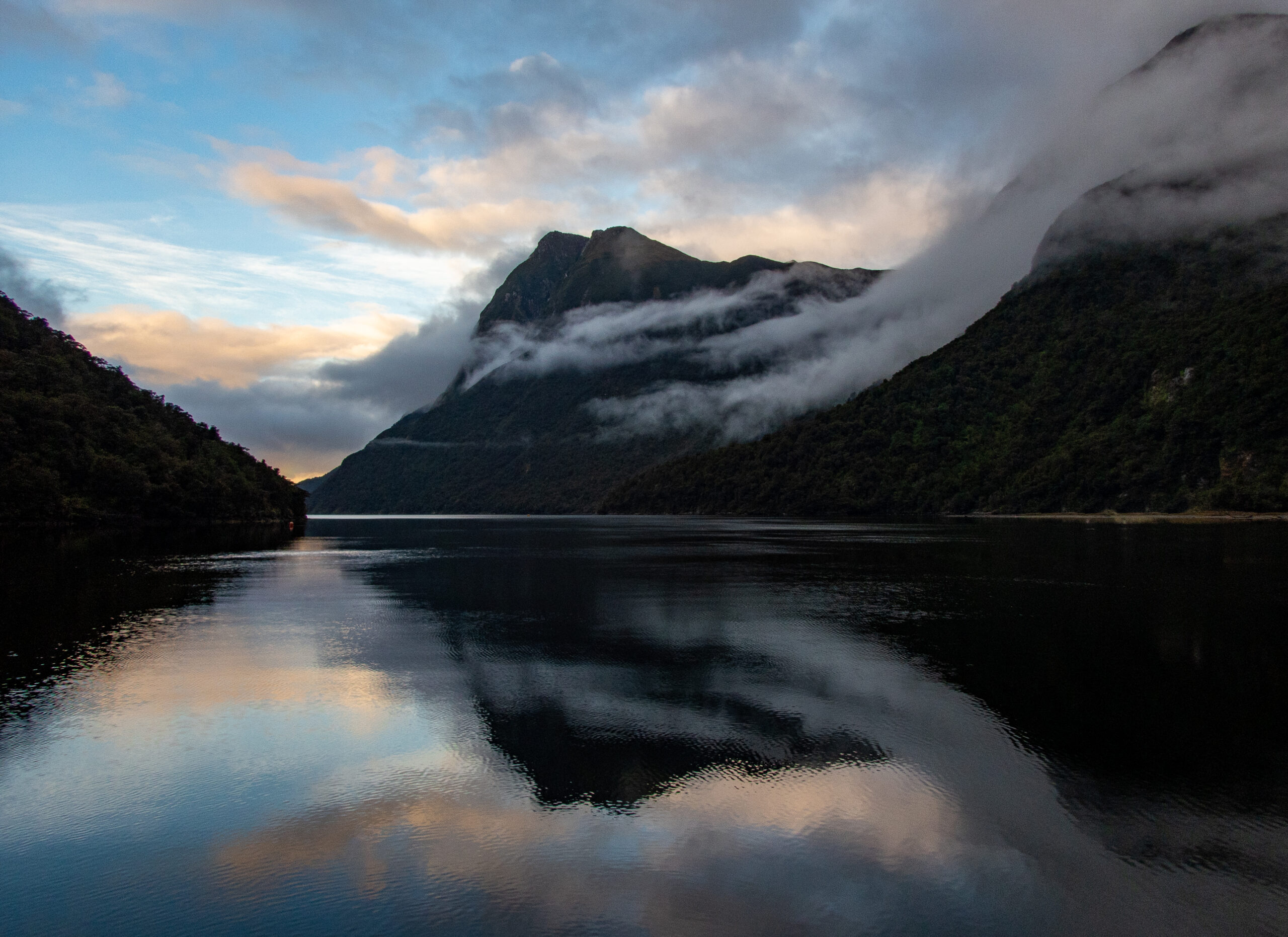

Dagg/Te Ra Sound, shared only with Wapiti in the ‘roar.’ – Fiordland
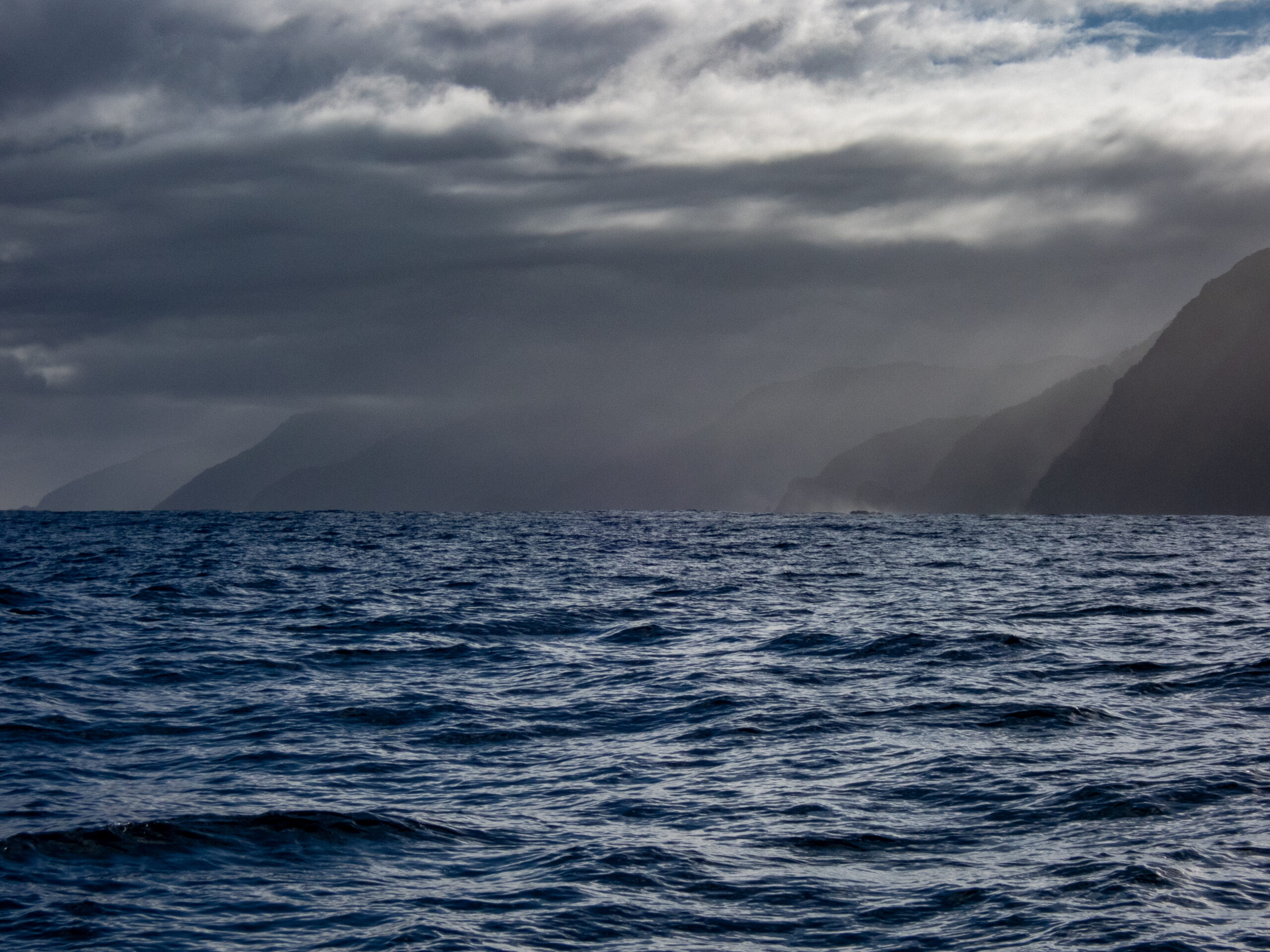


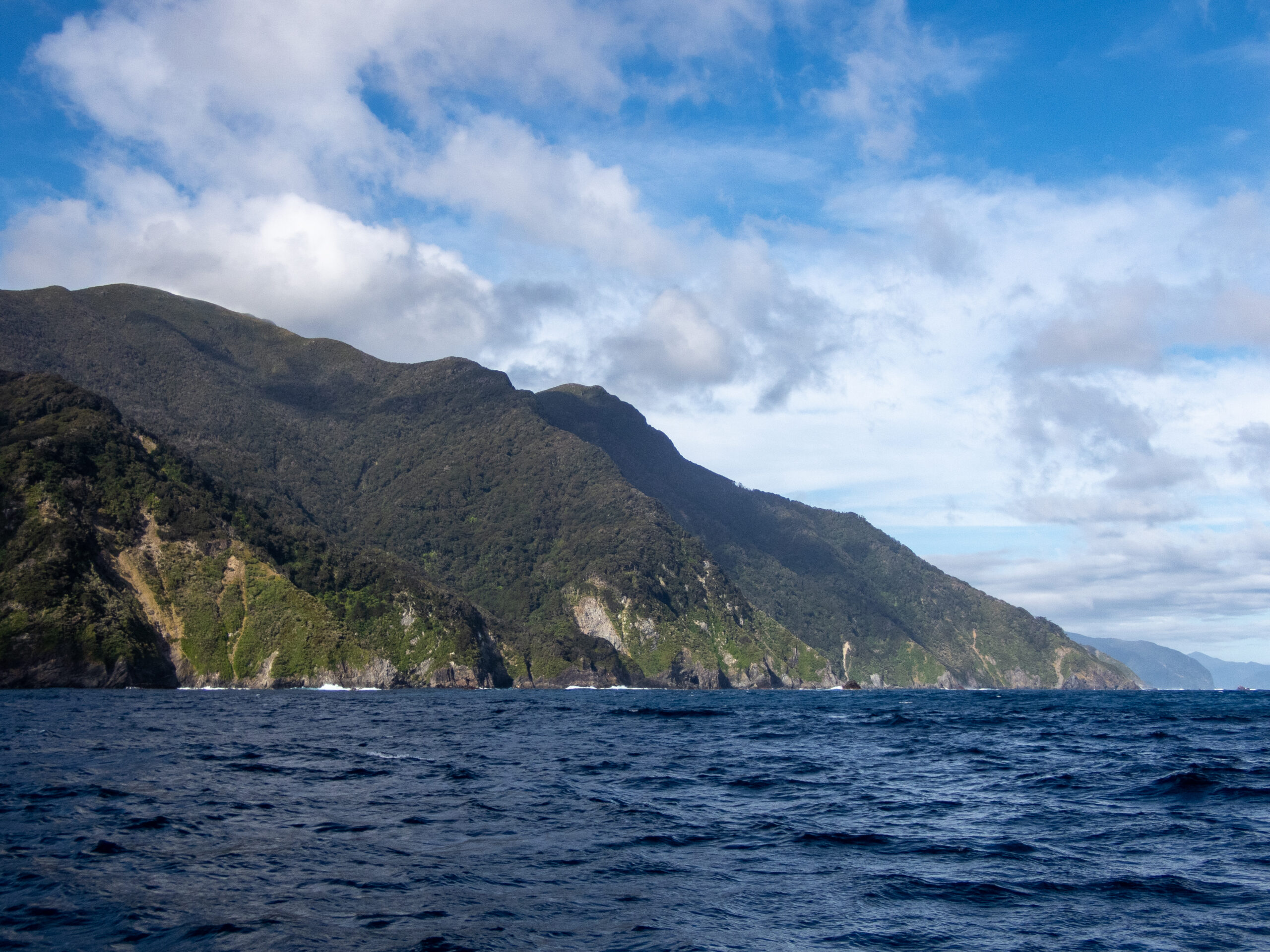
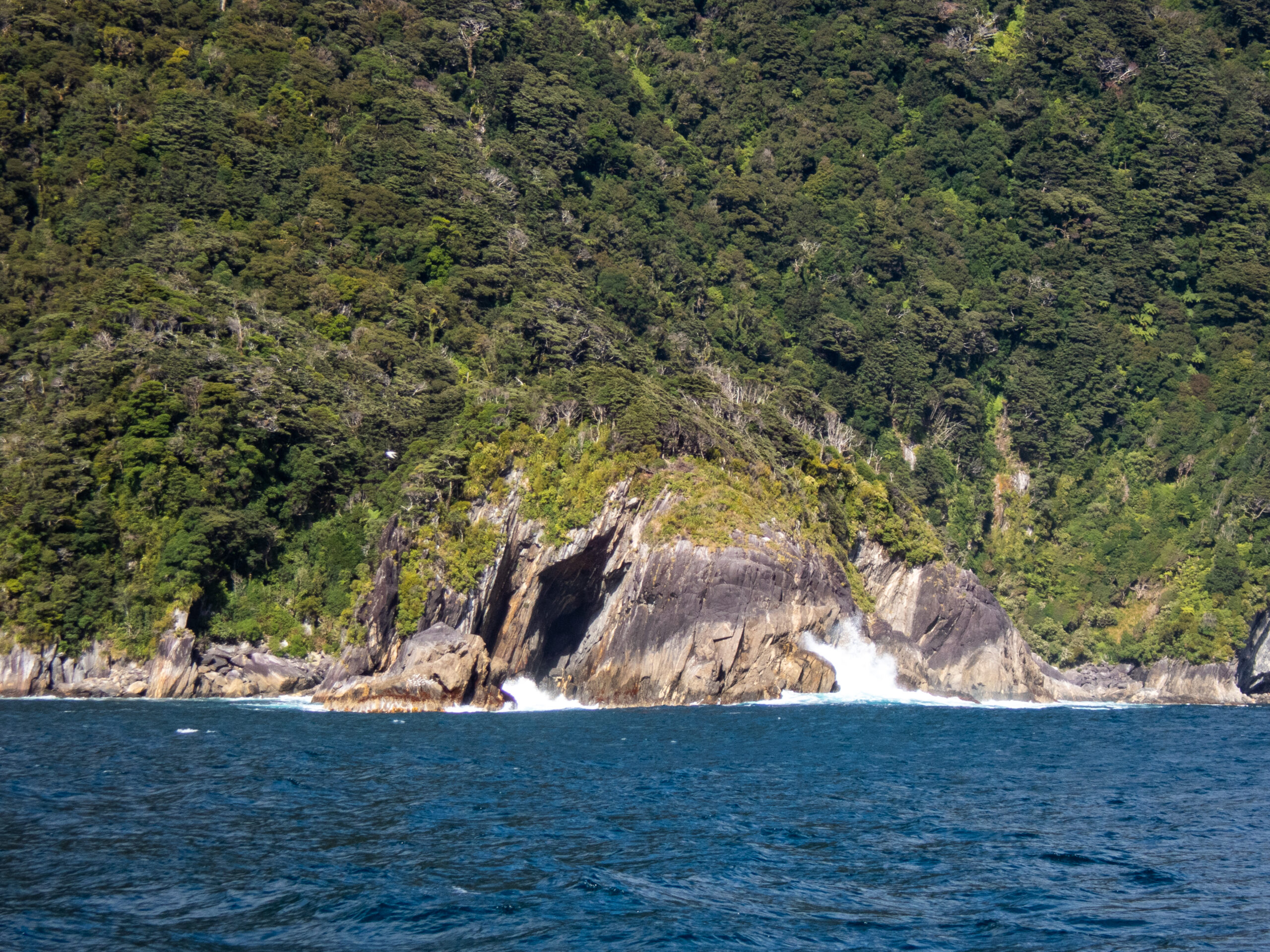
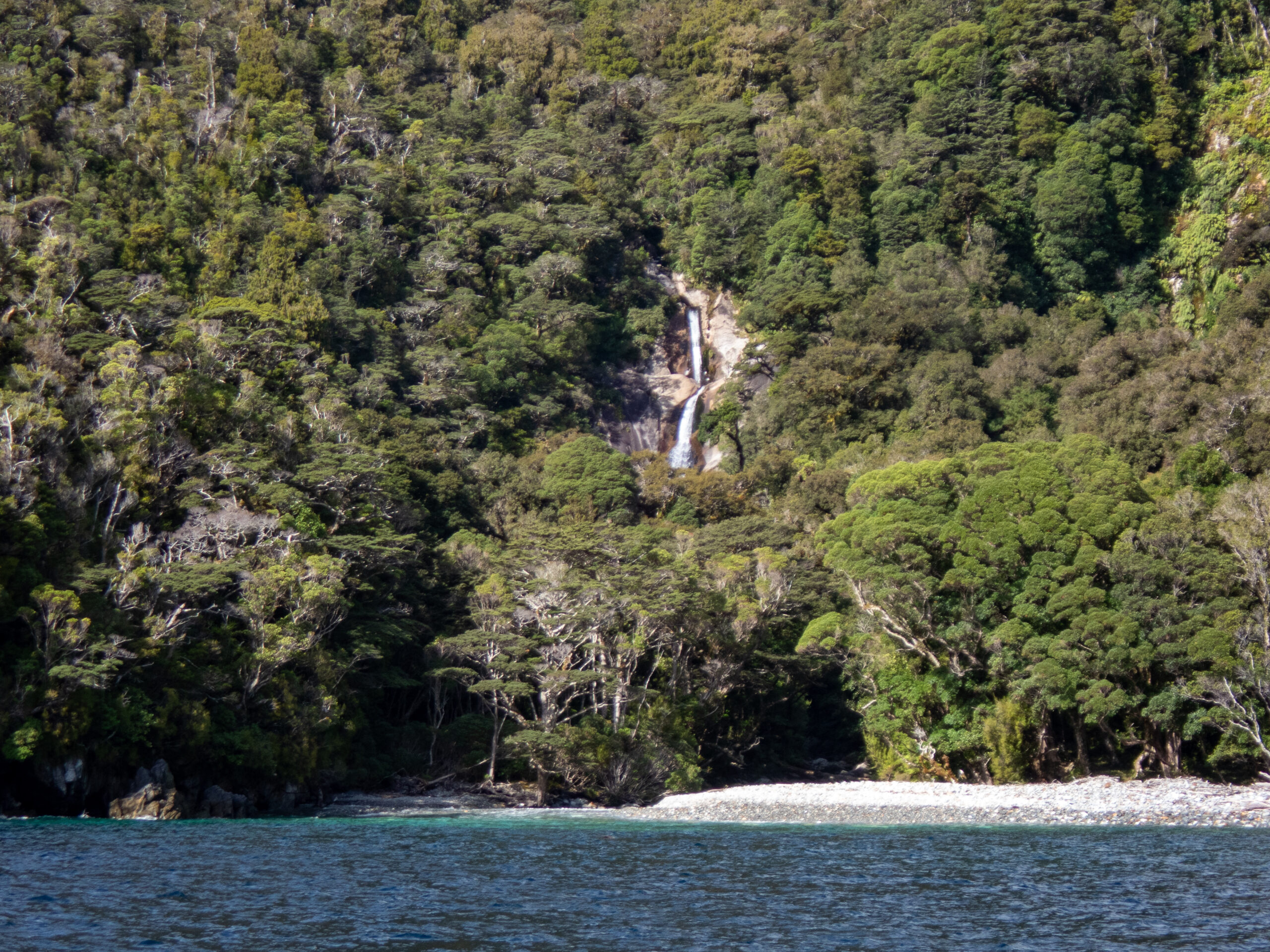
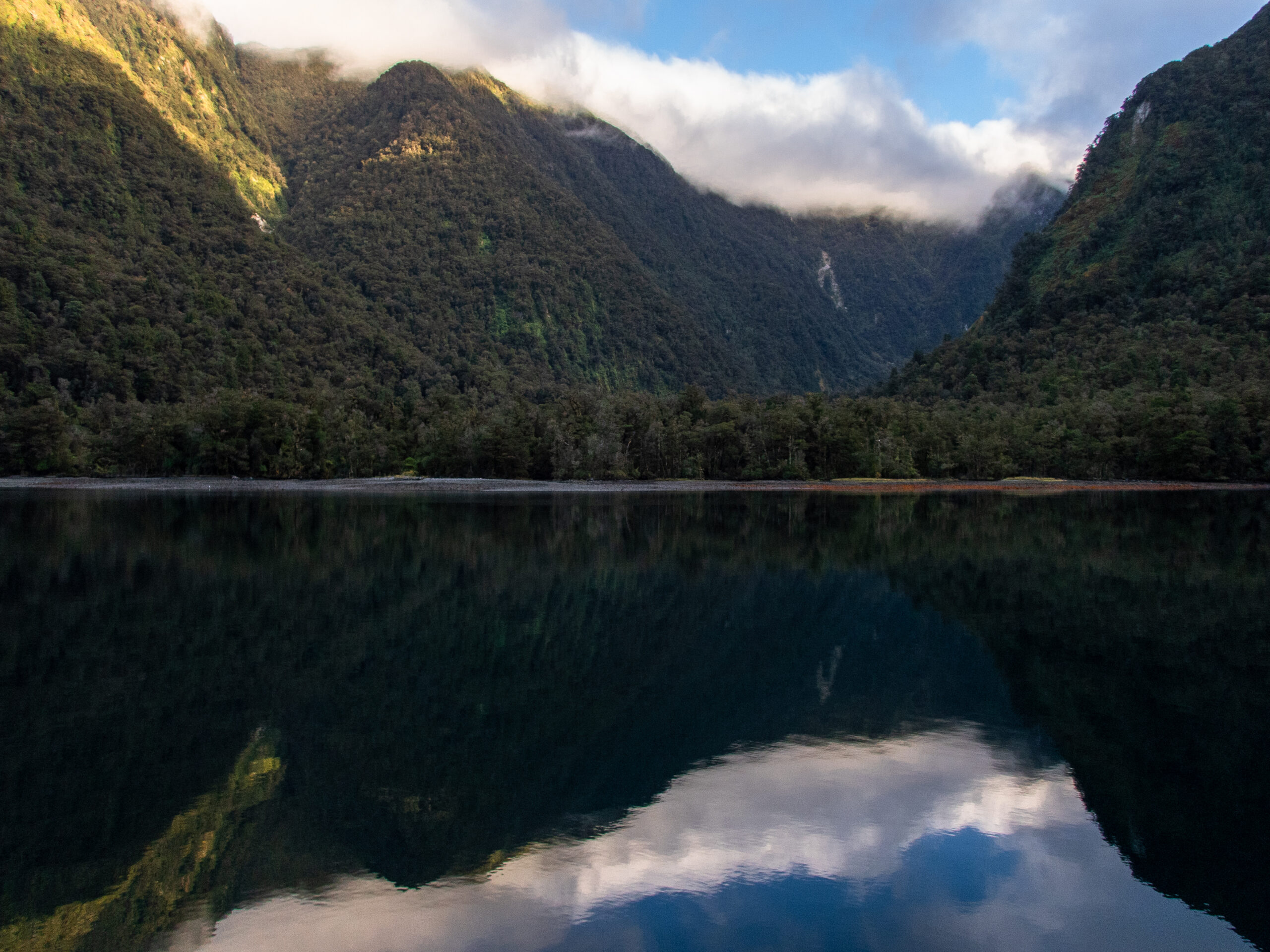
‘Anchorage Arm’ and had glassy calm conditions. Instead of trying to find shallow enough depths in the middle to anchor in, we snugged up super close to shore utilizing some fishermen’s lines which are rigged in place. Wonderful protection from winds, mellifluous creek sounds and voracious sandflies!

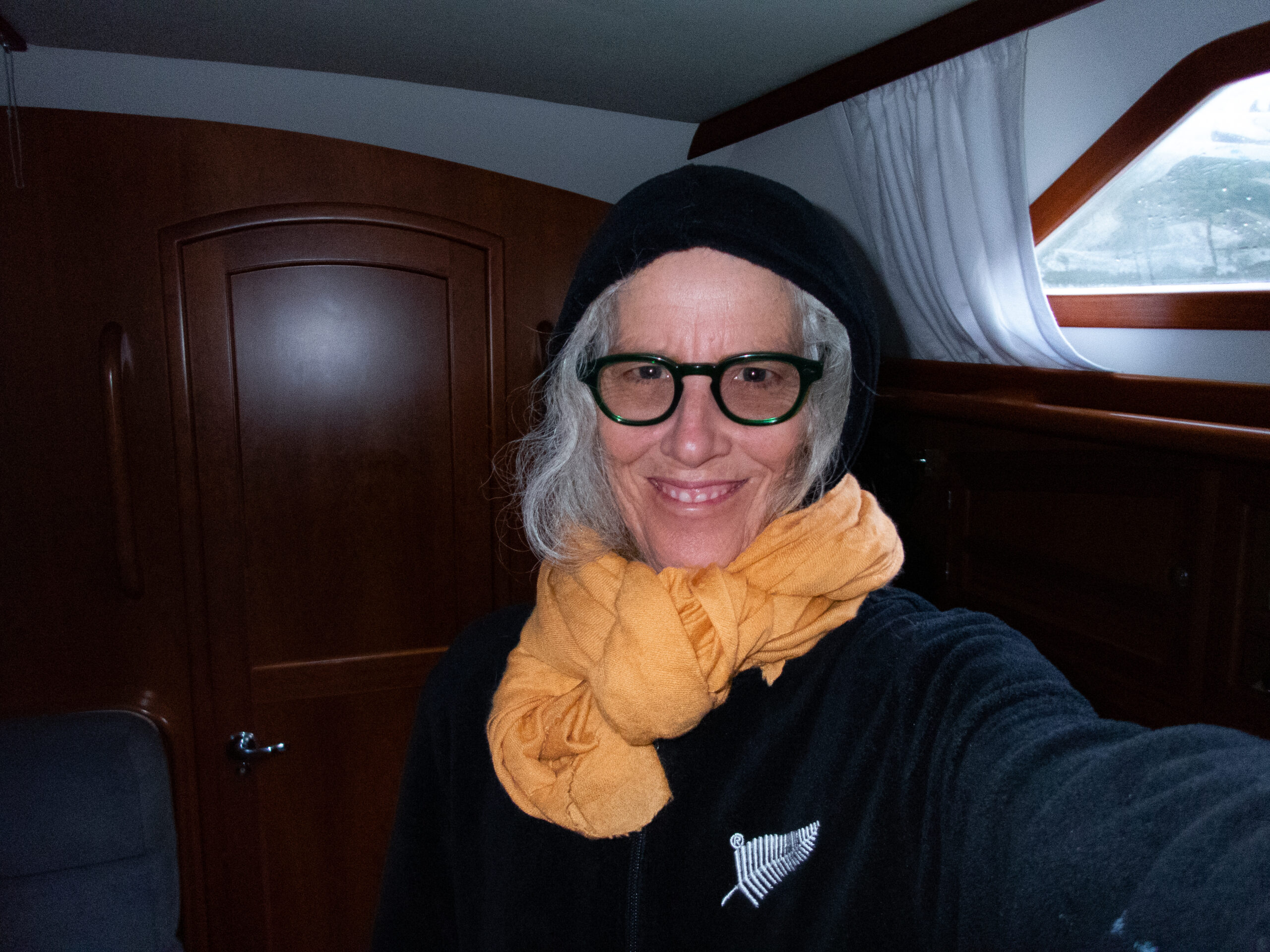
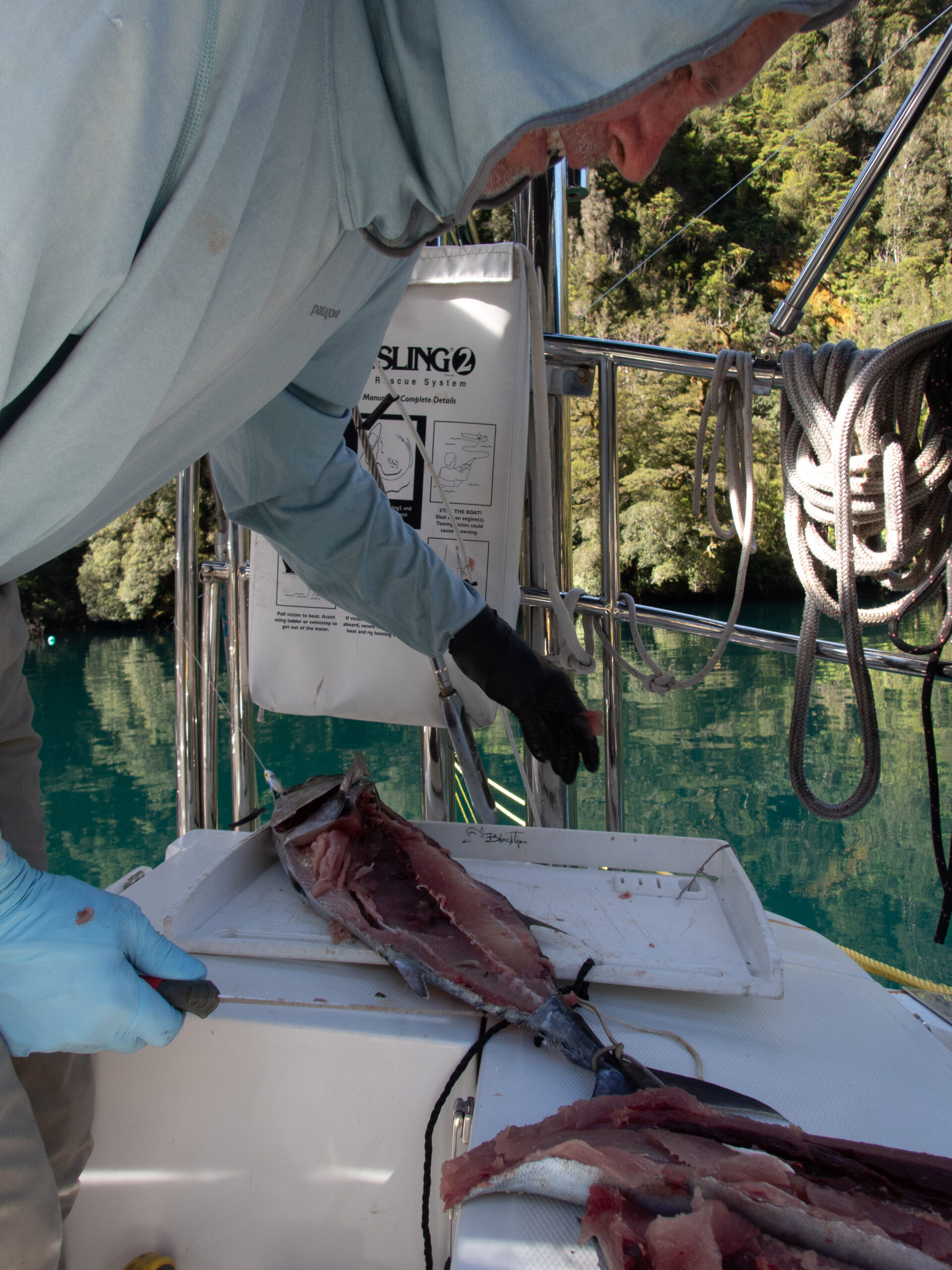

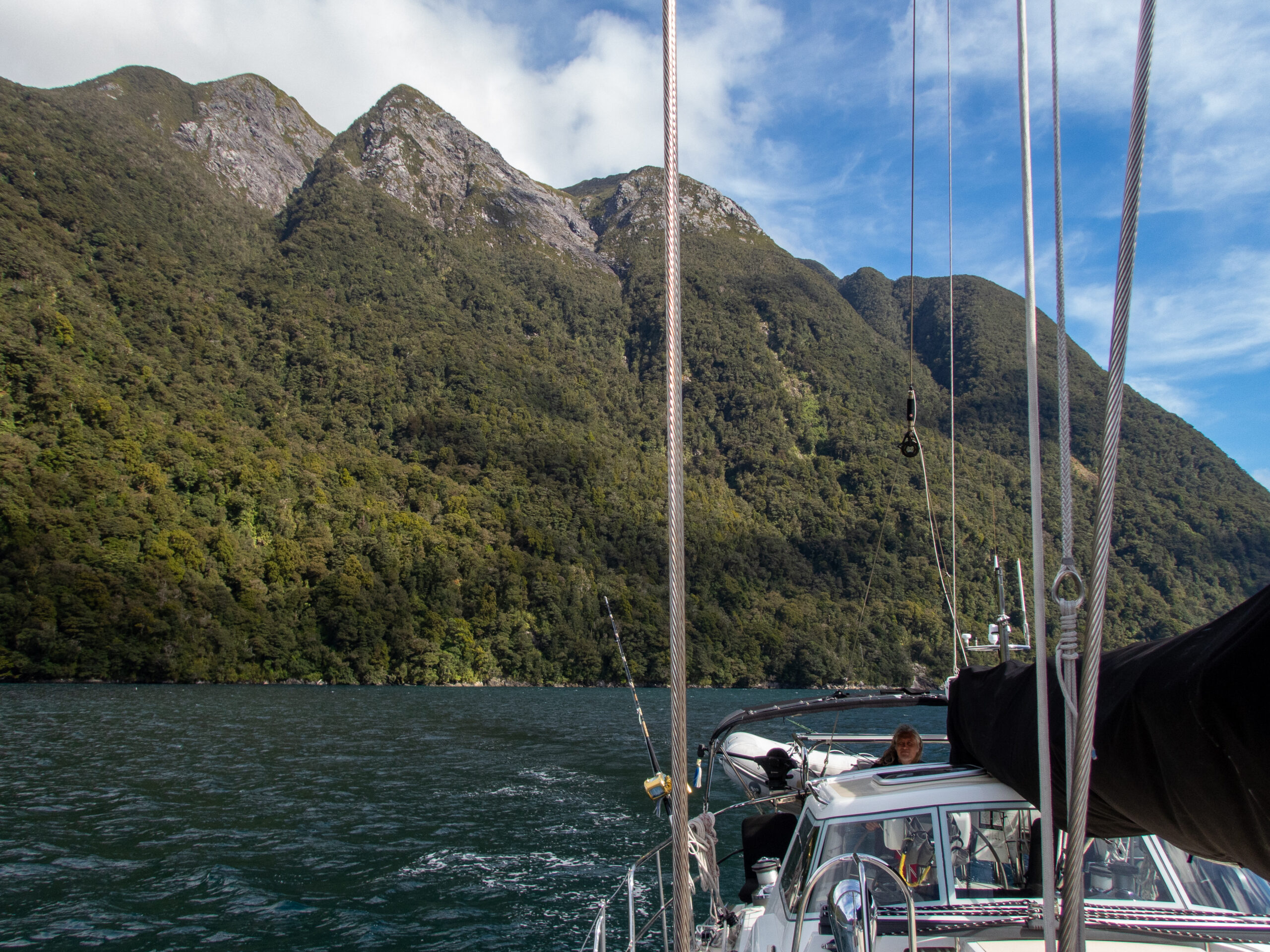
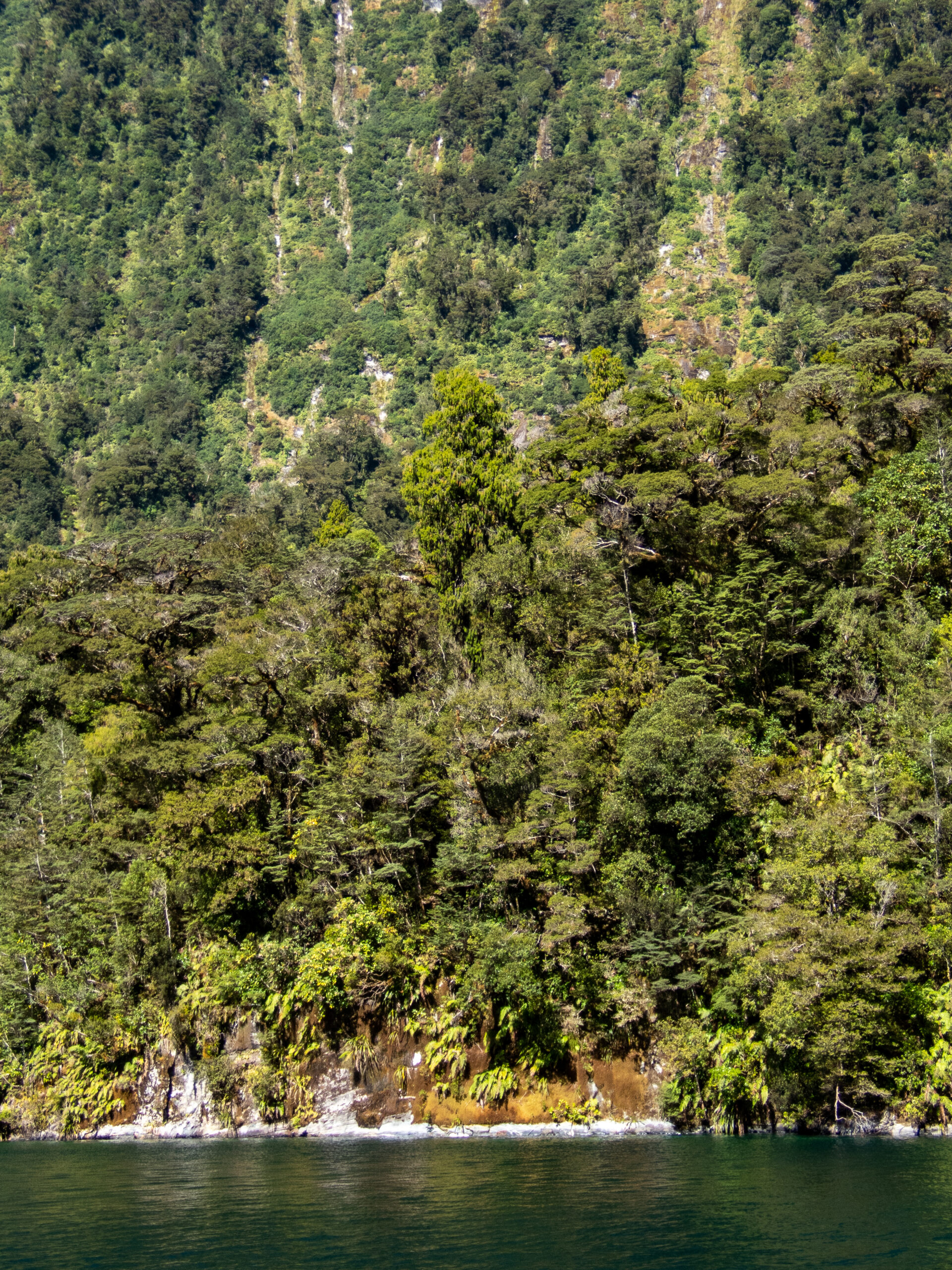

Something happened when the twenty North American Wapiti Roosevelt gifted to New Zealand in 1905 found their way into the heart of Fiordland’s steep and impenetrable wilderness. Maybe there’s a perfectly rational scientific explanation (maybe it has something to do with crossing breeding with Red Deer?). They got a bit smaller than the fat and happy elk of Yellowstone (which certainly makes good sense given the dense rainforest) but they also changed their tune, no longer bugling with that iconic, haunting call that resonates across the frosty parklands, lodgepole forests and granite peaks of the Rockies. Our visit to Daag coincided with height of the “roar.” It’s a sound that does not “belong,” but also feels so fitting, as though giving voice to the thick ferny jungle of that unpeopled wilderness. Deep, guttural, plaintive and haunting (in their own way) – their roars echo across the still water and ridiculously precipitous canyon walls. You can hear individual stags make their way up and down the steep shore, and we paddled Namo as stealthily as we could manage along the shore hoping for a glimpse, and though they often seemed very close, we never saw them. We could only imagine their antlered heads tilted back, belly’s trembling as they gave voice to the wilderness.~MS


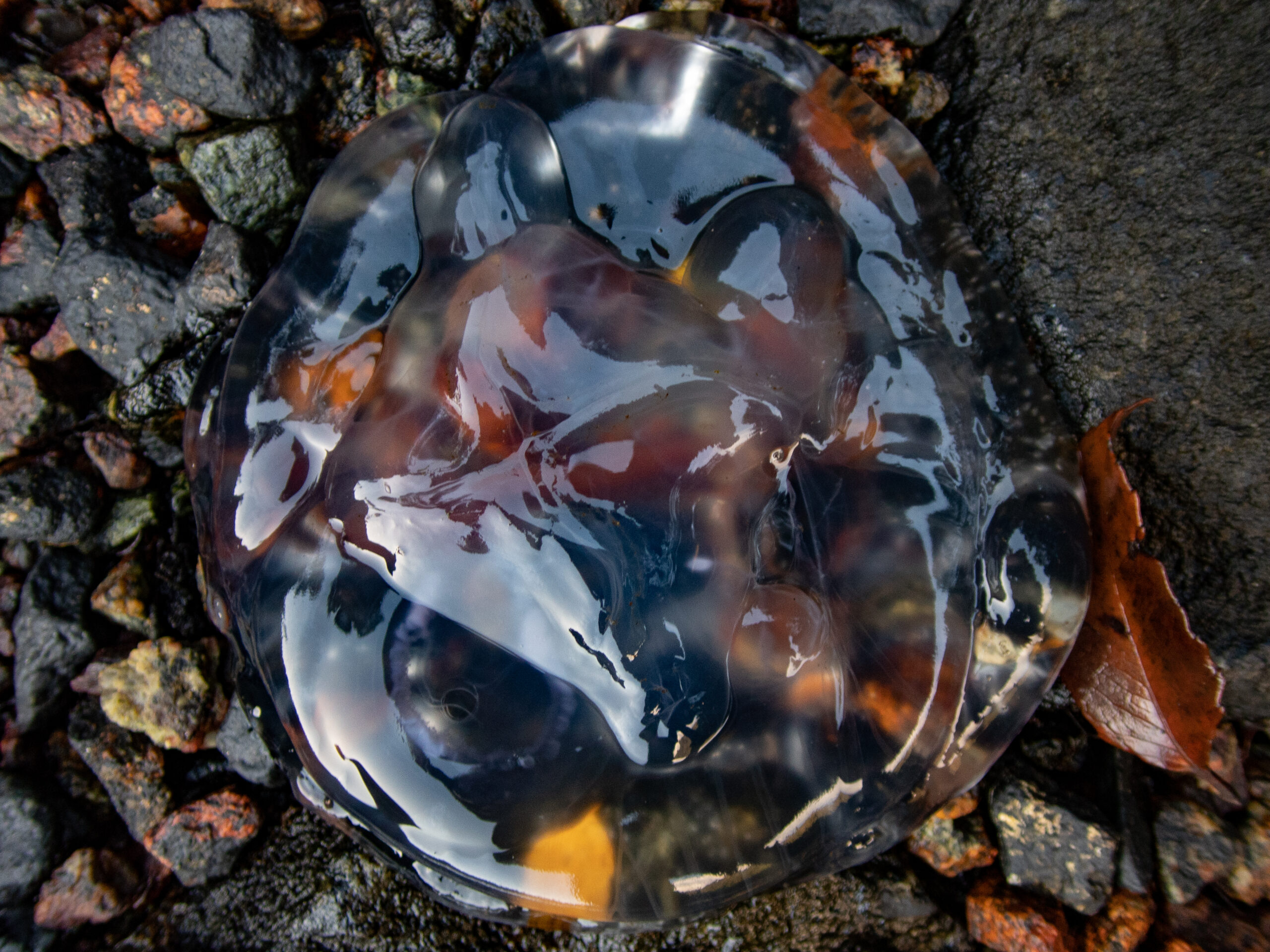

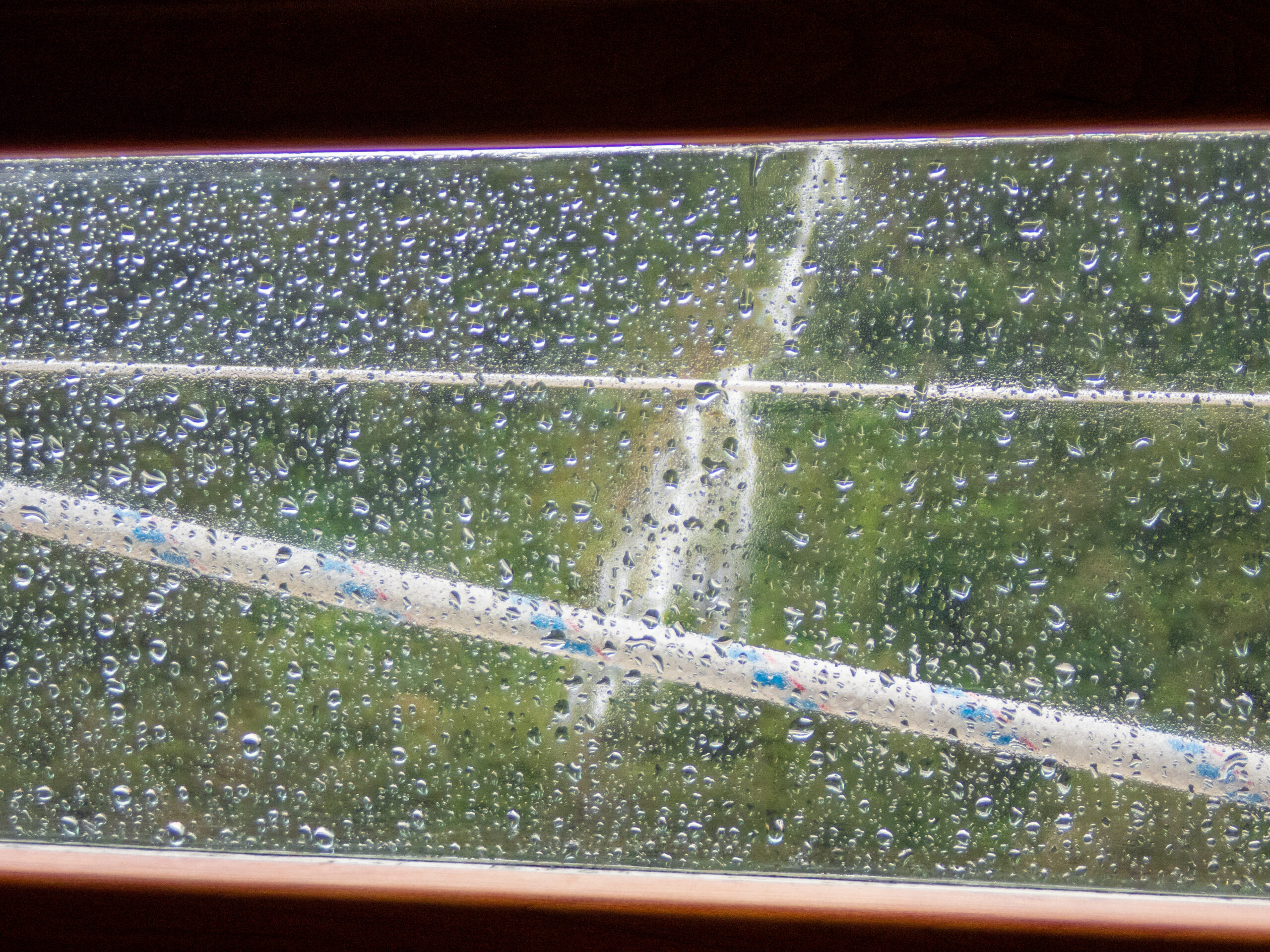
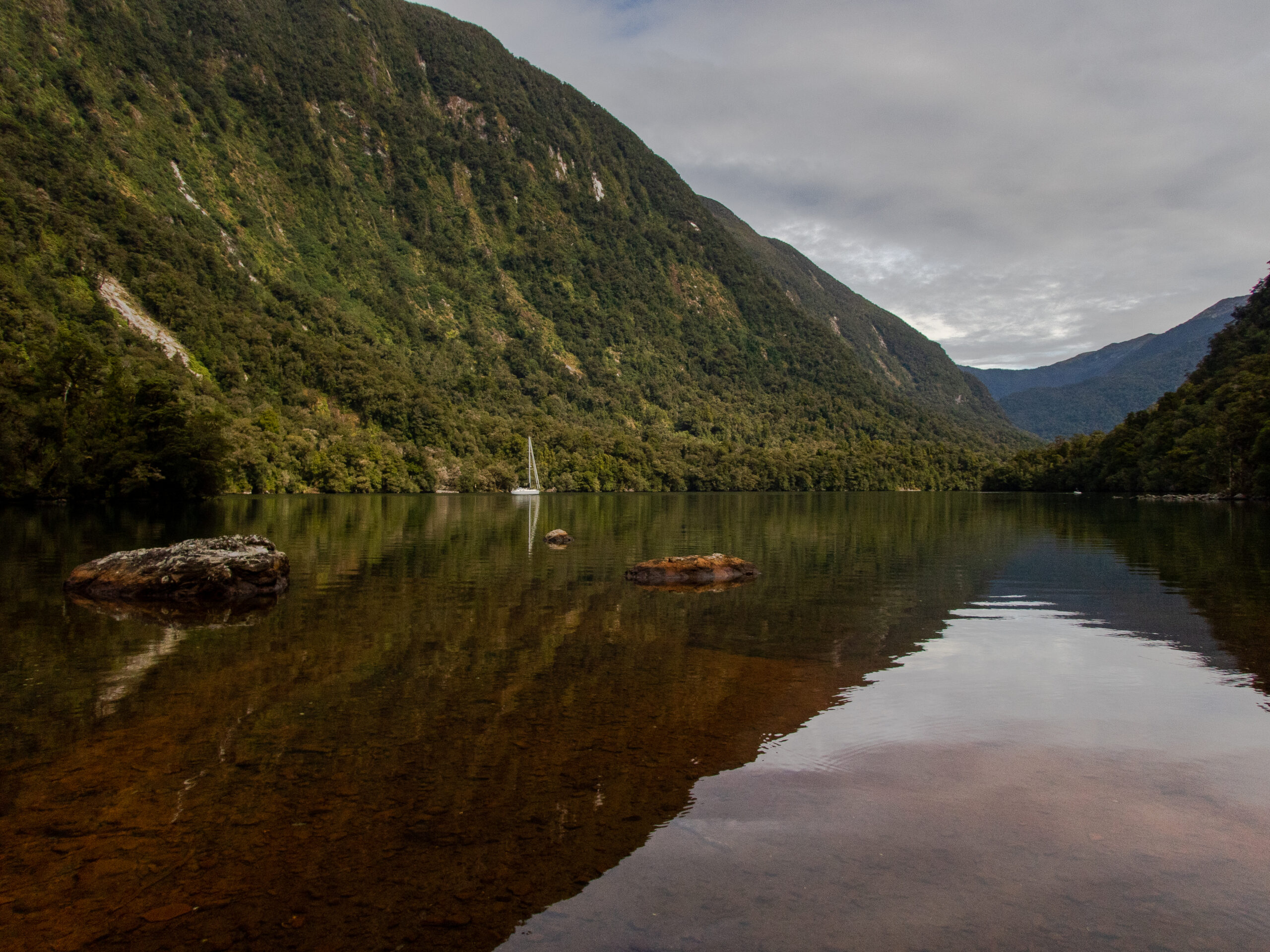
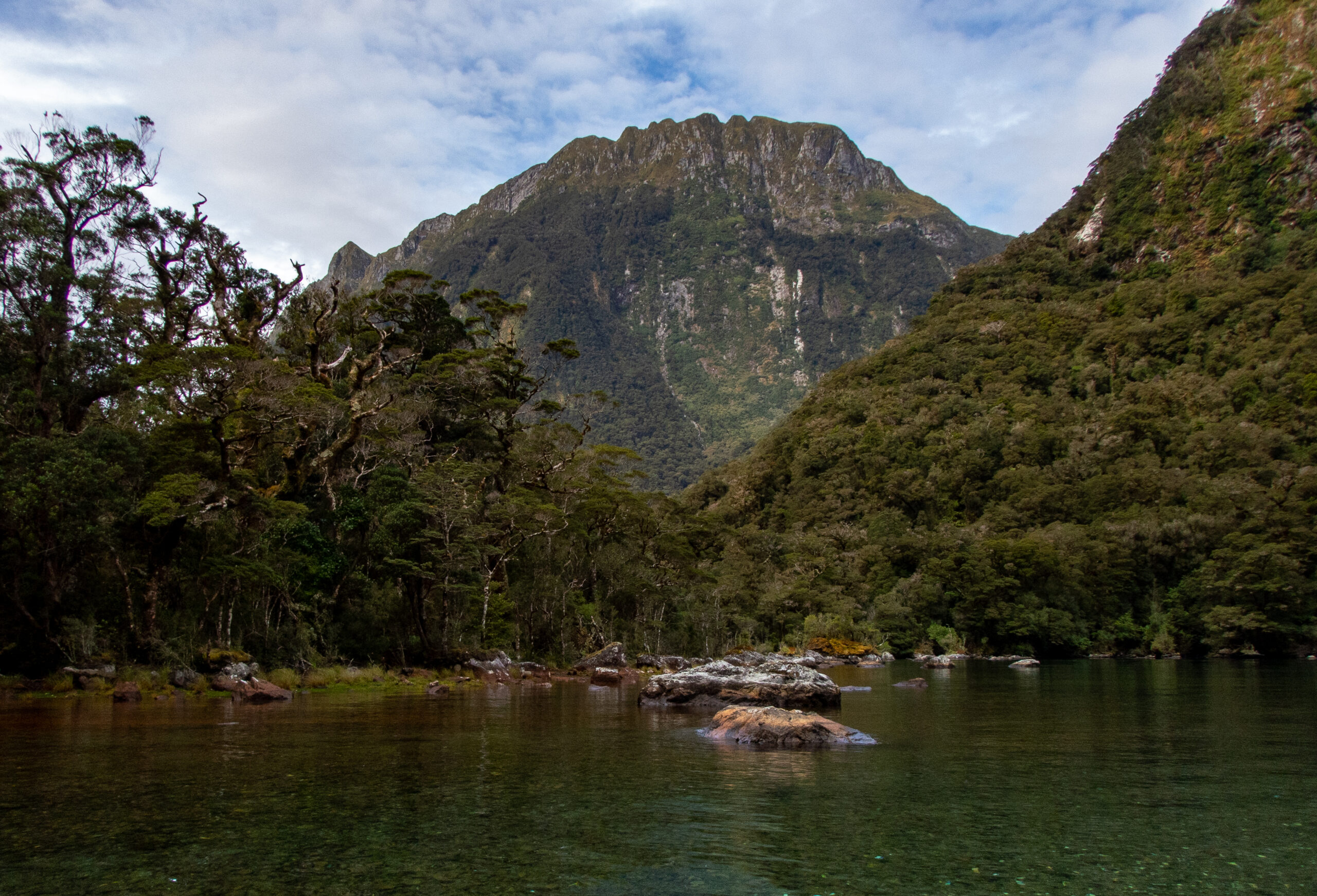

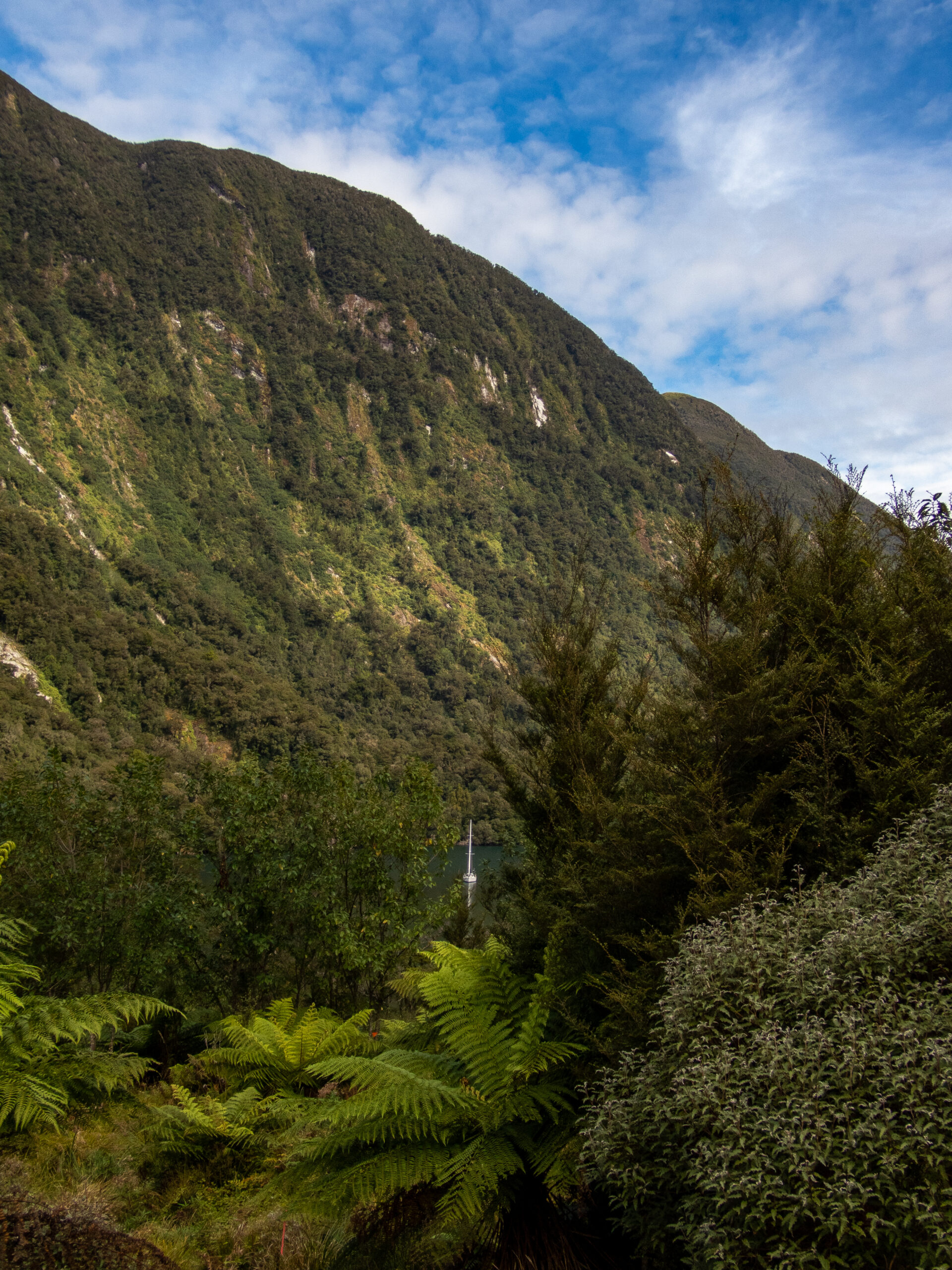


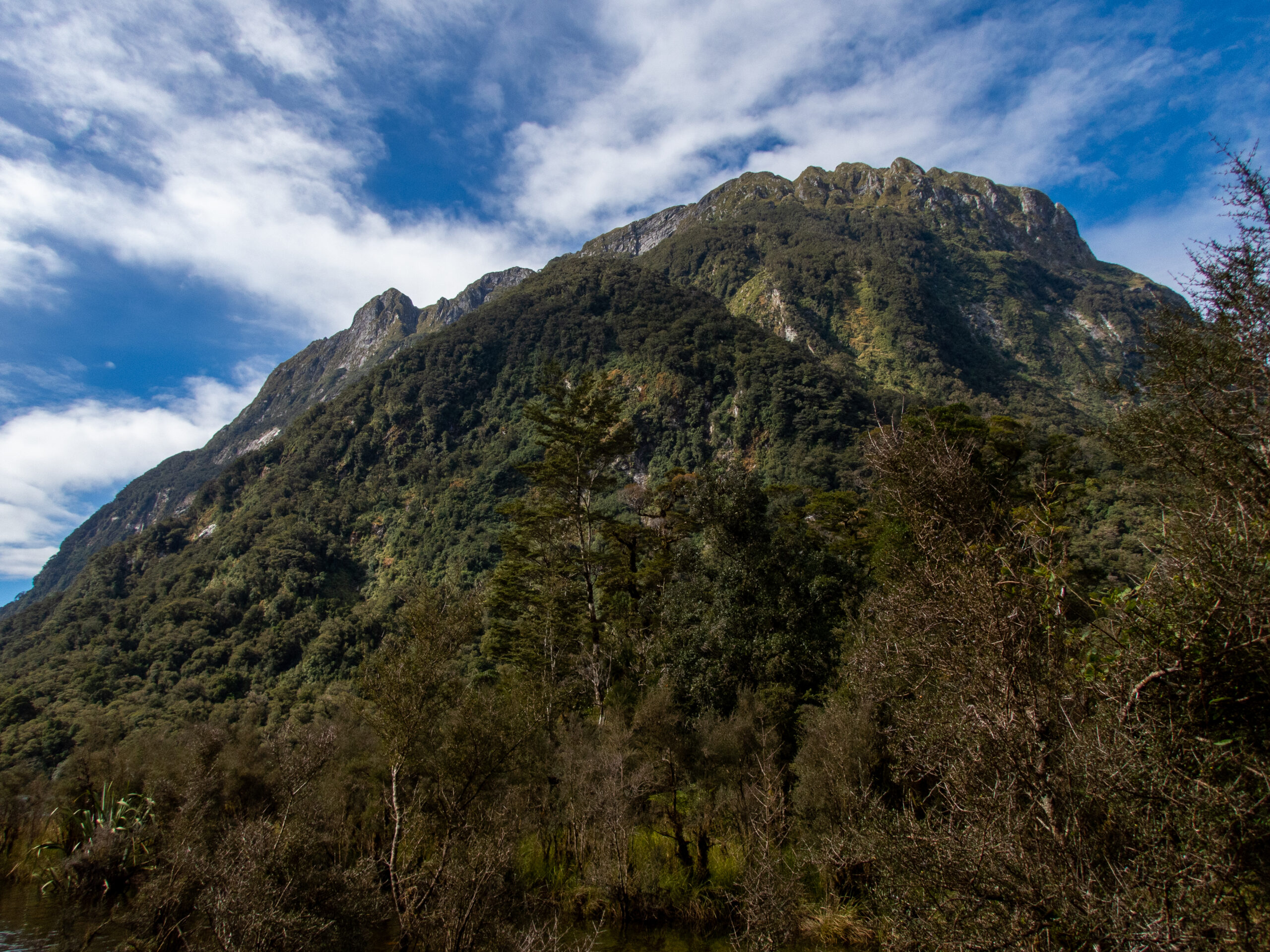
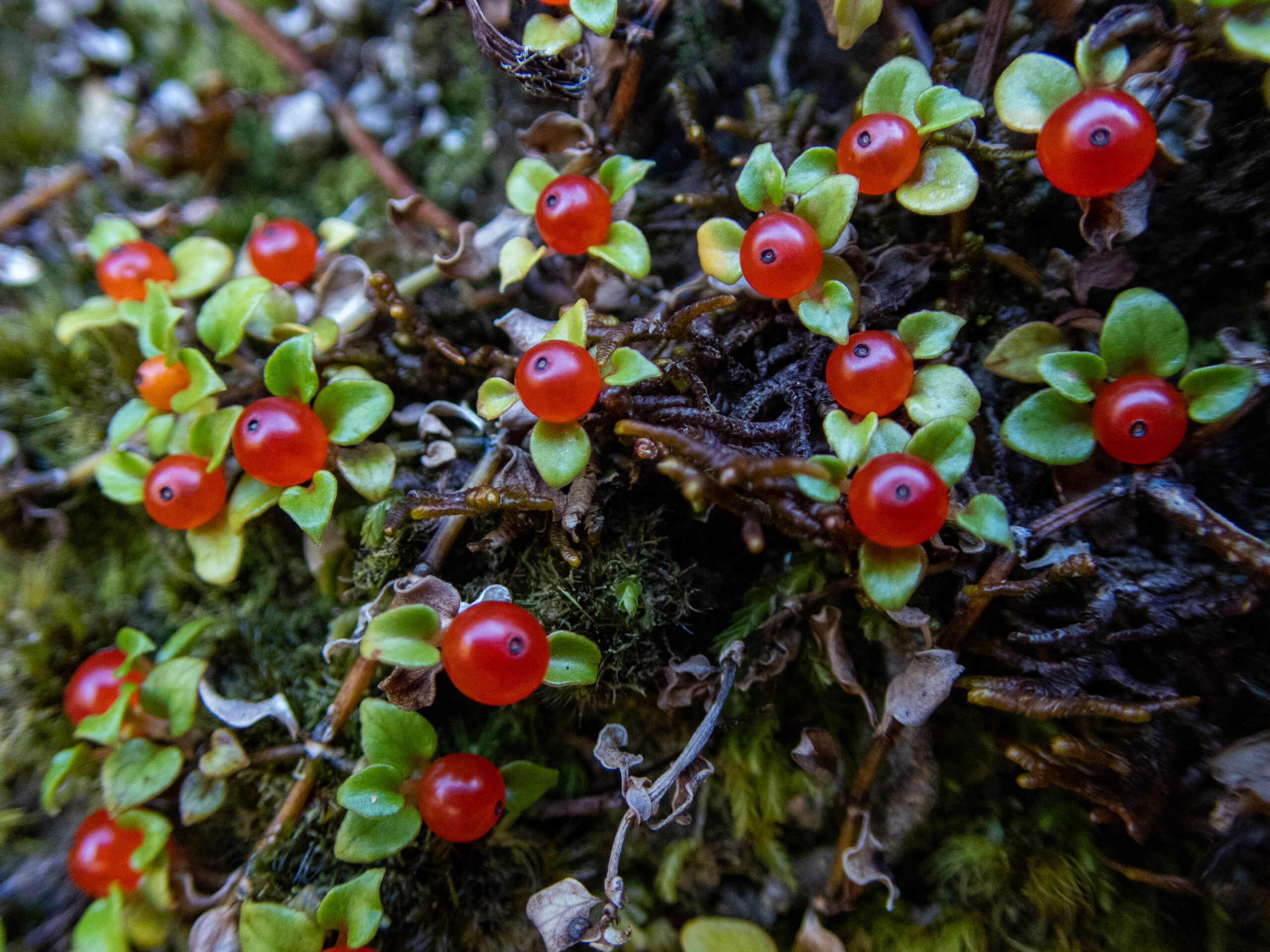
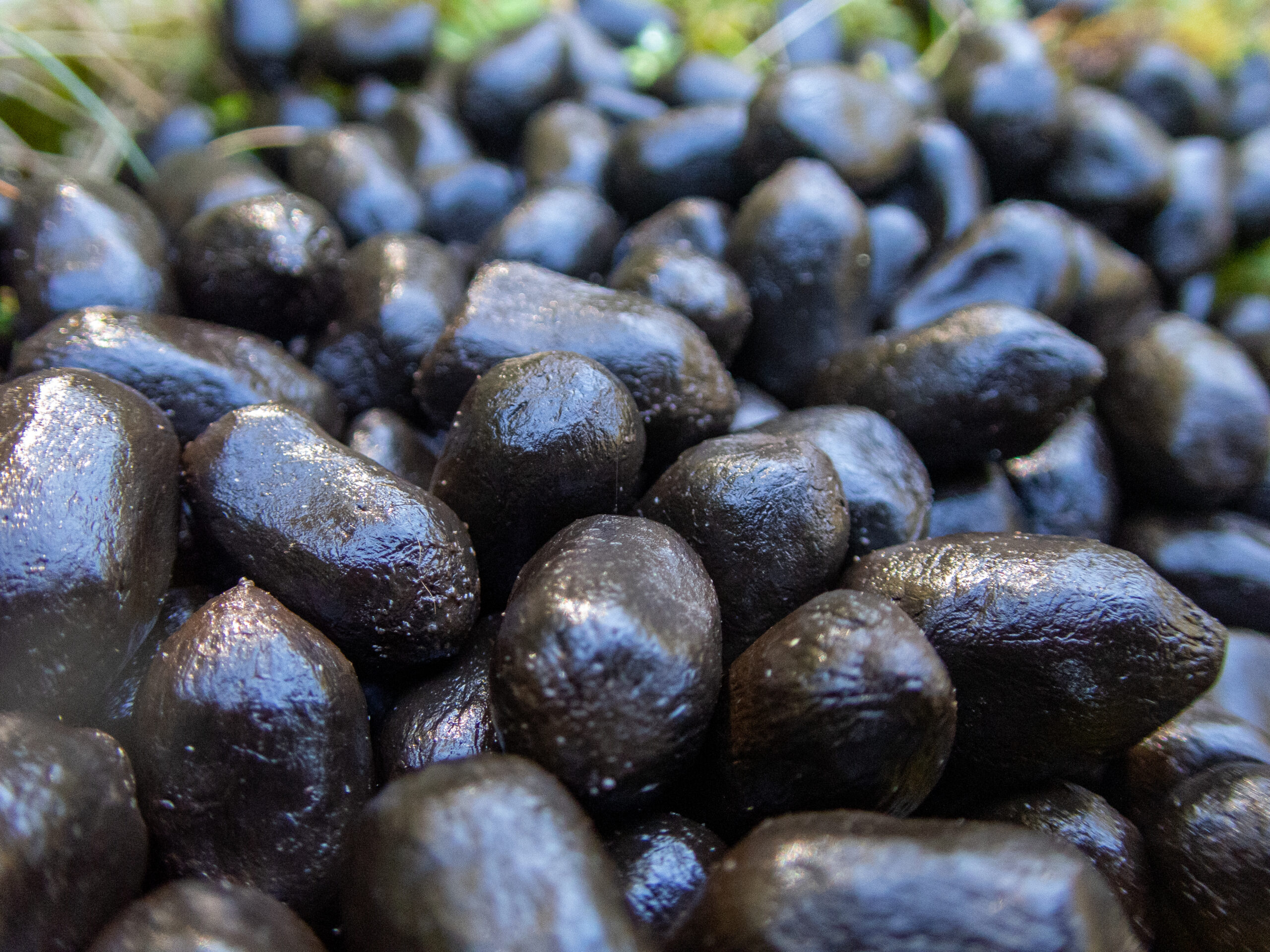
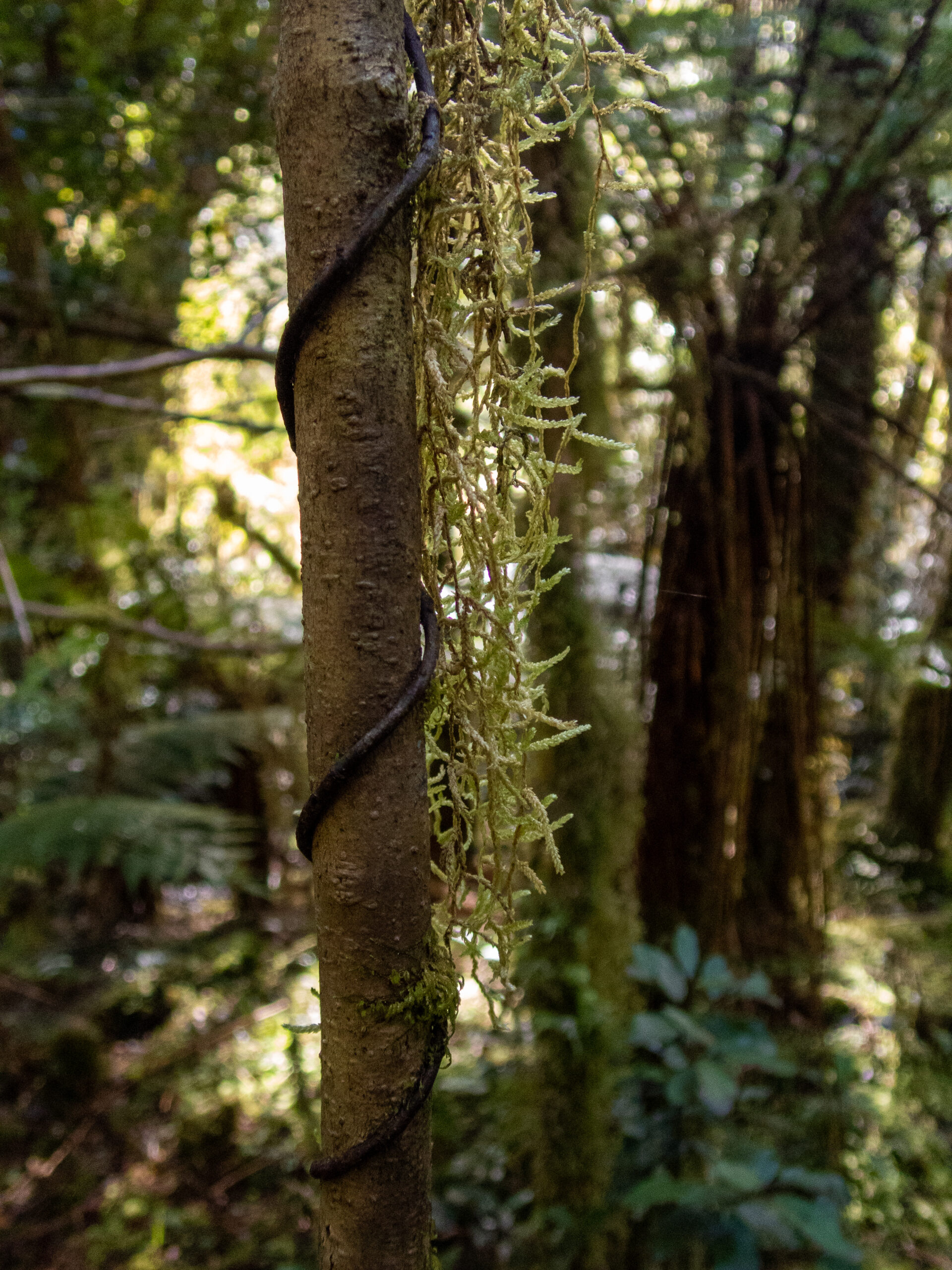
Although Spanish moss grows on trees, it is not a parasite. It doesn’t put down roots in the tree it grows on, nor does it take nutrients from it. The plant thrives on rain and fog, sunlight, and airborne or waterborne dust and debris.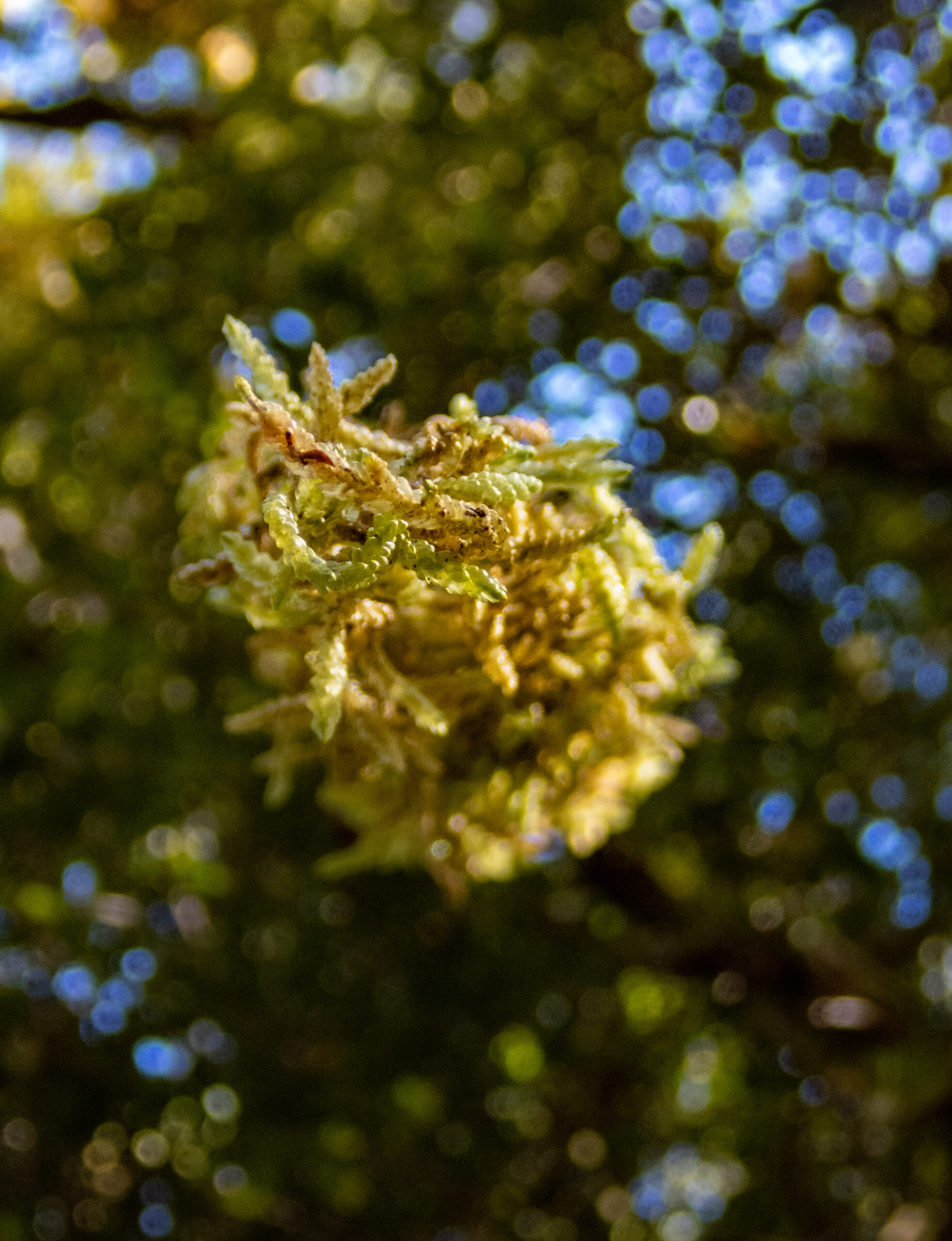
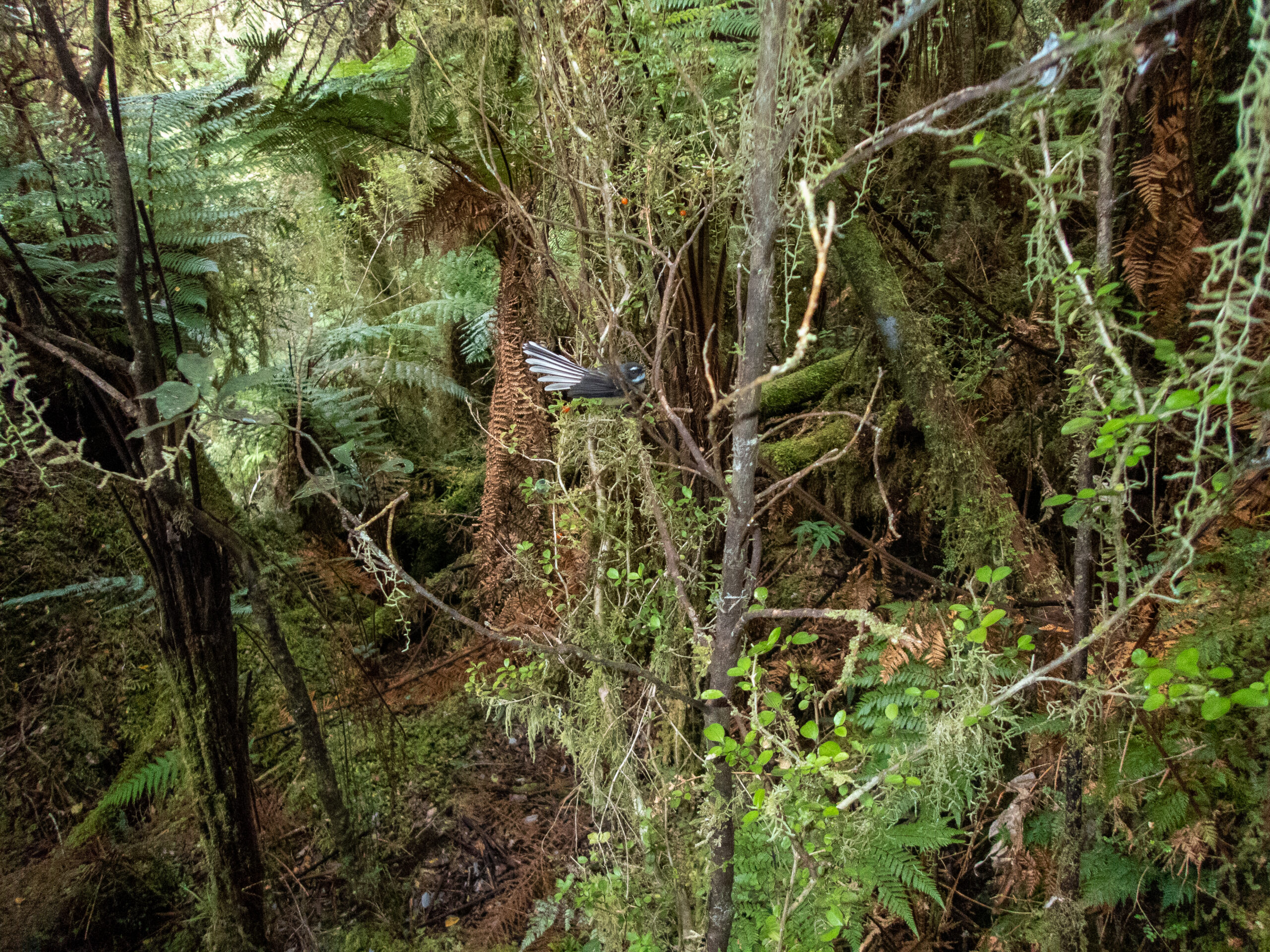
Known for it’s friendly, ‘cheet cheet’ call and it’s crazy flying antics, the Fantail or Pīwakawaka often follows another animal (and people) to capture insects. Time and time again, though, they acted as guides; when we were off track in the woods, they’d appear, chirping energetically, as if to say, ‘no … not that way, THIS way!!’ I learned to always follow them!
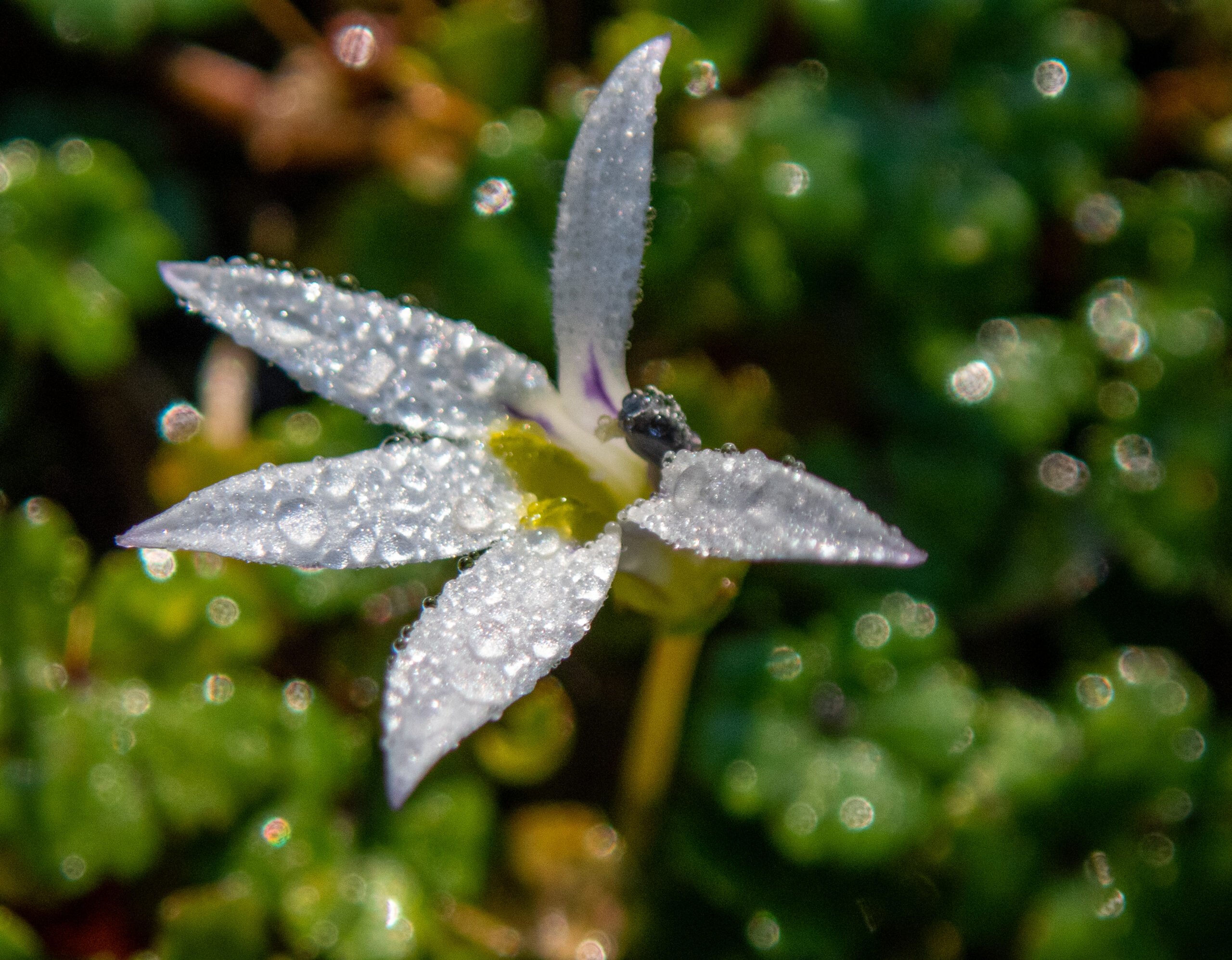
Some fungi fun: I haven’t had the time to research ID’s on most of these, so write me if you know and are keen to share?!

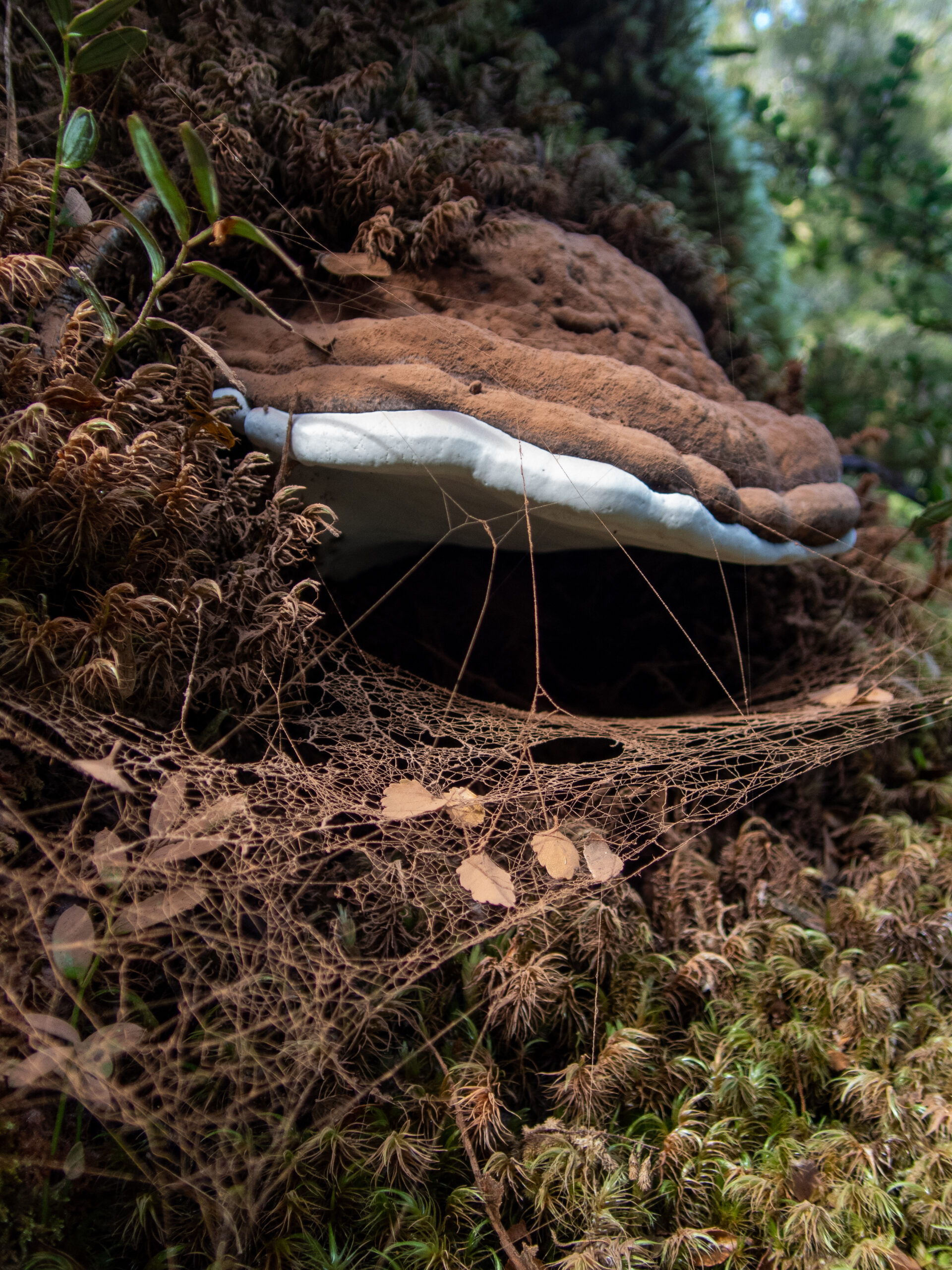
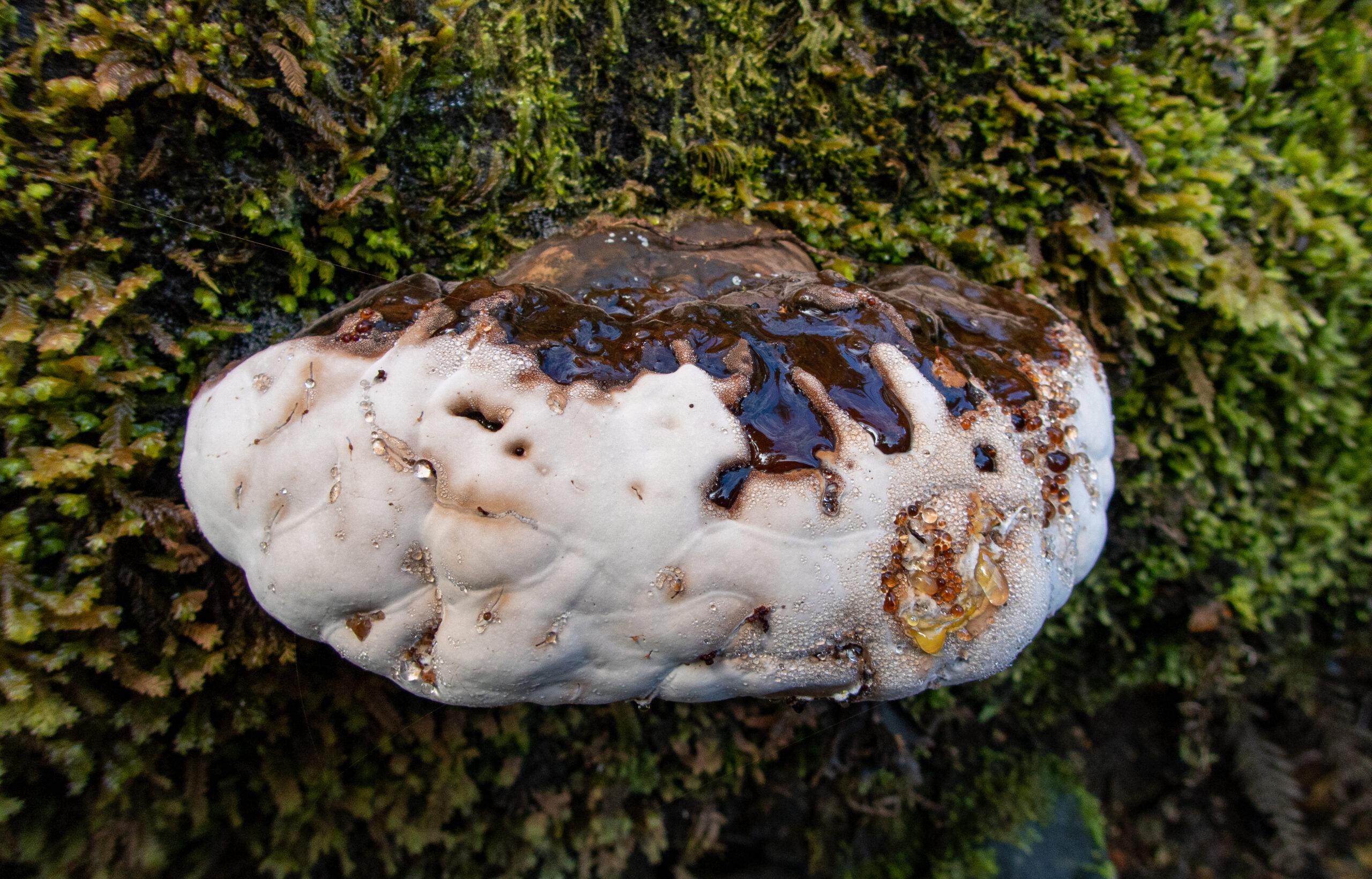
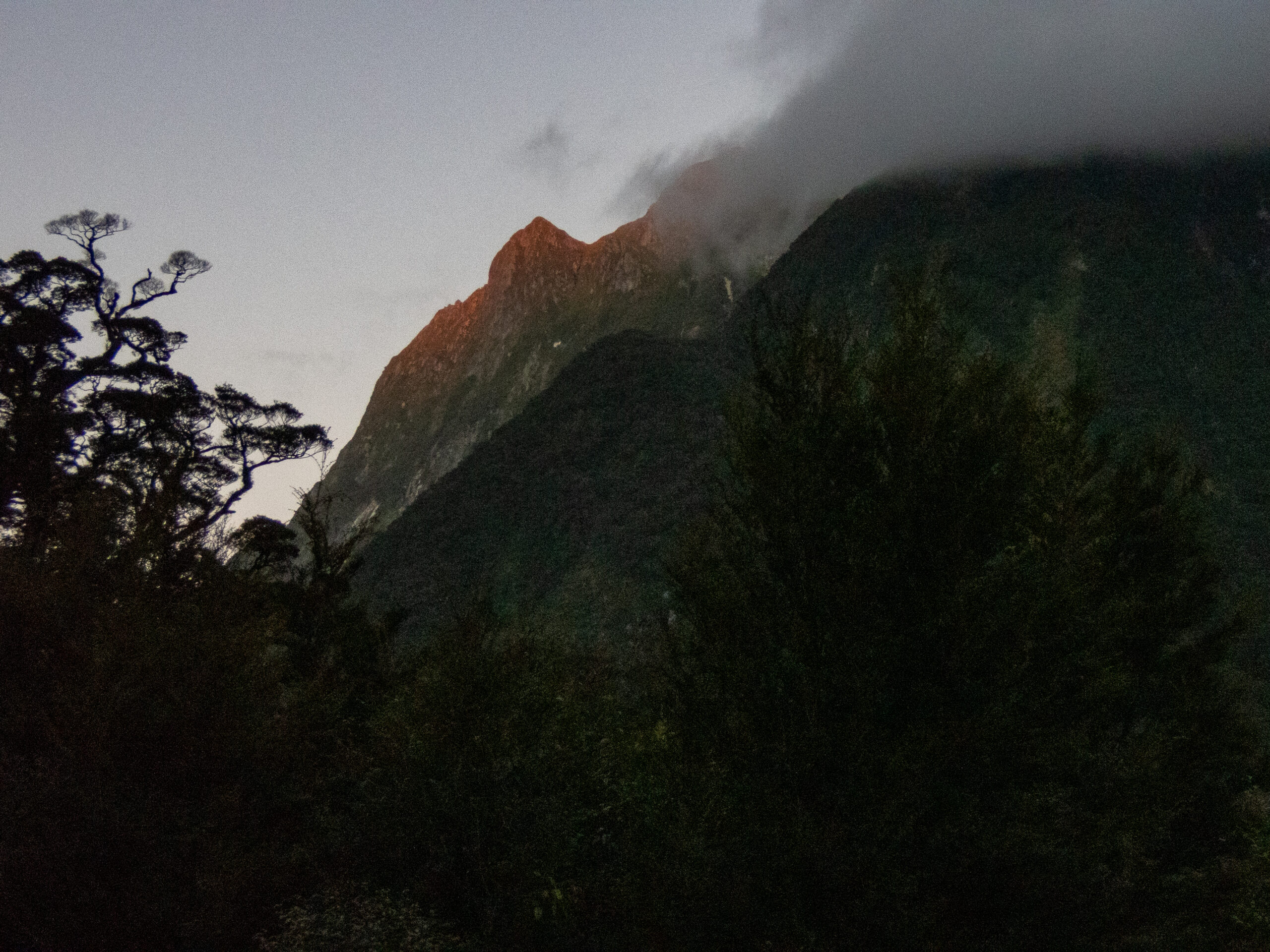

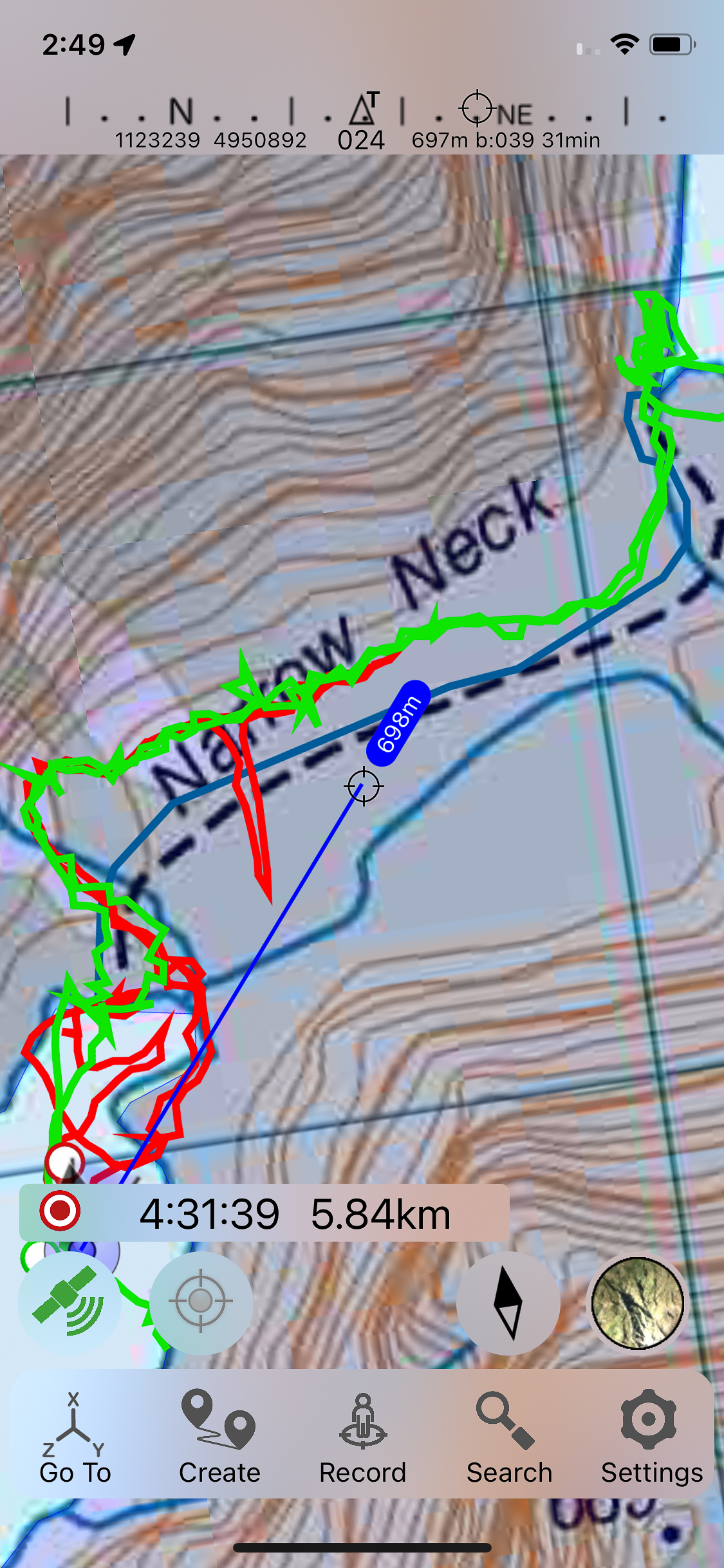
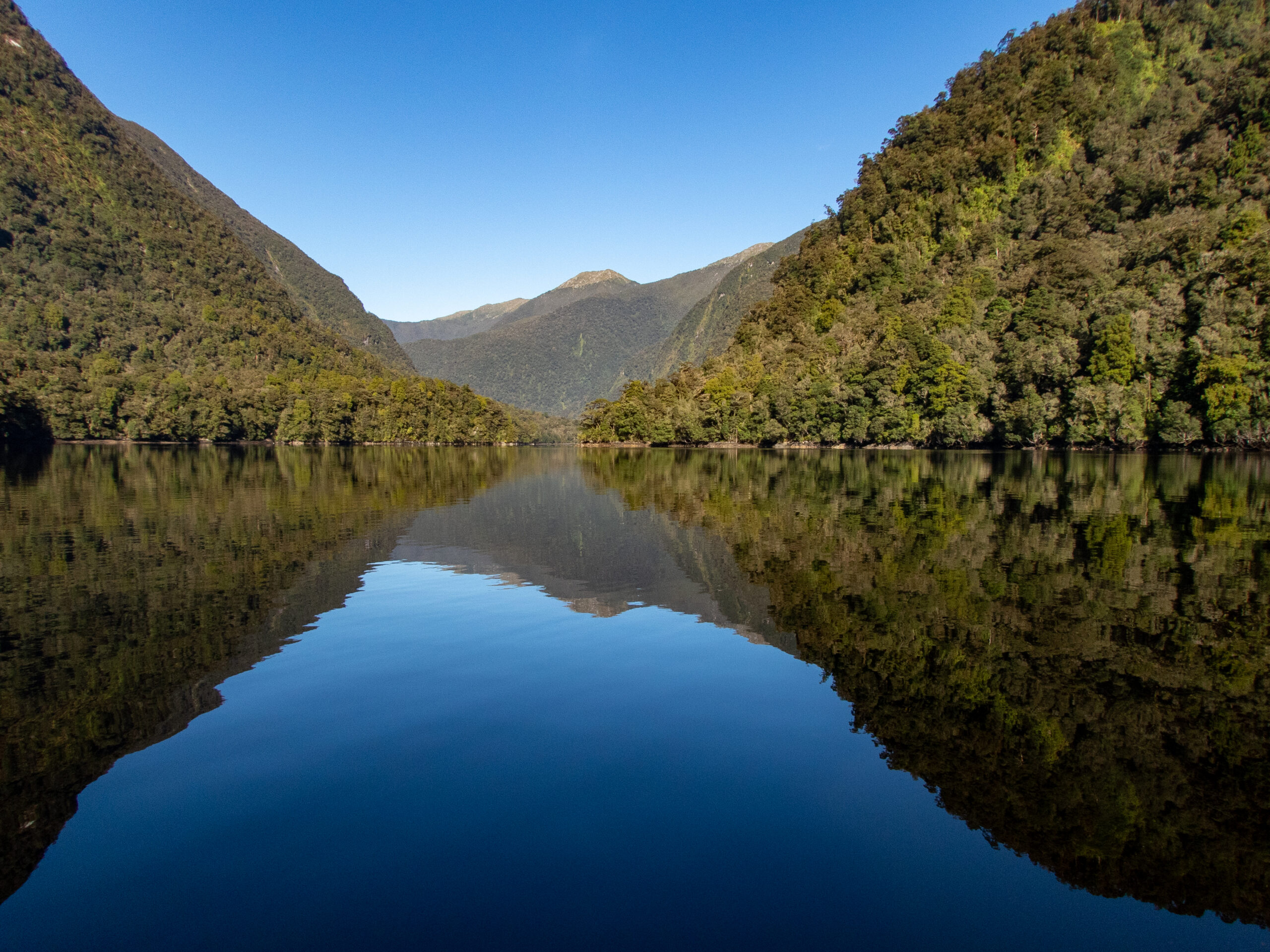


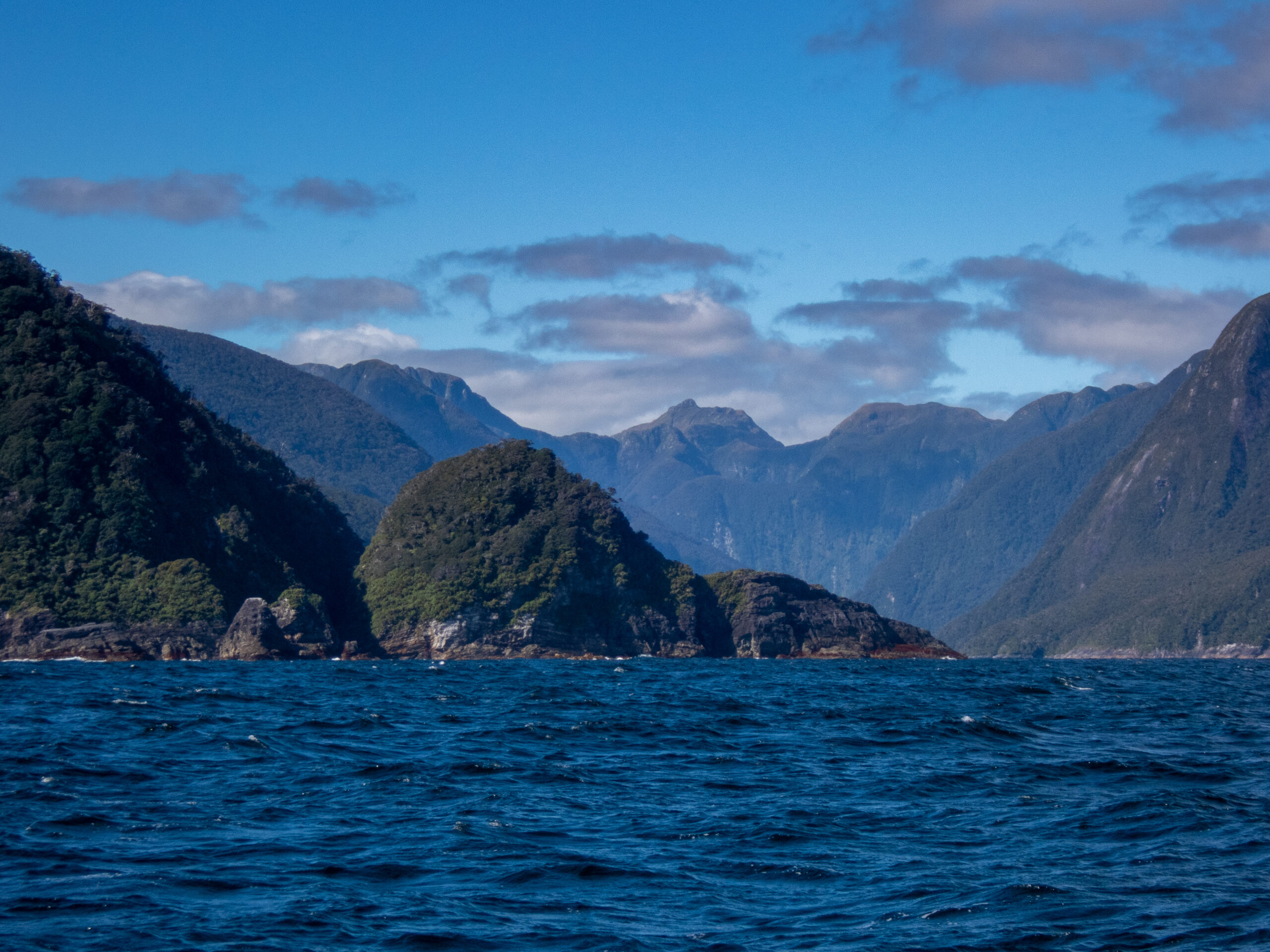
Vancouver Arm: Head of Bay, Third Cove, Stevens Cove, Breaksea/Te Puaitaha Sound – Fiordland.
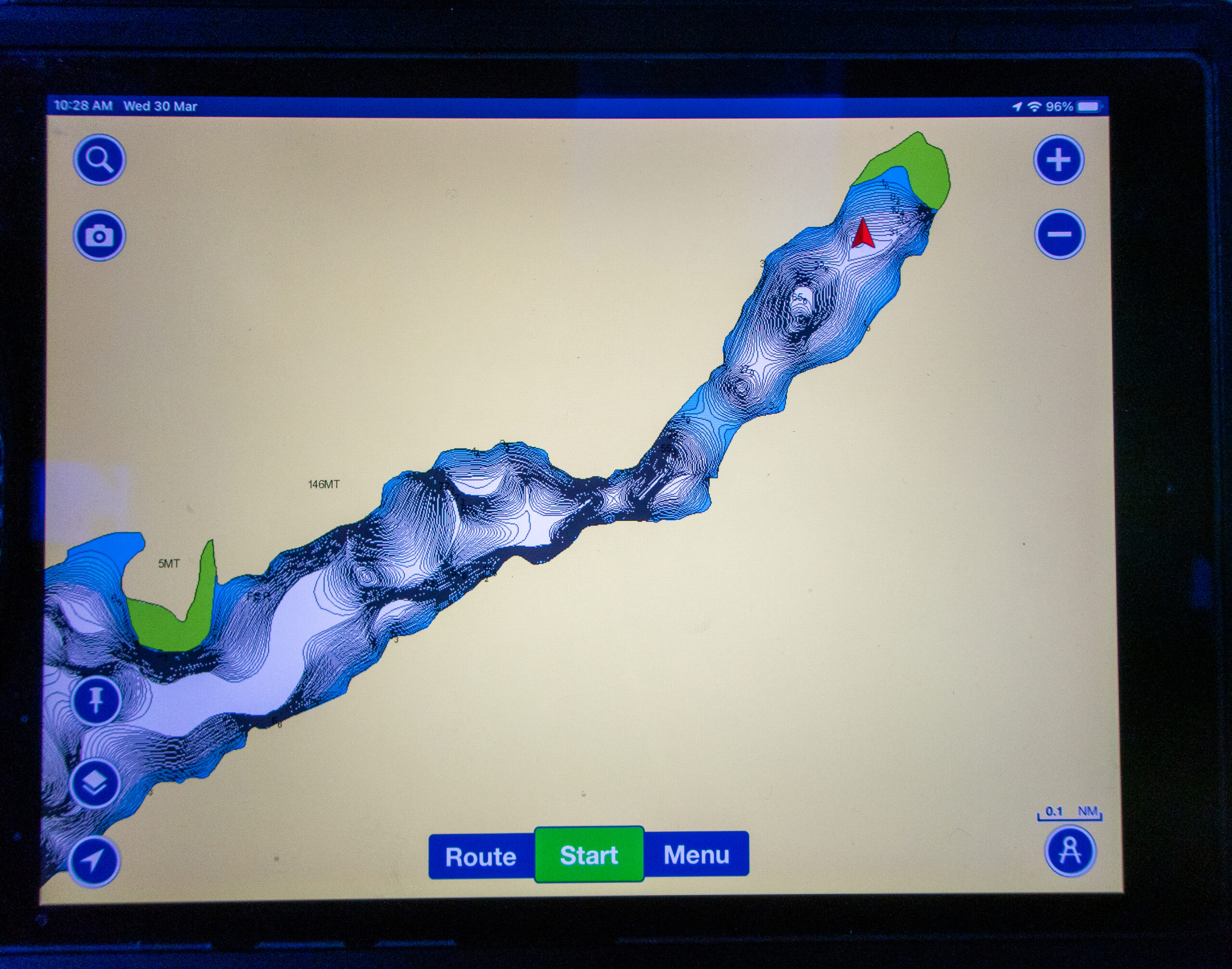
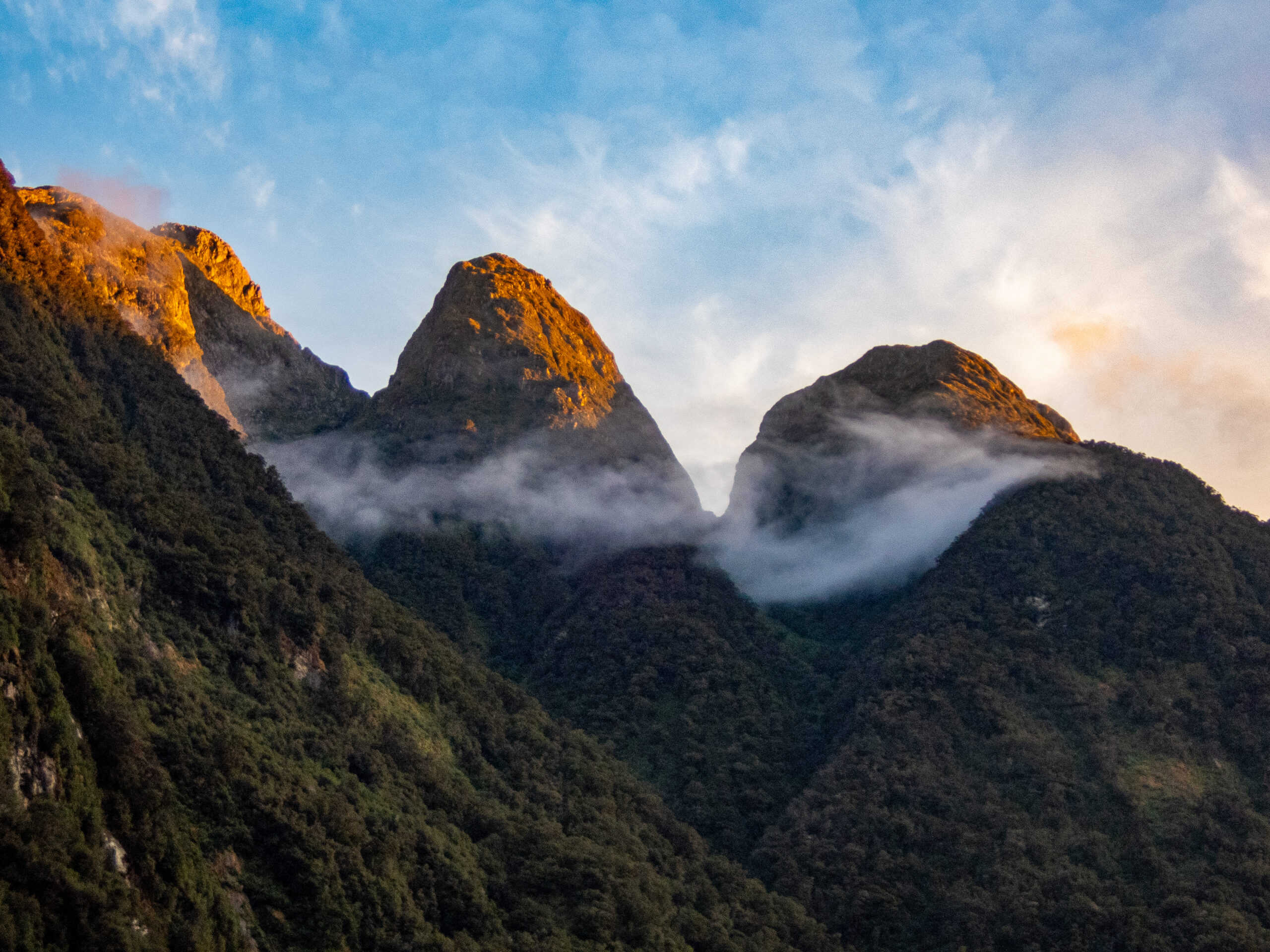

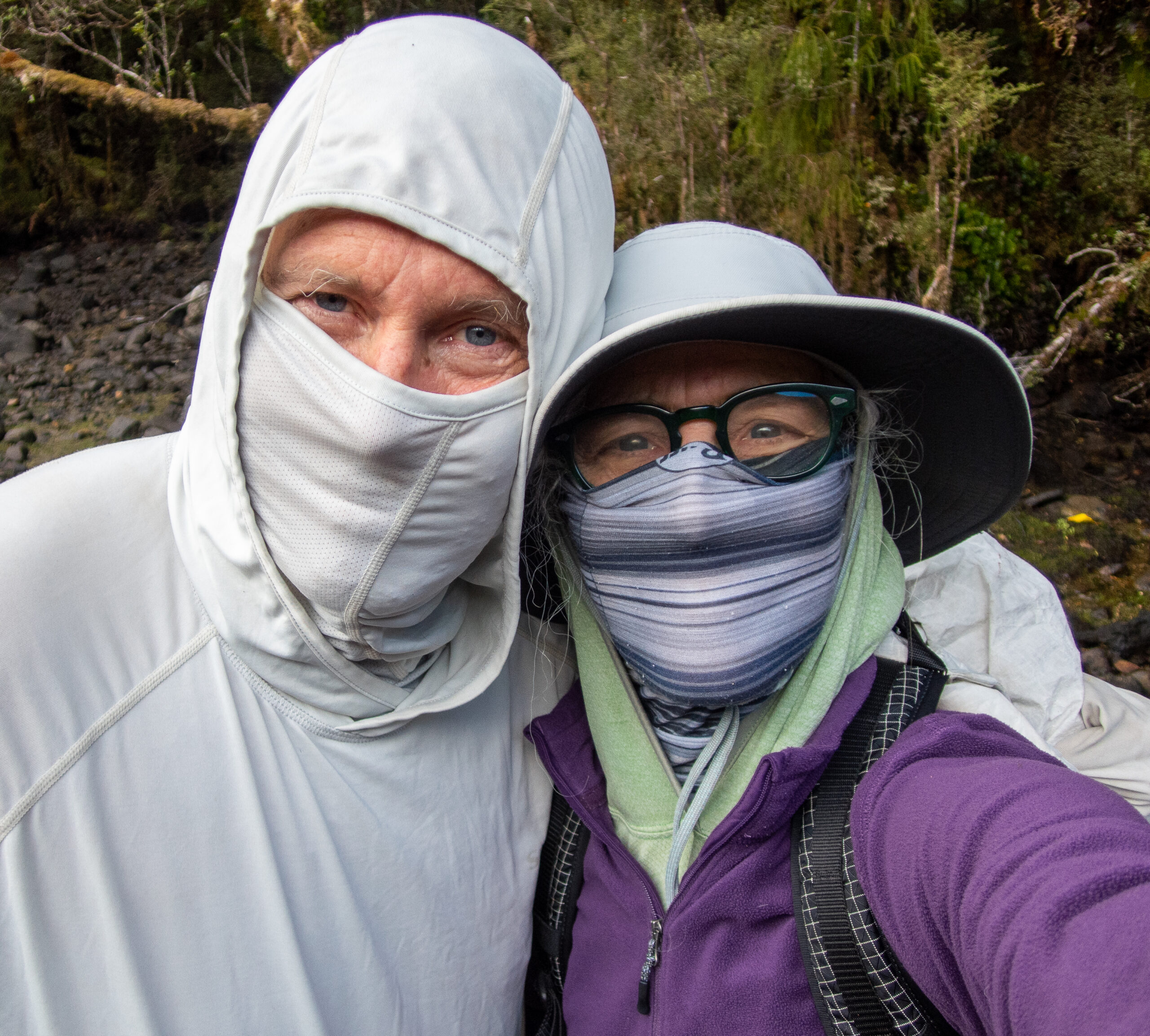

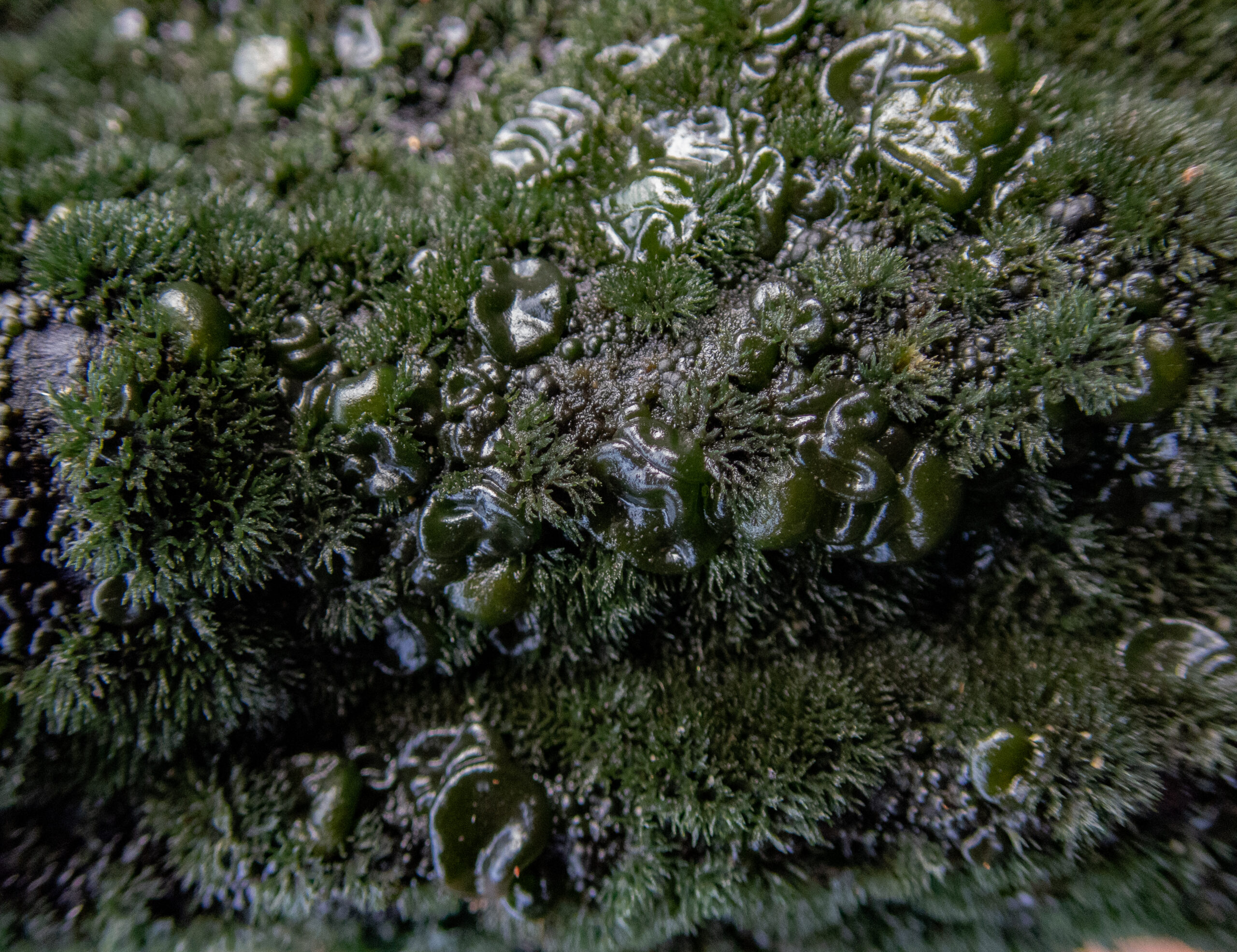


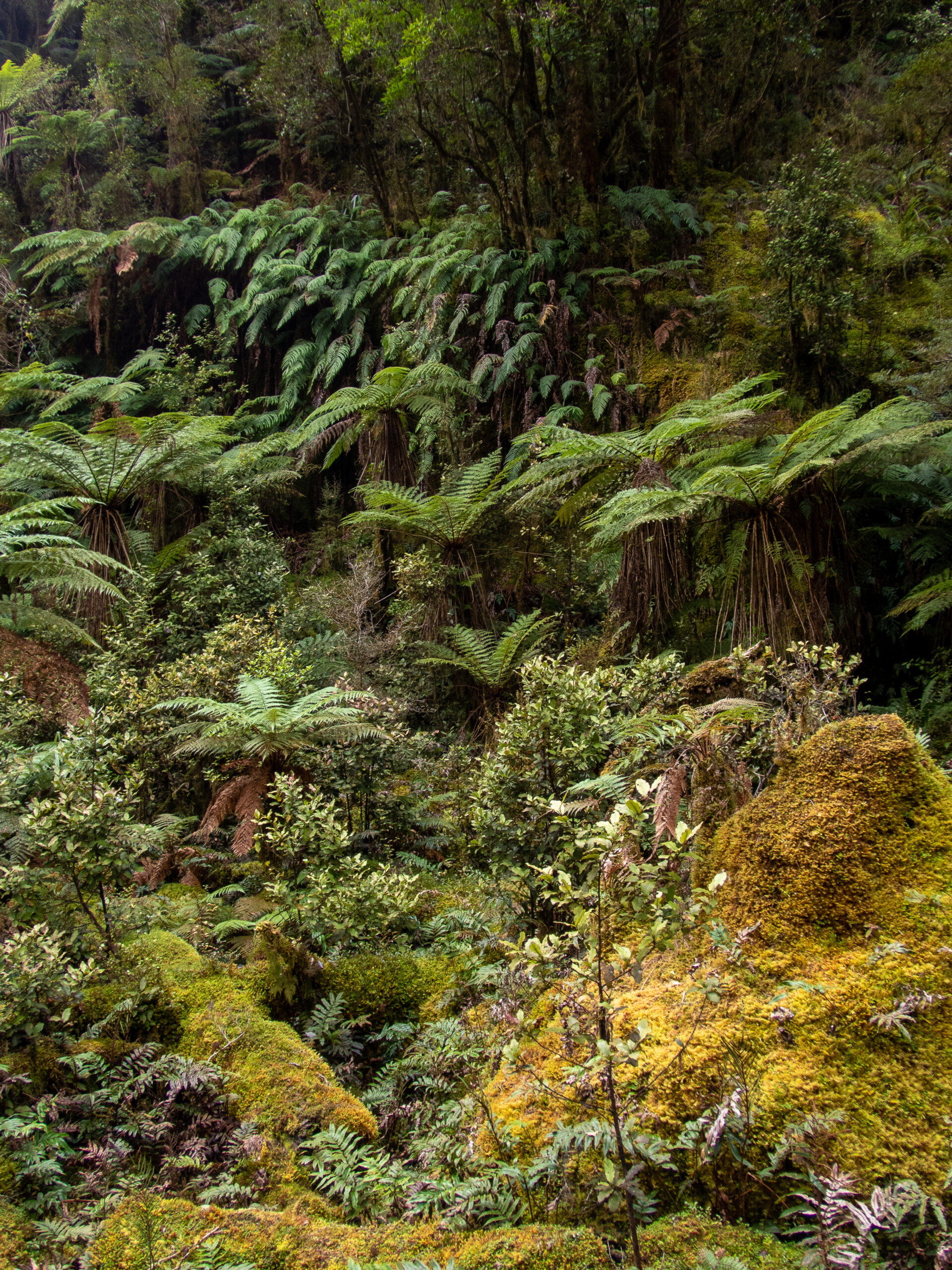
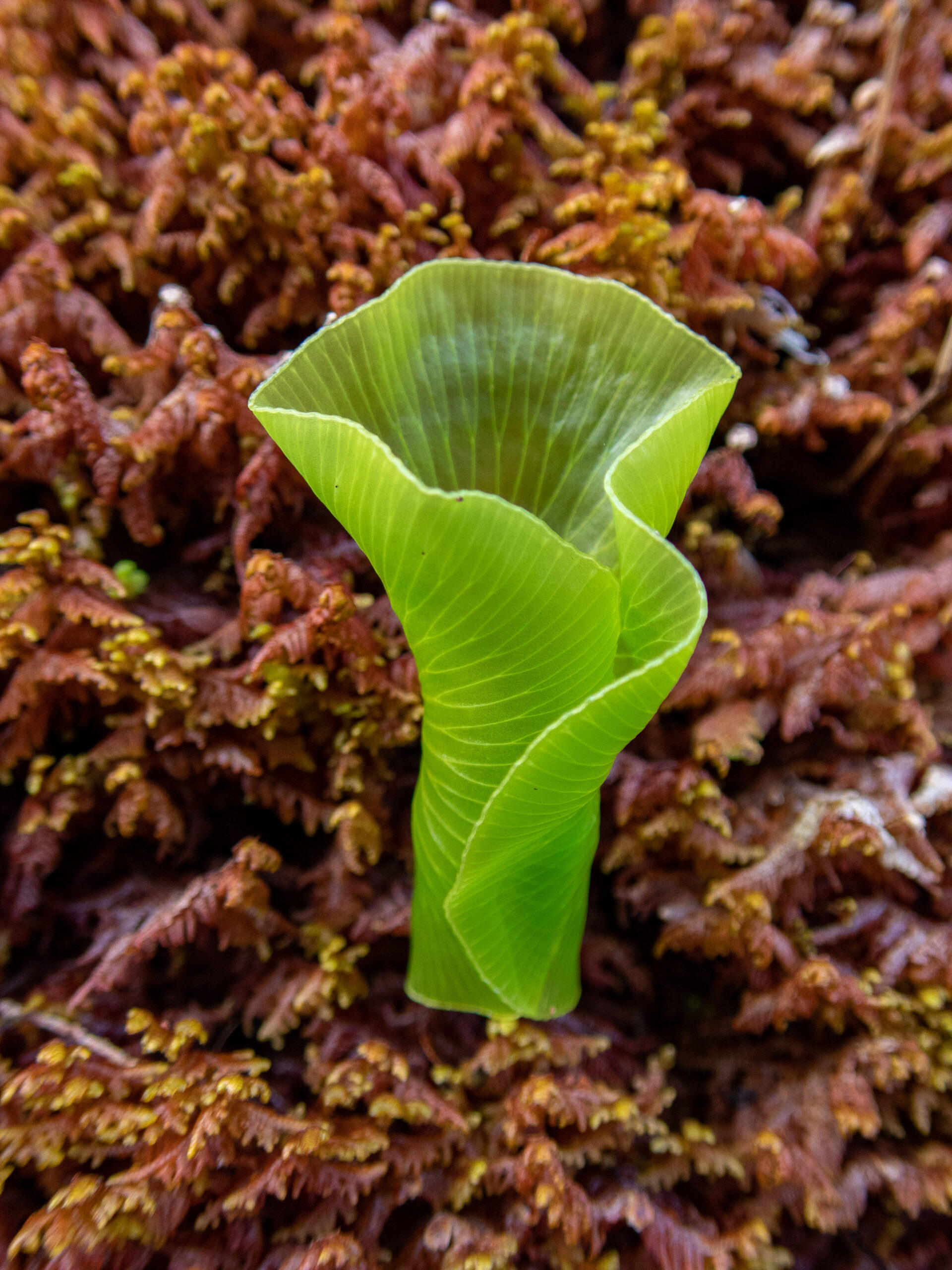
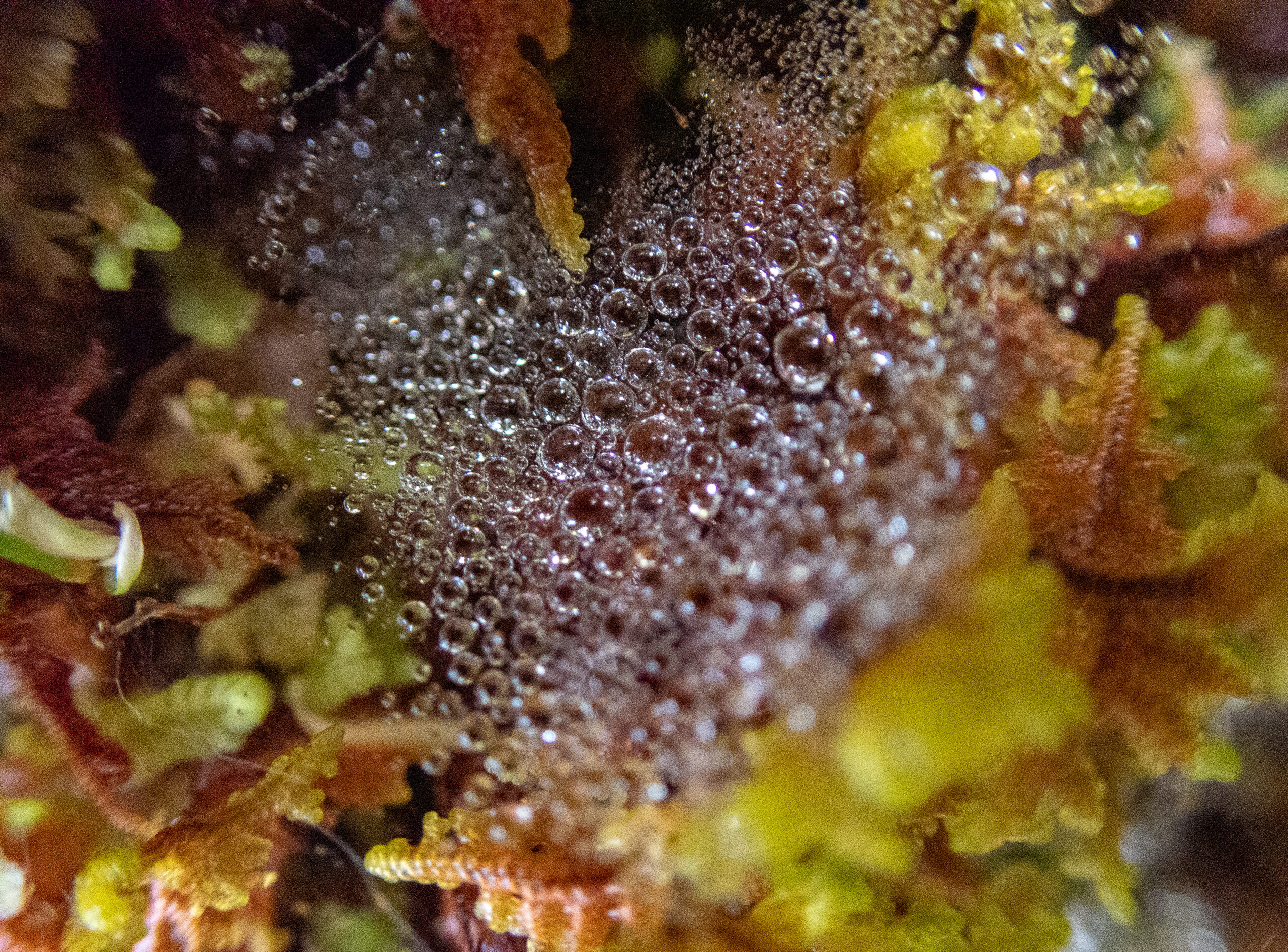
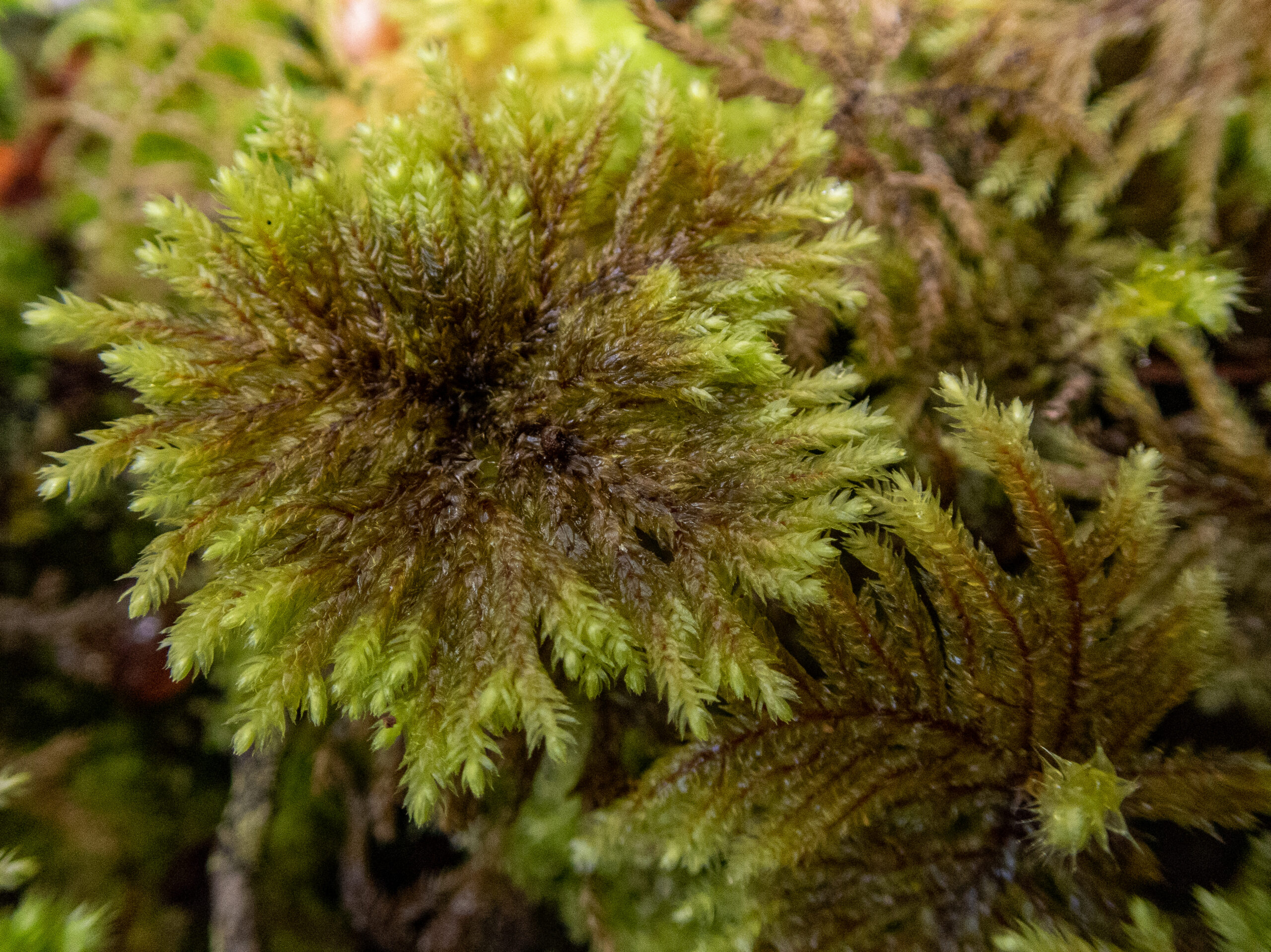
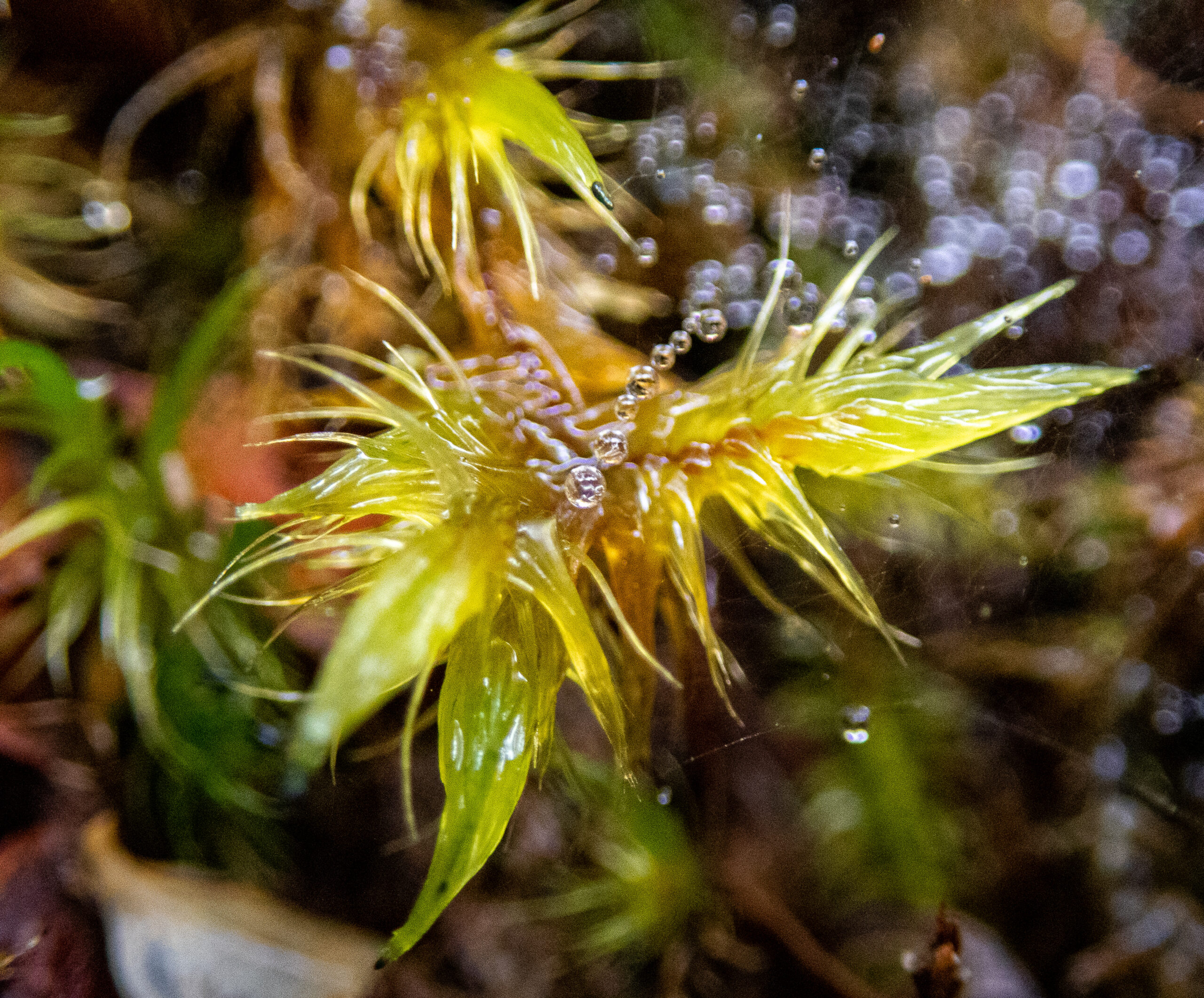
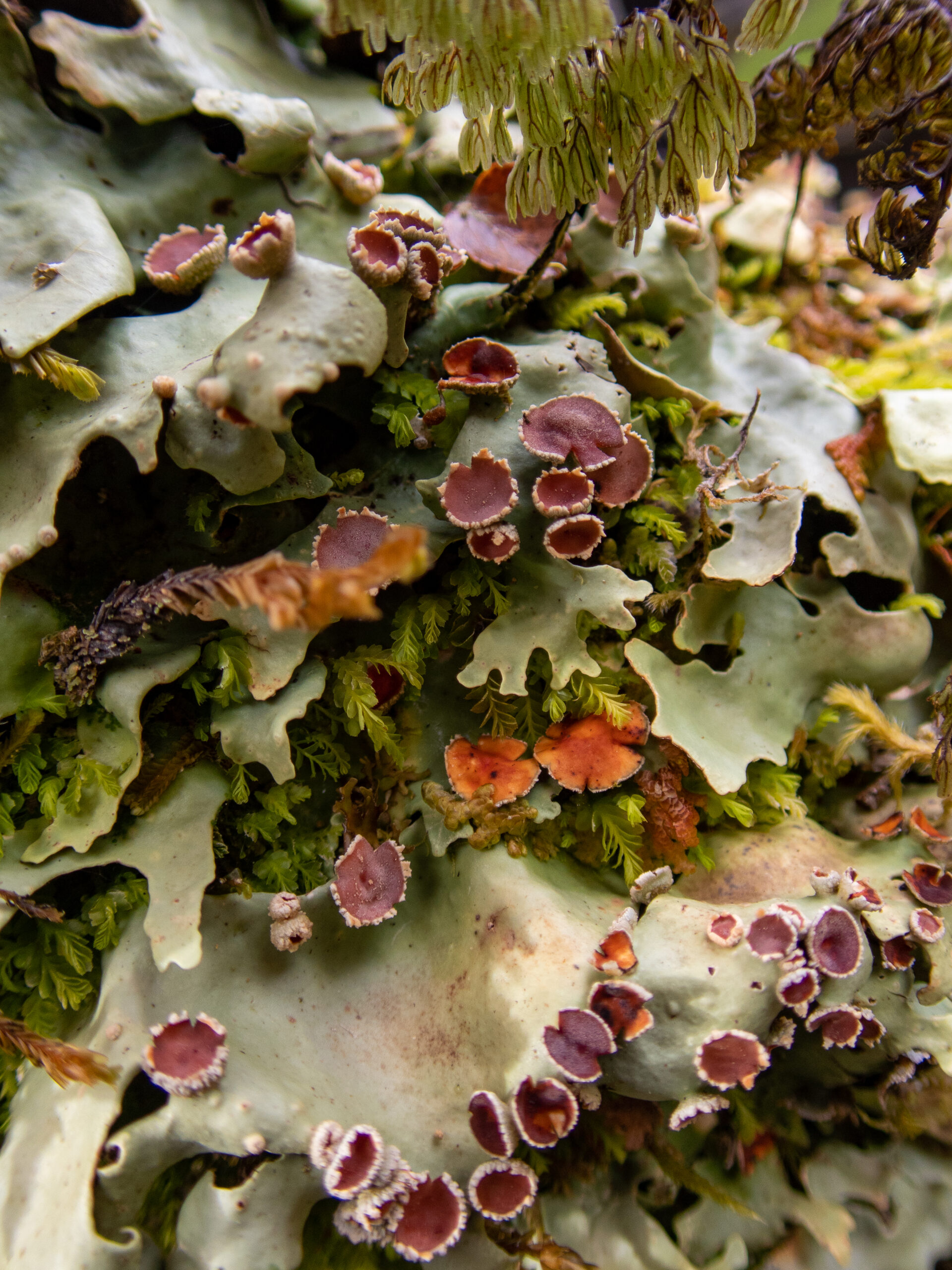
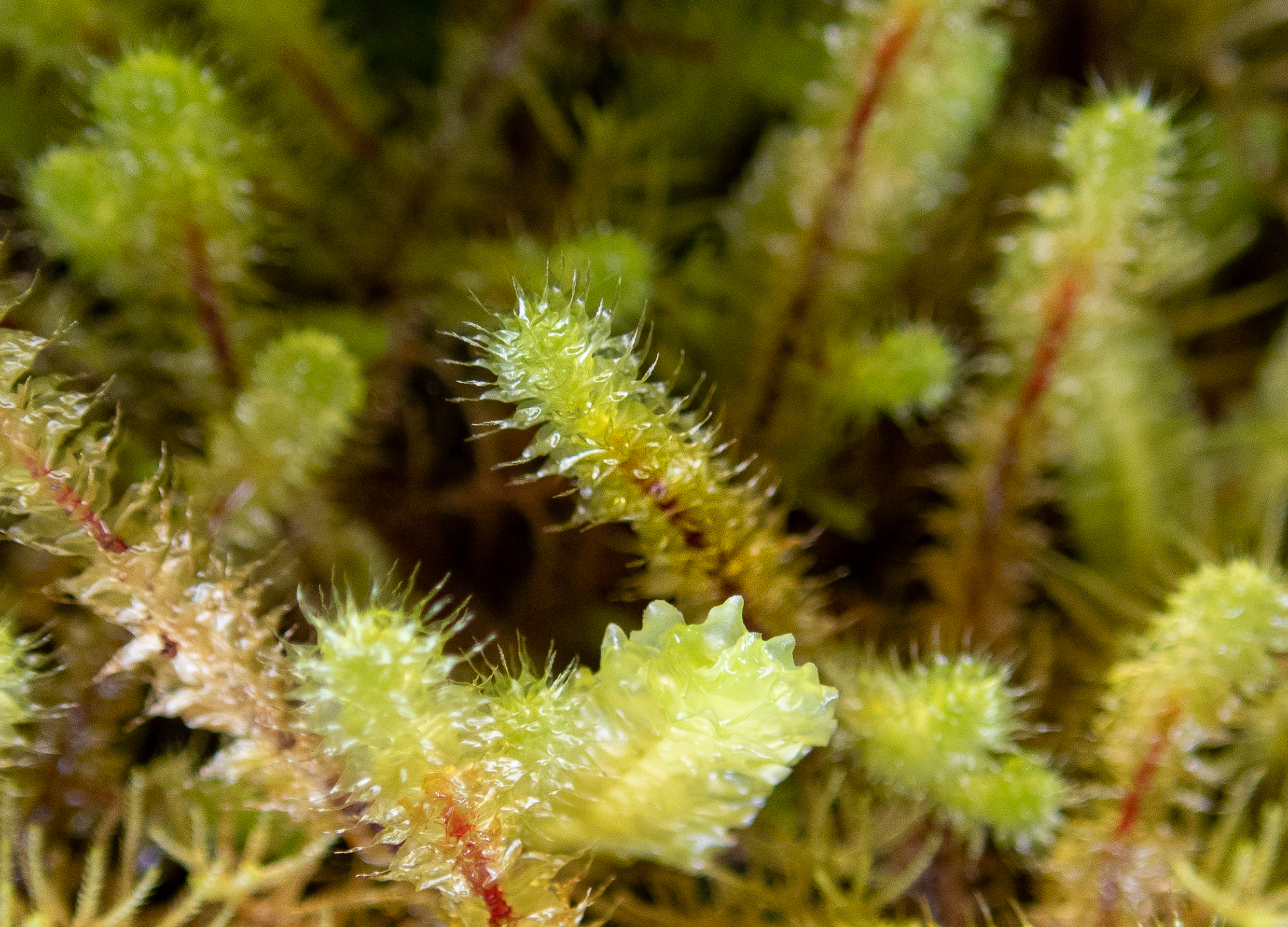
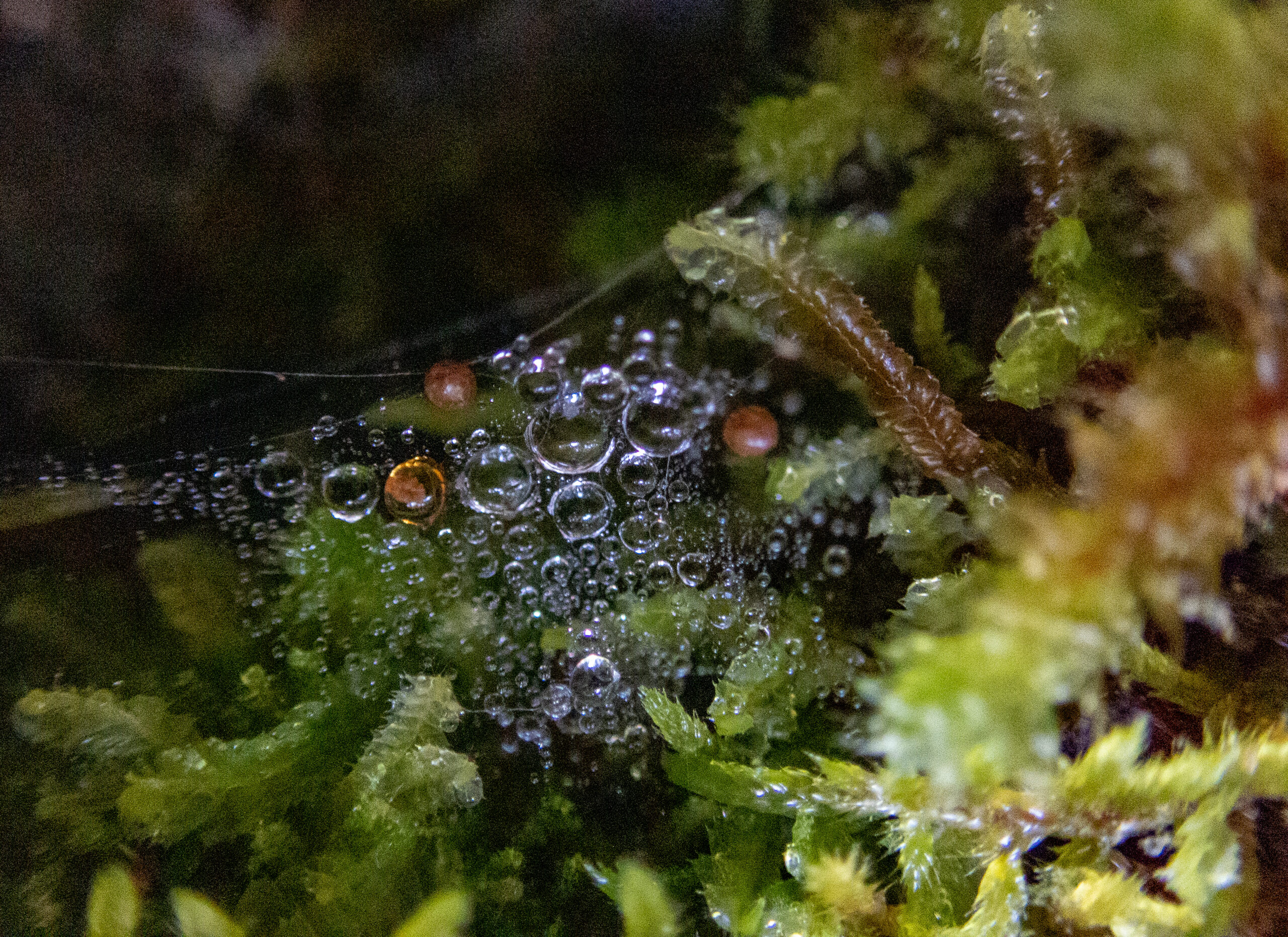

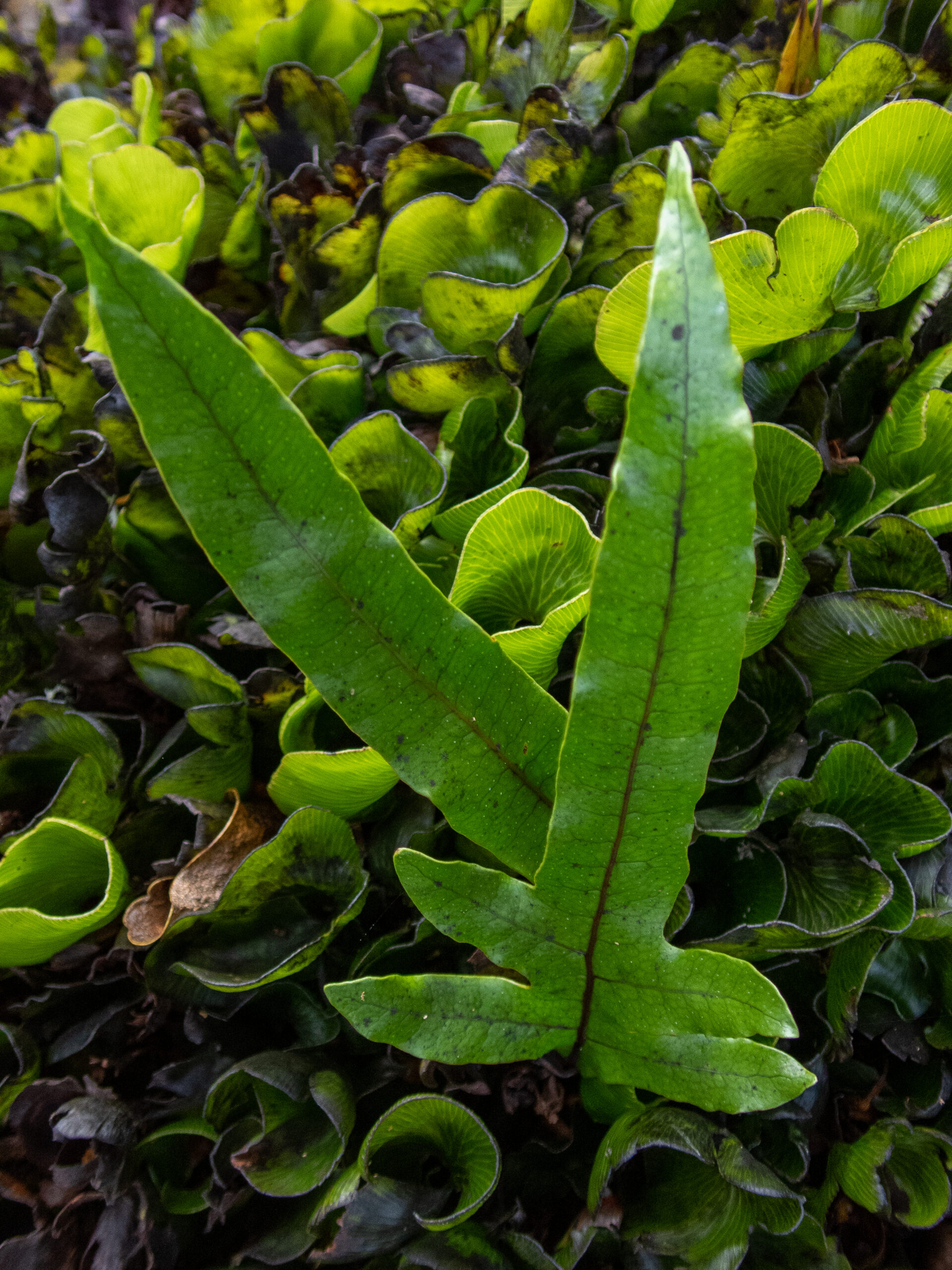
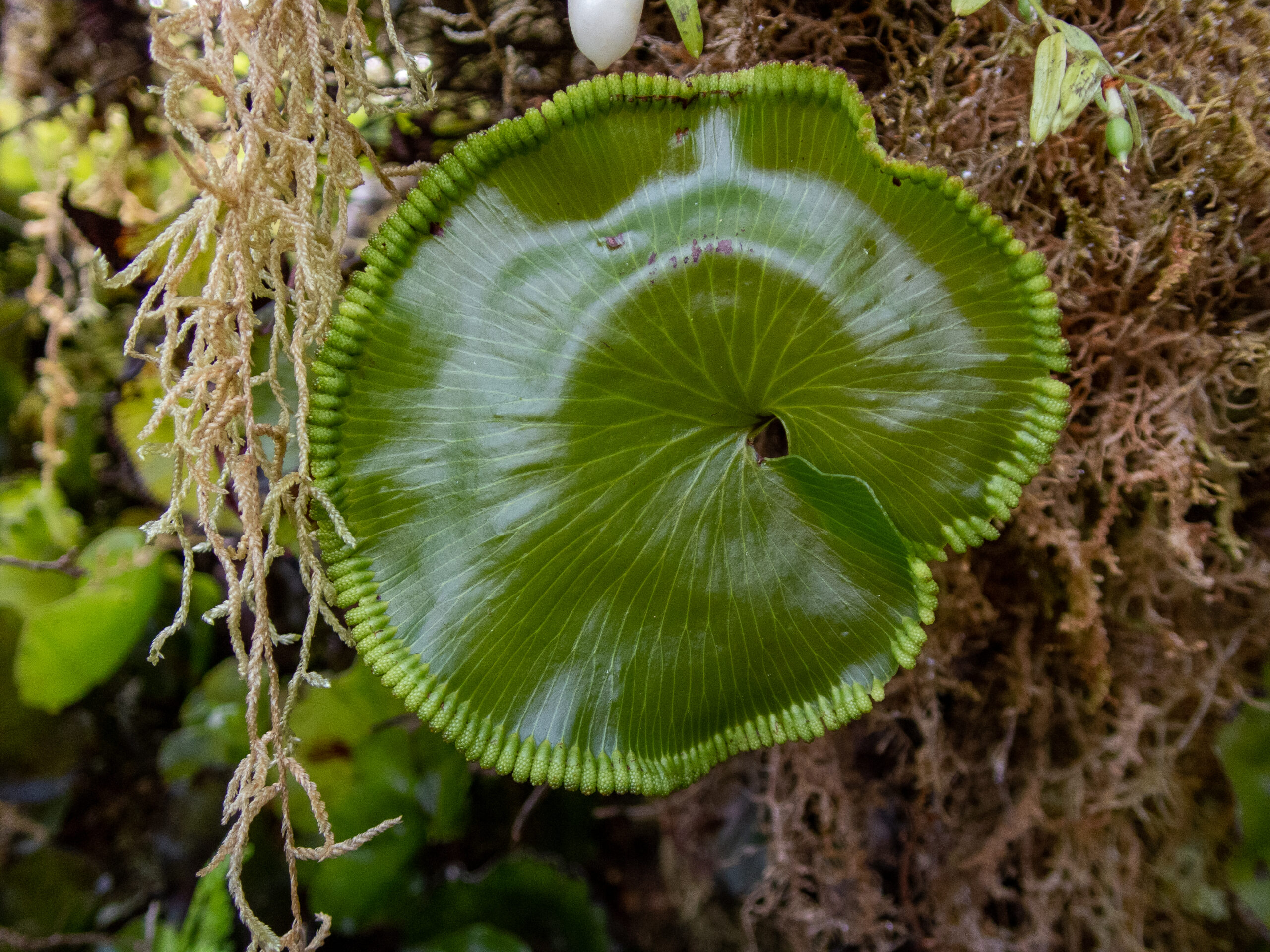
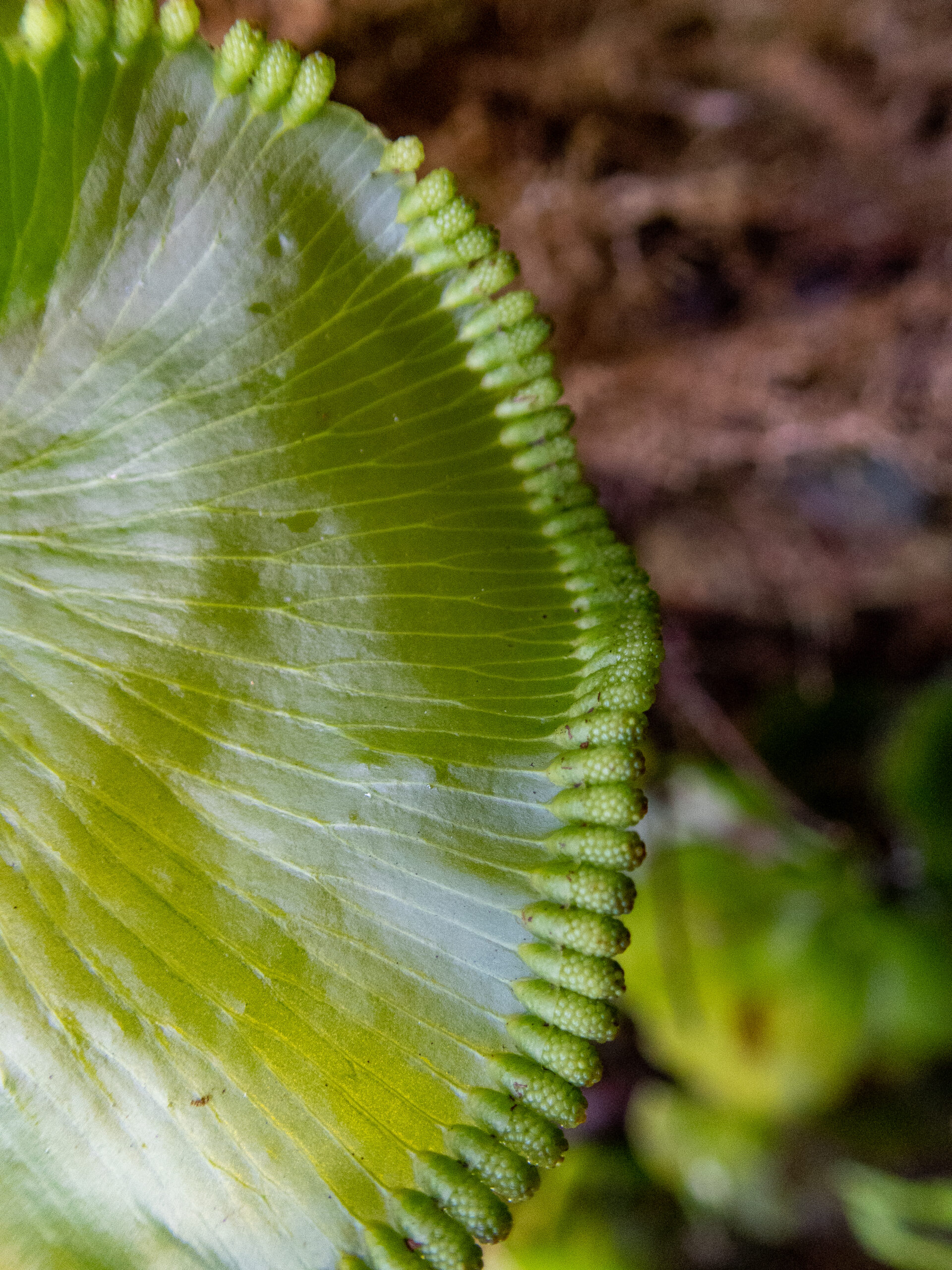
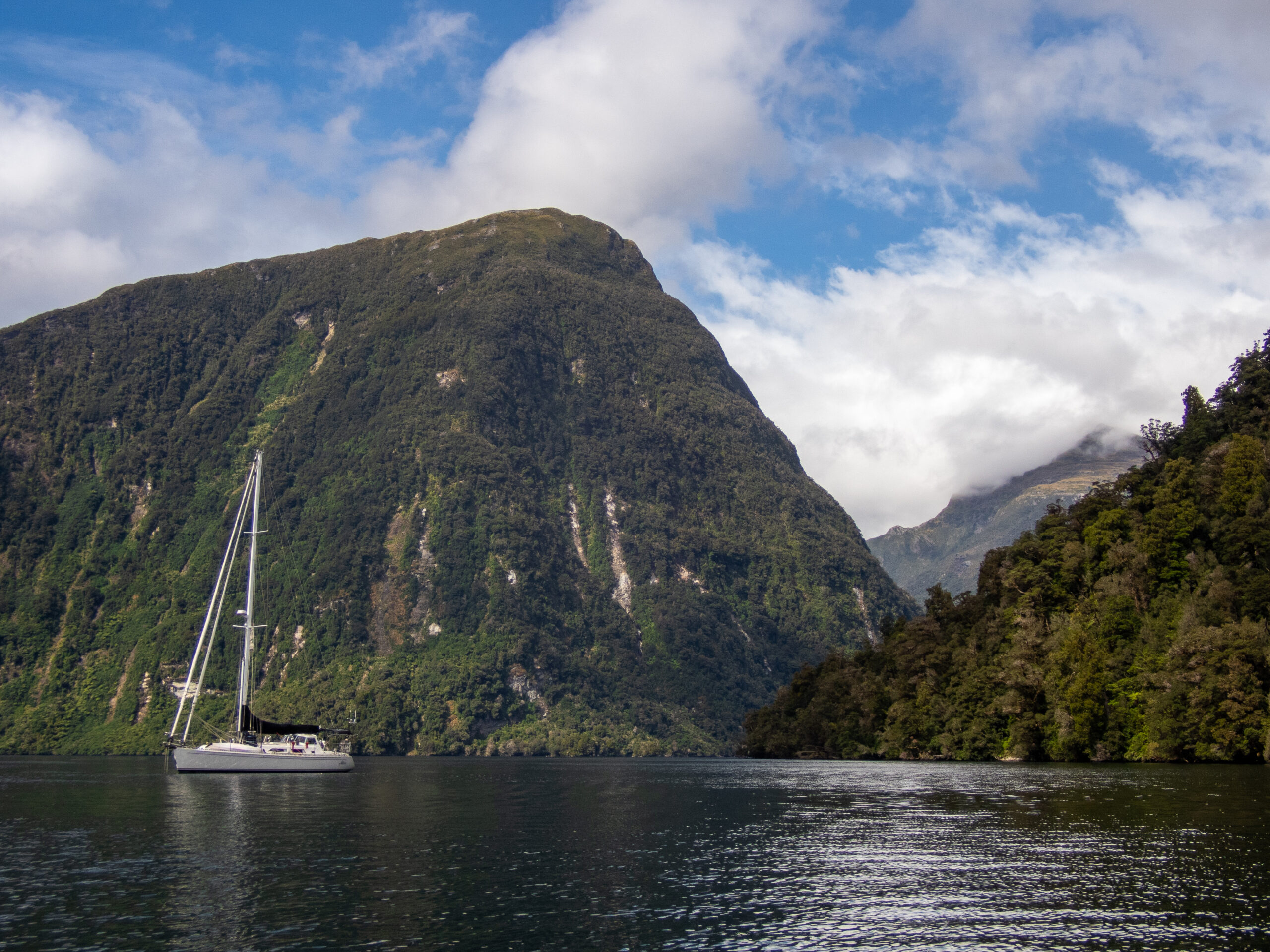
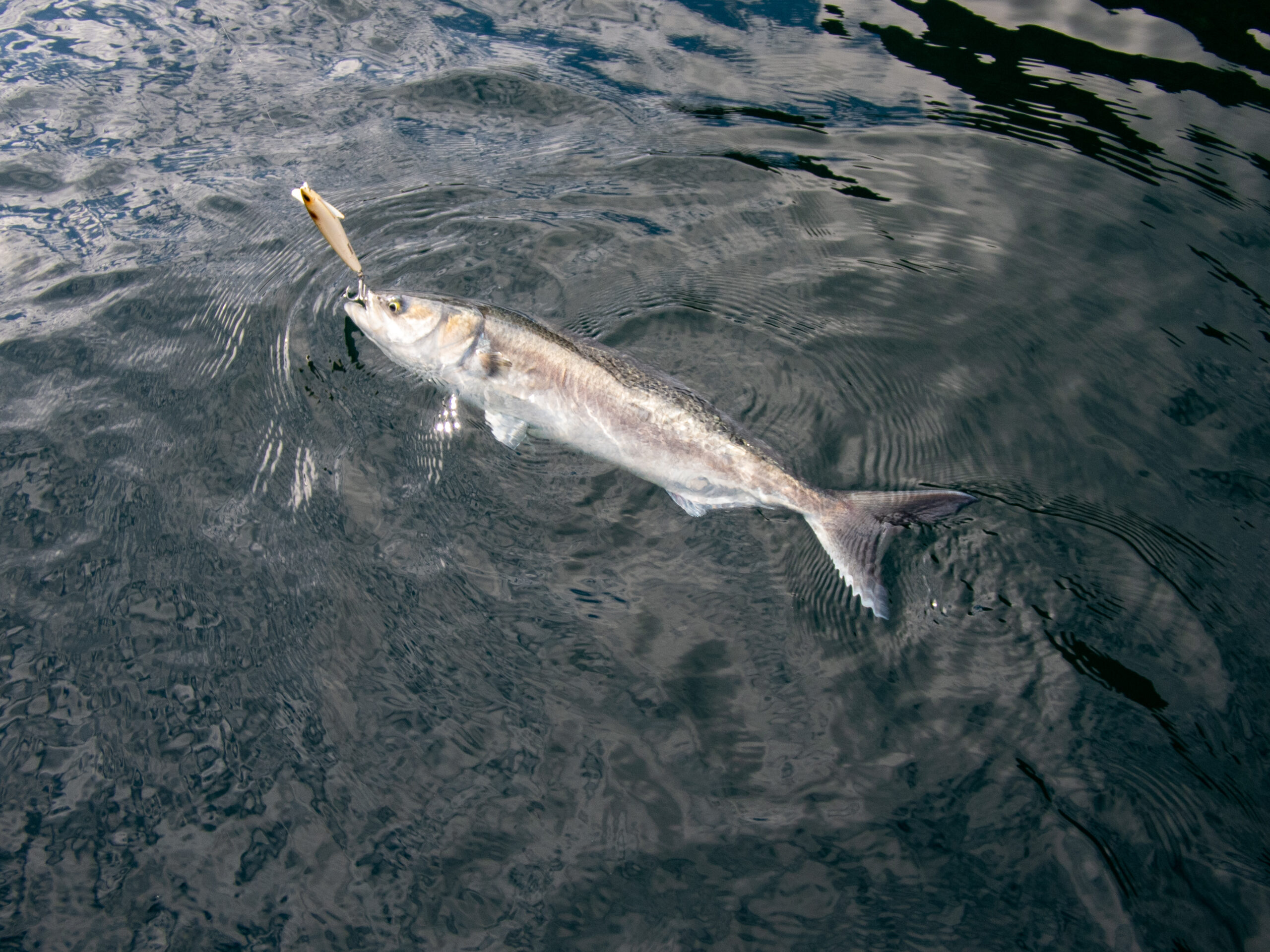

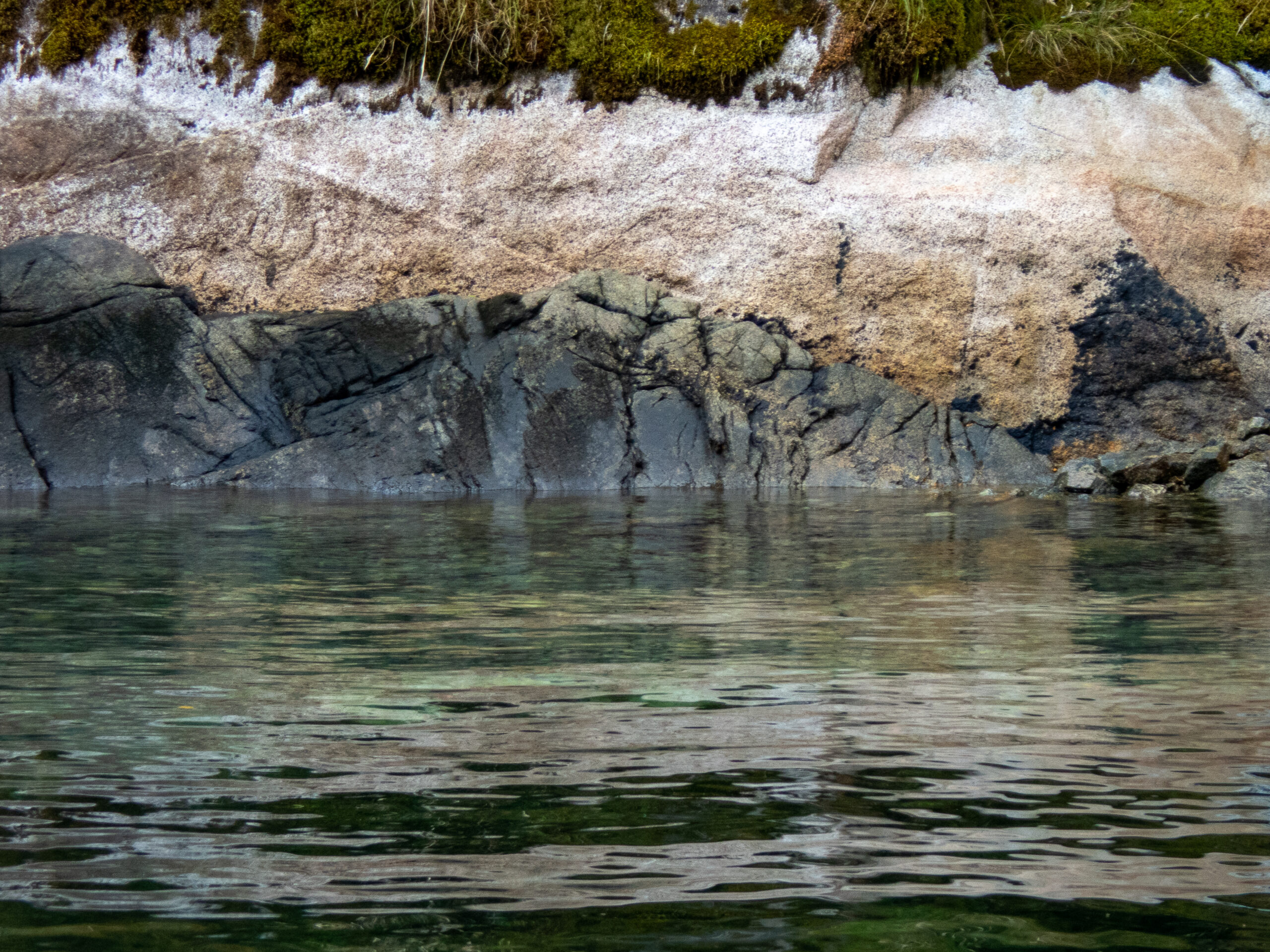
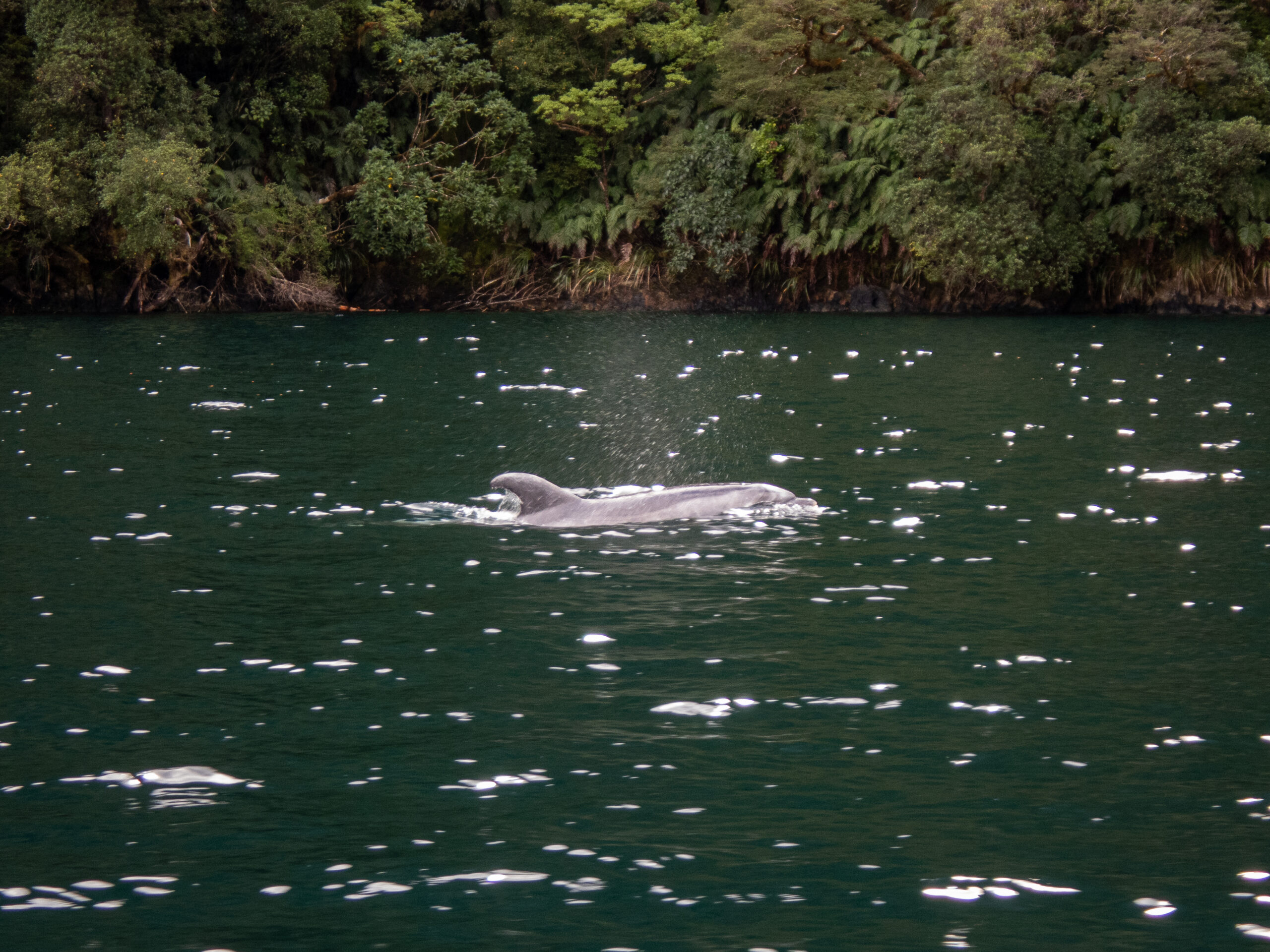
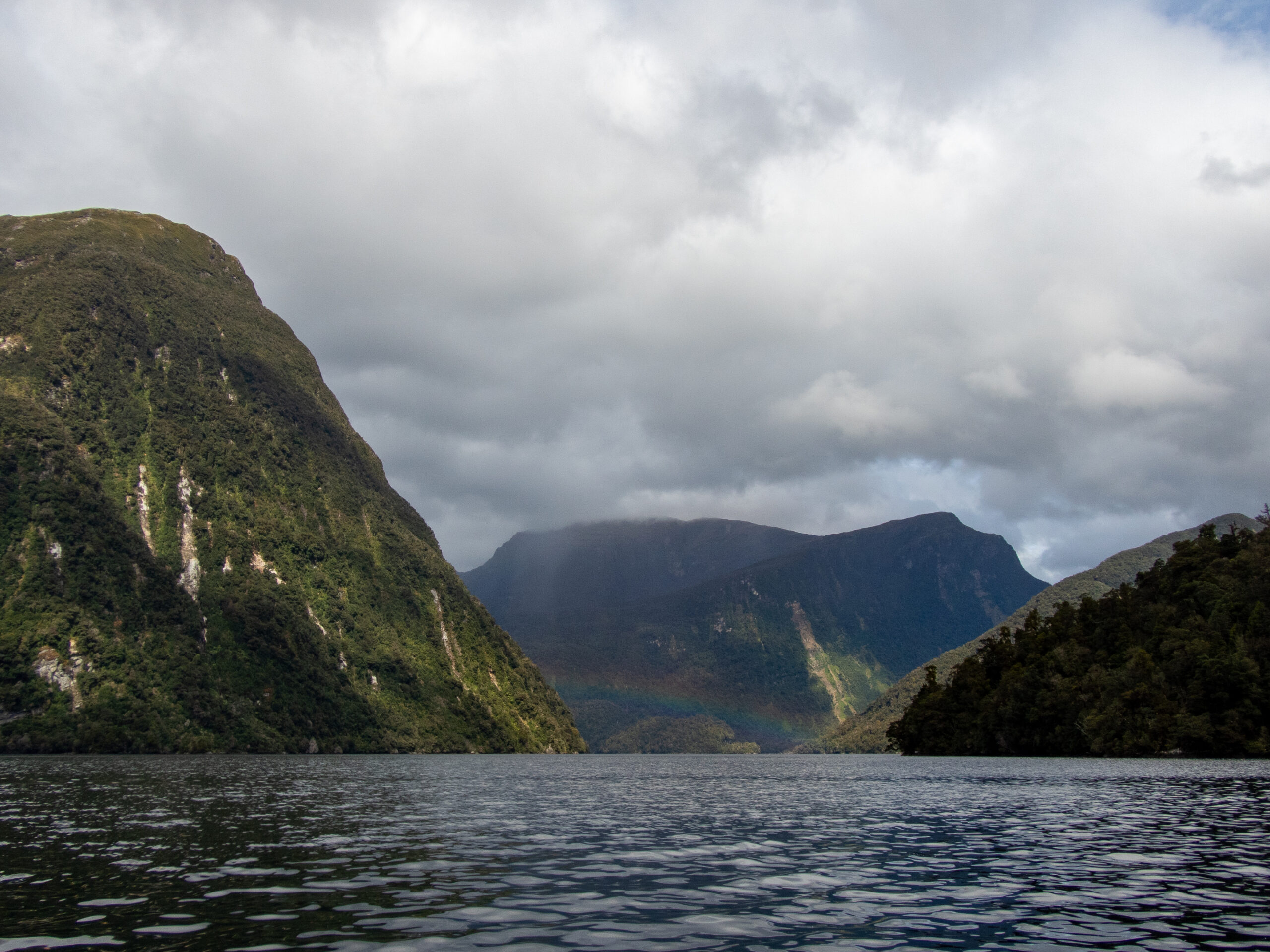
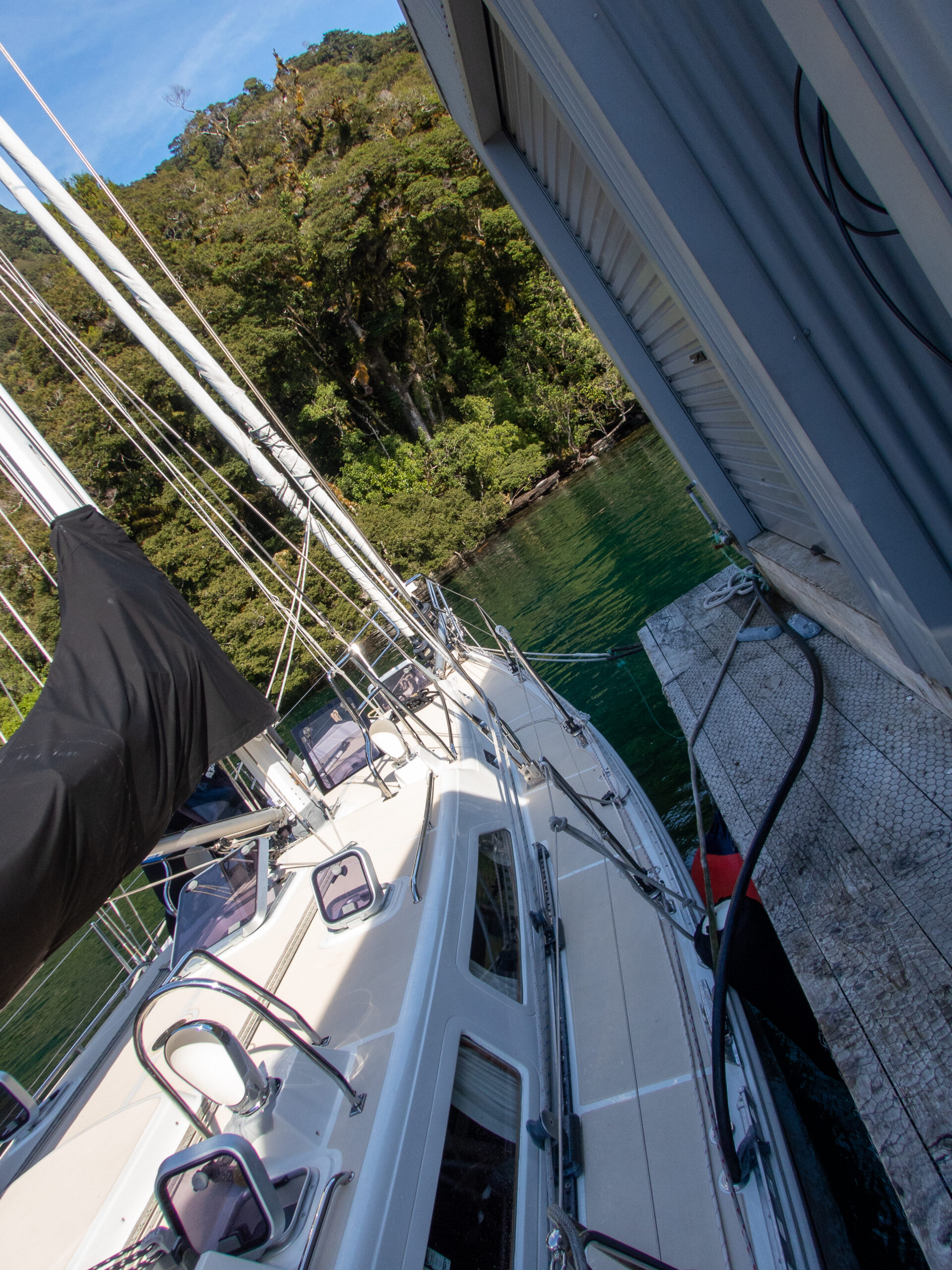

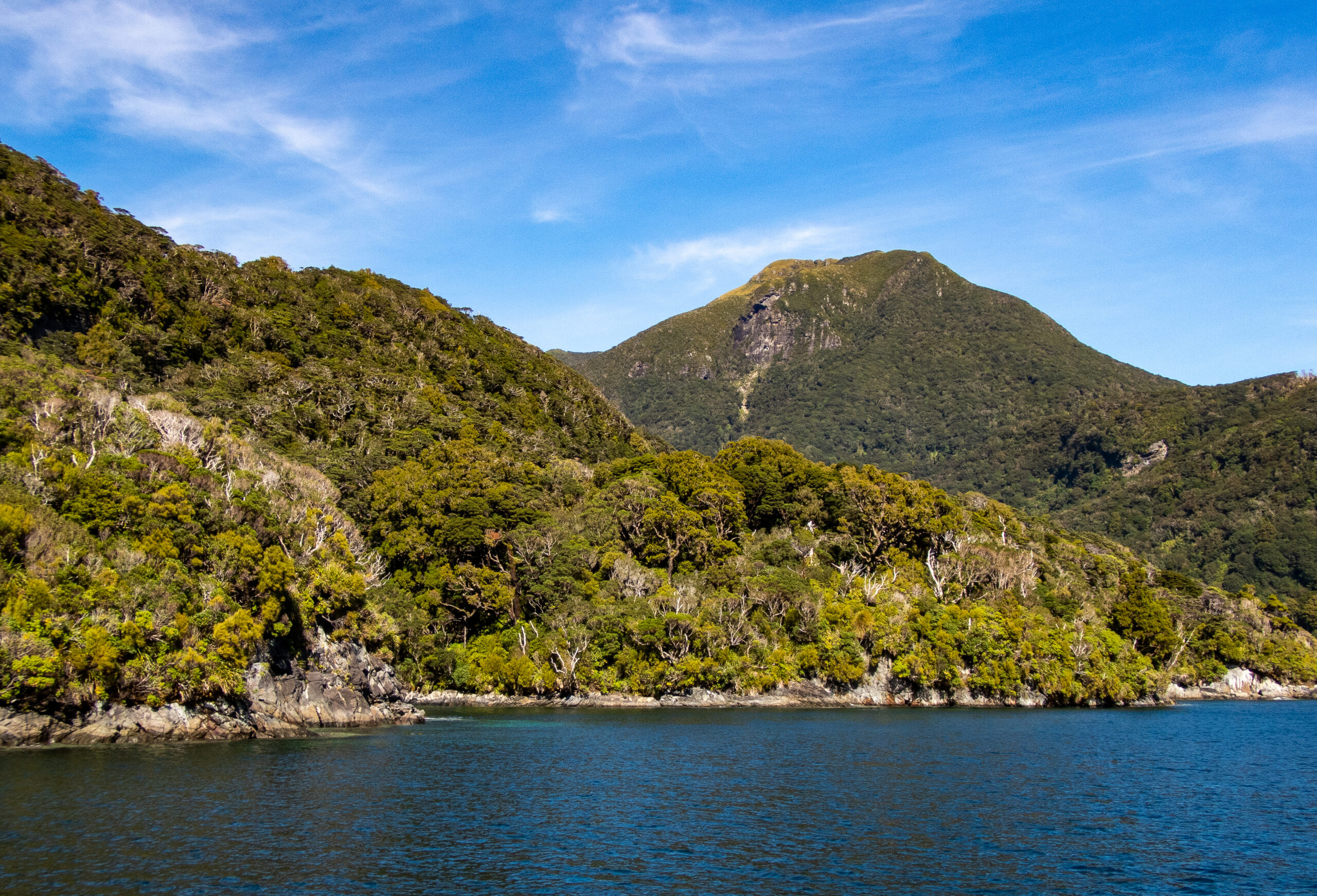

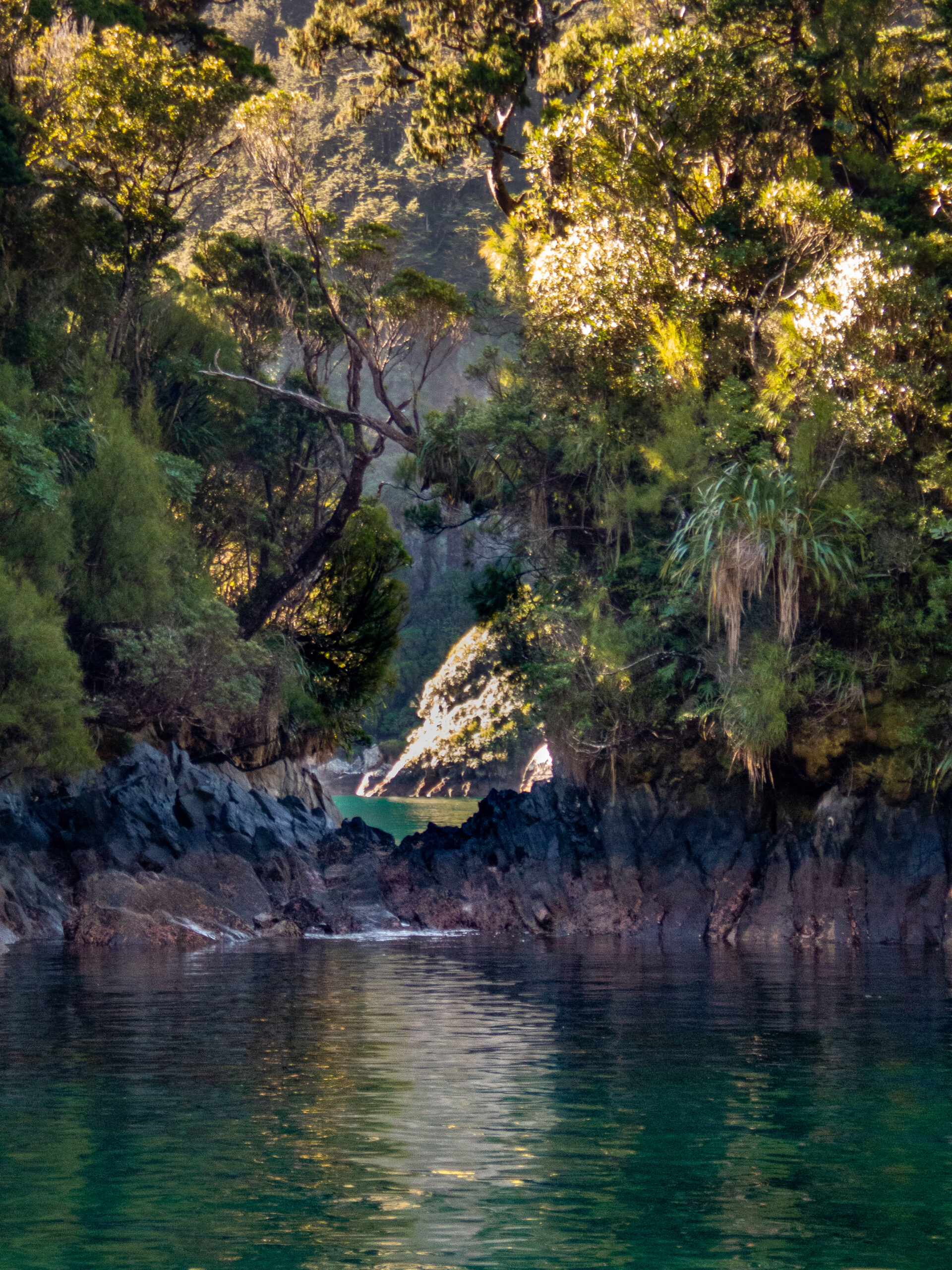
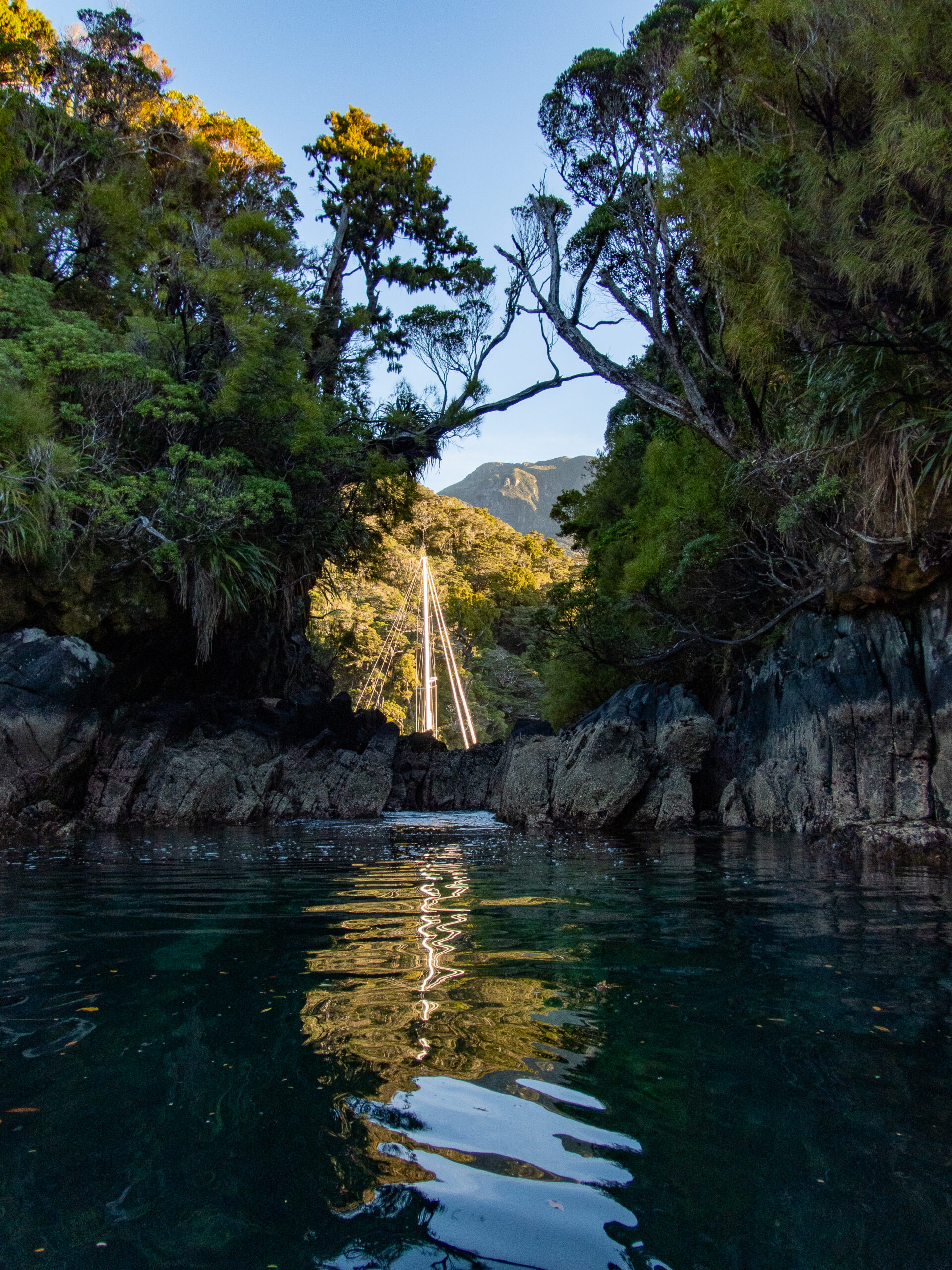
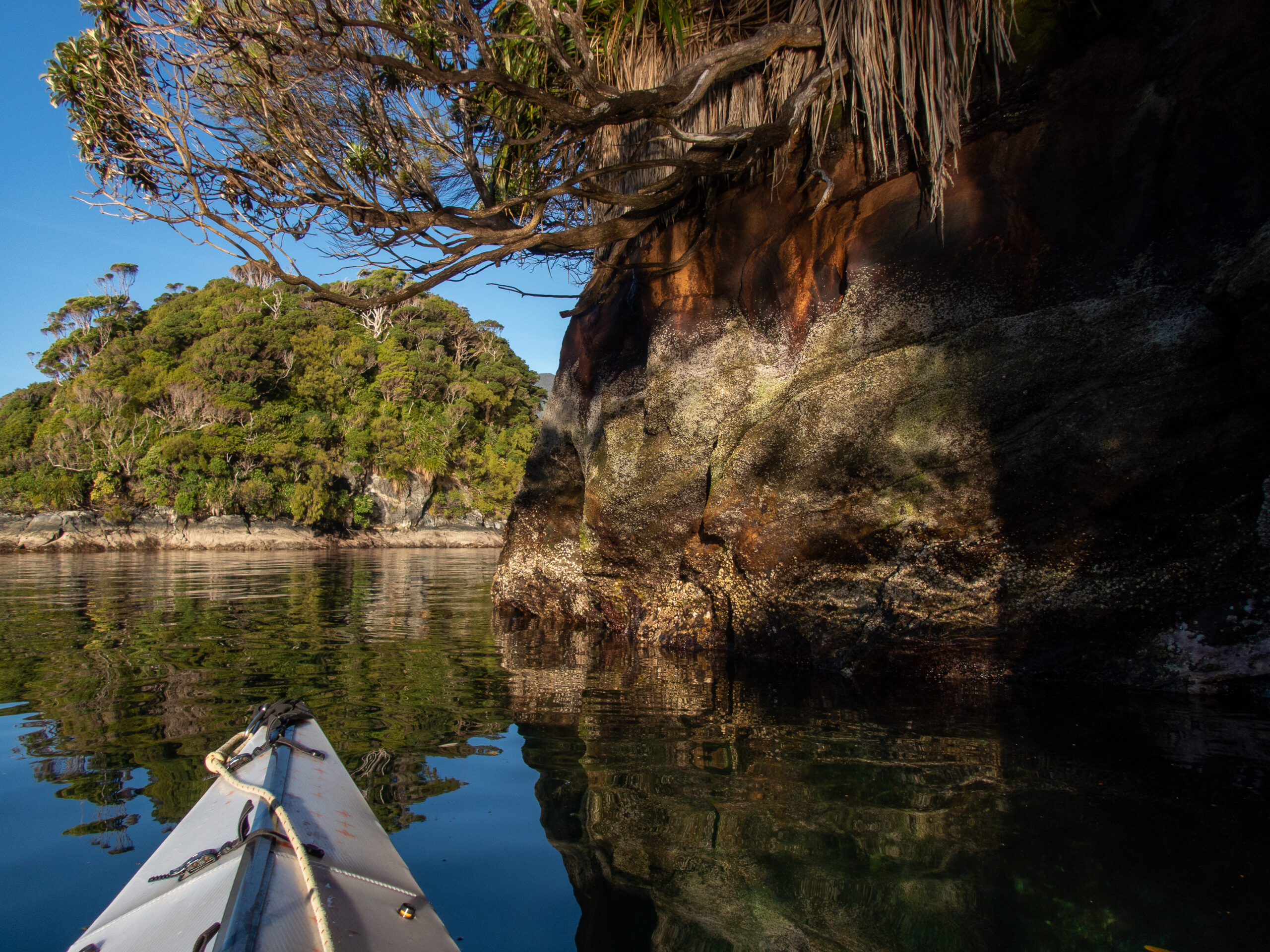
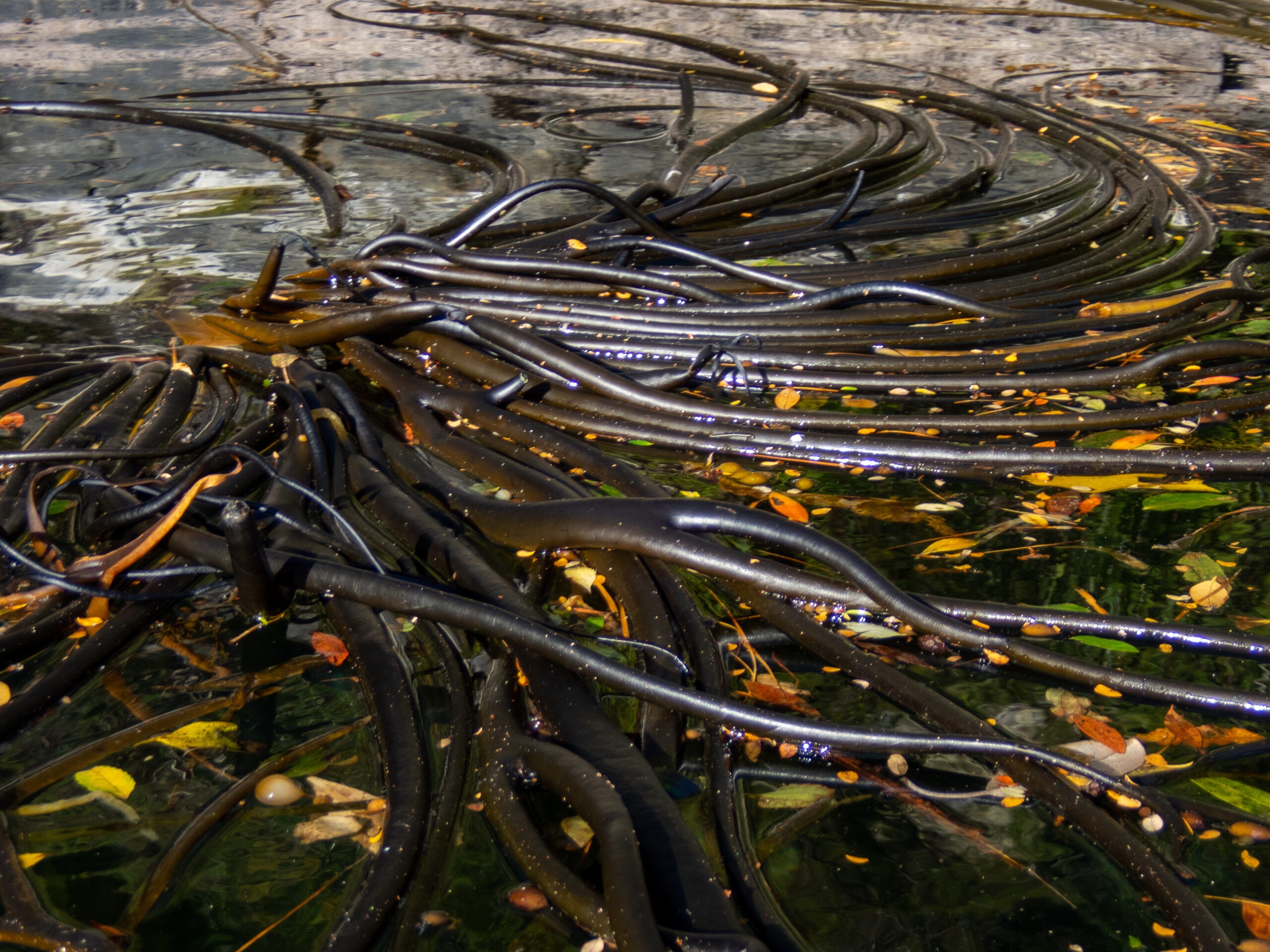
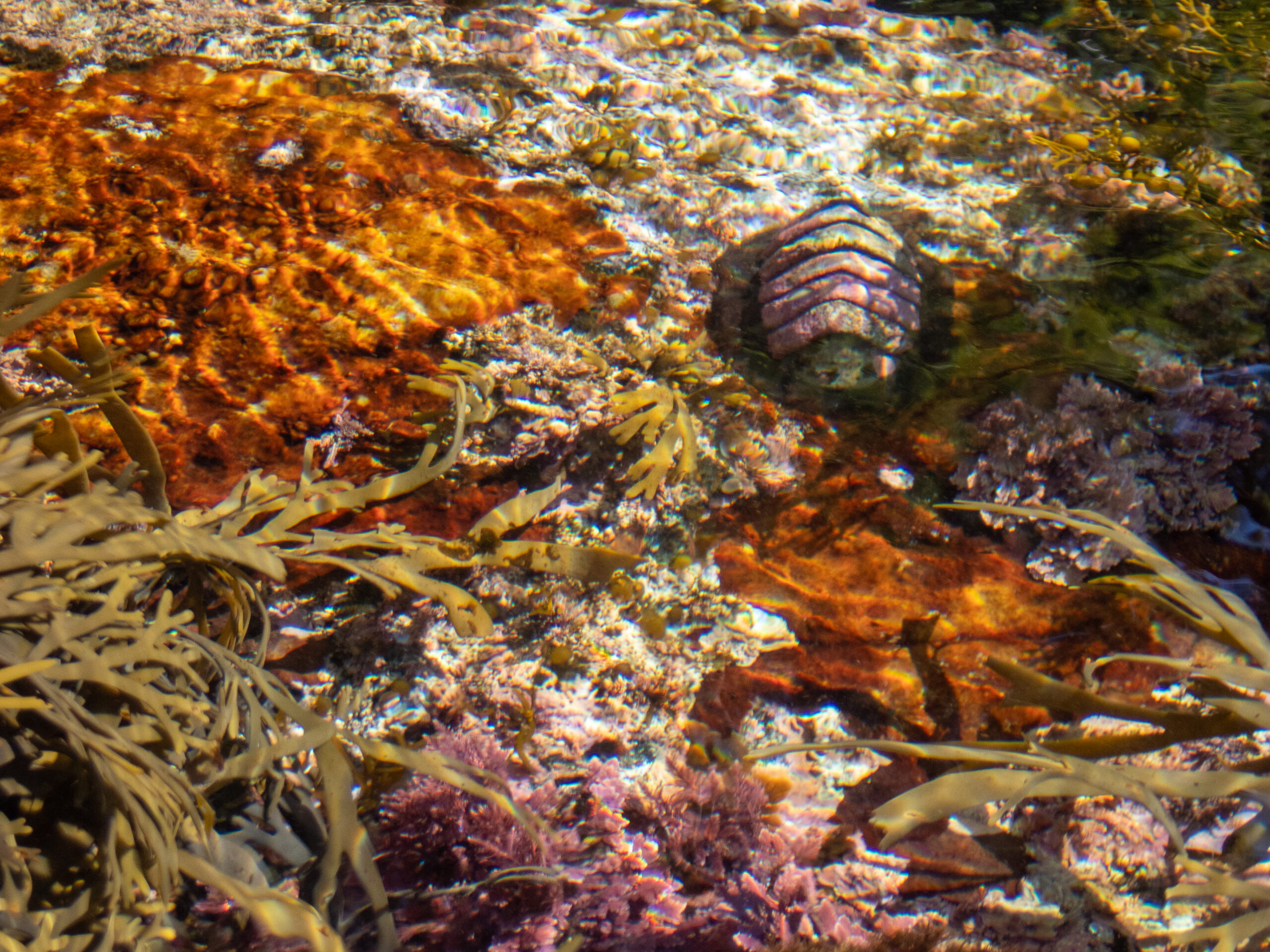
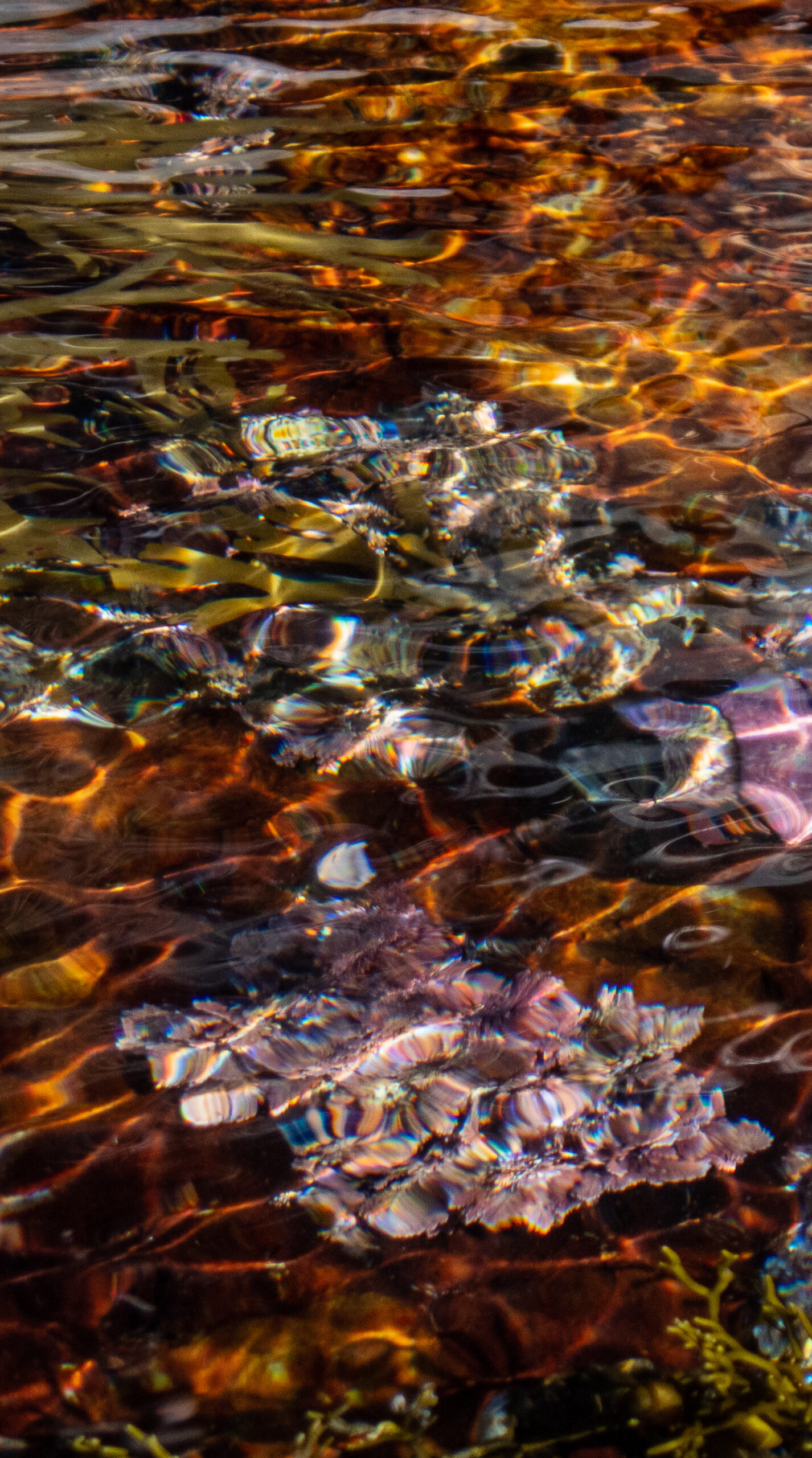
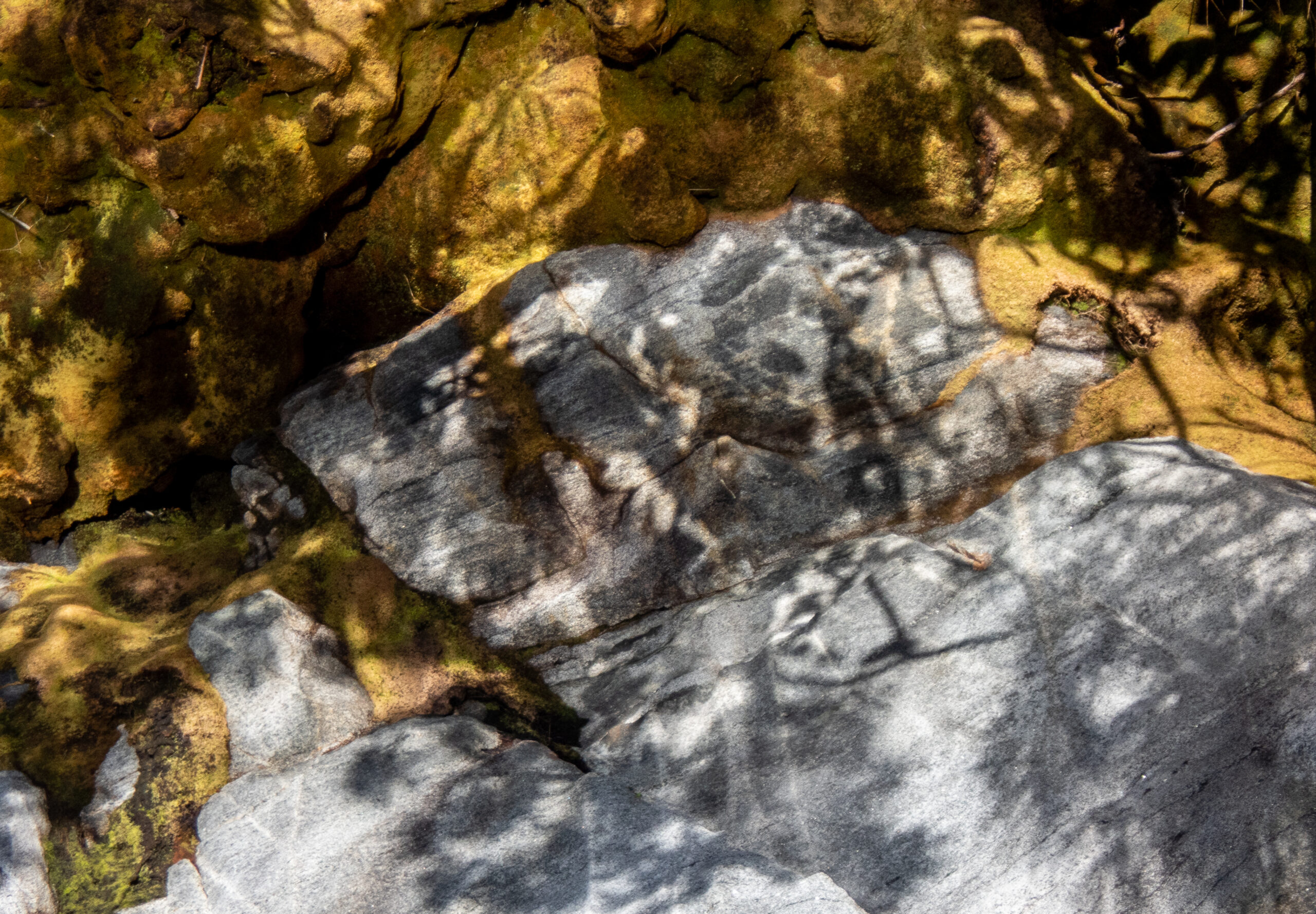
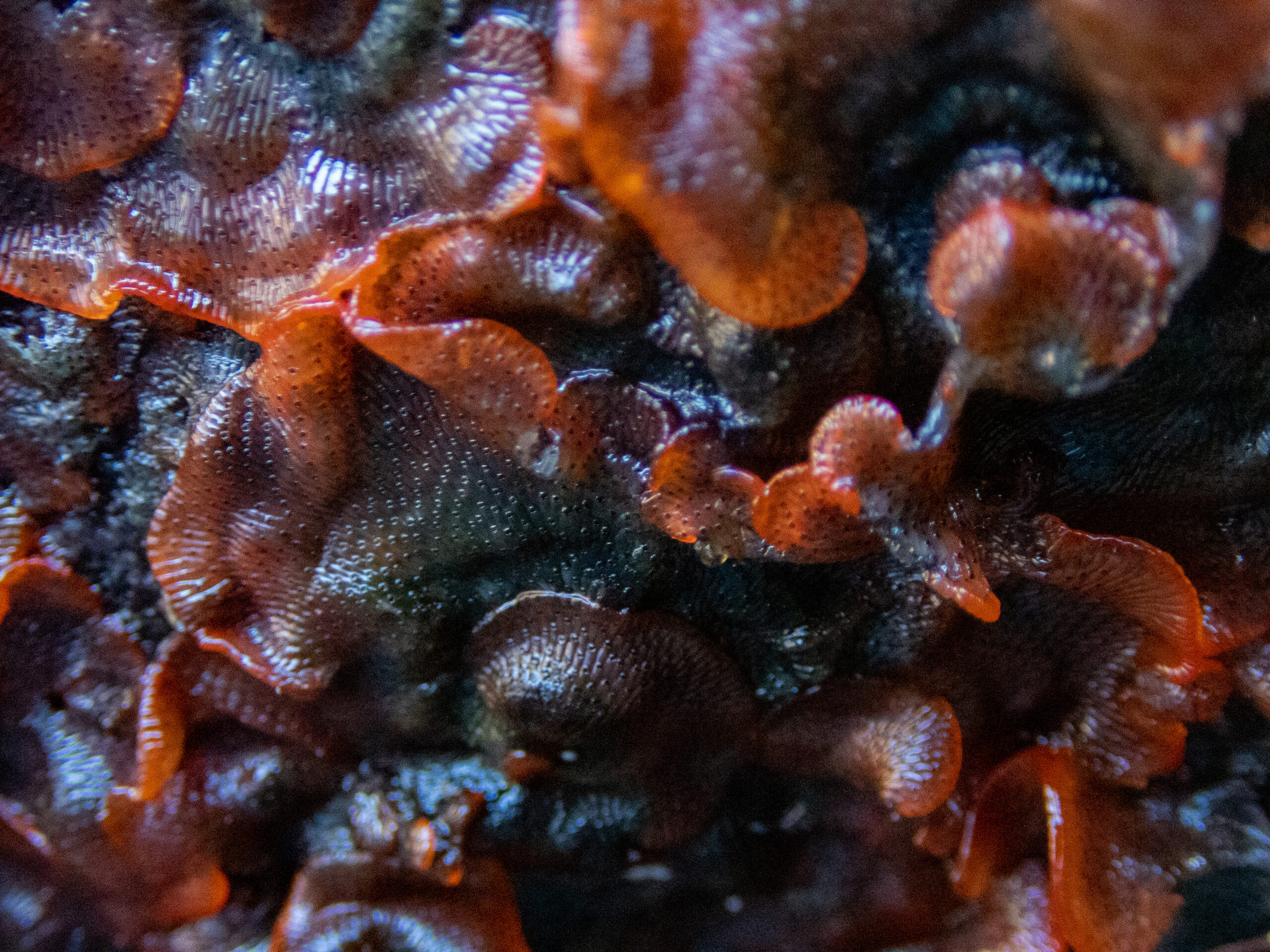


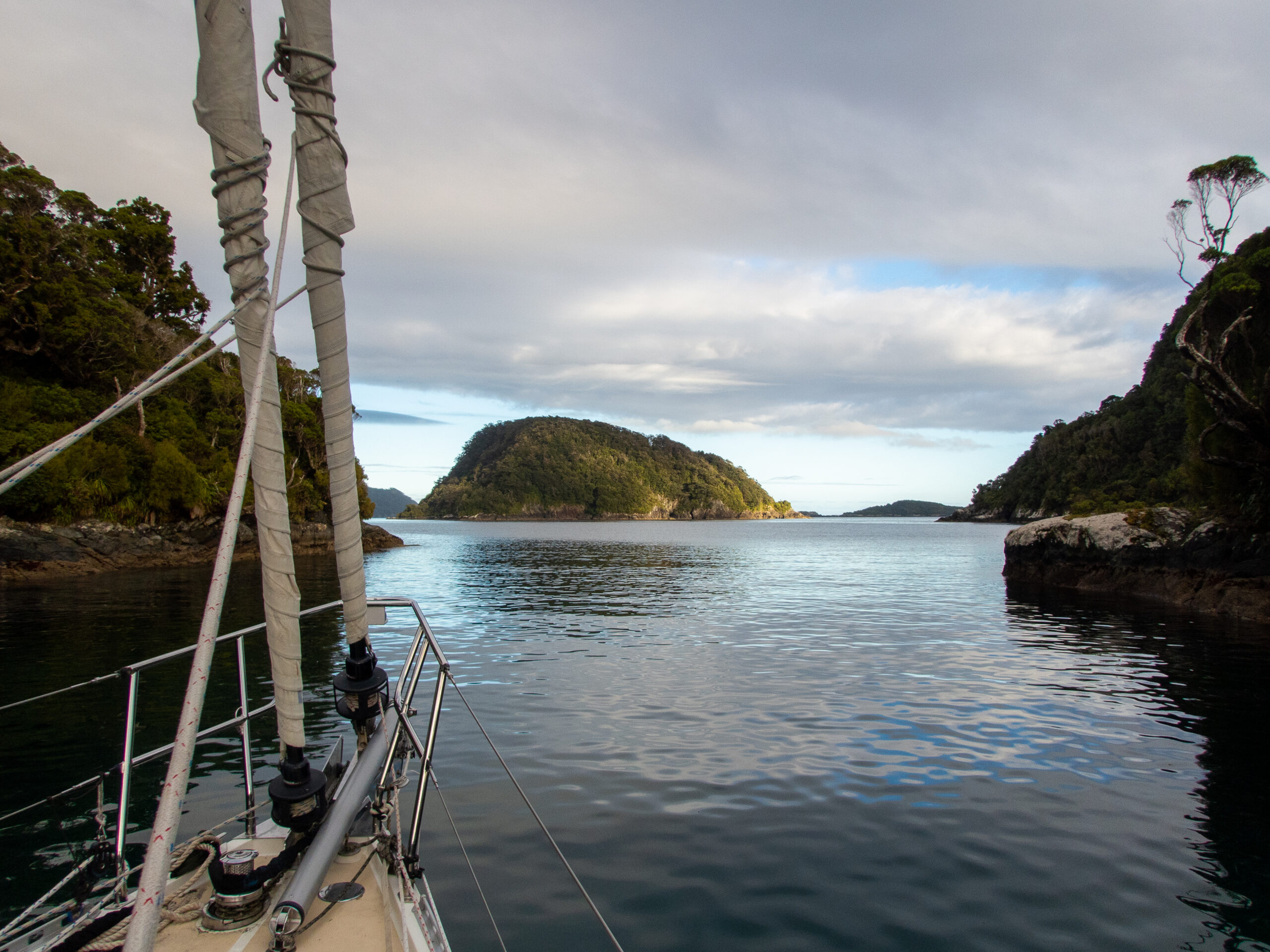
Broughton Arm, Breaksea/Te Puaitaha Sound, Captivating! – Fiordland.
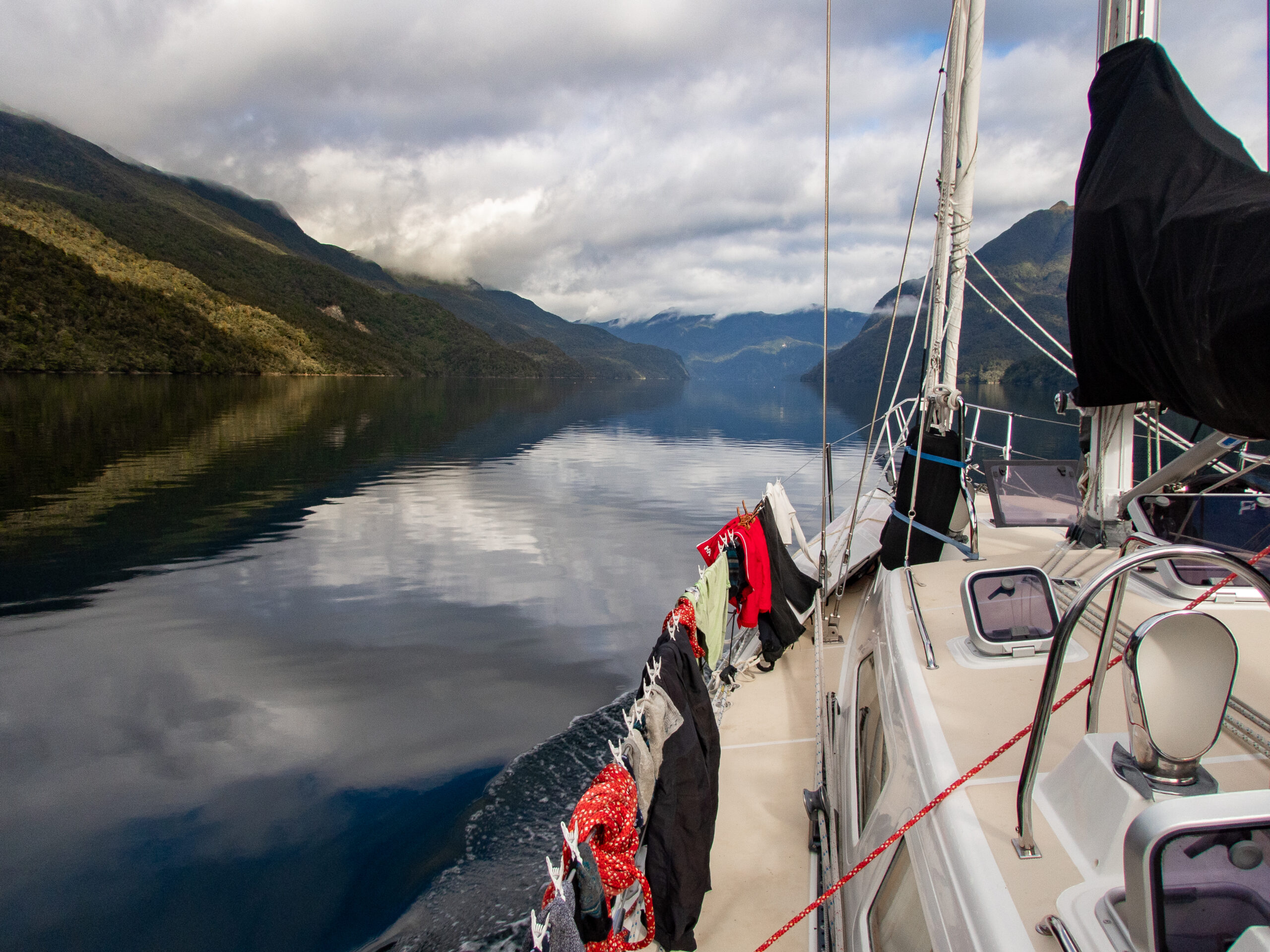
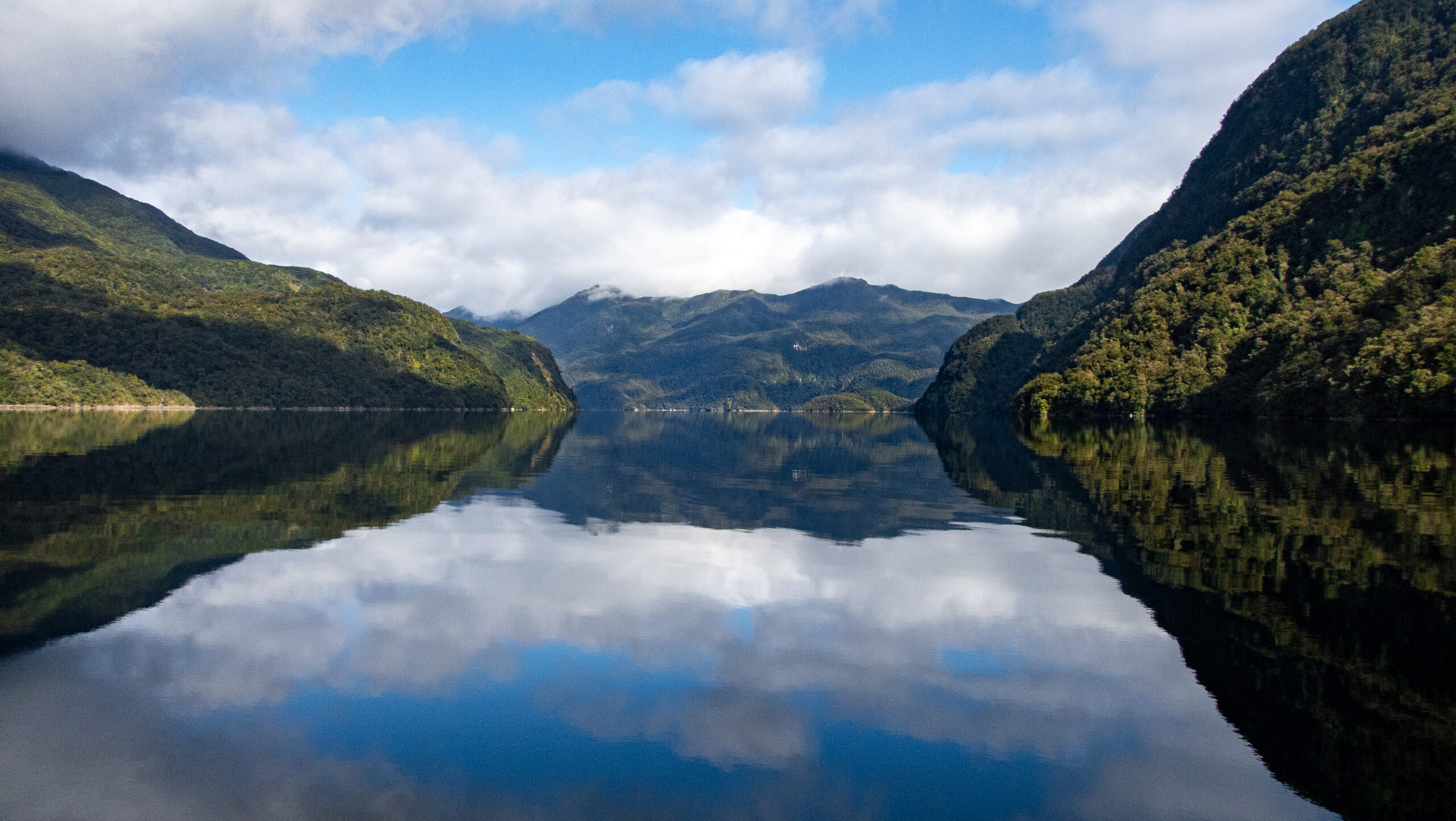
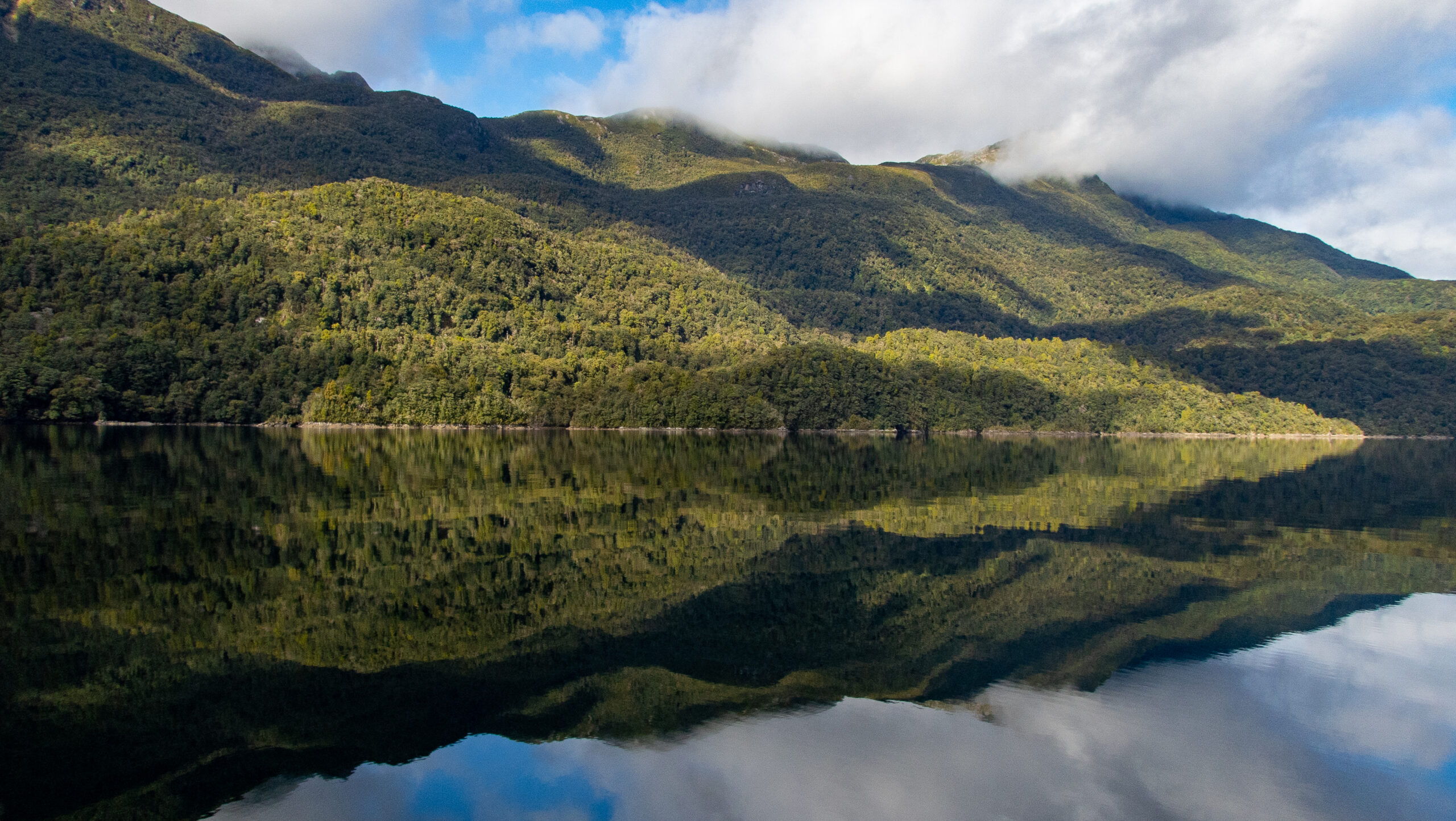
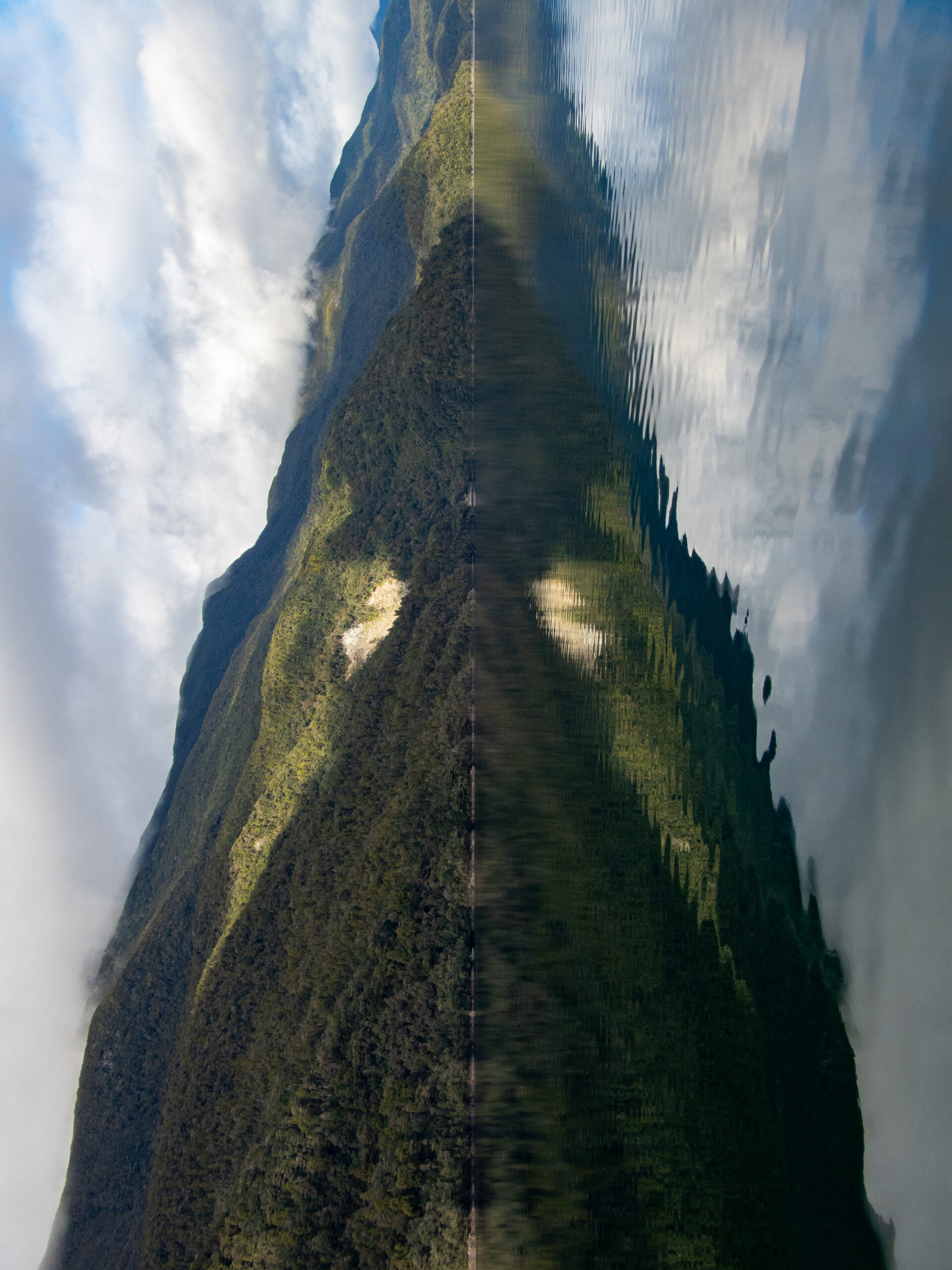
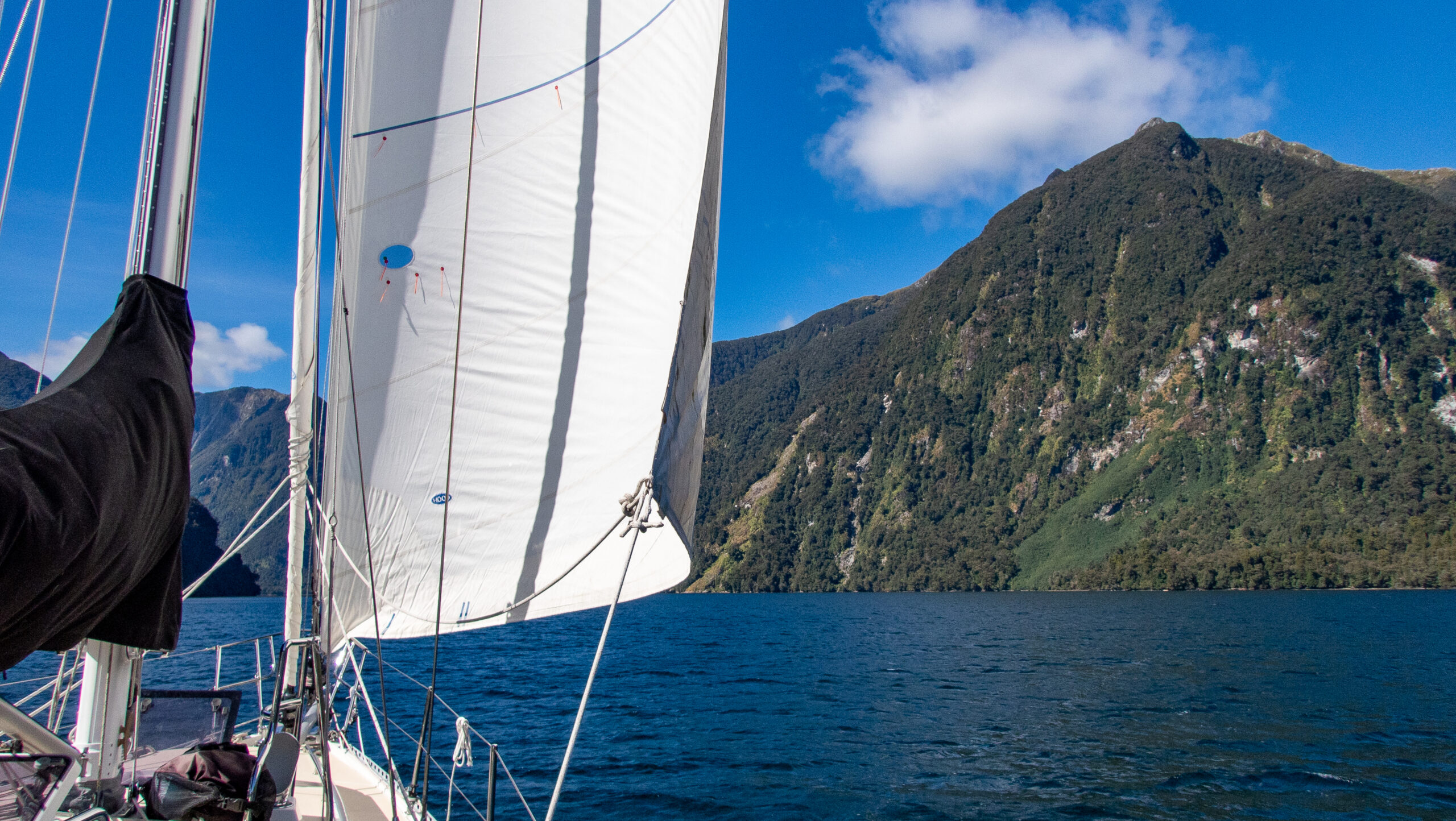
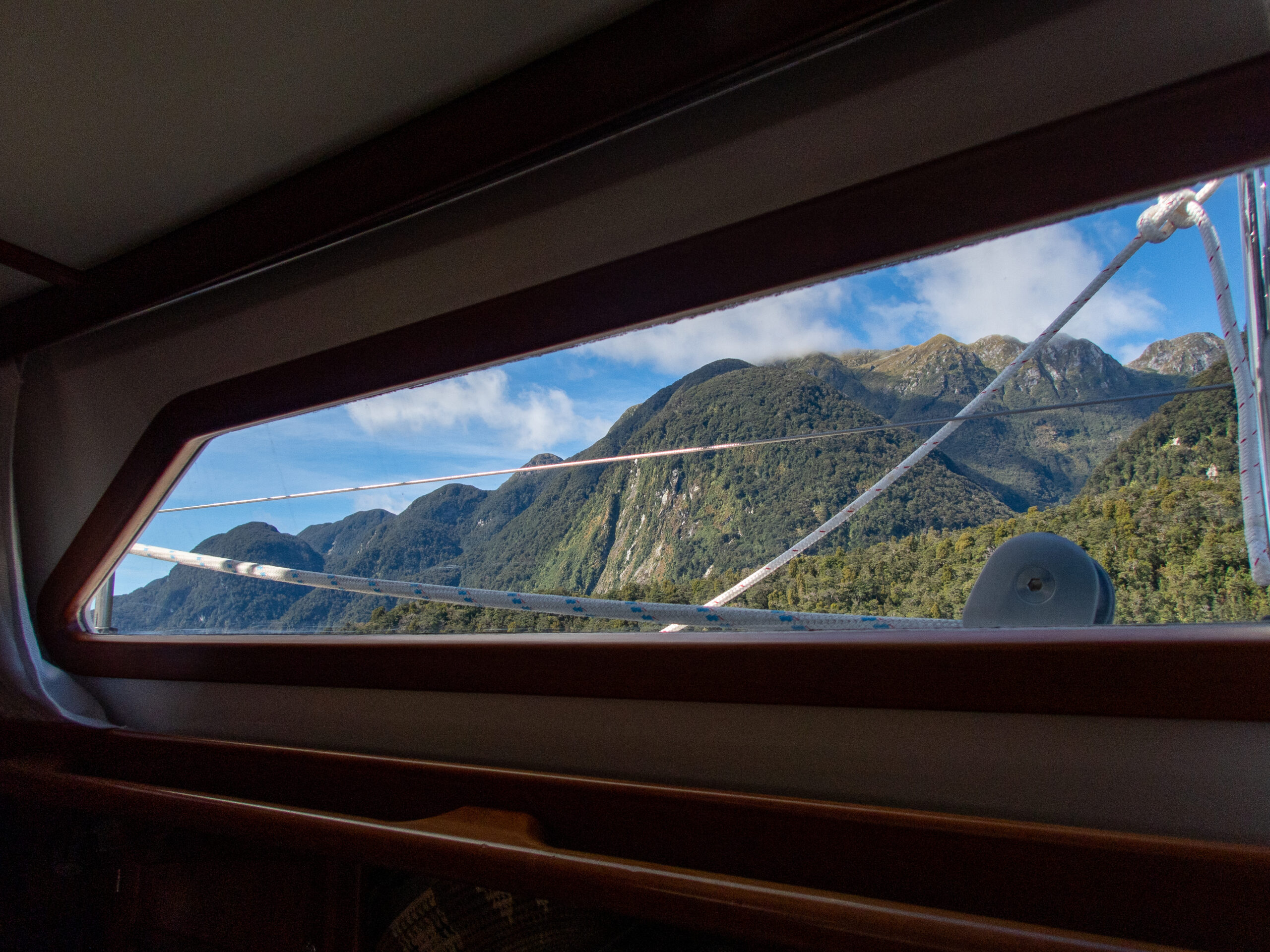

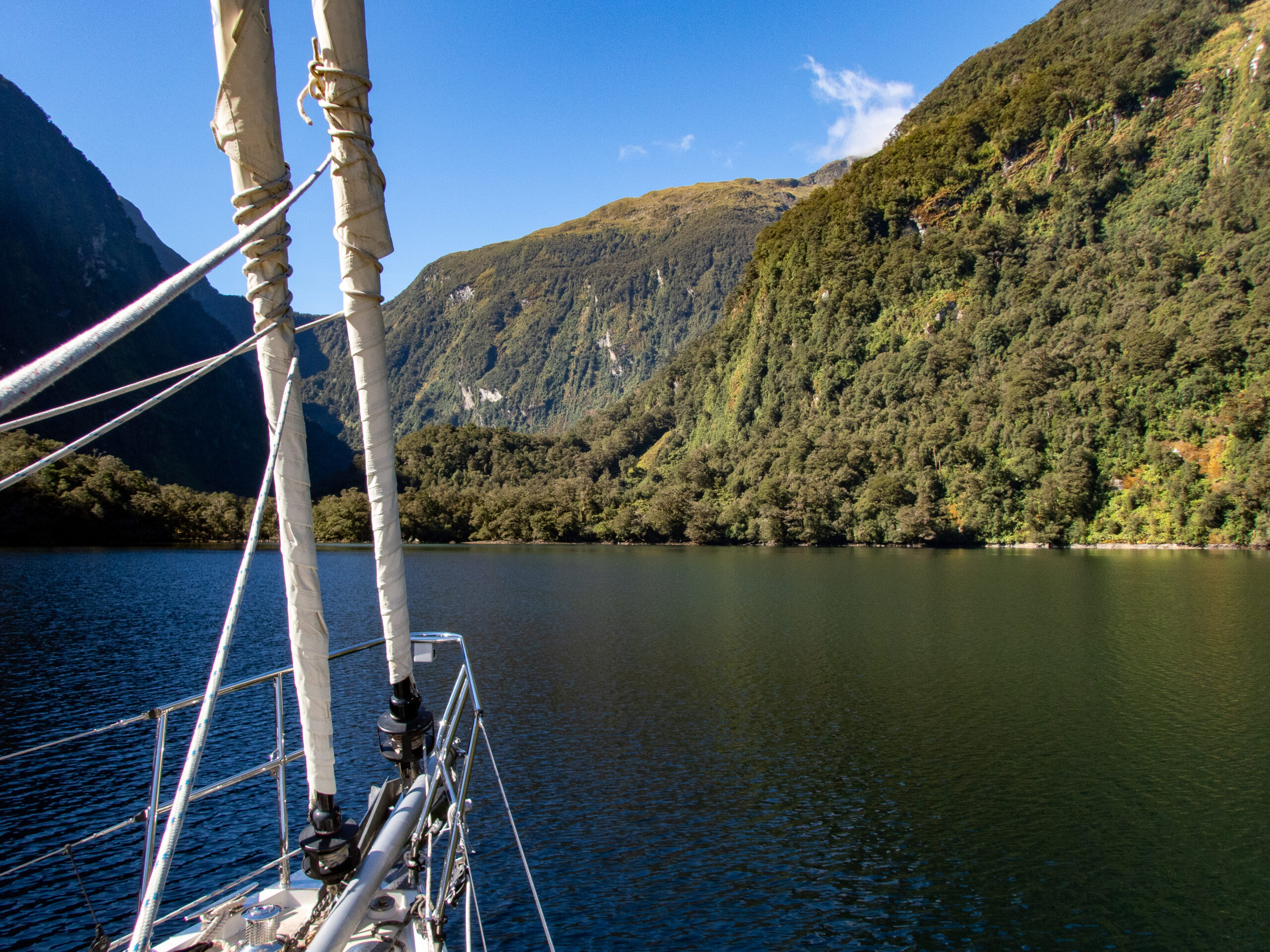
We were primed to love Broughton Arm. Tony, a New Zealand sailor we met in Tonga (from an Auckland sailboat building family) got there ahead of us and posted his impression, the humbling sense of privilege he felt to be in the remote presence of such mighty granite walls and peaks. “Paradise found!,” he exclaimed. It’s hard to think of a way to convey the heart sense of moving through pristine and unpeopled areas like this, the sense that goes beyond the imagery, the waterfalls, and magnificent trees, the wildlife. The sense of living stone and water and place. You look at one of the these peaks soaring above the the fiord continually stunned by the mass and energy represented there, and then by the bounty of life exuberantly, vividly greening those granite flanks. And water, water, water everywhere. ~MS
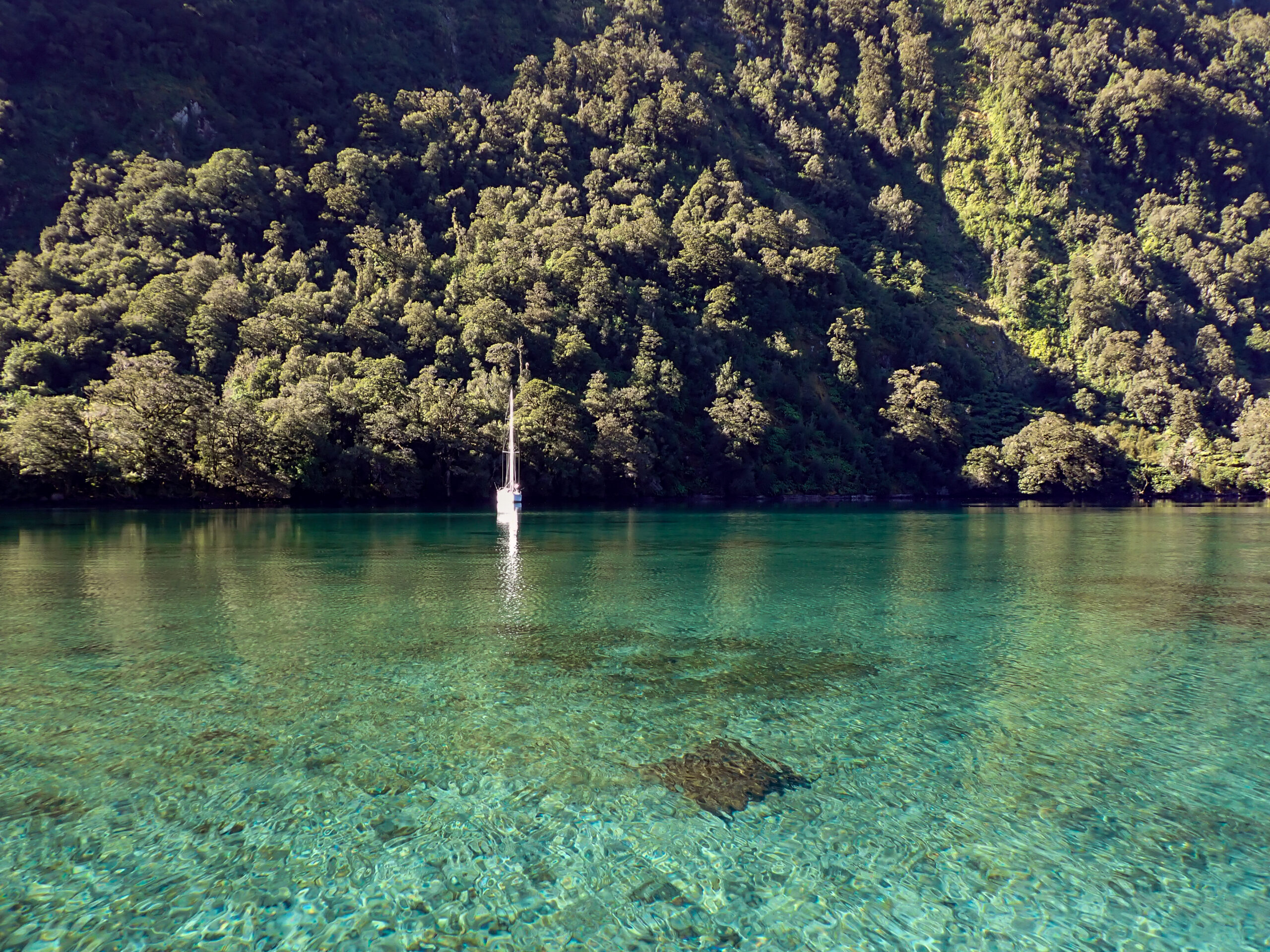
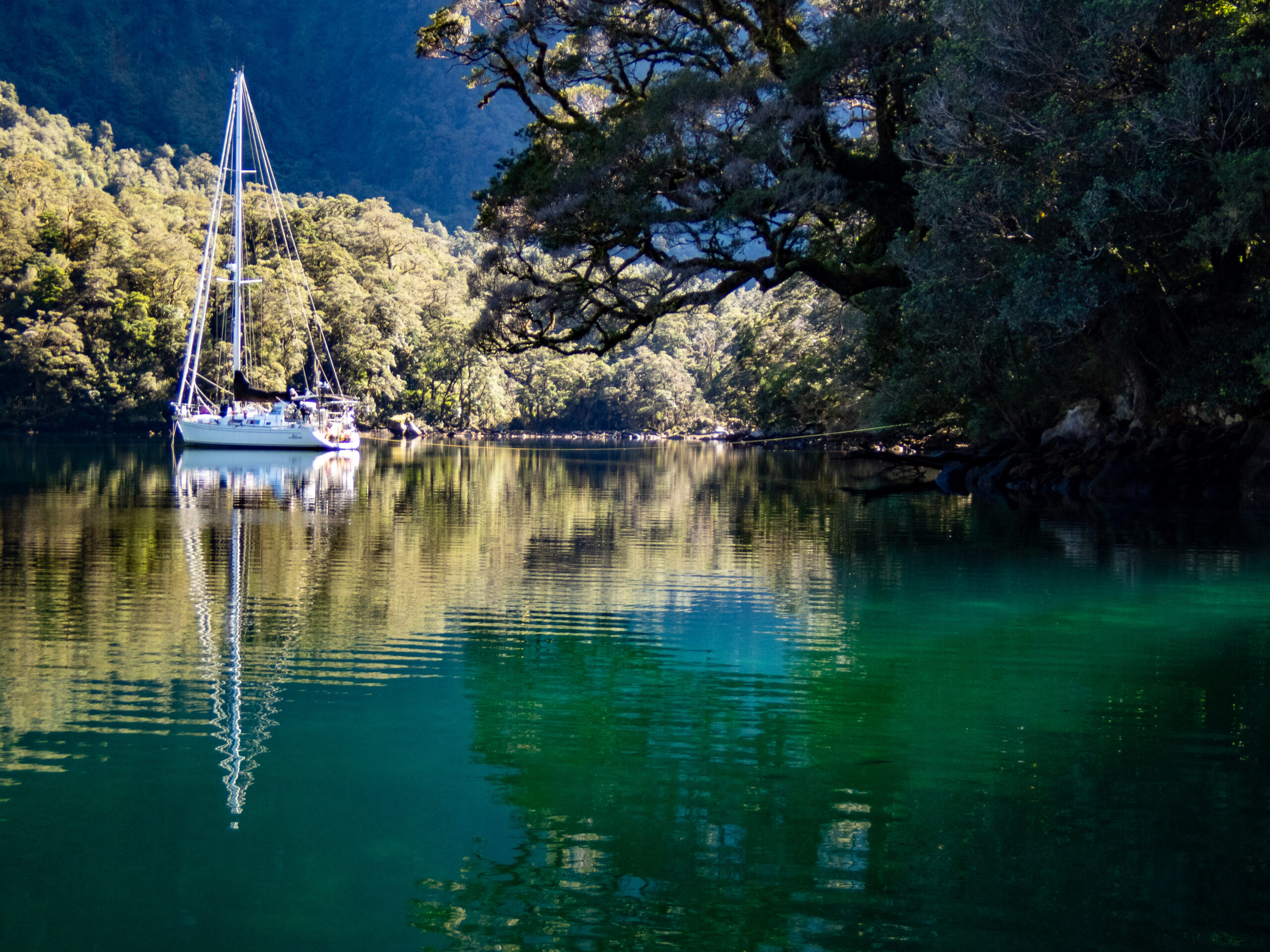
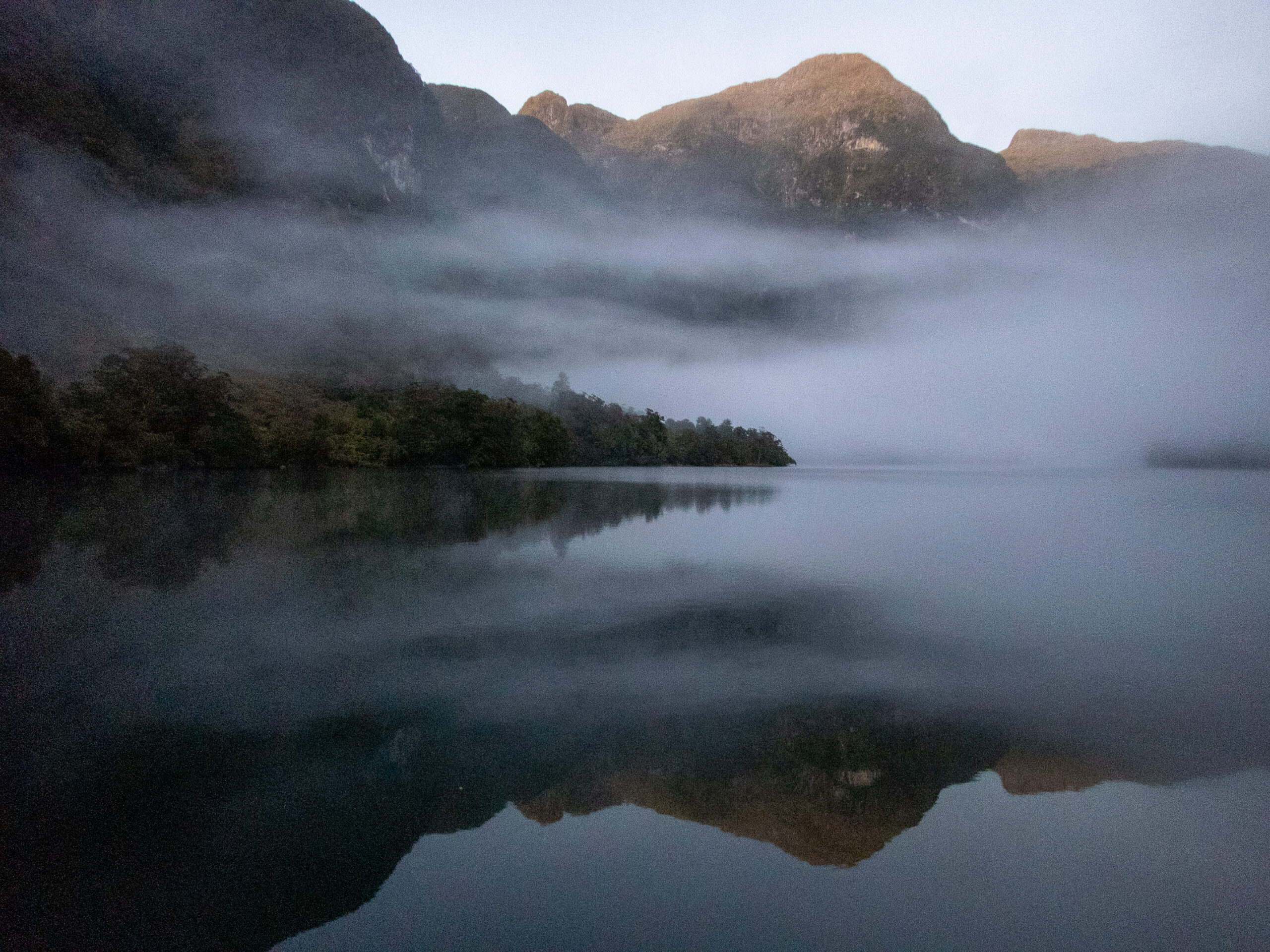


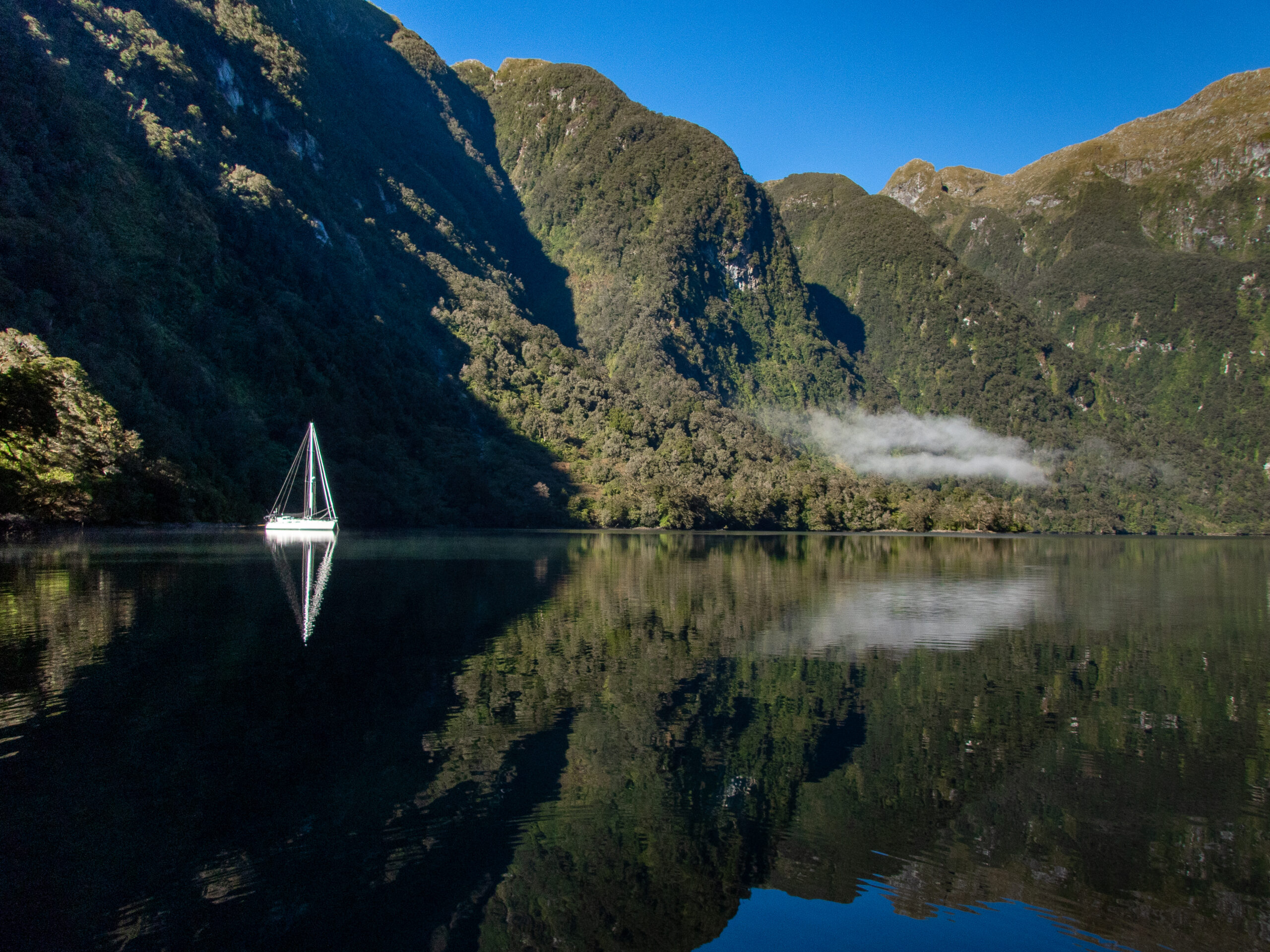


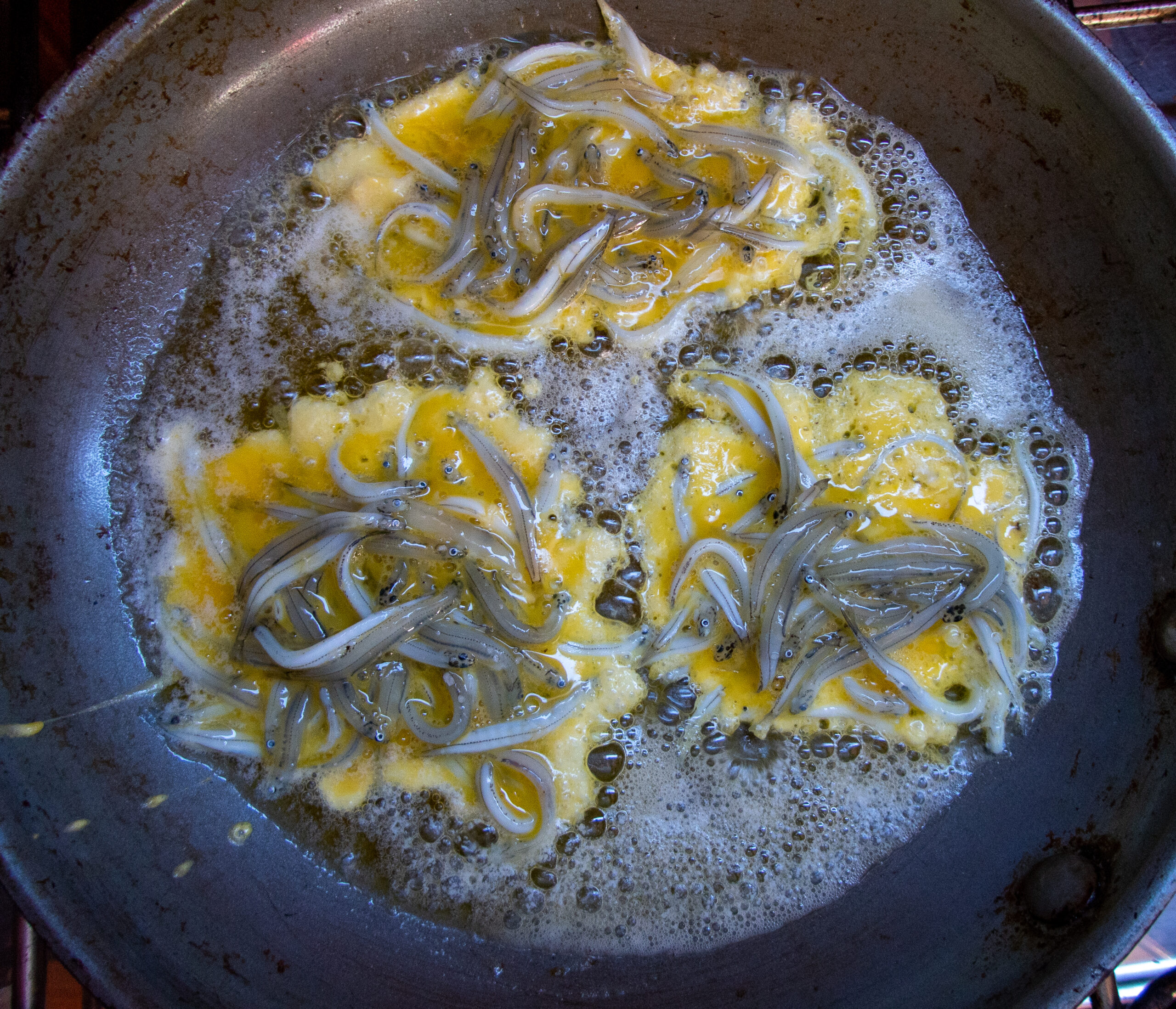

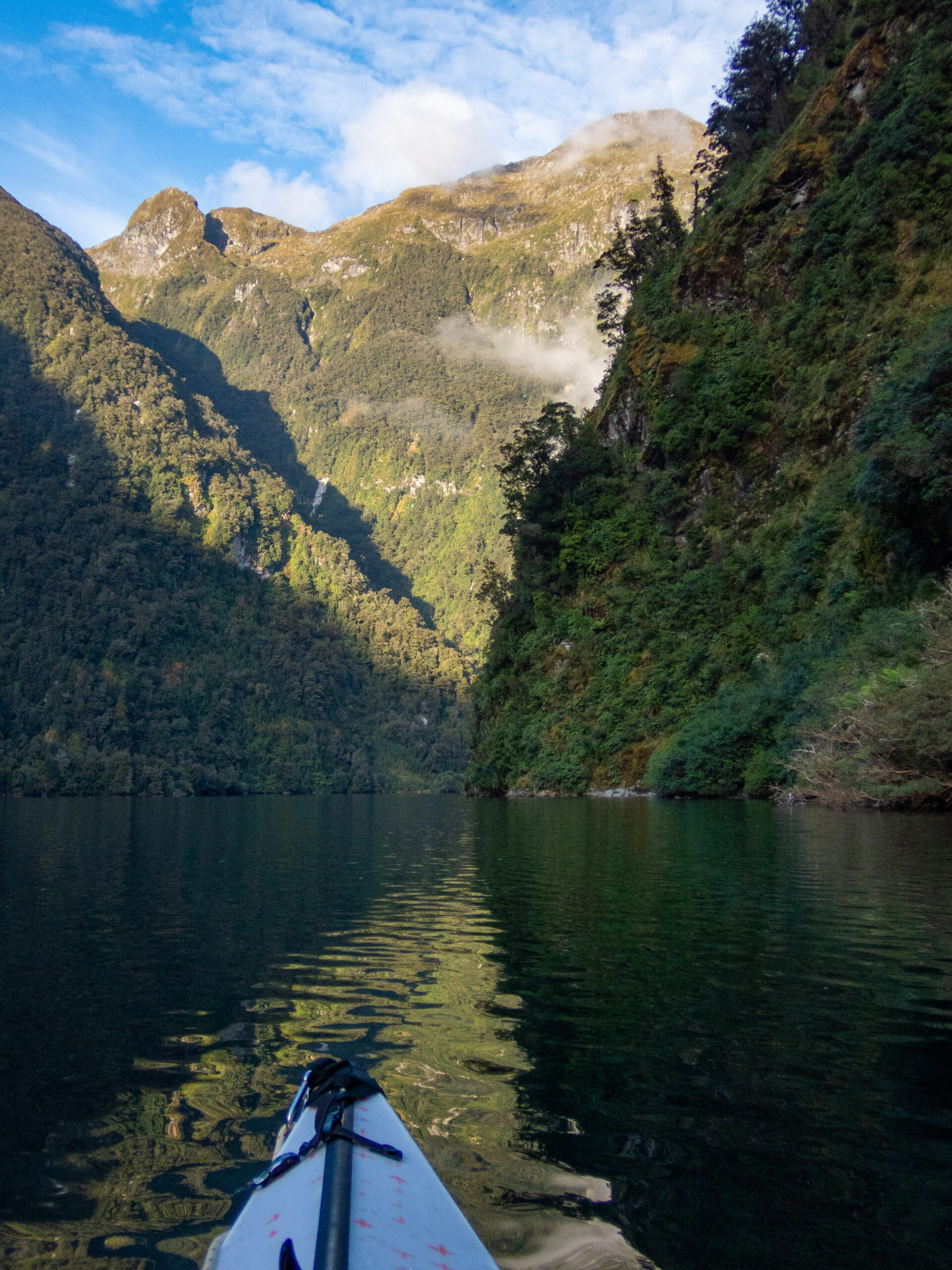
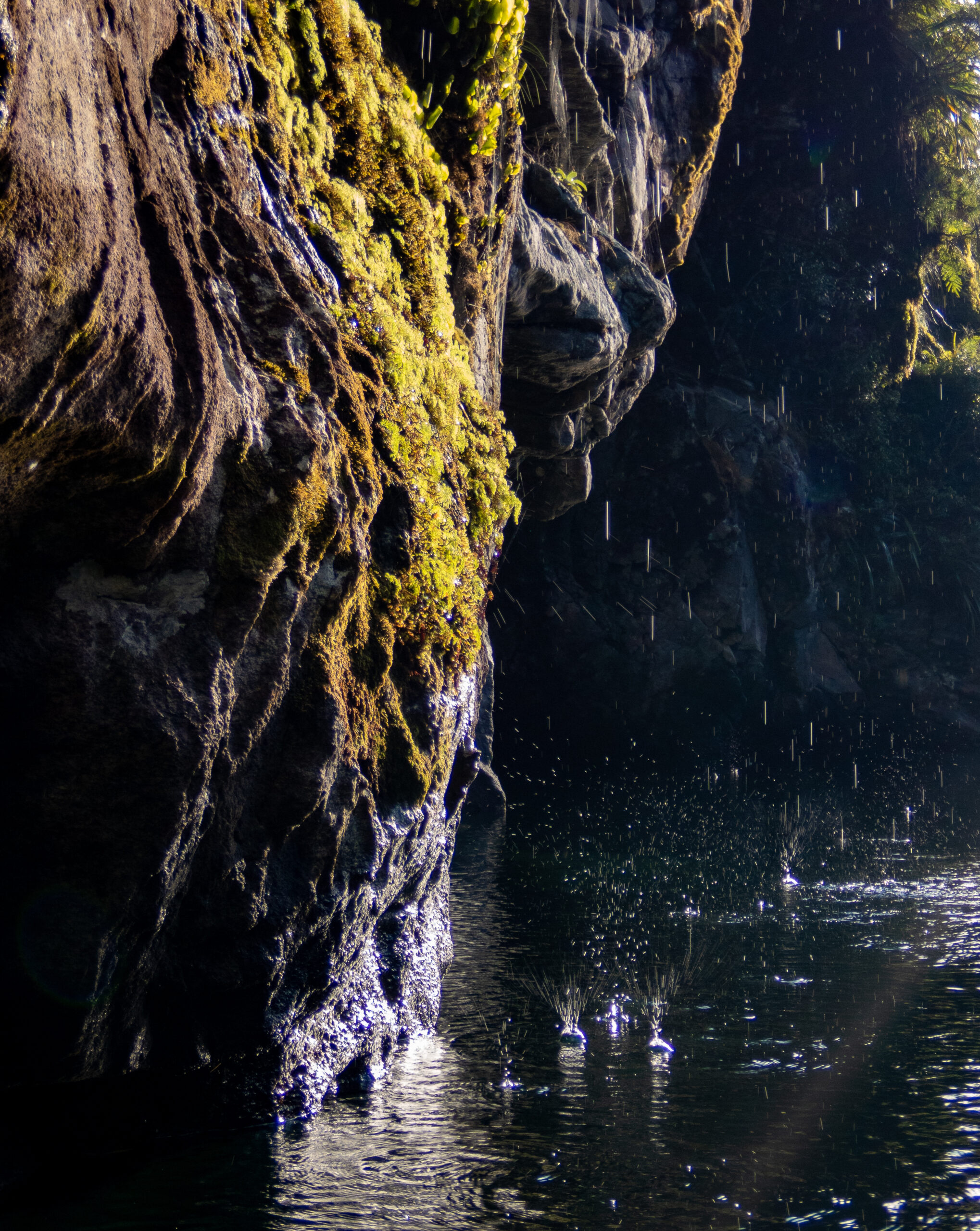
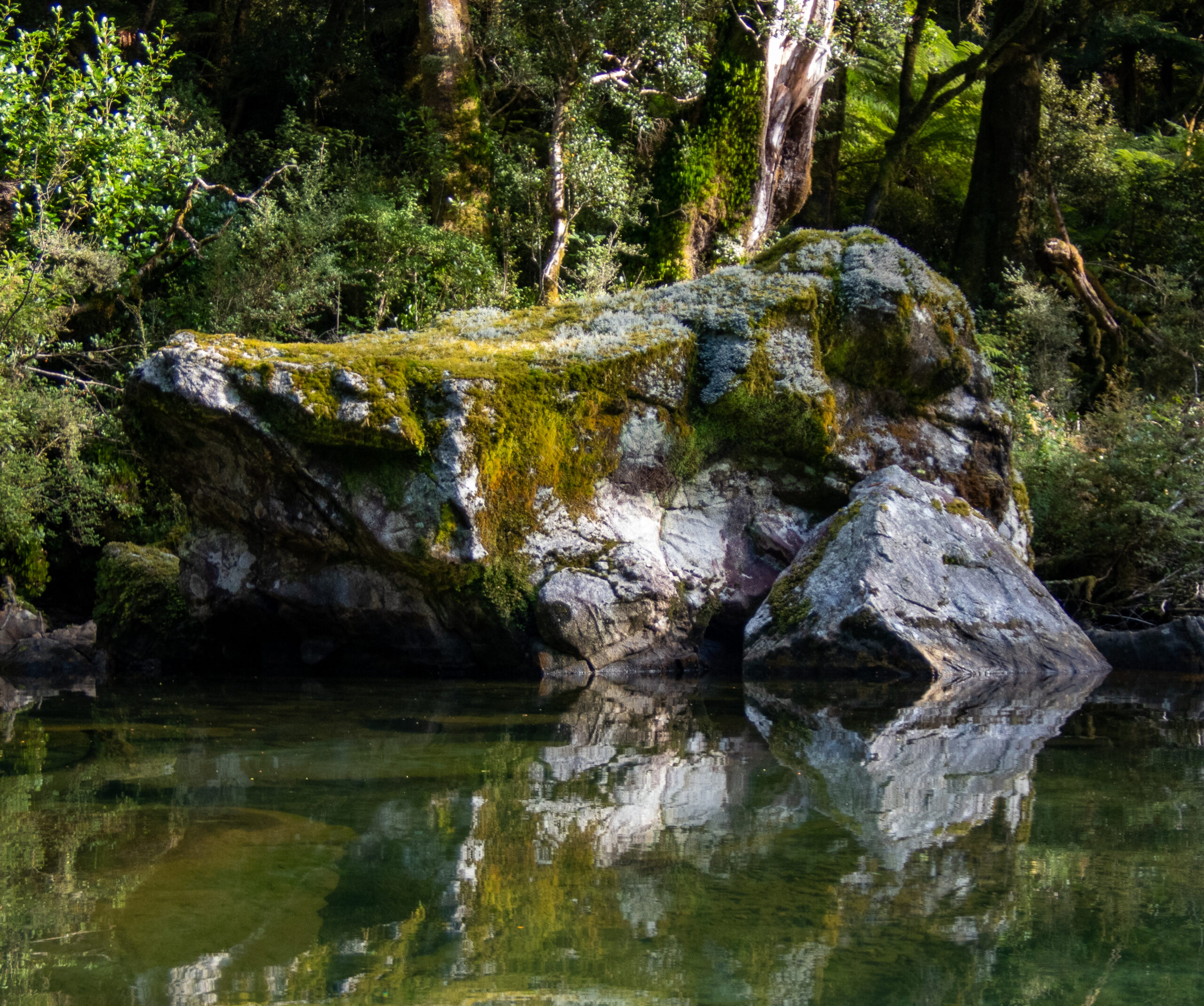

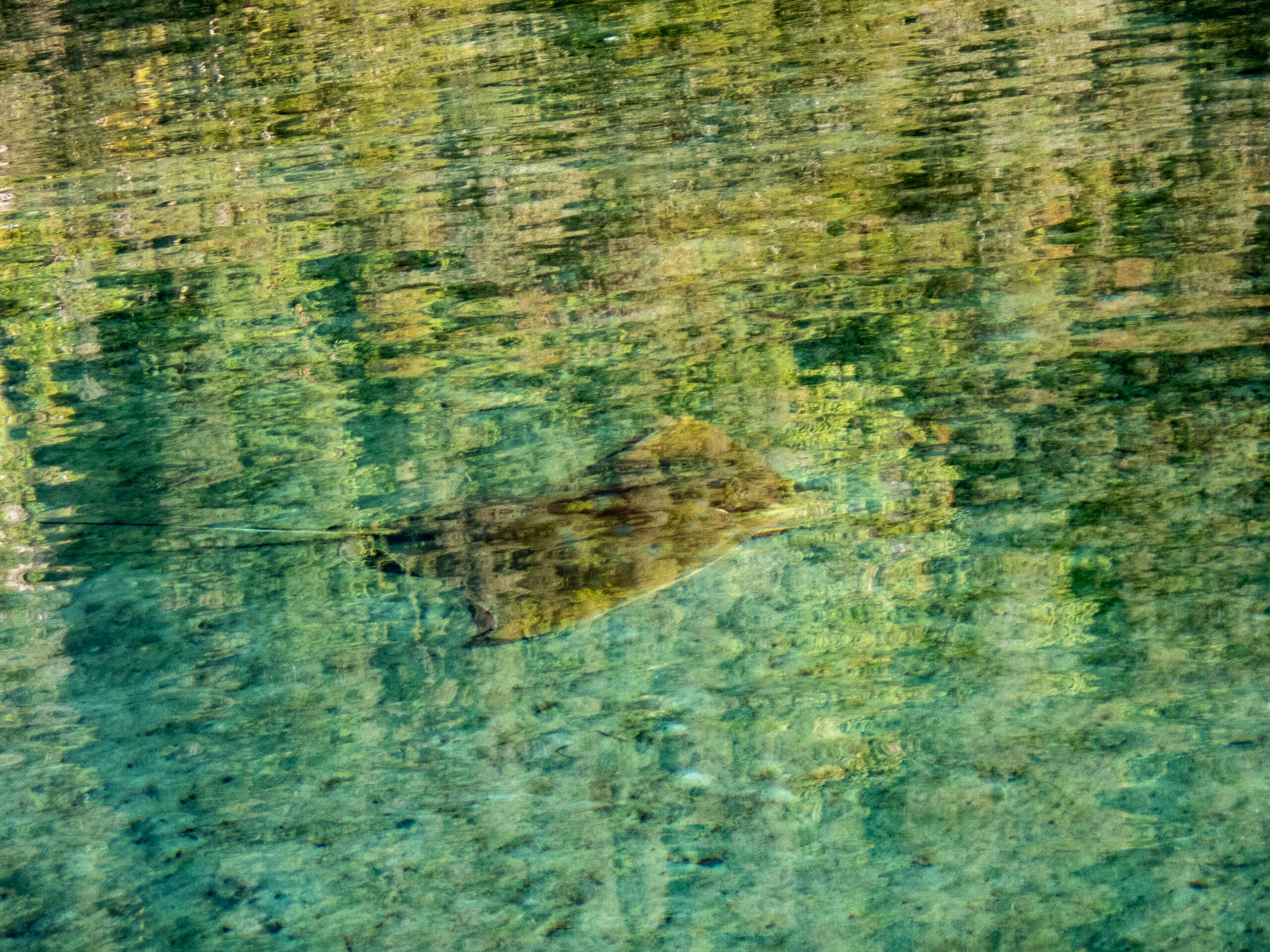
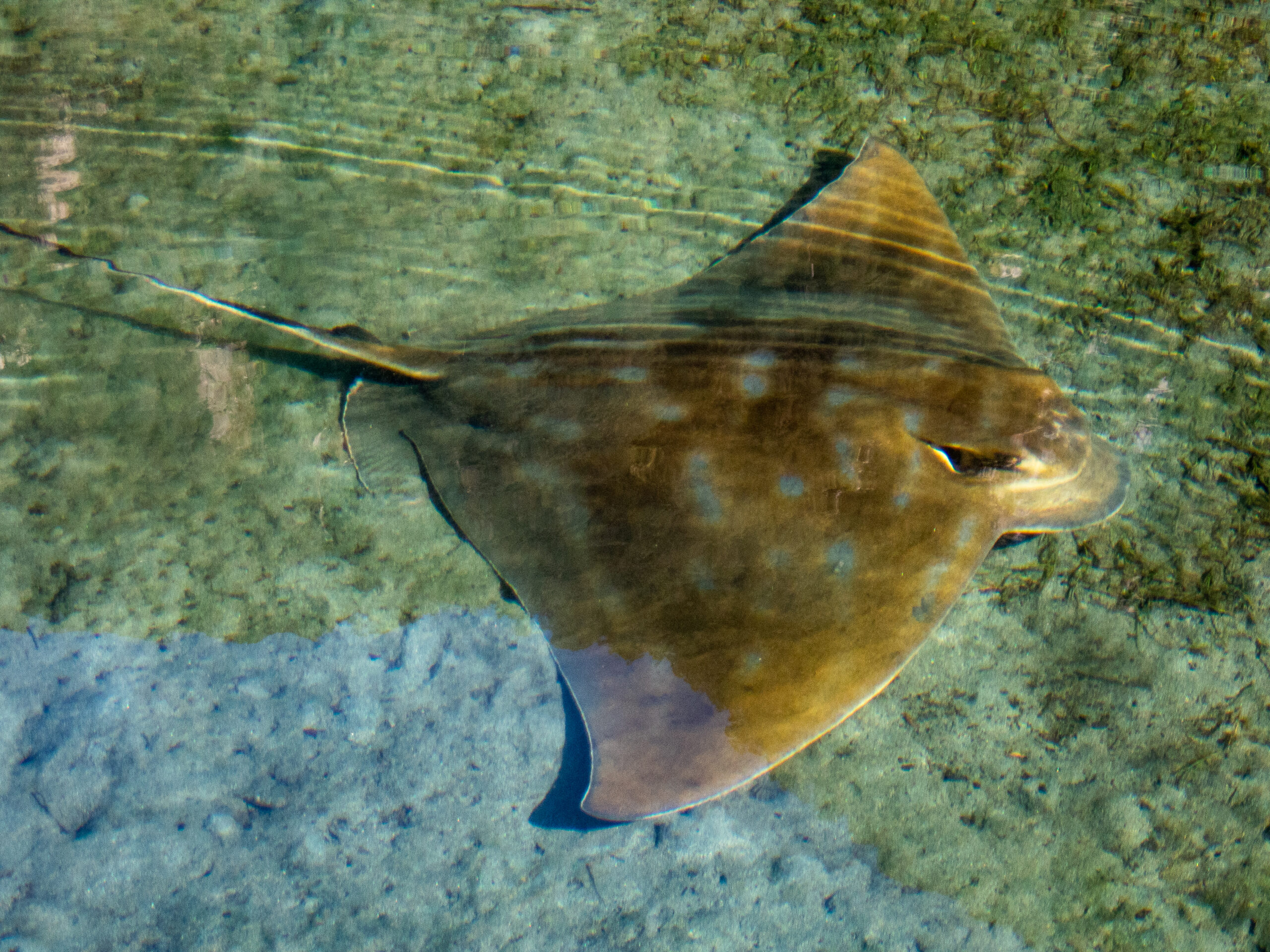
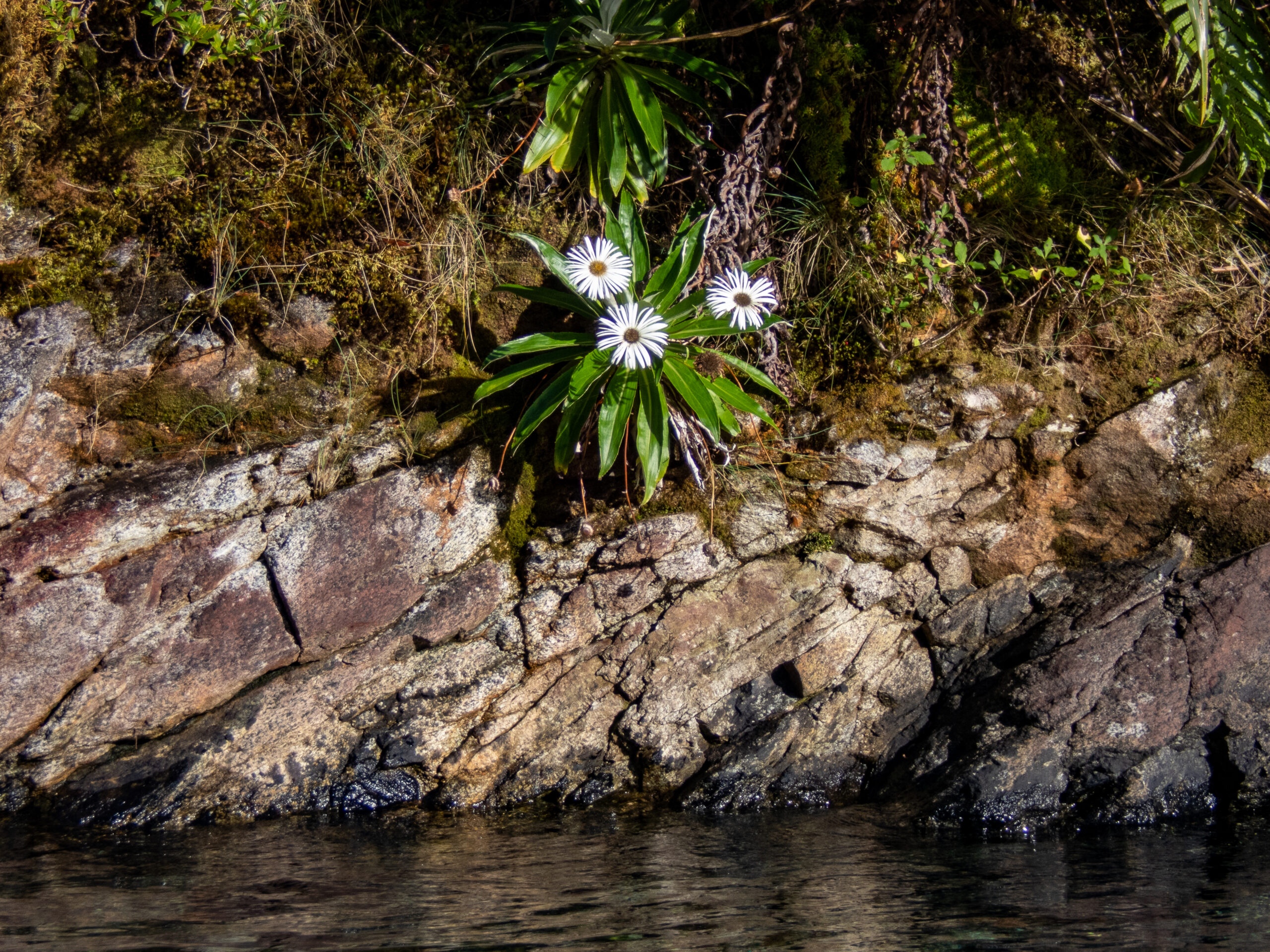
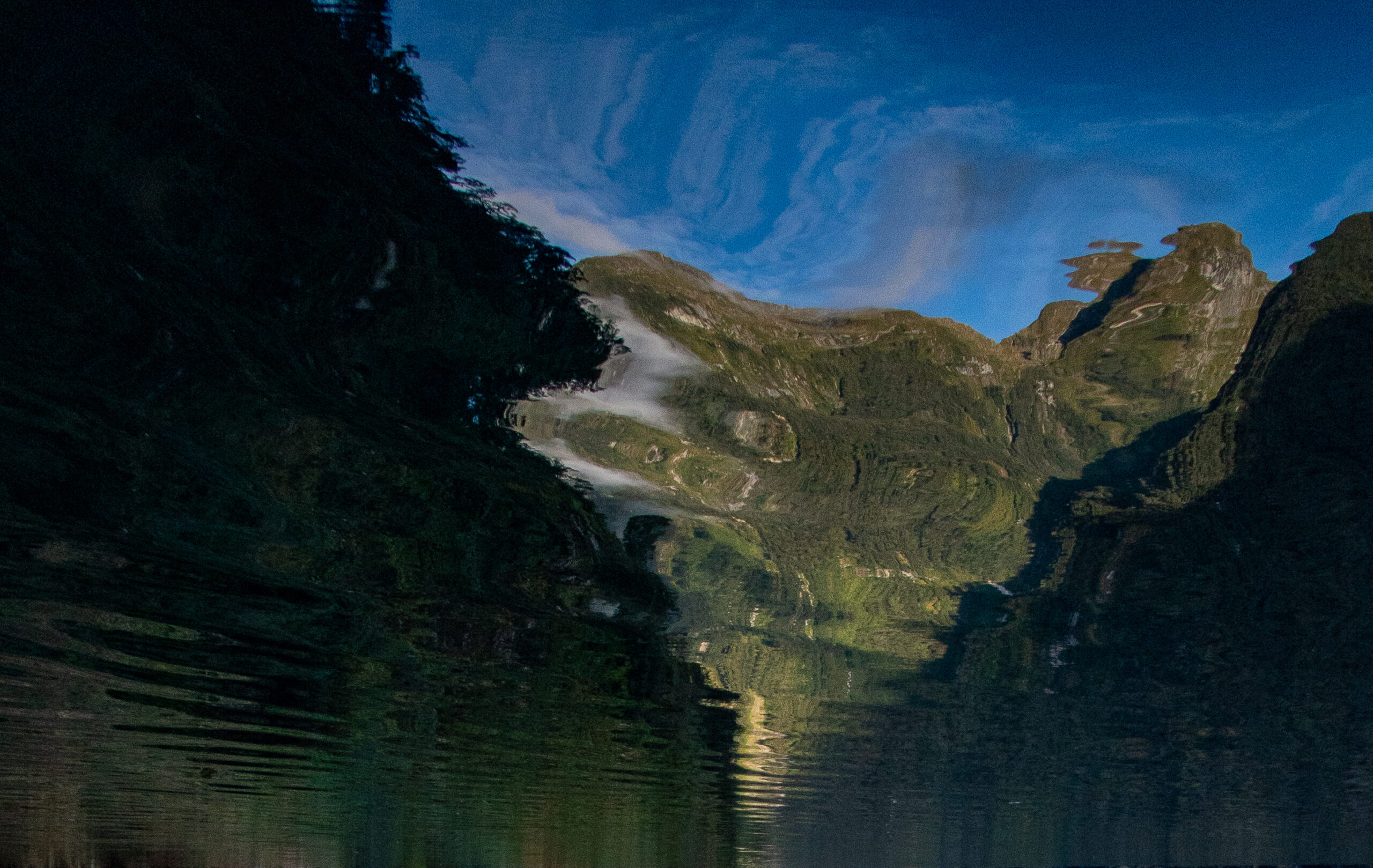

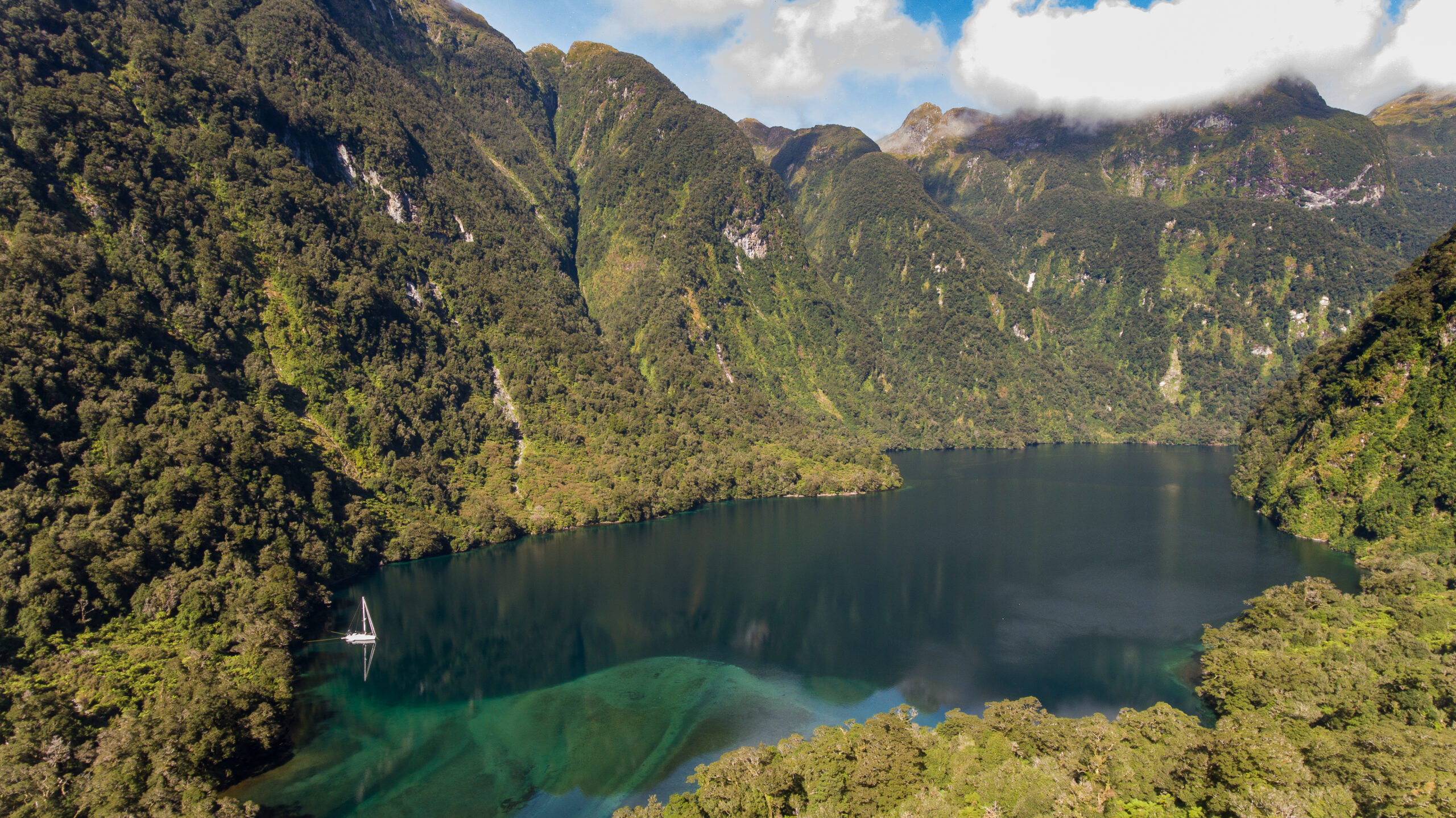
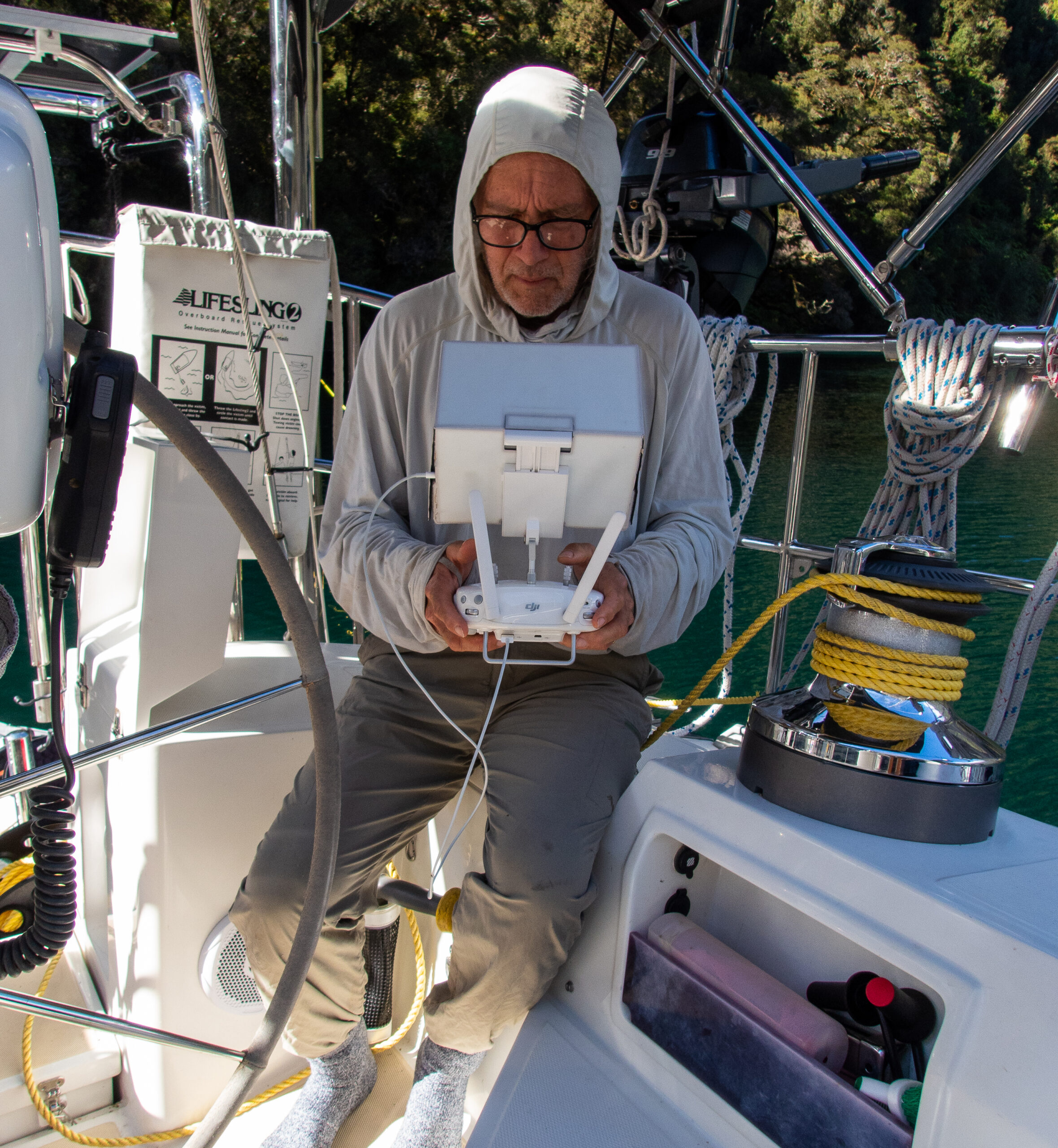
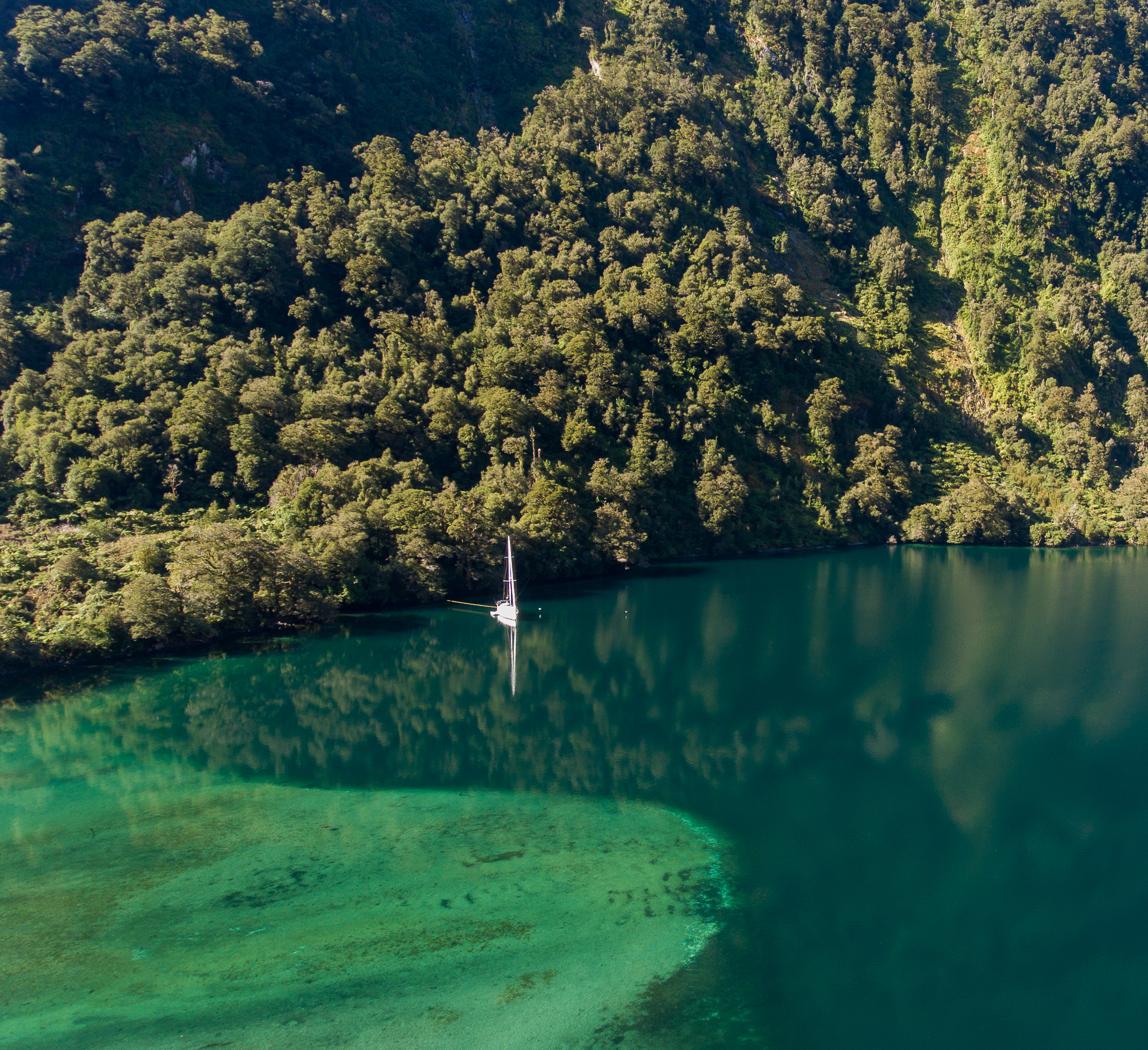
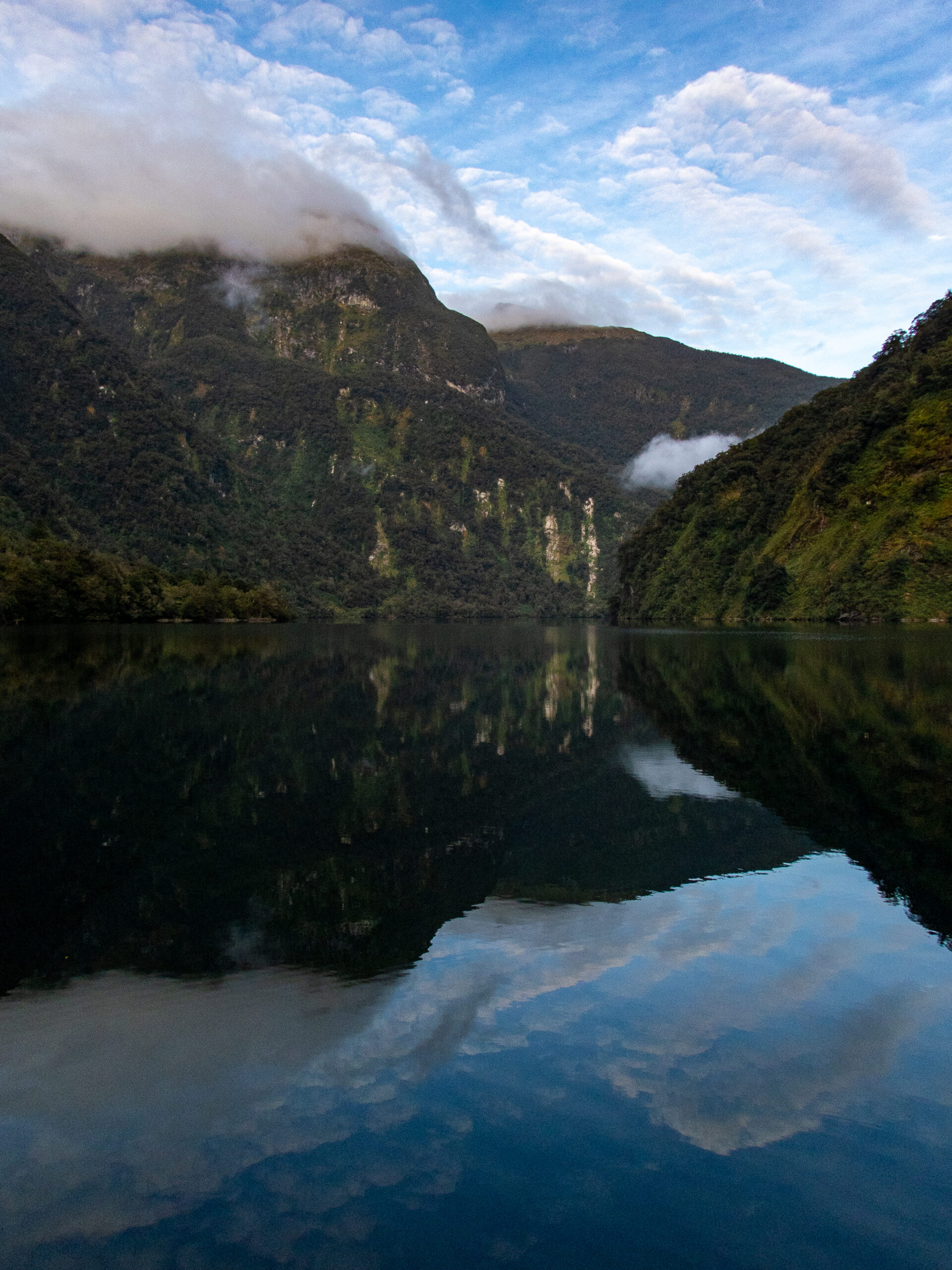
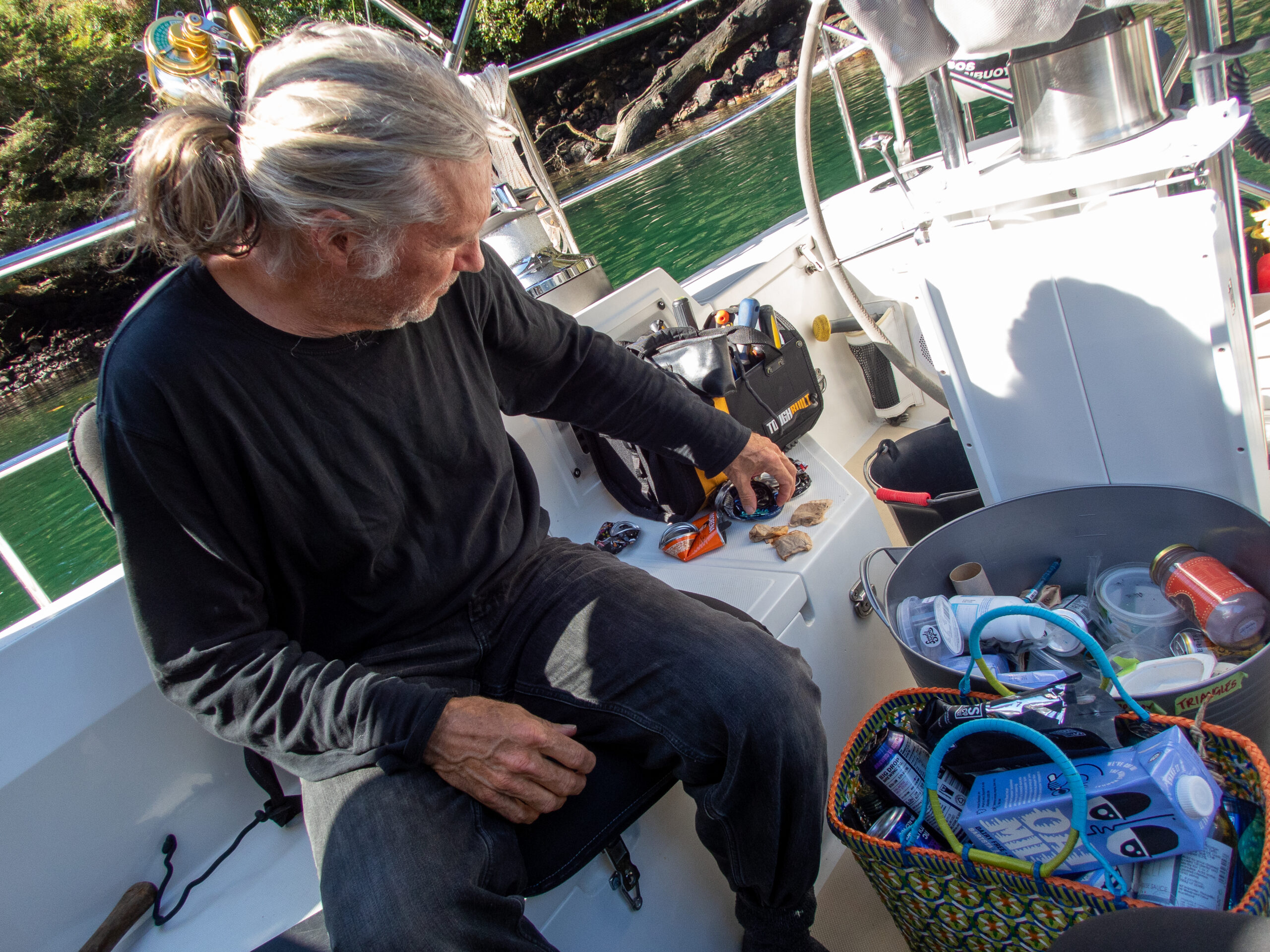


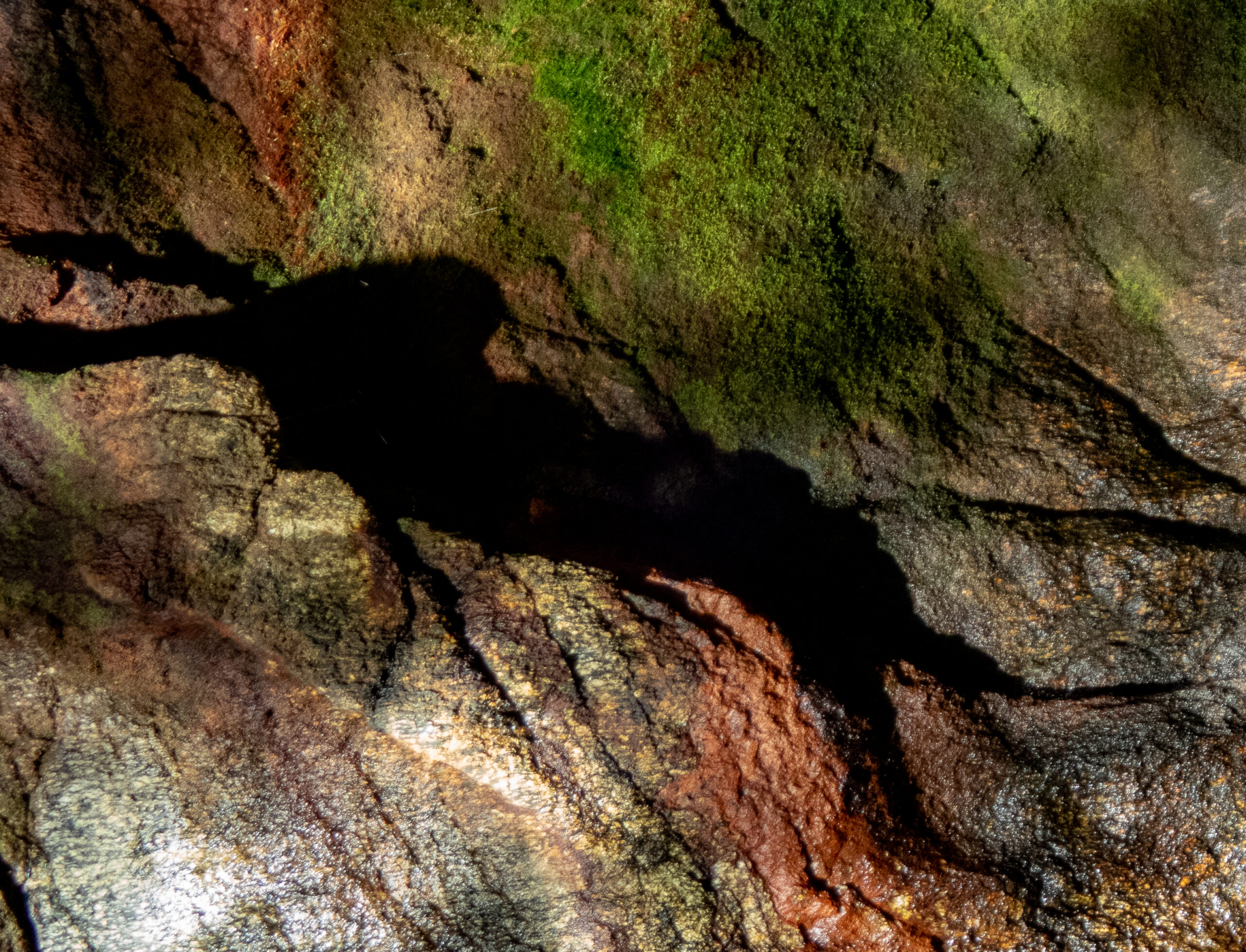
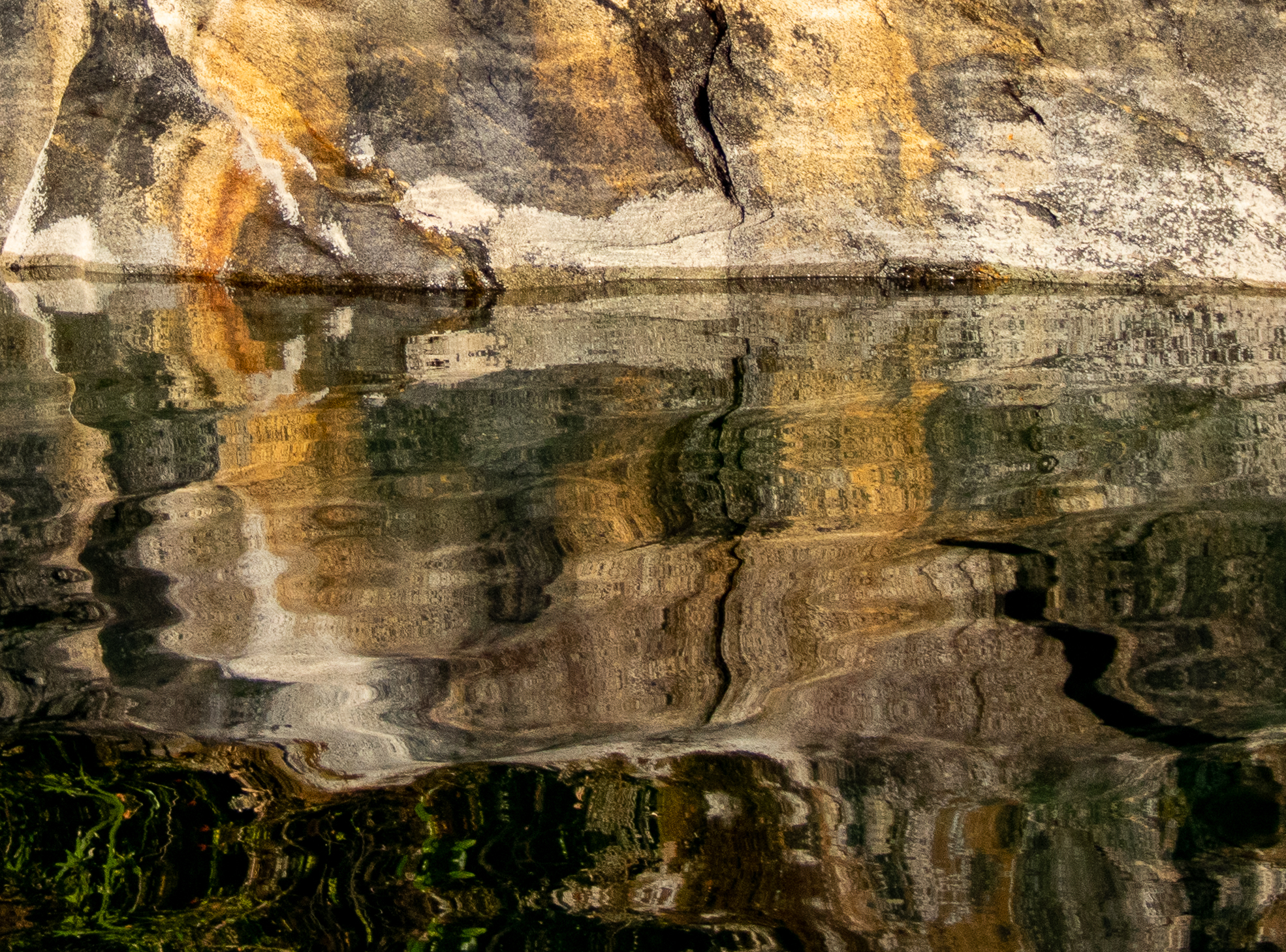
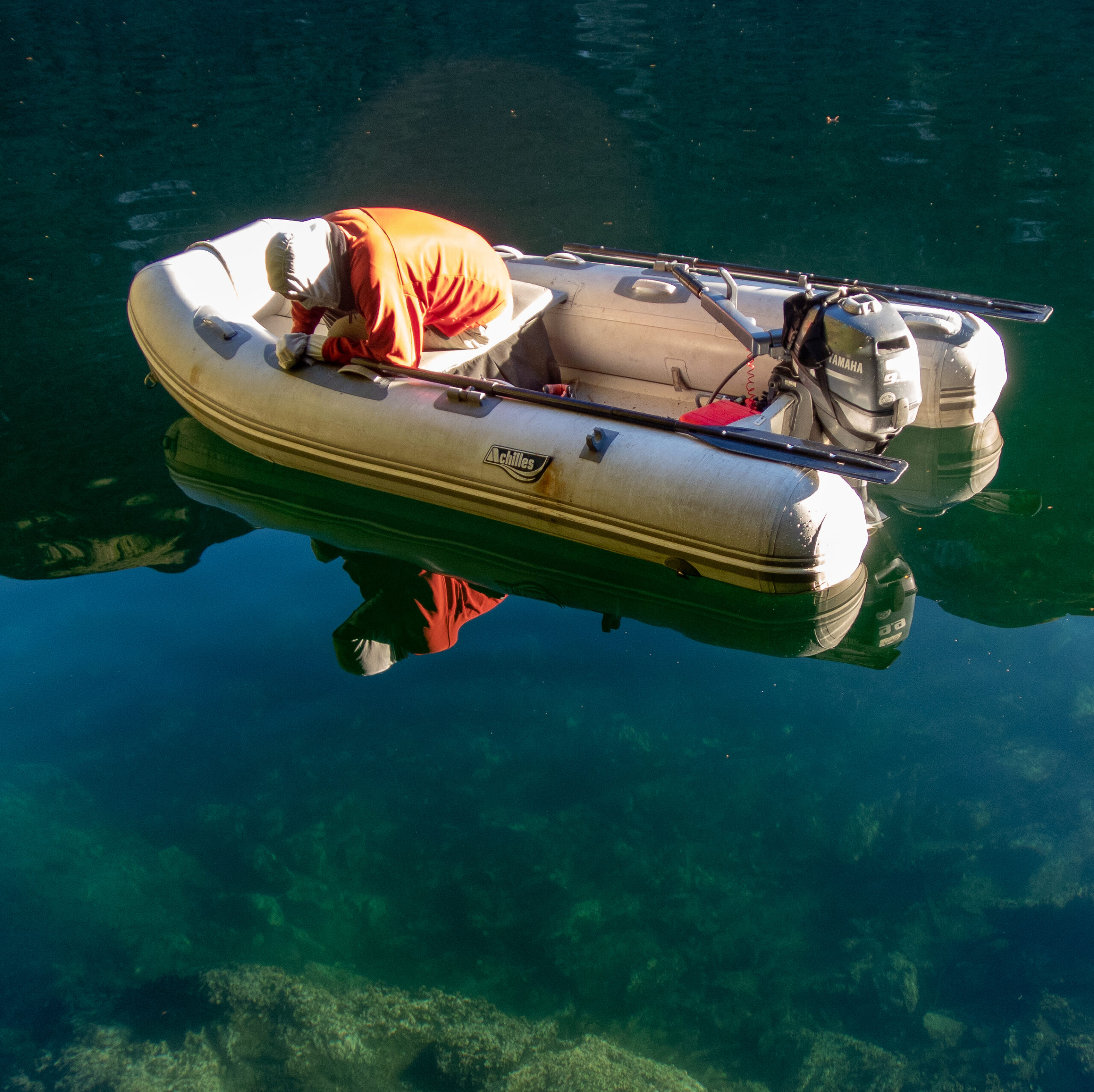

Wet Jacket Arm, not just any Arm – Fiordland.
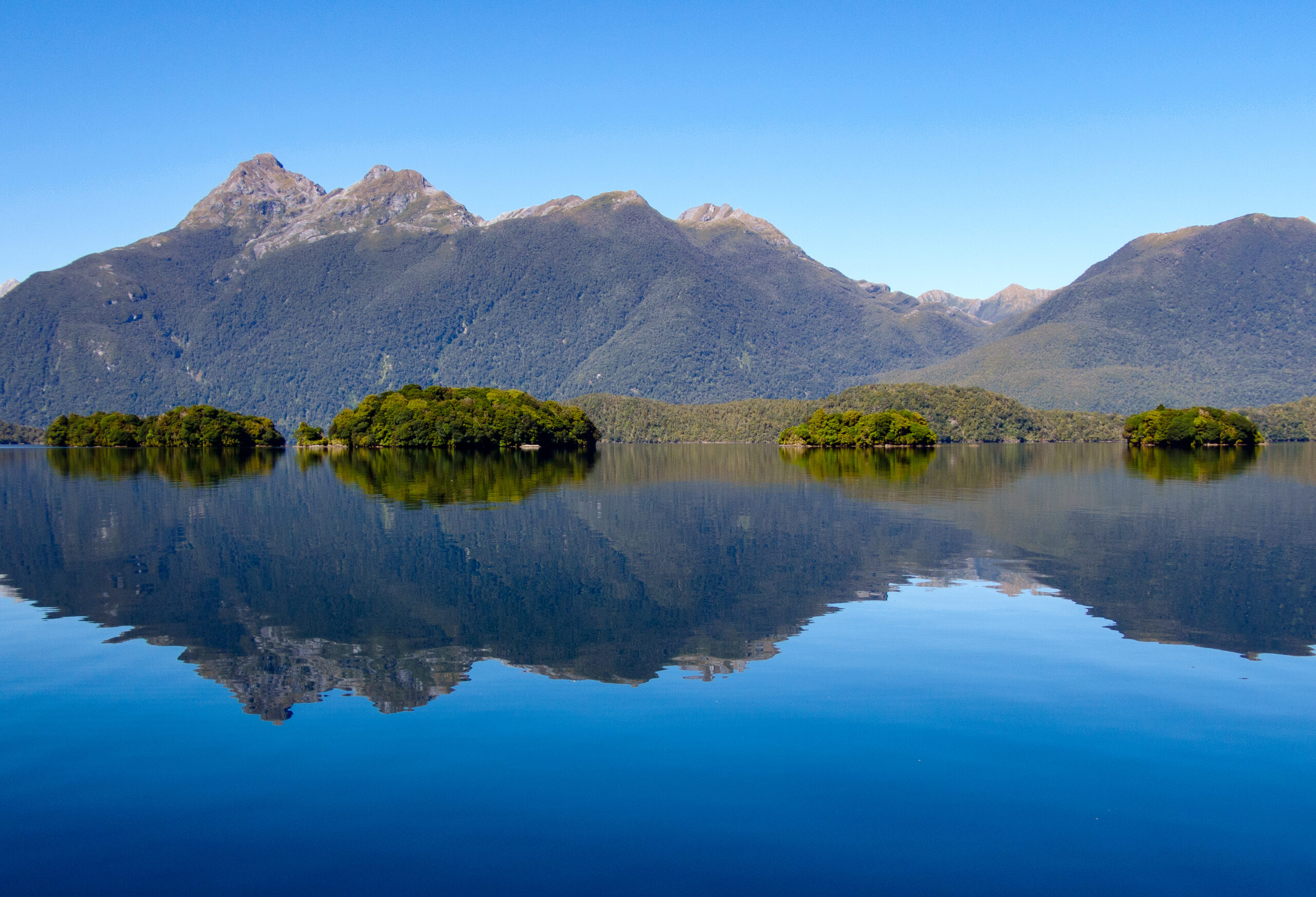
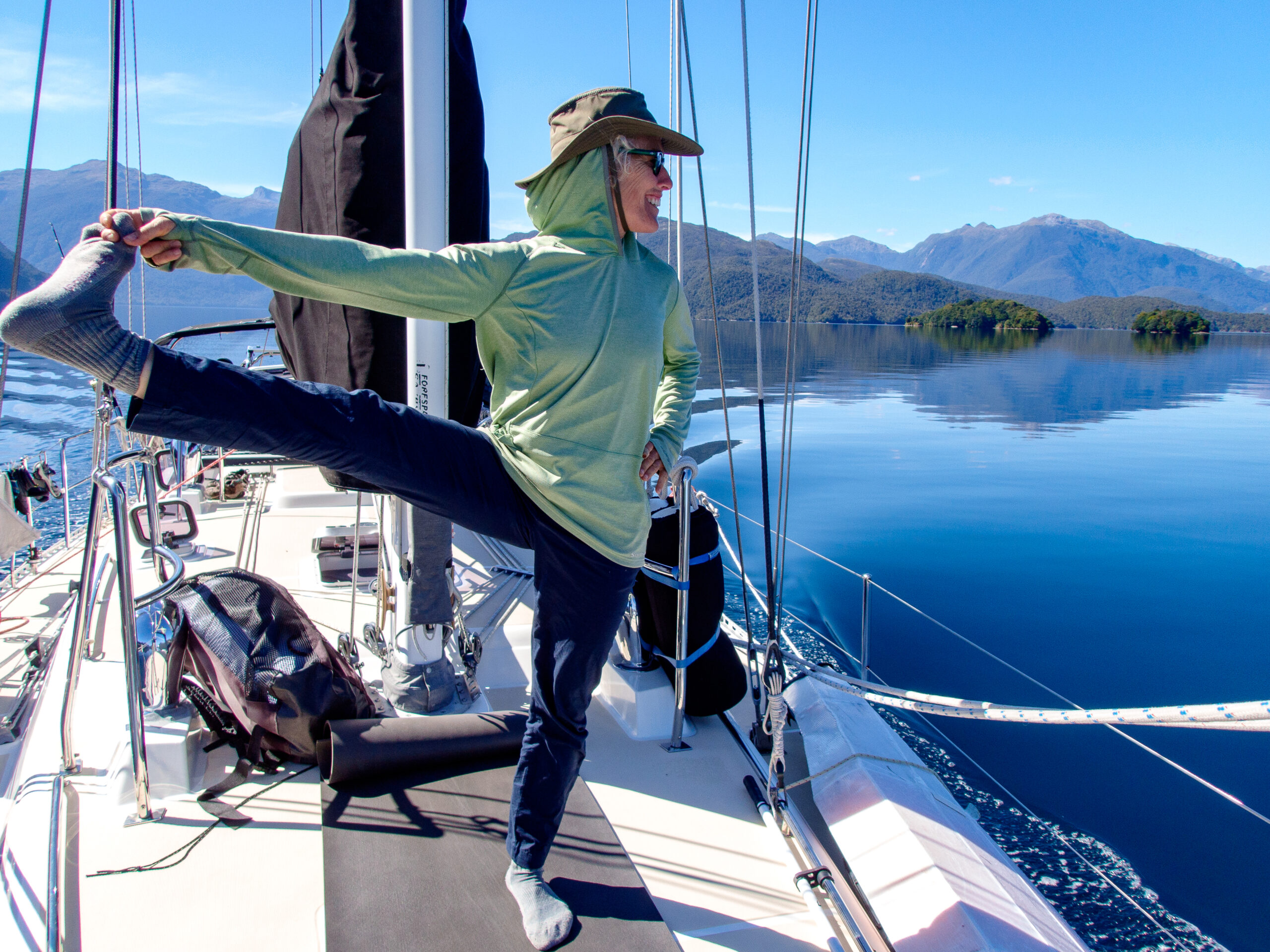
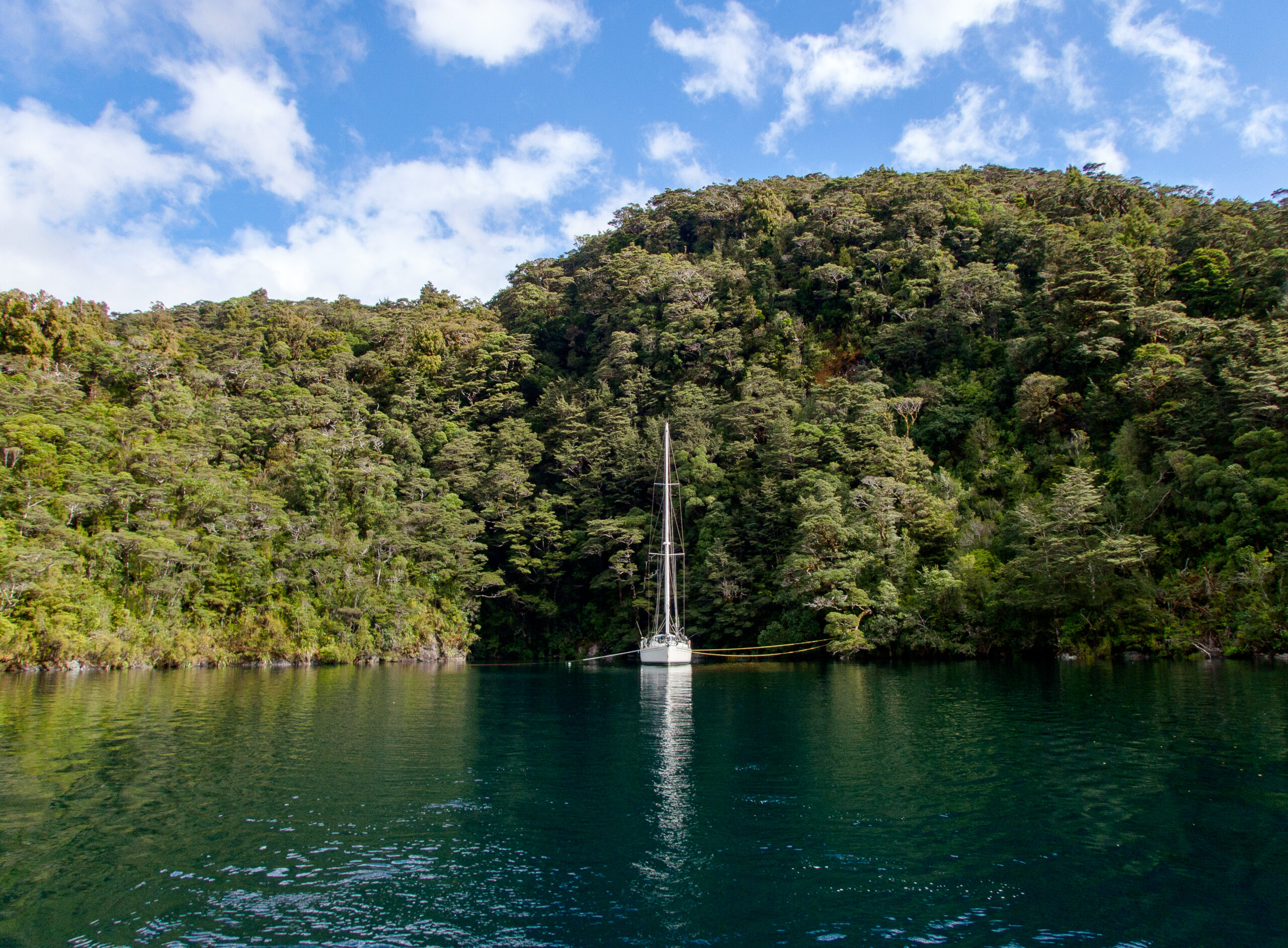
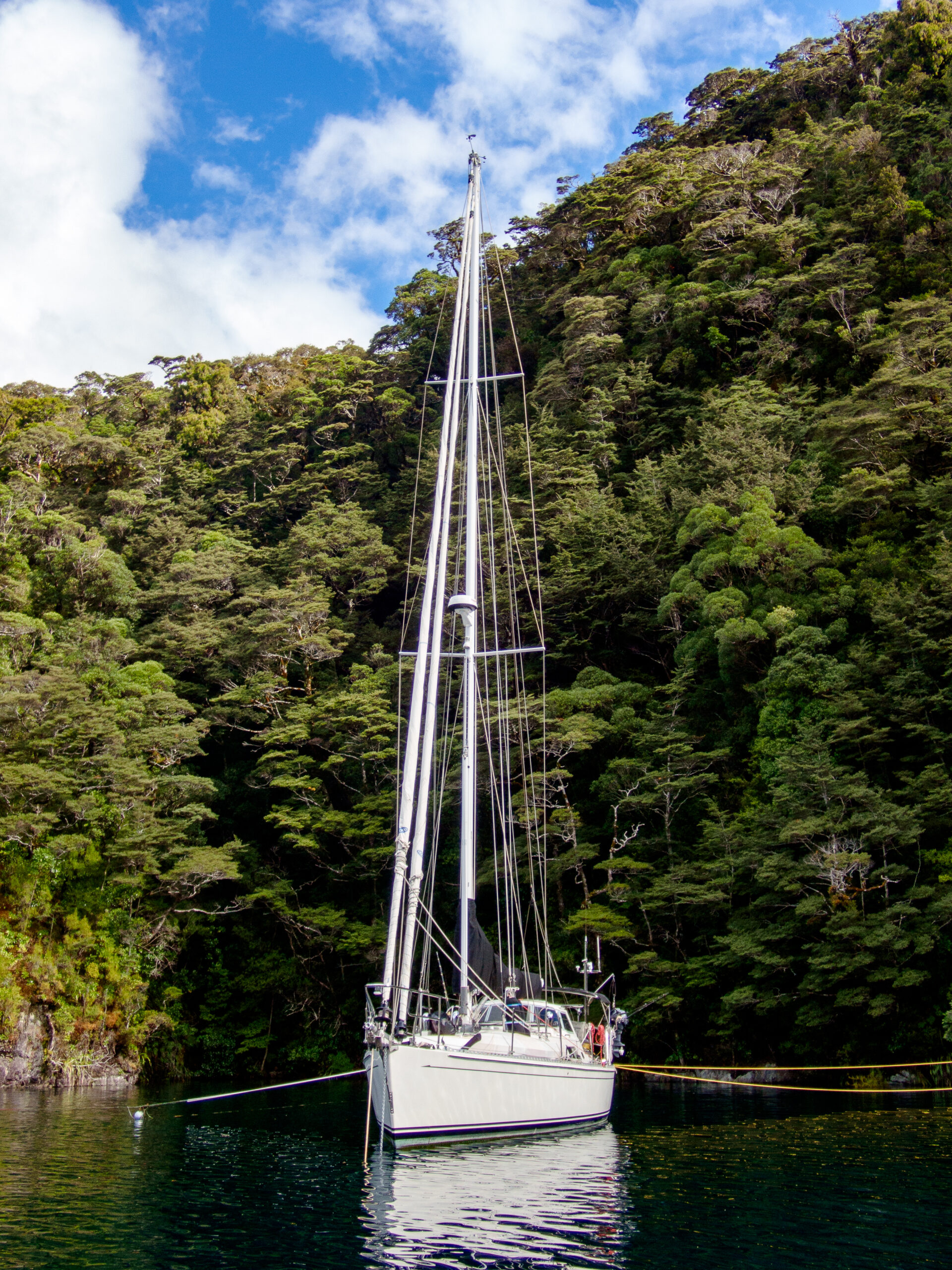
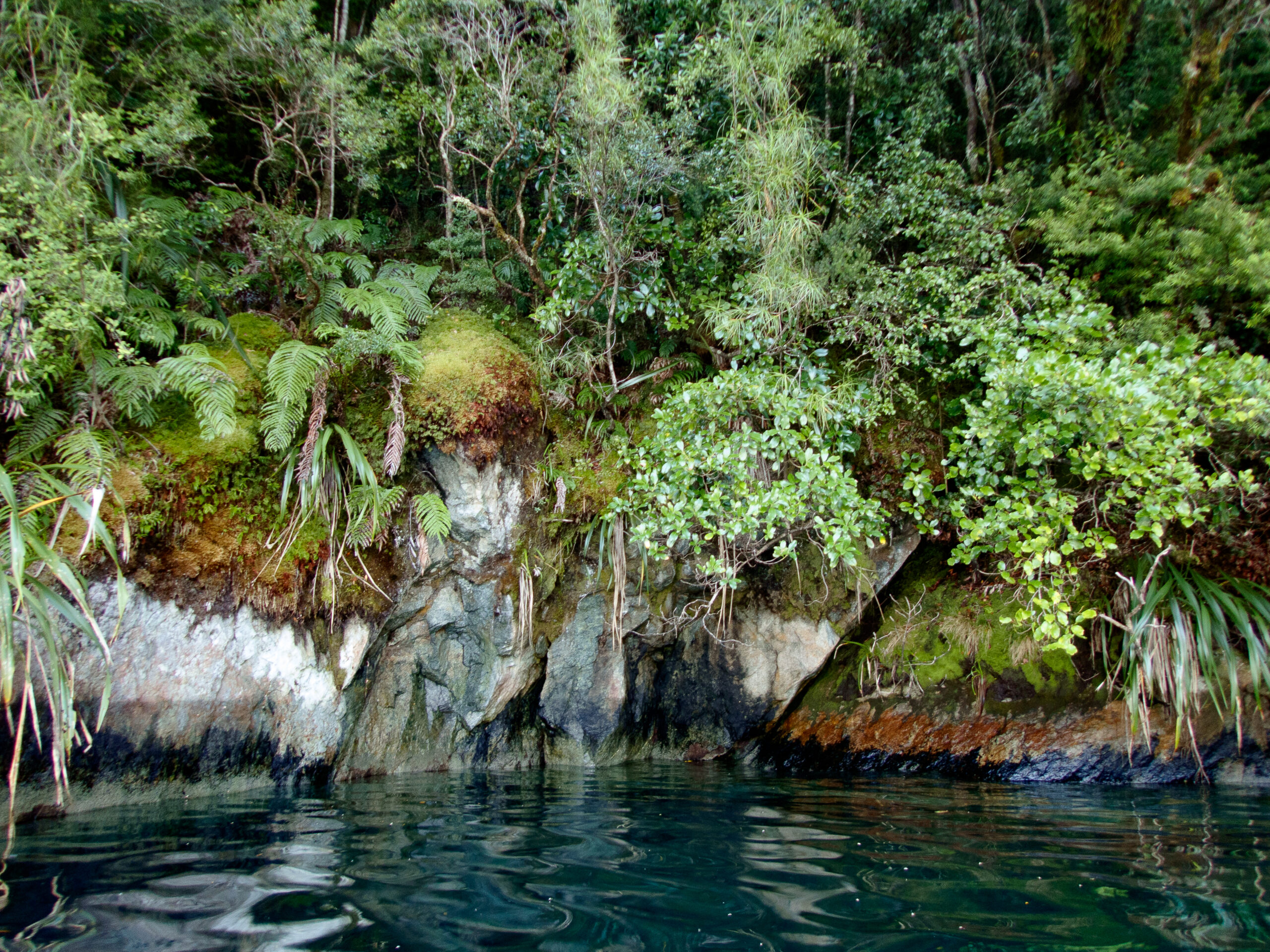




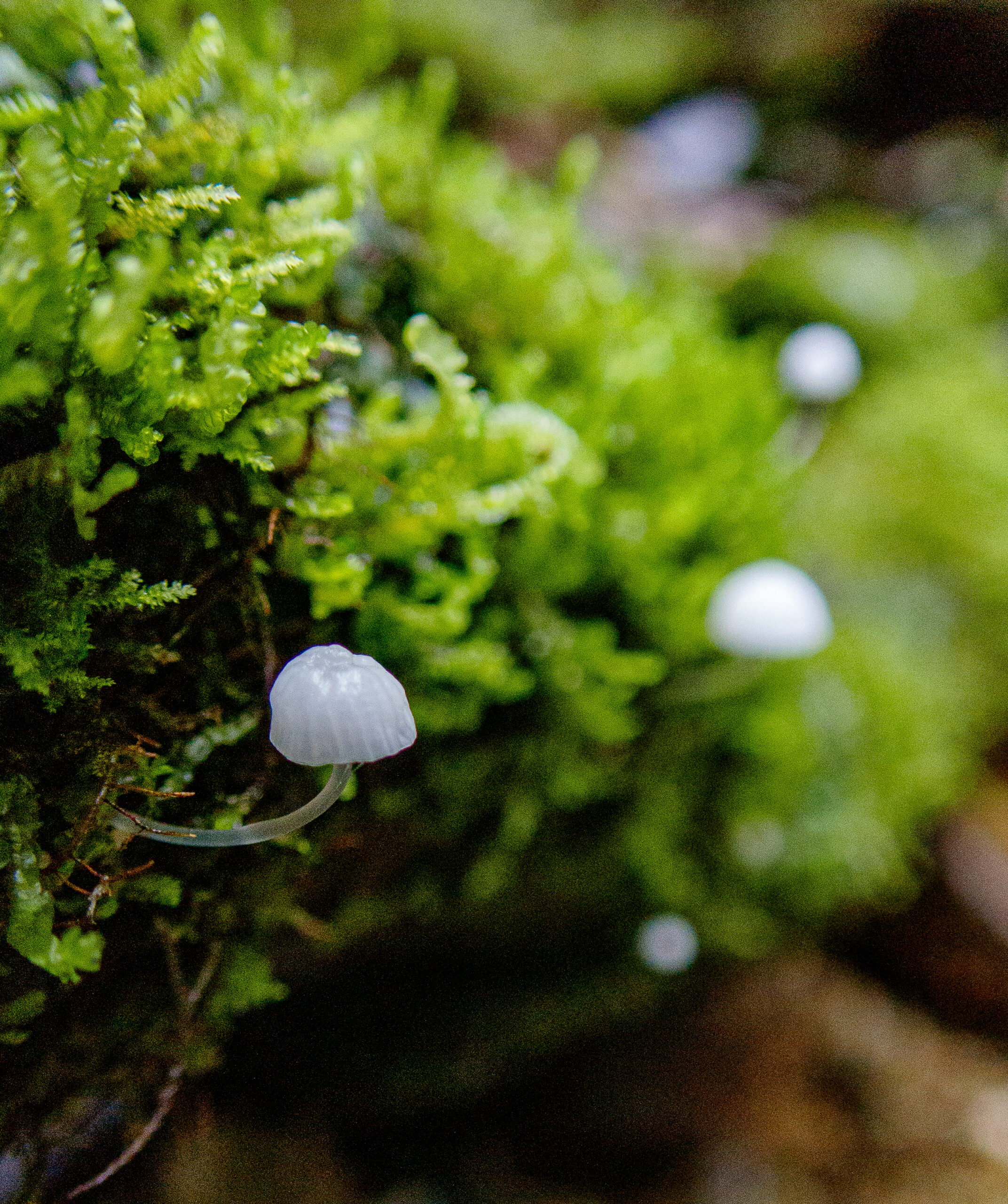
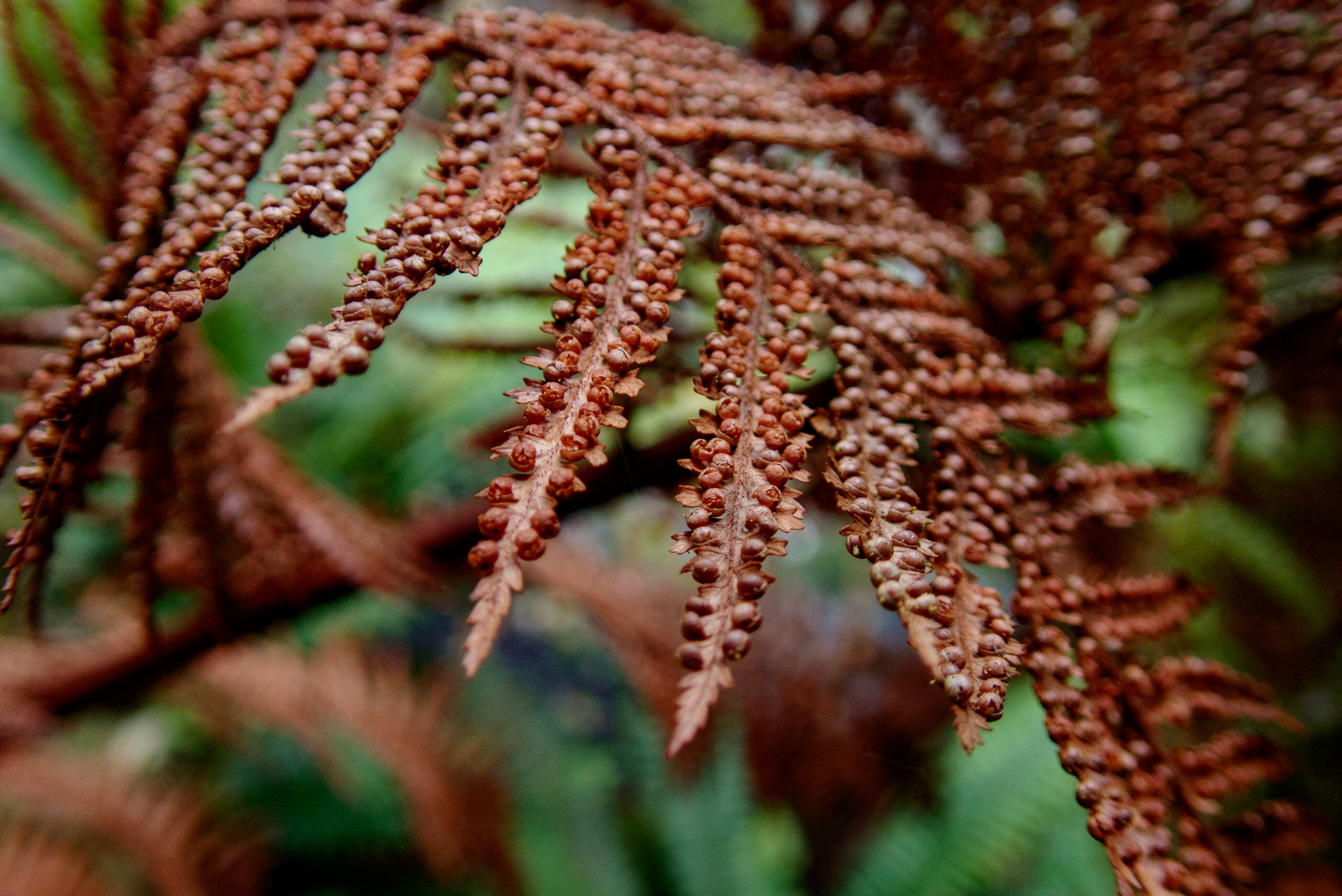



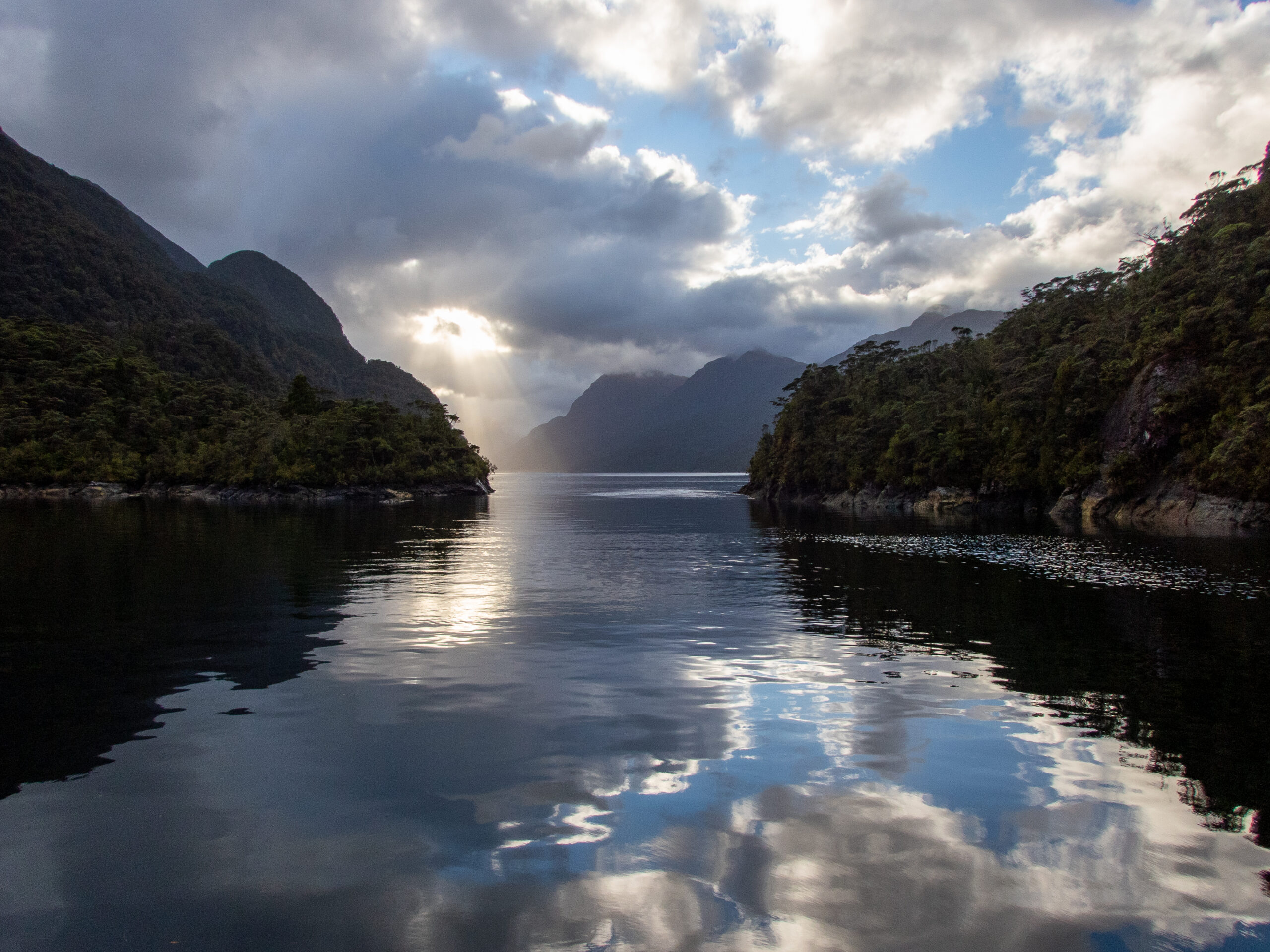
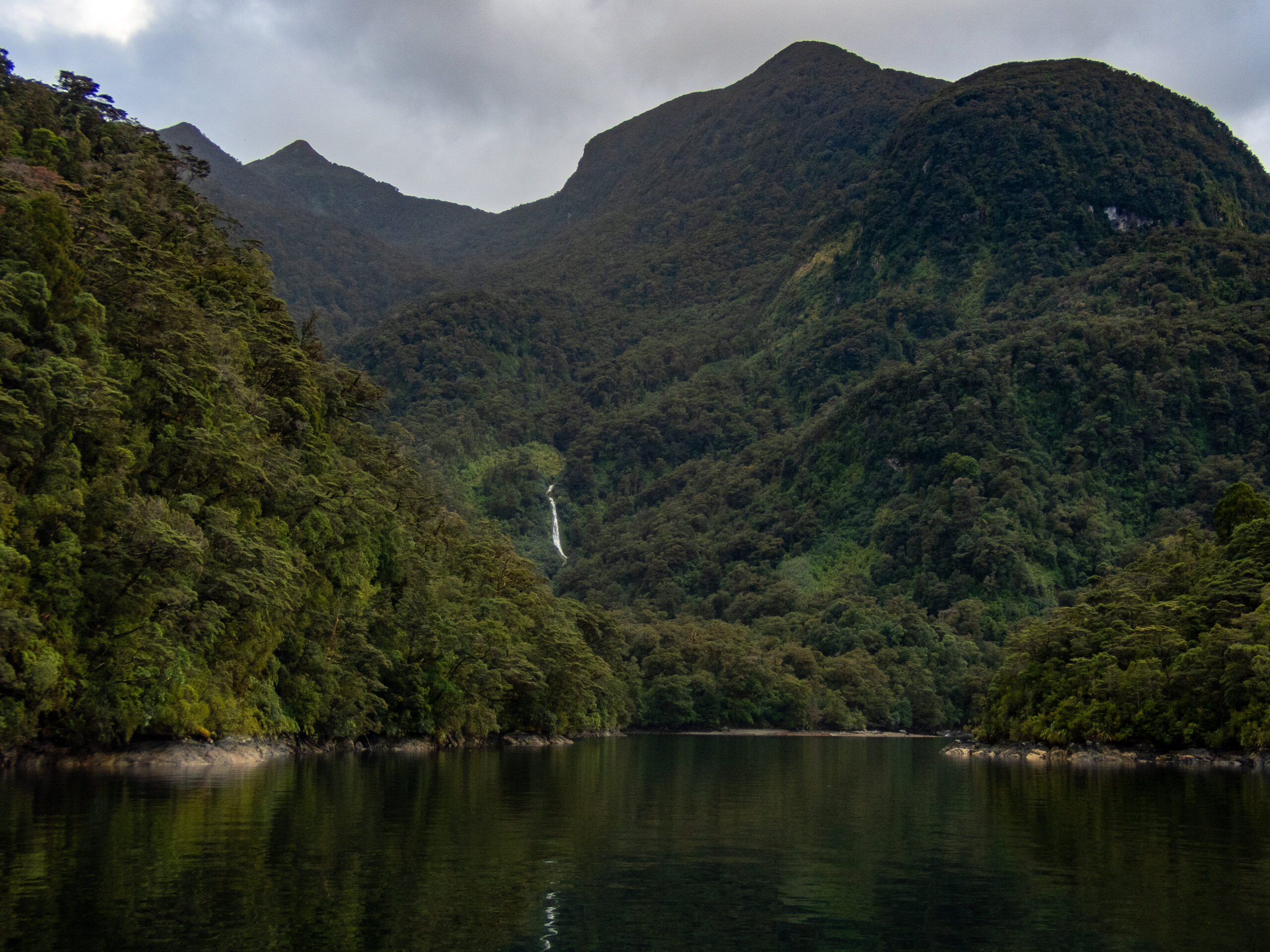
Lots to captivate ~ lingering rainbows, new waterfalls, breathtaking bush, dolphins and surreal reflections while moving up to the end of Wet Jacket Arm. I wrote these words in the logbook from that day: ‘OH MY GOODNESS – A VISUAL FEAST!’
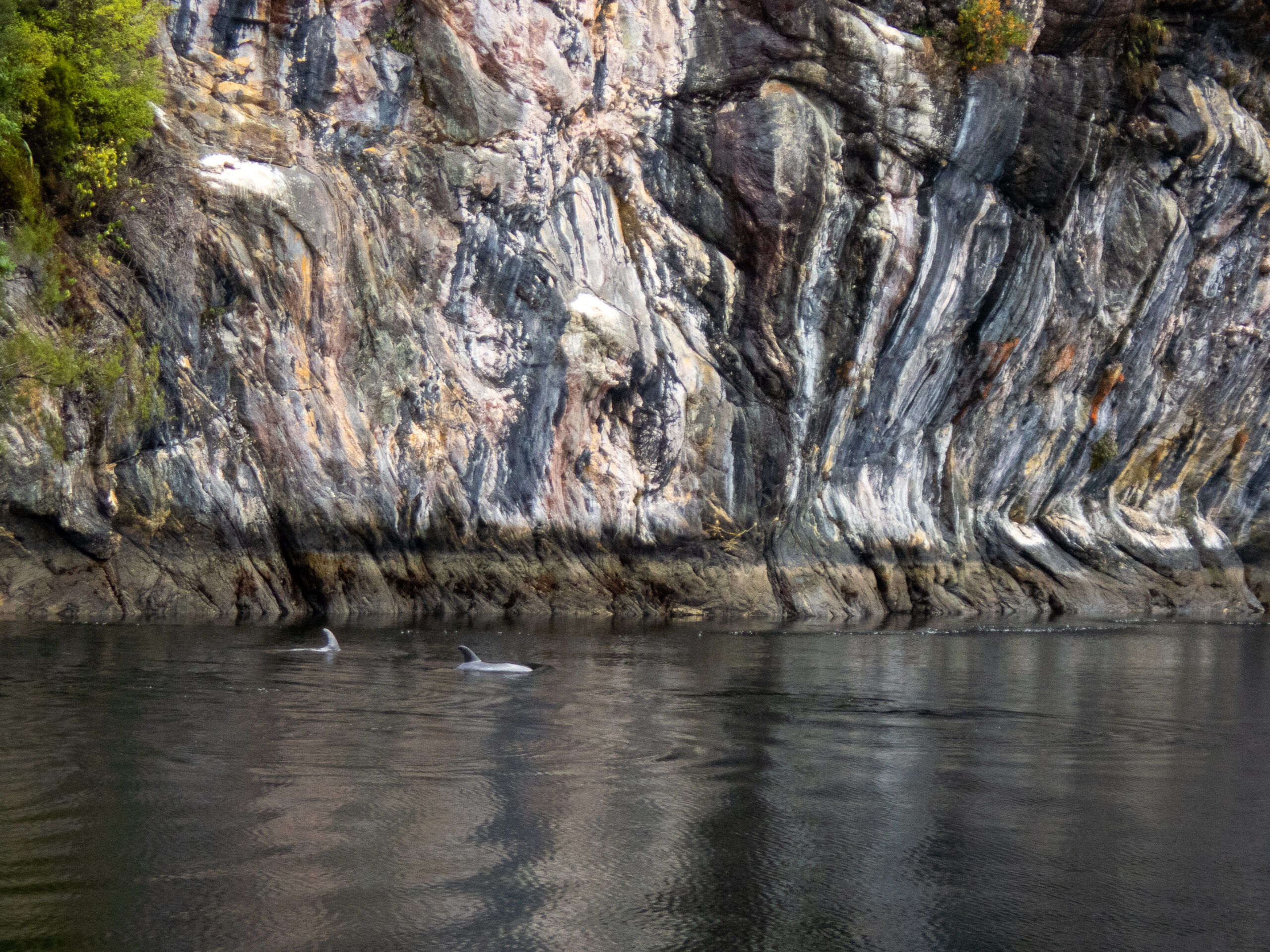
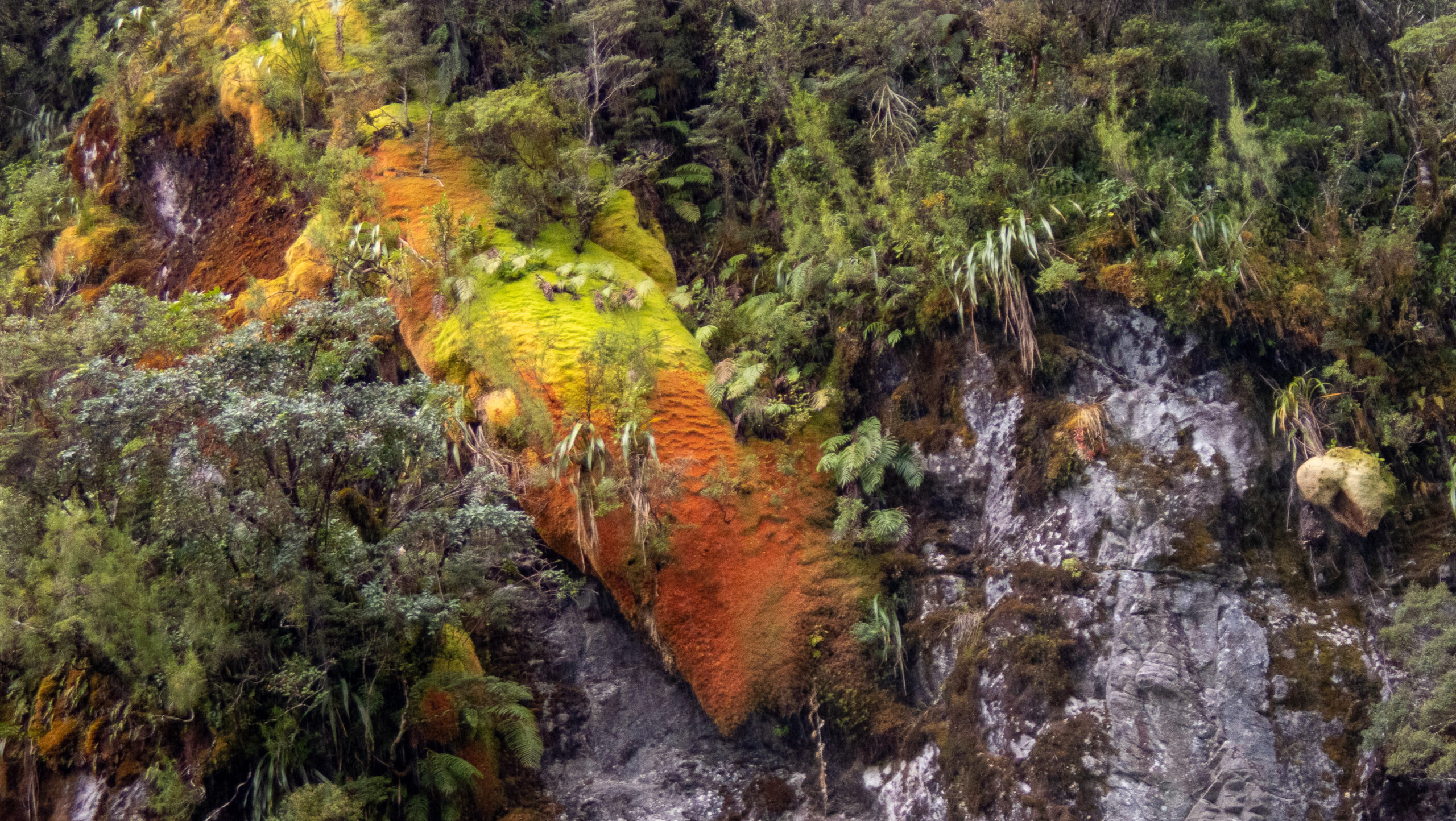

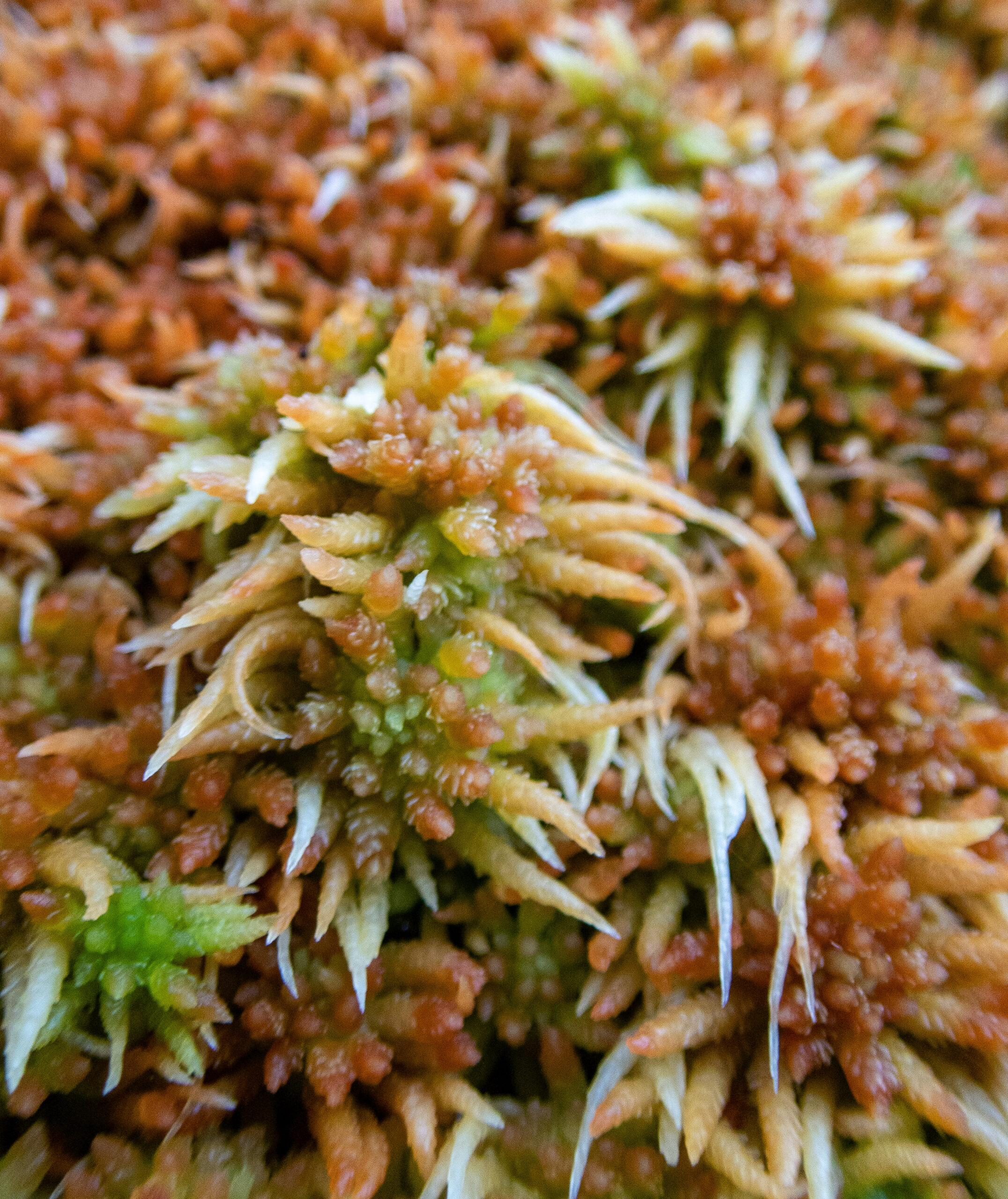

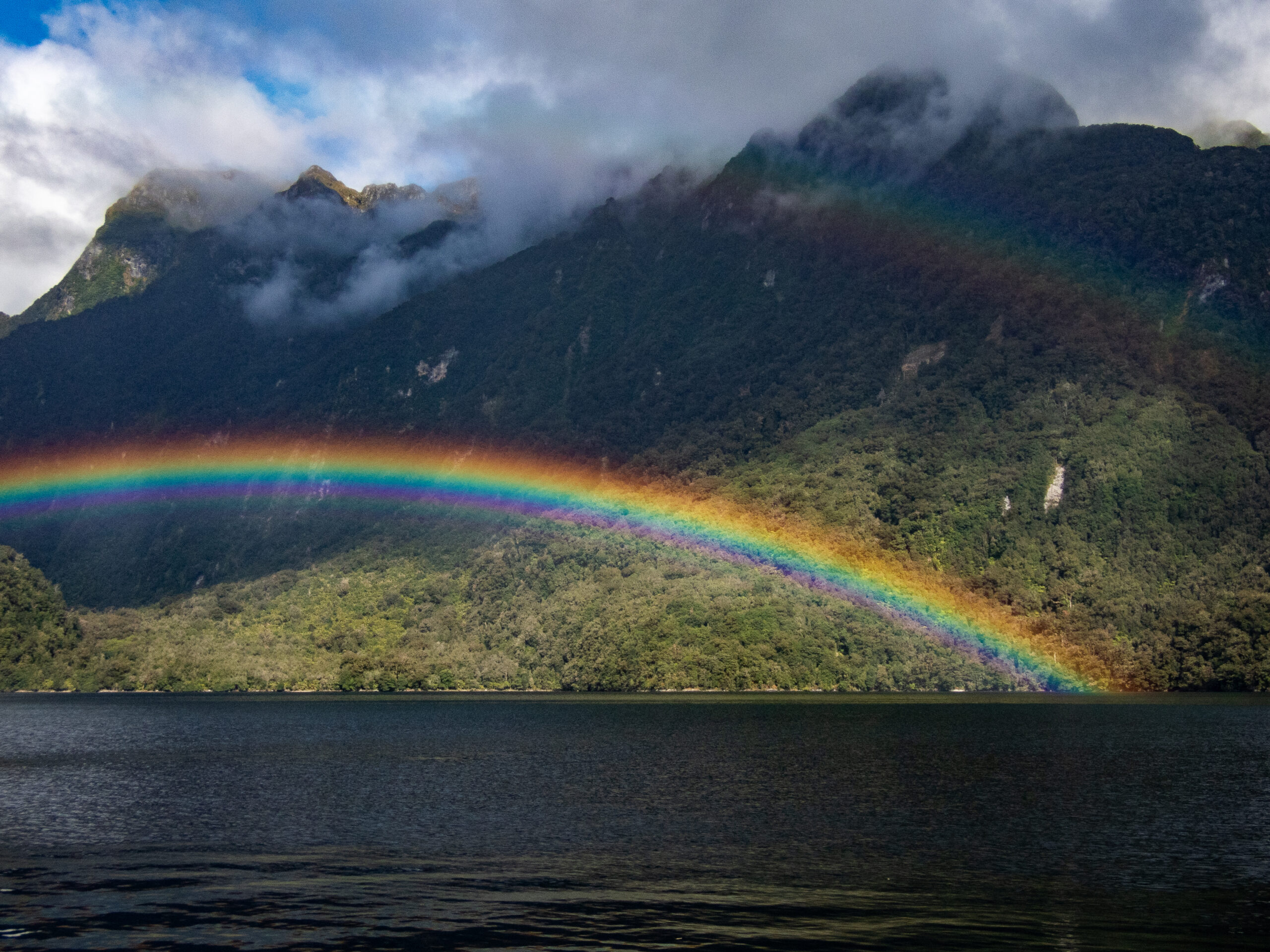
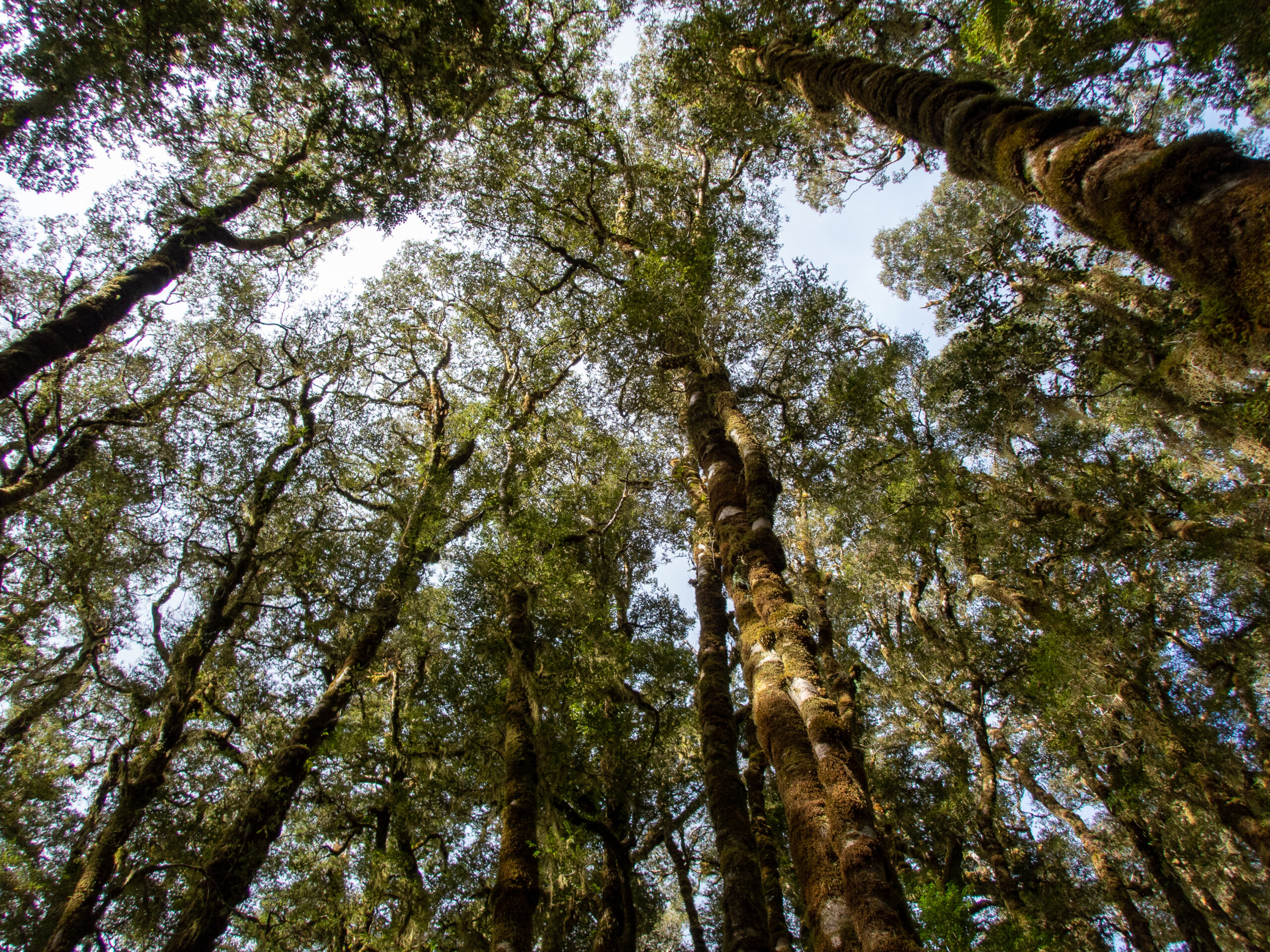
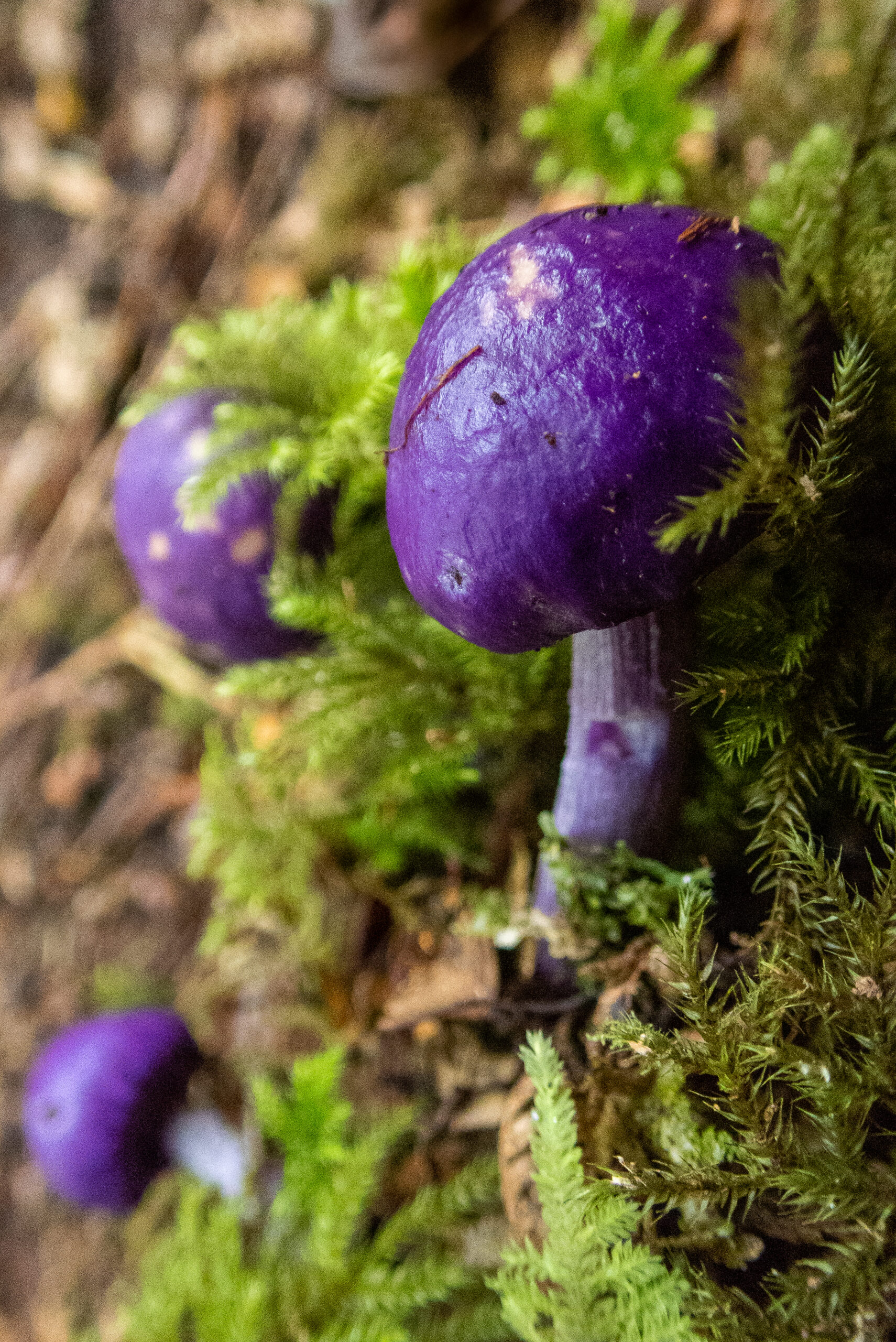
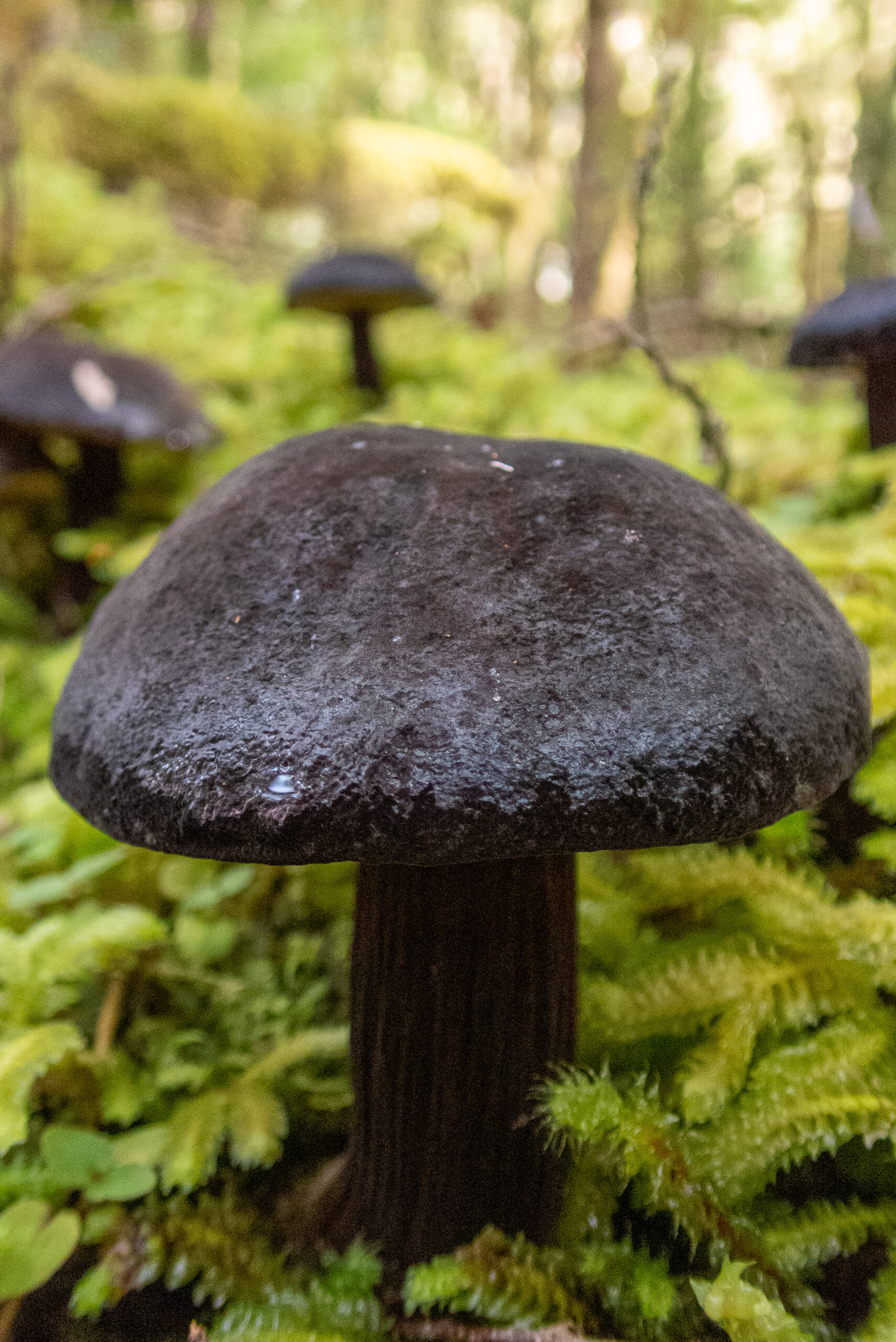
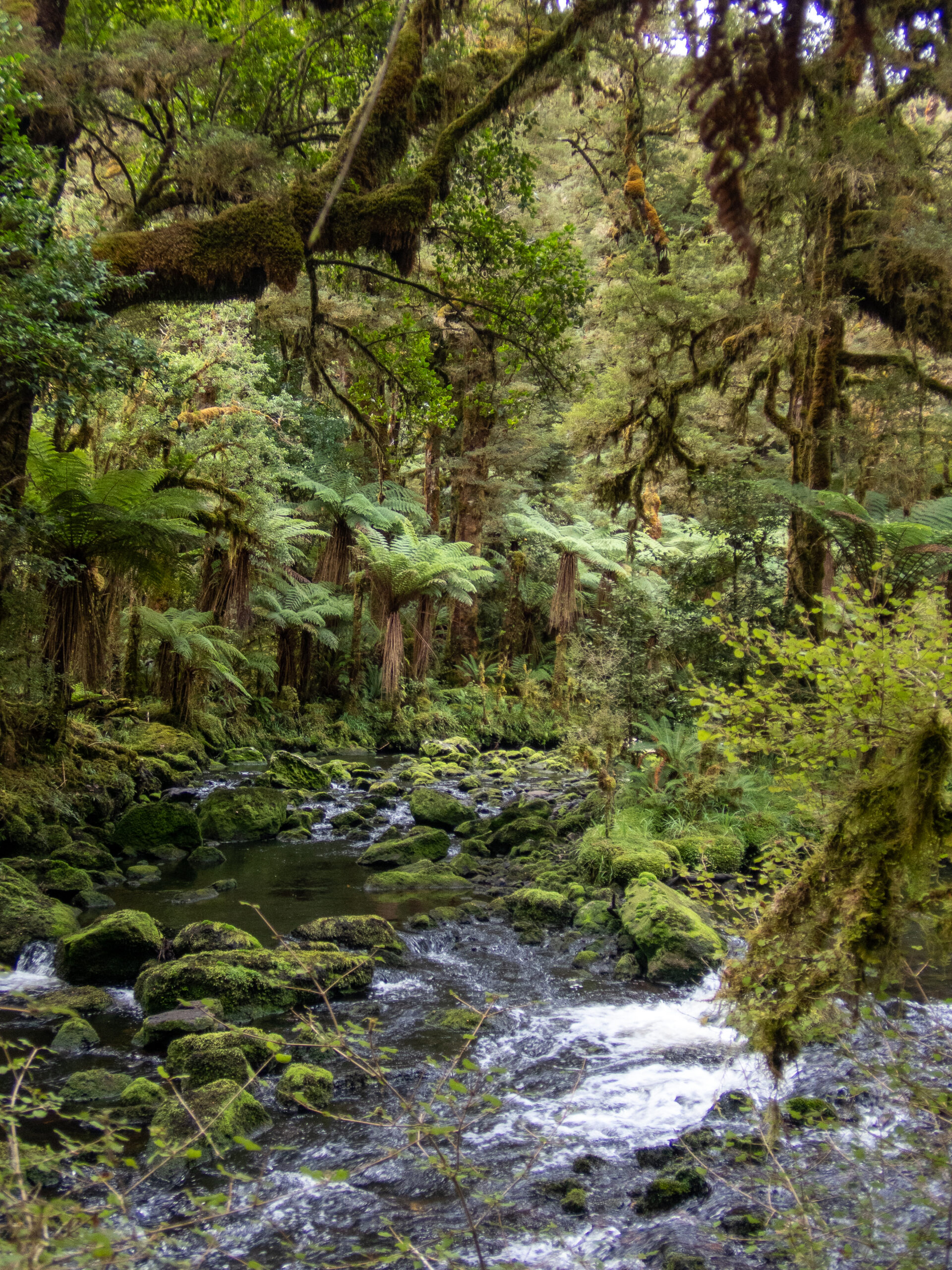
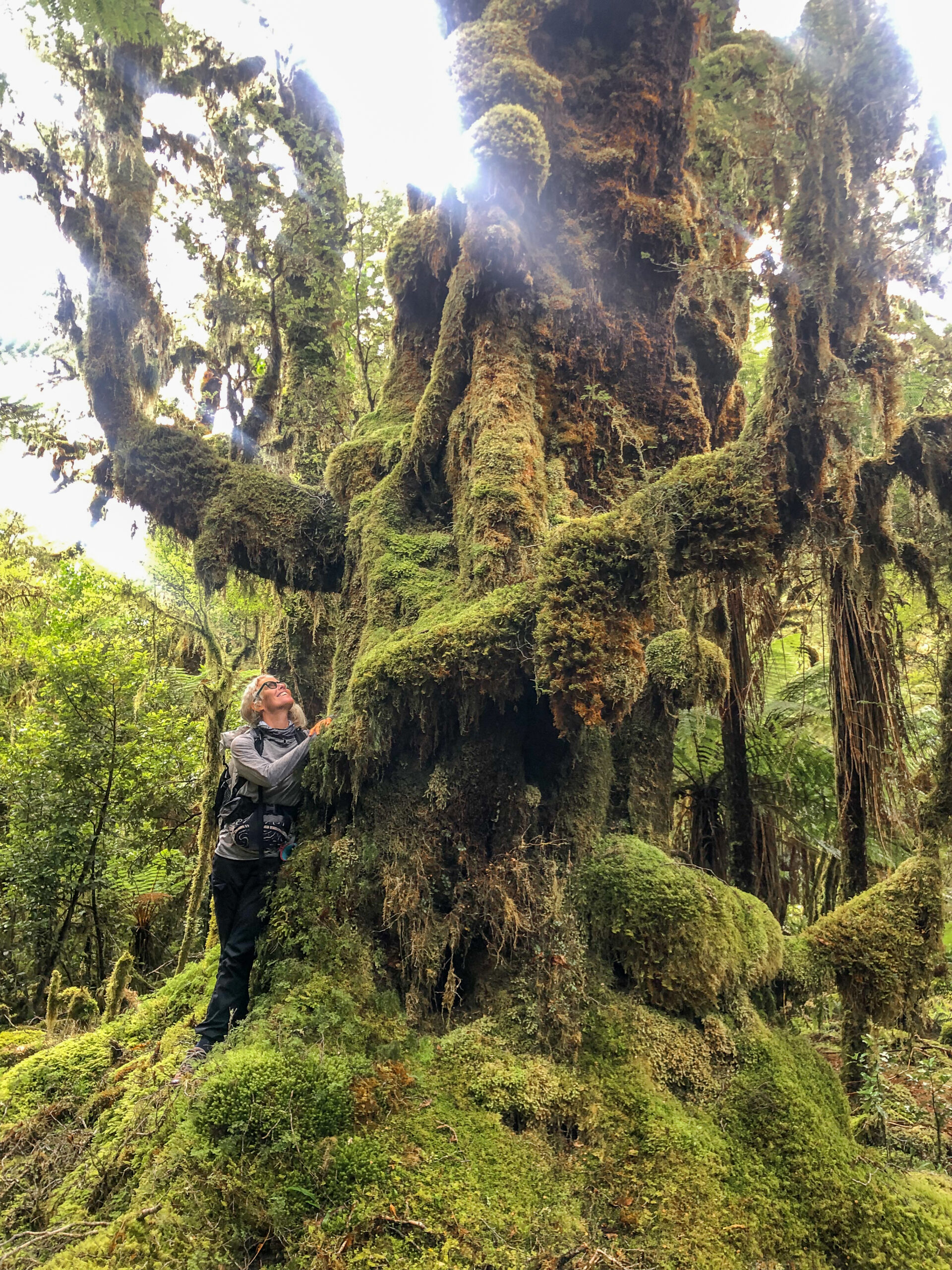
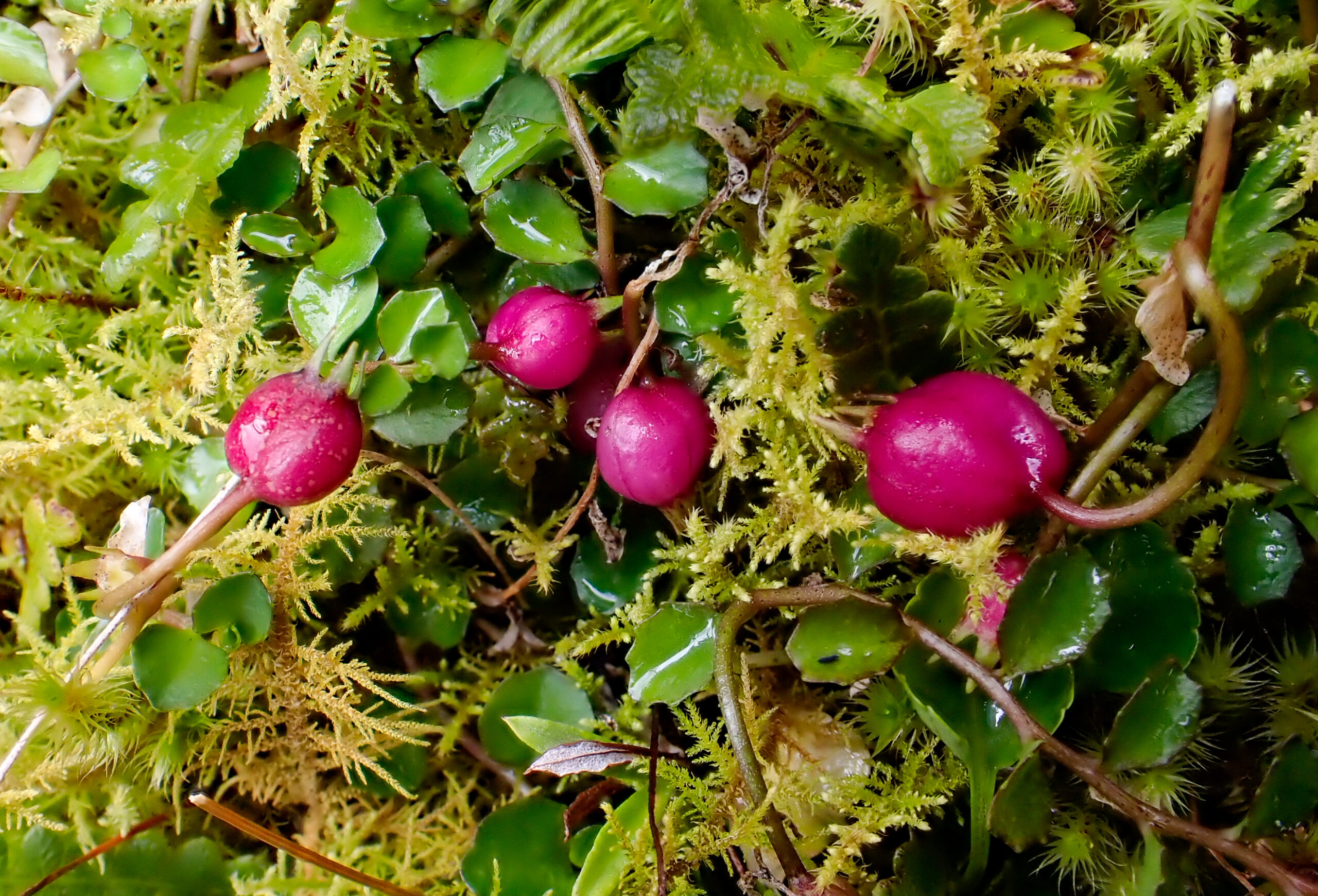
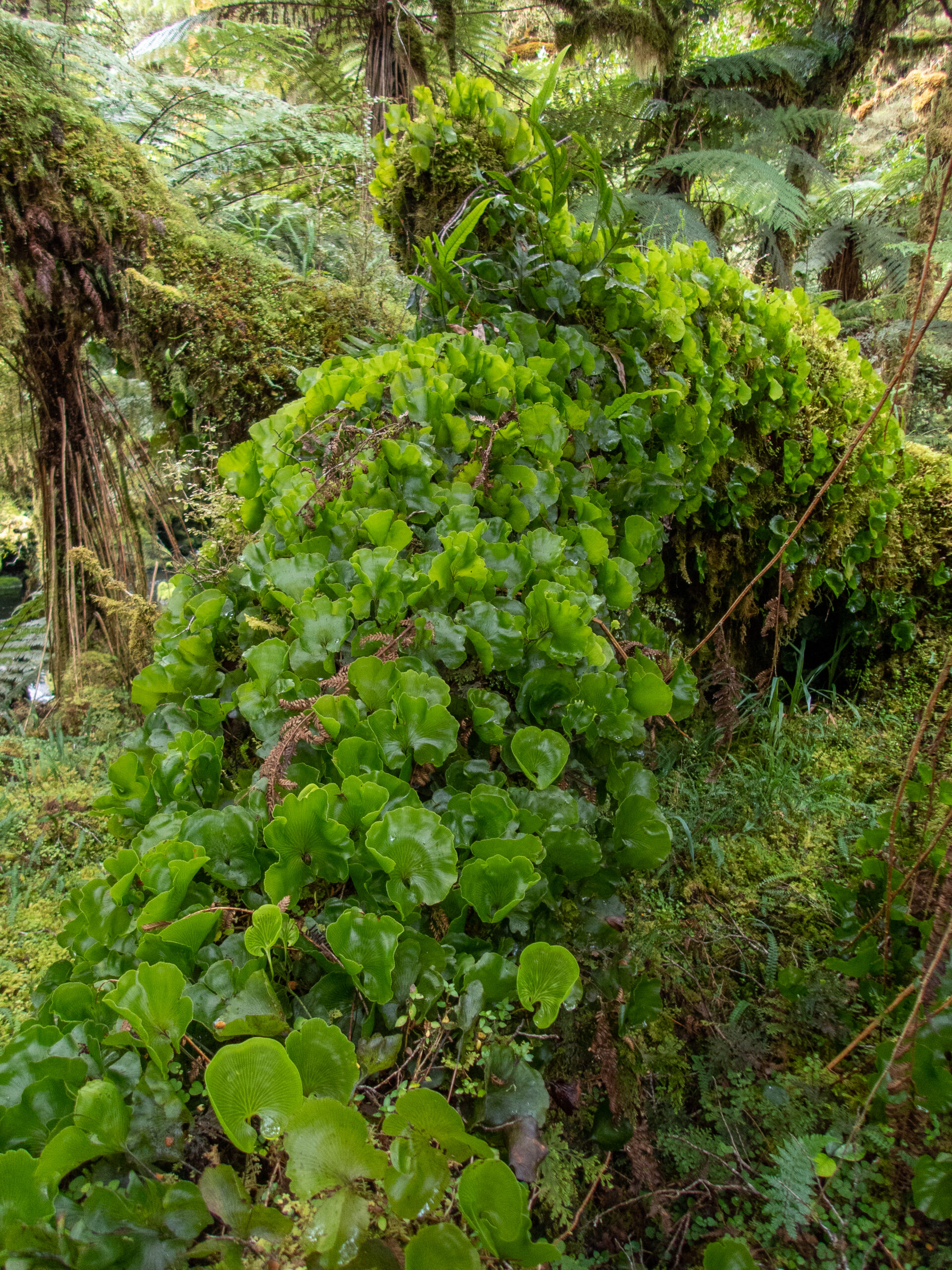
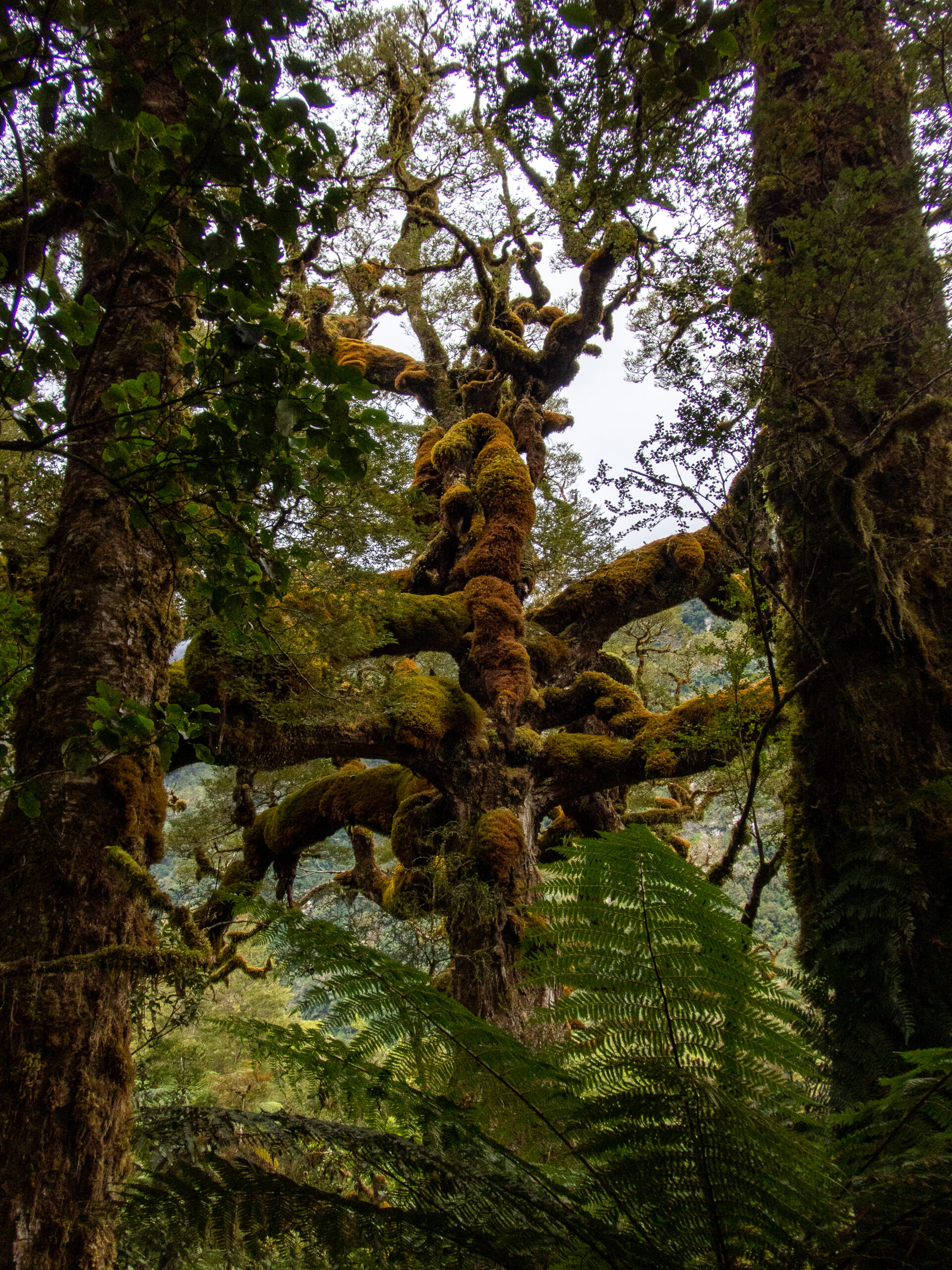



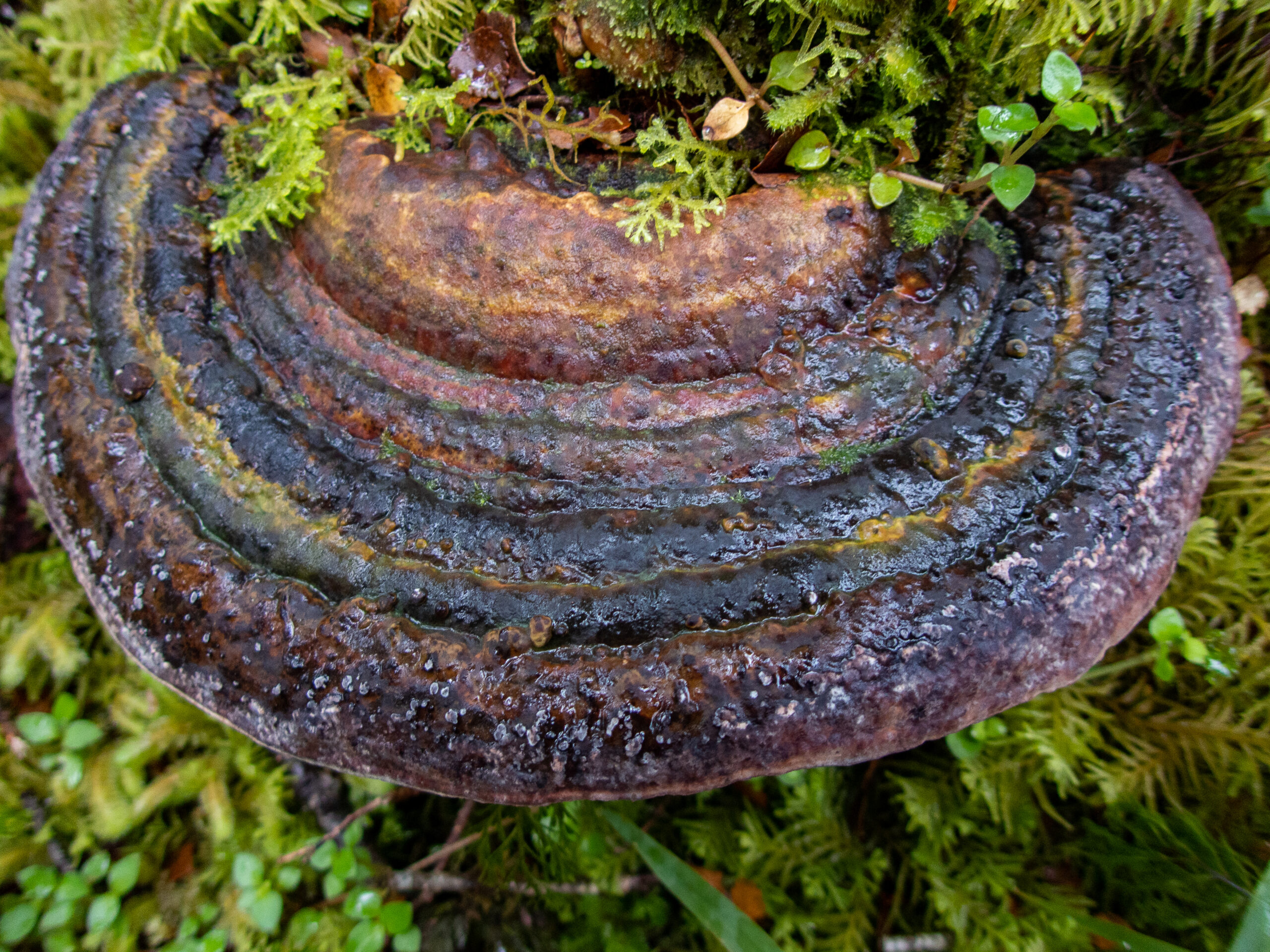

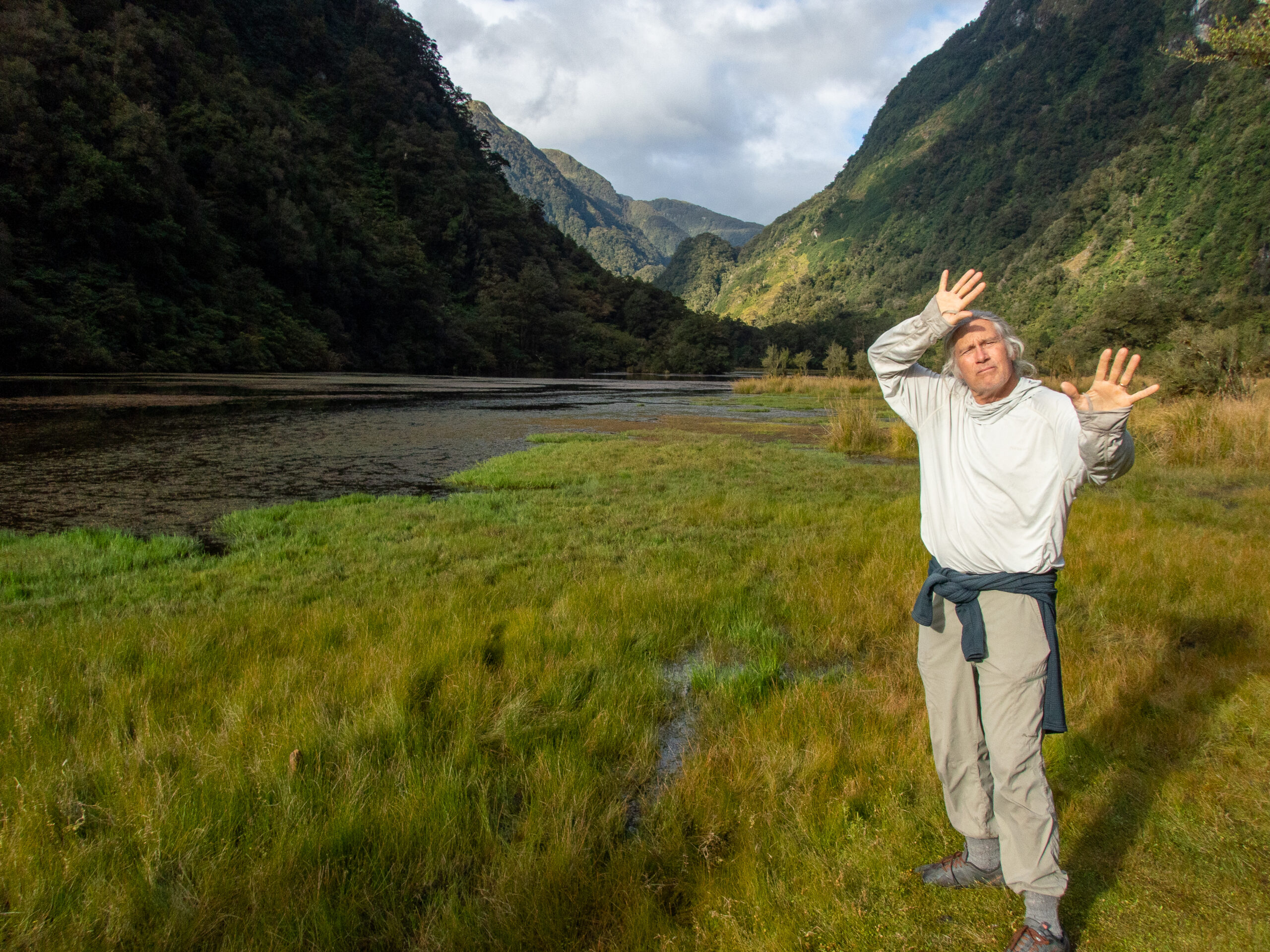
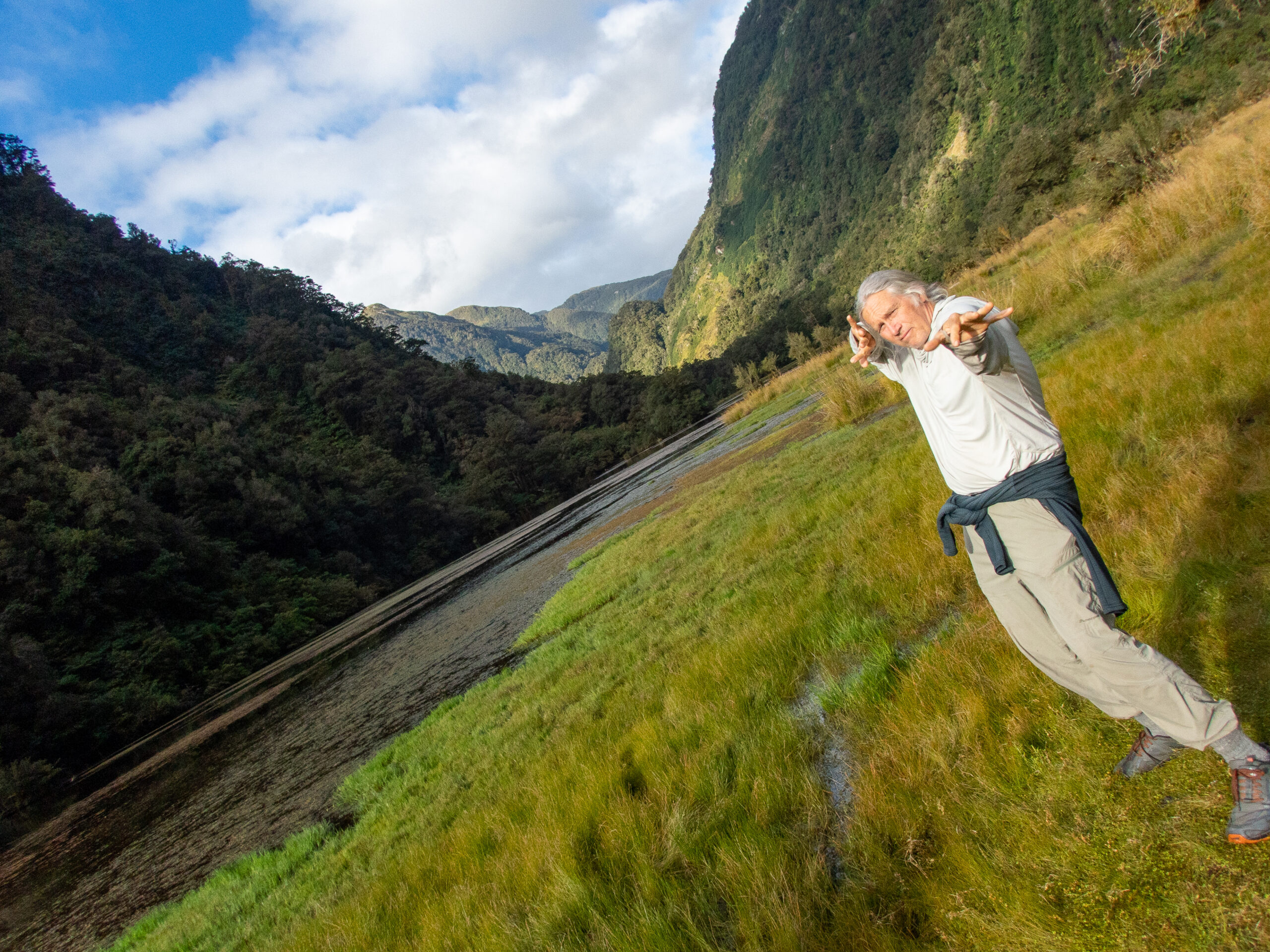
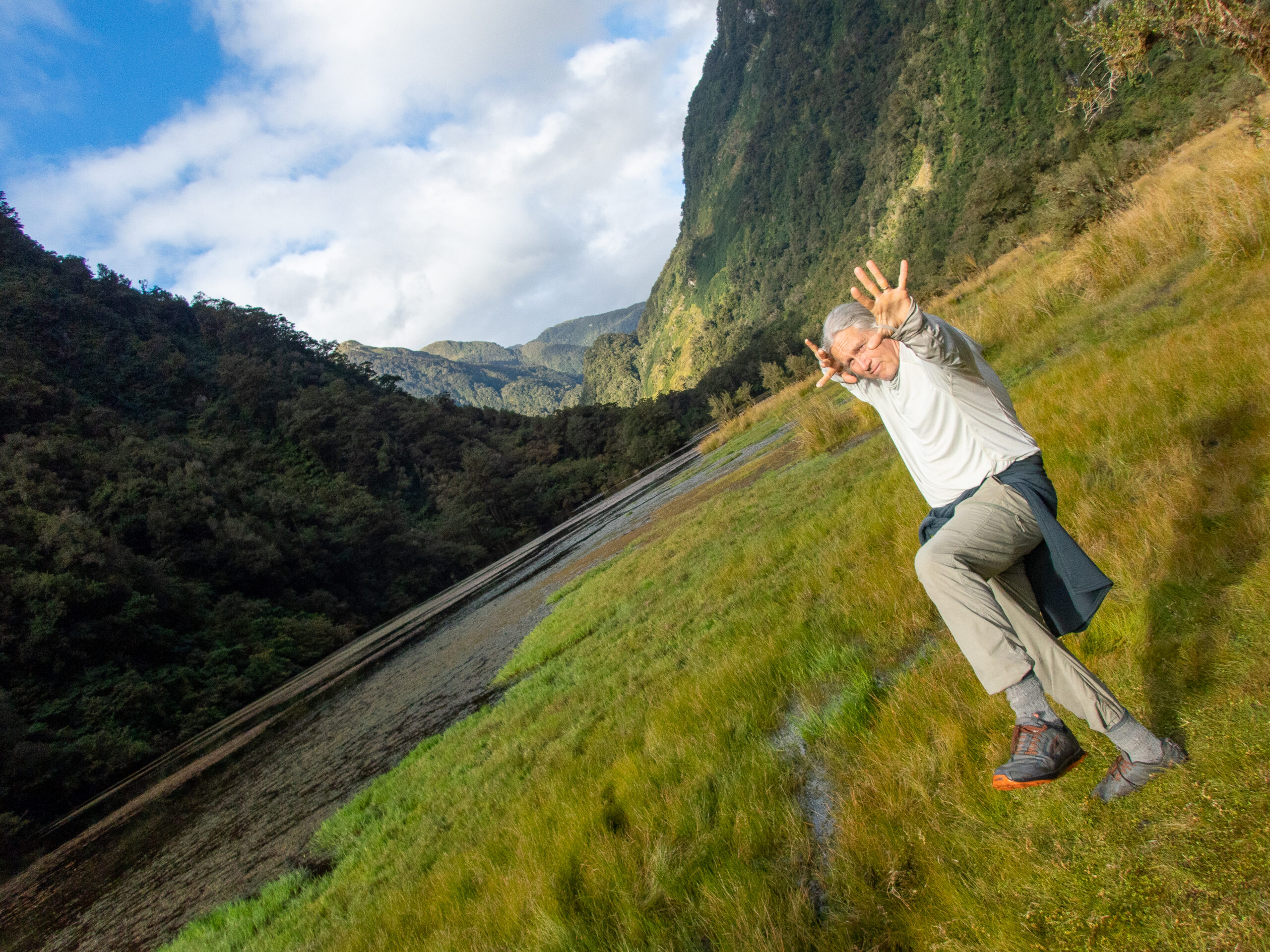
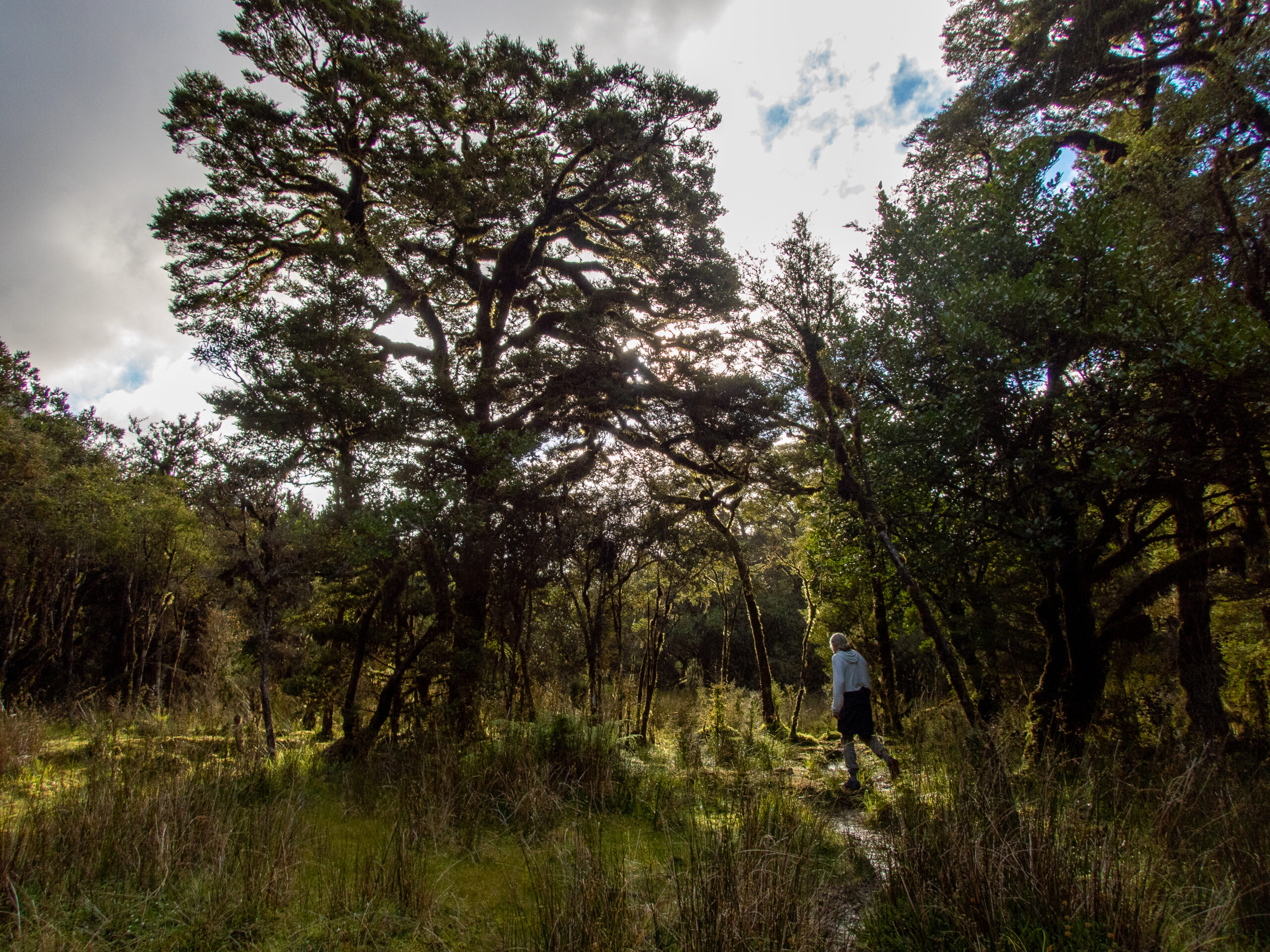

Delightful Dusky/Tamatea Sound – Fiordland
Dusky is the longest and most extensive fiord in Fiordland at nearly 24 miles in length. Named ‘Dusky’ after Captain Cook’s evening sail by in 1770, and ‘Tamatea’ after the renown Māori explorer who spent much time there. He’s also known for the coining the longest name of a place near Hawke’s Bay ‘Taumatawhakatangihangakoauauotamateaturipukakapikimaungahoronukupokaiwhenuakitanatahu,’ so I’m glad I didn’t have to work that into our logbook! ~DS
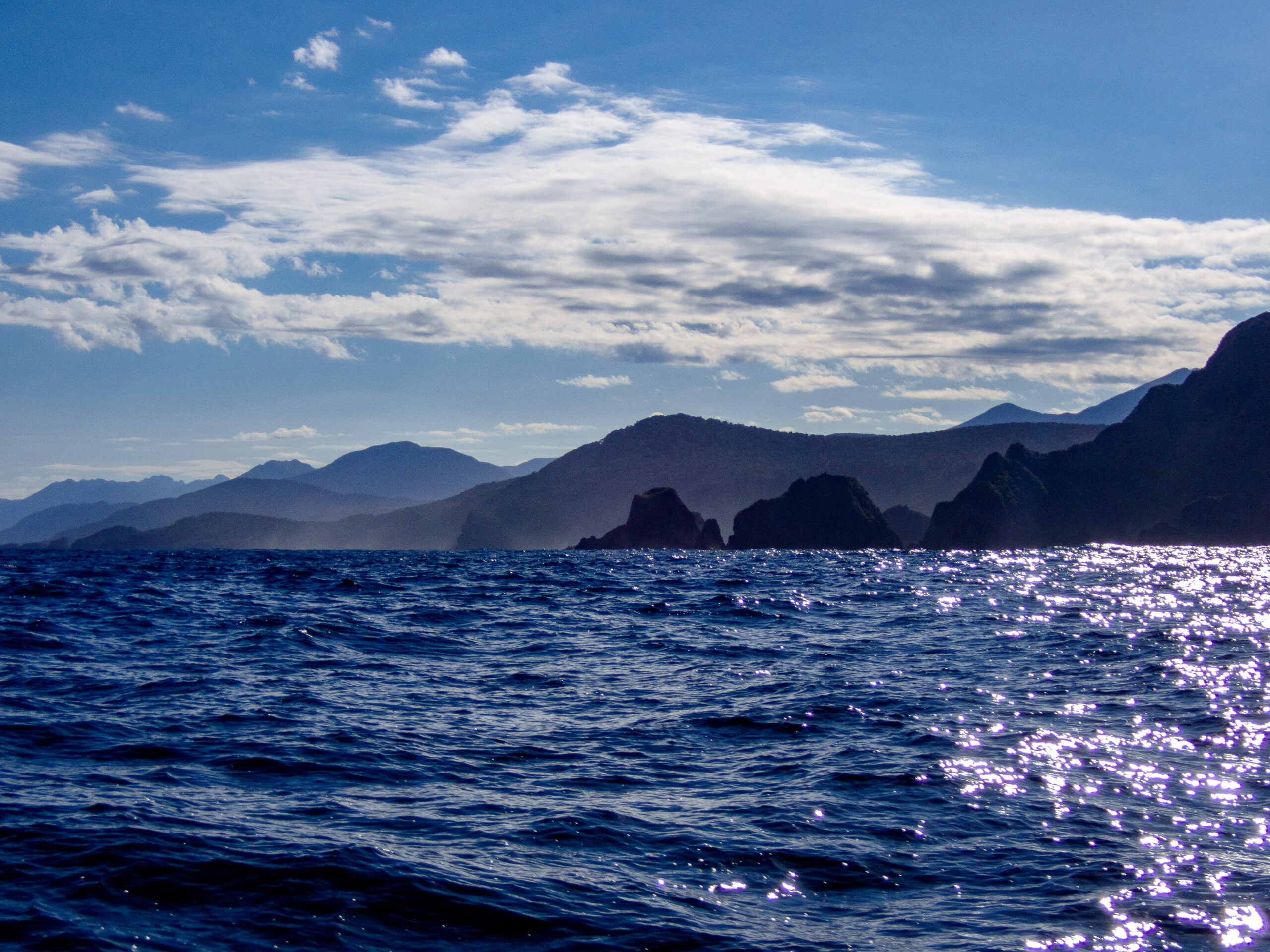
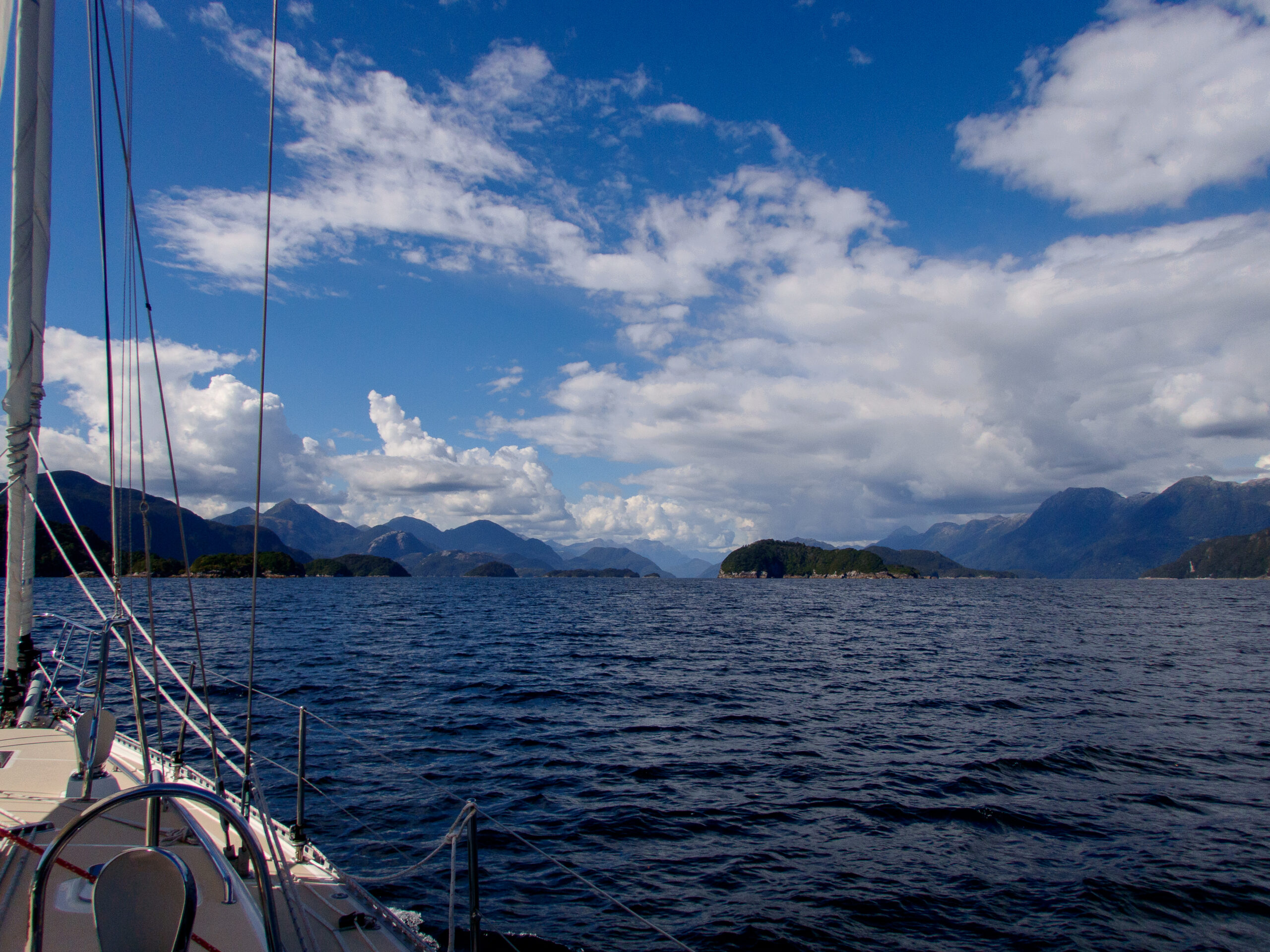
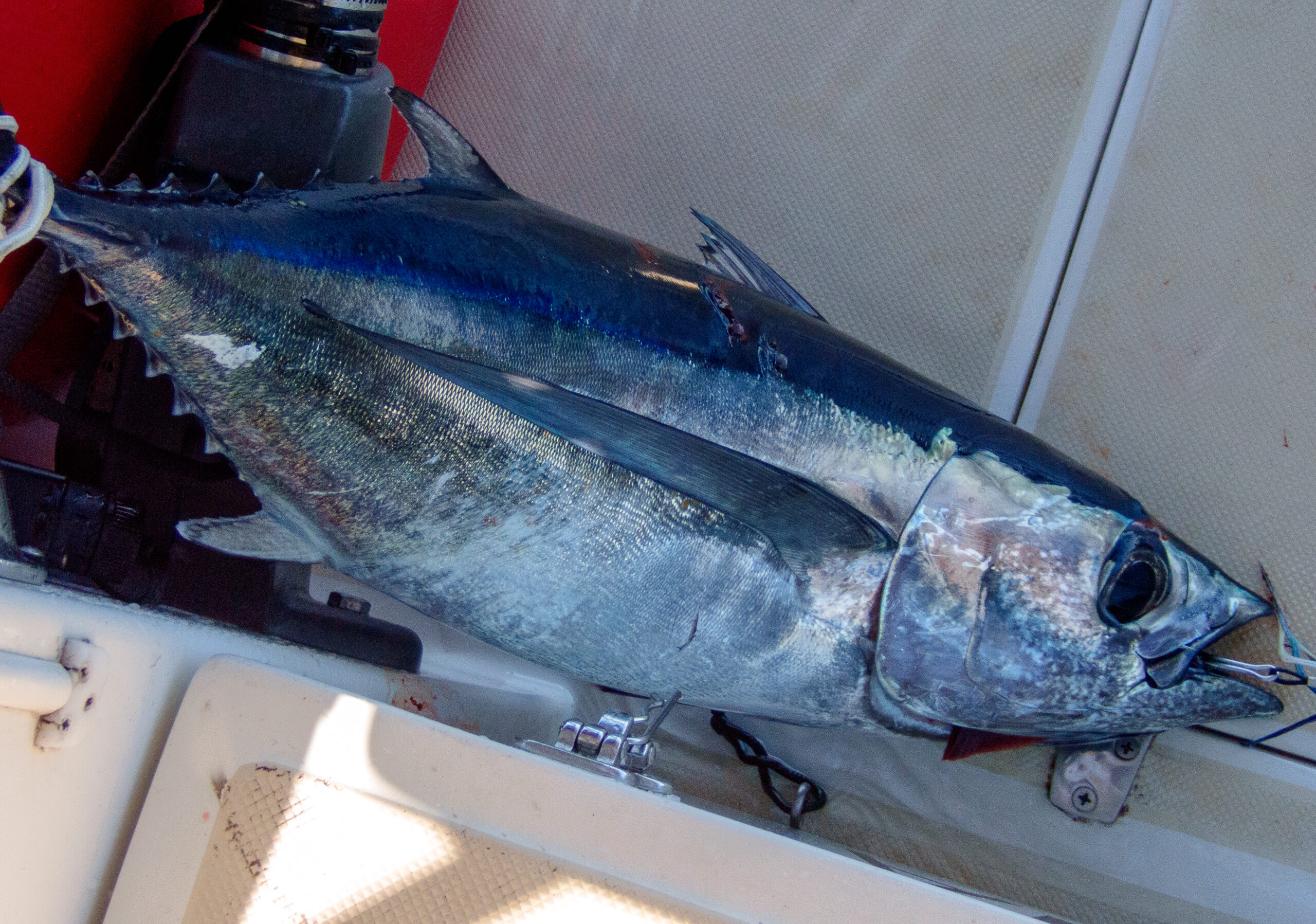
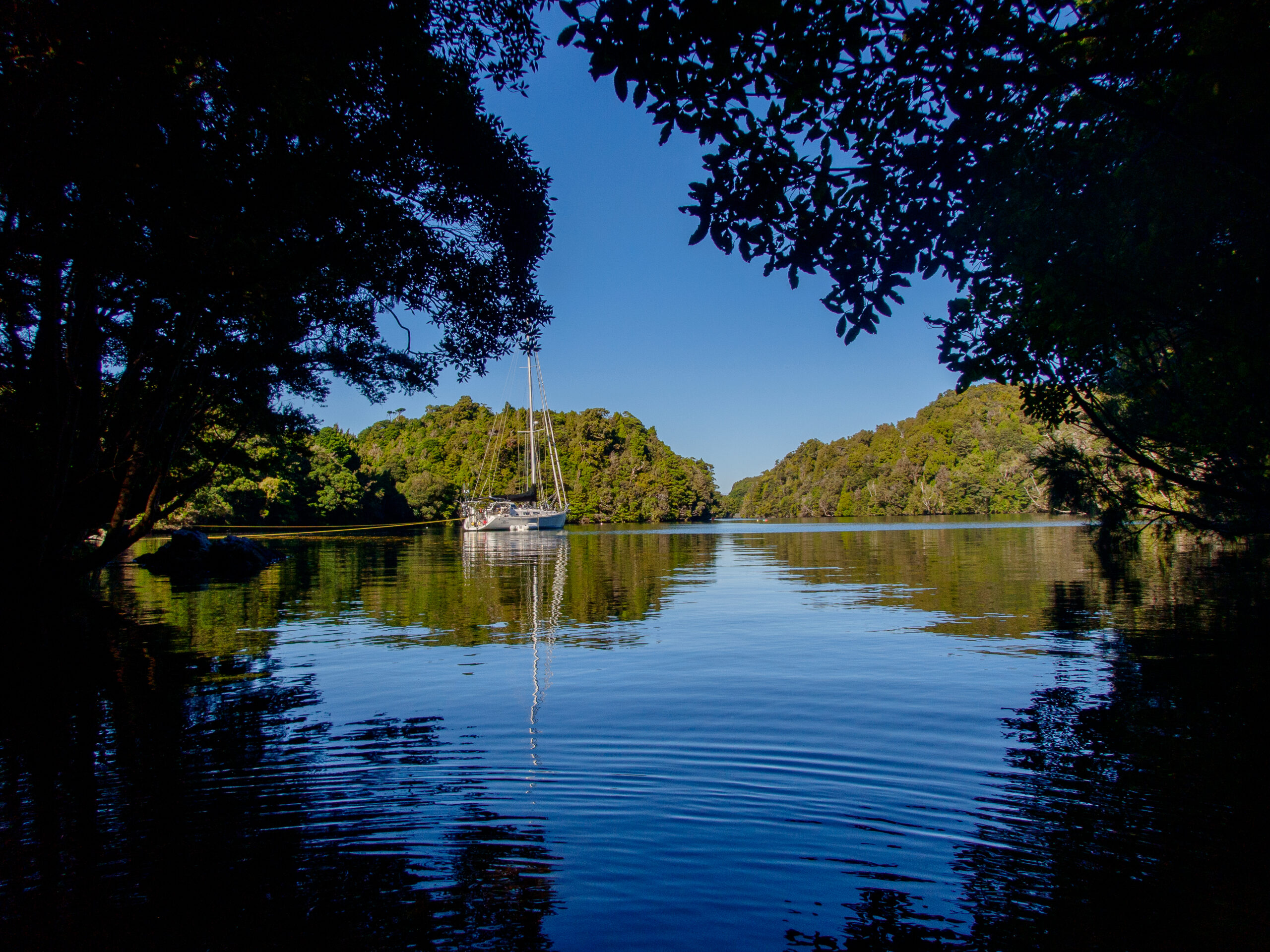
Inner Luncheon Cove on Anchor Island, Dusky Sound
We are anchored in an 18th century naturalist’s illustration. The Kākā, subtly colored parrots, russet and carmine, gray and mossy green, chatter in mobs back and forth. Fur seals and their pups bawl and rumble along the densely wooded shore, draped on rocks, sunning just out of the vivid green tide, or hidden mysteriously in the forest. Rays and Broadnose Sevengill sharks patrol the shallows. Bellbirds chime and Wood Pigeons dive and soar in mating displays, wind whirring in their wings. The water is supernaturally still after the tumult and breaking swell of Broke Adrift Passage, and the long motor up the easing blue Pacific around Cape Providence. The scale of the world is abruptly more intimate. Captain Cook dined on crayfish here in 1773. He left behind a recipe for brewing beer from the bark of Rimu trees, molasses and yeast. The island is also predator free, and refuge to the rare ground parrot, the Kākāpō, once thought to be extinct – rediscovered in Port Pegasus, Stewart Island by Rodney Russ, a sailor/explorer we met in Christchurch.
A chance to sit on the bow and meditate outside, to the constant music of birds, “Here and now boys, here and now.”
The dearth of sandflies and still air made for a pleasant barbecue, cooking up fillets of the Albacore tuna we caught on our way into Dusky.
The trails on Anchor Island are named and well marked, though oddly, do not seem to clearly indicate which of the many paths lead to the lake (just a kilometer or two away). We weren’t very far along the “wrong” trail when a mob of Kaka settled noisly into the trees over our heads. We sat still and waited and they ventured closer and closer, sailing back and forth, gnawing at the branches with their strong beaks and then landed a few feet away, turning their heads upside down for a curious closer look. A South Island Robin/Kakaruai (re-introduced in 2002) also hopped over to say hello, as they do, finally summoning the courage to peck at the bottom of my shoe. ~MS
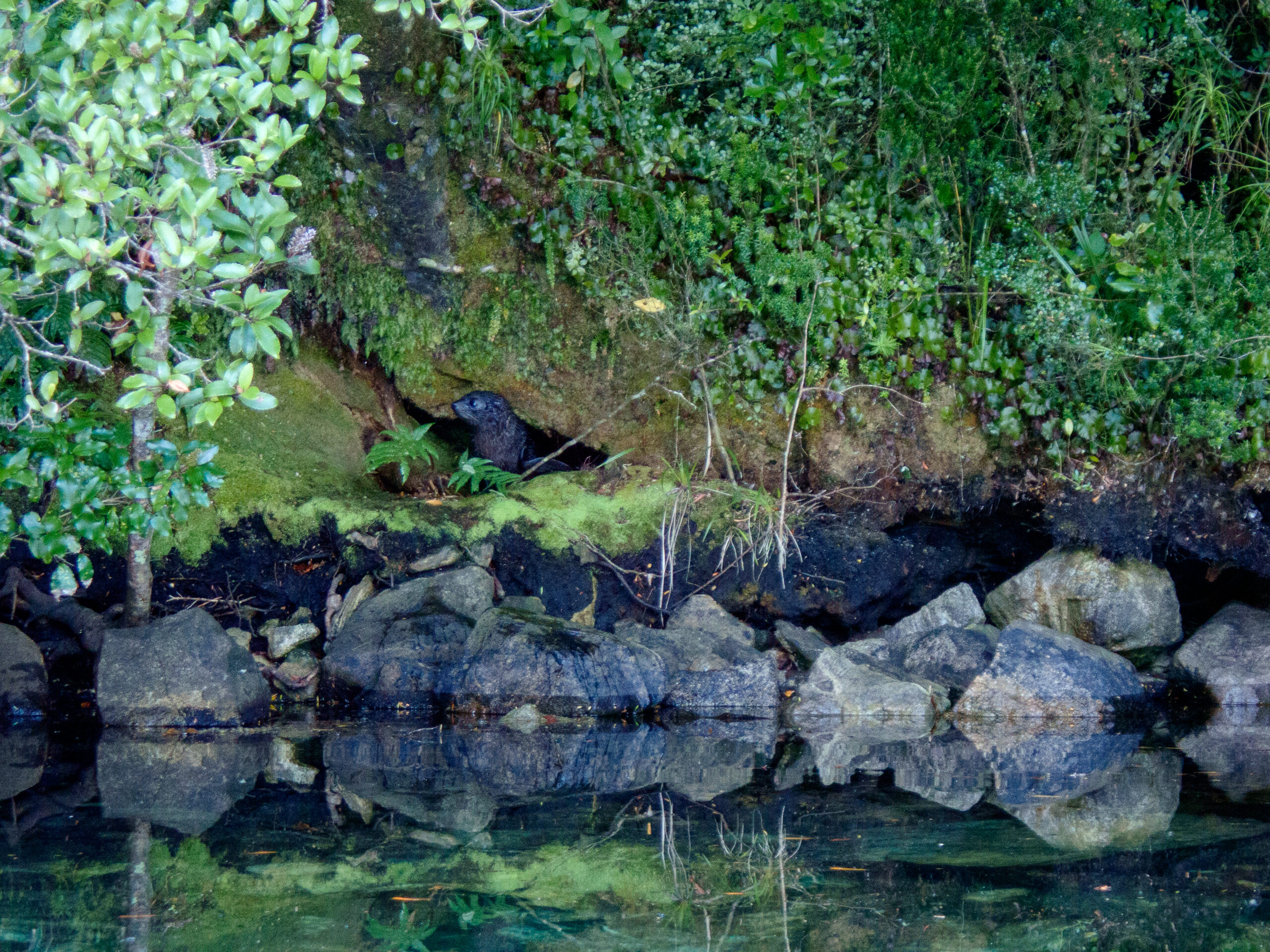
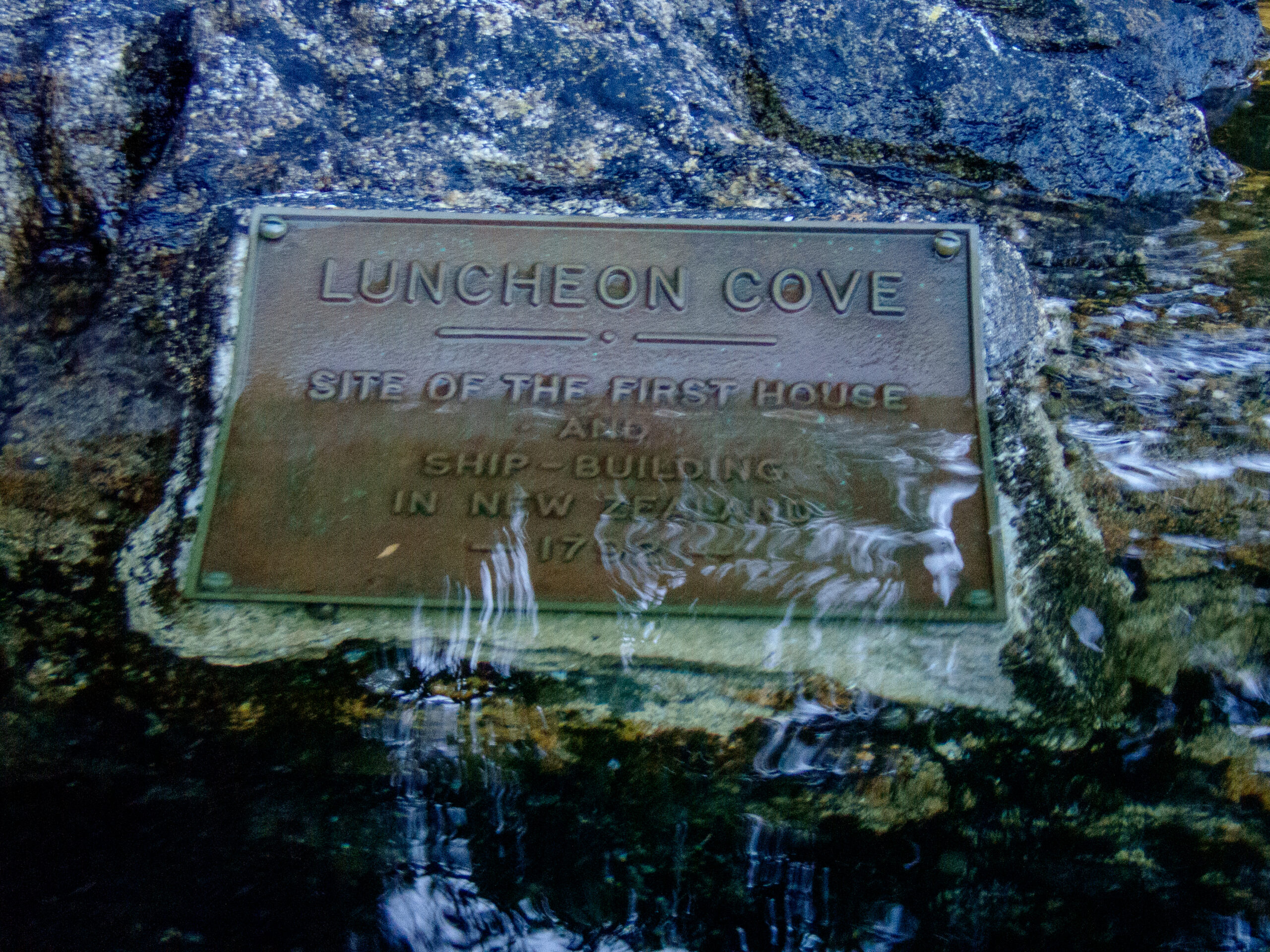
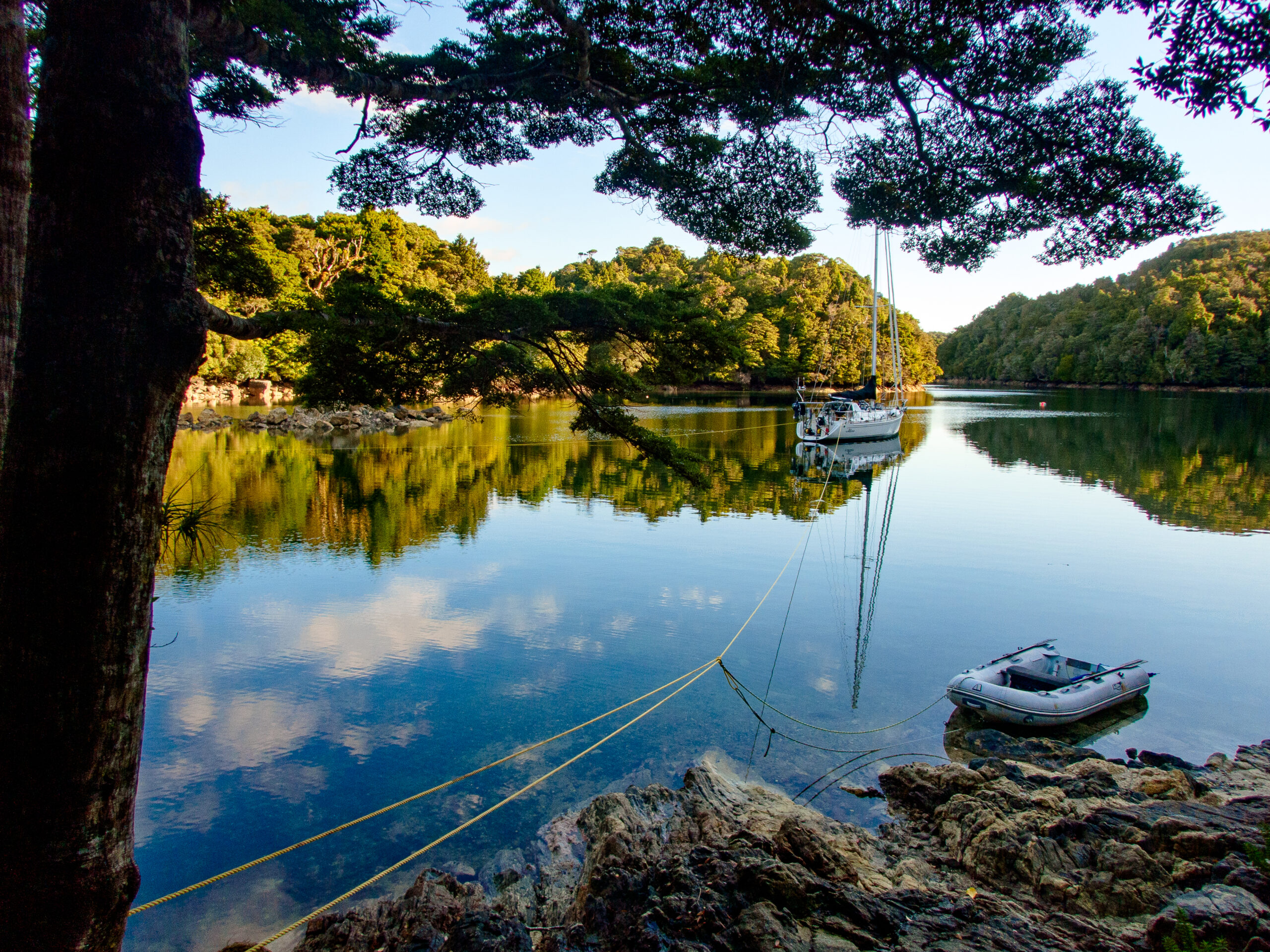
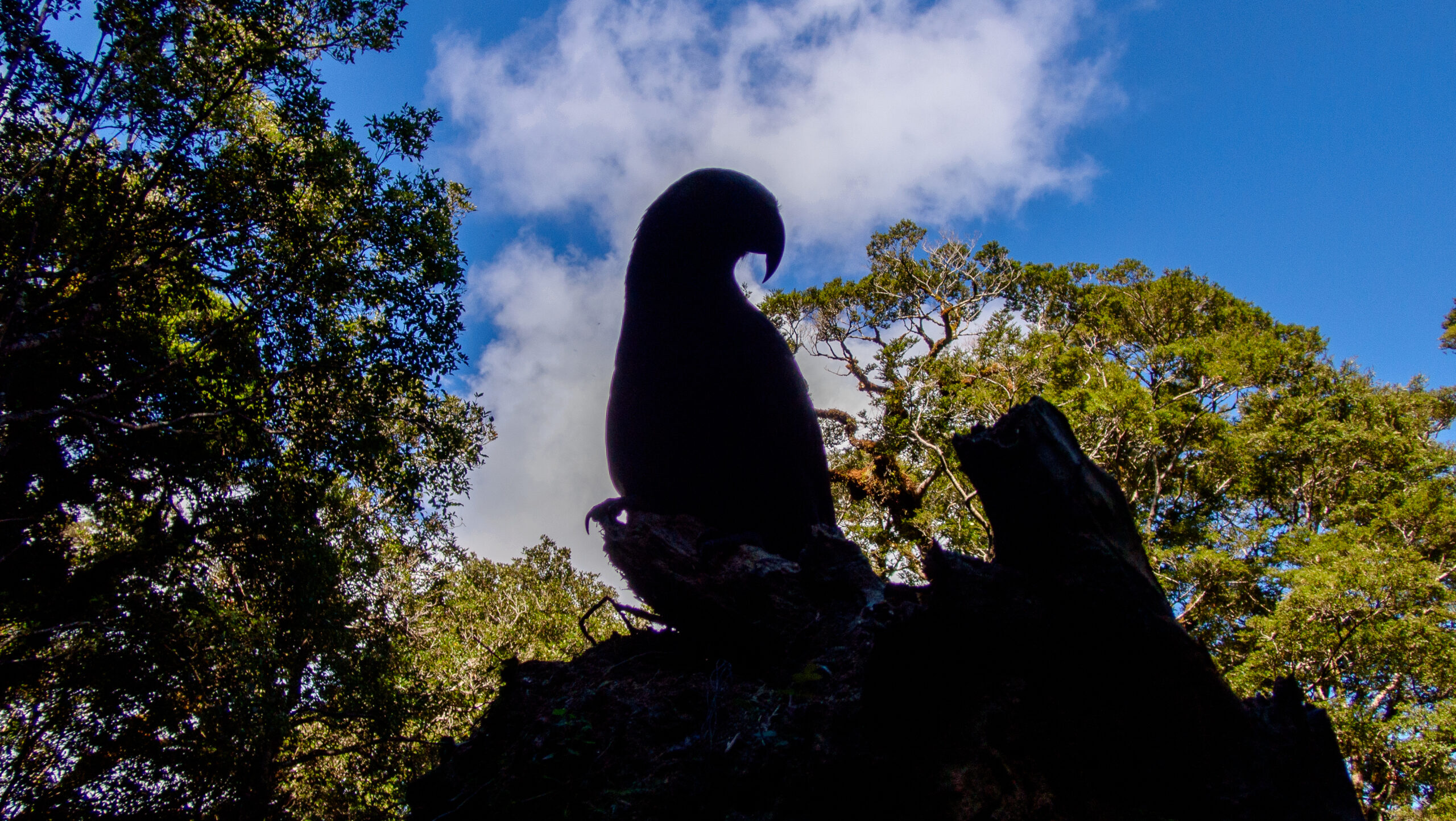

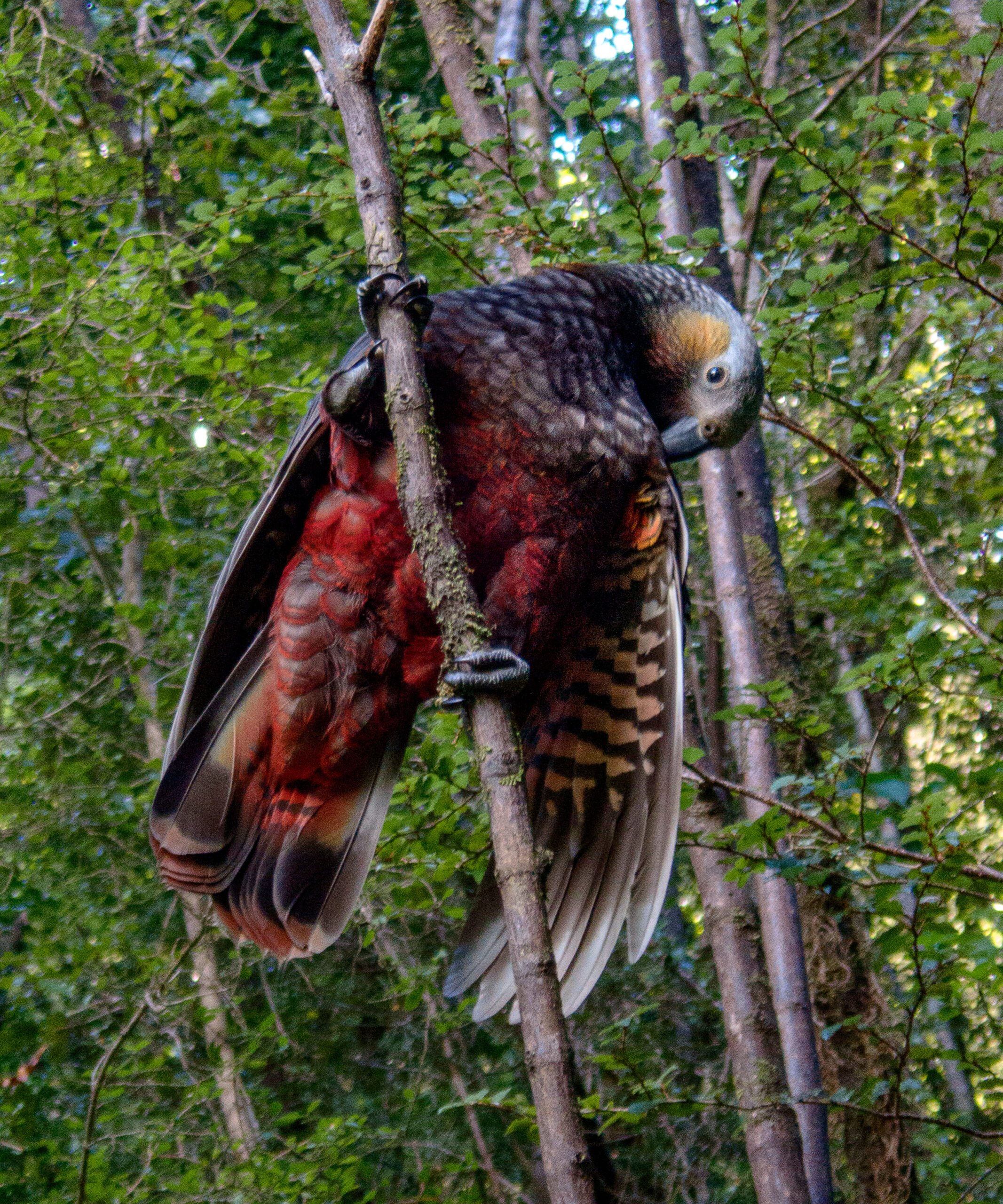
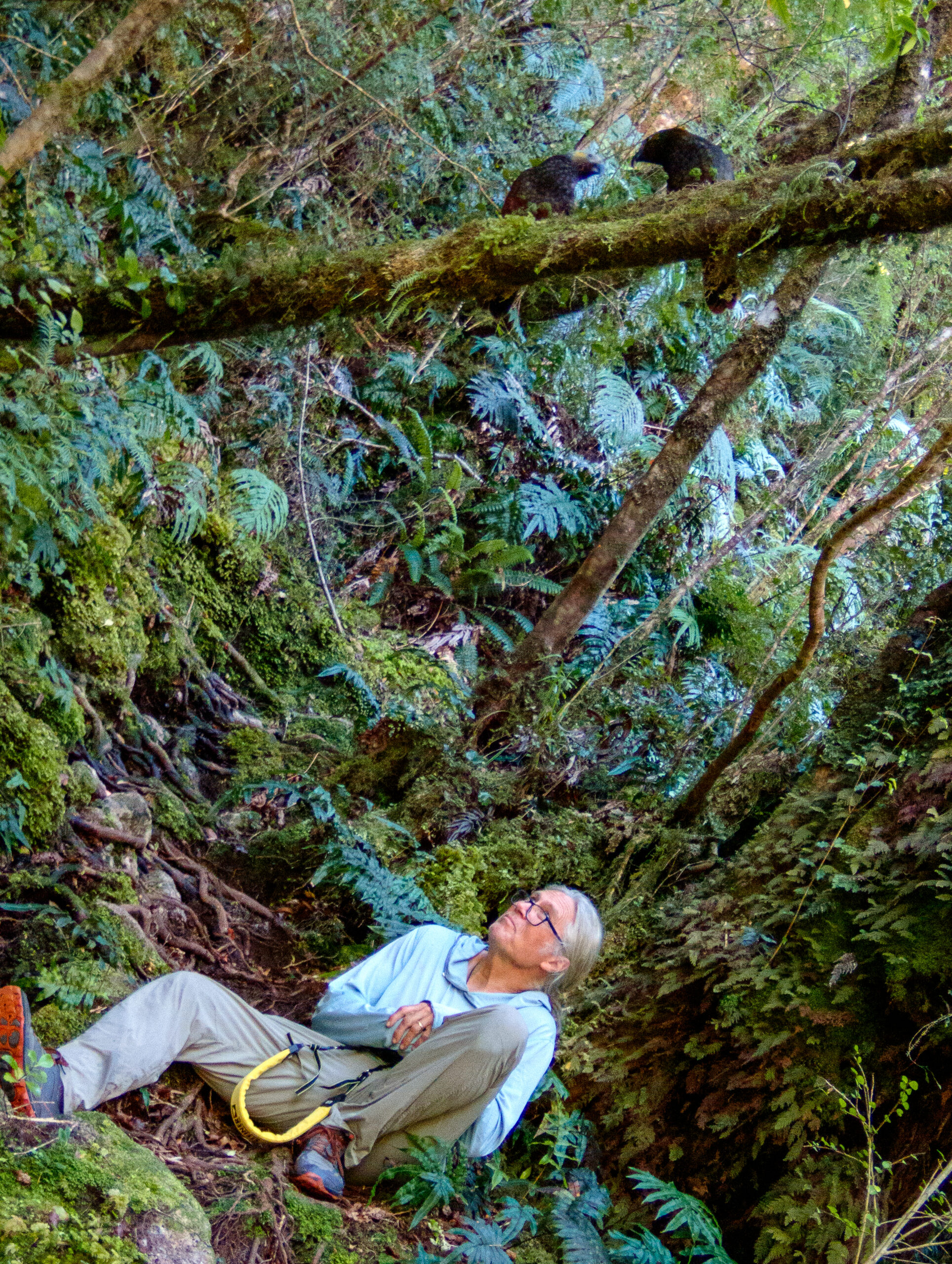
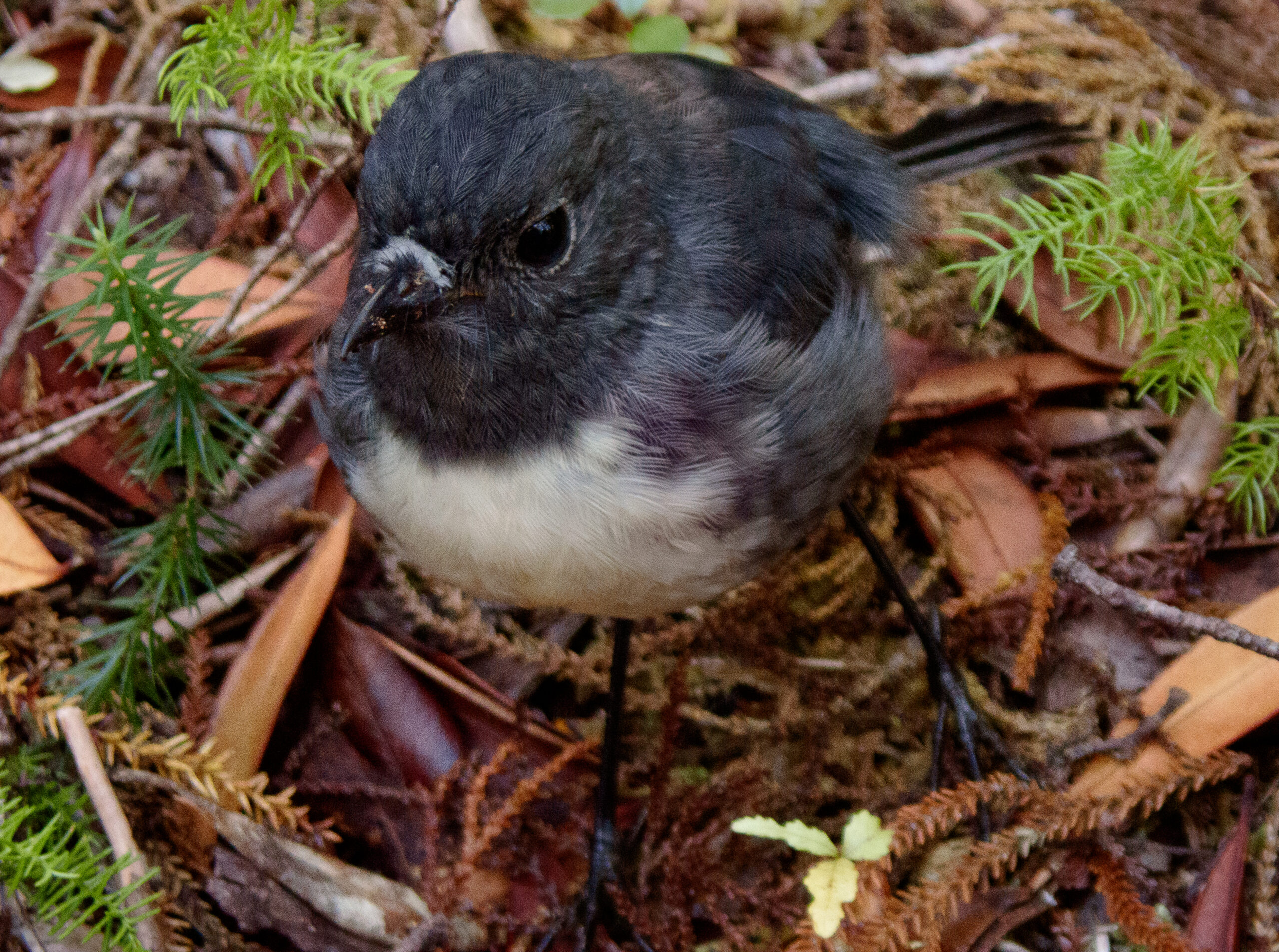


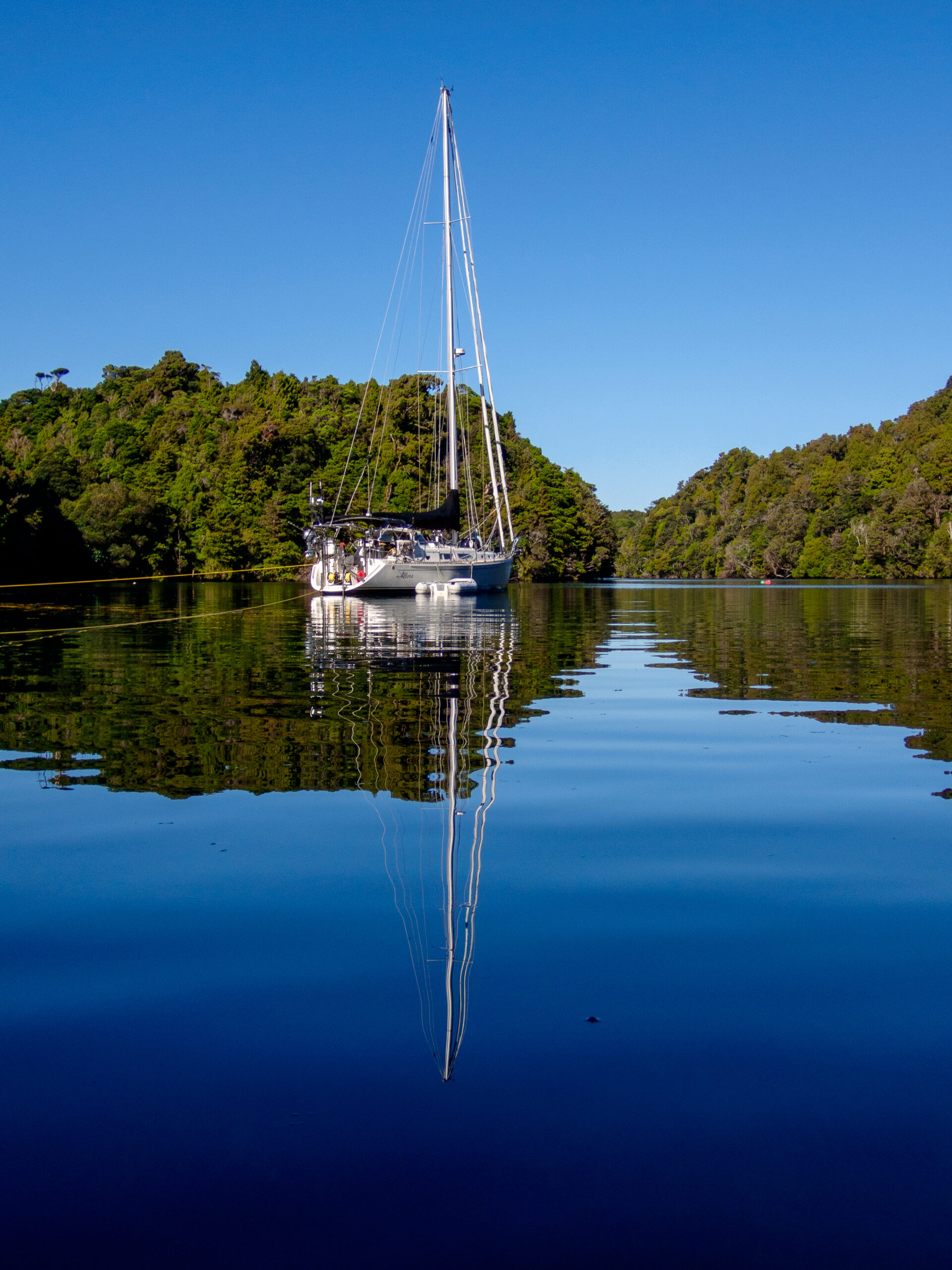

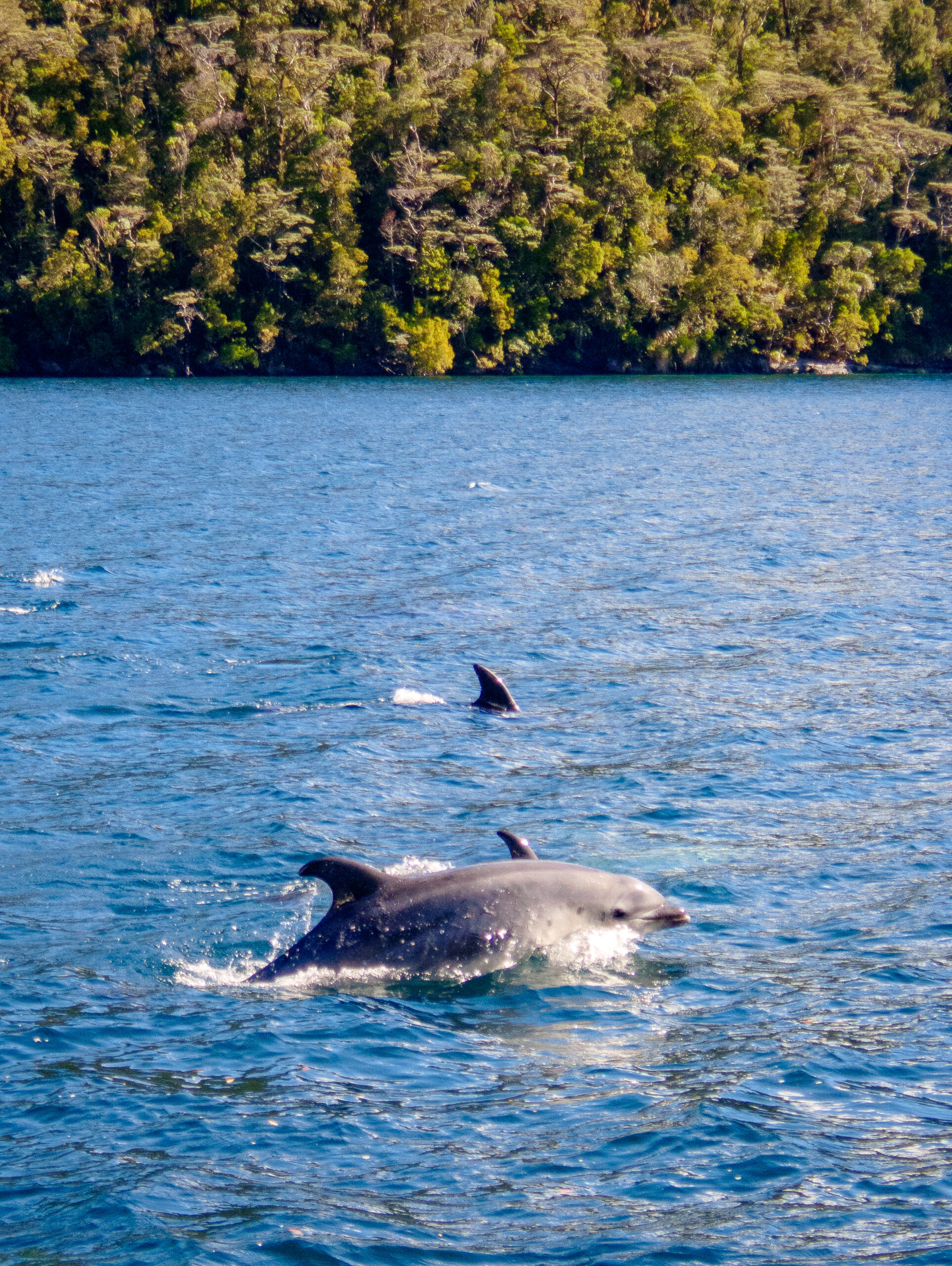
Fanny Cove, Dusky Sound
It was still when we arrived after the move from Anchor Island. Along the way we enjoyed the company of some of Dusky Sound’s residence Bottlenose dolphins, and stopped for a closer look at a waterfall, a hundred feet of depth under Allora’s keel a boat length or less from shore. We ate some bread that Diana pulled from the oven just as we entered the broad cove and thought about our plan for anchoring. The forecast was for twenty-five to thirty knots of northerly on the outside (a little less than the full Pusygar gale which prevails three hundred days out of a year), but all the models showed much less fifteen miles inland form the open sea. Still with the wind and williwas, we didn’t really know what we might get. The dramatic cove with the huge granite wall of Perpendicular Peak at the head is much bigger than in looks on the chart. The opposite of intimate Luncheon cove. We dropped in 60 feet of water and laid out all of our 100 meters of chain at a shallow angle along the shoreline, still sitting in thirty feet of water but with rocky shallows close by. Our first line would not really hold us off, and we ran a second as the wind came up and it was clear that the topography of cove seemed to twist the north wind with just a hint of west in it to solid west, coming at Allora from the port side and pushing us toward shore. The cove is big enough for a reasonable bit of fetch too, but the water on the east side is just too deep. Already worn out from setting the first two lines we debated putting out a second anchor from our midships cleat, but we worried about dealing with picking it back up if things got rough and we hand to move. We finally settled on putting out a third shore line using forty feet of chain to tie around a rock and pulled that up tight. By then the wind was pushing us with gusts of 18 knots. It went against every sailor instinct to be holding off a lee shore this way, but as long as our lines held it would take some mighty force indeed to drag 100 meters of chain and an anchor uphill. A power boat came in, and poked around on the east side and dropped anchor along the east side which we thought was too deep and we briefly wondered if we’d read the situation wrong (having no advice in our books about where to anchor in this broad open cove). But then they sent a dinghy over and we recognized the driver as he approached. Junate! from Hokey Pokey, a catamaran we knew from Papeete and the Gambier! We shared a brief excited catch-up about the last three years before he headed back. They’d also decided that it was too deep to anchor on the more protected east side and were zooming off (as only a power boat may) to find a mooring in another cove, much too far away for us to make before dark. And we were left alone with the wind, checking our shorelines and worrying how much more the night would bring. Just before dark the wind gusted to the mid twenties and Allora settled back about fifteen feet closer to shore than she had been. Our starboard shoreline went momentarily slack and the depth rose to twenty five feet. It began to rain. We donned foulies and went on deck ready to take more drastic action if it turned out that our anchor was actually not holding. We tightened up the breast line chained to the rock to pull us out into deeper water, and checked the GPS. We finally decided that the low tide had allowed some slack in our chain which the gusts shook out and we were holding fine. We made sure the dishes were away and everything was ship shape for the night, just in case, and then the wind quit completely, the rain settled in gently. In the middle of the night we woke up to an amazing stillness, just the finest pitter patter of rain. Light from a still nearly full moon softly lit the stunning granite faces that guard the entrance to the cove and the fine rain softened their reflection in the still water. It felt like a big reassuring landscape hug for a wonderful, still, uneventful night of sleep. ~MS
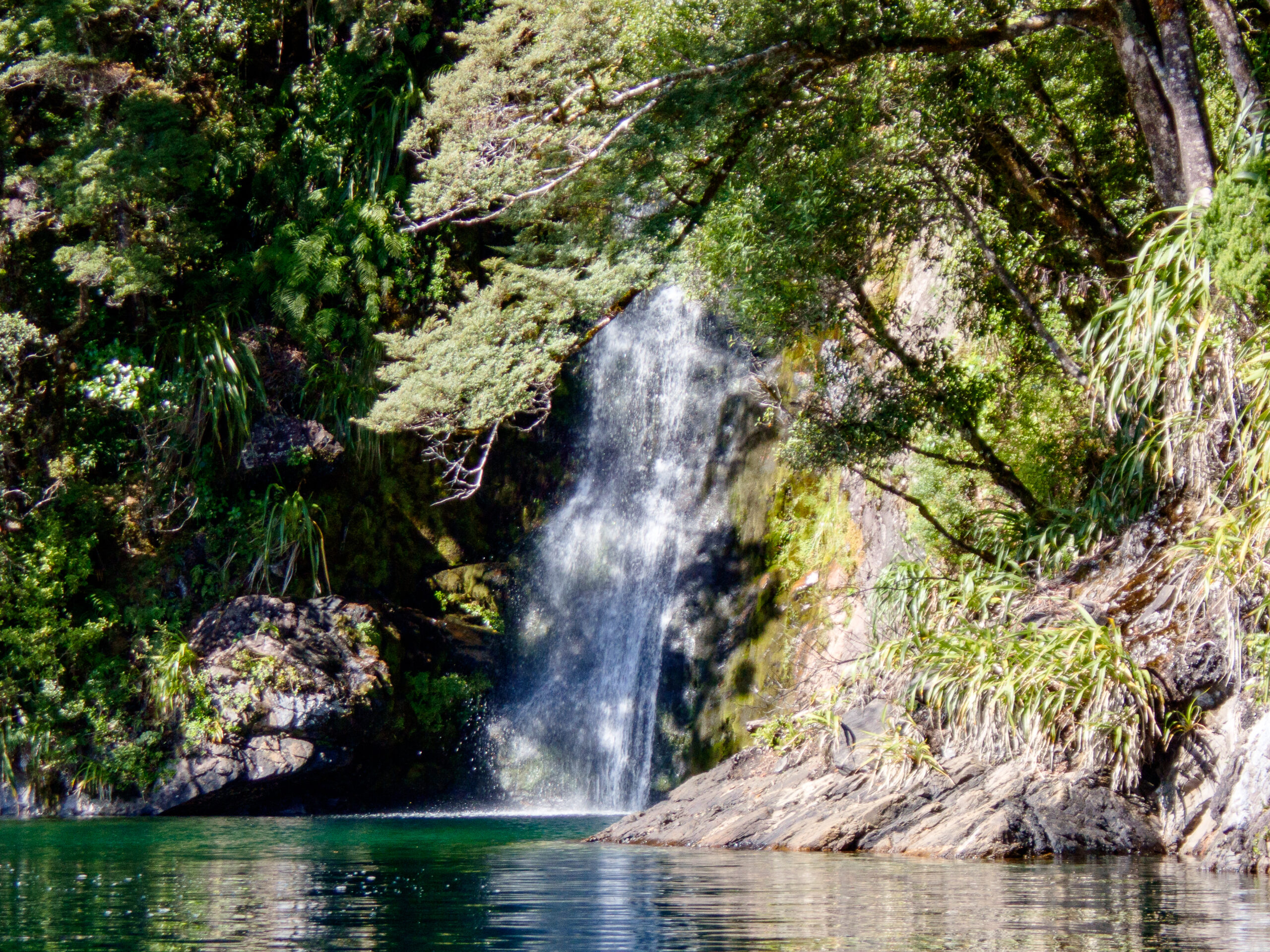


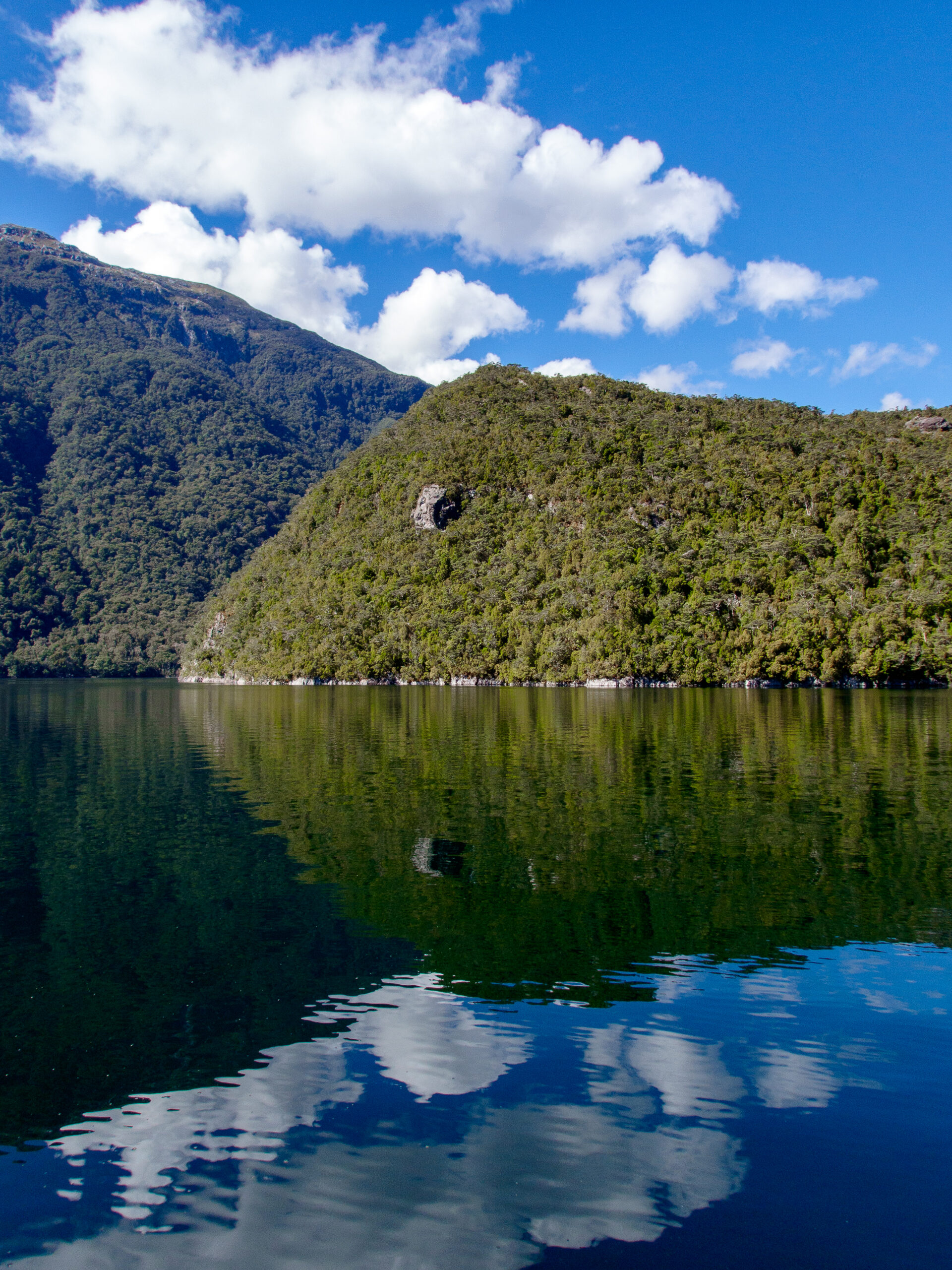
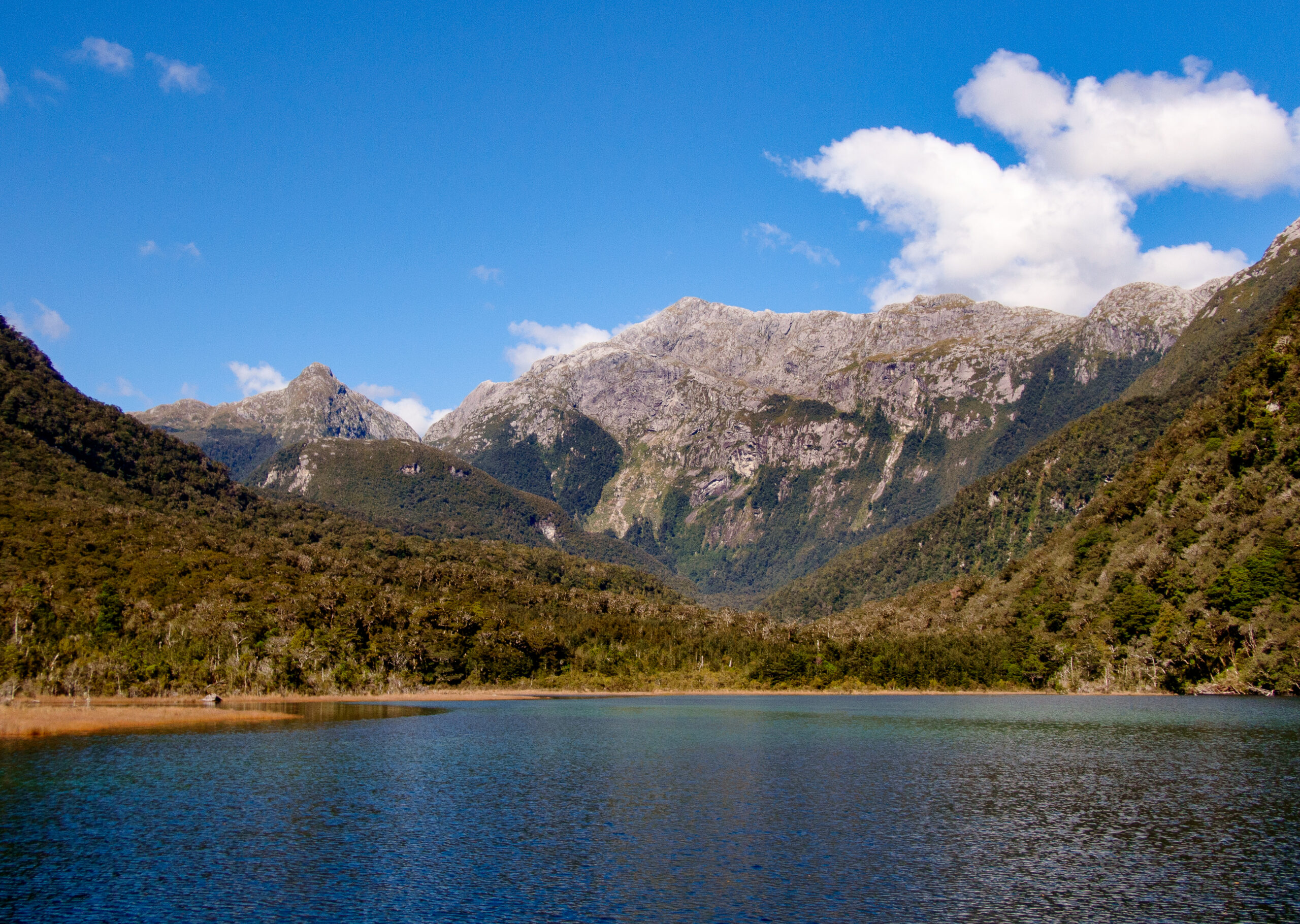


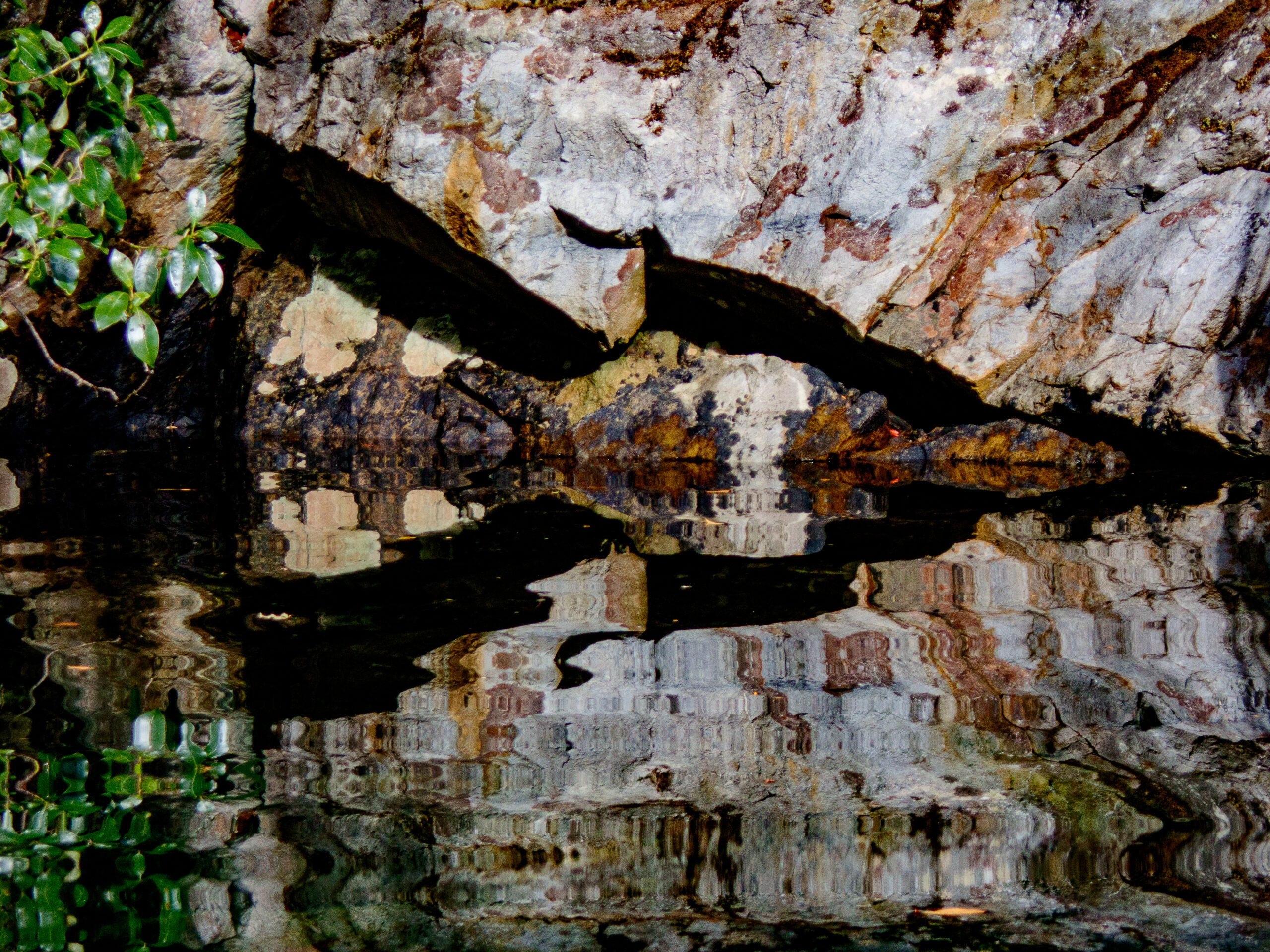
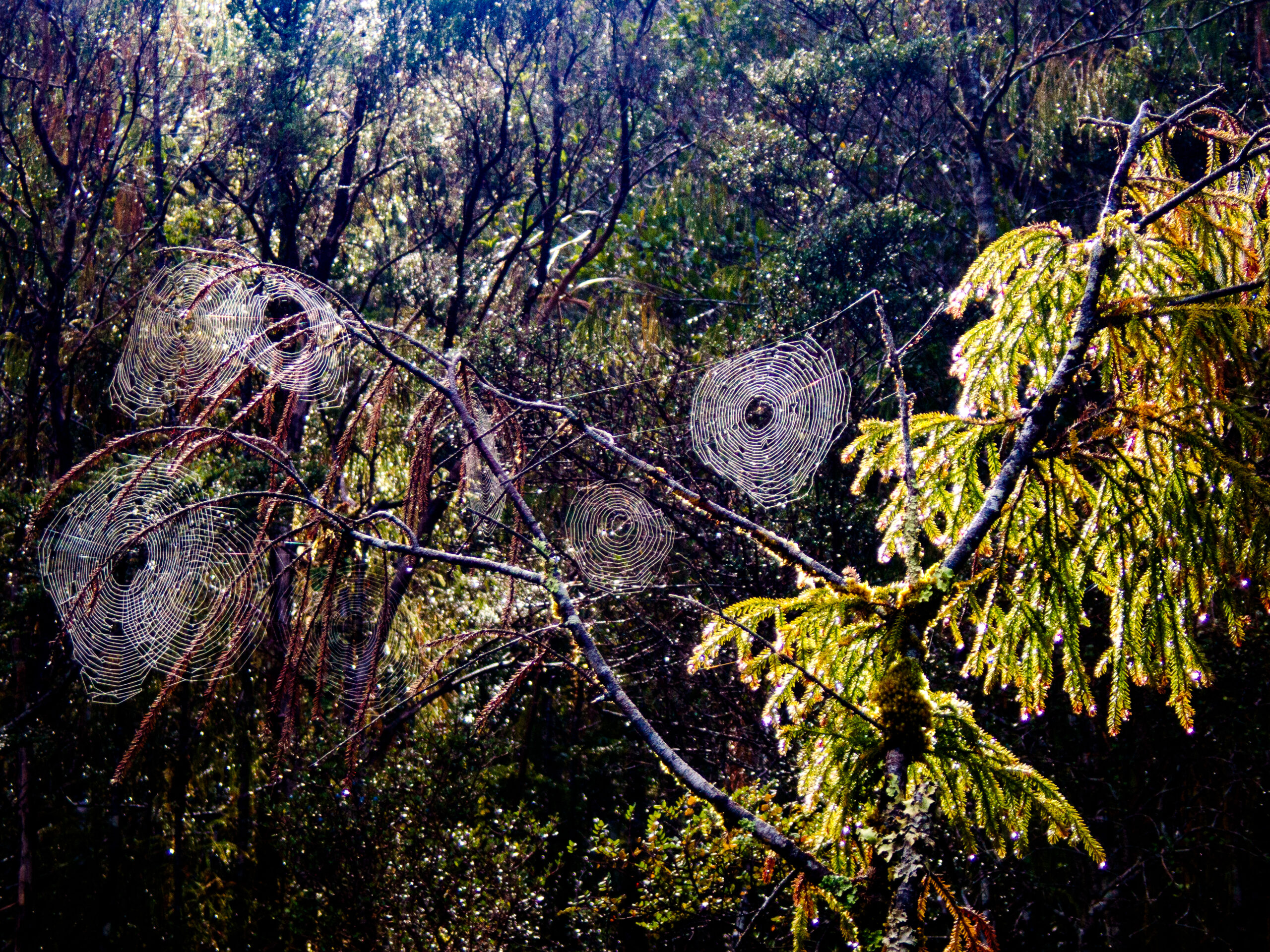
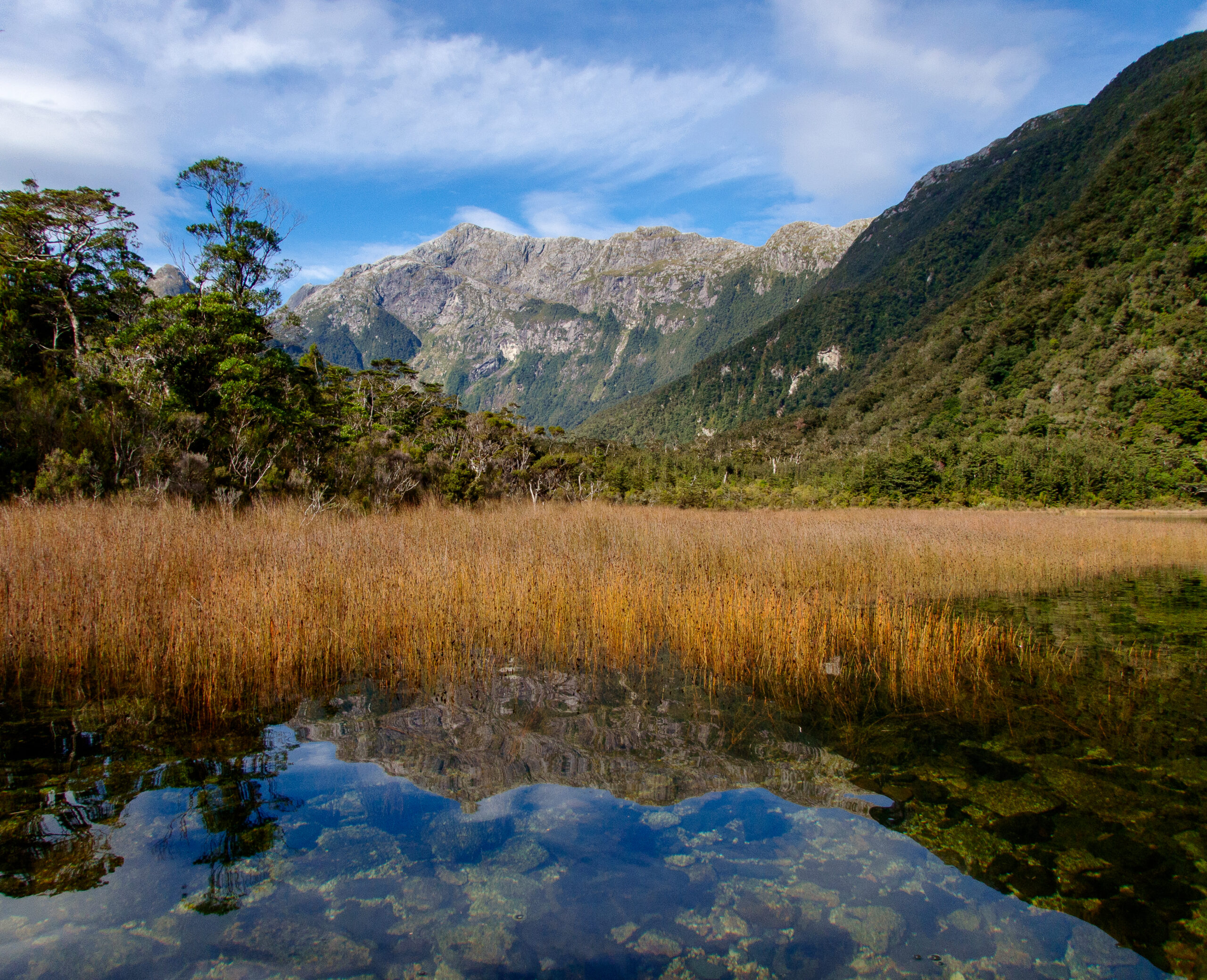


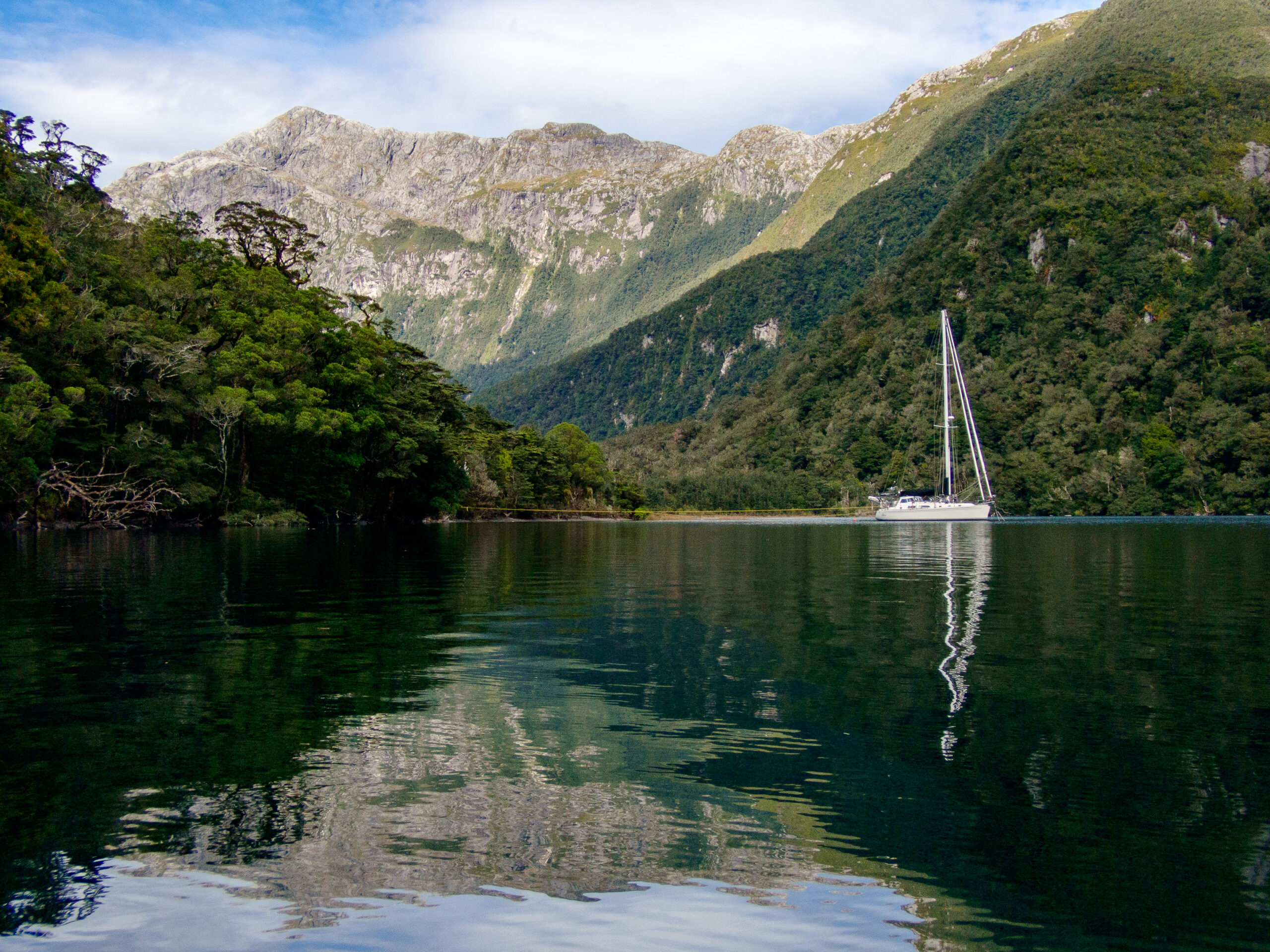

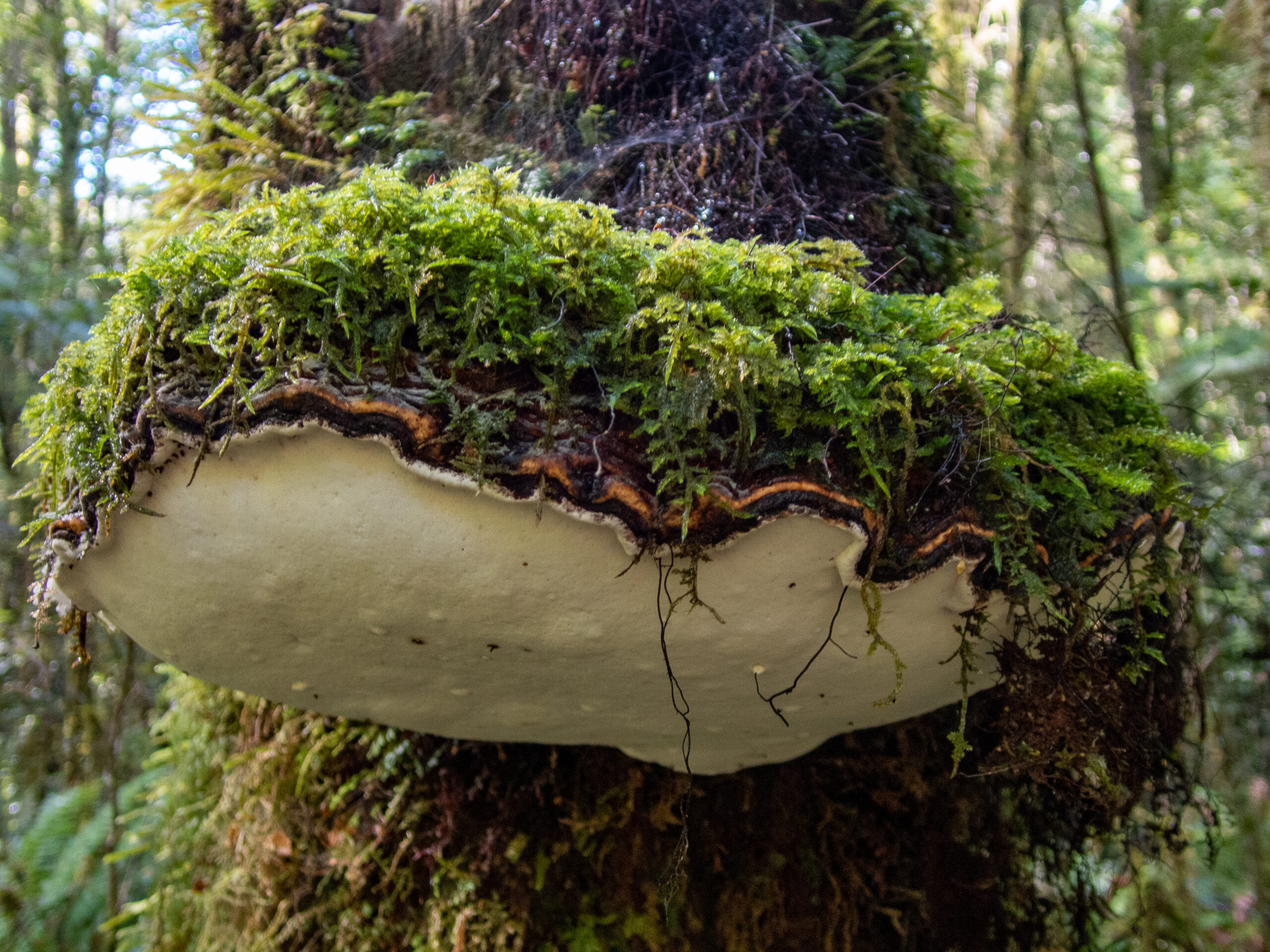
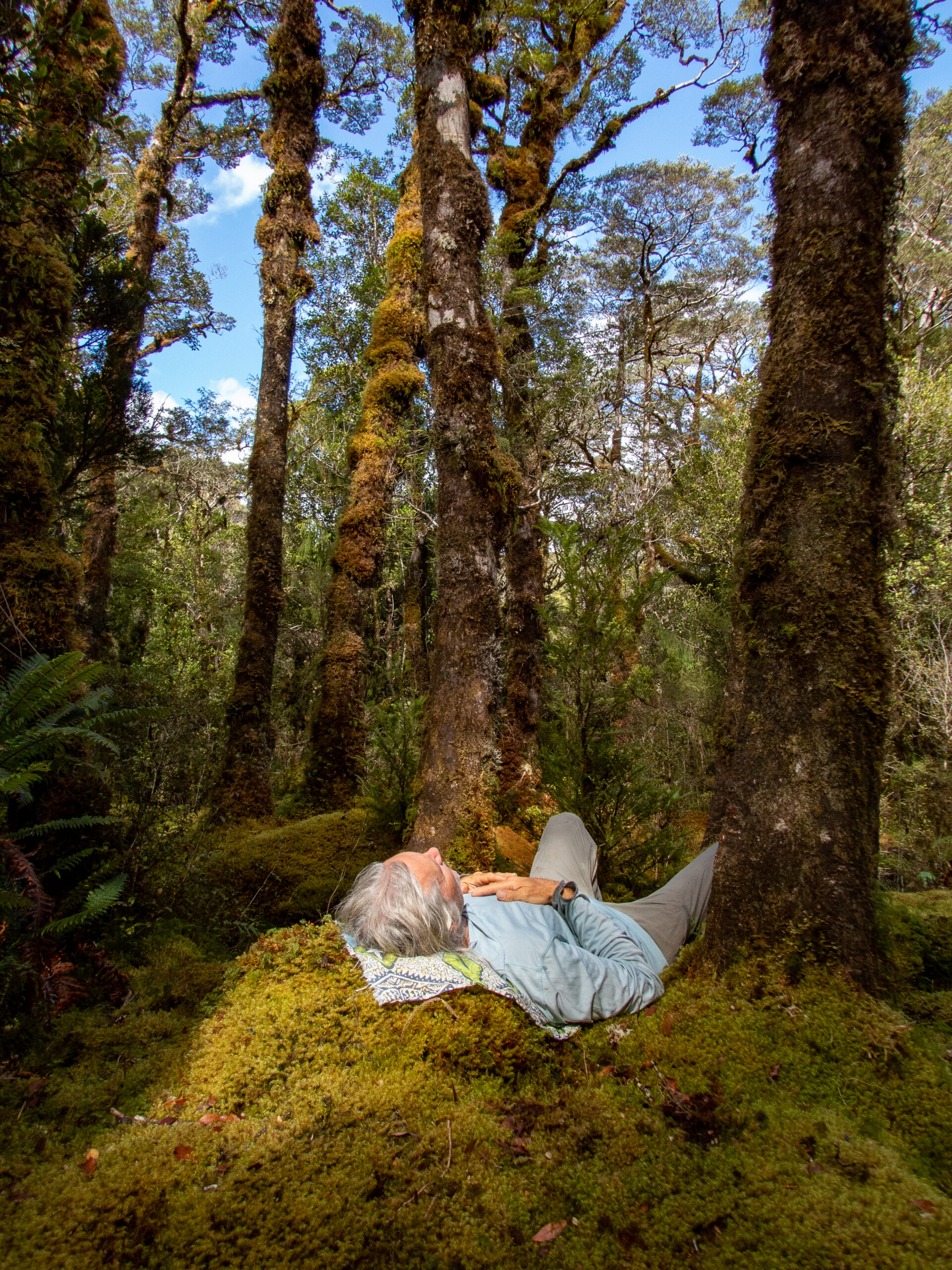
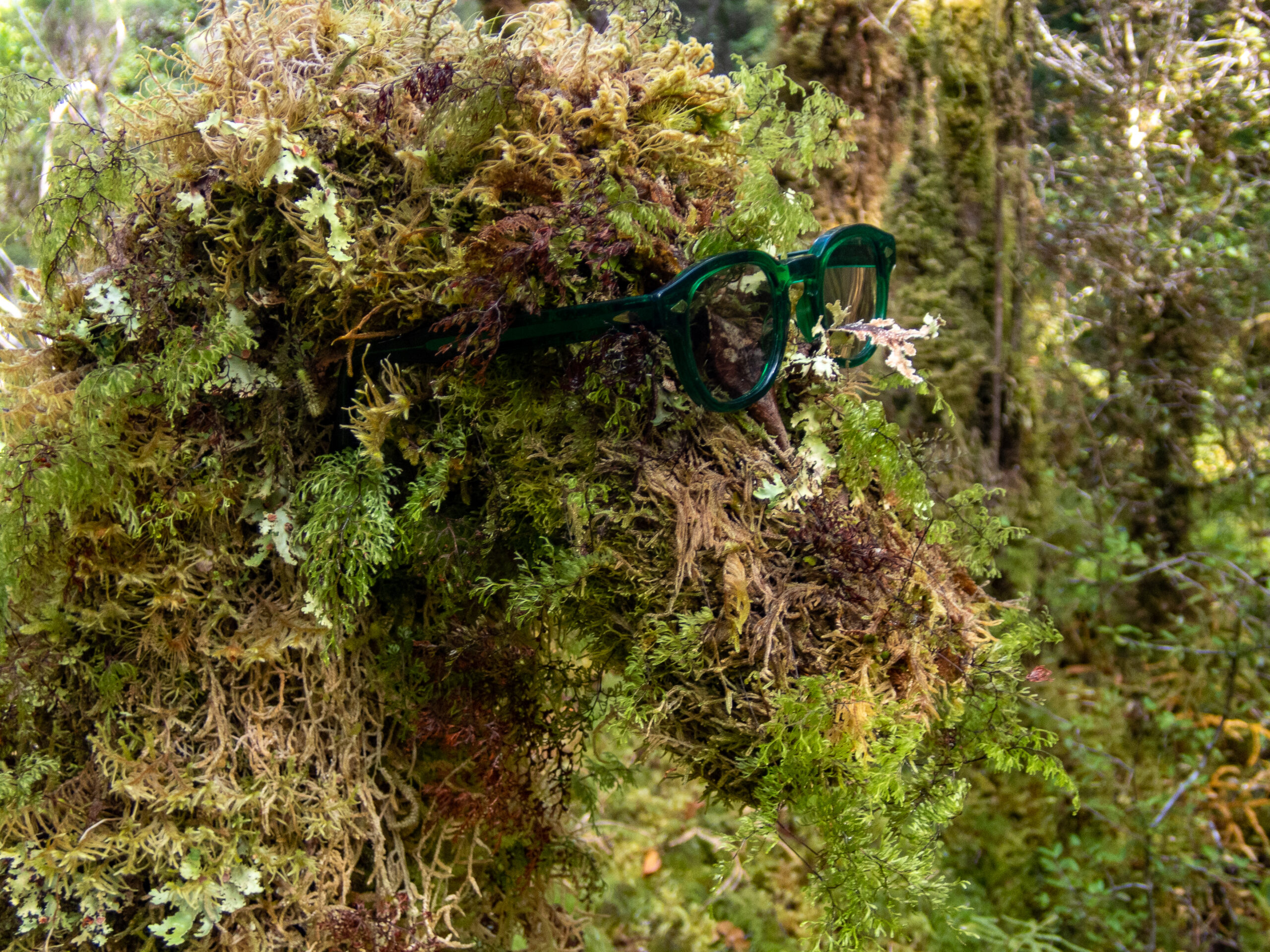


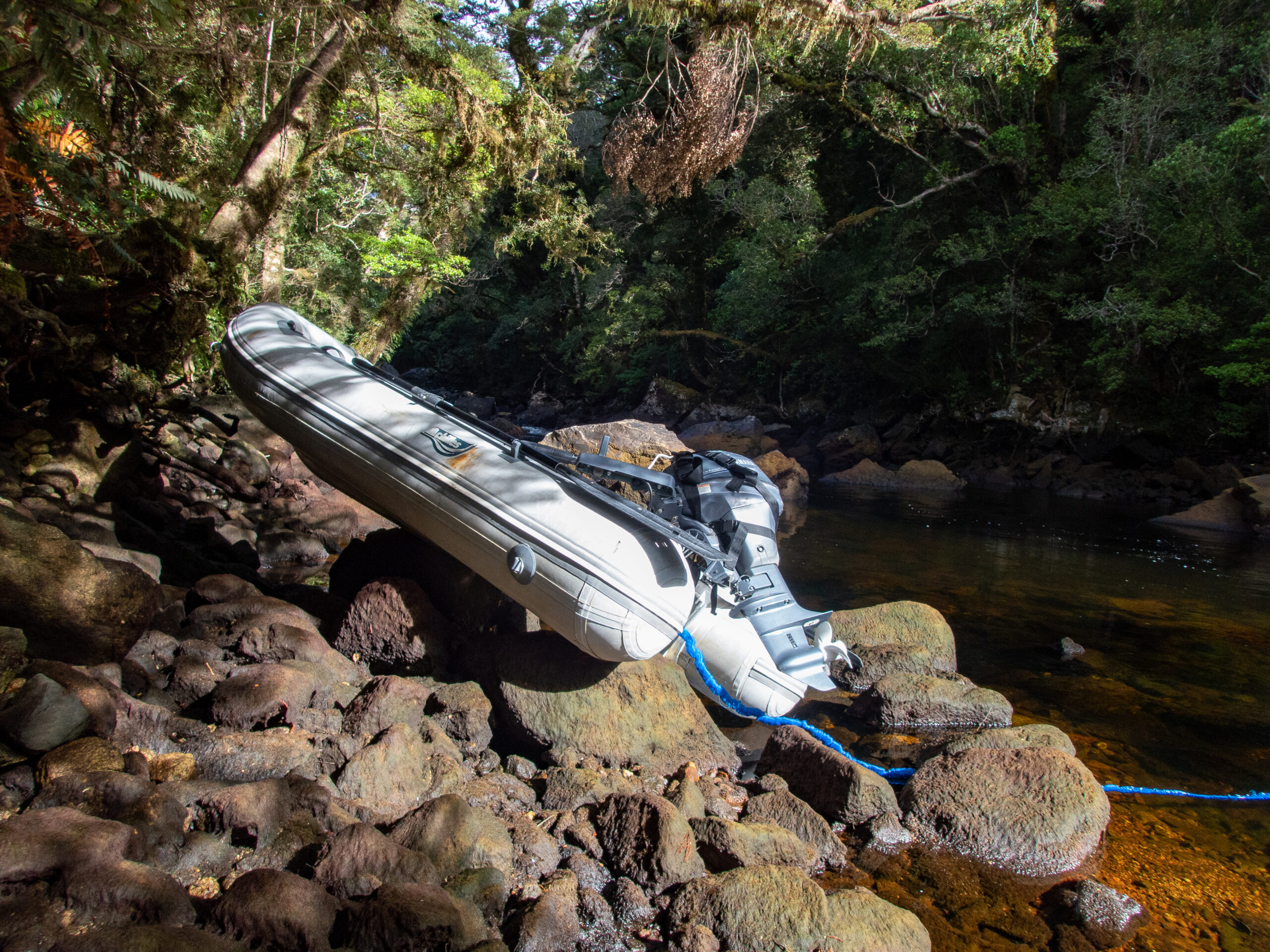

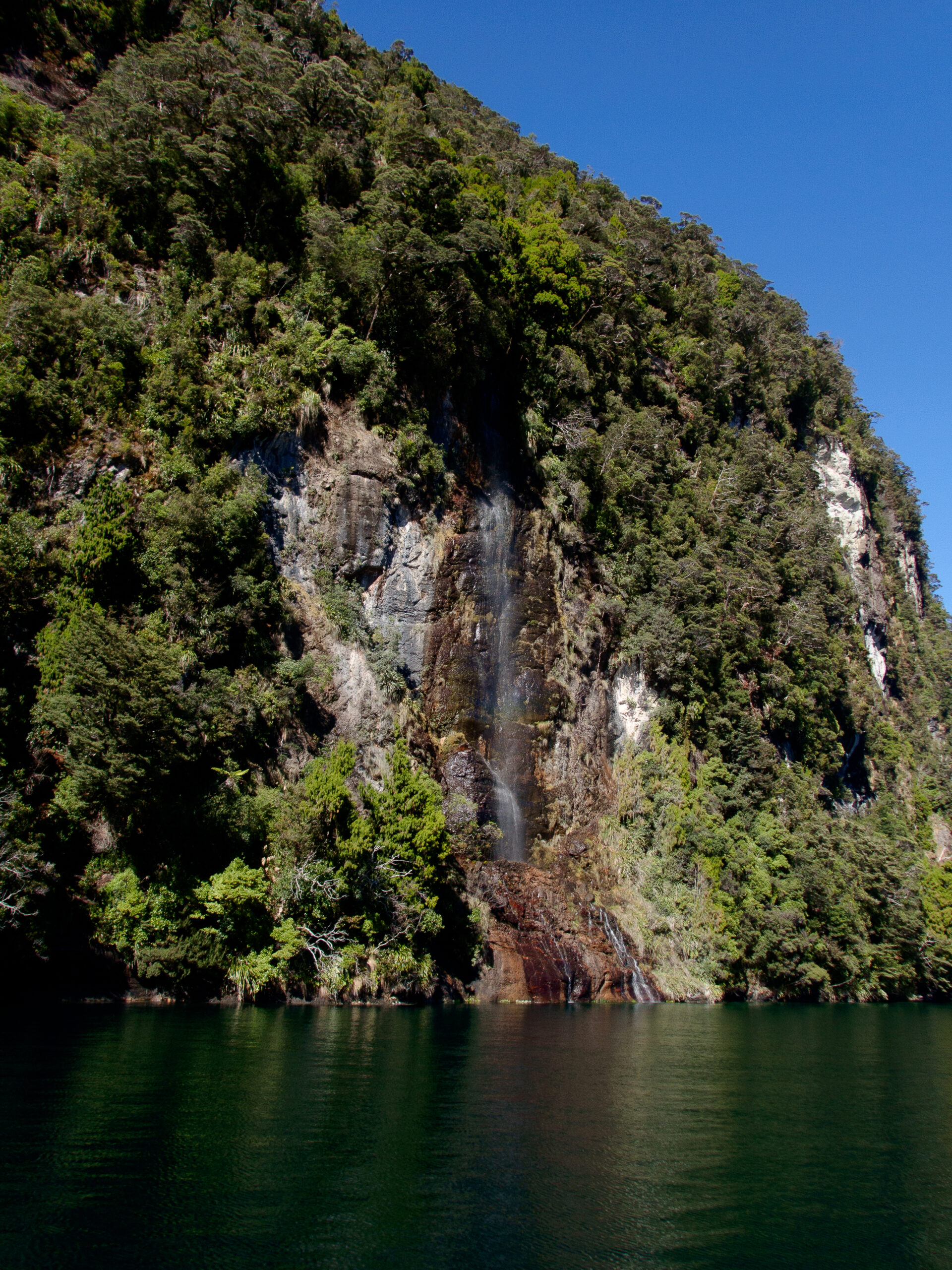
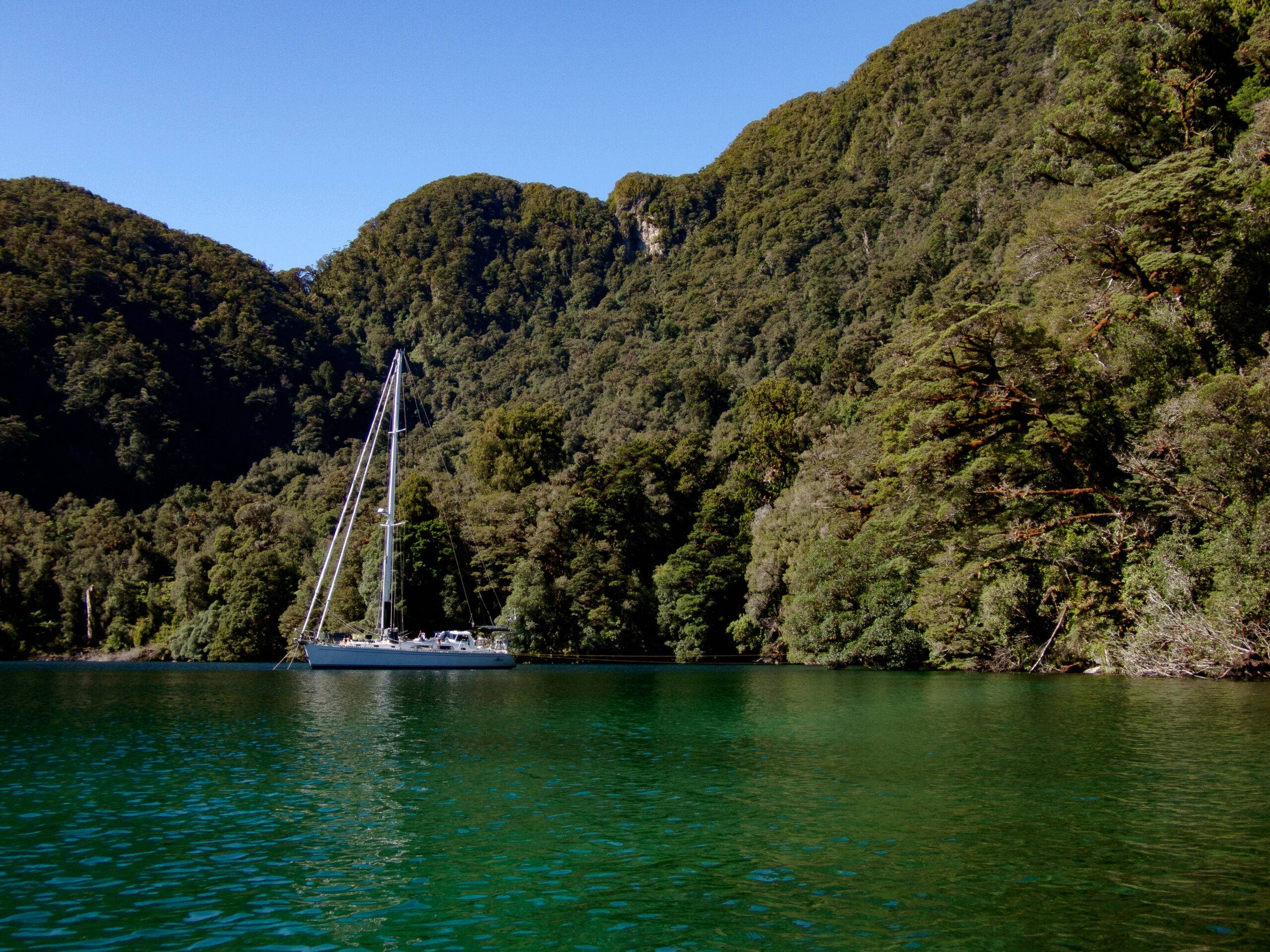
Seaforth River, Dusky Sound
It took us three tries to get the anchor to hold in Shark Cove. Communication from bow (Diana) to the helm (Marcus) is always a bit challenging (West Marine sells headsets called “marriage savers”). The view is different, too. We did alright for the first couple of attempted sets, but both got a little impatient and grumpy by the third. It held, and we were finally tied up, but tired and neither of us feeling great about how the teamwork had held up. There’s a lot at stake — sudden weather switches, unpredictable williwaws make it crucial to get this right. Every couple of days we get another chance to see if we can improve on our mutual desire to work together.
We got a little of a late start for the longish dinghy ride over to Supper Cove where the Seaforth River enters the Sound. It’s reported to hold brown trout! The Dusky trail slopes along the banks, through mud puddles and a podocarp forest of magnificent rimu, kahikatea, miro, mataī and tōtara trees. The river tumbles off some boulders and then flattens like a lake for several kilometers. Tea stained with tannins, spotting fish (the only way to fish in New Zealand) was tough. Ultimately we didn’t see any, though a few rocks got some very intense attention.~MS 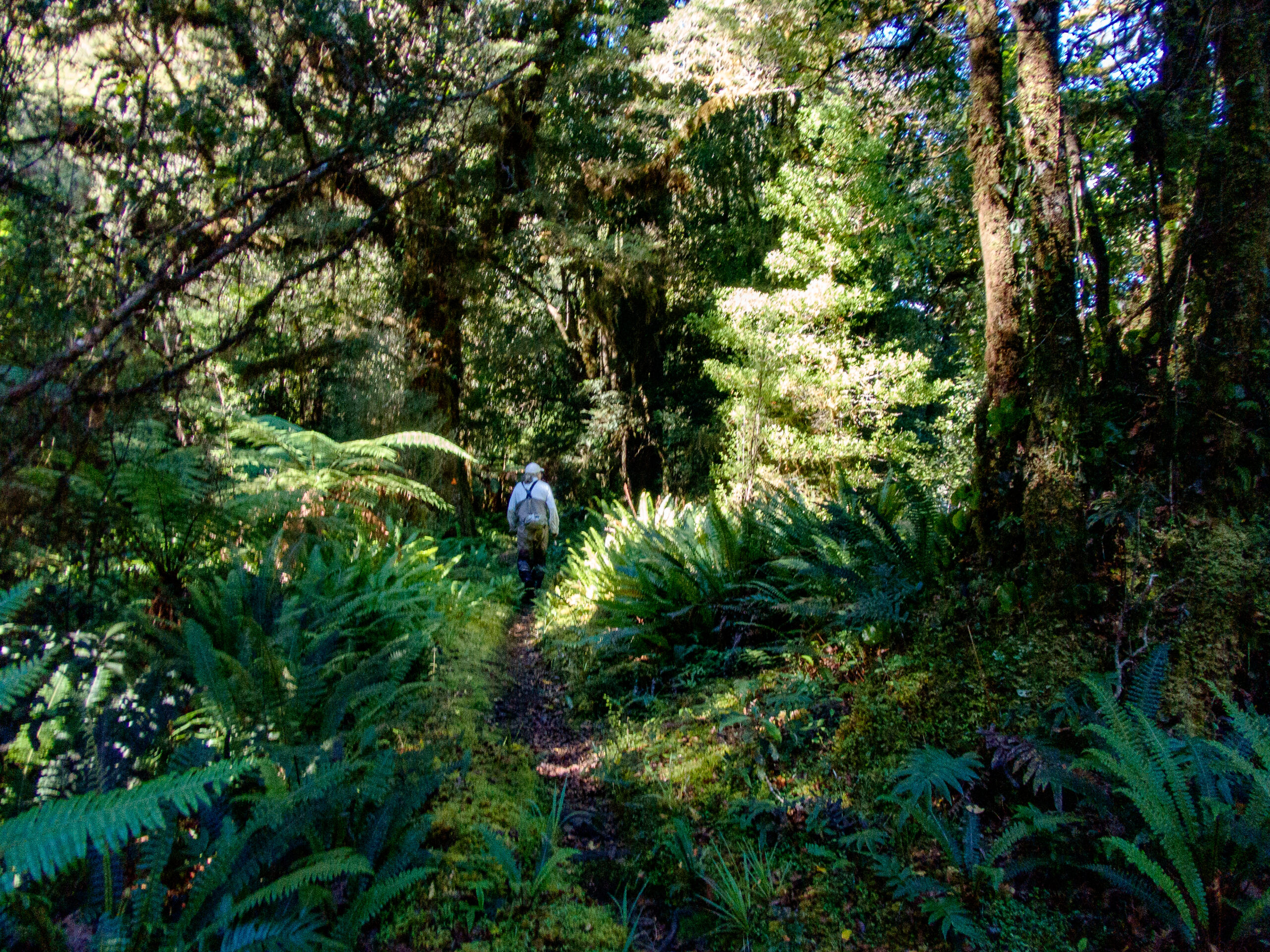 We took Namo over to the next bay, Supper Cove, to be able to hike on the Dusky Track. It’s an advanced tramper track – 84km one way, but we just did 6km and found it muddy but heavenly (not bushwhacking).
We took Namo over to the next bay, Supper Cove, to be able to hike on the Dusky Track. It’s an advanced tramper track – 84km one way, but we just did 6km and found it muddy but heavenly (not bushwhacking).
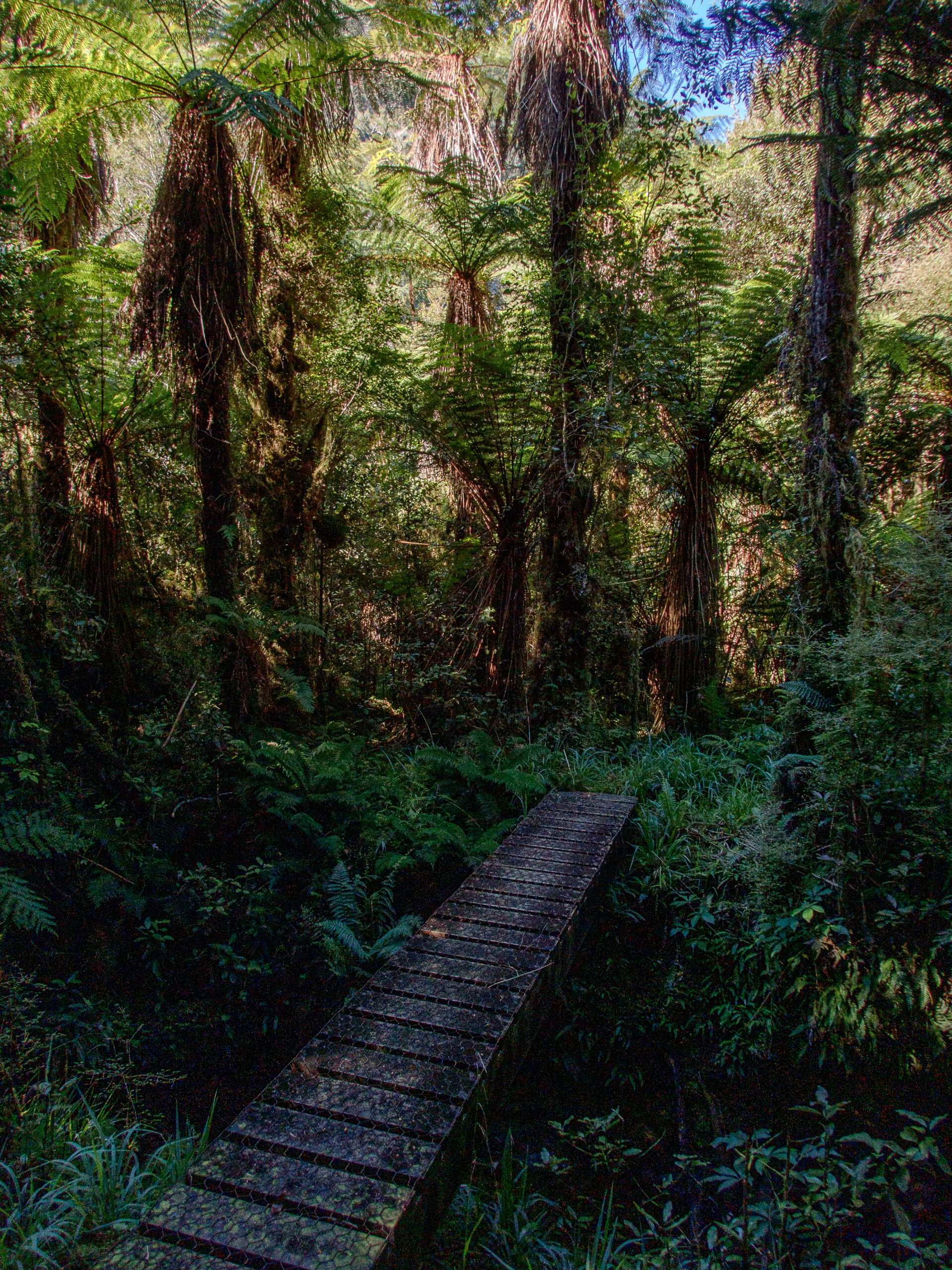

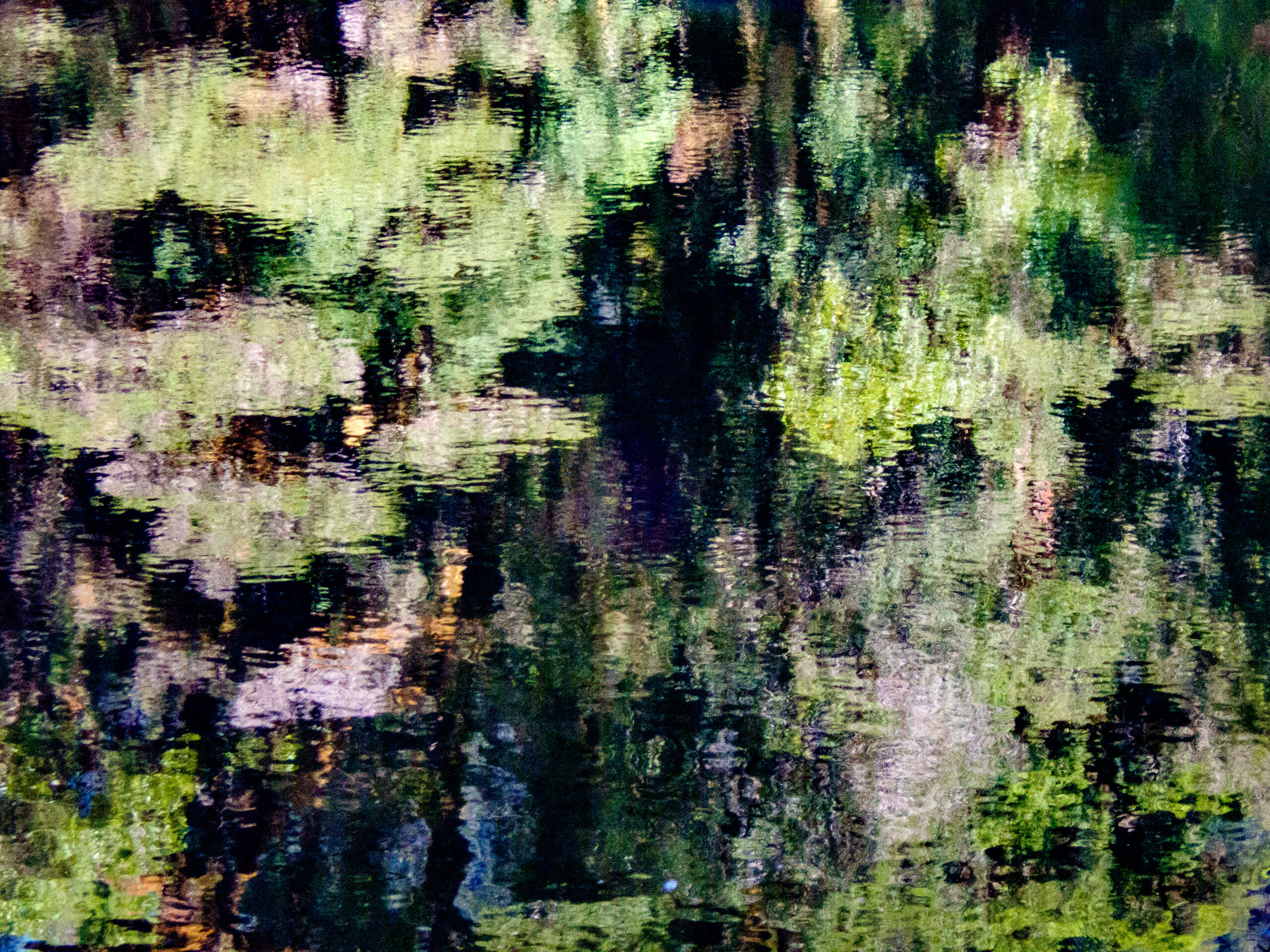


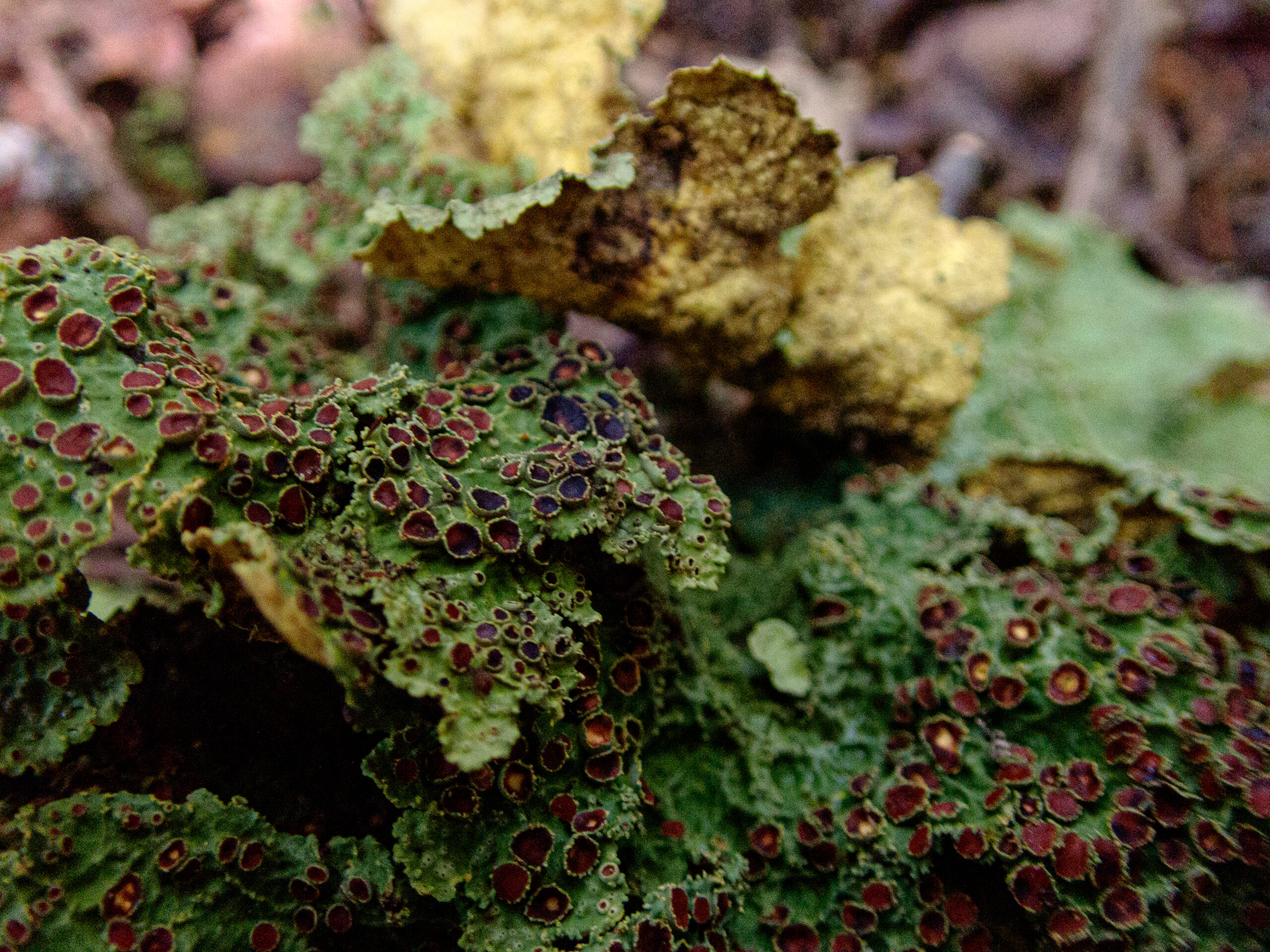
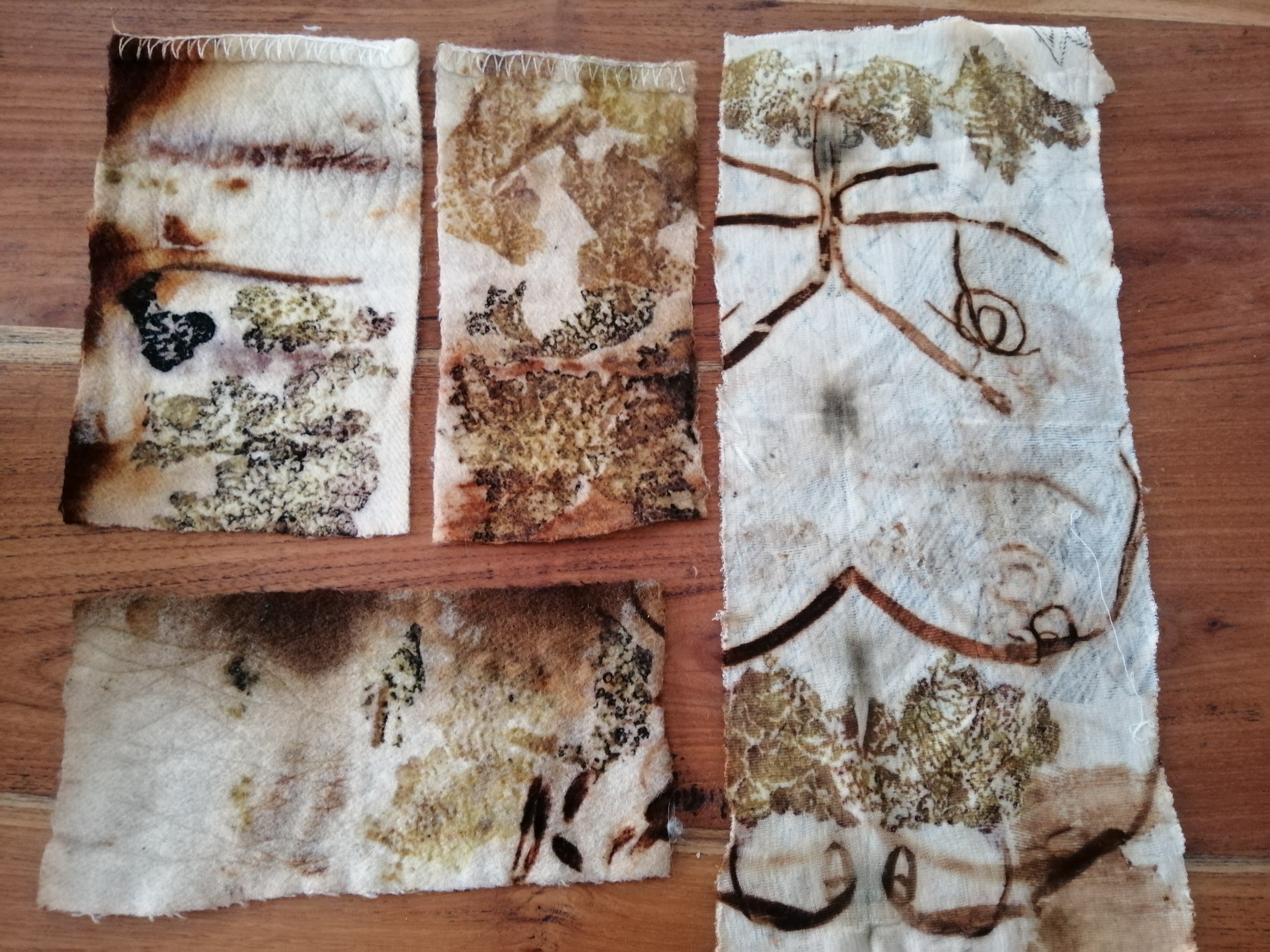
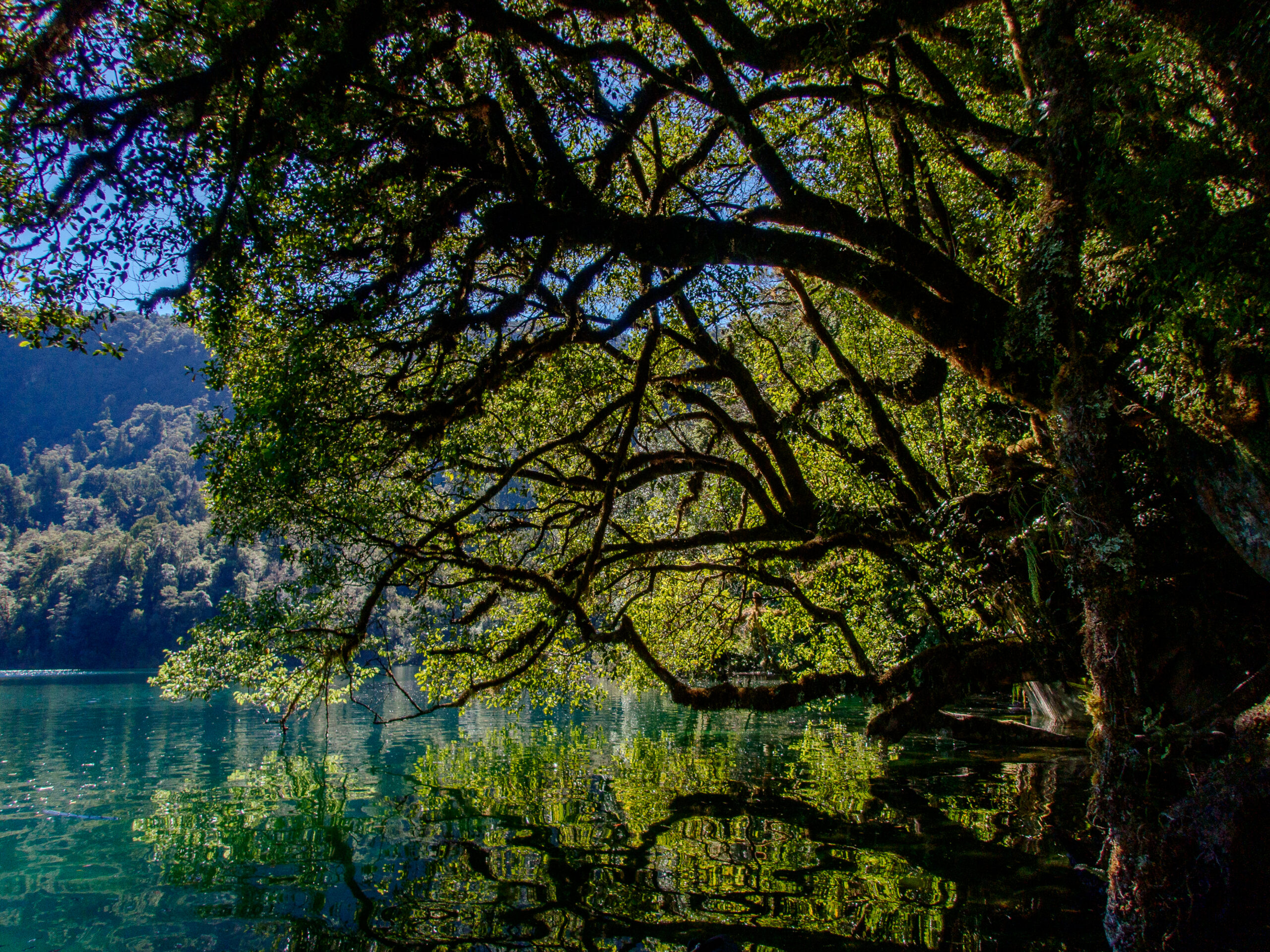
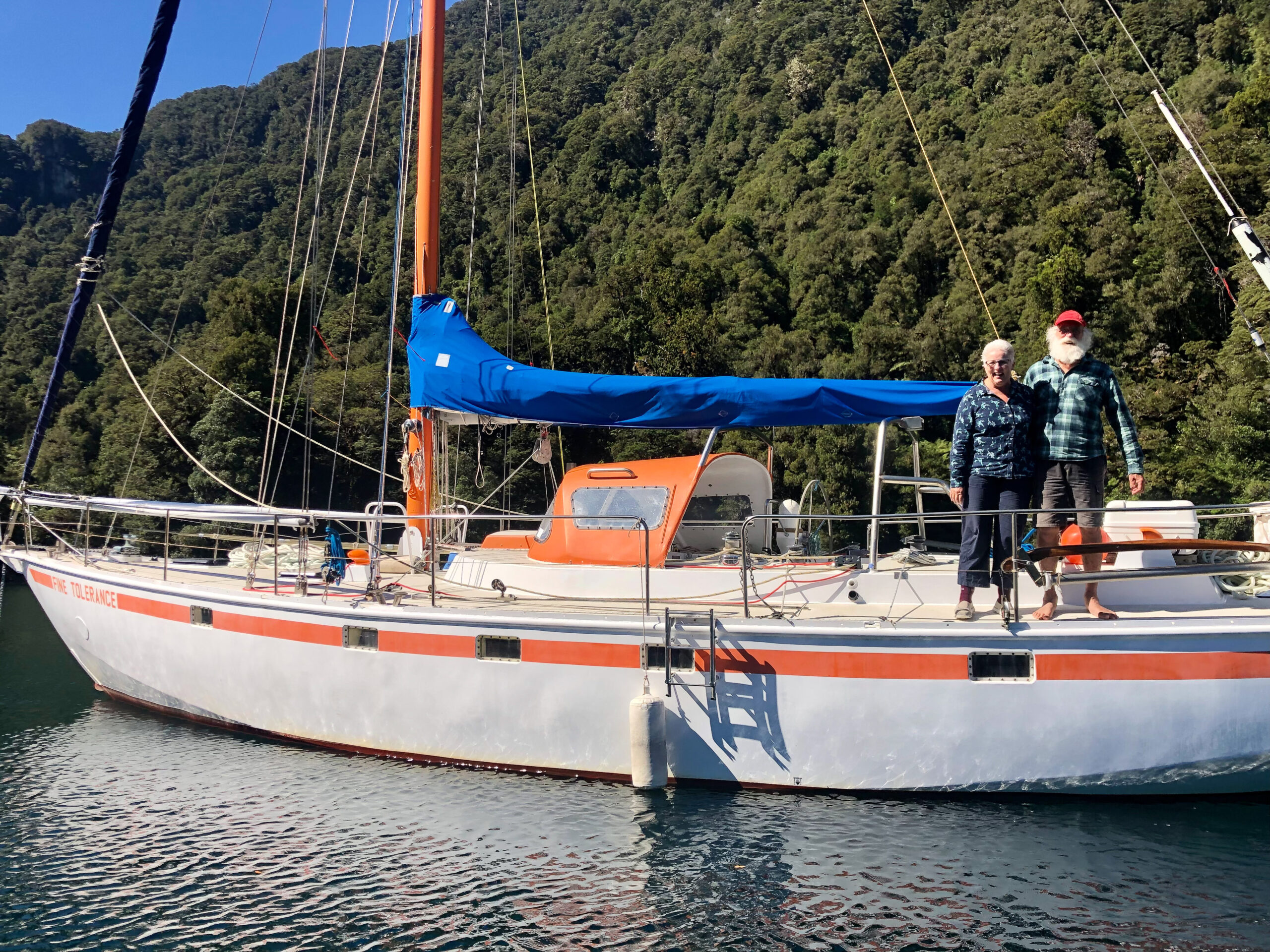
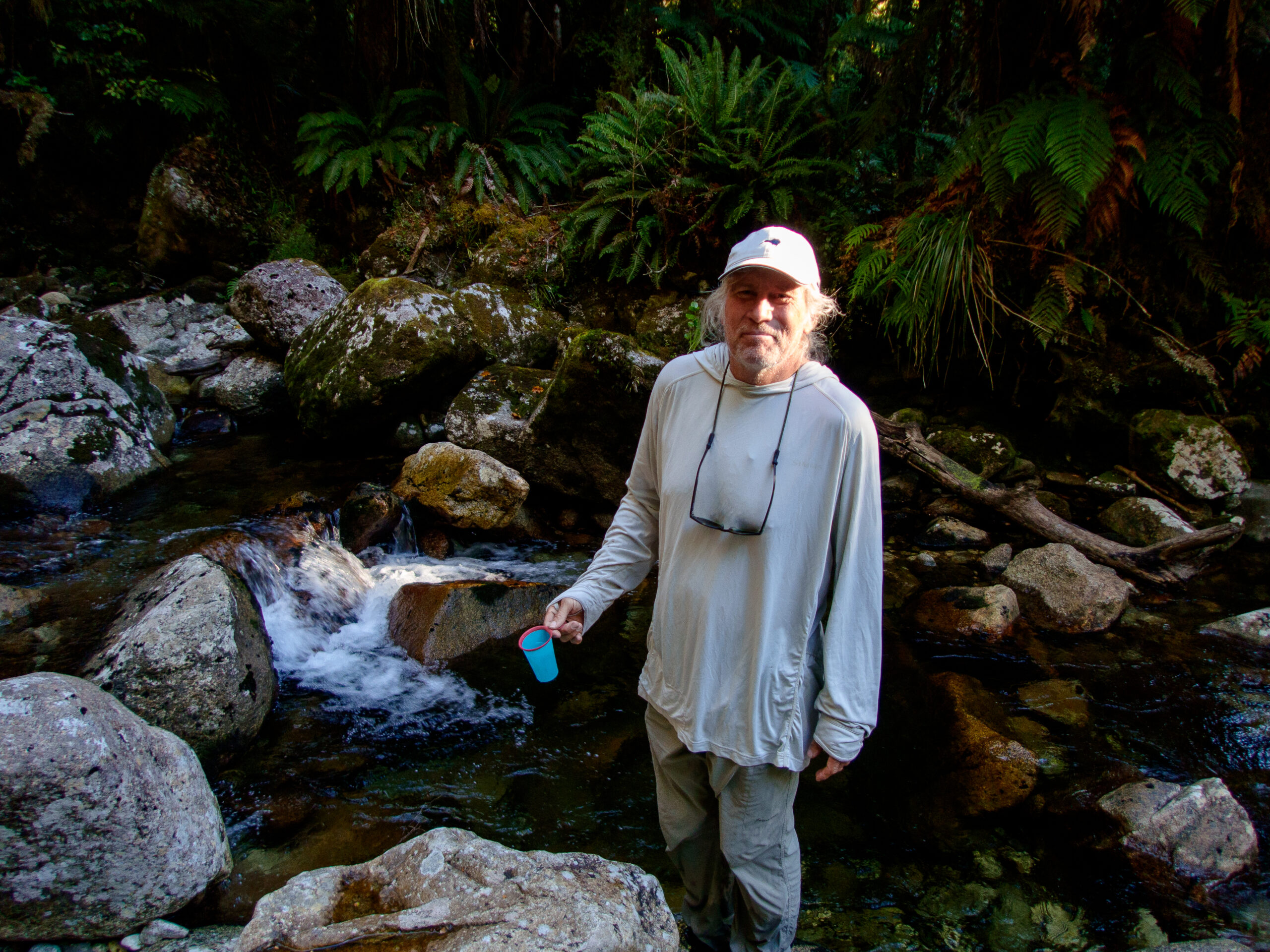
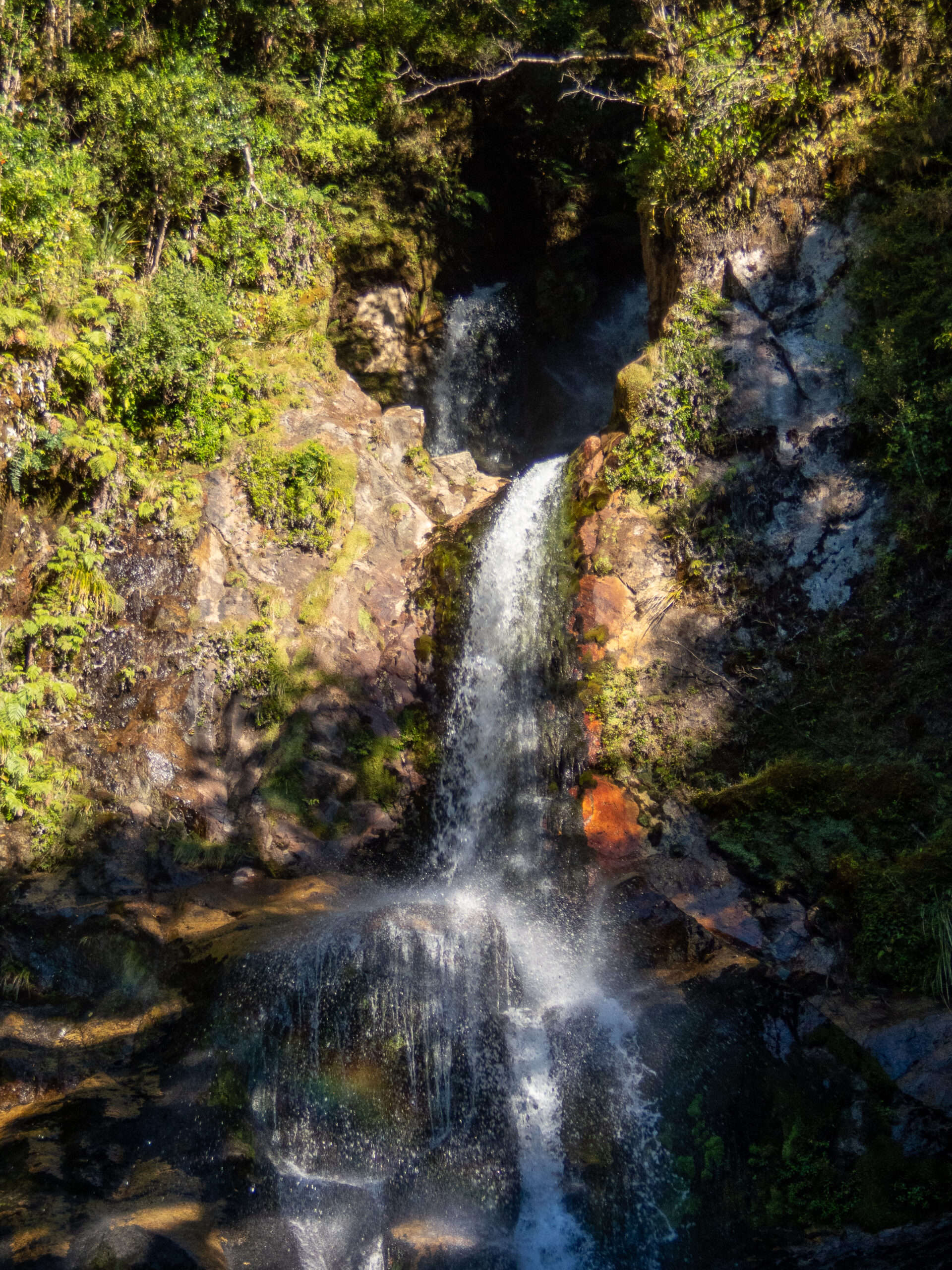
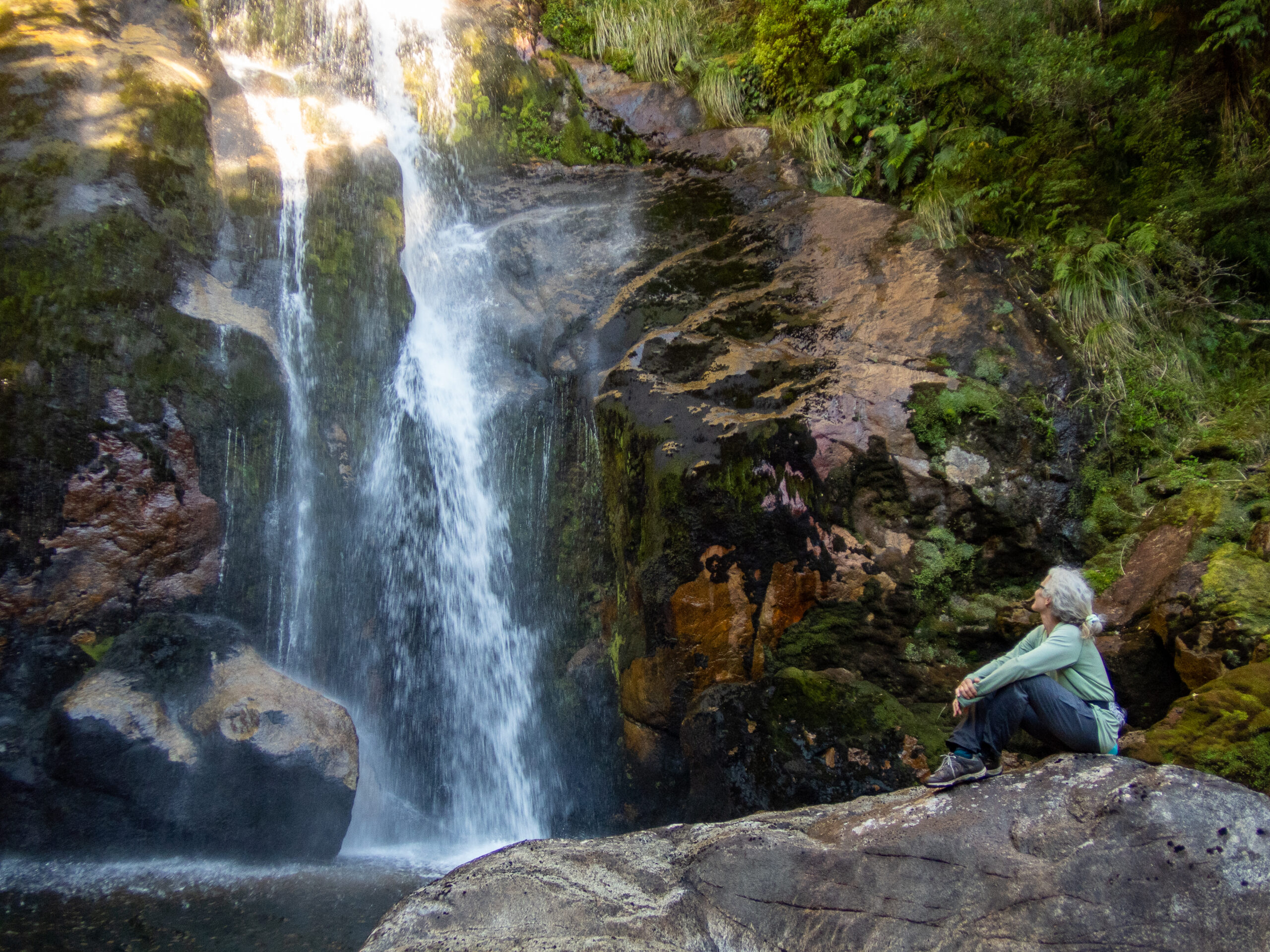
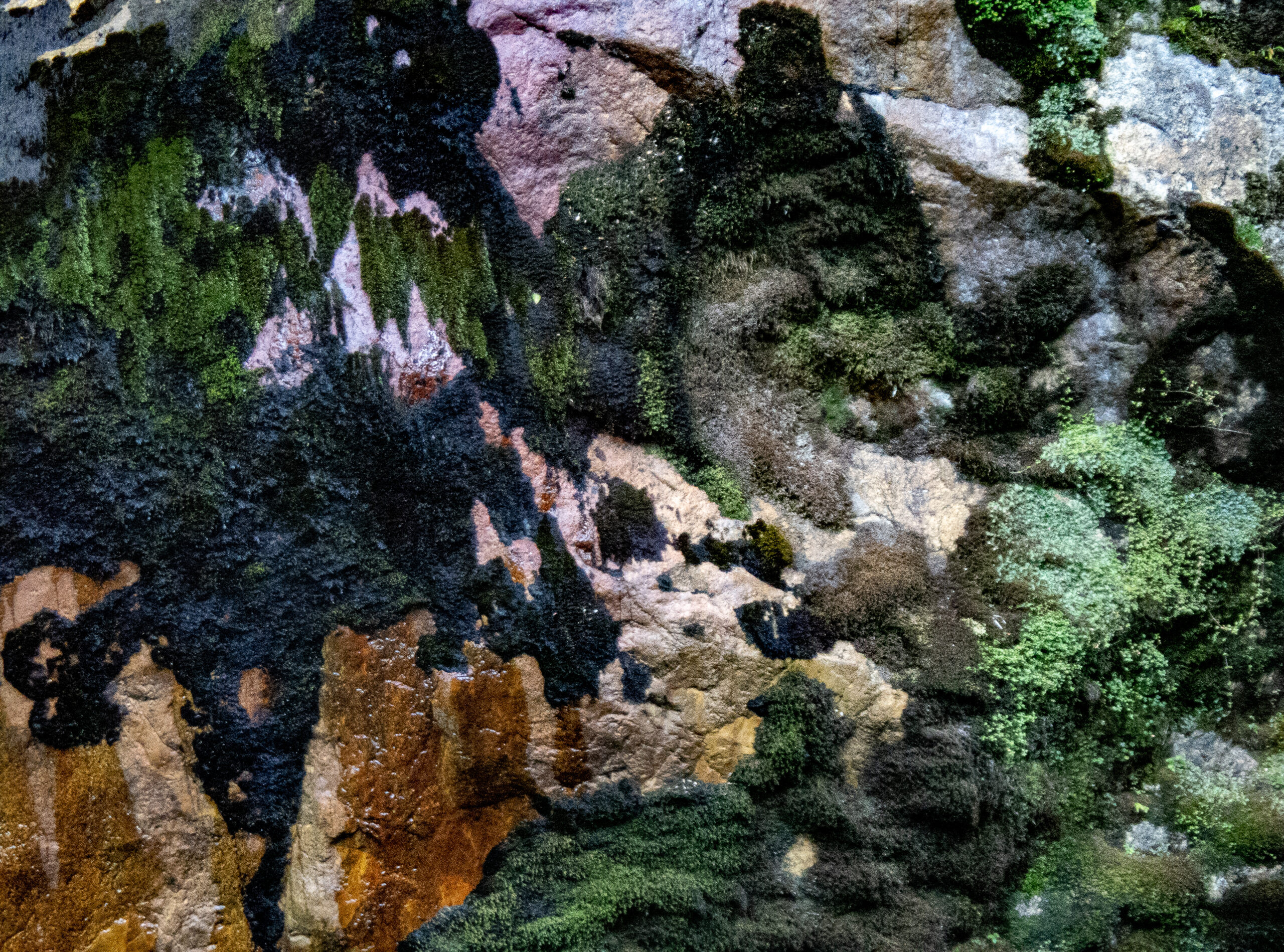
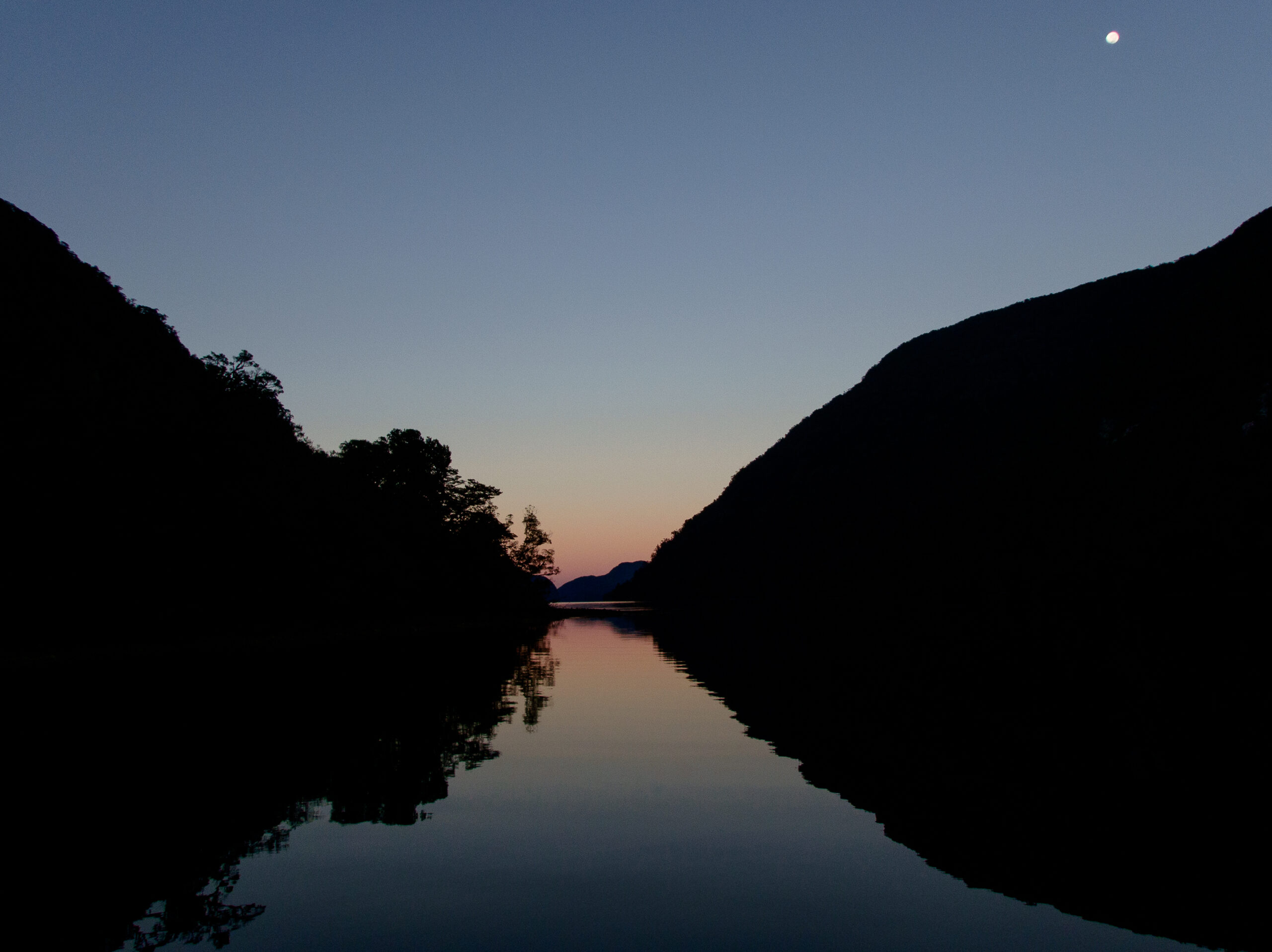
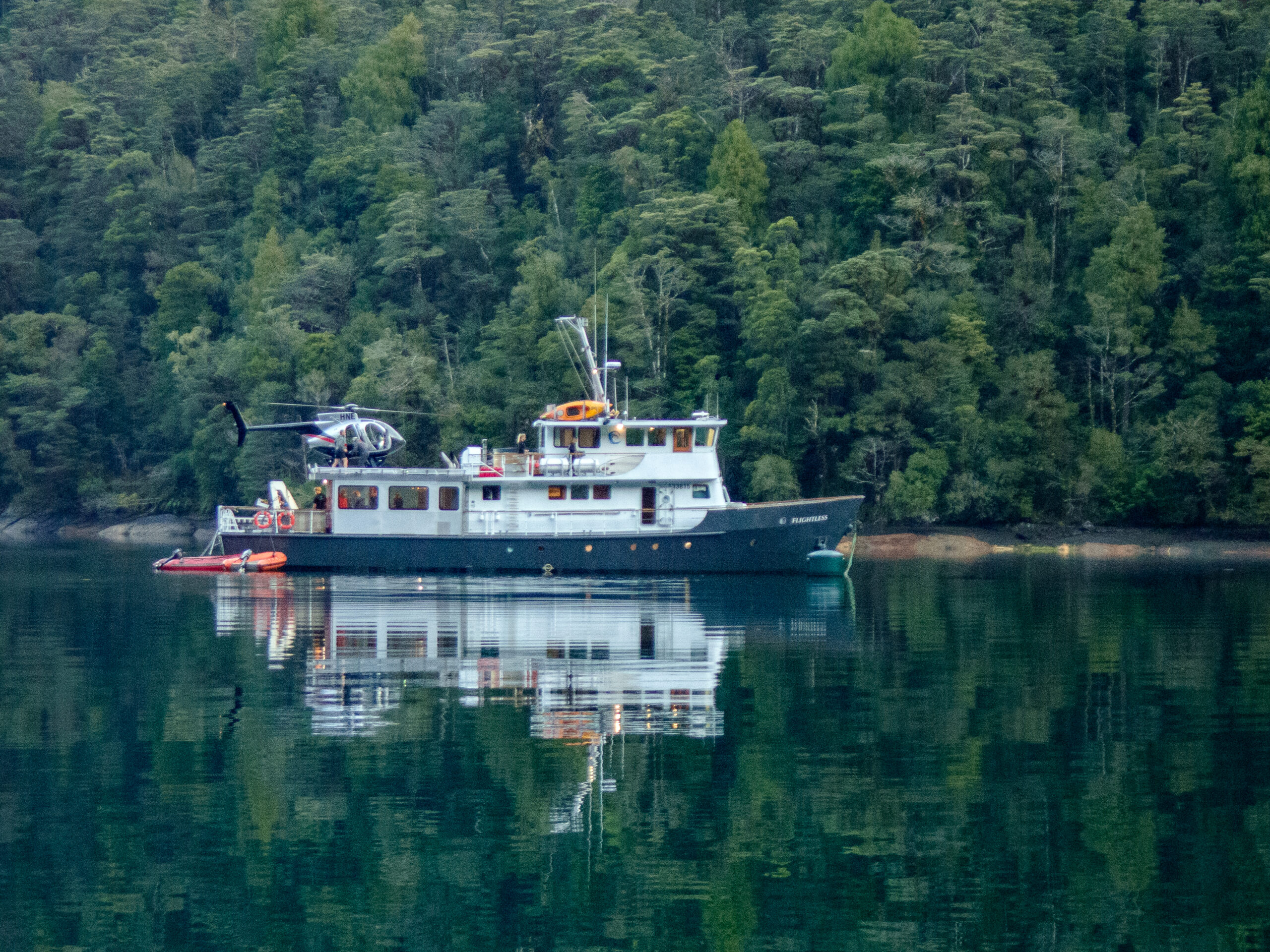
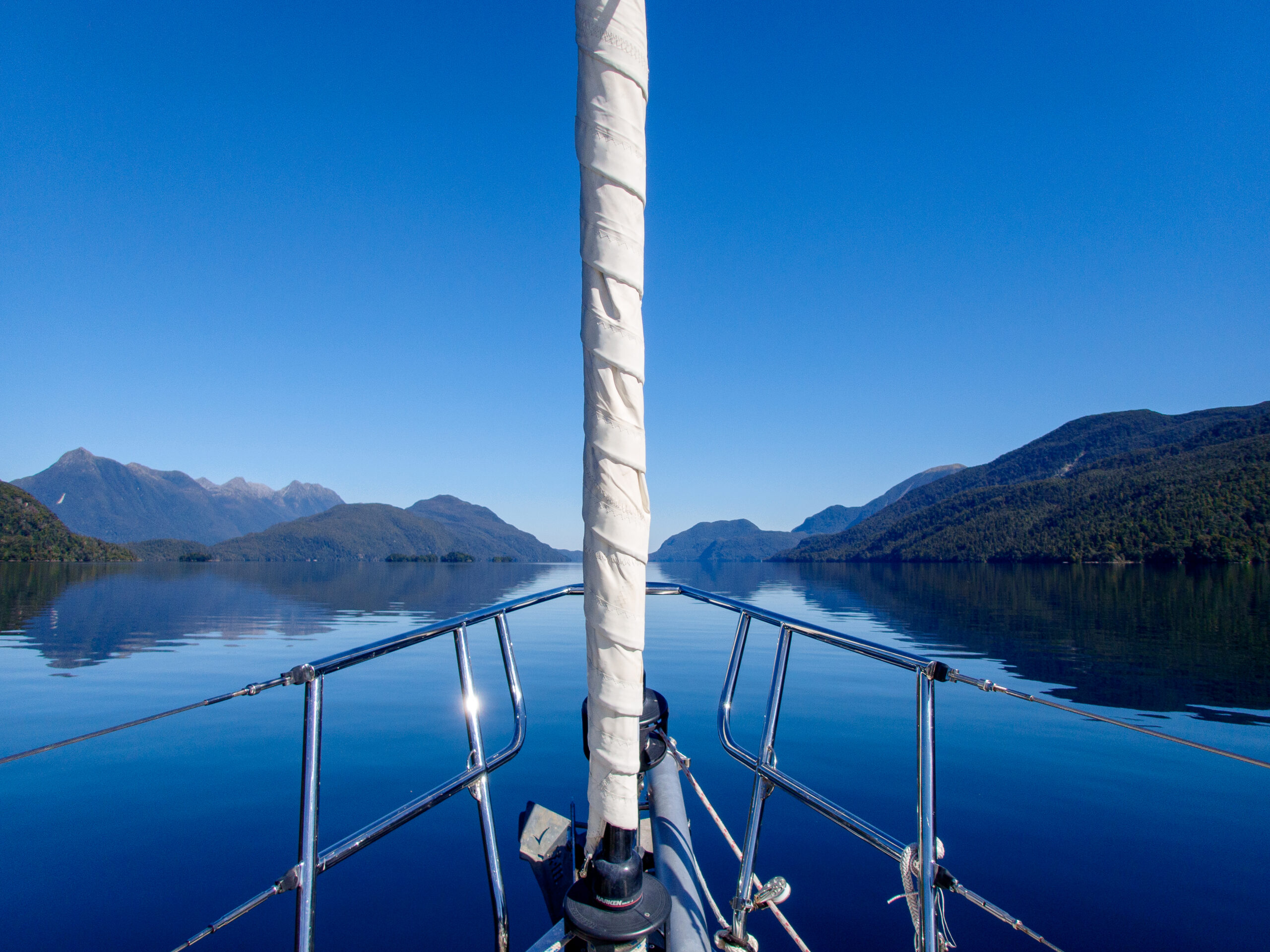
While Wet Jacket Arm and Breaksea Sound are still part of the Dusky/Tamatea Complex, I’ve broken them up, if for no other reason than my own sanity, so I can feel a sense of progression, ha! ~DS
Mountains and Waterfalls and Reflections, oh my! Preservation Inlet/Rakituma – FIORDLAND,
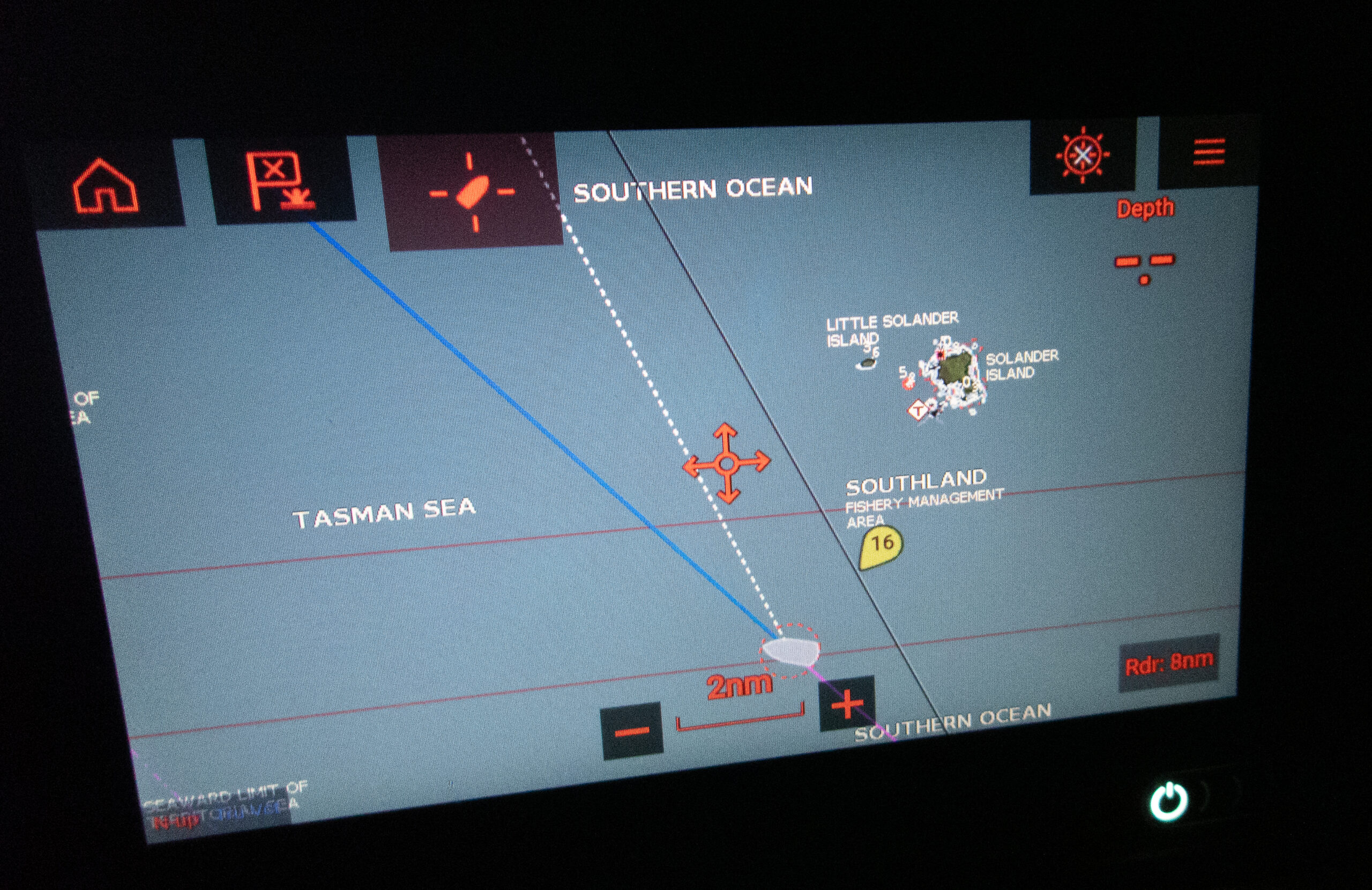
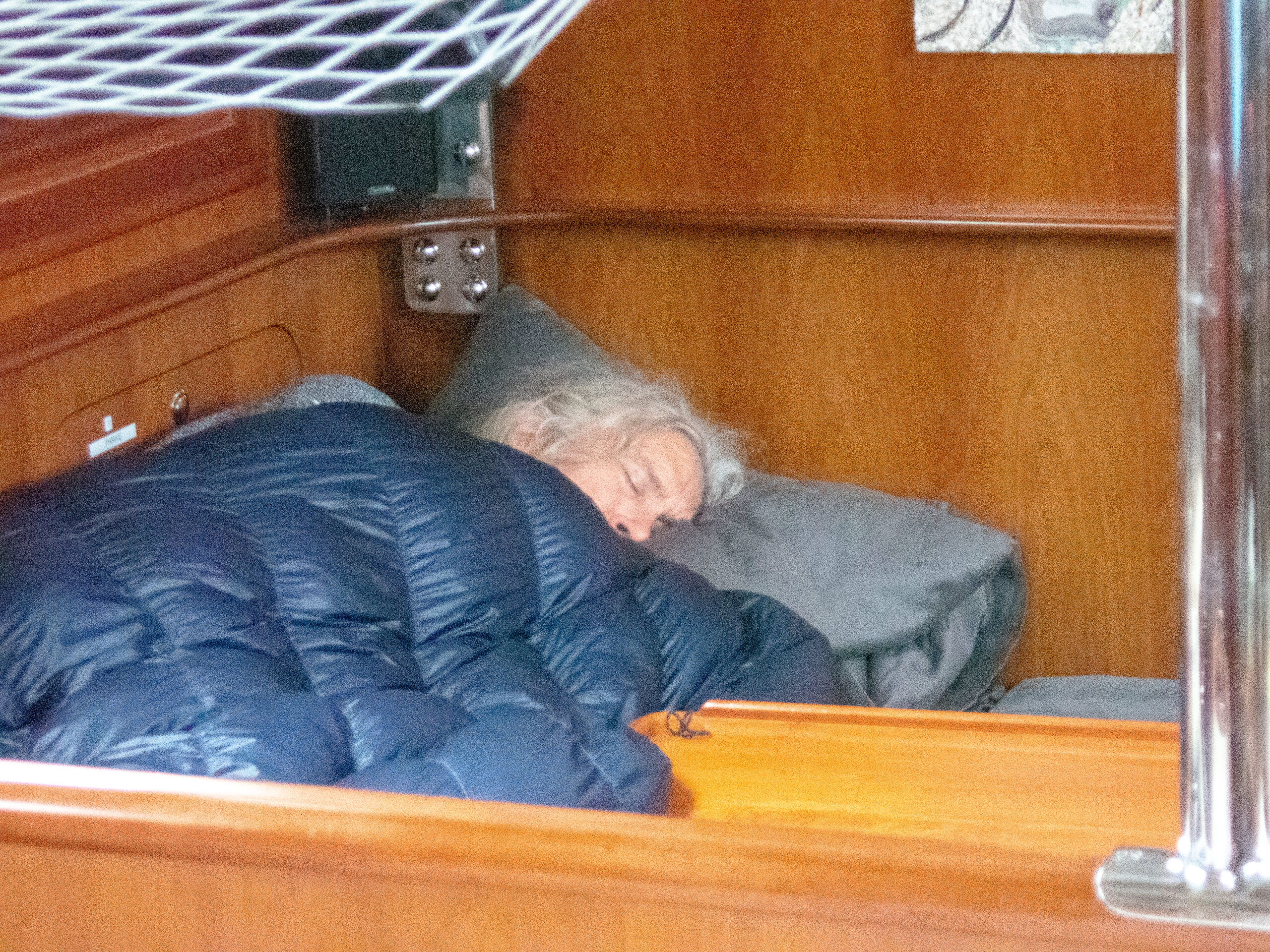
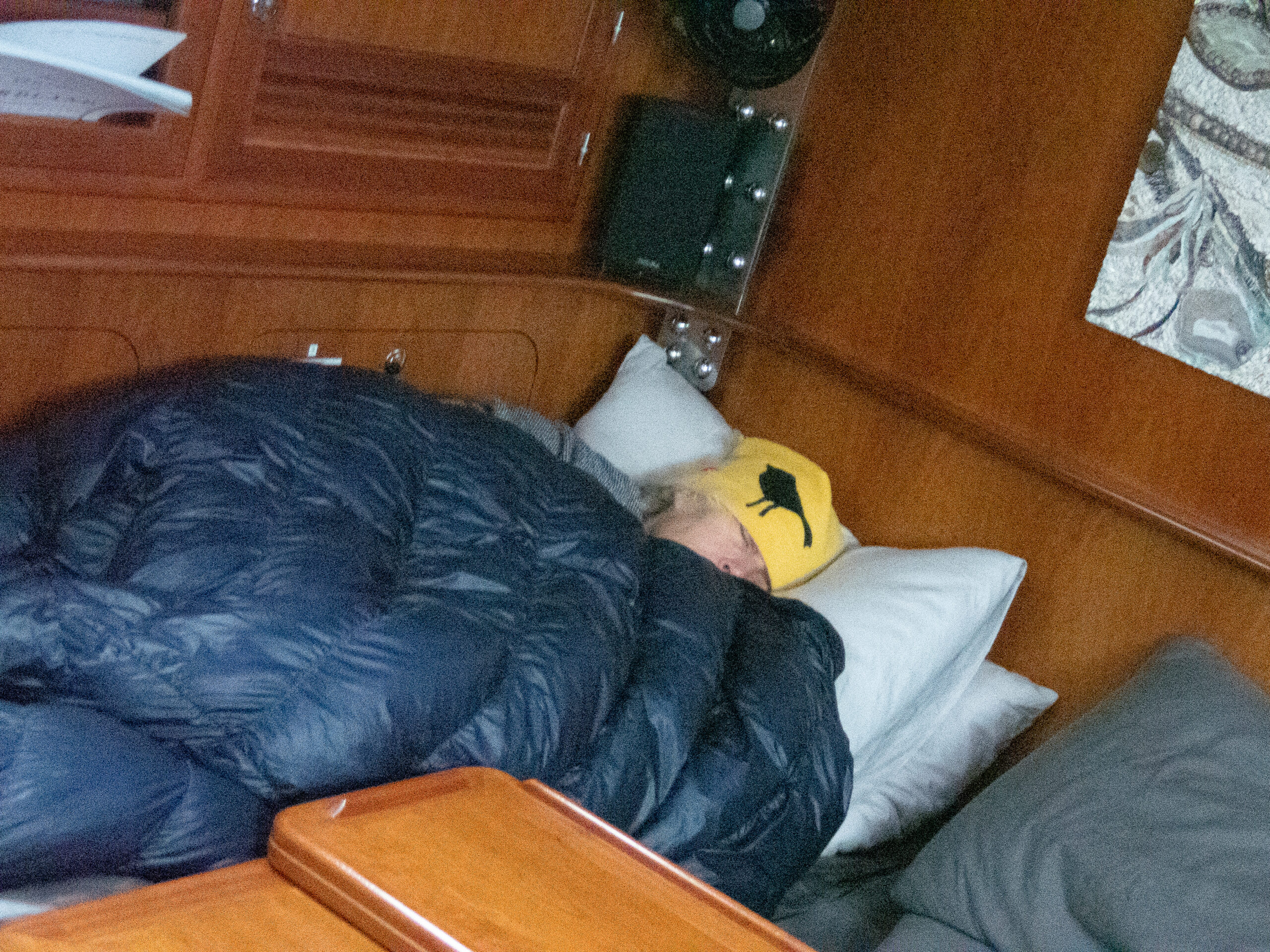
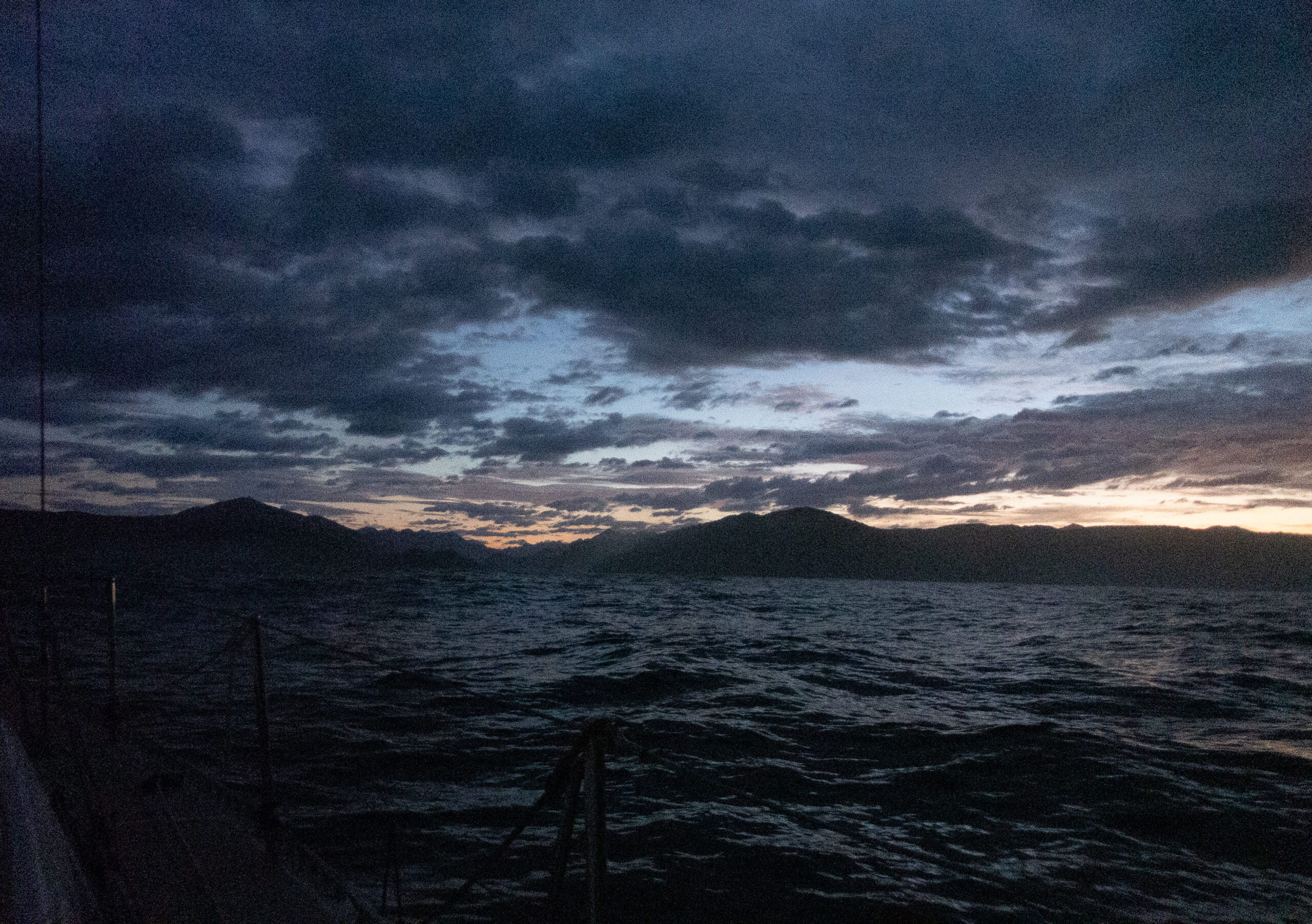
Last Cove, Preservation Inlet
My first series of thoughts were about the precariousness of our situation, and how much we depend on our engine, despite being a sailboat. What in the world would Captain Cook do? We had arrived at the entrance to Preservation Inlet a couple of hours too early, despite our attempts to slow Allora down. No wind but a big southwest swell colliding with a northerly chop was making going slow under power uncomfortable, the mainsail slatting back and forth despite the preventer. We had already decided to edge up toward Dusky Sound (another twenty miles onward) and go in there instead as long as the forecast northerly held off. I’d barely turned Allora in that direction when the wind began building, directly on our nose, gusting up to 16 knots. No harm in poking a little further that way, to kill time. The Puysegur lighthouse flashed bright and high on our beam, a reminder of where in the world’s oceans we were. Puysegur hosts gale winds or stronger 300 days a year. The weather models showed the next gale arriving by afternoon, by which time we needed to be safely tied up at anchor. The first issue with the engine I noticed was that the display at the nav station was off. Weird, I thought. Then I noticed the gauges in the cockpit, shutting off and popping back on. Very weird. Then the engine warning came on, beeping insistently. What the heck? Thinking mainly at this point of not waking Diana who’d had a very rough night already struggling to get to sleep for the first few hours of my watch, I quickly shut the engine down. Then as we slowed in the airless swell, I pushed the button to start it back up. It flashed and went off. I tried again, it stayed on long enough for me to get a couple slow, battery dead, rolls of the engine. I had been thinking it was time to replace this starter battery, in fact, I had just had a conversation with Willy on Pazzo about how you know when your starter battery is dead. I should have known better than to bring this up with him, since the last boat conversation I’d had with him was about our flawless autopilot, which literally failed the next day (the first time in six and half years). For a few panicked moments I couldn’t think about anything except the weather forecasts I’d been looking at that predicted wind on the nose if you tried to sail for Dusky and no wind at Puysegur until the arrival of the gale. I guess Captain Cook would just have had to sit there roll in the three meter swell and wait for however many hours it was going to be until the gale chased him in. I didn’t like the sound of that at all. I went below and switched the starter battery to combine with the house batteries and the engine started up. Phew! But the engine warning was still blaring CHCK ENGINE. Amazingly, Diana was still sound asleep, despite about the blaring warning lights, or me running up and down the companionway, starting and stopping the engine. Okay, I checked the oil. I checked the temperature. I checked the cooling system. I checked the transmission. All good. The engine sounded absolutely fine. I’d installed the display at the Nav because supposedly it might give me more information than just CHCK ENGINE… how about check battery, or check electrical system? I reluctantly woke up Diana to tell her about the situation. It definitely did not seem like a good idea to head toward Dusky, we agreed. I figured out how to make the engine warning beep a little bit quieter below and she tried to get back to sleep. I started a slow zig zag toward Puysegur lighthouse, chugging along at under 3 knots, keeping a wary eye on the churning cauldron of Balleny Breaks less than a mile northeast of us and slowly got used to the steady ringing of the engine warning. We motored up the stunning Preservation Inlet to Last Cove as I kicked myself for ignoring my instinct to replace that starter battery. I’d checked it and it seemed okay, but it would have been relatively cheap and easy to replace it, just in case, and not be in this situation. Our first anchorage in Fiordland. We’ve been working on how to set our anchor and lines, a sleepless night from the passage and an engine with a steady CHCK ENGINE still blaring did not make it easier. With a big blow coming we wanted to get it right. 300 feet of rode and two lines to shore.
The weather models, all four that we download via satellite, predicted this narrow window for rounding the great cape on Stewart Island and sailing with an easterly breeze up to the notorious Puysegur before the wind switched northerly with forecast 50+ knot gusts. We put a lot of faith in them, and they were spot on. After a long nap, I started the project of dealing with the starter battery. My idea was to replace it with one of the house batteries. In the process, I had the thought to check the Duo Charger which regulates the battery charging from the engine’s alternators. The installation showed two fuses and as I pulled the wires to find the inline fuse, I noticed the one for the starter battery was a bit loose. I tightened it up, started the engine, and the charging voltage jumped up right to where it belonged. A loose wire. That was all. Three turns of a screw. ~MS
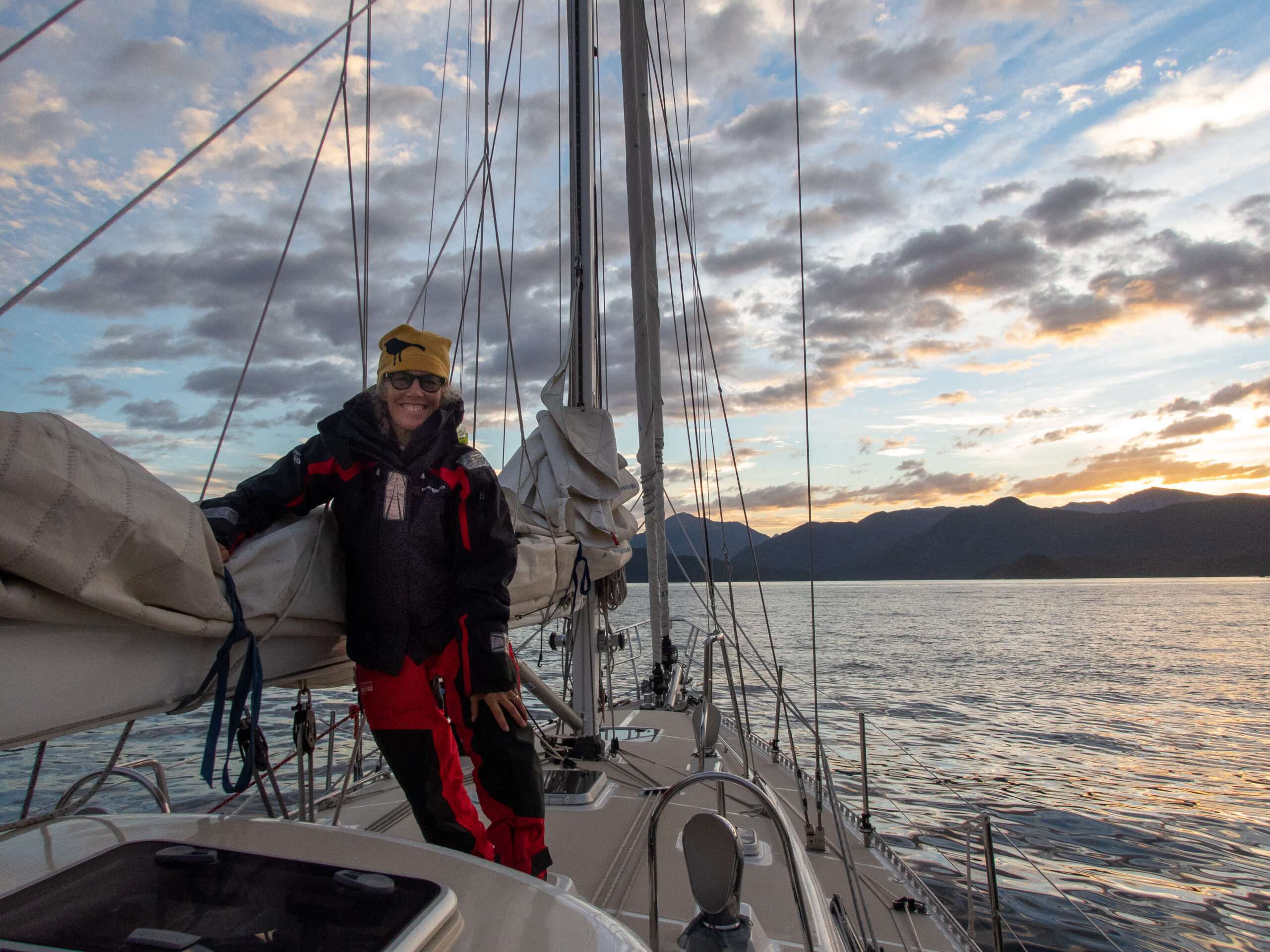

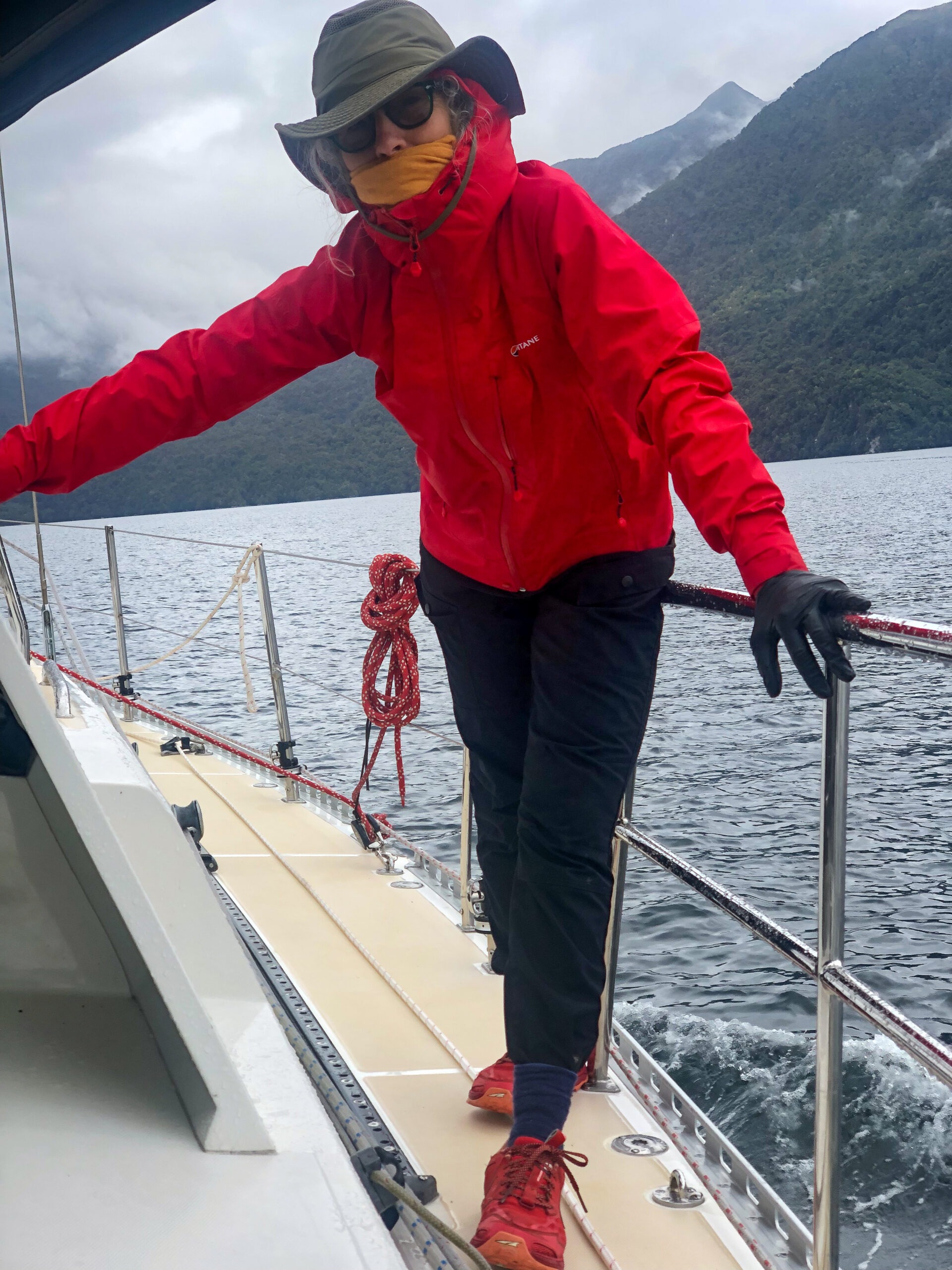
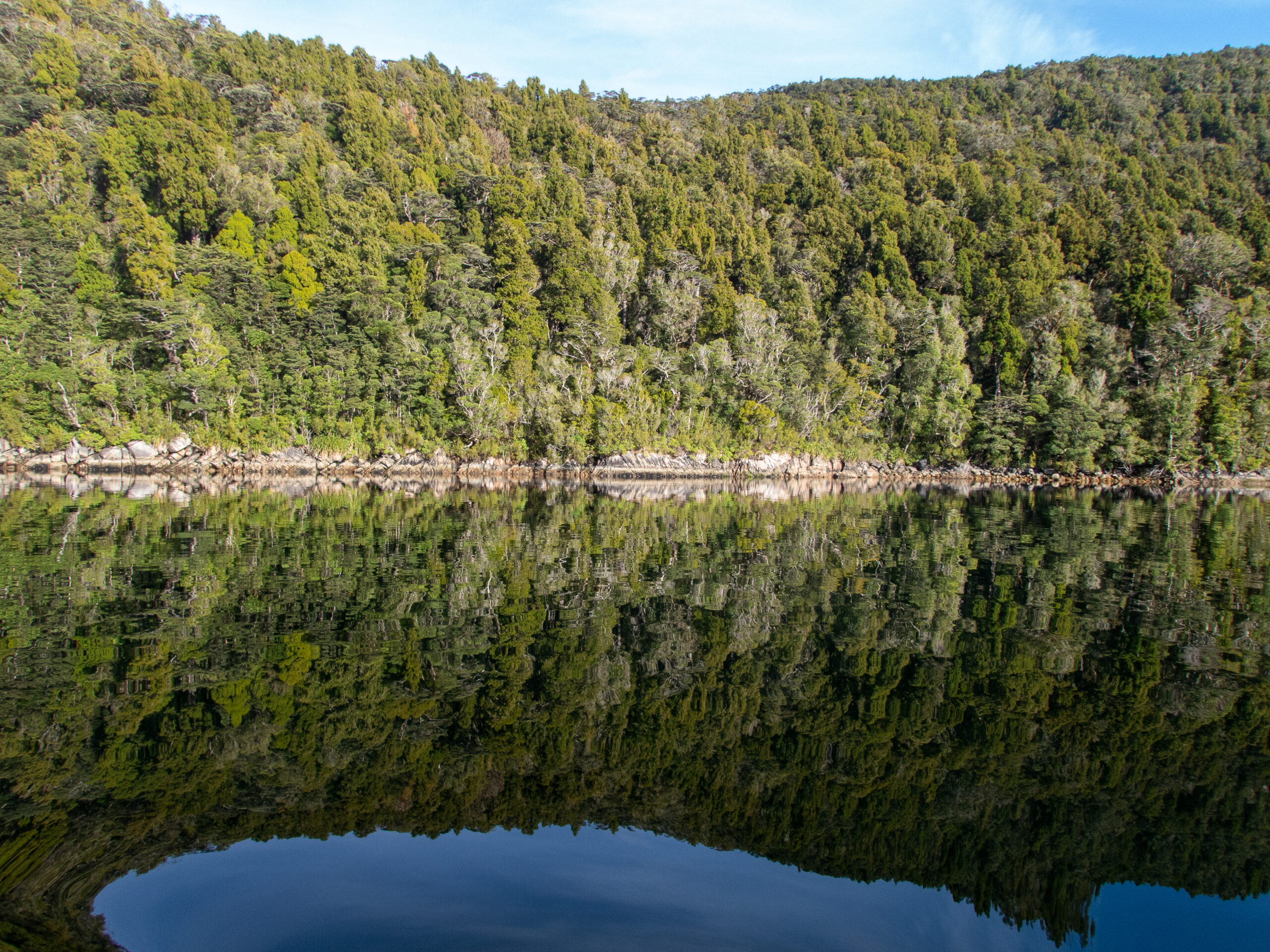

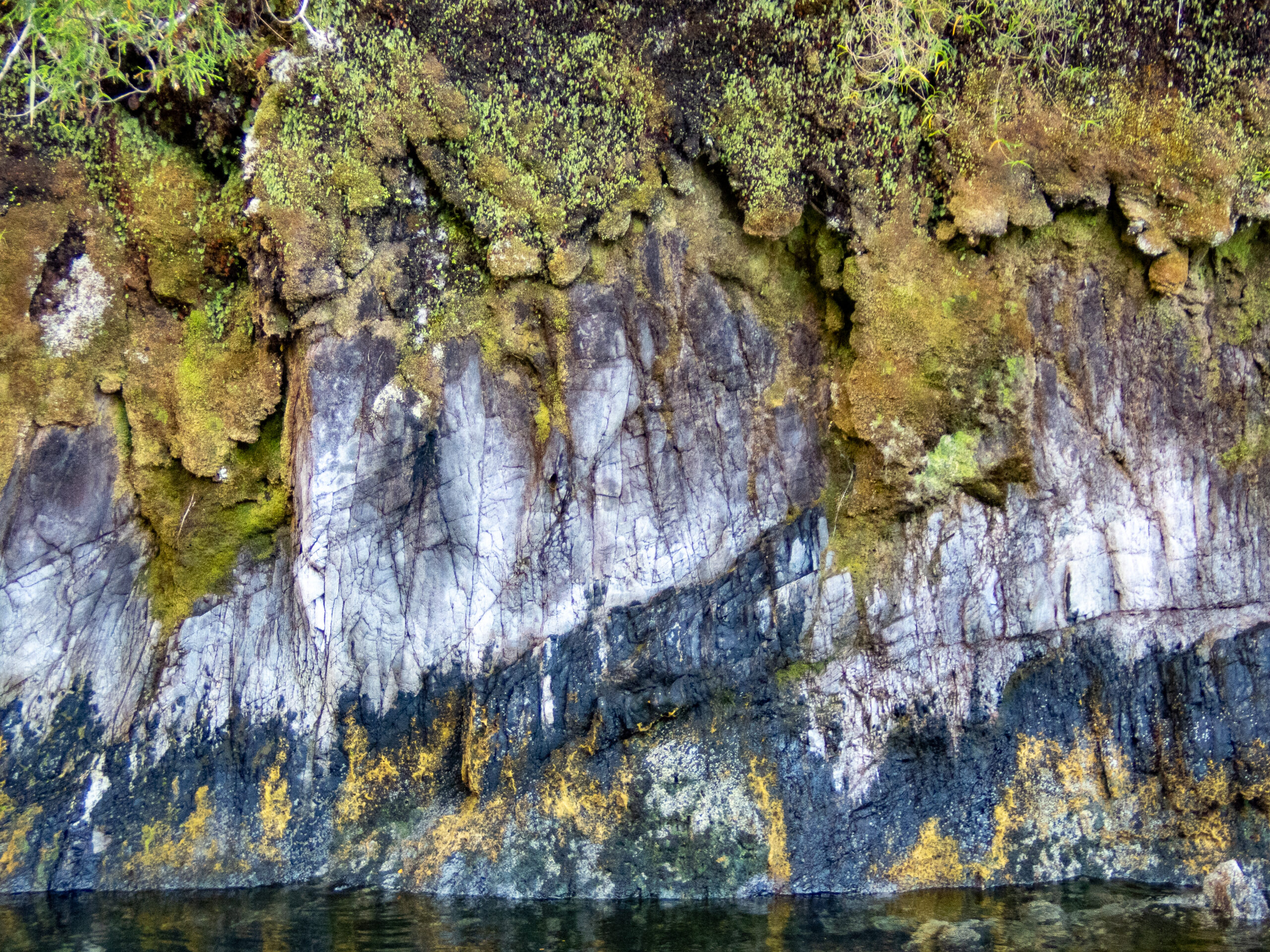
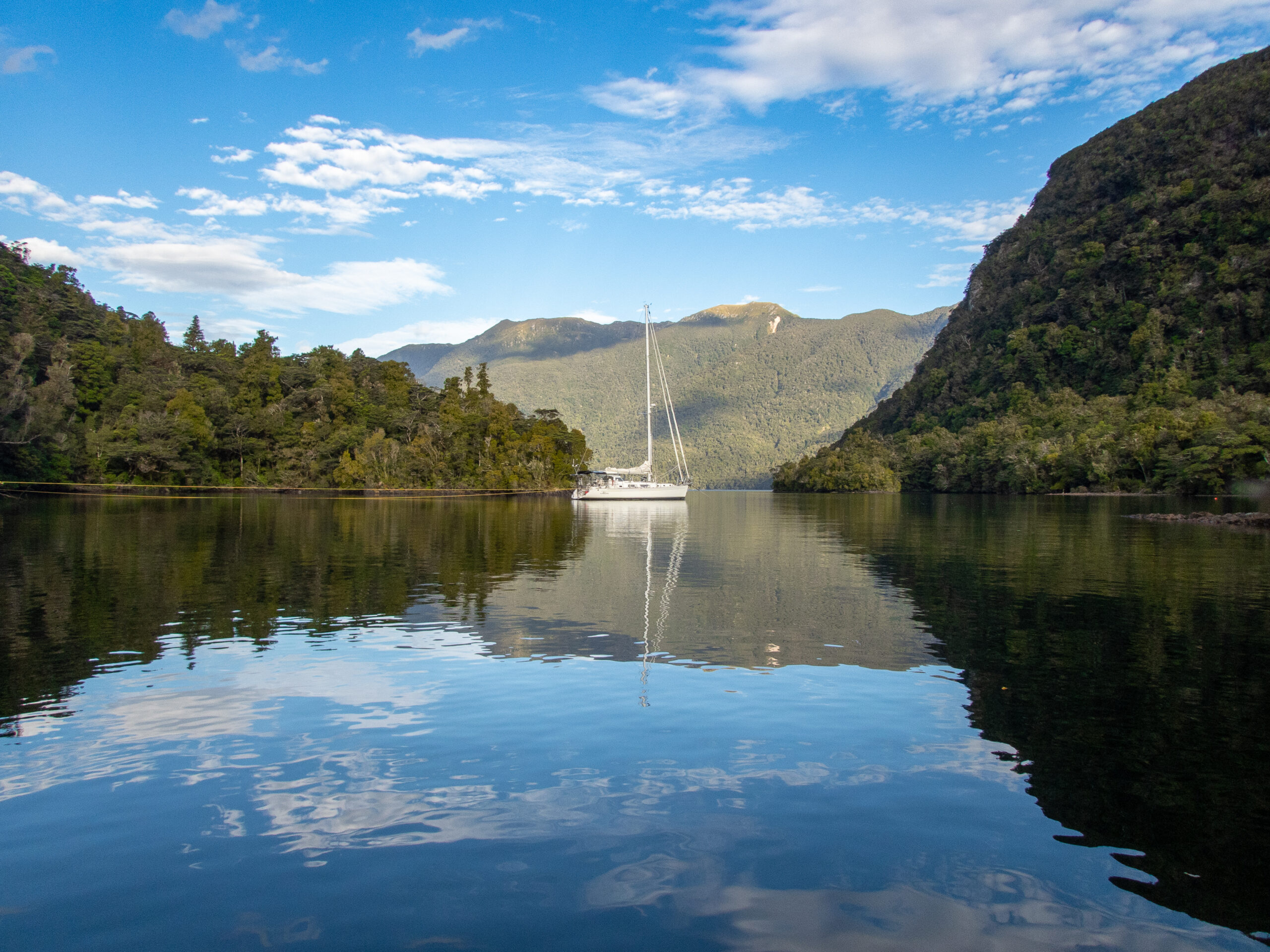

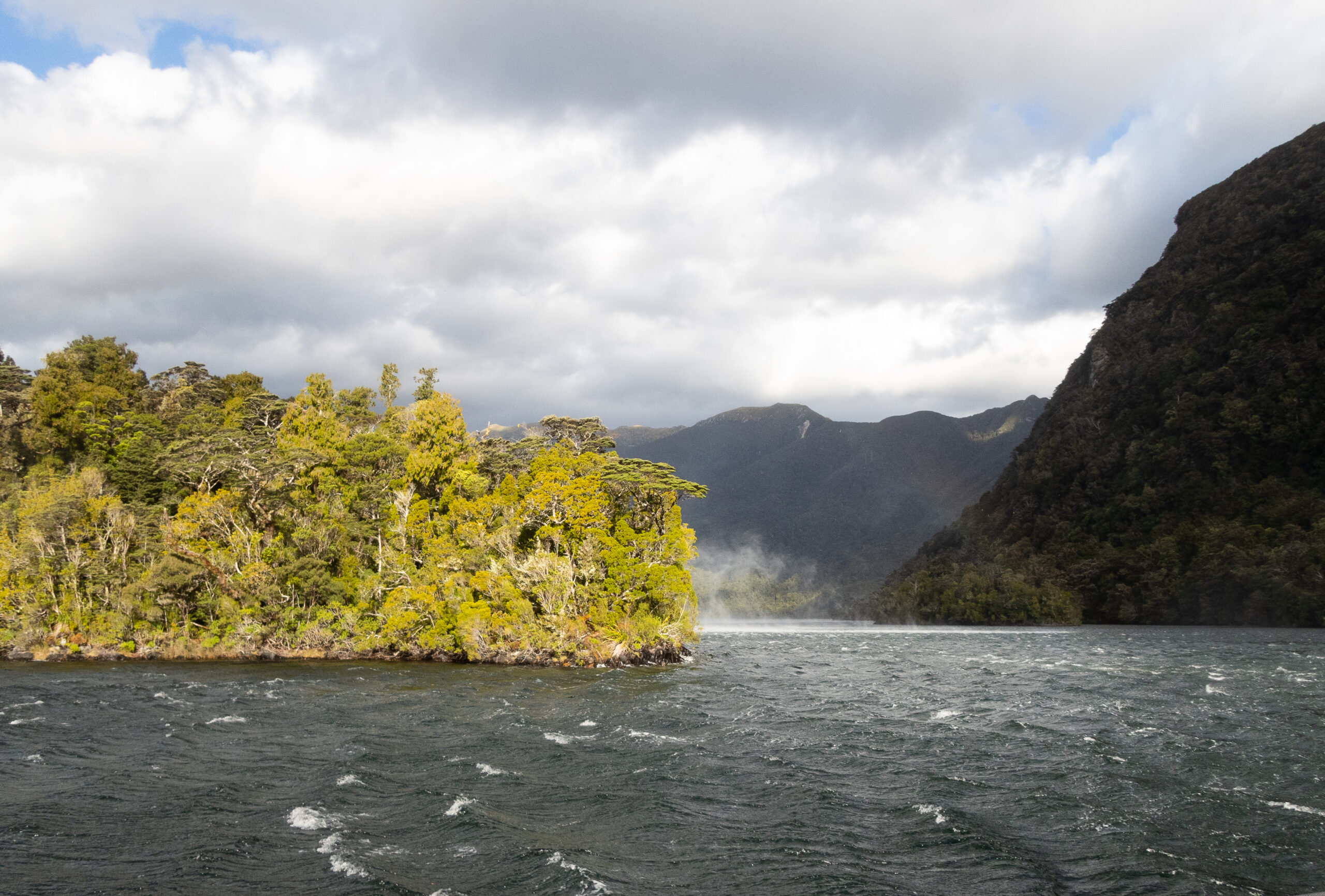

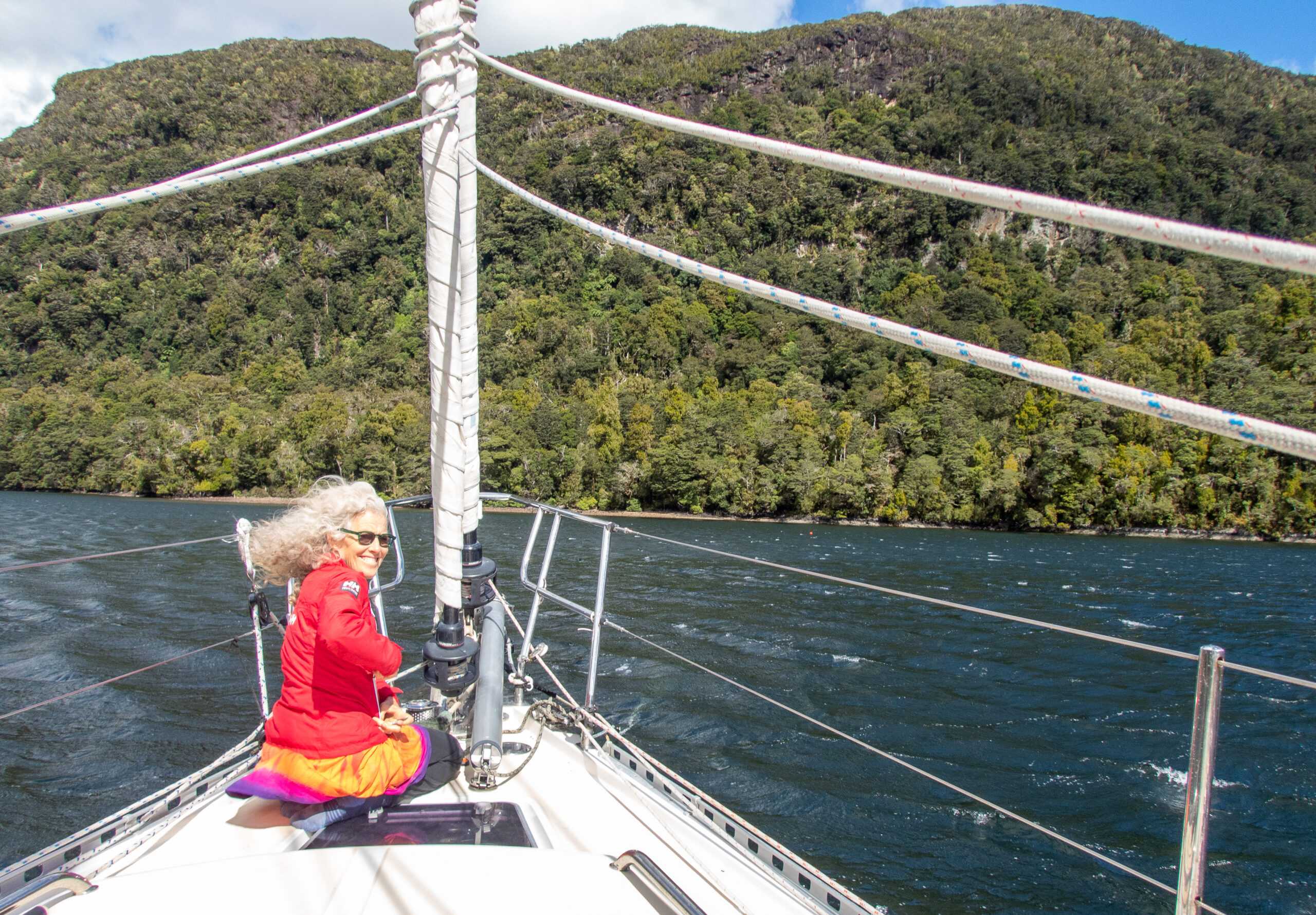
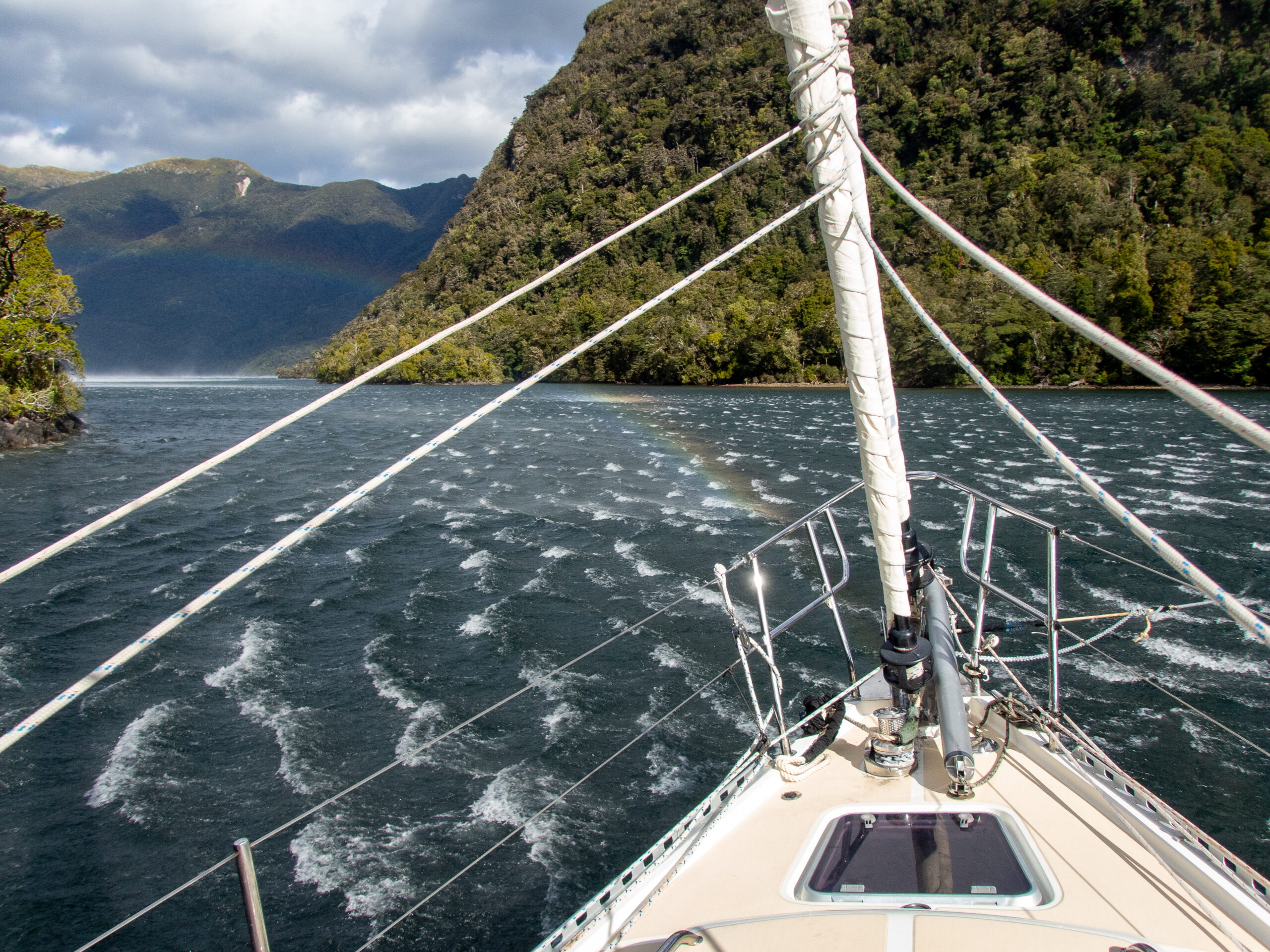
Cascade Cove, Preservation Inlet
We arrived as the announcement came over the PA on a small Real Adventures cruise boat anchored at dead center in the cove, “the generator will be turned off at 9:30 and then back on again at 6:00 for your convenience…” Two crew walked to the bow, short sleeved black uniforms and to our delight, weighed anchor, the boat disappeared past the head of the cove and left us to the cheerful sound of a small waterfall pouring down the rocks next to a stout blue shoreline. We dropped our own anchor and tied up a boat length from shore. One of our books said that brown trout inhabit the river which flows into the lake above the dramatic falls at the head of the cove. A mere two kilometers as the Tui flies. All we needed to do is scramble up the side of the falls, then bushwack along the lakeshore. We clambered up, relying on roots and branches for hand holds, worrying about the way back down, and somehow made it to the top of the falls. The steep sided outlet of the lake forced us up and up over fallen mossy logs and broken rock faces. Every step was a miniature triumph as we inched and wiggled and scooted minutely closer. The edge of the lake, walking in the shallow was better for a while, until it became a mote of surprise waist deep holes and fallen logs. After hours invested in about a kilometer of progress, we admitted defeat and turned back, now knowing what lay ahead. Many times we expressed gratitude for the near absence of sandflies and the forest herself was pure magic of green mosses and deep ferns and wise old trees. Back at the outlet of the lake where for a brief time there had been trail flags to follow, we found a row boat pulled ashore that we had walked right by. Those Long River brown trout will never know how close them came. The biggest challenge was finding our way back down to the dinghy tied up in the outflow below the falls. We had cleverly laid out markings with sticks on our way up to mark the way, but those didn’t work out any better than bread crumbs did for Hansel and Gretel. We cliffed out, over and over again, but eventually, banged, bruised and muddy found a way down, never more happy to find Namo, dutifully waiting to take us home.
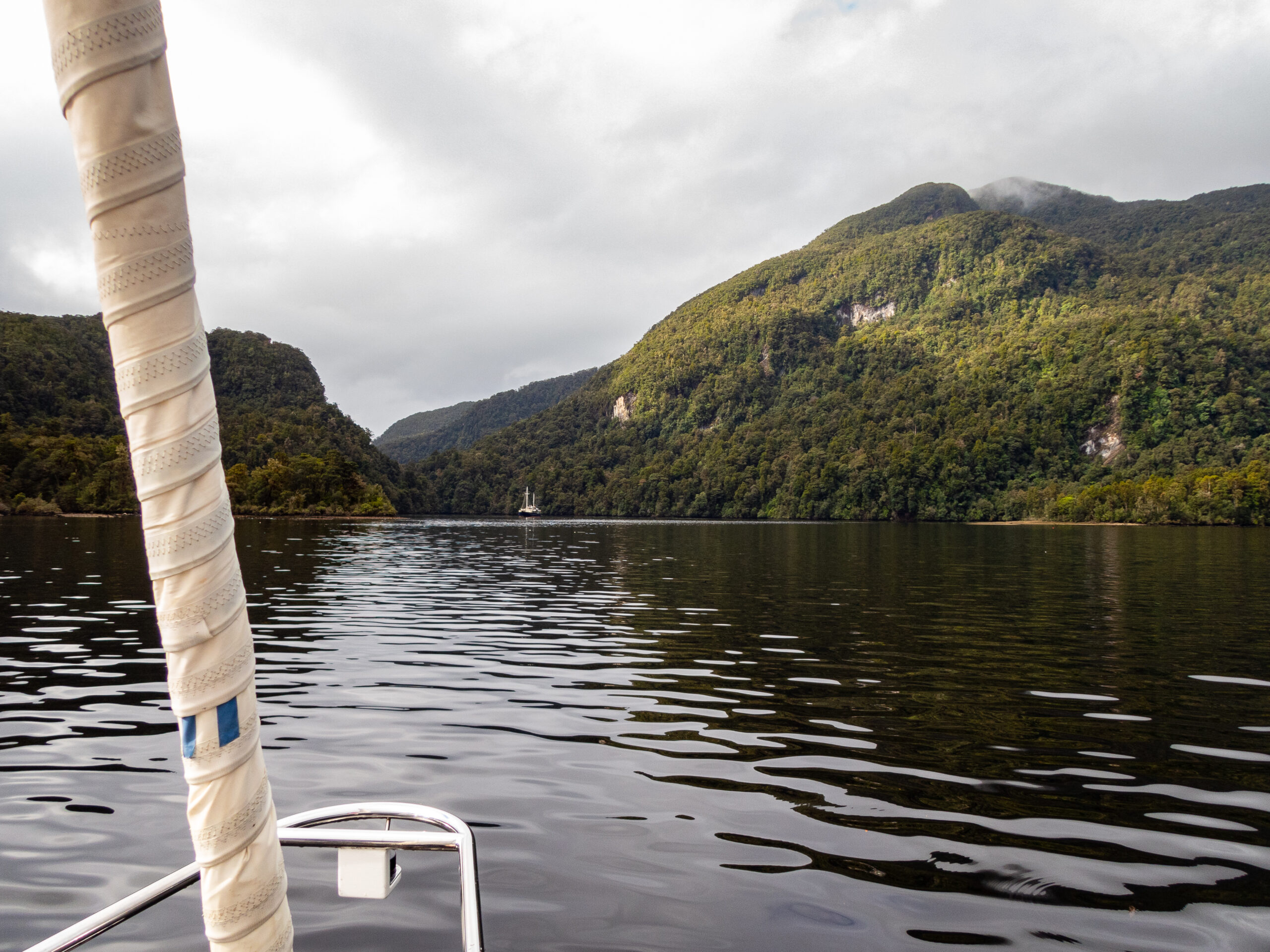


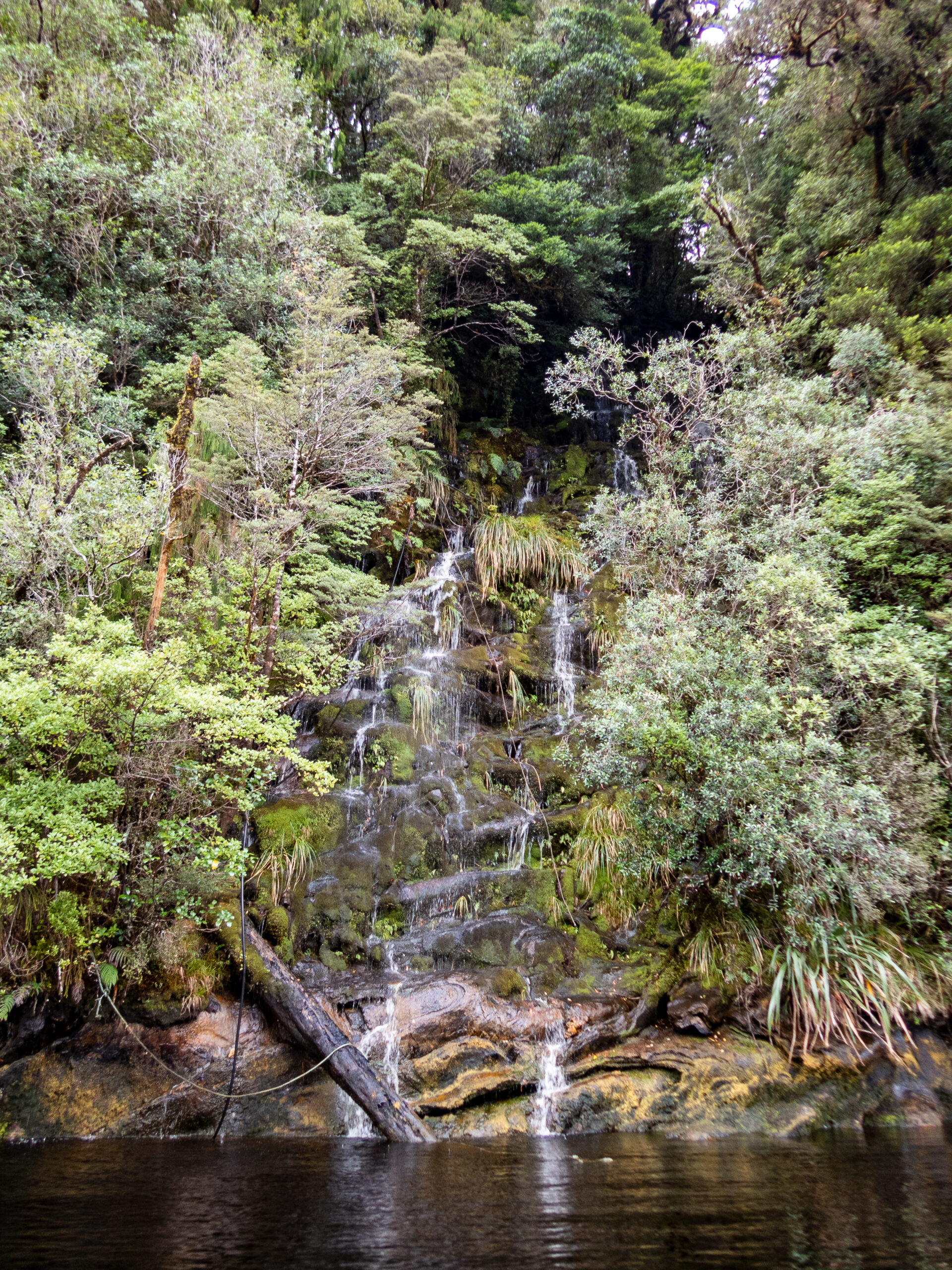
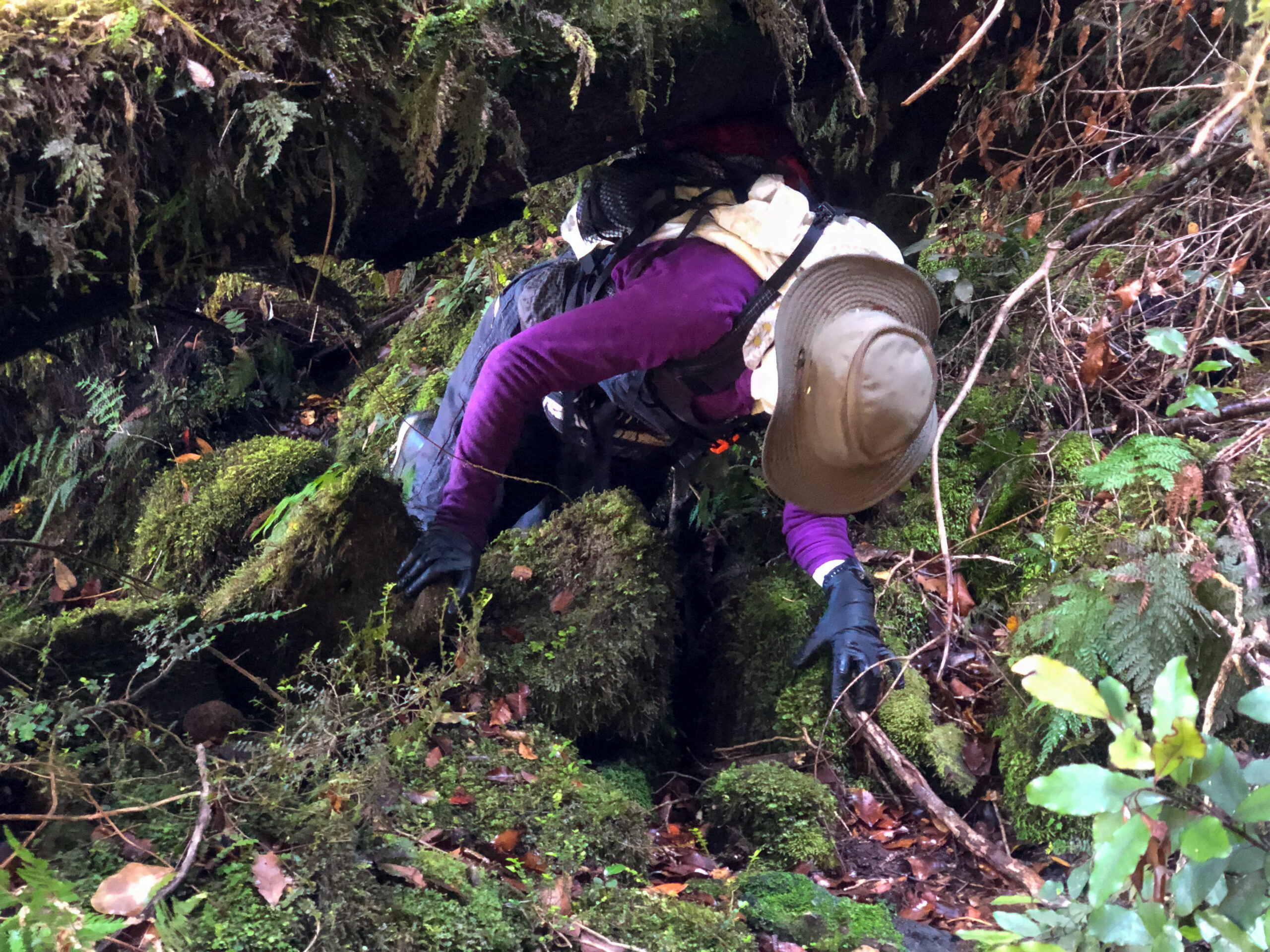
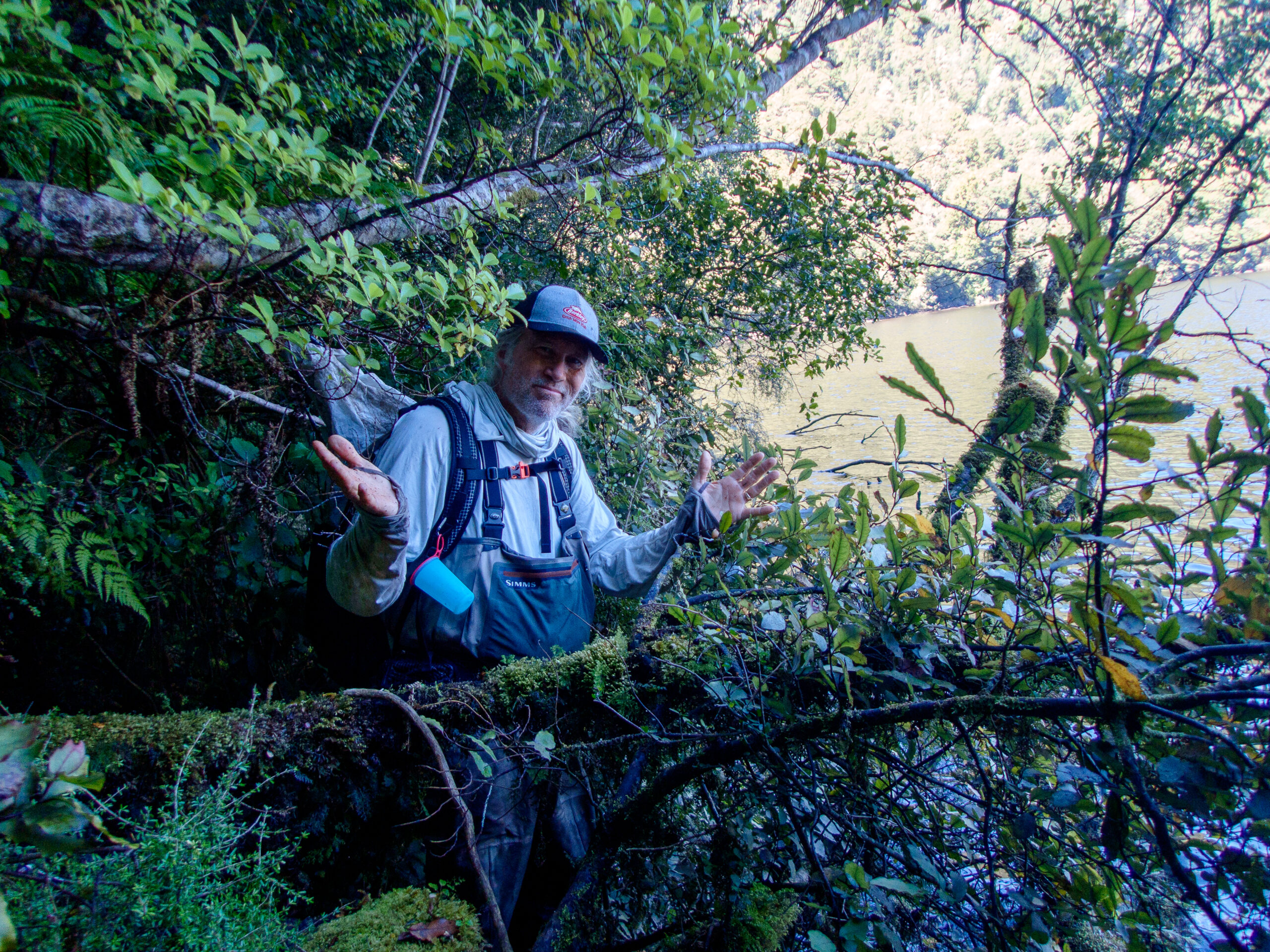

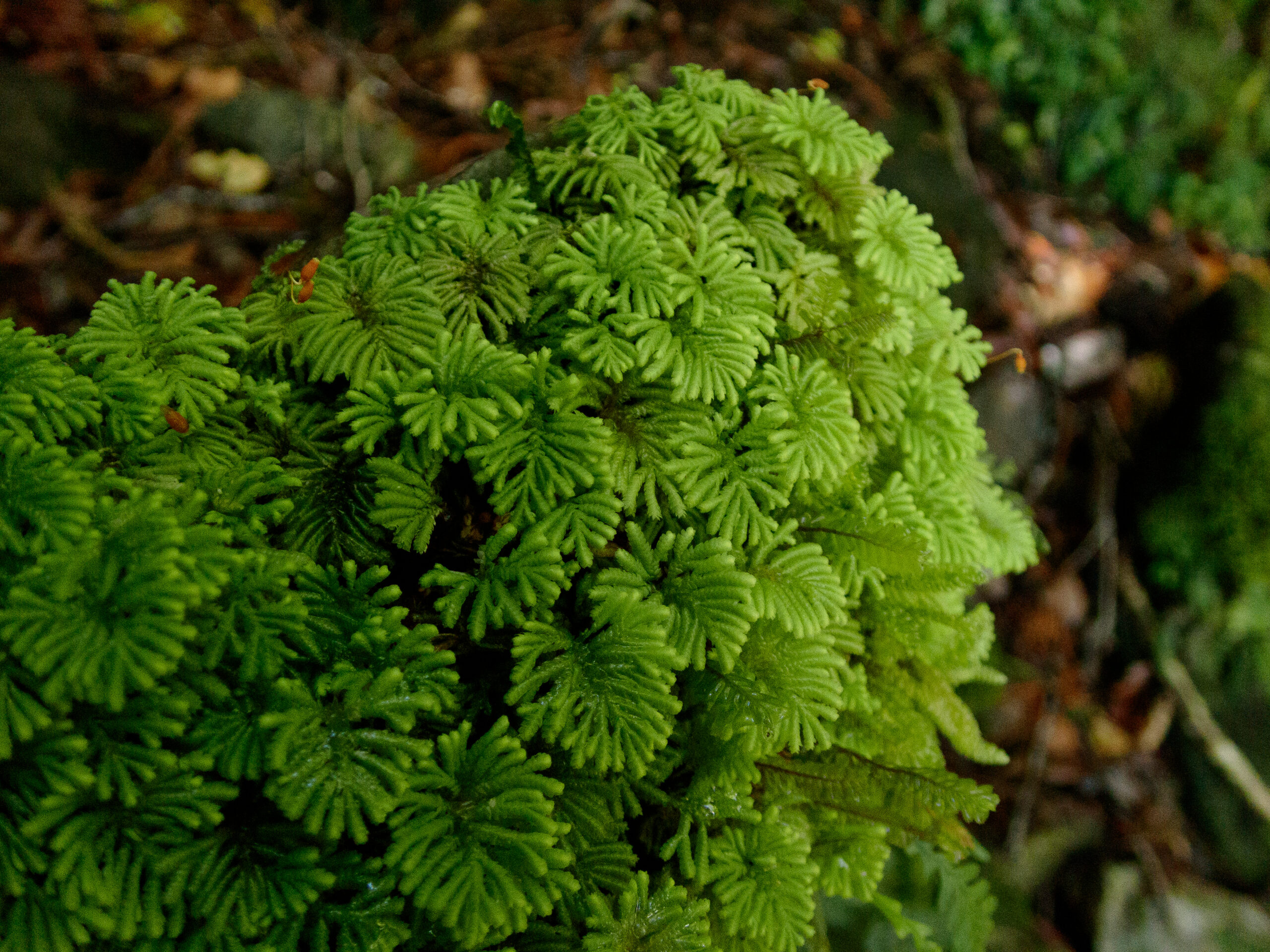
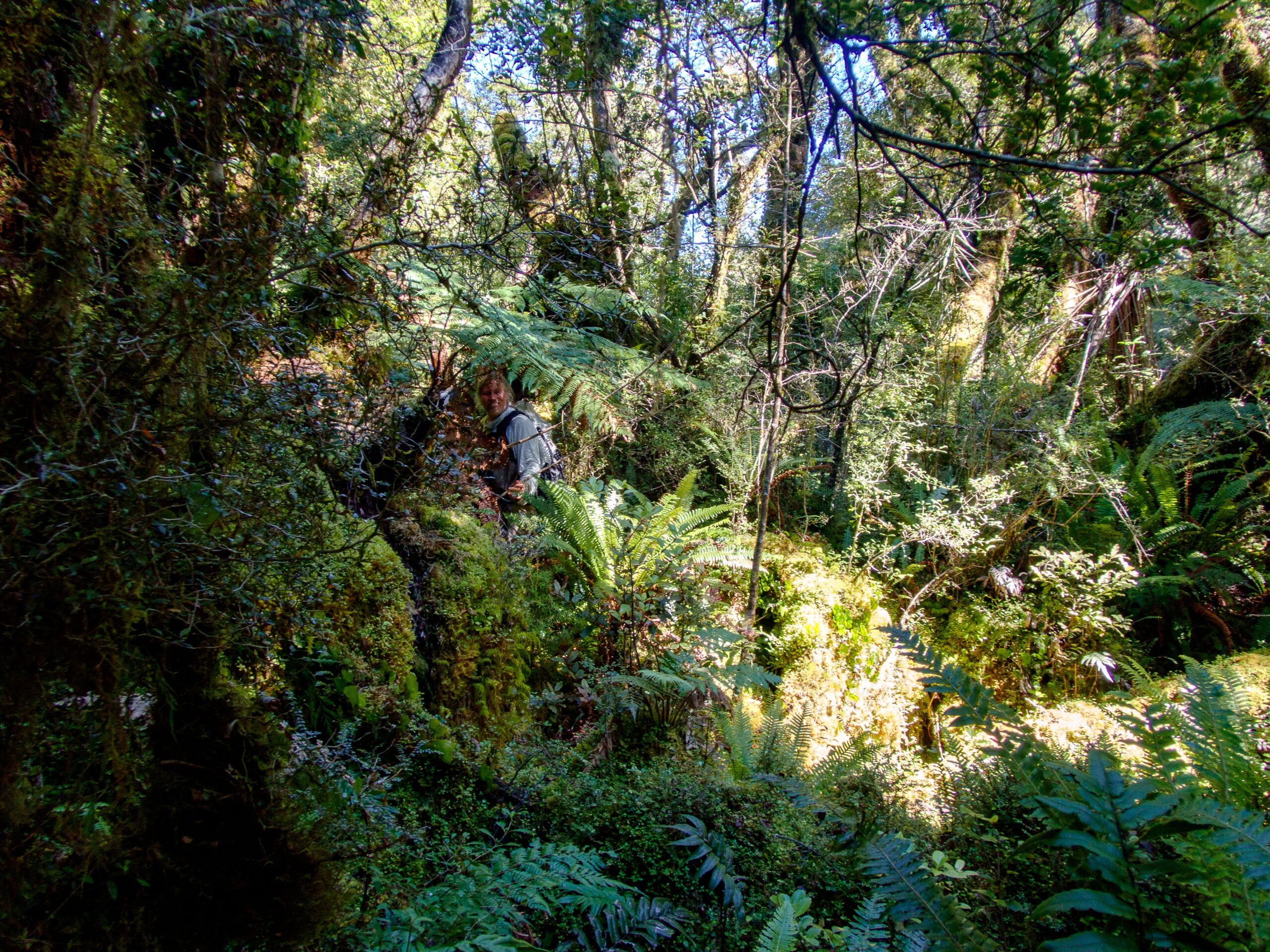
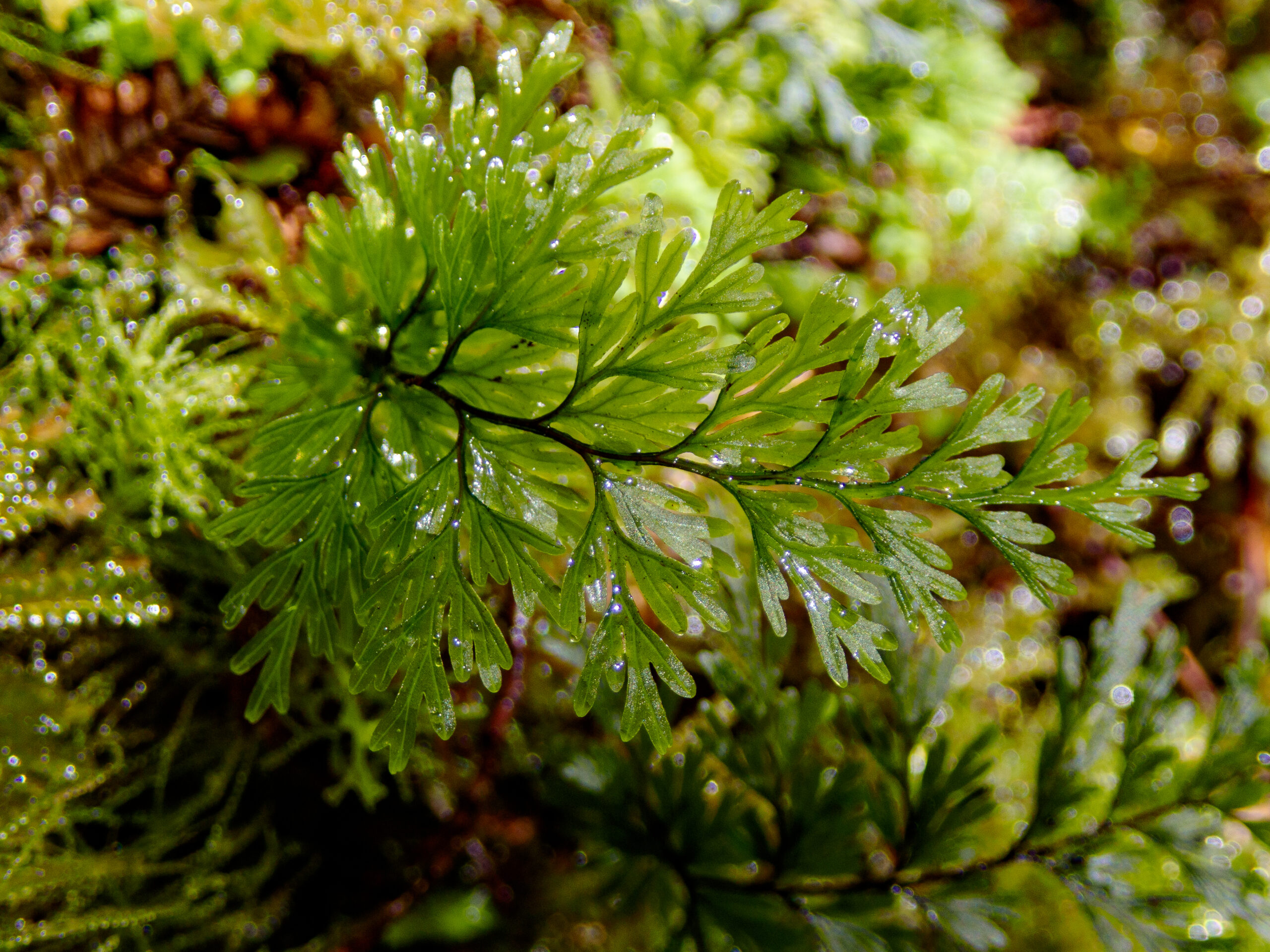
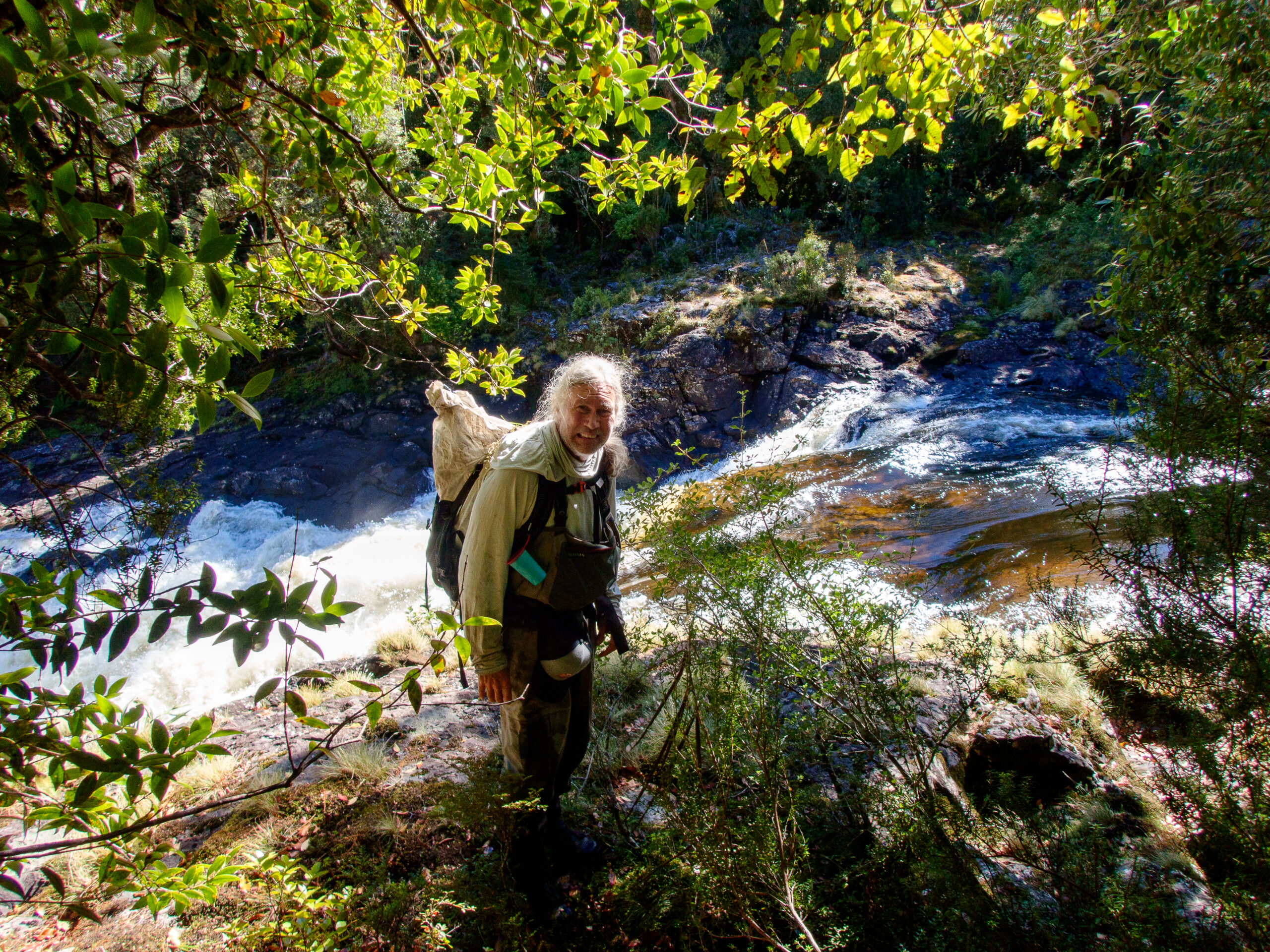
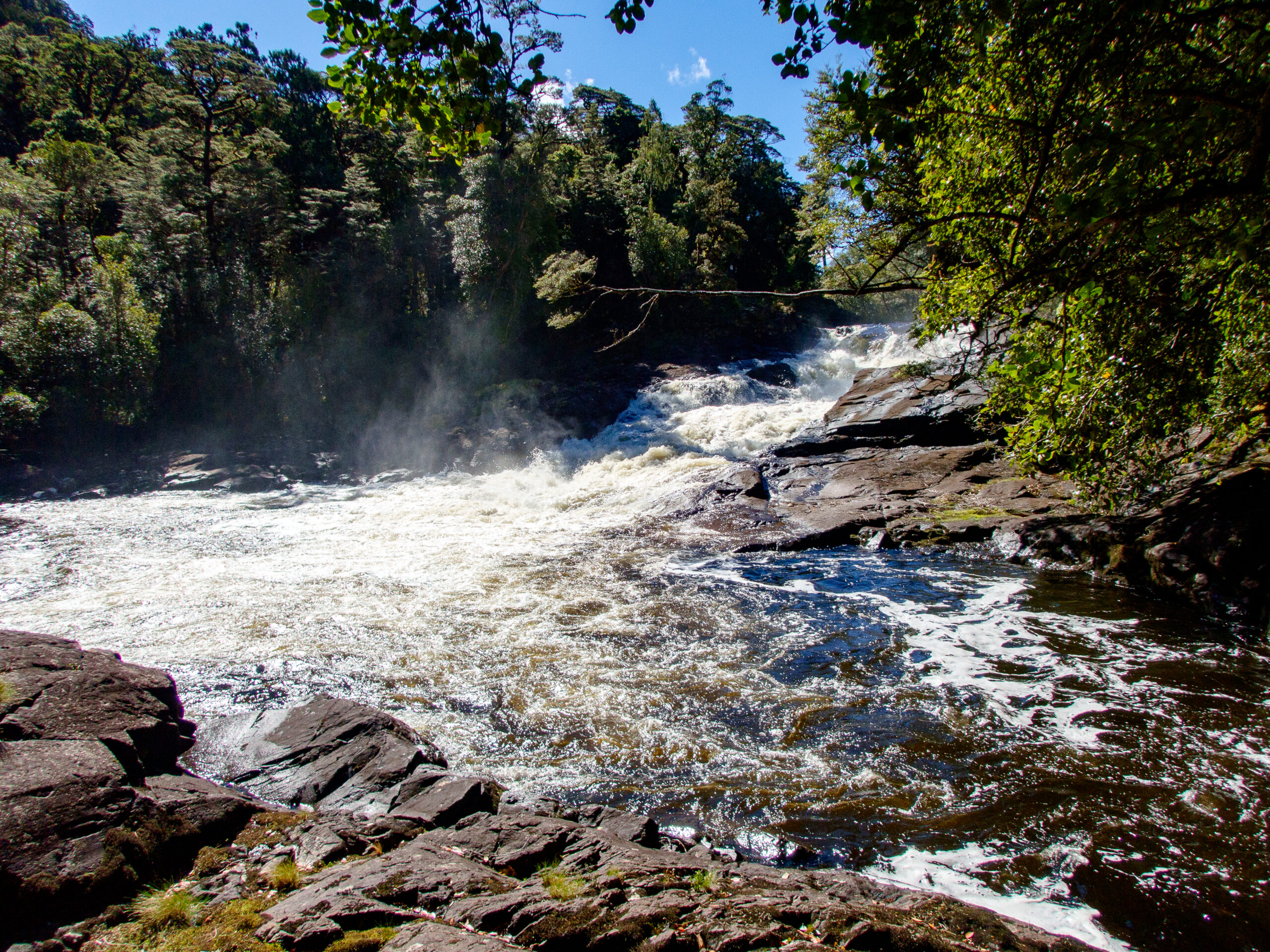
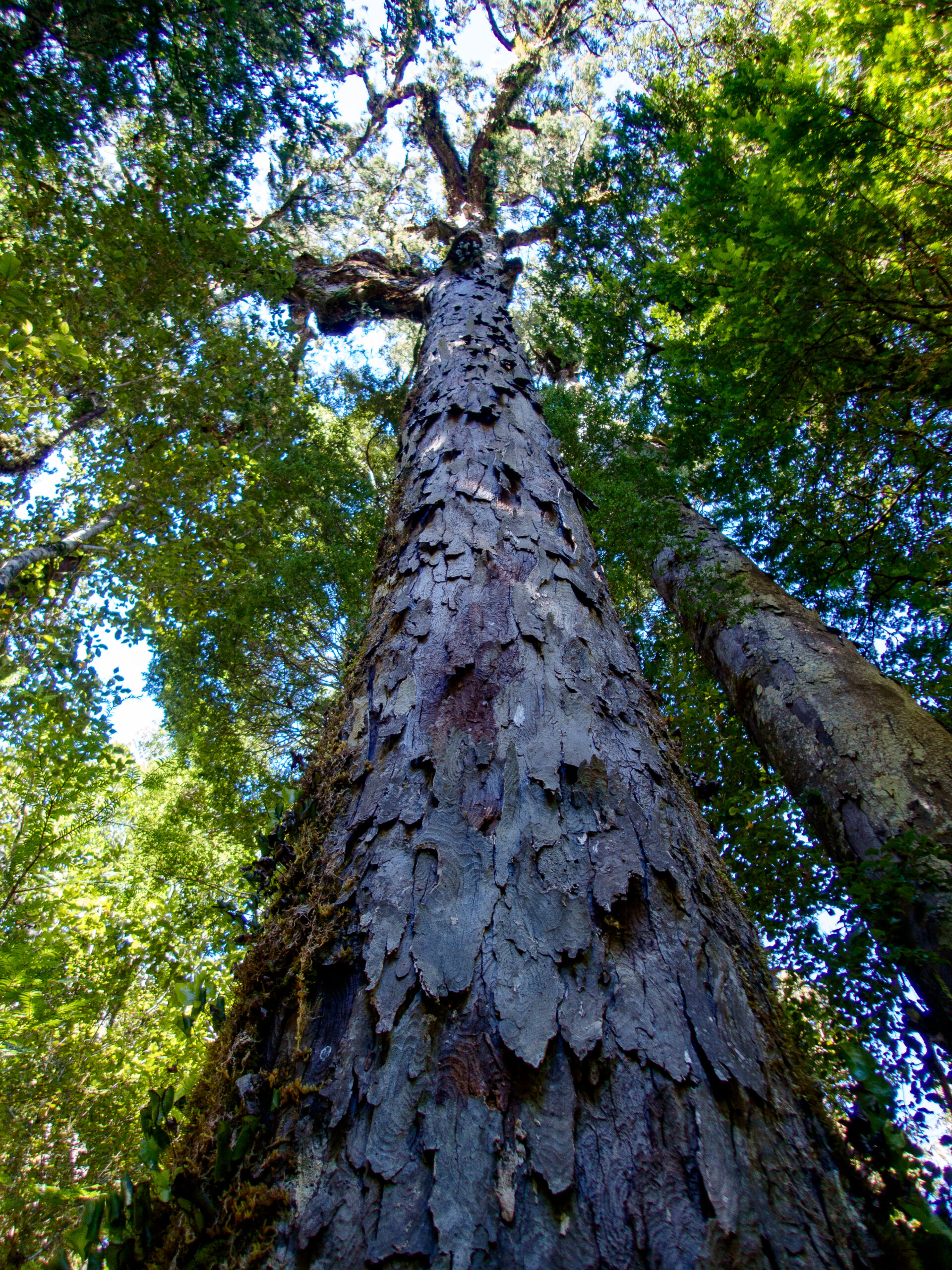
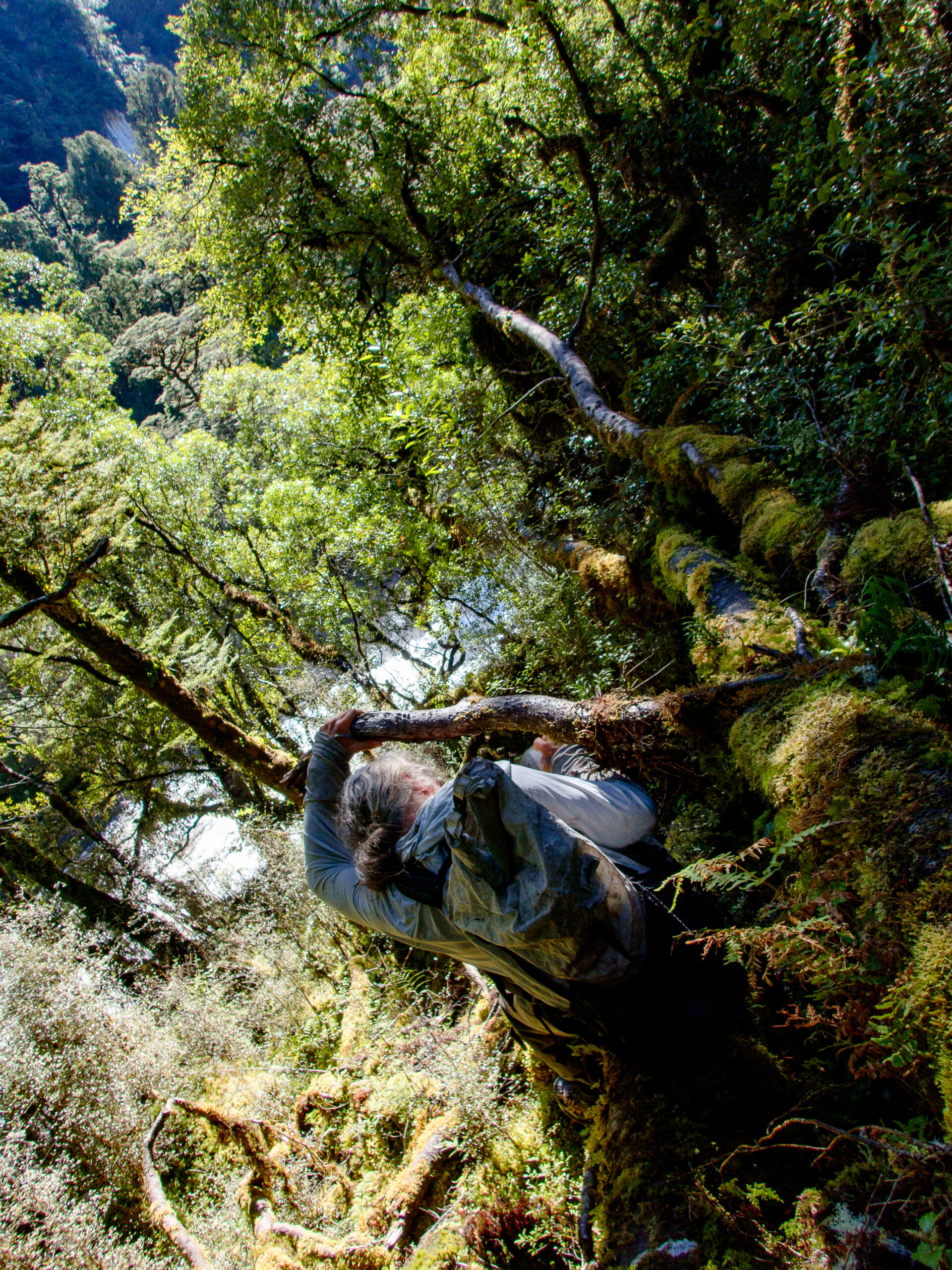
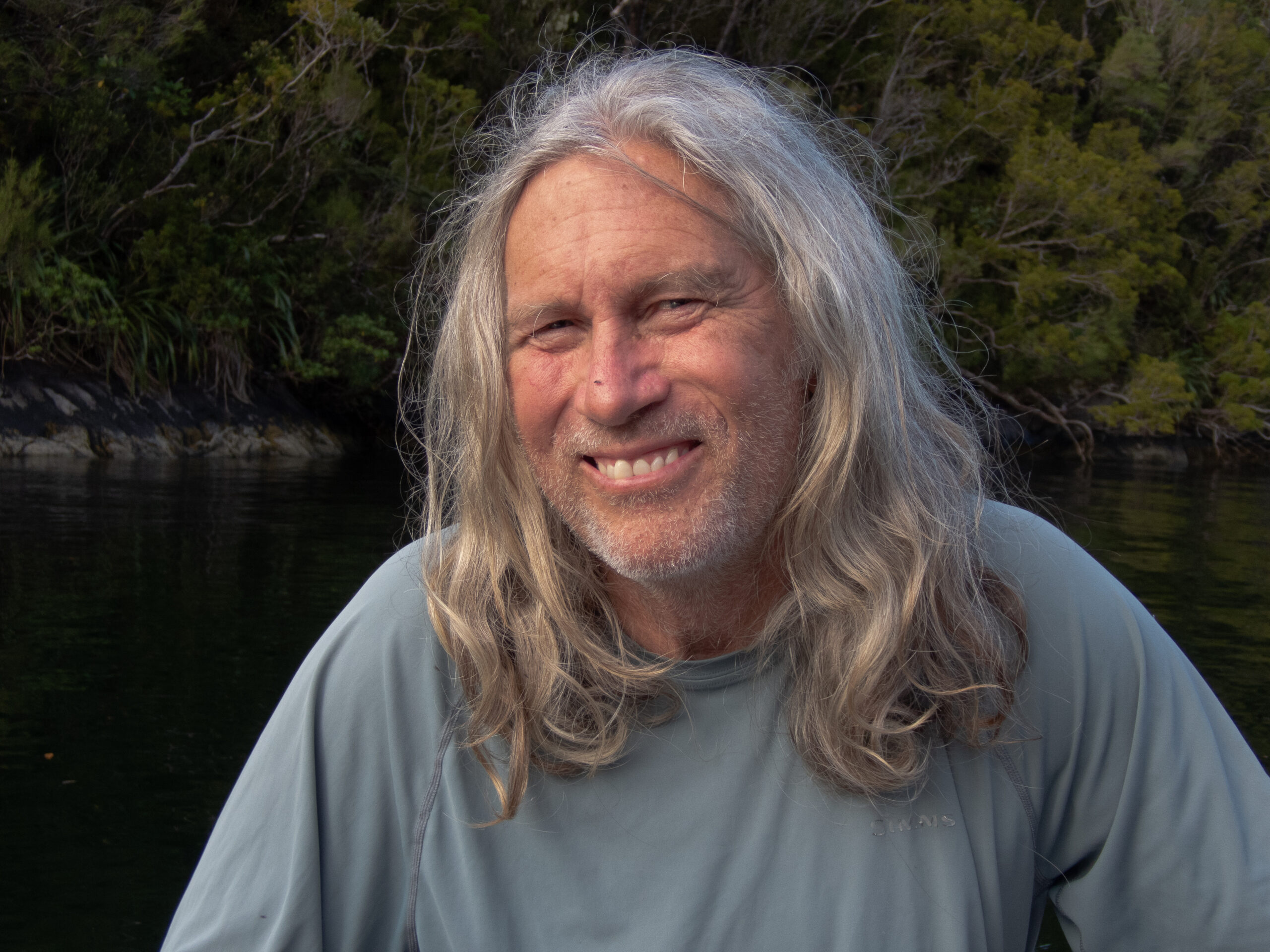

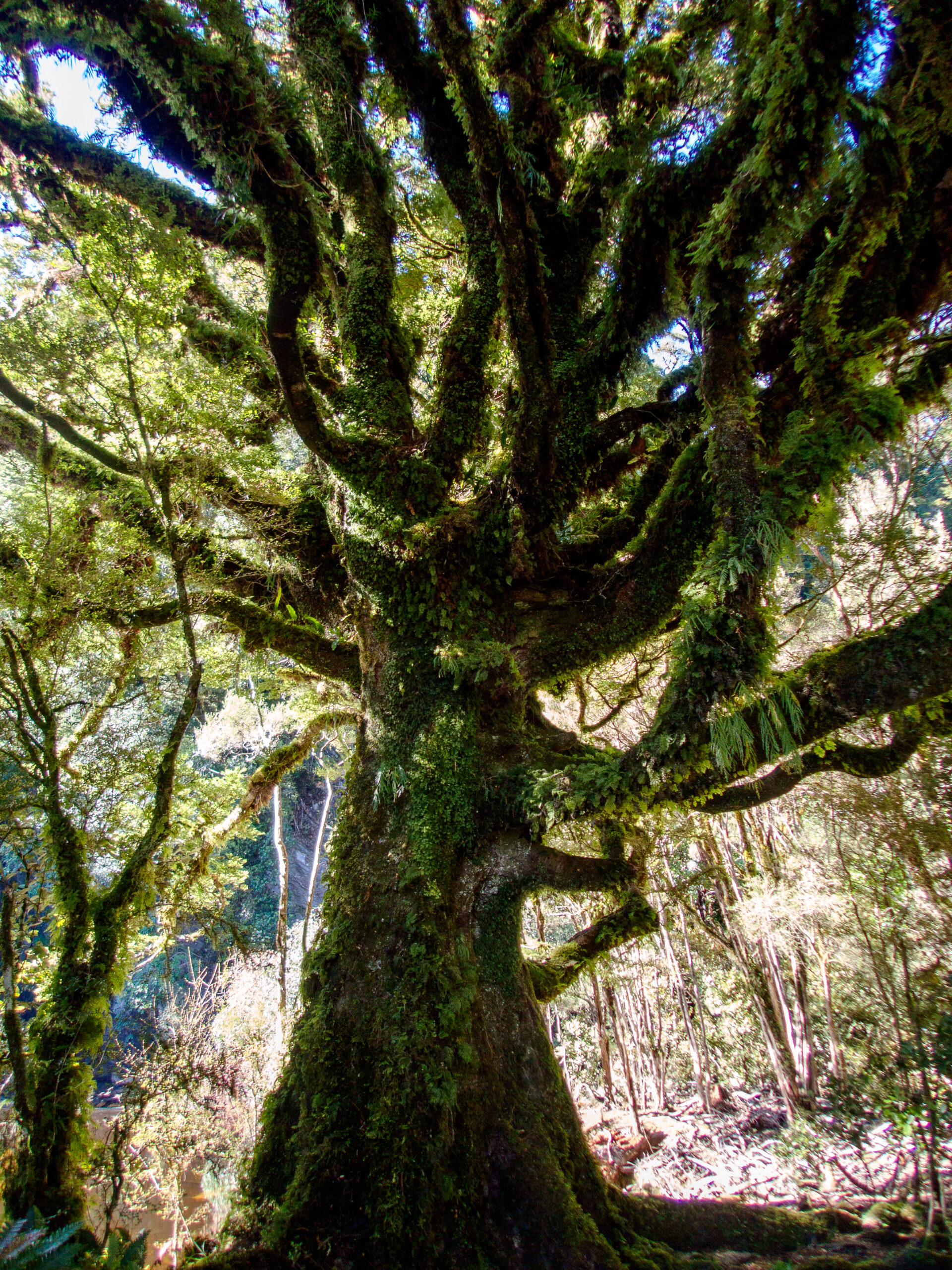
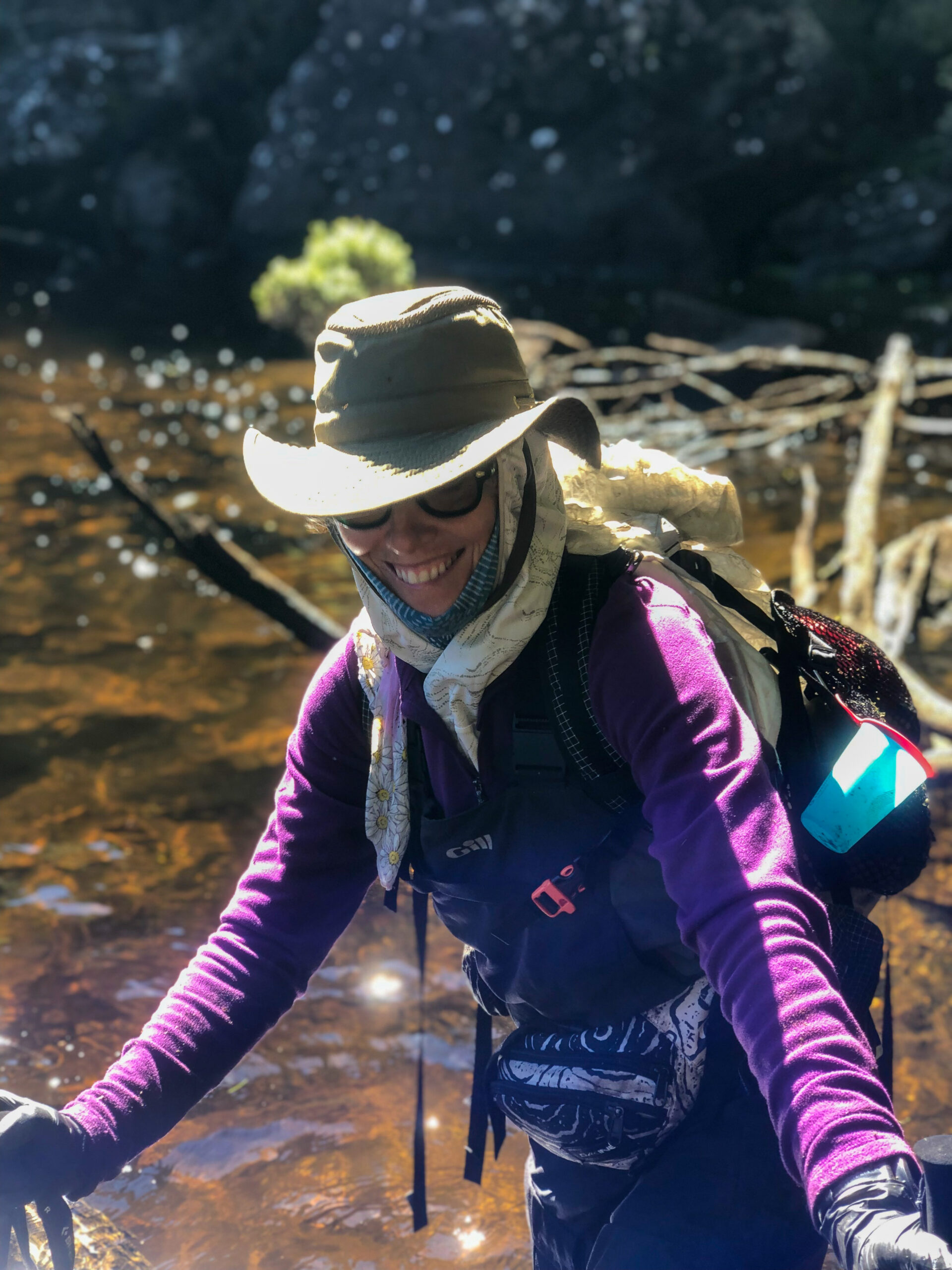


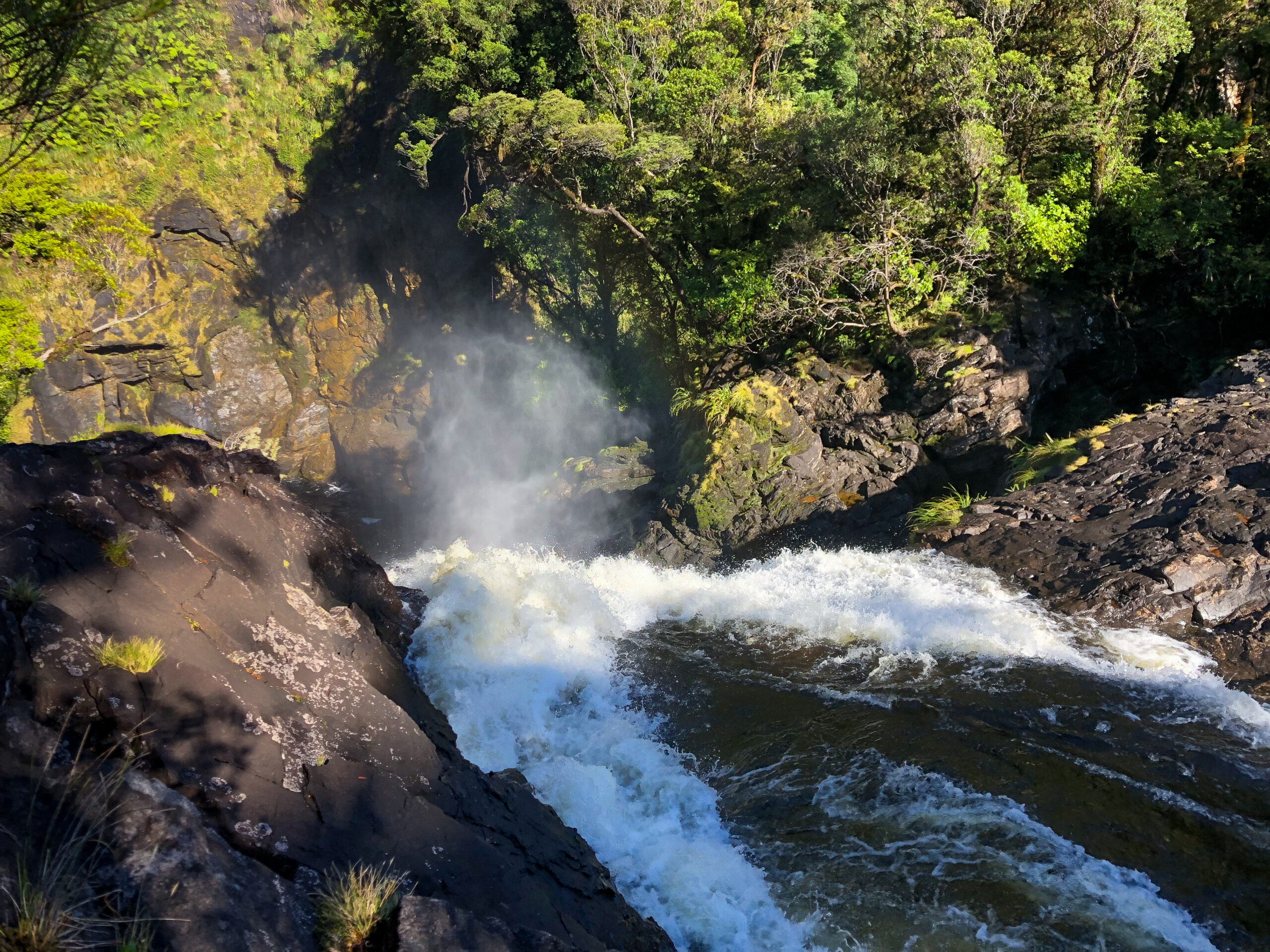

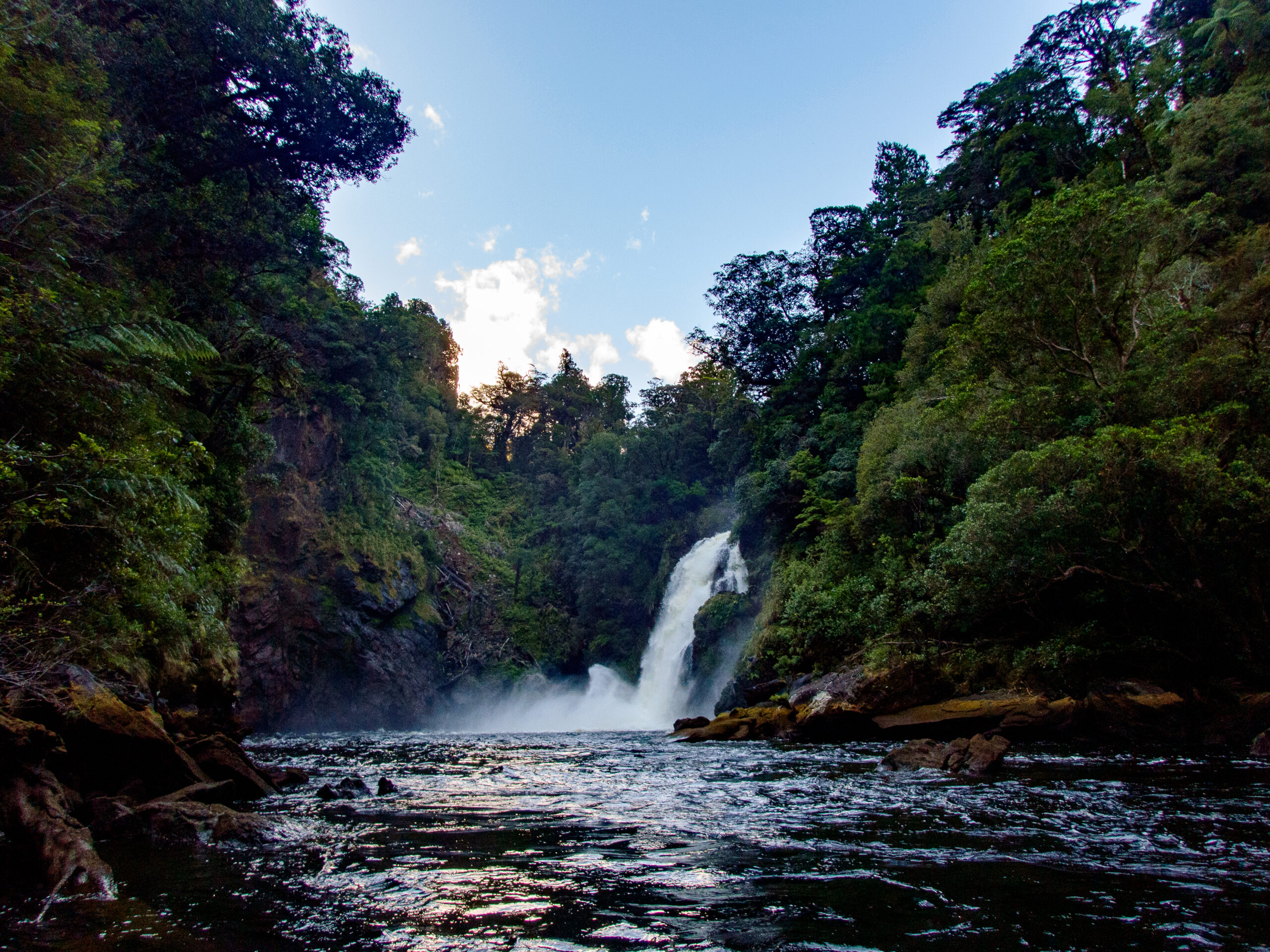
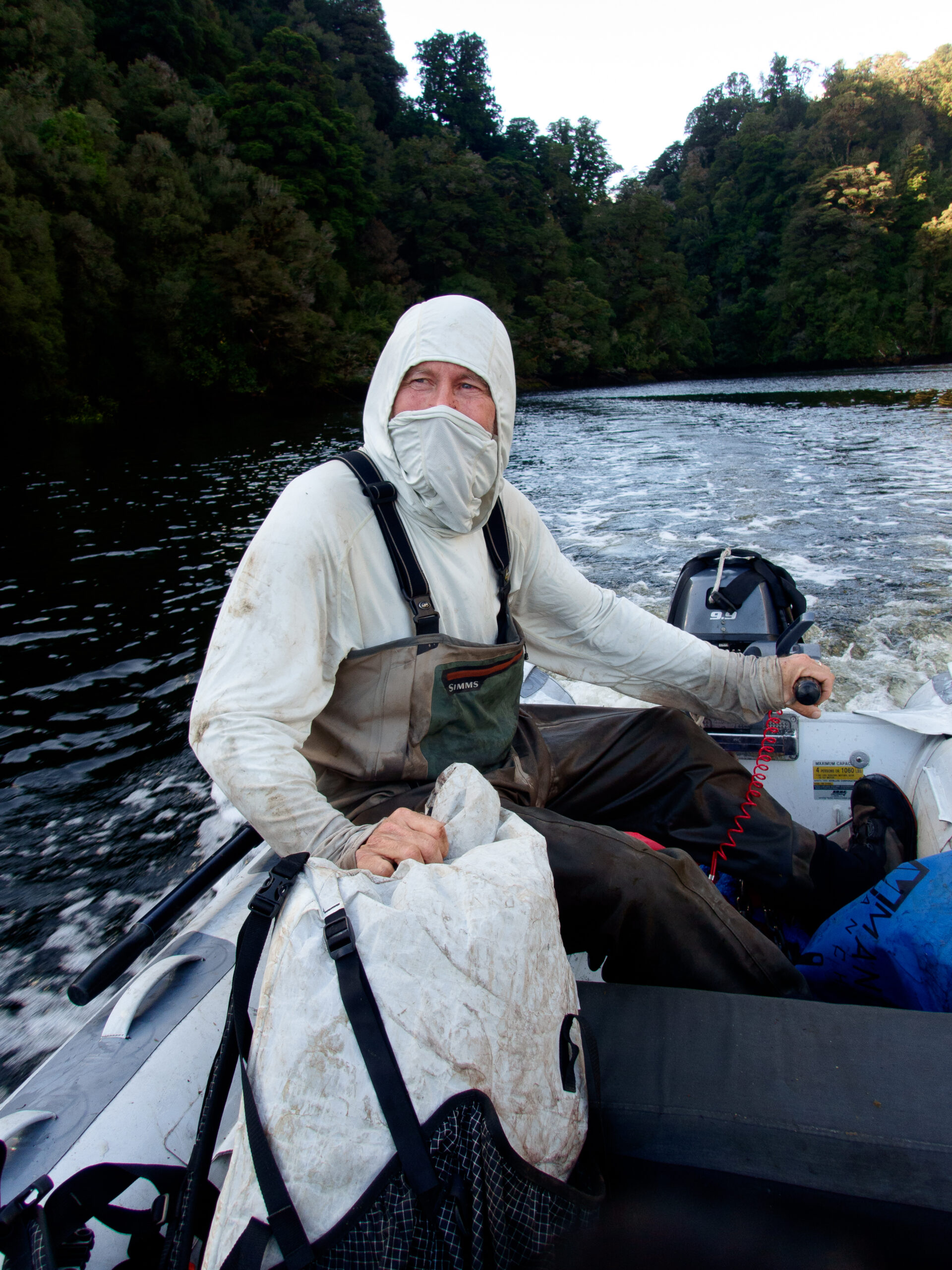
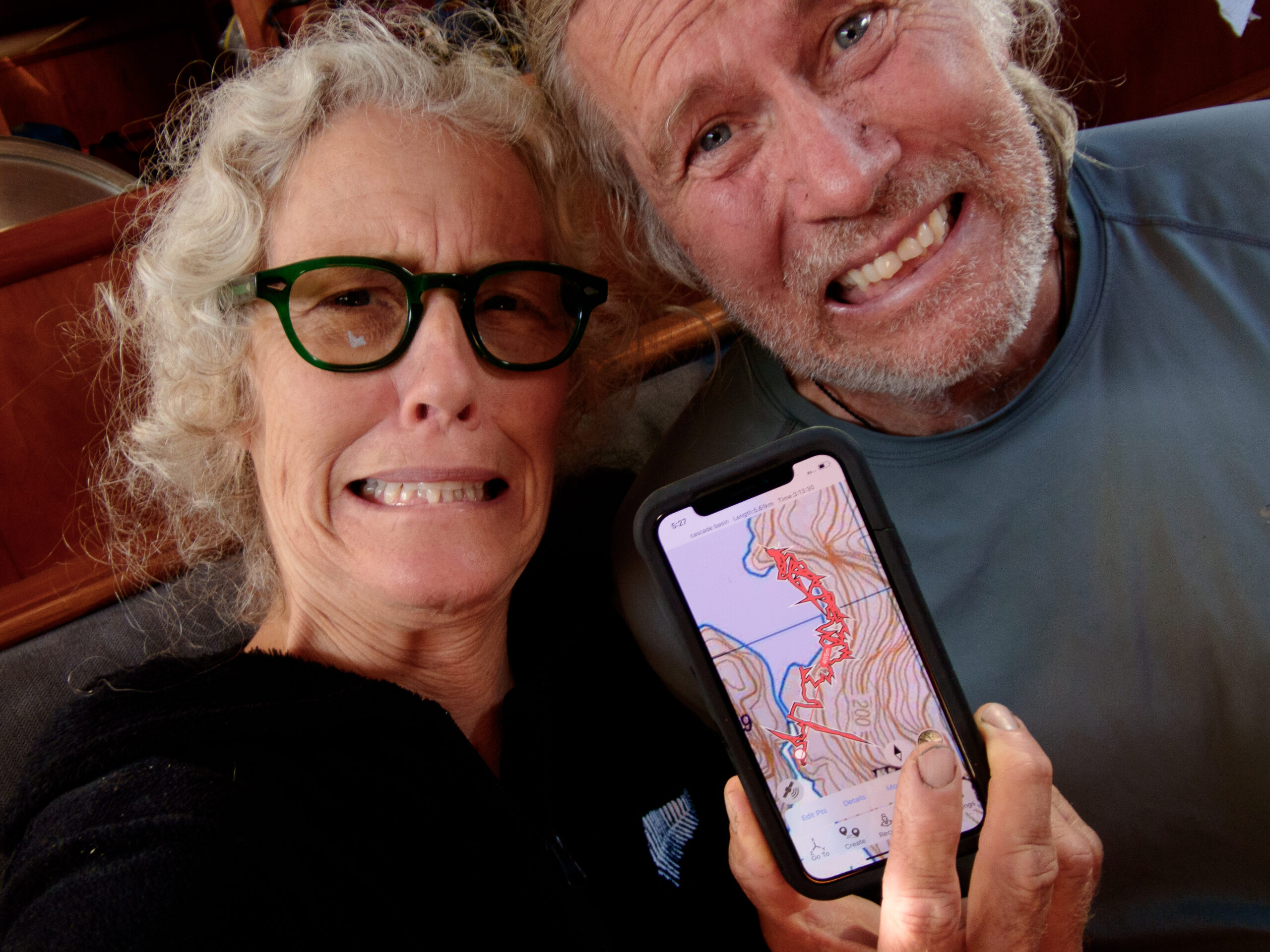
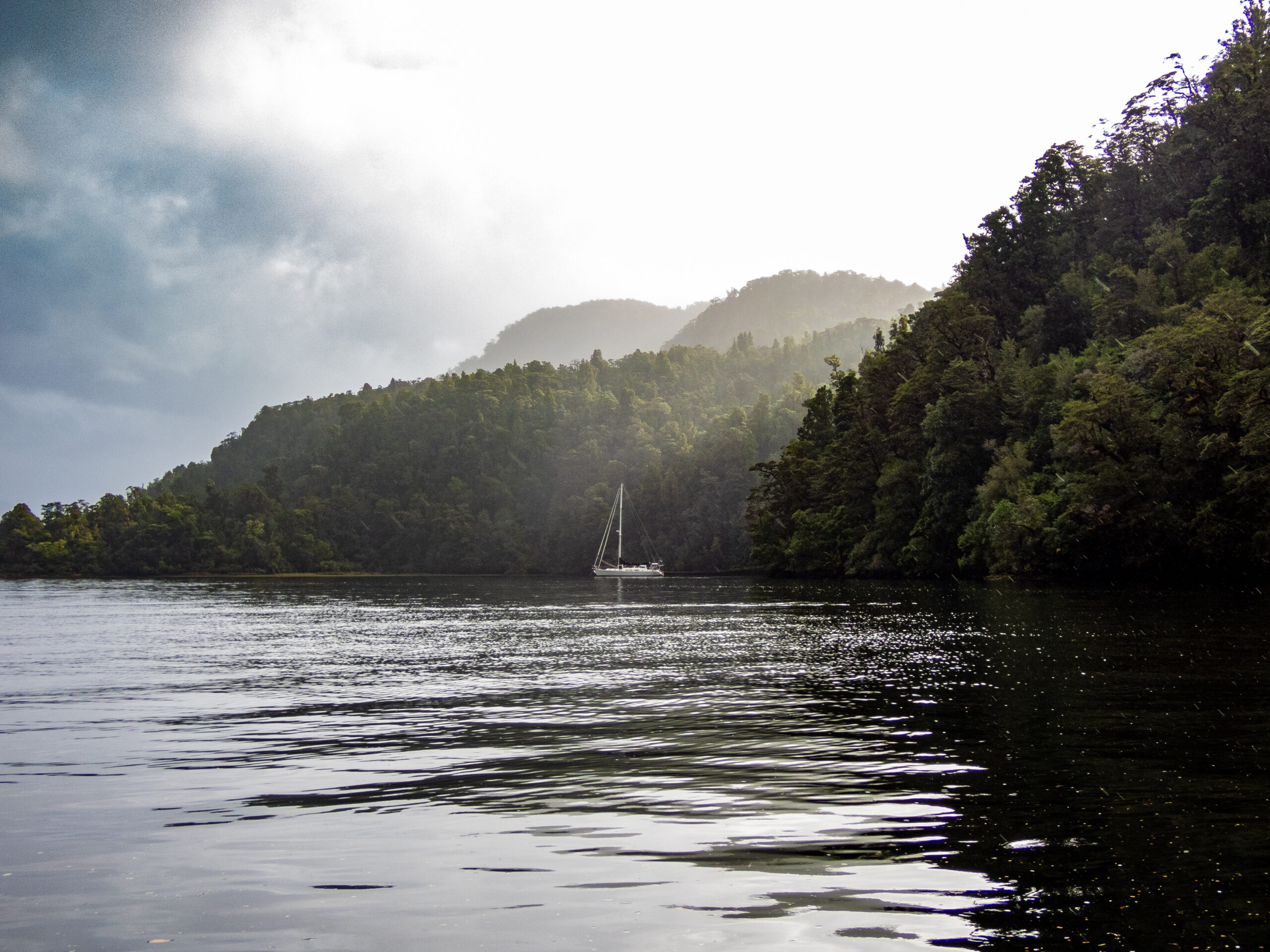
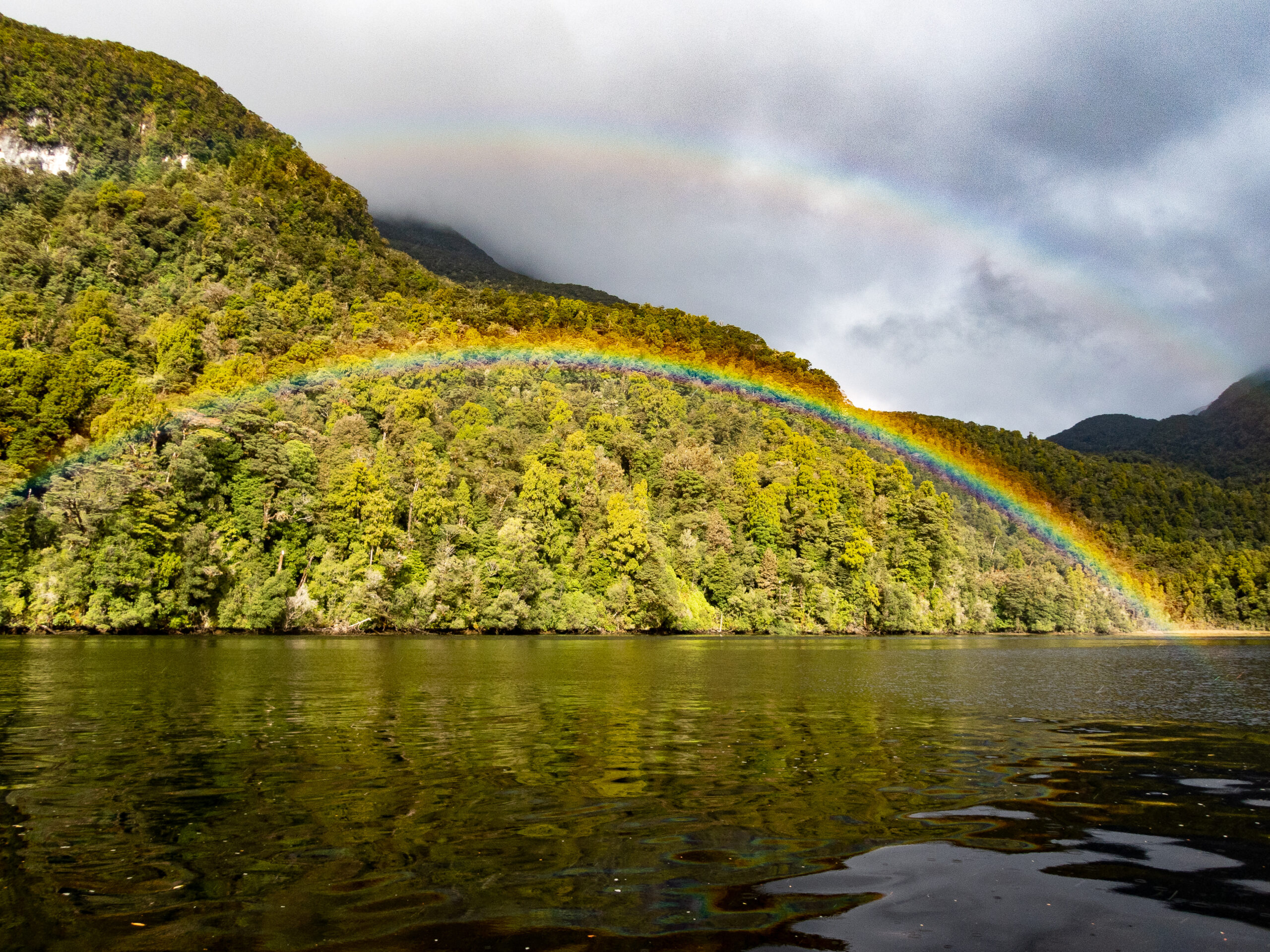
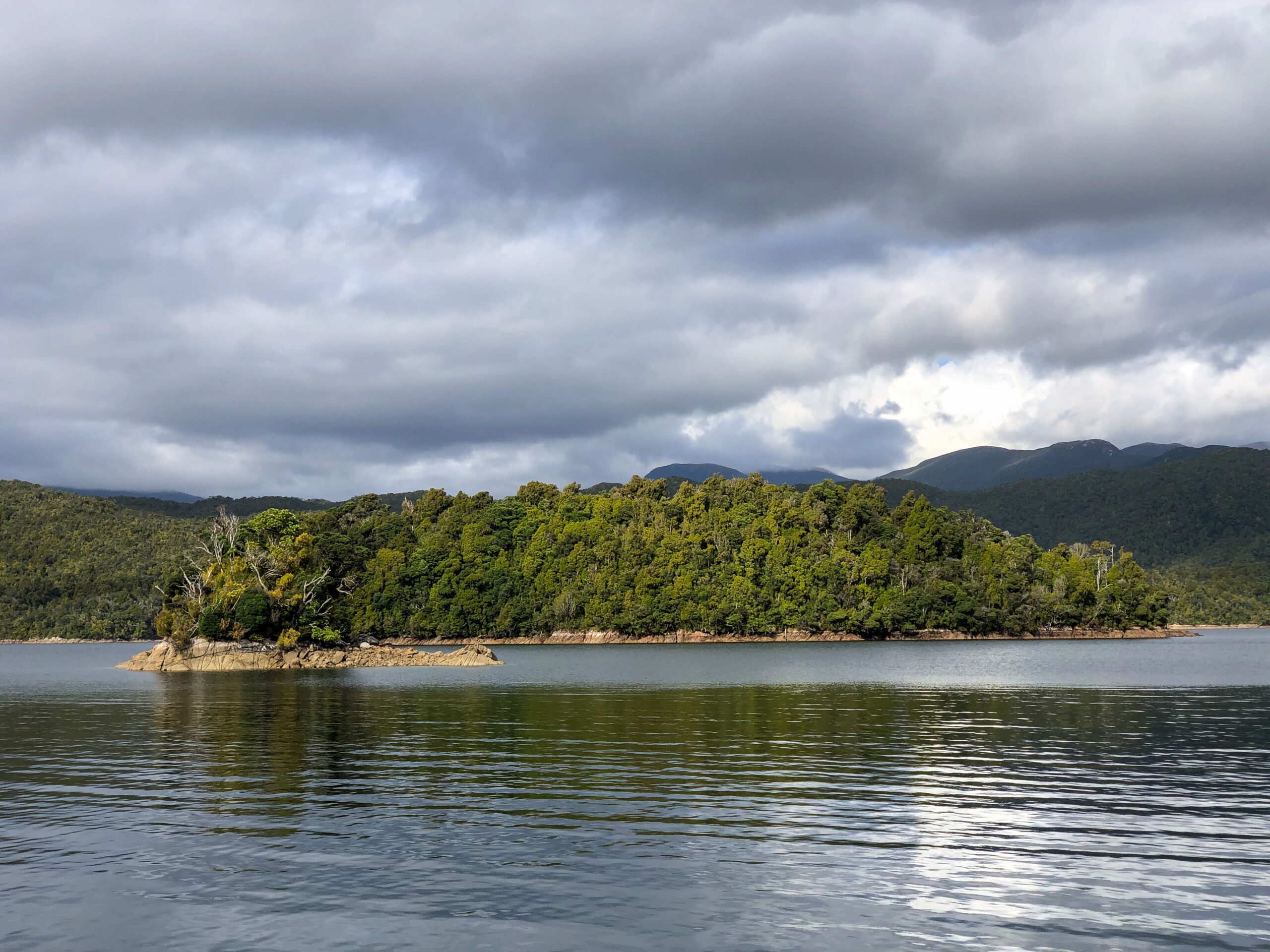

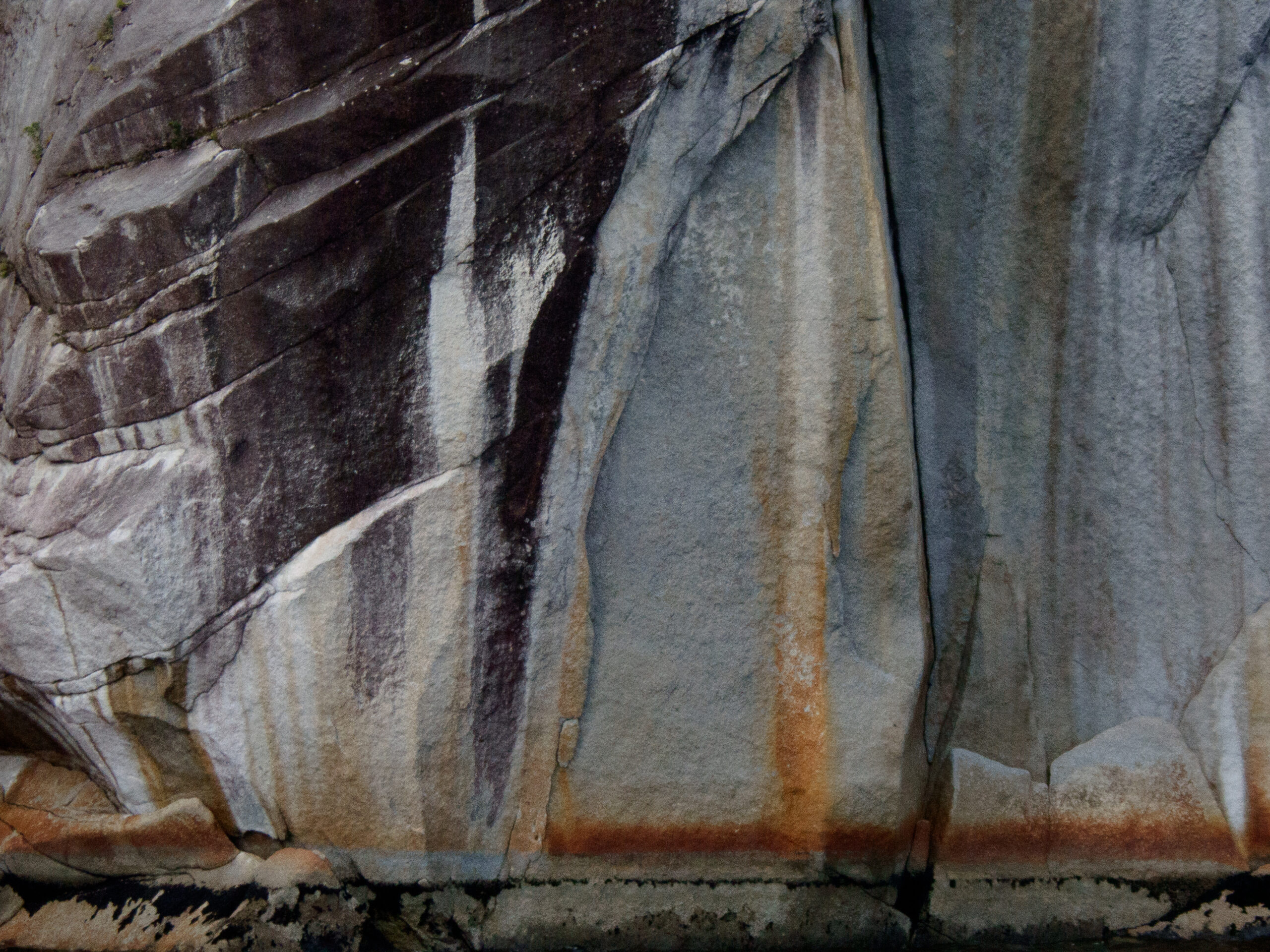

Next stop: Fiordland/Dusky Sound
Port Pegasus, Pikihatiti, southernmost region of Rakiura/Stewart Island
Port Pegasus
After a long period in the 19th century of surprisingly energetic efforts to master and exploit the natural “resources” of Rakiuru, whaling, mining, seal fur trade, fishing and harvesting lumber, New Zealander’s finally left most of this southern island alone, so that ninety-eight percent of the island is under the management of the Department of Conservation (DOC). It is wild again, and feels that way. There are a few DOC huts scattered about, and a system of trails but most of the island is difficult to reach in any other way than a boat. Port Pegasus still has the remans of some of the settlements, rusted and covered in the bush, but arriving by sea it feels beautifully raw and untouched with very few visitors. We saw a few other boats, including Pazzo, who we met in Lyttelton. The fishing was ridiculously prolific. We caught something on nearly every drop of the jig, and it took less than fifteen minutes to have our first legal sized Blue Cod for tacos. All in all, a very special, wild, rarely visited place that was a little chilly from steady winds that certainly had a whiff of Antarctica on them.
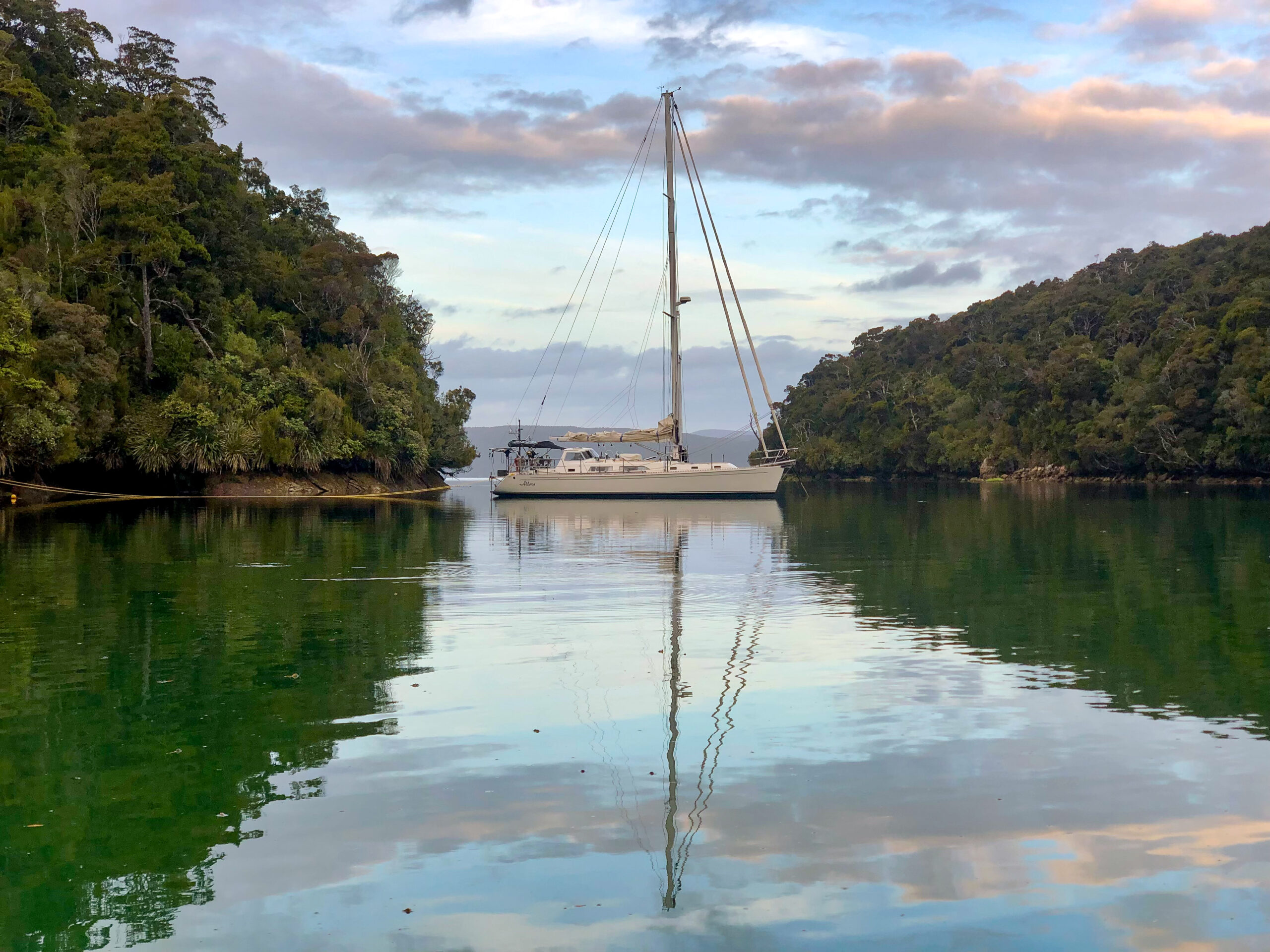
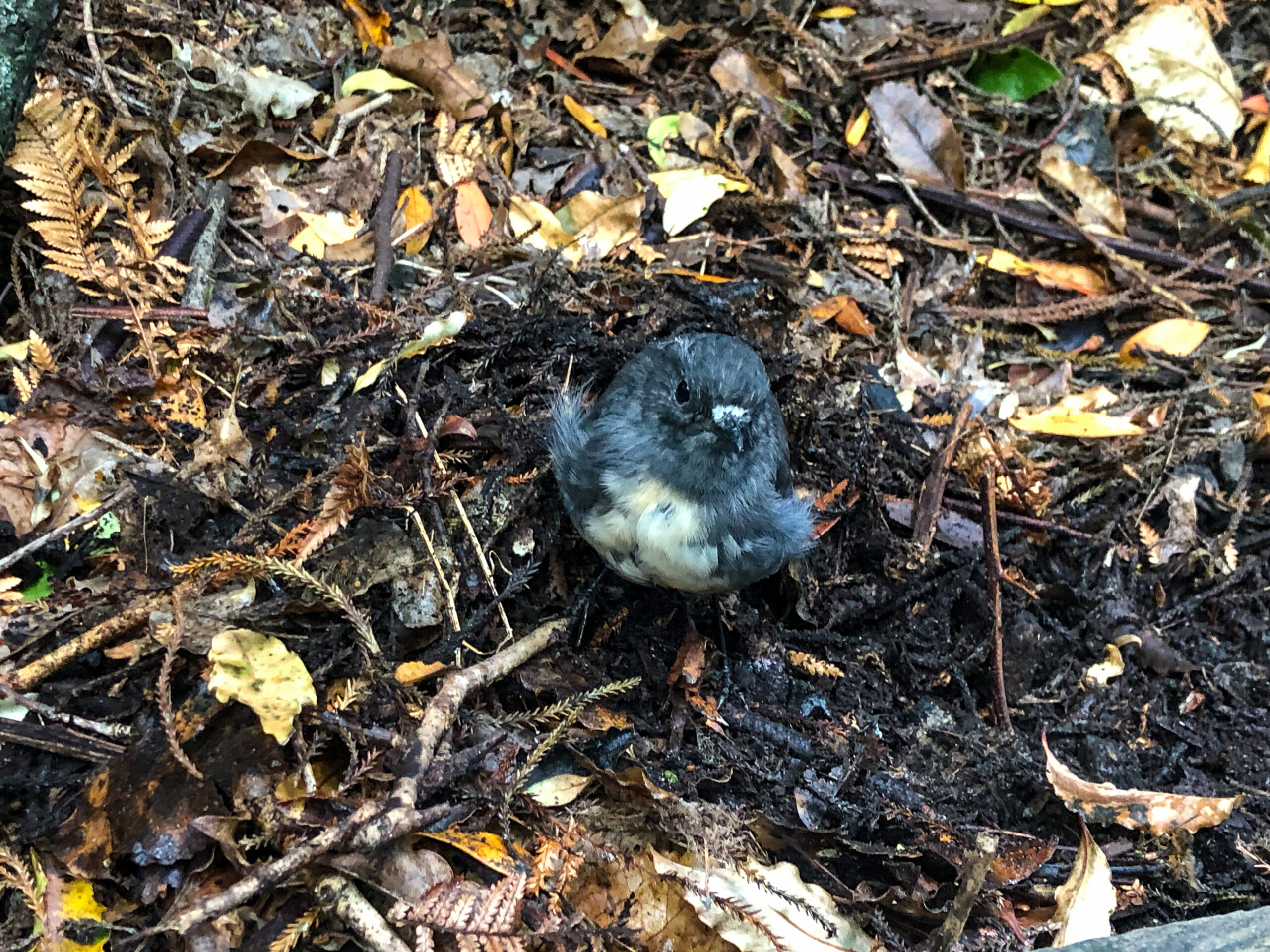
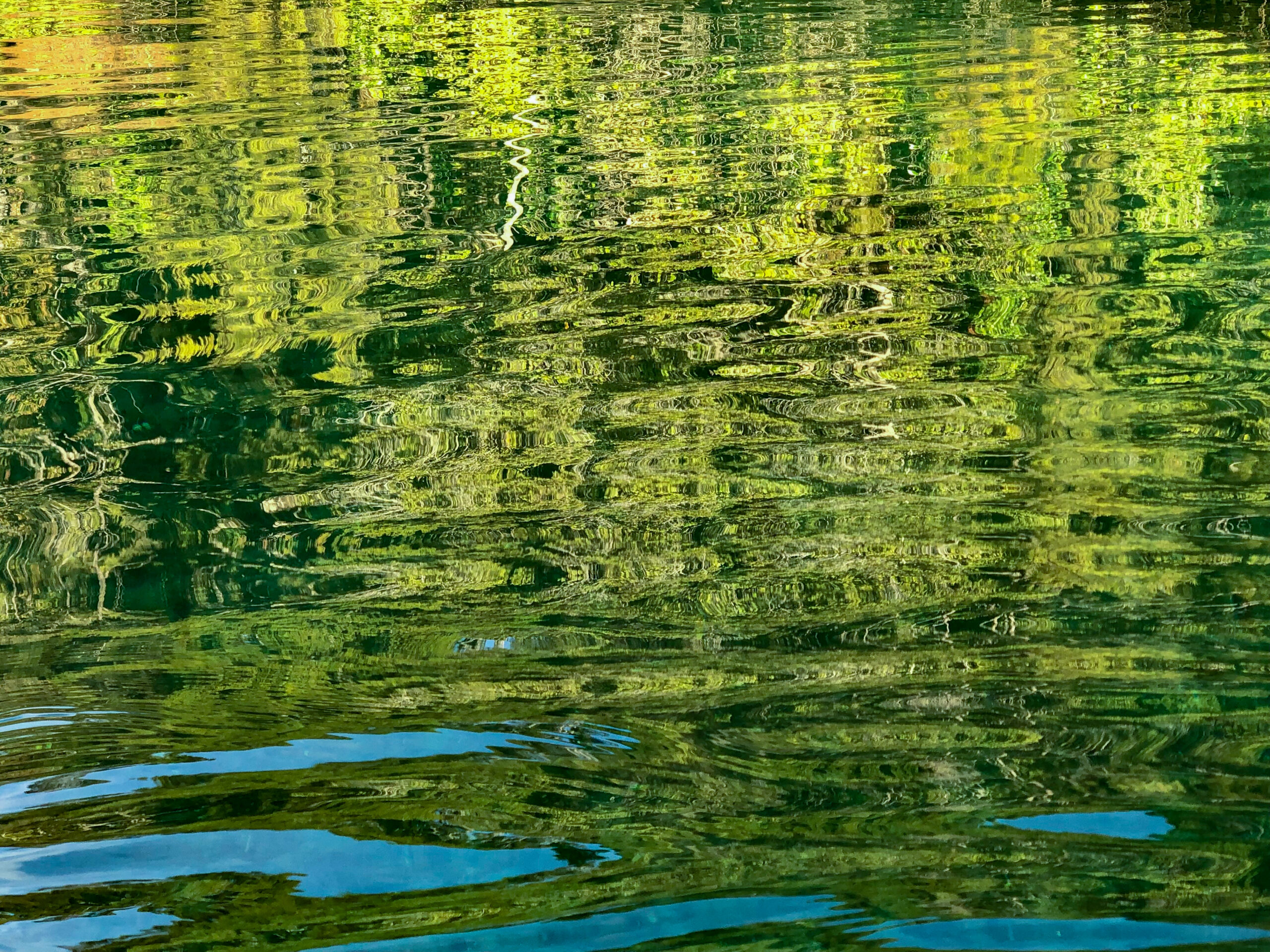
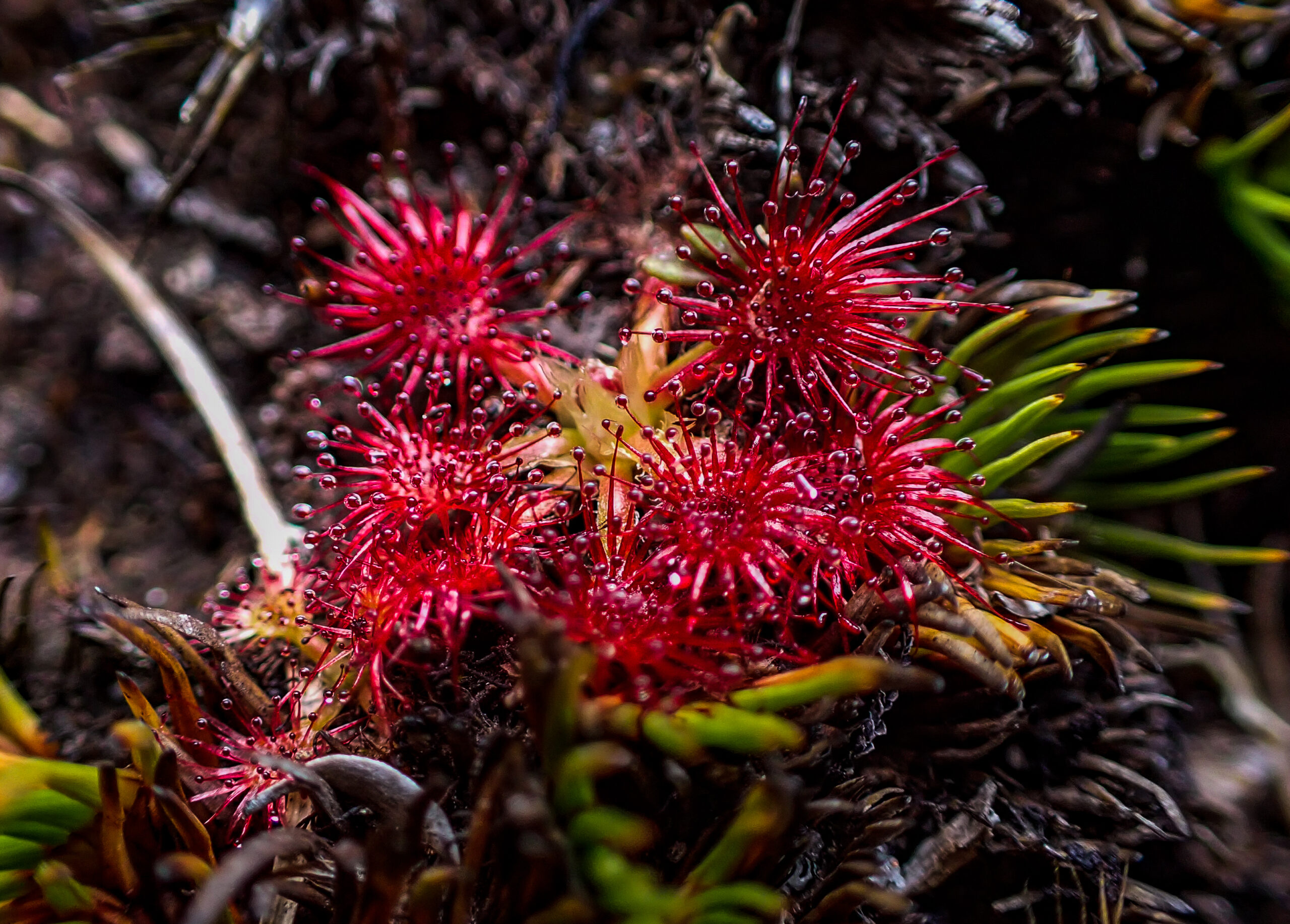
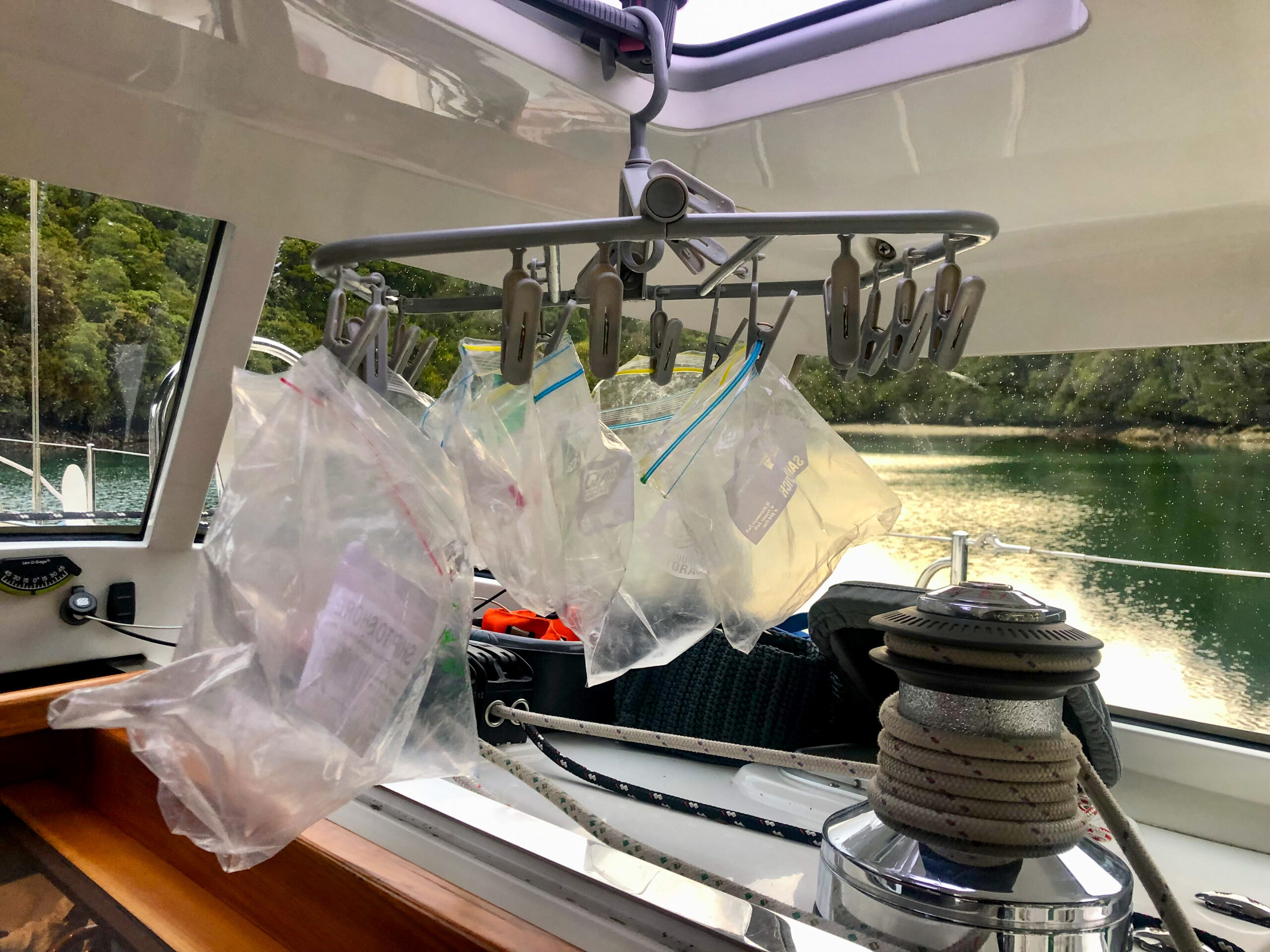

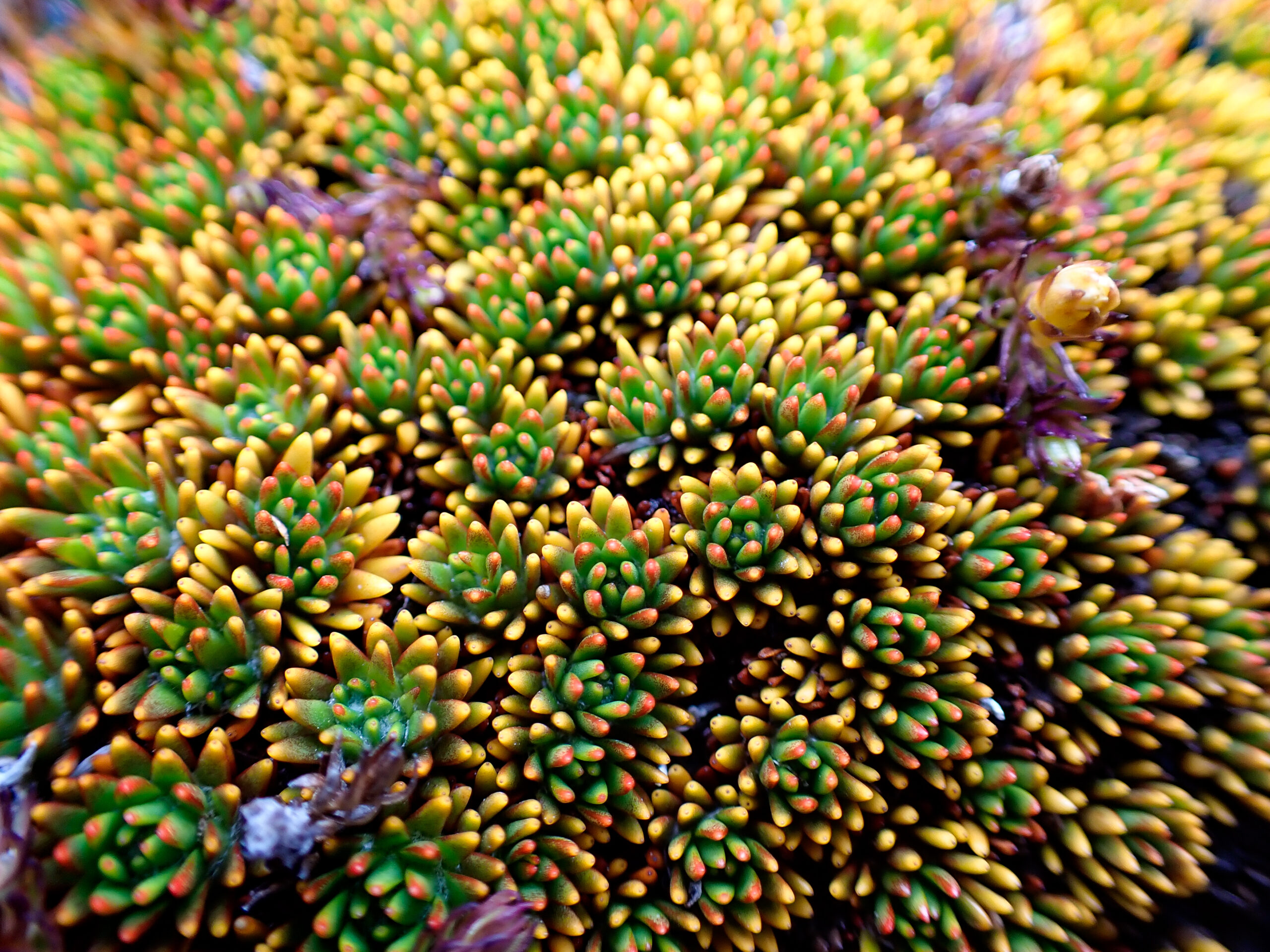

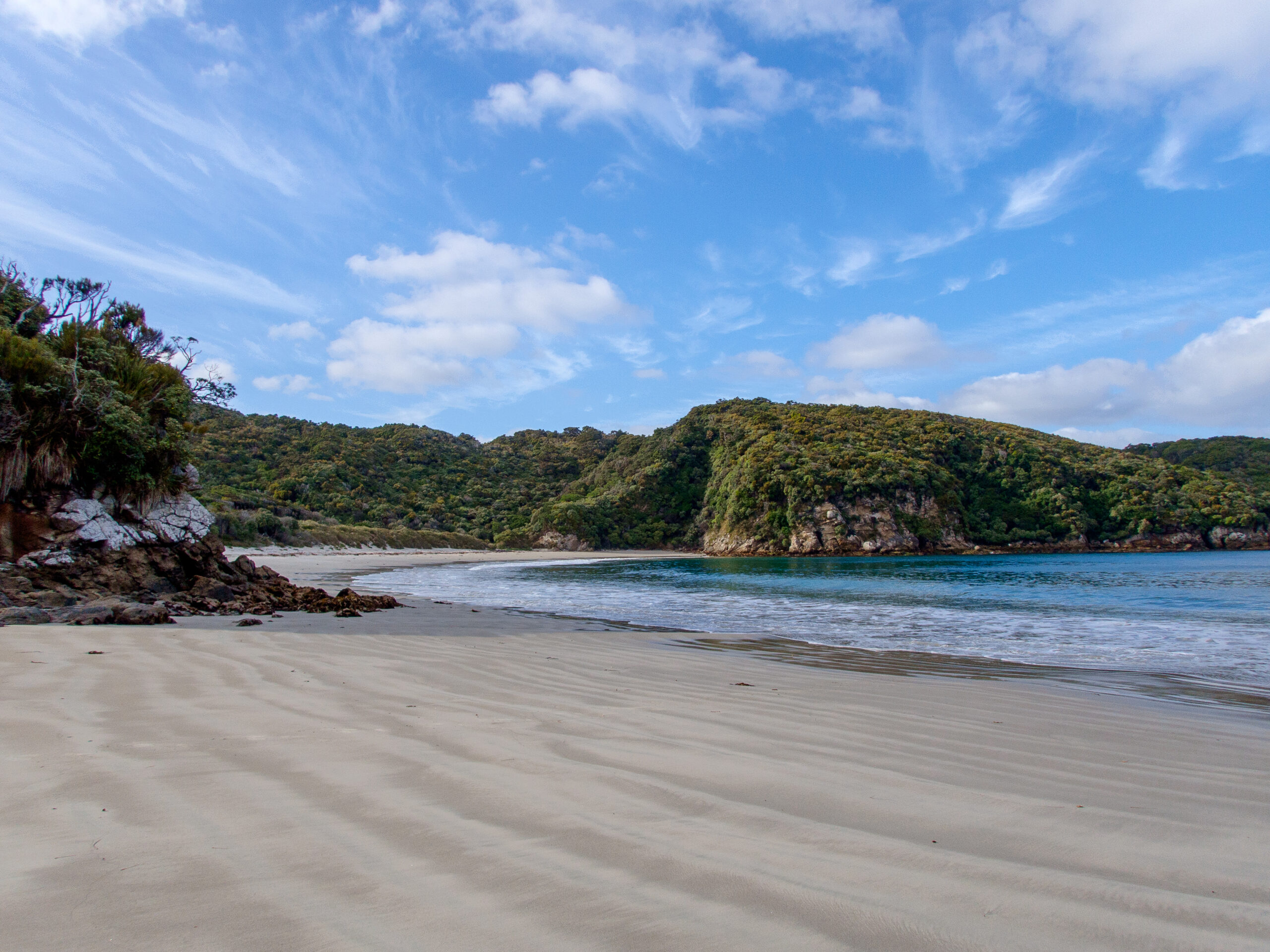
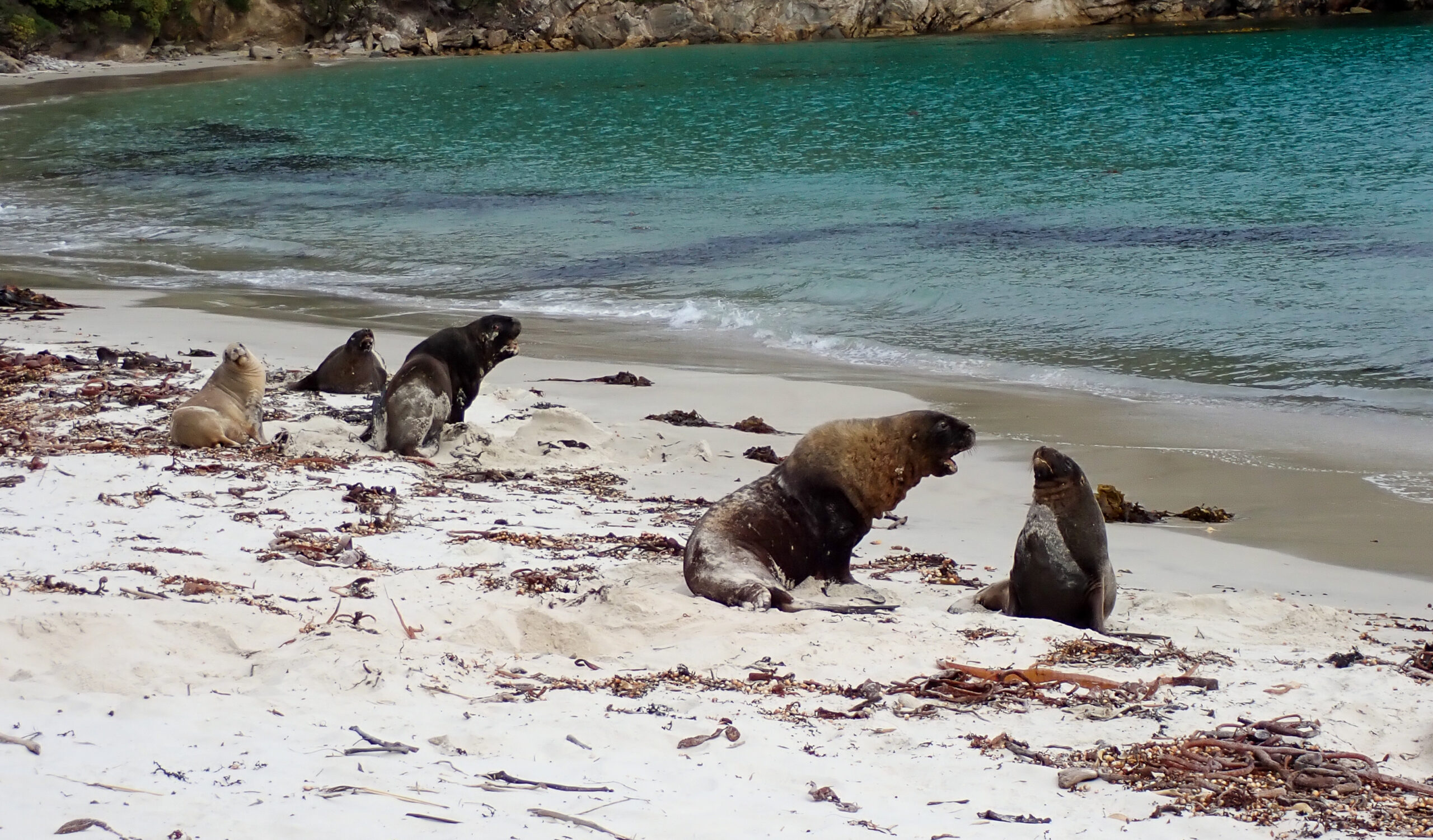
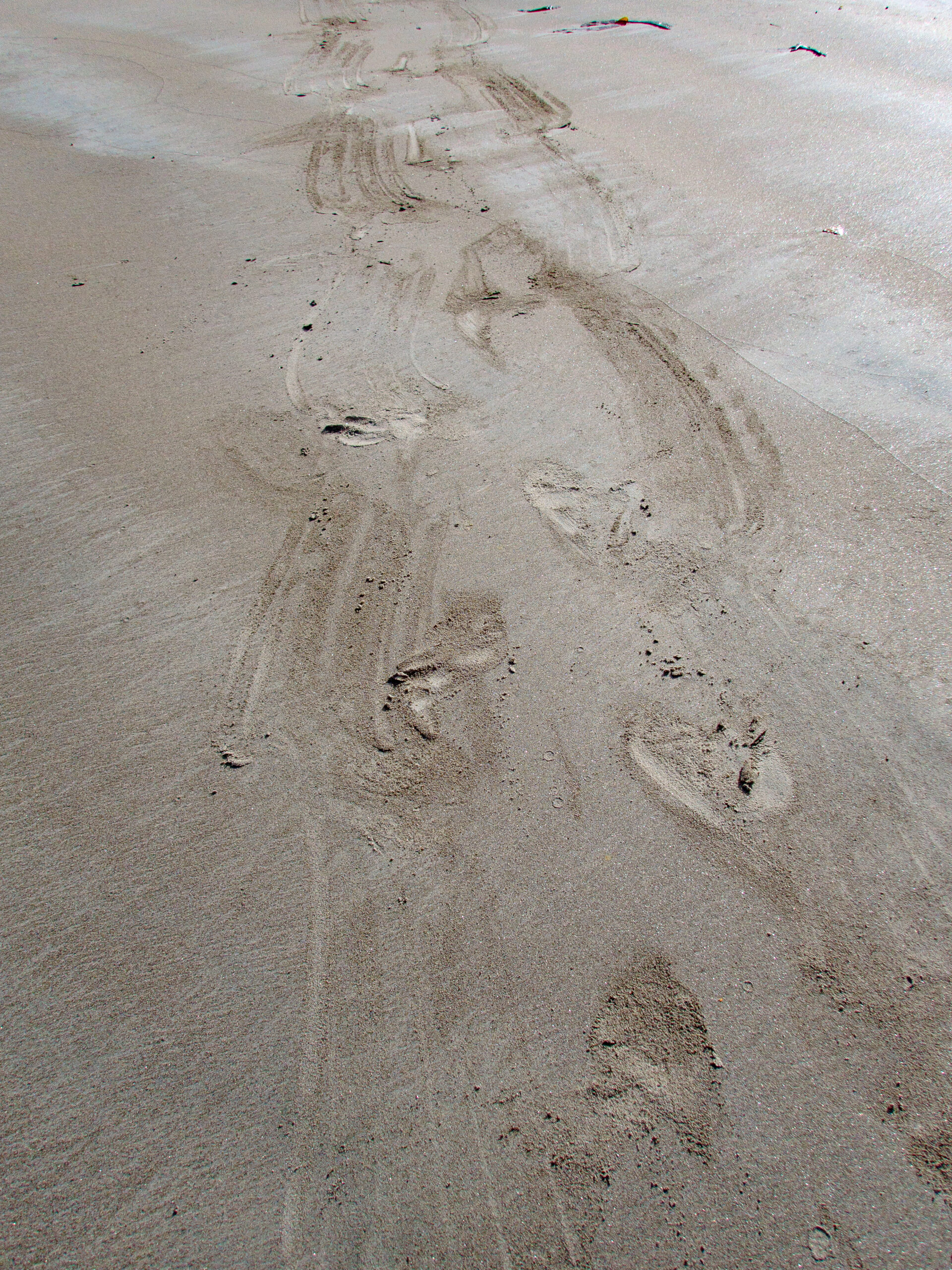

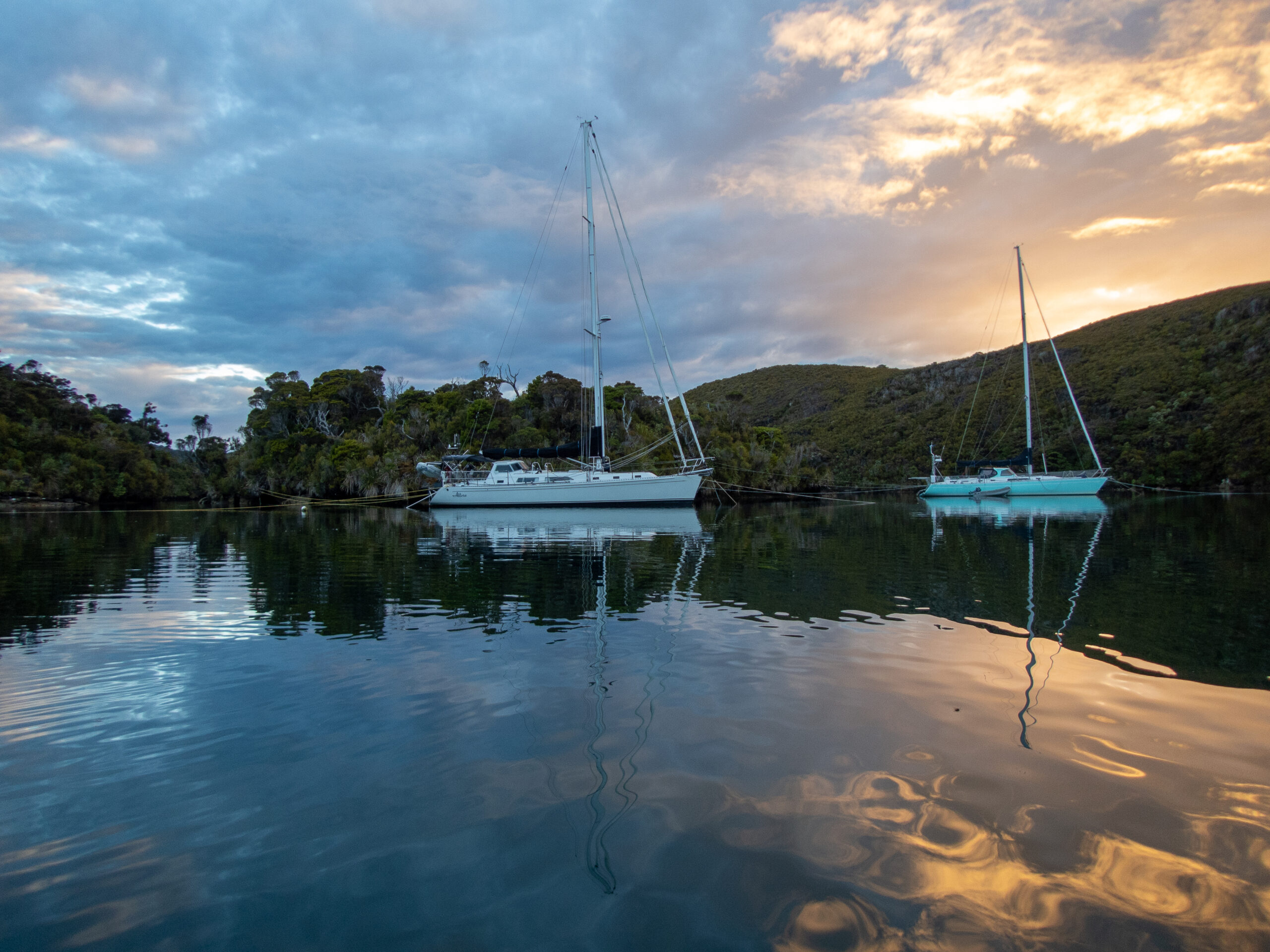



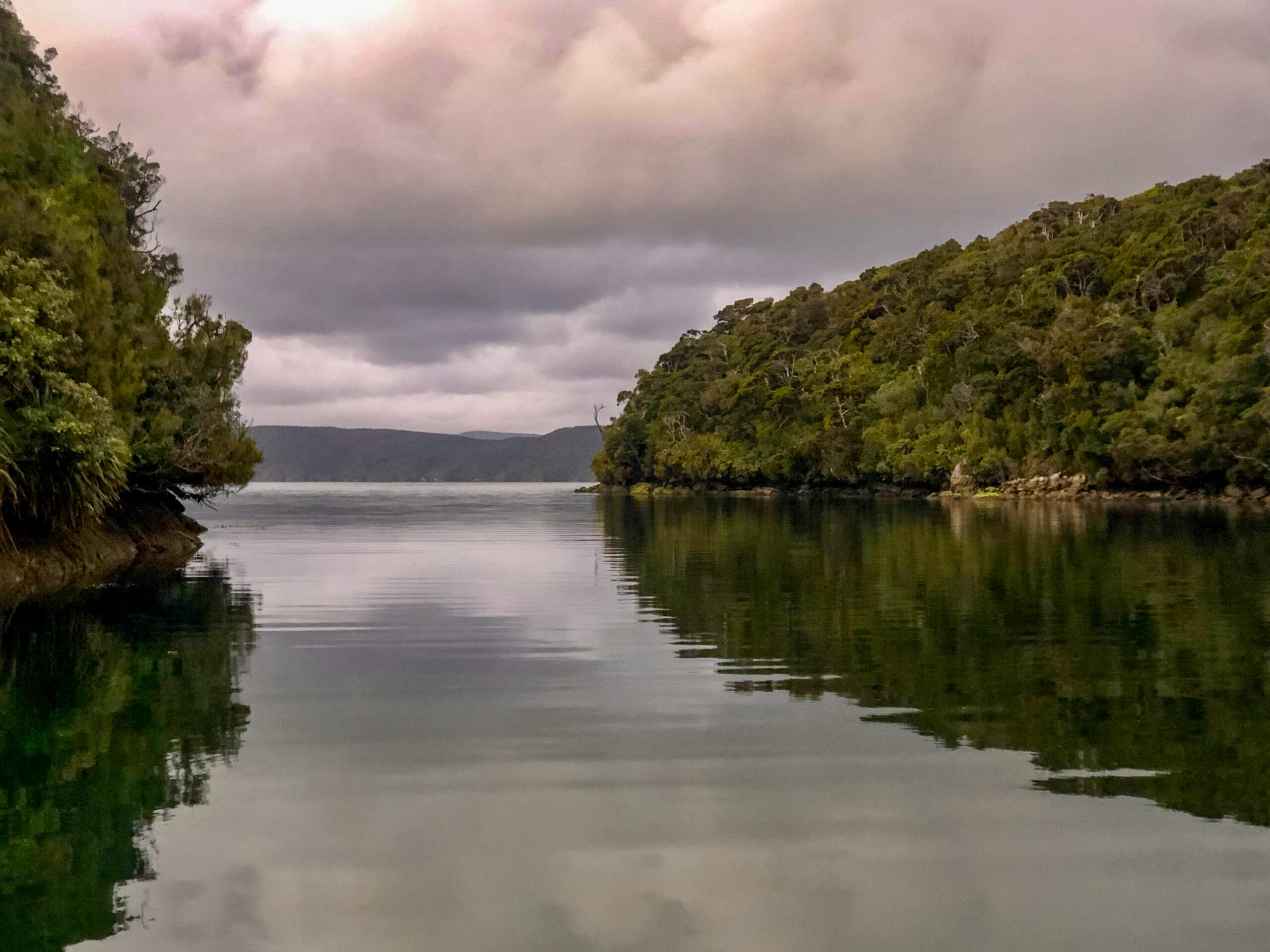
Anchors Aweigh! Lyttelton to Rakiura/Stewart Island

Flea Bay, Banks Peninsula
Diana has put in some epic kayak explorations already, along the rocks in Flea Bay on Banks peninsula where the cute little Blue Penguins perch under the rocks and baby Fur Seals flop about in confused excitement.
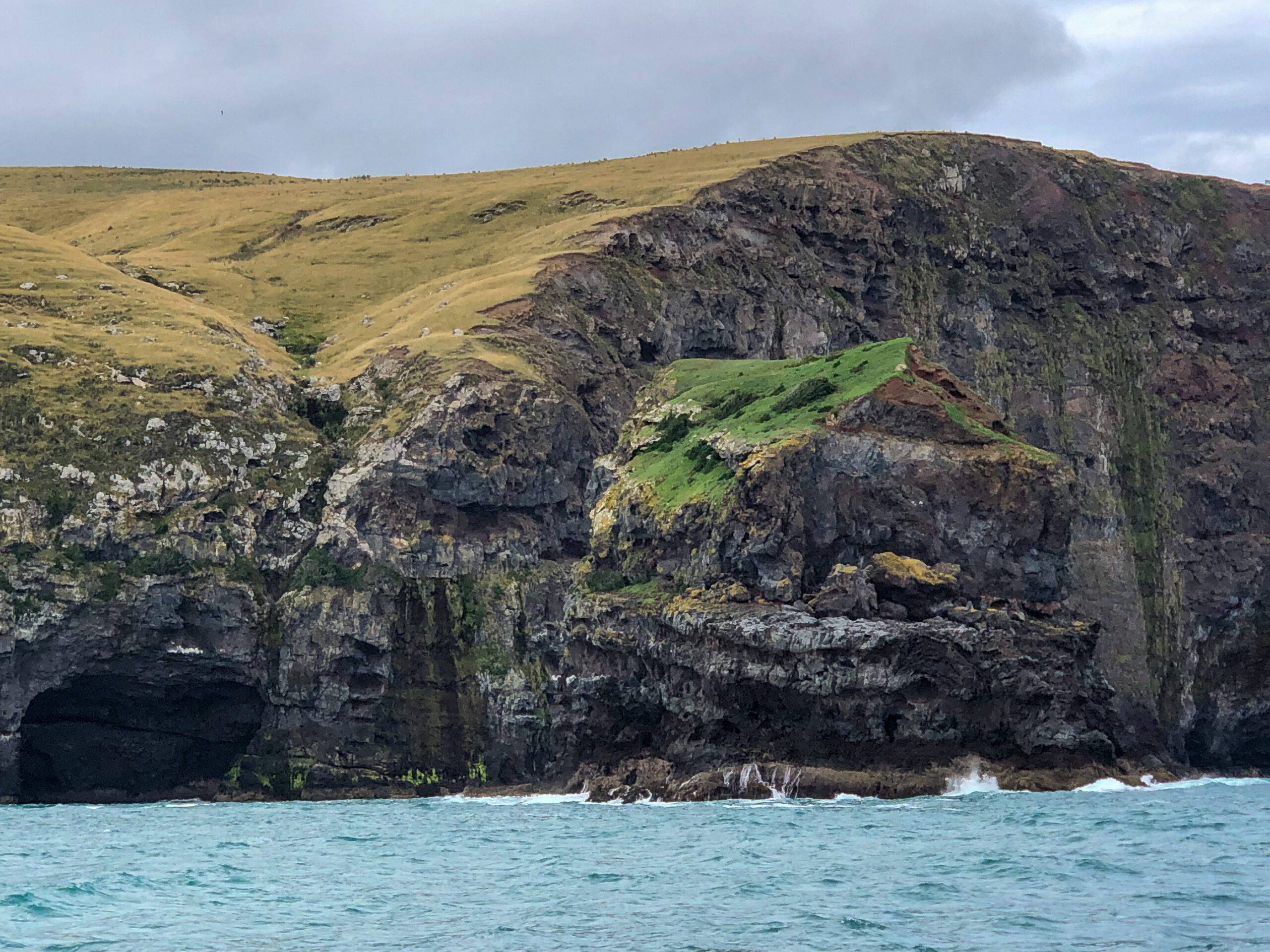


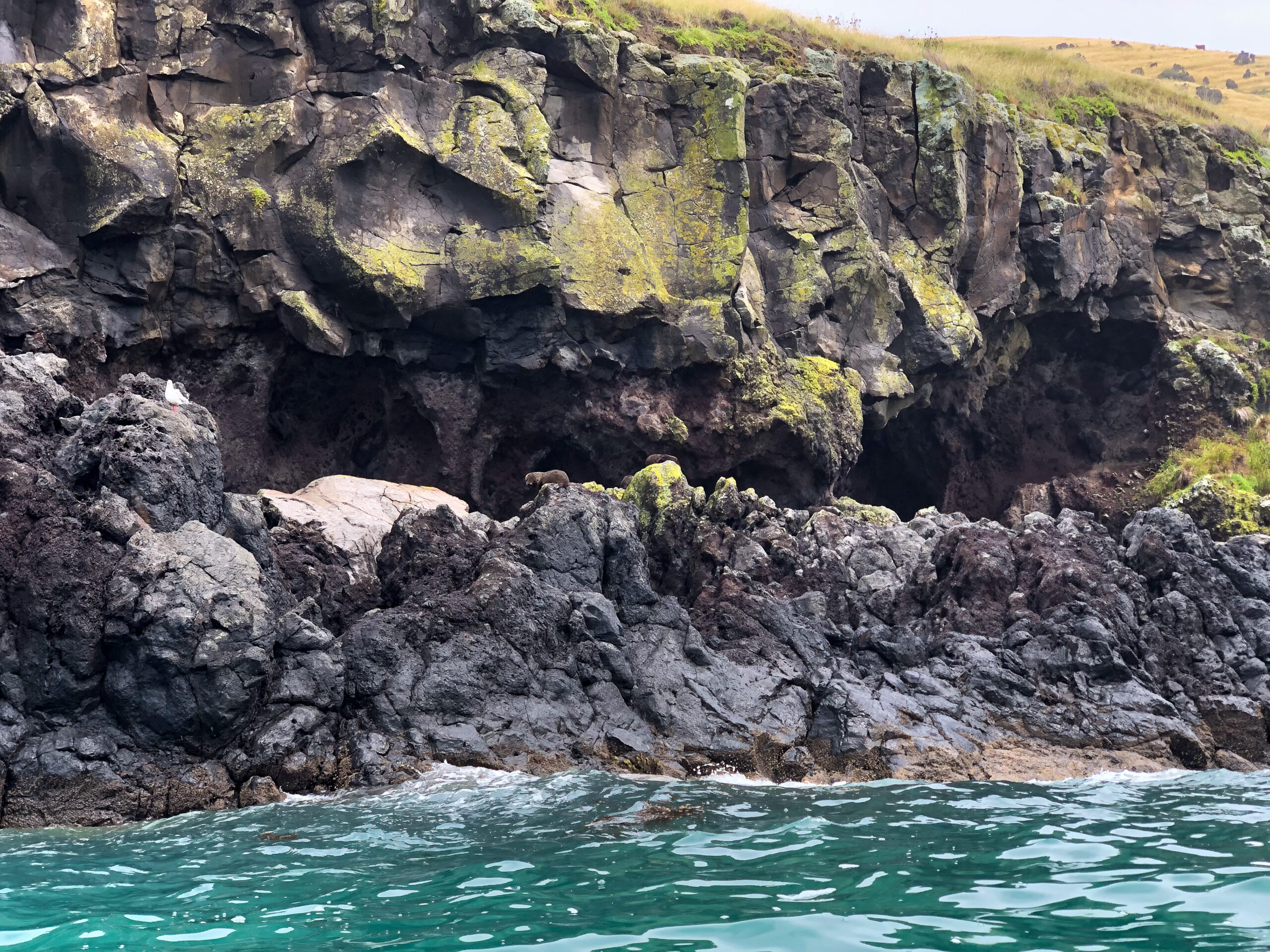
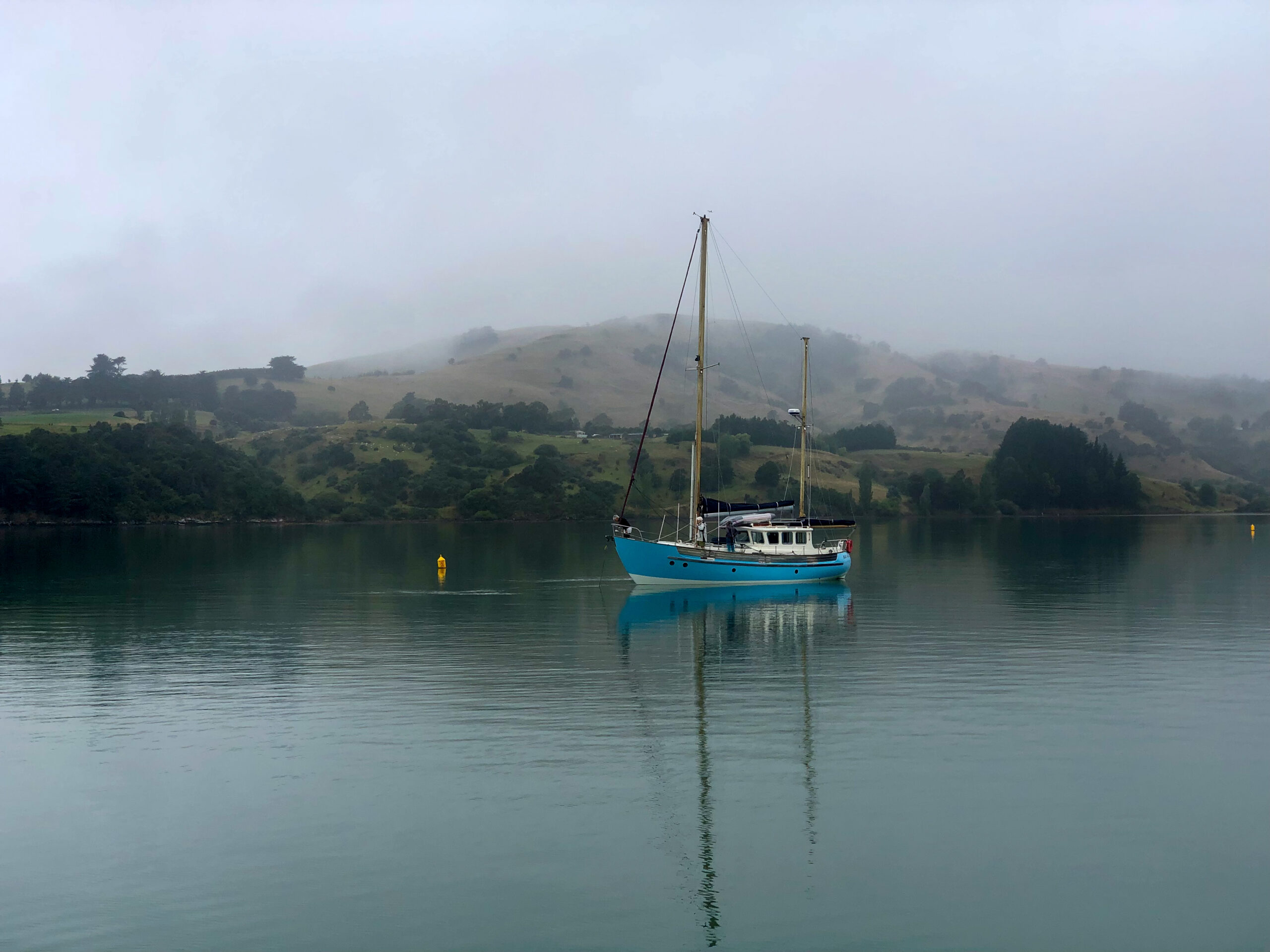
After a day hiding from the southwest wind and rain in Takamatua Bay, we spent a sunny day in Akaroa walking up a hill lined with small wooden houses to the “Giants House,” where a purple haired mosaicist and sculptor (don’t they all have purple hair?), Josie Martin, spent a lifetime creating a magical inspired garden. The expressiveness and joy of her work was dazzling, full of color and peopleness. 
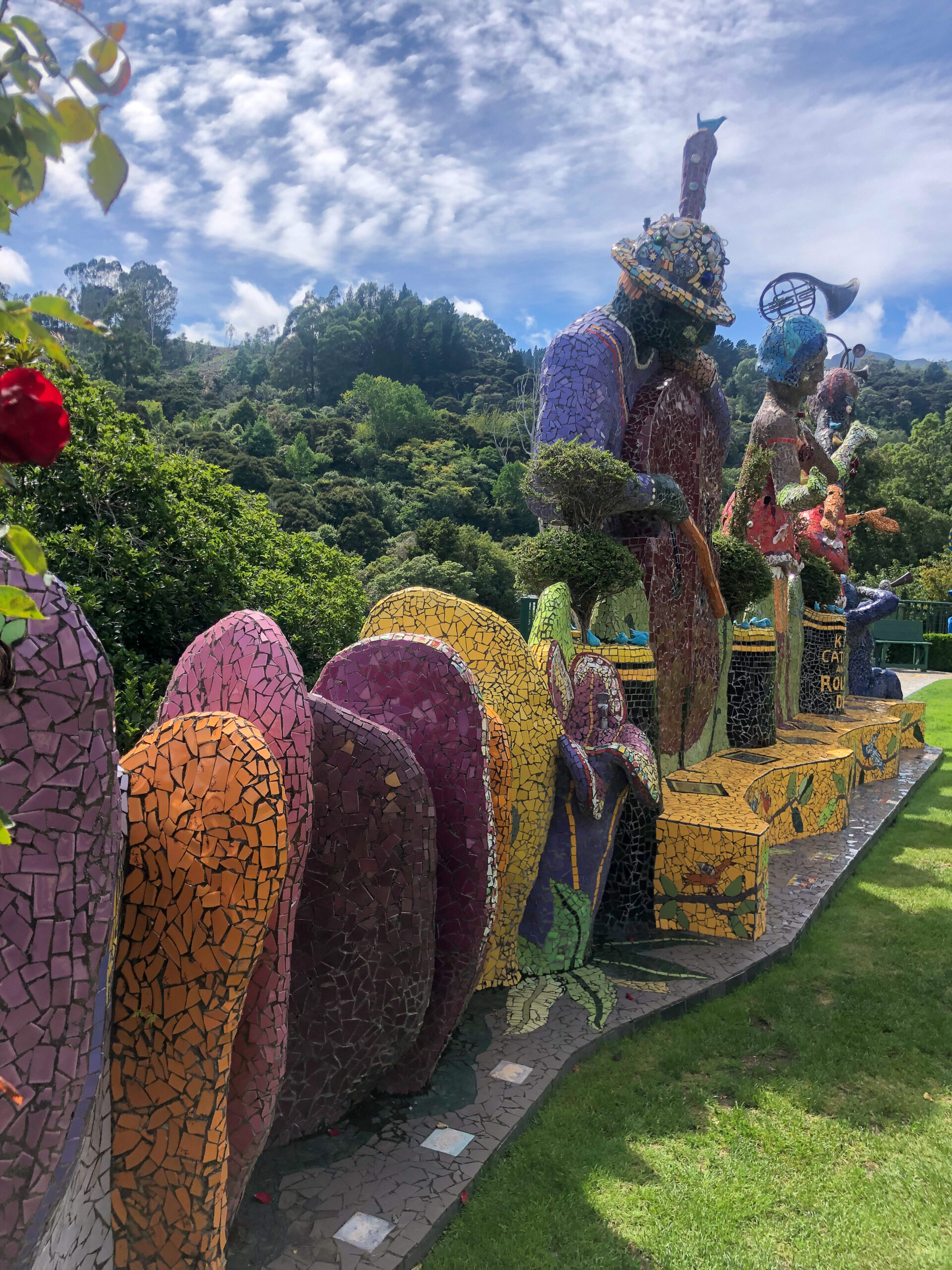

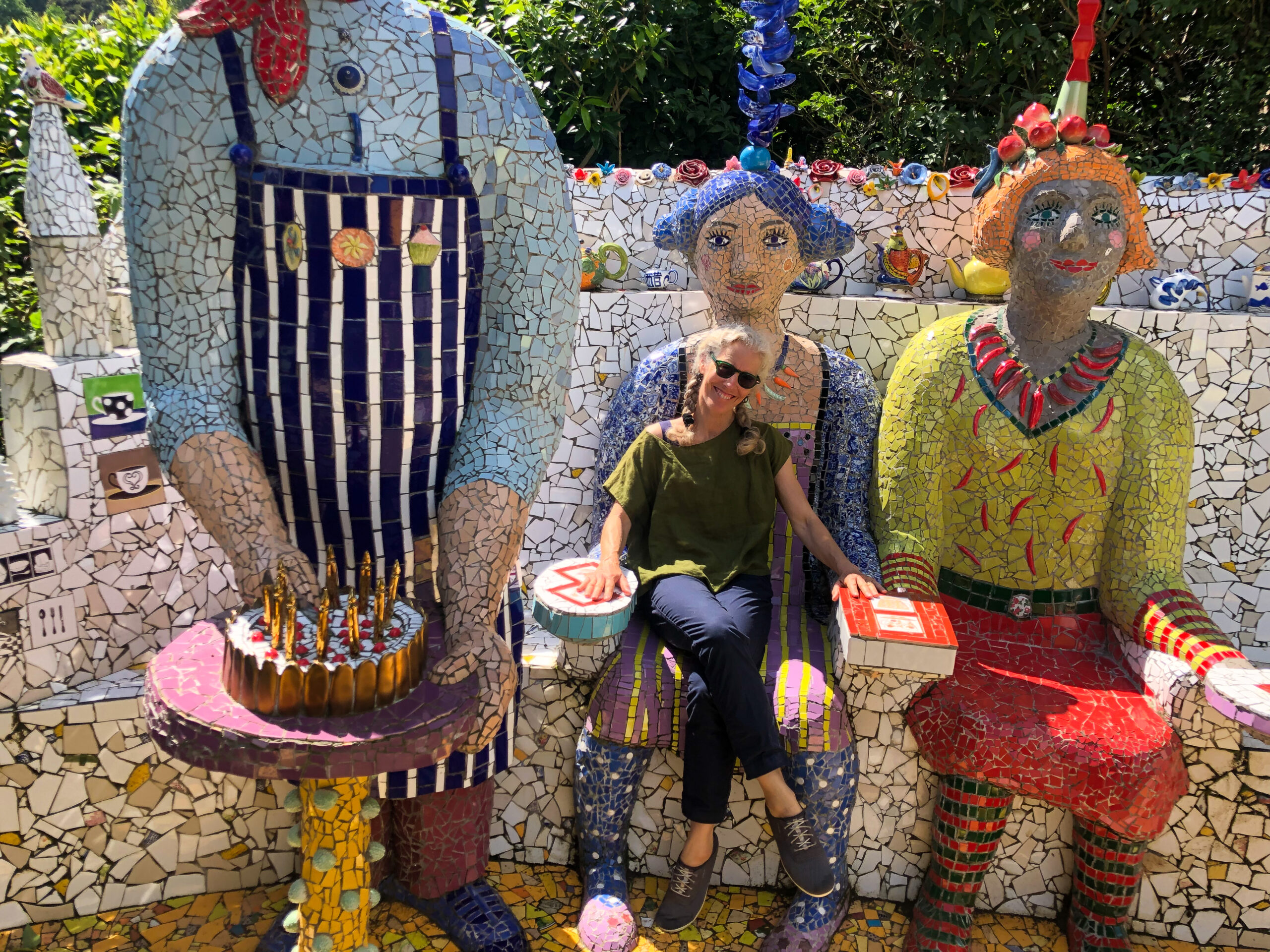
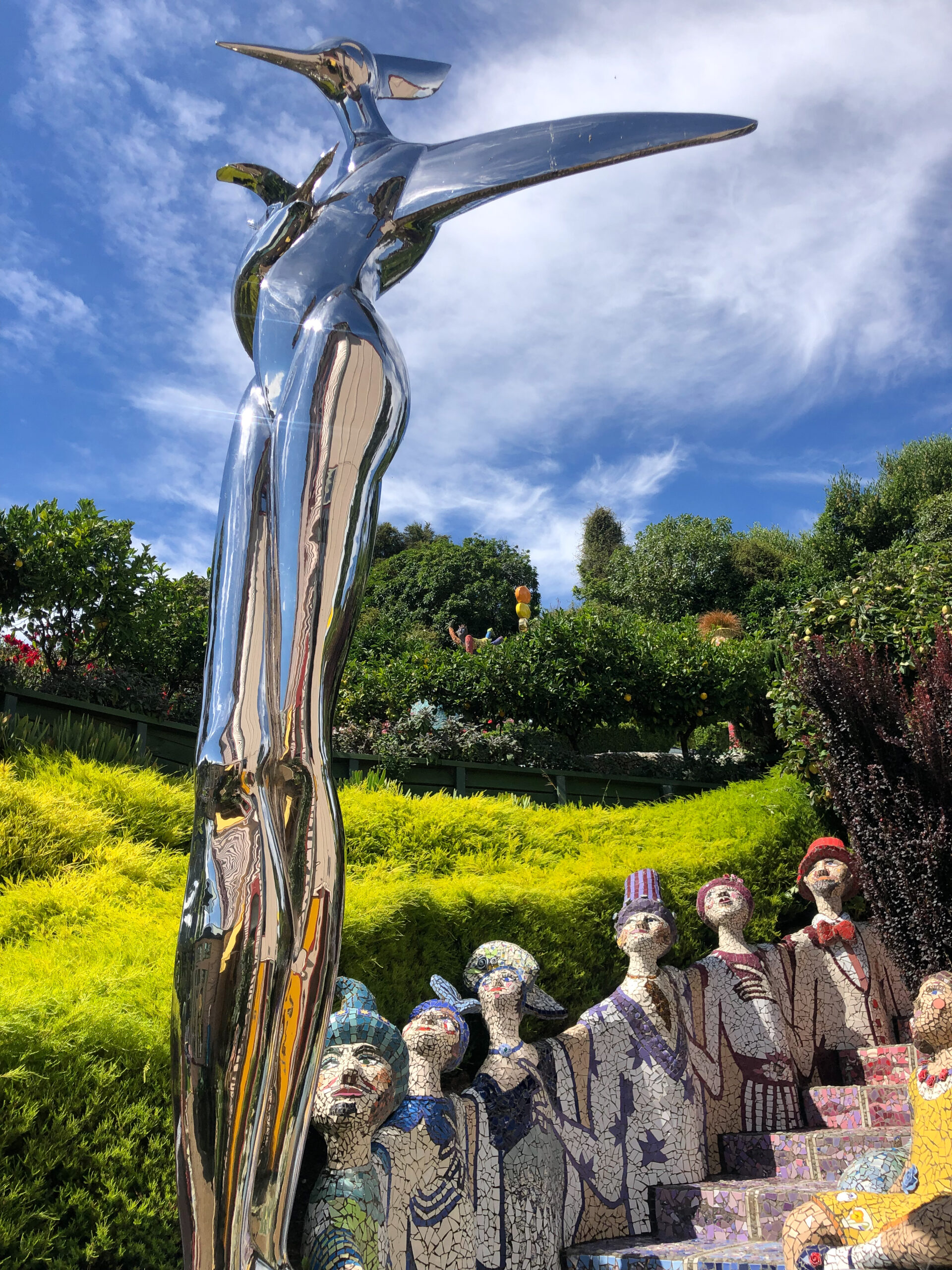

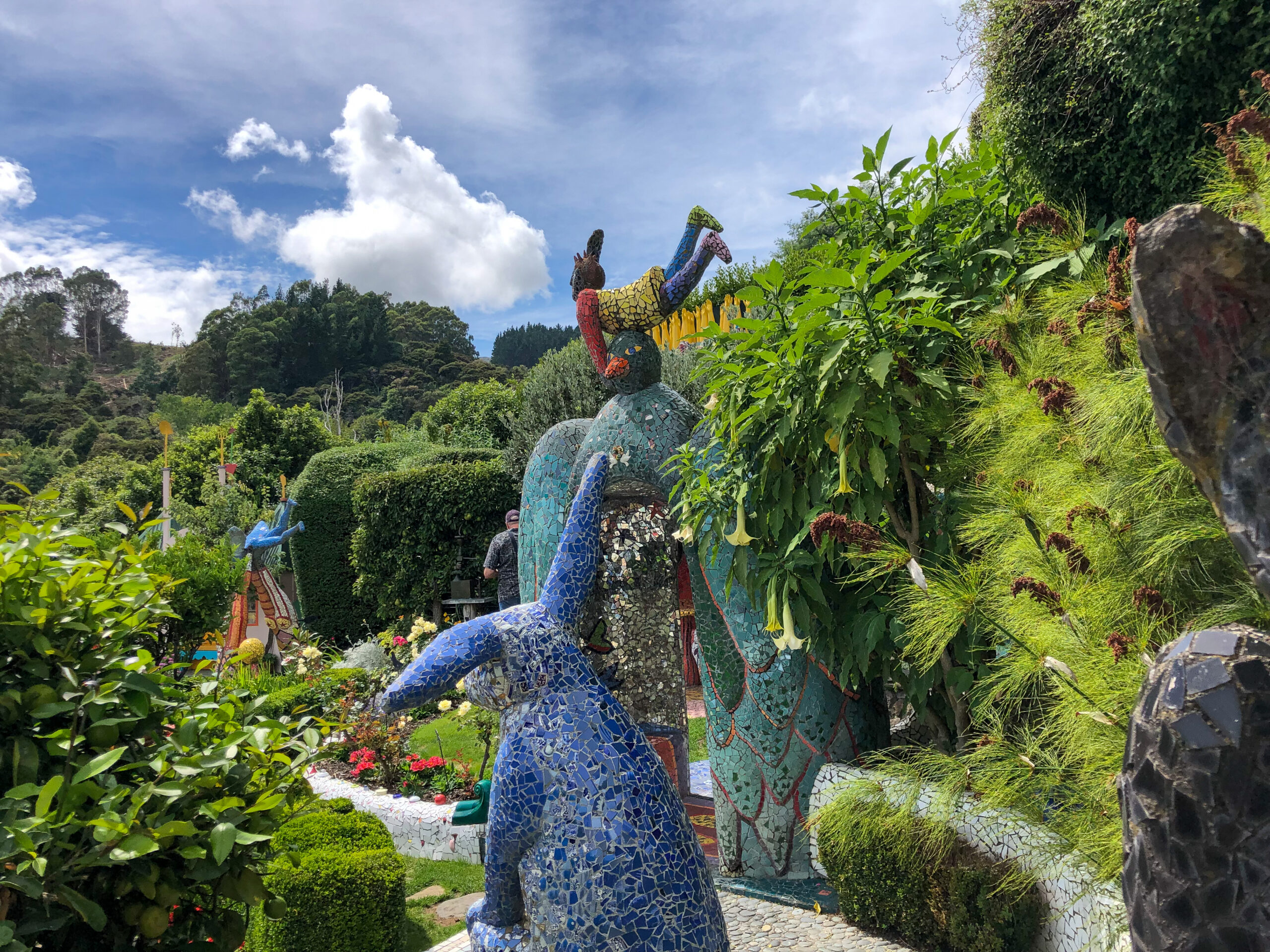
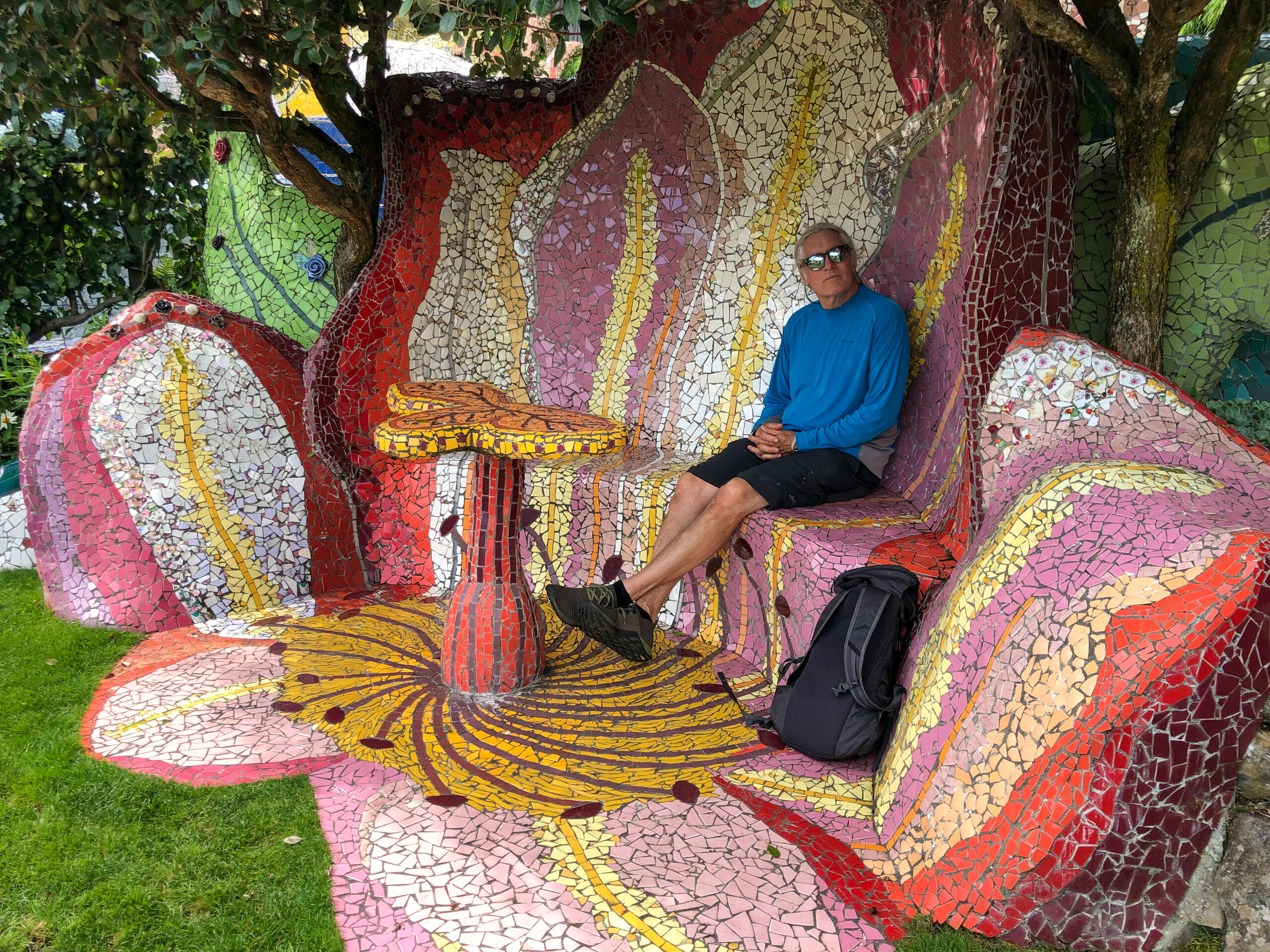
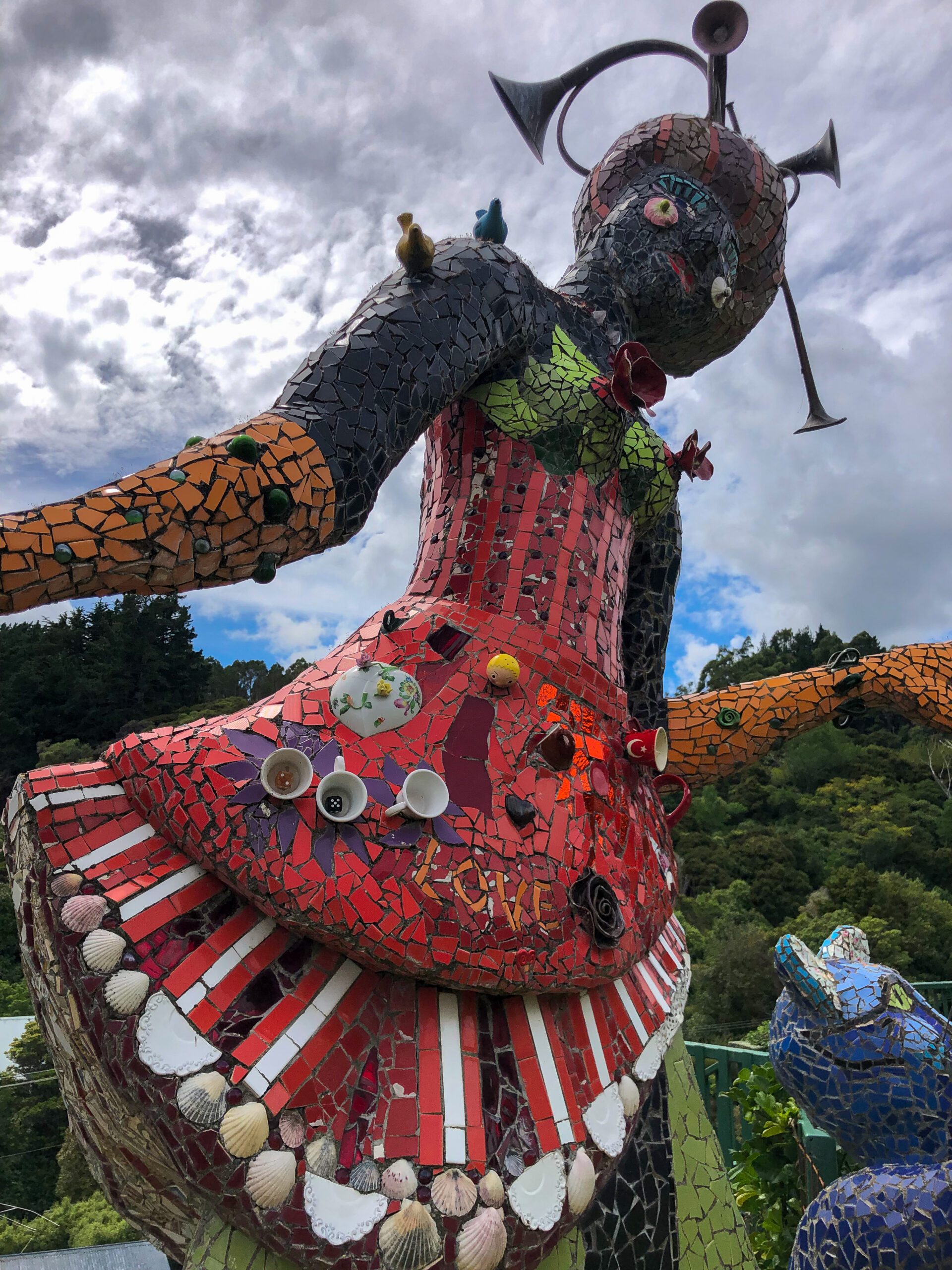
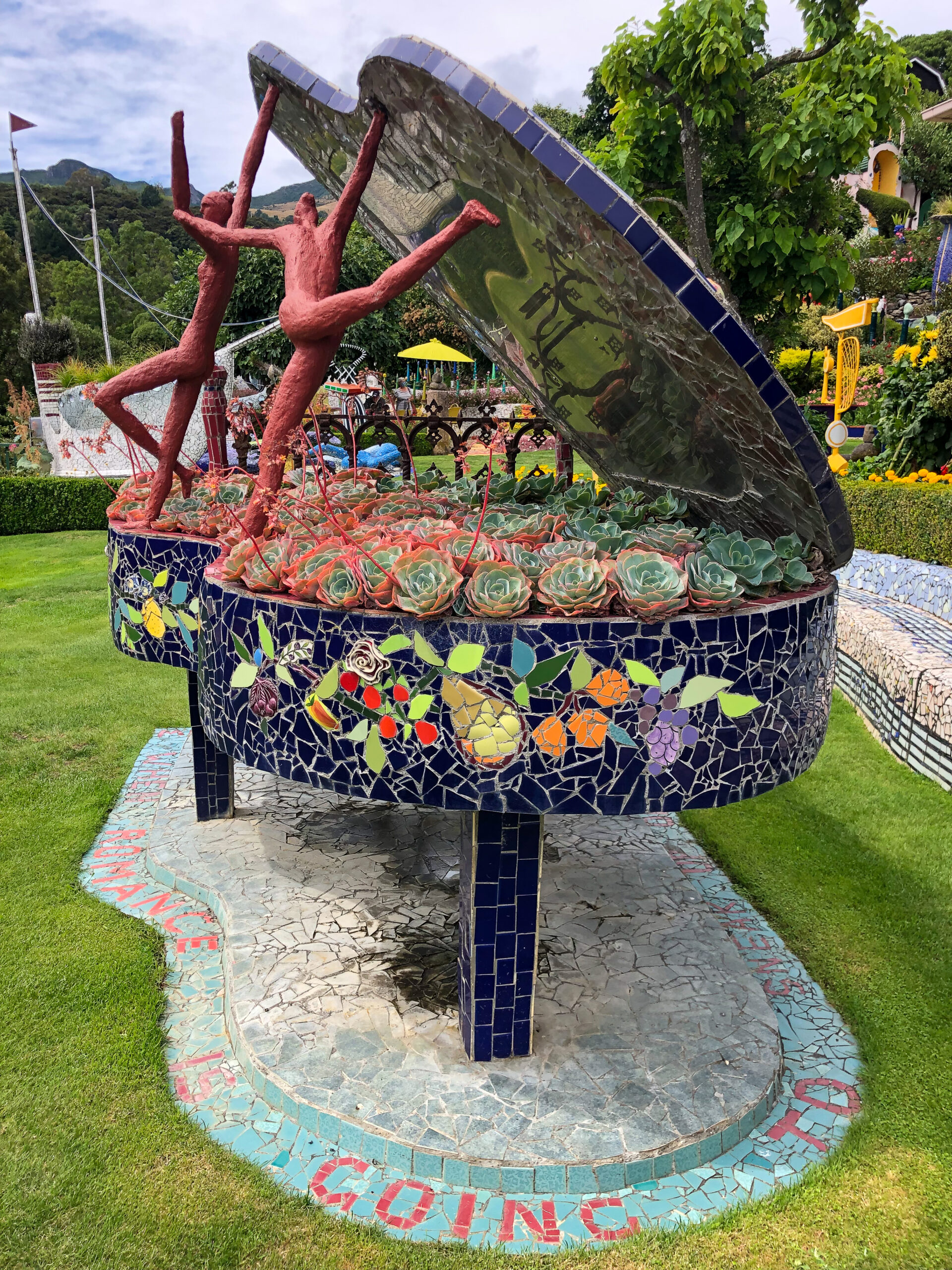
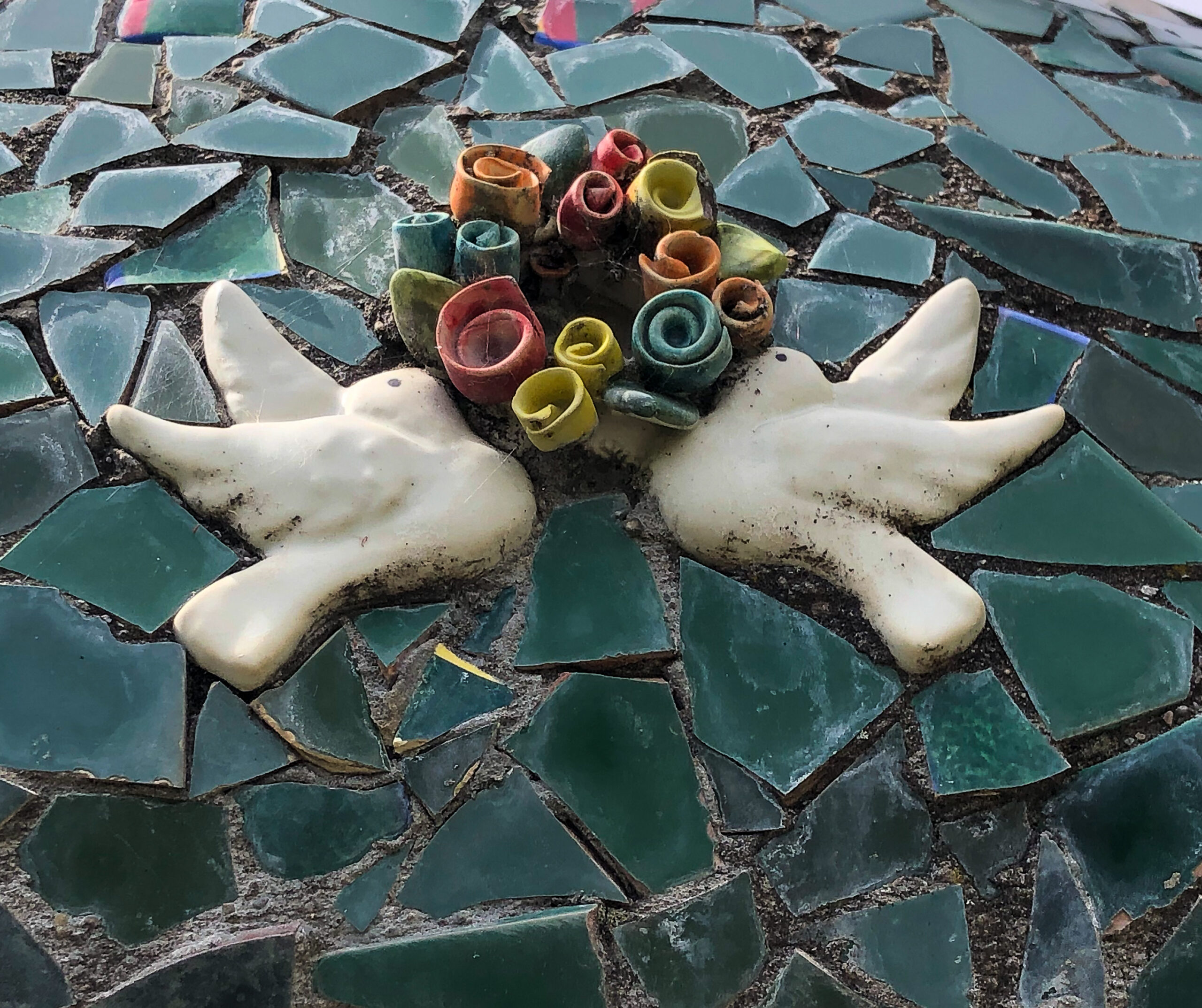
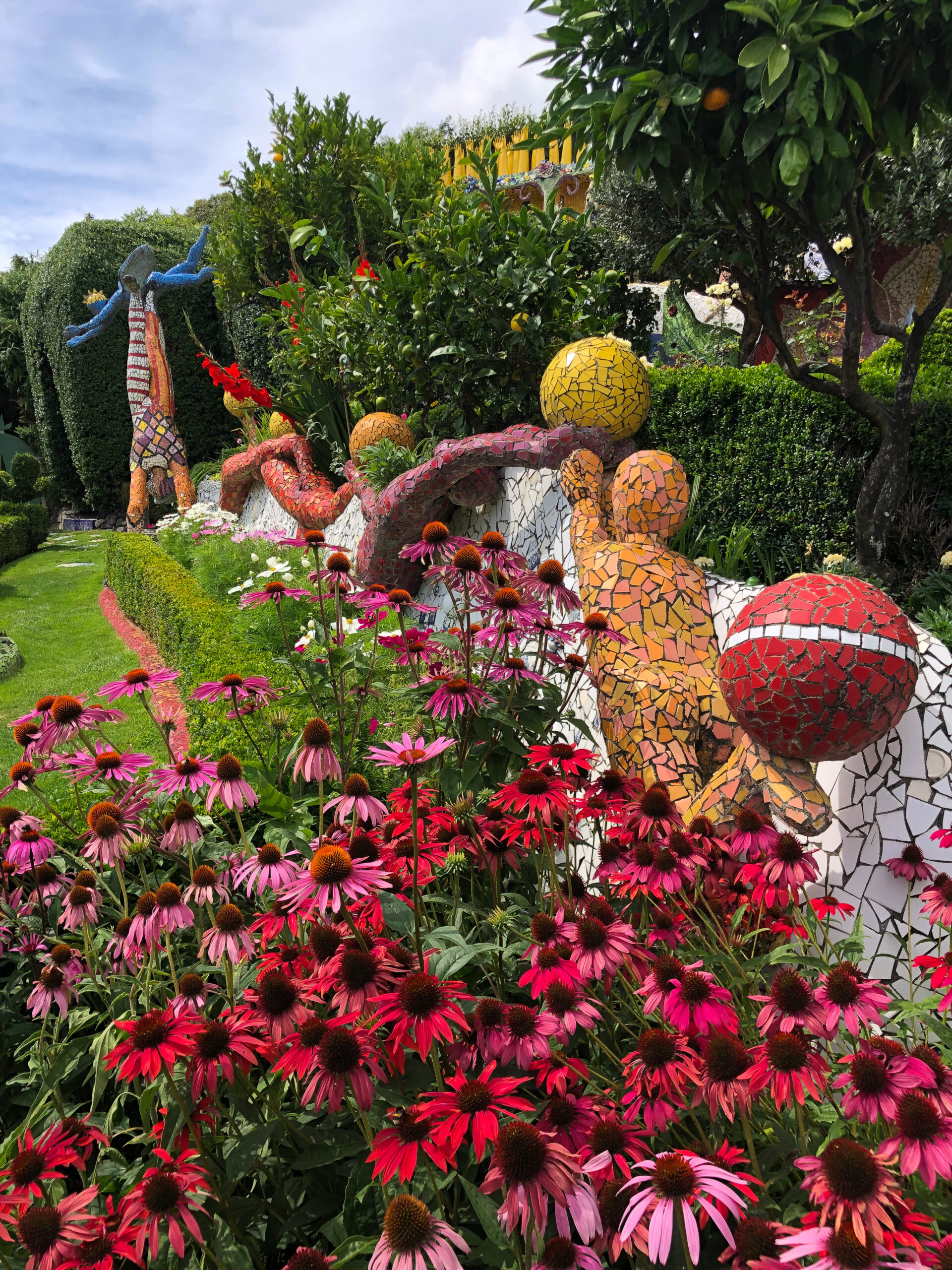

We’re still adjusting to the sea again. Remembering little things about Allora that we forgot. Relearning things we may have come to take for granted. The first leg of our first passage in two years, the winds were light but steady and graciously allowed us to sail to windward with out tacking. The shelter of the shore, never more that twenty miles away, kept the seas mild. It was chilly, but our foulies are pretty bomber and it was a lovely day.
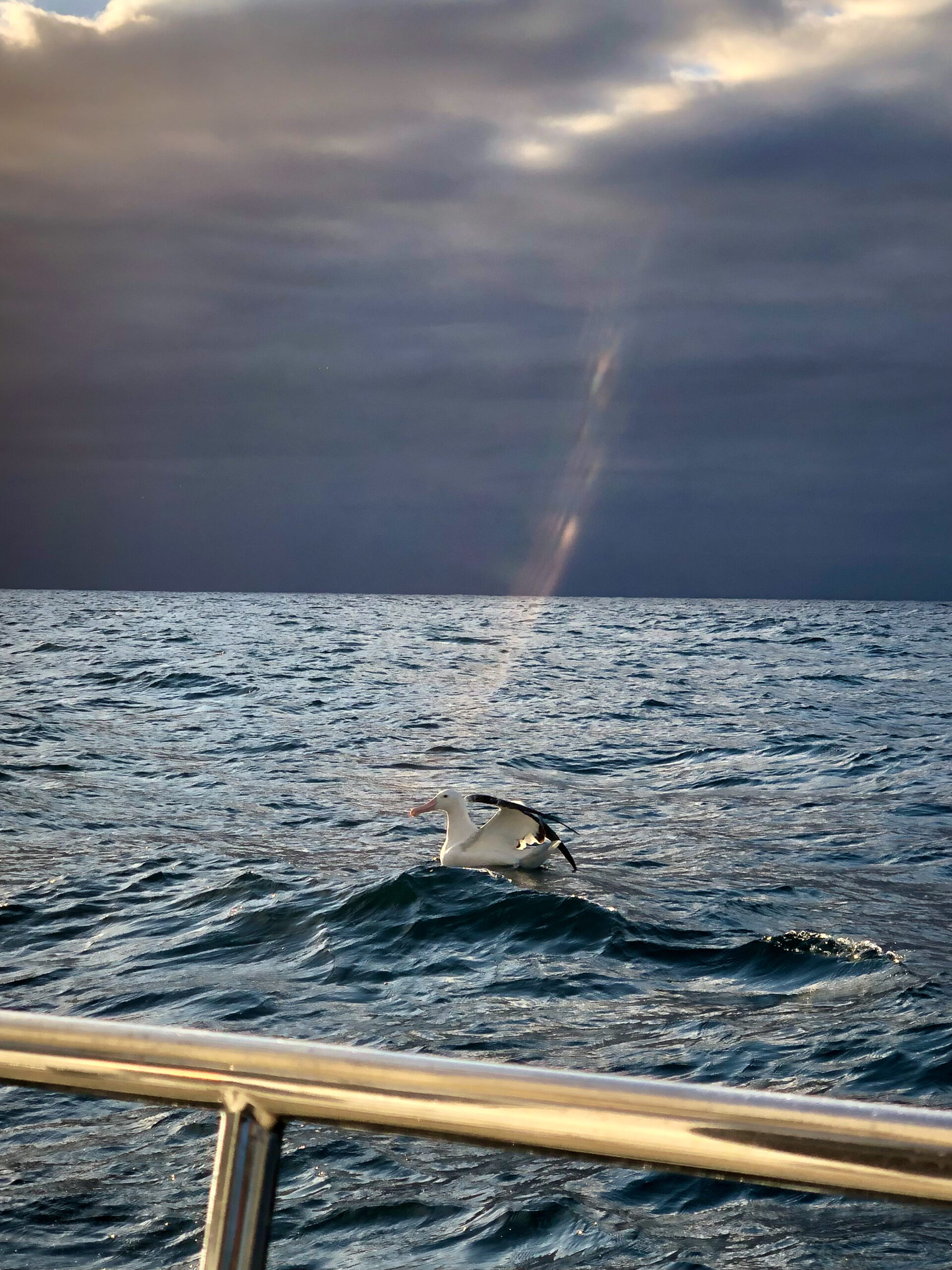
A fisherman came out in his short sleeves to take a picture of us as we sailed closeby downwind and he pounded homeward into it.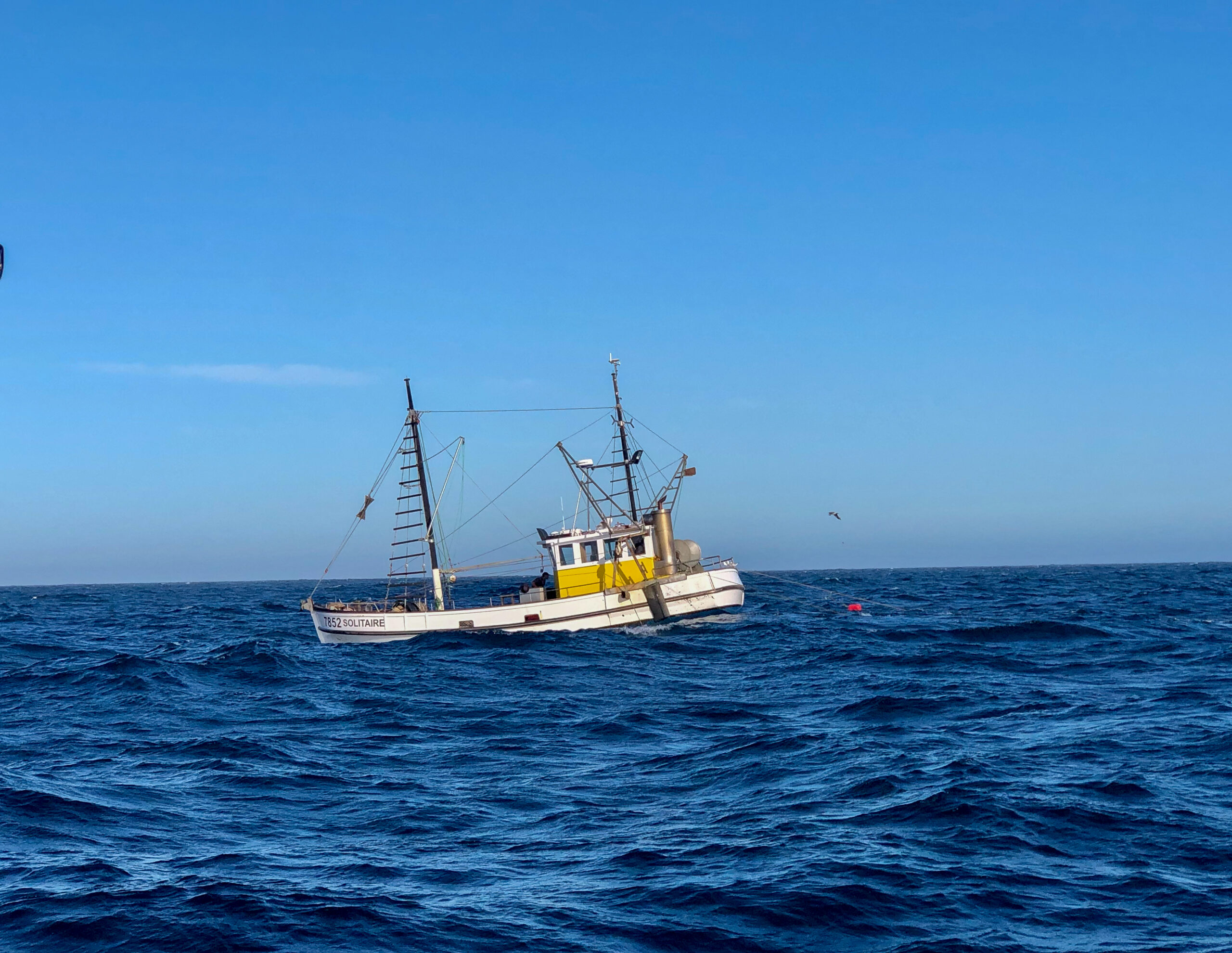
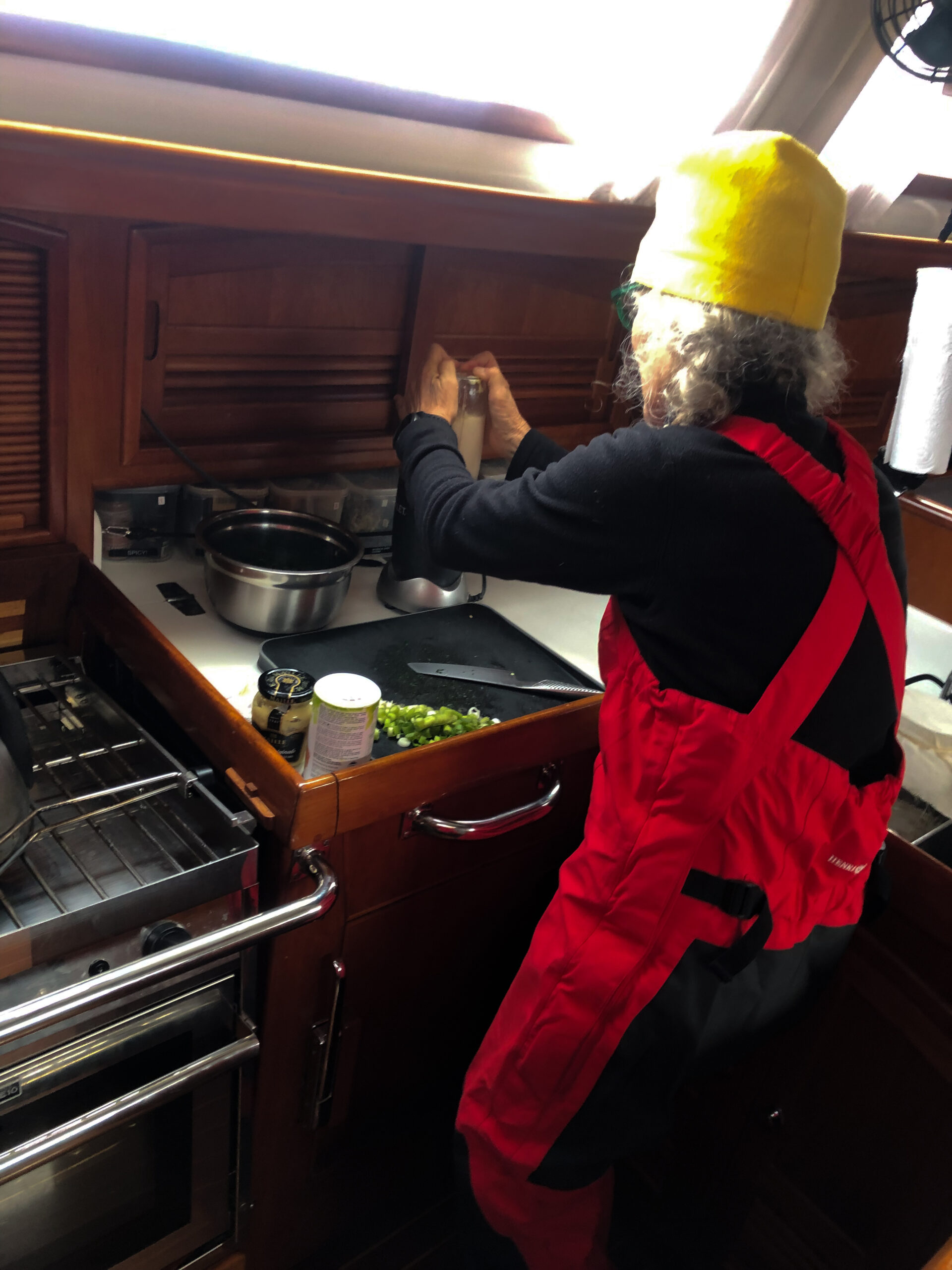
The wind died to nothing under a full moon, after some mechanical glitches right at dusk. At dawn the wind returned for a nice broad reach and then wing and wing downwind all the way to the end of the south island passing “the Nuggets” to enter Foveaux Strait.
We motored through the night, anticipating 15 to 30 knots on the beam by sunrise, but that never materialized. The famously rough Strait was calm – though with strong, swirling currents that confused our brief attempts to sail. The wind came up like a long slow meditative breath and then relaxed to glassy seas as the sun rose spectacularly and we approached Rakiura/Stewart Island.
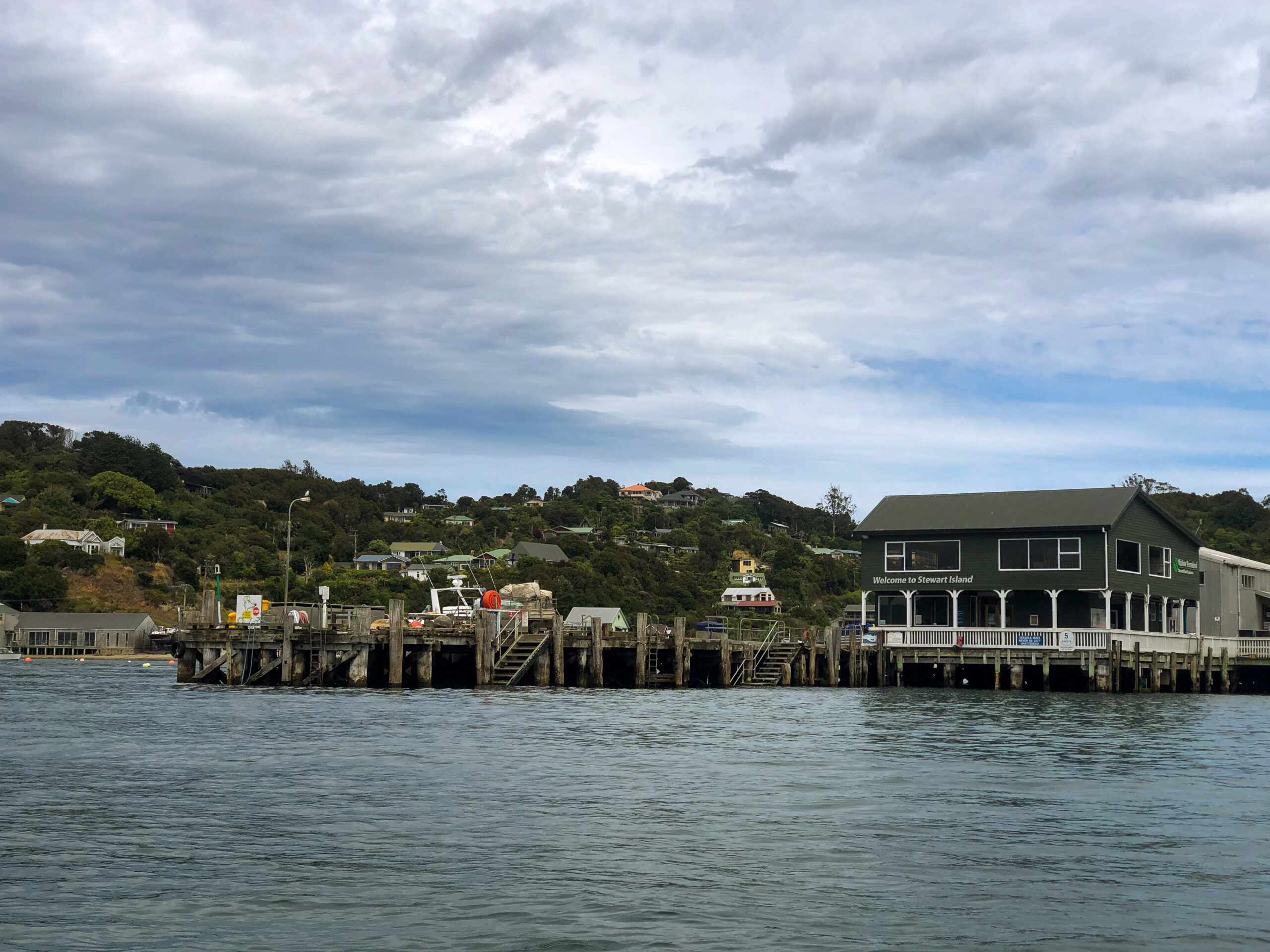
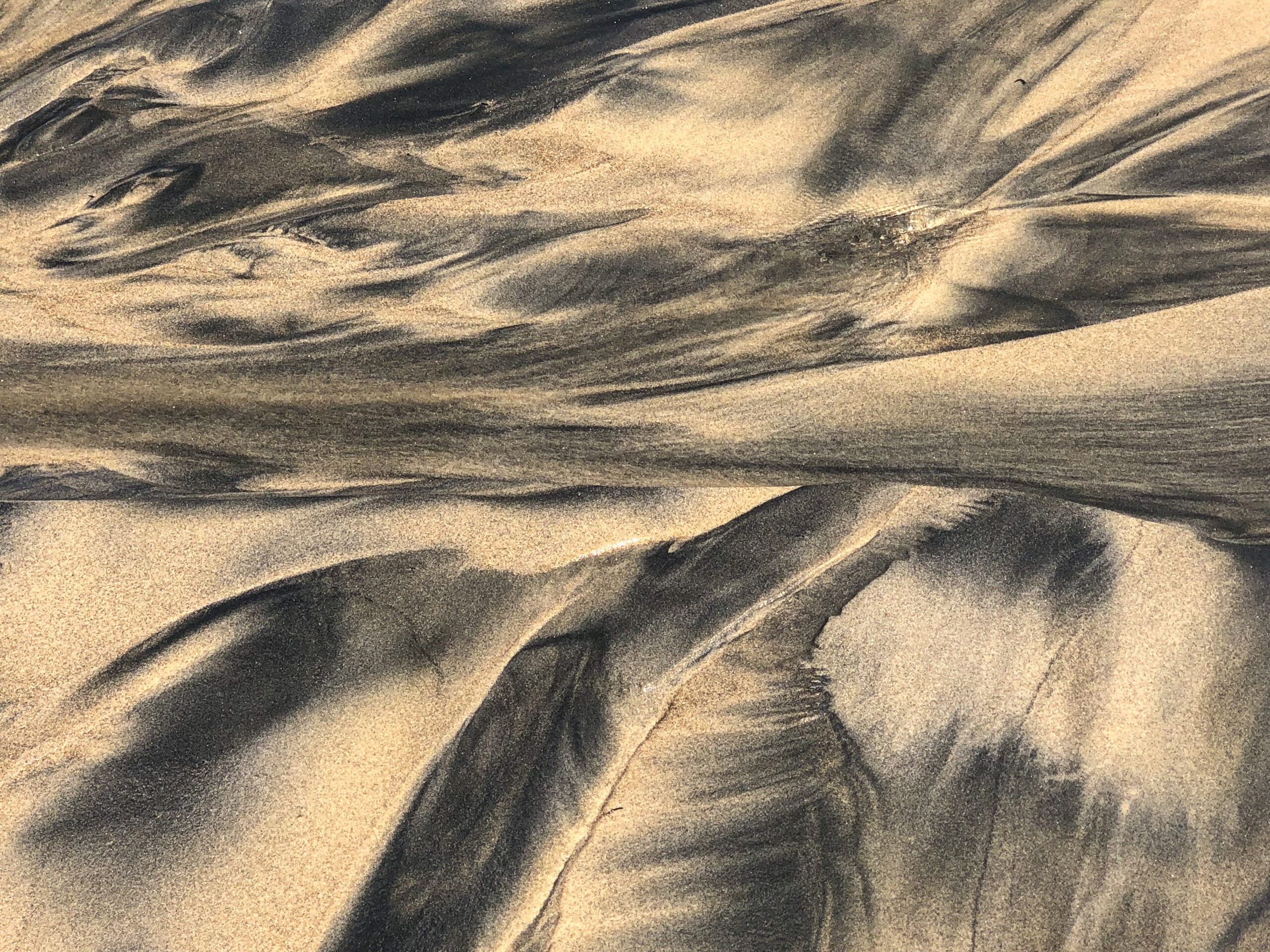
 We’re learning that anchoring in mud and weeds isn’t the same as sand. Diana used to say we should package the fine, fine powdery pink stuff that came up with the anchor in the Gambiers, and sell it to spas. I haven’t heard that comment about the pungent muds of Rakiura (Stewart Island). Maybe a different brand (“Glory Bay Green Lipped New Zealand Muscle” brand) for the truly hardcore mud bather. It also hasn’t been holding us quite the same way. Not sure to do with the full anchor of weeds that came up the first time our anchor did a little dragging in 30 kts wind.
We’re learning that anchoring in mud and weeds isn’t the same as sand. Diana used to say we should package the fine, fine powdery pink stuff that came up with the anchor in the Gambiers, and sell it to spas. I haven’t heard that comment about the pungent muds of Rakiura (Stewart Island). Maybe a different brand (“Glory Bay Green Lipped New Zealand Muscle” brand) for the truly hardcore mud bather. It also hasn’t been holding us quite the same way. Not sure to do with the full anchor of weeds that came up the first time our anchor did a little dragging in 30 kts wind.
Becoming more familiar with these mid latitude winds is going to take a while, too. The basic idea is becoming apparent — fronts every few days followed by strong SW blows, and then they spin around and do it again. Locals have been complaining about a dearth of rain with these fronts, the filmy ferns in the understory are feeling it, rolling up shop and hoping for a change. It’s possible that La Nina is to blame. That doesn’t mean summer is warm here on the edge of the Southern Ocean, even when the sun shines.
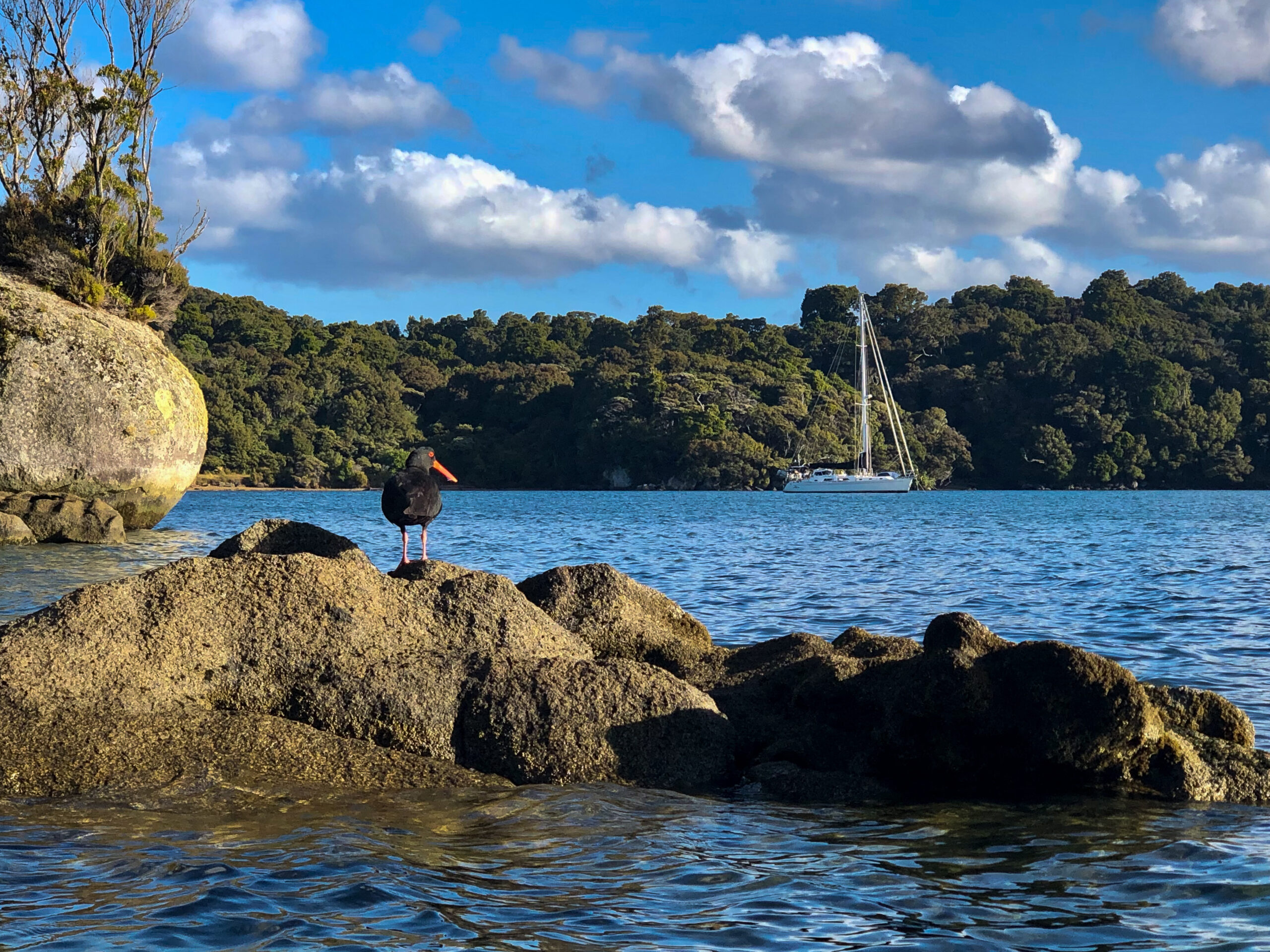 Here in Paterson Inlet, after the wind blows itself into a calm, it has been glassy as a lake sometimes. Ninety-Eight percent of Rakirua is conservation land, with trails and huts along some of the bays and coves, and otherwise, lush wilderness. The bush grows slow but lush, and the winds carve a limit to the canopy.
Here in Paterson Inlet, after the wind blows itself into a calm, it has been glassy as a lake sometimes. Ninety-Eight percent of Rakirua is conservation land, with trails and huts along some of the bays and coves, and otherwise, lush wilderness. The bush grows slow but lush, and the winds carve a limit to the canopy.

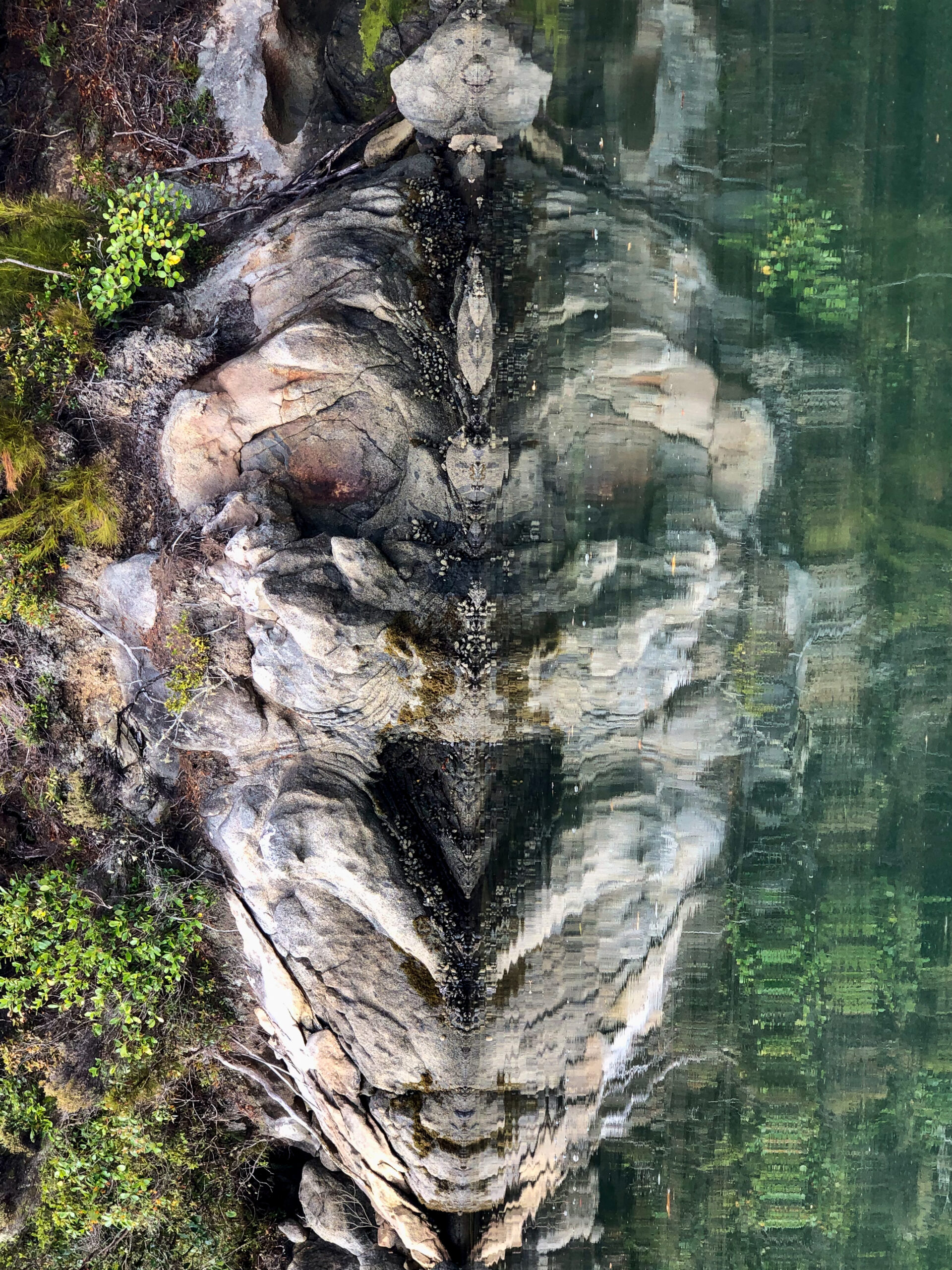
Blue Cod, with their delicious white meat seem to be ridiculously easy to catch. A little jigging provided us, after quite a few small fish, with a keeper for fish tacos. Reminded me of the one taco, two taco, three taco sea bass of the Sea of Cortez.
We’re re-learning, too, that it is not, and never has been, all fun and games. The carburetor on the outboard has used up a few hours on a couple of different afternoons. Despite being ‘fixed’ at great expense in Christchurch, the gummed up high speed jet closed up and our outboard carburetor is compromised. We’ll have to be extra careful and baby it. Since we depend on that motor so much, I’m afraid to try to drill out and replace it with the spare jet we have. If it doesn’t go right, we’d be stuck. The closest replacement carb is in Japan and weeks away.



Predator free Ulva Island was a particular treat. We walked with a guide, a woman who came here in the 90’s as part of the effort to rid the island of predators, particularly rats, to save the birds. Kiwi, Robins, Bellbirds, Riflemen, Kaka and Kakariki (including one rare Yellow-Crested), huge Wood Pigeons diving and soaring in noisy acrobatics for mating season, and a beautiful extremely rare Saddleback with russet shoulders. Ulva Island has never been logged, and the native trees were breathtaking, Rimu, Totara and Miro . One grand old giant estimated at 1200 years old, with a whole ecosystem of her own thriving in the higher branches. ~MS
These pics were all taken with my iPhone, as one of the first things I managed to do was tip my kayak and lose my beautiful Sony. A lesson in attachment for sure.
This will be our last cell coverage for at least a month as we head further south, down to Port Pegasus and then on to Fiordland. Starting tomorrow (28/2/22), we’ll move over to our Inreach and Iridium systems to communicate! (You can see those details on the Contact Us page.) Be well, friends and fam. We’ll be breathing you into our hearts! ~DS
Tonga to Minerva to New Zealand, dunh dunh DUNH!
It’s just over a thousand miles from Tongatapu at the southern end of Tonga and the northern port of Opua in New Zealand. What makes this passage different from pretty much all the sailing we’ve done so far is the transition from tropical weather (low pressure systems and troughs) to the temperate cycle of fronts dividing high pressure and low pressure which march eastward across the Tasman sea and wash over New Zealand in waves. The ideal passage strategy is pretty well known, but perfect cooperation from the weather is probably pretty rare.
We used a weather prediction software called Predict Wind which allows us to download four different models of wind files (called gribs), GPS (the US model), ECMWF (the European model) and two variations on these models produced by Predict wind PWG and PWE.
Generally, they are in pretty good agreement for one to three days out and then they tend to disagree on what’s going to happen, sometimes quite radically. The value of comparing different predictions is that it gives you a heads up for ‘what-if’ scenarios.
The most common strategy for this passage is make a long westward loop, with a stop at the Minerva reefs which provide a good anchorage and a chance to get the latest predictions for the final push.
*See our post from Minerva: minerva-north-haven-in-the-pacific
The ideal is to arrive on the tail of a high just ahead of the front with nice north or even northwest tail winds … but that timing can be risky.
As we arrived this year in Minerva we’d been looking at the models that suggested ten to fourteen days out that there might be a weather window around November 6th (which is the date we arbitrarily listed with NZ immigration as our arrival date). The European model, however warned of some very high winds from due south or even south west that would make going straight from Minerva tough. Still, the other models weren’t showing conditions quite as strong. They predicted that the high pressure creating this squash zone wouldn’t stall as long as the ECMWF predicted. We got to Minerva very early and waited for daylight to go in (in fact, we now know you can go in and even anchor in the dark, the Navionics charts are accurate and there are no big hazards). We could see boats arriving behind us and some came in after us, but several made the decision to keep going. One Kiwi boat we know left the morning we arrived, also hoping to make a possible earlier arrival in NZ.
 As it turned out the European model called this one, and the boats that continued on had a pretty tough time. One trimaran we know reported 7 meter seas and 50 knot gusts, the captain described it as an ‘exhilarating, wet sail,’ but it didn’t sound very comfortable. I’m not totally sure his crew was in complete agreement. The experienced Kiwi boat called it “gale conditions.” One boat turned back for Minerva after two days. The bottom line is that no one who continued on was making very much southing, despite getting beaten up.
As it turned out the European model called this one, and the boats that continued on had a pretty tough time. One trimaran we know reported 7 meter seas and 50 knot gusts, the captain described it as an ‘exhilarating, wet sail,’ but it didn’t sound very comfortable. I’m not totally sure his crew was in complete agreement. The experienced Kiwi boat called it “gale conditions.” One boat turned back for Minerva after two days. The bottom line is that no one who continued on was making very much southing, despite getting beaten up.
We spent three nights in Minerva watching the weather and enjoying that magical spot. The winds blew in the twenties but it’s a very solid anchorage and was perfectly comfortable even when it got a little bumpy at high tide.
By the time we were ready to leave for the 800 mile leg to New Zealand on November 1, there were 30 boats anchored in Minerva (it could fit a hundred easily). Twenty-three left at the same morning, and we joined them, leaving toward the end of the pack.
What we were seeing in the gribs that made us go were predictions that the wind should start to swing east as the high finally moved off and that the next front ‘shouldn’t’ hit New Zealand until the 7th (a weak front) and maybe not even until the 9th or 10th (more of a real front). Based on watching the weather this year, I’d say that made for an unusually generous weather window.
The two obstacles we needed to plan for were wind and seas that were still more southerly than optimal and what looked to be a big chunk of calm airs for the last two days. For this passage I think most would accept some windless motoring rather than encounter the 6 meter seas and gales conditions off the coast of New Zealand that sunk a boat this year 22 miles from her destination.
This is the passage that Allora was made for. She sails to windward like a champ so that we were able to comfortably point higher, meaning head south a little sooner, than much of the fleet. She’s also fast with wind ahead of the beam, mainly I think because she handles the seas so well. We started passing boats the first night, most during Wyatt’s midnight watch. Diana had volunteered to help run an SSB radio net (the “Tonga to NZ” net), so we were apprised of most of the boats positions that way. By the end of third day of windward sailing (45-60 degrees apparent) we had passed everyone except a Dutch trimaran. Then the wind began to die, and this is where Allora’s advantages as an offshore passagemaker also shine. We carry 190 gallons of diesel so we had no reason to save fuel and wait to start motor sailing to keep up our speed. Our experienced Kiwi friend, Tony, who’s done this passage many times had counseled us not to let our boat speed drop below five knots, and since we had the fuel we turned directly on the rhumb line and kept her moving. With an 80 horse Yanmar, Allora also motors comfortably at 7.5 to 8 knots (uses more fuel, but we had it, and it is better for the diesel to run hotter). In the end, we used our engine for two days, which is the longest we ever have. But boats that waited to turn their engines on arrived a day later than us, so they ended up motoring pretty much just as long. Boats without the fuel range came in two days after us when the wind began to pick up again. We arrived at 1:00PM on the 6th of November.
Okay, so now please forgive me for a little boasting. A lot went into planning this infamous passage and we’ve been thinking about how it would go for a very long time. We were the first of the “Minerva Yacht Club” boats to arrive in Opua, ahead of the trimaran because they did not have the motoring capacity we do, and ahead of a 52 foot catamaran because that boat could not sail as fast with the wind ahead of the beam.
Part of what made this a great passage was our strategy. Initially, we heeded the common wisdom of heading for “John’s Corner” at 30S 173E. The idea of this approach is that it gets you closer, but you’re still in a position to slow down if a front comes in sooner than predicted so that you confront it above 30 degree where it is less dangerous. Then, as the wind swung more east we headed up, but not right away on the rhumb line, but cutting the corner. We were faster at 50 degrees apparent and getting a better distance made good (DMG) to New Zealand. Boats that headed for the rhumb line too soon fell behind us because the seas were rougher to the east. Boats that waited even longer to head up added a lot more miles to their passage. Using the engine to motorsail when our speed dropped below 5 knots, allowed us to turn on the rhumb line once it was clear that the coast was clear for a Nov 6 arrival, and assured that we could spend one less night at sea.
Though we love to sail and hate to motor, the conditions were eventually so beautiful and glassy calm it was a different kind of pleasure. With the sails down it was also easier to detour when we spotted a pod of pilot whales and to pause for Wyatt to get some beautiful shots of the first Alabatross we’ve seen. It also gave Diana, Wyatt and I a chance to get the boat ready for inspection by Customs.


In the end, we couldn’t have wished for a better passage and we couldn’t be happier with Allora. What a boat!
~MS
Diana disclaimer: All these shots are taken during the placid last two days of our passage. Before that, the camera wasn’t coming out too much!!
The Kingdom of Tonga


Woven belted mats, ta’ovala
worn over black missionary garb
maze of lifted islands pushed up by the Tongan trench
friendly islands, plotting Cook’s demise
faint volcano in the distance, a perfect cone
further south, the world’s newest island
space alien squid hovering by the swim step

weekly troughs of rain and wind and gray
hard scrabble bottoms for the anchor
numbers for the anchorages keep sailors from learning the hard to pronounce names
everything at the Neiafu market is four dollars

fish and chips on a floating barge
God is Alive bar, blasting music across the still water
Ag festival for the King

Ag festival finery
dead zebra sharks on display,
a temporary binge in the off limits fishing zones
people go crazy to show what they have

soft coral, rocks and canyons, nudibranchs and filefish

lobster, lobster, grab one if you dare

outer islands, Ha’apai, people live simple lives

weaving, fishing, making babies

it’s a long boat ride to the nearest grocery store
power from a solar project paid for by Japan
kids play on the beach

leap from the trees into the sand
make toys of VHS tapes, decorating wood fences with shiny ribbon
sailing the flat water behind the lagoon
hove-to for humpbacks
whales sing as we dive

high pitched songs, deep rumble in your chest
rolly anchorages, whale nursery anchorages, long beach anchorages

Kelefesia as seen from Wyatt’s drone view = as sublime from the air as it was to be there!
coconut heart pancakes!

Older, sprouting coconuts produce this rich flavored ‘heart.’ Not easy to extricate, but we make the most yummy pancakes using them!
Sleeping mom’s providing whale-sized nourishment using her Antarctic reserves
tail slapping to keep junior in line
rambunctious males, out for a good time
call mmmhhh mmwwwhmmm whummmmmmh
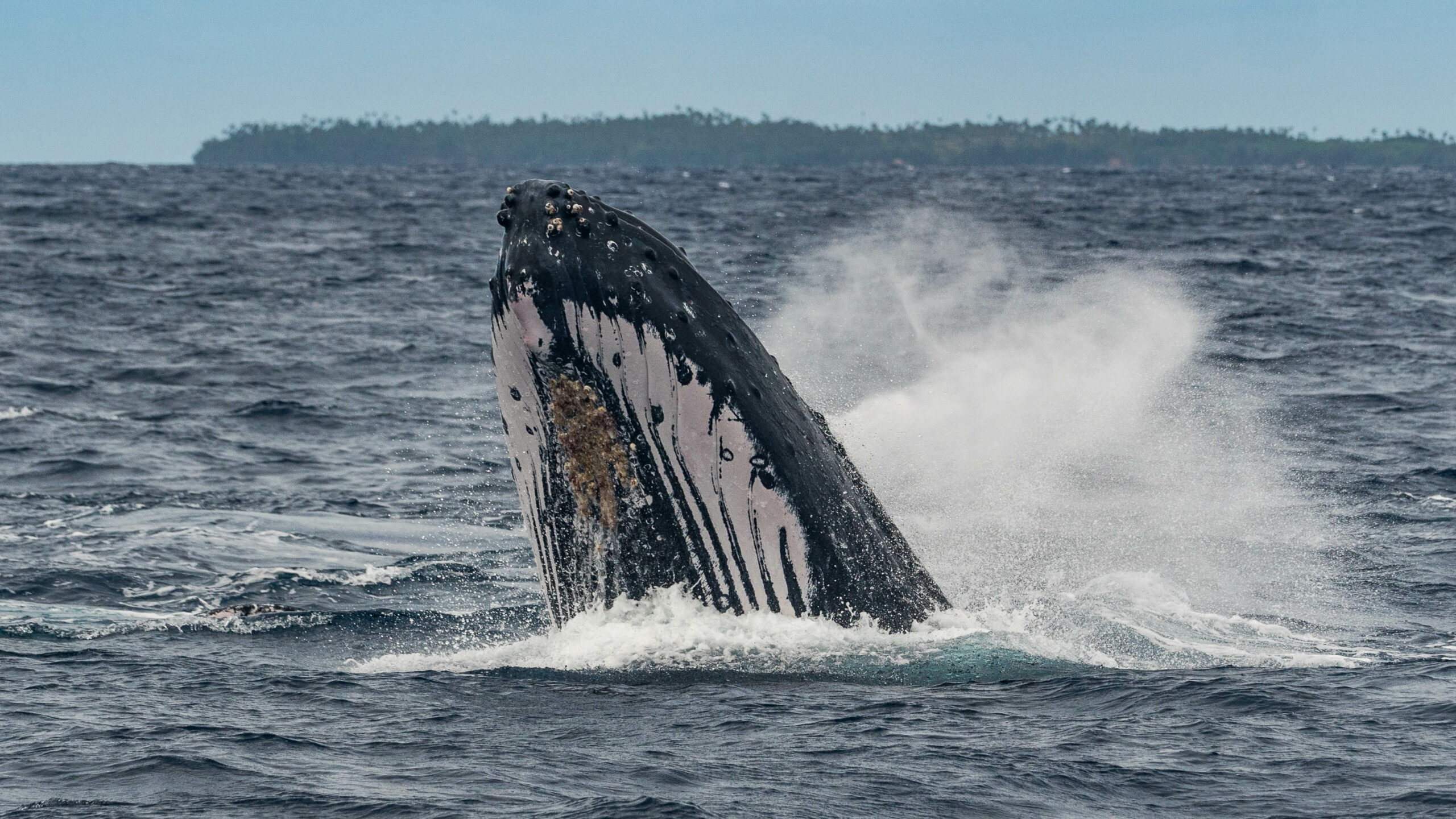
Cetacean society,
any whale who’s any whale is here
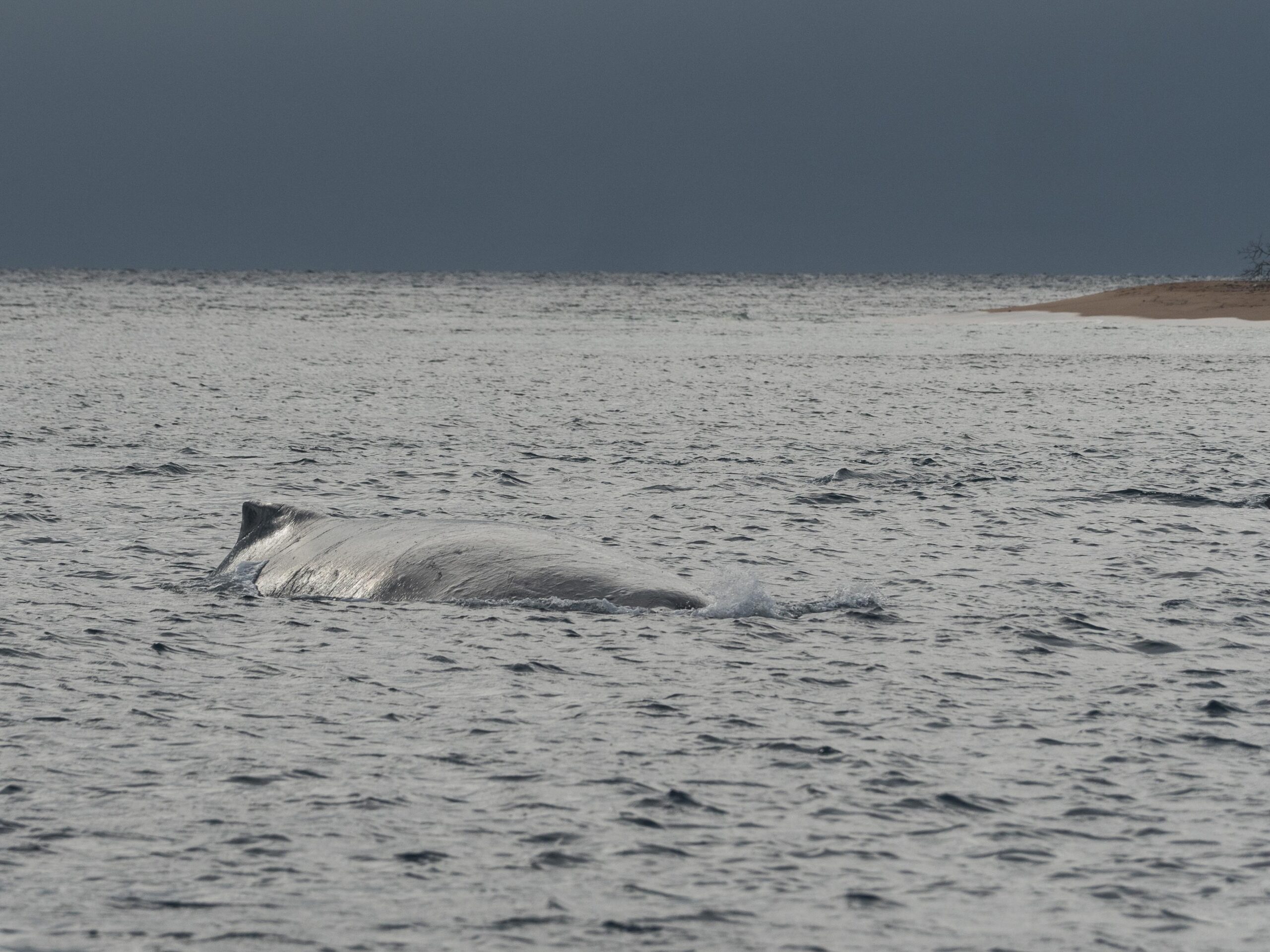
Tonga’s the place to be, leviathan

Well, Hello!
no predators, warm water, but no food either
what if humans vacationed the way humpbacks do

on a diet
no Piña coladas, might just put cruise ships out of business
think of the savings in fuel!
~MS

Nature’s bit of lovely!




Astrophotography with an anchored (moving) Allora is a wee bit tricky – nice work, Haley!
We had all 3 kids (and Liam, too) visit over the course of our 3 months cruising around Tonga, so you’ll see some family faces among the locals:

Suwarrow, A Nature Reserve


Our stop in Suwarrow was comprised mostly of hiding from 30 knots winds created by a squash zone from a gigantic 1044 high in the south with effects that had people digging in from the Gambier to Tonga. So we don’t have much to offer about what you might do there to enjoy yourself. What we found out was more what you can’t do, and after French Polynesia and the Tuamotos the list felt onerous. Here’s what the ranger who was running things in the winter of 2019 said:
No anchoring except at anchorage island by the ranger station. Period.
No diving. Period. (Why?)
No fishing inside the lagoon.
No going ashore on ANY motu in the park anywhere except the ranger island (supposedly because of their rat eradication program)
Technically the rules even dictate when you can leave through the pass (not before noon) though I have no idea how they think they would enforce that.
There are more no no’s, mainly things you’d expect to be prohibited. At the bottom of the list, there’s a caveat that says the ranger can add anything he wants to the list, and the current Ranger took that to heart.
That leaves snorkeling, pretty much, and nothing else.
Unfortunately, though this obviously feels excessive and extreme, the behavior of some yacht visitors has served to make the ranger feel more adamant about enforcing and expanding his rules. It doesn’t help that some people feel they have a right to harvest coconut crabs and even lament not having taken more when they found out they could sell them for big money in Niue. Or that some members of the ARC (Atlantic Rally for Cruisers) showed up before the legal opening, trashed the place (according to the ranger) and left their flag planted on the beach. Suwarrow is a designated sanctuary and should be treated with the same respect as a national park anywhere.
Because the forecast called for the possibility of SE winds over 50 knots we asked for permission to anchor in the better protected SE corner and were denied. Unwilling to test the ranger’s theory that the allowed anchorage would be safe (there is at least one yacht sunk on the NW corner of that tight anchorage with south exposure), we moved, despite his objections to the south east corner, invoking our right under international law to ‘safe haven.’ Our biggest concern was the 3 mile fetch that the allowed anchorage would be exposed to. The anchoring was very poor in the SE, with coral and bommies everywhere, but it was definitely a safer spot. If we did drag we had miles to react rather than the tight lee shore of the approved anchorage. This decision did not make us popular with the head ranger, but we felt we had no choice for the safety of our boats. In the end I don’t think we saw over 35 knots, but I personally would make the same decision again.
We left as soon as it was over.
~MS

Penrhyn Underwater
Maupiti, a gem in the Society Islands
For sailors, these outlying islands are tempting and we’ve had Maupiti in our minds since reading an article about it in a sailing magazine while still in Bozeman. It did not disappoint and it was fun to have some days to explore the little, sleepy island some call Bora Bora’s rival. Maupiti was our last stop before saying ‘au revoir’ to French Polynesia. We would have liked to be able to make it to its’ neighbor Maupiha’a (Mopelia), some 130nm away, but we felt the tug to gain momentum westward …
Sweet Tuamotus, Last round through …

I’m going to ask Marcus to wax poetic about our final weeks in the Tuamotus. Suffice it to say that this region of French Polynesia is most definitely a favorite of ours and I even heard Marcus say he could live there. If fresh produce was available, I might be on board! For the time being, these pics can be a placeholder. These are shots from Tahanea, Fakarava and Rangiroa.
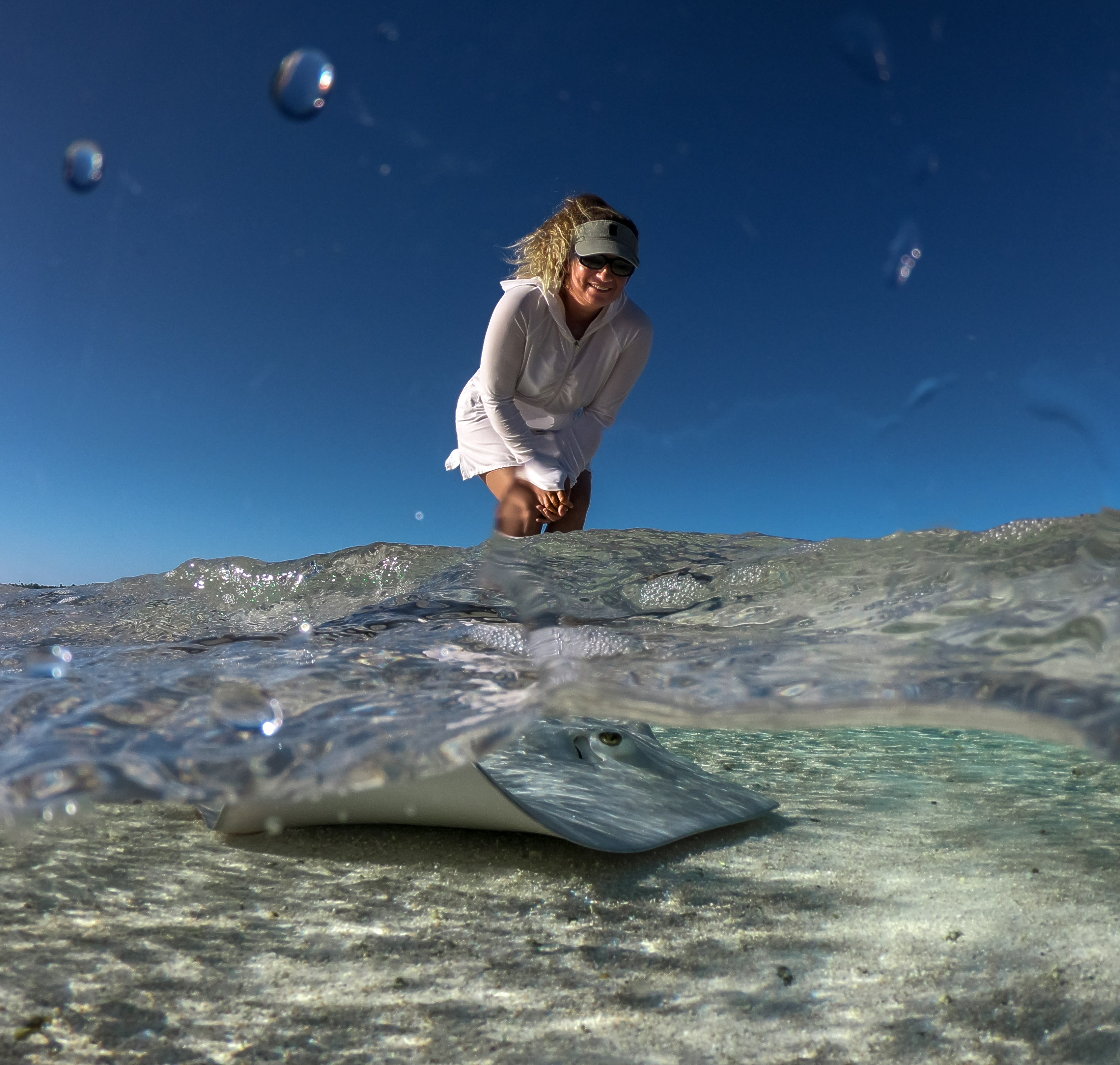
Gambier Finale
We spent about 6 months in the Gambier between two visits, which was enough time to start to make some connections and get to know people a little bit. Herve and Valerie on the island of Taravai nurture these relationships with sailors, warmly welcoming everyone who drops anchor behind the reef. Eric and his family became near and dear and when tragedy struck (Tina was lost at sea in August of this year), we grieved together.
We learned our way around, becoming comfortable with how things worked with the supply ships, buying gas in 200L barrels and negotiating to pump diesel straight from the boat. We got used to the idea that it was nearly pointless to try to get an internet connection, even in town.
We got to know some of the people along the water in Rikitea’s harbor:
Mike the fisherman and his wife, Agnés, the school teacher, offered us fresh fish and tried to organize an excursion outside the reef with Marcus, but the timing never seemed to work out.
Vaitea, the guy at Jo Jo’s (the ‘magasin’ or market) who made key resources manifest when there were supposedly none and was the recipient of multiple loaves of banana bread.
Louison, the body builder who rented us extra scuba gear – always laughing and smiling, paddling his Va’a in the harbor, delivering us tanks and gear wherever, whenever.
Eric’s sister-in-law, Juanita, and her friend Tao who drove us around the island in search of fresh fruit and invited us into their homes with open hearts.
Tehoto, who grew up on Kamaka island, who’s wife, Noella runs the pizza place, which is sometimes open on the weekend, depending on what else they have going on, allowed us on his private island, sharing his haven with us.
Iolanie rented us her car for a couple island excursions and stored our bikes in her front yard and later, in her store and would accept nothing in return.
Josie and her husband from Las Vegas ran one of the magasins and they volunteered to bring us veggies out to our anchorage about 8 miles away, as they were going by to a nearby motu (island) anyway … and this on Christmas Eve!
And then there were the cruisers, considerably more this year than last, who sought refuge from inclement weather in these eastern Polynesian waters, namely cyclones. A comradery naturally developed as we ended up seeing the same boats around the islands. We sat out a tropical depression at Herve and Valerie’s place in Taravai with a handful of other cruisers and were all poised to help out our neighbors as need be. The community of sailors is one of the highlights of this nomadic lifestyle and generosity, much like in the local culture, is a ‘given’ concept and knows no bounds.
Over two seasons, we covered most of the waters that comprise the Gambier, and yet it was hard and strange to leave knowing we would probably never make it back to this beautiful, remote Archipelago apart from the world.
The Land of Plenty (Canada/Montana)
Other Place
take three steps into the forest,
there’s a mythic creature
somewhere here. I first saw it when I
walked through the douglas firs,
fresh snow and a silent doe.
I heard it was clear, as a blue-sky-day
but I couldn’t find it there either. I checked with the mosses,
shoved in the cracks and soddy spaces
and they told me I must be looking too low.
I went back to the books to ask again
I asked and they told me it was far
far, far away and
when I saw it I would know—
the Sublime, venerate, wouldn’t cower away from me
or the trails that led me there.
once though, when I found it perched neatly on
a rocky precipice at the peak of a
mountain, I looked to see its outline,
tried to gauge the colors of its fur,
I must’ve blinked or tried too hard.
so when I turned,
It flew away like a skittish bird
left me staring, dumbly, at the telephone poles
and old country roads, dusted trails and highways
that mapped out our places,
grid-like carways, lined with neat rows of
bushy trees that’d lost their space
stood tall and straight, sized to fit in our
self-made-image of Cultivator
creator, and perpetrator
of our own extrication.
built palaces and started lying about
the names of our neighbors, calling them gardens instead of wilds
they say it’s only ‘Wilderness,’ without us in it.
building ourselves enclosures, instead of greeting exposure.
where is it? I looked
everyday and I swore I could see
it everywhere. as a child does
I found it in every leafy green and blinking
crow, yes that one eating garbage,
does it start when I can’t hear the cars?
they tend to travel really far in valleys and tunnels.
does it stop when lights turn bright blue, because I’ve
seen, there’s creatures in the deep that do that too
maybe it’s when I start to see the stars
maybe it’s when I start to see
the stars for what they really are,
scale for a model that should
make us realize we’re smaller
than we think we are.
when did it start? I think
we stopped counting ourselves
in the trees, starting using names
that made us and Them
so we didn’t have to look in the mirror and see
ourselves mixed-up
with the world we had cut-up and conquered
mixed-in with our own muddy refuse.
we eschew our homes in nature
so it’s easier to ignore our neighbors.
out of sight, our minds hold
the history of the Wild
as myth, but treat the fiction
We wrote, like it was writ
in the stone of the mountains.
~Wyatt Stevens (from his Keystone/Quest U.)
Stand Tall
each day above
watch with eyes of
shadowed time
what stops the bear
from dancing on your
streaked and weathered face
gilded scars of passersby
shake storied shackles
held tight to stone
slick and salted winds
warp with ice the
tracks of snakes
brush with trees
the balding peaks
the palid sky
stand tall to
tales as to
the moon
~WS (From his Keystone/Quest U.)
It was a surreal 5 weeks back in the civilization we once knew so intimately. Now, after 3 years on the boat, this trip (our 2nd) was more challenging because we were rather hurried, our time was split between Canada and Montana and we were tasked with boat jobs and a battery of regular medical checks. Nevertheless, we miss our loved ones mightily and however brief and chaotic, we feel re-invigorated now out at sea again, having immersed in that pot of gold called home.
I try not to be a slave to the camera on these trips, but consequently, the pic representation is spotty and the shots I do have, in many cases, are pretty weak. If we shared some joy and it’s not seen here, know it is being held in our hearts. Miss you already!!
